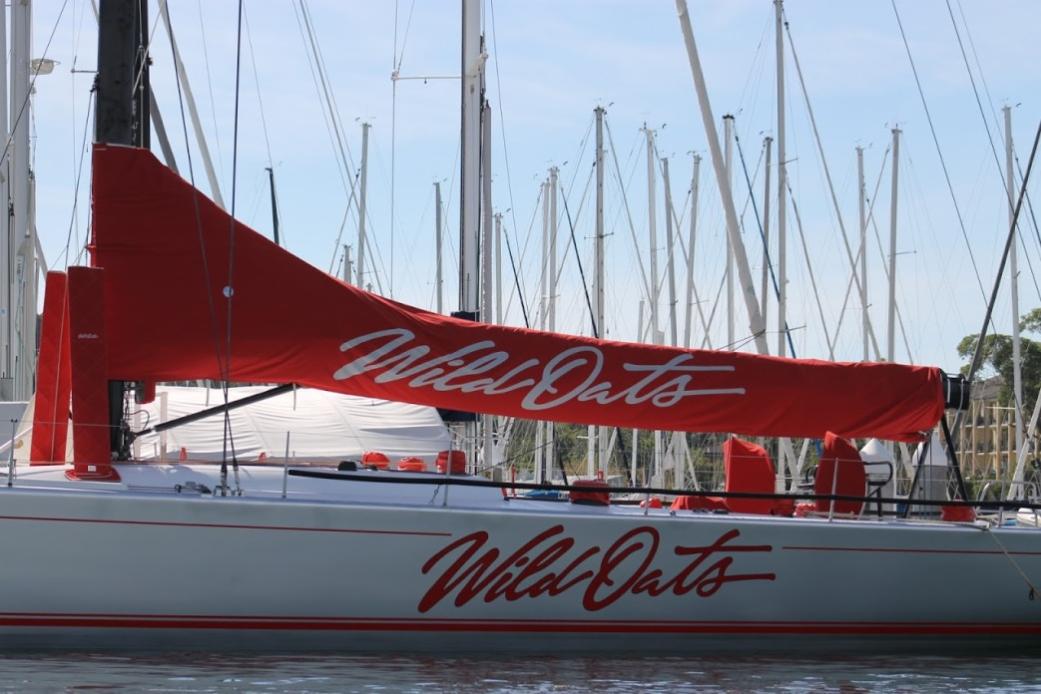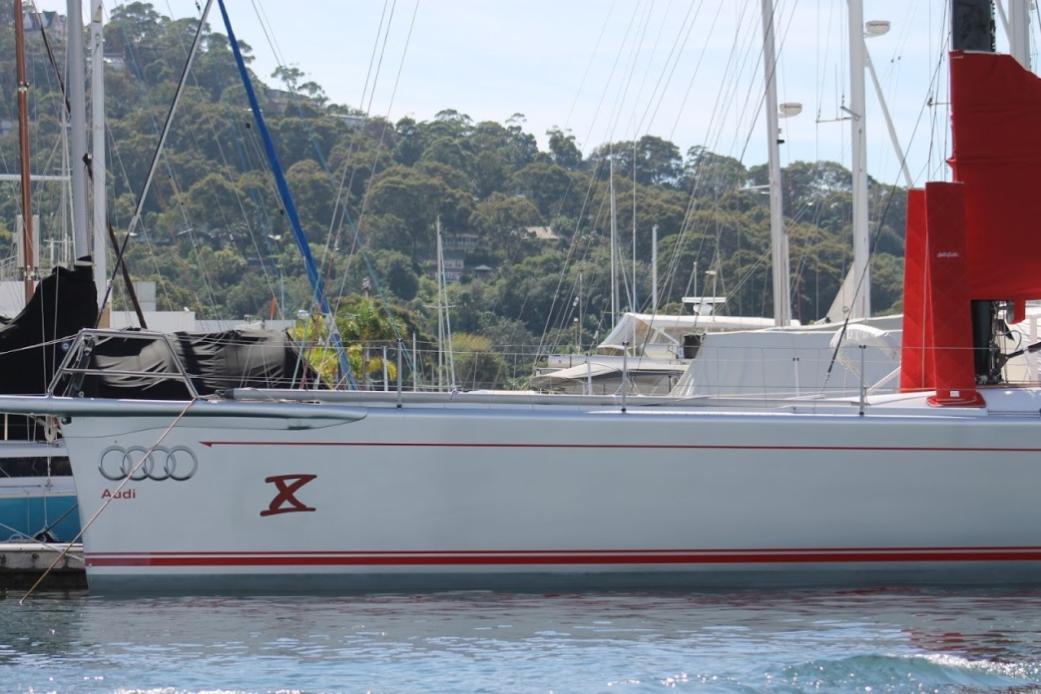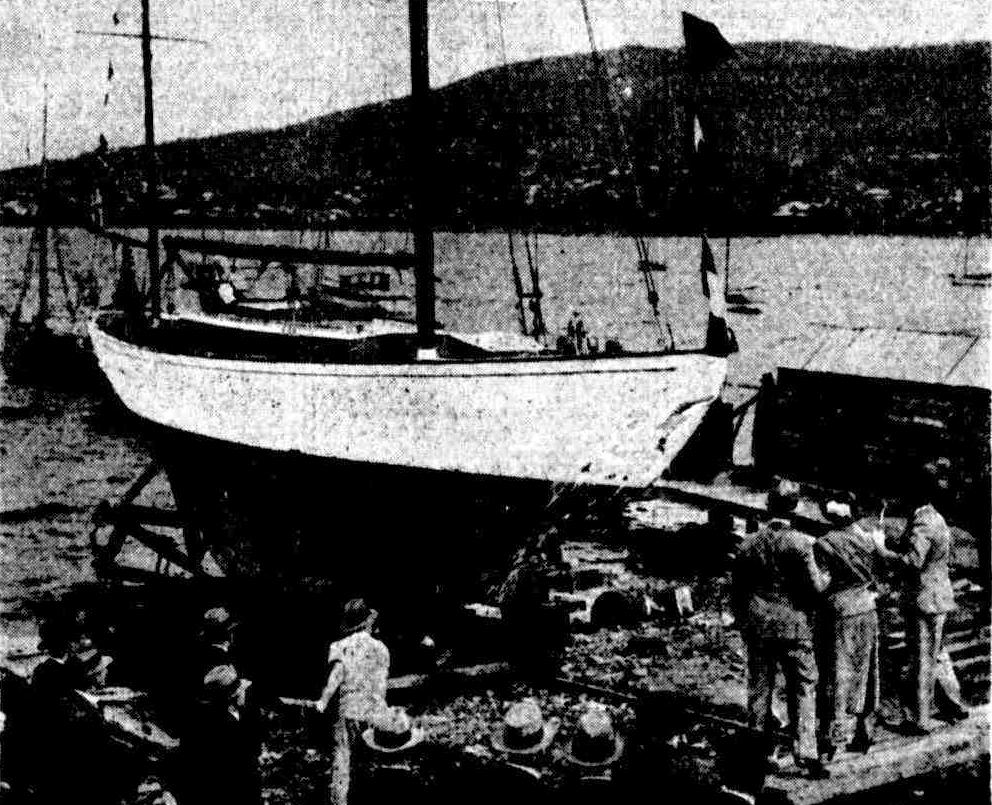December 17, 2017 - January 13, 2018: Issue 342
Pittwater's 2017
Pittwater’s 2017
January 2017
Natasha Bryant And Annie Wilmot Win 2017 Australian Youth Championships
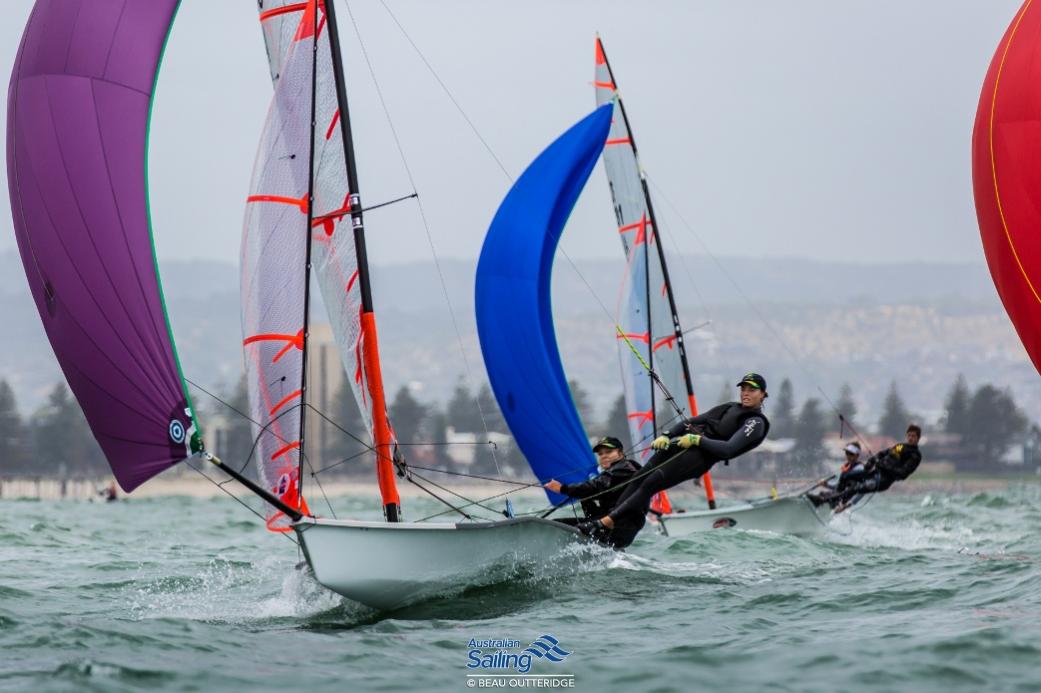
Winners Decided On Final Day Of 2017 Australian Youth Championships
Jacqueline Andronicus
ENTER THE DREAMY VISUAL WORLD OF JACQUELINE ANDRONICUS
Local Lifestyle Photographer And Creative Director At Velvette Studio
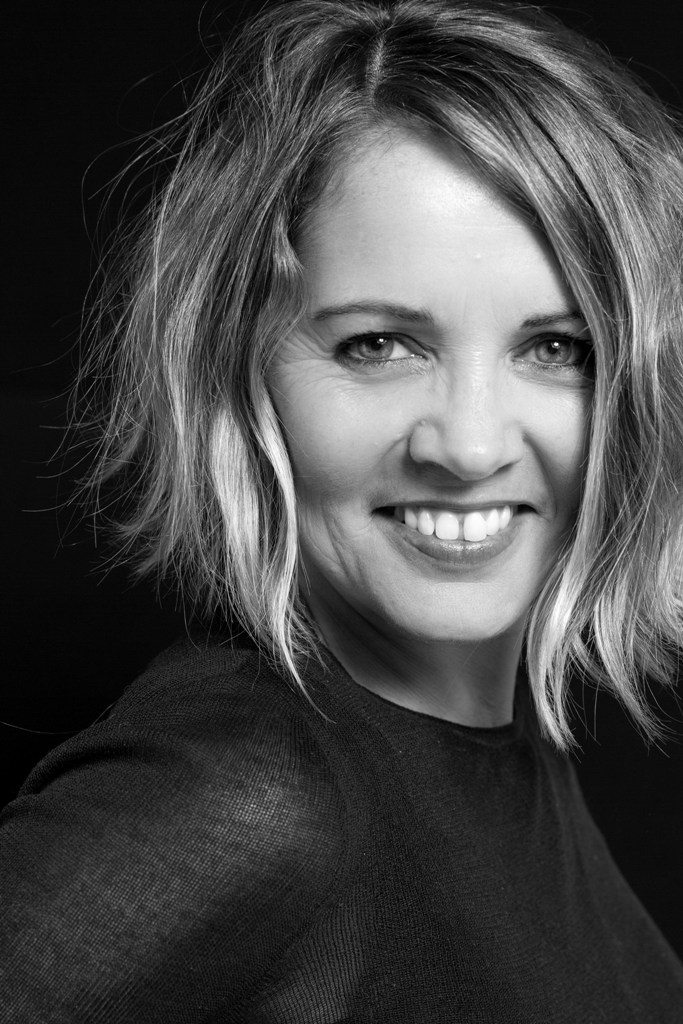
Summer in Pittwater - Newport Beach
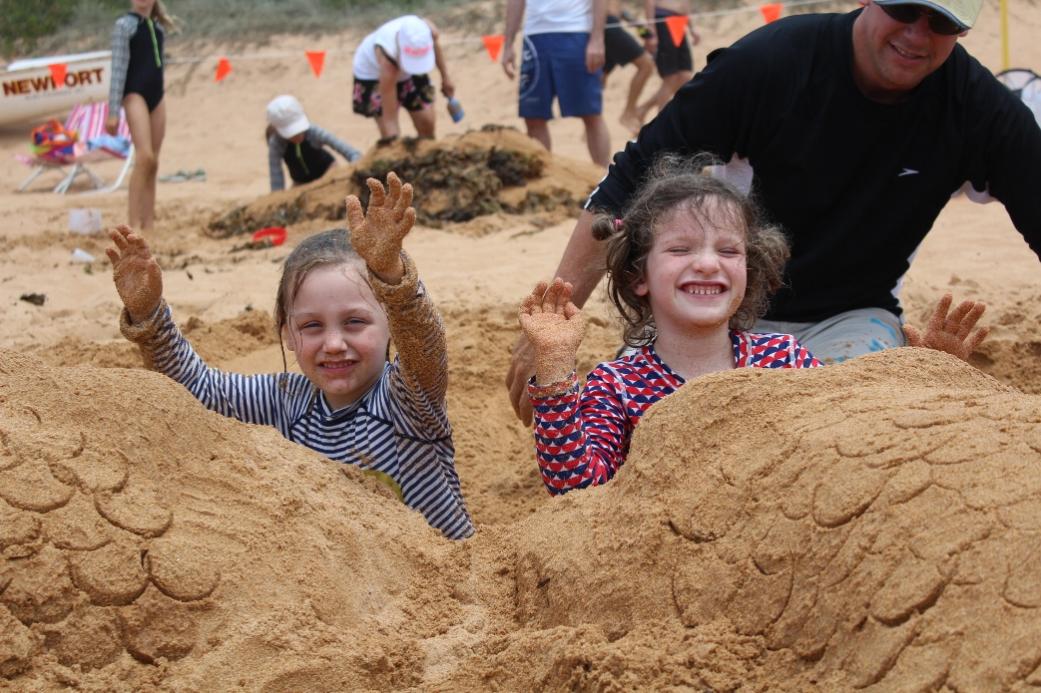
MP For Mackellar Champions Call For Upgrade Of Narrabeen Track & Field Facility
Hundreds of local athletes have protested against the state of the running track at Narrabeen.
Local Member for Mackellar, Jason Falinski, addressed a public rally of several hundred athletes and parents at the Narrabeen Athletics track on December 17th, 2016 calling for its urgent upgrade.
Mr. Falinski met with key community and athletics leaders Vicki Busse (President of Manly Little Athletics Centre), Robert McEntyre (President of the Sydney Pacific Athletics Club), Duncan Tweed (CEO of Athletics NSW), Peter Crombie (a Masters world champion athlete), and others, at the Narrabeen athletics track to discuss the necessity of an urgent upgrade to the dilapidated facility.
Bob Langbein
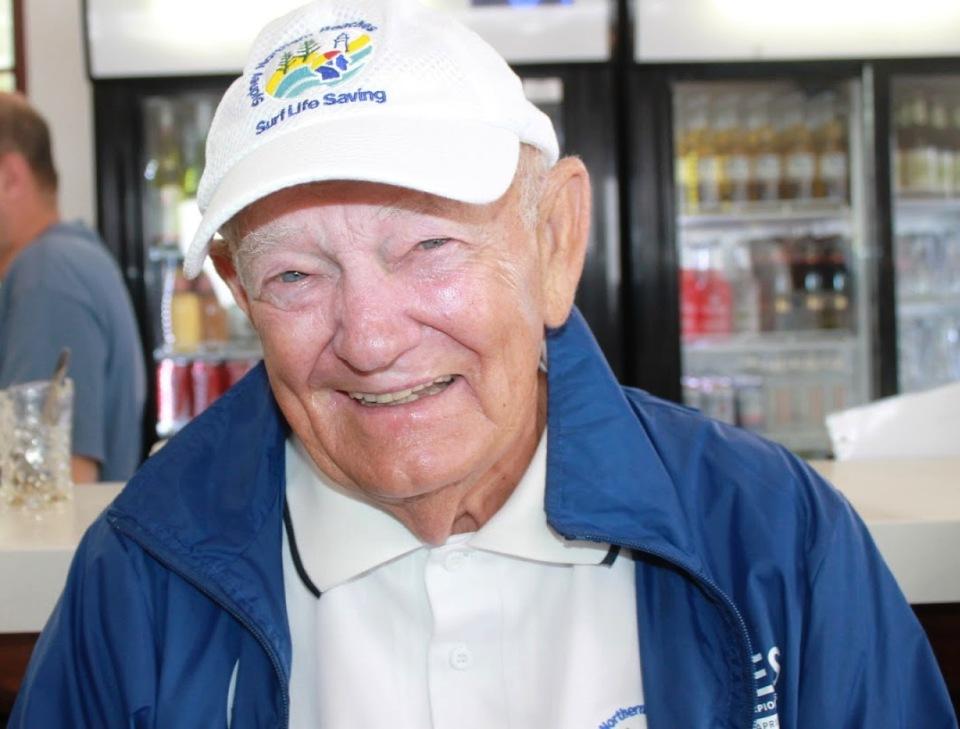
North Narrabeen Hosts Rip Curl GromSearch National Final
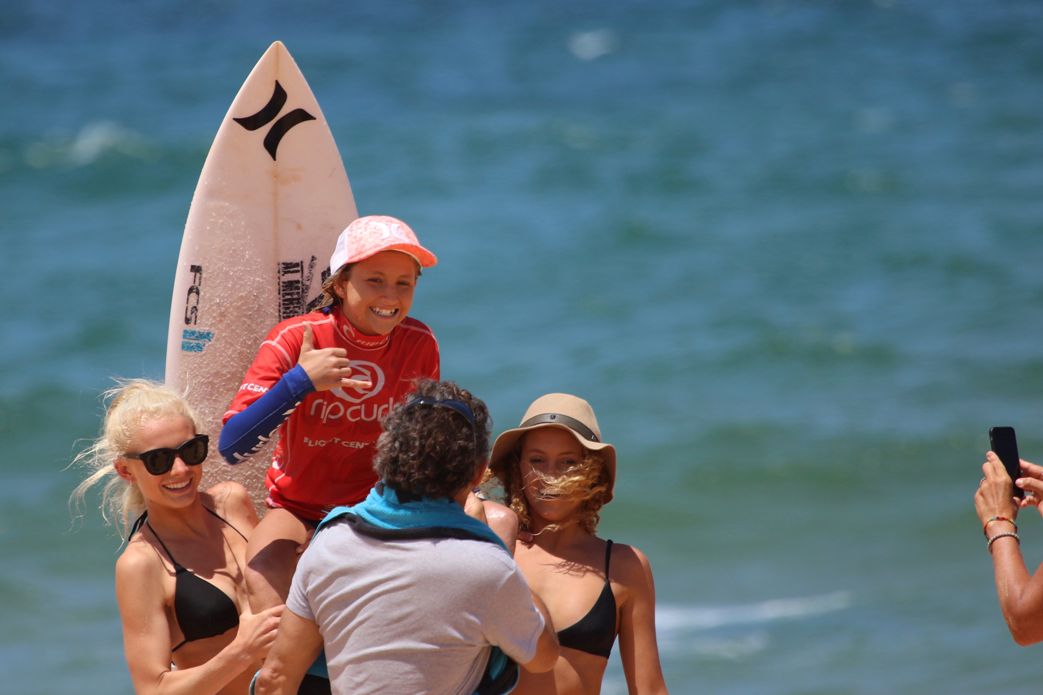
Draft Plan For Ingleside Land Development Released To Meet 2021 Completion Dates
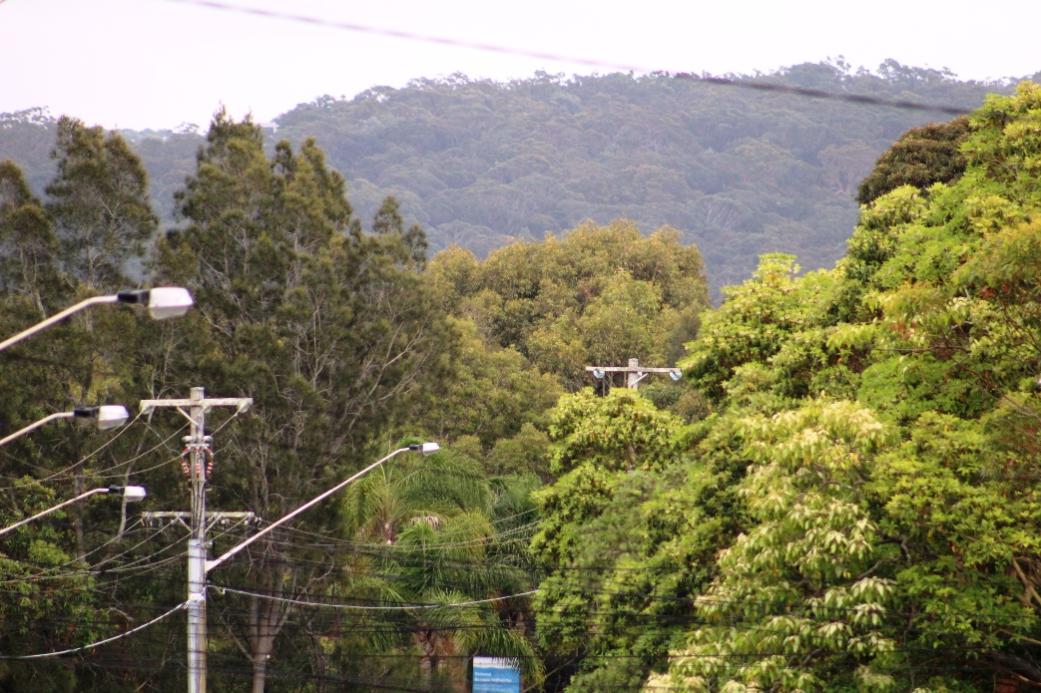
Ingleside Draft Plan Released
On Friday afternoon, December 2nd, NSW State Government Planning Minister and Pittwater MP, the Hon. Rob Stokes announced the release of the draft Ingleside plan which is available for comment until February 28th, 2017.
Community information sessions have been announced to take place from January 31, 2017 until February 28th. The State Planning Department will provide more details about these activities in their next update and at planning.nsw.gov.au/ingleside.
Of 704.8 hectares slated to comprise this plan, Table 1 from the Ingleside draft land use and infrastructure strategy document shows the land use outcomes identified in the Structure Plan, and states that:
Paul Hughes
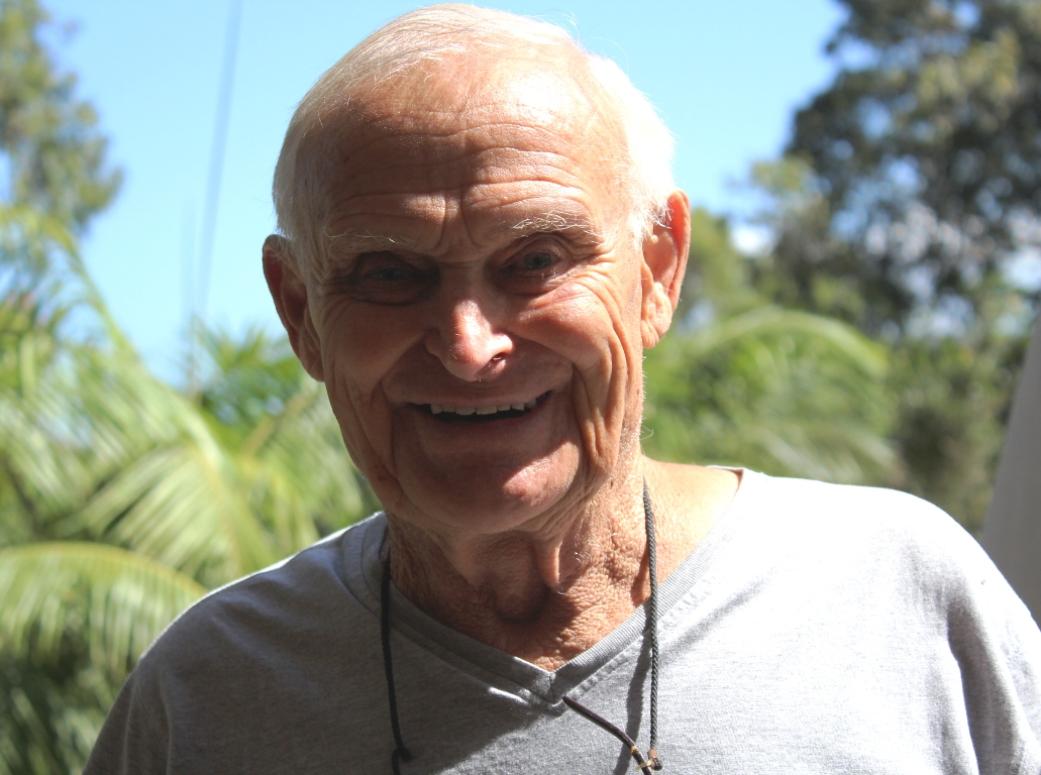
St Cloud Jersey Stud: Elanora Heights
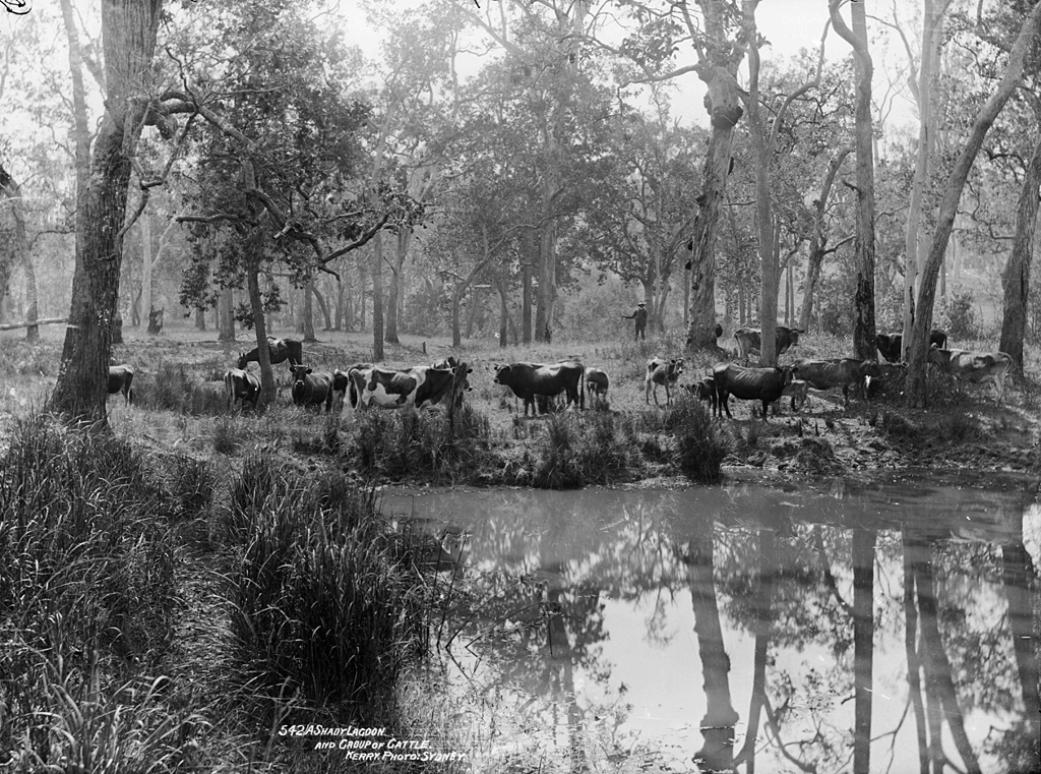
Australia Day Awards 2017: Recognising Outstanding And Long-Term Service
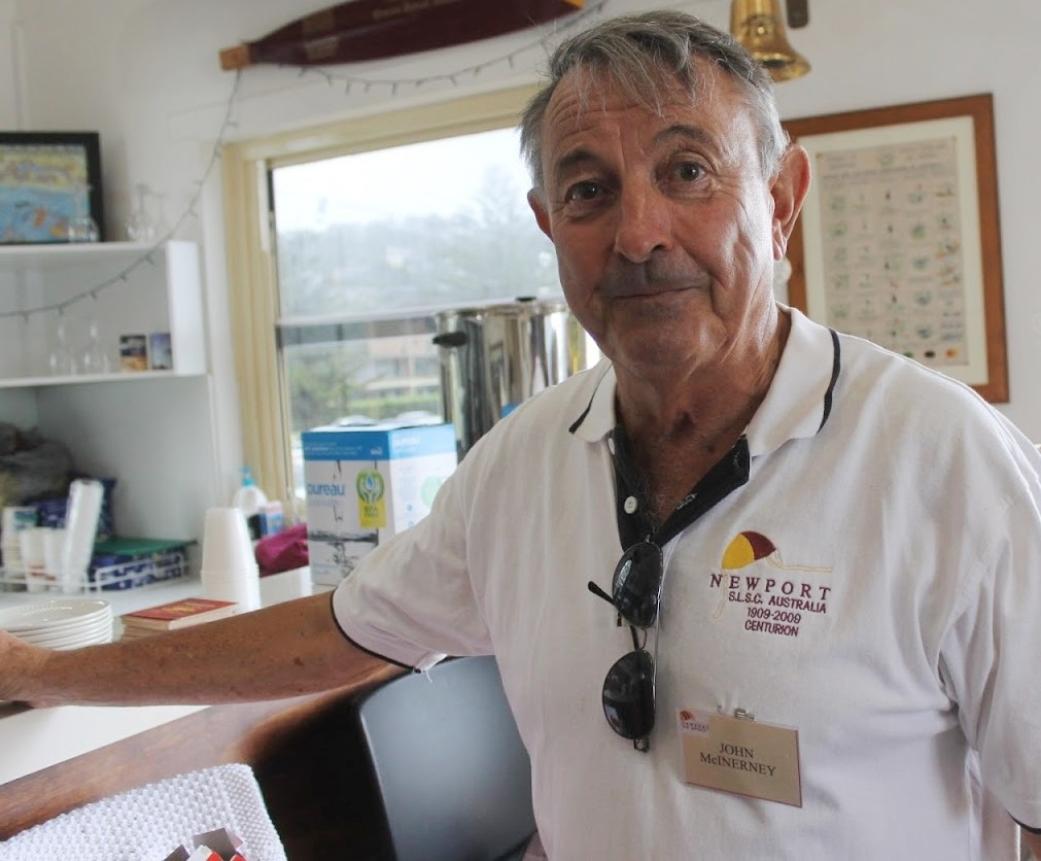
Reverse Council Amalgamations Call Renewed After Retirement Announcements By Manly And North Shore MPs
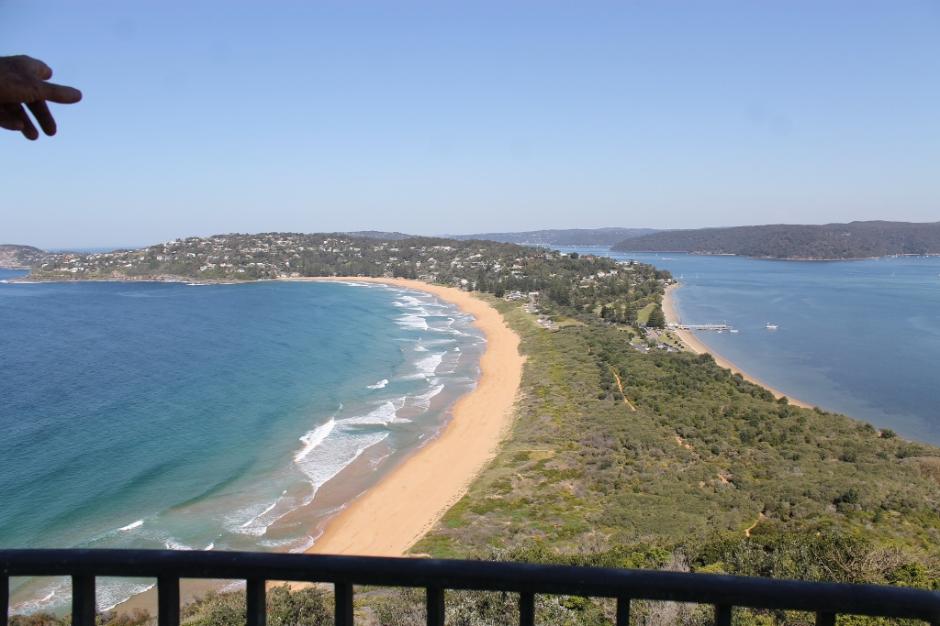
February
World Wetlands Day 2017: the 20th Year
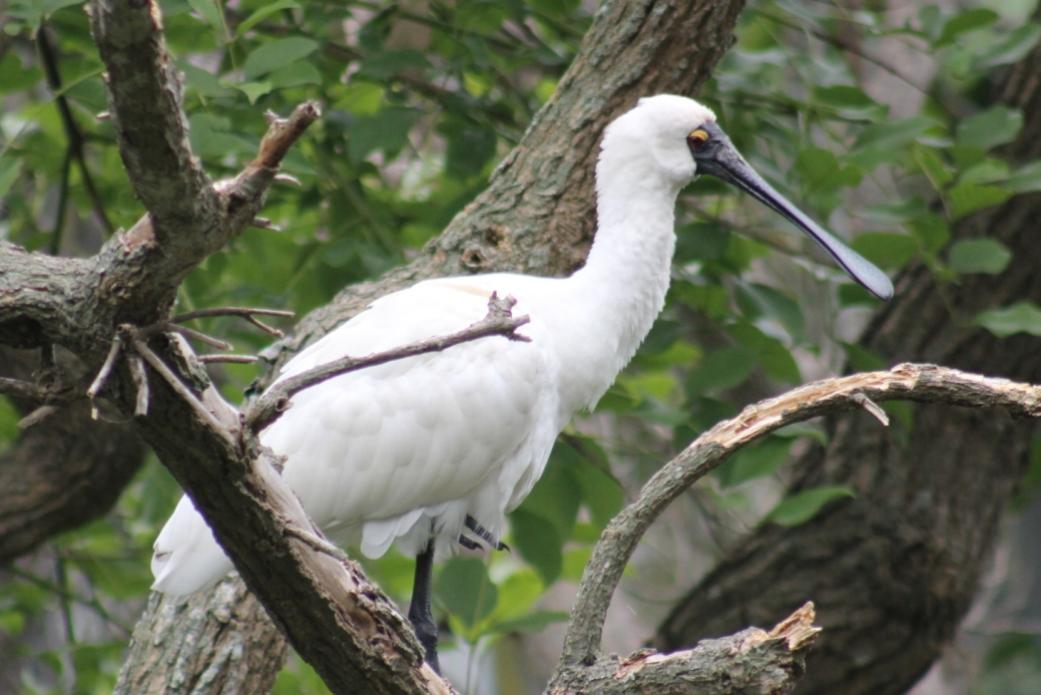
World Wetlands Day 2017
Australia Wins 2017 Trans-Tasman Surf Boat Test Series In New Zealand
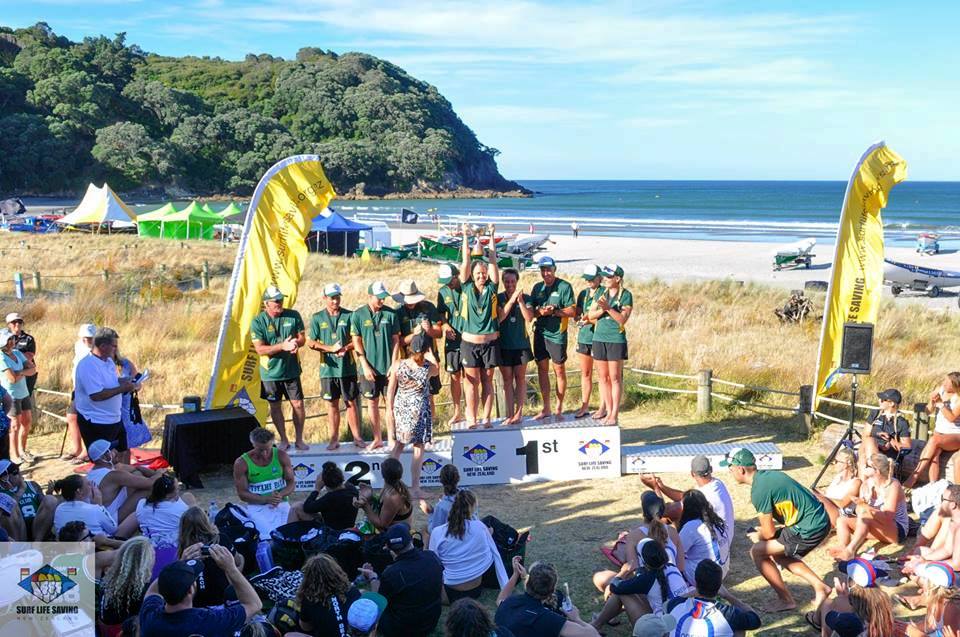
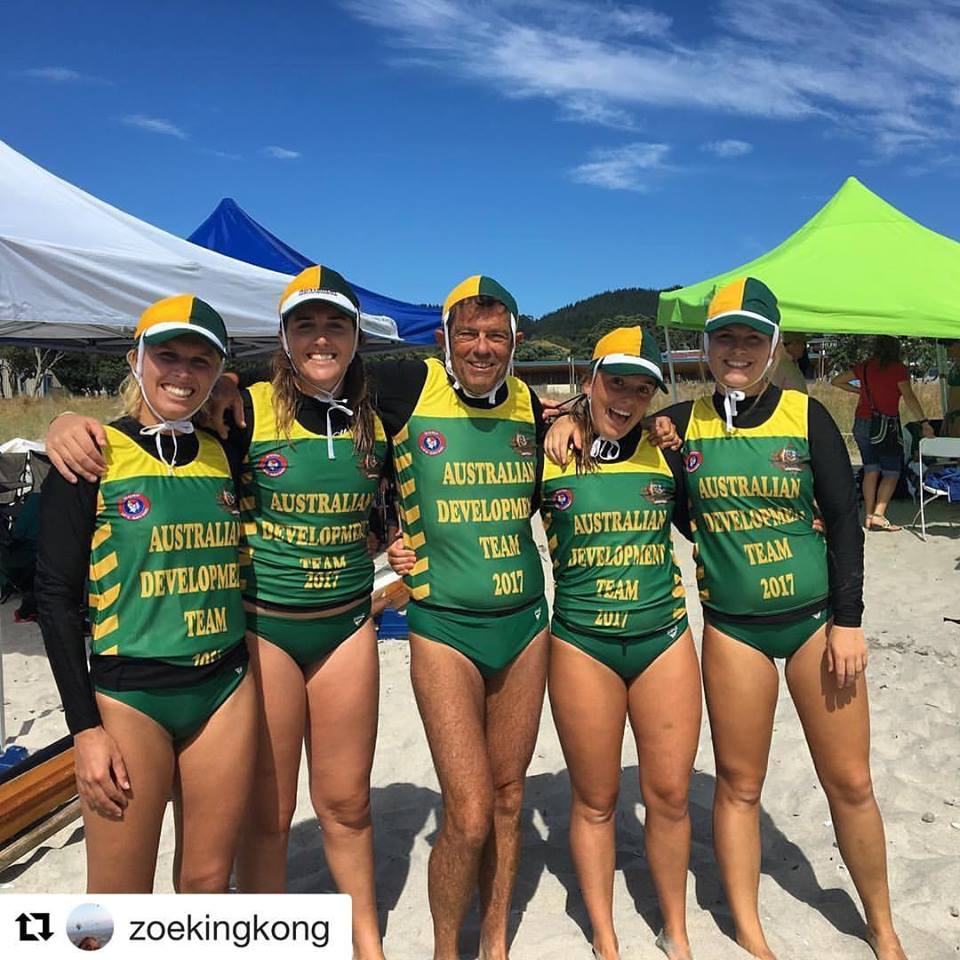
Rescue, Rehabilitate And Release
Rescue, Rehabilitate And Release
Sydney Wildlife's charter is to rescue, rehabilitate and release any injured, sick or orphaned native wildlife. The rescue part forms only 10% of the process; the rehabilitation part can be long and arduous depending on the injury sustained or the age of the orphan; the release part should be the best part of the process but it can actually present the most challenges:1. In hand-raised orphans, we can't release them until they are 'dehumanised'.
Raising orphaned joeys (such as wallabies, kangaroos, wombats and possums) means that we provide them with nourishment, protection, warmth and love - everything their mothers would offer. This is Phase 1 of their rehab. Unfortunately in Phase 1, they become humanised and reliant on us. This is why Phase 2 is important: the 'dehumanisation' process. The hand-raised joeys are taken up to our Sydney Wildlife Pre-Release Facility to become ready for the wild. They are only in contact with humans once a day and here they learn to deal with all types of weather, parasites and finding food - all in a controlled environment, without predators. Our wonderful facility manager, Joan Reid, has hand-raised countless joeys and she knows the importance of Phase 2 for the joeys to have a seamless assimilation into the wild.
2. Releasing baby birds that have 'fallen from the nest'
Humans often 'kidnap' fledgling birds that are learning to fly. They mistake the process of learning to fly for falling and snatch up the babies with the parent birds watching on in horror as their fledging bubs get whisked off to the nearest vet. Sydney Wildlife is then called to care for the chicks but we often bring them back to the 'scene of the crime' to reunite the babies with their parents so that their flight lessons can continue.
3. Capture and release of snakes in unwanted locations
We regularly get called to relocate snakes that pop up in backyards, on construction sites, in offices or inside homes. We have no problem removing them from dangerous situations but it's often tricky to know how far to take them or where a safer place would be. Each species of snake has a different-sized home range and it's important not to take them out of it. Releasing snakes at the correct time of day is also essential. If the snake is nocturnal, it must be released at night.
4. Finding suitable habitat for release
Sometimes our rescuers hand-raise orphaned bats or invest countless hours rehabilitating venomous snakes - but these species and many others are deemed a 'nuisance' or 'undesirable'.
Bats often have their habitats chopped down to discourage them from roosting. Finding suitable habitat to release hand-raised pups is becoming impossible. One also needs to consider adequate food sources when releasing wildlife.
Sydney Wildlife do not discriminate. We love all our wildlife. We treat them all as priceless treasures and we adhere to our charter for all species: rescue, rehabilitate and release.
Sydney Wildlife: www.sydneywildlife.org.au Phone: 9413 4300
By Lynleigh Greig
Sydney Wildlife
Roderic Quinns Poems And Prose For Manly, Beacon Hill, Dee Why And Narrabeen
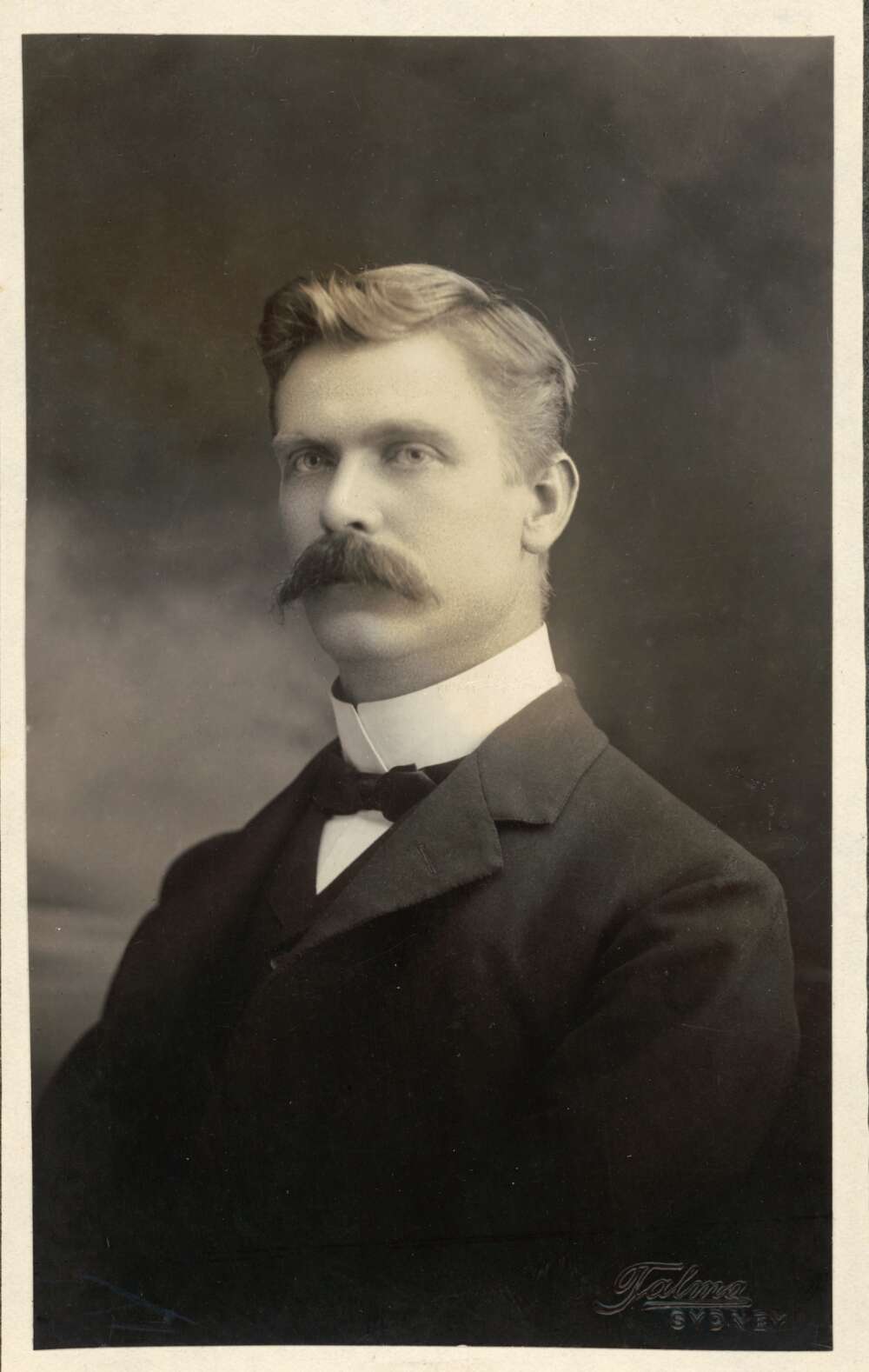
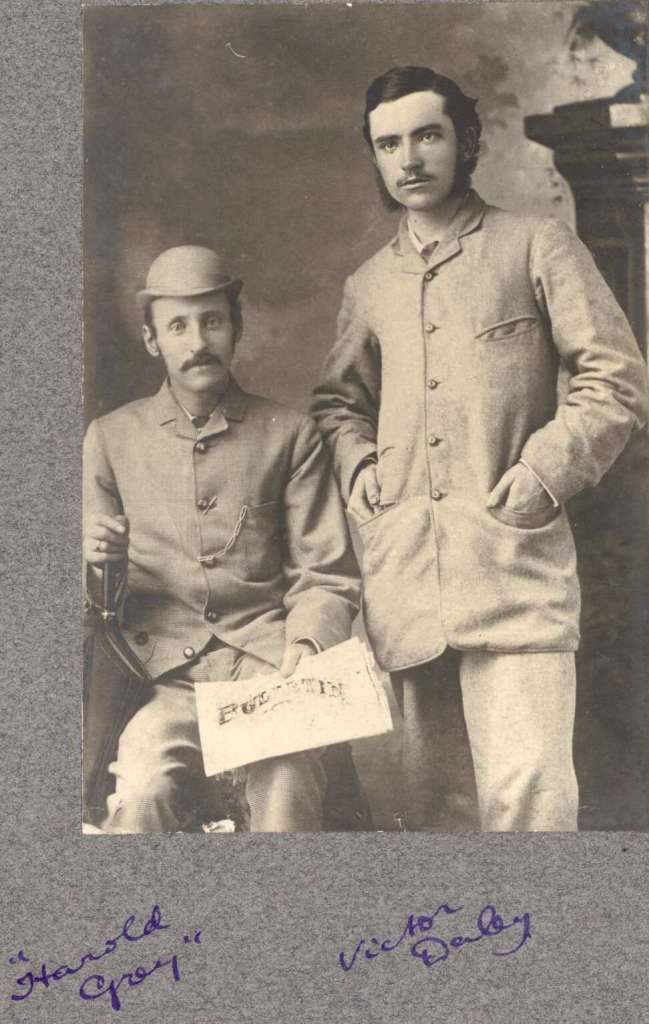 When, your nerves are on edge, and you hunger for quiet, and the happy diabolical Children are yelling in the street, you are either sorry that the good King Herod died so early, or that you were not bred up as a professional hermit. - It is not the volume, nor even the variety, of the noise that worries you — its incalculable suddenness is what paralyses you. A pressman who has been accustomed to the experience can, so to speak, write with his ear against the machine. But if the machine is drinking —I have seen a machine in that condition, or, rather, I have seen a machinist who said his machine was in that condition it is another matter. . ? Then its inconsequential jerking exasperates you almost to the pitch of madness. This reminds me that upon one occasion, many years ago, I dropped into a little newspaper office in Hunter-street. The newspaper was called 'Society.' Its editor was Harold Grey. It lived thirteen weeks. When I went in Grey was cursing the machinist because the machine wouldn't work. The machinist was a big upstanding fellow who would have killed any outsider who said a word against Grey. But there was a limit even to his forbearance. ' How can I work the machine. without oil?' he growled. . ' ' What's become of the oil?''-said Grey. ' Well,'' said the ' machinist, 'one of your literary staff came in a while ago and demanded a drink. I hadn't a drink to give him. He said it didn't matter; and drank the machine oil!'
When, your nerves are on edge, and you hunger for quiet, and the happy diabolical Children are yelling in the street, you are either sorry that the good King Herod died so early, or that you were not bred up as a professional hermit. - It is not the volume, nor even the variety, of the noise that worries you — its incalculable suddenness is what paralyses you. A pressman who has been accustomed to the experience can, so to speak, write with his ear against the machine. But if the machine is drinking —I have seen a machine in that condition, or, rather, I have seen a machinist who said his machine was in that condition it is another matter. . ? Then its inconsequential jerking exasperates you almost to the pitch of madness. This reminds me that upon one occasion, many years ago, I dropped into a little newspaper office in Hunter-street. The newspaper was called 'Society.' Its editor was Harold Grey. It lived thirteen weeks. When I went in Grey was cursing the machinist because the machine wouldn't work. The machinist was a big upstanding fellow who would have killed any outsider who said a word against Grey. But there was a limit even to his forbearance. ' How can I work the machine. without oil?' he growled. . ' ' What's become of the oil?''-said Grey. ' Well,'' said the ' machinist, 'one of your literary staff came in a while ago and demanded a drink. I hadn't a drink to give him. He said it didn't matter; and drank the machine oil!'B-Line Proposal For Mona Vale Approved
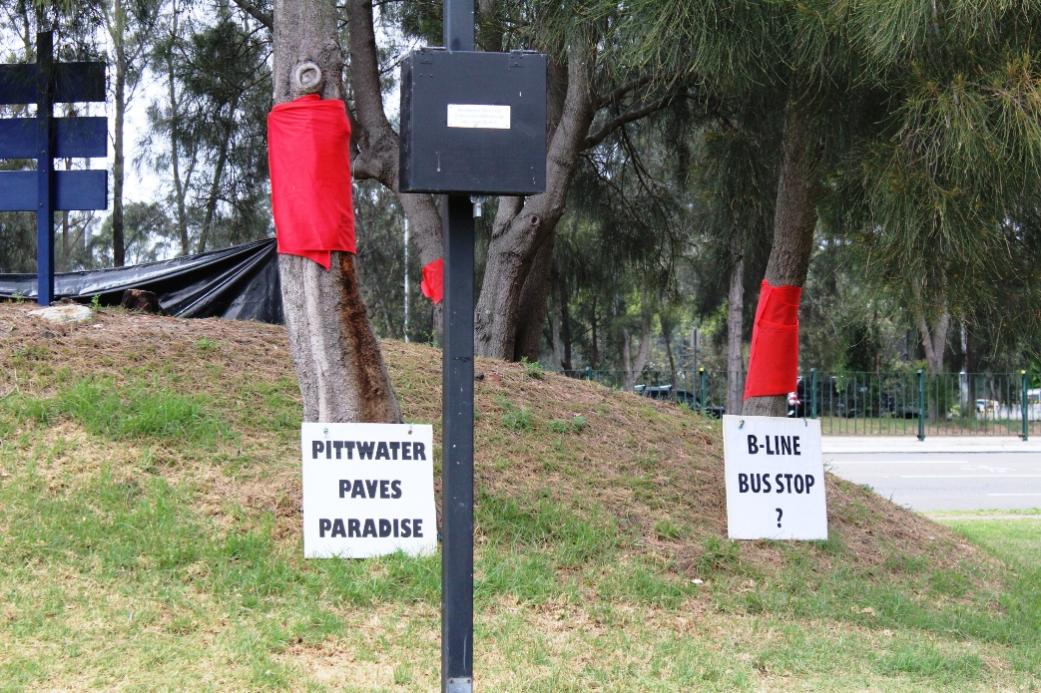
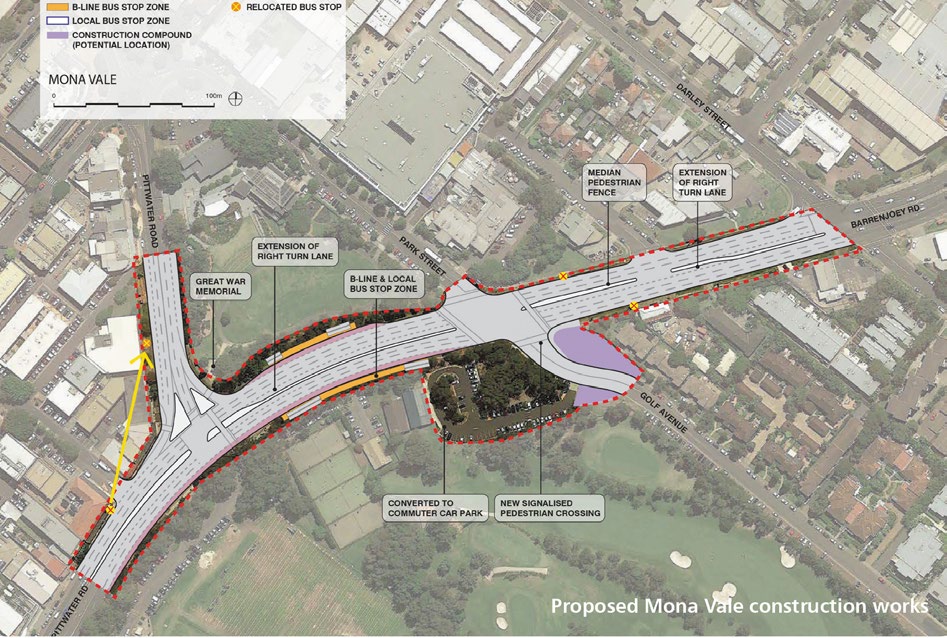
- conversion of 74 existing parking spaces in the Beeby Reserve car park adjacent to Barrenjoey Road to unrestricted commuter car parking spaces, including replacing / removing signage
- new northbound and southbound bus stops on Barrenjoey Road, north of Pittwater Road, including weather protection, seating and real-time information
- a northbound bus indent at Village Park on Barrenjoey Road
- a new signalised pedestrian crossing across Golf Avenue at the intersection with Barrenjoey Road
- road works on Pittwater Road, Golf Avenue, Park Street and Barrenjoey Road including kerb and pedestrian island adjustments, a new signalised pedestrian crossing across the slip lane from Pittwater Rd heading north onto Barrenjoey Rd, extension of turning lanes, pedestrian fencing, pavement works and line marking
- relocation of the northbound bus stop from the corner of Pittwater Road / Waratah Street to Pittwater Road south of Bungan Lane
- removal of two local bus stops (northbound and southbound) located on Barrenjoey Road, north of Park Street / Golf Avenue and co-location with the new B-Line stops
- removal of approximately 33 trees / shrubs
- new bicycle parking and improvements to bicycle and pedestrian links.
Youth Development & Intermediate Youth Development Programs at RPAYC
Youth Development Program
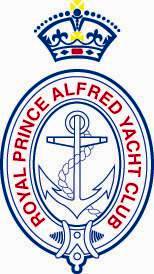 The Royal Prince Alfred Yacht Club’s Youth Development Program (YDP) was pioneered in 1995 to help develop and enhance young athlete’s sailing skills, as well as providing a pathway for youth sailors between 13-24 years old in Club, National and International events. The club’s commitment to youth sail training has resulted in the creation of some of the world’s best sailors including the likes of America’s Cup winner, James Spithill and 2016 Australian Olympian Jason Waterhouse.
The Royal Prince Alfred Yacht Club’s Youth Development Program (YDP) was pioneered in 1995 to help develop and enhance young athlete’s sailing skills, as well as providing a pathway for youth sailors between 13-24 years old in Club, National and International events. The club’s commitment to youth sail training has resulted in the creation of some of the world’s best sailors including the likes of America’s Cup winner, James Spithill and 2016 Australian Olympian Jason Waterhouse.- Understand and developing advanced keelboat boat handling skills including the dynamics of both asymmetrical and symmetrical spinnakers
- Developing a deeper understanding and knowledge base of the Racing Rules of Sailing
- Implementing changes from dinghy fleet racing tactics to keelboat racing
- Execution of better teamwork dynamics
- Brief introduction into match racing
- Gain regatta experience at the One-Design & Interclub events
A Historic Catalogue And Record Of Pittwater Art I – Of Places, Peoples And The Development Of Australian Art And Artists
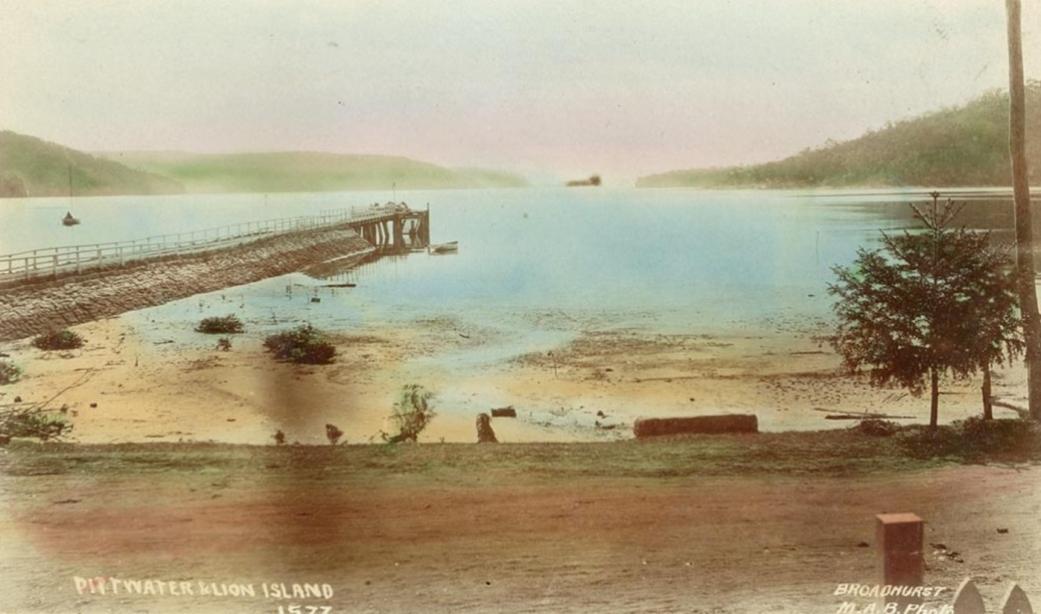
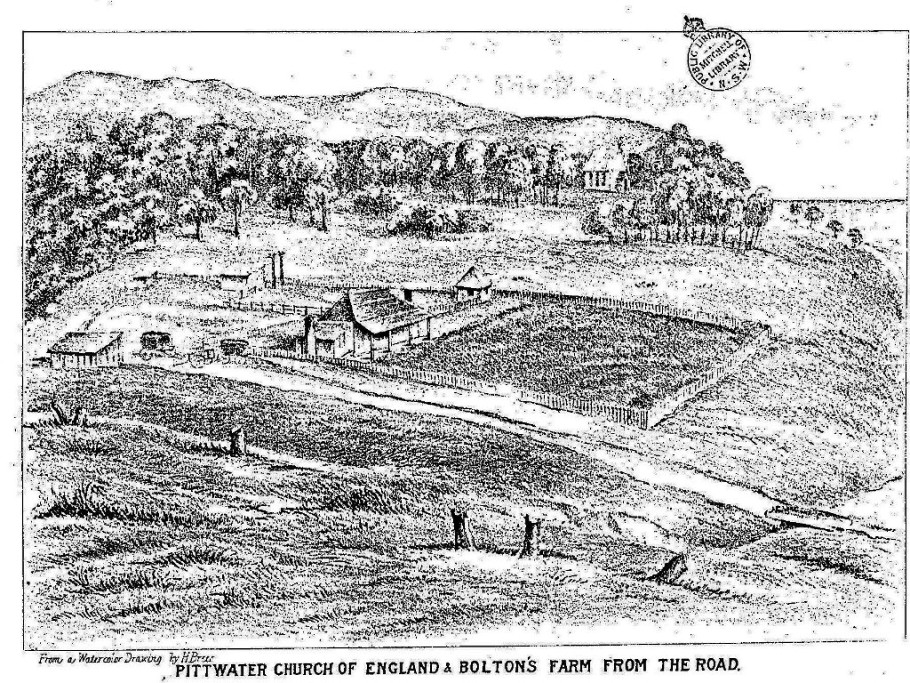
Pittwater Church of England and Bolton's Farm from the Road; illustration from the Pittwater and Hawkesbury Lakes Album. 1880, Courtesy the Mitchell Library - Mills, Pile & Gilchrist, 1880 xxiv, 8 pages, [9] leaves of plates (3 folded) : illustrations ; 19 x 25 cm.
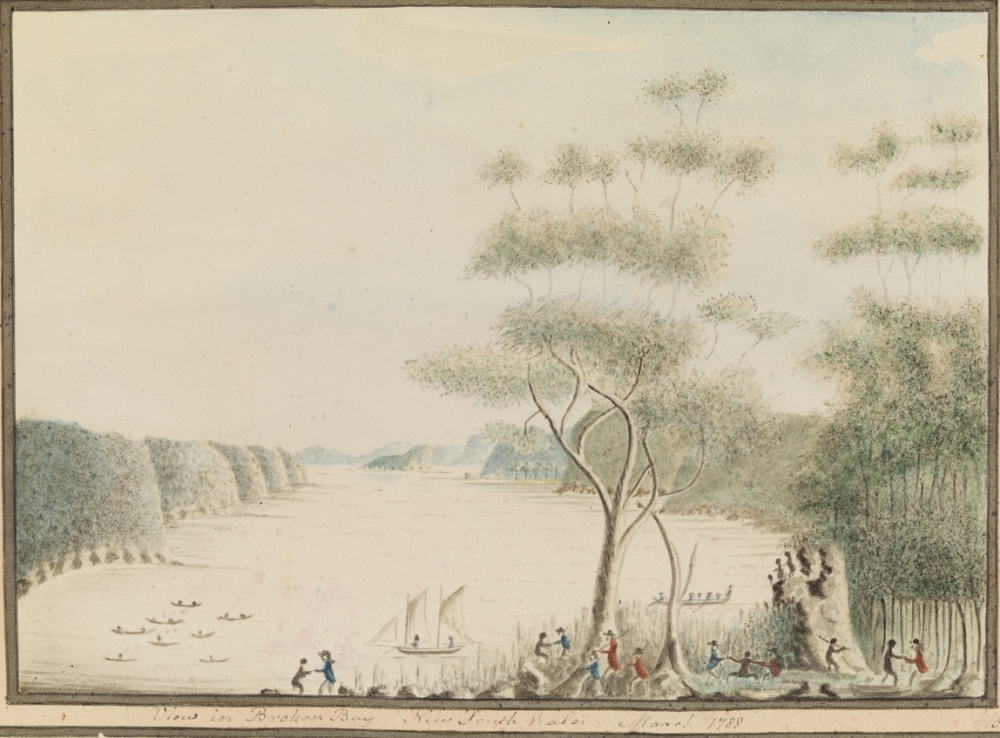
'View in Broken Bay New South Wales. March 1788' by William Bradley - Drawings from his journal `A Voyage to New South Wales',1802+ Image No.: a3461013, courtesy State Library of New South Wales.
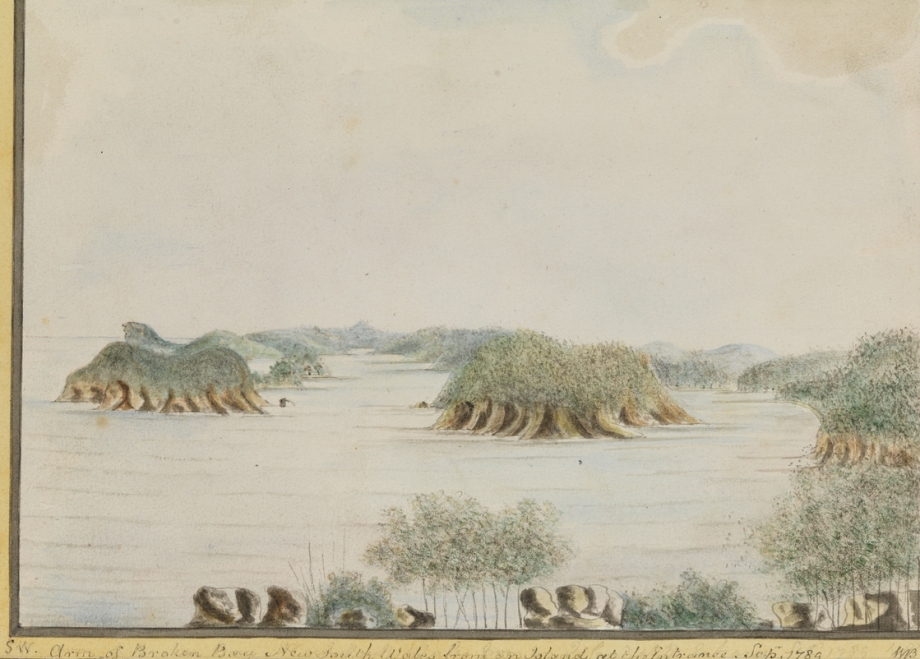
'SW. Arm of Broken Bay New South Wales from an Island at the Entrance. Sepr 1789' by William Bradley - Drawings from his journal `A Voyage to New South Wales', 1802+ , Image No.:a3461014, courtesy State Library of New South Wales.
William Bradley (1758–13 March 1833) was a British naval officer and cartographer who was one of the officers who participated in the First Fleet to Australia. During this expedition, Bradley undertook extensive surveys and became one of the first of the settlers to establish relations with the aborigines, with whom he struck up a dialogue and whose customs and nature he studied extensively. He later however fell out with his aboriginal contacts and instead undertook a mission to gather food which ended with an eleven-month stay on Norfolk Island after a shipwreck.
Bradley was attached on the Sirius to the First Fleet destined to colonise Australia. During 1788, Bradley did not involve himself directly in colonial affairs, but instead joined John Hunter in extensive operations along the Sydney Harbour coastline. The two men were often away from the colony for extended periods, conducting surveys of the coastline and the lands around.
Narrabeen Sports High School Surfers Excel In Their Surfest 2017 Quest: Donation Of Boards To Vanutau Students A Highlight
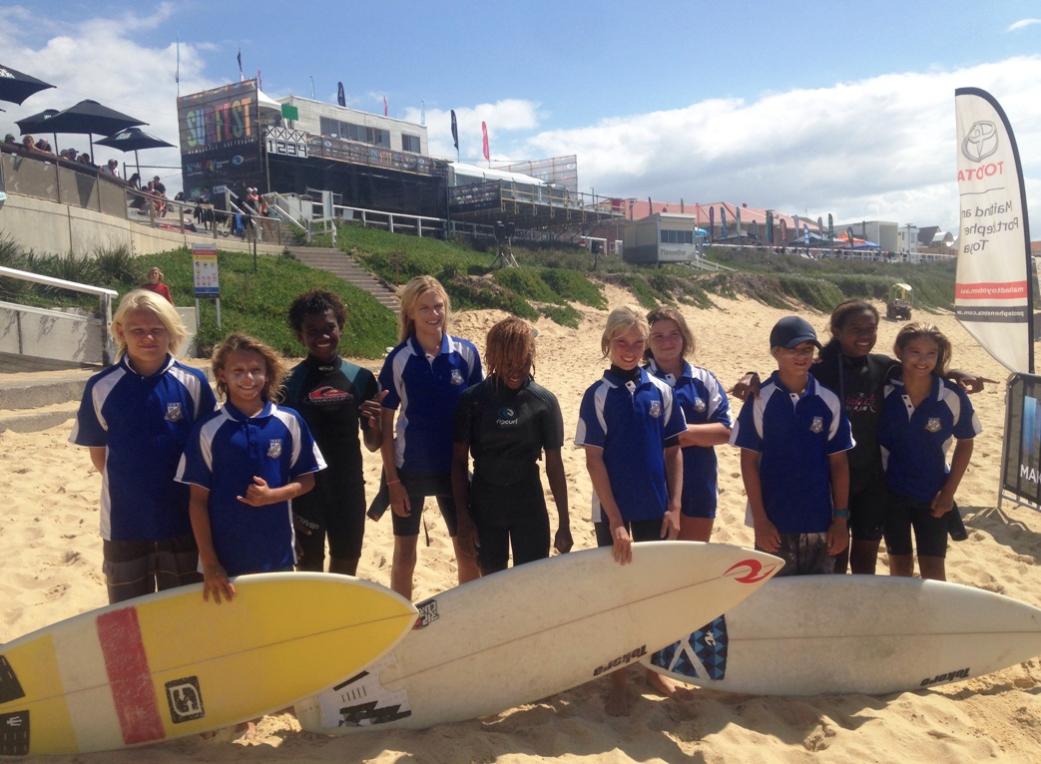
Around The Bends Newport To Avalon Ocean Swim Challenge - March 19, 2017
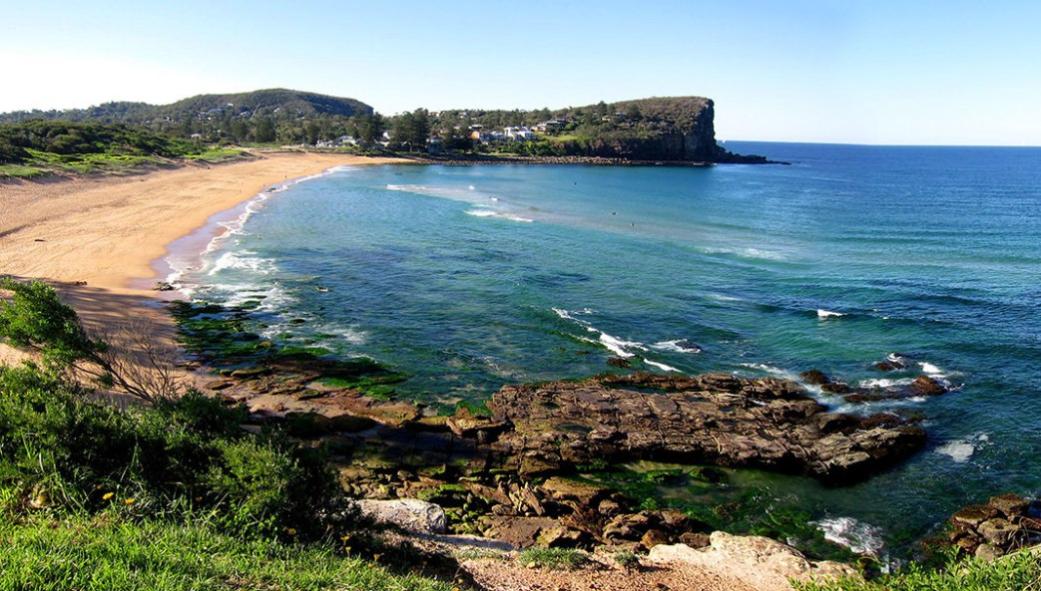
So far it has only been a regular Club swim, accessible only to a few, but on Sunday 19th March 2017 the Avalon Beach SLSC will coordinate one of Sydney’s most beautiful ocean swims for the very first time. Starting from the northern end of Newport Beach, the current will take you around the headland. Surrounded by your fellow swimmers and plenty of water safety you will continue across the sandy bottom of Bilgola Beach until you reach Bilgola Headland. Usually a great vantage point for whale watching, you will see these amazing headlands from a unique perspective. Above the water the views are great but below you the rock shelves extend to large boulders and caves. This pristine world is home to giant schools of fish and it’s not unusual to spot a turtle or a very friendly cuttlefish. 2.5 kilometres of wonder and excitement; conquer 3 beaches before breakfast in the safety of a group of ocean swimmers.
Volker Klemm, member of the ABSLSC, has swum the course a number of times and said: “I loved the changes in the underwater environment as we swam along. Last time I saw a lovely ray and lots of little fish amongst the bright green beds of seagrasses just before getting into Avalon Beach. The underwater views are absolutely wonderful. I don’t tend to swim it at full pace as I get caught up enjoying the view.”
Kalinda, who is new to ocean swimming said: “even on an average day you can see the bottom of the ocean most of the way, which is very reassuring. If you really want to enjoy the swim without the competitiveness of a swim race, grab your flippers, wear a wetsuit and join us in the Back of Pack starting group for a more relaxed sort of a swim.”
March 19th has been chosen as the water is expected to be a balmy 23C and the tides on the day will not be very extreme. We are looking forward to a lovely swim in the best possible weather and conditions. Bring your Go Pro for a truly magical experience.
Cost is $40 – register online at http://www.oceanswims.com
In true community spirit Avalon Beach SLSC will be supporting the Can Too Foundation for this swim. Just like the Surf Club, Can Too is promoting an active lifestyle and at the same time raises funds for Cancer research. This is important to all of us with Cancer touching most of us in some way, shape or form.
Surf Life Saving Sydney Northern Beaches Branch Championships 2017: Surf Boats Carnival at Long Reef
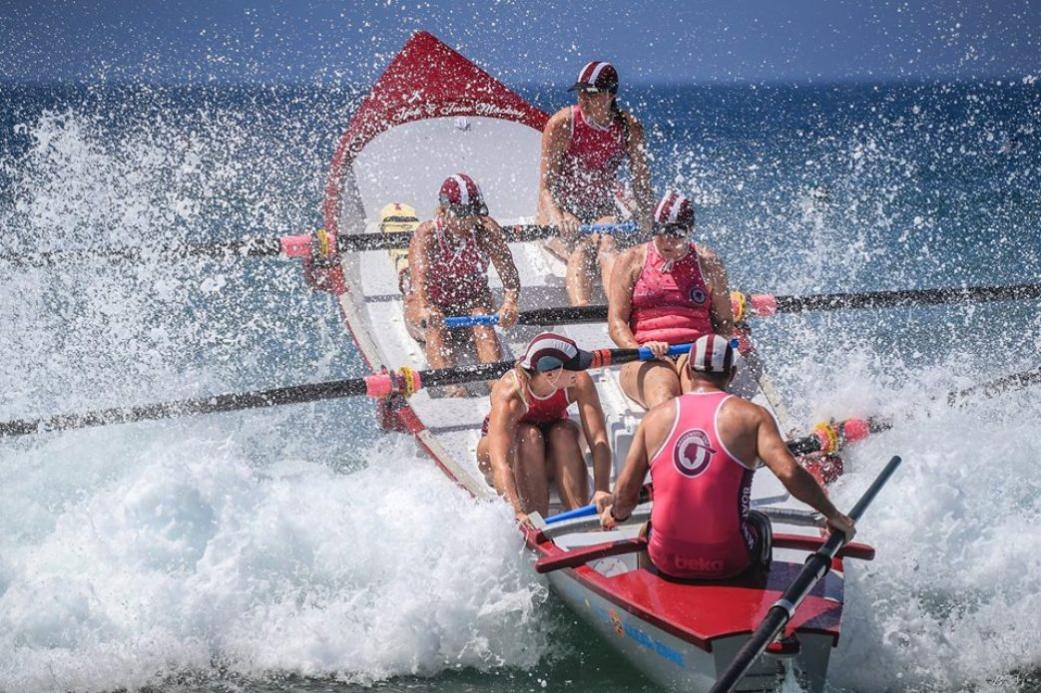
The Bilgola Connection With The Beginnings Of Radio In Australia
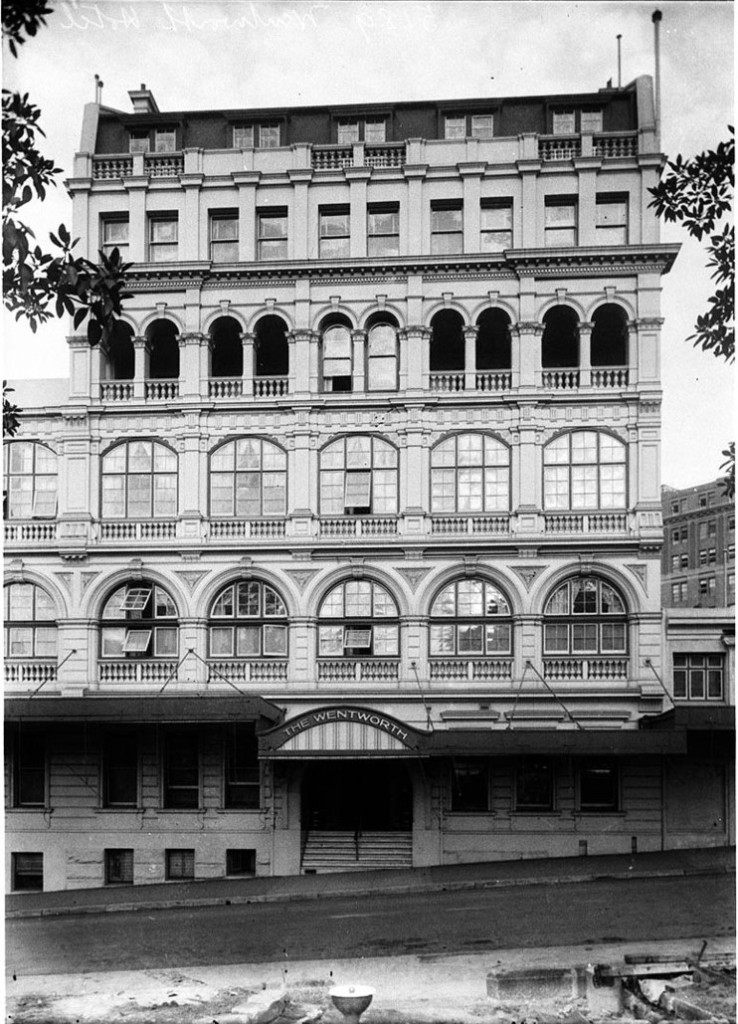
Celebrating World Radio Day: The Bilgola Connection With The Beginnings Of Radio In Australia
- Celebrating Radio - showcasing the power of radio as a medium.
- By youth, for youth - highlighting the contribution of young people as creators of radio content and improving their participation.
- Safety & Security - building awareness of the risks faced by young international freelancers and fixers, especially in humanitarian and disaster zones.
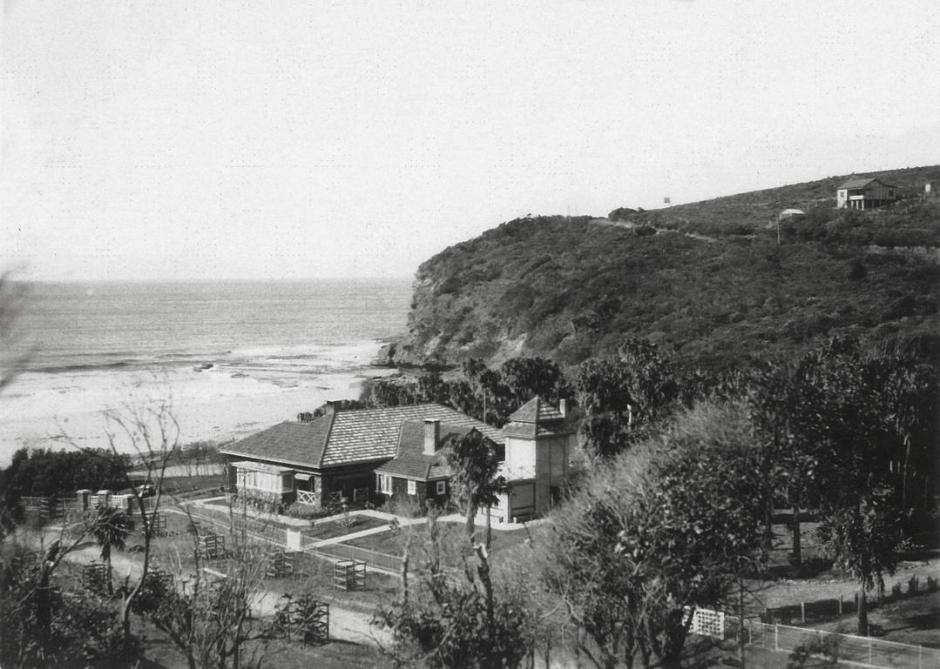
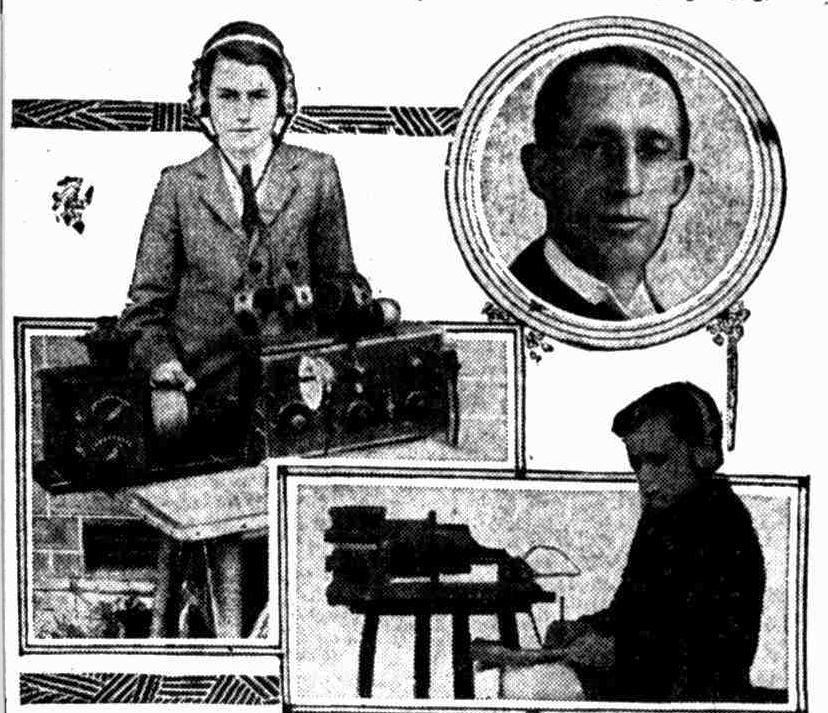
Community Concerns Over Future Of Mona Vale Hospital Grow Apace With Frenchs Forest Developments: Parkway Emergency
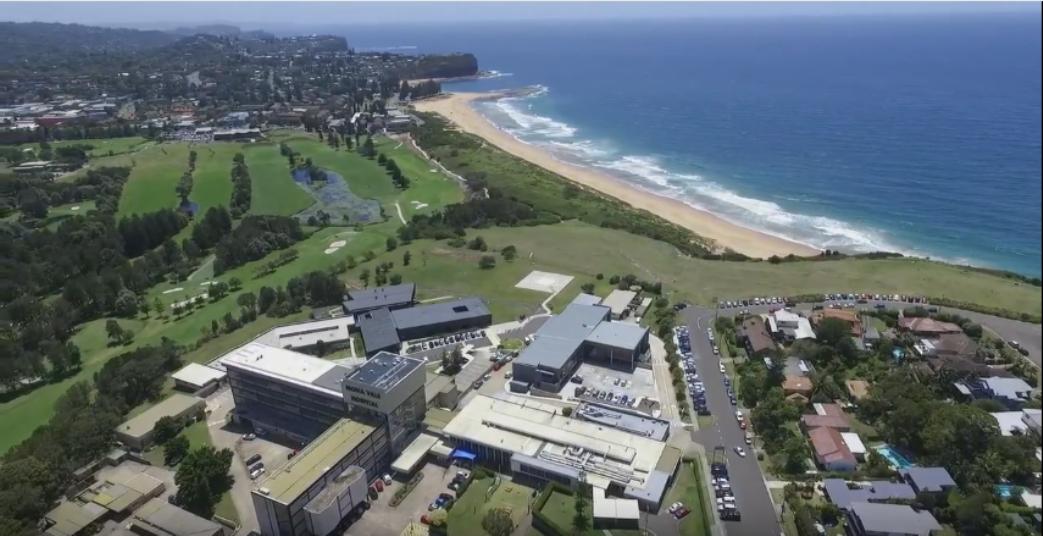
WHERE TO NOW MONA VALE HOSPITAL?
Published on 22 Feb 2017
What The People think about Mona Vale Hospital, as opposed to what The Politicians say they must have. The main film is in production now.
The Minister, The Petition, And The 11,864 Pittwater Petitioners
Published on 26 Feb 2017
I believe my community needs and wants to keep Mona Vale Hospital as a basic Level 3 public hospital as it is presently functioning and has served the public well for many years. It just needs refurbishing floor by floor as Maternity was successfully done. Other public hospitals have been successfully refurbished while still in operation - Bankstown, Blacktown, Camden - the list goes on. W e have been told 60% of the local population has private Health Insurance but that means 40 % doesn't. Don't those people count? Don't they have needs? There are waiting lists for up to 2 years already with 2 public hospitals operating. What will happen when there are no public hospitals? I am not aware of waiting lists for private services.
The birthing unit is well patronized and safe with the current backup .of an operating theatre, obstetrician and anaesthetist. It can't continue at MVDH when that goes. In the rare but potentially life threatening event of obstructed labour the baby has to be got out in 20 minutes. You could not get a woman to Frenchs Forest in that time.
A proper A and E has to have onsite an operating theatre with basic specialist surgical and medical services with pathology, radiology and inpatient monitoring ecg etc. Patients perceive symptoms after hours as potentially life threatening and want full assessment.
A G.P style after hours clinic was tried in the grounds in parallel with A and E but was bypassed by the public and closed for lack of use. Also W.H.O states that a proper A and E needs to be no more than 30 mins by road for all the people in the area it serves. People north of Newport are beyond that from the F.F. emergency.
It needs to be affordable to the disadvantaged. The San is the only private hospital I know of that provides A and E and charges something like $250 a visit plus all other investigations. The community needs the continuation of inpatient paediatric services.Our local member told me we have one of the highest primary enrollments in the state. The children's hospitals are several hours drive away and this places a huge burden on families.
The community needs access to public day surgery services such as endoscopy and cataract extraction. There is already a 2 year waiting list for cataracts there being no public day surgery centres other than MVDH and Manly. When these go what will happen? We need basic inpatient services for the elderly currently being managed at home when a crisis occurs. I know of no new public nursing homes being built what will happen to those who haven't got 300 to 500 thousand dollars for a bond? The hospitals are already overburdened by aged care. How will the one hospital cope in the future?
We need inpatient palliative care services as the hospices are all out of the area, thus placing a huge burden on families particularly aged spouses. We need basic Inpatient hospital services to care for the chronically ill to take the pressure off our rocket science hospitals. They need T.L.C nursing care not technology. Ask anyone whether they got better TLC in RNSH or their local small hospital!
Suzanne Daly
Grommets Shine As The 2017 Australian Open Of Surfing Kicks Off At Manly
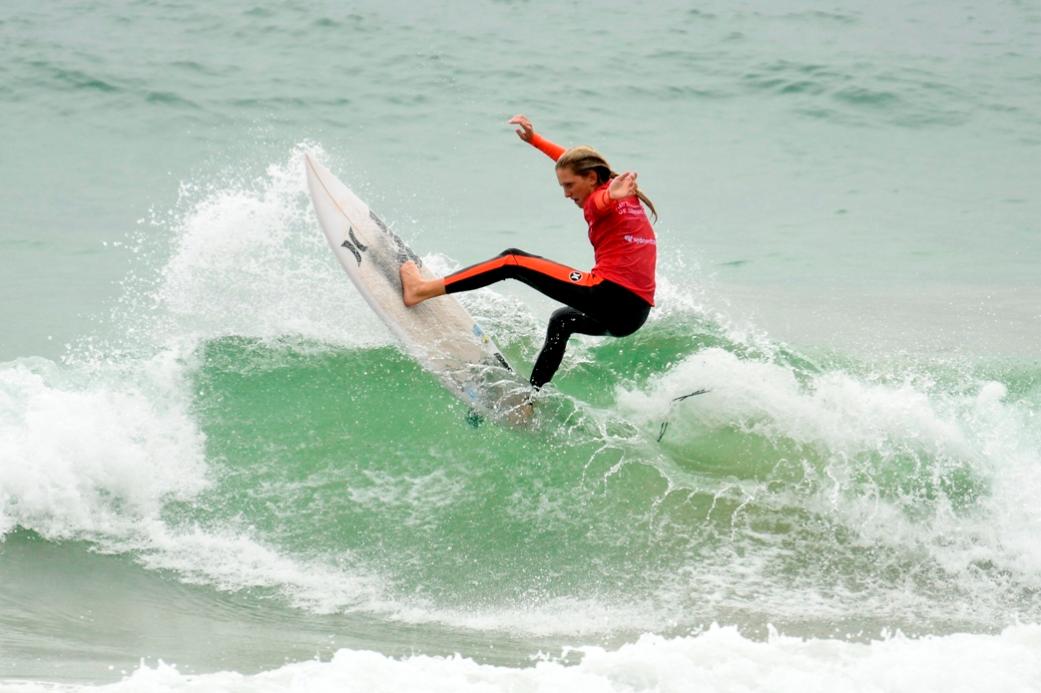
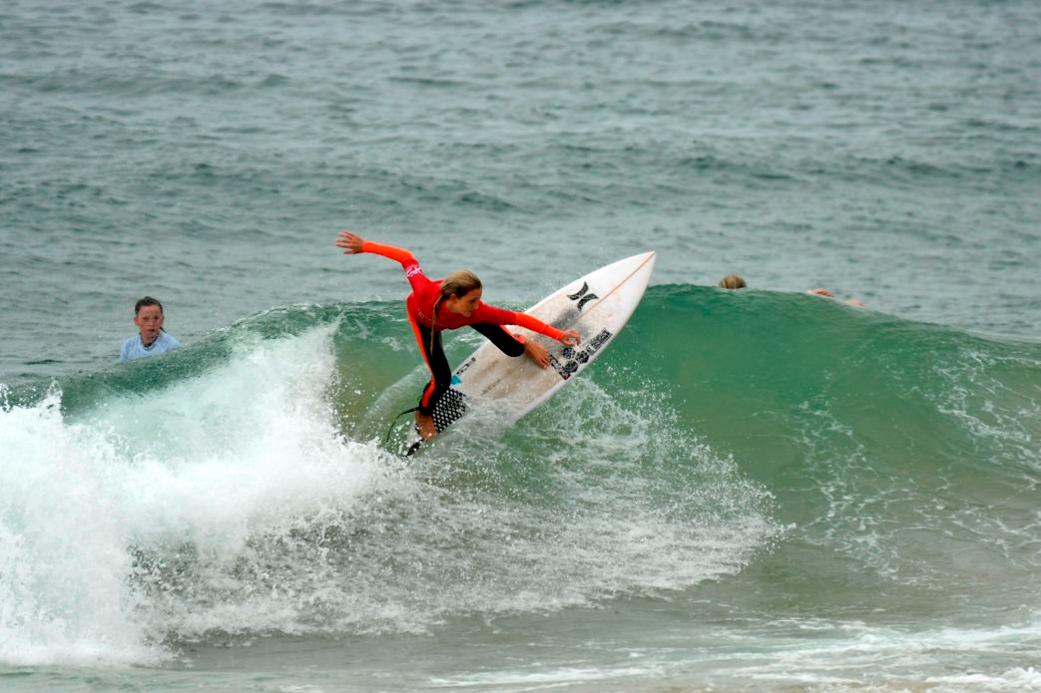
FIRST CHAMPIONS CROWNED AT THE 2017 AUSTRALIAN OPEN OF SURFING
March
Demise Of Democracy
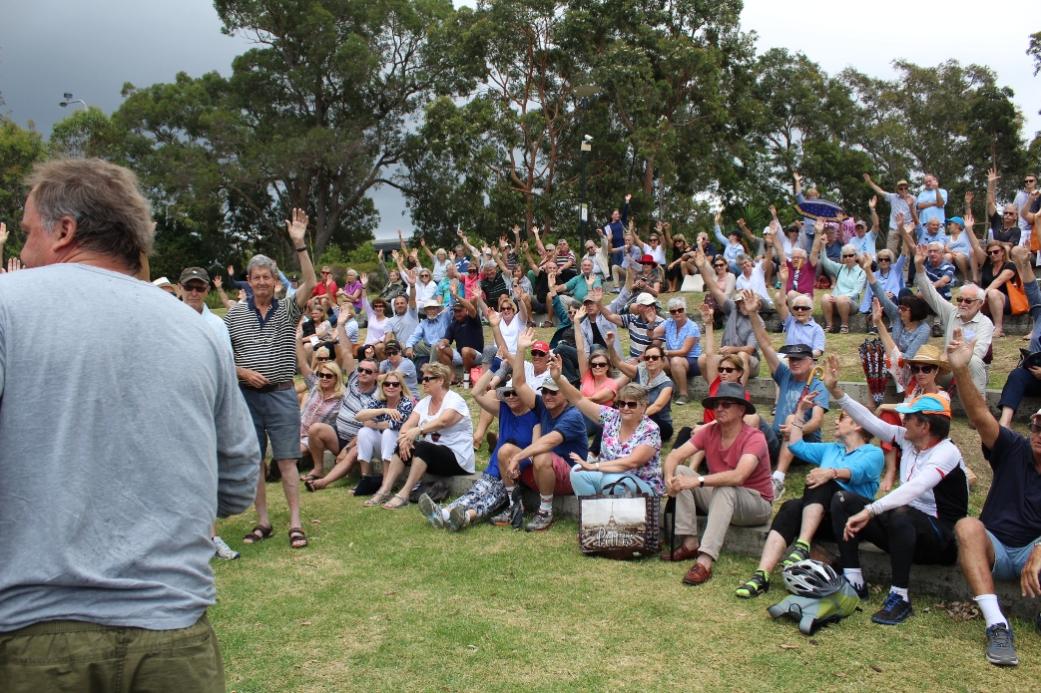
Demise Of Democracy
Who is listening to us? Is the age of democracy, activism and advocacy over?
I’ve been reflecting lately on change and on the role of community leadership and what well managed change can look like. Change can be sudden and disruptive or slow and incremental. You can fight it or just go with the flow. Its outcomes can range from transformative to disastrous depending on timing and impact on the individual, community, environment. It is complex and when a change process is underway three things are VERY important. Consultation, Communication, Consistency.
Good consultation requires open, constructive two-way conversations between stakeholders supported by a complete set of facts. Consultation should involve listening and talking, reflecting and synthesising and informed negotiation through exchange.
Communication needs to be inclusive, honest, complete, genuine, timely and accessible.
Consistency is achieved by a well articulated approach, a strategy, treatment of stakeholders and sticking to the plan.
Effective leaders listen to their communities and are able to then act on their behalf to influence outcomes for them.
Each day as I commute to work on the other side of the city, I travel past the new hospital site on Warringah Road and past the light rail on ANZAC parade, both ugly, both destructive, both pushed through without listening to the public concerns and both changing by the minute and manifesting larger and more disruptive than ever communicated. I listen to the radio on the journey, in and back, hearing complaints about lock out laws and local council amalgamations, WestConnex, changes to laws around Local Govt. Act, Crown Lands Act, Environmental Protection, …. I don't think I have ever heard so much dismay, disbelief, and frustrated helplessness ever. I consider ‘why?’
After some thought I view it is because the people and communities of NSW feel they no longer have a voice that is listened to and they are change fatigued. This seems to be because the avenues they usually take their voice to have been taken away or are no longer listening – consultation is shallow, curated, or only paid lip service and ignored in any case, particularly if outcomes do not align with a preconceived plan. All the traditional advocacy methods appear ineffective, protesting, petitions and marches. Social Media is difficult to target and leverage for anything serious. On the peninsular we have been particularly let down by our State Government representatives who have consistently ignored community sentiment over increased density of development, Mona Vale Hospital downgrading and Local Government Amalgamations to name a few.
The last removed the community voice, which was represented by dedicated and locally connected councillors, replacing it with a single administrator. If you ever attend or watch the council meetings online for which he sets the agenda, chairs the meeting and is the only voter, you will see members of our communities trying to get local concerns heard and being glibly, and oft tersely, cut short by someone who neither lives in nor understands our local communities. This gentleman recently sacked me from a role on the LRC of the newly formed council. One I had not chosen to apply for, but he personally asked me to fill. I took on the role in a positive spirit hoping to represent the community who elected me in some way in the new beast. When I called to ask why I was sacked; I thought it may have been because I had questioned the unclear process through which the Strategic Reference Groups were selected – something a number of community members had raised concerns me about, I was very rudely spoken to then hung up on. Upon further correspondence he claims that I have attended less than half the meetings. This is untrue, I don't always sign in. He also chided me for choosing to attend, and present a speech and award at, a school speech night and for opening a local art exhibition (ironically sponsored by the council) - both important community events and activities which as a community leader, educator and advocate / supporter of creative industries I see much greater value in than attending a meeting where we are talked at, rather than consulted.
Our community deserves so much better representation than it is getting right now. It also deserves to be heard. I’m interested to hear any fresh ideas on how we as a community can do this.
by Selena Griffith
You can contact Selena via email at: selenagriffith@gmail.com
A Walk In The Bush
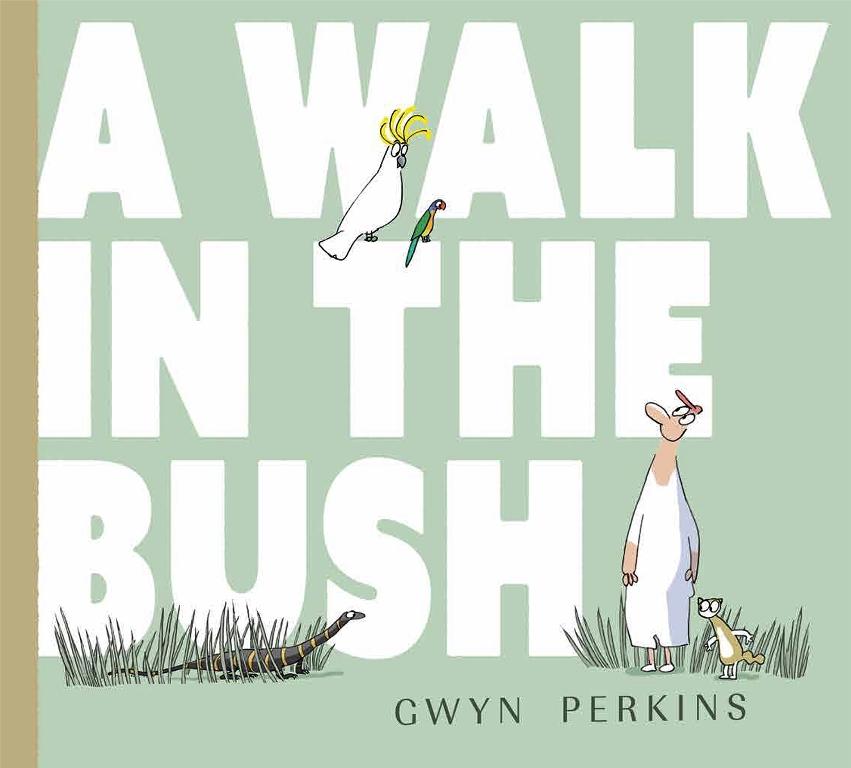
A Walk In The Bush
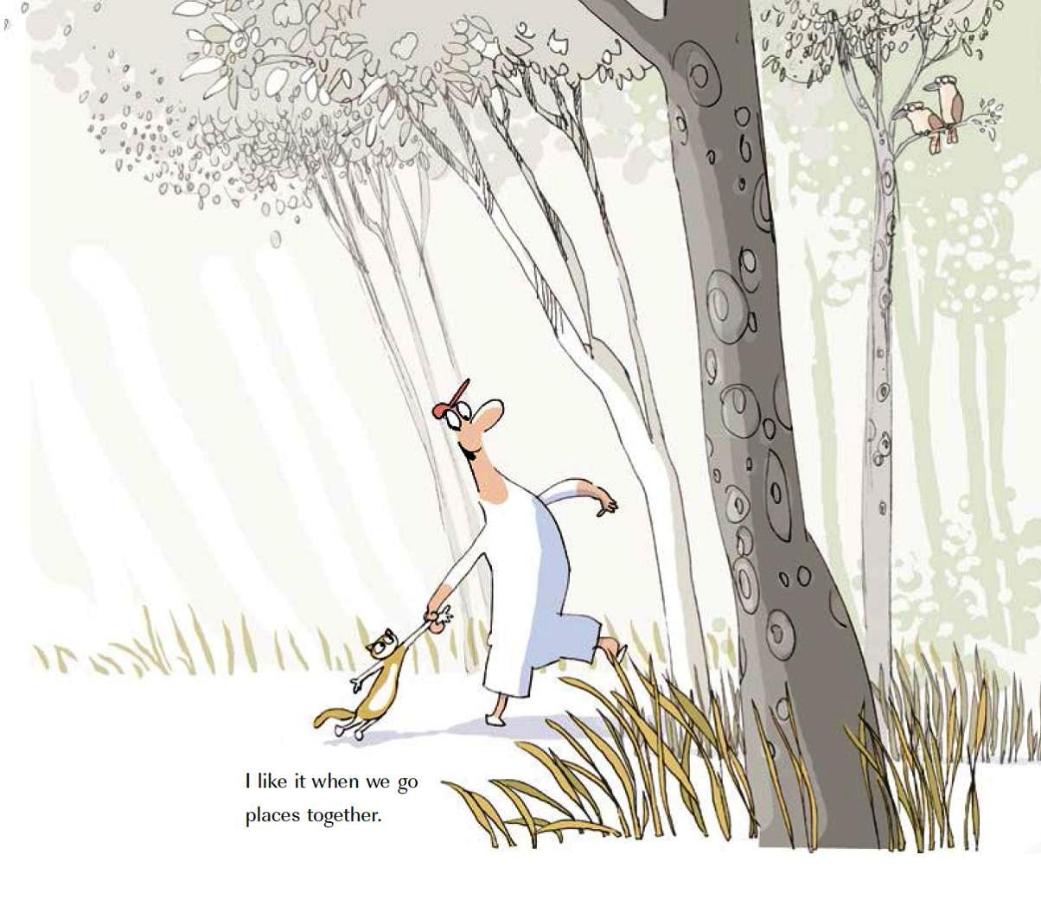
Emile Theodore Argles
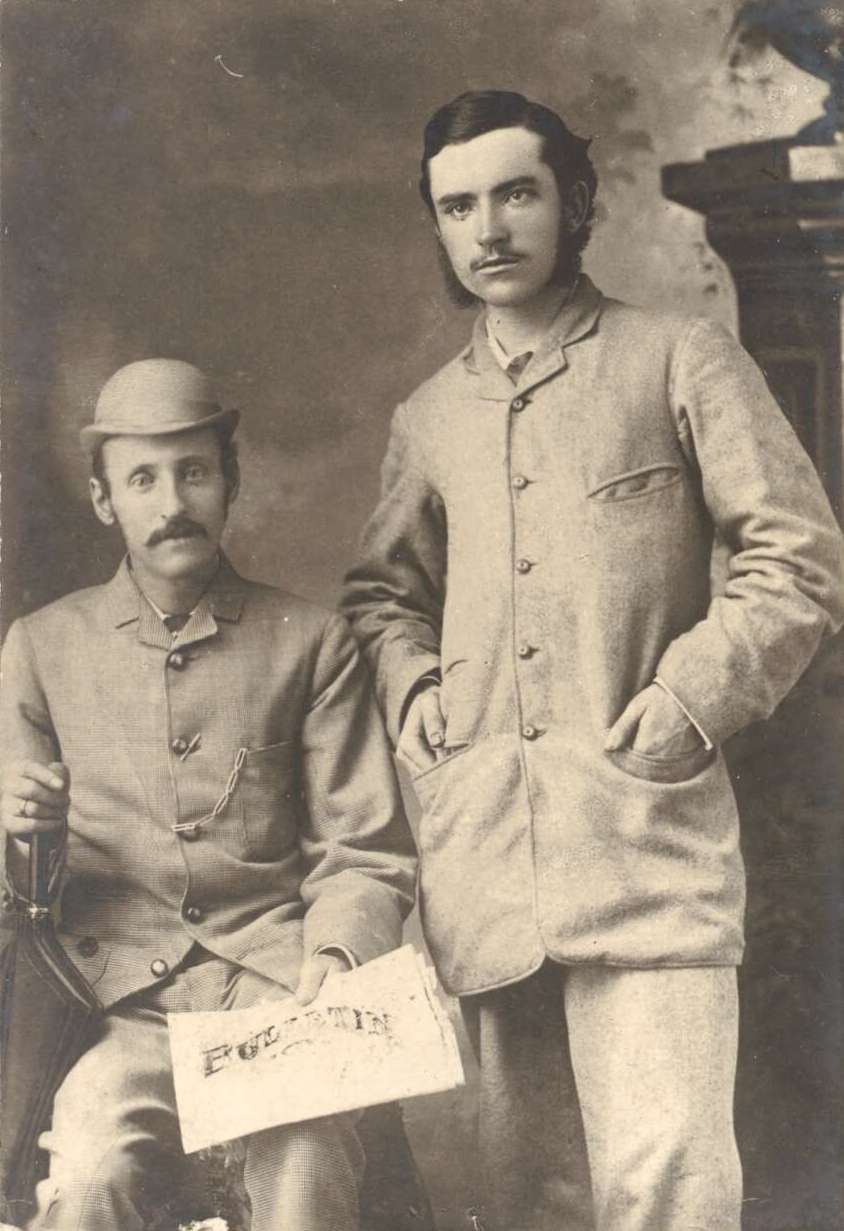
2017 NSW Surf Life Saving State Masters Championships At Blacksmiths Beach
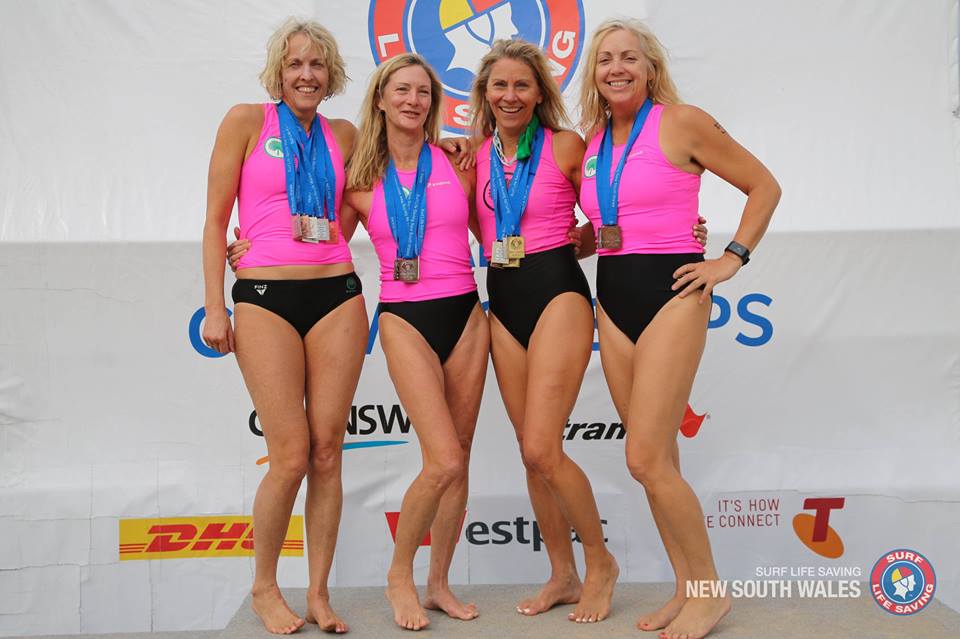
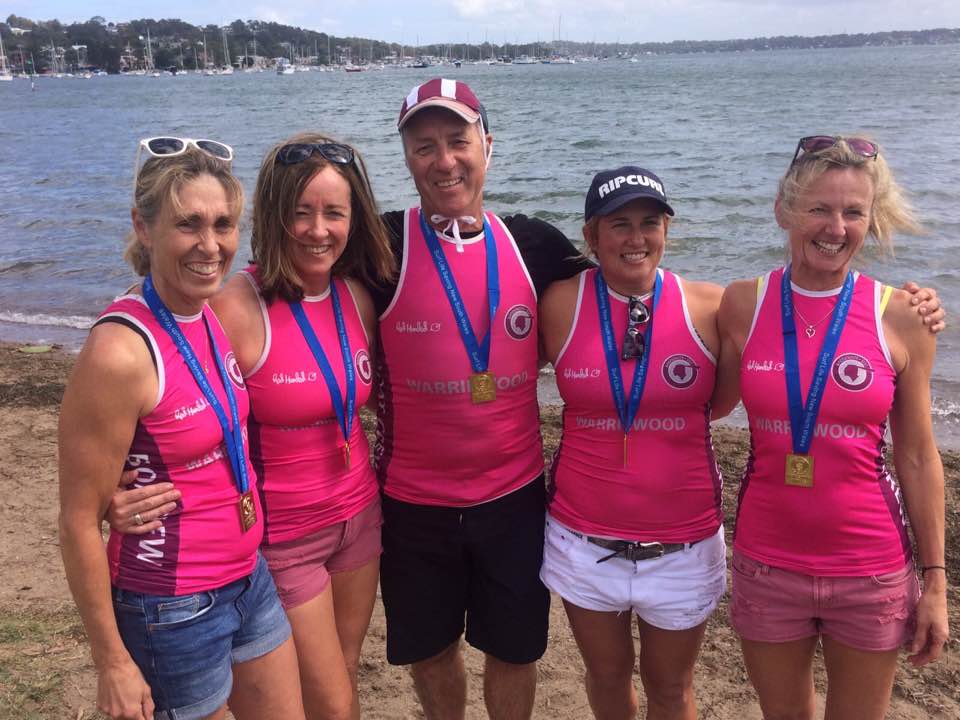
2017 NSW Surf Life Saving State Opens Championships At Blacksmiths Beach
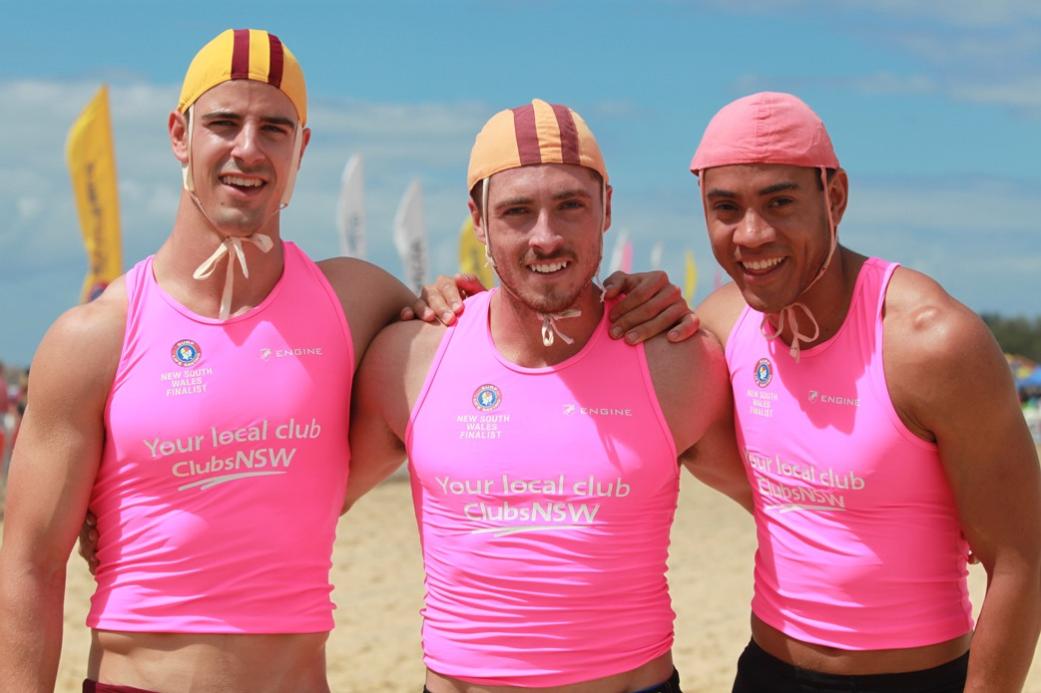
2017 Pittwater Woman Of The Year
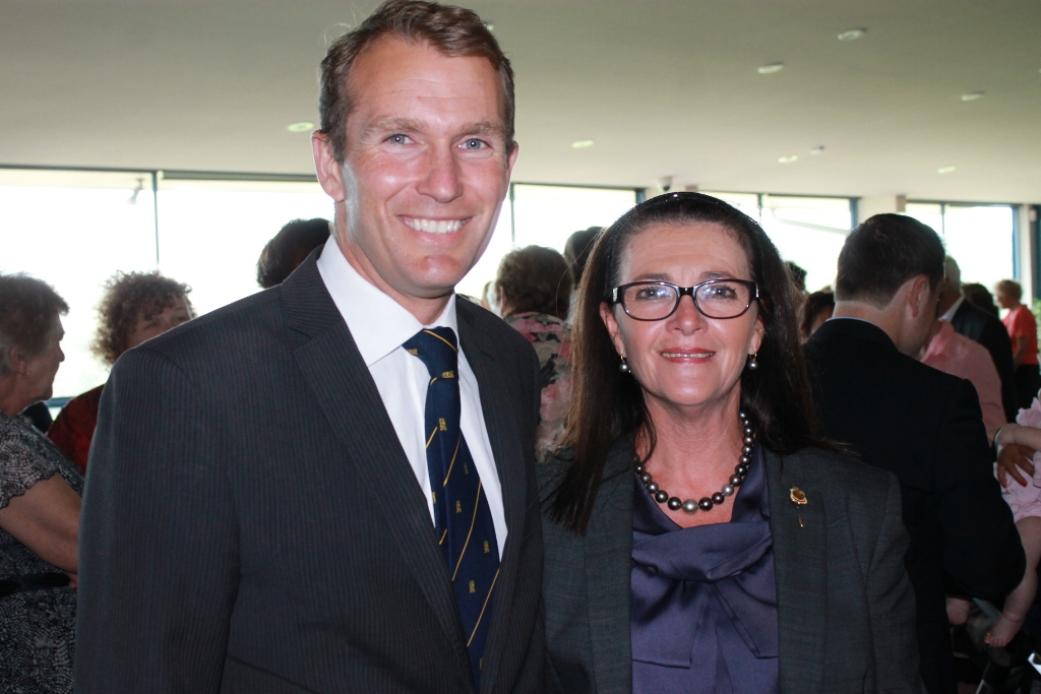
Autumn In Pittwater 2017
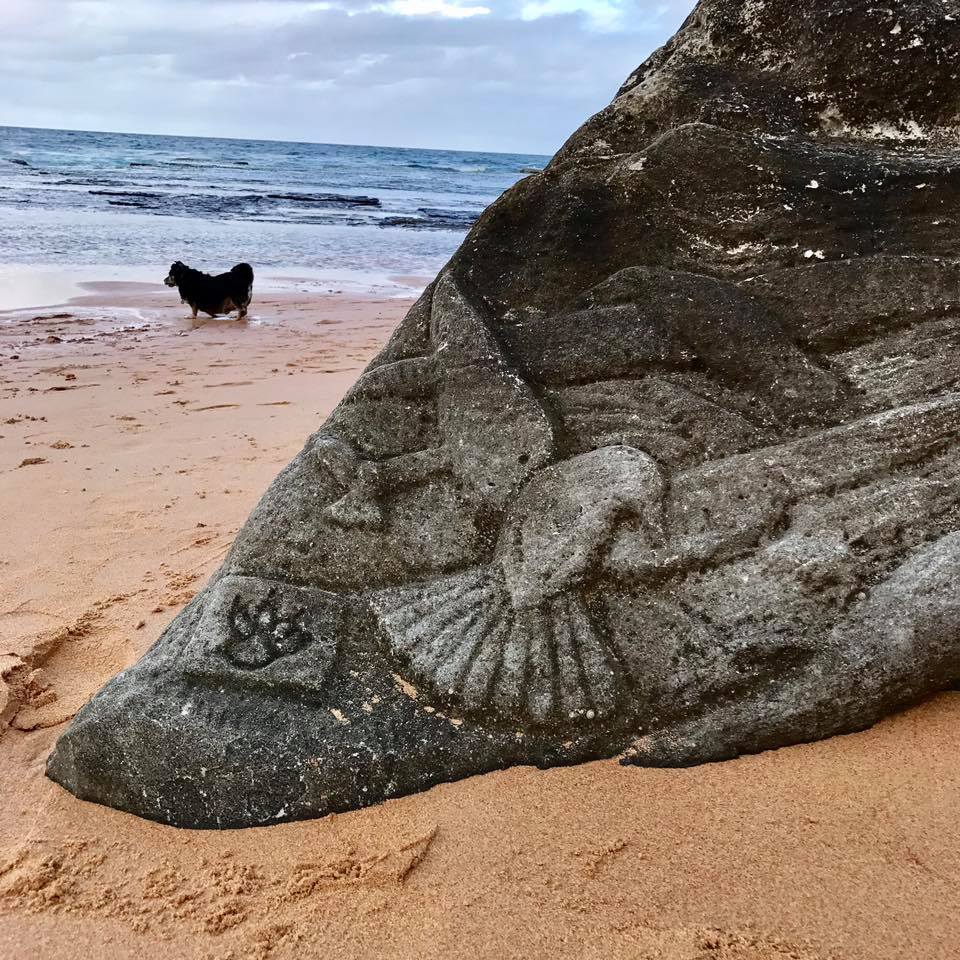
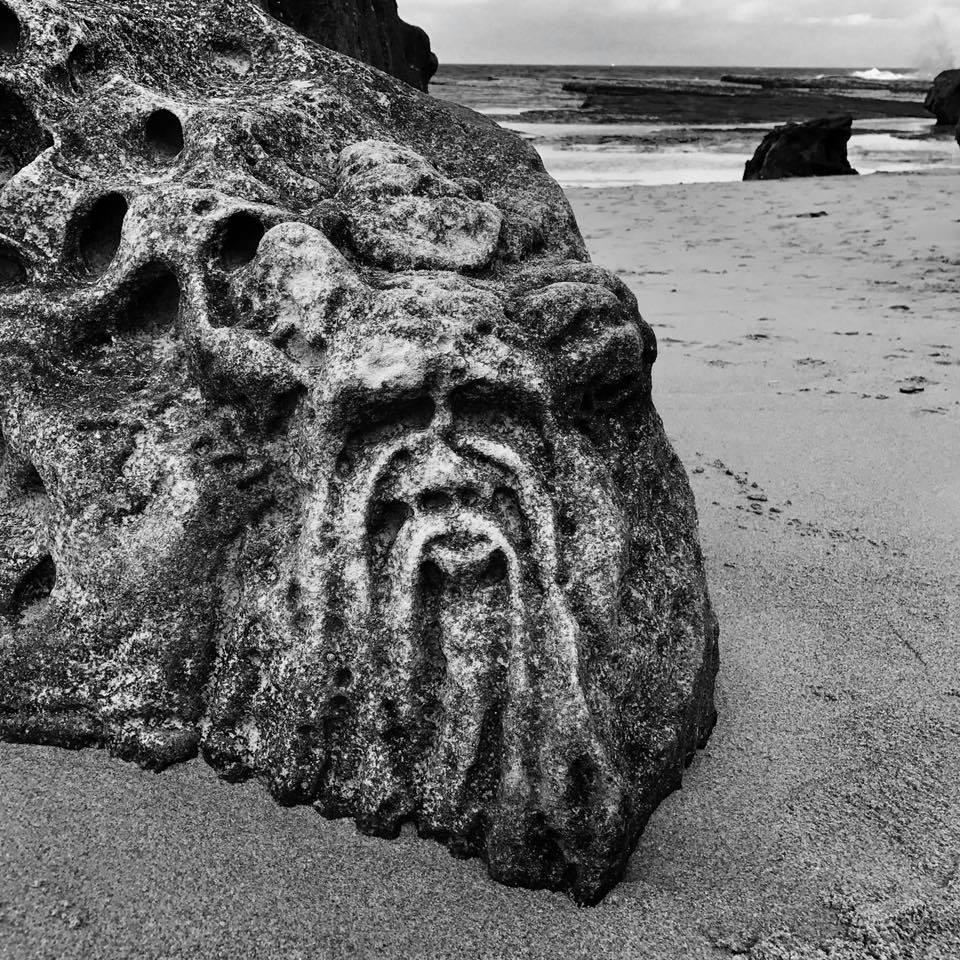
Barrenjoey High Students and Community Break Longest Line of Surfboards World Record: Raise Big Funds for DSA
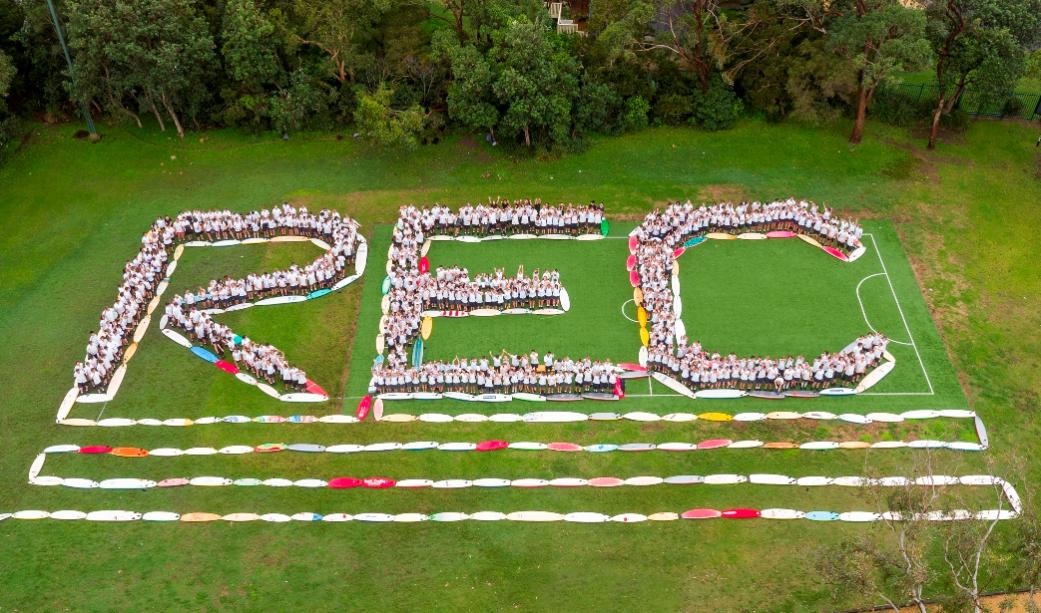
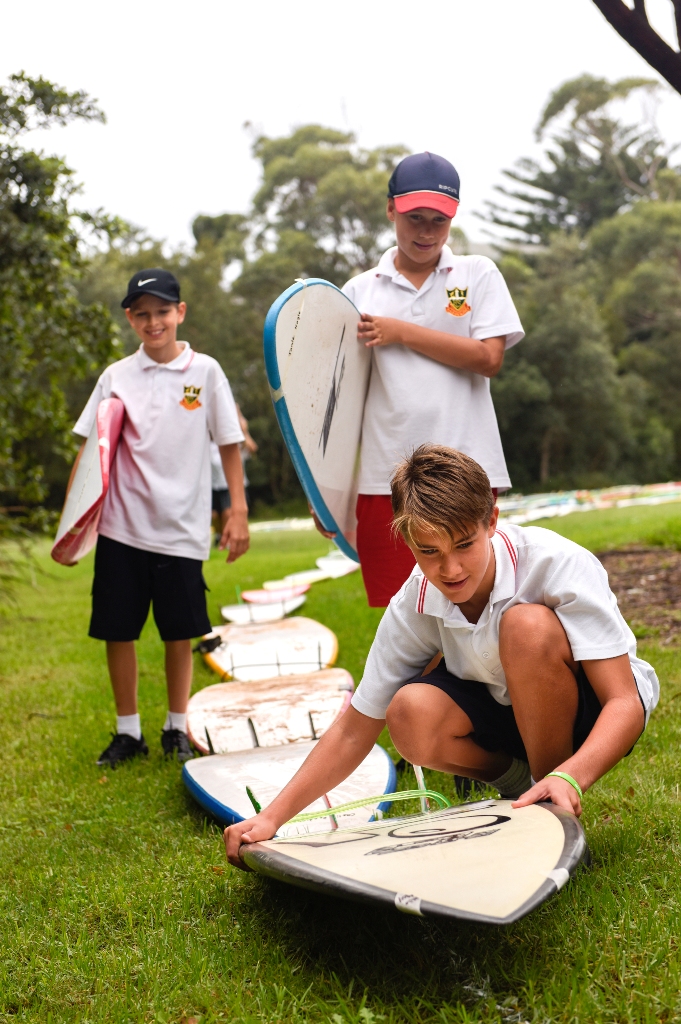
Sydney Harbour Bridge Celebrates 85th Birthday: A Few Pittwater Connections
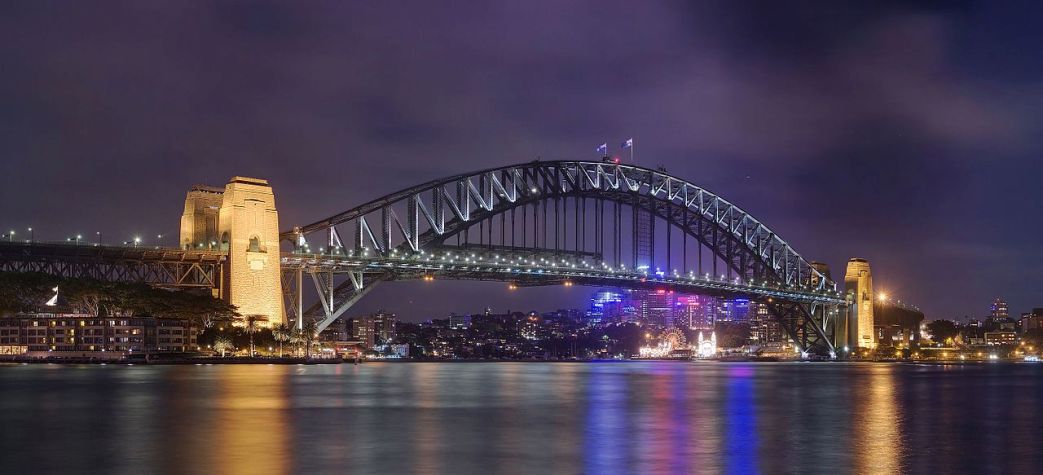
Sydney Harbour Bridge Celebrates 85th Birthday
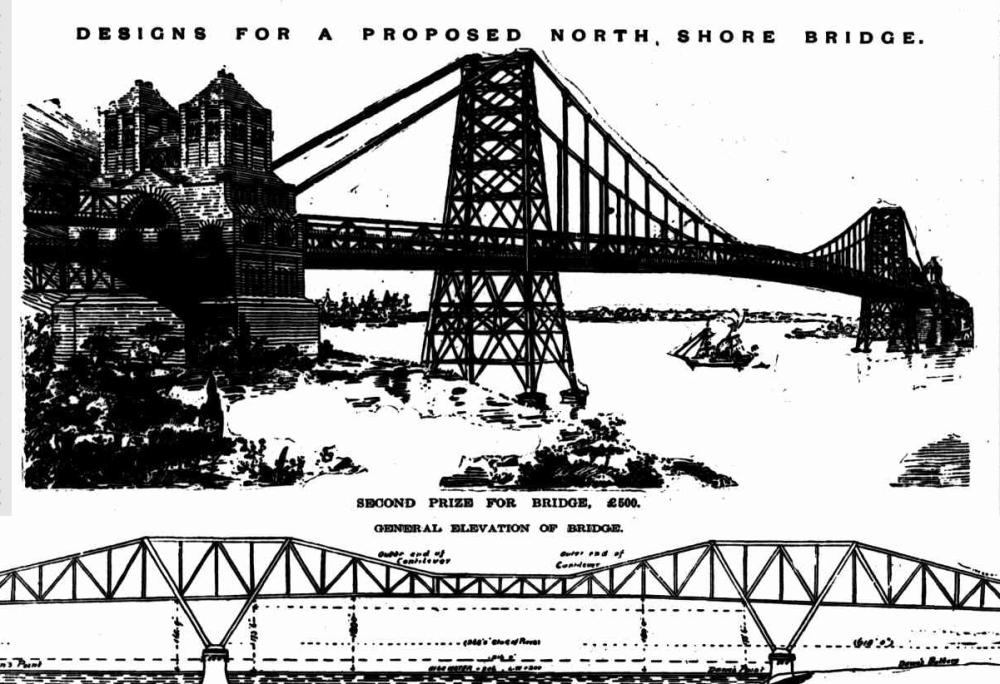
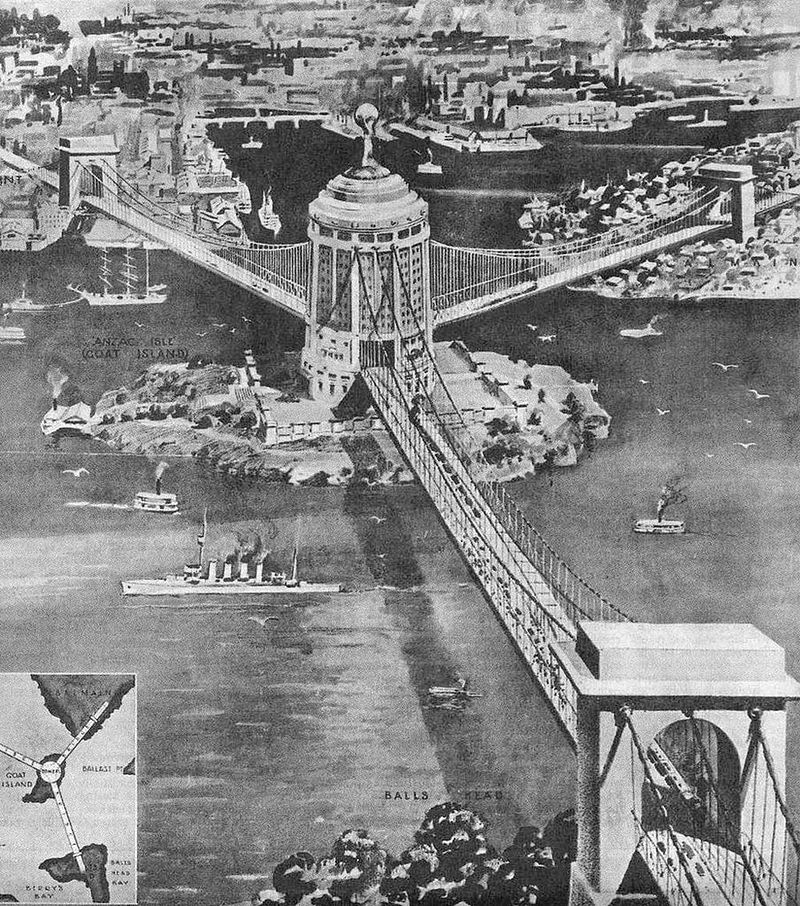
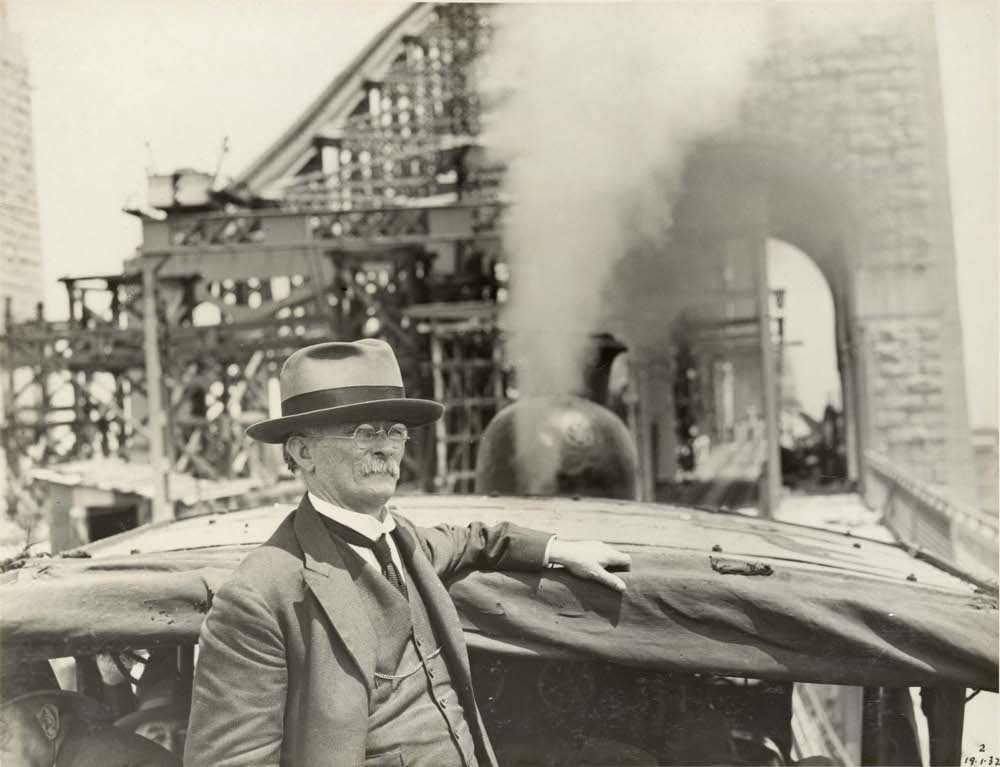
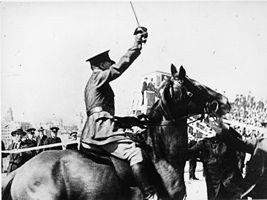 The construction worksheds were demolished after the bridge was completed, and the land that they were on is now occupied by Luna Park.
The construction worksheds were demolished after the bridge was completed, and the land that they were on is now occupied by Luna Park.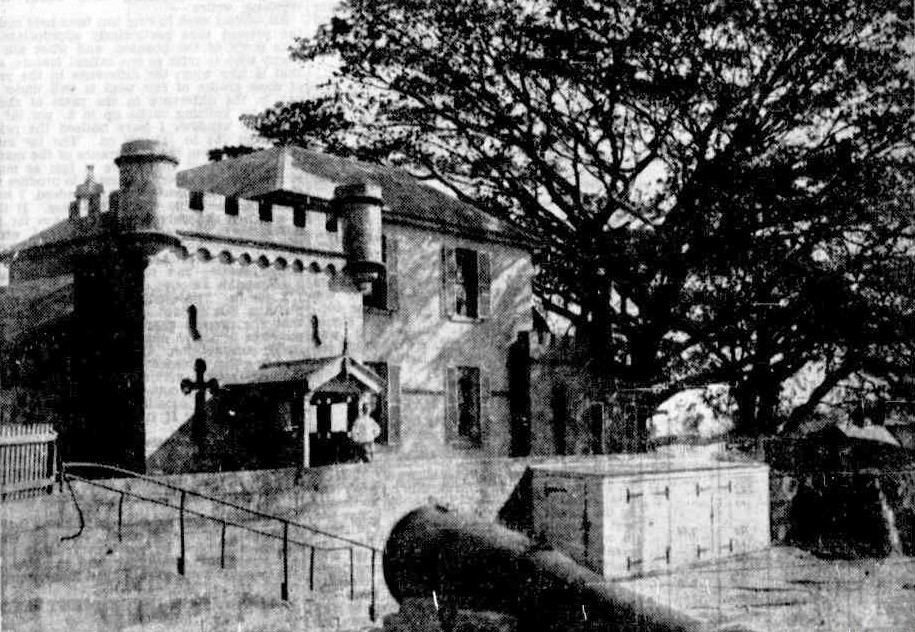
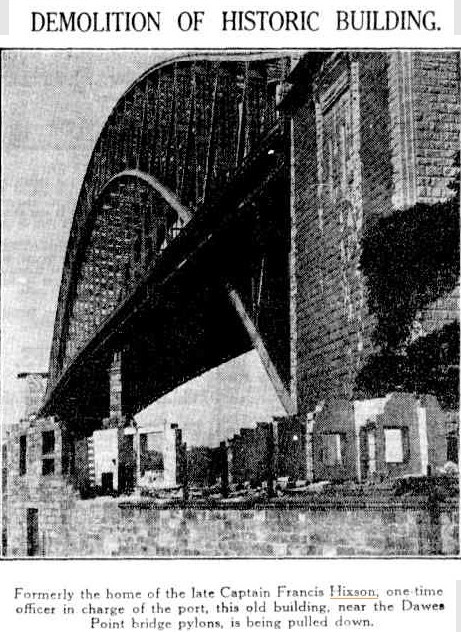
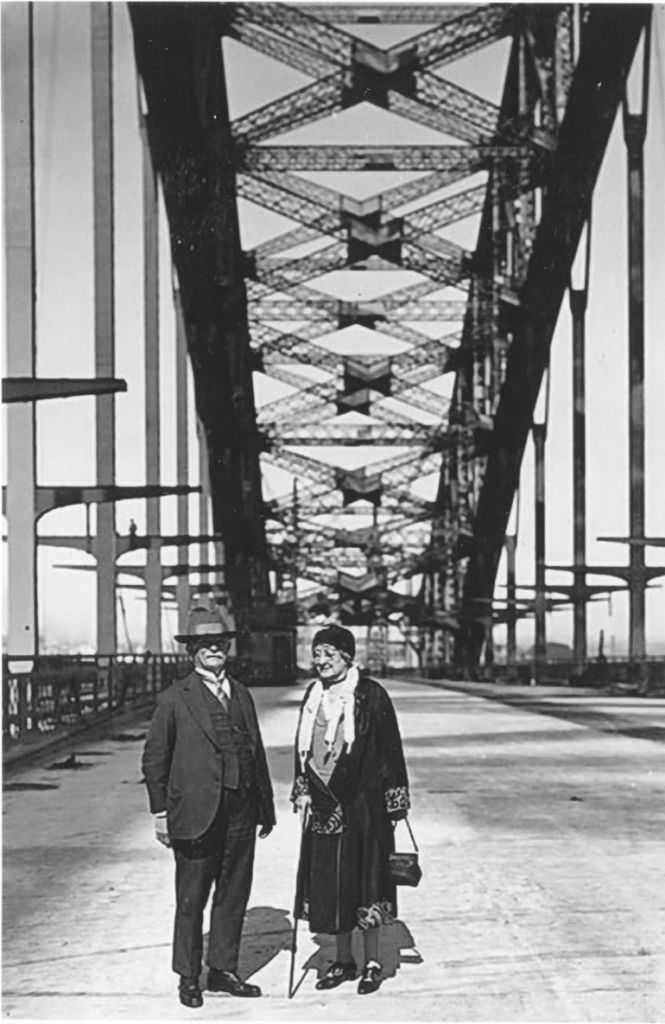
BAYVIEW-CHURCH POINT RESIDENTS ASSOCIATION INC

BAYVIEW-CHURCH POINT RESIDENTS ASSOCIATION INC
Website: bcpra
Bayview Church Point Residents Association AGM
Residents Trying To Save Mona Vale Village Park - The Village Green - B-Line Protest
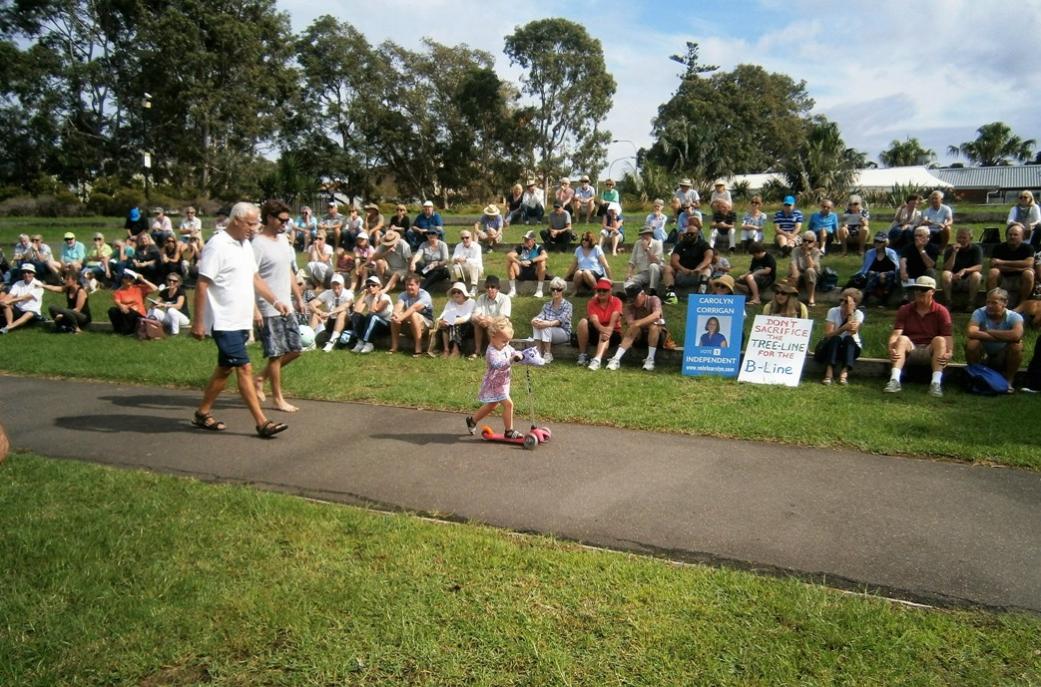
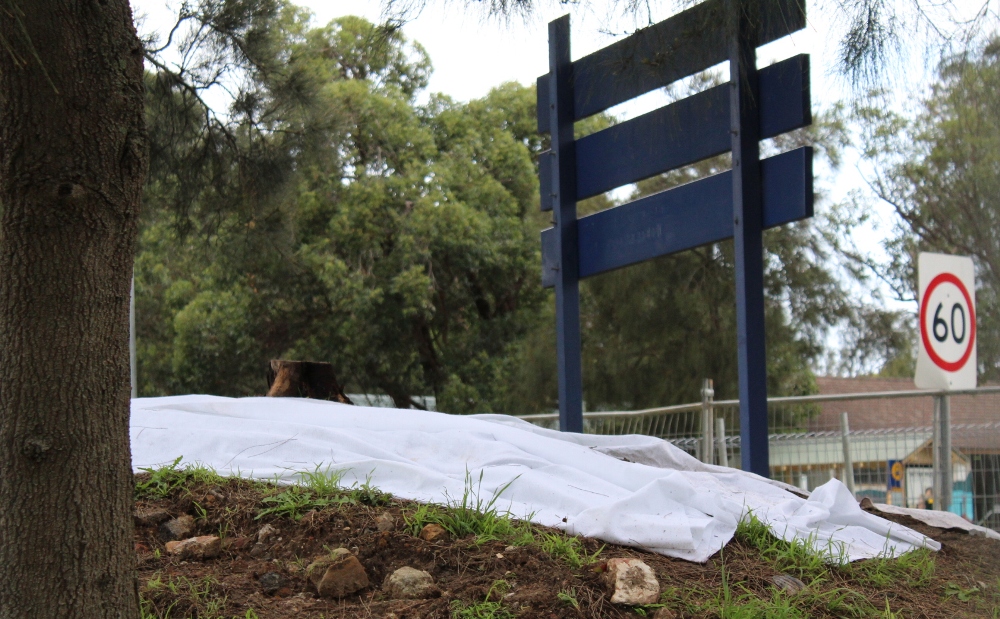
Strokes That Matter - Bass Strait Paddle April 2017 - Newport SLSC
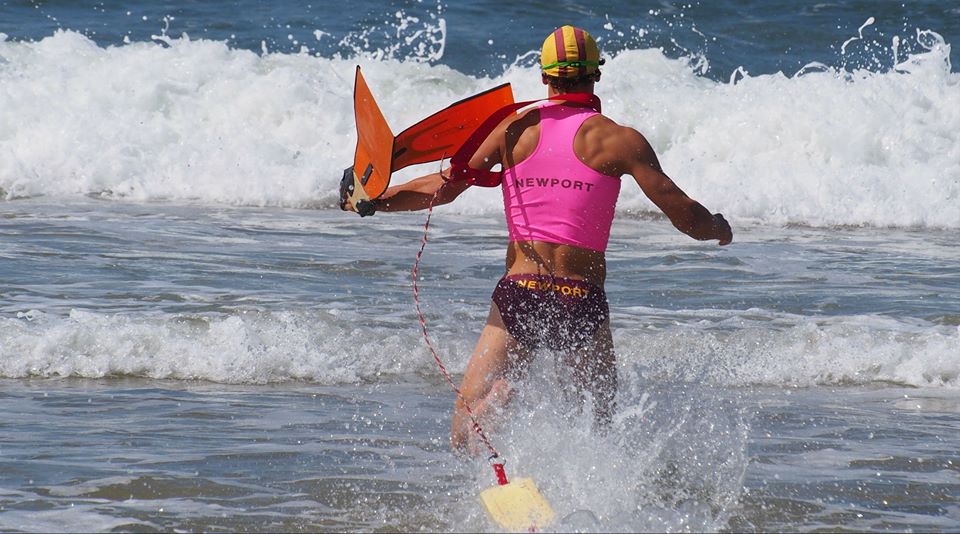
Strokes That Matter - Bass Strait Paddle April 2017
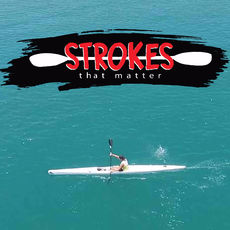 Immediately following the 2017 Australian Surf Life Saving Championships “Aussies” at Kirra Beach – a group of 12 Newport Surf Club members, friends and supporters will paddle on surf skis across Bass Strait with the objective of raising money and awareness for the prevention of drowning.
Immediately following the 2017 Australian Surf Life Saving Championships “Aussies” at Kirra Beach – a group of 12 Newport Surf Club members, friends and supporters will paddle on surf skis across Bass Strait with the objective of raising money and awareness for the prevention of drowning.Inspired by fellow club member - Brad Gaul’s world first paddleboard crossing in 2014 – the team planned the trip as a unique opportunity to end a successful season, and to raise community awareness to prevent the annual tragic and unnecessary loss of life through drownings in Australia every year.
As members of Newport Surf Club, and with a hugely successful competitive background the group is passionate about water safety and drowning prevention – and have a unique experience and involvement as surf lifesaving volunteers in preventing drownings, and educating the public on life saving techniques and skills.
The team of KNG Ironman Max Brooks and multiple Australian Title Gold Medallist fellow club members Tom Atkinson, Mitch Trim, Chad Alston, Luke Jones, Jayke Rees, Cody Marr and Jonah Beard – with North Cronulla Surf Life Saving Club Members Luke Moses and Jake Moses and supporters Paul Moses, Sandy Beard and John Farrell will leave from Port Albert Victoria on Wednesday April 5th and travel via the east coast island route of Hogan Island, Deal Island and Flinders Island arriving at Little Musselroe Bay on Tasmania’s isolated North East Coast on April 11– a total distance in excess of 300 kms.
The team will likely encounter huge seas, gale force winds, strong tides and currents and unpredictable and rapidly changing weather conditions – whilst witnessing a spectacular part of Australia’s coastline and some magnificent isolated islands. They have spent considerable time planning the crossing and ensuring it is conducted safely – which will further their knowledge as to the dangers presented by waterways. Knowledge gained from the experience and their education and training as lifesavers, and media profile of a number of the group – is an opportunity which the team believe deserves to be shared with a wider audience and has the potential to help prevent fatalities.
Through a fund specifically established with the Newport Surf Club called “Strokes That Matter” – they are looking to raise $30 K to establish and implement a number of programs to specifically target drowning prevention and surf awareness – which they hope will become an enduring program.
100% of all funds raised will go directly to executing programs established within the existing and proven framework of Surf Life Saving Australia;
The fund has the following key goals for 2017 /2018:
- Implement an educational syllabus / program for delivery in schools throughout NSW
- Deliver programs via Nutri Grain athletes at NSW schools
- Utilise media coverage of Bass Strait Crossing and other media opportunities to enable wider access to NSW School Students
- Conduct surf and water safety awareness clinics at beaches across NSW in conjunction with other surf clubs
- Conduct surf and water safety awareness clinics at waterways and public meeting places
- Participate with other specialist organisations in initiatives that directly target drowning prevention
The fund website is give.everydayhero.com/au/StrokesThatMatter
Securing Mona Vale Hospital’s Long-Term Future
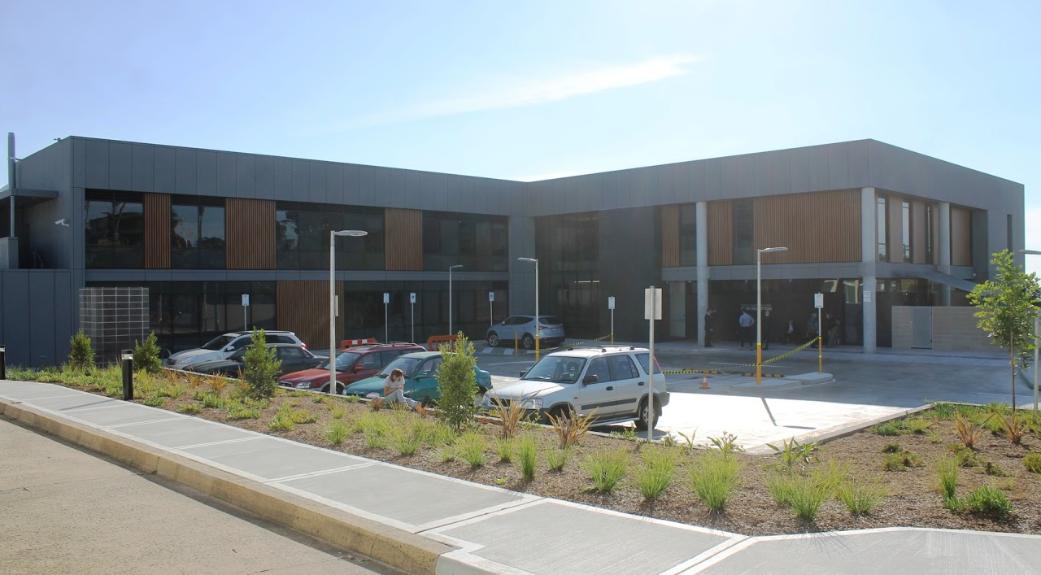
Securing Mona Vale Hospital’s Long-Term Future
23 March 2017
Member for Pittwater Rob Stokes today announced the next stage in the transformation of Mona Vale Hospital to ensure it continues to provide high-quality health services into the future.
More than 20 health care providers have responded to a Registration of Interest (ROI) process for additional health services to be co-located at Mona Vale Hospital.
These additional services would be provided alongside a range of existing and new health services including 24/7 Urgent Care, medical imaging, pathology, pharmacy, inpatient rehabilitation and assessment, inpatient geriatric evaluation and management, inpatient palliative care and a diversity of community health services.
“The interest received from experienced health operators has exceeded our expectations,” Rob Stokes said today.
“I’m particularly excited by the diversity of health services being proposed – especially from local operators.
“We’re now looking at the potential for a broader range of sub-acute and complementary health services to be provided at Mona Vale Hospital than ever before. This includes everything from General Practice through to medical specialists.
“This process is a really important part of the ongoing work to modernise Mona Vale Hospital and continue introducing new infrastructure and services,” Rob Stokes said.
Acute services will transfer to the new state-of-the-art Northern Beaches Hospital at Frenchs Forest when it opens in late 2018. In December 2016 the NSW Government announced the launch of the Registration of Interest process for additional health services at Mona Vale Hospital to complement the recent additions to the campus.
All land will remain in public ownership and the Northern Sydney Local Health District will continue to manage the Mona Vale Hospital campus.
The ROI responses will now be carefully assessed by a panel of representatives from the Northern Sydney Local Health District and NSW Health Infrastructure. Recommendations to the Minister for Health regarding which operators will be asked for more detailed proposals will be made in coming months.
Minister for Health Brad Hazzard said: “All of us on the beaches will soon benefit from a wider range of health services. It’s great that the government’s vision is fast becoming a reality.
“Delivering a new world-class hospital at Frenchs Forest and investing in new buildings and services at Mona Vale Hospital will see both hospitals working together to provide the best possible healthcare choices for our growing community.
“The strong response to the Registration of Interest process is very encouraging and will help secure Mona Vale Hospital’s role into the future,” Mr Hazzard said.
Pittwater Friends Of Soibada 2017 Focus Is On Building A Senior High School
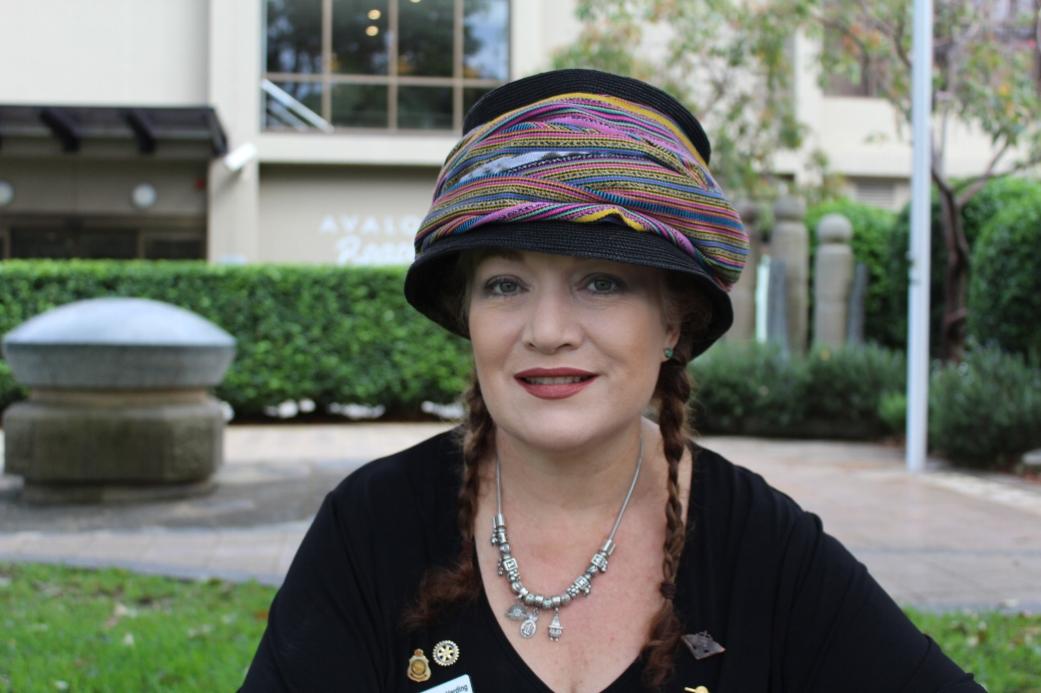
Pittwater Friends Of Soibada 2017 Focus Is On Building A Senior High School: A Catch Up With Tamara Sloper Harding OAM
New Free Street Library In Avalon
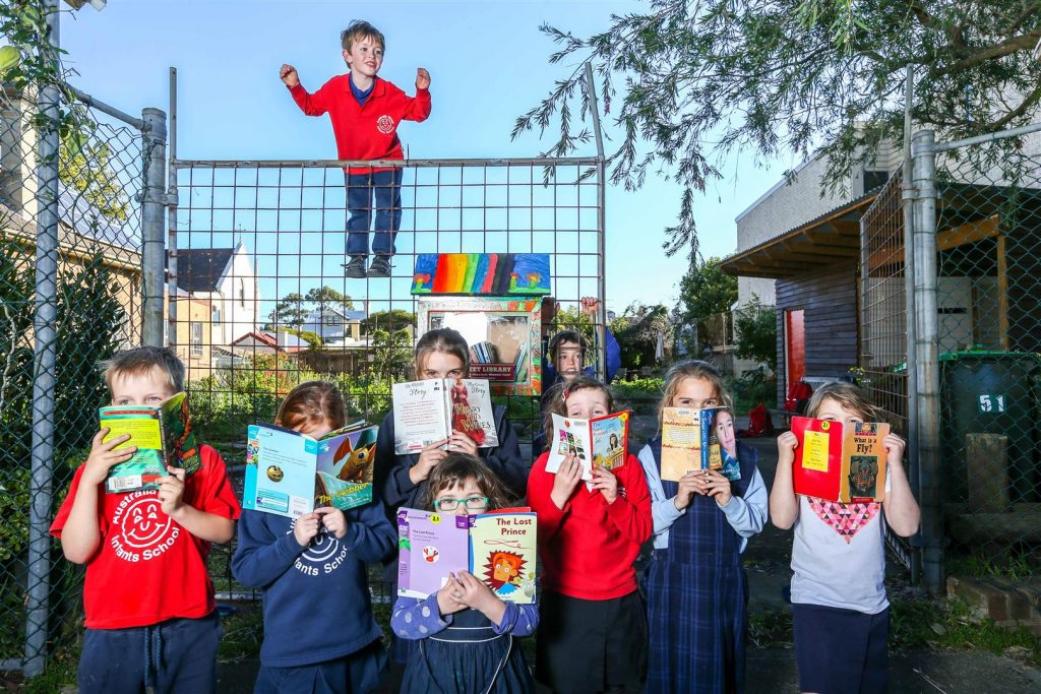
New Free Street Library In Avalon
There is a new, free street library in Patrick St, Avalon (between Joseph and William streets) - a street library is a free community resource installed by volunteers to foster both literacy and neighbourhood.Gail Broady built this one from an old cabinet reclaimed from Kimbriki, the base of an old chair, perspex from an uncle's shed, and timber from her Dad's garage.
“We call this one the Tardis because every book is a time machine and there's a world of worlds inside every library. We have stocked it with books for little kids and big people.” Gail said this week.
Street Library officially began in Sydney, New South Wales in November 2015 and has been rapidly growing and expanding ever since. Street Library is a registered incorporated non for profit charity regulated by the Australian Charities and Not for Profits Commission and NSW Fair Trading.
As of March 2017, there are over 200 Street Libraries in Australia. The goal is to increase that number to 500 in the next few years. Residents, schools and other community groups interested in obtaining a Street Library can build their own at one of the workshops, download DIY instructions or purchase a ready-made box built by a local men’s shed from Street Library Australia’s website.
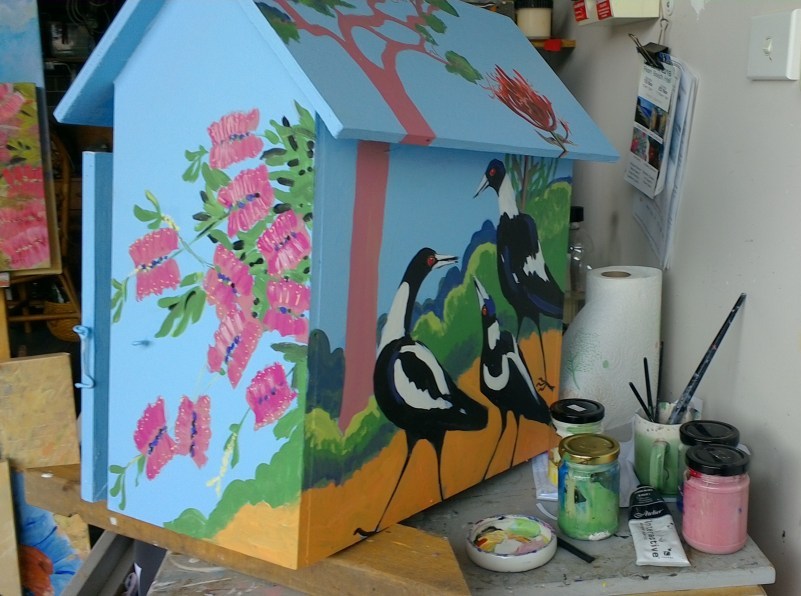
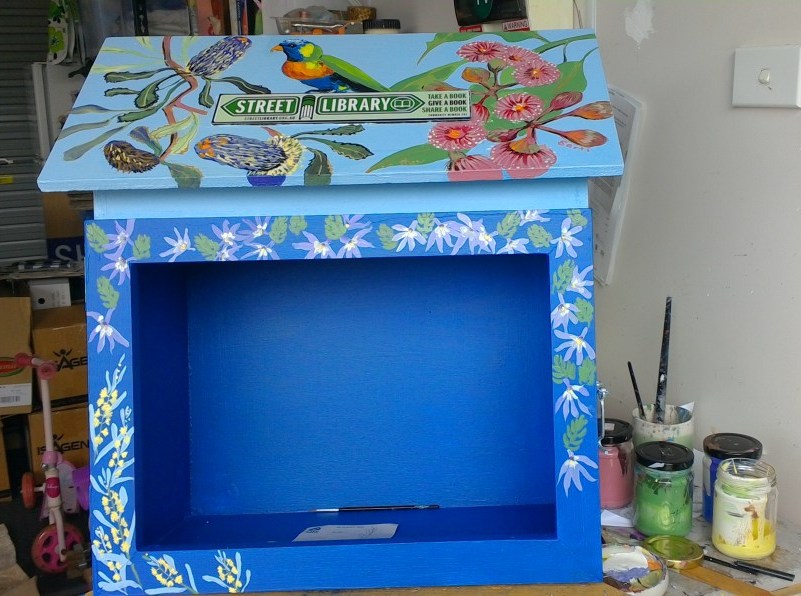
You can find out how to build or install your own street library, find other libraries, join or contribute to the growing community of volunteer street librarians at http://streetlibrary.org.au
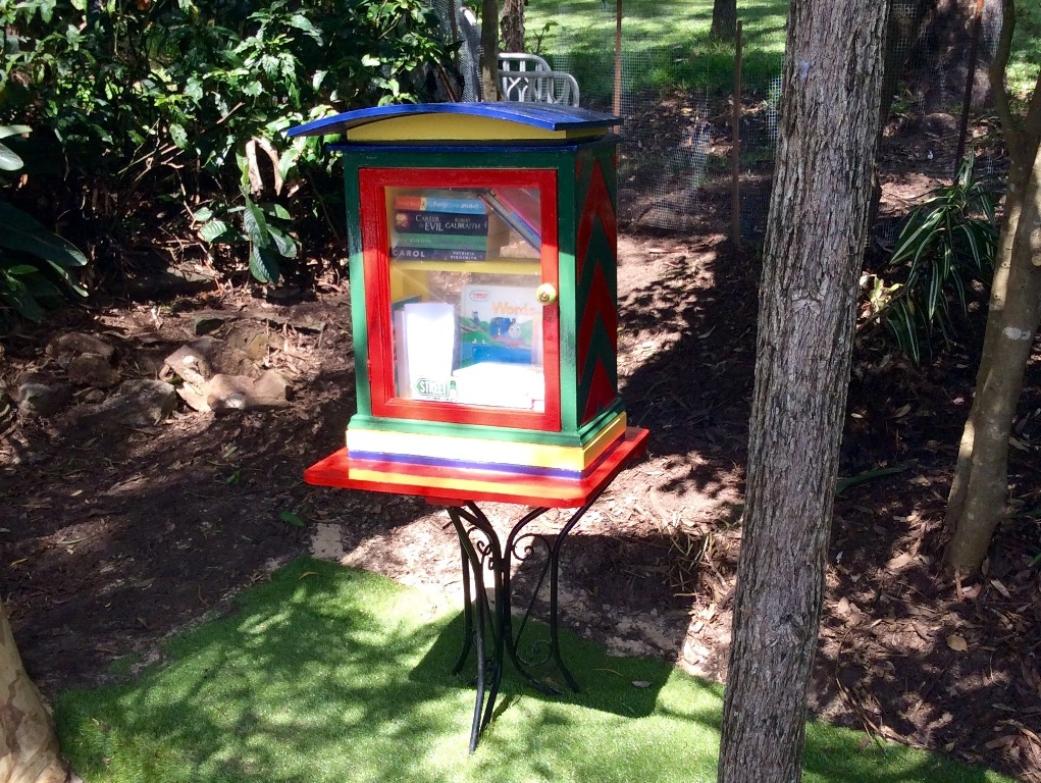
Palmy Longboarders Club Host Annual DSA Surfing Day Event
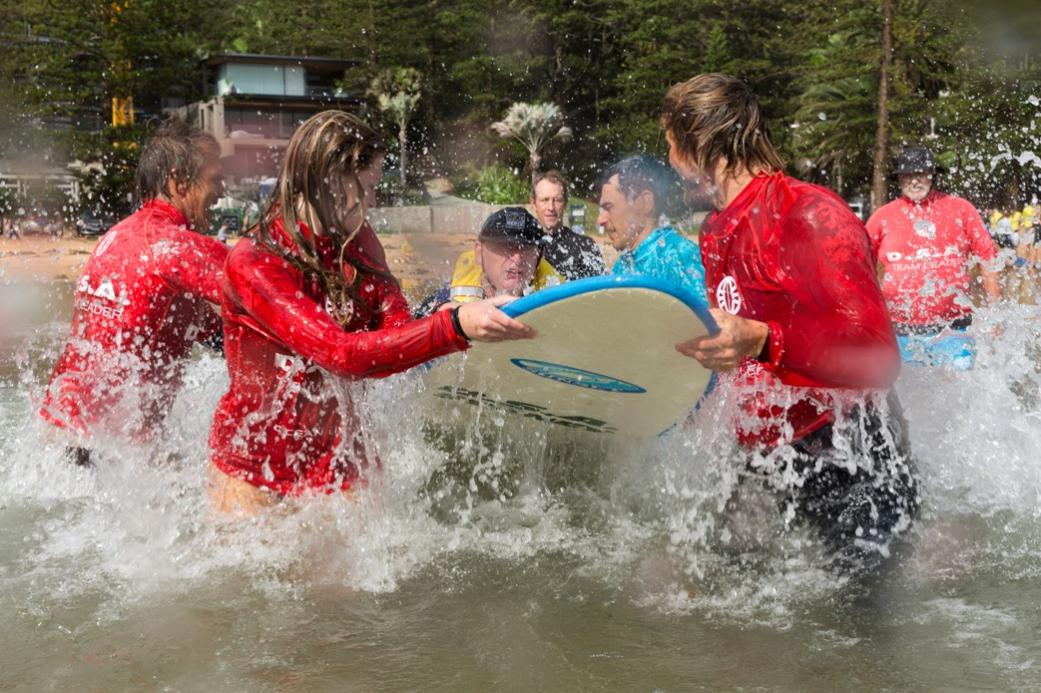
New Life Members Honoured At 2017 Surf Life Saving NSW State Championships
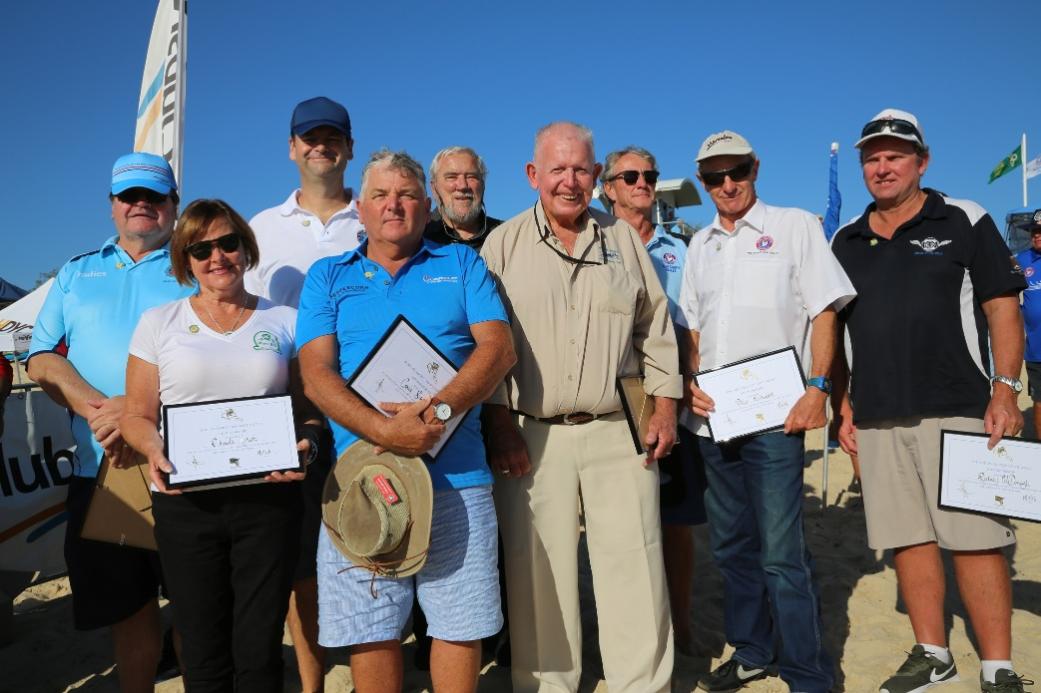
Victor James Daley: A Manly Bard And Poet
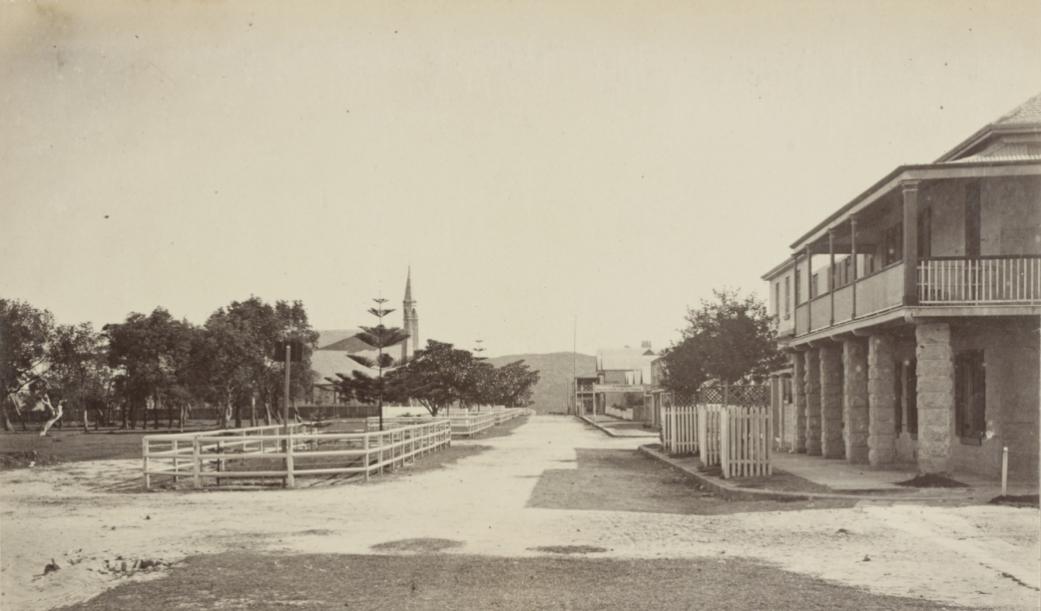
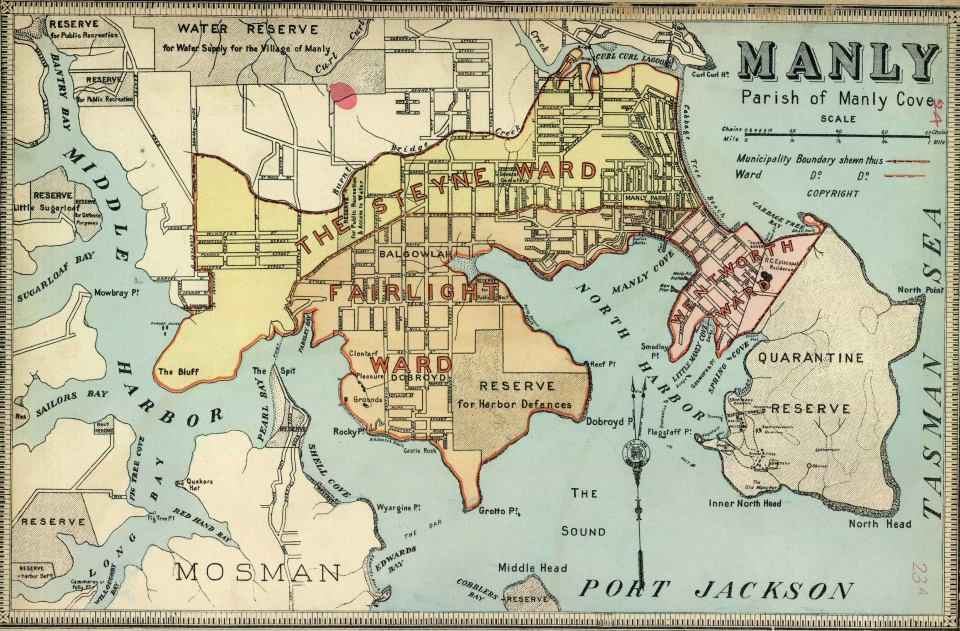
Bungan Boardriders Inc.
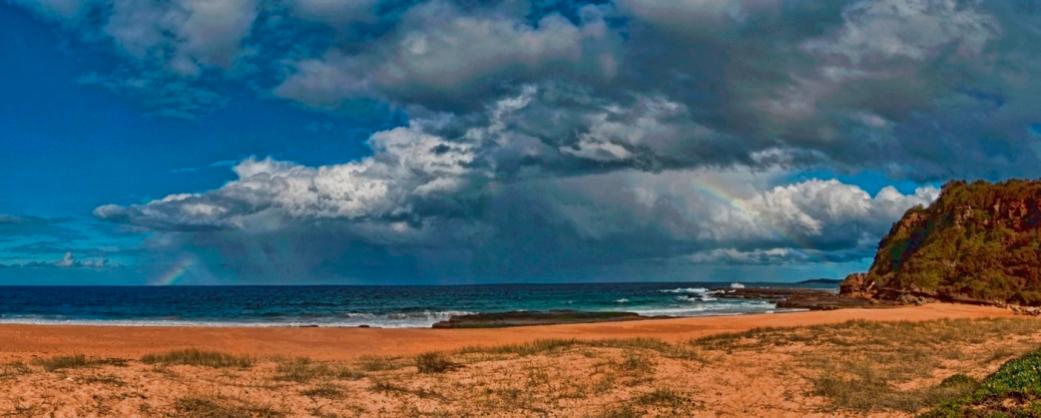

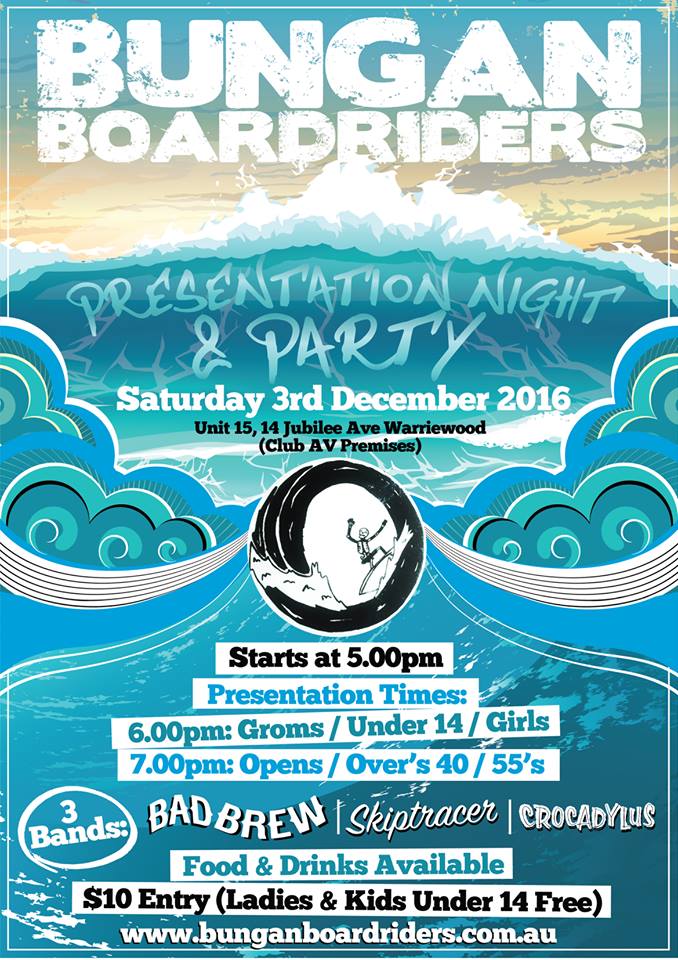
Sir Adrian Curlewis CBE CVO Awarded Gold Distinguished Service Medal
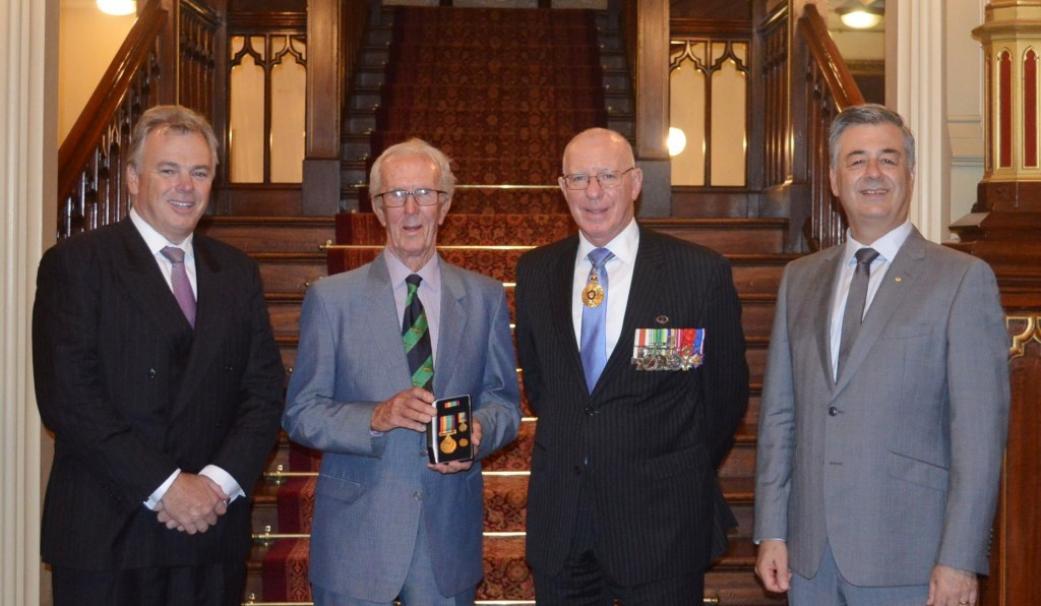
Founding Coordinator of the Award in Australia
In 1958, Sir Adrian was appointed by HRH Prince Philip as the first National Coordinator of The Duke of Edinburgh’s International Award in Australia with the first award participants commencing in 1959. He was subsequently appointed National Chairman from 1962 to 1973. During this time, Australia was amongst the first countries to introduce the Award outside of the United Kingdom where it was established in 1956.
During this time, he made a most substantial contribution to ensure that the Award had the strong foundations and the resources to sustain strong growth. He was also very supportive and encouraging of our neighbouring countries in the South Pacific to also introduce the Award.
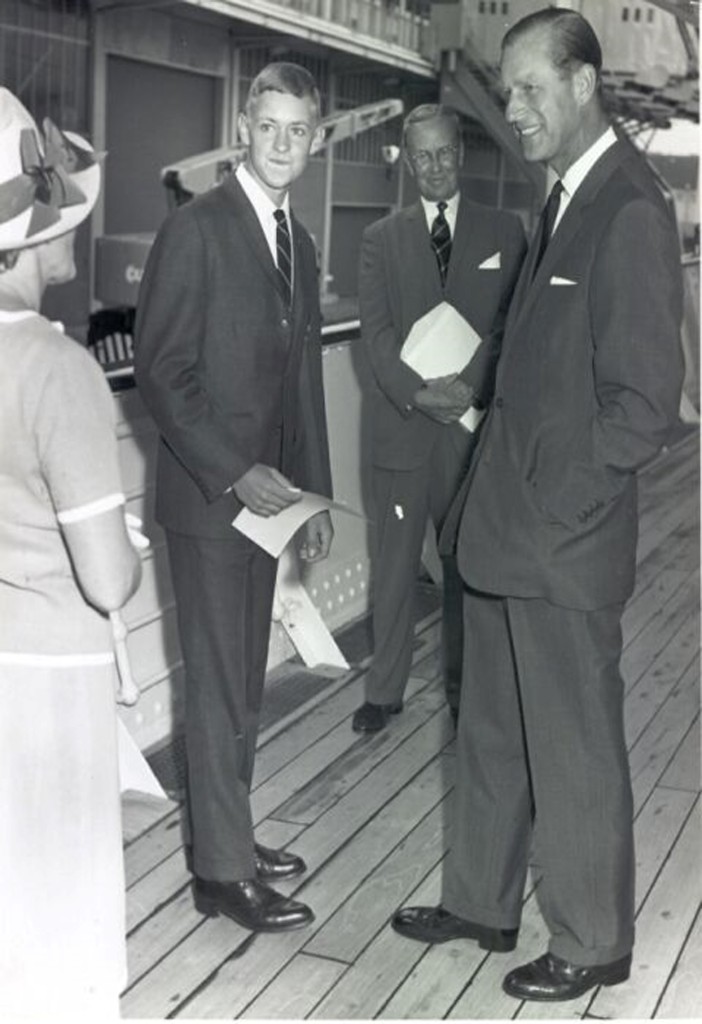
The photo is of HRH Prince Philip The Duke of Edinburgh with Sir Adrian Curlewis on board the HMY Britannia in 1962 where the first Gold Award was presented to Michael Dillon of Sydney Grammar School.
The remarkable life of Sir Adrian Curlewis
Sir Adrian Curlewis was born in 1901 in Mosman Sydney, born to Herbert Raine Curlewis and Ethel Turner – author of “Seven Little Australians”. His family were always very community minded, including supporting charities and organizing ambulance and first aid courses during World War 1. Adrian had a great love for water sports spending his summers at Palm Beach learning to surf. After the drowning of two people at Palm Beach in 1923, Adrian founded the Palm Beach Surf Life Saving Club (SLSC) with some other local residents. Adrian was Club Captain from 1923-28 and Club President from 1929-33, going on to become President of the International Council of Lifesaving from 1956-73. In 1928, he married Betty Car who shared his love for the ocean and community; she often helped organise fundraisers for the Palm Beach SLSC.
After attending SHORE he studied law at Sydney University Sir Adrian and became a barrister. Sir Adrian become a highly regarded District Court Judge from 1948 -71.
Committed to serving the Community
In addition to his great service to the Award, Sir Adrian was also Chairman (1949-71) of the New South Wales National Fitness Council, founder (1956) of the Outward Bound movement in New South Wales, President (1934-41, 1945-75) of the Surf Life Saving Association of Australia, and President (1968-84) of the Royal Humane Society of New South Wales. He was also appointed CBE in 1962, CVO in 1974, and was knighted in 1967.
The Sir Adrian Curlewis Scholarship
His name continues to be recognised for his contribution in highlighting the potential in young Australians with the “Sir Adrian Curlewis Scholarship” being dedicated to the late Sir Adrian. The scholarship was designed to build skills in leadership and knowledge in selected young people in roles across Surf Life Saving clubs – at regional, state and national levels.
The scholarship aims to continue Sir Adrian’s good work with the youth of Australia, investing in their personal growth and achievement much like work of the Duke of Edinburgh’s International Award.
You can find out more information Sir Adrian Curlewis Scholarship at: https://sls.com.au/meet-2010-sir-adrian-curlewis-scholars/
April
Warriewood Rustys Prove They Are Really A GOLD Aussie Surf Boat Team
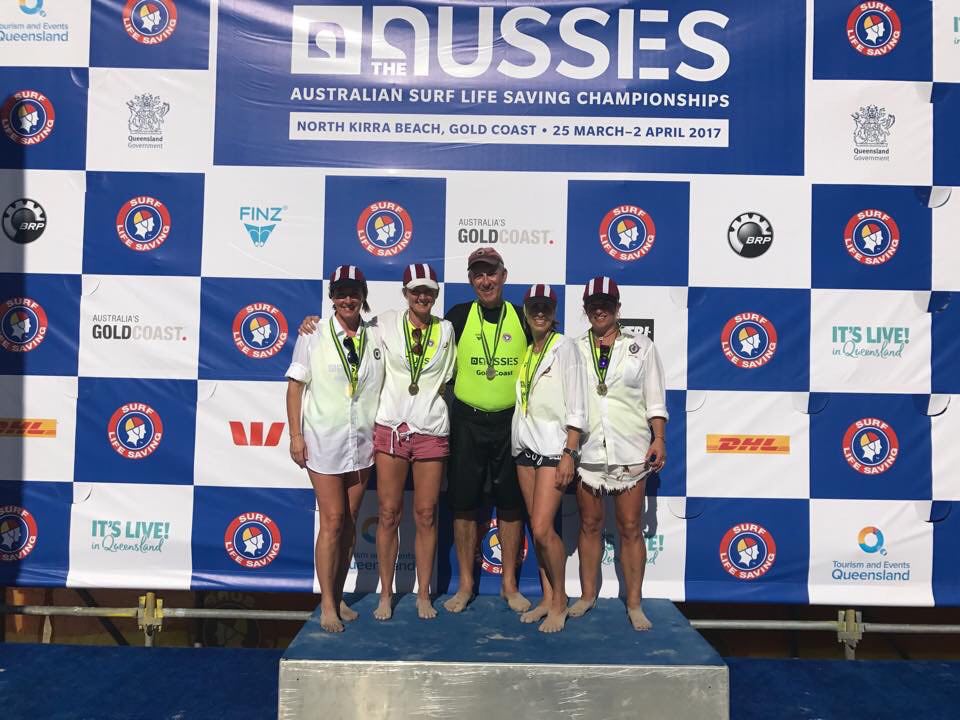
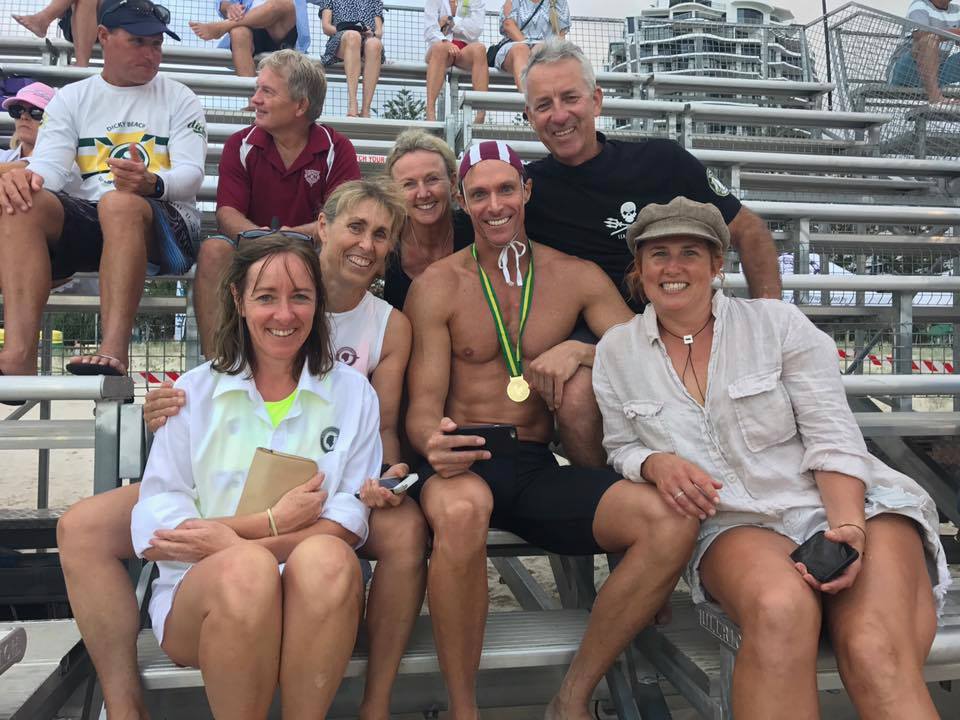
Pittwater RSL Dedication of New Cenotaph
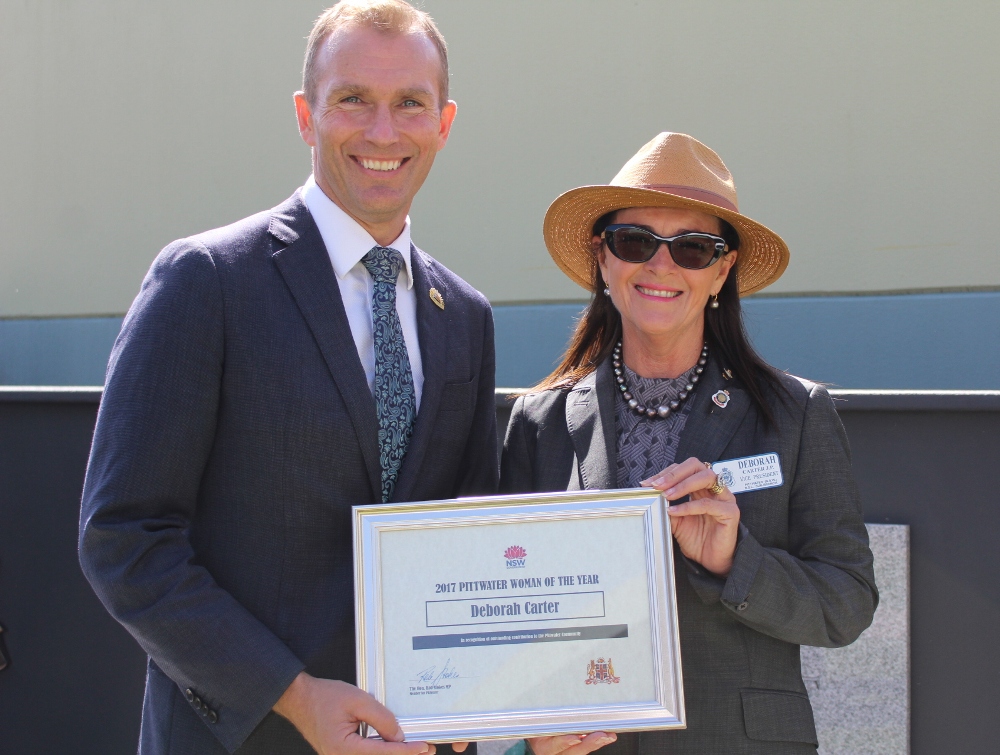
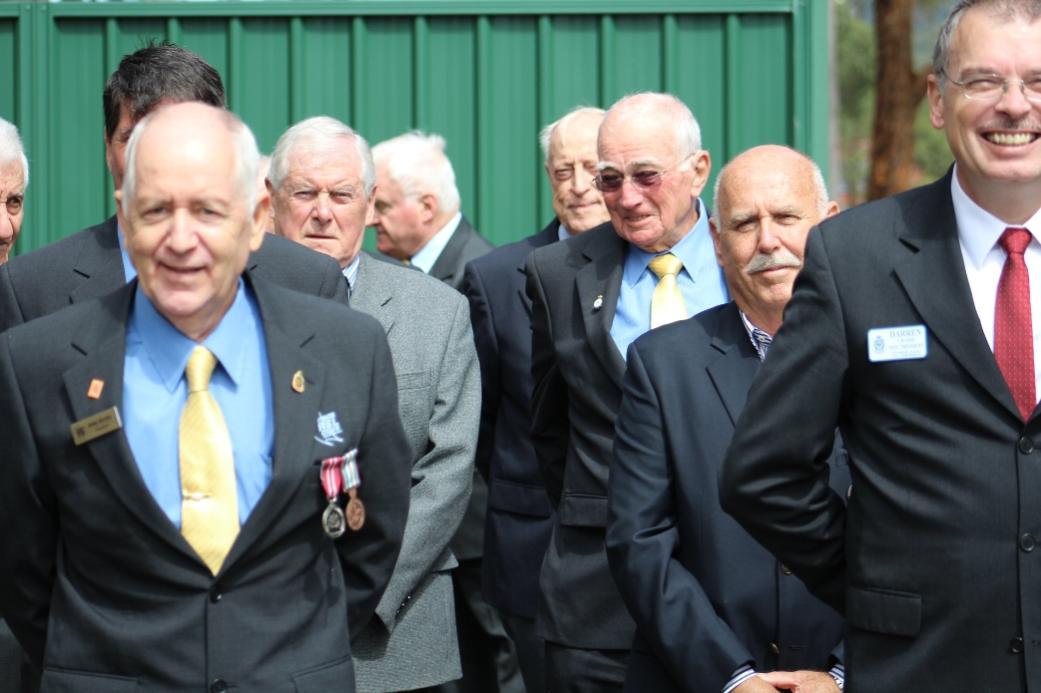
Birds Baffled By B-Line Sleight Of Hand: Where Did All Our Trees Go?
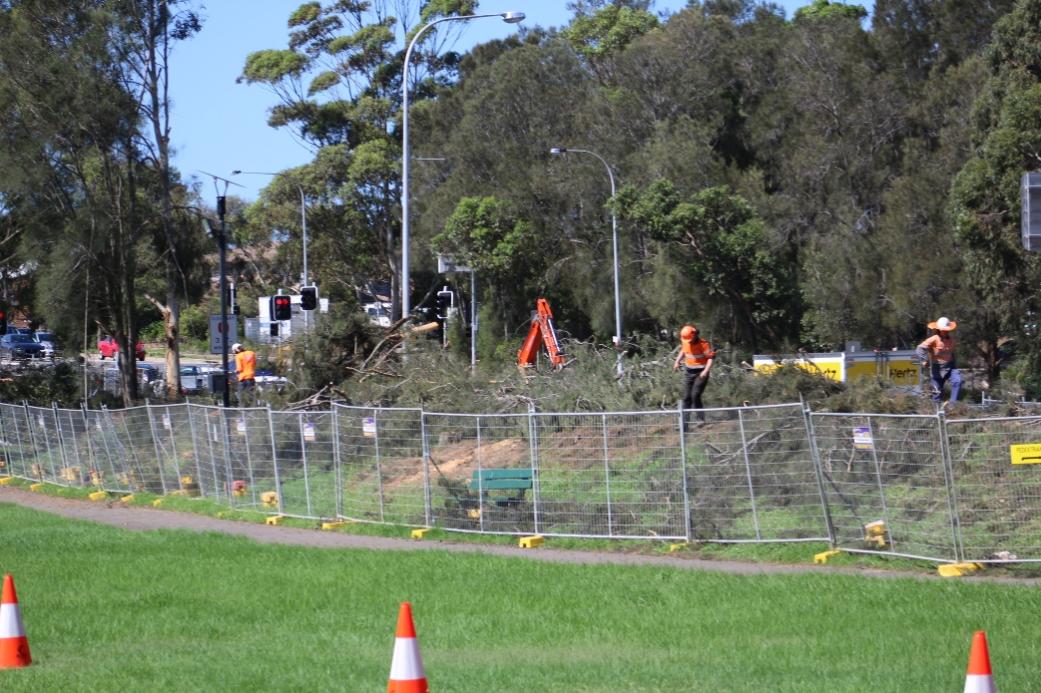
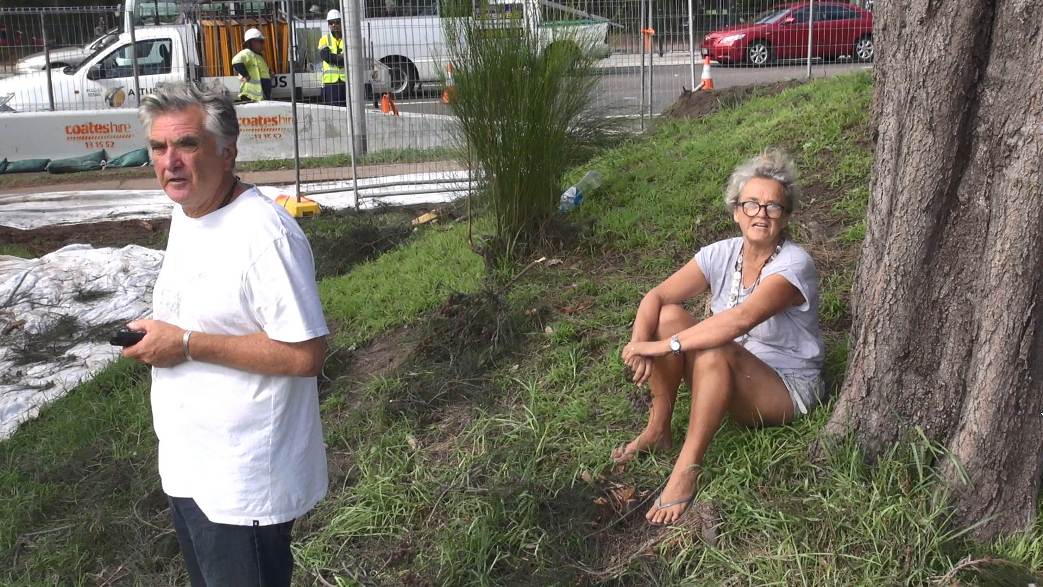
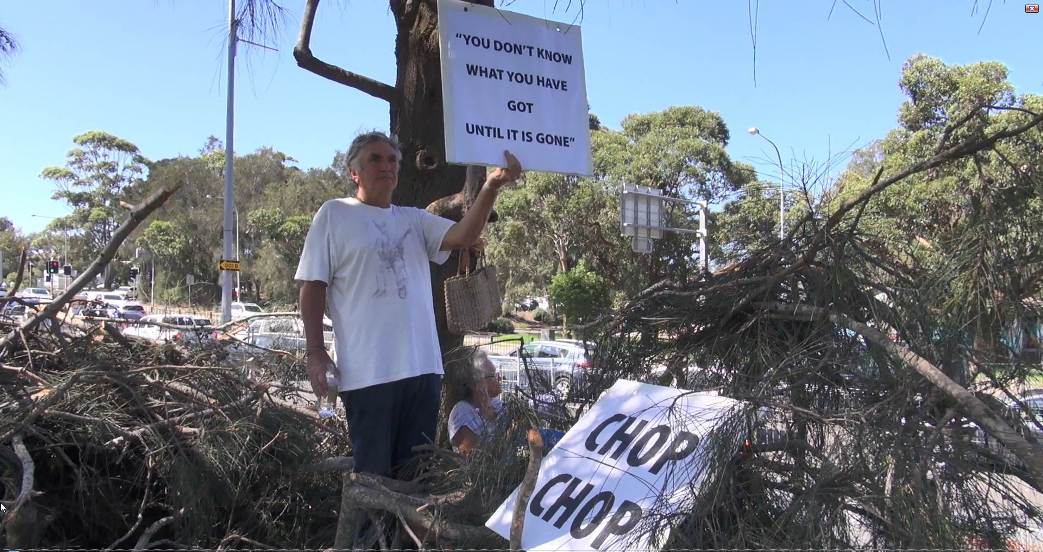
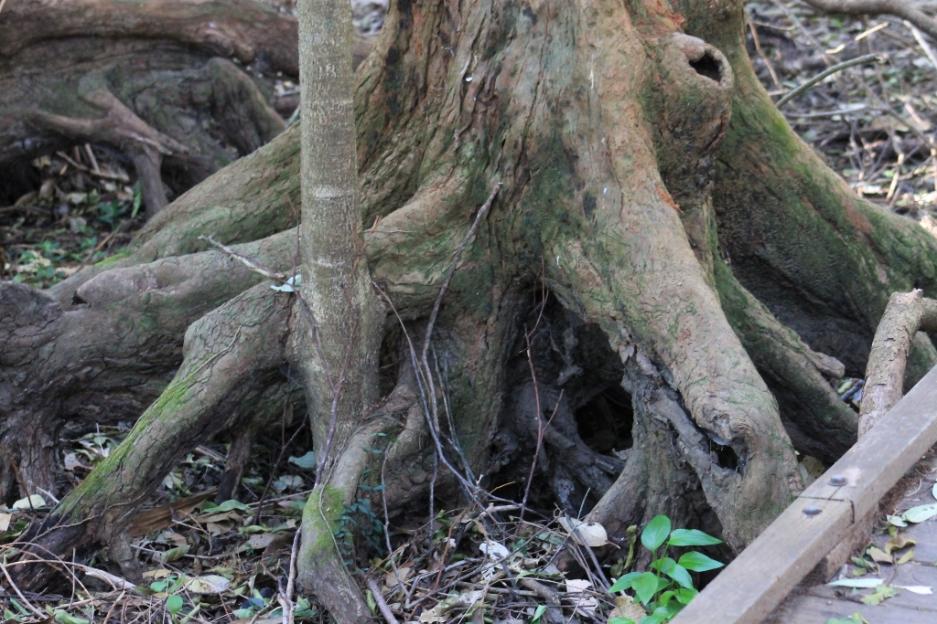
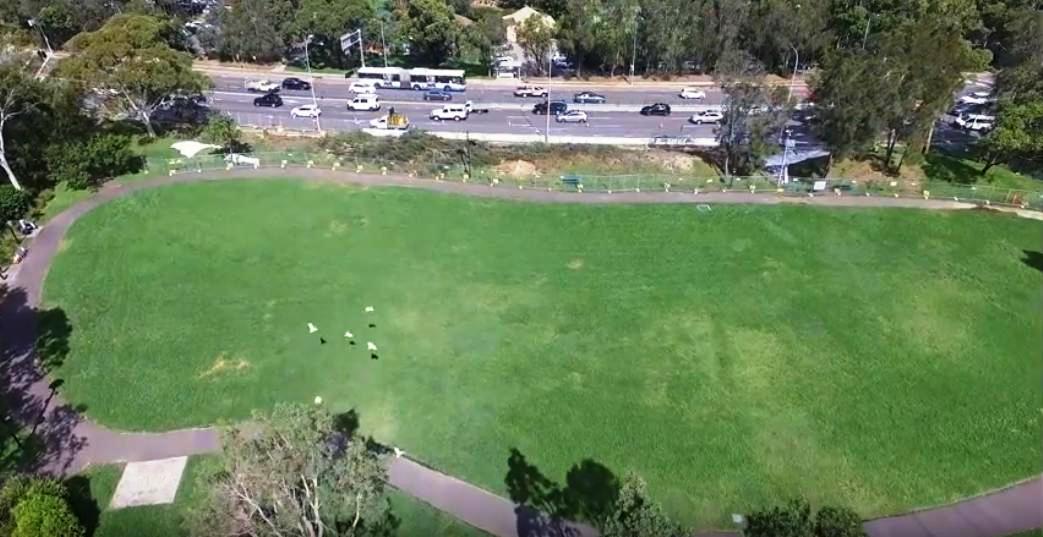
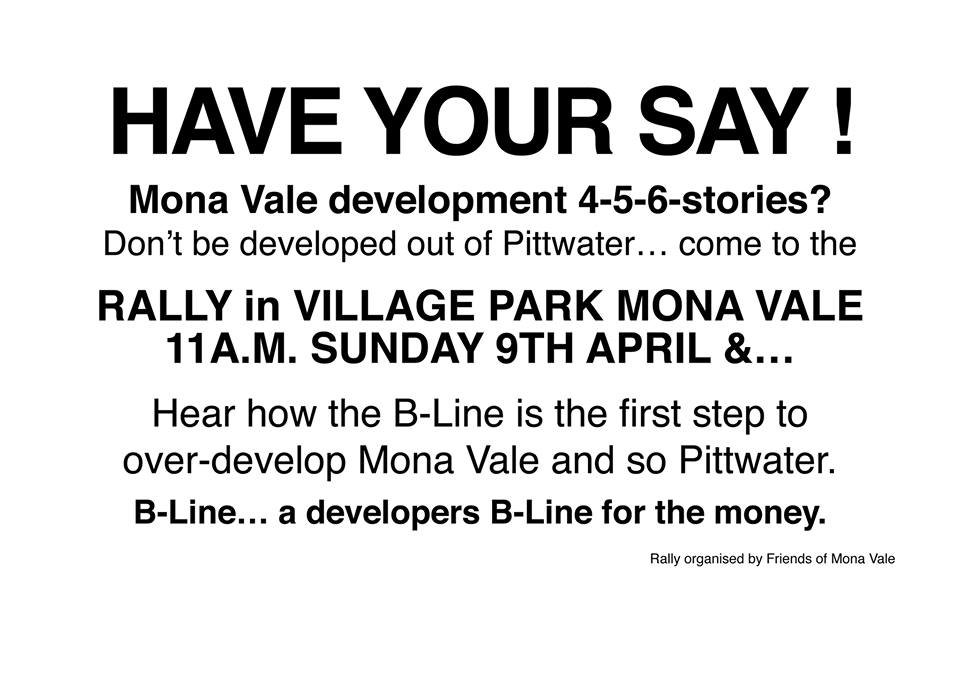
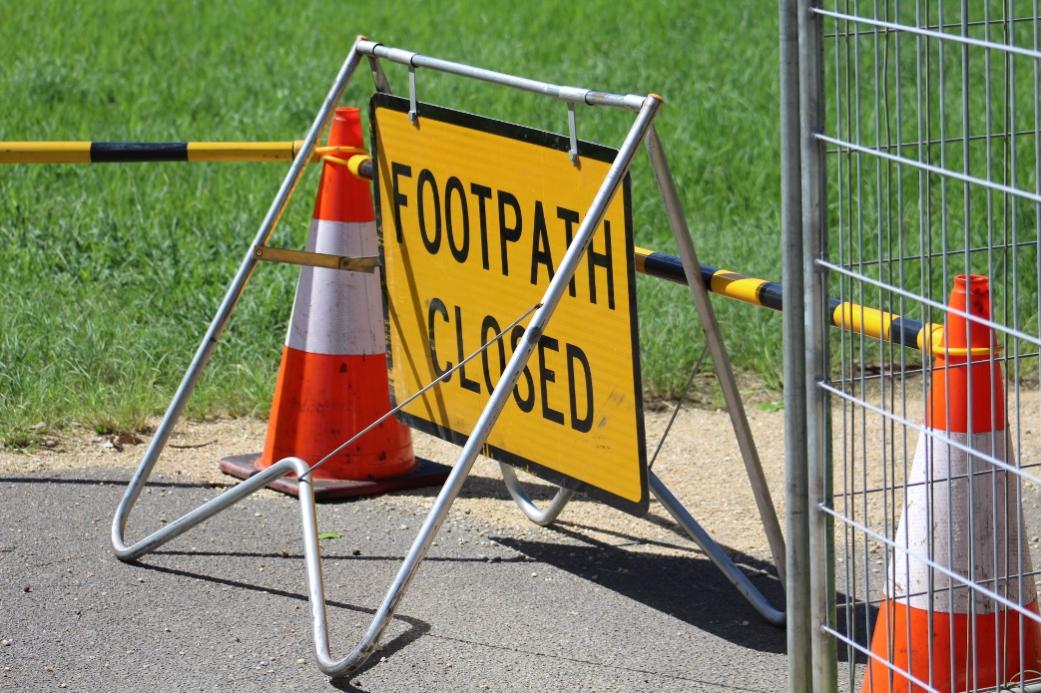
Government Thugs Arrive In Pittwater: B-Line Lie Exposed
Forced Amalgamations Hit A "Procedural Fairness" Snag That May Bring Every Imposed Merger Completely Undone
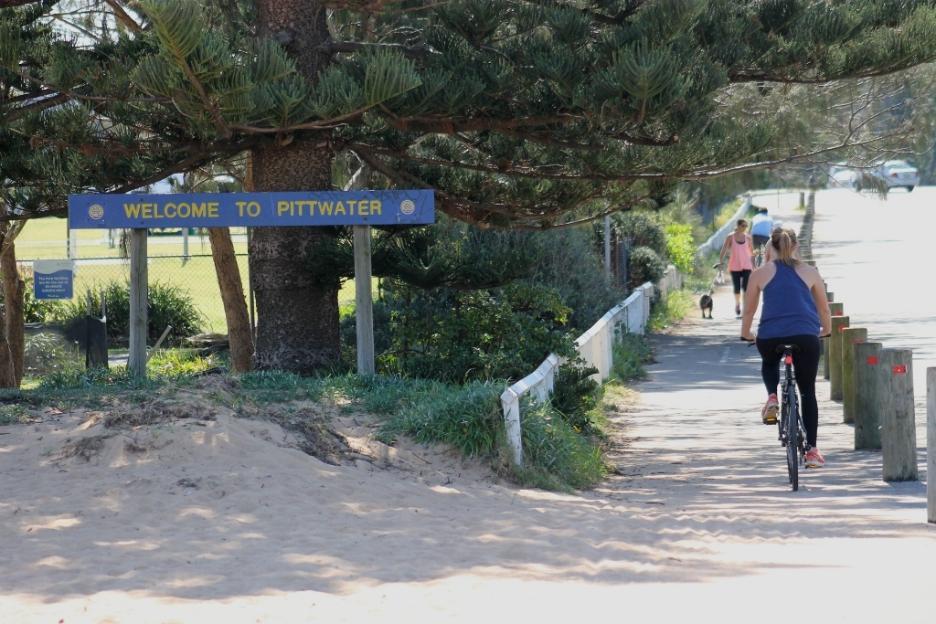
12 Thousand Best Friends Saved By Monika's Doggie Rescue: Ingleside
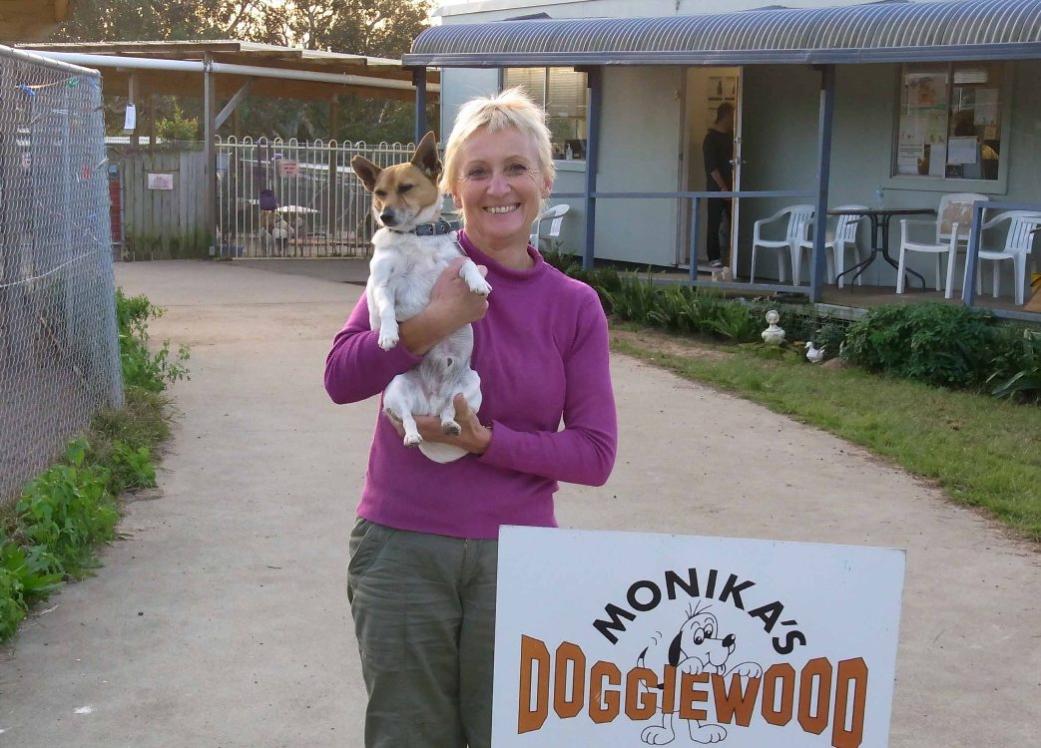
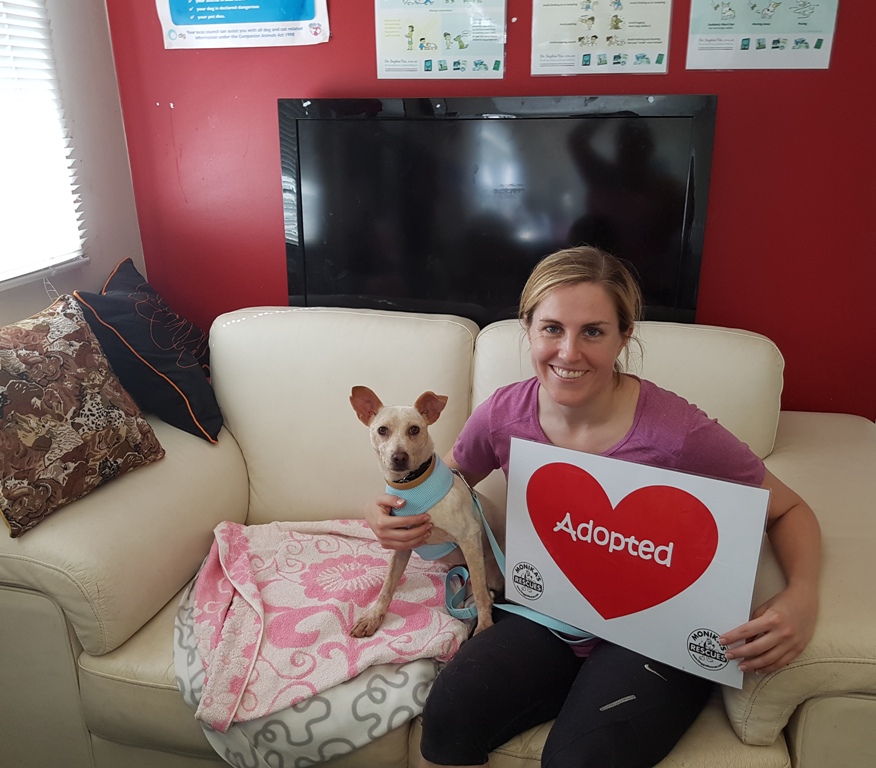
Christopher John Raggatt
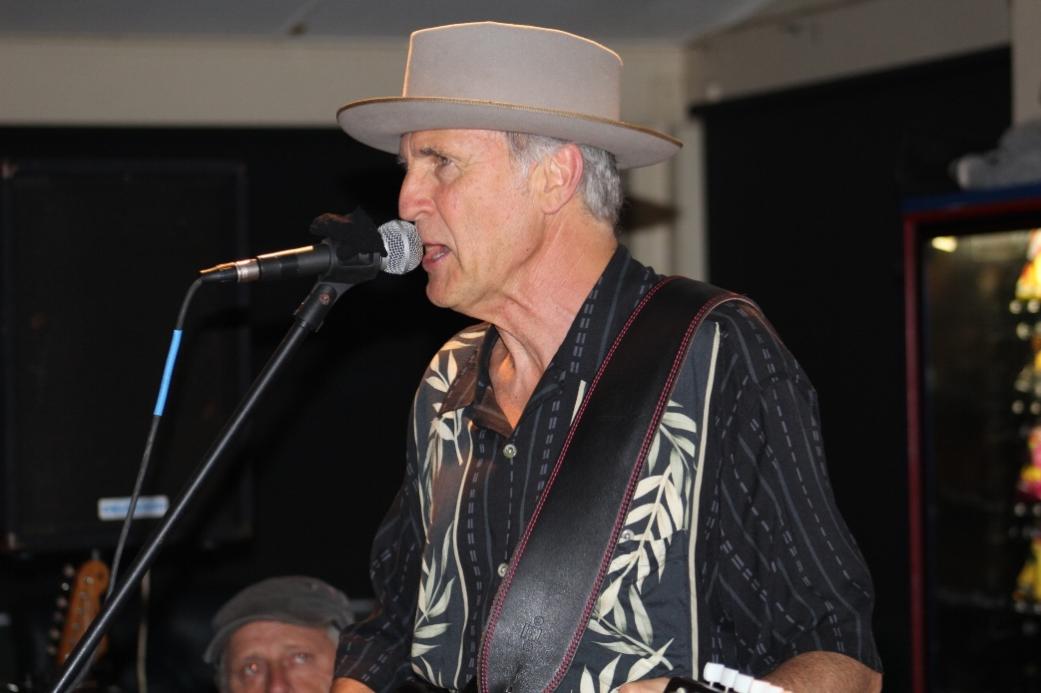
The Sydney Northern Beaches Veterans Centre Inaugural Resilience Luncheon
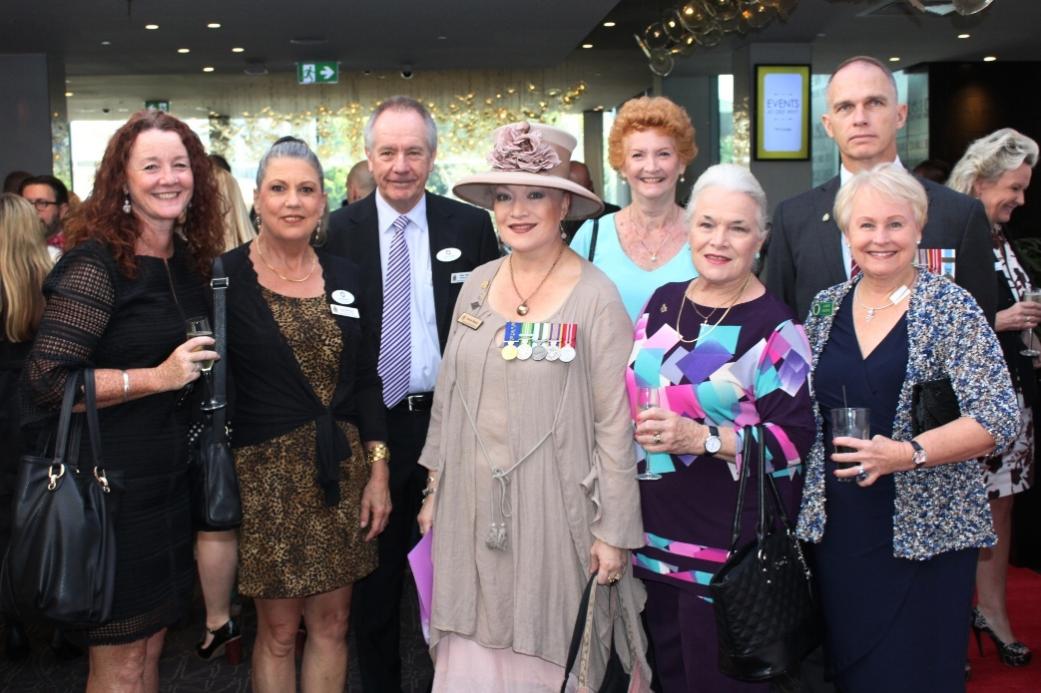
The Sydney Northern Beaches Veterans Centre, Dee Why RSL, Inaugural Resilience Luncheon
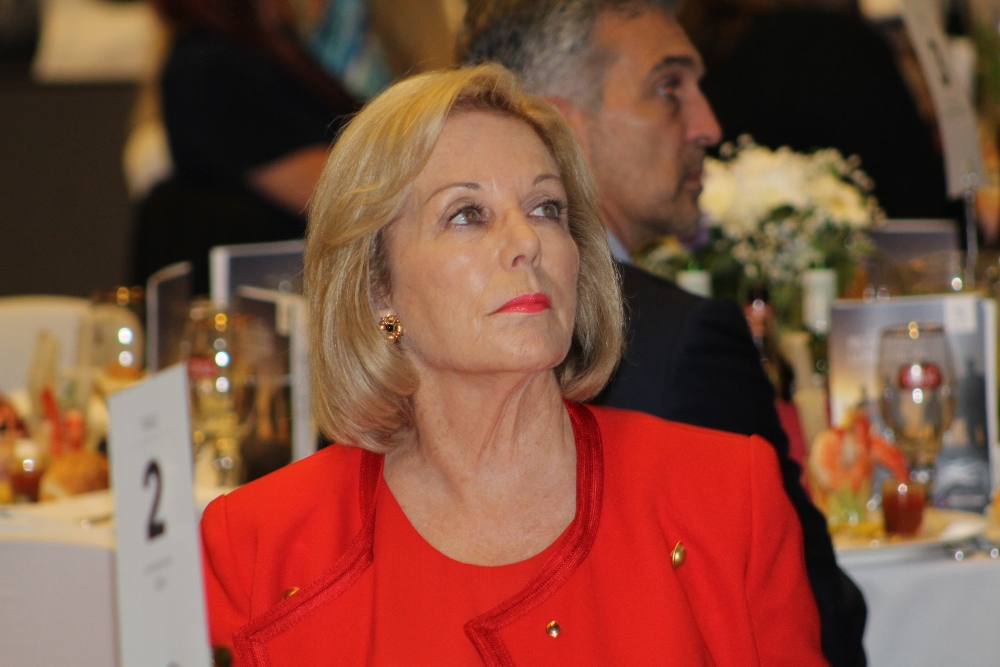
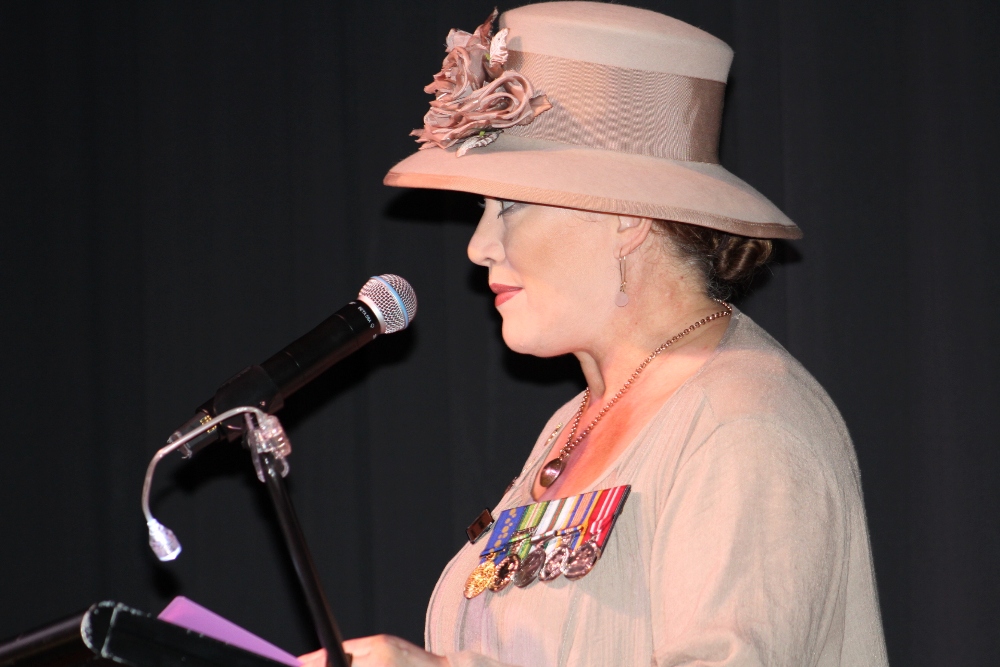
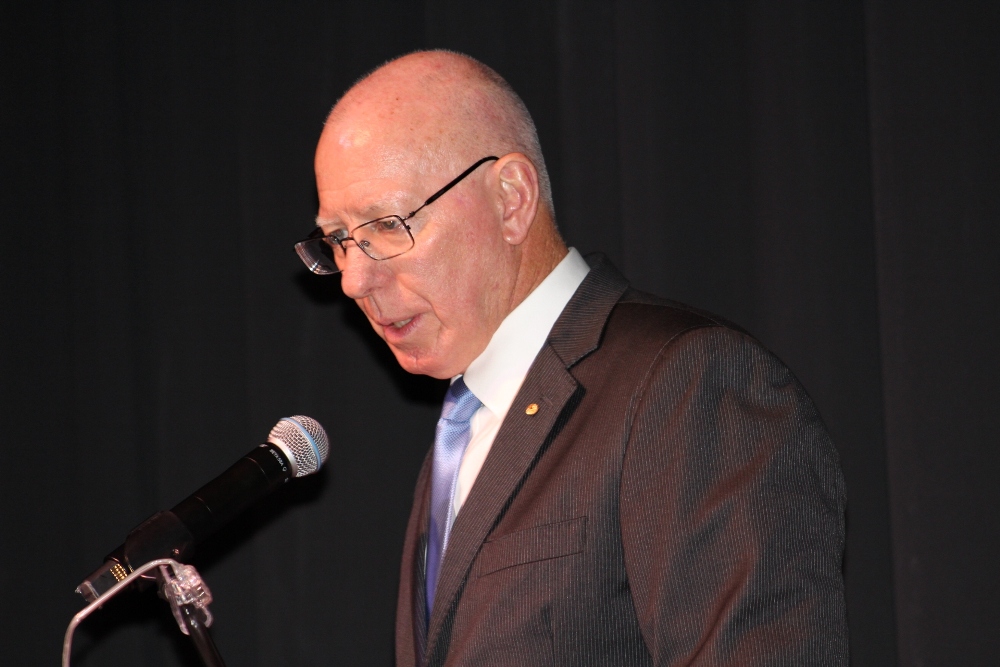
Approval Of Site Compatibility Certificate For Bayview Development Meets Strong Community Disapproval
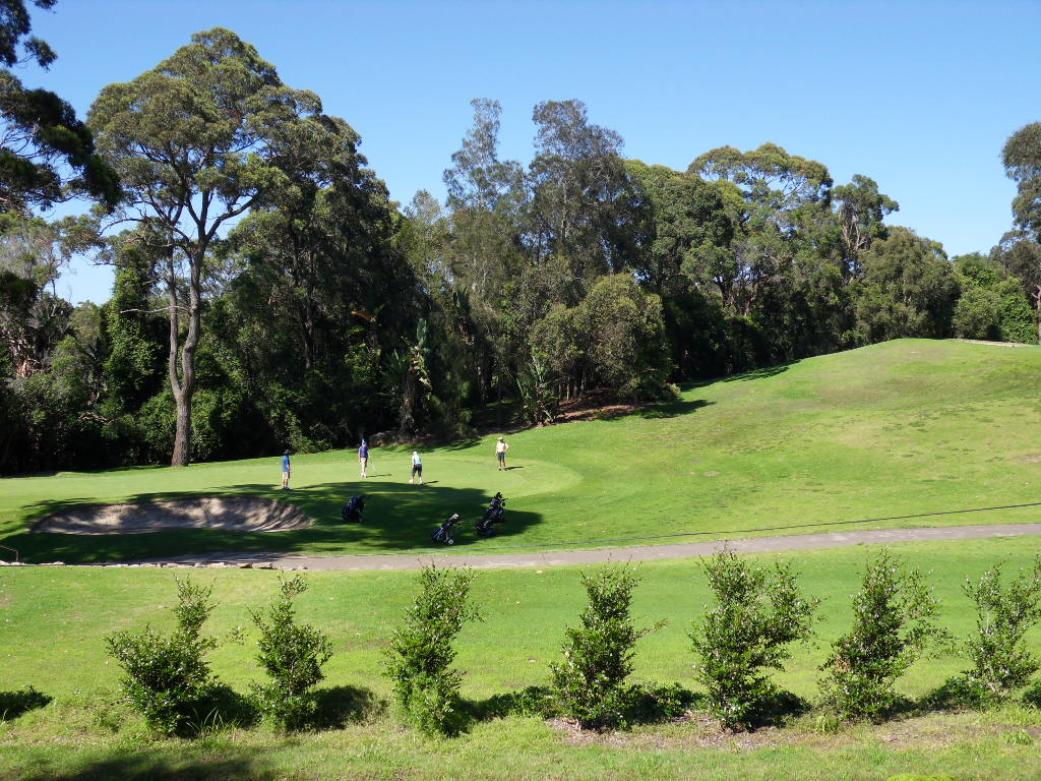
Approval Of Site Compatibility Certificate For Bayview Development Meets Strong Community Disapproval
Lifeline Classic Living Ocean Team Raises The Bar To Support Those Who Will Always Answer The Call For Anyone In Crisis
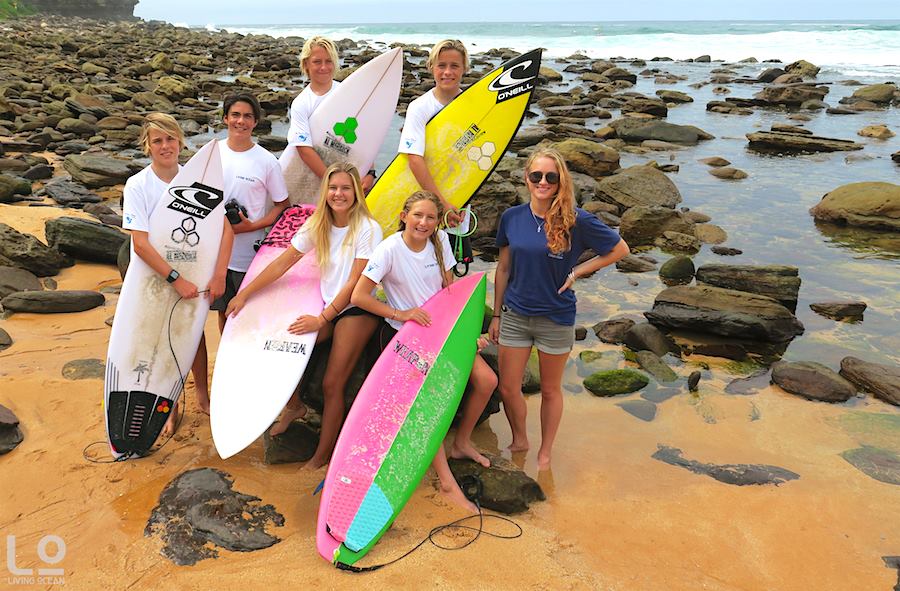
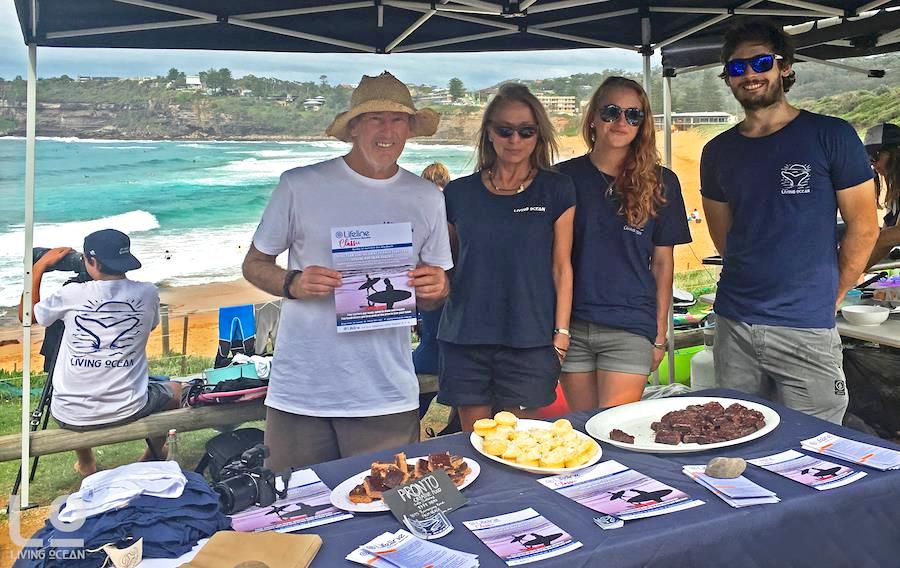
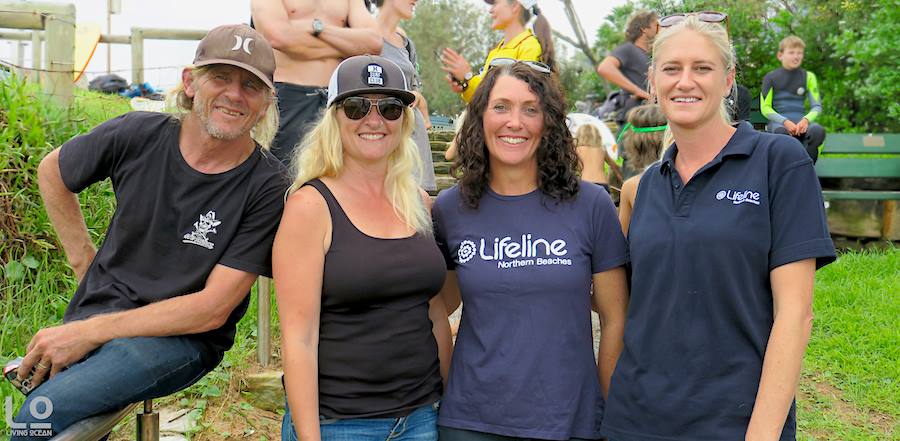
Av. Green Team Creating Waves Of A Sustainable Green And Clean Future
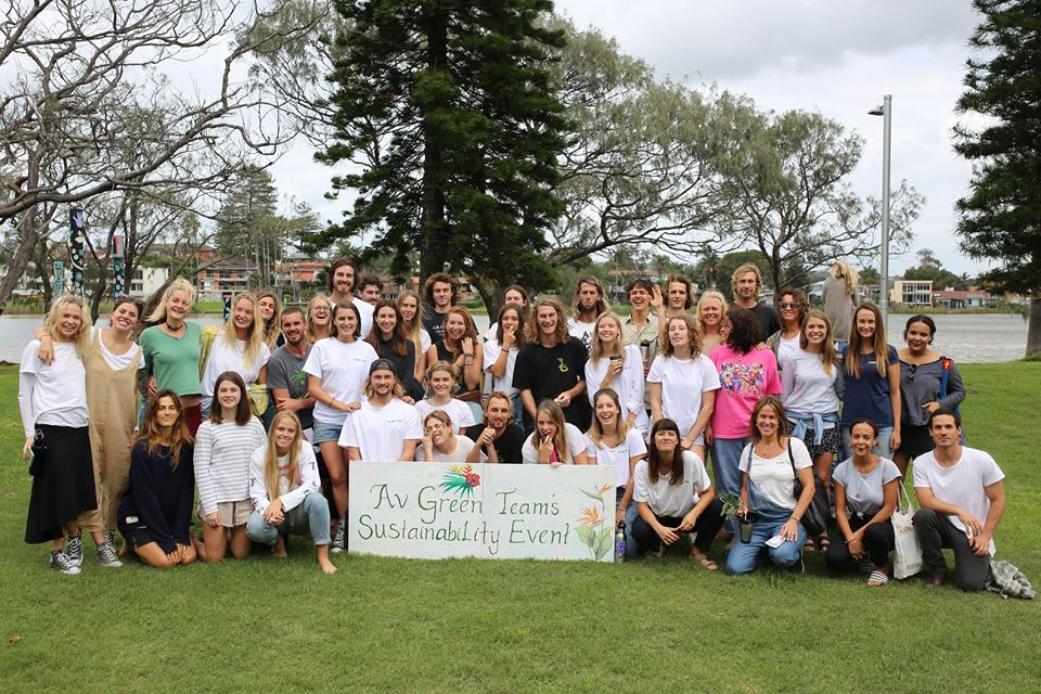
Av. Green Team Creating Waves Of A Sustainable Future
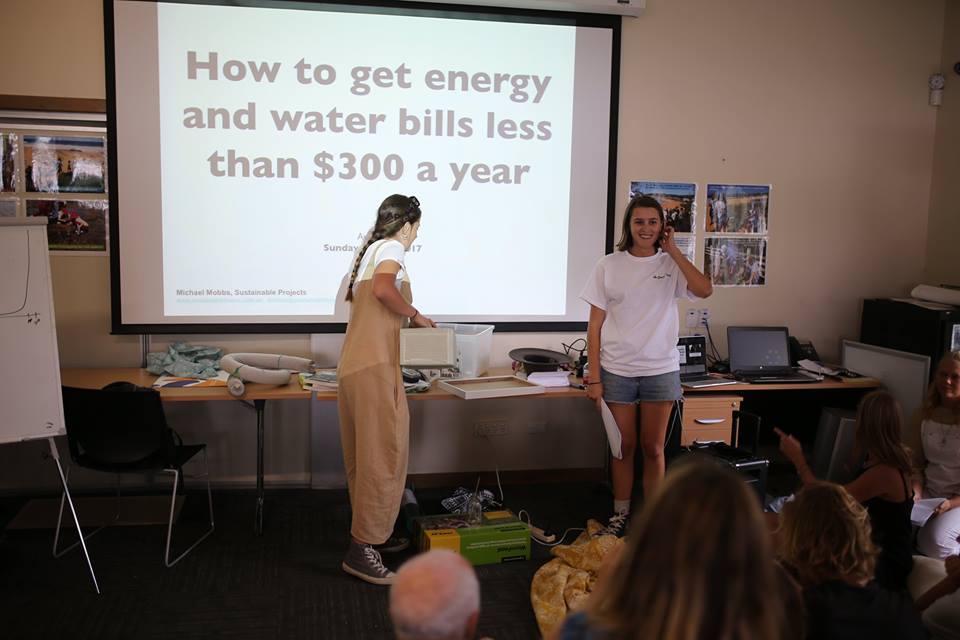
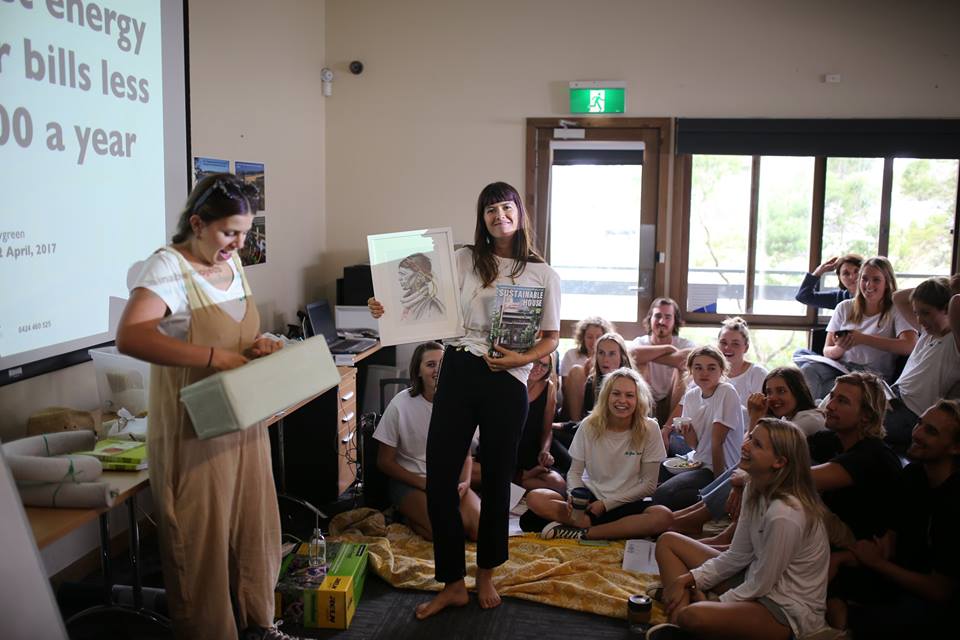
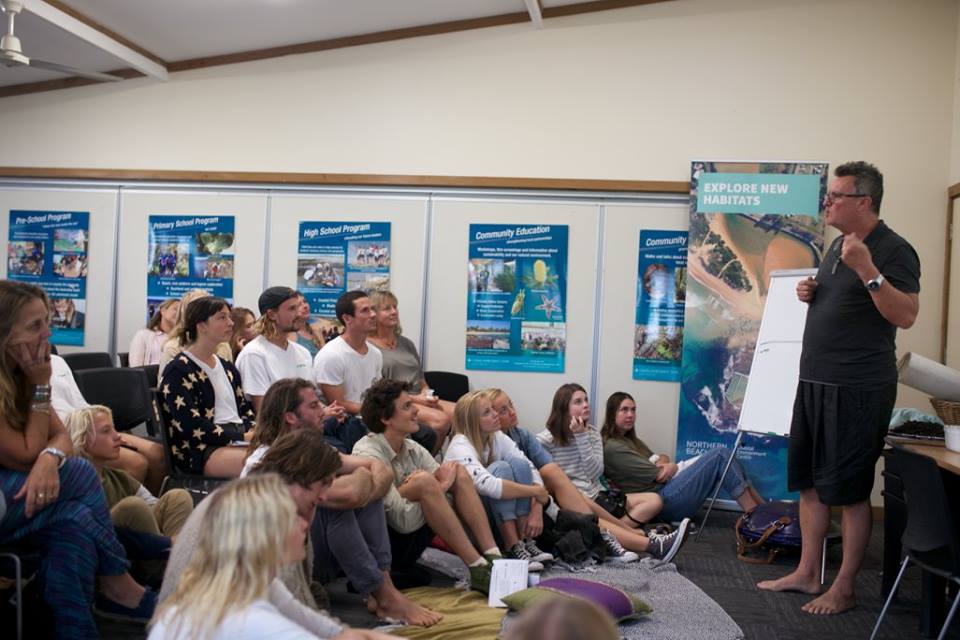
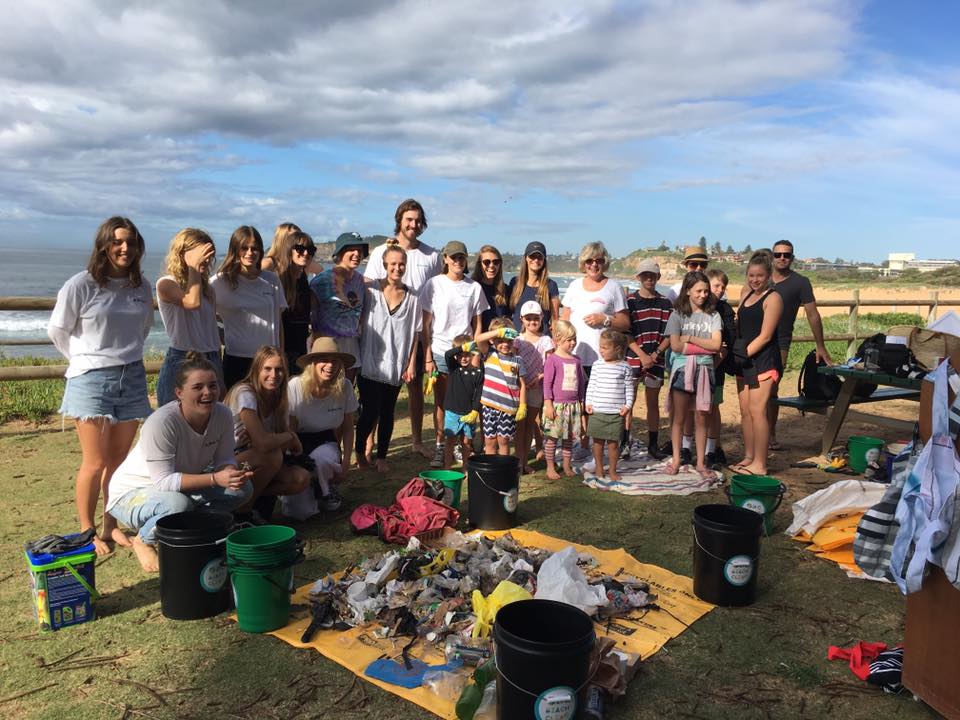
Elsie Track, Scotland Island Reclaimed: Community Engages Next Generation On A Great Way Forward For Little Feet!
Elsie Track
By SIOCS - The Island Kindy
Preparation Works
These pictures are of the work done to build the track. They show what was there before the bush regeneration and track building features were done, and the results of such efforts.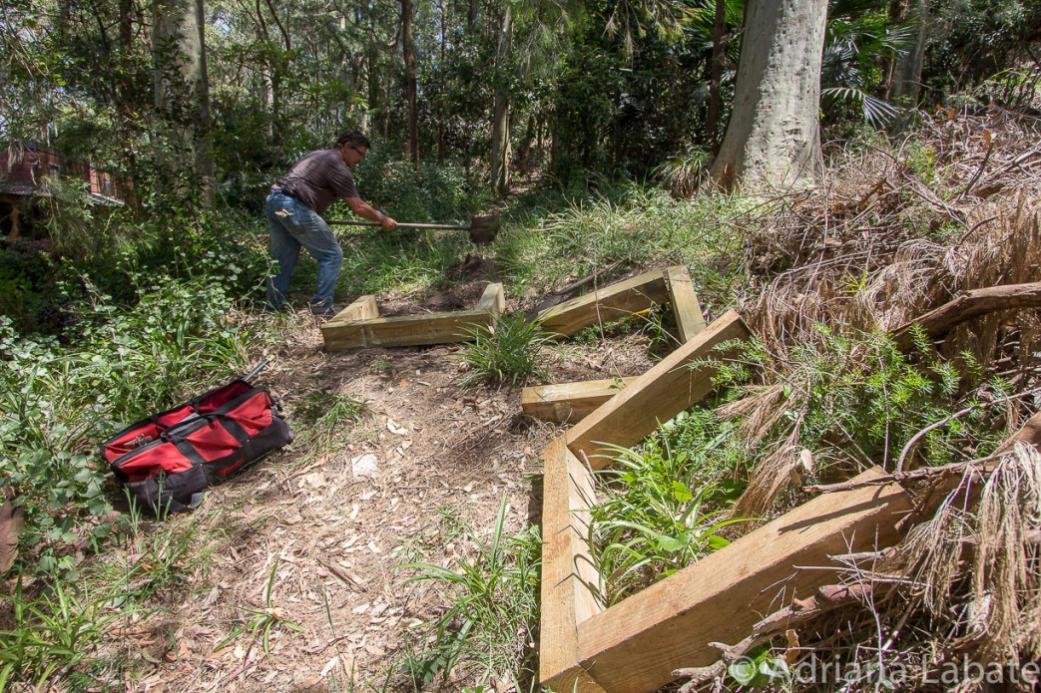
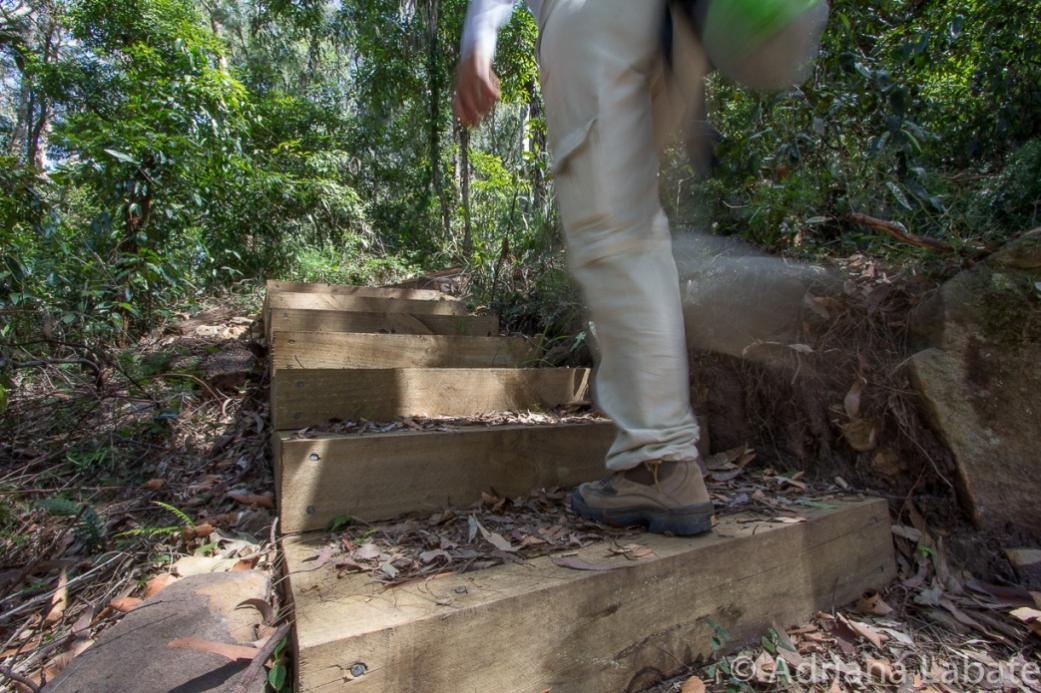
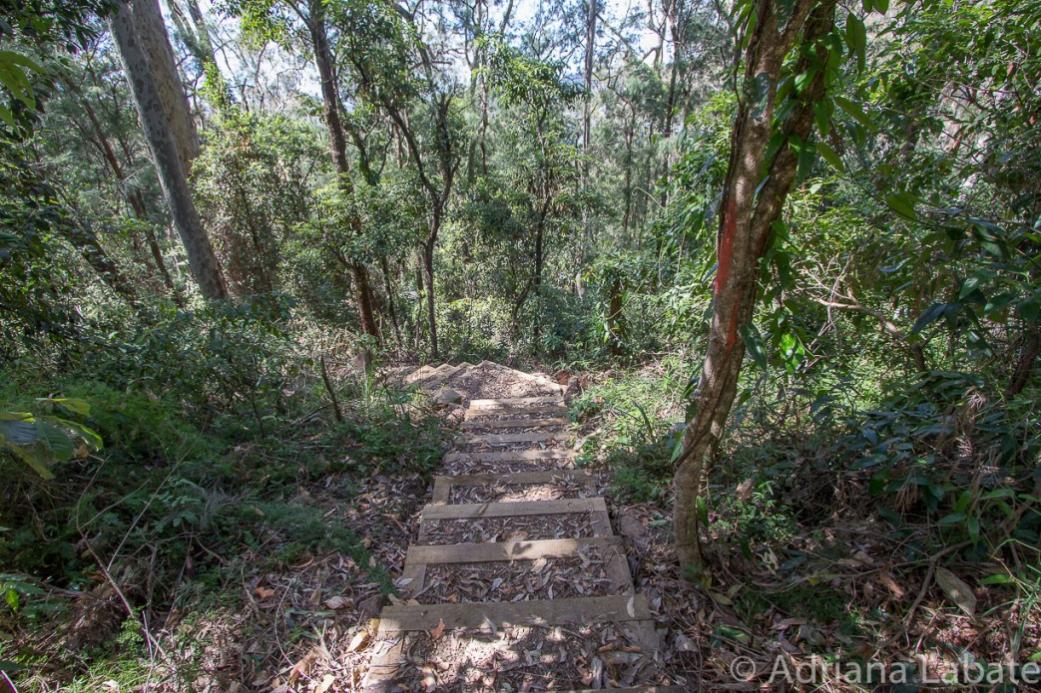
Children's Signs
Two signs were made to be posted at both ends of the track using the children's footprints. Adriana went to the kindy, outlined the children's feet on paper to make a stencil then they painted their own footprint on the wooden signs. The signs were posted during the planting day.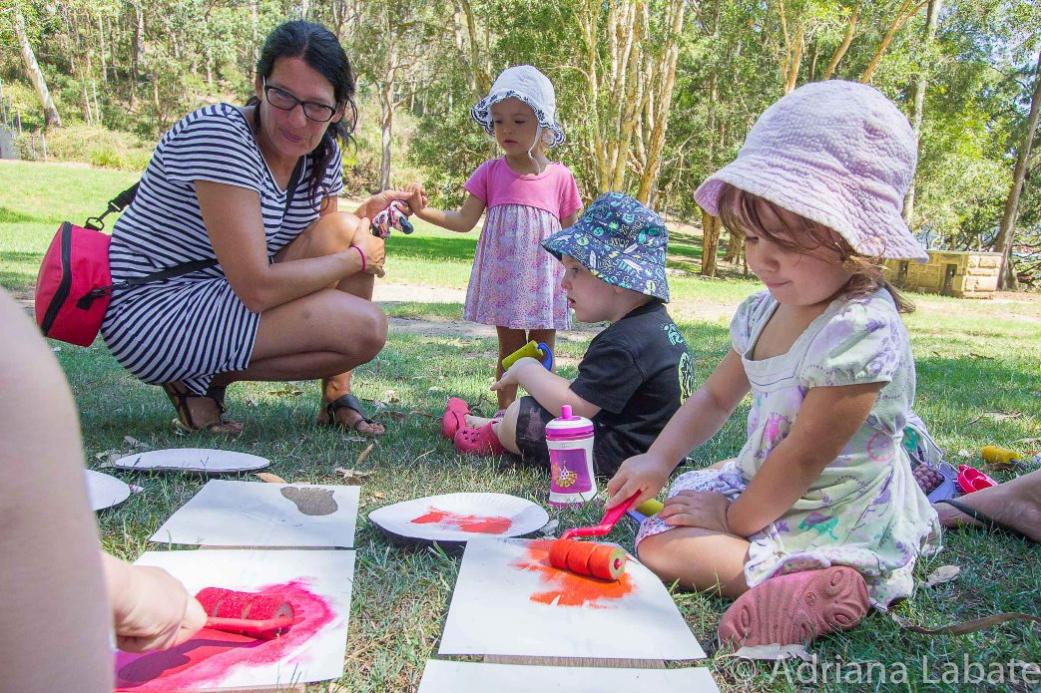
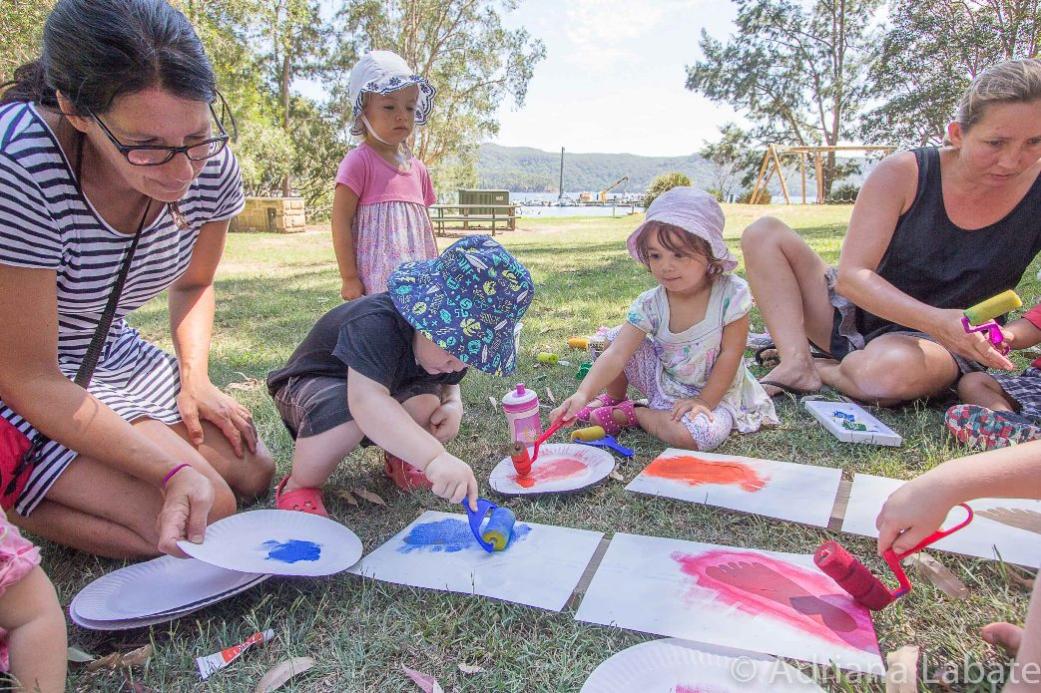
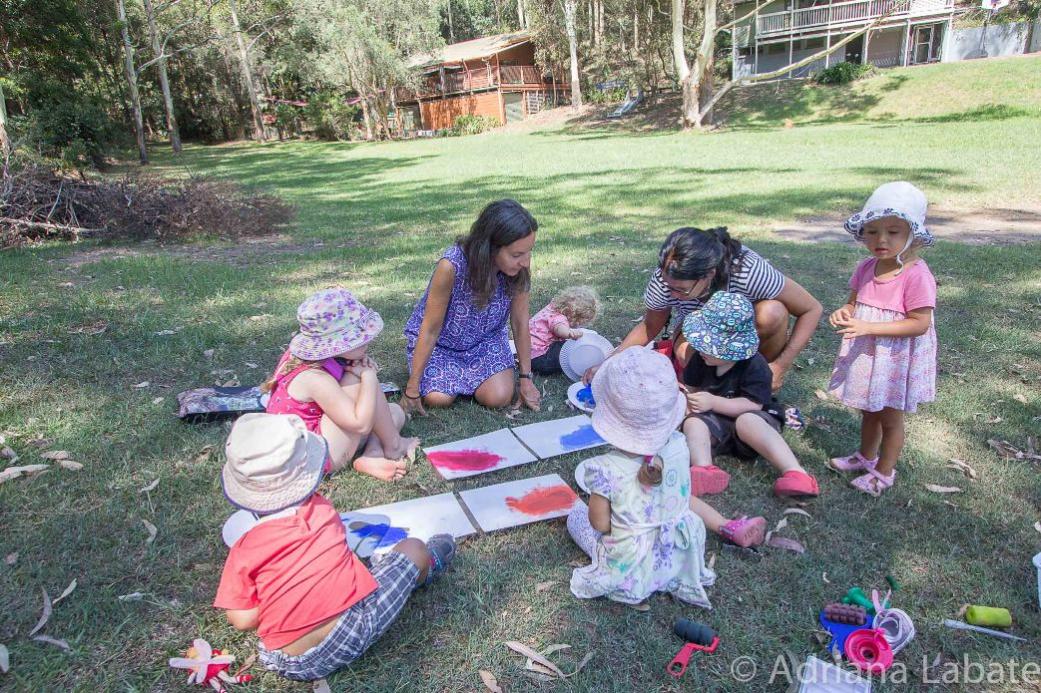
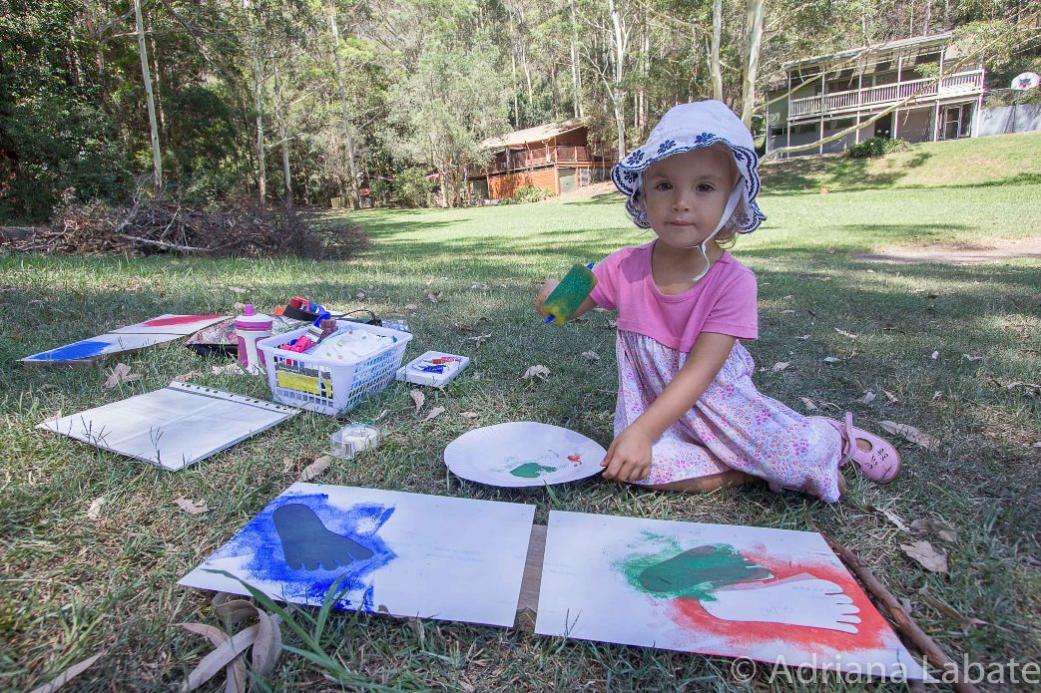
Planting Day!
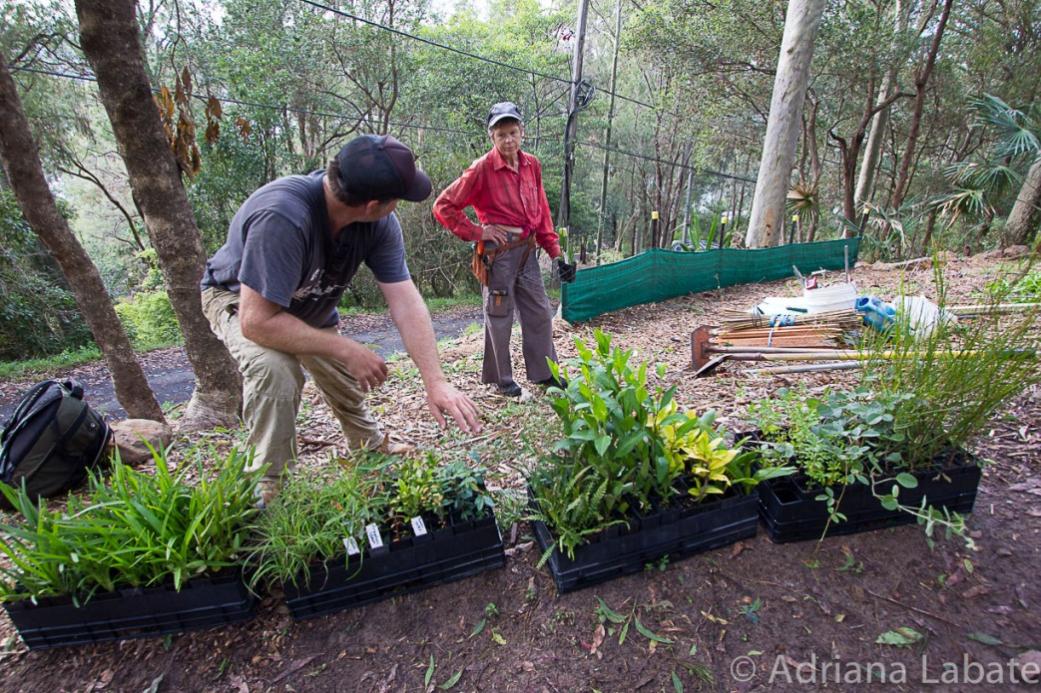
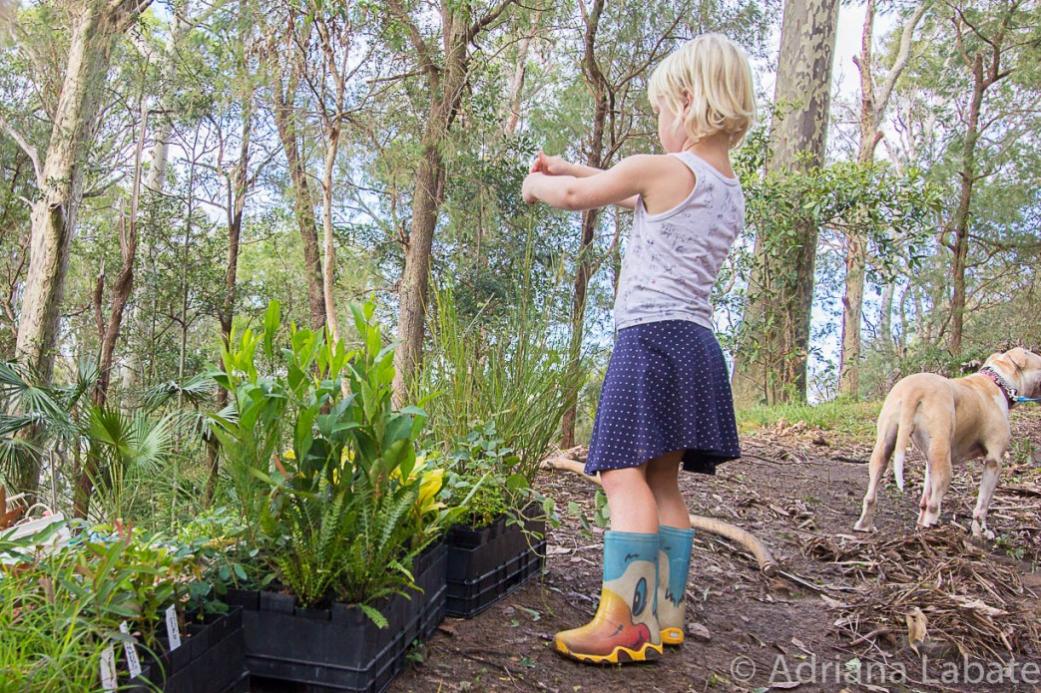
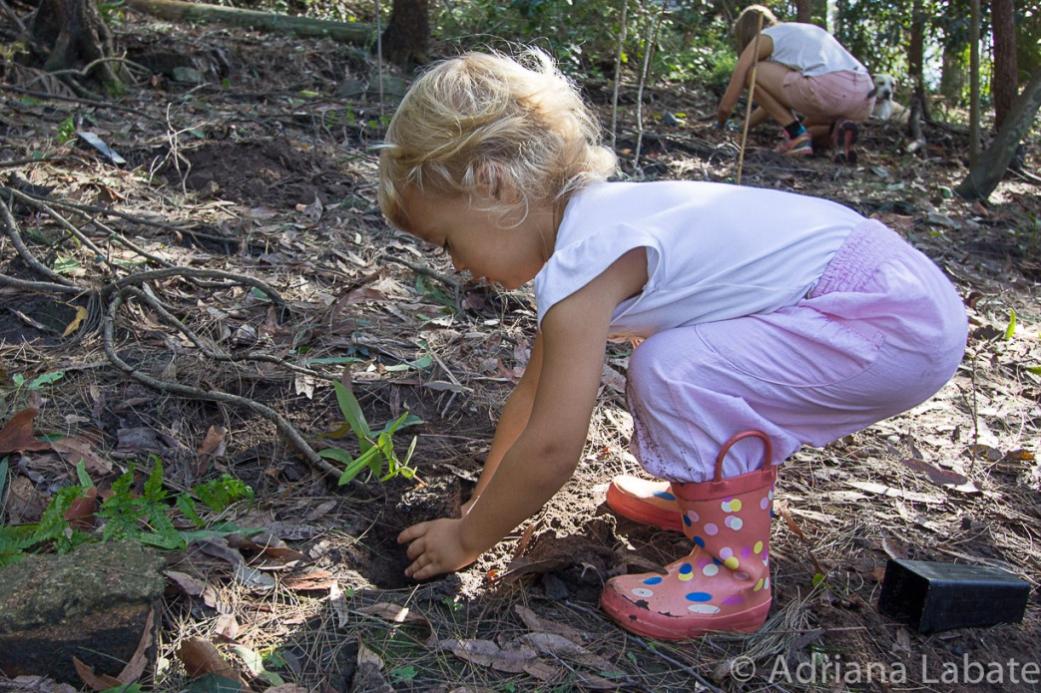
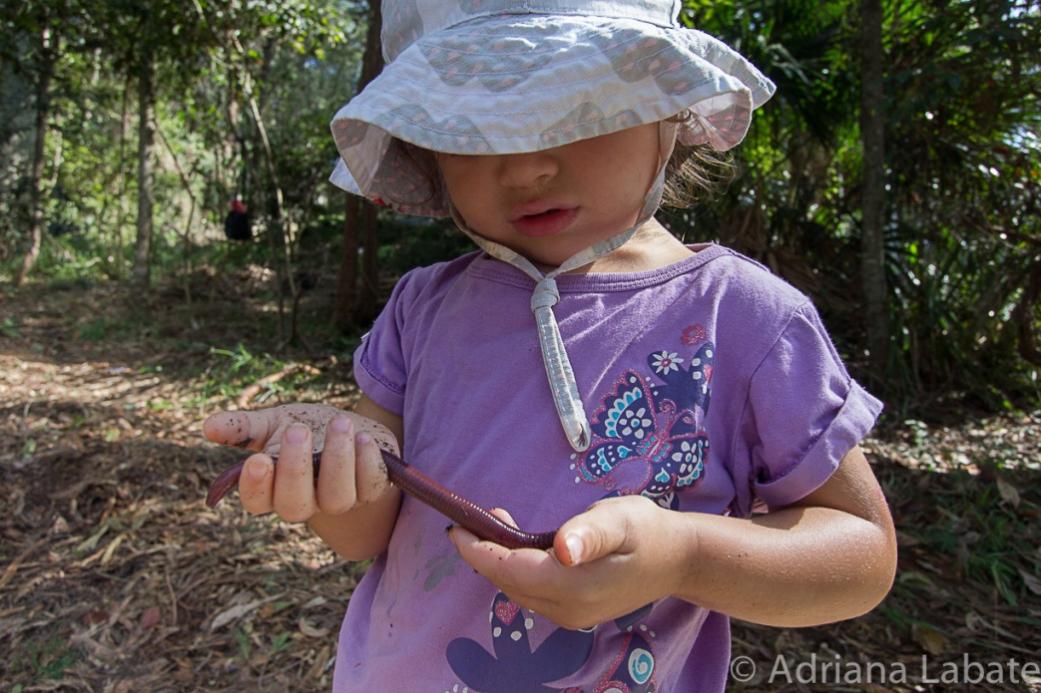
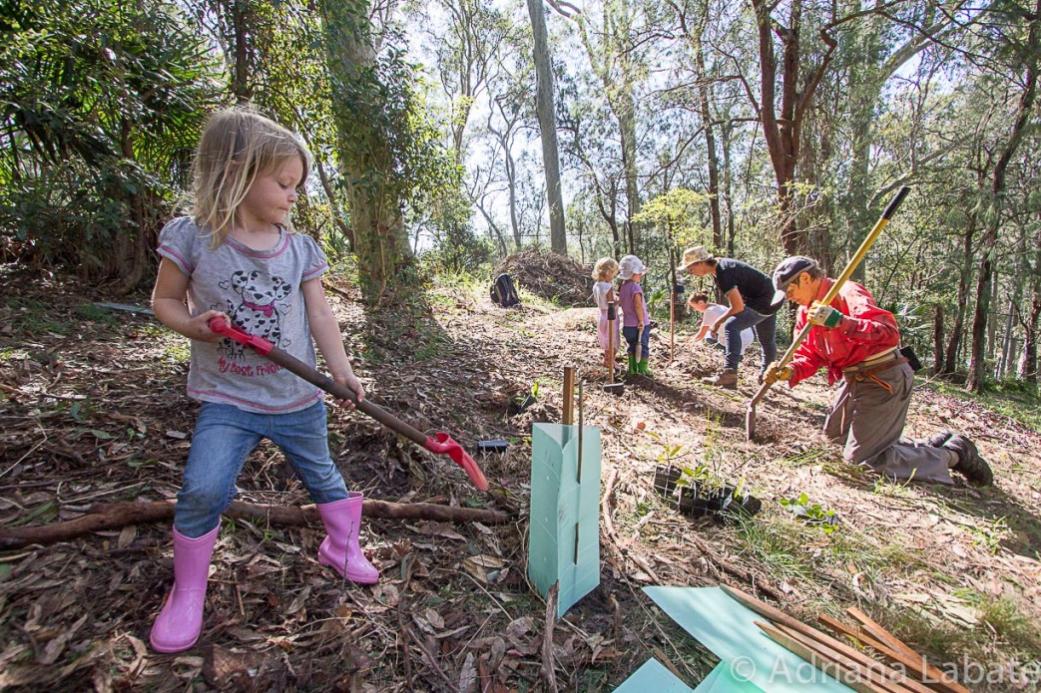
Warringah Touch Football Association Support Of Mona Vale Hospital Auxiliary And The Children's Ward Continues
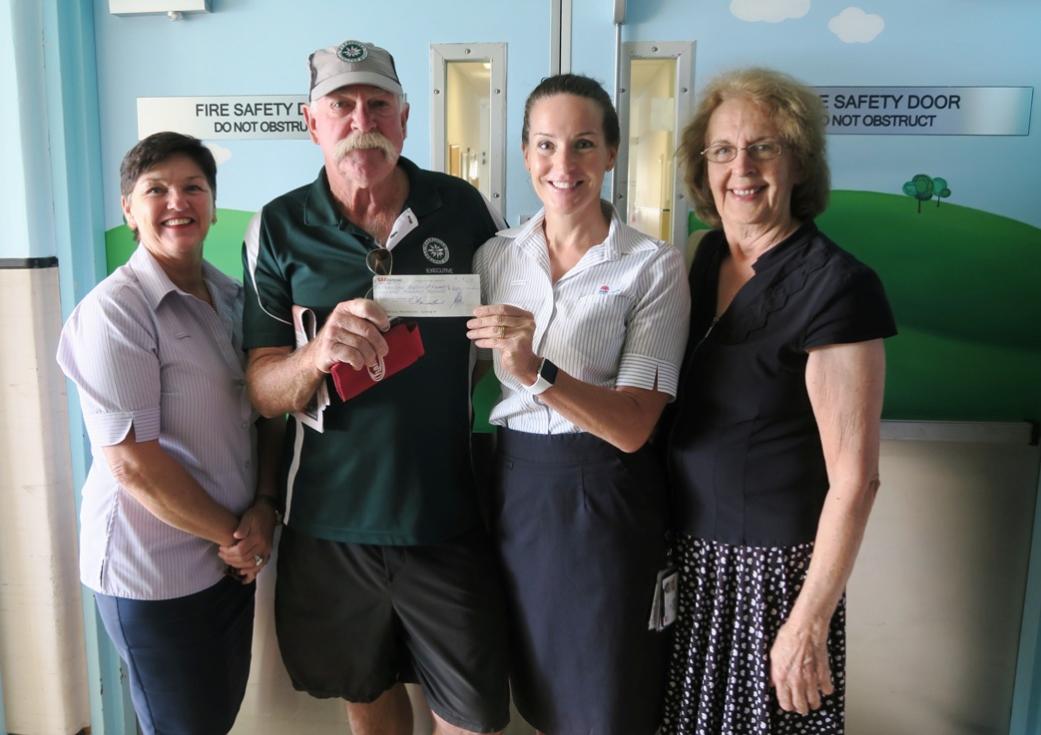
Warringah Touch Football Association Support Of Mona Vale Hospital Auxiliary And The Children's Ward
Surf Lifesavers Prepare To Lower Flags
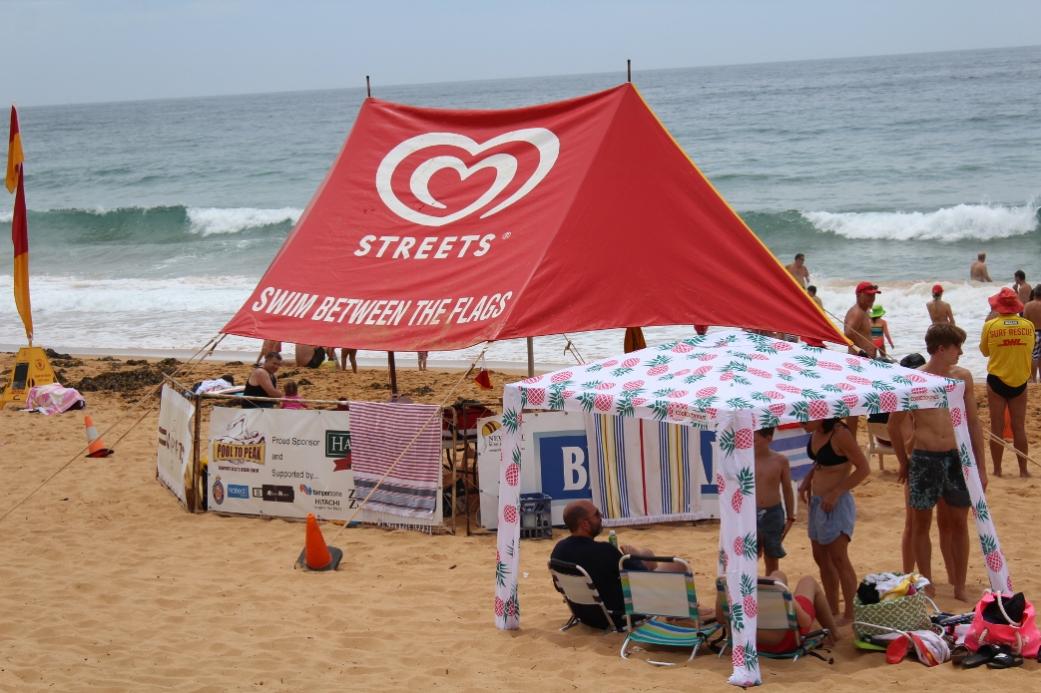
Surf Lifesavers Prepare To Lower Flags
'Don't Be Developed Out Of Pittwater' Rally At Mona Vale's Memorial Hall: Motion to Fight To Restore Pittwater Council Passes
Pittwater Pathways
Mosman Readers Request - ' Could You Do A History Page On Clifton Gardens Please - People Would Find This Interesting';
Clifton Gardens Mosman: An Eternal Green And Saltwater Space And Of Many Captains


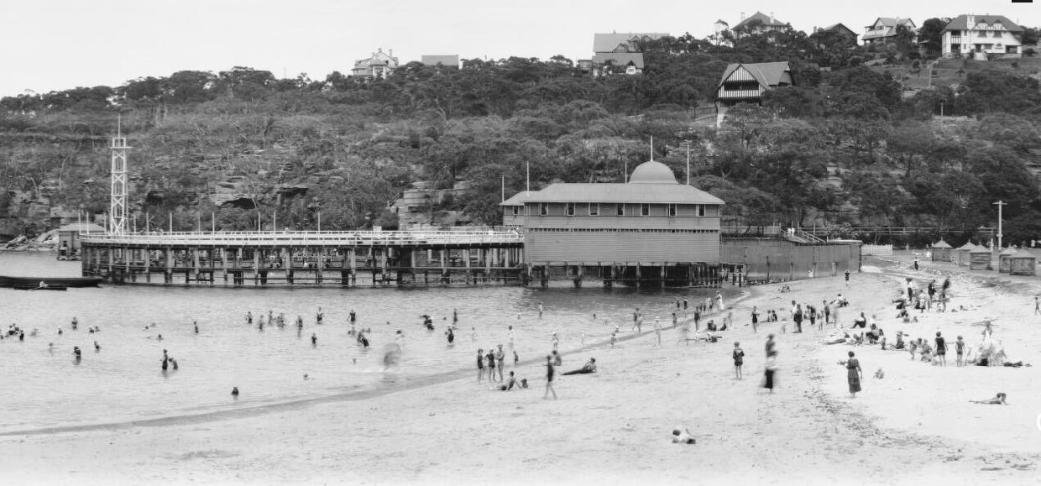
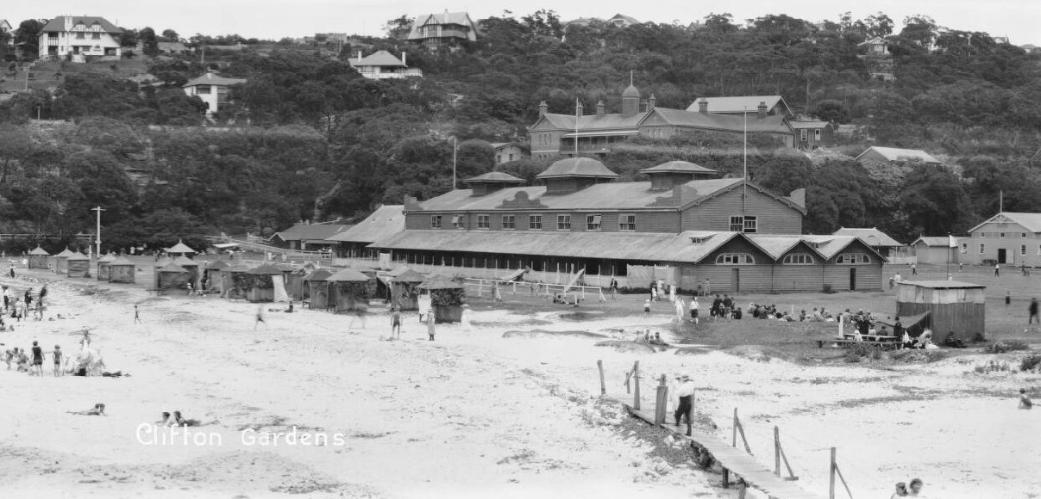
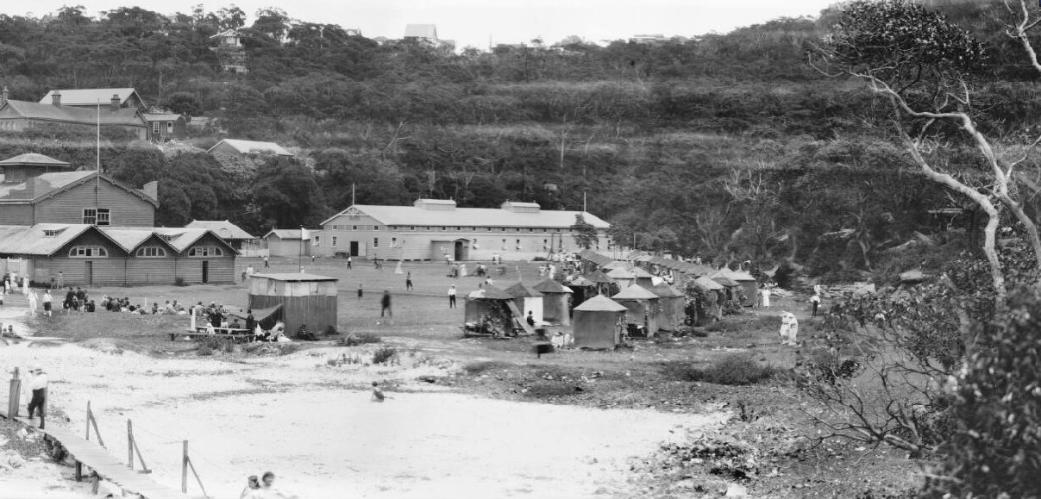
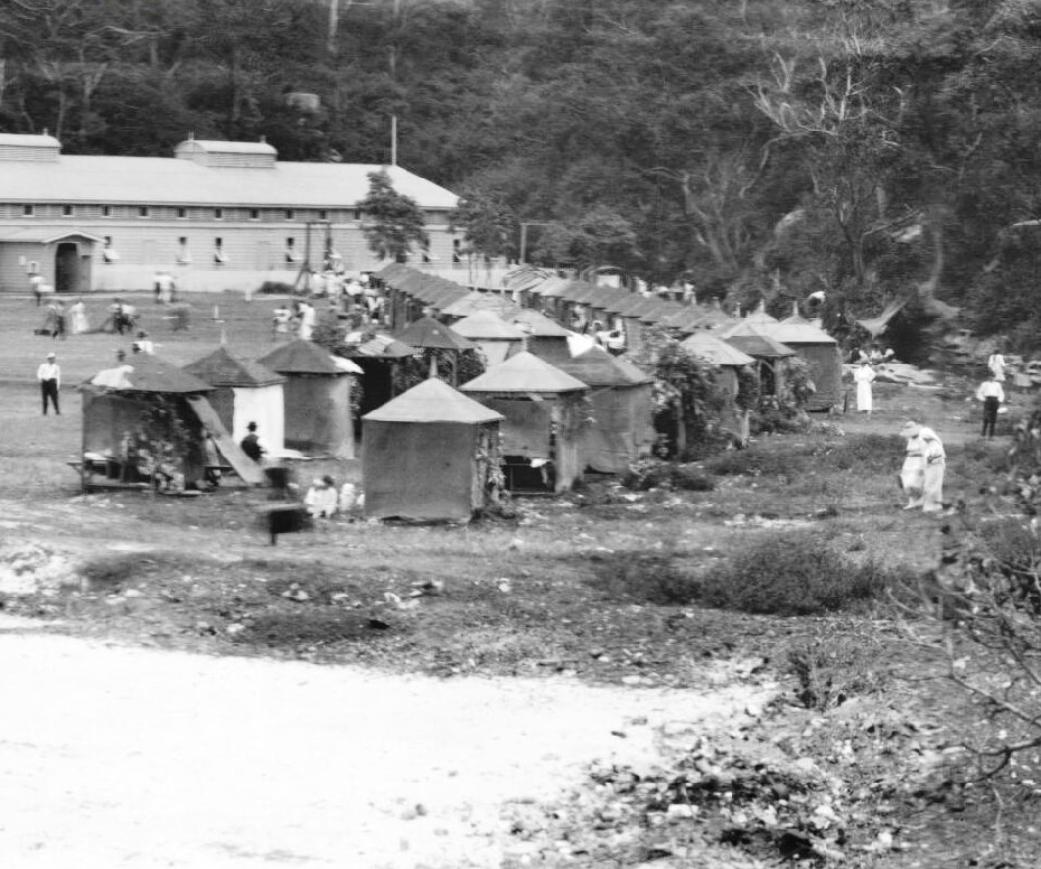
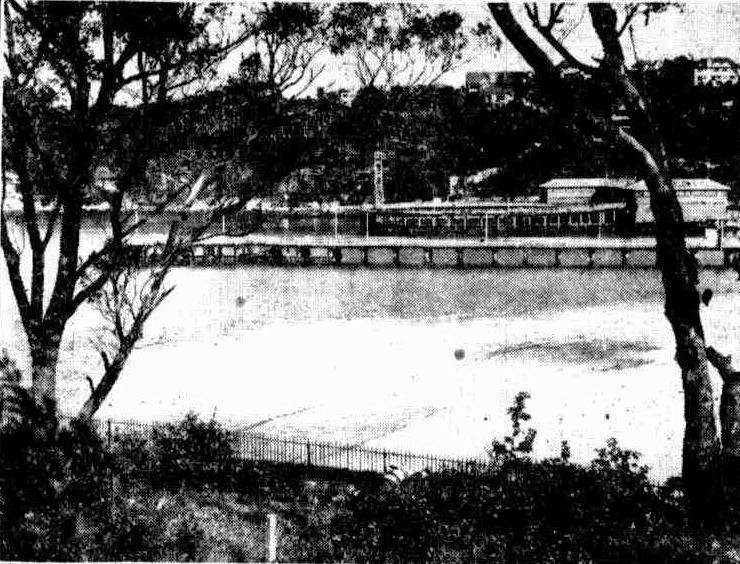
Walter (Wal) Williams
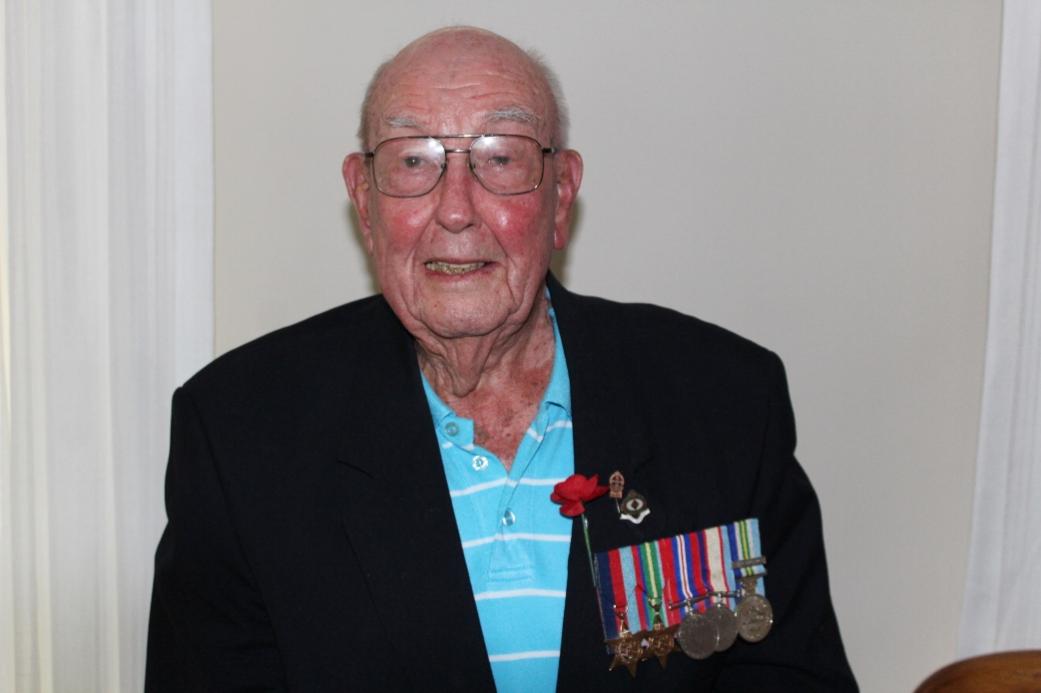
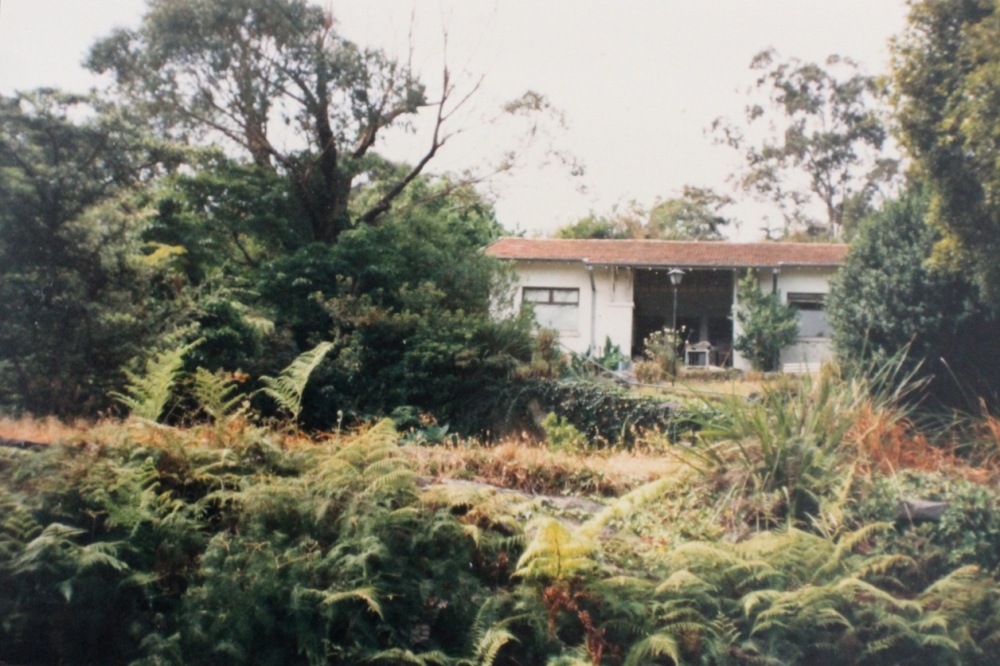
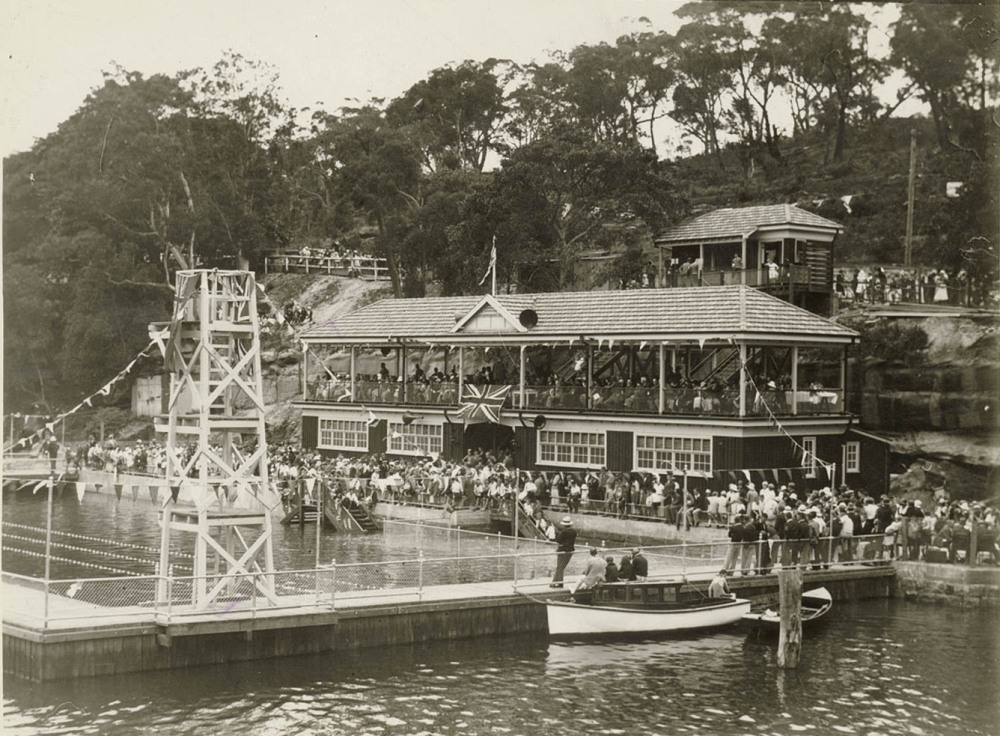
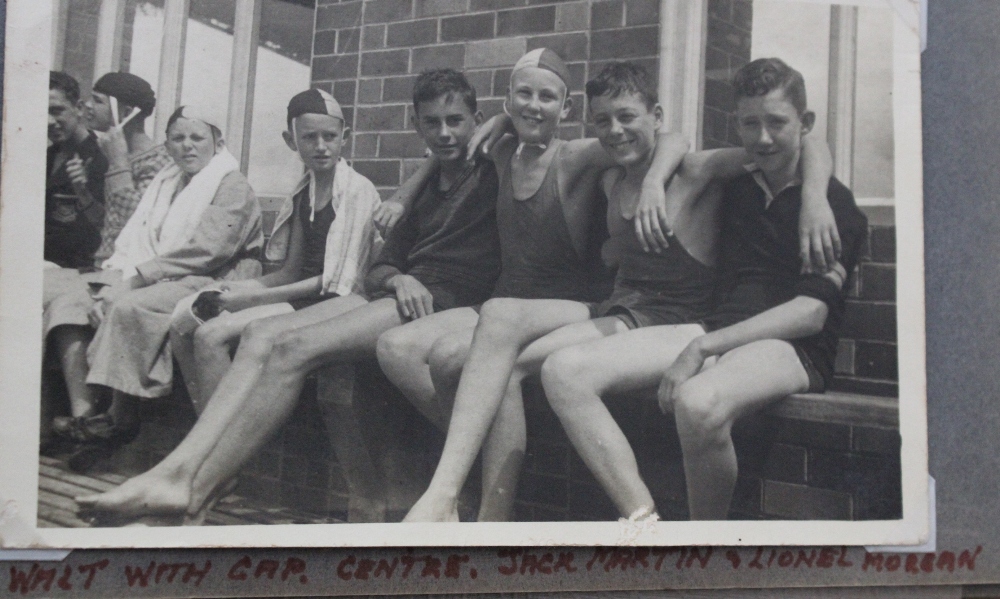
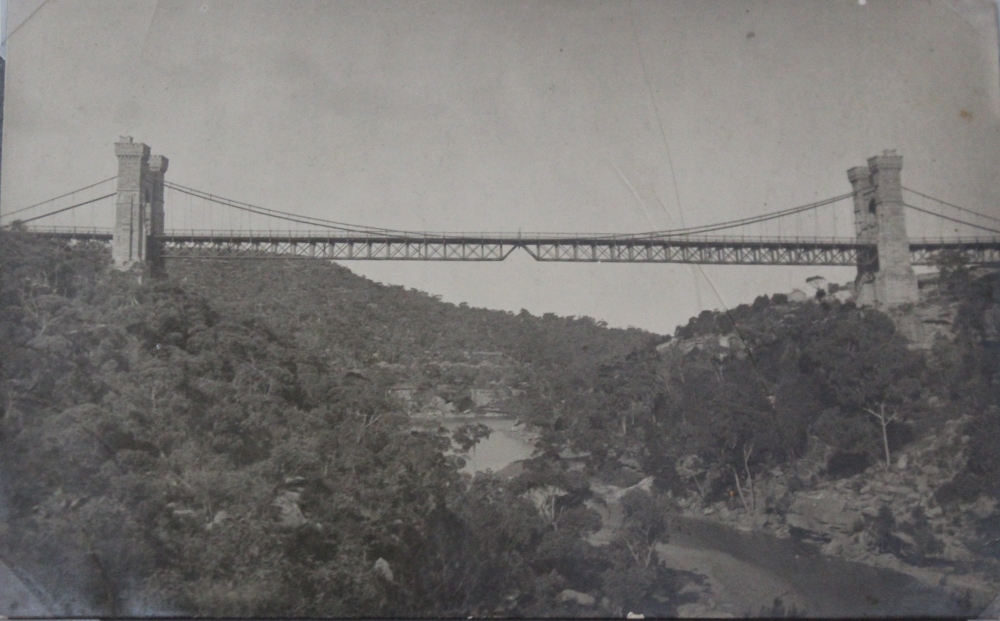
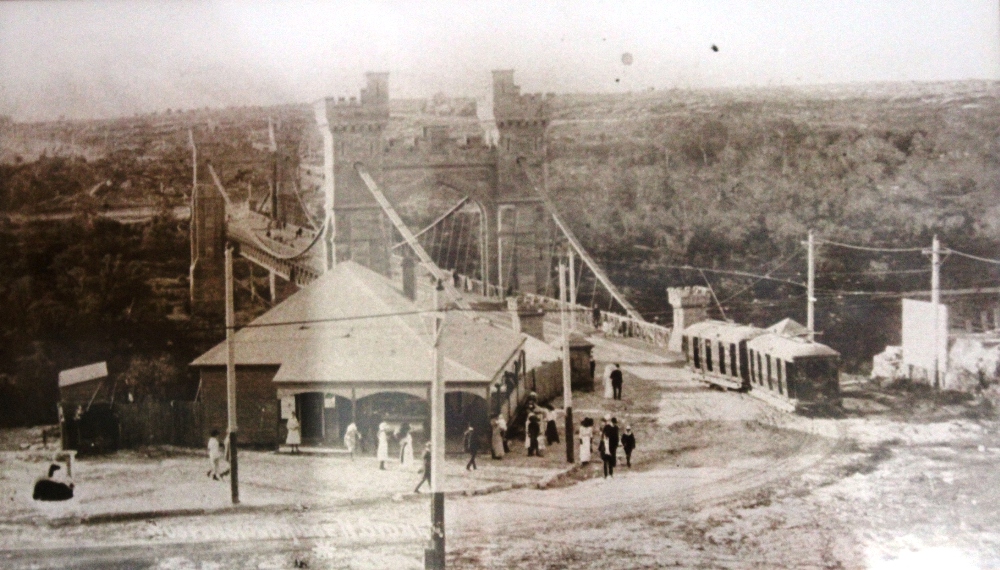
Pittwater Athletes Excel At 2017 World Masters Games In New Zealand
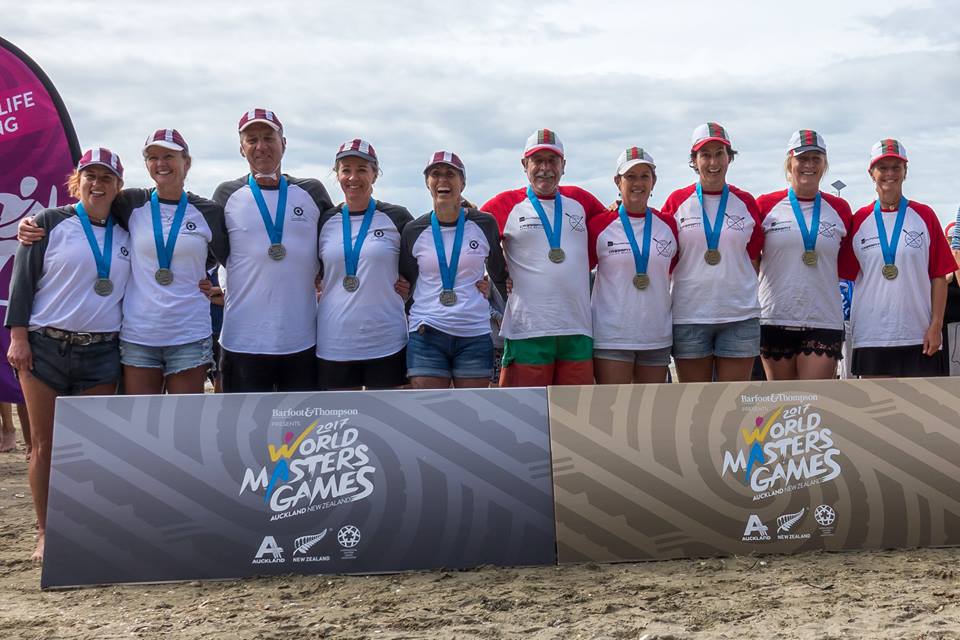
Warriewood SLSC's Rustys and Avalon Beach SLSC's Antinques- Silver and Gold at 2017WMG.
Palm Beach SLSC's Golden Girls: Annabelle Chapmane, Di van Ooi, Fi Rae and Karen Begg.
The World Masters Games 2017 have and are taking place in Auckland New Zealand from 21-30 April 2017. This is an international sporting competition for athletes of masters age, comprising up to 30 sports played over 10 days. The multisport festival is for anyone who loves to combine sport with pleasure.
The World Masters Games is the world’s largest multi-sport event. Held every four years, it is the pinnacle sporting event for masters competitors worldwide. In supporting the Olympic Games ethos of ‘sport for all’, the goal of the World Masters Games is to encourage participation in sport throughout life. Competition and camaraderie are equally celebrated.
Every four years, the International Masters Games Association, the representative body of masters sport worldwide, grants to one special city the rights to host the next Games. The first ever Games were held in Toronto, Canada in 1985. Since then seven other cities have embraced the global event including Sydney in 2009 and Torino in 2013.
Two of the philosophies of the Masters Games are to promote friendship and understanding, along with competition, between mature sports people regardless of age, gender, race, religion, or sport status. This unique spirit will be very much alive in 2017 when Auckland, New Zealand becomes the latest home to this hugely exciting global sporting event.
The 2017 World Masters Games have had Surf Life Saving Sports among the list of Sports that begins with Archery and goes to Weight Lifting.
Last weekend Avalon Beach SLSC's Antiques and Warriewoods Rustys - sweeps Rick Millar and Russell Lamb, won gold and silver in the Womens 200+
The Antiques crew for these games was Beverly Tilbury (bow). Ameila Butler (2nd bow). Tracey McSullea (2nd stroke) Kate Munro (stroke) Rick Millar Sweep.
We spoke to the team late this week as, anyone who follows this great surf boat team from Avalon Beach SLSC, woudl notice there are a few variations in this gold medal winning team.
"The crew decided earlier that we would like to compete in the masters games in NZ in April 2017, "
Ludlites Love Utopia
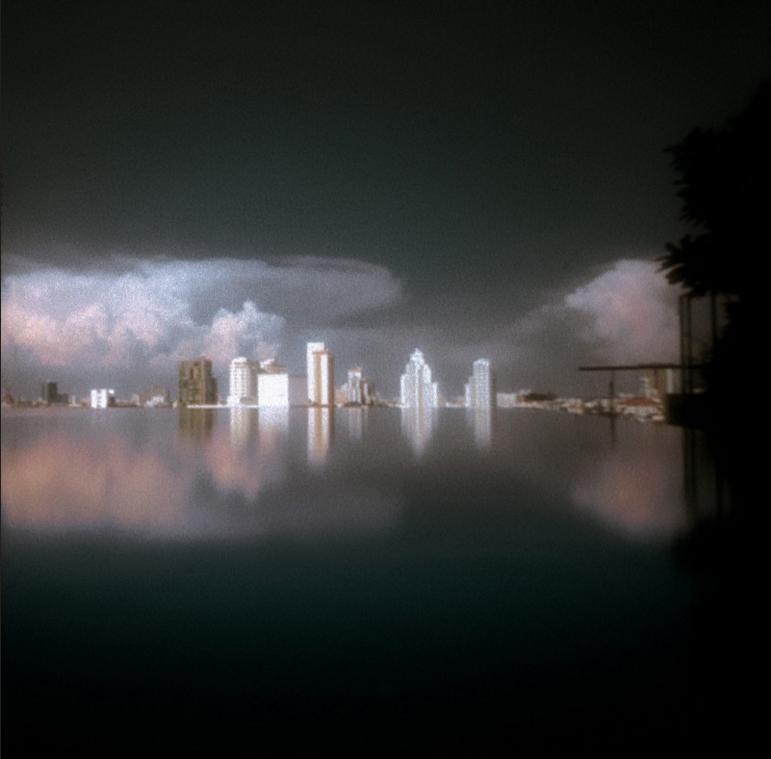
Ludlites Love Utopia
THE WORLD THROUGH A PLASTIC LENS V.14
Featured Exhibition in the Head On Photo Festival
LO-FI PHOTOGRAPHY INSPIRED BY UTOPIA
Tim Hixson and Sally Mayman two Avalon photographers and members of the Ludlites group are currently exhibiting work at Bondi pavilion. The theme of this years show is Utopia……..
`LUDLITES LOVE UTOPIA' is a special exhibition experience with 11 award winning photographic artists sharing their interpretation of the theme Utopia using plastic lens or pin hole film cameras.
With over 55 artworks showing in the Bondi Pavilion Gallery, this exhibition demonstrates the special place this collective of lo-fi plastic lens and pinhole camera users hold in the contemporary Australian art world. No other collective in the world maintains such an engaging and highly original approach to creating unusual photographic works using such low-tech cameras.
Why do we use film and plastic cameras?
"High end glass lenses that give an evenness in focus, contrast and colour are now the norm, even in our phones," says Tim Hixson, one of the founding Ludlites, "but we strive for the imperfection that is possible from shooting with a low grade lens and film. You learn to `feel' the effect of the light and trust your instincts then wait for the lab before you know you have a worthy image. The dreamy quality is something that many phone apps and the filters on fnstagram actually attempt to replicate."
Many Ludlites use film and plastic cameras as an antidote to constant digital perfection. "Sometimes the worse my negatives turn out the more excited I am", offers Ludlite Patrick Boland. "It's nice to have a little unpredictability in your life. I encourage this by using expired film, hoping its ageing emulsion will take me somewhere new.
Ludlite Katrina Crook says, "I love creating a situation where I can create images on a completely instinctual level. Whilst needing technical experience and photographic knowledge to make creative decisions I can then throw out the rulebook. The fun when using film and plastic cameras is realising it takes on a life of its own and I adore fully embracing the unpredictability and subsequent emotive results."
Charity Opening - Arrow Foundation
This year the Ludlites are proudly supporting the work of the Arrow Foundation, in keeping with the theme of Utopia - creating a better world. All profits from the opening event on May 7th will be donated to the foundation. The show is also a memorial to Ludlite member Mal Stewart, who we lost last year to Non-Hodgkin's Lymphoma.
Please find more information on the Arrow Foundation here: www.arrow.org.au
Why Utopia
This year marks the 501st anniversary of Thomas More's classic book `Utopia' considered one of the most important works of European humanism in which More describes the ideal city and state. Around the world celebrations and cultural events have been happening. The Ludlites have joined in to show their creative responses to the theme of Utopia.
Being a fictional work `Utopia' is based on imagination and tends itself to, 'The Ludlite Treatment', where the imperfect and unusual aspects of photography are used to create dreamy and suggestive visions of past, future or interpretive worlds.
The Plastic Camera can also show an intimate view and 'Utopia' can be seen as something very simple and attainable. It could also be viewed as existing right in front of us all along; we just didn't see it quite that way. Or as an abstract notion it can be represented as a contradiction to reality.
Our aim is to create a wonderful community event to share each artist's Utopian vision and raise money and awareness for the Arrow Foundation.
`Ludlites Love Utopia' marks the Ludlites 14th show and is a Featured Exhibition of the 2017 Head On Festival of Photography, one of the biggest photographic festivals in the world that takes place every year in May.
The Ludlites exhibiting in Utopia are:
Bradley Shaw, Katrina Crook, Lucas Brown, Natalie Blom, Patrick Boland, Riaan Cilliers, Sally Mayman, Tim Gibbs, Tim Hixson, Trevor Ydreos, Vanessa Power.
At Bondi Pavilion Gallery : Tuesday 25 April - Sunday 14 May
Open Hours: Everyday 1Oam-Spm
Official Opening Event Sunday 7th May 2pm-4pm. Supporting the Arrow Foundation
SIX NEW SUP SURFING CHAMPIONS CROWNED AT OCEAN AND EARTH SOUTHERN CROSS SUP FESTIVAL
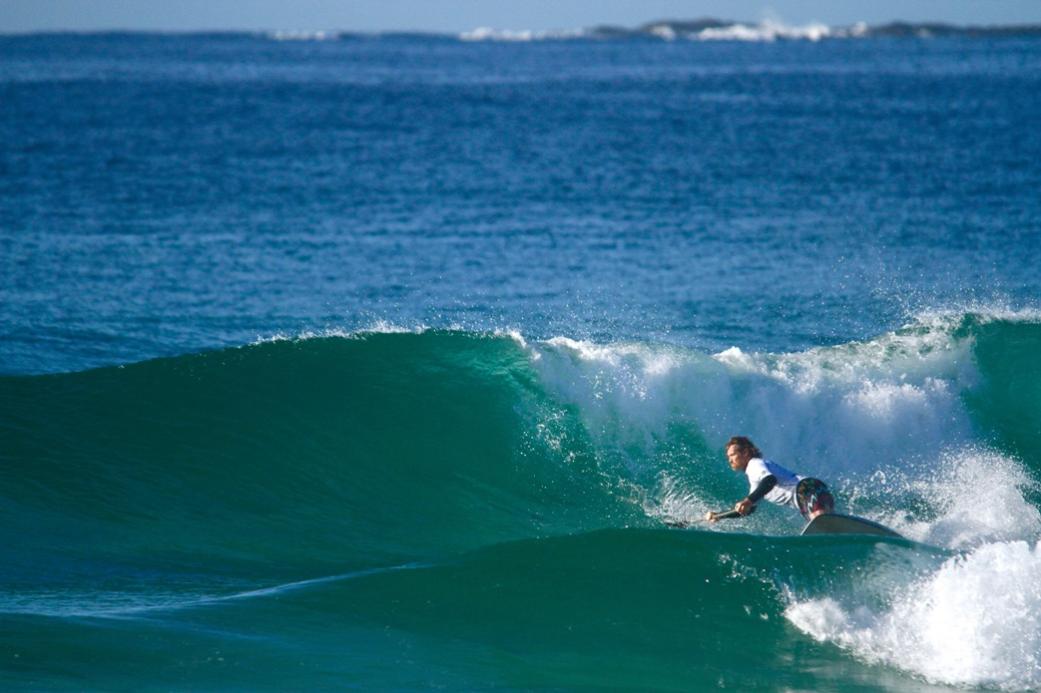
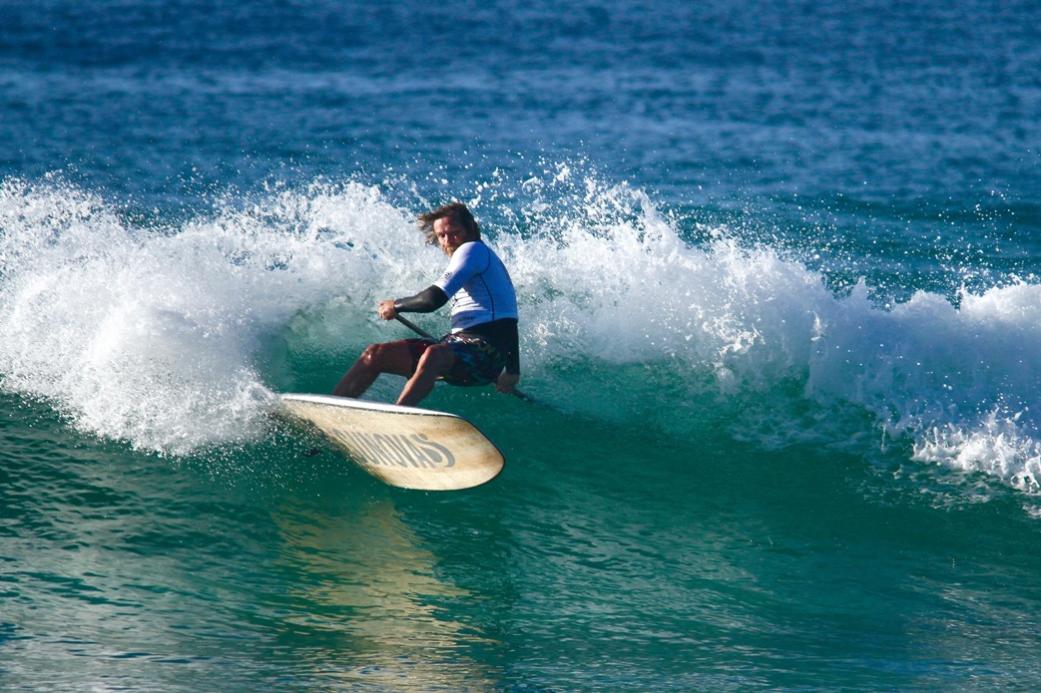
SIX NEW SUP SURFING CHAMPIONS CROWNED AT OCEAN AND EARTH SOUTHERN CROSS SUP FESTIVAL
Palm Beach RSL Sub-Branch Opens New Memorabilia And Military Heritage Library
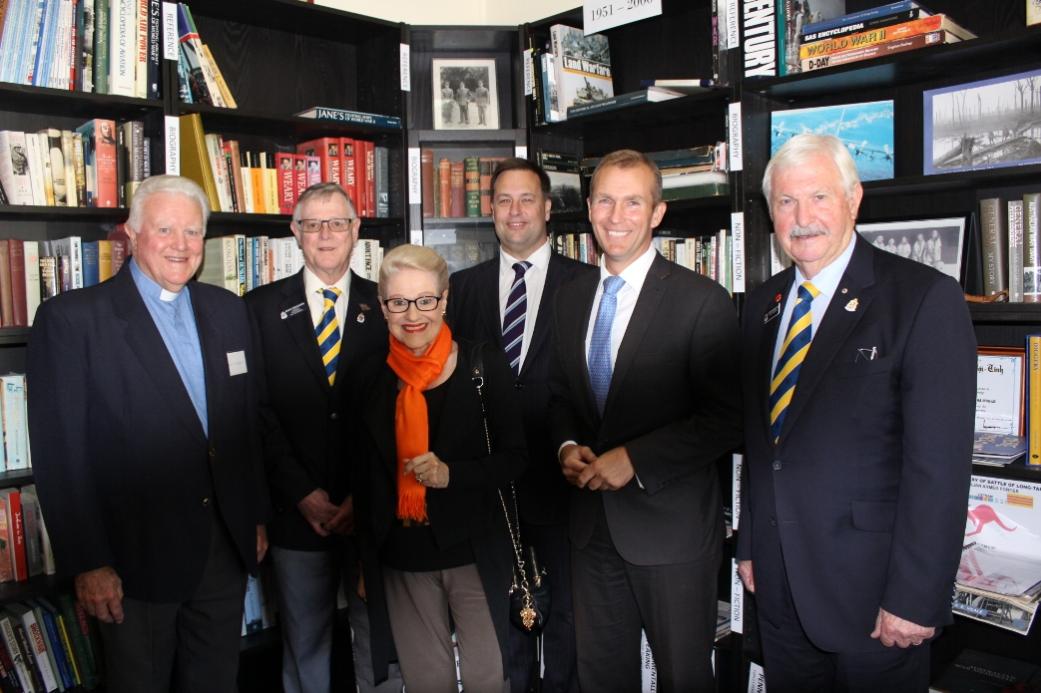
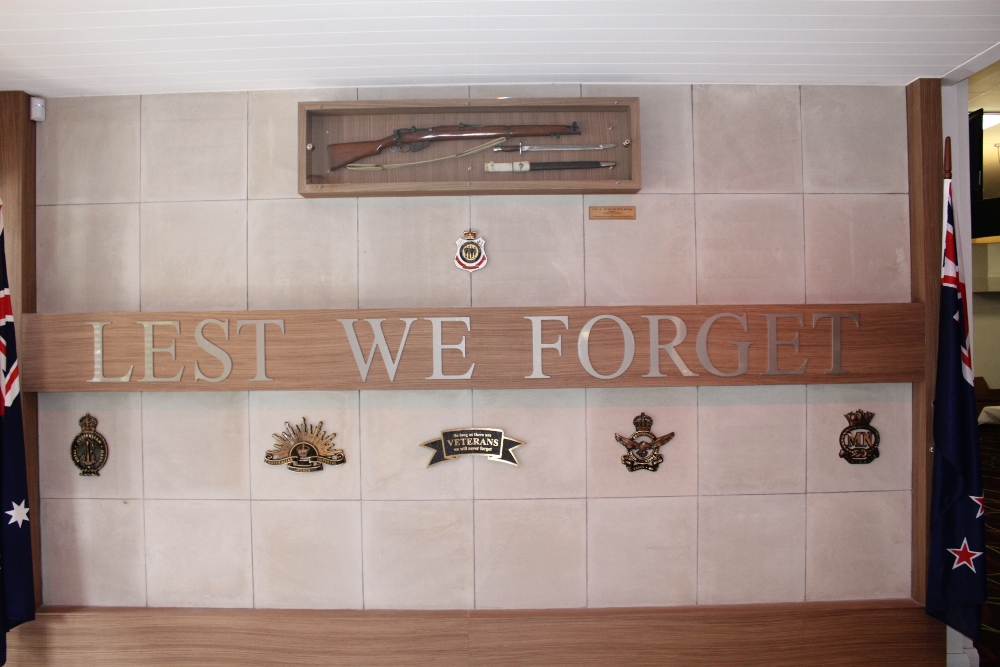
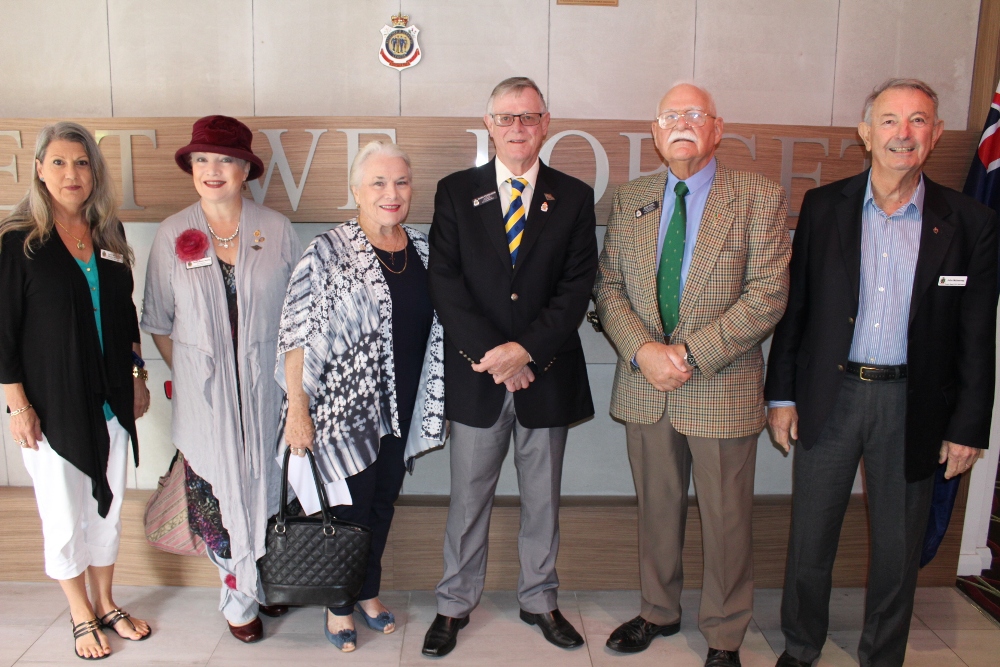
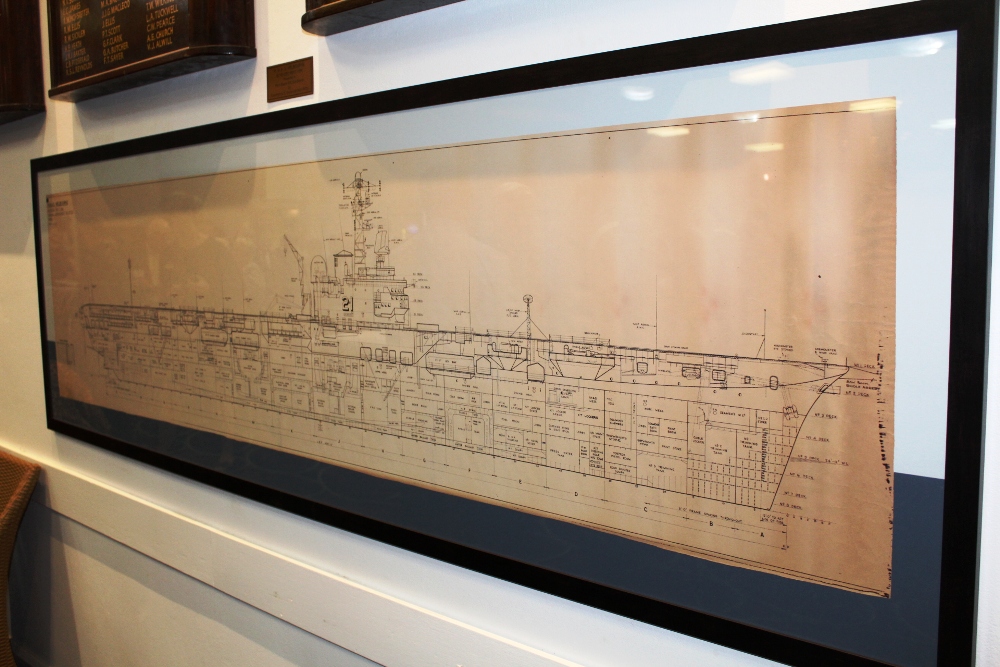
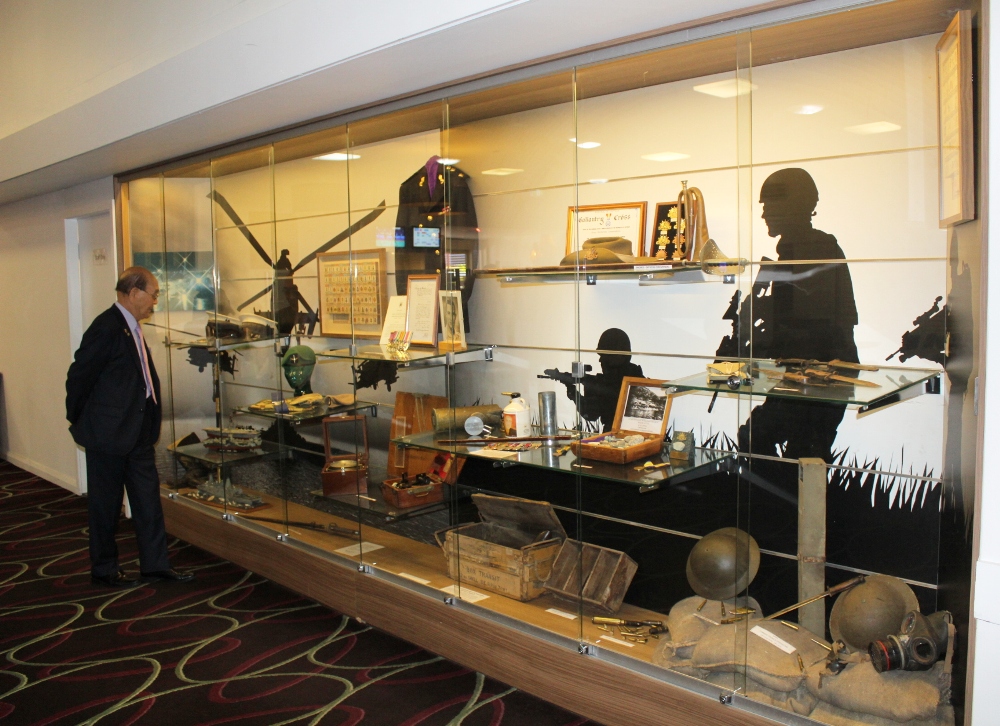
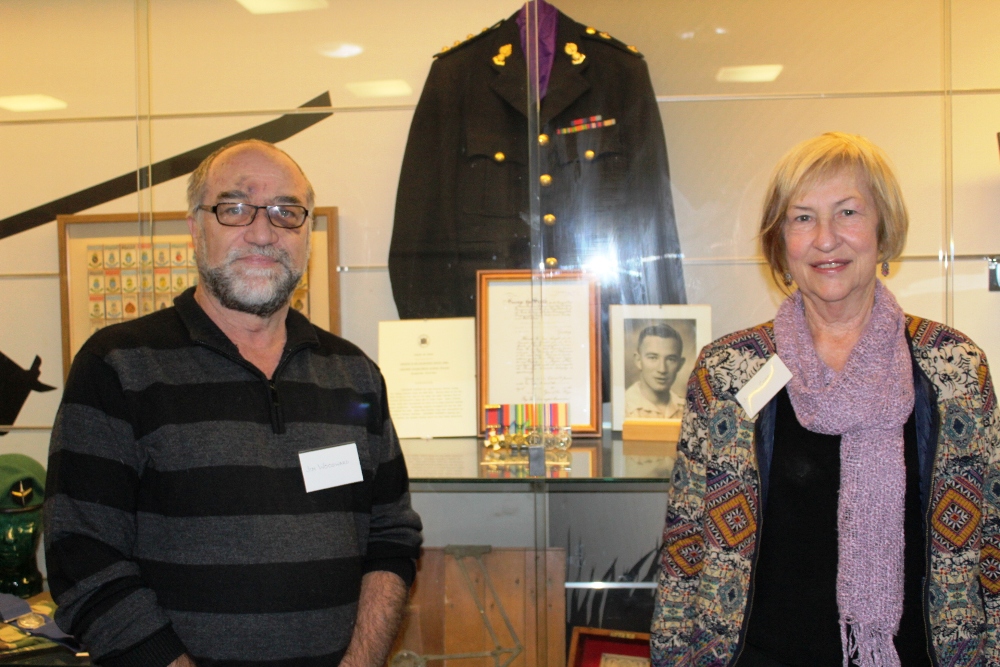
Anzac Day In Pittwater 2017: Pittwater RSL And Avalon Beach RSL Commemorative Dawn And 11 A.M. Services - April 25th
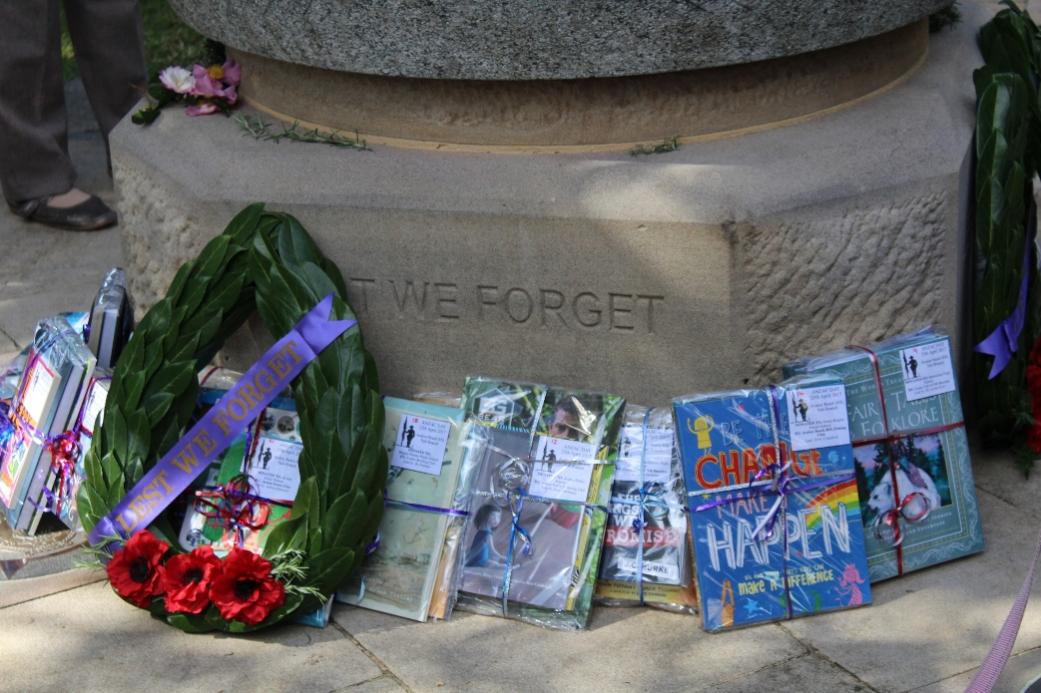
Pittwater RSL
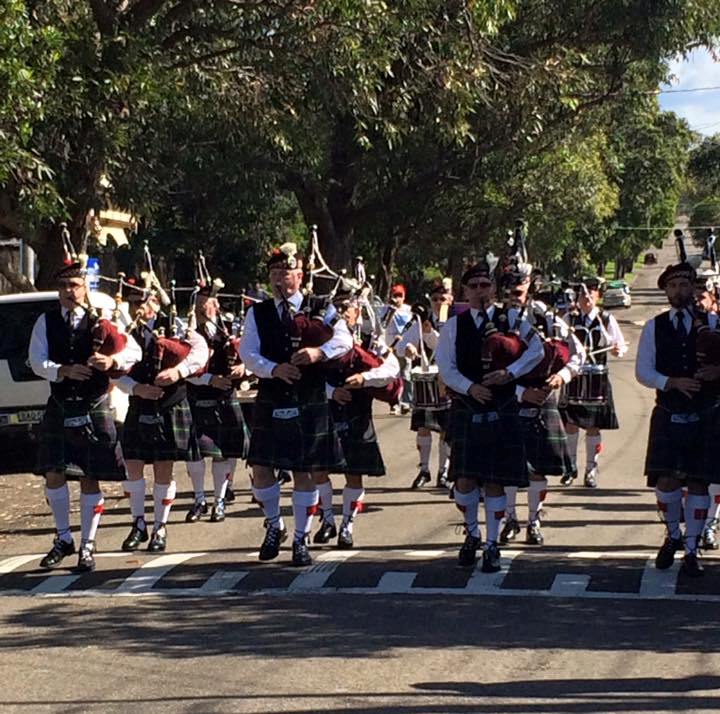
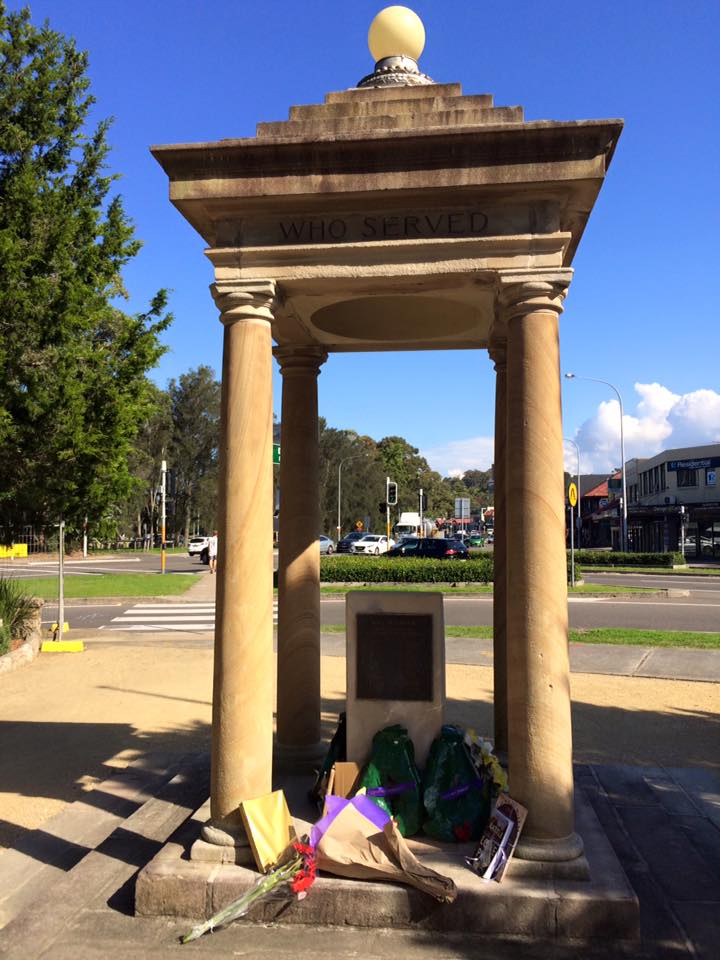
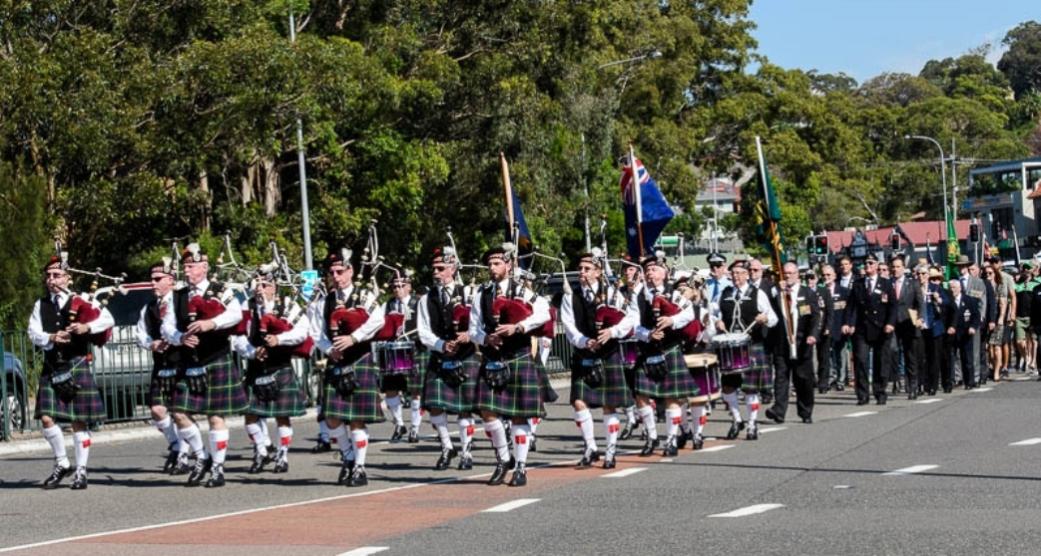
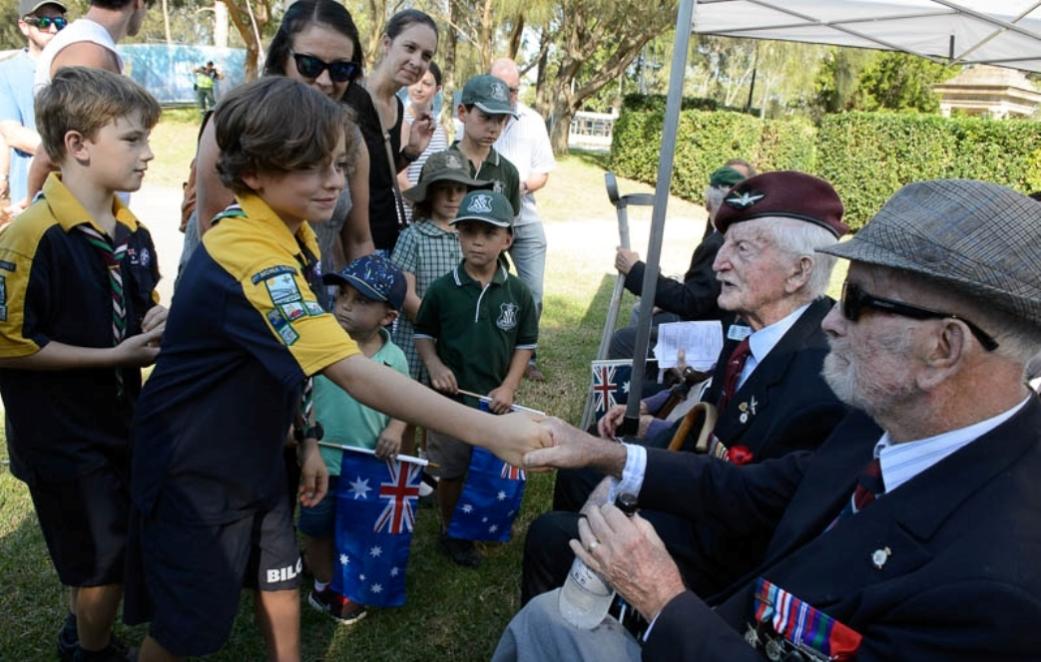
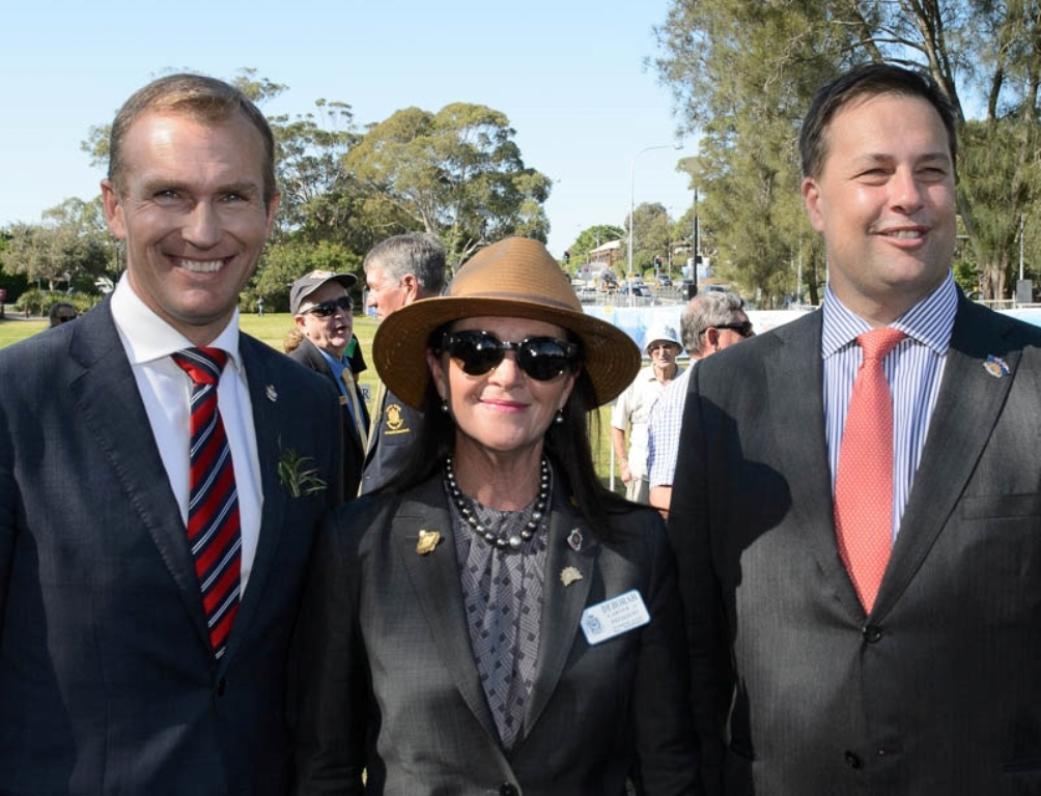
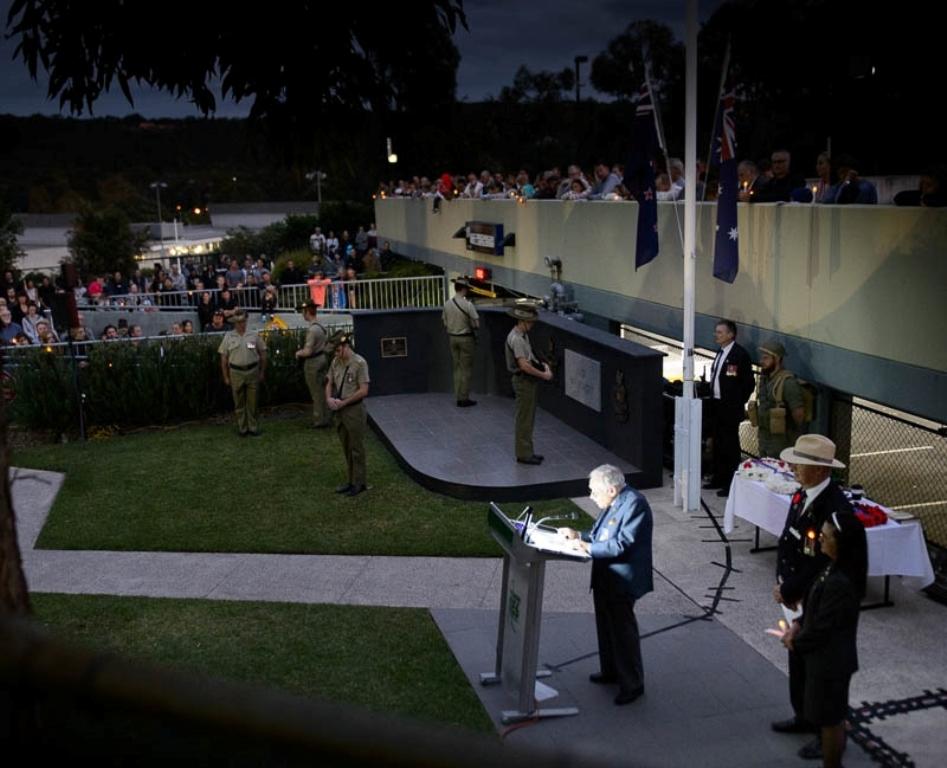
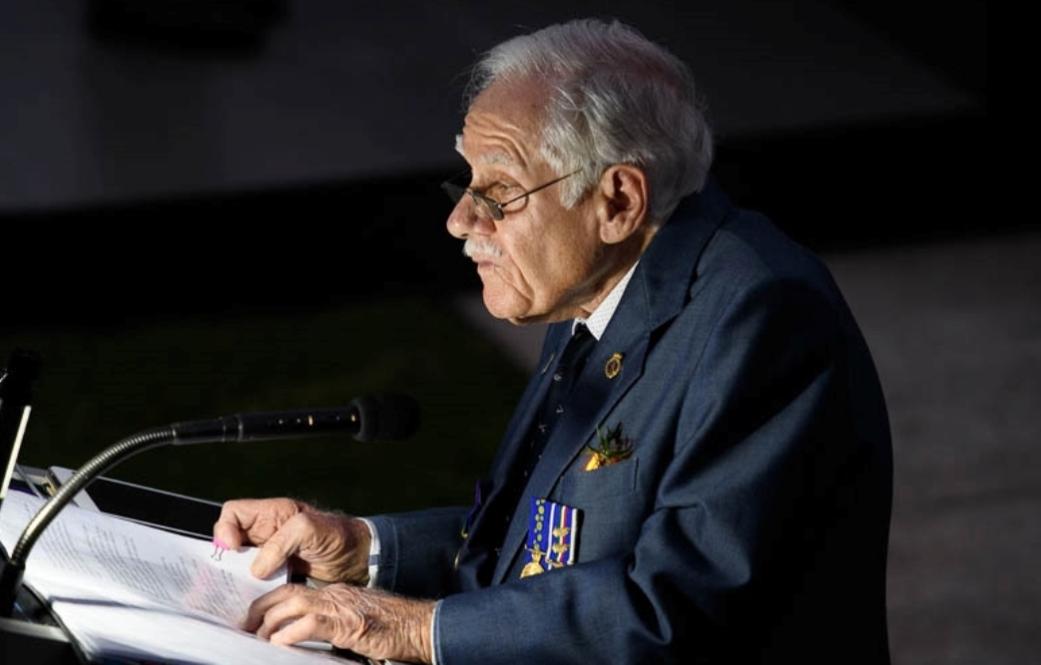
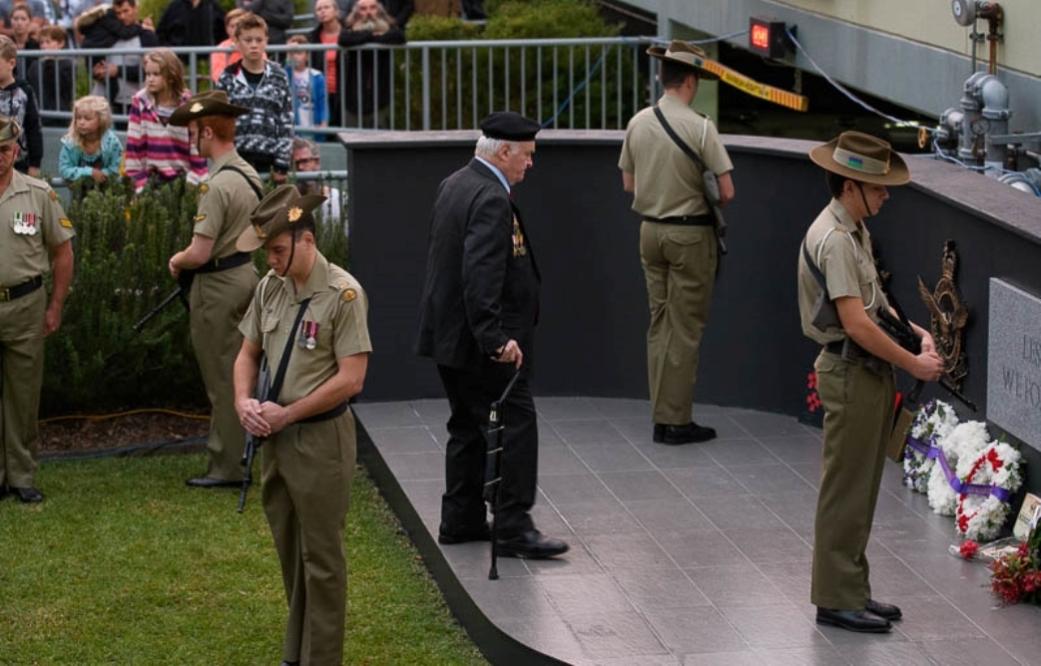
Avalon Beach RSL
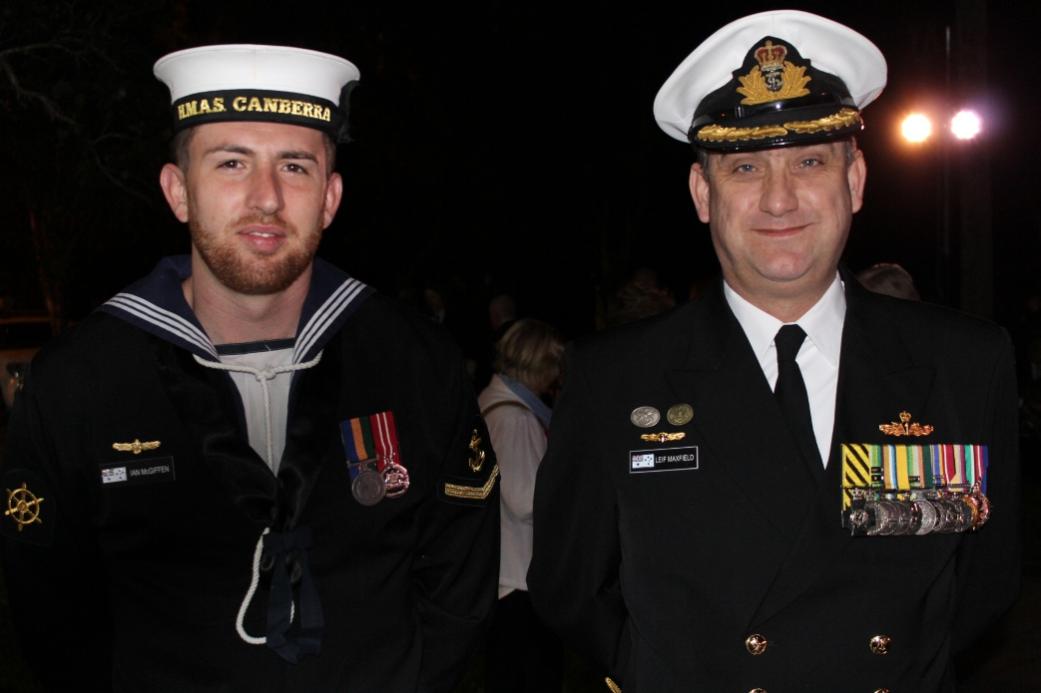
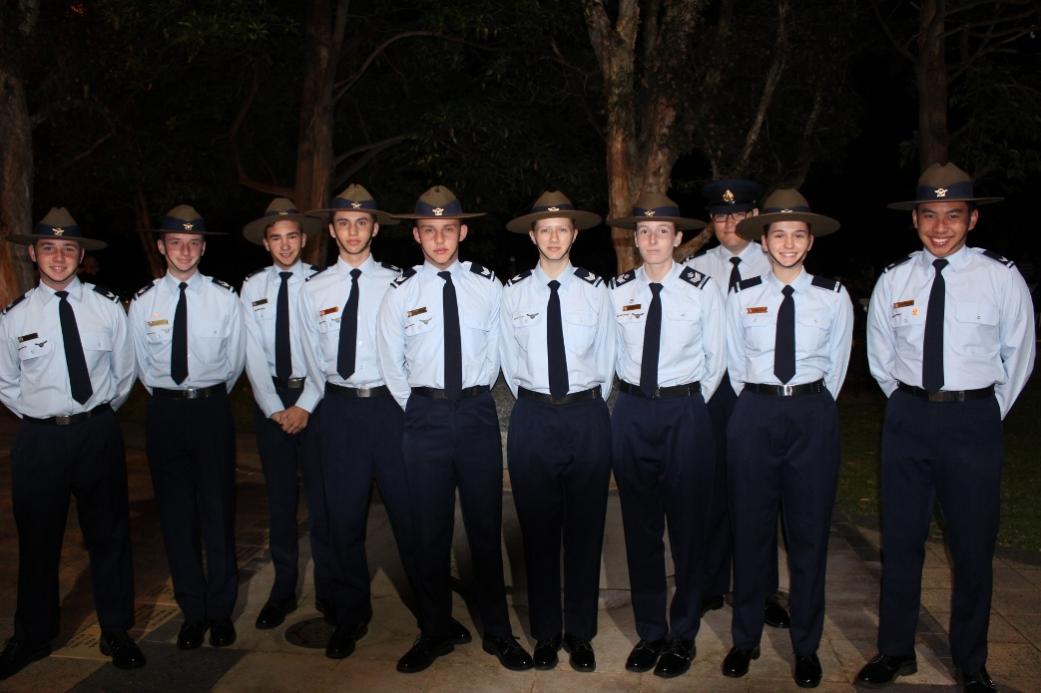
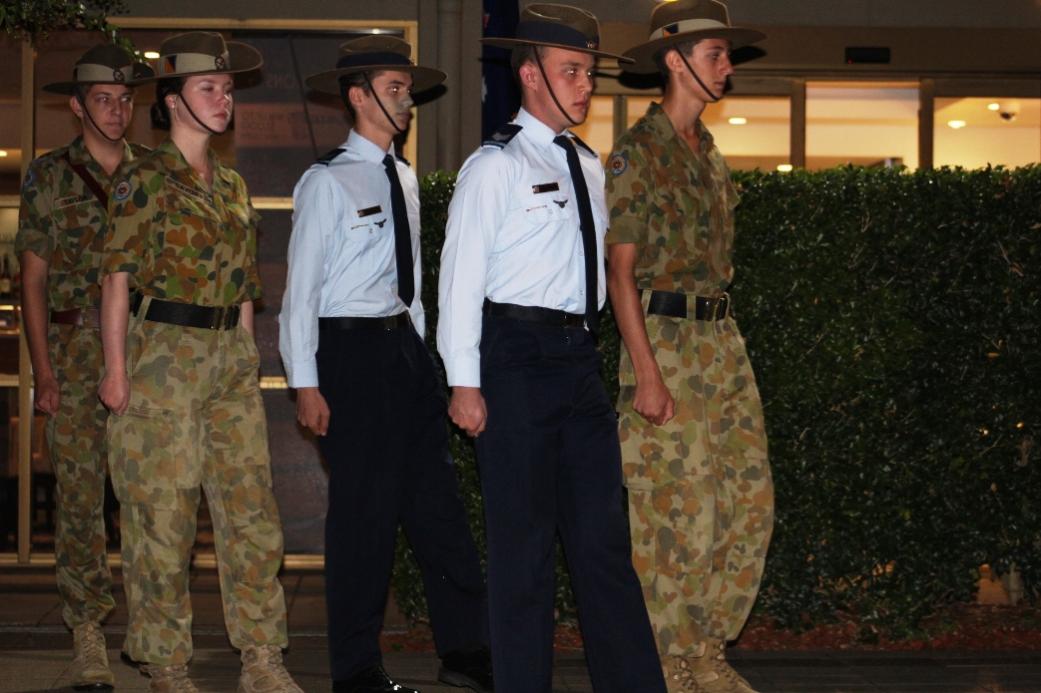
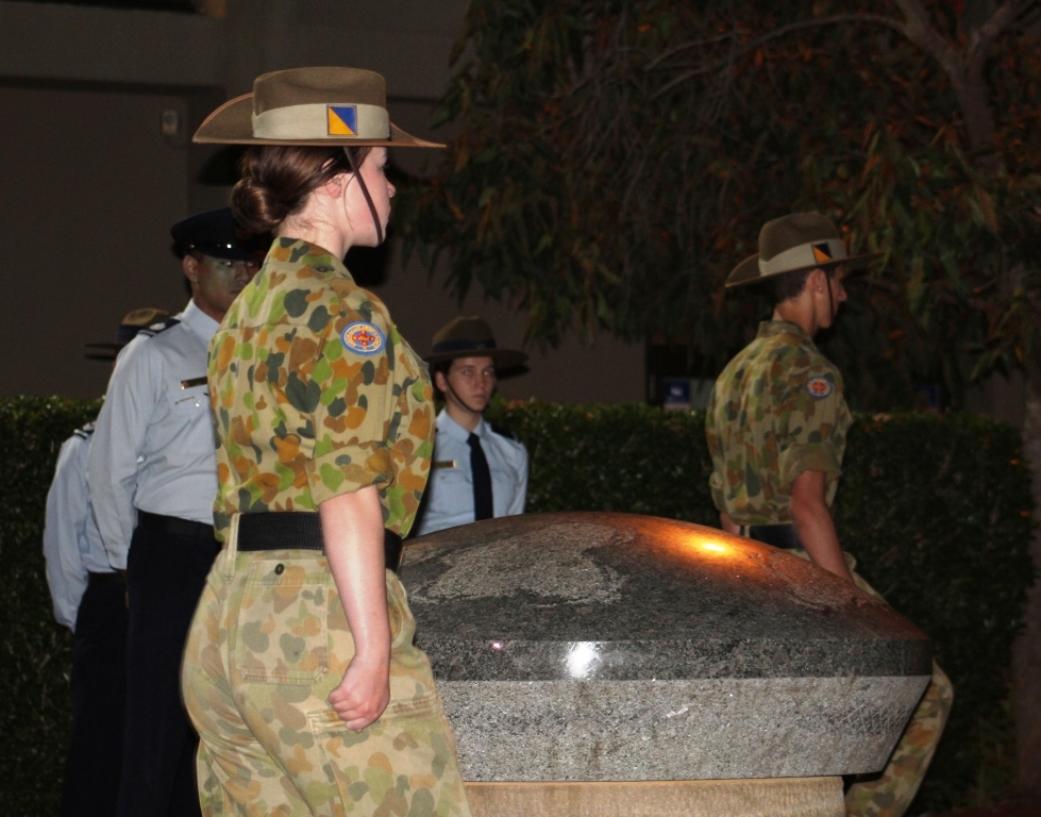
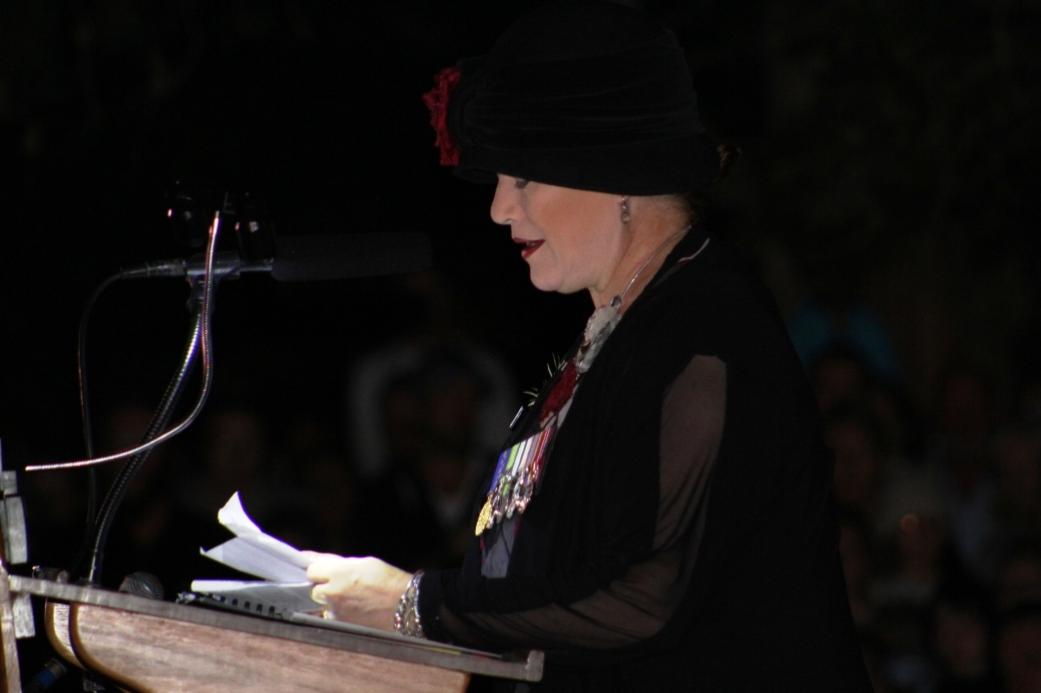
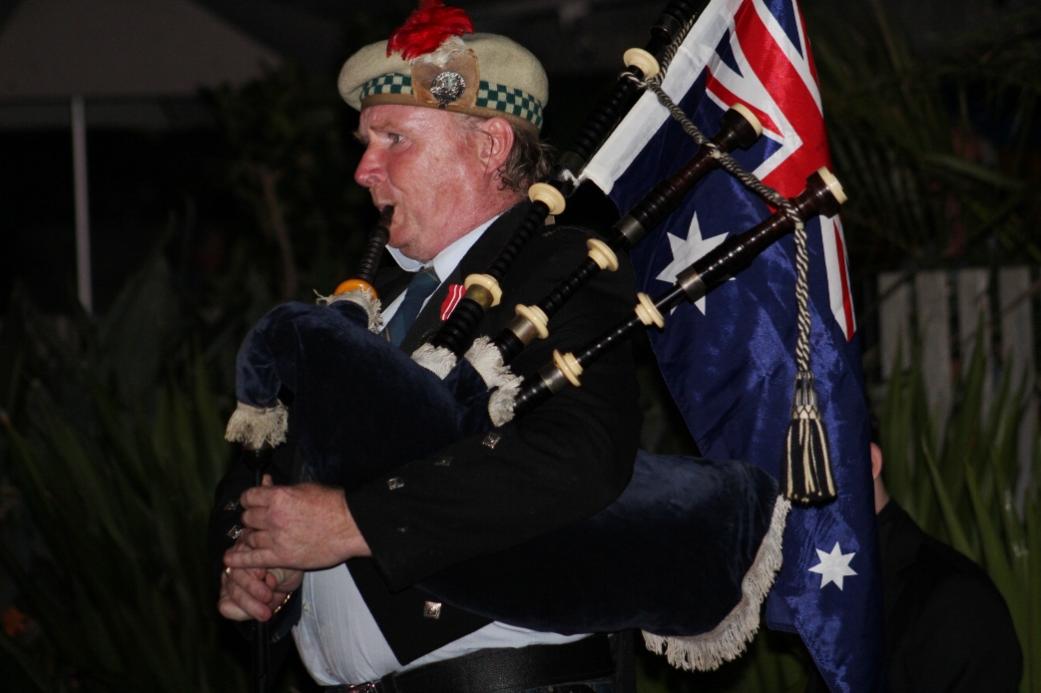
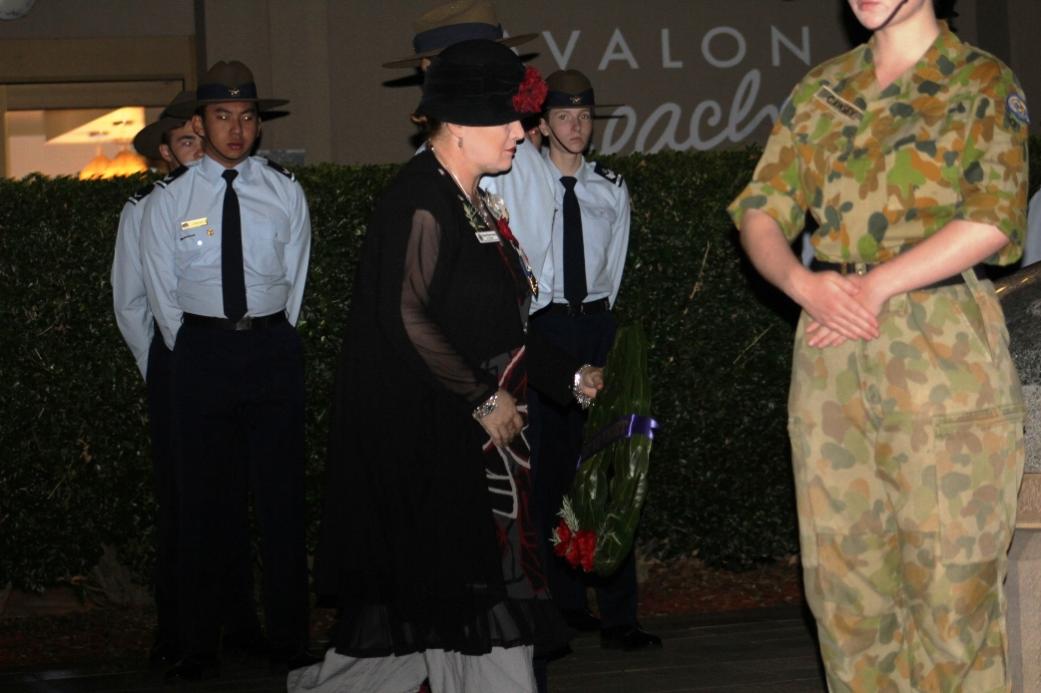
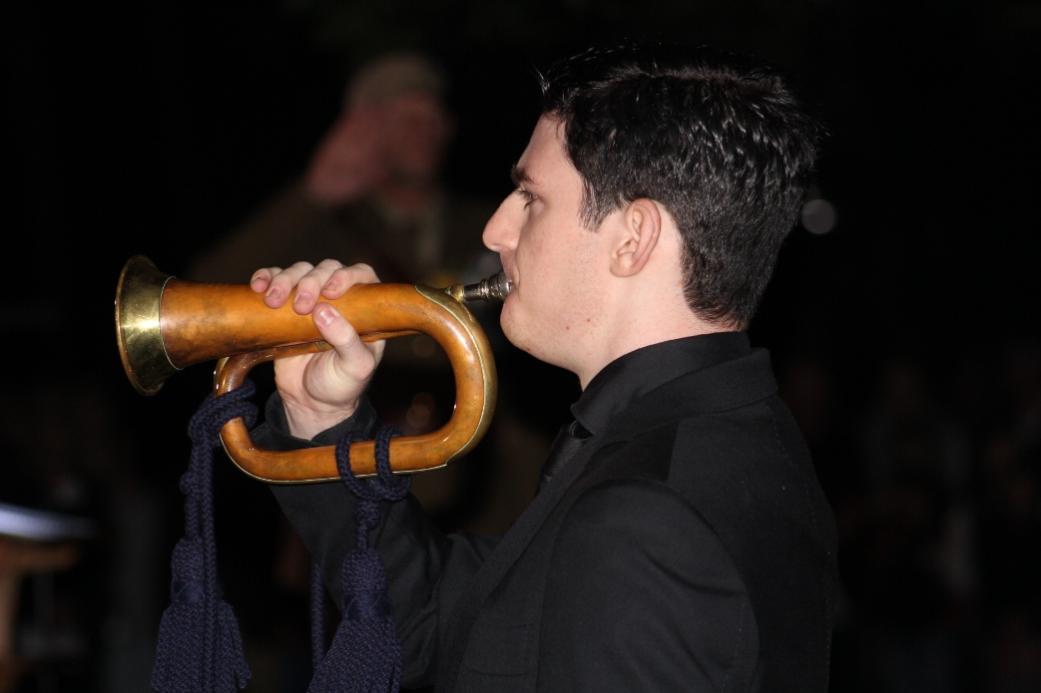
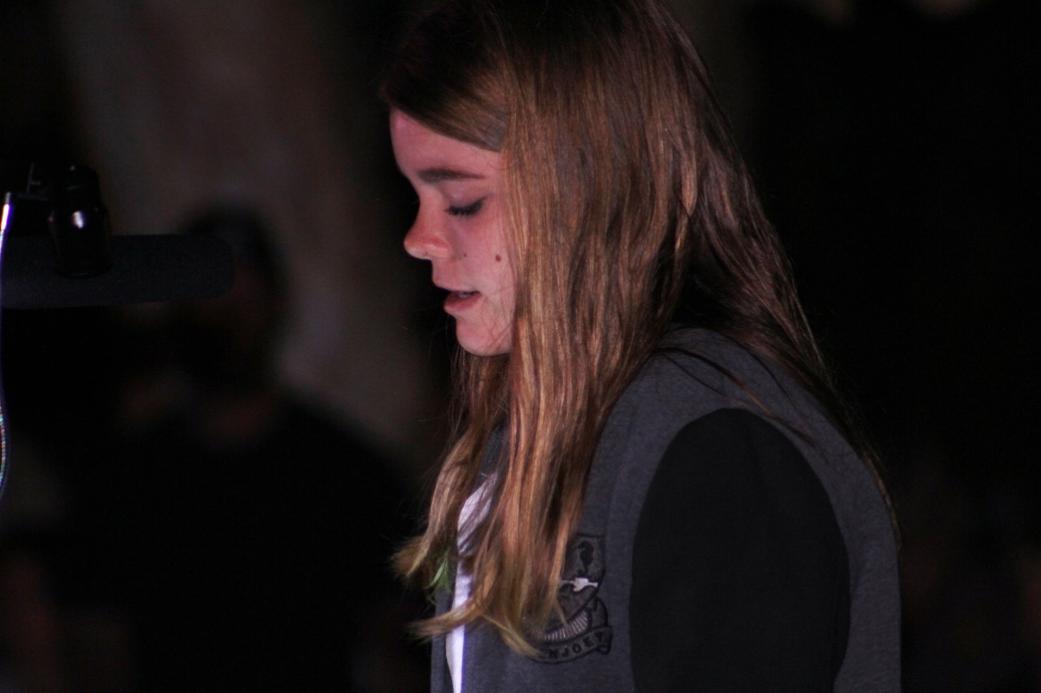
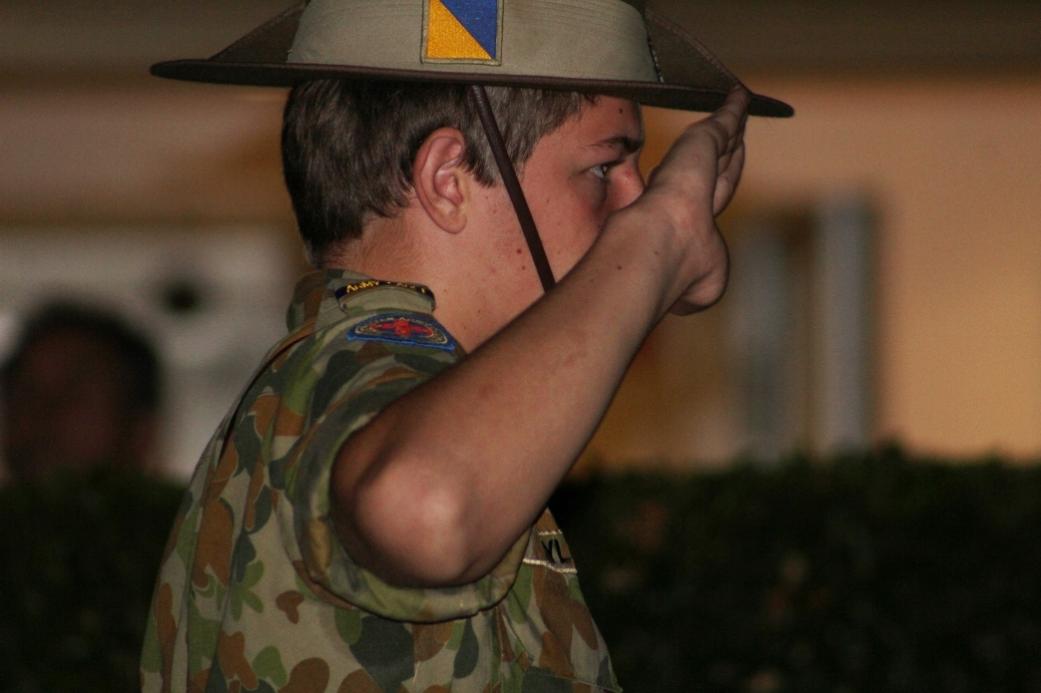
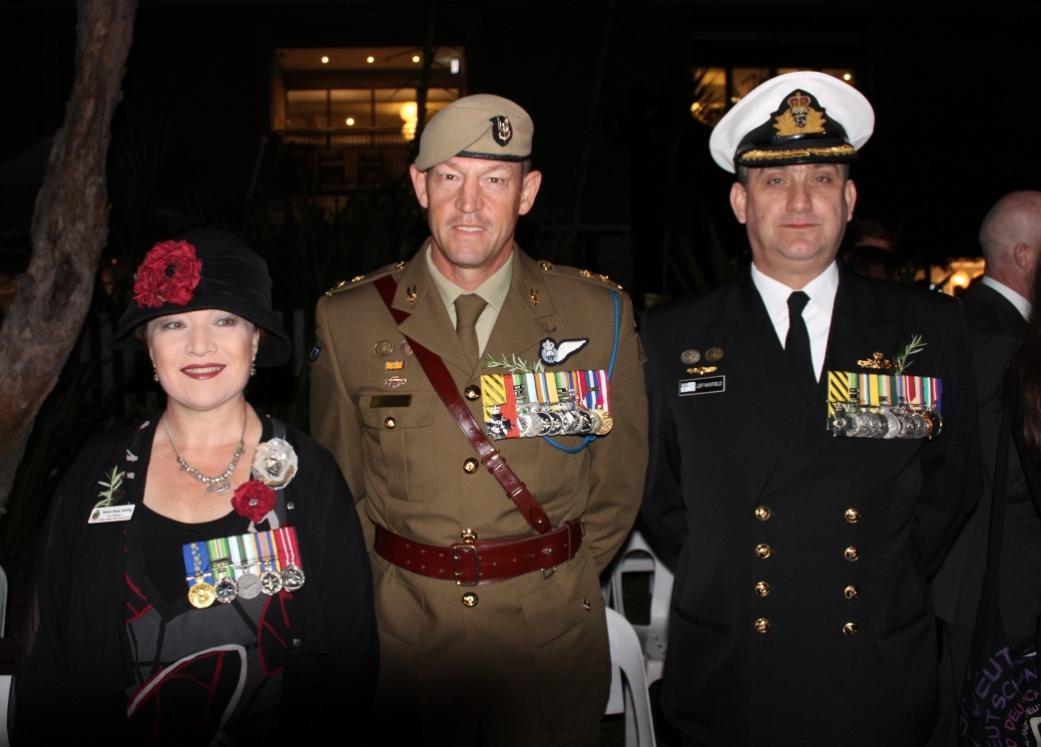
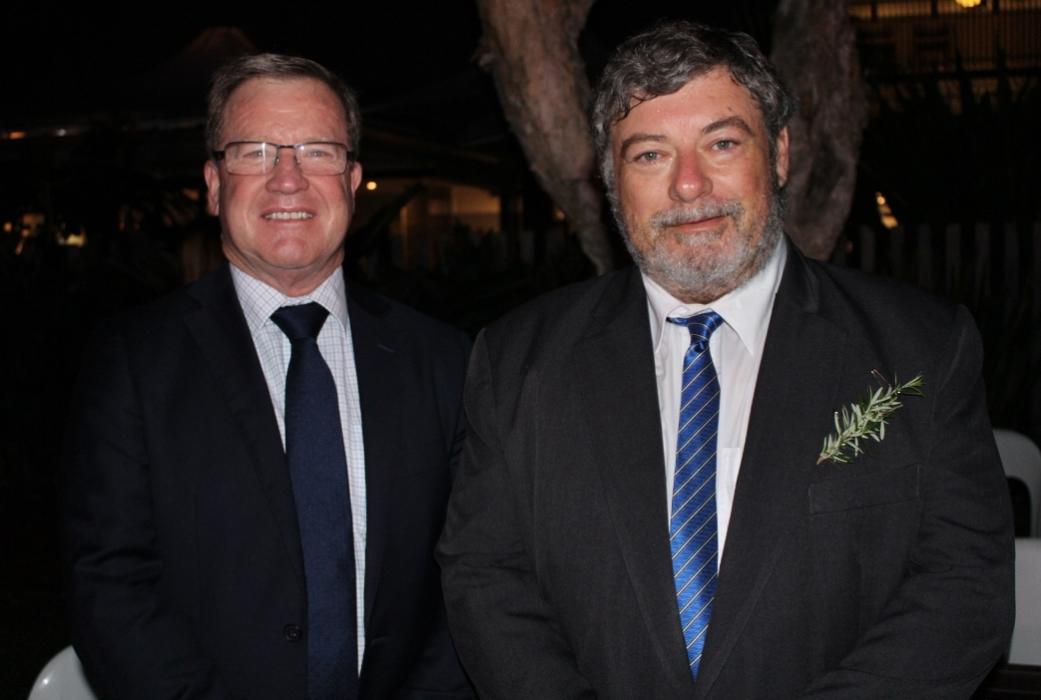
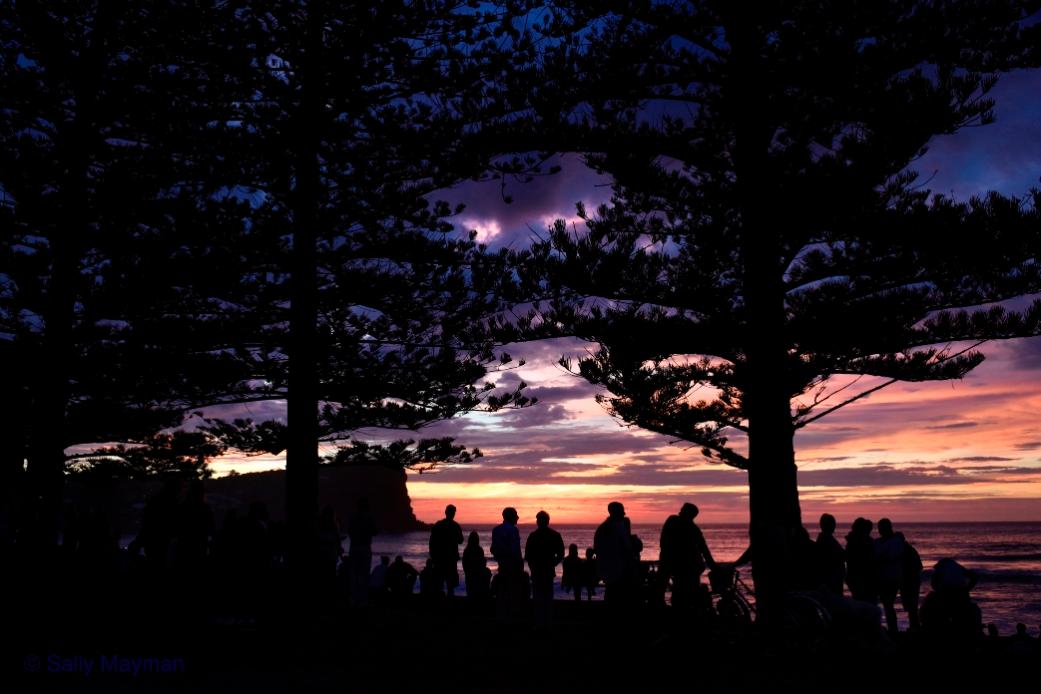
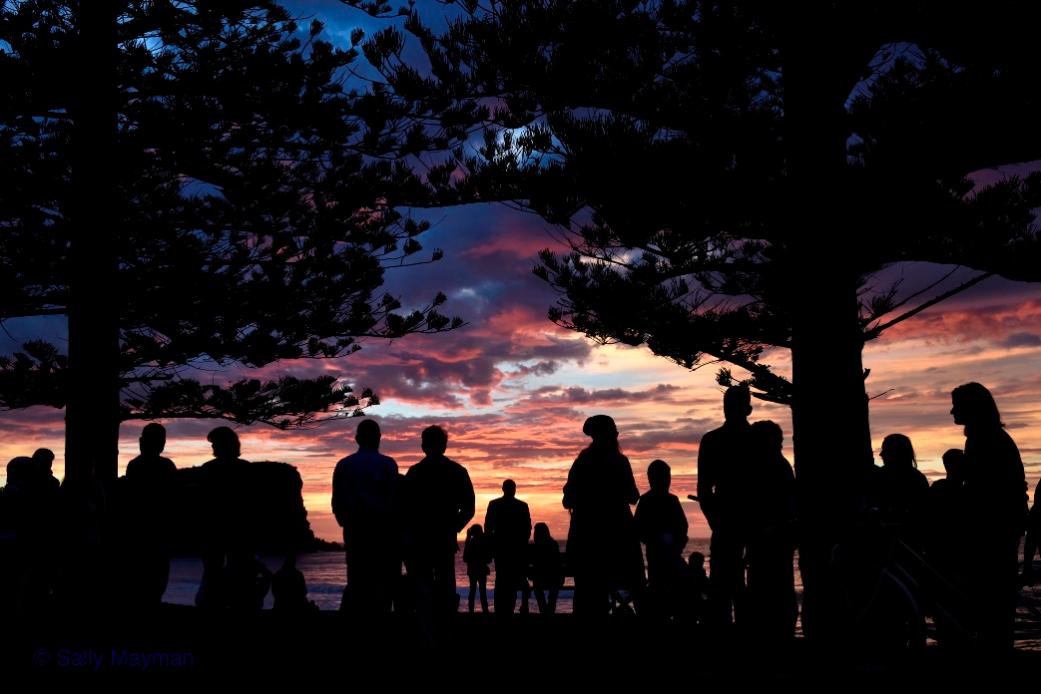
Avalon Beach RSL
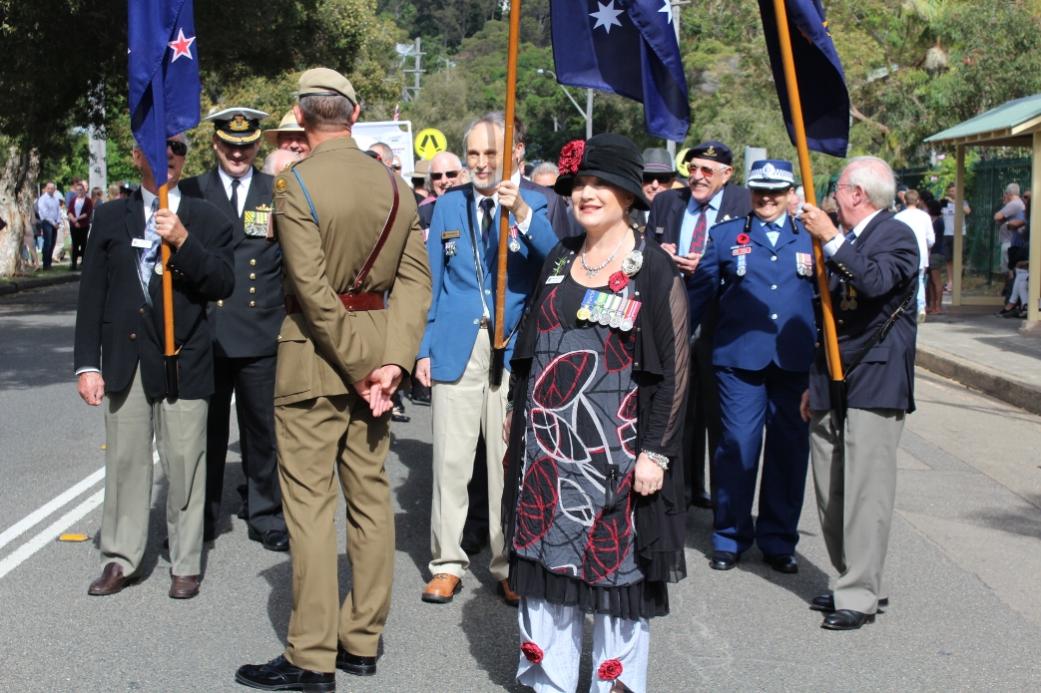
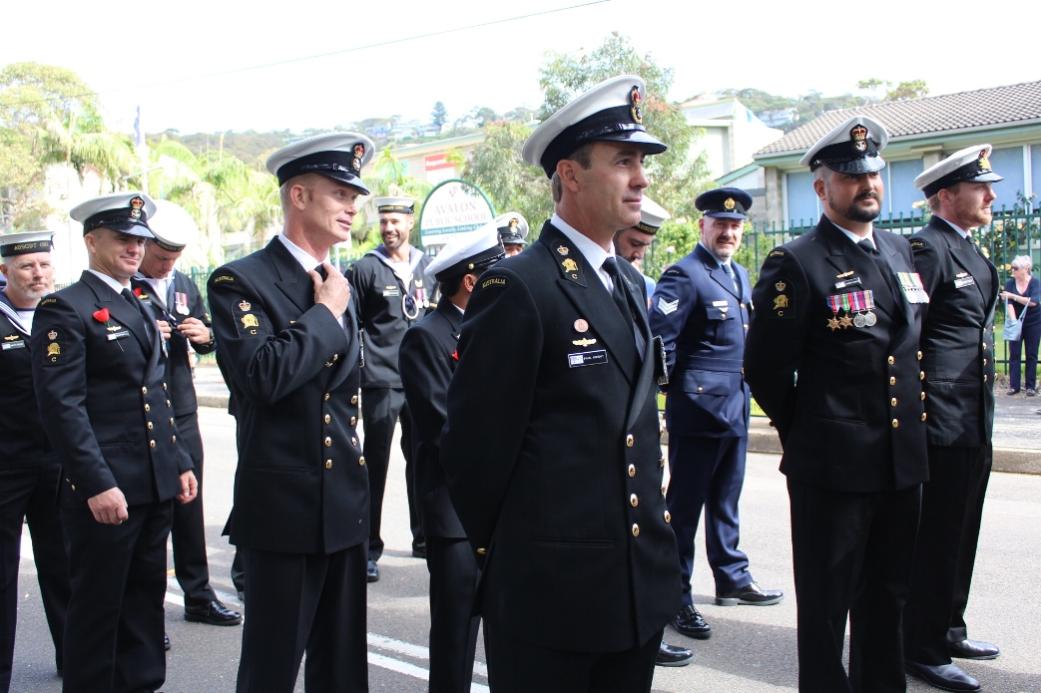
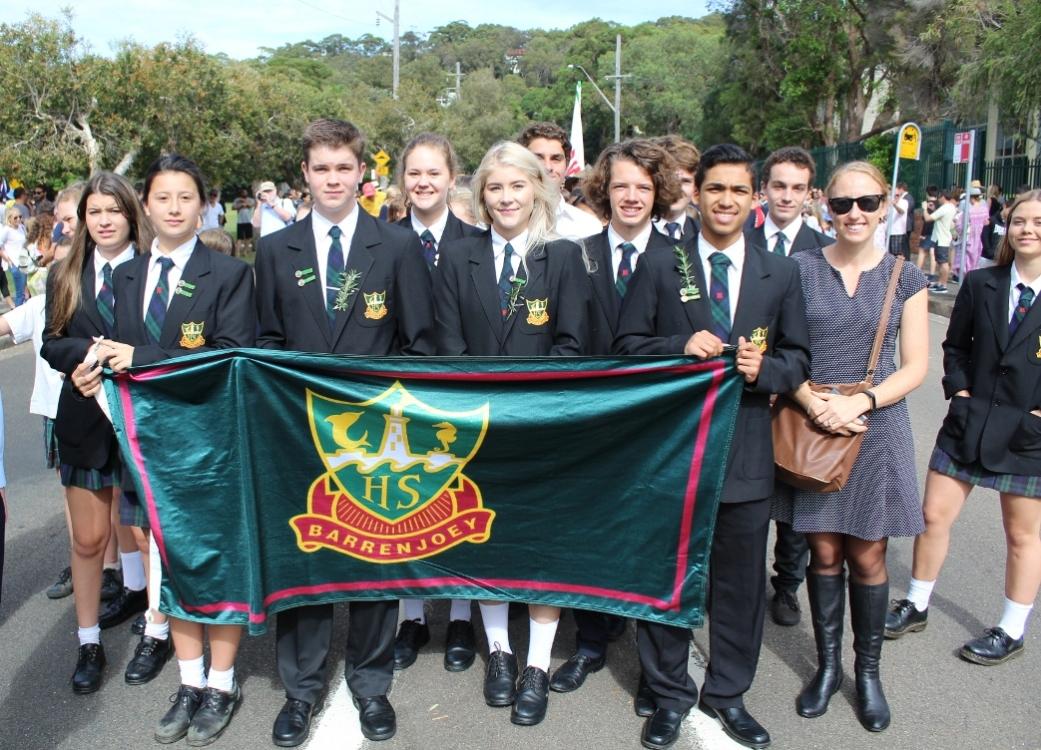
John Seaton MBE
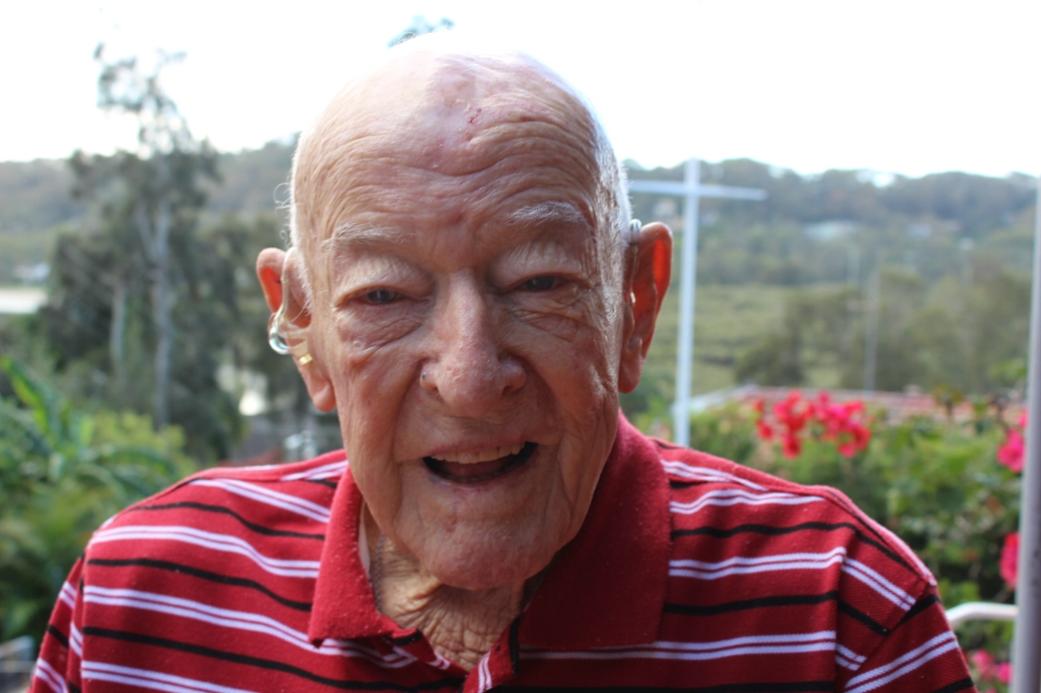
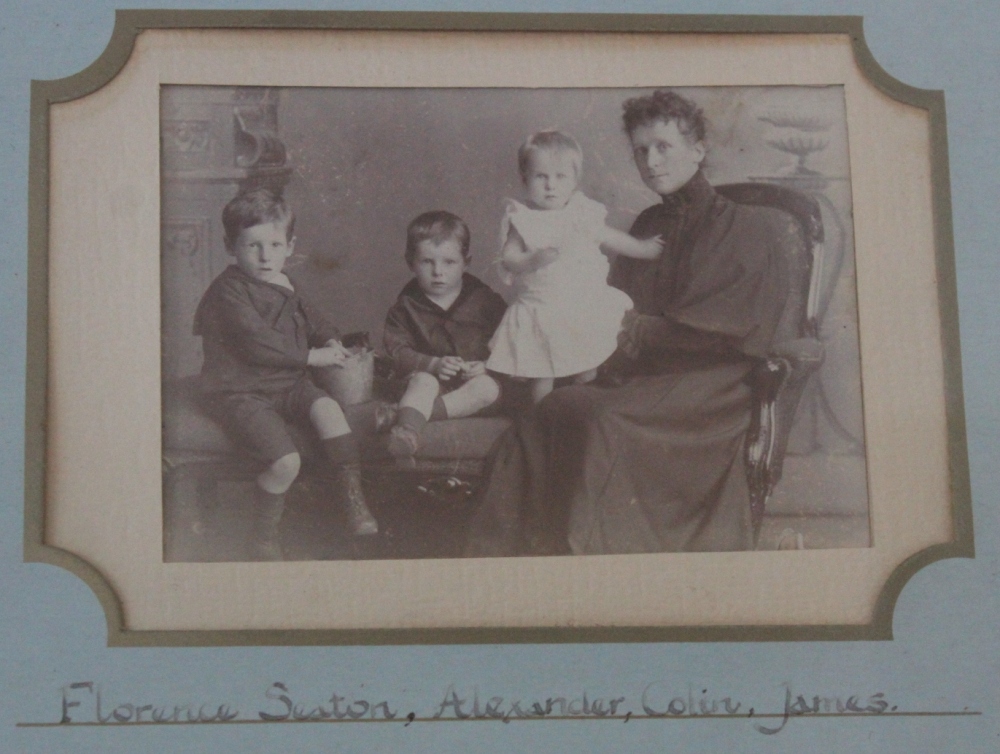
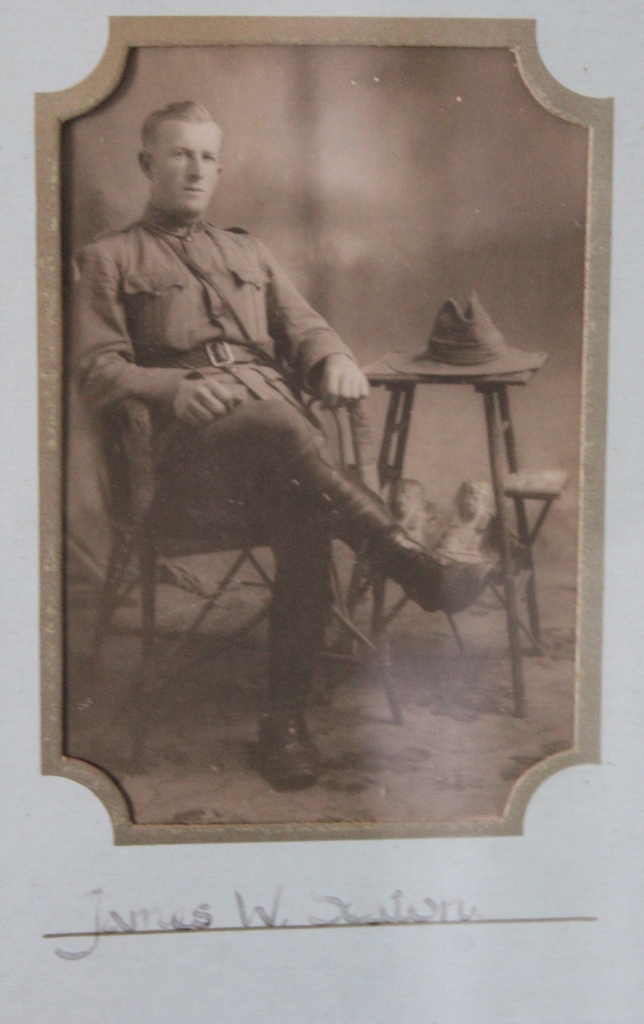
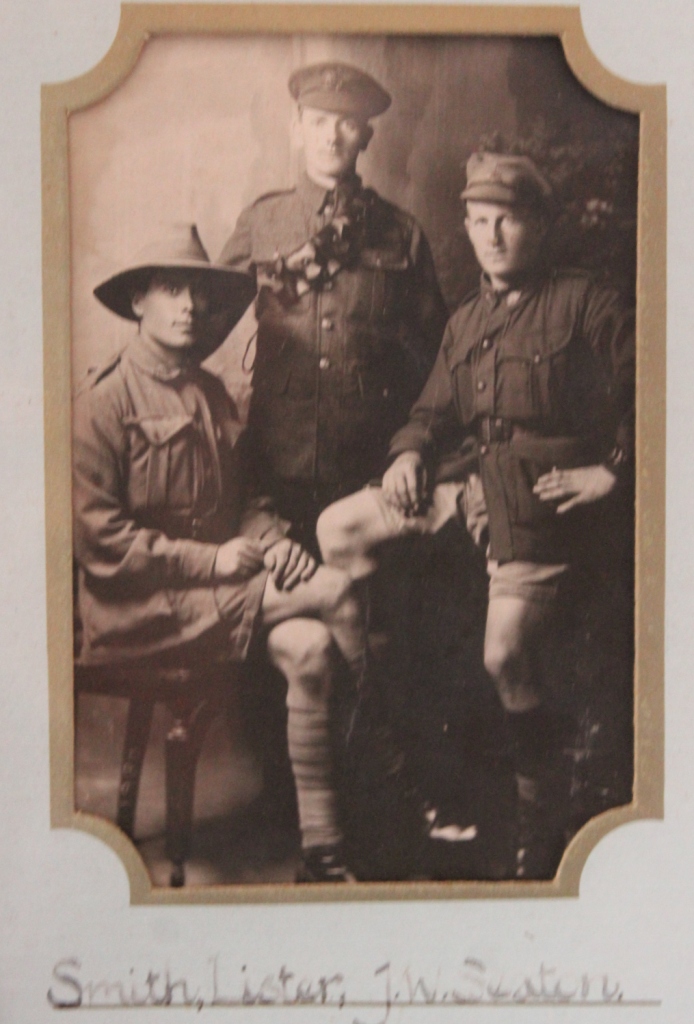 Did your Dad ever talk to you about his war experiences?
Did your Dad ever talk to you about his war experiences?May
Narrabeen Lagoon State Park Expansion
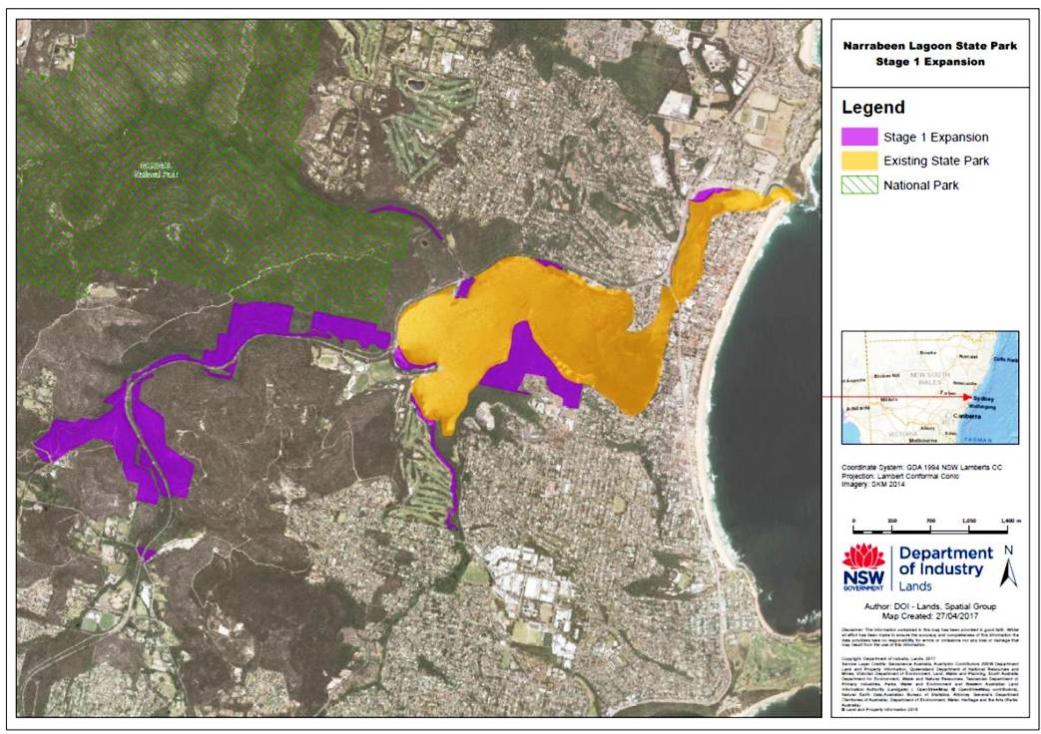
Map of new areas
Narrabeen Lagoon State Park Expansion
May 3, 2017
Member for Pittwater Rob Stokes today announced Narrabeen Lagoon State Park will be expanded by over 140 hectares.
The State Park was established by the NSW Government in 2014 to help ensure greater environmental protection for the lagoon and its surrounding catchment.
Negotiations between the newly formed Northern Beaches Council and the NSW Department of Industry – Lands have seen seven Crown reserves added to the State Park.
“Narrabeen Lagoon is one of the largest coastal lagoons in Sydney and sits within an important ecosystem - supporting a variety of native animals through a network of wildlife protection areas,” Rob Stokes said.
“This expansion to the State Park preserves the area’s status for public recreation and tourism along with protecting its environmental characteristics.
“Seven additional Crown reserves now come under the management of the Narrabeen Lagoon State Park Trust meaning facilities for public recreation can continue to be supported and the area’s natural habitats protected.
“The State Park originally covered 247.2 hectares. This expansion adds a further 140.5 hectares, bringing the total to 387.7 hectares”.
Northern Beaches Council Administrator Dick Persson AM welcomed the expansion of the Park, acknowledging its many public and environmental benefits.
“Narrabeen Lagoon is one of the jewels in the crown of the Northern Beaches and a popular recreational location, with abundant opportunities for bushwalking, cycling and water sports.
“Including these Crown reserves in the State Park means we will have a single Trust managing one of Sydney’s most popular parks and will ensure this wonderful natural resource is preserved for future generations,” Mr Persson said
April 2014: Narrabeen Lagoon State Park - NSW's Newest Investment In The Future
May 2014: Narrabeen Lagoon and Northern N.S.W.'s Environment Champion Jim Somerville - A Tribute
September 2016: Jim Somerville Bridge And Graham Jones Track Opened At Narrabeen Lagoon
October 2016: Moon Rock Declared An Aboriginal Place
There are numerous Historical pages focussing on Narrabeen's Lagoon in which you can see what has changed and what remains the same - these are listed in Contents and Past Features pages and are a great way to sight what has been retained for future generations through the expansion of the Narrabeen Lagoon State Park - a few examples run below.
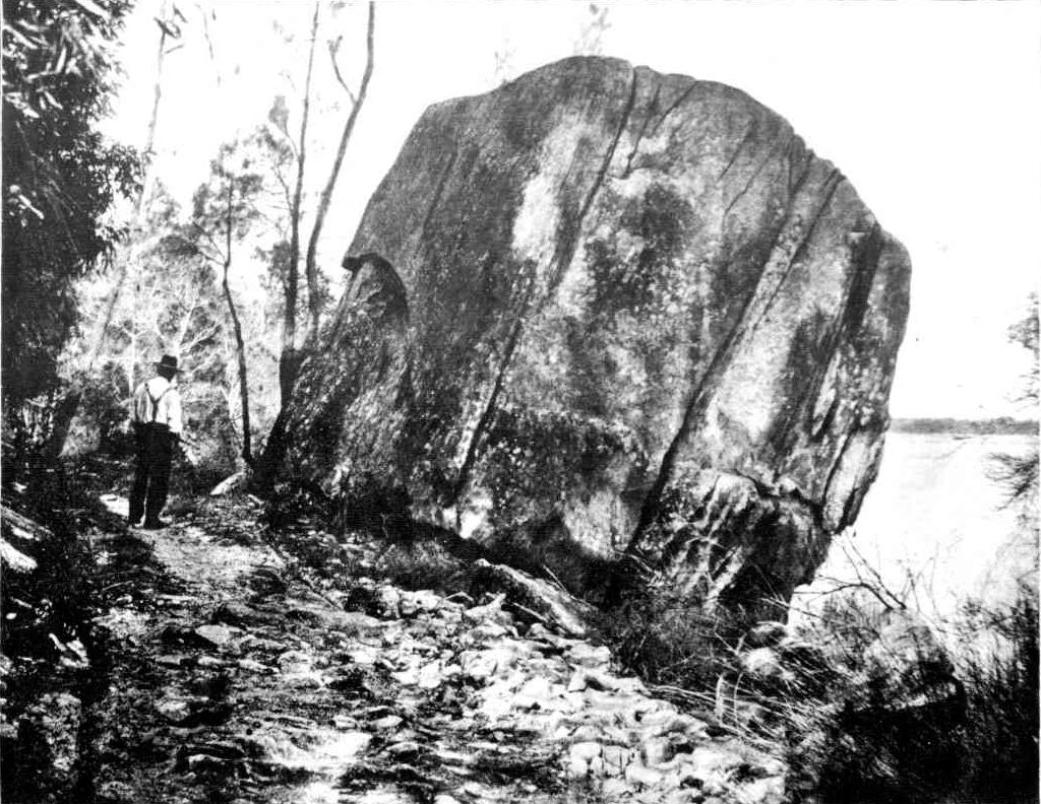
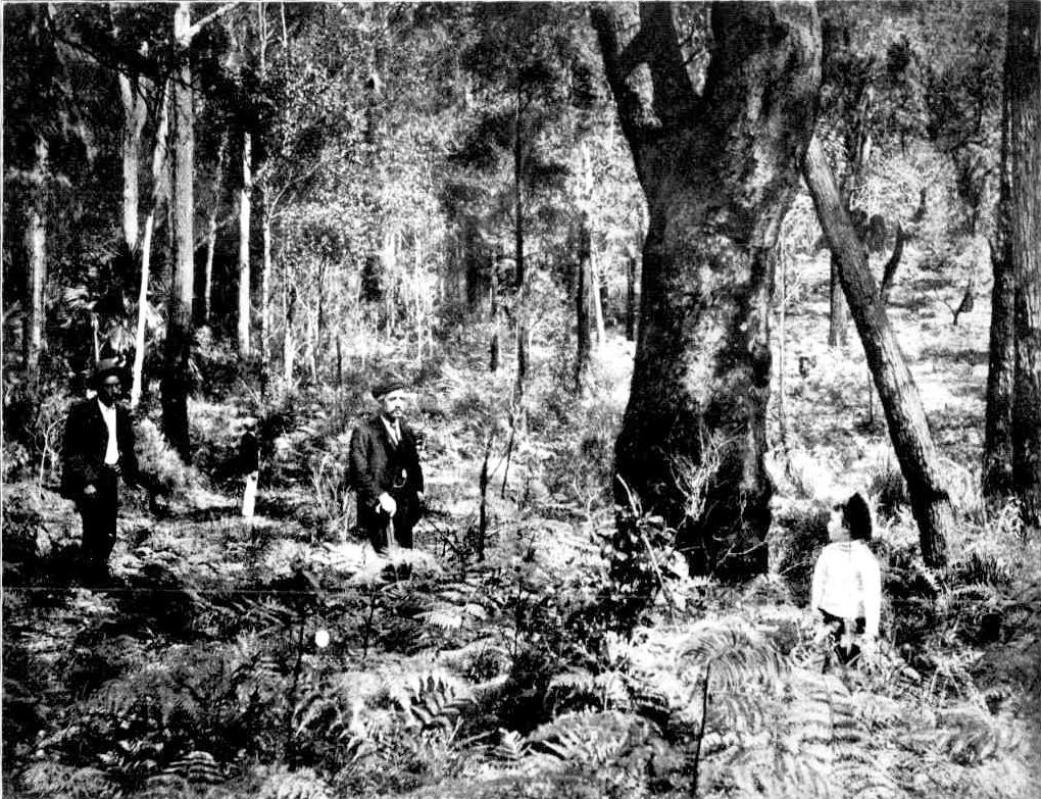
New Mental Health Services A Boost For Northern Beaches Residents
New Mental Health Services A Boost For Northern Beaches Residents
4 May 2017Local Member Jason Falinski today announced six new Australian Government-funded mental health and suicide prevention services at the Community Care Northern Beaches in Mona Vale.
Mr Falinski said: “these services will significantly boost support available to those in need across Northern Sydney, an area that includes the Northern Beaches.”
“Mental health is one of the four pillars of our Government’s Long Term National Health Plan and we are committed to developing a better approach to mental health care.”
These new services, commissioned by Northern Sydney Primary Health Network (PHN), are innovative, culturally sensitive and already on the ground to ensure that people get the right help, at the right time.
It is estimated that more than four million Australian adults experience mental ill-health each year, and in Northern Sydney this figure is 12 in every 100 people.
The Australian Government has allocated $14.2 million to the Northern Sydney PHN through to the end of June 2018 to commission mental health services that best support the needs of their local community.
As part of the commissioning process, the PHN has undertaken extensive research and community consultation to understand the specific mental health needs of this region.
The services can be tailored to individual requirements and will fill the gaps in mental health services in the North Sydney area.
Mr Falinski explained that “every service that this Government is supporting has been identified through a competitive tendering process as the best suited to meet our local needs.”
“It’s not about throwing more money at a mental health problem; it’s about making sure that we get the best possible outcome for our residents. The decisions are being made here, on the ground, because that’s how we will get the best results.”
Additional information on the services being rolled out:
The service providers include:
- Community Care Northern Beaches – offering outreach care coordination and psychosocial support to people who have been hospitalised following a suicide attempt.
- Lifeline Harbour to Hawkesbury and Lifeline Northern Beaches – offering telephone based assessment and referral services for people experiencing mild to moderate mental health issues such as low mood, anxiety and stress.
- New Vision Psychology – offering one-on-one and group-based psychological support and care coordination to Cantonese and Mandarin-speaking residents.
- Relationships Australia, in partnership with the Gaimaragal Group – offering culturally appropriate mental health services to Aboriginal and Torres Strait Islander people.
- Primary and Community Care Services (PCCS) – offering one-to-one psychological support and care coordination to underserviced and at risk groups, including people who identify as LGBTI, people from culturally and linguistically diverse backgrounds, children and young people, and women experiencing perinatal anxiety and depression.
- Lifeline Harbour to Hawkesbury – in addition to their phone-based services, Lifeline Harbour to Hawkesbury will also provide group-based support for underserviced groups, helping these people to manage their anxiety, stress and depression.
It also includes support for Aboriginal and Torres Strait Islander people, and those who identify as lesbian, gay, bisexual, transgender and intersex – who research has shown to be at increased risk of suicide and self-harm – as well as non-English speaking communities.
Surf Lifesaver Treats Rock Fall Victim: First Aid Learnt In Surf Clubs Or Through Open To The Public Courses Saves Lives Elsewhere
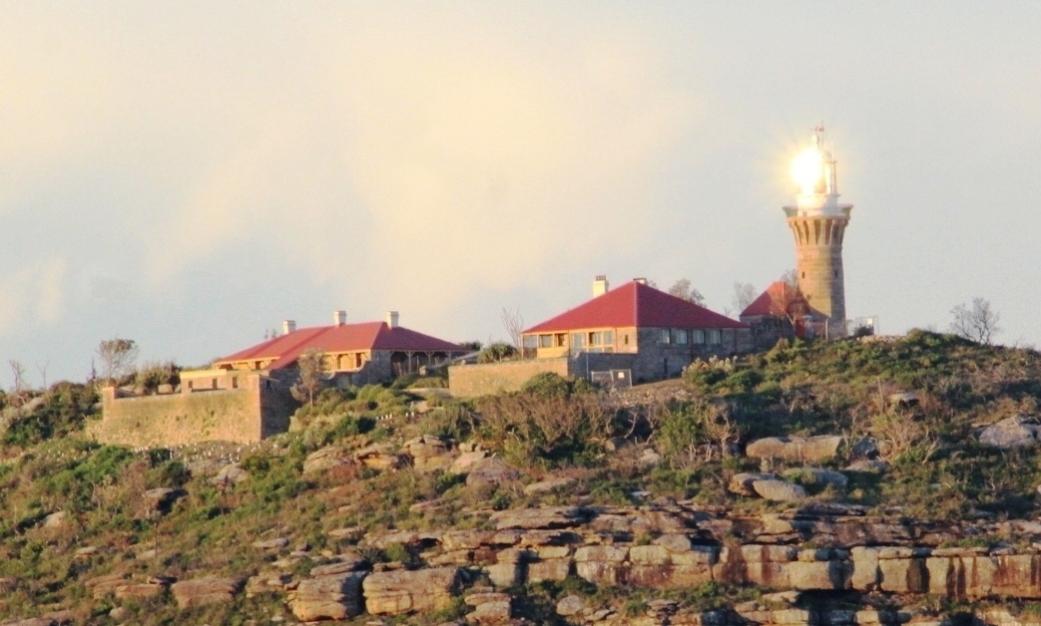
Surf Lifesaver Treats Rock Fall Victim At Palm Beach
Tuesday 2 May 2017 - from Surf Life Saving NSWA man in his 70s who was injured on rocks at Palm Beach pool this morning was lucky to have a highly trained surf lifesaver on the scene to administer first aid.
Nick Sampson, a 23-year old patrol captain at Avalon Beach SLSC is an electrician and was working on a construction site nearby when members of the public alerted him that a man had fallen off the path and onto rocks and was bleeding profusely from the head.
Nick and others from the construction site grabbed a first aid kit and along with bystanders, did what they could to stem the blood flow from the man’s head.
When paramedics arrived, Nick assisted them to administer oxygen, apply a neck brace and a defibrillator before the patient was loaded into the Ambulance. He was moved to North Palm Beach to a waiting helicopter for transport to hospital.
“He had a deep cut to the head, there was a lot of blood. Apparently he felt faint and stumbled across the path and fell off the edge onto the rocks,” said Nick.
This morning’s drama at Palm Beach shows just how valuable it is to have surf lifesavers, trained in first aid and CPR, out in the community and ready to use their skills and experience to help others.
Nick is humble by nature and dislikes talking about himself but reiterated that anyone can help others through learning First Aid, reminding everyone that Surf Life Saving does offer courses the public may do even if they're not a member of a Surf Life saving Club.
When people grumble about Gen Y being self centred, unwilling to take on responsibility and being the "I" generation, I like to point out some of the younger members of our surf club such as Nick Sampson.
Richard Cole
President Avalon Beach SLSC
NB: since Richard wrote the above the Pinkies have won the Under 23 Surf Boat World Championships.
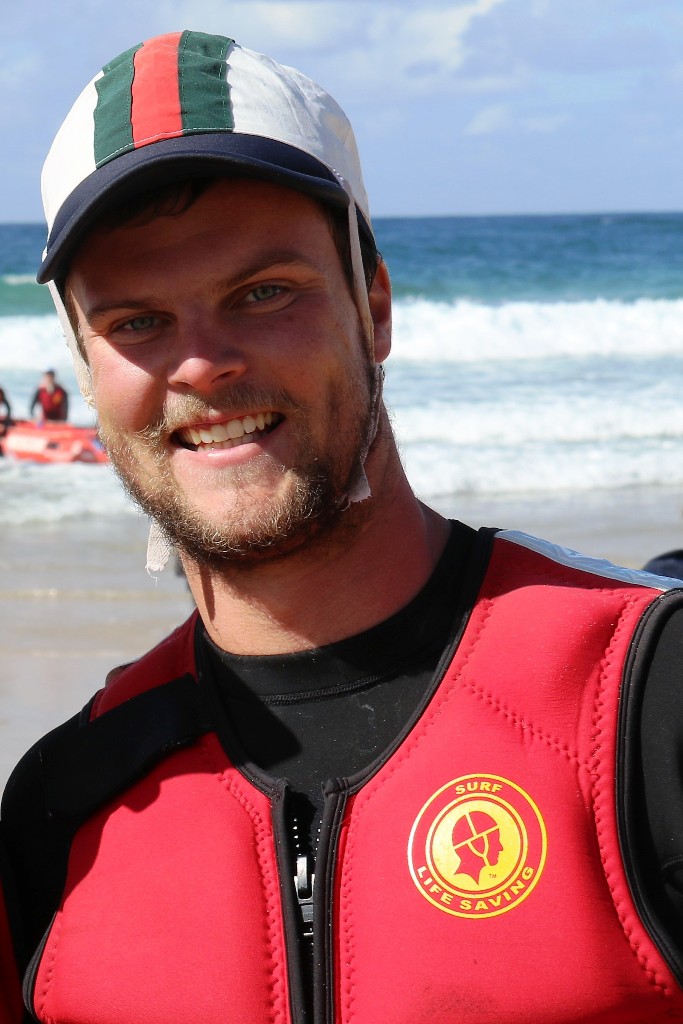
Transforming Everyday Australian's Into Lifesavers
 By Surf Life Saving NSW
By Surf Life Saving NSWNews From The Nesting Box May 2017: THEY’RE BACK!
Right on cue the Feathertail Gliders have been sighted on Rocky Point. For the third year in a row the Gliders have appeared in Autumn to check out suitable nesting boxes for the winter.
This time they’ve come slightly earlier - April instead of the May. In past years they have hung around until September or October so it will be interesting to see if the same rough seasonal pattern holds true this year.
That means it’s definitely time to clean out the boxes, get rid of the ants, dislodge those spiders and put some inviting fresh bark scrapings, or scrunched up leaf material, or the soft inner bristles of the banksia flower, to provide a suitable bed for our smaller marsupials for these cold winter months.
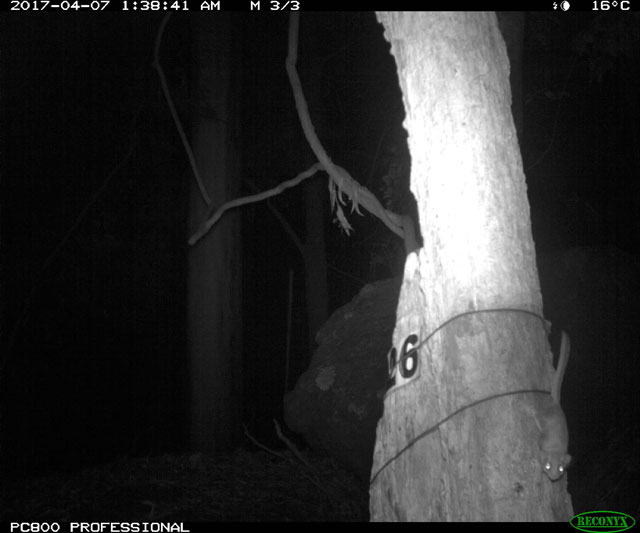
Hazel Sullivan’s Box 26 gets our first recorded Autumn visitor
In fact local polymath, Alan Yuille, tells us that it is likely to be the lower over-night temperature that drives them down from the escarpment at this time despite the plentiful nectar up there throughout winter.
And it’s not just the Feathertail Gliders in search of a warm bed by the coast. Mel Broughton reports her first sighting this year of a Pygmy Possum nest. This nesting box has been a favourite wintering hole over the last 2 years. Part of the attraction may be that the box is attached to a NSW Christmas Bush, which is also the nest material. Obviously the Pygmy Possums are time and motion students.
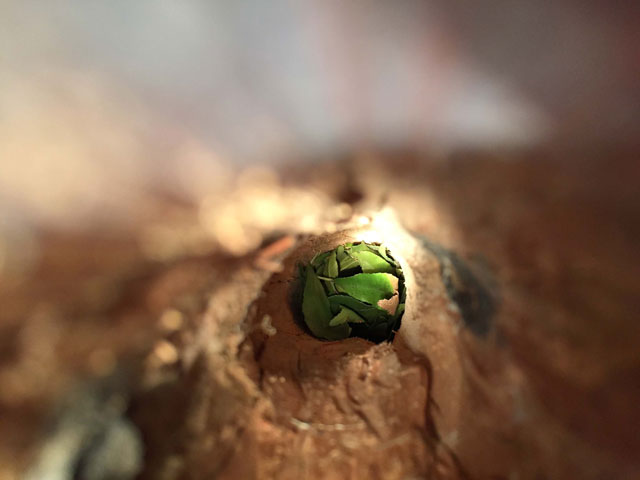
Mel Broughton’s Nesting Box - Photographer Mel Broughton
CAMERA SCHEDULE
Jude James reports that the schedule seems to be purring along and that the new box numbers have already proved their worth. However be warned. Now that boxes are becoming active we may need to reschedule your camera time so that we can keep a camera on an active box.
SUGAR GLIDER SQUAD
As Project members will recall, we do have 3 nesting boxes up on the escarpment under the eagle eyes of our Sugar Glider Squad. One of the reasons for putting the boxes up there was to try to confirm that our small marsupials were choosing to live up there over summer and not just in another Bay.
In December Sugar Glider Squad member Ruby Cummings spotted something in one of the boxes and managed to take the photo below. A positive I.D. has proved illusive, but our best guess is a Pygmy Possum. (When I say ‘our best guess’ I mean of course Ecologist and Project Mentor Alf Britton)
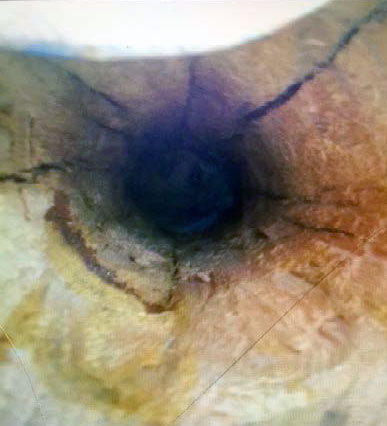
December visitor in the Sugar Glider Squad Nesting Box - Photographer Ruby Cummings
The Squad subsequently trained a camera on the box in use. Sadly, this camera was stolen 2 weeks ago. It’s a short sharp lesson to us all that despite our best efforts at camouflage, nowhere is free from small opportunistic crimes, not even on these isolated shores.
NOCTURNAL HOUSE VISIT
On a brighter note the Sugar Glider Squad visited Taronga Zoo’s Nocturnal House last week. Despite the low light Photographer Monique Stidwill recorded the visit.
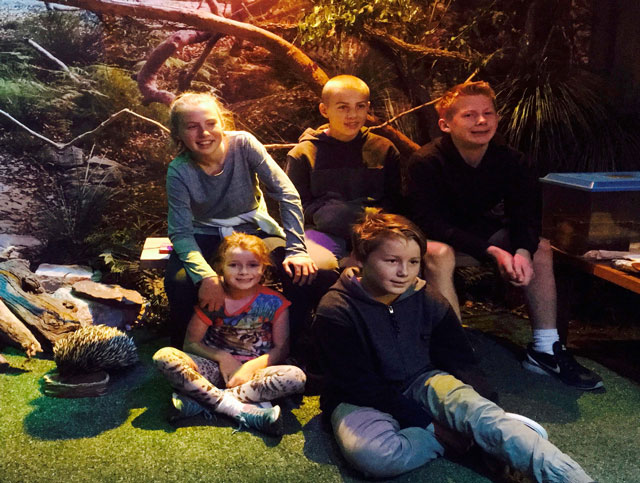
Top L to R: Ruby Hamish Ethan. Bottom L to R: Mali & Luke
Pandy, the Black Footed Tree Rat from Queensland was up to his old tricks
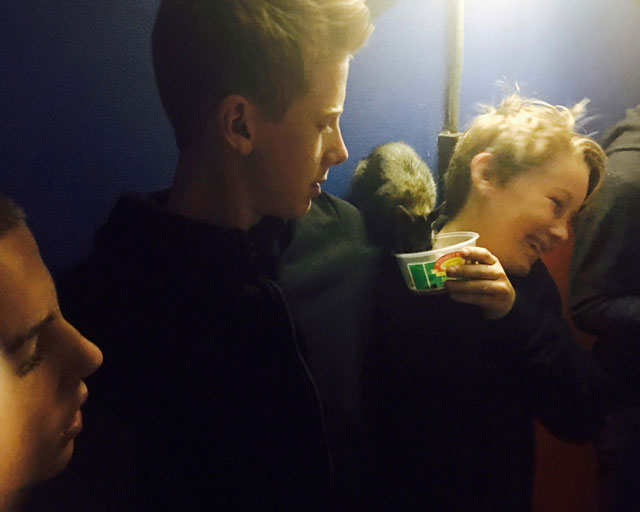
Ruby, Ethan, Pandy & Luke
His peanut obsession, if anything, has got worse.
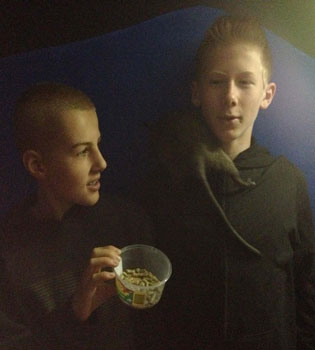
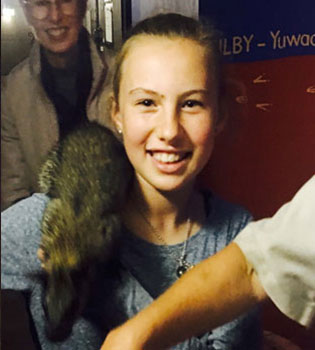
Hamish, Pandy & Ethan Pandy & Ruby

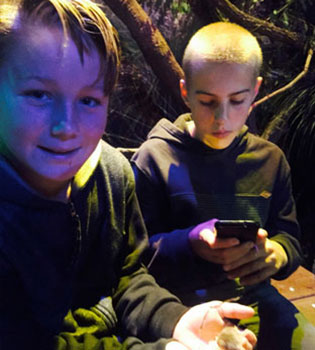
Luke and Hamish got up close and personal with a Feathertailed Glider
The visit was under the auspices of Taronga Zoo Senior Keeper the wonderful Wendy Gleen. Her knowledge and affection for all the mammals in the Nocturnal House felt like world’s best practice as did her rapport with the Squad. Our Sugar Glider Squad activities regularly feature in Wendy’s talks to school groups as she spells out some of the possibilities for those kids who wish to learn more about their natural surroundings.
It made us all feel very proud of our team.
Avalon Beach SLSC And Avalon Surfing Mums Biggest Morning Tea
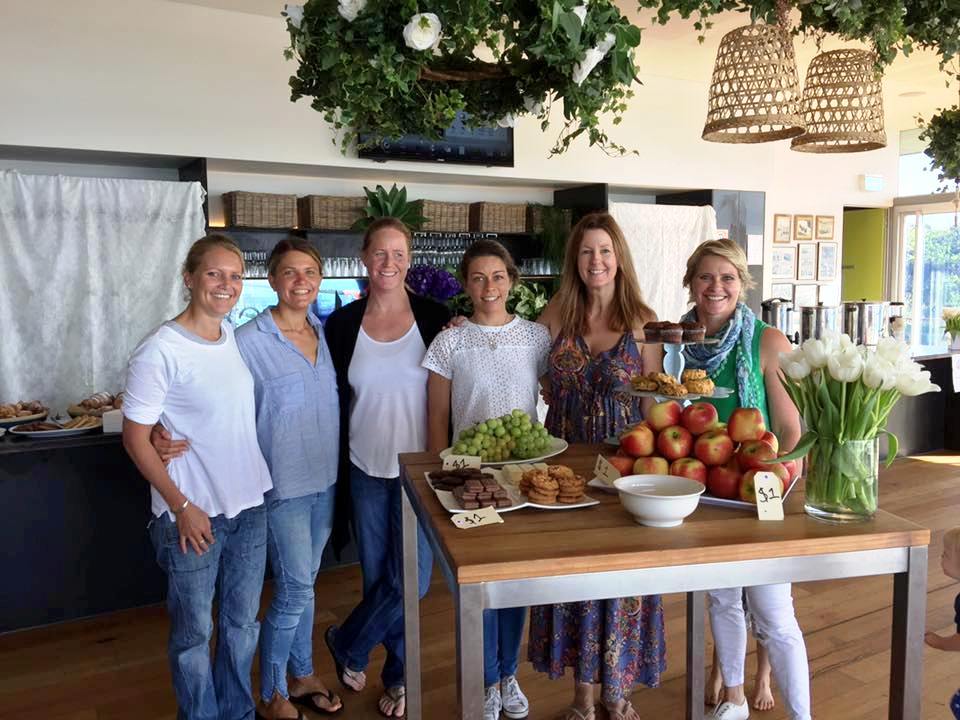
Avalon Beach SLSC And Avalon Surfing Mums Biggest Morning Tea
Avalon Surfing Mums & Avalon Beach SLSC combined Australia’s Biggest Morning Tea fundraiser for the Cancer Council was held last Sunday at the ABSLSC’s Club Lounge raising over $1600 for the cancer council.The theme “bring a teacup with a story” designed to minimise waste and washing up was a big hit with many attendees bringing treasured teacups from their childhood and sharing their stories with the organisers and each other. Carmen Meehan, a volunteer at ABSLSC was delighted to see the Surf Club using her mother’s tea cups donated many years ago as a backup for those who forgot to bring their own.
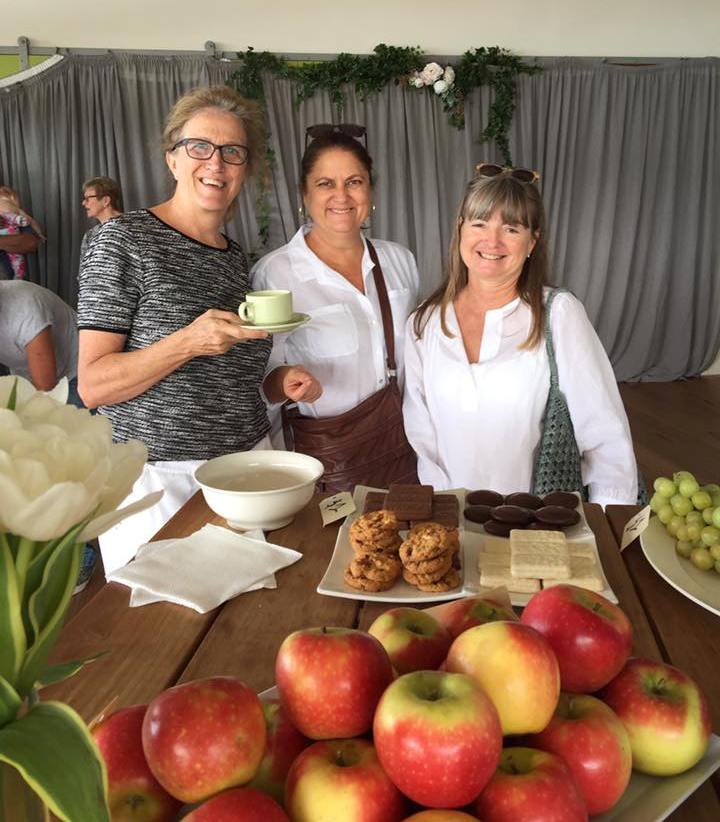
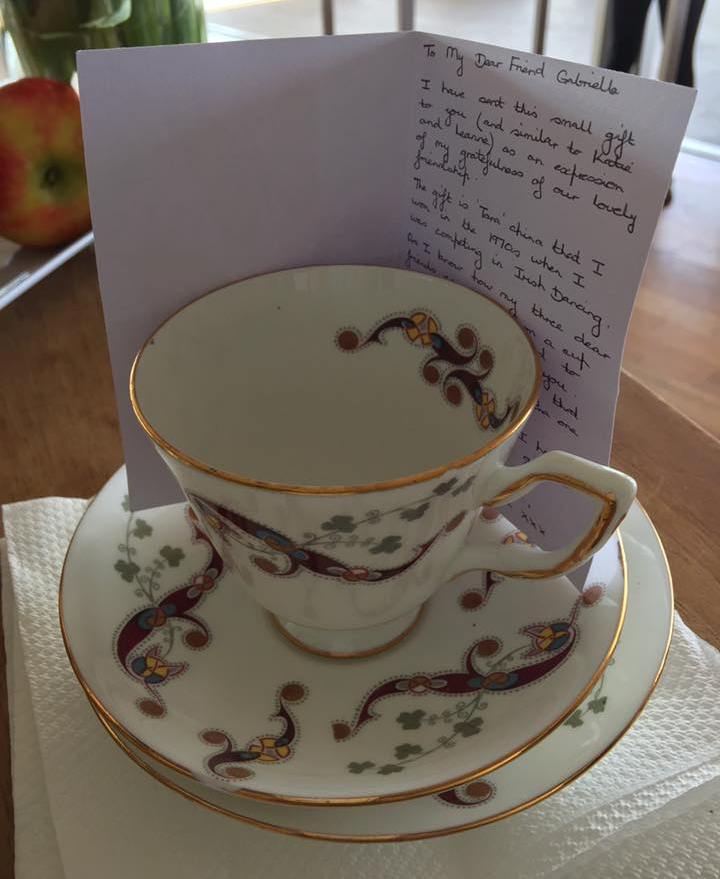
Local residents, Jen Beck and daughter Ally as well as the Ma Family bought treasured teacups from their own childhood for their daughters to enjoy. Gabrielle Griffiths teacup was part of a set won in a 1970’s Irish dancing competition which had been posted by its owner to her four friends located all over Australia.
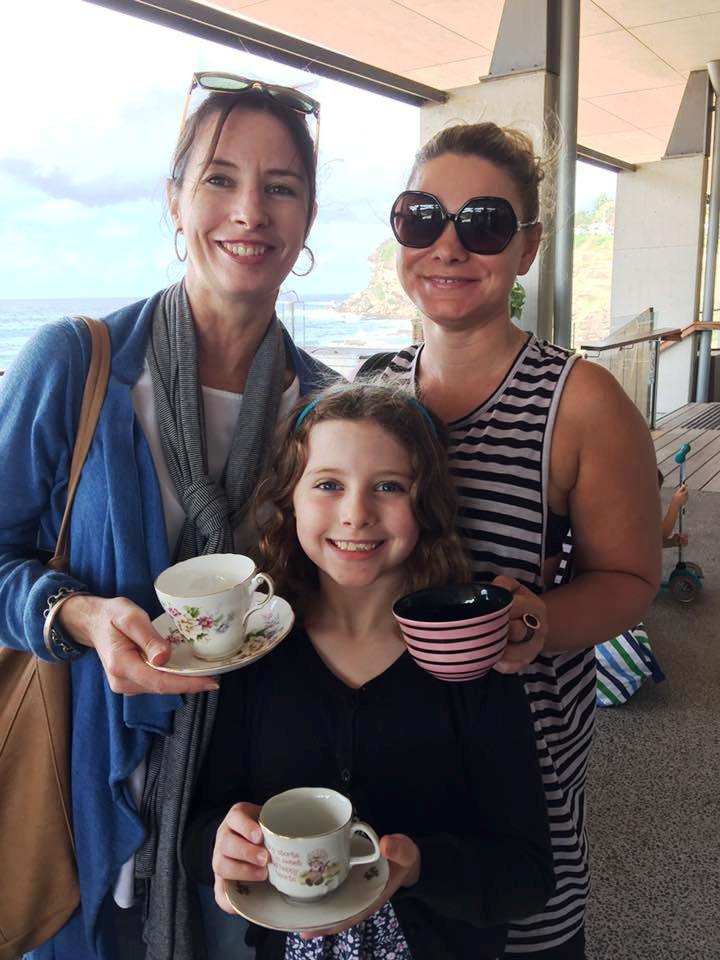
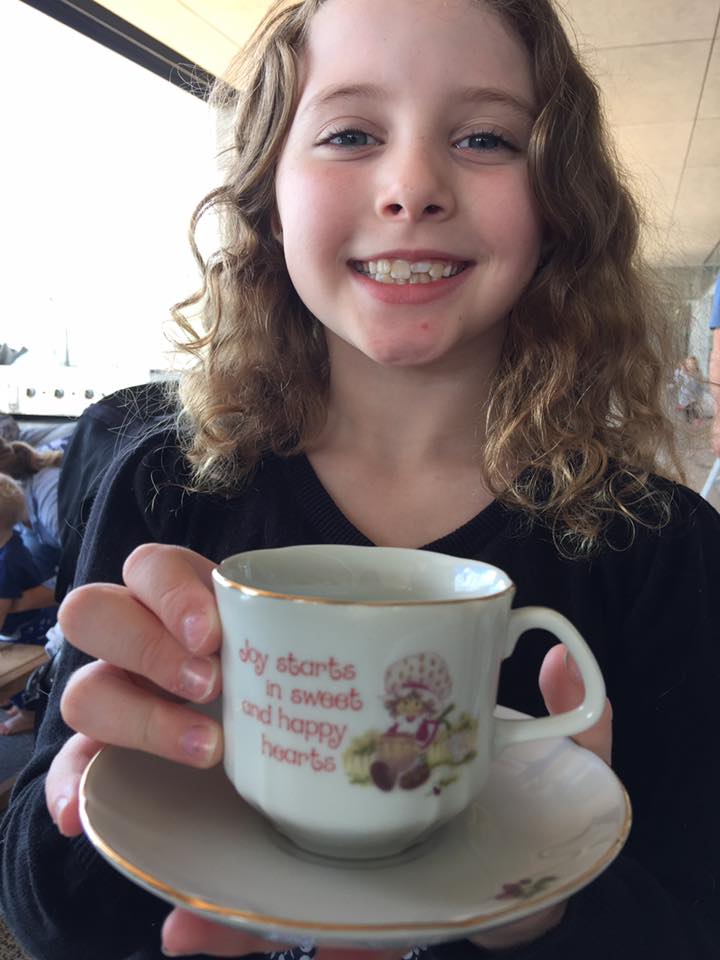
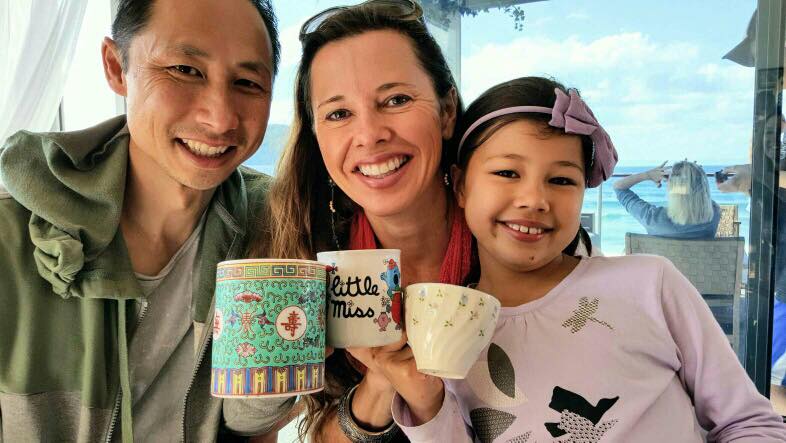
The weather was superb and visitors were treated to a beautifully styled event space courtesy of Copper Beech and the Faux Flower Company and enjoyed treats generously provided by Woolworths Avalon, The Boathouse Group, The Avalon on the Beach and DiLicious Cupcakes as well as an array of home baked goodies from the Avalon Surfing Mums.
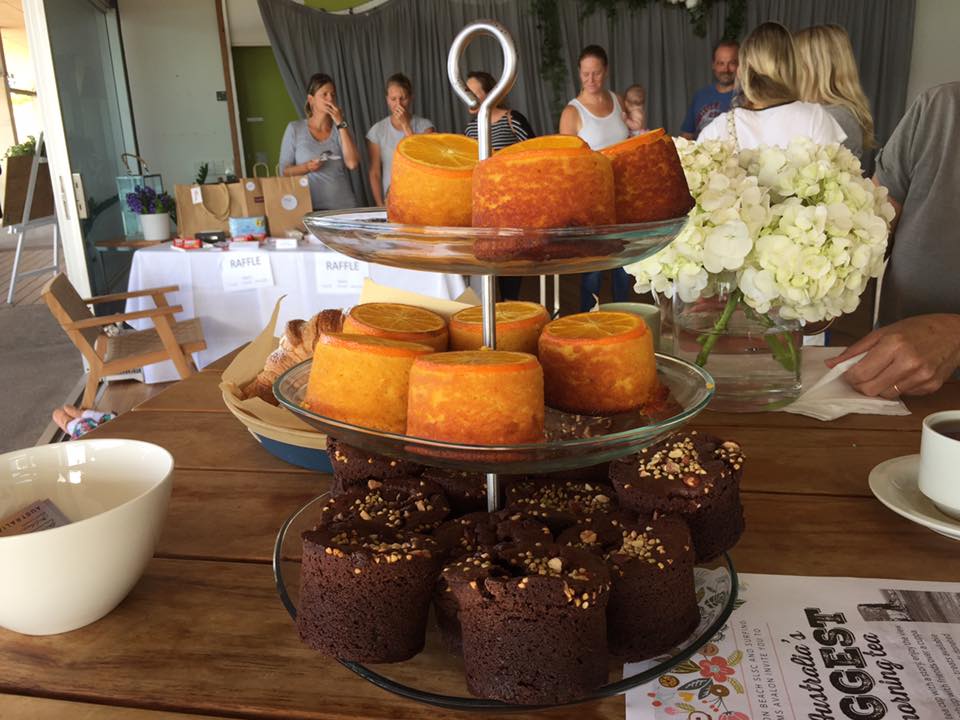
The raffle was a big hit and contributed greatly to the fundraising with wonderful prizes being donated by local Avalon businesses such as Annie Kurtz - The Body Shop at Home, Beach General, Blatchfords Kitchen, Classic Coffee, ecodownunder Avalon Beach, Health Space, Mark Collis Art, Maweda Jewellery, Rust and Surfing World Magazine.
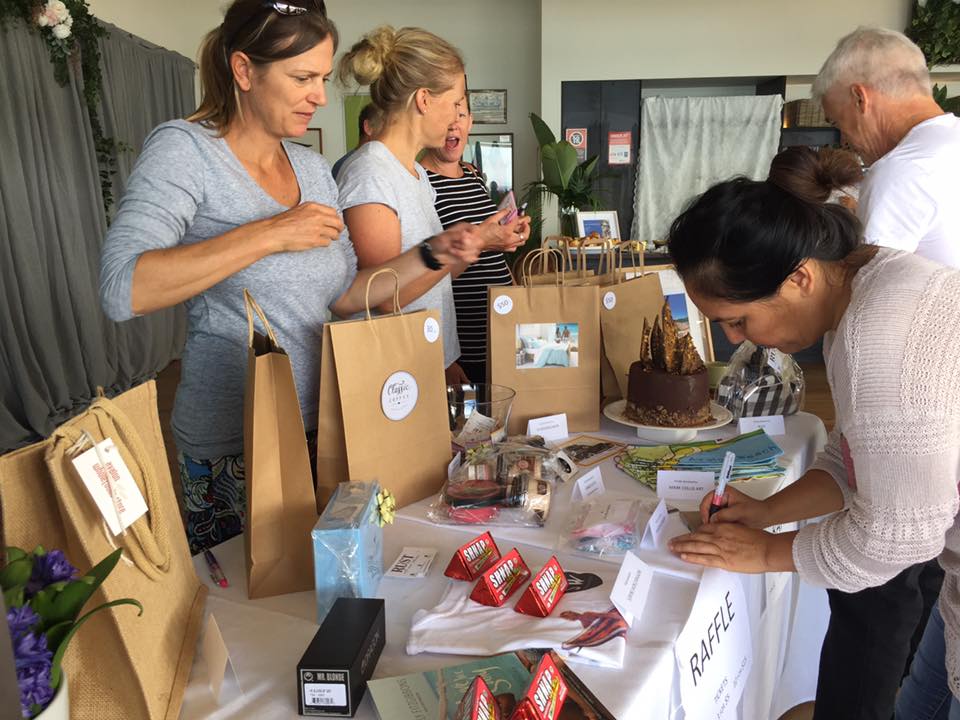
ABSLSC and Avalon Surfing Mums would like to thank the local community for all of your support and hope to see you again next year.
Donations still welcomed. If you would like to make a donation to the Cancer Council’s Australia’s Biggest Morning Tea please follow the link: https://secure.cancercouncilfundraising.org.au/registrant/FundraisingPage.aspx?EventID=48847&RegistrationID=1079342
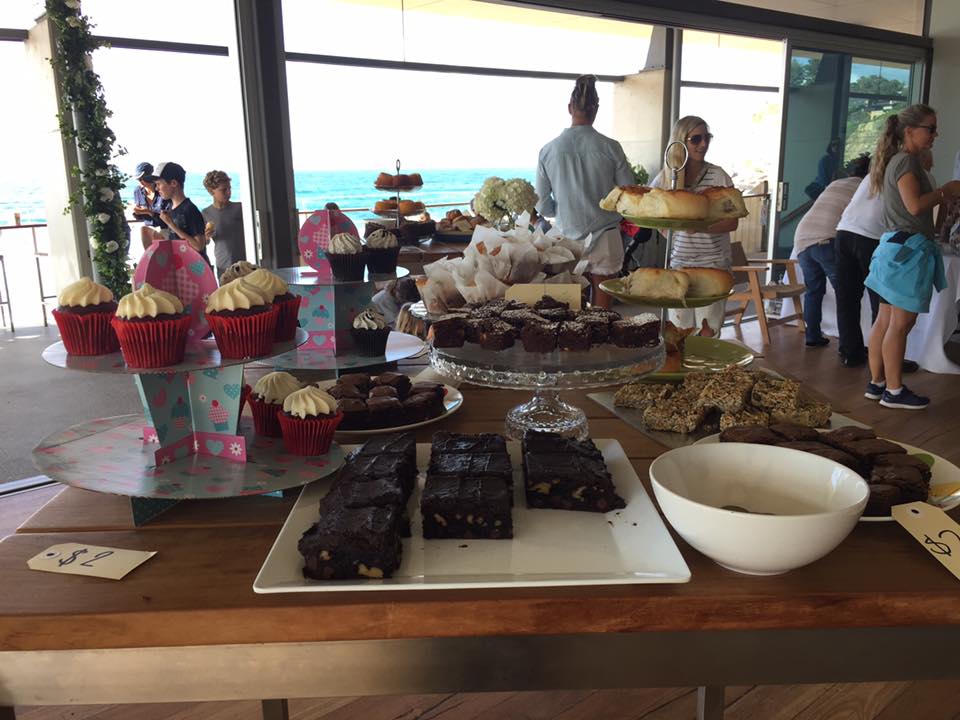
MC38 Winter Series Act 1 On Pittwater
Hosts: The Royal Prince Alfred Yacht Club
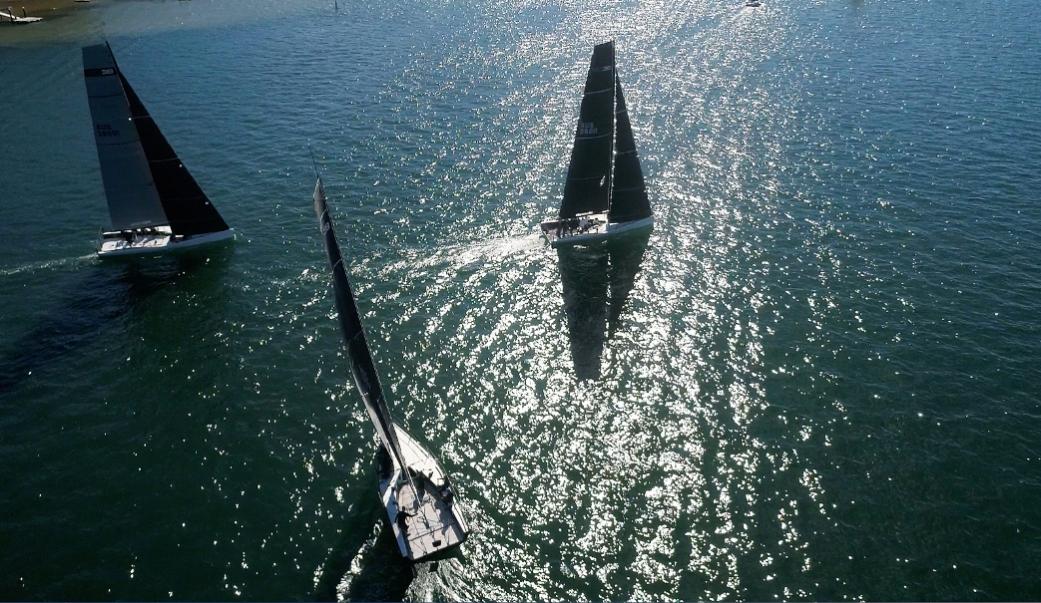
First Day Of Warm Winter Series Act One To Dark Star
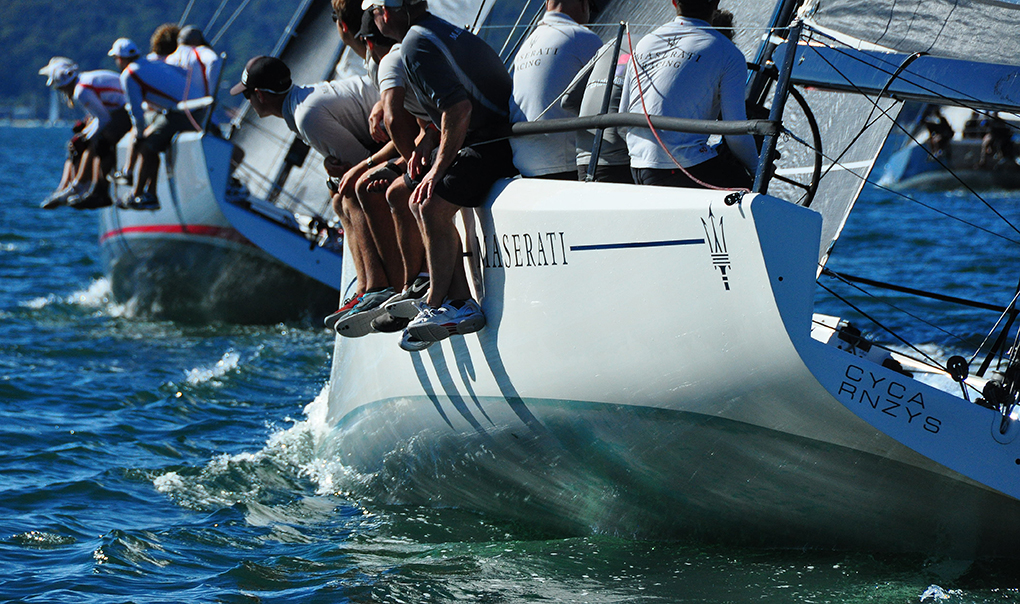
Lifesavers Launch Into IRB Season 2017
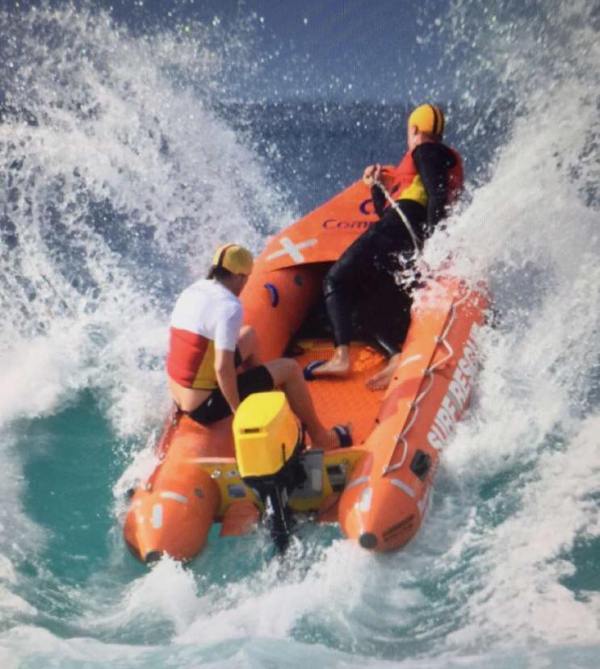
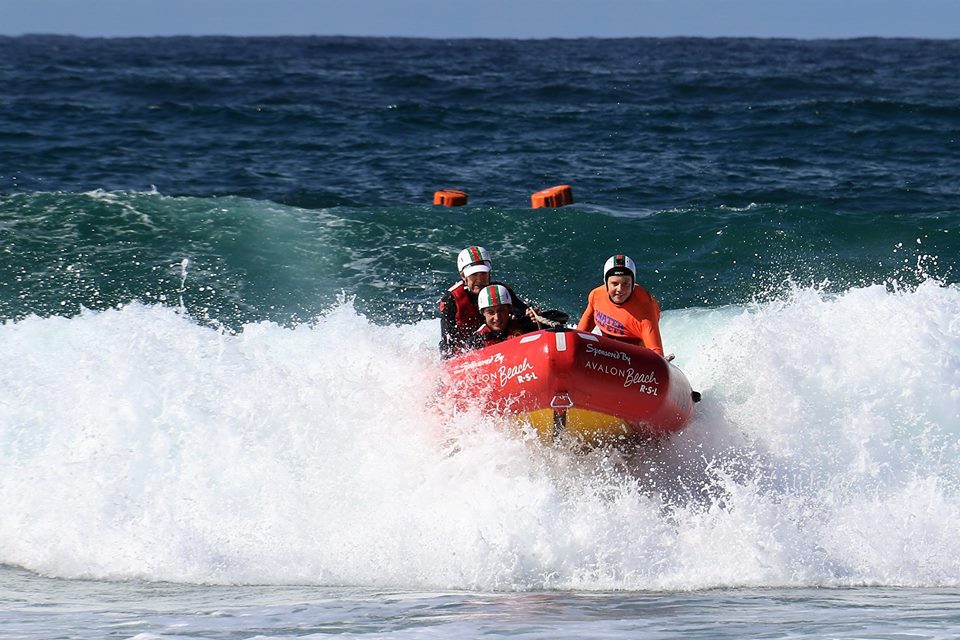
NSW Lifesavers Announced In Australian Squad For 2018 Worlds In Adelaide
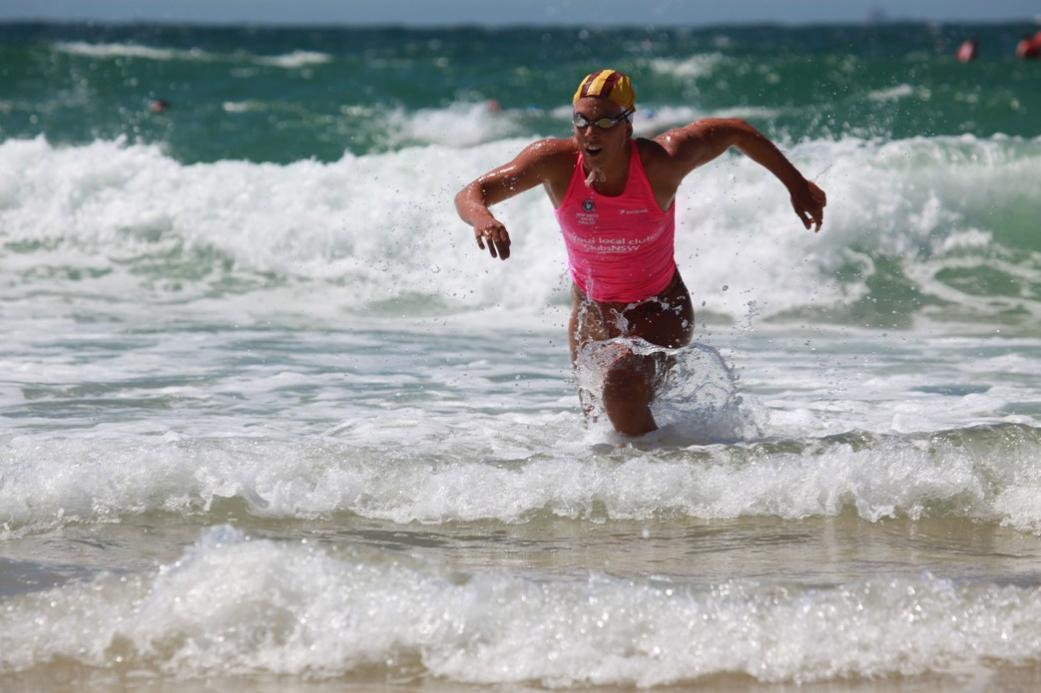
NSW Lifesavers Announced In Australian Squad
Wednesday 3 May 2017 – by Surf Life Saving NSWA total of 16 NSW athletes including an Olympian and five Nutri-Grain Final Series stars have been selected in the Australian Life Saving Team Squad and will have the chance to compete at the 2018 Lifesaving World Championships in Adelaide.
With 562 days till the 2018 Lifesaving World Championships commence, the selected 47 athletes from around the country will be taking no time off over the winter months to make sure they have the best possible chance to be chosen to race in the green and gold.
Coming off outstanding performances at last year’s Lifesaving World Championships in The Netherlands, nine of the 12 NSW athletes have been chosen in the squad including veteran Tim Schofield (Terrigal), Nutri-Grain Ironwoman Georgia Miller (Newport), Bradley Woodward (Shelly Beach) and Jake Lynch (Newport).
The 2016 Youth Captain Jemma Smith (Umina) as well as Lizzie Welborn (North Bondi), Rachel Wood (Umina) and Ethan Garland (North Cronulla) will be fighting for a spot in the Opens this time around.
NSW Open Champions Newport SLSC have the strongest contingent with five athletes named, including NSW Interstate Captain and ski specialist Hannah Minogue and Australian and NSW Open Flags titleholder Blake Drysdale.
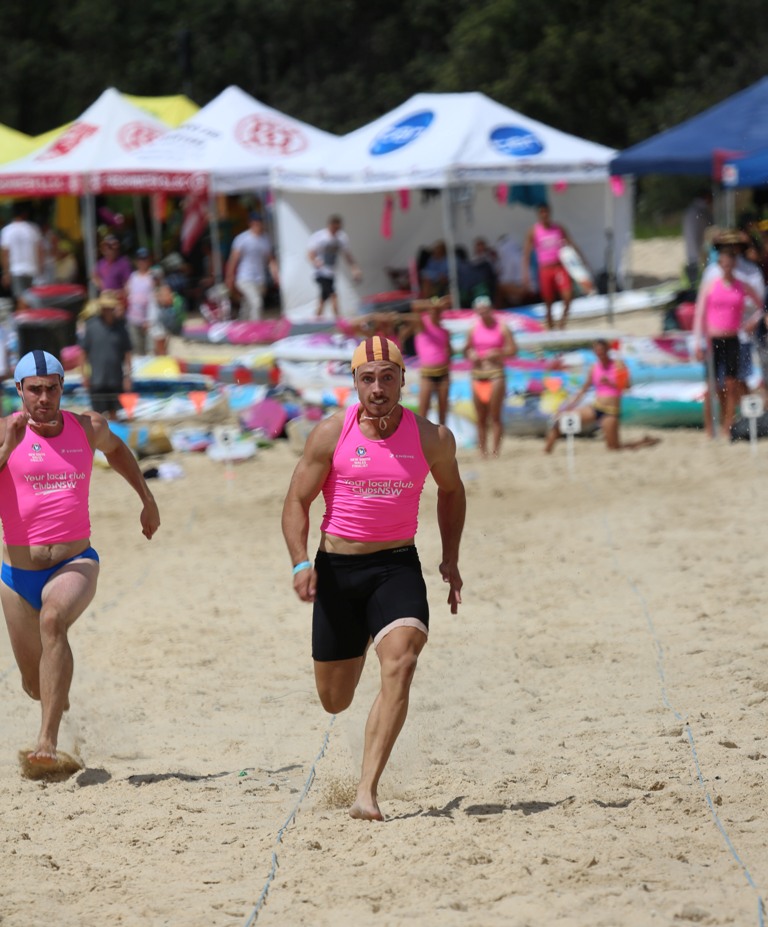
Manly’s Kendrick Louis will be hopeful of representing his country after a stellar season for his new club, thanks to wins in the NSW Open Iron and impressive performances in the Summer of Surf Series.
Rio Olympian Riley Fitzsimmons (Avoca Beach) will be out to cement his position as the best male ski paddler in the country against close rival Mitchell Trim (Newport).
While Ngaire Hadfield (Cronulla) who has form behind her after claiming gold in the Australian U19 Flags will be racing against Queensland’s finest sprinters for the chance to represent her country.
The team will be led by Head Coach Kurt Wilson (Currumbin) with KNG Ironman Champion Shannon Eckstein (BMD Northcliffe), Andrew Bowden (Bronte) and Martin Lynch (Newport) as Assistant Coaches, while Umina’s Garry Mensforth will be Team Manager.
Glenelg Beach will be hosting the surf and beach events while the pool rescue competition will be held at the South Australian Aquatic and Leisure Centre.
Australian Youth Life Saving Team squad (ocean & beach) will be announced next week with youth pool athletes announced after the Australian Pool Rescue Championships in August.
The 2018 Lifesaving World Championships are being held in Adelaide, South Australia from 17 November to 2 December with the final team of 12 to be announced in early 2018.
Australian Life Saving Team Squad (NSW Athletes):
• Riley Fitzsimmons - Avoca Beach
• Keelan Bridge - Bronte
• Ngaire Hadfield - Cronulla
• Kendrick Louis - Manly
• Blake Drysdale - Newport
• Jake Lynch - Newport
• Georgia Miller - Newport
• Hannah Minogue - Newport
• Mitchell Trim - Newport
• Lizzie Welborn - North Bondi
• Ethan Garland - North Cronulla
• Daniel Collins - Redhead
• Brad Woodward - Shelly Beach
• Tim Schofield - Terrigal
• Jemma Smith - Umina
• Rachel Wood - Umina
Team Management:
Coach – Kurt Wilson (Currumbin)
Assistant Coach – Shannon Eckstein (BMD Northcliffe)
Assistant Coach – Martin Lynch (Newport)
Assistant Coach – Andrew Bowden (Bronte)
Team Manager – Garry Mensforth (Umina)
Inaugural Lifeline Classic An Investment In Waves Of Hope For Everyone's Loved Ones

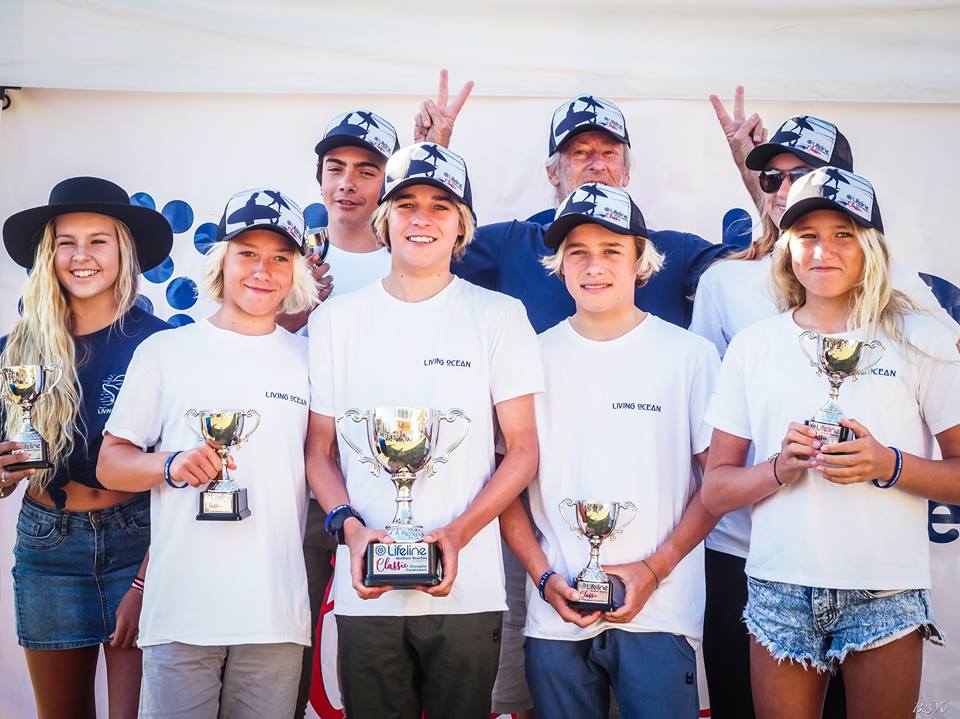
Pittwater Visions
By Dave Whiteman
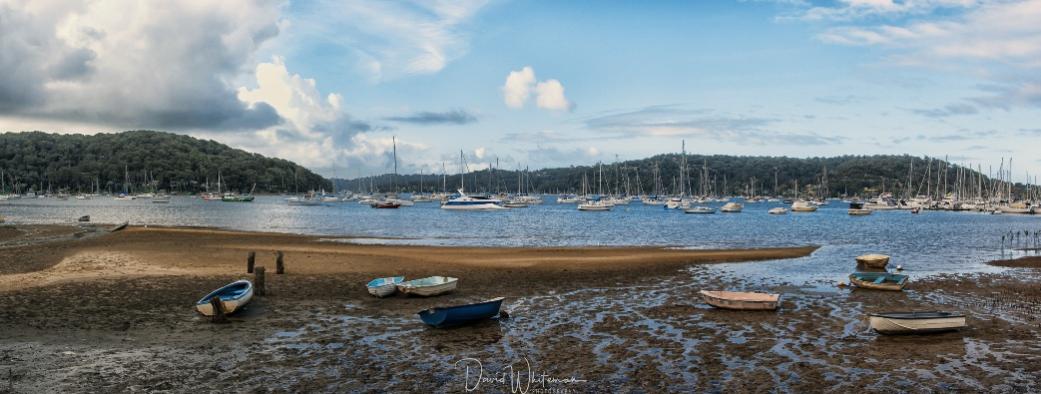
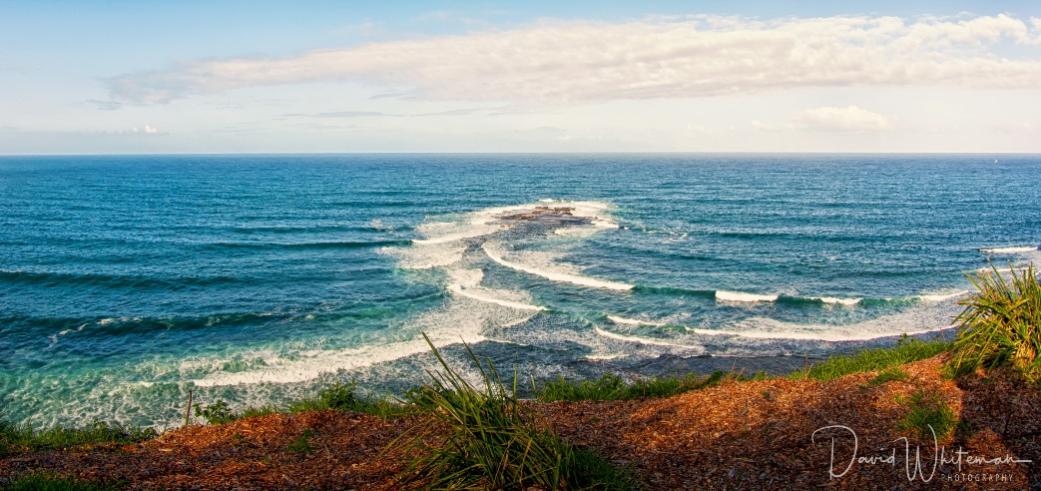
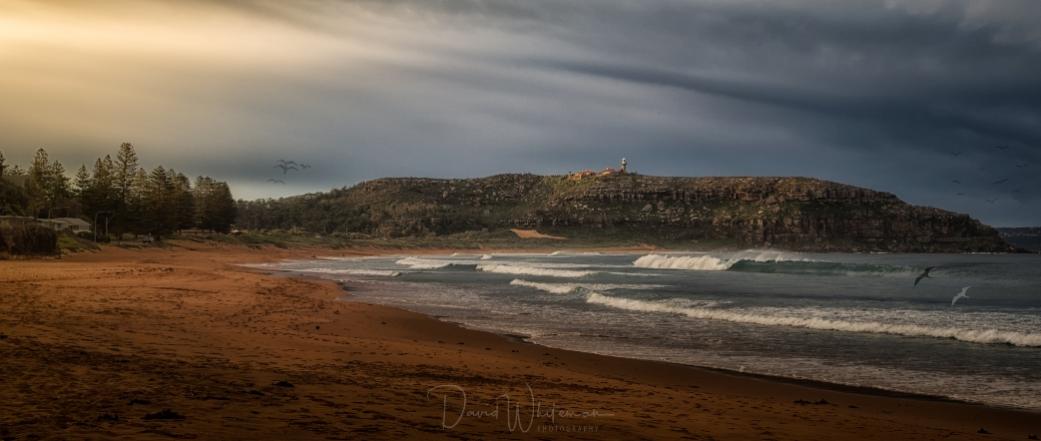
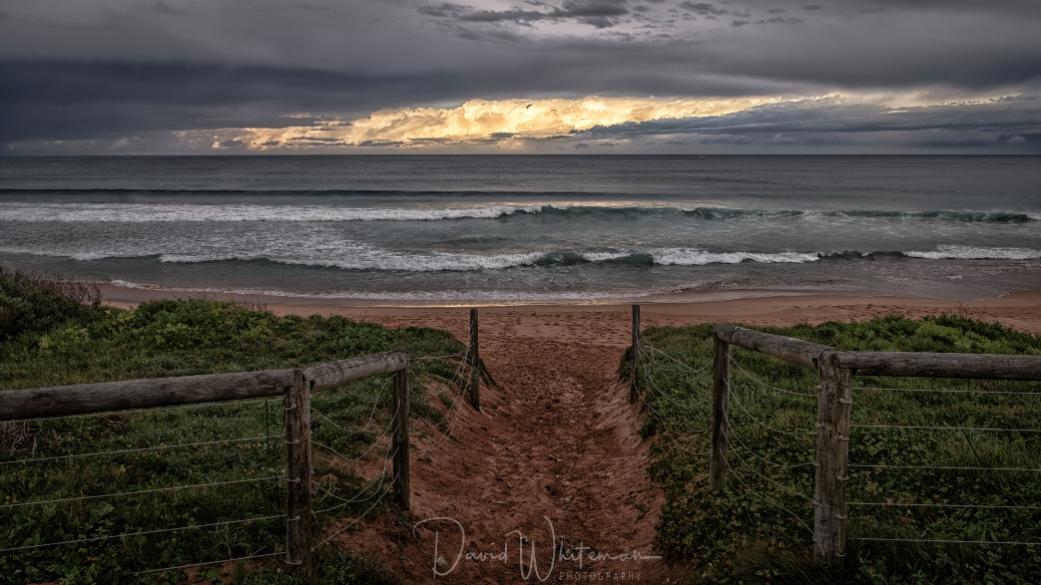
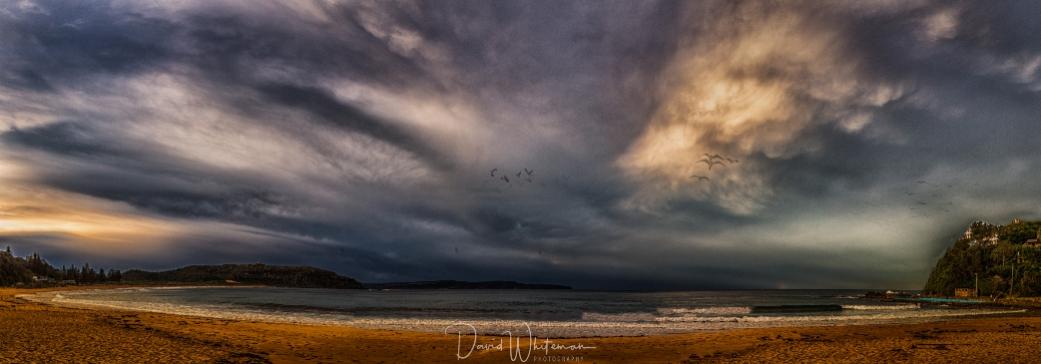
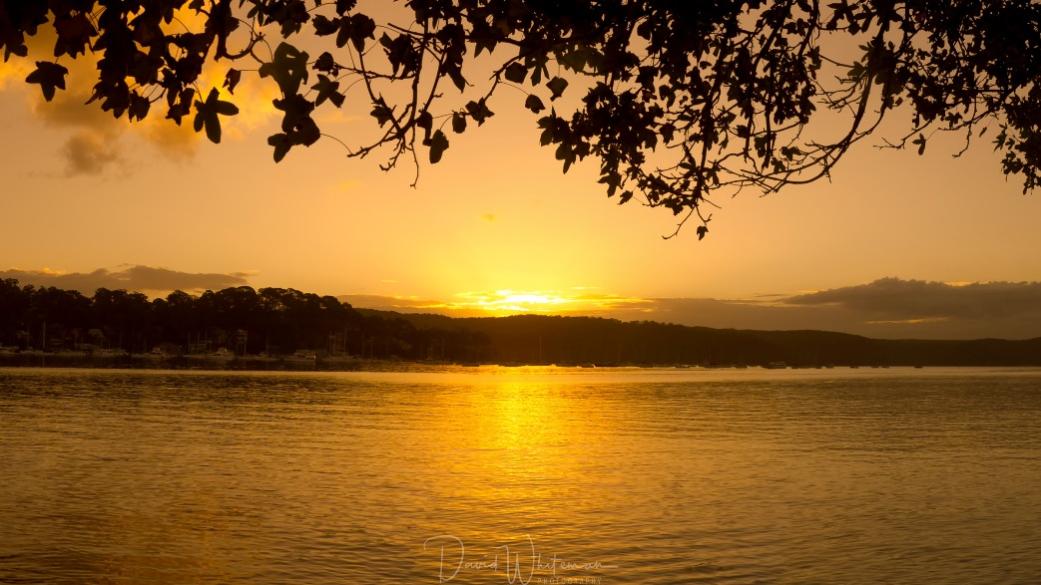
Artist Of The Month - May 2017
The Pittwater Artists on the Pittwater Artists Trail for 2017-2018
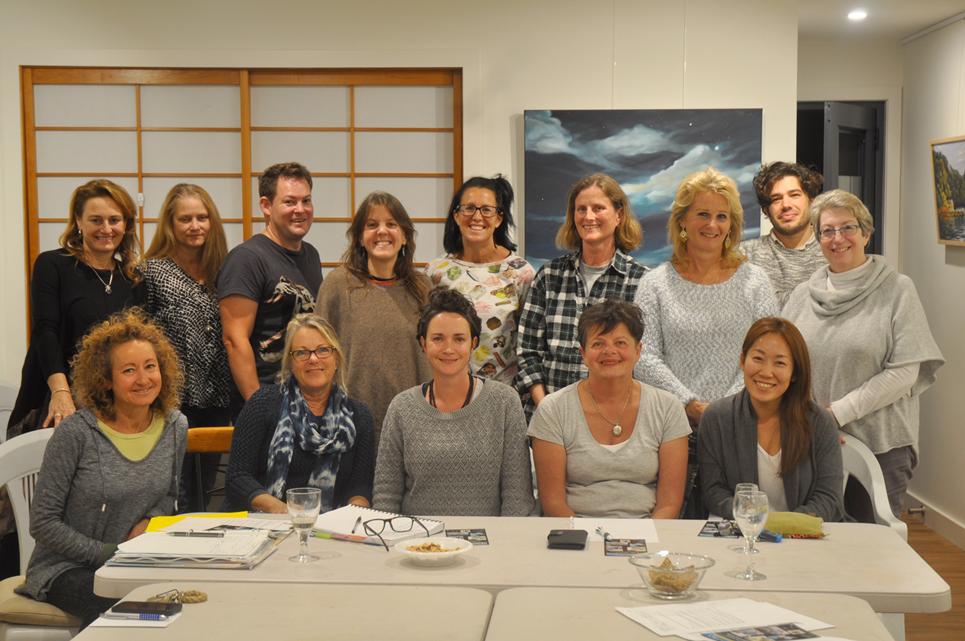
2017 Pittwater Artists Trail
William (Bill) Fitzgerald OAM
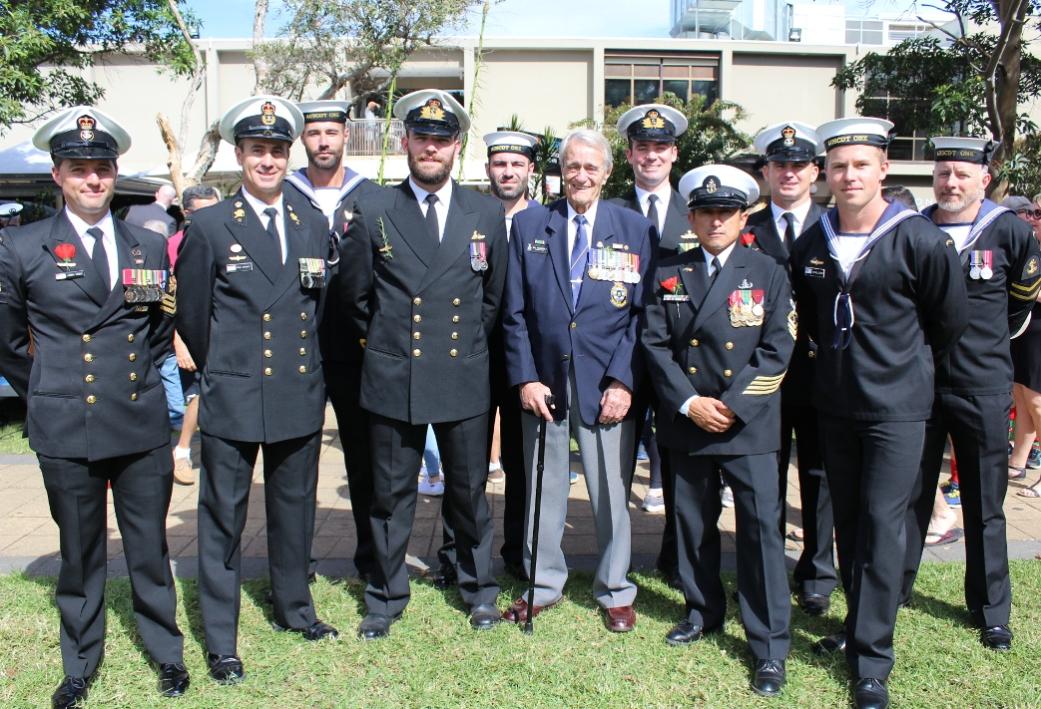
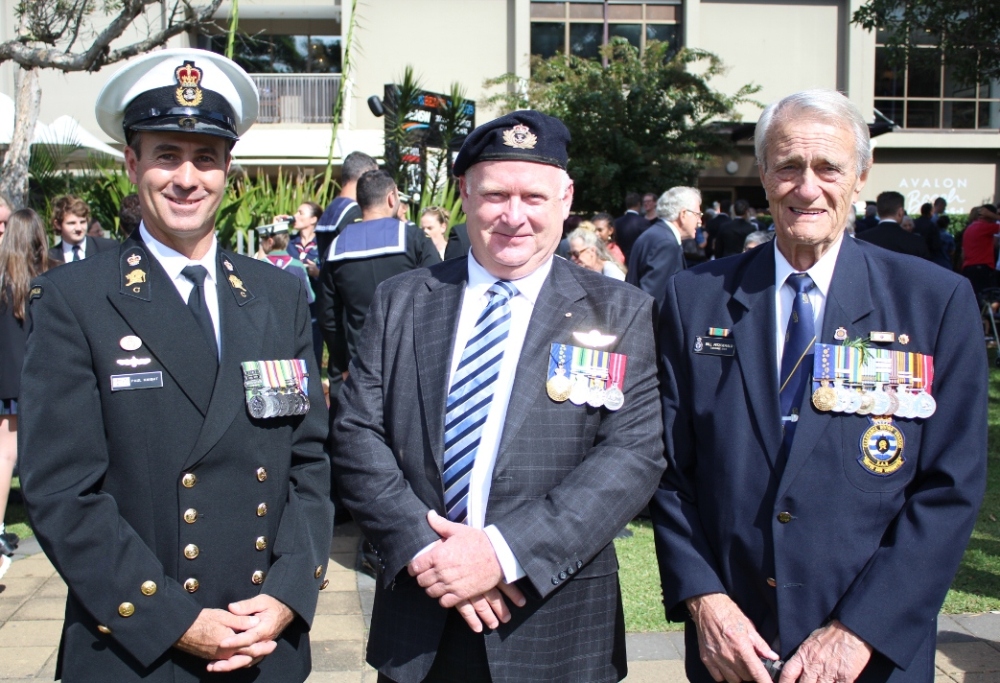
Commonwealth Navy Order 287 (1947)
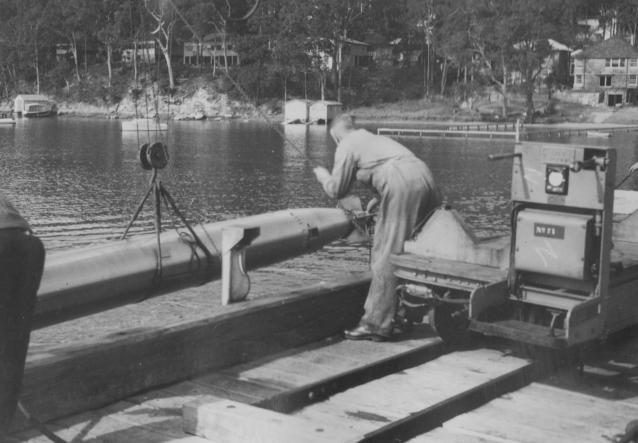 R.A.N. TORPEDO RANGE, PITTWATER, N.S.W.
R.A.N. TORPEDO RANGE, PITTWATER, N.S.W.
The R.A.N. Torpedo Range is situated in Broken Bay, N.S.W., the firing point being on Taylor's Point, Pittwater, and the range extending from there in a northerly direction.
2. Transport of torpedoes is normally carried out by road from the R.A.N. Torpedo Factory, a distance of 22 miles, as no vessel with a draught greater than 12 ft. 6 in. can enter Pittwater. 3. The following firing guns are fitted:—
1—No. 21-in. above water firing tube.
2—No. 18-in. tubes.
1—No. 21-in. submerged firing tube.
There is also a launching cradle for use in running torpedoes not otherwise catered for.
Left: Recovered Torpedo at RAN Torpedo Range, Pittwater, 1949, courtesy Robert Curran.
4. The Torpedo Range workshop is capable of carrying out complete overhauls on all torpedoes.
5. Applications for torpedoes to be ranged should be made by signal to Admiral Superintendent, Sydney, repeated for information to Superintendent, R.A.N. Torpedo Factory.
6. Transport of torpedoes from the ship's side to the range and return will be arranged by the Superintendent, R.A.N. Torpedo Factory.
The Torpedo wharf soon became part of the local landscape, a landmark:
Pittwater: Good catches of mulloway have been made at the torpedo wharf and bream on the flats at Careel Bay. FISHING AND WHERE. (1949, December 4). The Sunday Herald (Sydney, NSW : 1949 - 1953), p. 14 Section: Sporting Section. Retrieved from http://nla.gov.au/nla.news-article28667213
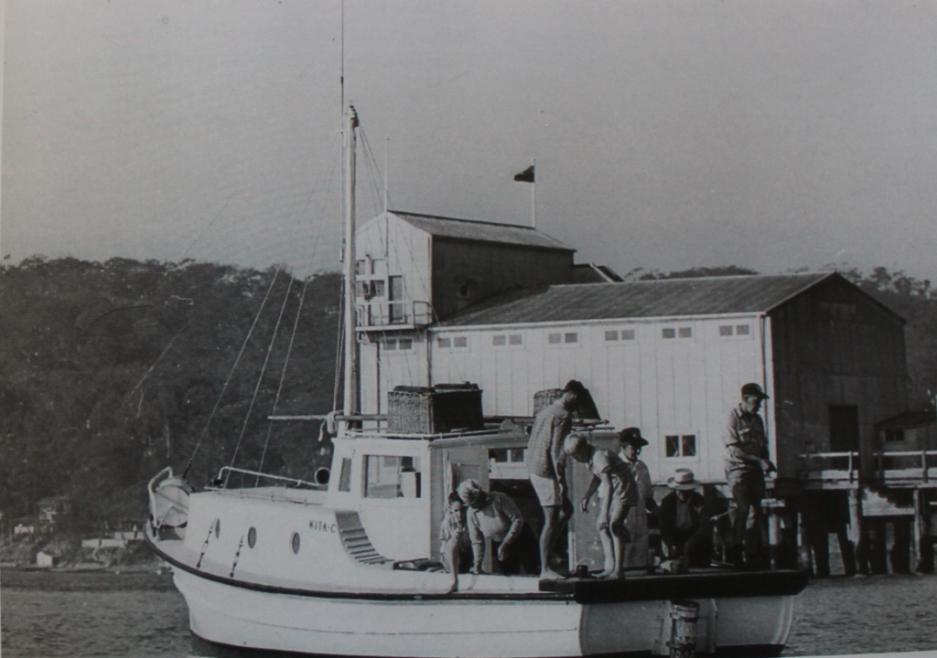
Taylor's Point and Torpedo Testing- Divers Training Annex in 1960's - photo courtesy Gary Cook.
One Year On: Amalgamation STILL Rejected
Pittwater residents attend the Cancel Council Amalgamations SOCC Event on Friday, May 12th, 2017 - photo courtesy Sue Young.
A perusal of the currently up for 'having your say' Operational Plan and Budget 2017-18 (Draft) (submissions close: 4 June 2017) allocates $7,500,000 for the Collaroy-Narrabeen Coastal Protection Works (a seawall) and $1,346,472 for Warriewood Valley creekline works, while a new access road for Kimbriki has had $4,000,000 allocated. The multi-millions costed for Dee Why Town Centre improvements and further almost 6 millions worths, per annum, of upgrades is being funded through Section 94 - a rate rise of 9.4% already approved for Warringah residents by IPART prior to the forced amalgamation. This budget also has listed the long awaited Warriewood Valley Community Centre - $930,000 allocated there - the 500k allocated in the last ever Pittwater Council budget for this project....?
For the Church Point Boardwalk to be extended, $900,000 is budgeted. Parking Permits for the Church Point Reserve & Precinct (Subject to 2.9% Increase as Per Plan of Management for Church Point Reserve) will be, per space per annum, $4,939.00.
Page 68 of the Draft notes:
'While Council received $10 million in funding through the New Council Implementation Fund (NCIF) for merger and transition costs it is recognised that Council will incur further restructuring costs such as the cost of integration, aligning positions within the new organisational structure and new salary system which will exceed the funding provided.
Accordingly the Long Term Financial Plan has been prepared on the basis that once the NCIF has been fully utilised existing budgets will firstly be used to pay for those merger and transition costs not funded through this mechanism prior to the identification of net savings.'
Readers have complained of bad service and being kept on hold too long when needing to inquire about something of the interim administration council. We have not experienced the same - one call, to have a bin smashed by garbage collectors replaced, was answered within three rings and the replacement was where they said it would be when they said it would be - the next day.
Others have expressed distaste in appointed administrators making inappropriate comments about members of the community or overseeing, as voted for Councillors once had, the openings of skate parks and bridges or attending official functions. Stepping into these roles is not without hazards and may not always spread the warm bonhomie and sense of community those we'd happily cheer on once did when MCing. Stepping up anyway and being prepared to engage with the community, at community association meetings for example, demonstrates an intention of getting on with the job and completing works that had been discussed prior to the changes. More than one of these community organisations have expressed their appreciation of what has been done and done prior to the forthcoming elections and the politics many fear will rule thereafter.
The looming developers boom, and community reaction to anything, in Pittwater at least, being rushed through without voted for representatives in place, resulted in a 'cooling off period' for a Mona Vale Place Plan that is a far cry from that originally presented and the more recent realisation that Ingleside as a boomtown may have to wait until Mona Vale Road improvements are funded. Millions have already been spent snapping up land in Ingleside though - some who a few months back couldn't sell their property for 1 million have taken offers of 5 million in recent weeks.
The B-Line flattening of sections of Mona Vale Village Park is an ongoing bad taste in the community's mouth, as well as a scratching of heads as to how that many trees as replacements in or around that space will be achieved - as is saving Bayview's great green space for golfing by the NSW Government's Planning Department overruling previous decisions on a Developer's proposal for the erection of units in that same space so that a DA may now be lodged.
On Friday, May 12th, those who refused to believe that they didn't have a leg, or a law to stand on, won another small point in cases with the announcement that Woollhara Council have been granted a High Court appeal in their pursuit of autonomy for the people they were voted in to represent. The news spread quickly and was appreciated by those who gathered around yet more politicians calling for an immediate withdrawal of all plans to forcibly amalgamate those still fighting and to de-merge those who still wanted what they had before May 12th, 2016.
“The Greens remain shoulder to shoulder with local communities in their struggle to protect local democracy from the Coalition and their developer mates who are desperate for bigger, less democratic councils,” David Shoebridge, NSW Greens MP said on Friday.
The Greens are hosting a community forum in Pittwater - 7 p.m. Tuesday May 16 At Pittwater RSL. Although feedback here has been some won't attend due to being 'politician weary/wary' two of the speakers, former Pittwater Councillor Bob Grace, and Better Planning Network founding convenor Corinne Fisher, are not not affiliated with any political party.
Mr Grace will invite residents at the forum to support his plans for a crowd-funding page to finance legal action aiming to restore the council.
“The crowd funding page is progressing. Clareville local Pip Rey is putting it together and we hope to have it ready and circulating by mid-May,” Mr Grace said.
“This will be very exciting because it will enable the community to understand what we’re trying to do and how they can help so we can get our Pittwater back.” Bob stated in Protect Pittwater Community Forum - run last Issue
When the Friends of Currawong commenced what would turn out to be a 10 year battle to save that green space for all they had at least one not then incumbent politician fighting at their side, one Harvey Rose reciting 'We will not go quietly into that gentle into that good night' in a tone that galvanised the populace, Shane Withington heading up a team that was never going to take 'no' for an answer...
Palm Beach Whale Beach Association AGM President’s Report 2017
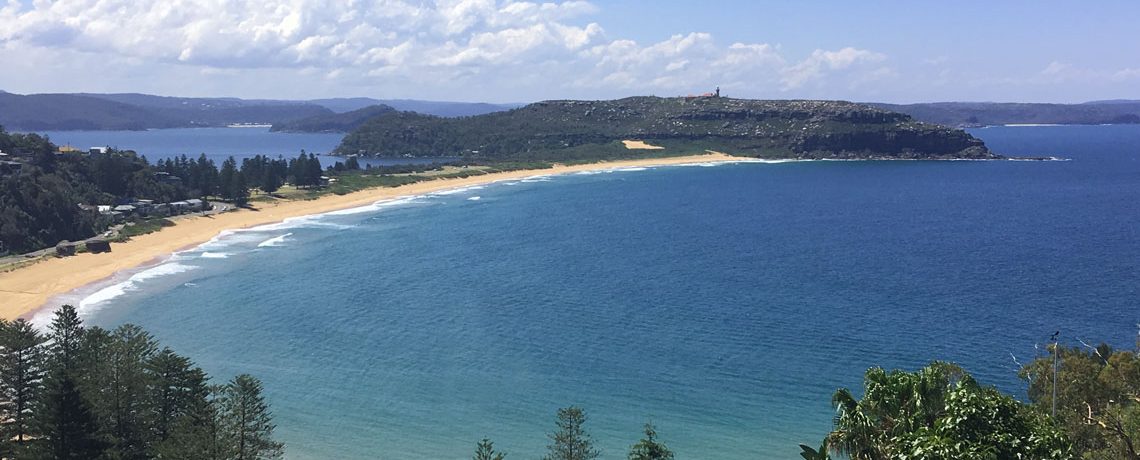
Palm Beach Whale Beach Association AGM President’s Report 2017
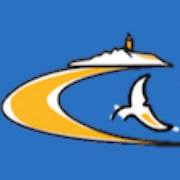 President Richard West's report to the AGM.
President Richard West's report to the AGM. Whale Migration Season Commences
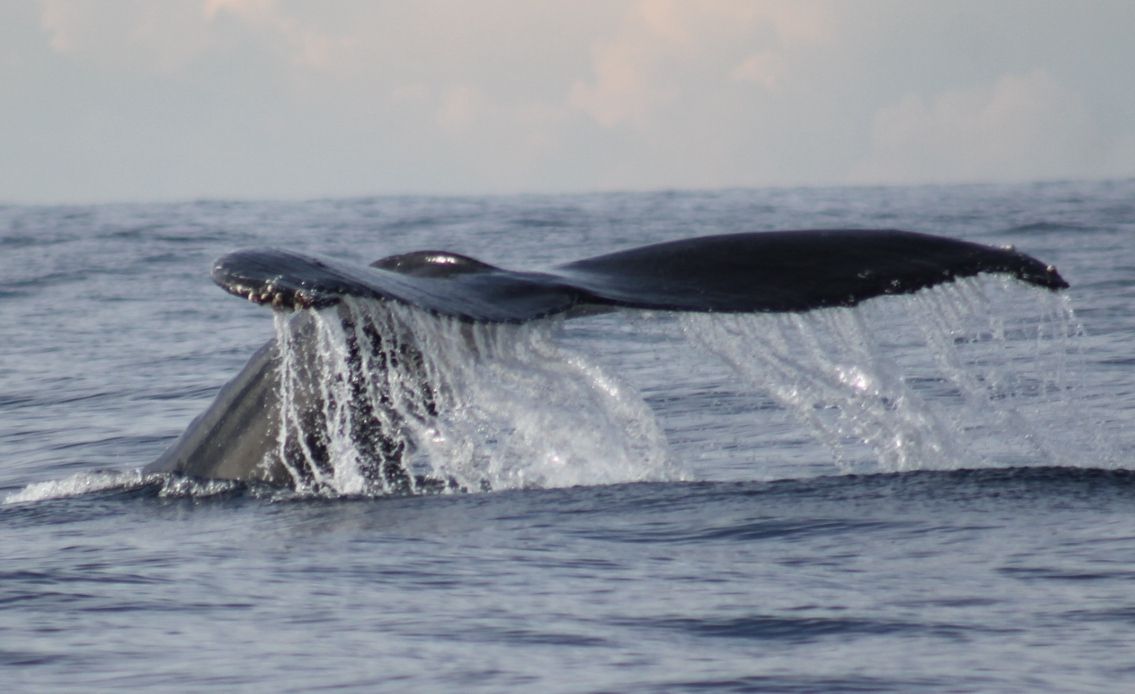
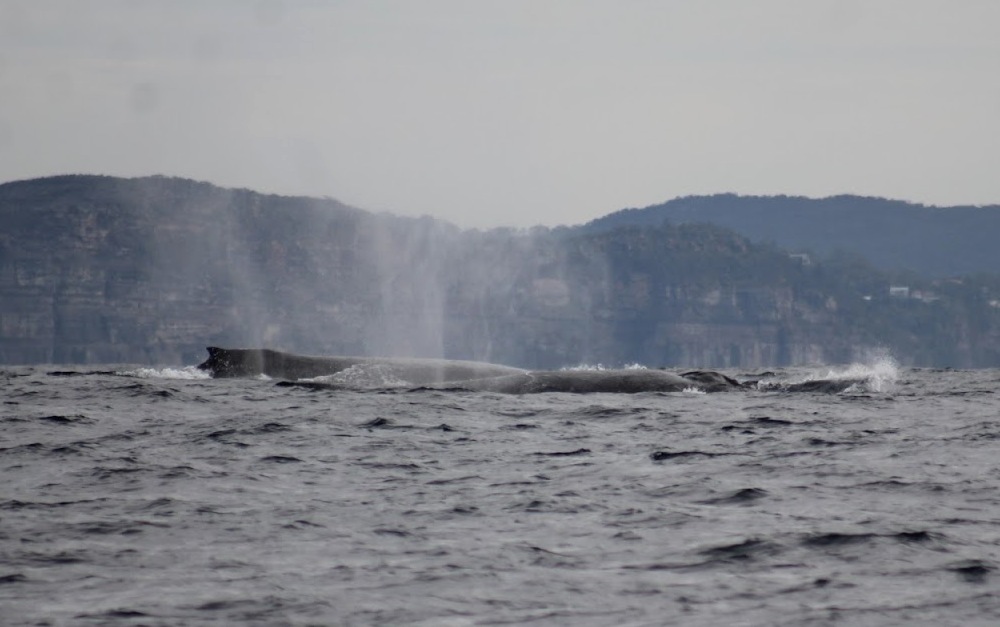

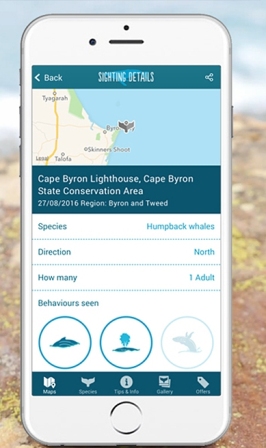 Download the Wild About Whales App
Download the Wild About Whales App- Publish your sightings in real-time
- Plan and book your coastal adventure
- See where the whales are right now, in map and list views
- Receive notifications when whale sightings are logged along the coast
- Filter sightings by timeframe and region so you can focus on the sightings you are interested in
- See how the season progresses with the whale sightings counter
- Share your own whale shots on the gallery
- Learn about different whale species
- See tips for spotting them and the best vantage points.
ORRCA Humpback Whale Migration Census Day 2017
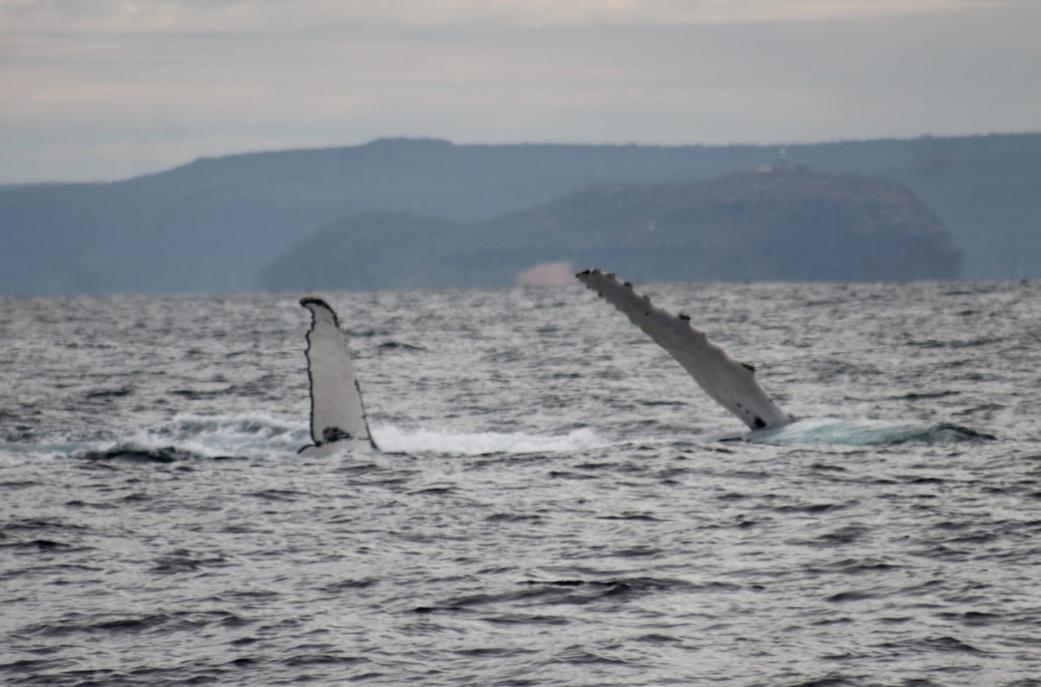
Mother's Day Flowers 2017:
The Chiltern Track Ingleside by Pittwater Natural Heritage Association
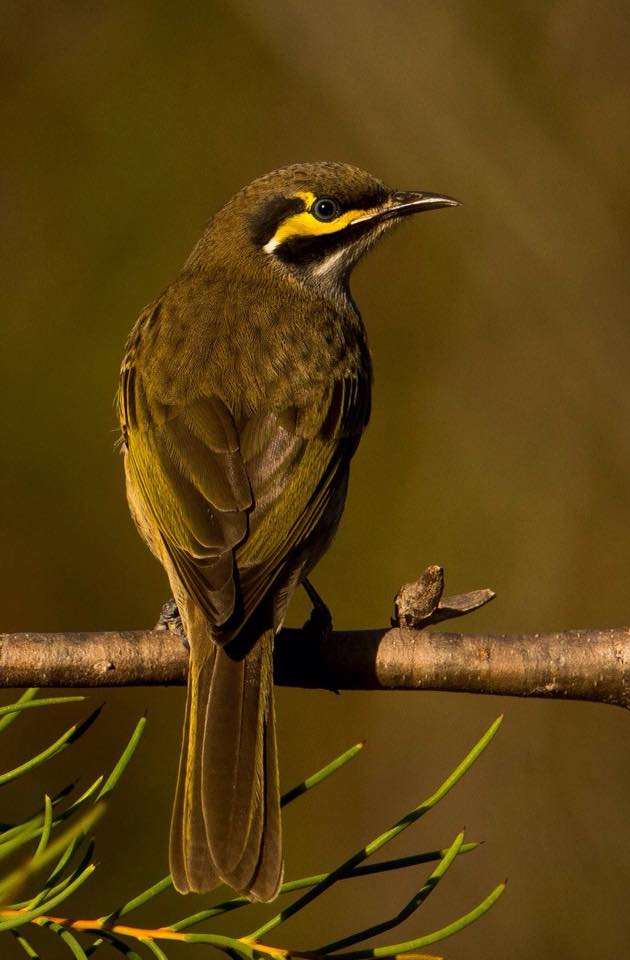 Australian native wildlfowers (bushflowers) bloom all year round, meaning you will always spot something brilliantly coloured in strolls along the many bushtracks and in the reserves of Pittwater, and hear and see the birds and native animals that feast on these.
Australian native wildlfowers (bushflowers) bloom all year round, meaning you will always spot something brilliantly coloured in strolls along the many bushtracks and in the reserves of Pittwater, and hear and see the birds and native animals that feast on these.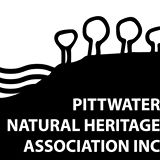 Sunday 28 May, 8am
Sunday 28 May, 8am 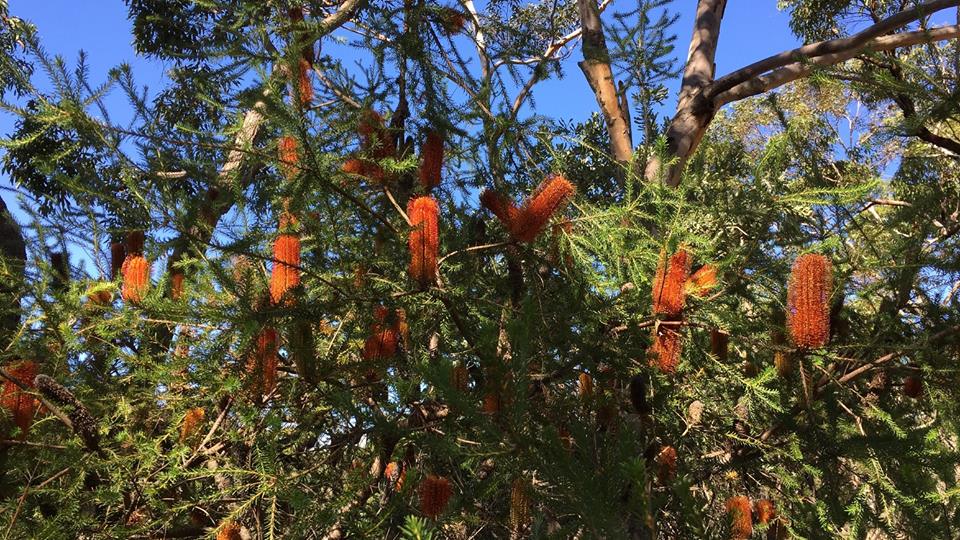
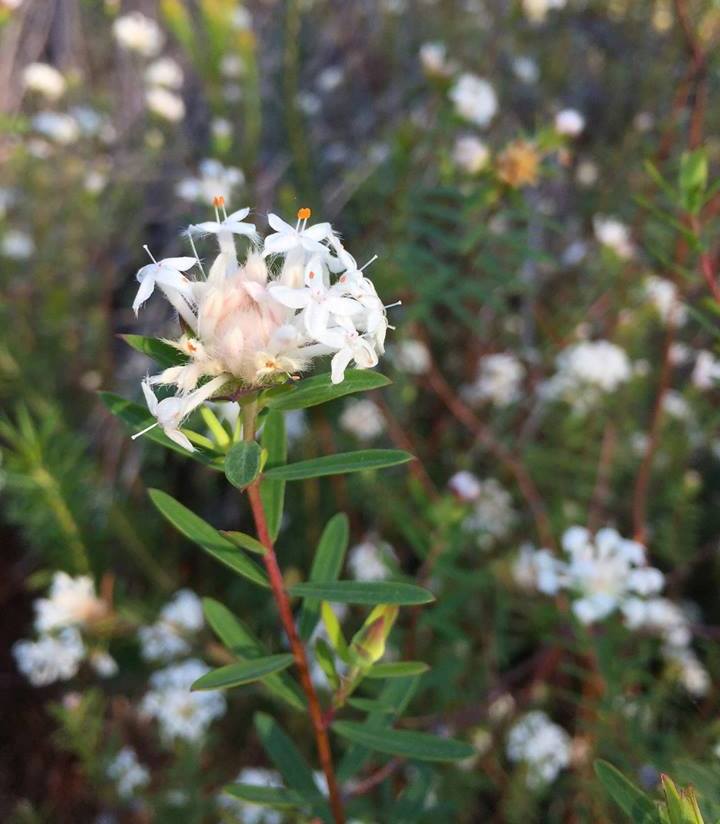
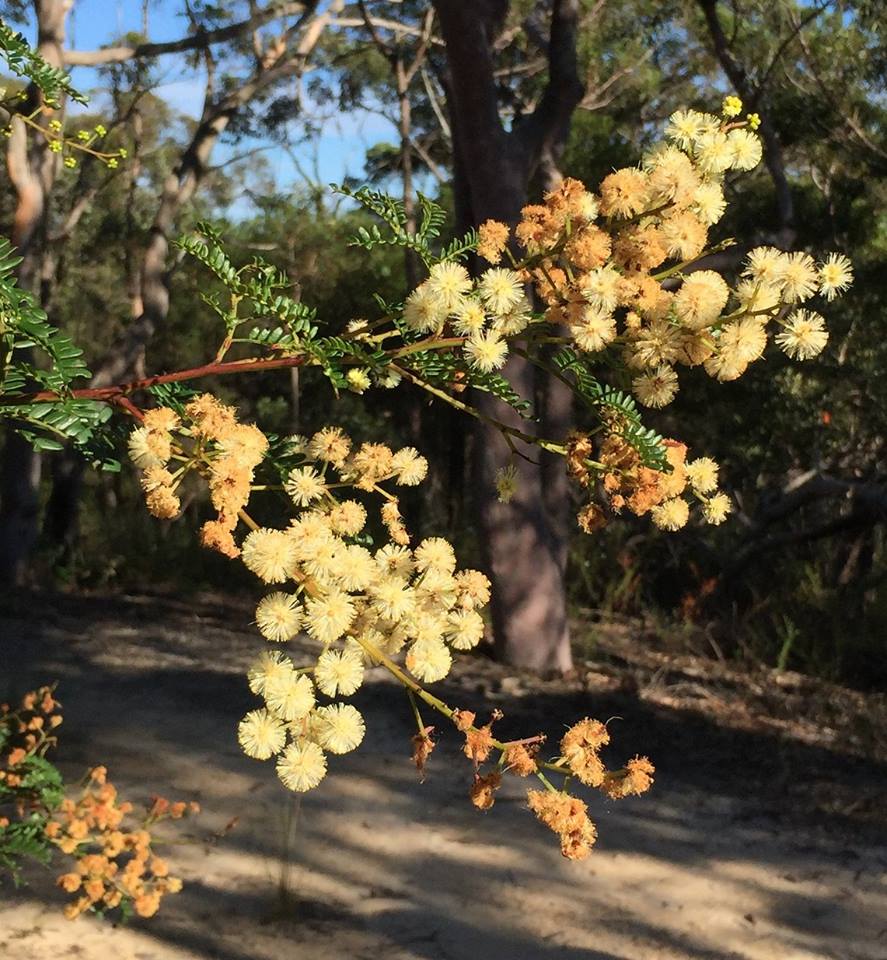
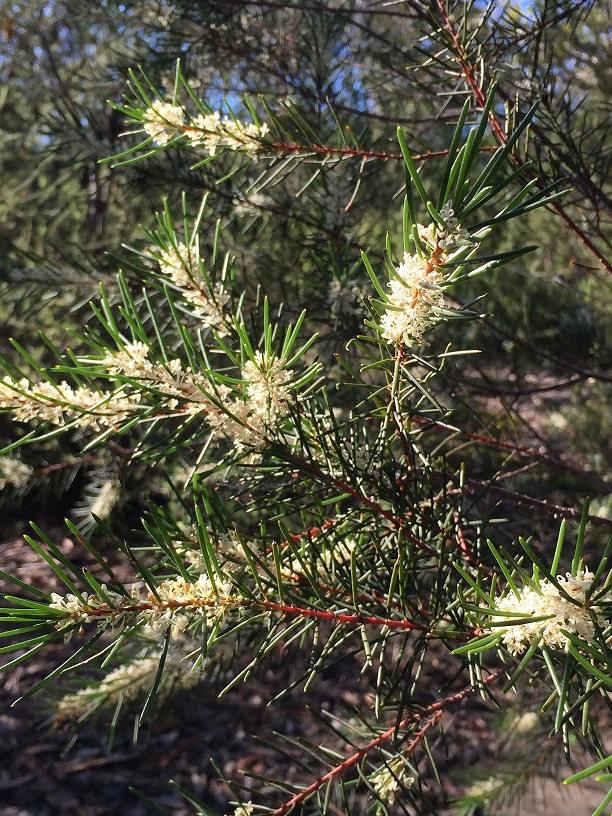
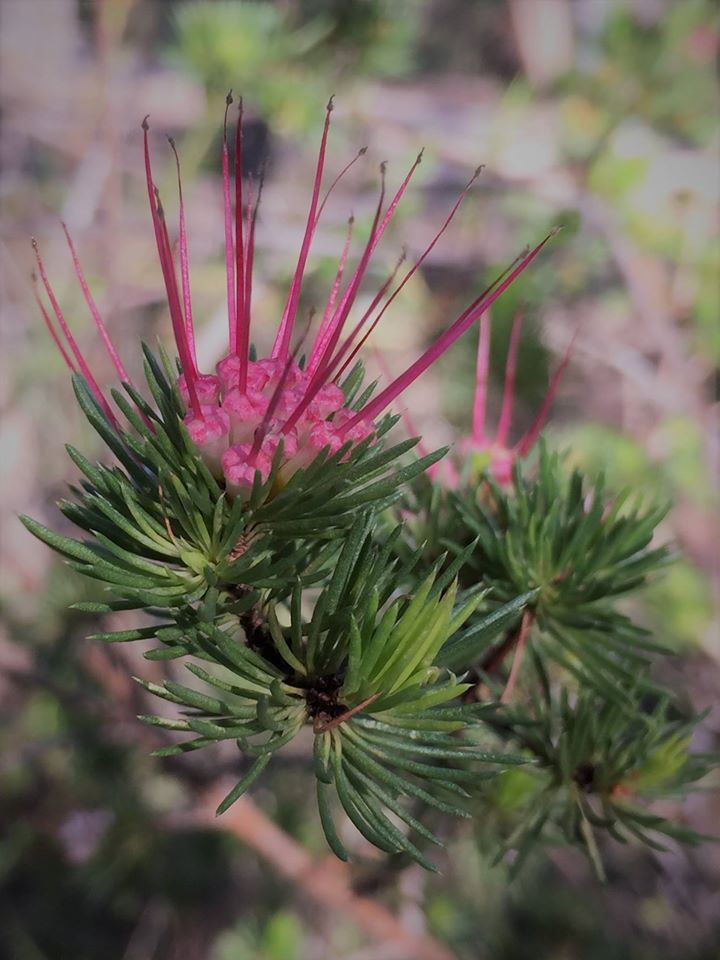
Mums For Mums Ask Us All To Go Grey This Winter: Get A Beanie And Support A Cure
A Historic Catalogue And Record Of Pittwater Art I – Of Places, Peoples And The Development Of Australian Art And Artists
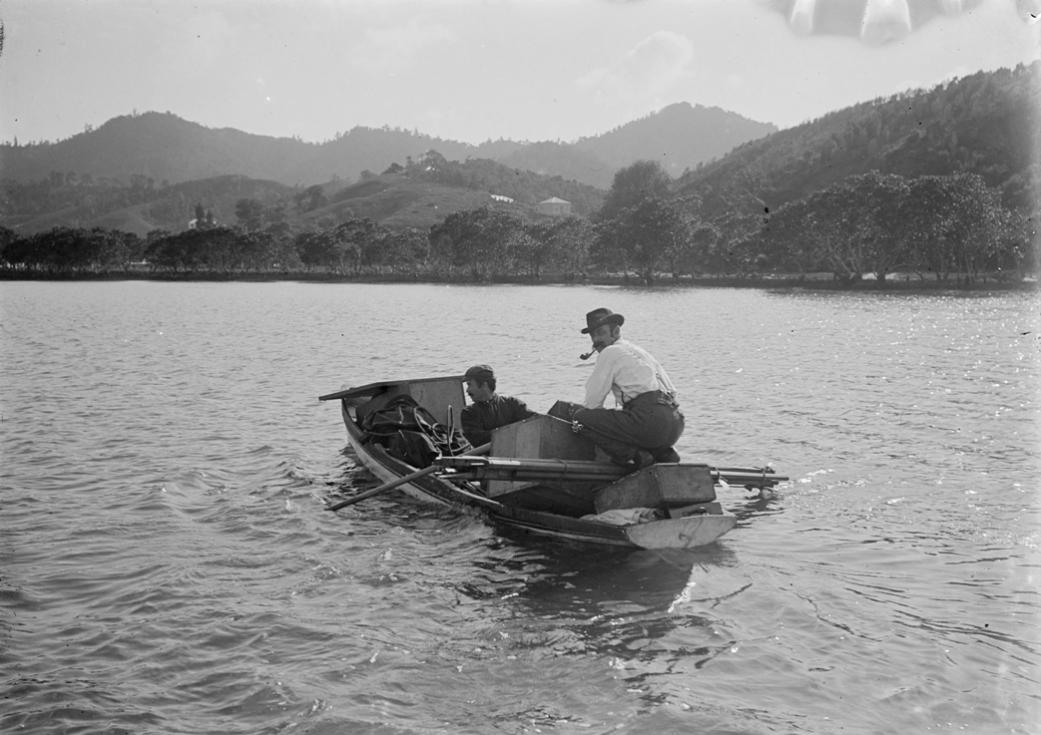
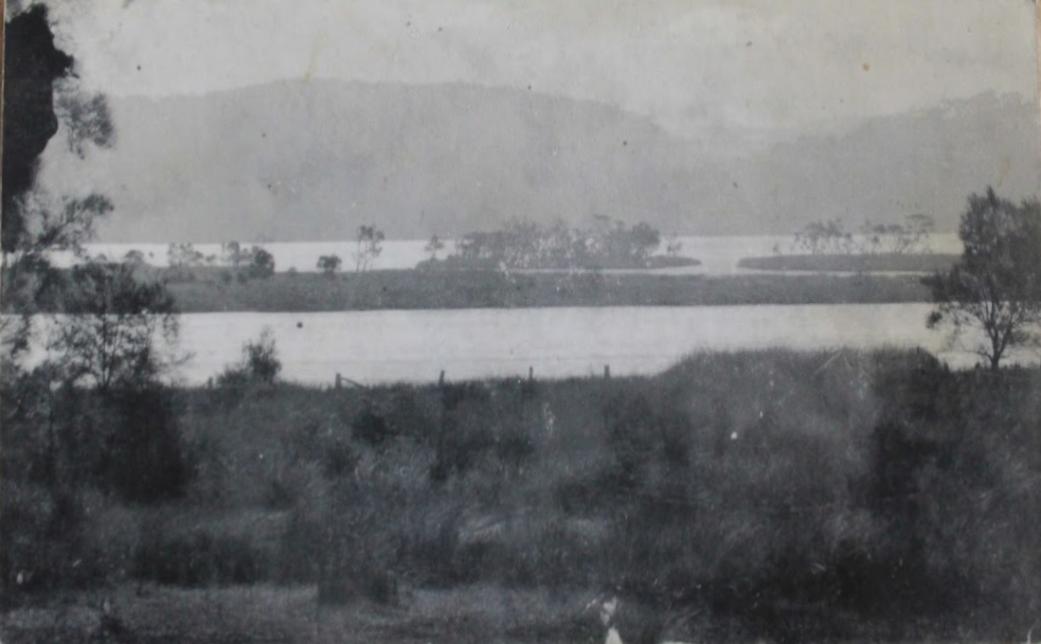
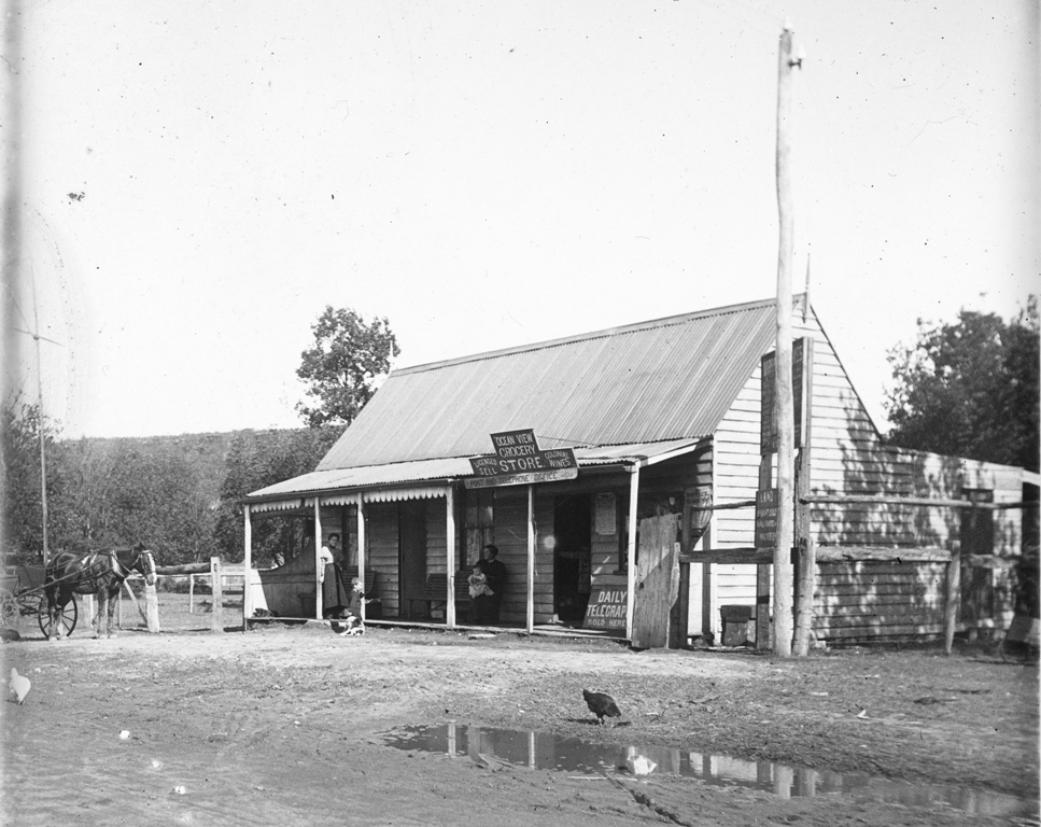
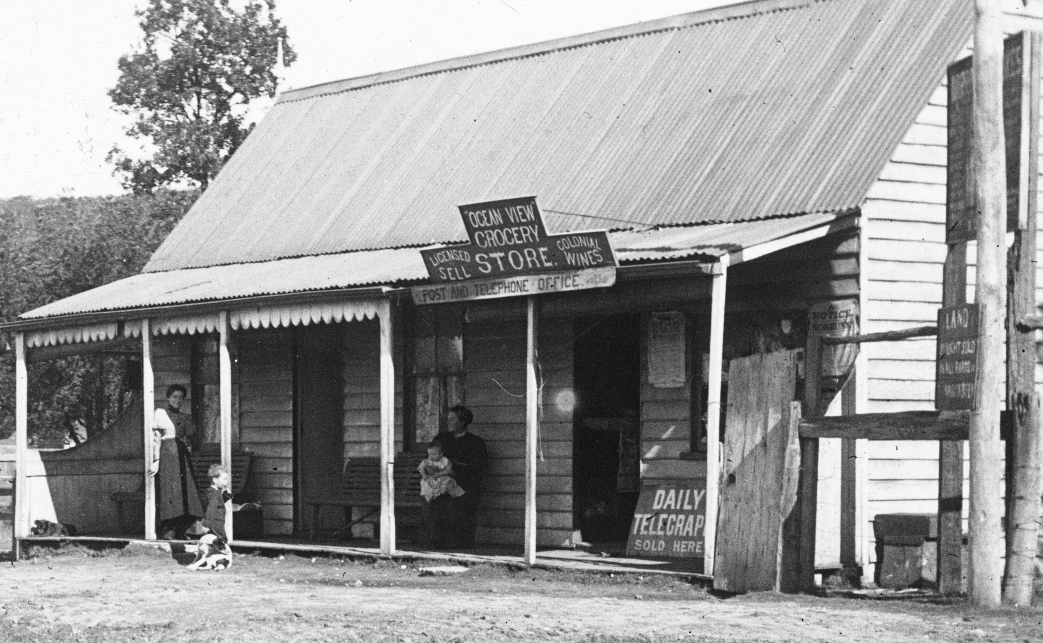
Narrabeen Art From 1876/1877 Engraving Used To Illustrate An Article - Note Spelling: 'Narrabean'
SCENE ON NARRABEAN LAGOON.
Narrabean And Mona Vale.
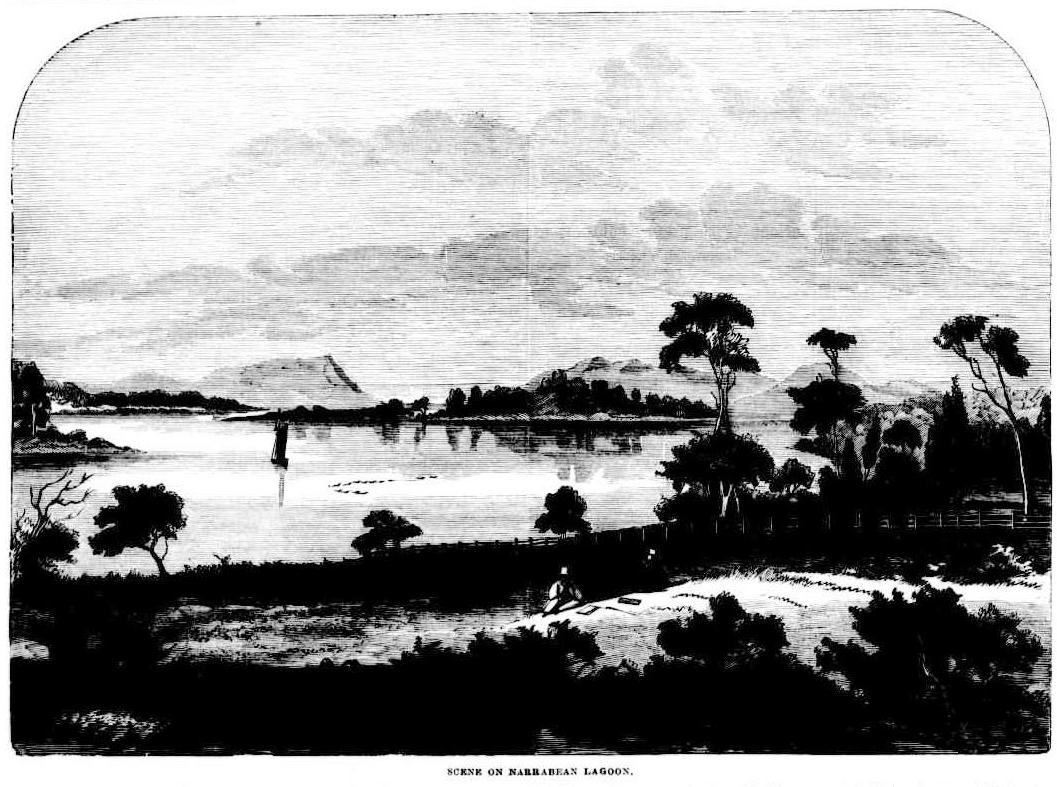
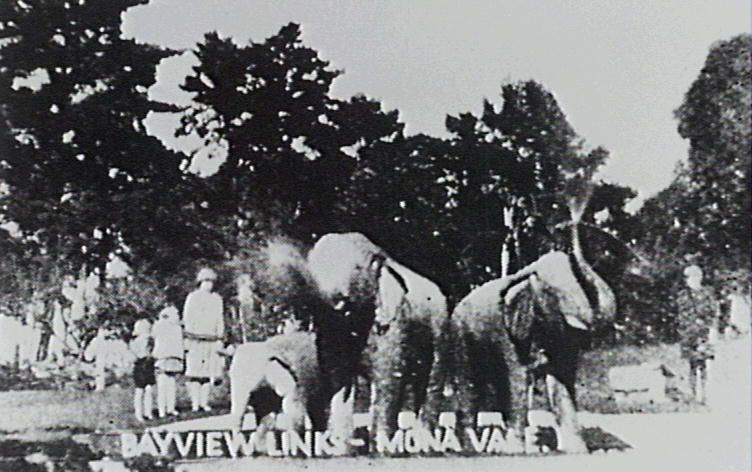
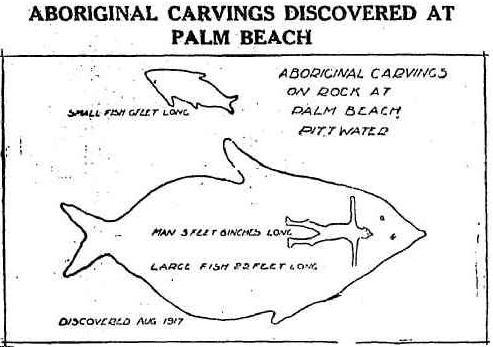 Sir,-I enclose a copy of some aboriginal carvings at Palm Beach, which should be of Interest to the public The outline drawings represent two kinds of fish and a man, cut on a flat rock; on the hill between Sand Point, Pittwater, and Cabbage Tree. Boat Harbour, Palm Beach, Barranjoey. The fish measures 22ft, the man 6ft 6in, and the smaller fish 6ft
Sir,-I enclose a copy of some aboriginal carvings at Palm Beach, which should be of Interest to the public The outline drawings represent two kinds of fish and a man, cut on a flat rock; on the hill between Sand Point, Pittwater, and Cabbage Tree. Boat Harbour, Palm Beach, Barranjoey. The fish measures 22ft, the man 6ft 6in, and the smaller fish 6ftThe Bayview Tea Gardens
When Run By Thomas Edward And Annie Newey (Nee Costello)
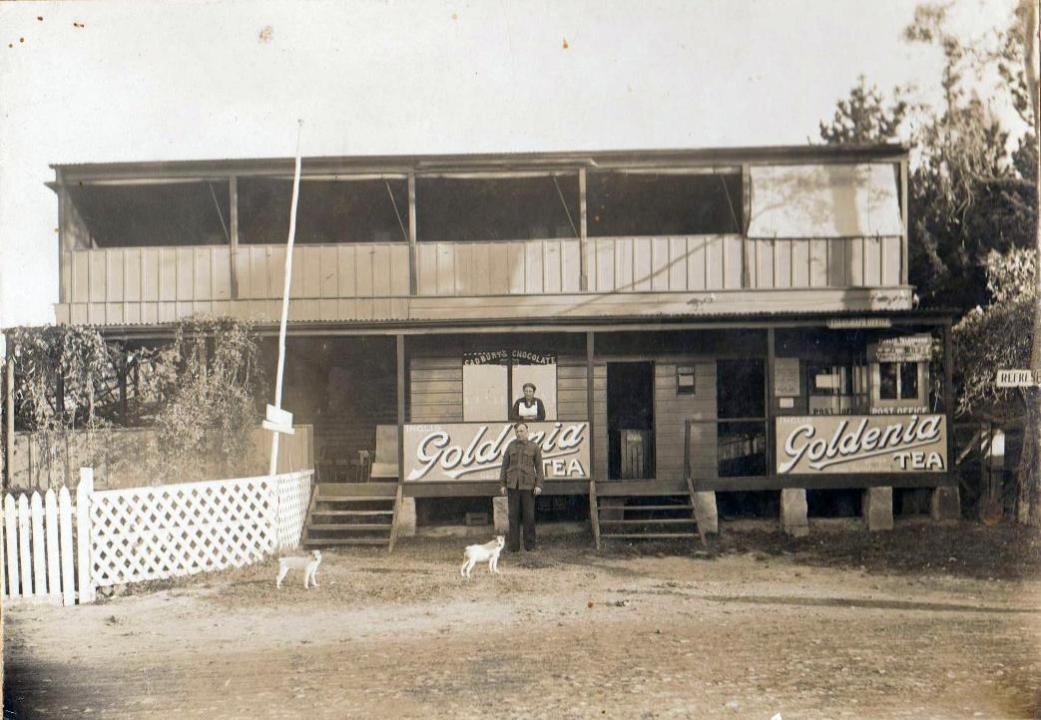
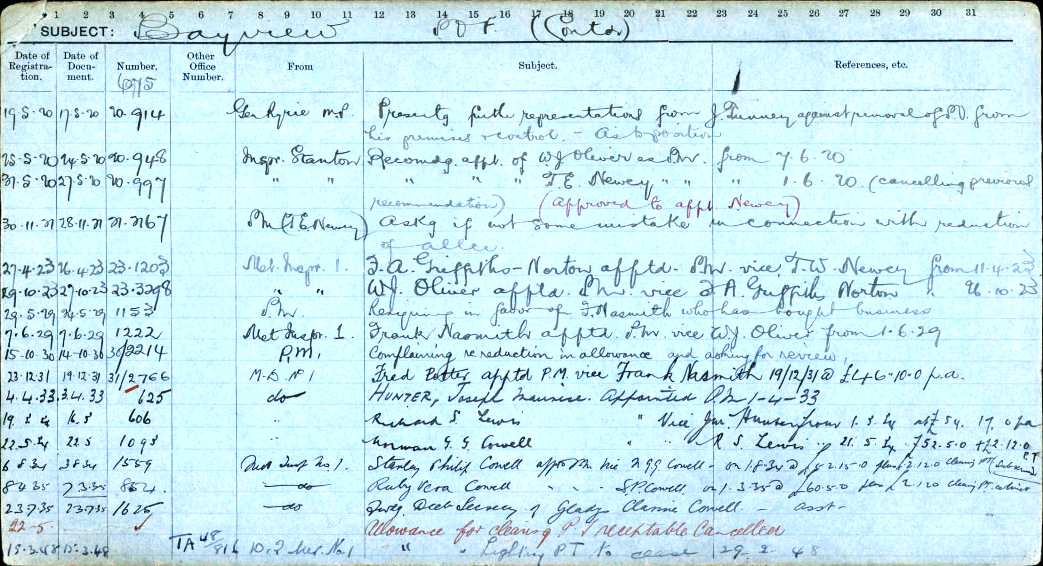
RPAYC Appoints Nick Elliott As Race Director
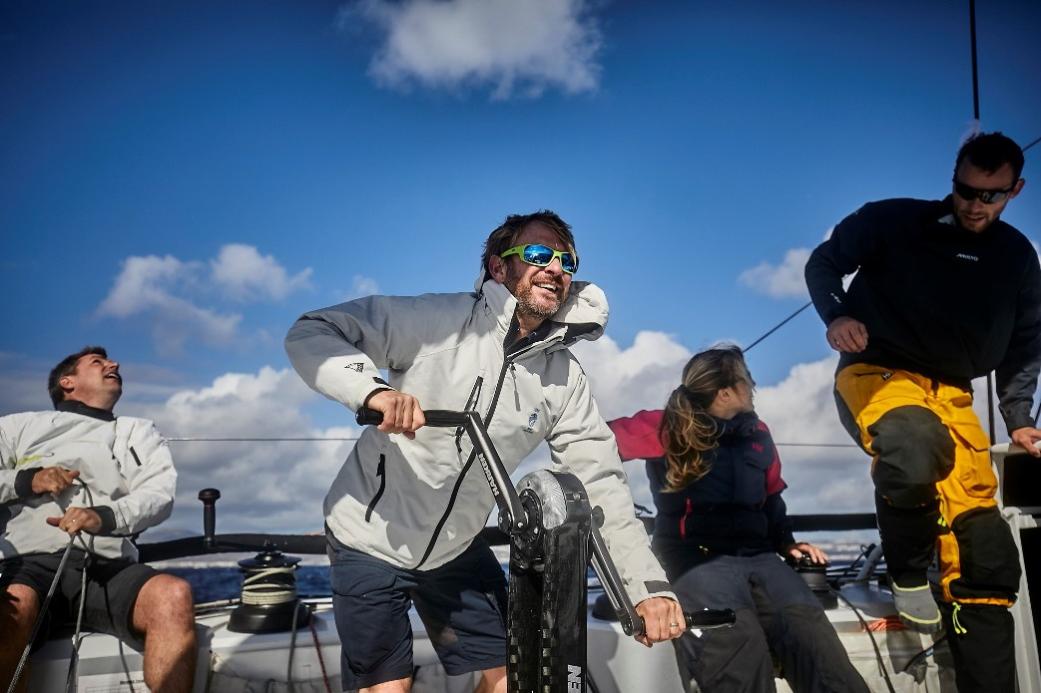
RPAYC Appoints Nick Elliott As Race Director
Singapore Nippers Initiative Supported By Avalon Beach SLSC
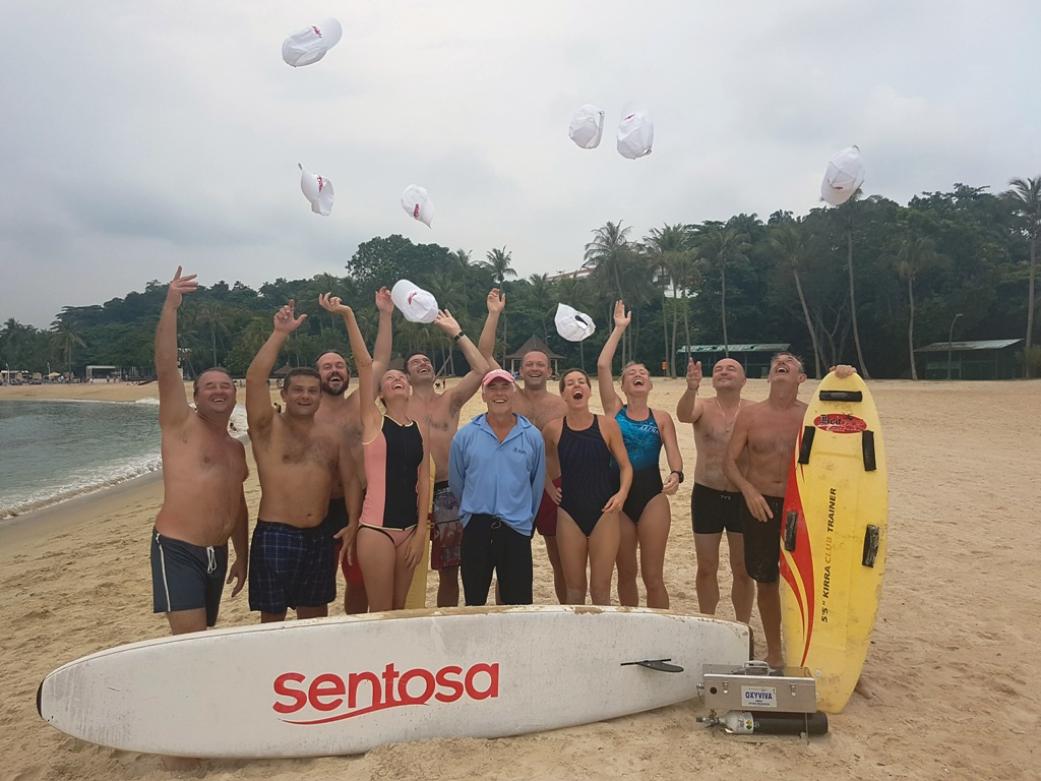
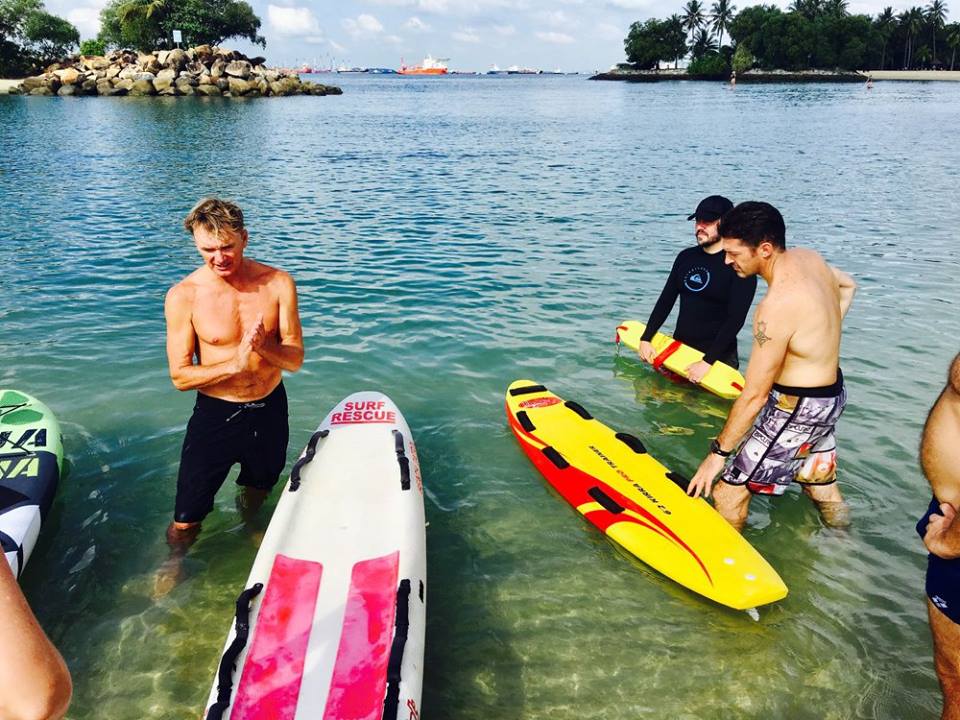
Pearl Turton
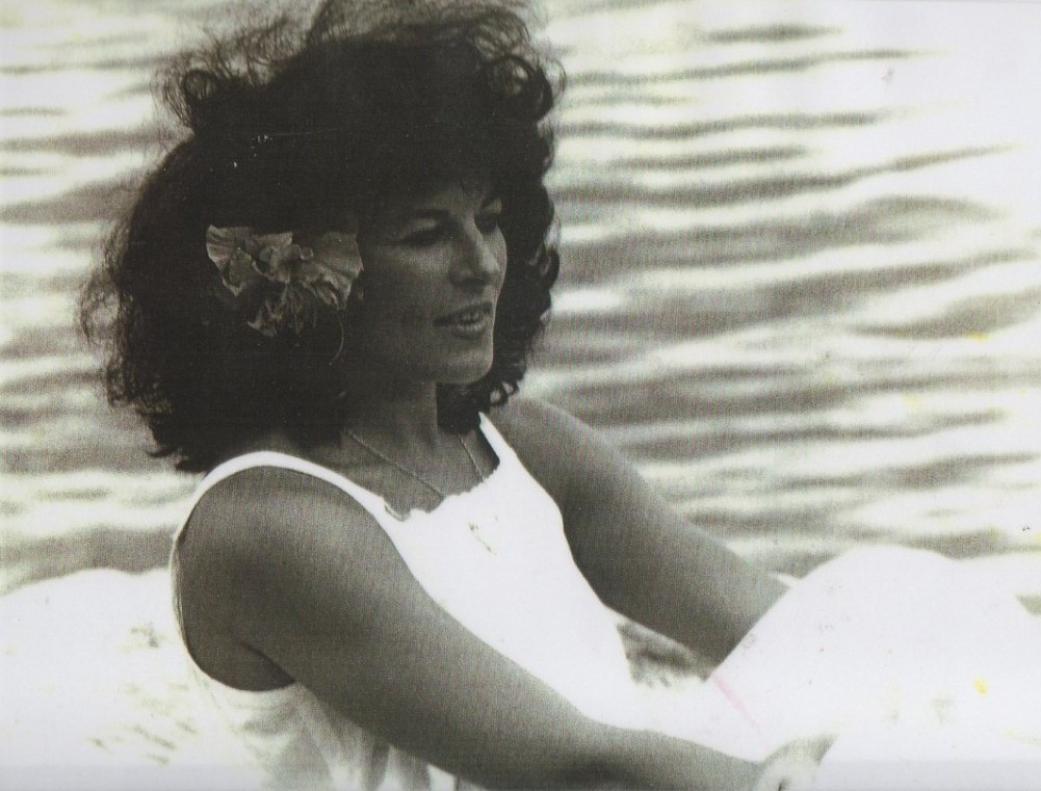
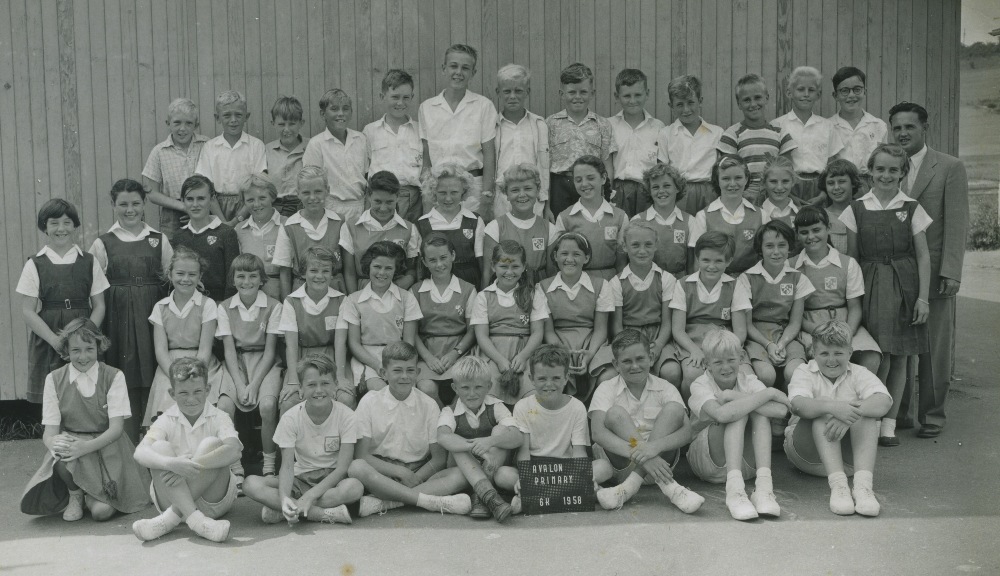
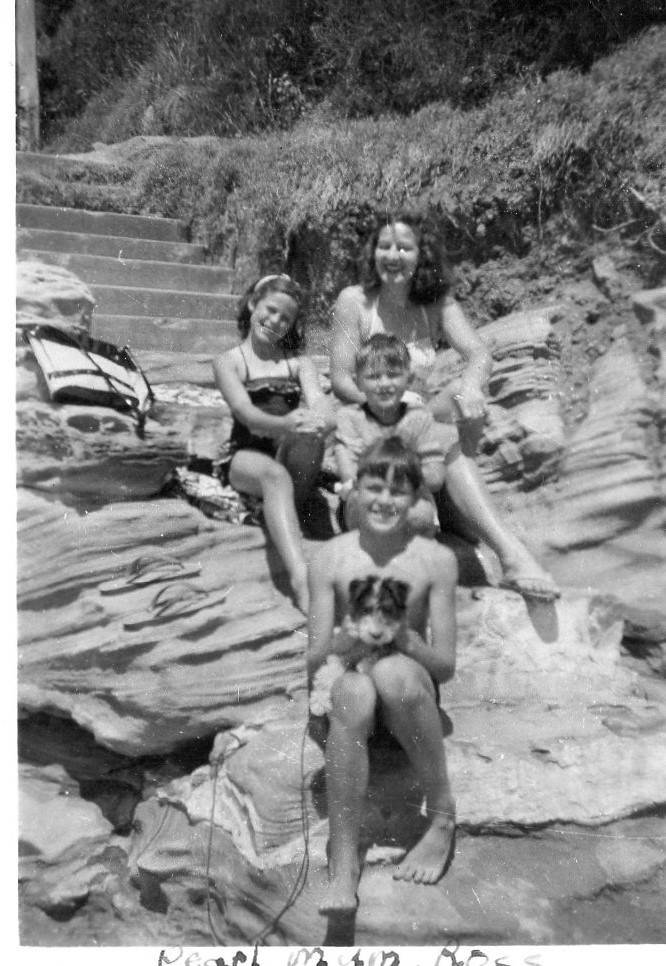
Avalon Soccer Club Ready To Send 7th Under 16' Womens Team To Vanuatu
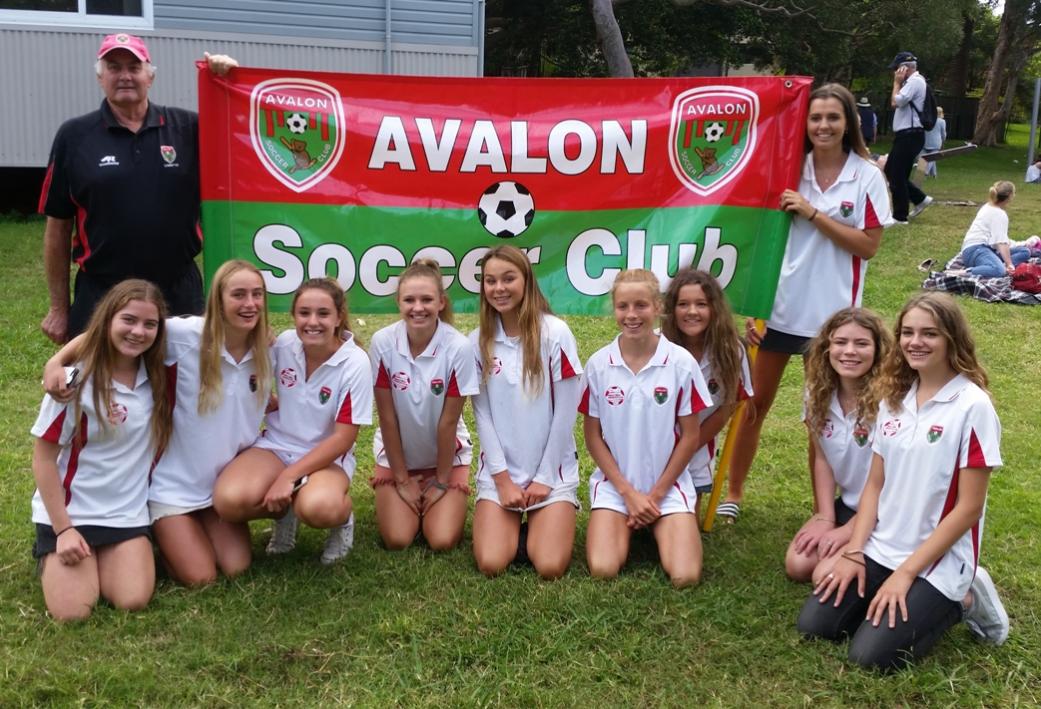
Avalon Soccer Club's 16 Women’s Vanuatu 2017 Visit
Avalon Soccer Club's under 16 womens team will travel to Vanuatu on Thursday 29th June to:• Promote women's soccer in Vanuatu and Avalon Soccer Club
• Give young women an international sporting opportunity
• Provide an opportunity for young women to help local communities by running coaching clinics and donating equipment
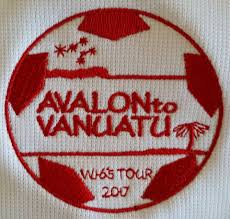 The 18 Avalon girls will have a challenging game against the Vanuatu National Under 16 Womens team. While they haven't competed on an international level before, they are expecting to be competitive. The Avalon girls are currently leading their MWFA Division 1 competition and last weekend they beat Mount Colah 4:0 to progress to Round 3 of the Football NSW State Cup. In previous years they have been crowned MWFA age champions and competed in the Football NSW Champion of Champions tournament.
The 18 Avalon girls will have a challenging game against the Vanuatu National Under 16 Womens team. While they haven't competed on an international level before, they are expecting to be competitive. The Avalon girls are currently leading their MWFA Division 1 competition and last weekend they beat Mount Colah 4:0 to progress to Round 3 of the Football NSW State Cup. In previous years they have been crowned MWFA age champions and competed in the Football NSW Champion of Champions tournament.As well as playing the national team, the girls will play friendly games against Epule Village School, Manua College and select girls from the Luganville team on Santo Island. Most of the girls in these teams will play without boots or shin pads.
The girls will also visit Millennium Primary School to deliver donations and have a casual kick around with the schoolchildren. At each stage they will be delivering donations of jerseys, shorts and bags, as well as gifts specifically targeted at the girls such as nail polish and hair accessories.
Many of the girls have been playing soccer since they were 5 years old. Over the years soccer has allowed them to build and maintain friendships across suburbs and schools. The trip to Vanuatu will help cement lifelong friendships and broaden their horizons, of the opportunities that playing sport can bring.
This will be the 7th team that Avalon Soccer Club has sent over, continuing a community relationship that has grown strong between these two places through their love of sport and in particular, football.
The annual tour is endorsed by the MWFA, Football NSW, FFA and the Vanuatu Football Association. The aim of the tour is to introduce our girls to a different culture while building relationships with island neighbours and growing women's football in the region.
Whatever the results may be during their matches it’s clear this initiative makes everyone a winner and fosters great life experiences for our young local players.
STATE CUP
Avalon came home with some great results from the State Cup last week, including a massive win by the WPL over the Camden Tigers. Results included:
• W16/1 def. Mount Colah 4-0
• W18/1 def. Maroubra 6-0
• U18/1 lost to Wollongong 6-3
• WPL def. Camden Tigers 12-2
• AL1 lost to Ryde 4-2
The DEPLOY State, Robertson and Bill Cullinan Cups knockout tournaments are conducted by Football NSW for Association based male and female club teams and Country Association representative or club teams. This tournament attracts over 500 entries each season and is an opportunity for club teams from all areas of Football NSW to compete against teams from outside their own Association.
Age Groups
Boys/Men: 12,13, 14, 15, 16, 17, 18, 21, 0/35, AA Men
Girls/Women: 12, 14, 16, 18, AA Women
You can keep an eye on the Avaon Soccer teams progress at: www.footballnsw.com.au/the-state-cups
Avalon Soccer Club is an amateur club situated at the northern end of Sydney's Northern Beaches. As a club we pride ourselves on our friendly, family club environment. The club is comprised of around a thousand players aged from 5 to 70, who enjoy playing the beautiful game at a variety of levels and is entirely run by a group of highly dedicated volunteers. In 2012 we celebrated the 30th anniversary of the amalgamation of the Avalon Junior and Senior Clubs.
We strive to provide the best possible playing and coaching environment that we can with the resources to our disposal. We put a great emphasis on player development and coach education at all skill levels in our club and employ two professional coaches as our Directors of Coaching.
Our home ground is situated at Careel Bay in North Avalon. The site of a former rubbish tip was converted to provide us with two full size fields and a large dedicated mini-field area to cater for the variety of small sided versions of the game played by our younger players. We are also lucky to have our own clubhouse with a great canteen that serves the "best coffee to be found at a football ground anywhere"!!!
We are one of 17 clubs playing in games and competitions organised by the Manly Warringah Football Association.
Find out more at: www.avalonsoccerclub.com.au
America’s Cup 2017: Australian Sailors And Technicians Are Part Of Every Team
America’s Cup 2017: Australians Part Of Every Team
The America’s Cup 2017 commenced qualifying rounds on Saturday May 27th (Sunday 3 a.m. in Australia). The 35th AC has sailors from Pittwater among the Teams in James Spithill as Skipper-Helmsman for the Oracle USA Team, and Jason Waterhouse as a Wing Trimmer / Grinder on SoftBank Team Japan. Pittwater is also there when you take into account Iain Murray AM is Regatta Director.If you want to play spot the Australian it won’t be too hard as New South Welshmen, Victorians and West Australians outnumber all other nationalities among sailors and support crews. Lake Macquarie’s Nathan Outteridge is Skipper-Helmsman for Team Artemis (Sweden) while Glenn Ashby is Skipper/Wing Trimmer for the Emirates Team (New Zealand). In Nathan there’s another Pittwater connection as his sister Haylee sails with Pittwater’s Nina Curtis, this pair already in training and working towards a possible place at the Tokyo 2020 Olympics.
“If they don’t comply with the rules they don’t get a certificate and don’t go racing so they have to comply,” Mr. McAlpine, who started sailing at the age of 11 in Sydney, explained this week. “We’ll help them as much as we can to make sure they are within the guidelines.”
Ken’s role as Chief Measurer for the 35th America’s Cup is a privileged position. A trained Naval Architect, McAlpine is somewhat of a veteran of the America’s Cup, having been involved in no less than eight stagings of the event, starting back in 1970 with a limited role before being asked by the The Australian Yachting Federation to measure Australia II in 1982. Following that experience he was appointed the Technical Director for the International Twelve Metre Association, as well as being involved in the development of the International America’s Cup Class. Subsequently, Ken was appointed Chief Measurer and Technical Director for the 1992, 1995, 2000, 2003 and 2007 America’s Cup Regattas.
Crews representing Britain, France, Japan, New Zealand and Sweden will seek to win the right to challenge Team USA for the title in the America’s Cup match starting Saturday June 17 over the next two-and-a-half weeks.
The opening match-ups, which began 3 a.m. this morning (May 28, AEST) see Team USA against Team France, Artemis Racing against Team Japan, France versus the Glenn Ashby-skippered Team New Zealand, and Artemis against Britain’s Land Rover BAR.
Ever since its inception in 1851, when a schooner named ‘America’ raced around the Isle of Wight in the UK and conquered the best that Britain could offer, the world’s oldest sporting international competition has continued to push back the boundaries of what is possible with revolutionary innovations on and off the water.
Those advancements will be at their spectacular best in this year’s 35th staging of the event in the beautiful waters of Bermuda’s Great Sound. In days past, America’s Cup boats had to sail to the venue where they would compete. Now the sophisticated catamarans will ‘fly’ across the water in Bermuda, courtesy of revolutionary hydrofoil systems that lift the boats out of the water and create exhilarating racing at nearly 50 knots (93kph) with the boats capable of racing at three times the speed of the wind.
As it’s early days a list of Australians currently in Bermuda, who are in fact part of every Team (just had to say that once more), runs below. This clearly illustrates why our sailors are held in such high esteem on the world stage of sailing and why, for Australia, it’s a case of ‘Go Everybody!” for the 35th running of the great America’s Cup, with a touch of "Go Pittwater!" amongst that too.
Which is also very Australian.
You can watch the races live on Fox Sports channel 505 – program listings, with replays for those not enamoured of 3a.m. start times are on the Fox Sports Australia website www.foxsports.com - just look to your left and click on 'America's Cup'.
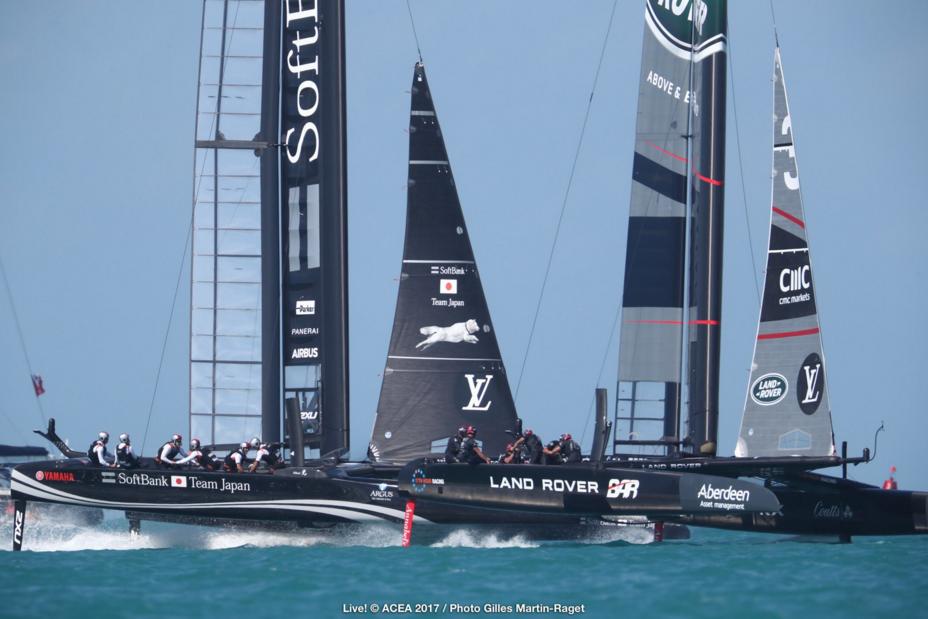
Guringai Festival 2017
Pittwater And Surrounds
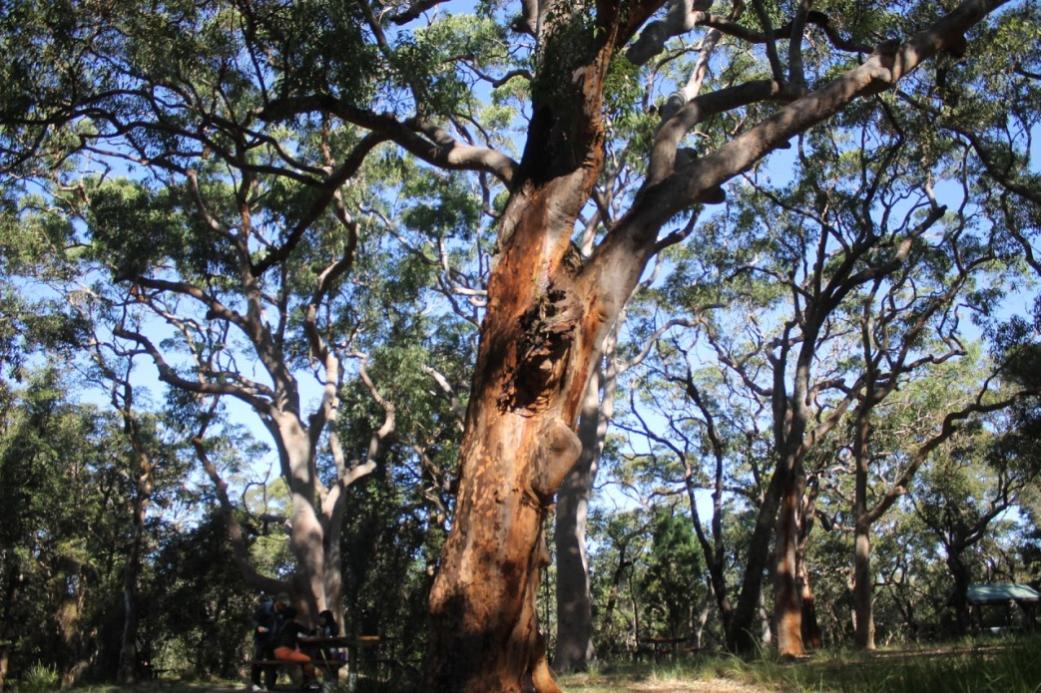
Guringai Festival 2017
Welcome to another year of celebrating First Australian culture and heritage in the Northern Sydney region. Welcome to the Guringai Festival 2017, we are still going strong!“Connections” is this year’s festival theme, inviting people of all ages to connect and participate in events across the region. We are promoting intergenerational conversations, activities and perspectives and when viewed by different people of different age groups, gender and races we have the ability to connect and shape our future, being inclusive of all.
“Connections” invites youth in the region to contribute to our story of place so we can be better informed about what is needed now and for the next generations. As adults we need to listen and grow up our young ones strong!
Once again we have a long list of activities that commemorate, celebrate and create spaces and places for those important conversations to be had.
We invite you to come along; attend a concert; film night, forum, art exhibition or bush walk, which has all been created for you and your families enjoyment.
Welcome to this years Guringai Festival
Susan Moylan-Coombs, Caroline Glass-Pattison and Sue Pinckham
Co-Chairs, Guringai Festival Committee
For the 2017 Guringai Festival, primary students were invited to create an artwork that responded to the theme of ‘Connection’. Hundreds of entries were submitted, exploring connection of people and place, connection of communities, connection of families. The winning entry by Liam James Parker of the Northern Beaches Christian School is featured on the front and back covers of the 2017 program. Other highly commended entries feature throughout the program.
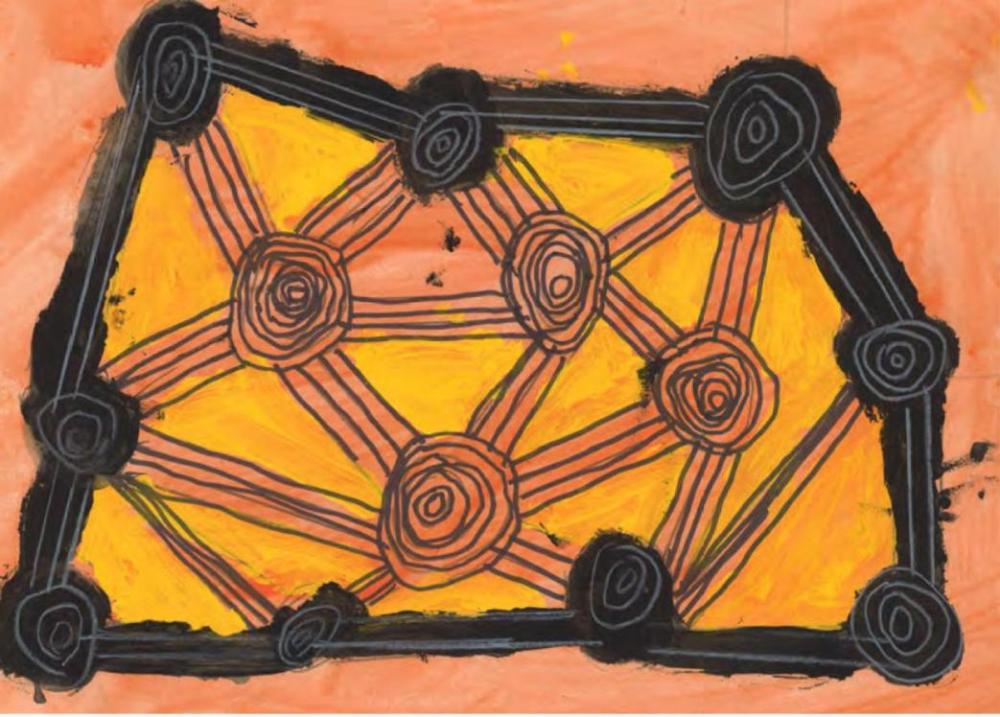
Full Program for all areas available to download at: www.guringaifestival.com.au/GuringaiFestival2017Brochure(5.18MB- PDF)
Pittwater And Surrounds Activities
Commemorate National Sorry Day 2017Scout Hall, 53 Wakehurst Parkway North Narrabeen
$ Free
A time to reflect on the profound grief and trauma experienced by the Stolen Generation.
An opportunity of shared commitment to healing and reconciliation. Together we can make a difference!
2pm - Free BBQ and afternoon tea.
2.45pm - Smoking Ceremony and Welcome to Country and a One minute’s silence to remember and reflect.
Dancing by Jannawi Dancers, didgeridoo playing by Scott Romain, dancing Gerard McMinn and fun activities for the children.
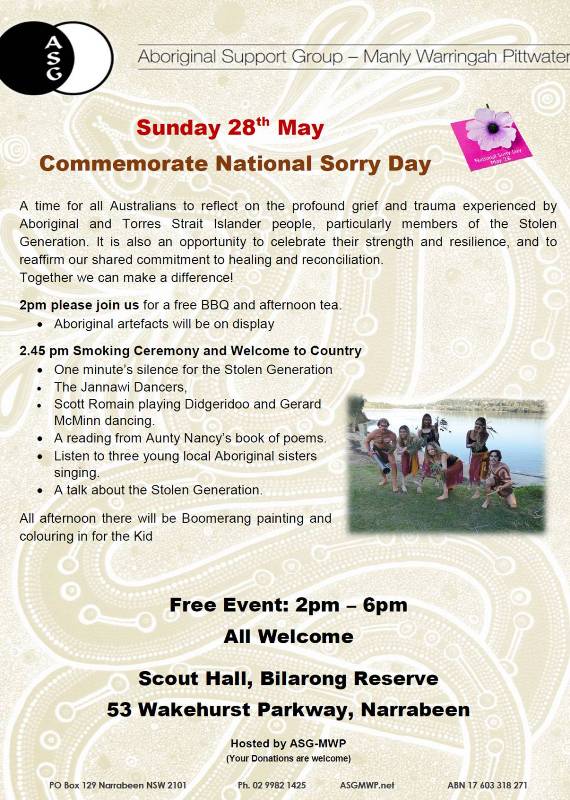
Sharingstories Foundation Exhibition & Liz Thompson Photography
Manly Art Gallery & Museum
West Esplanade Reserve, Manly
$ Free
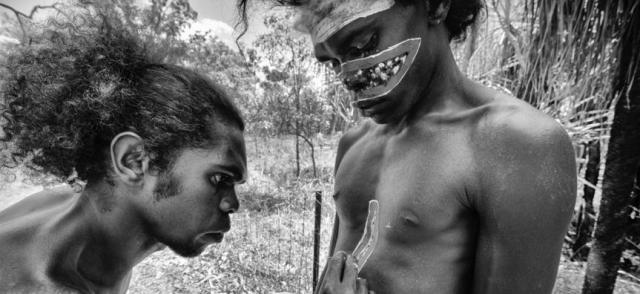
Enquiries: Manly Art Gallery & Museum
Email: artgallery@northernbeaches.nsw.gov.au
Ph: 9976 1421
Northern Beaches Singing Up Country 2017 Presents Johnny Nicol & Friends: Dinner & show celebrating his 60 year musical journey
St Anthony in the Fields Church
46 Myoora Rd, Terrey Hills
$60
Johnny Nicol, great jazz guitarist and singer, is a Birri-gubba man from North Queensland. For many years he hid his Aboriginal background except from his closest friends. This year he celebrates his 60 years in show business at a Dinner and Show, telling stories and performing pieces from his long musical journey. Hosted by the Frenchs Forest Catholic Parish Social Justice Group in partnership with the Northern Beaches Aboriginal Community, as part of the continuing journey of Sharing the Story, Sharing the Land.
Enquiries: Anne Lanyon
Frenchs Forest Catholic Parish Social Justice Group
Email: annelanyon.cmi@gmail.com
Ph: 0408 279 871
Narrabeen Lagoon Walk
27 Morgan Rd, Oxford Falls
$ Free
A great explore especially for children’s eyes. Aboriginal heritage, extraordinary biodiversity set within the surprisingly changing landscape of the Narrabeen Lagoon Catchment. Allow 4 -5 hrs. BYO lunch and water. Start next to 27 Morgan Rd, Oxford Falls, end at Deep Creek and carpool back.
Enquiries: Conny Harris
Email: conny.harris@gmail.com
Ph: 0432 643 295
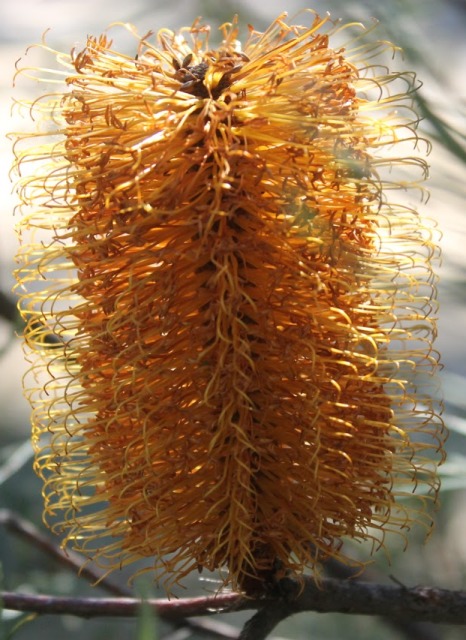 Bushwalk in the Narrabeen Lagoon Catchment
Bushwalk in the Narrabeen Lagoon Catchment 2-10 Cromer Road, Cromer
$ Free
We will walk down to Oxford Falls and carpool back. Allow 4 hrs. BYO lunch and water. Start at 2-10 Cromer Rd, 300 meters after entrance to Cromer Golf Club. Enquiries: Conny Harris
Email: conny.harris@gmail.com
Ph: 0432 643 295
Film Screening: Jasper Jones
Collaroy Cinema
1097 Pittwater Road, Collaroy
$ Free
Join us at Collaroy Cinema to see ‘Jasper Jones’ - Growing up in a small country town in 1965, Charlie’s uneventful life is turned on its head when the town outcast, an Indigenous boy named Jasper Jones, appears at his window begging him for help. Directed by Rachel Perkins.
Enquiries: Neil Evers
Aboriginal Support Group
Email: info@asgmwp.net
Ph: 9999 3045
Peninsula Community of Schools “Connection - Community and Beyond”
Warriewood Square Jacksons Road, Warriewood
$ Free
PCS Art Exhibition Opening Night - Artworks created by the students from K to Y12 attending the 13 State Primary and Secondary Schools on the Northern Beaches, from Cromer PS down to Barrenjoey HS and Avalon PS. The collection reflects the 2017 Guringai Festival theme depicting the strength of connection to our community and beyond. The art exhibition will run at Warriewood Square for 8 days finishing on Friday 23rd June.
Enquiries: Michelle Flaskas and Germaine Oris
Email: michelle.flaskas@det.nsw.edu.au
Ph: 9918 8811 and 9913 4444
Paper Bark Bowl Workshop
One Door Mental Health Art Space Building
40, North Head Sanctuary Scenic Drive,
Manly
$ Free
Join Karleen Green, One Door Mental Health and Manly Environment Centre at North Head for a short bush walk followed by a hands-on paper - bark bowl making workshop. You will need to bring along your own bowl (small – medium size) for this workshop. Refreshments will be provided.
Bookings essential. Numbers are limited. BYO bowl.
Email: Owen@onedoor.org.au
Ph: 9977 0099
Walk & Talk Series: Little Manly/Nth Head
Little Manly Beach,
Beside Cafe
Stuart Street,
Little Manly Beach
$ Free
Learn about your local Aboriginal heritage on a guided bush walk with Karen Smith, Aboriginal Heritage Officer. Walk starts at Little Manly Beach, through the bush and up to North Head Sanctuary Foundation Nursery. Following morning tea at Bandicoot Heaven, join the conversation with Aunty Frances Bodkin, Dharawal knowledge-holder and botanical author. Bring water and hat.
Enquiries: Robynne Millward
Northern Beaches Council
Email: robynne.millward@northernbeaches.nsw.gov.au
Ph: 9976 1426
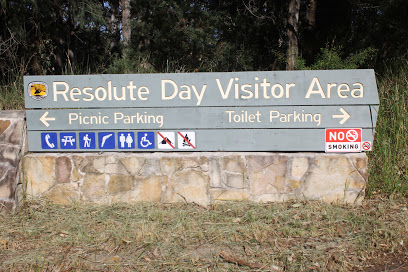 Walk the Basin Track
Walk the Basin Track West Head Road, Ku-ring-gai Chase National Park,
West Head
$20
See it through the eyes of the children. At the site you will be told stories of times long gone by. There will be explanations as to how the sites were used as school rooms for Aboriginal Children. Bring your camera for the view from West Head. Amazing!
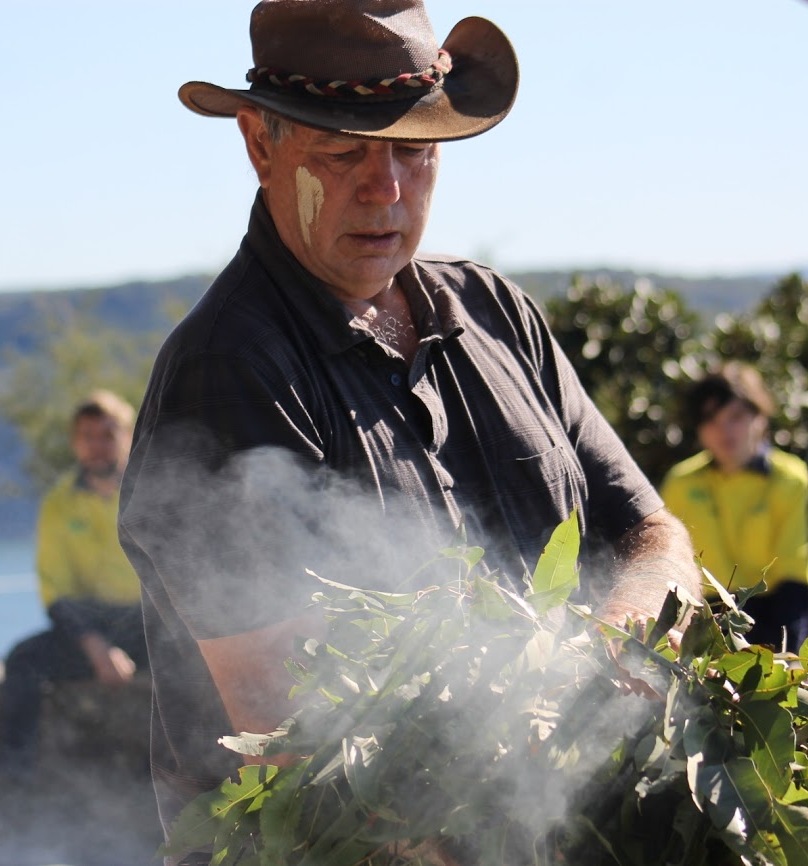
LAUNCH of Weaving Bridges Project: A NAIDOC Week Event
Queenscliff Surf Living Saving Club
Ocean Beach Road, Queenscliff
$ Free
Manly Environment Centre, Manly Community Centre, Northern Beaches Aboriginal Community members, Northside Community Forum In, Sanctuary Respite Centre, One Door Mental Health, community groups, individuals as well as school children, join together to weave, knit and crochet artworks around the theme of – ‘Connect’.
These artworks create a large textile landscape for this year’s Weaving Bridges Project, which is to be installed on the Stuart Somerville Bridge, Queenscliff.
A NAIDOC Week event, the Launch Ceremony includes guest speakers, a smoking ceremony, didgeridoo performance, entertainment and the unveiling of the installation. Morning tea will be served.
Enquiries: Robynne Millward
Northern Beaches Council
Email: robynne.millward@northernbeaches.nsw.gov.au
Ph: 9976 1426
NAIDOC Information Night - Our Languages Matter
Mona Vale Memorial Hall
1606 Pittwater Rd, Mona Vale
$ Free
Our Languages Matter
The importance, resilience and richness of Aboriginal and Torres Strait Islander languages will be celebrated and the unique and essential role that Indigenous languages play in cultural identity, in history, spirituality and rites, through story and song.
All welcome - This is a free night including light supper.
Enquiries: Neil Evers
Aboriginal Support Group
Email: info@asgmwp.net
Ph: 9999 3045
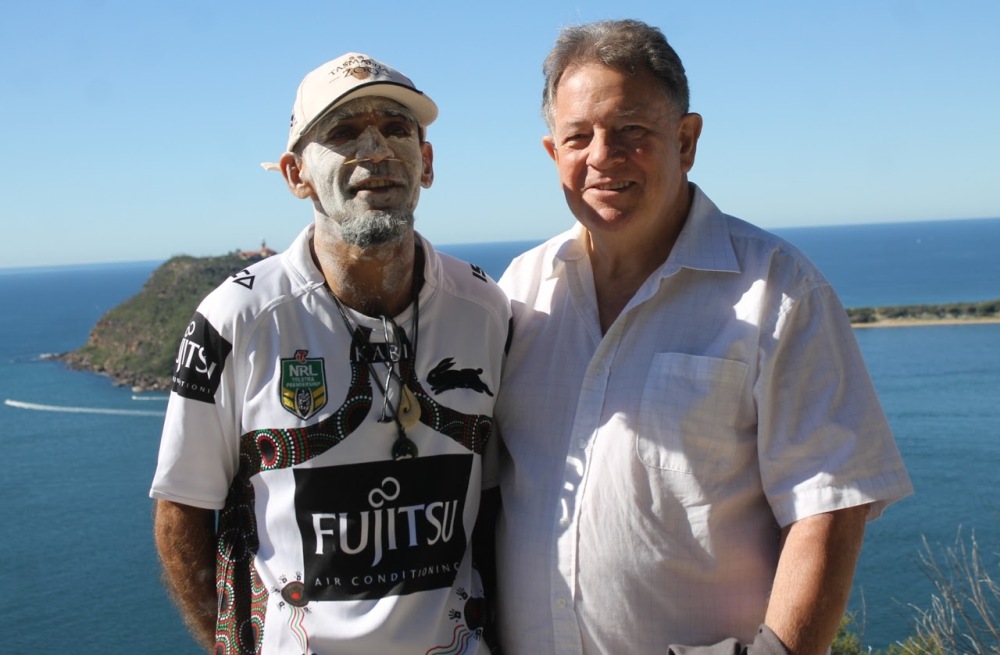
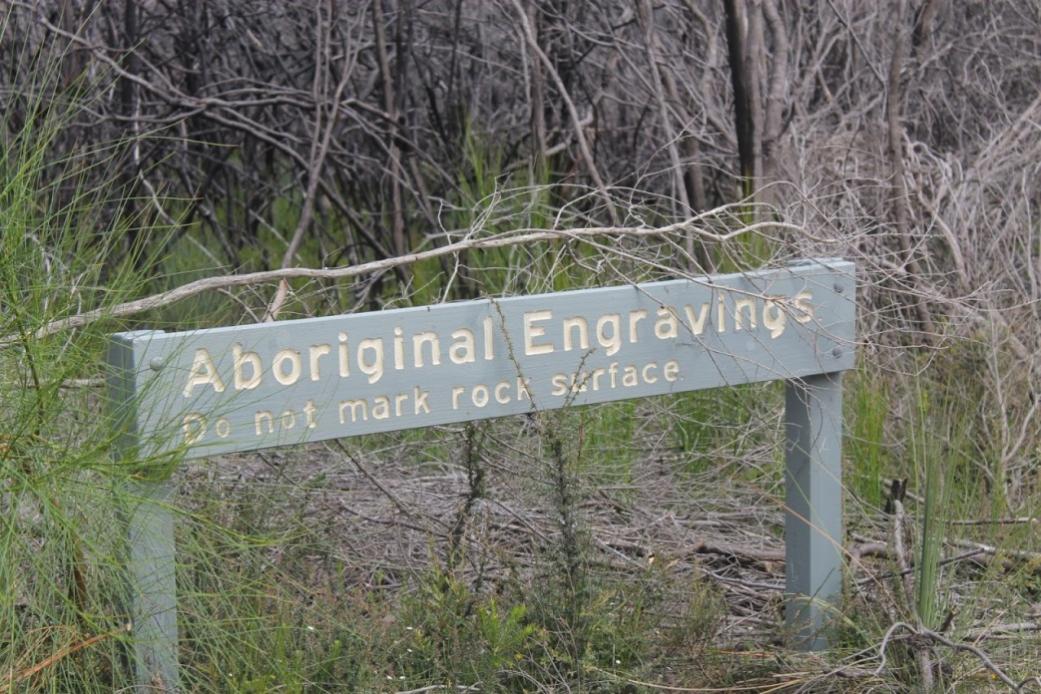
June
Palm Beach Sailing Club 2016/2017 Season
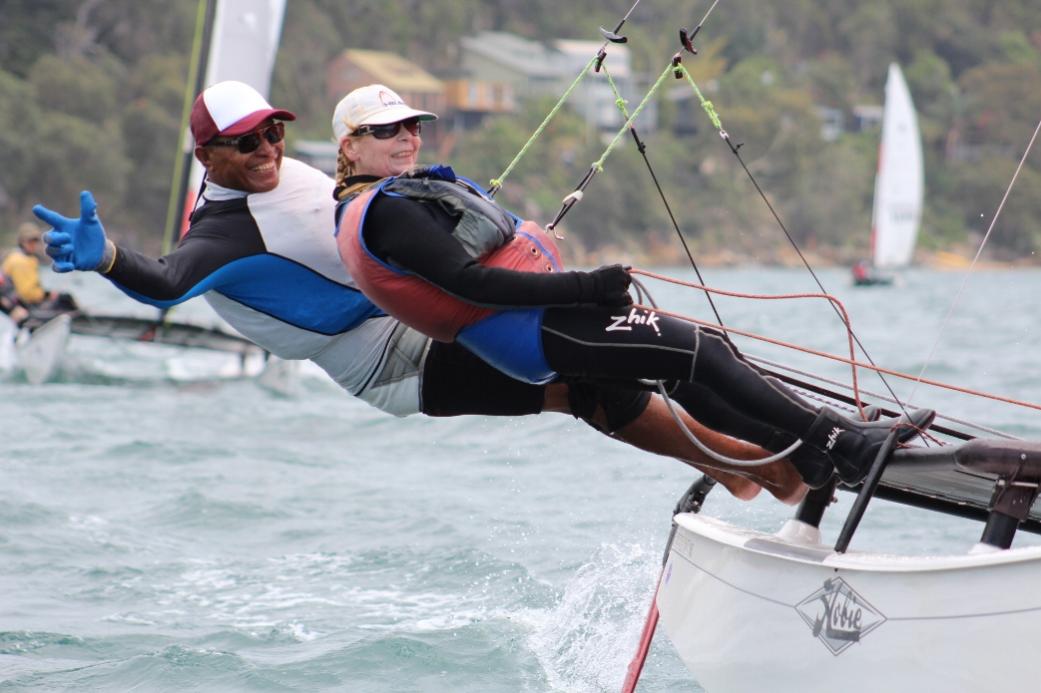
Palm Beach Sailing Club 2016/2017 Season
- Upu Kila won the National Hobie 16 Grandmasters and podiumed in the Open event at the NSW and Victorian State titles.
- Peter (Doogie) McDougall won the Hobie 14 NSW State titles for both cat rigged at sloop rigged categories. Sophie Renouf and Lucy Copland won the Hobie 16 Womens at the same event.
- At the Hobie 16 World Titles in China, Rod and Kerrie Waterhouse doubled up and won the Hobie 16 World Masters and Grandmasters with club mates Anthony Duchatel and Evelyn Curtis taking silver in the Grandmasters and Nina Curtis and Hayley Outeridge also taking silver in the Women’s.
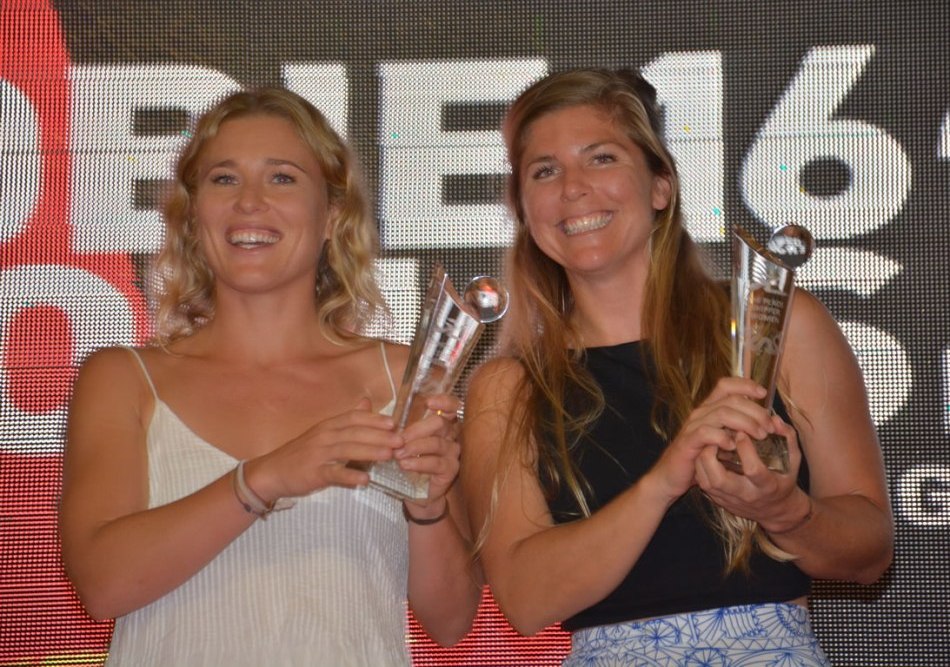
- Haylee Outteridge and Nina Curtis
- At the World Masters Games held in New Zealand, in the Weta Trimaran class, Martin Cross and Rod Waterhouse took gold and silver respectively in the Grandmasters, Peter Martin took gold in the Apprentis Masters and John McCormick took bronze in the Great Grandmasters.
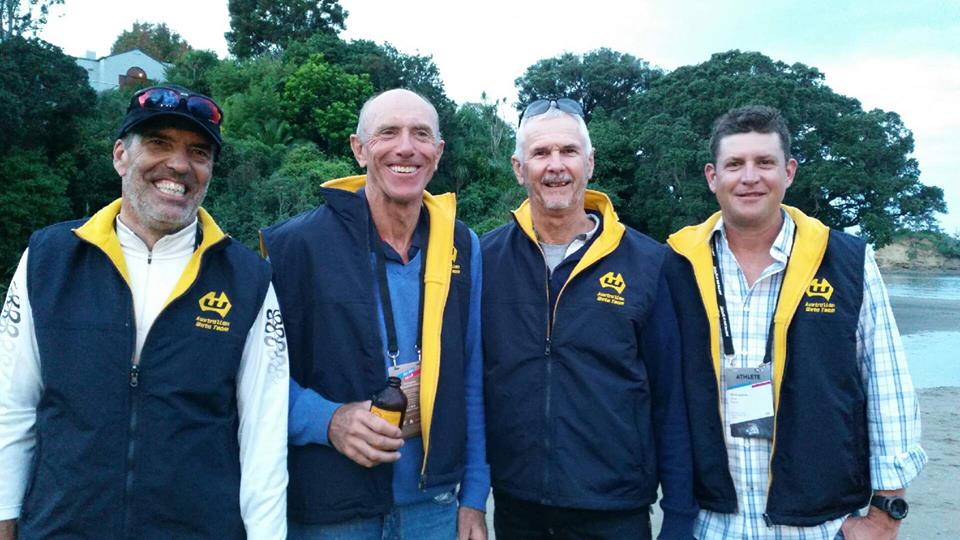
Martin Cross, Rod Waterhouse, John McCormick and Peter Martin at Waiake Beach.
- Martin Cross who won the Steve Kiely Memorial Trophy for the annual marathon held in demanding conditions this year, a trophy that recognises great seamanship epitomised by Steve who was considered a master sailor.
- Phil Malcom and Anna Hill our most improved team and Caitlyn Bell our most improved crew.
- Jake and Tess Sweeney for the youth team award.
- Peter Duross for the hotly contested Weta Cup.
- Andrew Nelson for the Poinstcore series sailing 1up on a Hobie 16
- Anthony Duchatel and Evelyn Curtis for their 6th Club Championship win.
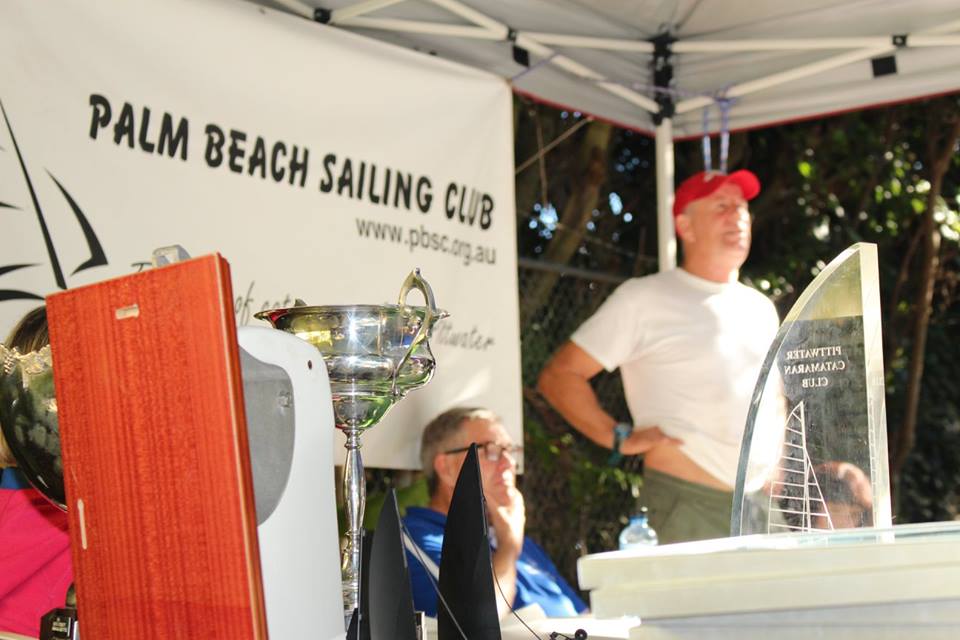
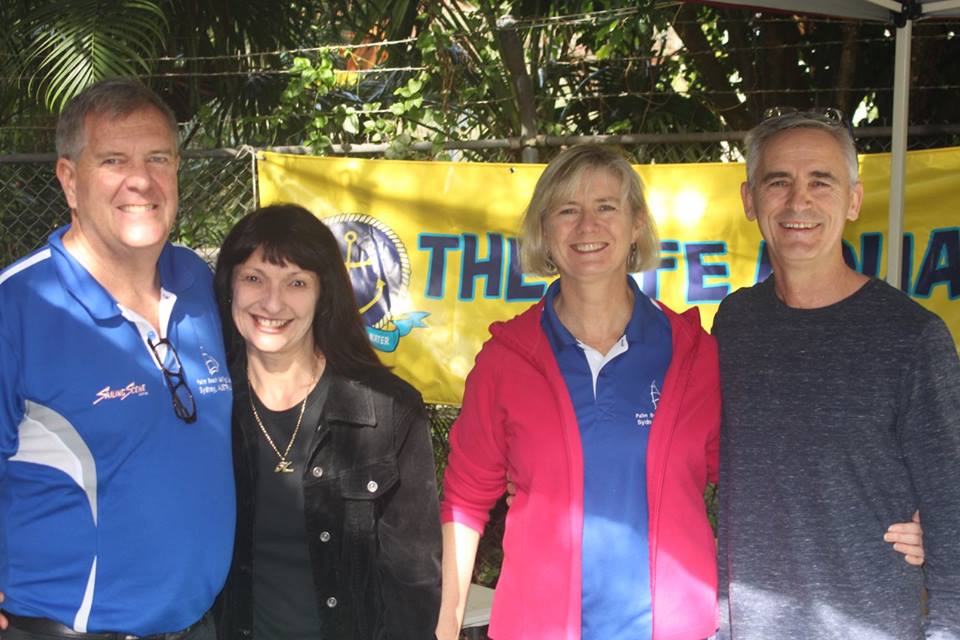
Juvenile Sea Eagle at Church Point
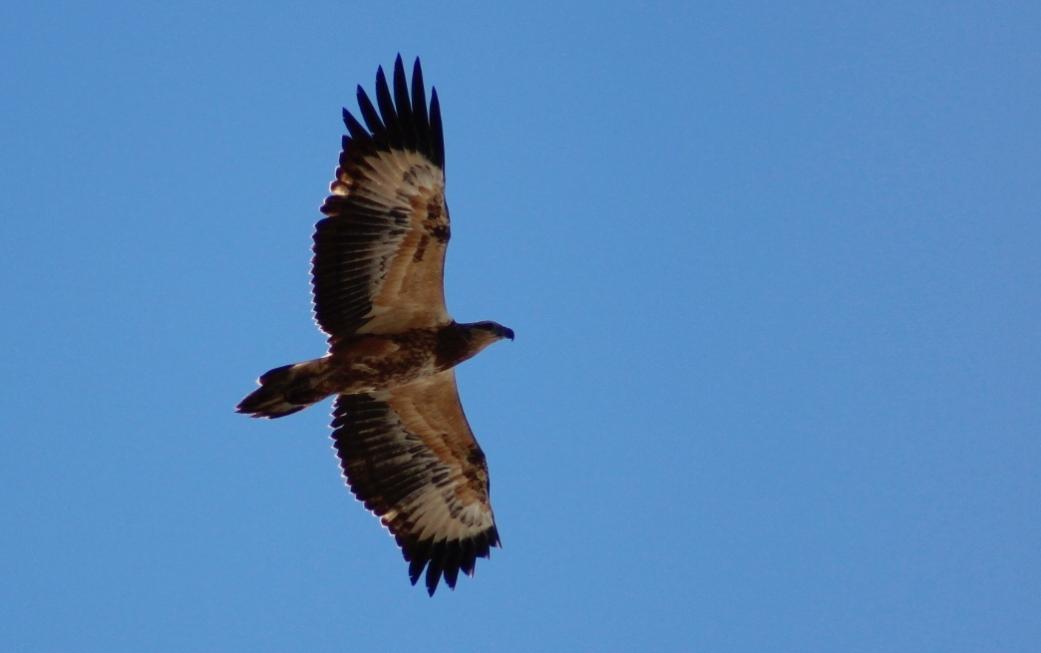
Jo Brigden- Jones Wins Silver At Canoe Sprint Cup In Belgrade
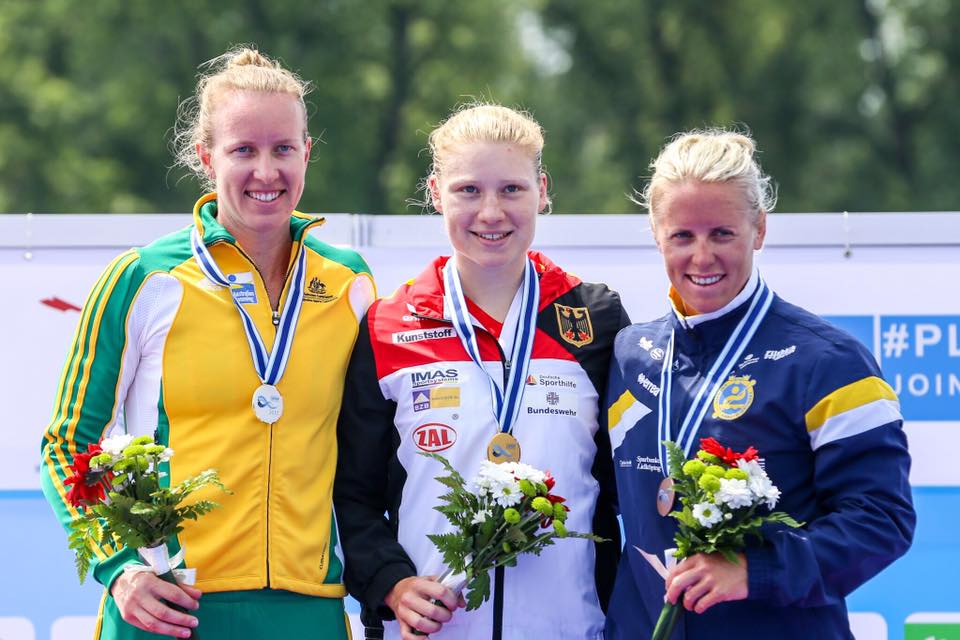
Jo Brigden- Jones Wins Silver At Canoe Sprint Cup In Belgrade
June 4, 2017Jo Brigden Jones - SNBKC athlete just finished 2nd in the women's K1 1000 at World Cup in Belgrade Serbia. Congratulations Jo - what an awesome return to the international stage.
Australia has won a silver medal and recorded three fourth placings on day two of the ICF Canoe Sprint World Cup in Belgrade, Serbia.
Jo Brigden-Jones, in one of her rare forays into the K1 1000, finished second and teammate Cat Macarthur fourth in a tough race.
“It’s quite painful, but I still like it,” Brigden-Jones said.
“I can barely stand-up my legs are hurting so much. But it was good, a good challenge for me, good to put myself out there in a new environment.
“So I really enjoyed it, but I’m hurting now. My leg pain blew up pretty early, and I rely on my legs a lot.”
Jo took out the K1 200 at the Australian Canoeing Sprint Nationals held at Penrith in March this year and became National Champion in the K1200m.
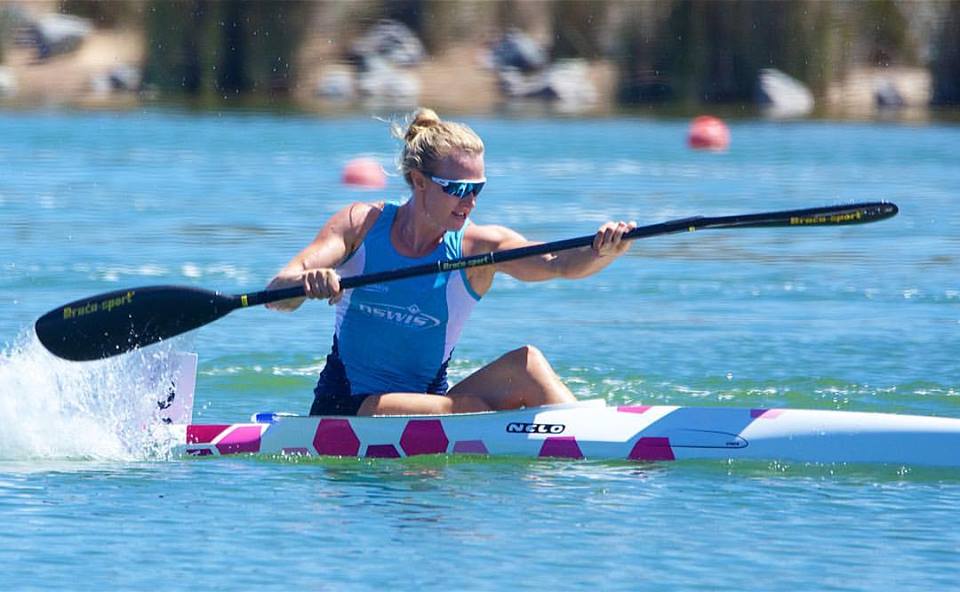
“I’ve learned a lot from doing these 1000’s over the last few weeks,” she said.
“I really pushed myself quite hard, but I’m dead now. I’ve always struggled with 1000’s not knowing how hard to push and when.
“I’m really happy with finishing fourth. It’s hard, but I can’t be unhappy with fourth after finishing seventh last weekend.”
Alyce Burnett finished fourth in her first ever senior K1 500 international final, missing the podium by only a fraction of a second. Her K2 500 teammate, Alyssa Bull, won the B final.
Bull and Burnett teamed up later in the day to win their K2 semi-final to progress to Sunday’s final.
Three-time Olympian Ken Wallace and Rio debutant, Jordan Wood, finished fourth in the final of the K2 500.
“It’s not so much fun getting fourth, but it’s a massive improvement on last week,” Wallace said.
“We’re learning how to race a bit better as a crew. Last weekend was the first race we’d done together, we’re just progressively getting there, but fourth is still hard.”
Australia will also have men’s and women’s K4 boats in action on Sunday, Billy Bain will once again contest the final of the K1 500, and Brigden-Jones and Jaime Roberts are in the final of the K2 200.
From Australian Canoeing: http://canoe.org.au/
GOLD AND SILVER FOR AUSTRALIA ON FINAL DAY OF SPRINT WORLD CUP
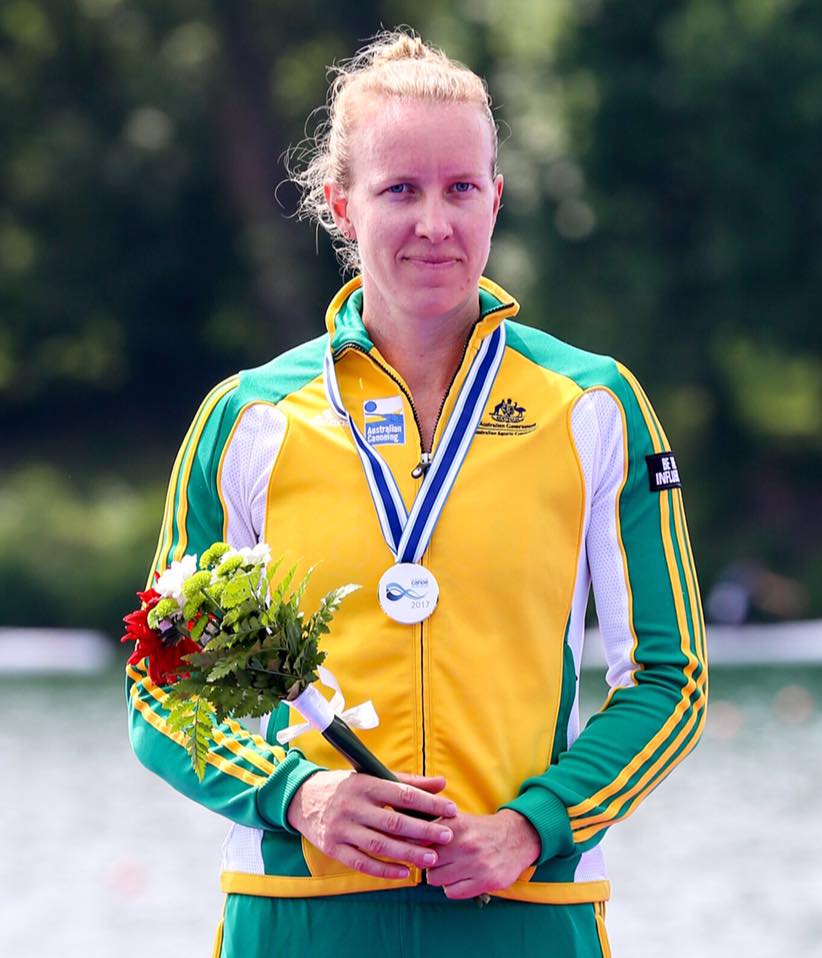 Jo Brigden-Jones joined WA’s Jaime Roberts to win silver in the K2 200, adding to the silver medal she won in the K1 1000 on Saturday.
Jo Brigden-Jones joined WA’s Jaime Roberts to win silver in the K2 200, adding to the silver medal she won in the K1 1000 on Saturday.The Australian Canoe Sprint team arrived in Europe in May ahead of the first ICF World Cup of the year in Szeged, Hungary, as they begin their new Olympic cycle.
For 2008 Olympic gold medallist Ken Wallace it’s the start of a campaign to get to a fourth Olympics, and for 2012 gold medallist Murray Stewart a third, as the team looks to build on it’s impressive Olympic record.
The team also includes two of Wallace’s K4 teammates from Rio, Riley Fitzsimmons and Jordan Wood, who are also the reigning K2 1000 U23 World Champions.
Paralympic gold medallist Curtis McGrath, silver medallist Amanda Reynolds and bronze medallist Susan Seipel will lead a five-strong Para Canoe team.
The women’s team includes 2016 K2 500 finalists, Alyce Burnett and Alyssa Bull, and our own 2012 Olympian Jo Brigden-Jones.
"Nice to be back racing in the green and gold and to be reunited with friends from around the world" Jo posted on her facebook page on May 28th - which is an understatement for all cheering her on from here who think it's GREAT to see her back and doing something she excels at.
Go Jo!
World Environment Day - June 5thWorld Oceans Day - June 8th
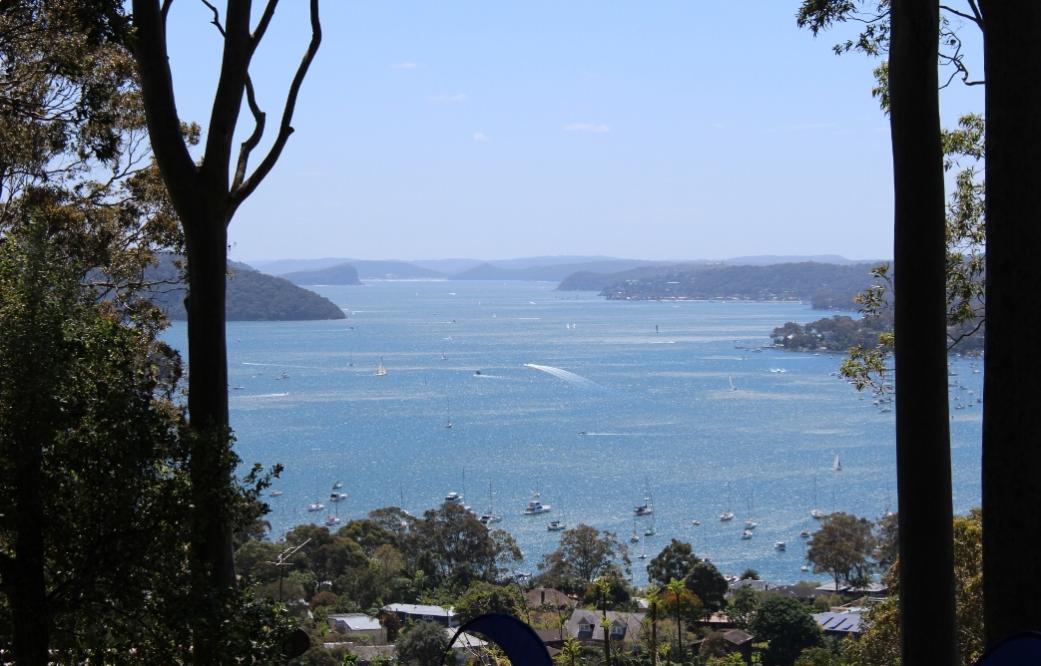
World Environment Day - June 5th
World Oceans Day - June 8th
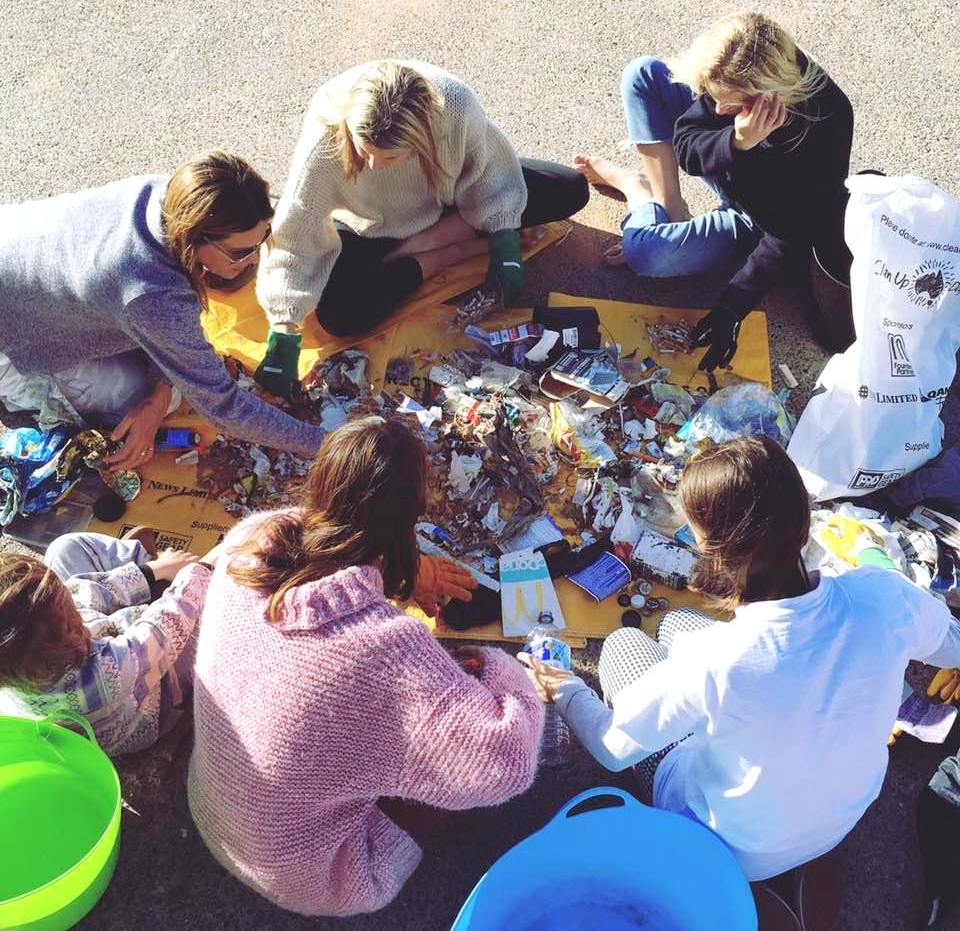
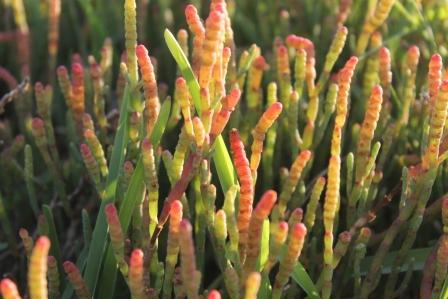 The value of nature
The value of nature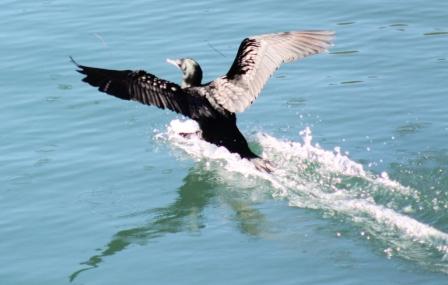 Hit the park
Hit the park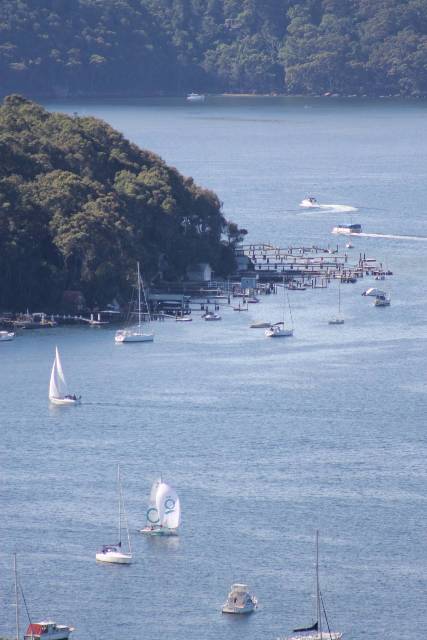 Get active!
Get active!Northern Beaches Bus Service Plan: B-Line Extension To Newport Announced
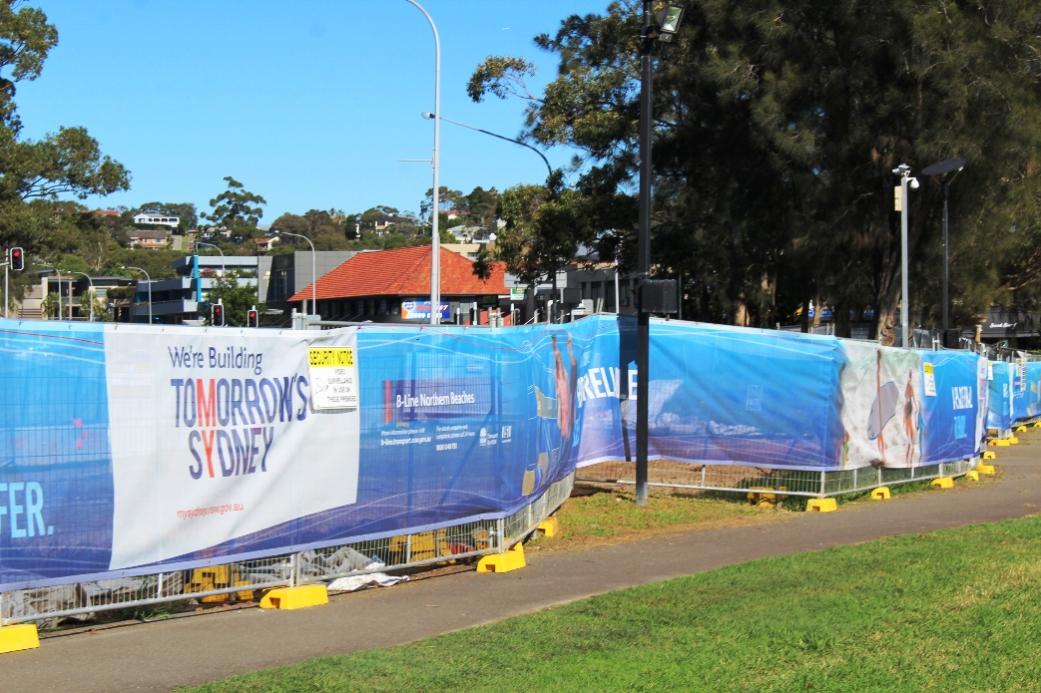
Northern Beaches Bus Service Plan: B-Line Extension To Newport Announced, Changes To Palm Beach Route
The Postponed America's Cup Of 1914: Bermuda Once A Refuge For The British Shamrock IV And An Australian RPAYC Commodore Part Of The Trails Crew
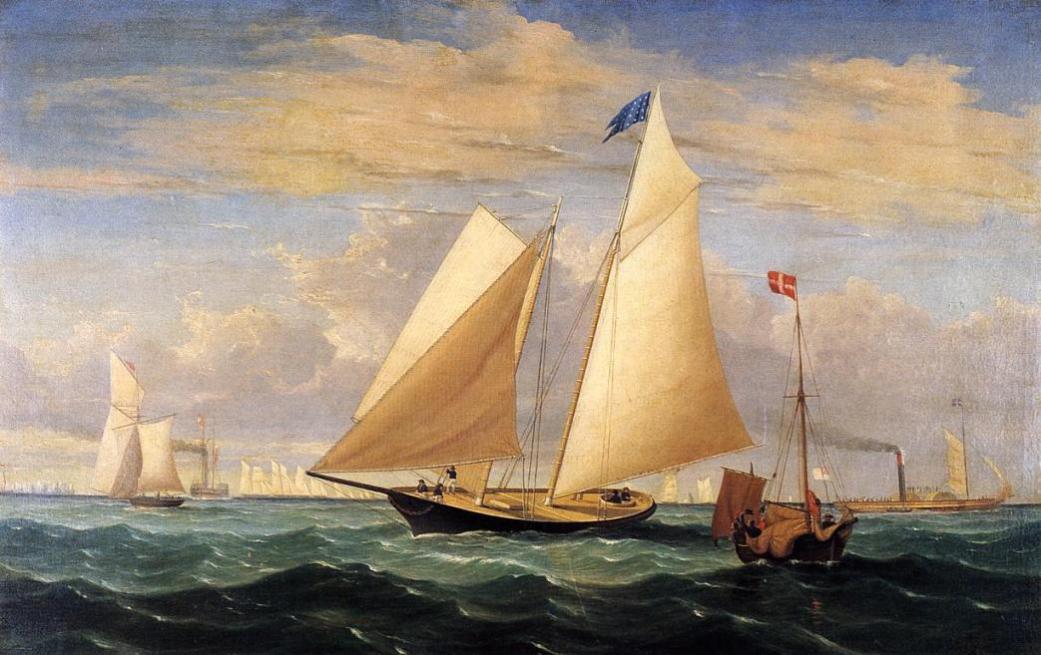
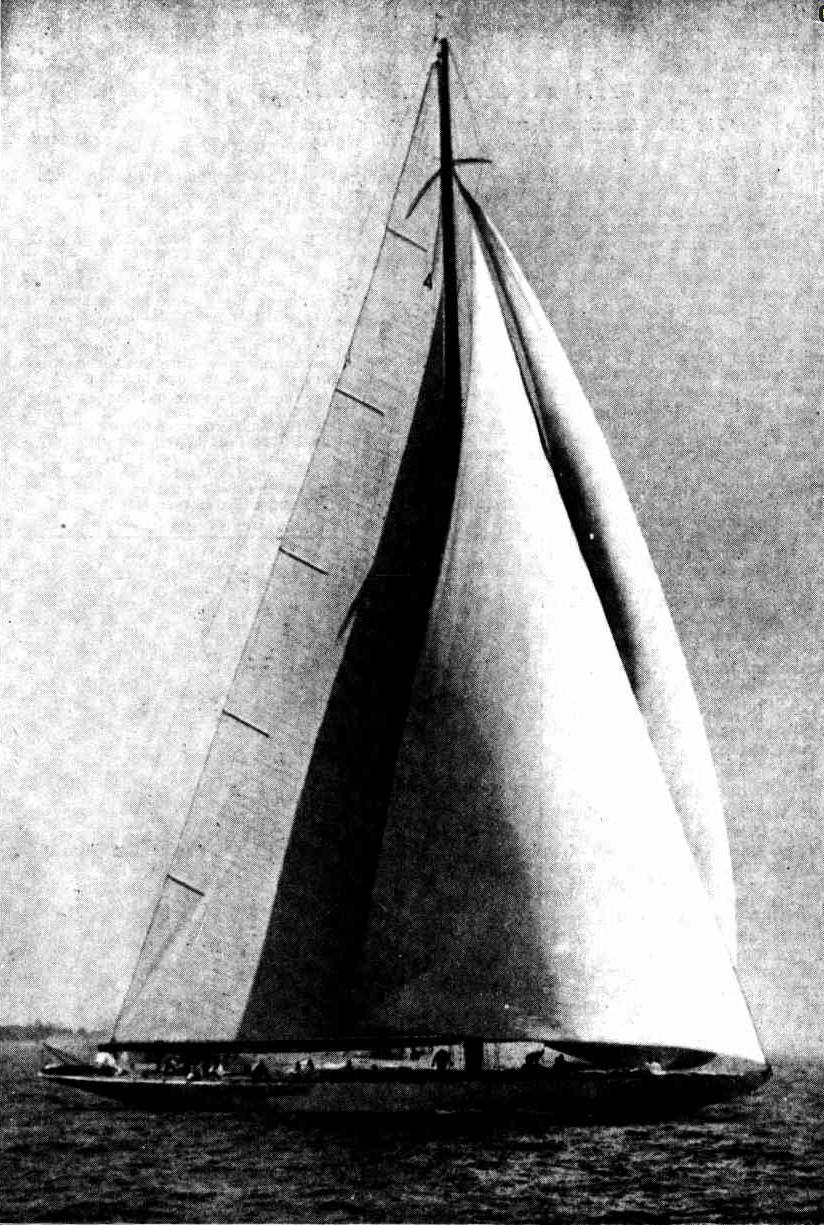
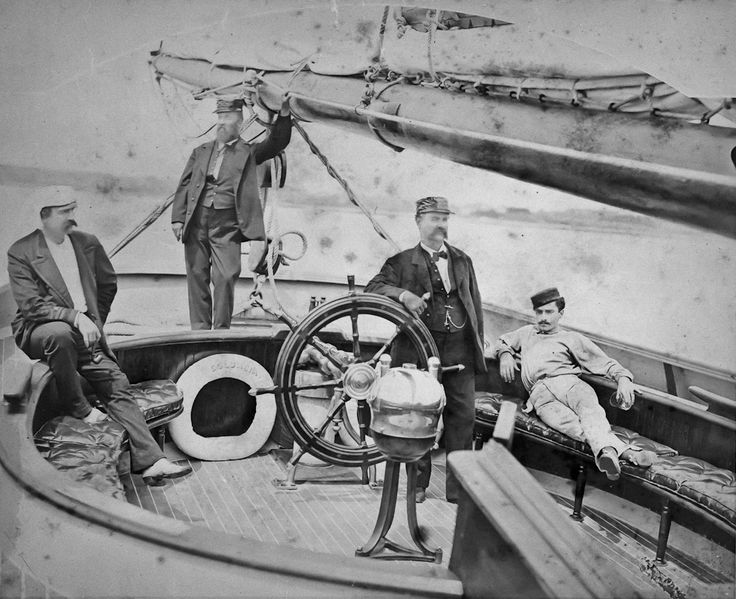
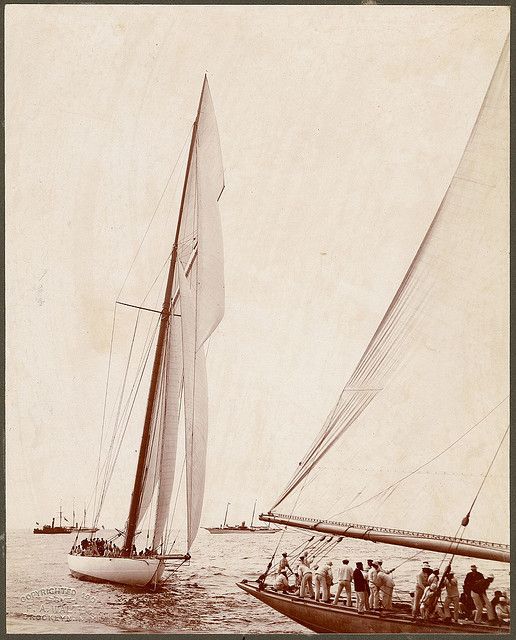
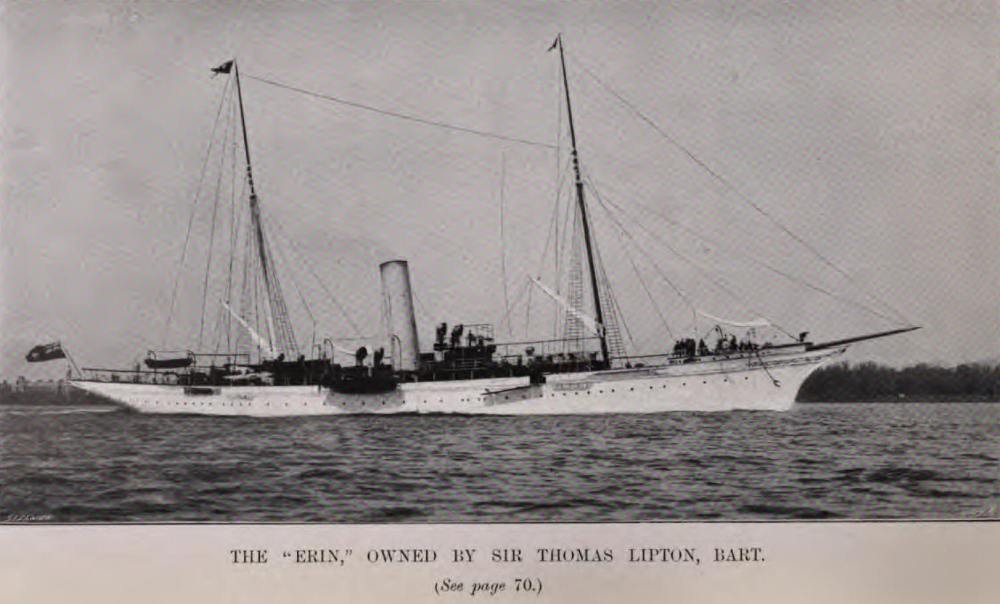
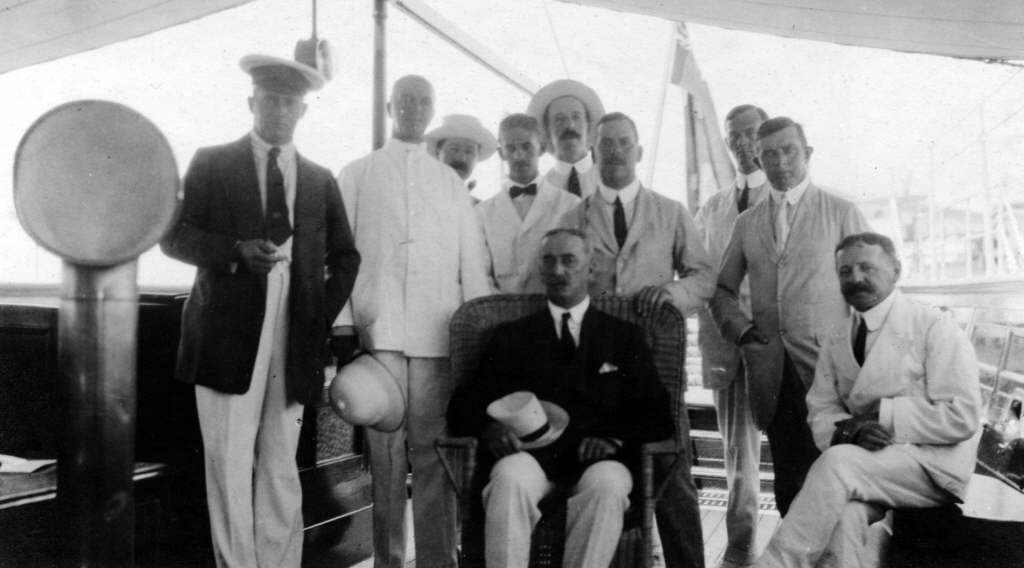
Social Pittwater
Social Pittwater
Chuck Bradley: Instrumental Opening This Week
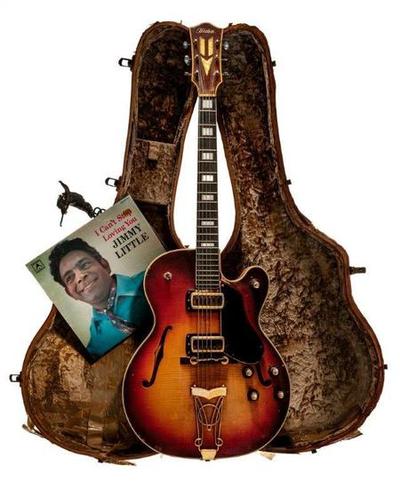 Iconic Australian rock musicians from the 60s, 70s and 80s and ‘now’ have inspired the latest exhibition at Manly Art Gallery & Museum, officially opened on the first icy day of Winter 201, June 1st.
Iconic Australian rock musicians from the 60s, 70s and 80s and ‘now’ have inspired the latest exhibition at Manly Art Gallery & Museum, officially opened on the first icy day of Winter 201, June 1st.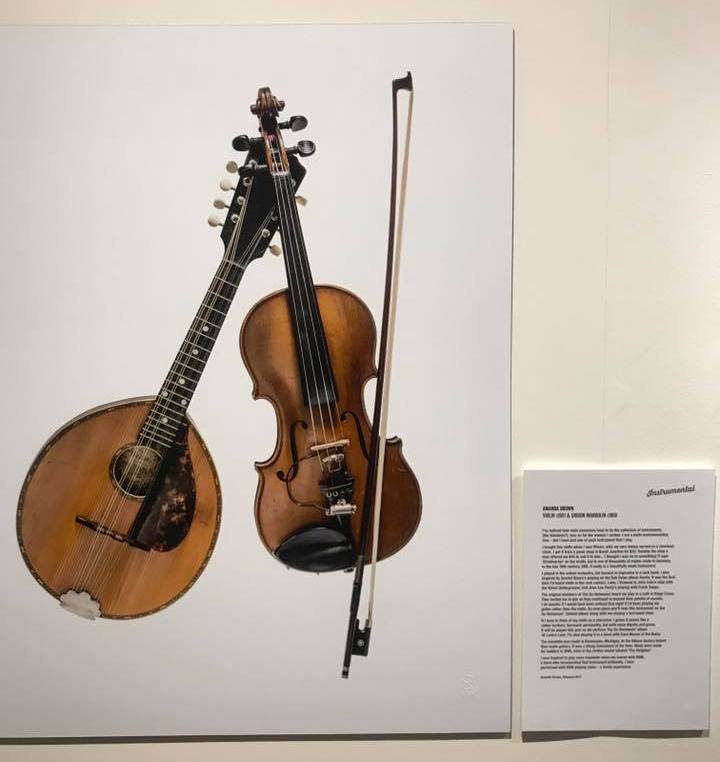
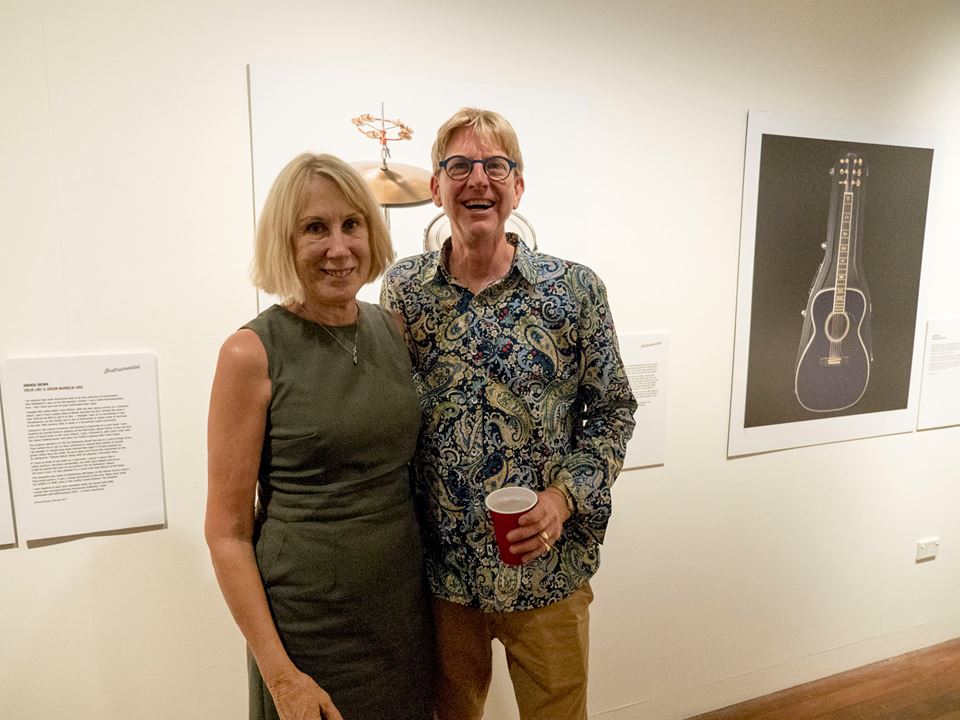
Newport Breakers Rugby Club Ladies Day 2017
Saturday the 3rd of June 2017 saw the Newport Breakers Rugby Club take on the Old Ignatians Old Boys in a top of the Cub Championships Table clash.
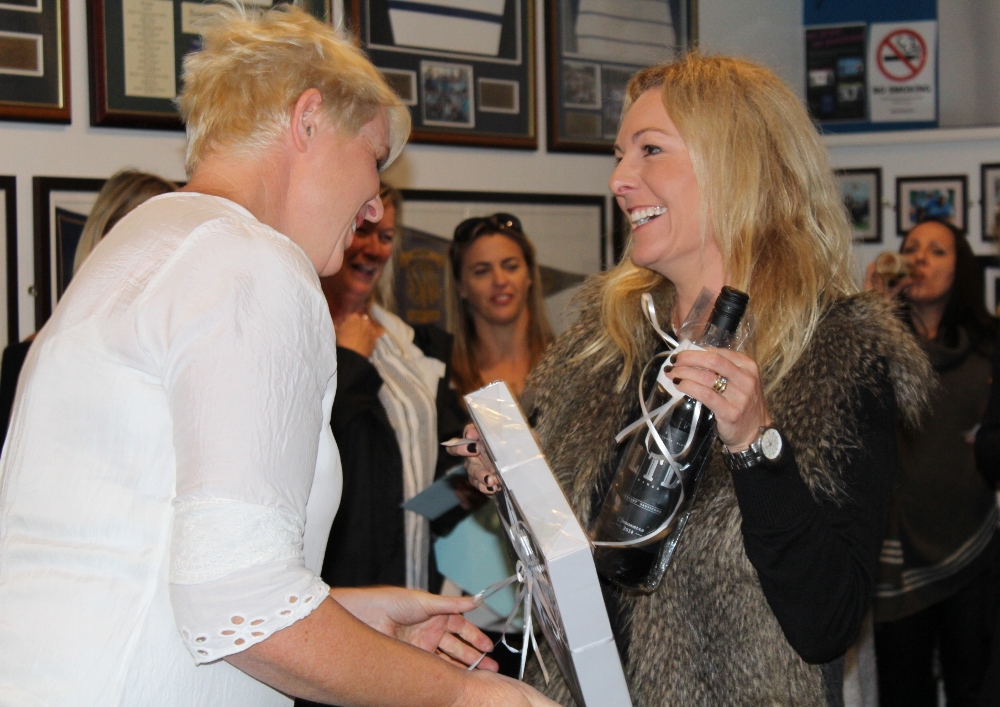
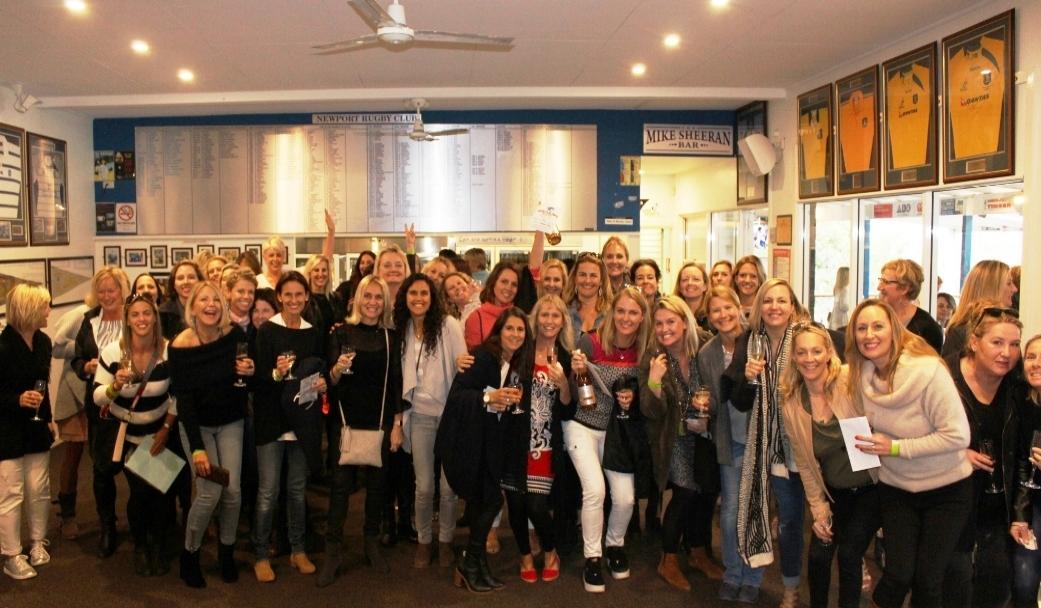
RPAYC Showcase Sailing To Prince Harry For The 2018 Invictus Games
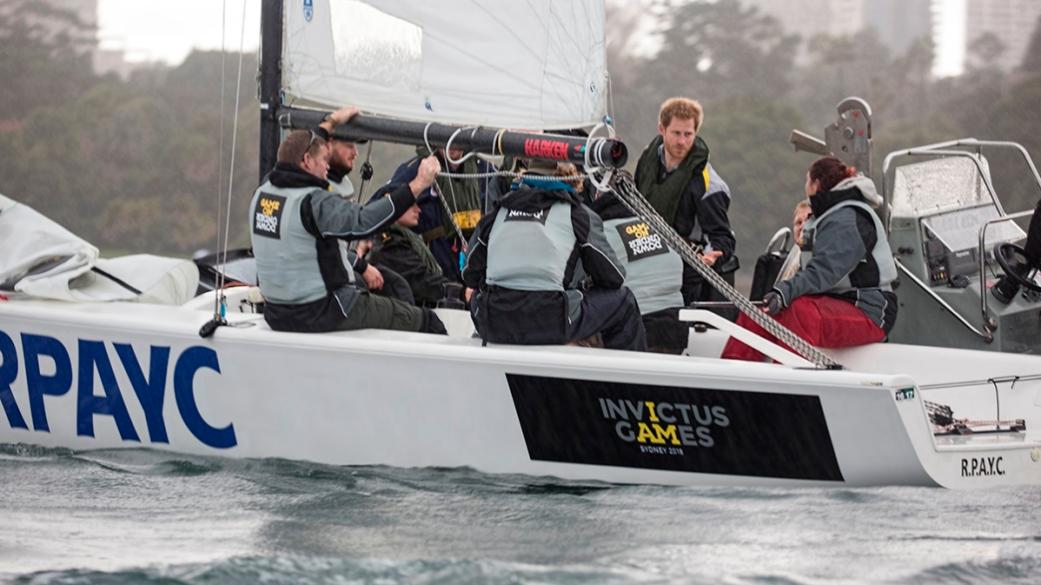
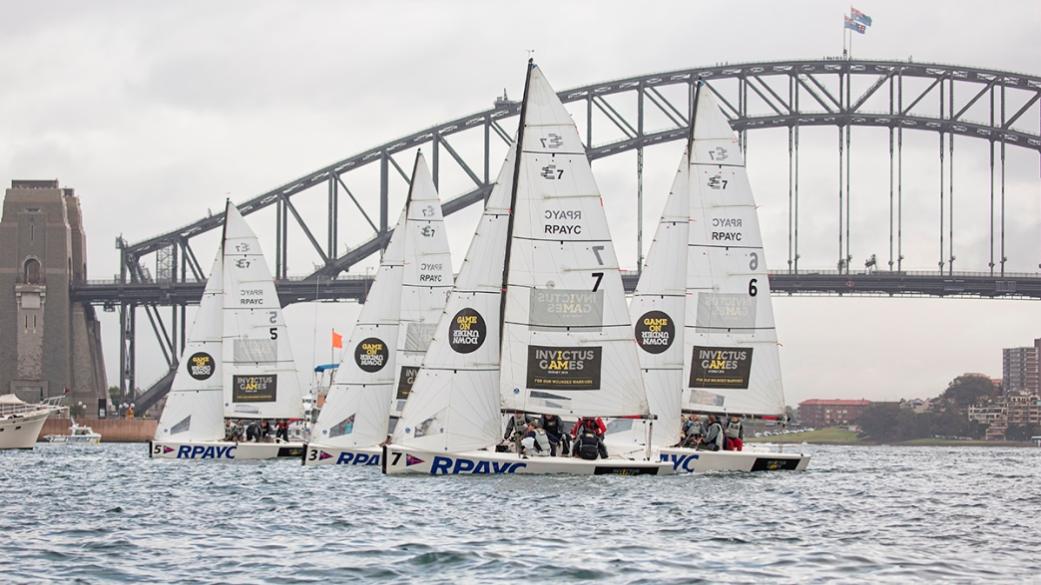
RPAYC Showcase Sailing To Prince Harry For The 2018 Invictus Games
June 9, 2017Event: Launch of the 2018 Sydney Invictus Games
The Royal Prince Alfred Yacht Club has featured heavily in the launch of the 2018 Invictus Games as part of a sailing demonstration showcasing the sport in front of an iconic Sydney back drop with Prince Harry, senior Invictus organisers, RPAYC Members and many other distinguished guests watching on.
The RPAYC was asked to conduct the sailing demonstration on the back of their successful sailing program with veterans and the Soldier On Australia charity.
Prince Harry, Founder and Patron of the Invictus Games Foundation officially launched the countdown to the fourth Invictus Games at Admiralty House marking 500 days until the opening ceremony.
Speaking in front of athletes and distinguished guests Prince Harry said "Sydney will soon be the custodian of the Invictus spirit and the focus for hundreds of men and women using the Invictus Games to motivate their recovery from physical and mental injuries.”
“I know that people across the country – from Perth to Sydney, from Darwin to Adelaide – will embrace the Invictus Games and show their support for competitors from their local towns and right across the country. I have no doubt that the Sydney public will make these games their own.”
“The Invictus Games are coming to Australia – game on down under!"
RPAYC Club Coach Tom Spithill, along with Commodore Ian Audsley and Integrated disAbled Sailing Board of Governors representative Norm Weaver co-ordinated an excellent display of sailing which cemented the earlier decision announcing the inclusion of sailing in the 2018 Games for the first time.
Chair of the Sydney 2018 Invictus Games, Lieutenant General Peter Leahy, earlier revealed that the sport of sailing will debut on the 2018 competition schedule. “Sailing will be contested on Sydney Harbour and what a wonderful backdrop it will provide.” The RPAYC will also be the organising authority for the 2018 Games.
Prime Minister Malcom Turnbull added “The Invictus Games are another great opportunity for the whole community to show our veterans, and those who serve today, that their nation and their community is behind them and will support them every step of the way as they recover from the injuries of war and as they go on to lead and succeed in civilian life.”
Under grey skies the sails of the RPAYC’s fleet of Elliott 7 performance keelboats lit up Sydney Harbour just after 12:30pm. Veterans crewed the boats with plenty of passion with some exciting racing in Farm Cove providing an excellent preview of what’s to come for 2018.
Unfazed by the pelting rain Prince Harry took to the water to personally greet the teams and discussed the benefits the participants had received through the club and the Soldier On sailing program.
Looking very cold and wet, Tom Spithill couldn’t remove the smile from his face when asked about the sailing demonstration he had just coordinated, not to mention his chance to personally meet Prince Harry.
“It’s just amazing, the people, the volunteers, the veterans. It’s been an epic day, no amount of rain could dampen the spirits of everyone here and I just can’t wait until October next year! Prince Harry seemed like a really nice bloke, he has a military background and founded the Invictus Games so I have a lot of respect for that,” said Tom Spithill.
Tom was announced as a technical sailing advisor to the 2018 Games, along with his brother James Spithill who will be an ambassador to the 2018 Games. James unfortunately couldn’t attend the launch as he is busy in Bermuda defending his America’s Cup title as the skipper on Team Oracle USA.
The club’s partnership with Soldier On Australia has become a central part of the club’s award winning Integrated disAbled Sailing initiative which has seen many veterans excel in their new pathways through sailing.
Commodore Ian Audsley who has been a big part of this initiative couldn’t be happier with the progression and today was reflecting on the success of the program.
“In my three years as RPAYC Commodore I’ve seen this partnership with Soldier On grow from strength to strength and today was a great example of the resulting success from the hard work of many RPAYC members who help our veterans find so many positives from the sport of sailing,” said Ian Audsley.
More than 500 competitors from 18 nations will compete in 10 different adaptive sports in Sydney from 20-27 October in 2018. The RPAYC, CYCA, and RSYS will play a key part in hosting the sailing component of the games. The events will be staged across Greater Sydney, including Sydney Olympic Park and on and around Sydney Harbour.
Henry Lawson: A Manly Bard And Poet
In His 150th Birthday Year
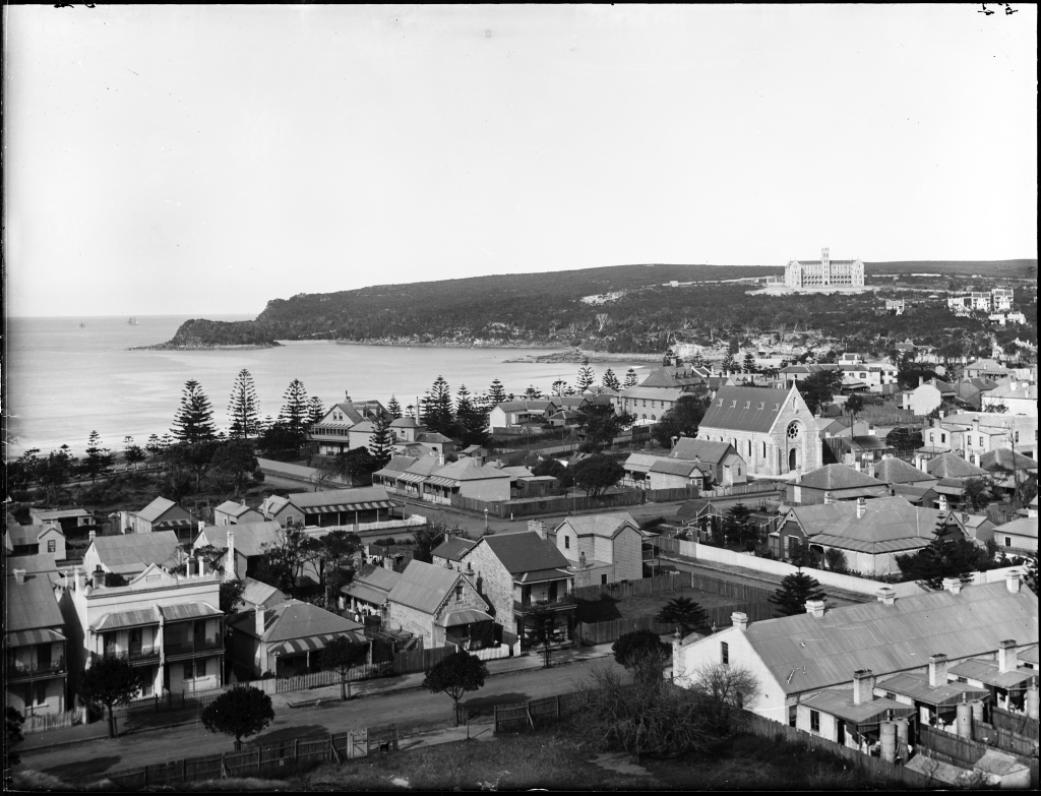
THE BARDS WHO LIVED AT MANLY
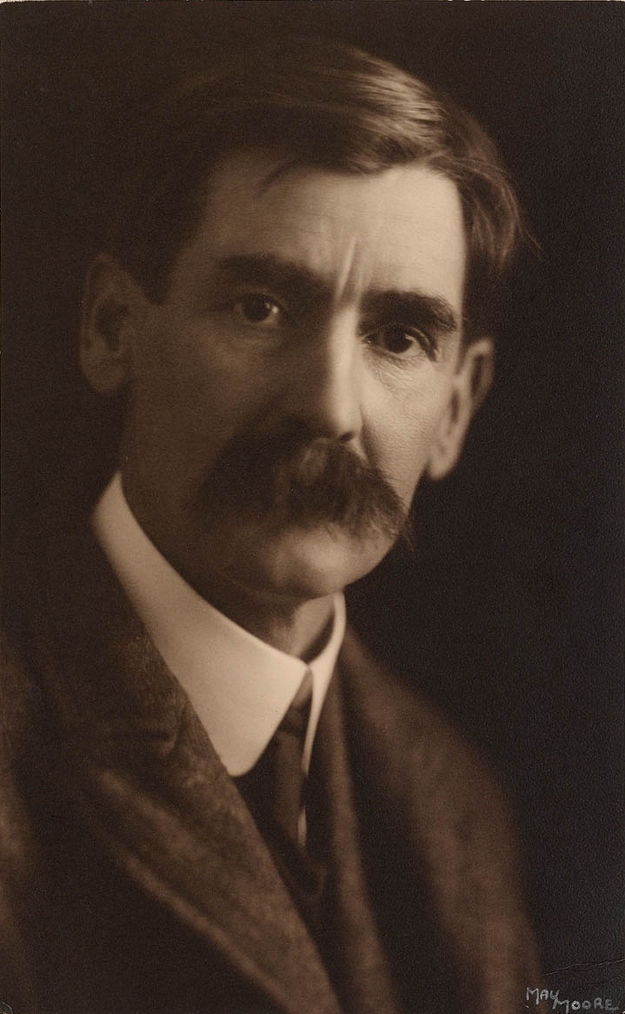 Suffering a bad ear infection when still a small lad that accelerated until his world became a muffled cocoon by 14, and kept so much at a distance, also causing him to experience the ignorance and arrogance of those who could not understand through so much of his life, an inner oasis sprang up and as it is for so many who are never listened to, or not heard, an eloquence ever refining itself spoke plainly in words that rang with truth.
Suffering a bad ear infection when still a small lad that accelerated until his world became a muffled cocoon by 14, and kept so much at a distance, also causing him to experience the ignorance and arrogance of those who could not understand through so much of his life, an inner oasis sprang up and as it is for so many who are never listened to, or not heard, an eloquence ever refining itself spoke plainly in words that rang with truth. 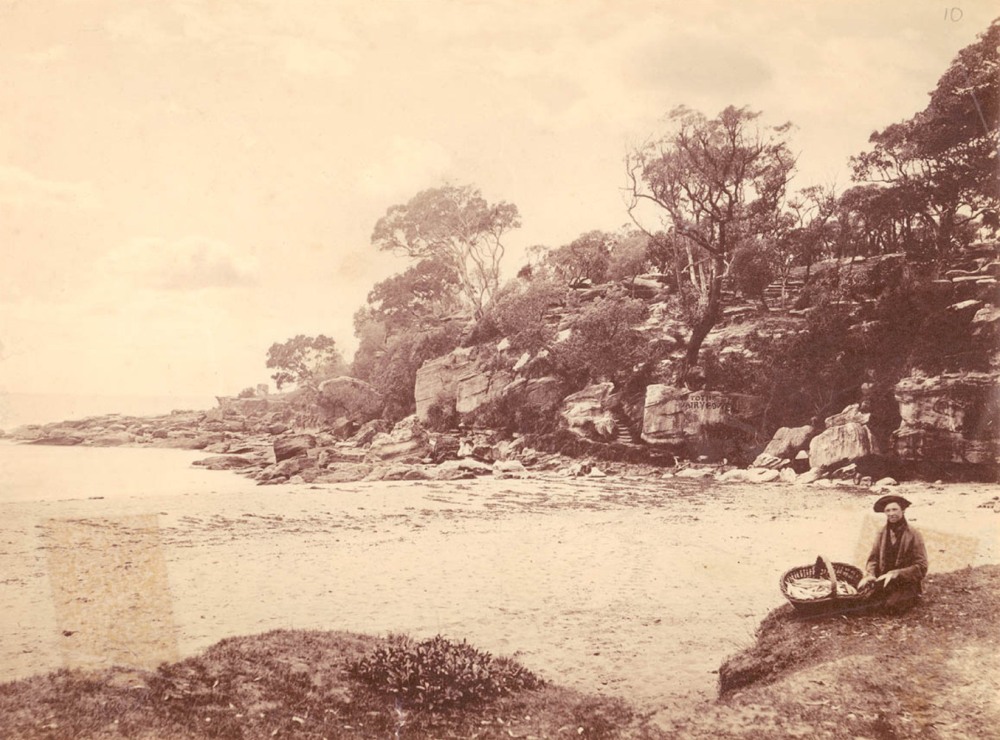
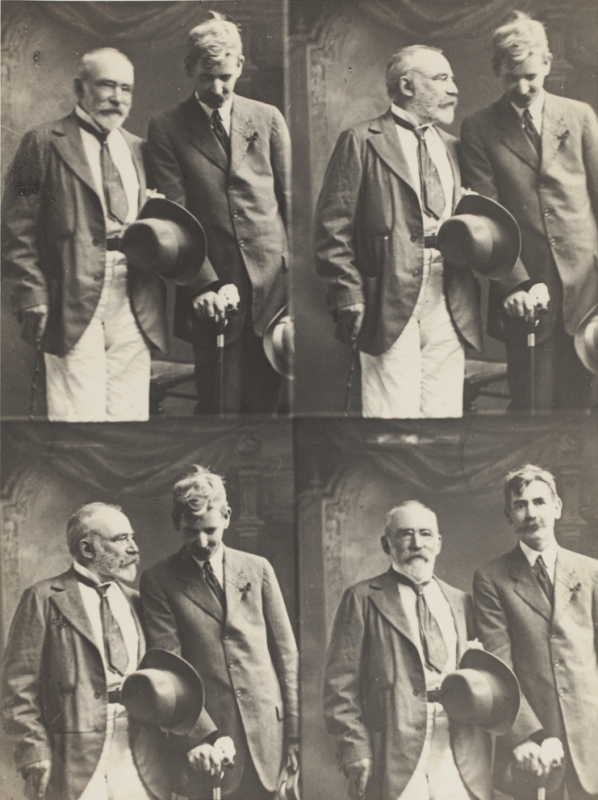
ASCCA’s President Nan Bosler OAM: Winner At 2017 Australian NFP Technology Awards
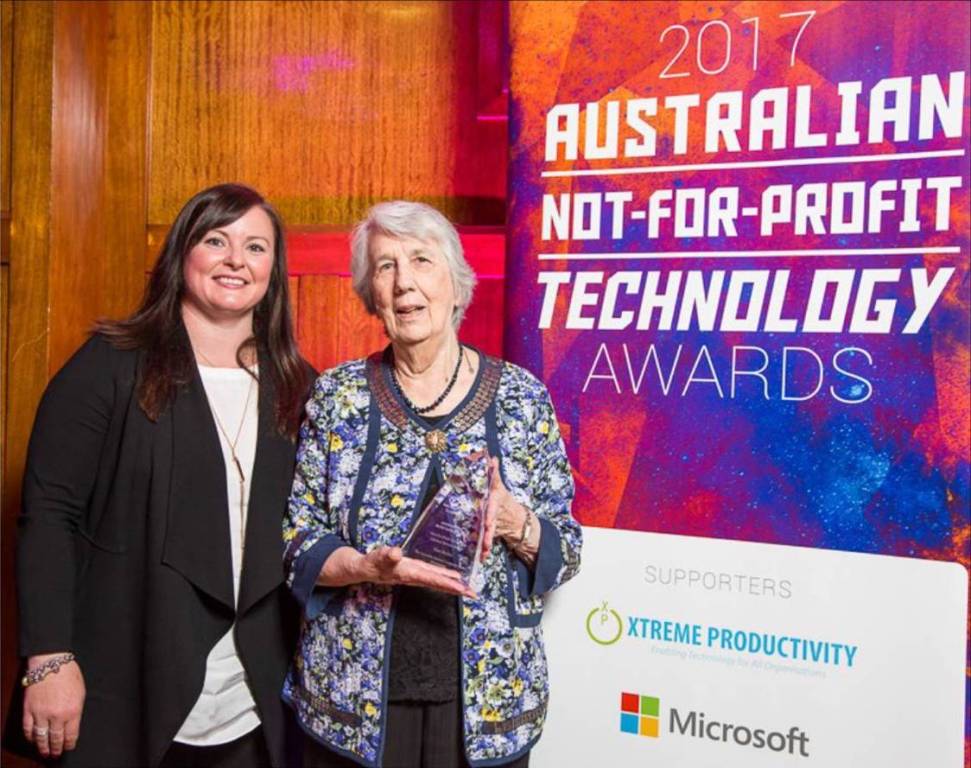
ASCCA’s President Nan Bosler OAM – A Winner At 2017 Australian NFP Technology Awards
6th Peninsula Community Of Schools Art Exhibition At Warriewood Square
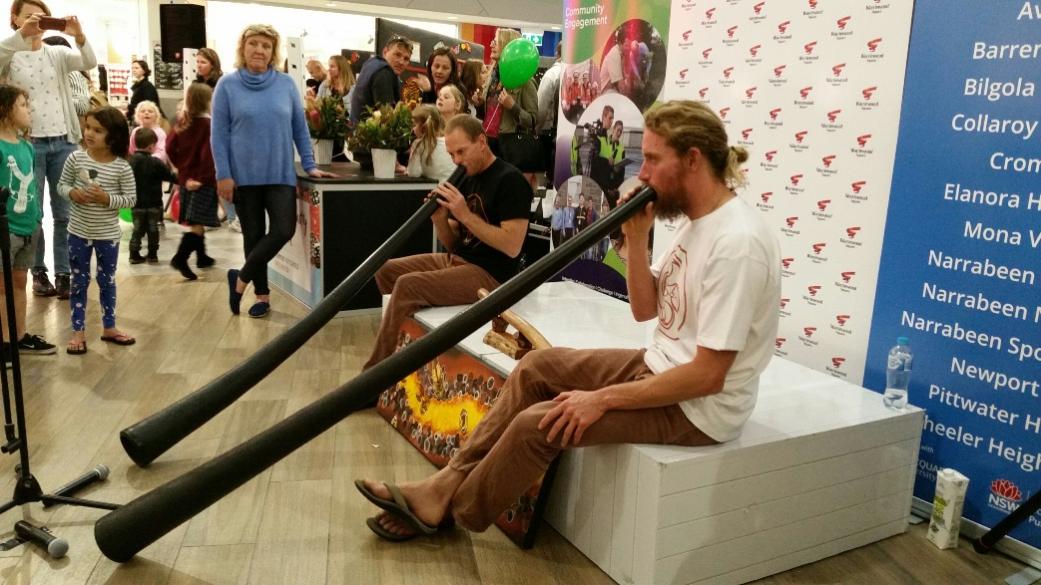
6th Peninsula Community Of Schools Art Exhibition
You are invited to attend the Peninsula Community of Schools Art Exhibition in celebration of Aboriginal and Torres Strait Islander Culture on the Northern Beaches.
This is a showcase of students work from Kindergarten to Year 12 from the 13 Peninsula Community of Schools; Avalon, Bilgola Plateau, Collaroy Plateau, Cromer, Elanora Heights, Mona Vale, Narrabeen Lakes, Narrabeen North, Newport, and Wheeler Heights Public Schools and Barrenjoey, Narrabeen Sports and Pittwater High Schools.
The collection has been created by considering and reflecting on the themes of significant annual festivals;
- Guringai Festival - “Connection” Connections of people and place, connections of communities, connections of parents and children”
- Harmony Day - “Everyone Belongs – Strength in Harmony”
- Reconciliation Week – “Let’s Take the Next Steps”
- 2017 NAIDOC Week – “Our Languages Matter” - The importance of resilience and richness of Aboriginal & Torres Strait islander Culture
The exhibition is located at Kmart Court in Warriewood Square with large format canvases displayed around the Centre.
Silent Auction of Works
As part of the exhibition a Peninsula Community of Schools silent auction has been launched with 100% of all proceeds to be donated to PCS. You can see these wonderful artworks from talented students in the Peninsula at Warriewood Square and below. The auction ends 12 noon Saturday 24th of June. Winners will be contacted via phone and email. A reserve of $200 has been placed against all paintings. Good Luck!
To bid, visit https://goo.gl/RK2pTb.
At the Opening Night, Thursday 15th of June, visitors were entertained by Aboriginal dancers and musicians and met the students who created the wonderful pieces of artwork on display. Our Education Minister and Pittwater MP, Rob Stokes attended, along with the very best principals and teachers in the peninsula and a representative from Broadspectrum, which has sponsored the event for the past five years..
Neil Evers of the Aboriginal Support Group Manly Warringah Pittwater gave the Welcome to Country. Music was provided by Laurie Bimson and Didgeridoo players Scott Romain and Matt Jones.
Neil Evers – Welcome to Country:
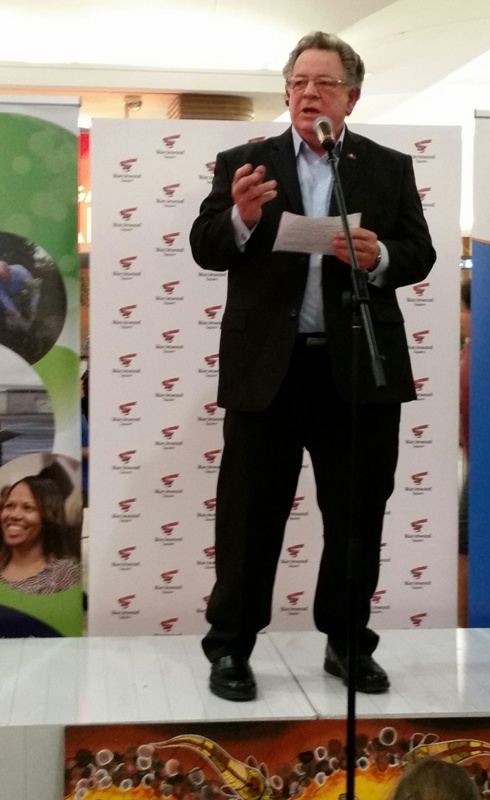 Good Evening;
Good Evening;
Honourable Minister, Distinguished guests, ladies and gentlemen
I’m Neil Evers, I’m a direct descendant of the Garigal clan of the Guringai people. The Guringai people are part of the oldest continuous culture in the world, and I pay my respects to the elders, past and present.
I also recognise their resilience and strength and courage. I’d also like to thank Westfield, Warriewood Square, the Peninsula Community of Schools and Broadspectrum for acknowledging and recognising the traditional custodians.
I’ve been asked to give a Welcome to Country – what is this Welcome to Country?
Am I welcoming you to Australia? No, certainly not.
Have you ever seen a map of Australia, prior to 1788? There were 300 plus sovereign aboriginal nations that spoke over 600 languages and dialects. So prior to the British arriving there was over 300 different countries in Australia.
If you look at that ma, from about Newcastle, down to the harbour bridge, you will find it is the Guringai language – that is the group that we’re in now.
So a Welcome to Country extends from the generation of old out of respect for aboriginal people to the custodians of that land. In traditional times nobody moved without acknowledgement. It was protocol. If you didn’t it would be like you going into somebody’s house uninvited, helping yourself to their drink and food and staying the night.
Aboriginal people knew the boundaries of the other people’s country and the other’s group. To go form one group to the other you had to get acknowledgement. They would invite you there as a visitor, or they would give you a safe passage through their country. It is not something done out of political correctness. It was done out of an aged tradition that acknowledges and recognises the traditional custodians of that country.
So the more we learn, the more we understand.
The first Australians, the aboriginal people, utilised this land and its gifts for generations. Just think about 230 years ago, how different this place would have been – the creeks, the rivers were crystal clear, the fishing, there was an abundance of food in this area, and these stories are told right across this area. These were hunting grounds and camping grounds for my ancestors. But they didn’t own the land, they were custodians.
So I ask you, please, that you care for Guringai country. And as a descendant , and on behalf of the ancestors, the traditional custodians, I welcome you to this beautiful country.
Thank you.
Careel Bay Marina Winter Festival 2017
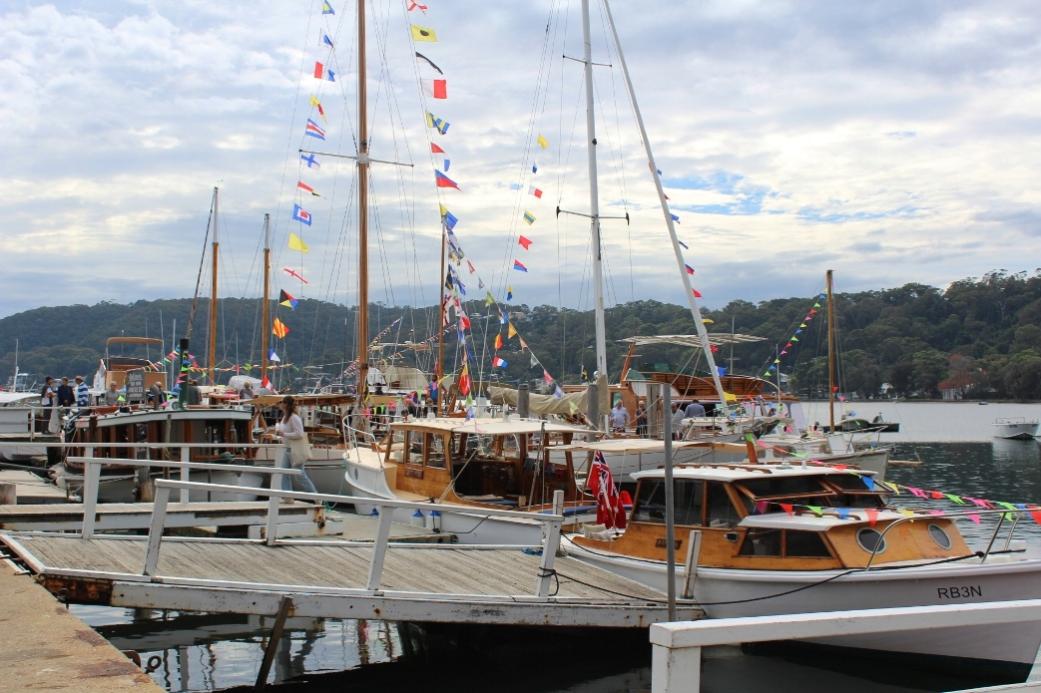
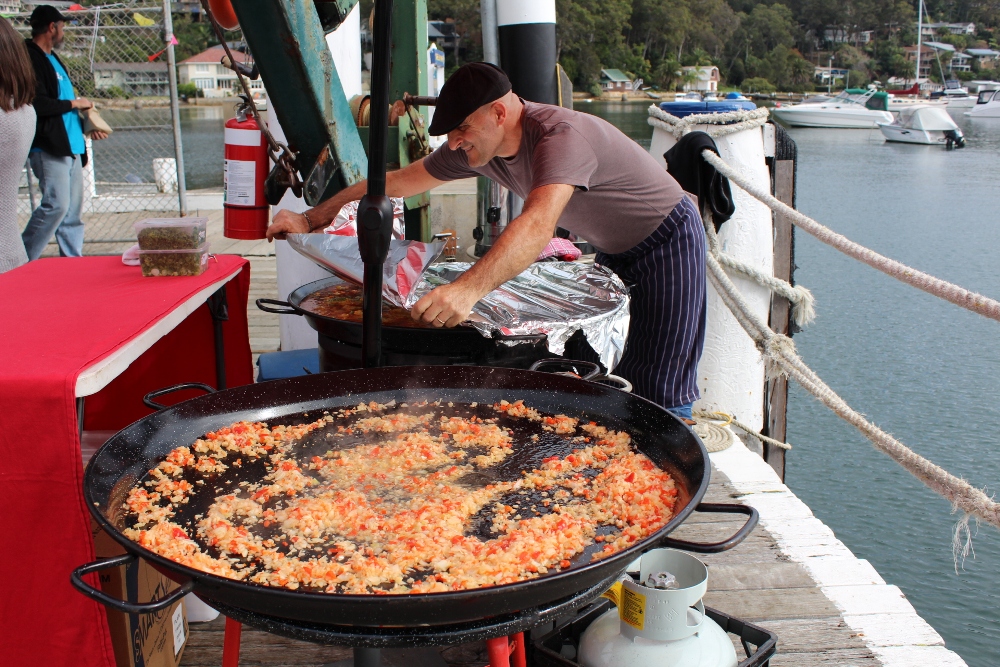
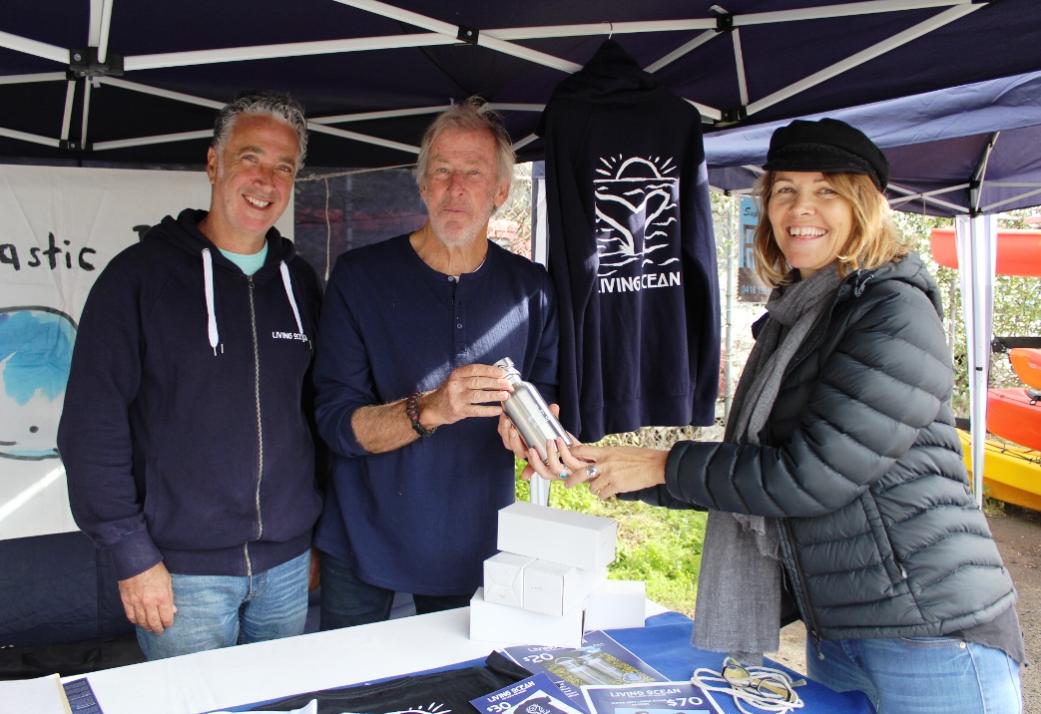
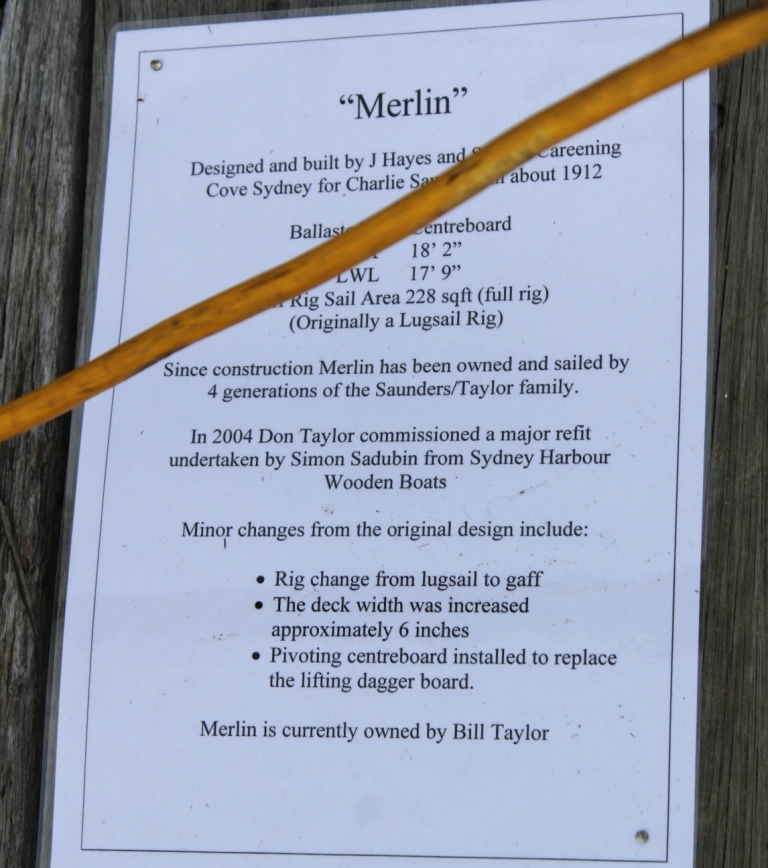
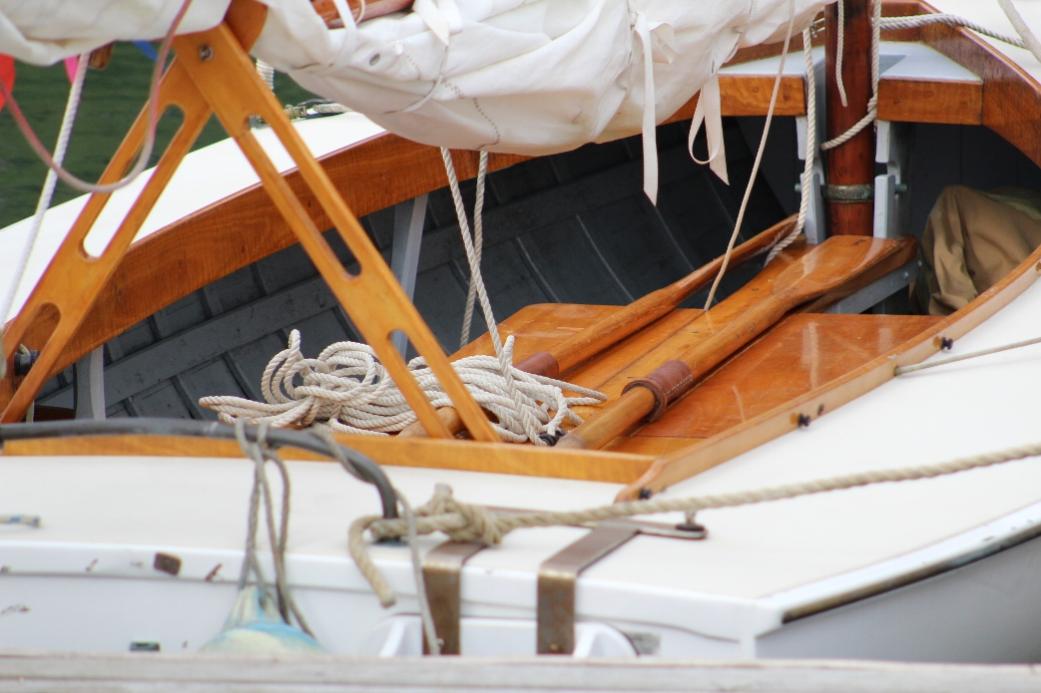
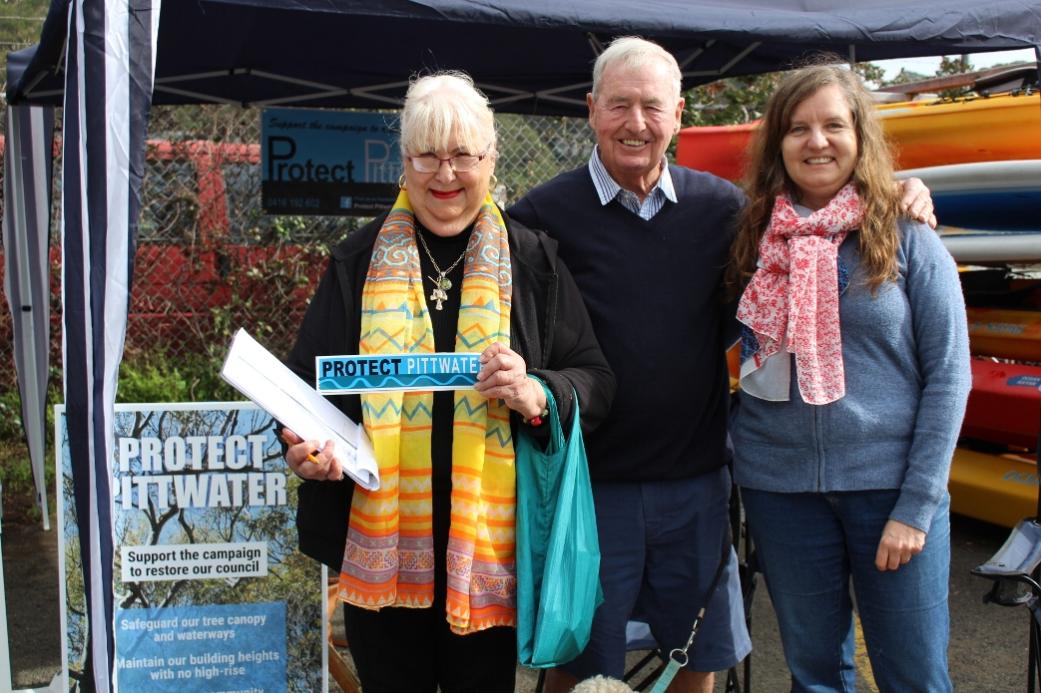
The Local Government Amendment (Amalgamation Referendums) Bill 2017 Passes Upper House
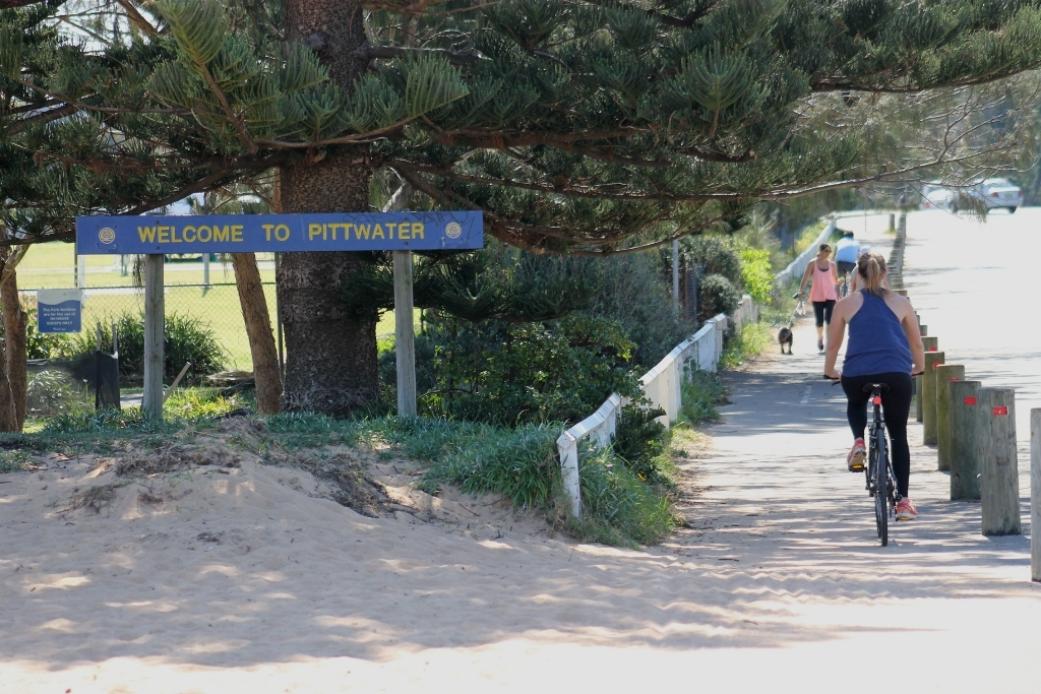
Bill To Fix Forced Amalgamations Passes Upper House
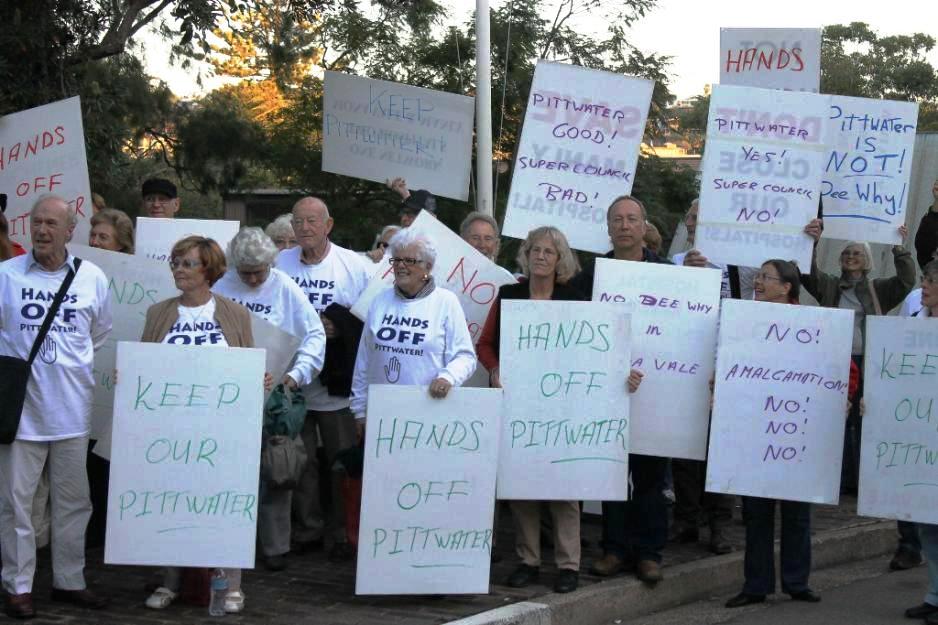
Community Expresses Dissatisfaction With B-Line Newport Proposal - Reduction Of L90
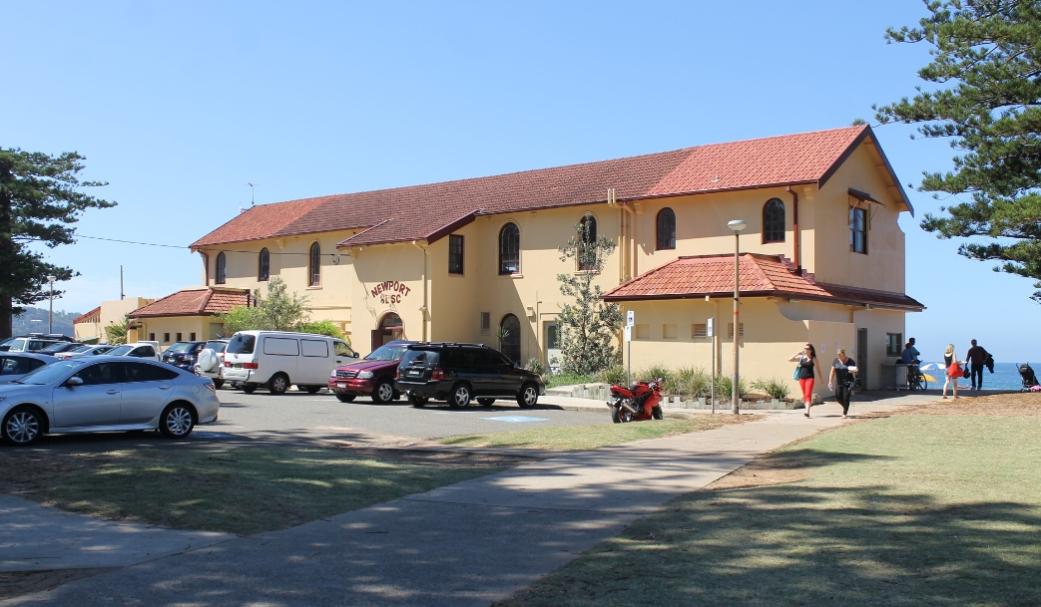
- Take over the Bramley Lane car park with buses entering at the northern end (opposite Coles Pde.) and leaving via Bramley Lane (very narrow) back onto Barrenjoey Rd
- Utilise the northern end of the Surf Club car park an area just less than that currently occupied by the winter Netball teams. The proposal would be to take a right hand turn across Barrenjoey Road into the carpark (nearly opposite the Neptune St intersection) turn the bus around and then queue it up with an area for three busses on the side of Barrenjoey road facing south before the current bus stop.(Unless they construct a roundabout or install traffic lights it is possible that the Neptune Road access to Barrenjoey Road may be closed for safety reasons - meaning Bardo Road would be the only access point to Barrenjoey Road within the Newport shopping precinct).
- Utilise approx. ¼ of the northern end of the surf club car park turning the buses into the surf club car park at new entrance north of the current bus stop, allowing an area to queue three buses on the left hand side of the current car park and then turn left onto Barrenjoey Rd at the northern end opposite Neptune St
- Turn right at ‘The Boulevard’ off Barrenjoey Road, turn left into Ross St, left again into Bramley Lane and then left onto Barrenjoey – (they would have to probably park the three queuing buses in The Boulevard).
- Turn left from Barrenjoey Road into Burke St the Newport Rugby Park (Porter Reserve) and utilise that area for both commuter parking and turning the buses around etc. (The B-Line people said the response from council was they would need to be out of there by March before the Rugby season).
- that the reduction in available car parking after initiating a bus turning circle, layover parking for three buses, associated built facilities that we understand are necessary for the proposal will substantially reduce the capacity and effectiveness of the car park for the community, particularly in summer.
- that proposing such significant bus infrastructure on the absolute beach front land seems completely inappropriate for the local beachside environment and people that use the car park for the coastal walk, visiting the beach, netball training etc.
- that the traffic movement required to turn the volume of buses suggested into the beach car park across Barrenjoey Road will be problematic.
- The current service proposals have a significant reduction in through services to the city from the villages to the north of Newport, meaning that most services will require changing buses along the route – a backward step not an improvement.
- The community consultation re these services was very poor despite the B-Line project team denials.
- The decision to move much of the bus terminus to Newport was not done at a project level (unsatisfactory finger pointing going on) nor has it factored in the significant aspect of attempting to turn around 100 buses a day in Newport and the effect that would have on the Village.
Funding Secured To Commence Mona Vale Road Upgrade
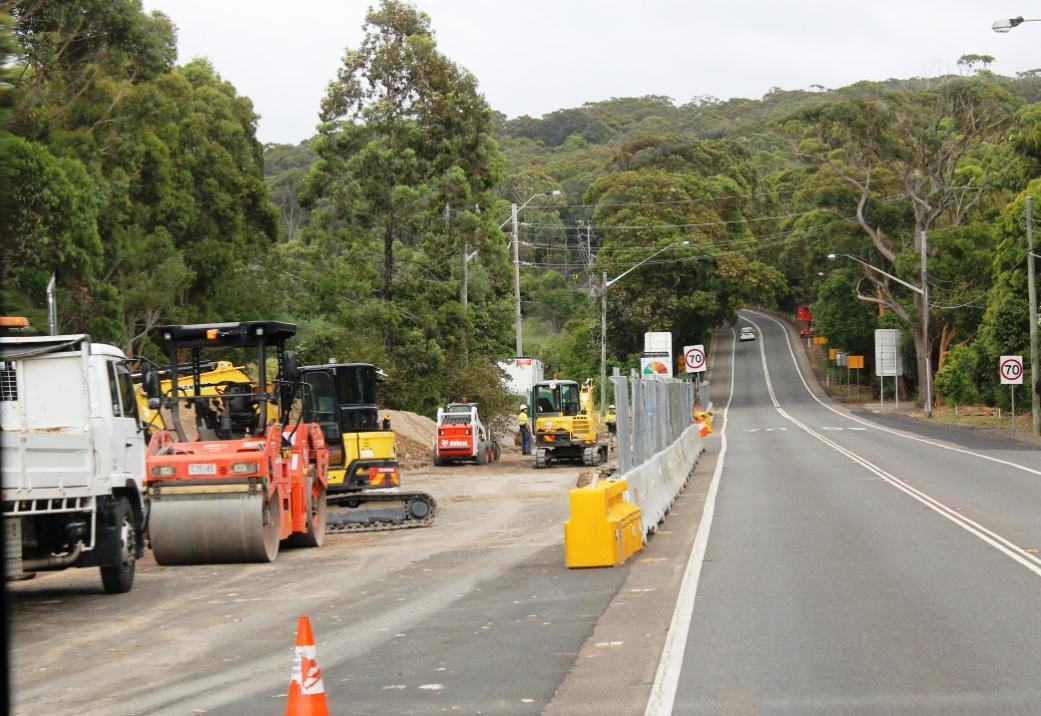
Funding Secured To Commence Mona Vale Road Upgrade
20 June 2017Member for Pittwater Rob Stokes today announced funding has been allocated in the NSW Government’s 2017/18 budget to commence construction of the Mona Vale Road Upgrade.
Tenders for the $150 million eastern section of the project between Mona Vale and Ingleside will now be advertised following a $17.5 million allocation to kick start construction. This announcement follows the completion of necessary planning and preliminary works over recent years.
Additional funding has also been allocated to complete preliminary works for the western section of the project between Ingleside and Terrey Hills.
“Confirmation of construction funding for this $150 million project is fantastic news for our community,” Rob Stokes said today.
“This announcement follows an enormous amount of preliminary work since 2011 – including property acquisitions, geotechnical surveys and detailed road design.
“With the extensive planning works completed - we’re now able to proceed to the construction phase.
“I’m delighted to be part of a government that’s delivering this major infrastructure improvement for our community,” Rob Stokes said.
An additional $2 million has also been allocated in the 2017/18 budget to introduce traffic flow improvements at the intersection of Mona Vale Road and Forest Way at Terrey Hills. This separate ‘Pinch Point’ project includes the construction of a third westbound lane on Mona Vale Road to help reduce congestion.
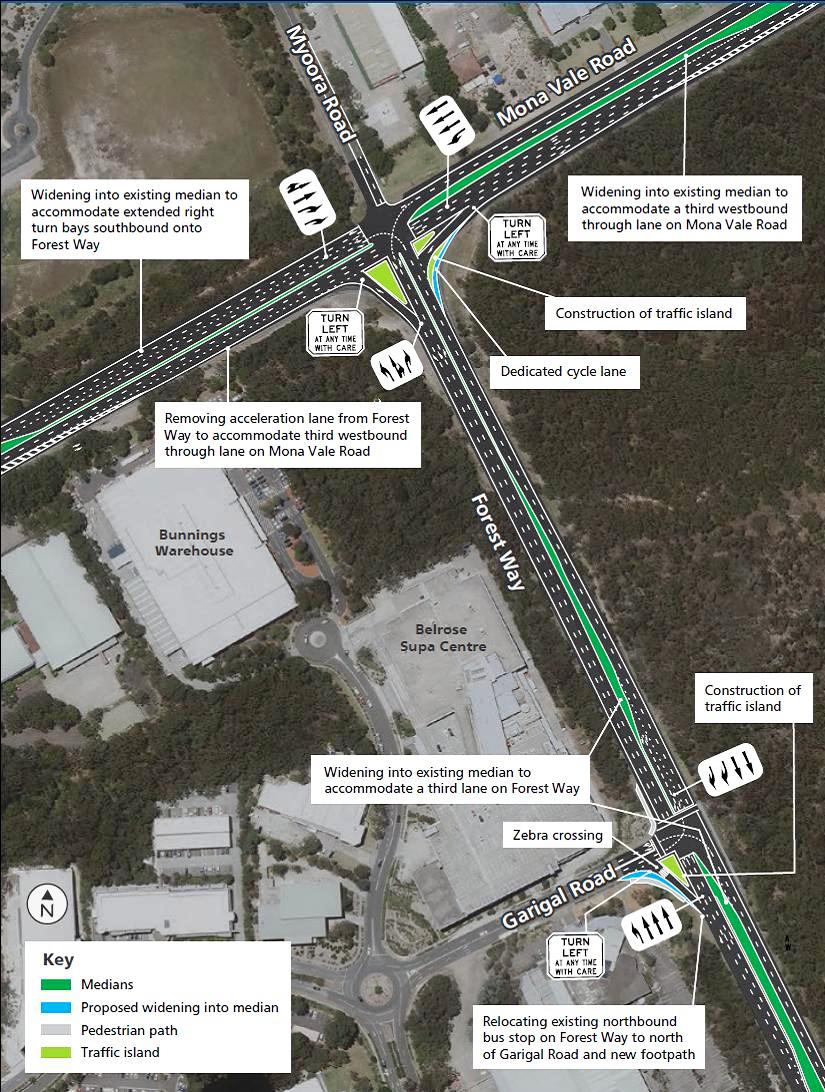
- Less congestion and improved safety on Mona Vale Road, with the extended dual right turn lanes providing room for about 16 additional cars, and reducing the incidence of rear-end and lane change crashes
- Increased safety for bicycle riders, with a dedicated cyclist left turn lane from Mona Vale Road onto Forest Way
- Improved access to the left turn lane from Forest Way onto Mona Vale Road, allowing left turning vehicles to bypass queued traffic on Forest Way
- Reduction in queue lengths for motorists travelling westbound on Mona Vale Road
- Less congestion and improved safety on Forest Way, with the additional northbound lane reducing queue lengths in peak periods, and reducing the incidence of rear-end and lane change crashes
- Improved access to Garigal Road and to the Auslink Business Park with the new left slip lane from Forest Way
- Improved overall intersection efficiency.
- Widening into the existing median on the western side of Mona Vale Road to accommodate an extended right turn bay onto Forest Way
- Widening into the existing median on the eastern side of Mona Vale Road to accommodate an additional westbound through lane on Mona Vale Road
- Modifying the existing westbound slip lane on Mona Vale Road from Forest Way to accommodate three through lanes on Mona Vale Road
- Installing a ‘turn left at any time with care’ sign at the westbound slip lane from Mona Vale Road onto Forest Way and at the northbound slip lane from Forest Way onto Mona Vale Road
- Widening into the existing median on Forest way between Mona Vale Road and Garigal Road to accommodate a dedicated left turn lane northbound onto Mona Vale Road
- Modifying the left slip lane from Mona Vale Road westbound onto Forest Way, to accommodate the construction of a traffic island and dedicated cycle lane.
- Construction of a traffic island on the south-western side of the intersection to accommodate a northbound left slip lane from Forest Way into Garigal Road
- Installing a zebra crossing from the newly constructed traffic island to the southern side of Garigal Road
- Widening into the existing median on Forest Way to accommodate an additional northbound lane, through the Garigal Road intersection
- Installing a ‘turn left at any time with care’ sign on Forest Way at the new slip lane onto Garigal Road
- Relocating the existing northbound bus stop on Forest Way to the northern side of the Garigal Road intersection
- Providing a new footpath to the relocated bus stop.
- Additional lanes for climbing and descending to improve travel time in both directions
- Widened shoulders and median separation to improve safety
- 80km/h speed limit between Mona Vale and Belrose once the road upgrades for both Mona Vale Road East and Mona Vale Road West are completed
- Facilities for cyclists and pedestrians
- Bus priority measures.
- Widening Mona Vale Road between Manor Road, Ingleside and Foley Street, Mona Vale from two lanes to four lanes with a central concrete safety barrier. The concrete safety barrier would be located east of Manor Road to west of Daydream Street
- Providing three metre wide shoulders along the length of Mona Vale Road between Manor Road and Foley Street to allow a safer area for breakdowns and on-road cyclists
- Replacing the existing roundabout on Mona Vale Road at the intersection of Ponderosa Parade and Samuel Street with new traffic lights and signalised pedestrian crossings on all legs
- Providing new bus priority lanes on Mona Vale Road on the approaches to and departures from the intersection of Ponderosa Parade and Samuel Street
- Relocating the eastbound bus stop on Mona Vale Road near the Ponderosa Parade and Samuel Street intersection further east to the departure side of the intersection
- Providing a three metre wide shared path along the northern side of Mona Vale Road between the eastern end of the Lane Cove Road cul-de-sac and Samuel Street for pedestrians and cyclists
- Providing a three metre wide shared path along the southern side of Mona Vale Road between Foley Street and Ponderosa Parade for pedestrians and cyclists
- Changing the speed limit from 70km/h to 80 km/h once the road upgrade work is complete
- Implementing a 60km/h truck and bus speed limit for the downhill descent from Ingleside Road to the base of the escarpment
- Providing a truck arrester bed, about 150 metres long, for eastbound vehicles next to Walana Crescent
- Building six fill retaining walls up to six metres in height and five cuttings up to 16 metres in height along the length of Mona Vale Road due to the local terrain
- Providing fauna connectivity measures
- Upgrading the existing road and cross drainage systems including the construction, reconstruction and extension of the road drainage network
- Establishing temporary site compounds and stockpile locations during construction
- Landscaping over the length of the proposal
- Installing traffic monitoring cameras at all signalised intersections to assist with traffic management.
'Service To Humanity' Award For Southern Cross Wildlife Care's Dr. Howard Ralph
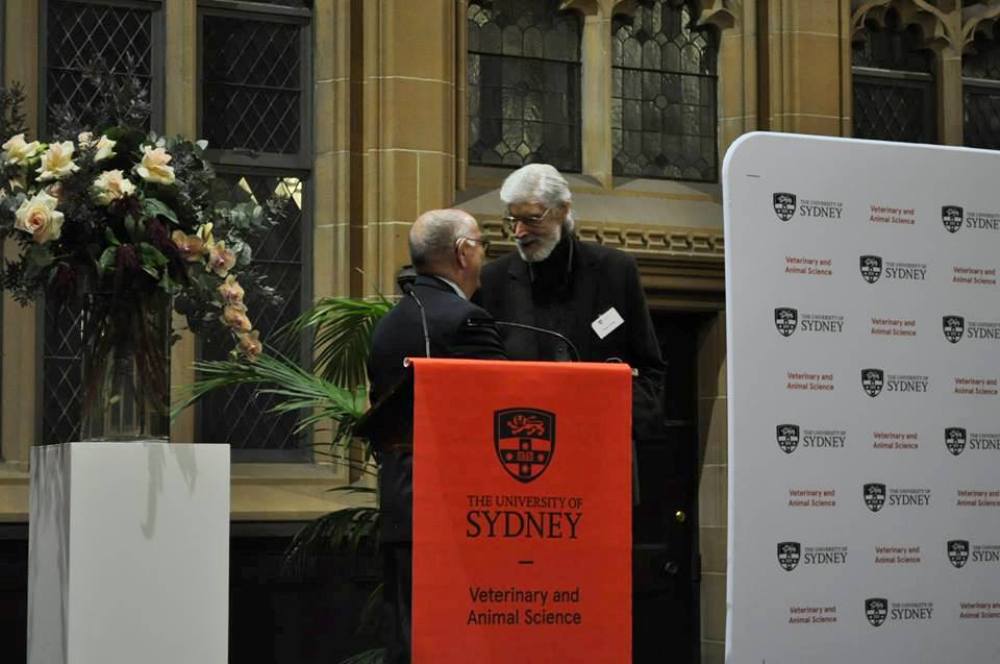
'Service To Humanity' Alumni Award For Southern Cross Wildlife Care's Dr. Howard Ralph
We are pleased to share with you the news that Southern Cross Wildlife Care's Dr Howard Ralph received the Sydney University School of Veterinary Science's 2017 'Service to Humanity' Alumni Award on May 23rd, 2017.“Service to Humanity” in the Sydney University’s Veterinary Science Alumni Achievement Awards, may include activities such as, volunteering, philanthropy and service to community.
We're sure everyone who knows Dr. Ralph would agree that it is very well deserved. This gentleman has devoted decades to saving our wildlife, or ‘critters’ as he calls them, in a voluntary capacity. He often works incredibly long hours to try and meet the increased demand more roads, speeding drivers or displaced animals through habitat destruction is wreaking on the other residents of Australia – our native animals. During and after bushfires the amount of work he and the team who support him do must not only take a huge toll on their own health but cause immense distress in trying to meet the financial burden of saving all he can.
His patient list is expanding and as SCWC receive no government funding or assistance, and with the costs for medical equipment, drugs, power, maintenance, oxygen, food, cages etc. rising, we’d like to remind those who would like to support this Mona Vale hero that a contribution to SCWC will give them a tax deduction.
Southern Cross Wildlife Care relies on donations to save our animals. No one in SCWC is paid a wage.
The SCWC Care Centre is in the Southern Tablelands but Howard also treats sick and injured wildlife in Sydney. Howard has to travel every fortnight to the Southern Tablelands to attend to the growing number of animals that are injured or too sick to travel.
Such a service requires great commitment and devotion which highlights just how rare an individual Howard is. He remains committed to assisting each and every creature that comes through the door.
As Dr. Ralph repeatedly dodges others lauding and applauding him; he prefers to devote his time to saving native animals, we’re sneaking this one out while (we think) he may be out of Pittwater for a few days.
A perusal of this overview of his work, clearly a shortened version of a lifelong commitment to serving our animals and others, hopefully will inspire those who cannot help through becoming volunteers to assist by becoming financial supporters.
Let’s give our native animals, and Dr. Ralph a break – let’s save the furred, finned, feathered and scaled by putting something towards ensuring our grandchildren get to see the animals we’ve grown up with – in their natural state. Visit: southerncrosswildlifecare.org.au
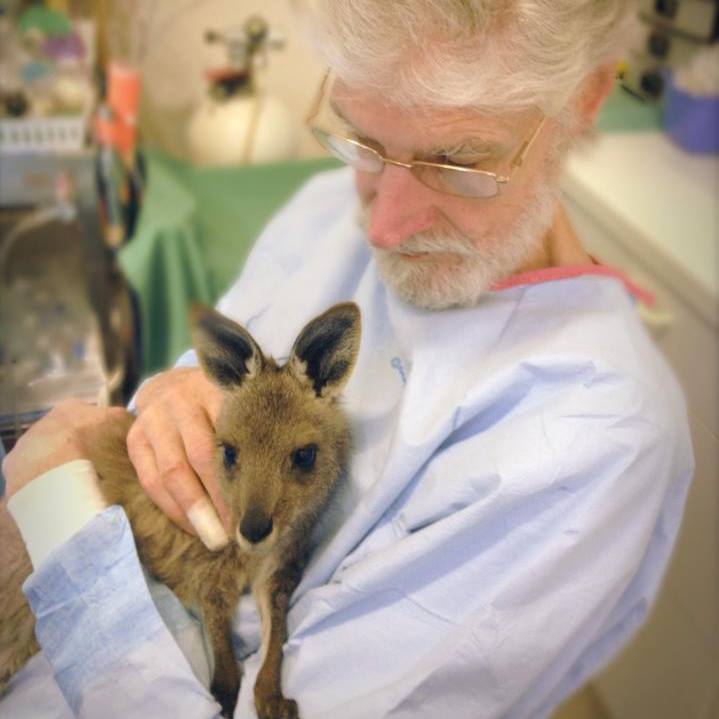
Ingleside Rider's Group
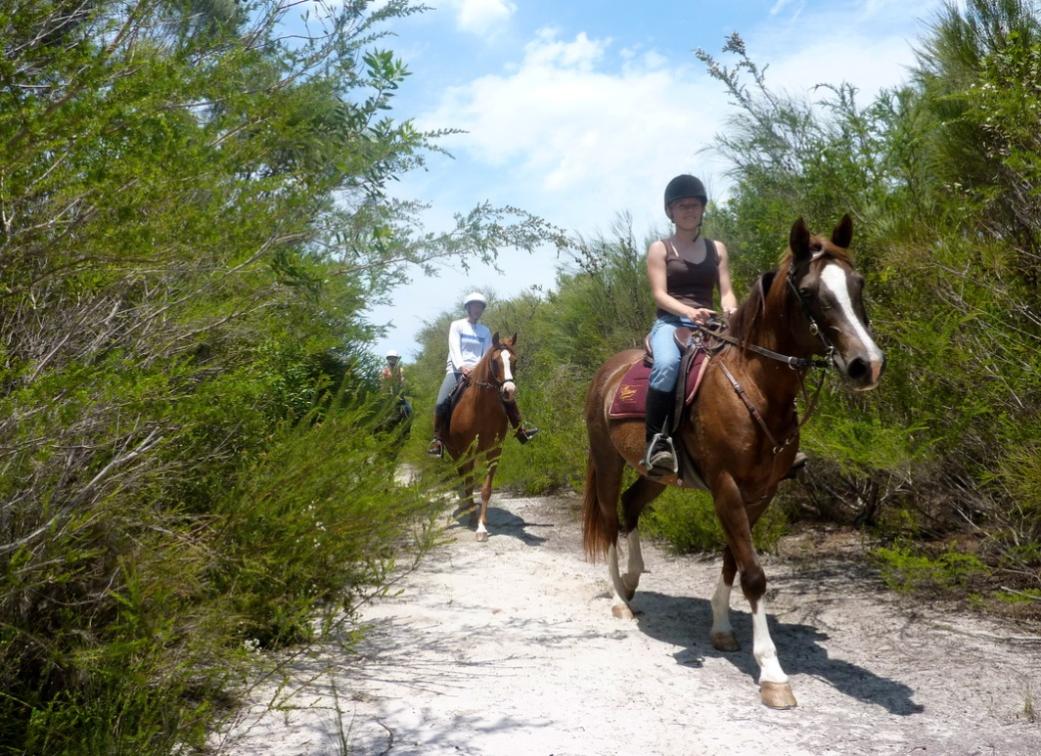
Ingleside Rider's Group
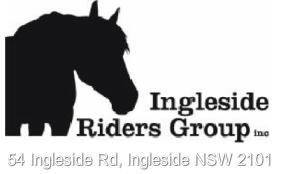 Mission Statement
Mission Statement - A wonderful 20 meter round yard which is a HUGE asset when training a horse…large enough to be safe and small enough to be manageable!
- An enclosed arena area which essentially is the size of two dressage arenas
- A small bush trail
- An open grassy area (again approximately 2 dressage arenas in size)in which to work your horse.
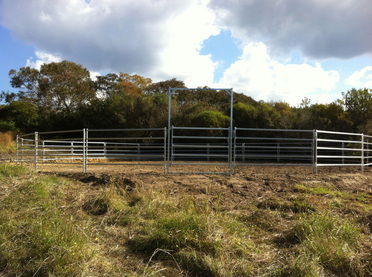
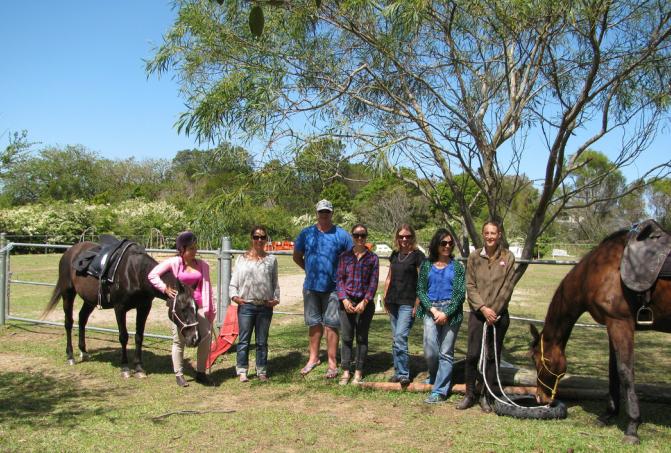
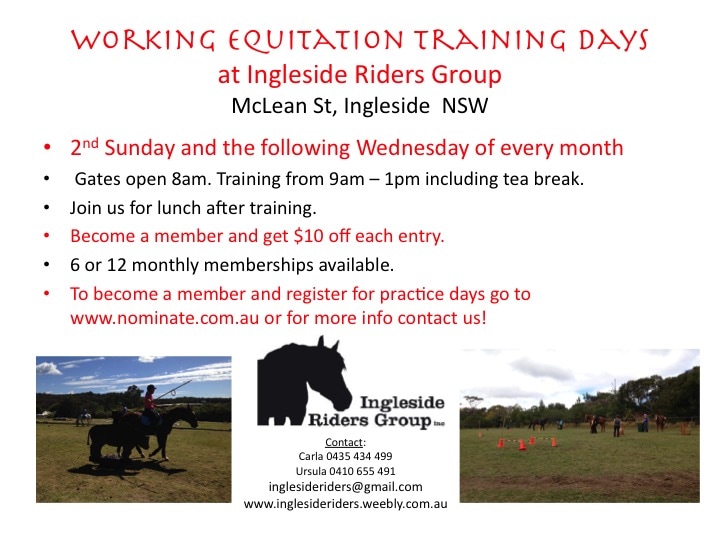
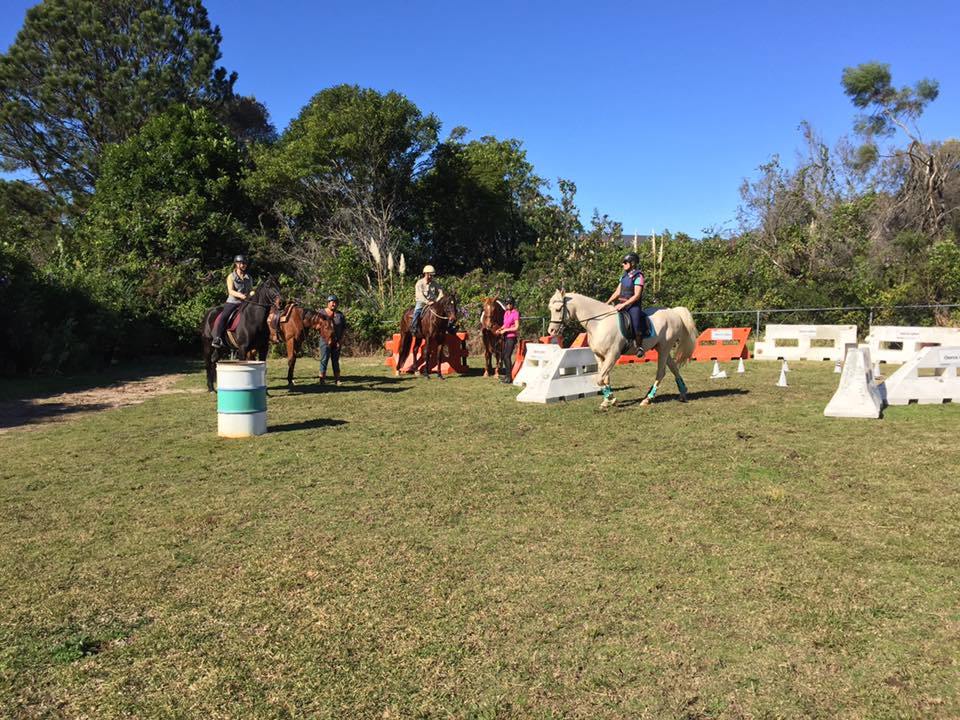
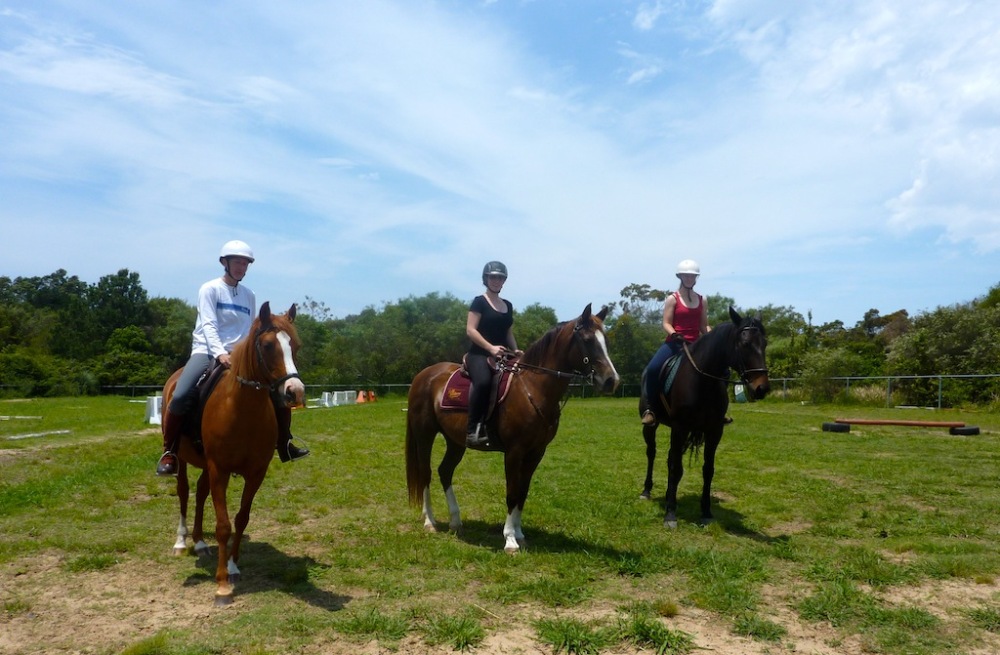
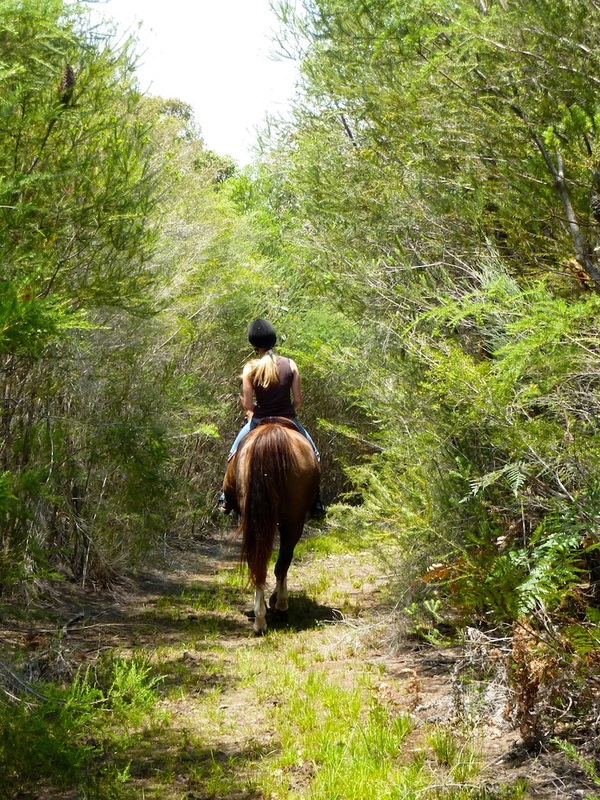
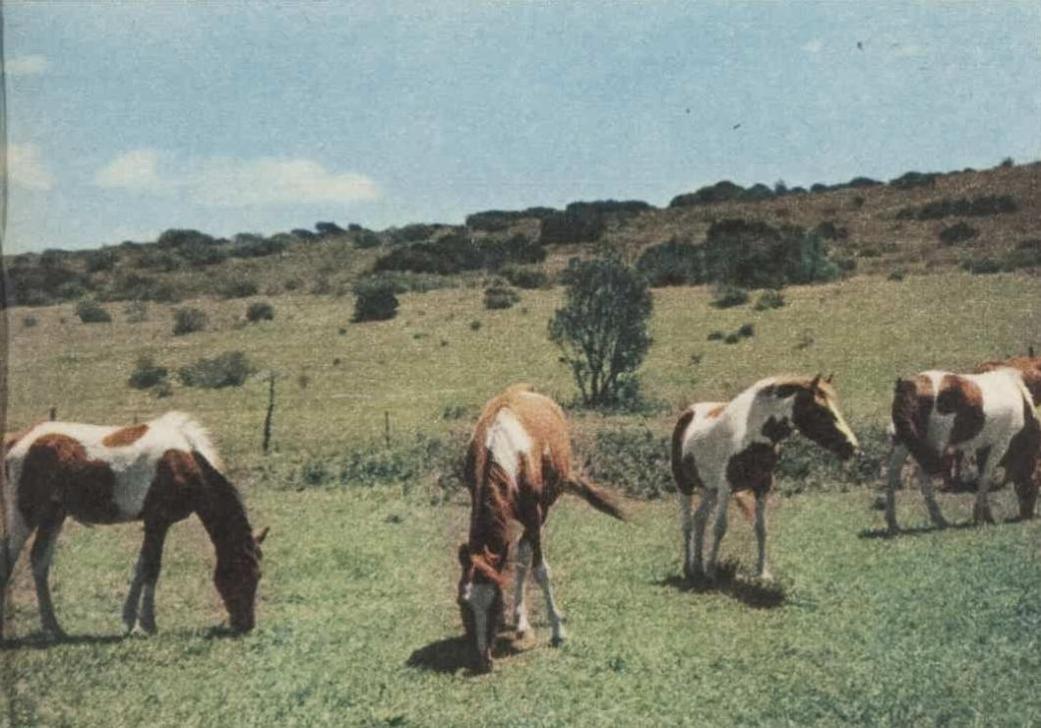
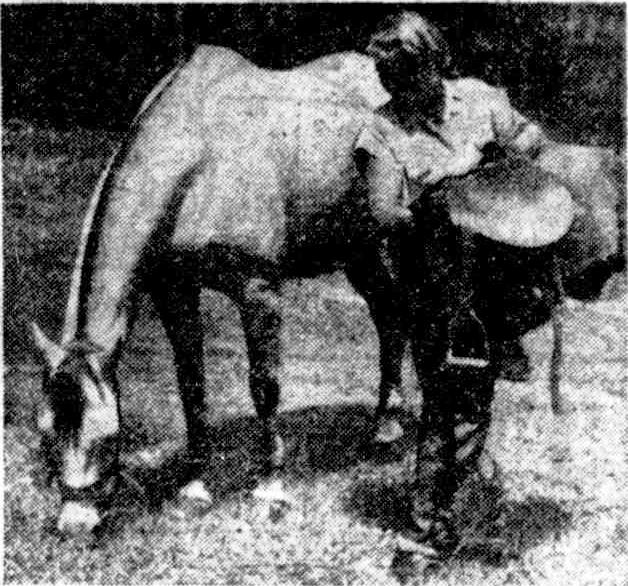
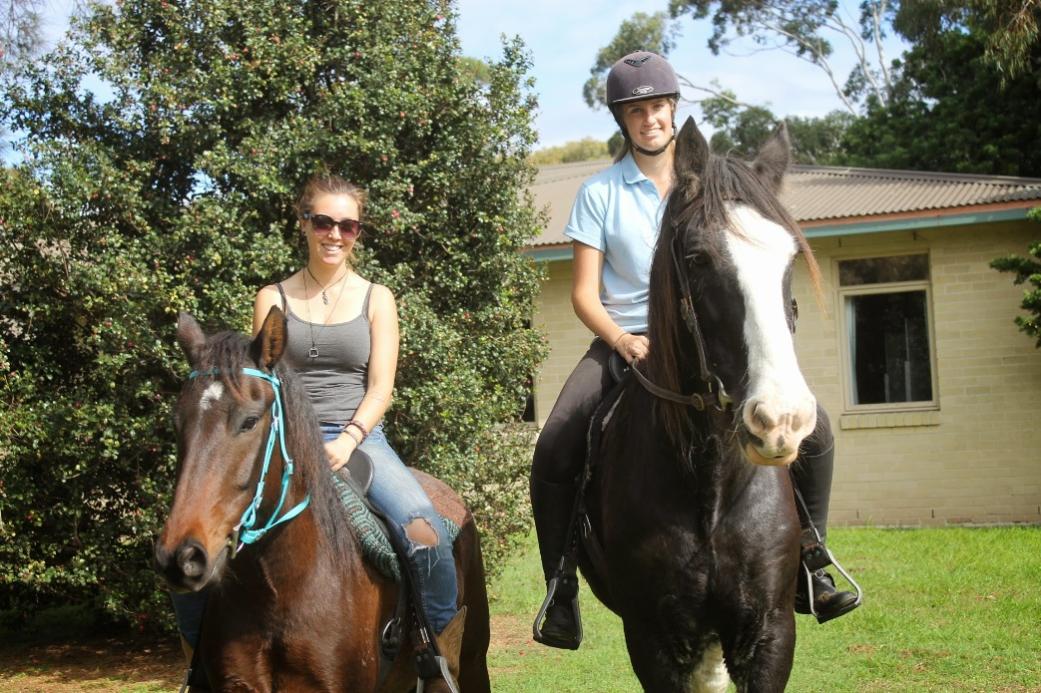
July
Winter School Holidays: A Chance To Revel In The Place We're Living In
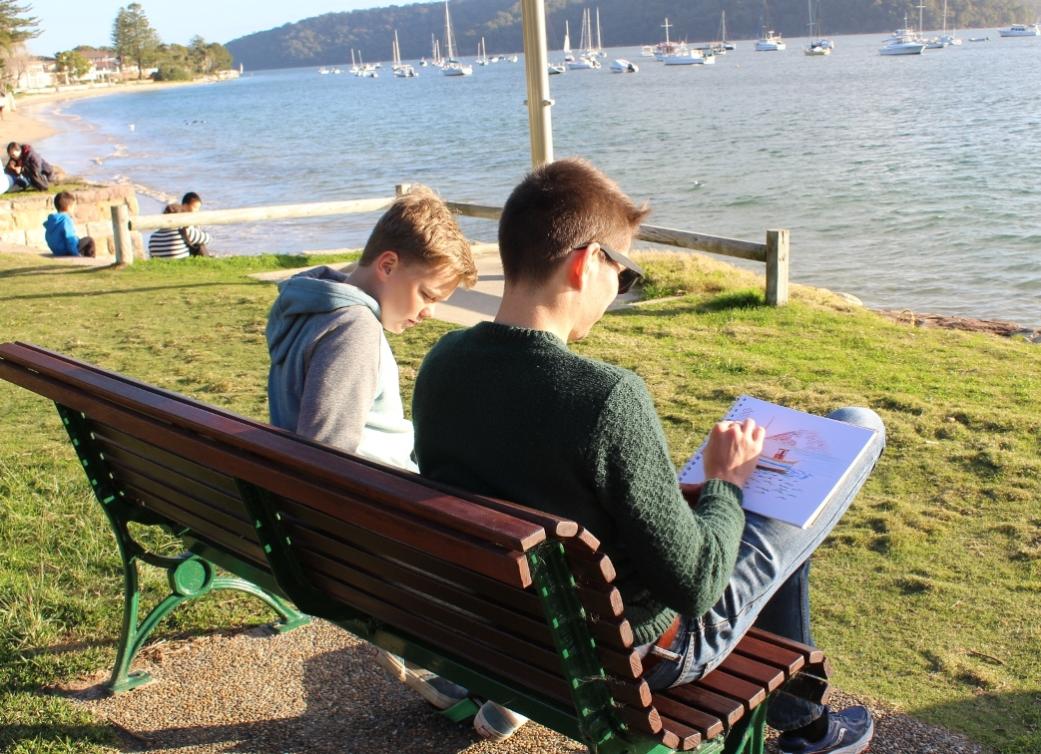
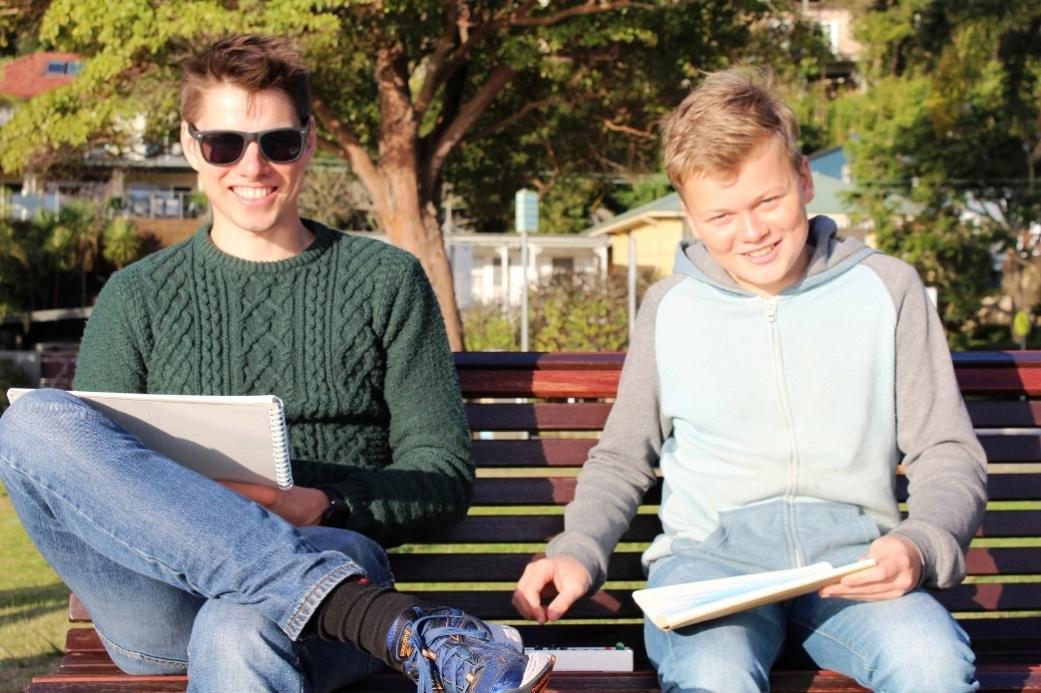
Careel Bay Tennis Club Spruce Up
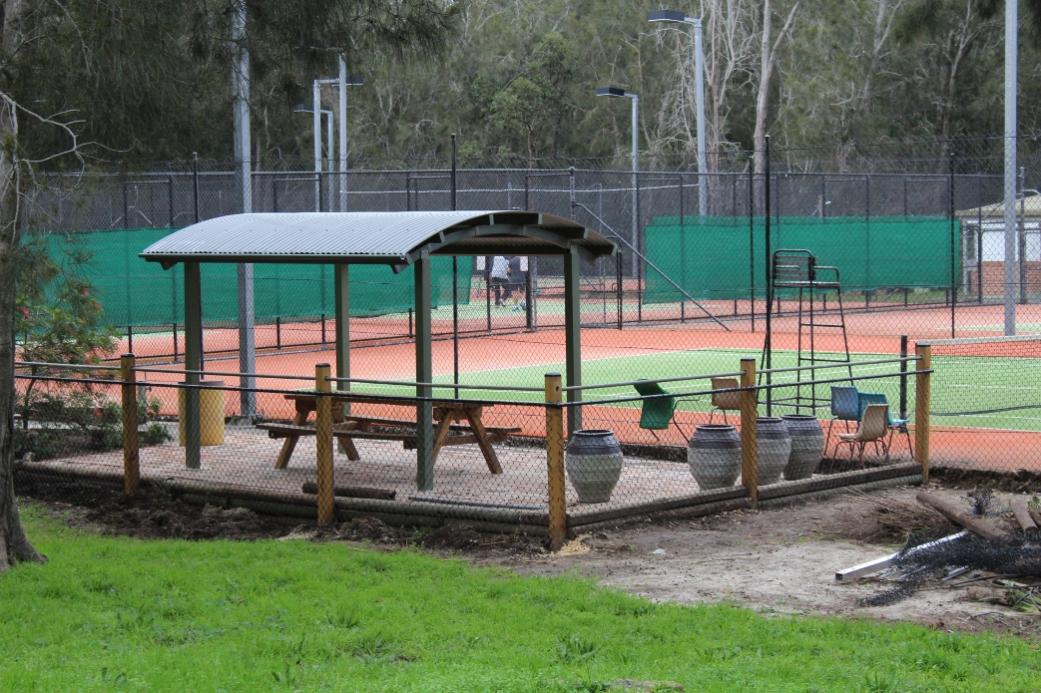
Winter Sunshine
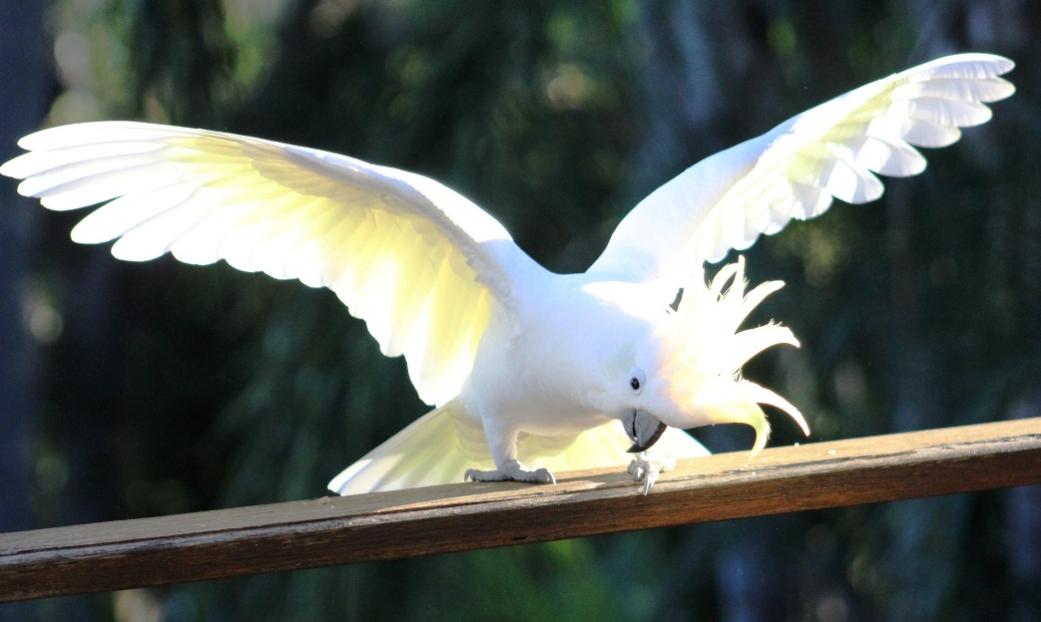
Winter In Pittwater 2017
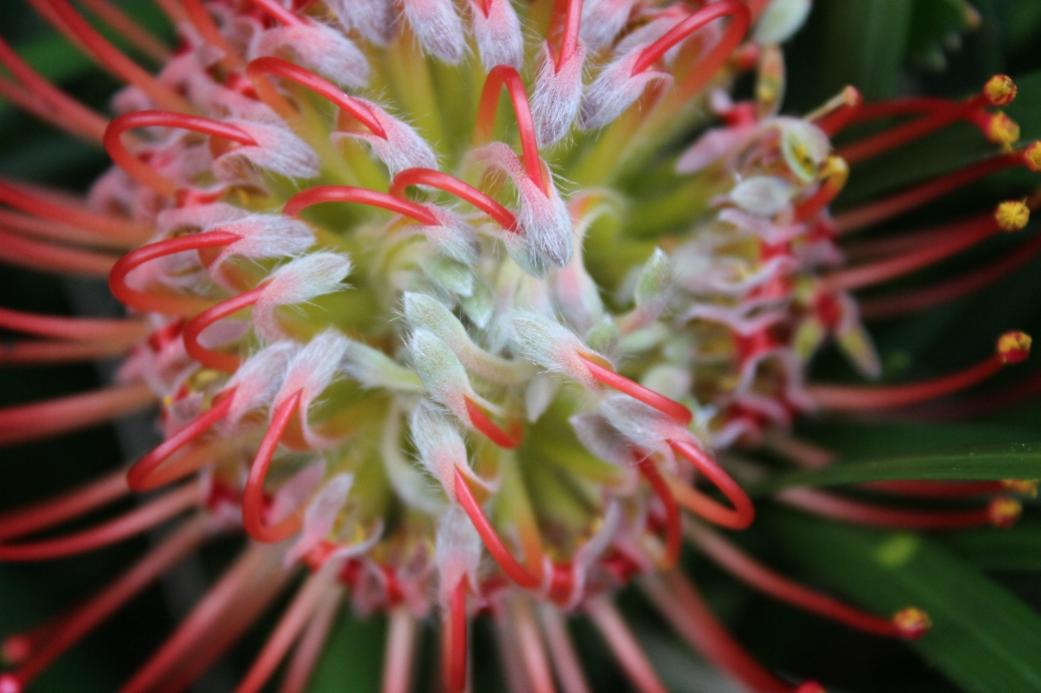
Surf Life Saving Sydney Northern Beaches Branch Awards Of Excellence
2016-2017 Season
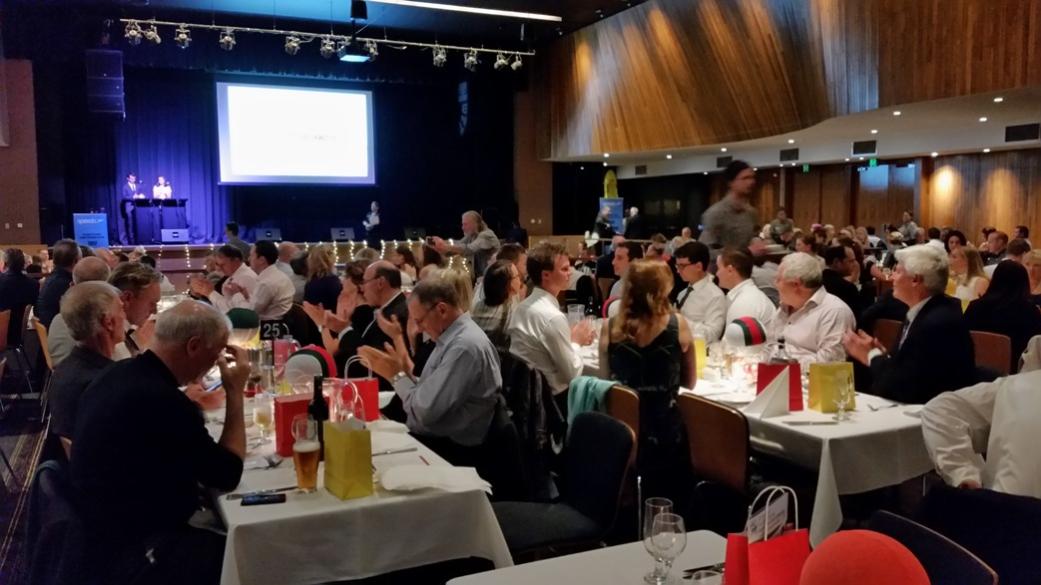
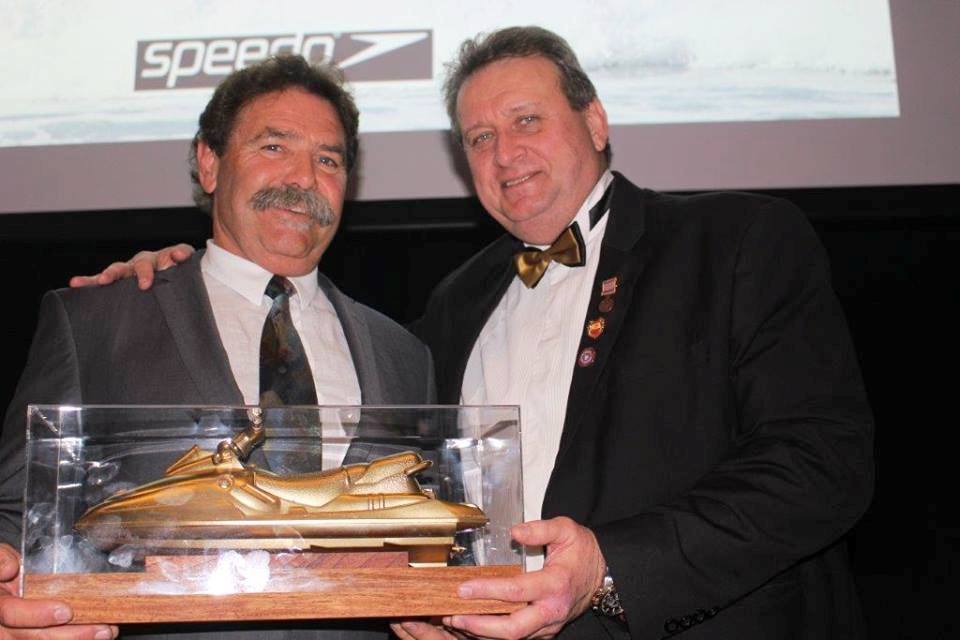
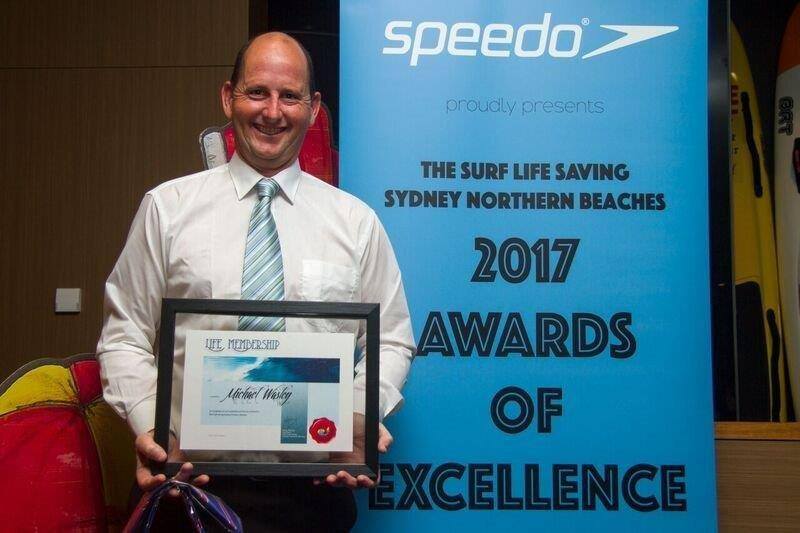
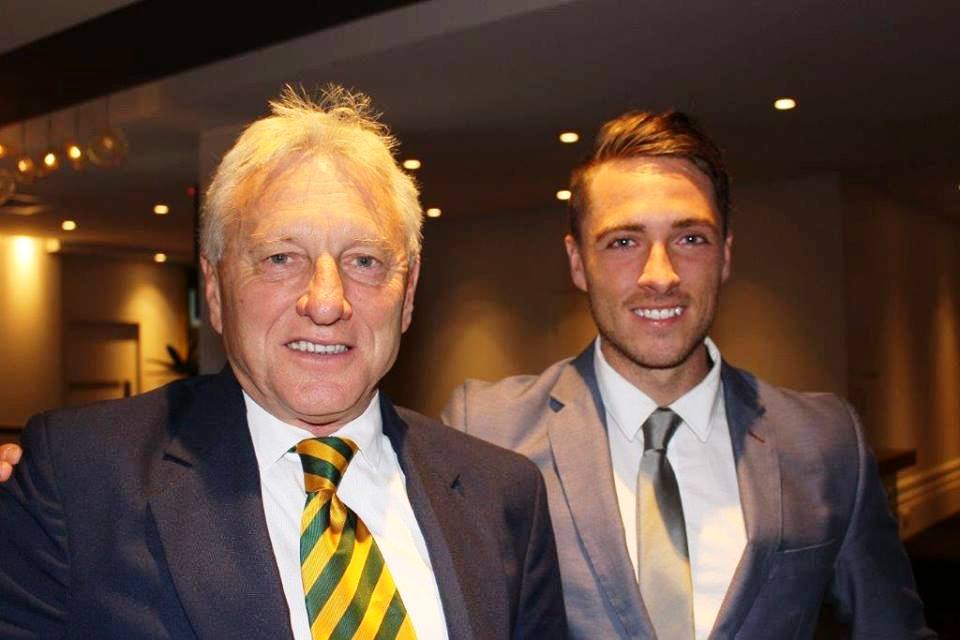
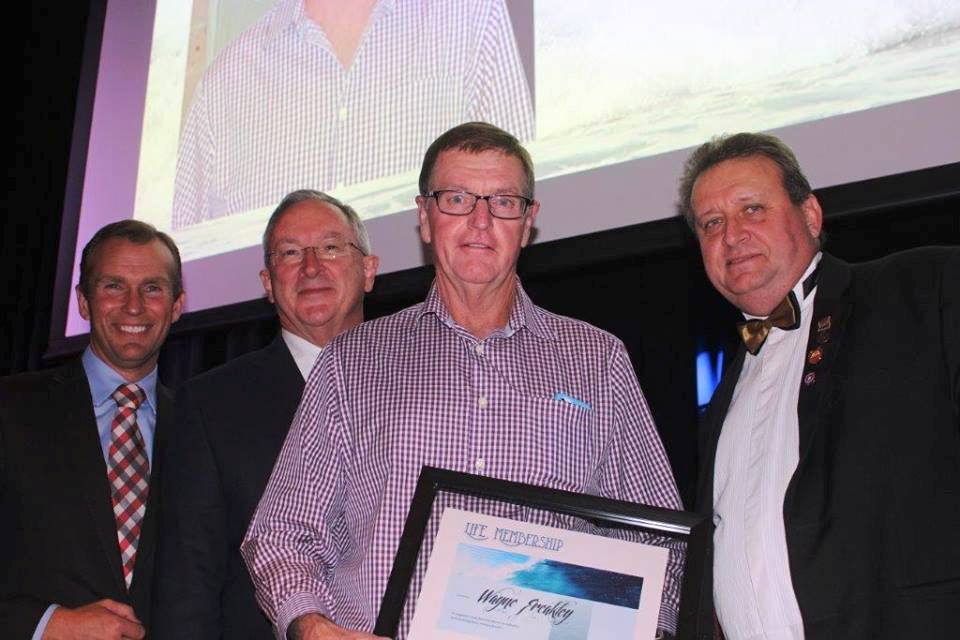
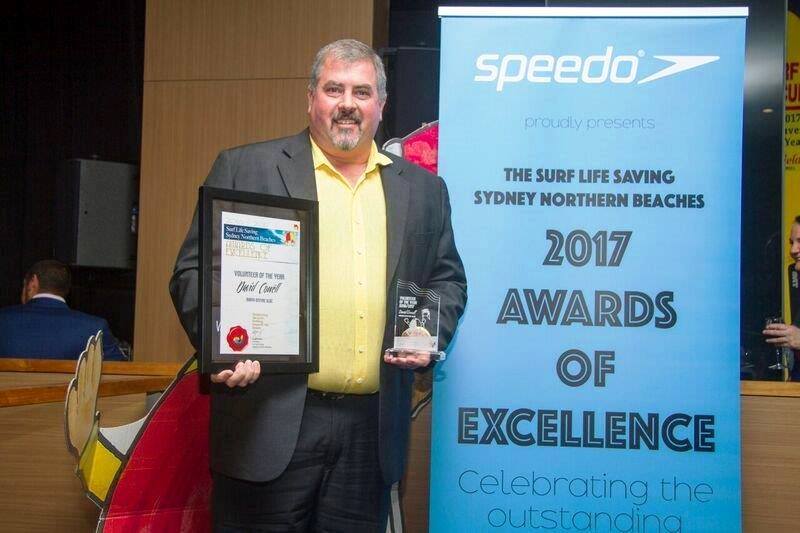
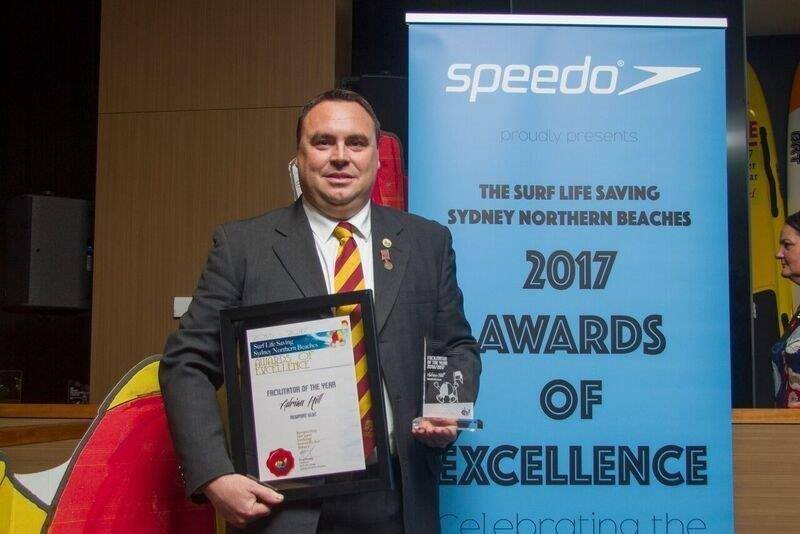
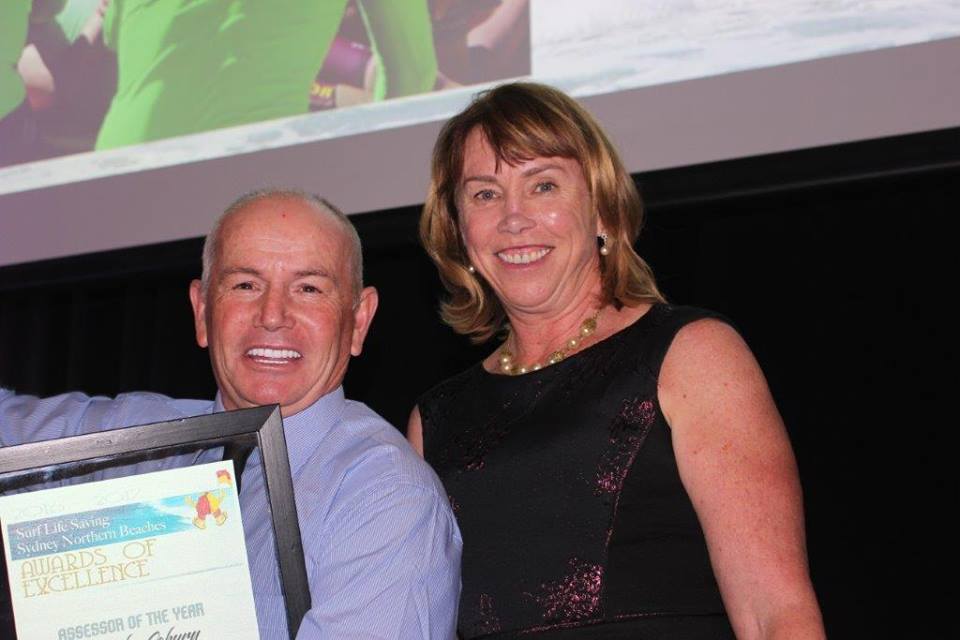
" For me it's a natural instinct. I’m always sticking my nose in if I think somebody needs help with something, whether it’s crossing the road or getting something off the high shelf in the supermarket or whatever it is, my natural instinct is to offer to help.
To me it’s nothing to give up a night a week for a couple of months so 50 kids can get their Bronze. To me it’s not a hardship, or being a do-gooder, it’s simply what I enjoy doing." the lady explained when we spoke to her for a Profile in 2015.
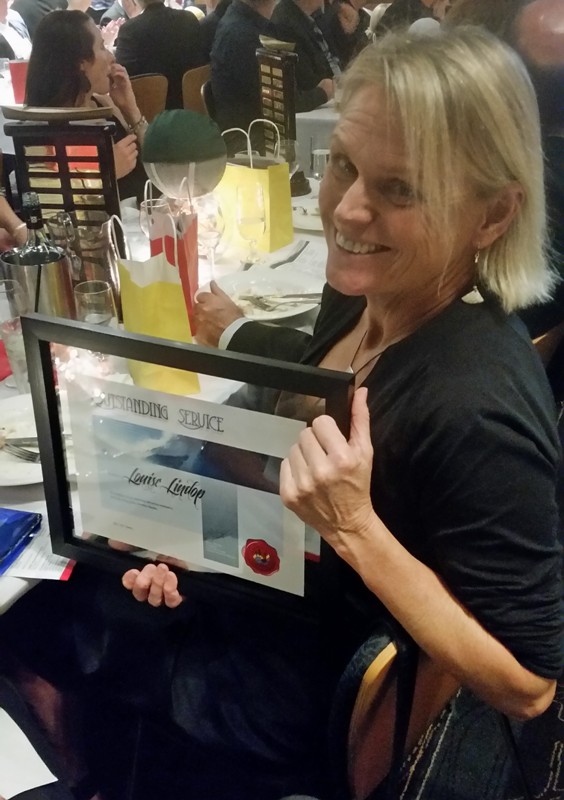
Louise with her award - photo by Roger Sayers
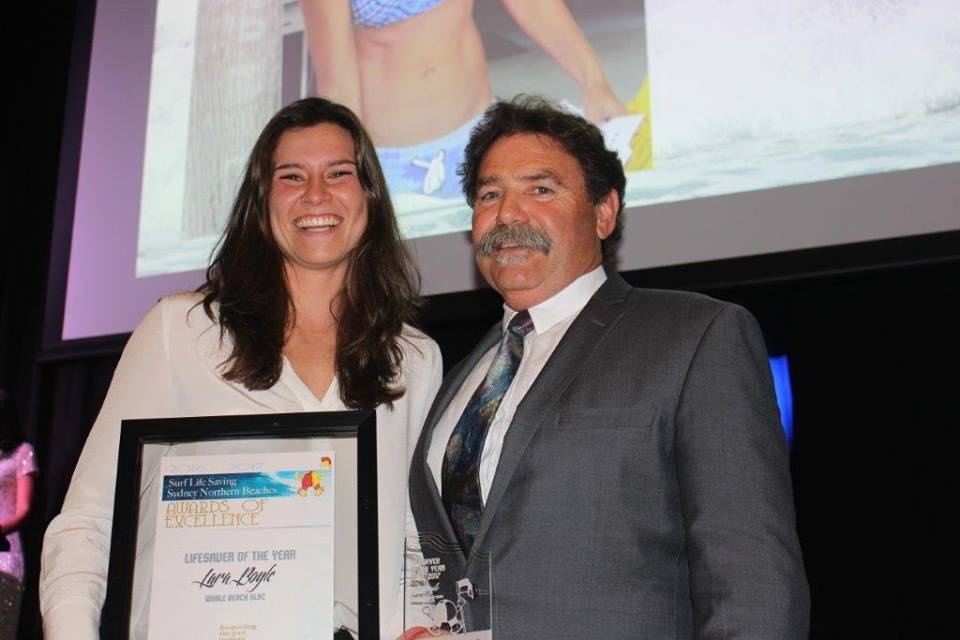
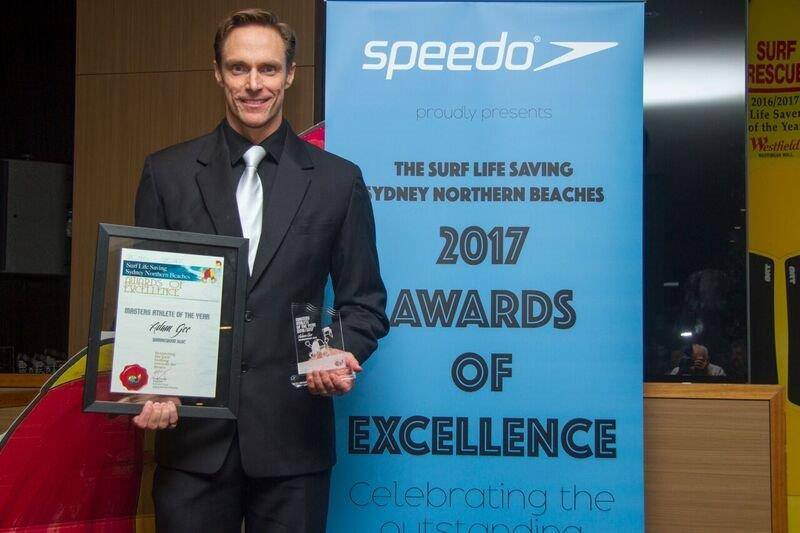
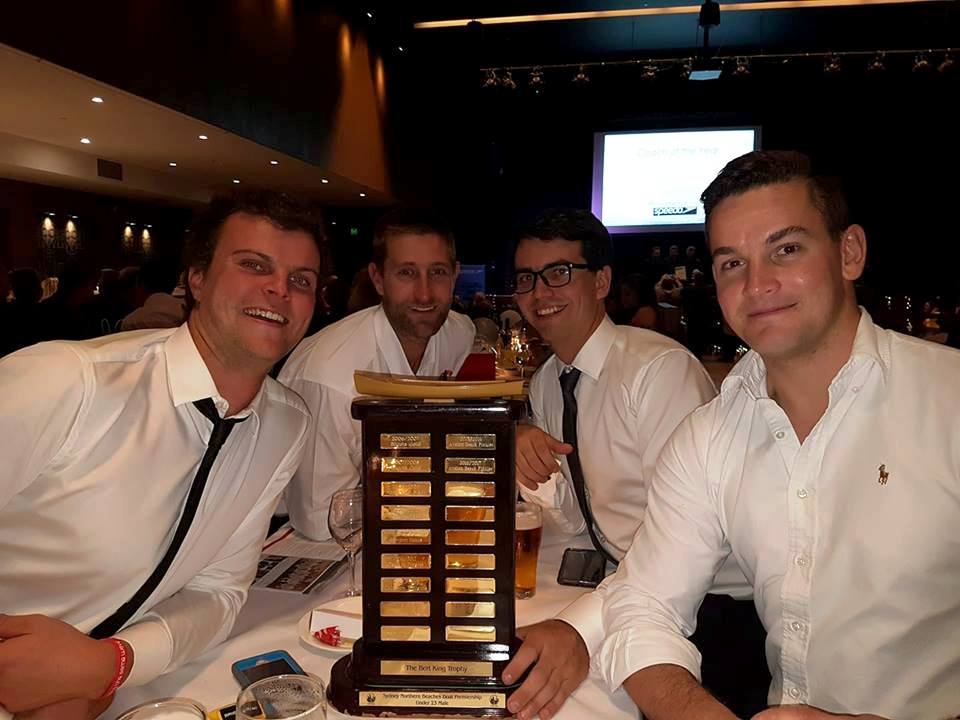
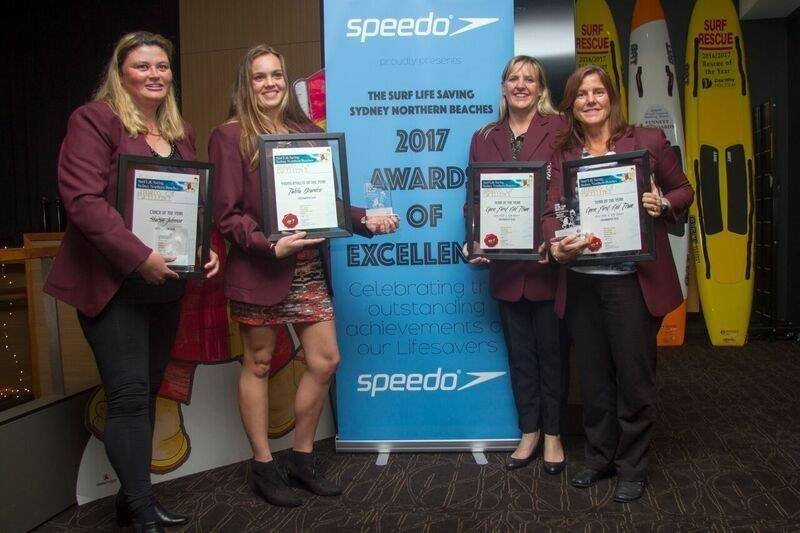
Bill Buckle Auto Group Assessor Gordy Coburn North Narrabeen
Bill Buckle Auto Group Facilitator Adrian Hill Newport
Northern Beaches Council Community Education Award Wet 'N Wild North Steyne
Rfi Initiative Special Needs branch Carnival Mona Vale
URM Volunteer David Cowell North Steyne
Thredbo Services Team Award After Hours Services Team Miscellaneous
NB Harley Davidson Administrator Tony Falzarano North Steyne
Westfield Warringah Mall Lifesaver Lara Boyle Whale Beach
Dematic Young Lifesaver Sam Hurrell Freshwater
Dematic Young Lifesaver - Highly Commended James Wacher Manly
Dee Why RSL Rescue of the Year Whale Beach Whale Beach
President's Award Geoff Raper North Palm Beach
Bennett Boards Overall Carnival Handicap Point Score Newport Newport
Branch Championship Point Score Manly Manly
Branch Championship Handicap Point Score Manly Manly
Speedo Young Athlete Tahlia Dearden Freshwater
Speedo Athlete Jake Lynch Newport
Speedo Masters Athlete Adam Gee Warriewood
Speedo Coach Sharon Johnson Freshwater
Speedo Official Matt Molinia Dee Why
Speedo Team Open First Aid Team Freshwater
Lipton Ice Tea Patrol Assessment 1 Newport 1398
Lipton Ice Tea Patrol Assessment 2 North Palm Beach 1391
Lipton Ice Tea Patrol Assessment 3 Freshwater 1390
Lipton Ice Tea Patrol Assessment 4 North Steyne 1388
Lipton Ice Tea Patrol Assessment 5 Queenscliff 1376
Lipton Ice Tea Patrol Assessment 6 Bilgola 1373
Lipton Ice Tea Patrol Assessment 7 Narrabeen Beach 1370
Streets Most Improved Club Mona Vale
The Winter Garden - Warringah Rugby Club
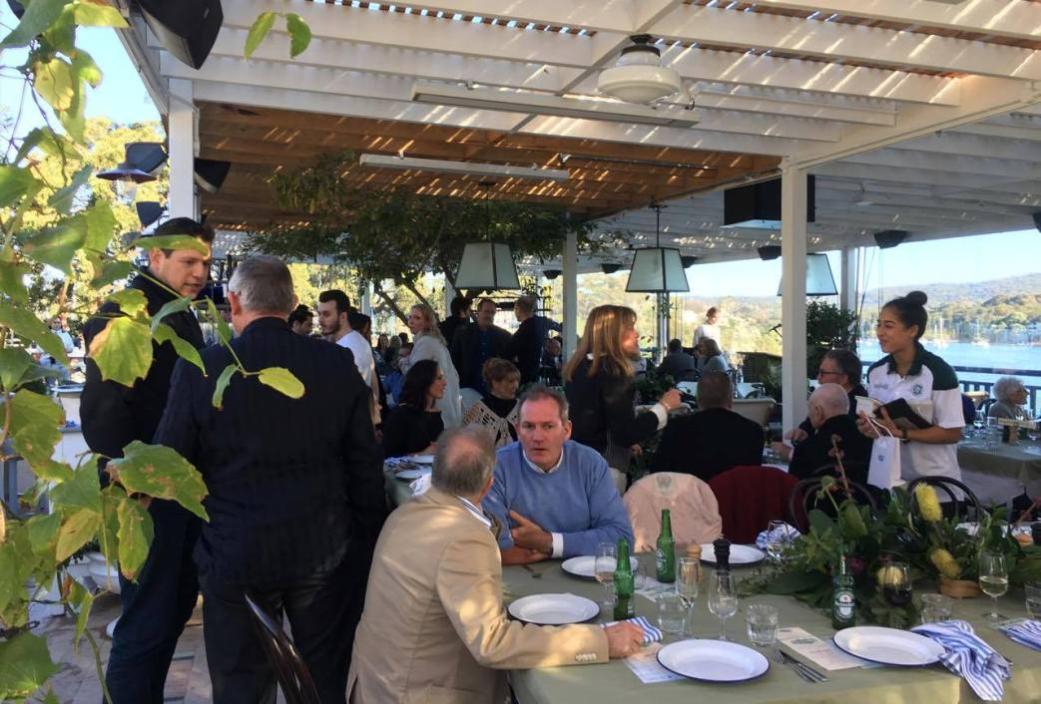
The Winter Garden - Warringah Rugby Club
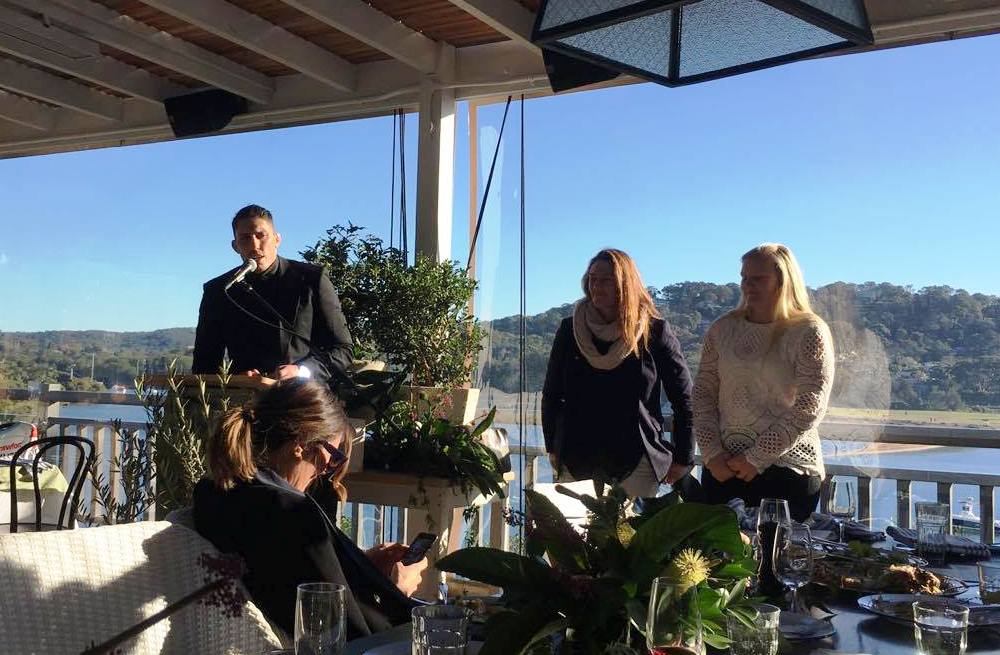
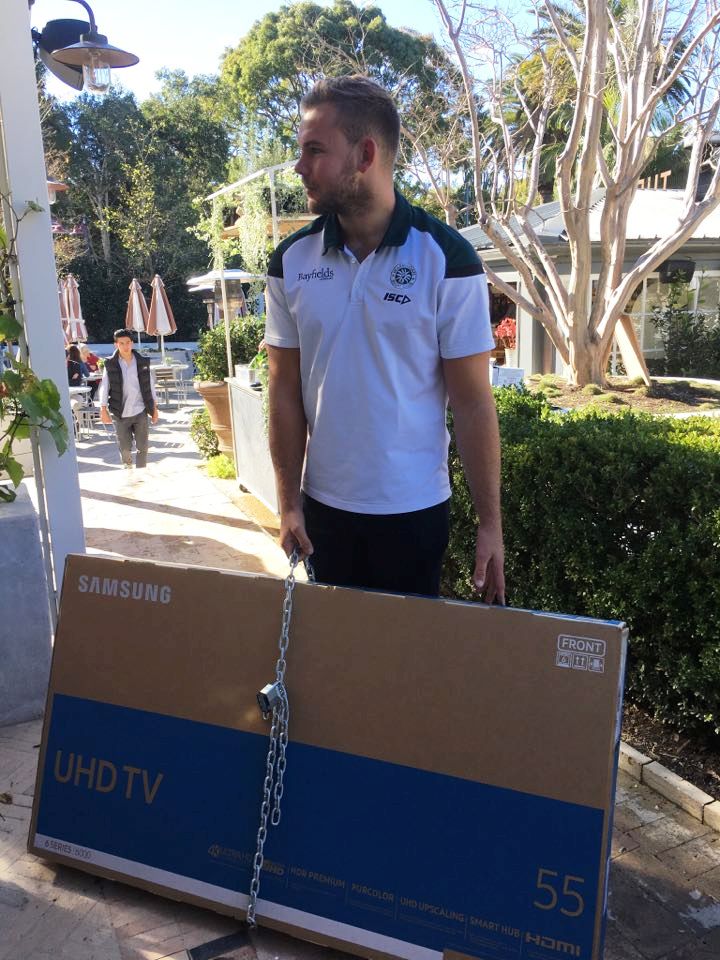
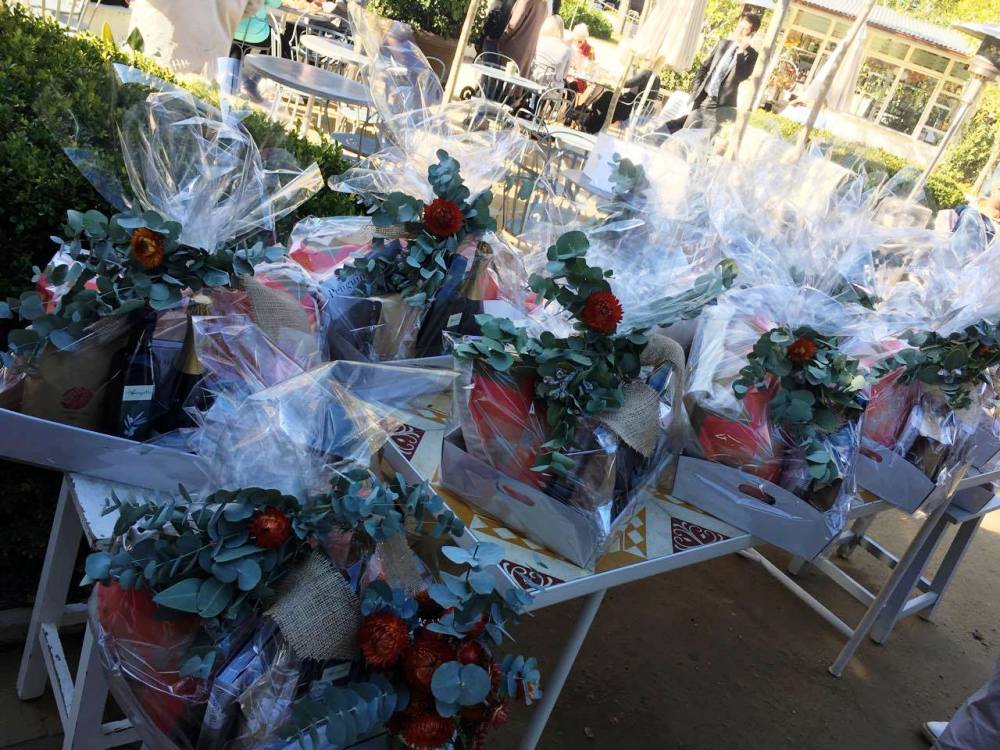
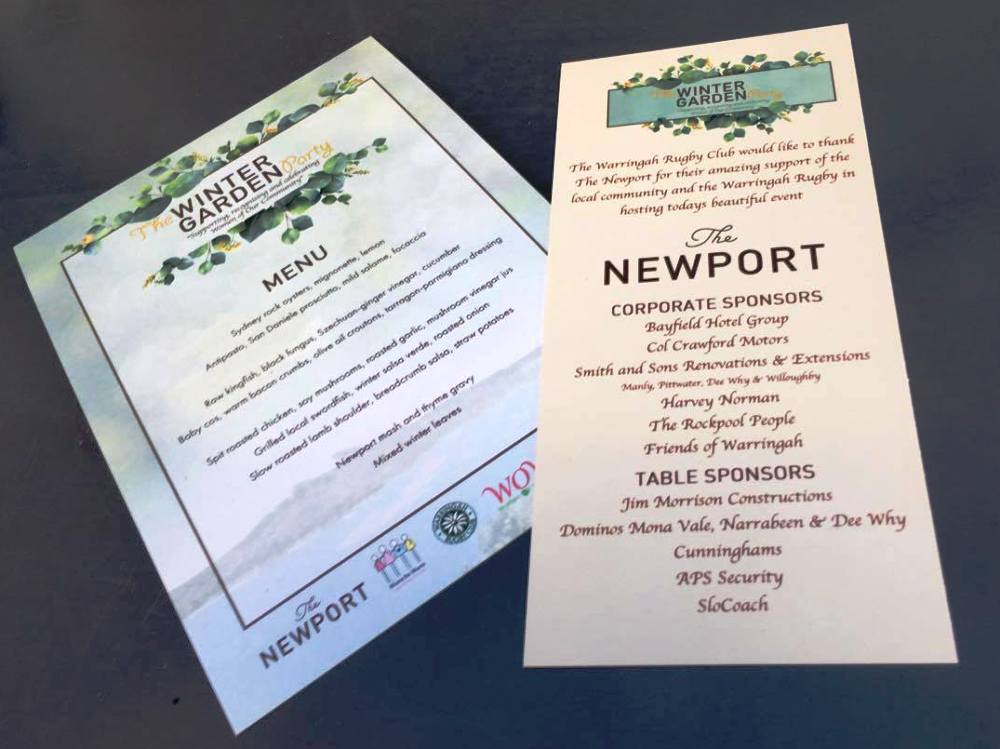
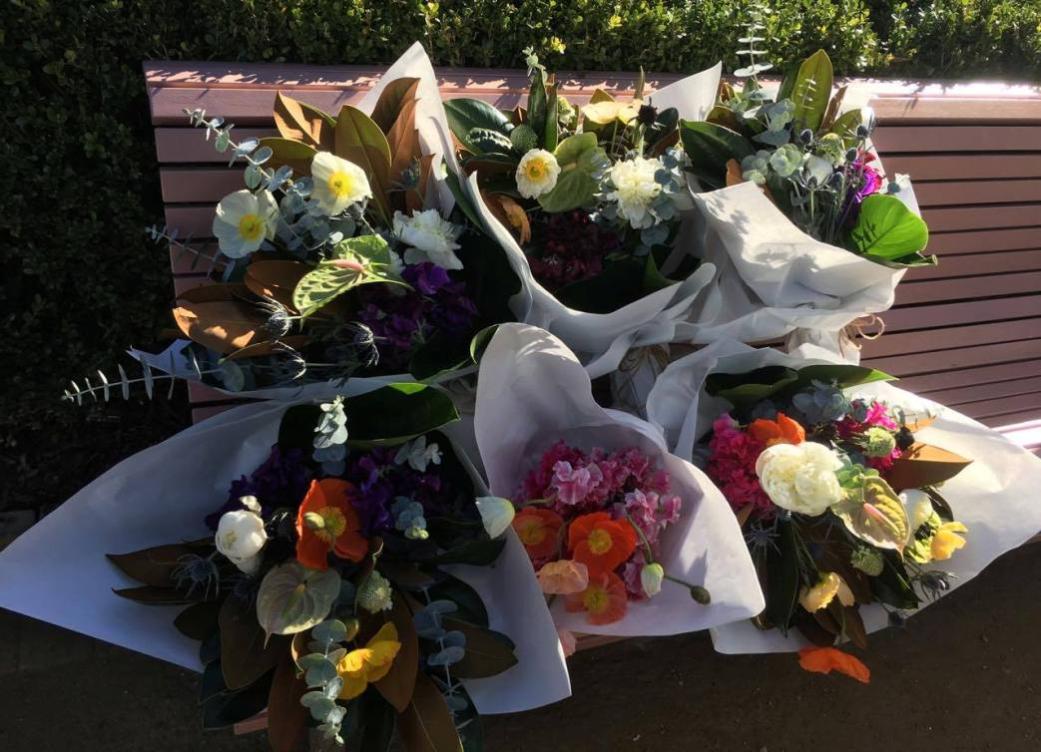
2017 WRC Charity Lunch
Warringah Ladies Day 2017
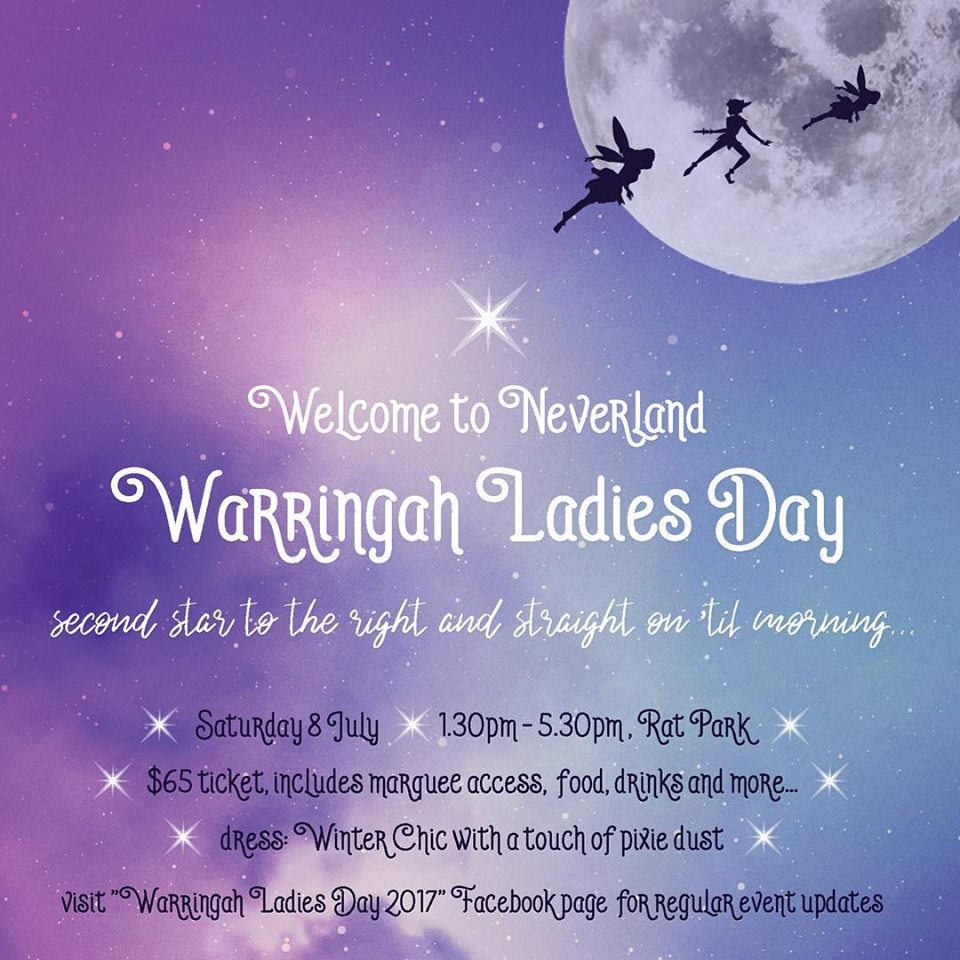
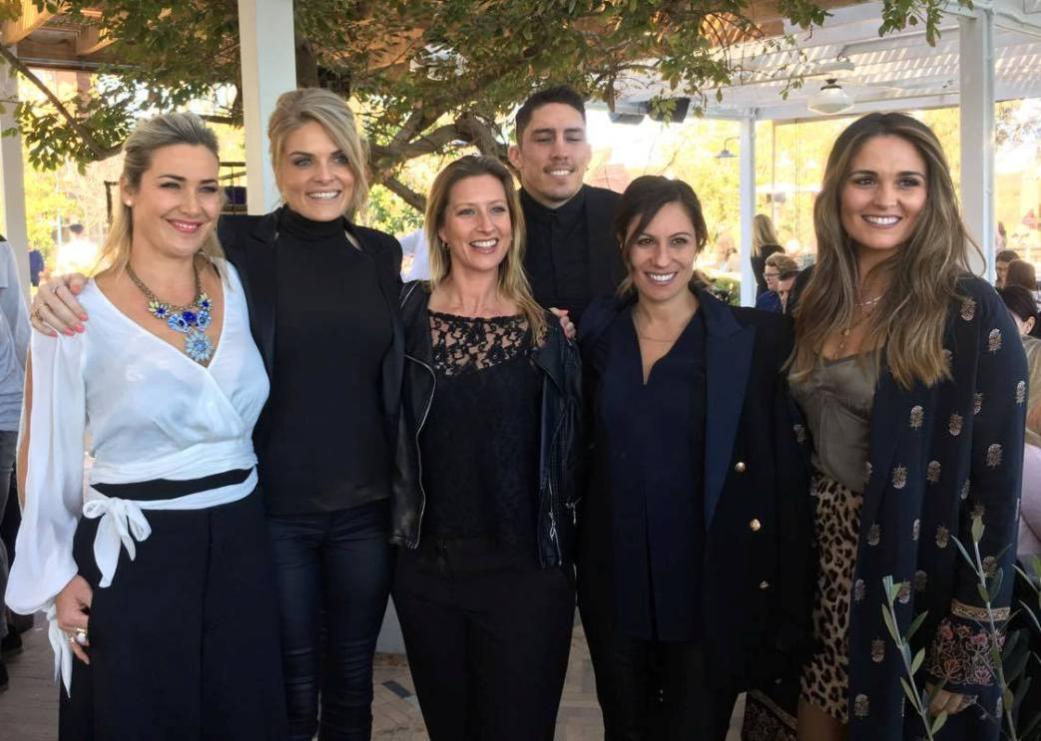
Lachlan Ward: Vale
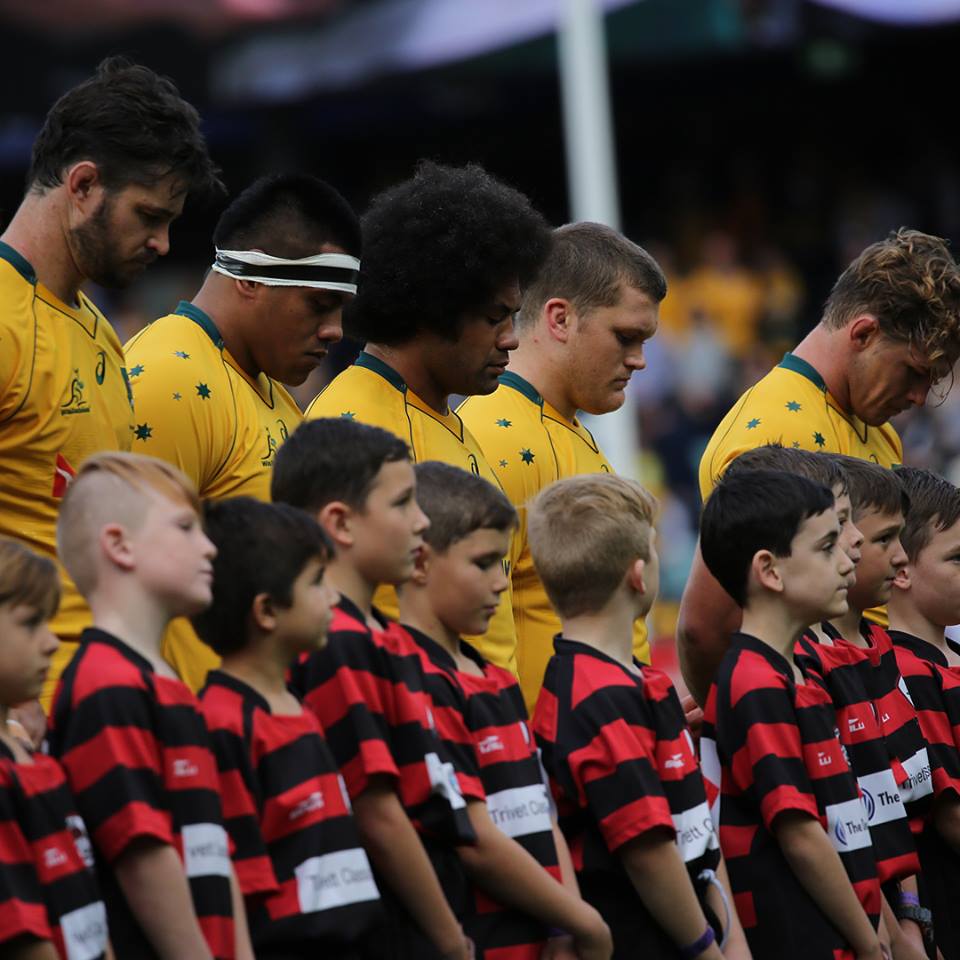
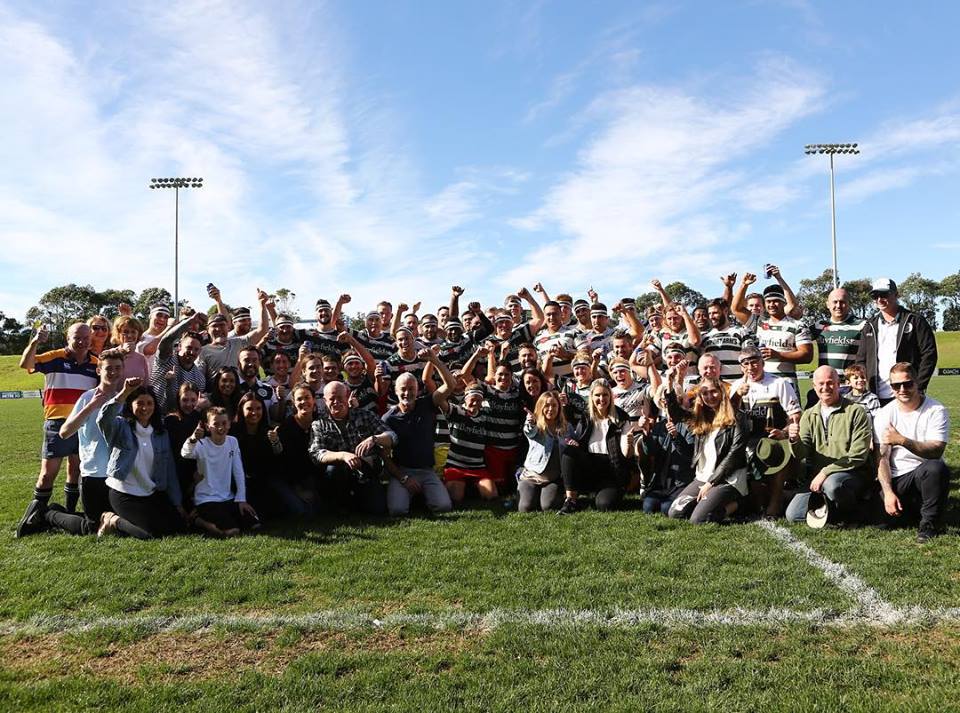
Seismic Testing Proposal Slated For During Whale Migration Season Off Our Coast

A few weeks back we shared the distressing news that a Western Australian company was proposing to do Seismic Testing in the middle of whale migration season. Readers have been contacting us just this week marvelling at the amount of whales spotted heading north while out fishing from the shore or swimming or sailing.
Advent Energy have now filed with NOPSEMA (via subsidiary Asset Energy). They want to start next month.
Under the criteria only stakeholders may approach the company and make them aware their activities may conflict with their own. As part of obtaining permission for activities an Environment Plan must be submitted. That environment plan must contain a report on all consultations between the titleholder and any relevant person including the titleholder’s assessment of the merits of any objection or claim about the adverse impact of each activity to which the plan relates.
For the proposed area this would include fishers through fishers organisations, those in charge of marine sanctuaries, or those who conduct marine activities – such as the Whale Data Collection undertaken by local group Living Ocean each Whale Migration Season.
Living Ocean have been liaising with Asset Energy regarding the activity so that their raised concerns can be appropriately considered and addressed through the environment plan process.
Specifically the organisation has raised concerns regarding the timing of the testing – late August to September 2017 (The survey comprises 46 2D lines of total length 208km. The survey will be conducted in an area of 12.25 square kilometres (km2) plus a single 2D tie line, to the surface location of the exploration well: New Seaclem-1, of ~50km length. Acquisition is likely to commence between late August and early September 2017, subject to receipt of all regulatory approvals. The duration of the survey is conservatively estimated to be between 3 to 4 days) – NOPSEMA/Advent- Asset Energy submission.
This is conflict with the southern migration of humpback whales and calves in the operations area. As readily can be verified from any number of reputable sources, the southern migration of humpback whales and calves Megaptera novaeangliae off Sydney and Newcastle takes place from mid August to mid December each year, occupying waters ranging from close inshore to the continental shelf and far beyond.
In addition, endangered southern right whales and calves Eubalaena australis occupy this area from May to November.
There is a high likelihood of the proposed operations encountering whales of these two species in what is well-established as a biologically important habitat, meaning that the EPBC Act applies. To avoid harm to recovering and endangered populations, seismic operations in this area should not be conducted from May to December (the northern migration of humpbacks beginning in May).
Based on Living Ocean’s 12+ years of studying humpback whales at sea and given the elusive nature of the animals the group consider it unlikely that the proposed procedures for whale sighting will result in detection of a significant fraction of whales present in the area, meaning there is a high risk of nearby whales being subject to damage. When one humpback is sighted it is likely there are others, unseen, in the vicinity, possibly quite close.
The data collectors experience of these groups of whales migrating together points out that such operations should not commence, or continue, if any whale has been sighted in the 3km observation zone. Another point is that at least two observers are required to reliably spot whales. The company’s proposed observation time of 30 minutes would also appear to be insufficient as normally one hour would be required.
We're all getting quite used to spectacular photographs of whales breaching, but they don't do this all the way up the coast. Humpback whale dive behaviour consists of a bout of surfacing dives (the short, shallow dives that occur during respiration bouts, usually tens of seconds in duration) followed by a deep dive in which the group disappears for a longer period of time (usually several minutes).
A deep dive period is defined as the time from when the last group member disappears to when the first the group member reappears, and the surface interval is usually defined as the time spent on or just under the surface between deep dives, incorporating all brief surfacing dives.
Calf blows, being smaller, are harder to spot.
The organisation has asked the company to revise its plans taking into account these concerns. As these have only recently been forwarded a reply from Advent/Asset has not been received as yet.
Advent/ Asset Energy Pty Ltd’s Baleen 2D HR Seismic Survey NOPSEMA submission for permission page is here:www.nopsema.gov.au/environmental-management/activity-status-and-summaries/details/404
This is not open for public consultation - see NOPSEMA information below.
Some background here on their PEP11: http://neats.nopta.gov.au/TitleRegister/TitleDetailsEp/b8f39418-5962-4b2c-8b2c-9cea290aece6
From the submission:
‘Extensive geophysical data have been acquired in the offshore PEP-11 permit over the past 30 years which has demonstrated considerable indications of an active hydrocarbon system.
The purpose of this is to further the understanding of the shallow sub-surface geology and the potential drilling hazards over a prospect in the area of interest through the acquisition of high resolution geophysical data (2D seismic site survey).’
So, gas wells.
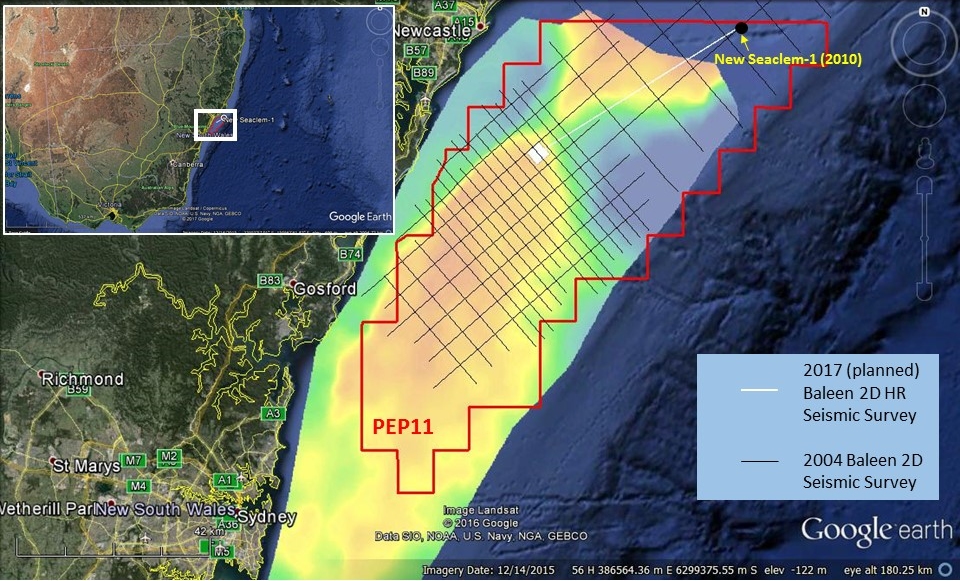
Map of the proposed area – from NOPSEMA Submission Page - distance from Pittwater to Newcastle: 89.3 nautical miles
The proposal also seems to conflict with the NSW State Government’s currently in place MARINE NOTICE SY1724, which is:
Navigation Warning - NSW Coastal Waters: Whale Migration Season
Seismic Testing – Affect On Whales/Marine Environment
In three studies, sponsored by or prepared for oil companies, two off our own coasts using a 20 cubic inch air gun, results found that:
To conclude, this study found few obvious visible responses of humpback and sperm whales to seismic airgun sound off Angola, while striking short-term and short-range responses for Atlantic spotted dolphins were observed. However, only overt responses were examined, and subtle or longer range responses may not have been detected. For example, bowhead and gray whales exhibited subtle changes in dive pattern and orientation in response to airgun sound (Richardson et al., 1986; Gailey et al., 2007), humpback whales exposed to pressure waves from underwater explosives apparently suffered severe ear injury despite exhibiting no noticeable behavioural reaction to the sound (Todd et al., 1996), and sperm whales may alter foraging behaviour despite a lack of obvious directional avoidance of airgun arrays (P. J. O. Miller, pers. comm.).
This work was carried out under the sponsorship of BP Exploration (Angola) Ltd and their partners in Block 31.
Caroline R. Weir. Overt Responses of Humpback Whales (Megaptera novaeangliae), Sperm Whales (Physeter macrocephalus), and Atlantic Spotted Dolphins (Stenella frontalis) to Seismic Exploration off Angola. Aquatic Mammals 2008, 34(1), 71-83, DOI 10.1578/AM.34.1.2008.71
Results suggested that humpback-whale groups responded by decreasing both dive time and speed of southwards movement though the response magnitude was not found to be related to the proximity of the source vessel, the received level of the air gun, the tow path direction, or the exposure time within the during phase. There was no evidence of orientation of the groups towards, or away from, the source vessel.
Funding was provided as part of the Joint Industry Programme on E&P Sound and Marine Life (JIP), managed by the International Association of Oil Dunlop & Gas Producers (IOGP). The principal contributing companies to the programme are BG group, BHP Billiton, Chevron, ConocoPhillips, Eni, ExxonMobil, IAGC, Santos, Statoil, and Woodside. The U.S. Bureau of Ocean Energy Management (BOEM), Origin Energy, Beach Energy, and AWE provided support specifically for the BRAHSS Team, members.
Rebecca A. Dunlop,1 Michael J. Noad,1 Robert D. McCauley,2 Eric Kniest,3 David Paton,4 and Douglas H. Cato. The Behavioural Response of Humpback Whales (Megaptera novaeangliae) to a 20 Cubic Inch Air Gun. Aquatic Mammals 2015, 41(4), 412-433, DOI10.1578/AM.41.4.2015.412
1 School of Veterinary Science, The University of Queensland, Gatton, Queensland 4343, Australia. 2 Curtin University, GPO Box U 1987, Perth, WA 6845, Australia 3 School of Engineering, University of Newcastle, Callaghan NSW, 2308, Australia 4 Blue Planet Marine, PO Box 919, Canberra ACT, 2614, Australia 5 Defence Science and Technology Organisation and University of Sydney, PO Box 44, Pyrmont NSW, 2009, Australia
ABSTRACT
An experimental program was run by the Centre for Marine Science and Technology of Curtin University between March 1996 and October 1999 to study the environmental implications of offshore seismic survey noise. This work was initiated and sponsored by the Australian Petroleum Production Exploration Association. The program: characterised air-gun signal measurements; modelled air-gun array sources and horizontal air-gun signal propagation; developed an 'exposure model' to predict the scale of potential biological effects for a given seismic survey over its duration;made observations of humpback whales traversing a 3D seismic survey; carried out experiments of approaching humpback whales with a single operating air-gun; carried out trials with an air-gun approaching a cage containing sea turtles, fishes or squid; and modelled the response of fish hearing systems to air-gun signals. The generalised response of migrating humpback whales to a 3D seismic vessel was to take some avoidance manoeuvre at > 4 km then to allow the seismic vessel to pass no closer than 3 km. Humpback pods containing cows which were involved in resting behaviour in key habitat types, as opposed to migrating animals, were more sensitive and showed an avoidance response estimated at 7-12 km from a large seismic source. Male humpbacks were attracted to a single operating air-gun due to what was believed the similarity of an air-gun signal and a whale breaching event (leaping clear of the water and slamming back in). Based on the response of captive animals in cold water to an approaching single air-gun and scaling these results, indicated sea turtles displayed a general 'alarm' response at an estimated 2 km range from an operating seismic vessel and behaviour indicative of avoidance estimated at 1 km. Similar trials with captive fishes showed a common fish 'alarm' response of swimming faster, swimming to the bottom, tightening school structure, or all three, at an estimated 2-5 km from a seismic source. Modelling the fish ear predicted that at ranges < 2 km from a seismic source the ear would begin a rapid increase in displacement parameters. Captive fish exposed to short range air-gun signals were seen to have some damaged hearing structures, but showed no evidence of increased stress. Captive squid showed a strong startle responses to nearby air-gun start up and evidence that they would significantly alter their behaviour at an estimated 2-5 km from an approaching large seismic source.
MARINE SEISMIC SURVEYS: ANALYSIS AND PROPAGATION OF AIR-GUN SIGNALS; AND EFFECTS OF AIR-GUN EXPOSURE ON HUMPBACK WHALES, SEA TURTLES, FISHES AND SQUID Prepared for Australian Petroleum Production Exploration Association By Robert D. McCauley, Jane Fewtrell, Alec J. Duncan, Curt Jenner, Micheline-Nicole Jenner, John D. Penrose, Robert I.T. Prince, Anita Adhitya, Julie Murdoch, Kathryn McCabe Centre for Marine Science and Technology, AUGUST 2000. Retrieved from: http://cmst.curtin.edu.au/wp-content/uploads/sites/4/2016/05/McCauley-et-al-Seismic-effects-2000.pdf
Studies not conducted for or paid for by oil exploration companies have published something quite different:
Abstract
The effect of underwater anthropogenic sound on marine mammals is of increasing concern. Here we show that humpback whale (Megaptera novaeangliae) song in the Stellwagen Bank National Marine Sanctuary (SBNMS) was reduced, concurrent with transmissions of an Ocean Acoustic Waveguide Remote Sensing (OAWRS) experiment approximately 200 km away. We detected the OAWRS experiment in SBNMS during an 11 day period in autumn 2006. We compared the occurrence of song for 11 days before, during and after the experiment with song over the same 33 calendar days in two later years. Using a quasi-Poisson generalized linear model (GLM), we demonstrate a significant difference in the number of minutes with detected song between periods and years. The lack of humpback whale song during the OAWRS experiment was the most substantial signal in the data. Our findings demonstrate the greatest published distance over which anthropogenic sound has been shown to affect vocalizing baleen whales, and the first time that active acoustic fisheries technology has been shown to have this effect.
The last decade has seen an increased awareness of the impacts of anthropogenic underwater noise on marine mammals. Impacts have been described for several different sources, including seismic airguns, underwater explosions, construction and pile driving, acoustic deterrent devices, and scientific and military sonar systems. Possible effects include lethal injuries, short- or long-term hearing damage, and the disruption of normal behavior, including feeding, mating and communication. Disruption of communication behavior may include signal modifications, for example changes to signal duration, frequency or amplitude, as well as changes in signal usage, repetition, or the cessation of signaling.Changes in communication behavior have been demonstrated across several baleen whale species and in response to various noise sources.
This study investigates the effect of low-frequency pulses on the occurrence of humpback whale song. The pulses were produced by an Ocean Acoustic Waveguide Remote Sensing (OAWRS) experiment, roughly 200 km from the whales. The mobile OAWRS system was used to image fish shoals over a 100 km diameter area.
Male humpback whales (Megaptera novaeangliae) sing long, complex songs on their breeding grounds. In addition, humpback whales have been shown to sing on migration and feeding grounds. On breeding grounds, humpback whales may alter song production in response to boat noise, seismic surveys and military sonar.
Most published examples of the effects of non-chronic anthropogenic noise on marine mammals have dealt with sources within kilometers or perhaps tens of kilometers of the study animals. Effects over hundreds of kilometers have seldom been investigated or demonstrated.
Arrays of Marine Autonomous Recording Units (MARUs) gathered low-frequency acoustic data within the Stellwagen Bank National Marine Sanctuary (SBNMS) in 2006 and from December 2007–May 2010. In autumn 2006, these recordings happened to coincide with an OAWRS experiment in the Gulf of Maine, approximately 200 km distant. Initial perusal of the 2006 data indicated that (a) a novel anthropogenic sound was detected in SBNMS and (b) that humpback whale song in SBNMS occurred less often, coincident with the sound. Despite having before-during-after data for 2006, we could not make inference on the effect of the OAWRS experiment without appropriate control data. Therefore, we collected recordings from approximately the same place, and at the same time, in 2008 and 2009, two years when an OAWRS experiment was not conducted. Thus, despite having what was initially observational data, we configured a design that allowed us to make planned comparisons from our data.
Denise Risch, Peter J. Corkeron, William T. Ellison, Sofie M. Van Parijs. Changes in Humpback Whale Song Occurrence in Response to an Acoustic Source 200 km Away. PLoS One. 2012; 7(1): e29741. Published online 2012 Jan 11. doi: 10.1371/journal.pone.0029741
Abstract
Passive acoustic monitoring was used to document the presence of singing humpback whales off the coast of Northern Angola, and opportunistically test for the effect of seismic survey activity in the vicinity on the number of singing whales. Two Marine Autonomous Recording Units (MARUs) were deployed between March and December 2008 in the offshore environment. Song was first heard in mid June and continued through the remaining duration of the study. Seismic survey activity was heard regularly during two separate periods, consistently throughout July and intermittently in mid-October/November. Numbers of singers were counted during the first ten minutes of every hour for the period from 24 May to 1 December, and Generalized Additive Mixed Models (GAMMs) were used to assess the effect of survey day (seasonality), hour (diel variation), moon phase and received levels of seismic survey pulses (measured from a single pulse during each ten-minute sampled period) on singer number. Application of GAMMs indicated significant seasonal variation, which was the most pronounced effect when assessing the full dataset across the entire season (p<0.001); however seasonality almost entirely dropped out of top-ranked models when applied to a reduced dataset during the July period of seismic survey activity. Diel variation was significant in both the full and reduced datasets (from p<0.01 to p<0.05) and often included in the top-ranked models. The number of singers significantly decreased with increasing received level of seismic survey pulses(fromp<0.01 to p<0.05); this explanatory variable was included among the top ranked models for one MARU in the full dataset and both MARUs in the reduced dataset. This suggests that the breeding display of humpback whales is disrupted by seismic survey activity, and thus merits further attention and study, and potentially conservation action in the case of sensitive breeding populations.
Salvatore Cerchio , Samantha Strindberg, Tim Collins, Chanda Bennett, Howard Rosenbaum. Seismic Seismic Surveys Negatively Affect Humpback Whale Singing Activity off Northern Angola. PLOS Published: March 11, 2014 https://doi.org/10.1371/journal.pone.0086464
One just published, and much closer to home, has found seismic surveys increased the mortality of zooplankton to 40-60 per cent. Zooplankton are the second step in the traditional food chain of the ocean:
Impact Of Seismic Surveys On Zooplankton
June 23, 2017: University of Tasmania - Institute for Marine and Antarctic Studies
Marine seismic surveys used in petroleum exploration could cause a two to three-fold increase in mortality of adult and larval zooplankton, new research published in leading science journal Nature Ecology and Evolution has found.
Scientists from IMAS and the Centre for Marine Science and Technology (CMST) at Curtin University studied the impact of commercial seismic surveys on zooplankton populations by carrying out tests using seismic air guns in the ocean off Southern Tasmania.
The research found that the air gun signals, commonly used in marine petroleum exploration, had significant negative impact on the target species, causing an increase in mortality from 18 per cent to 40-60 per cent.
Impacts were observed out to the maximum 1.2 kilometre range tested, 100 times greater than the previously assumed impact range of 10 metres, and all larval krill in the range were killed after the air gun's passage.
Lead author, Curtin University and CMST Associate Professor Robert McCauley, said the results raise questions about the impact of seismic testing on zooplankton and the ocean's ecosystems more widely.
"Zooplankton underpin the health and productivity of global marine ecosystems and what this research has shown is that commercial seismic surveys could cause significant disruption to their population levels," Associate Professor McCauley said.
The study, jointly funded by Curtin University and the University of Tasmania, involved two replicated experiments carried out on consecutive days using a 1.6km survey line in Storm Bay, southern Tasmania.
IMAS Associate Professor and research co-author Jayson Semmens said a series of sonar lines run perpendicular to the air gun line were monitored prior to, and immediately after the air gun run.
"These sonar runs 'imaged' the zooplankton, and showed a lowered zooplankton presence starting 15 minutes after the air gun passed, with a large 'hole' in the zooplankton evident 30 minutes after the air gun pass," Associate Professor Jayson Semmens said.
This 'hole' or region of lowered zooplankton presence was symmetric about the air gun line and increased through time. See image:
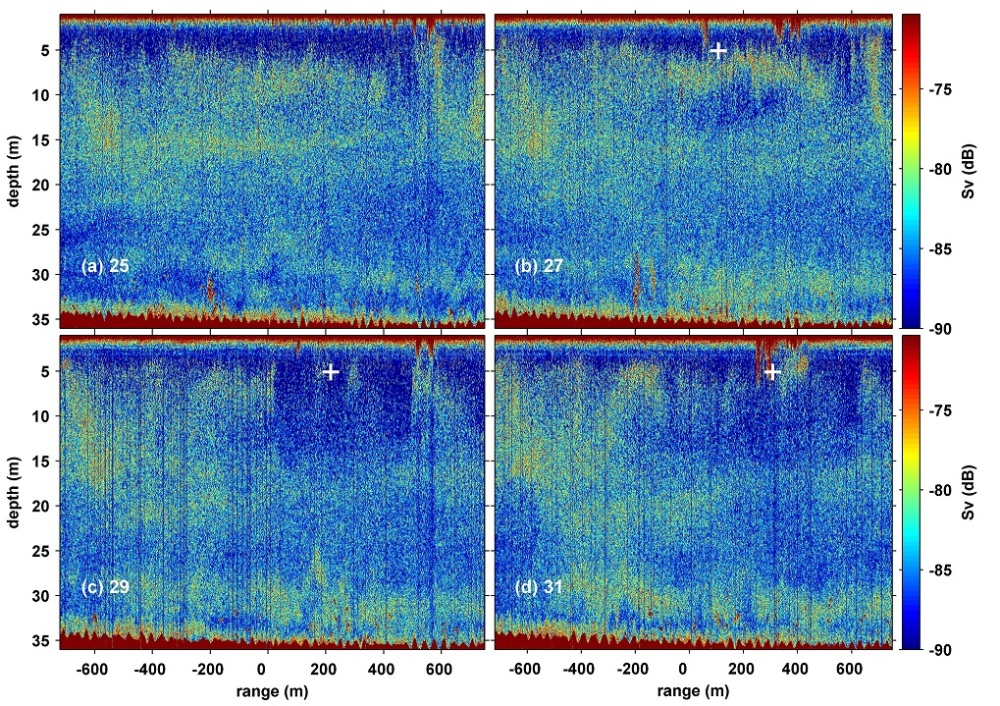
The abundance levels of living and deceased zooplankton were also tested in the same area, before and after the seismic survey testing.
"We counted the number of live and dead zooplankton collected in nets using a special staining technique and found that two to three times as many zooplankton were dead following the air gun operations than those collected before," Associate Professor Semmens said.
Associate Professor McCauley said he hoped the research would prove useful in assisting regulatory authorities to monitor and manage marine seismic survey operations, in understanding how these surveys impact marine systems and how we may reduce such impacts.
"Plankton underpin whole ocean productivity," Associate Professor McCauley said. "Their presence impacts right across the health of the ecosystem so it's important we pay attention to their future."
Robert D. McCauley, Ryan D. Day, Kerrie M. Swadling, Quinn P. Fitzgibbon, Reg A. Watson, Jayson M. Semmens. Widely used marine seismic survey air gun operations negatively impact zooplankton. Nature Ecology & Evolution, 2017; 1 (7): 0195 DOI: 10.1038/s41559-017-0195
Incidentally, based on the Institute for Marine and Antarctic Studies’s (IMAS’s) research and teaching, the University of Tasmania is ranked fourth in the world for Marine and Freshwater Biology in the latest (2017) CWUR Rankings by Subject.
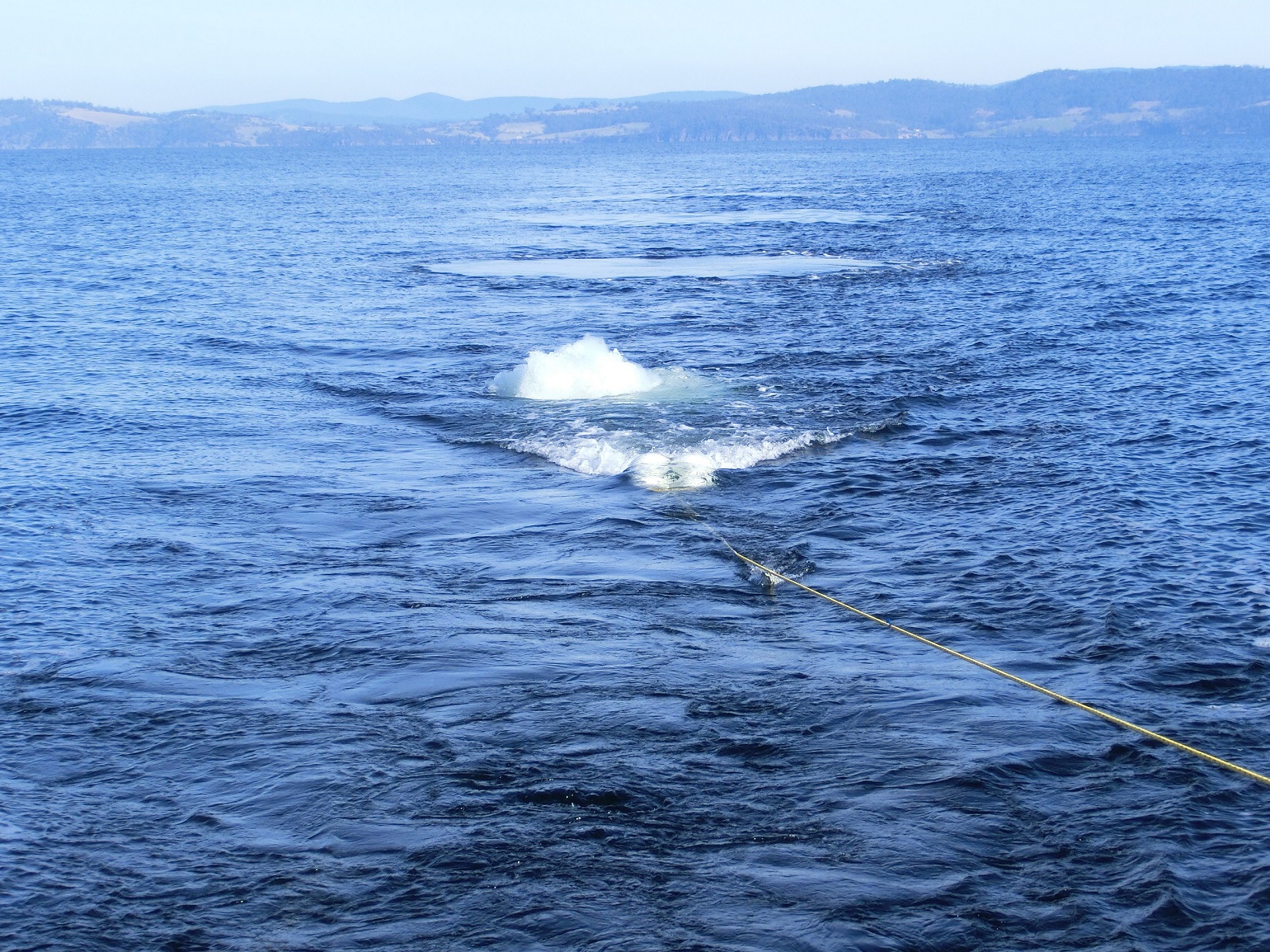
Air gun test in Storm Bay, Tasmania. Credit: Rob McCauley
It is estimated that when the Australian east coast whaling industry ended in 1963, the east coast population of humpbacks had been reduced to a little over 100 individuals. Thankfully, this population has shown steady recovery of around 10 –11% a year, and in 2006 was estimated at around 8000. - The humpback whales of Eastern Australia, Australian Government, retrieved from: www.environment.gov.au/resource/humpback-whales-eastern-australia
On June 30th, 2017 Wild About Whales NSW posted on their Facebook page:
‘A record number of whales have been tallied so far this season, already hitting a total of 3,067! The magic number was hit at Cape Solander - smashing last year's total of 3,033."
On Friday, July 7th A mother whale and her new calf were spotted making their way north near Avalon.
On Saturday, July 8th, ORCCA reported at midday that Migaloo, that white whale so many have fallen in love with, had been spotted off Port Macquarie – but not before then – despite a distance between Antarctica’s Casey station, located just outside the Antarctic circle, and Sydney itself being 2418 n.m.
On Saturday ORCCA posted
“Great whale watching off the Central Coast today. Flat seas and plenty of whales in close! #whales #whaleon.”
Updates on the proposed seismic testing will be published when available.
More information on NOPSEMA – please visit website for full and more details.
NOPSEMA: STAKEHOLDER ENGAGEMENT AND TRANSPARENCY
NOPSEMA has identified through regulatory research that poor environmental consultation practices in the offshore petroleum industry can lead to negative impacts on individuals, communities, and organisations. It has also received feedback that the current transparency of its decision-making processes and practices is not meeting community expectations. In August 2015 NOPSEMA announced a ‘Stakeholder engagement and transparency’ work program to address these problems.
Continued engagement with stakeholders is a vital component of the work program. NOPSEMA is engaging with a range of stakeholders to better understand their views and build support for proposed initiatives. It is NOPSEMA view that this will both improve consultation practices in the offshore petroleum industry and build community confidence in NOPSEMA’s decision-making. NOPSEMA has put in place an Engagement and Communication Plan to best direct its engagement efforts during this time.
A Status summary report - Stakeholder engagement and transparency work program(PDF 332KB) has been prepared providing analysis of feedback received by stakeholders and NOPSEMA’s response to this feedback.
NOPSEMA is continuing to progress initiatives as part of the work program and has now published its guideline GL1721 - Environment plan decision making - Rev 3 - May 2017(PDF 643KB). This guideline identifies NOPSEMA’s position on key regulatory requirements for consultation and establishes the factors that influence NOPSEMA’s decision-making.
A Stakeholder engagement and transparency score card - Q2 2017 (PDF 179KB) has been prepared to track the status of the implementation of the program's initiatives.
For more information visit: https://www.nopsema.gov.au/environmental-management/stakeholder-engagement-and-transparency/
CONSULTATION (WITH TITLEHOLDERS) FOR OFFSHORE PETROLEUM ACTIVITIES
Often, areas in which oil and gas companies operate will be of interest to many different people with different views on how these areas should be managed. There are circumstances when not all parties will agree with the outcomes of consultation. A company’s environment plan must detail the consultation outcomes including any outstanding issues that may exist. NOPSEMA makes an assessment of this information as well as any other information provided to determine whether impacts and risks to the environment and to stakeholders are acceptable and have been reduced to as low as reasonably practicable.
NOPSEMA will make a decision as to whether to accept or refuse to accept an environment plan, based on the merits of the plan and whether all regulatory requirements have been met. NOPSEMA cannot refuse to accept an environment plan on the basis of a difference of opinion between a company and its stakeholders. If NOPSEMA has reviewed the information available and concludes that the information gained through the consultation was provided within the environment plan; that the outcomes of the consultation were addressed within the risk assessment and any measures that the company adopted or did not adopt in response to the consultation were reasonable, then NOPSEMA is likely to determine that consultation was conducted appropriately.
Find out more at: https://www.nopsema.gov.au/community-information/consultation-with-titleholders-for-offshore-petroleum-activities/
ACTIVITY STATUS AND SUMMARIES
On this page, NOPSEMA publishes information regarding the status of environment plan submissions and decisions in order to keep stakeholders up-to-date on the assessment processes.
For information on Offshore Project Proposals (OPP) submitted for public comment, see the OPP open for public comments page.
Details of the proposed offshore petroleum or greenhouse gas activity and its location are published on submission of an environment plan to NOPSEMA. From 1 January 2016 NOPSEMA began publishing expected assessment time-frames and decision notices. If an environment plan is accepted, a summary of that plan is also published.
Activity Name: Baleen 2D HR Seismic Survey Activity Type: Seismic survey Submitted by: Asset Energy Pty Ltd Regions: New South WalesAdjacent to: New South Wales Submitted: 04/07/2017 Under assessment
More at: https://www.nopsema.gov.au/environmental-management/activity-status-and-summaries/
NOPSEMA’s role in the process, the environment plan assessment and acceptance process administered by them as well as some additional information on the consultation provisions of the Offshore Petroleum and Greenhouse Gas Storage (Environment) Regulations 2009 which is the legal framework under which environment plans must be submitted to NOPSEMA for petroleum activities as well as more information including FAQ’s and other explanatory material is available through the Community Information portal on the front page of NOPSEMA's website at www.nopsema.gov.au
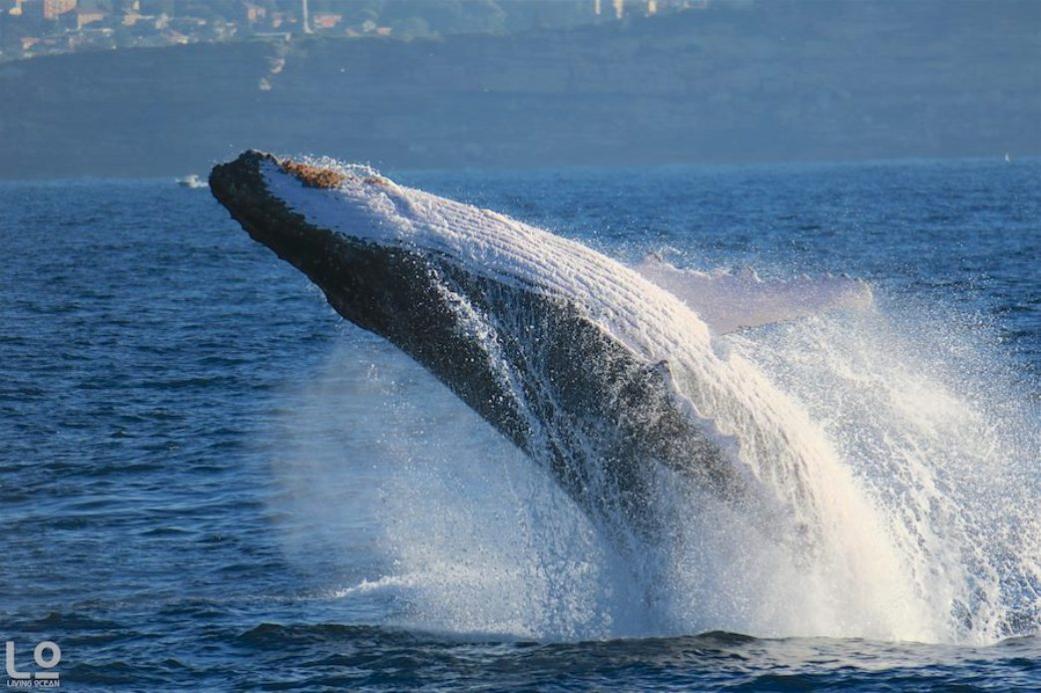
Community Rises To Save Mona Vale Hospital Again: Overwhelming Objection To Perceived Privitisation Of A Public Hospital
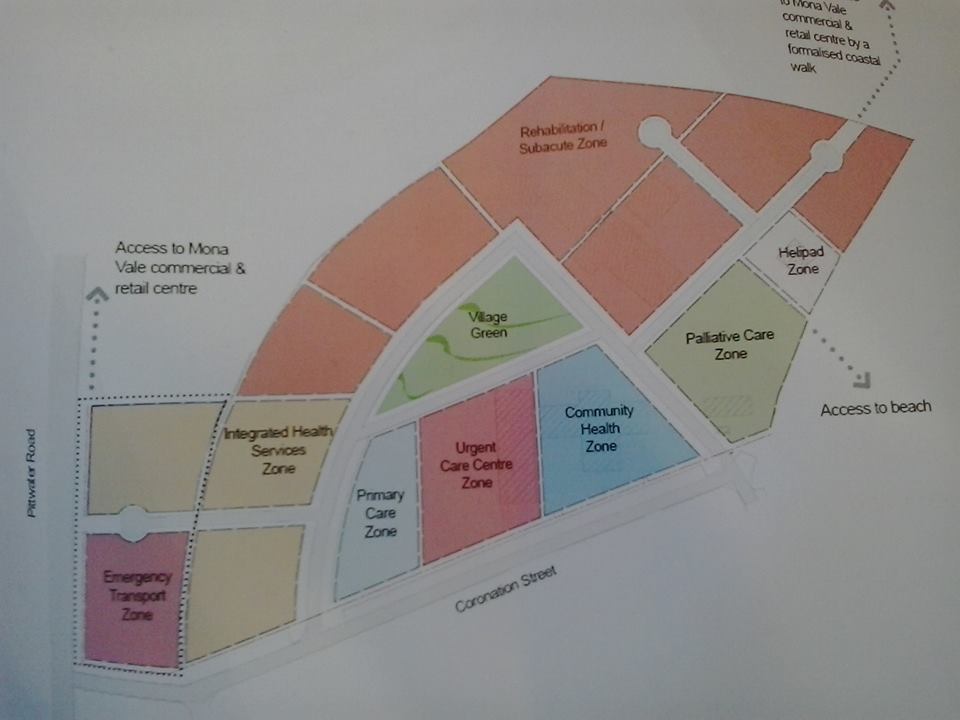
Petition: Keep Maternity Services In Mona Vale!
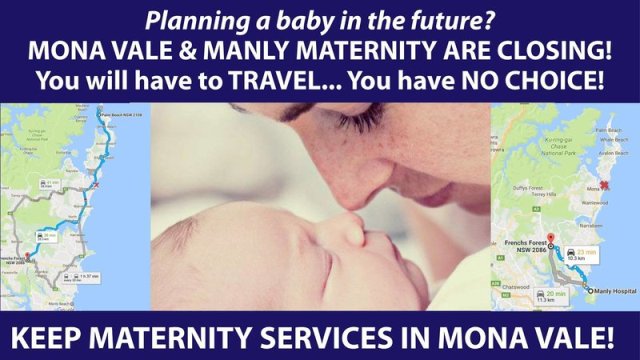
Mona Vale Hospital

$200 Million Hospital Upgrade For Wyong
- a new emergency department
- maternity car
- paediatric services
- new inpatient surgical beds
- rehabilitation
- ambulatory services
- mental health services
- additional car parking.
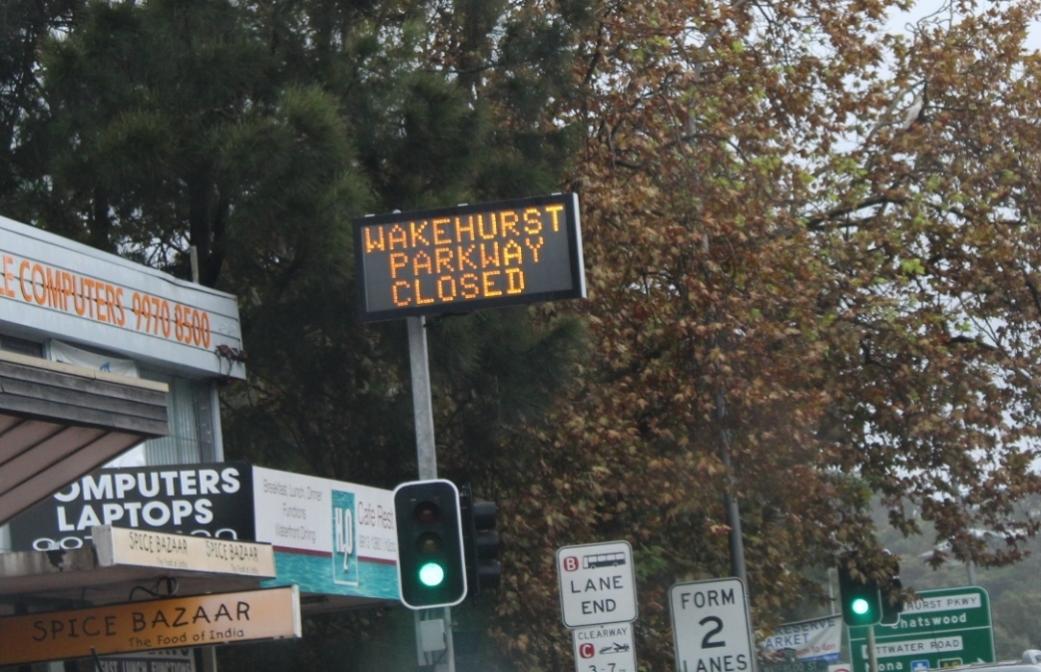
Pittwater YHA Murals By World Renowned Muralist, Kim Polomka, Part Of Pittwater YHA 50 years 1967-2017 Celebrations
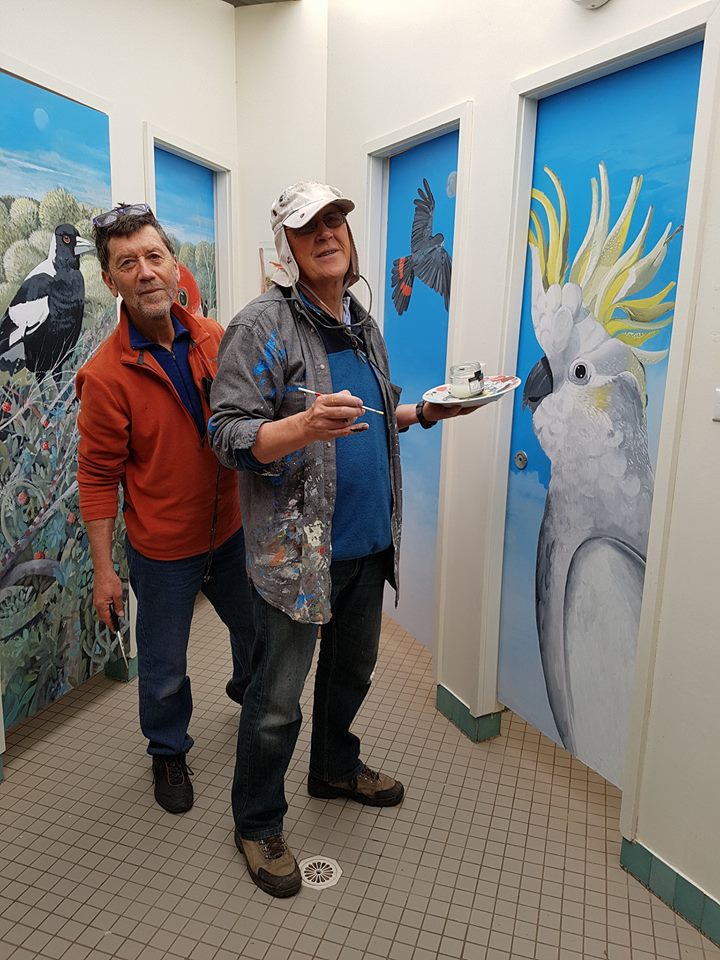
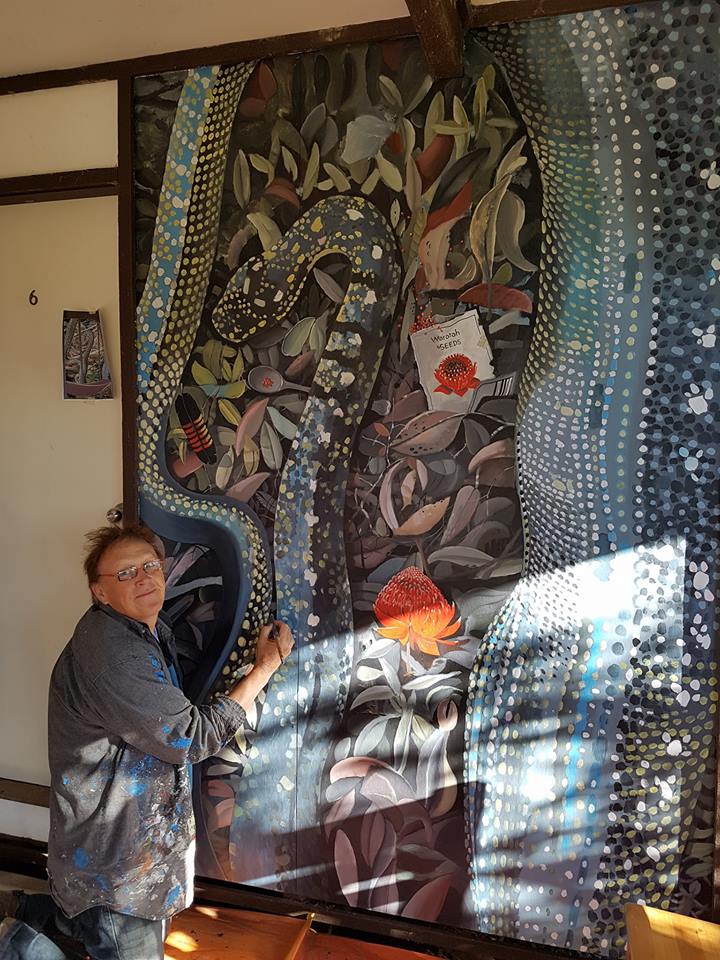
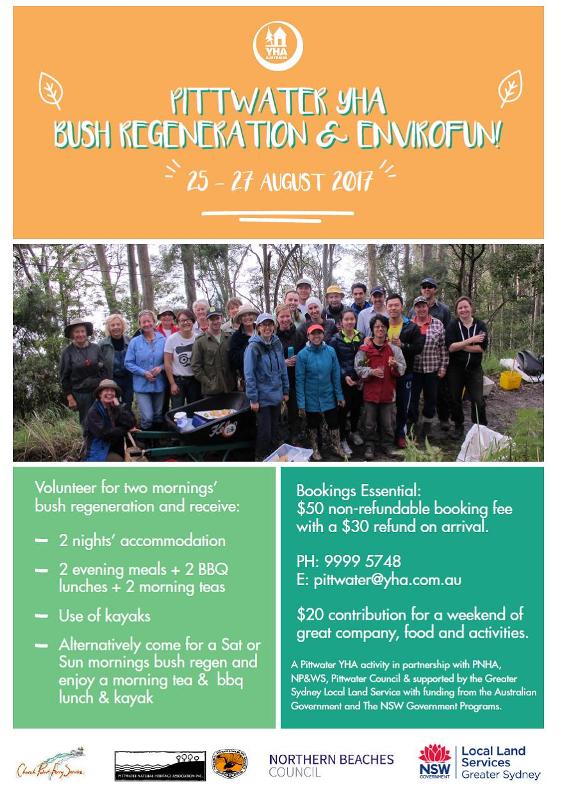
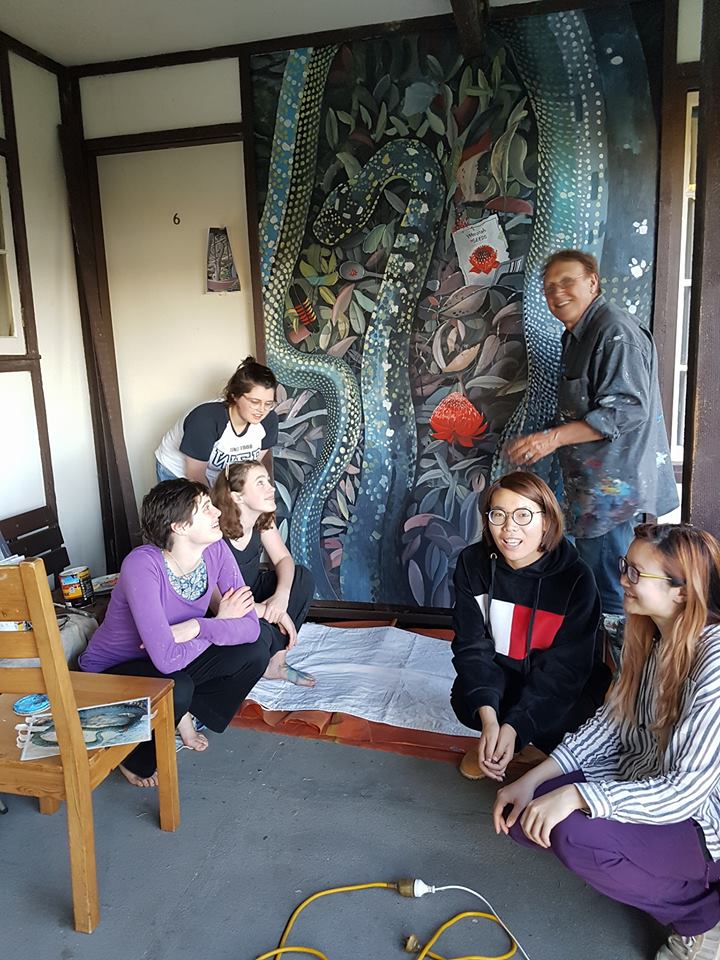
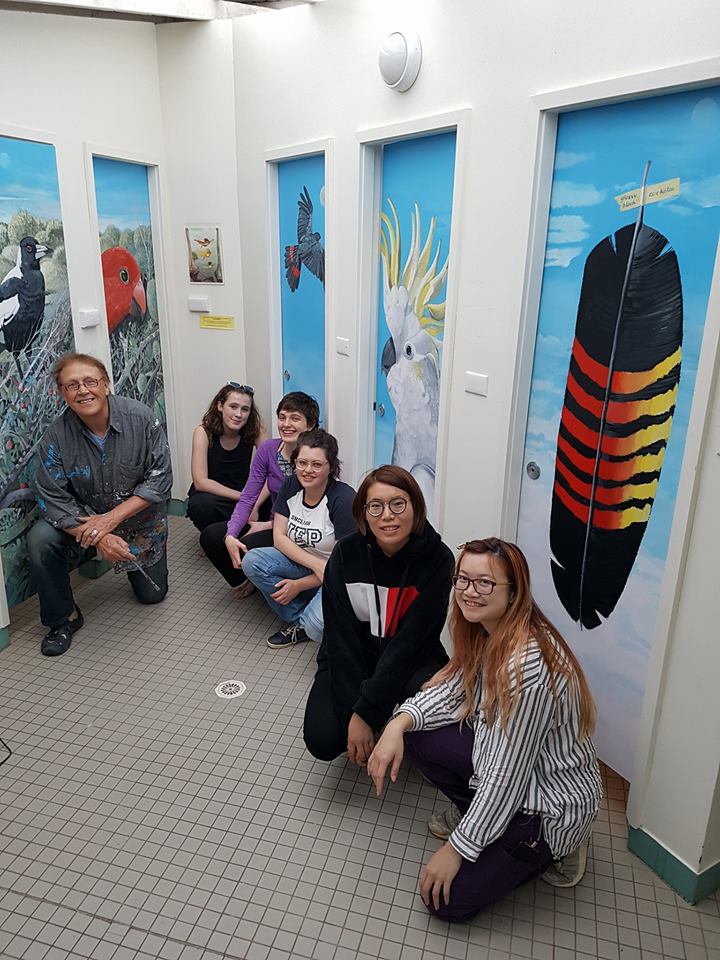
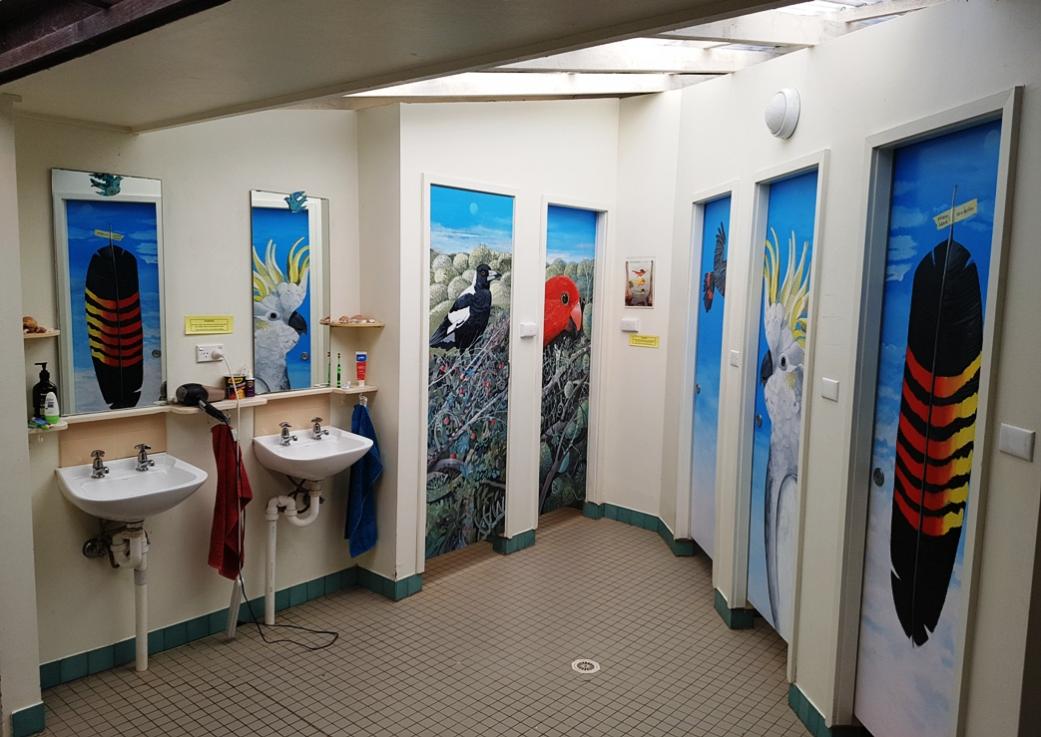
A Winter Week in Pittwater
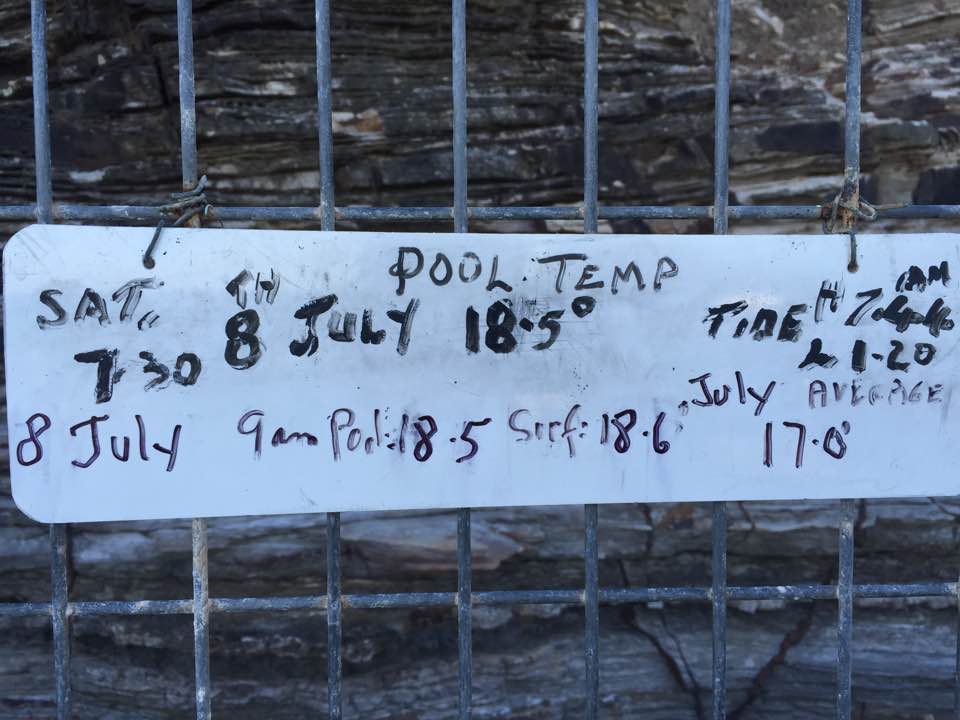
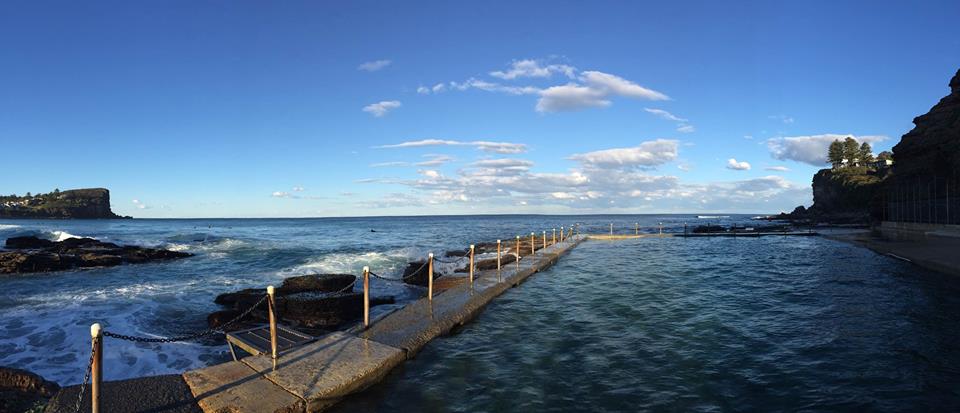
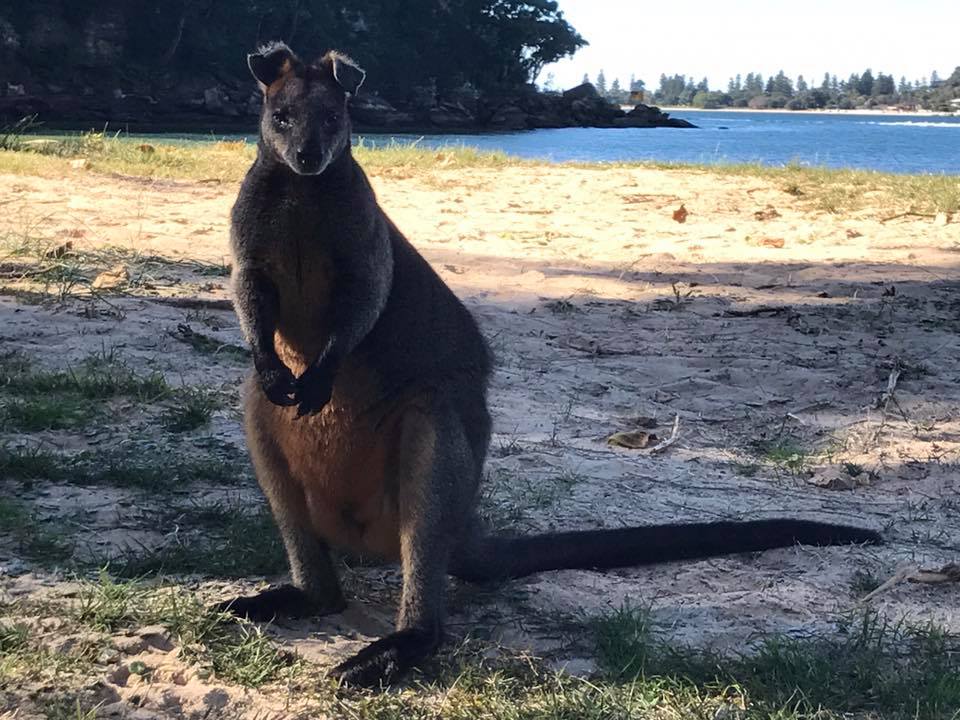
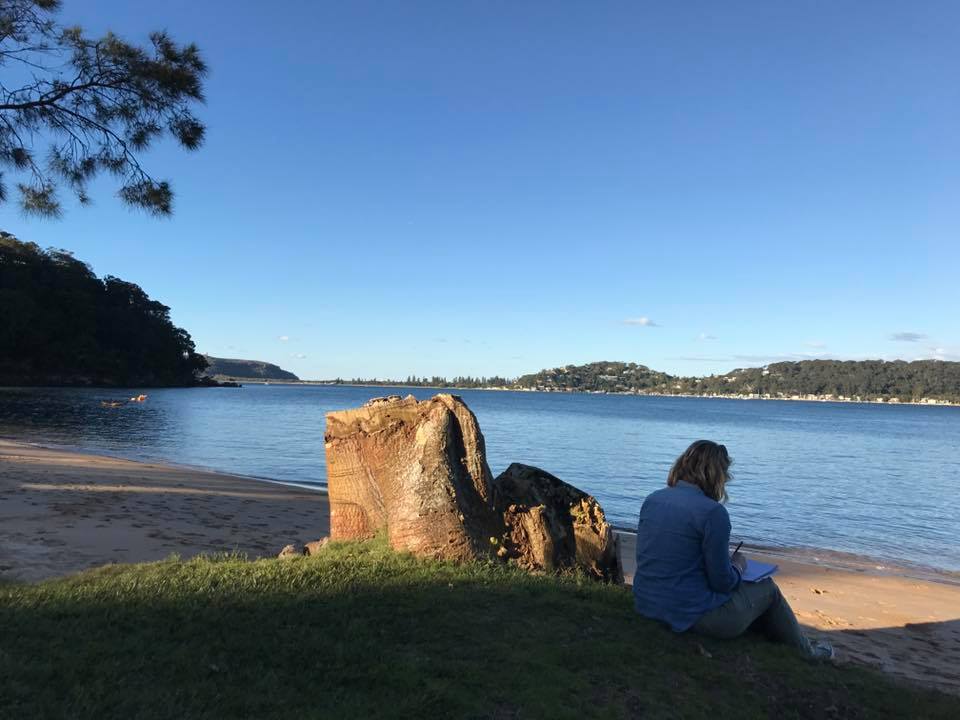
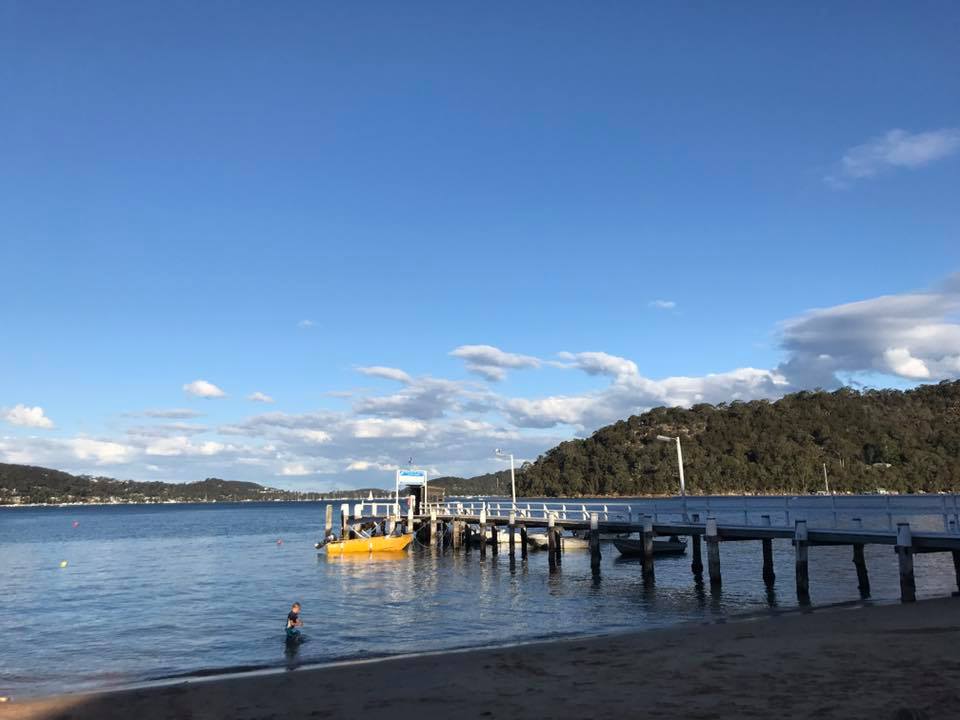
A Historic Catalogue And Record Of Pittwater Art I – Of Places, Peoples And The Development Of Australian Art And Artists
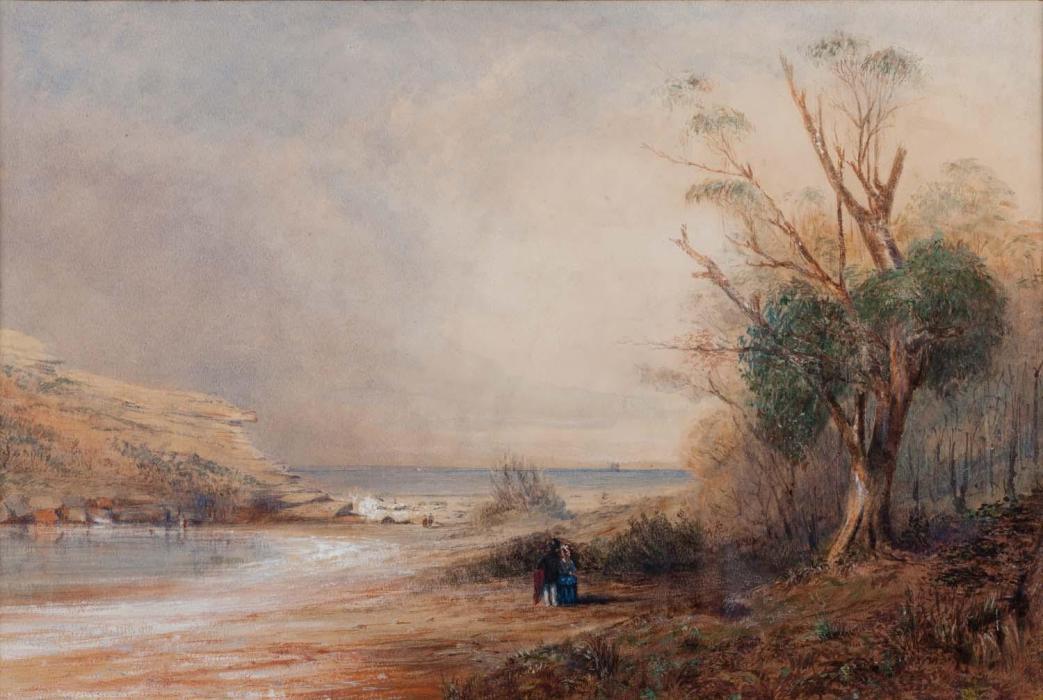
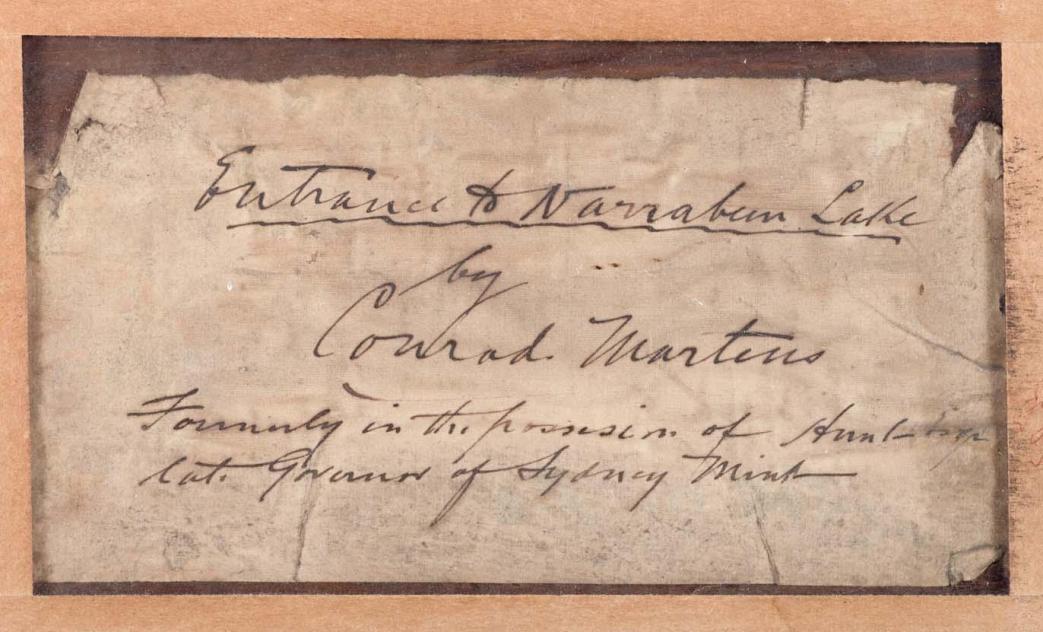

From Conrad Martens to William Lister Lister to Sydney Long
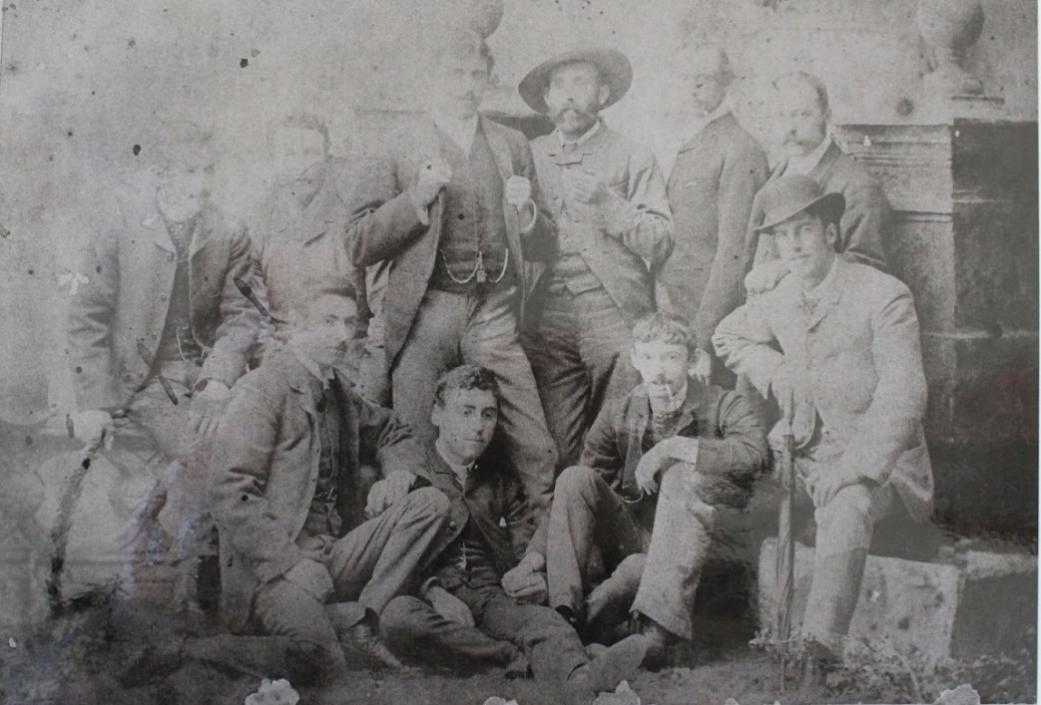
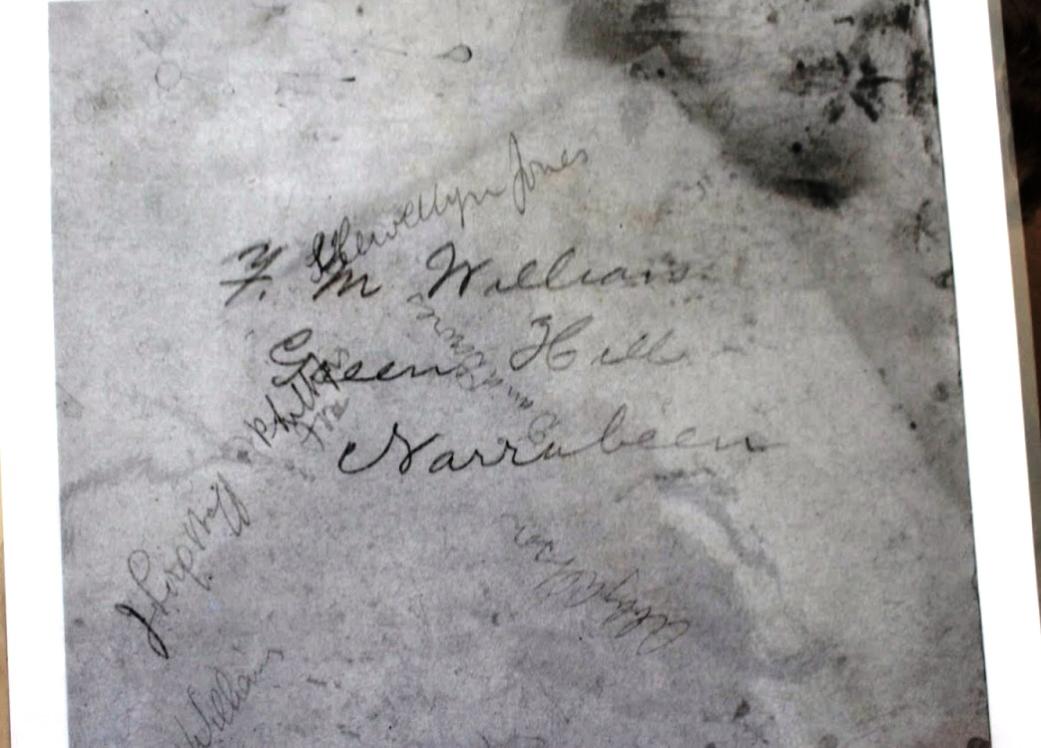
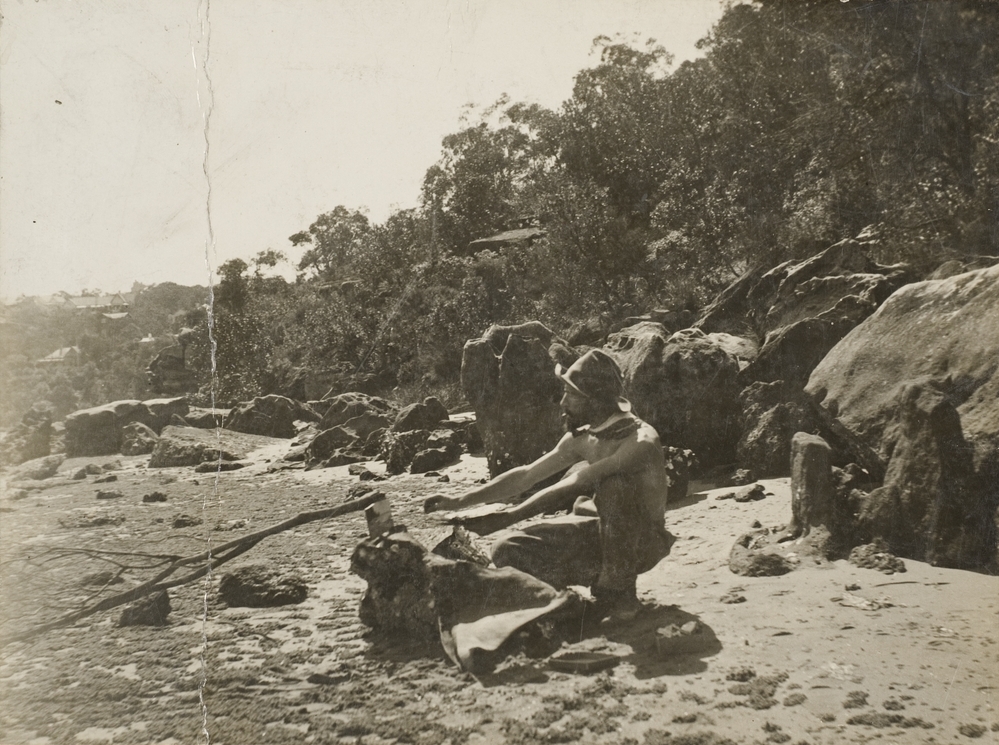
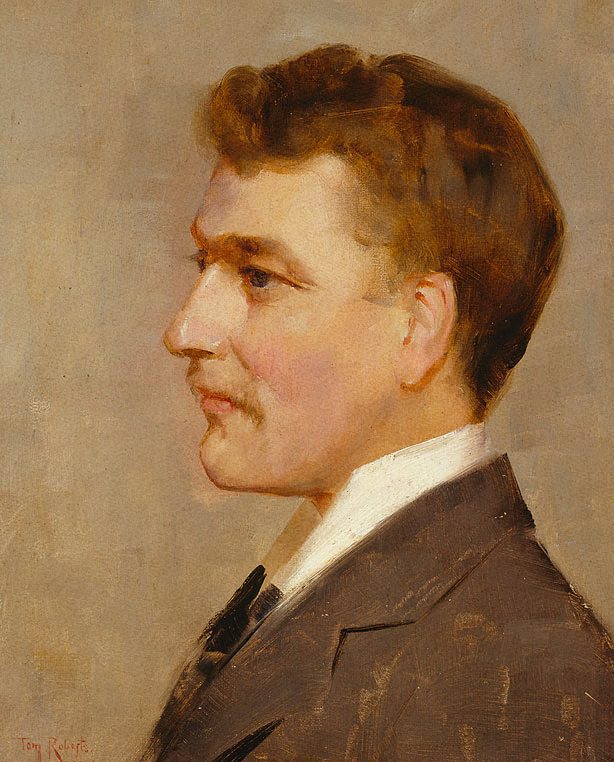
.jpg?timestamp=1499652045559)
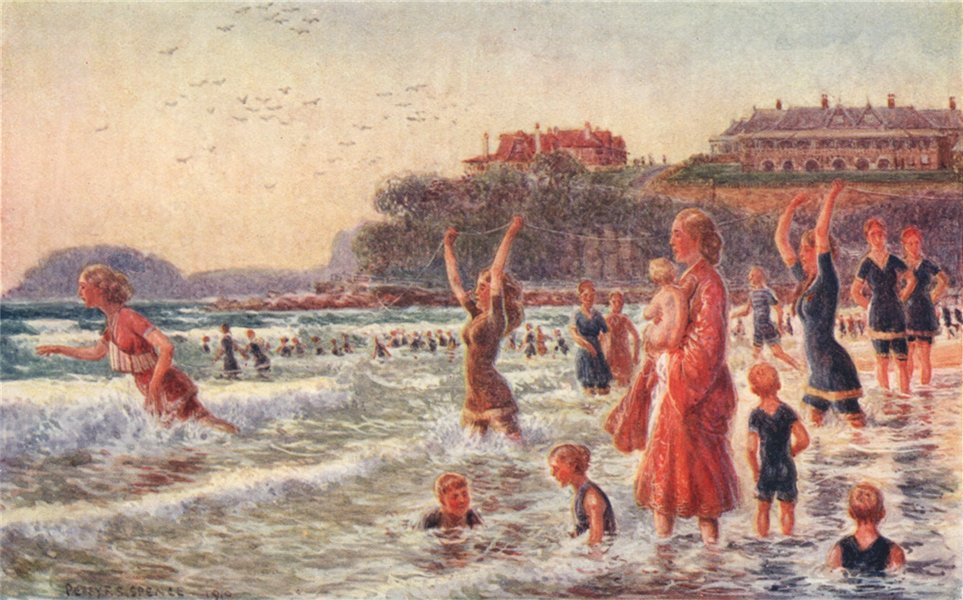
Opportunity To Visit Submarine War Grave Renews Memories Of 75 Years Ago
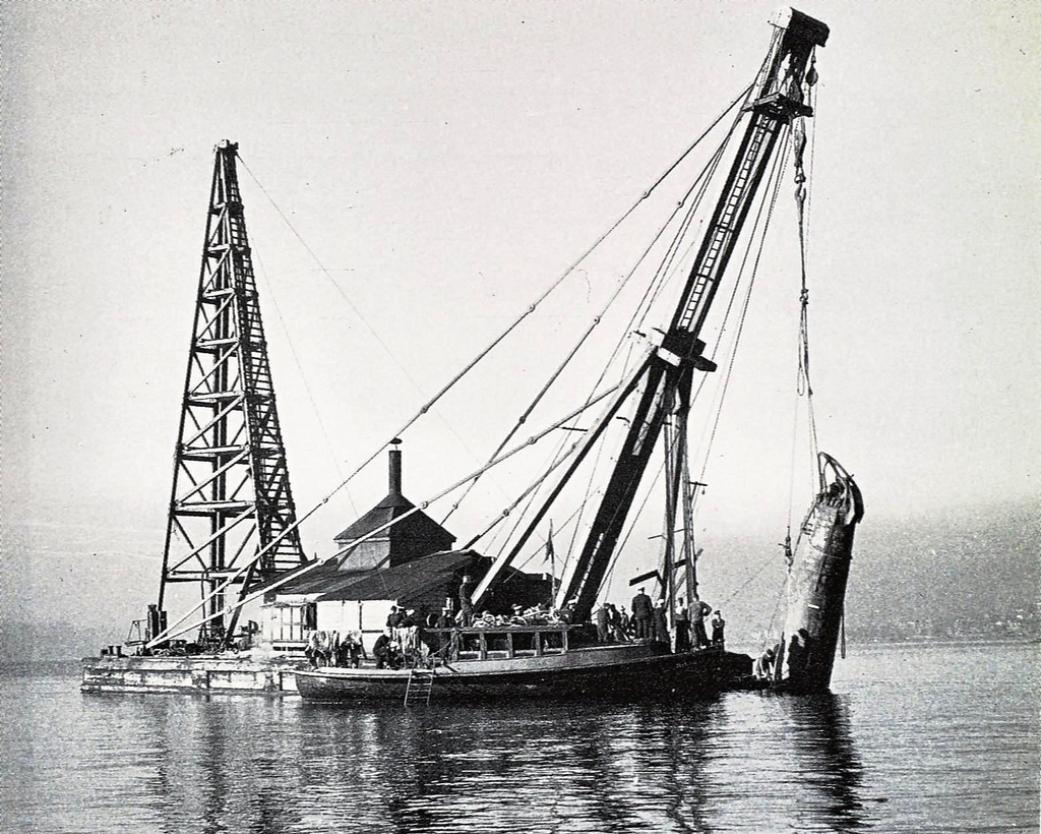
When the Japanese attacked Sydney Harbour. The trees weren’t as tall as they are now at Turramurra then, they were more sparse, and there wasn’t as much traffic noise as you have in Sydney now, so we could hear all the shipping on the harbour and the guns on that particular night. At anytime we could always hear the shipping tooting and carrying on but on that particular night it was action packed.
A bloke flew over Sydney in his aeroplane and we had a searchlight battery just opposite where we lived down in Holmes street, there were three searchlights there, they were manned by the Women’s Army who we knew through spending all our time over there; so their lights were up and all over the sky, and other lights were up too, from the Bondi area and from Parramatta too somewhere, they were up everywhere. It was a very busy night. We could hear the ships moving, we could hear the guns going. To me it was exciting because I was so young but not so to all the adults, they seemed to have a grip on how serious it was.
Oh yes. That was just about when my birthday was, the 27th of May and I think they came in a few nights later. On the night of my birthday, my girlfriend and I, she was one of my bridesmaids later, we went on a ferry to Manly. They later shelled Bondi from the ocean; some poor people copped it along the beach front. We were in Fletcher street, which is up on the heights looking down on Tamarama beach, and between Bronte and Bondi beaches. We weren’t affected; it was the ones down low on the beach that got hit.
Bert King OAM (born 1930 - R.I.P.): In the early days of the war they were sure we were going to be invaded; there was barbed wire all along the beaches, trenches everywhere, and because we were at Scouts we were pulled in, the big lumps of fellows like me, into what we called the NES, the National Emergency Services. I got a yellow armband, a tin hat, had to have a pushbike with a light on it, and a First Aid Kit, and you had to provide your own. They made us go and do the St John’s Ambulance course; I got my first certificate when I was 12. We used to go on patrols.
When the submarines attacked Sydney we were on standby. I remember sitting in the corner of Atkin’s Store on the corner of Loftus and Lagoon Street and Ted Atkins was the leader of the push, and there was Charlie Kerwin, Mick Marlin, and Lenny Marsden’s father, four men and me. We were put on standby and we could hear all the noise going on in Sydney, could see all the searchlights going and all this sort of thing, and we were stood down about 2 o’clock in the morning or somewhere near then, and I always though what a motley looking bunch of heroes we were. I pushed on with the scouting, I stayed in that until I was quite senior.
Gwynneth Sneesby: I joined the Navy in 1942, 9th of December. I was stationed at HMS Penguin which was at Balmoral. We did our Basic Training there, which was more or less marching around the oval and teaching us discipline. At the end of six weeks there were ten girls whose names were called out, and I was one of them, and they said, well you’re going to go to HMS Kuttabul, which isn’t in Garden Island as everybody thought. Garden Island was where the Kuttabl was moored and there was Garden Island, Pott’s Point. Garden Island was being connected to the land at this stage, in those days. They were making a road, called the ‘Burma Road’. Until then it was definitely an island.
Why did they carry on HMS Kuttabl even though she had been sunk? It was a tribute I suppose, to all those sailors who were lost during that time. The Kuttabl was a training ship and all those boys lost were young trainees, some still teenagers. HMS Kubttabl was what was on our hats. It’s still the Kuttabl today. I was home here at Mona Vale the night that occurred.
What was your role during this conflict?
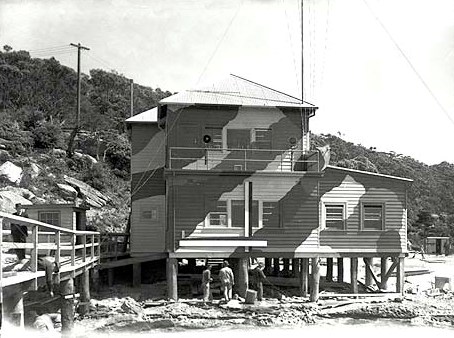 We were told we were to go to Bradley’s Head. We didn’t know what Bradley’s Head was and we were quite worried because we didn’t know of anything being there. An establishment had been built there by the American Navy, a camouflaged two storey building and it was called the Degaussing Range. I think because of my ticket writing training they decided I could do this work and we worked on charts there.
We were told we were to go to Bradley’s Head. We didn’t know what Bradley’s Head was and we were quite worried because we didn’t know of anything being there. An establishment had been built there by the American Navy, a camouflaged two storey building and it was called the Degaussing Range. I think because of my ticket writing training they decided I could do this work and we worked on charts there.
Degaussing is the process of decreasing or eliminating a remnant magnetic field. Degaussing was originally applied to reduce ships' magnetic signatures during WWII. It was the testing base really for degaussing; which is a bit of a complicated situation; but we used to operate ten instruments and from that the Electrical Officers who were with us would calculate the amount of electrical current that had to be passed around the hull of a ship to repel the magnetism of the mines, to make them safer in waters where there were these magnetic mines. It was quite a technical job.
We didn’t do the calculations. We operated the machines. It was similar to those heart monitors that have the lines going up and down and the ten gauges, we had to operate those while the ship was going across the harbour and their magnetism was being recorded on these machines.
We would then take off the tape off these twelve machines and put them together and we would trace over those and give them to the Officers and they would calculate the necessary adjustments that needed to be made to the electrical current. They were the clever ones. It was very interesting. The Navy, the American Navy, stayed there for a couple of weeks to teach us girls how to operate the machines. There were ten of us who worked there, and four Naval Officers. There was a lot of camaraderie between us girls.
To get to Bradley’s Head from Mona Vale we had to go to The Spit on the bus then a tram which finished at the Zoo (Taronga). Then we had to walk through Ashton Park to get to Bradley’s Head. It was quite a walk. When we wanted to go home we often use to catch a lift from various boats from one of the ships that were anchored in the harbour. If they were going ashore they’d come past and see if we wanted a lift. We had a jetty out to the end of the degaussing establishment and we used to get a ride from any boat going past that was going to Man O’ War steps at Garden Island. The girls would signal to them.
How many ships were in the Harbour? Lots of them, lots of Merchant ships. They used to moor at Chowder Bay, which was just around the corner, and would have to pass us. They were bringing goods and supplies to Australia. When I think about it nowadays and all the dangerous things that happen to ladies, we were just so innocent, not thinking anybody would harm us, getting on boats with strangers, people from other countries, just to get a lift. You wouldn’t go on your own of course, there would be two or three of you. There were real gentlemen and real ladies then.
A week later, on the 8th of June 1942, just after midnight again, a Japanese submarine I-24 travelled at periscope depth about 9 miles south west of the Macquarie light near Sydney. The I-24 surfaced and pointed its deck gun towards Sydney. Commander Hanabusa gave target instructions to gunnery officer Yusaburo Morita to aim directly at the Sydney Harbour Bridge. As they travelled in a north west direction towards the coast, Morita fired his deck gun across the bow of I-24. He fired 10 shells within 4 minutes. The shells came down in the eastern suburbs of Rose Bay, Woollahra and Bellevue Hill. No 1 Simpson Street Bondi was also hit. Fortunately only one gentleman was injured in fracturing a foot as a result of this attack.
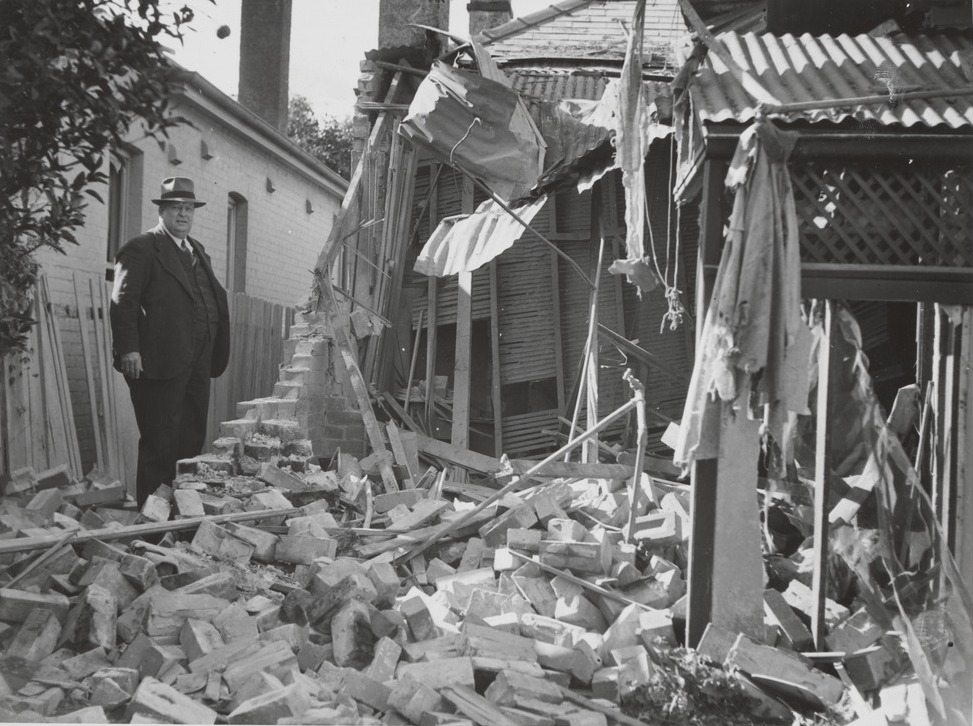
Japanese shelling of Bondi, courtesy State Library of Victoria. Image No 0- 2355037
SYDNEY, Mon: The old Hawkesbury River bridge, over which all men and materials going north from here had to cross, was one of the targets of the Japanese midget submarines which entered Sydney Harbour. This was stated by Mr. McKell, Premier, when he opened the new Hawkesbury Bridge today.
The new bridge was begun in 1939, and replaces the old one, which was completed in 1889 to become the last all-rail link between South Australia, Victoria, New South Wales, and Queensland.
Diagrams found among the Japanese submarines' papers showed points to be attacked, and had a red dot on the Hawkesbury Bridge, Mr McKell said.
Construction of the new bridge had continued throughout the war. All men and materials were Australian. Mr. Hartigan, Railways Commissioner, said about 3,000 trains a month crossed the Hawkesbury. HAWKESBURY BRIDGE WAS JAPANESE TARGET (1946, July 2). The Argus (Melbourne, Vic. : 1848 - 1957), p. 3. Retrieved from http://nla.gov.au/nla.news-article22319821
They were trying to stop the Japanese coming into Pittwater. There was a net across the mouth of Pittwater, which you had to go through if you wished to go out to sea. I used to go fishing a little bit then and I remember hating having to go through that net gate.
I remember my father used to go fishing at that time with some of the local people and I too would go out sometimes. I always remember the fact that you had to go through the gate to get out to sea – we didn’t do this very much as no one wanted to be out in the ocean at that time with so many Navy vessels and possible submarines and enemy ships out there.
I remember we’d fish underneath West Head and the guns would be up there and they’d point them down on us! So I knew they were there.
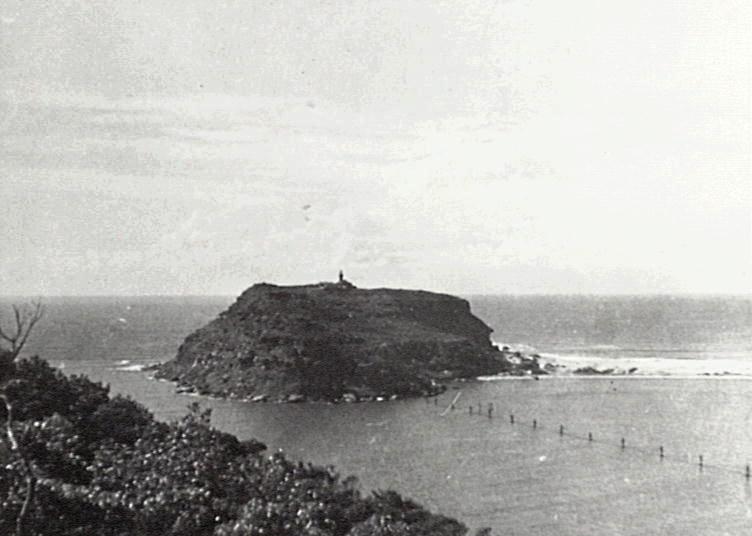
Anti-submarine net between Barrenjoey Headland and West Head. Courtesy Les Wright. Held in MonaVale Library local history unit.
Opportunity To Visit Submarine War Grave Renews Memories Of 75 Years Ago
Shifting Storms To Bring Extreme Waves, Damage To Once Placid Areas
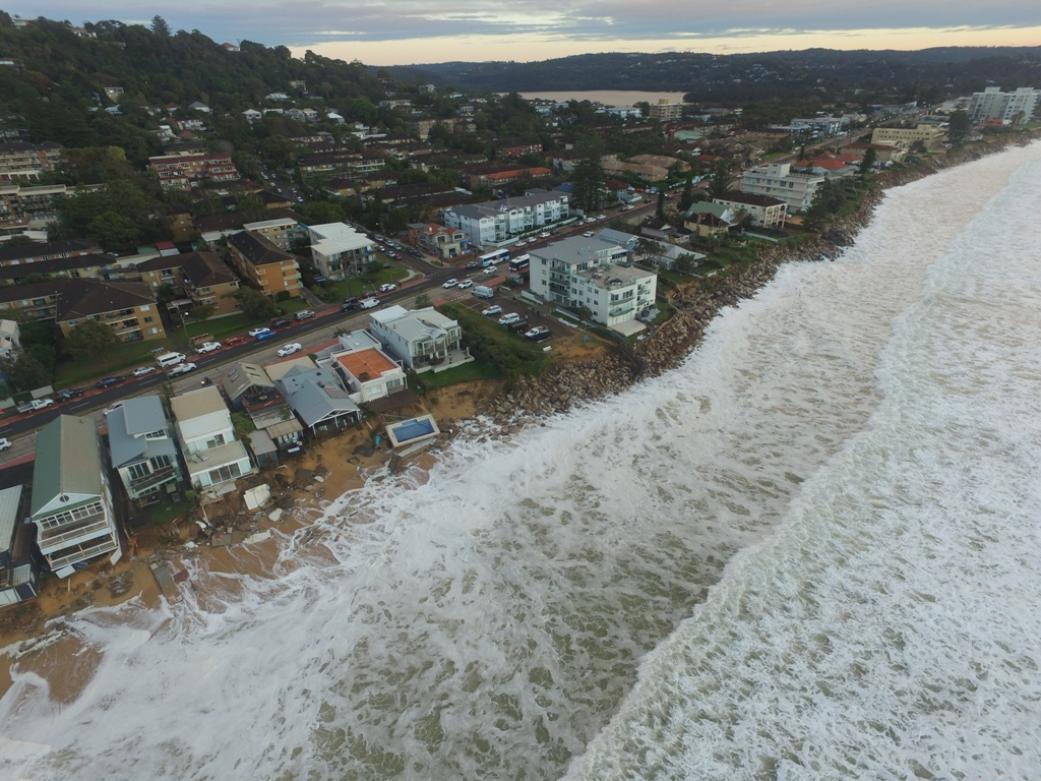
Shifting Storms To Bring Extreme Waves, Damage To Once Placid Areas
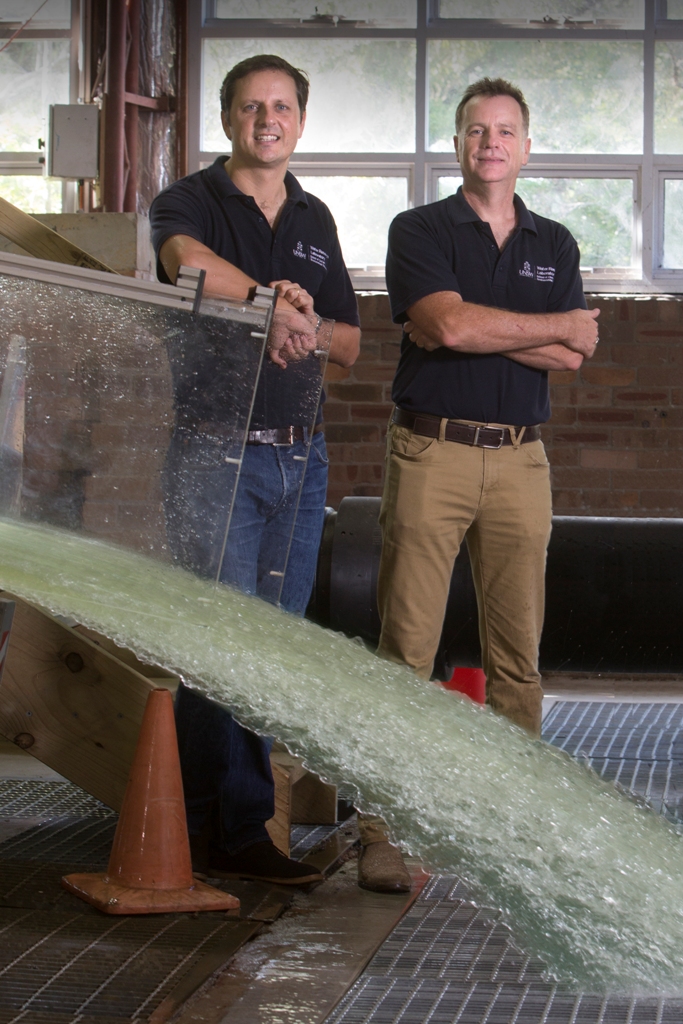
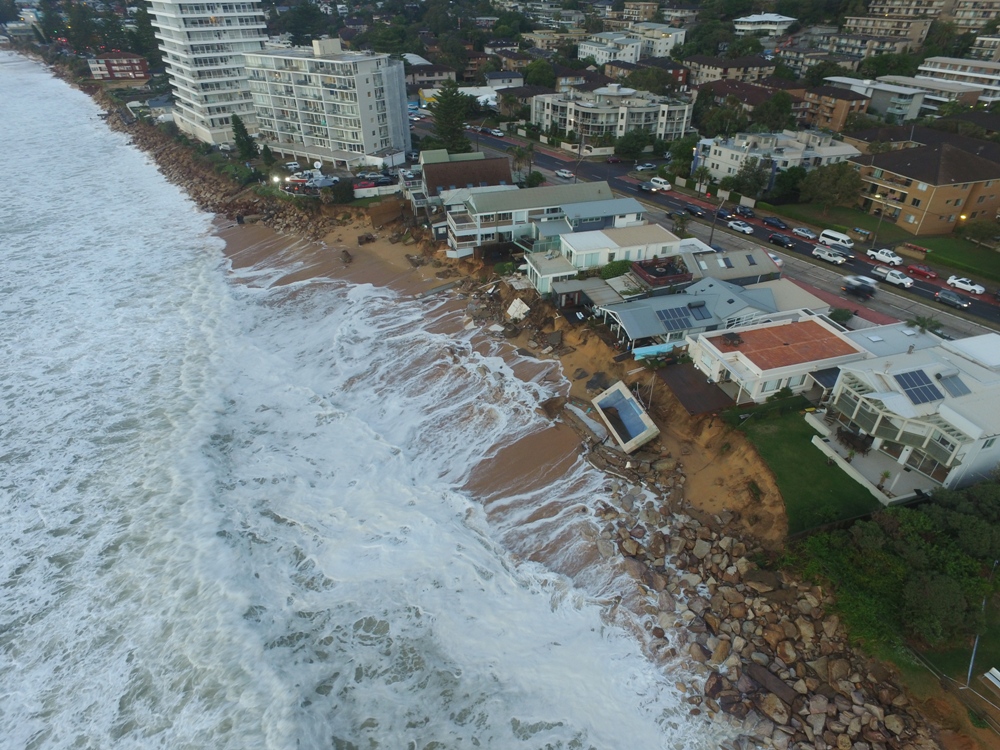
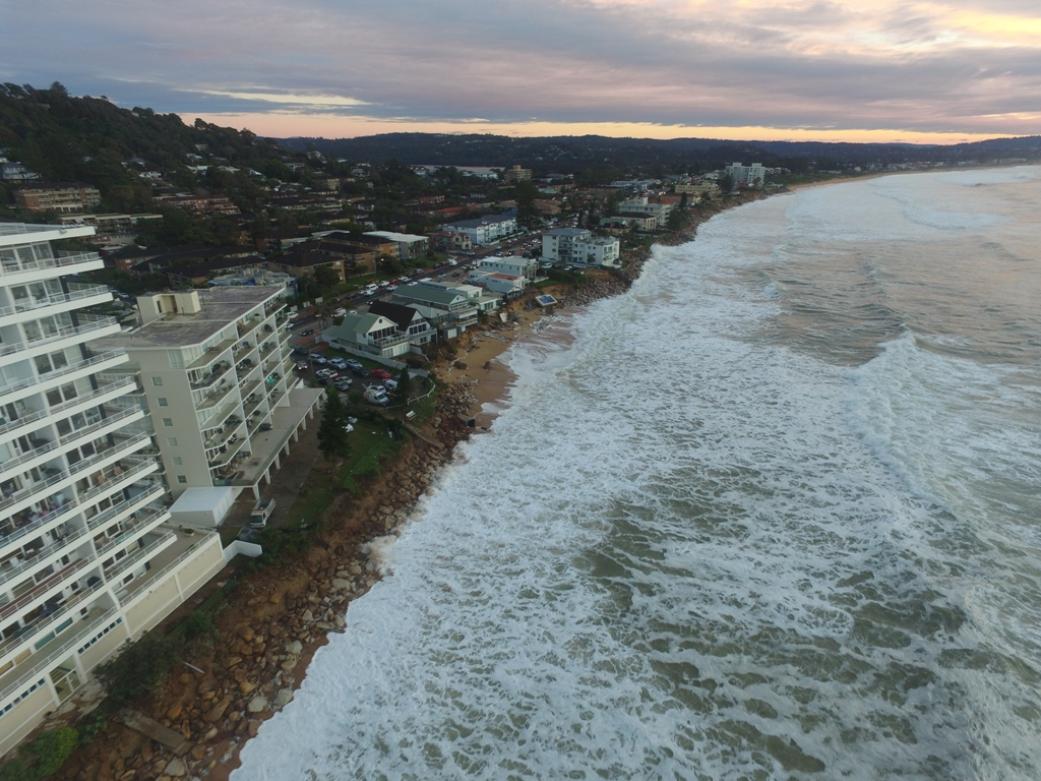
Winter Bird Party
By Joanne SeveRegular contributor has sent in these great photos of a family of Kookaburras, Cockatoos, Magpies and resident mynahs to share with our younger readers.
Looks like Joanne is getting ready for this years annual Bird Australia Bird count and she wont have to go too far as these pictures were all taken in her own backyard.
For those wondering which are the baby kookaburras and which are the mum and dad- the ones with the fluffier looking top feathers are the young.
Kookaburras are family oriented birds. Their groups usually consisting a breeding couple, other adult non-breeding birds (who share the load with incubation, baby sitting, feeding, teaching skills necessary for survival and defending territory boundaries), immature birds from previous broods and juveniles.
The Kookaburra rarely eat fish despite their Kingfisher name, nor do they drink much water, being like raptors (birds of prey like eagles, owls) and getting most of their moisture from their prey. They eat small snakes, lizards, rats, mice, snails, worms, grasshoppers, crickets, cicadas, beetles, caterpillars, ants, yabbies & crayfish, spiders, frogs, the odd small bird, various insects and invertebrates. They watch in silence from a vantage point in a tree, and then swoop down to catch the prey.
Magpies are another local bird that is family orientated, has a wonderful song, and will keep a good balance between insects and pests we need and not having too many of them.
Time for Joanne's photos - they can tell you their own story!:-
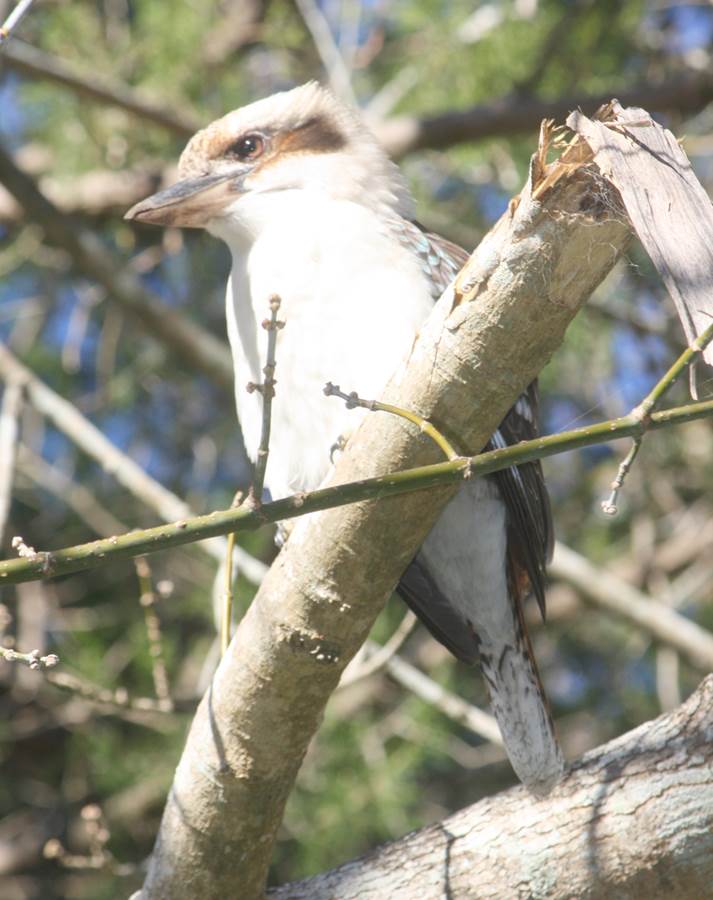
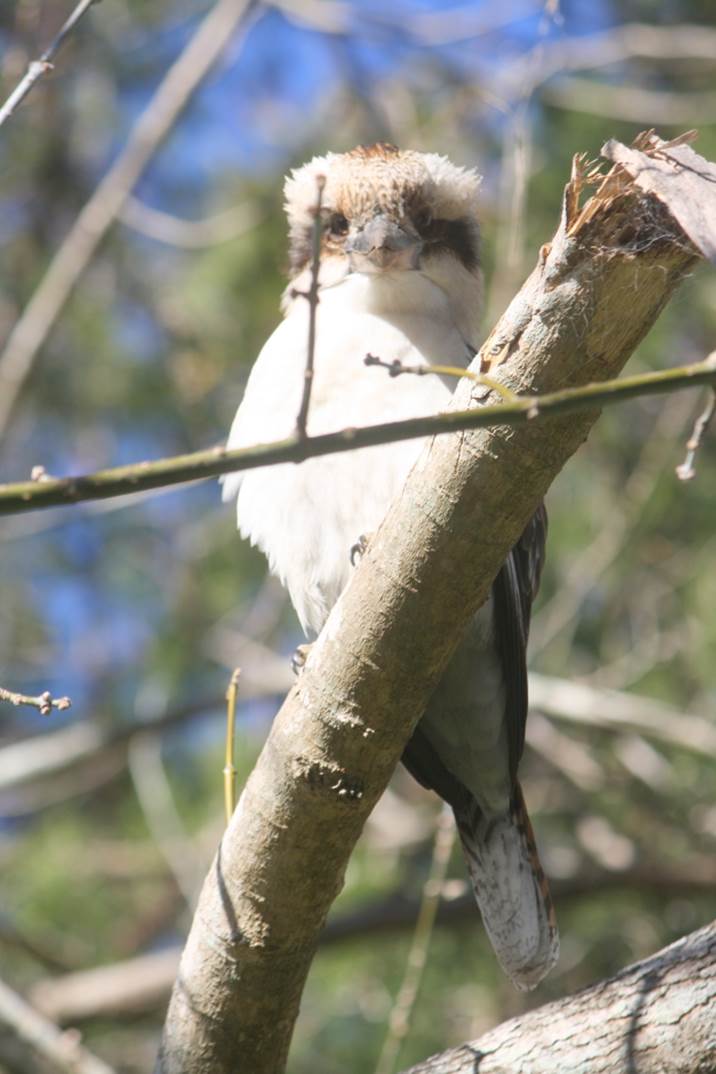
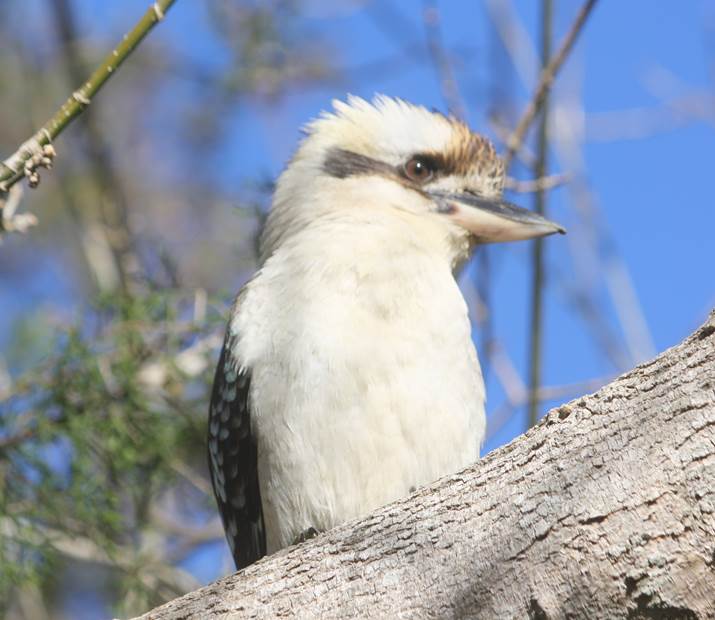
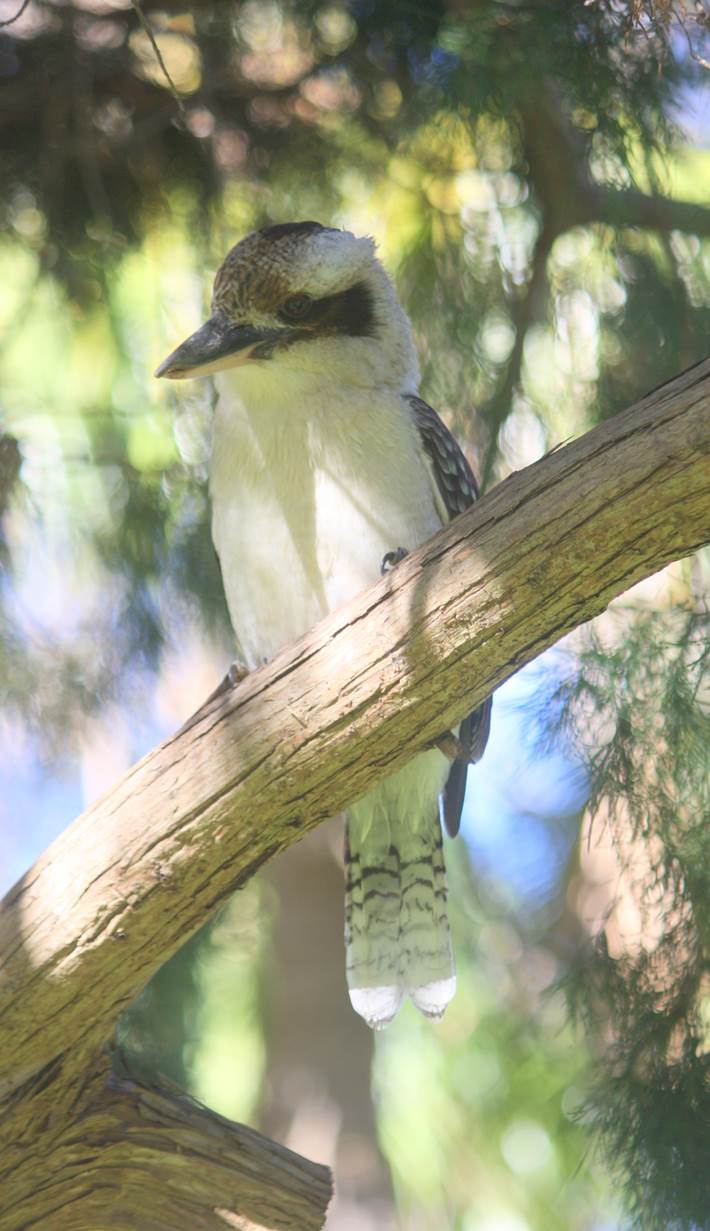
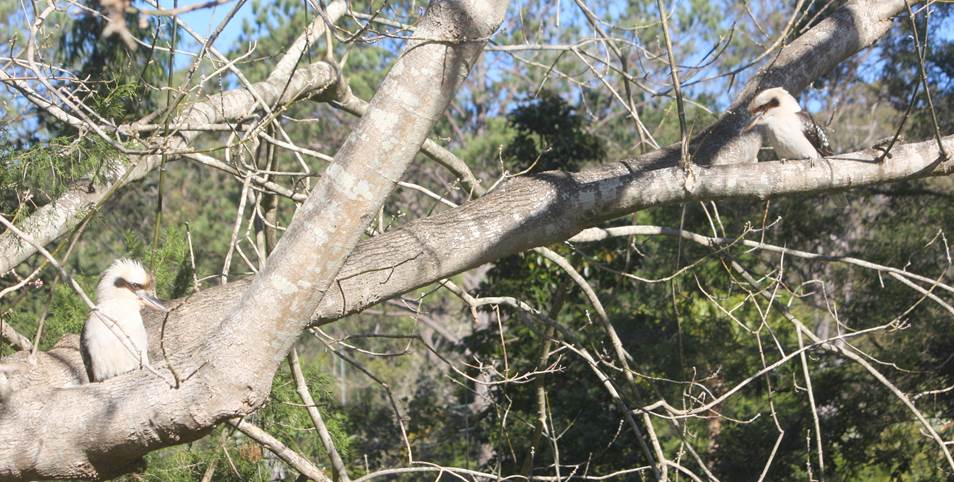
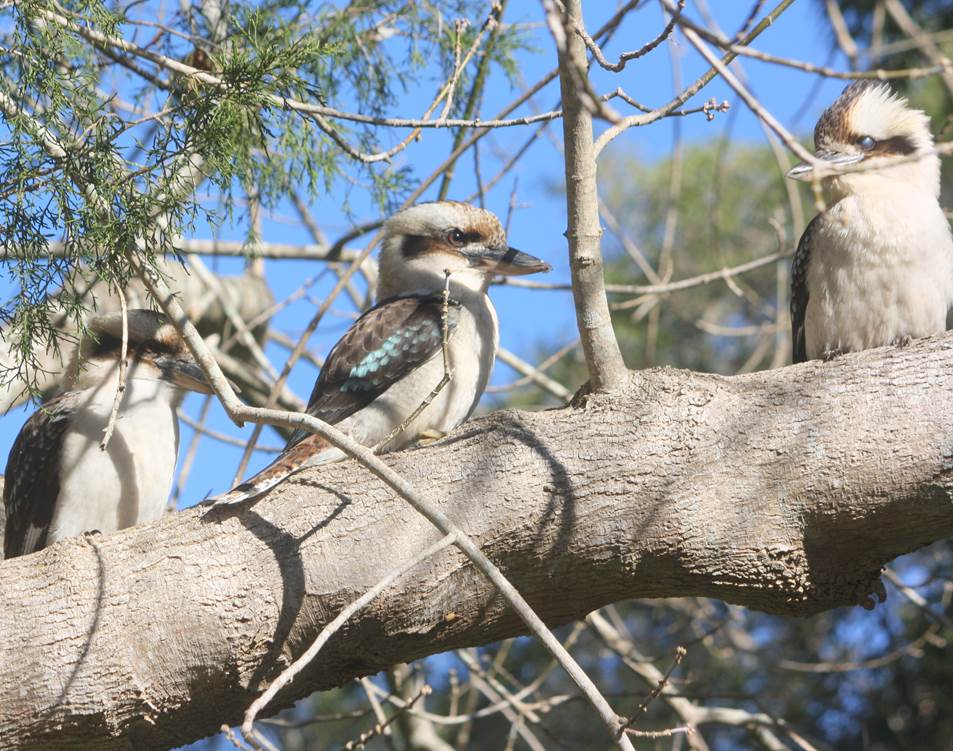
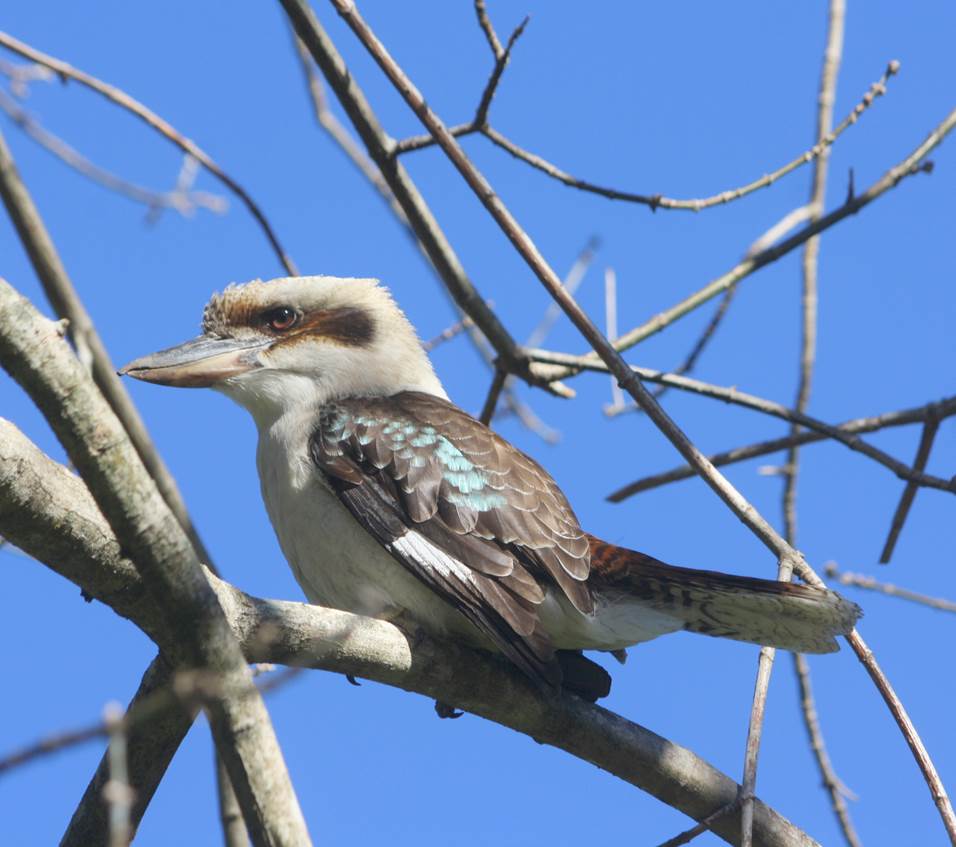
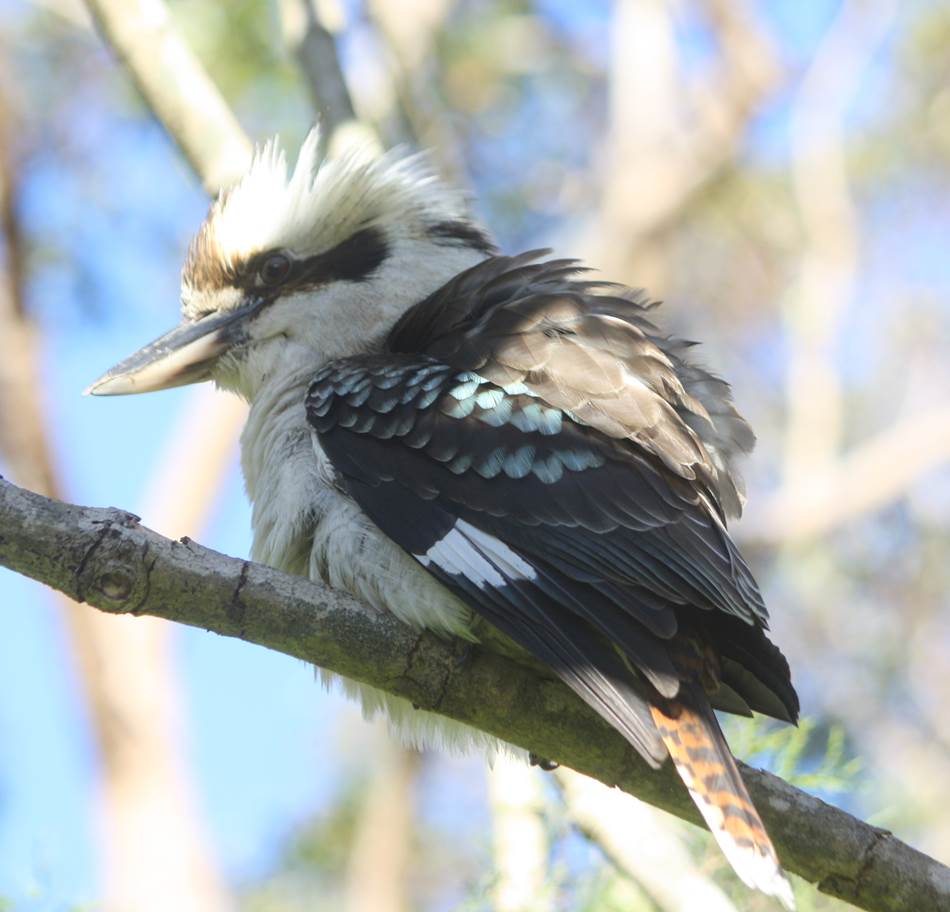
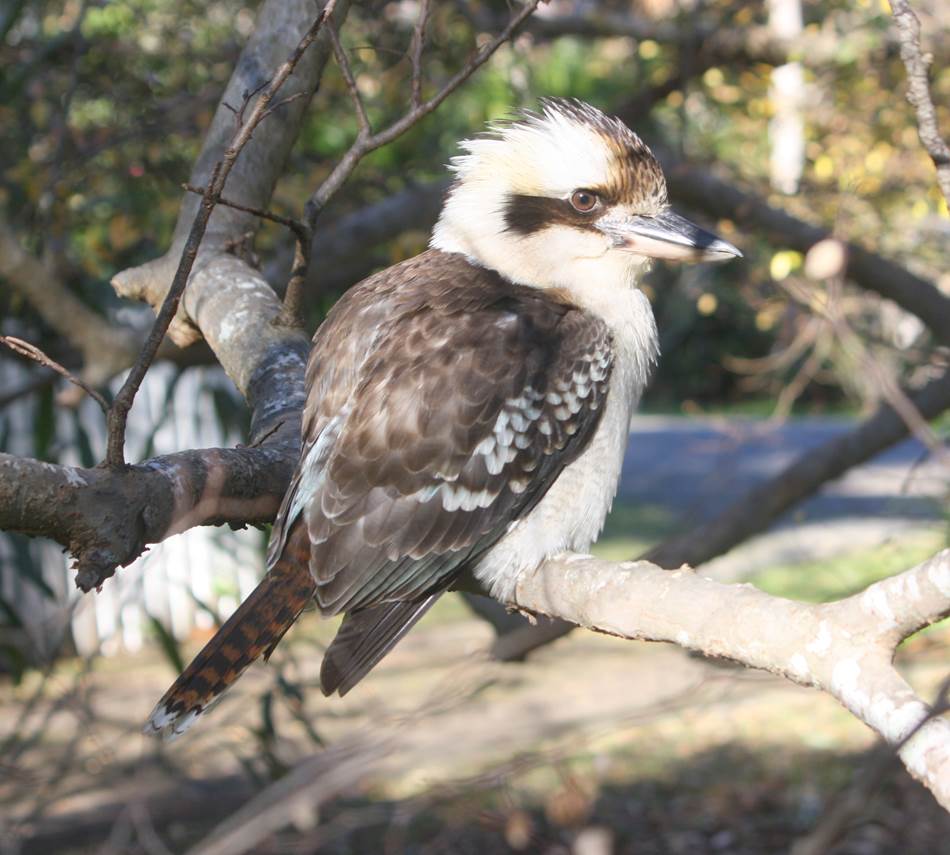
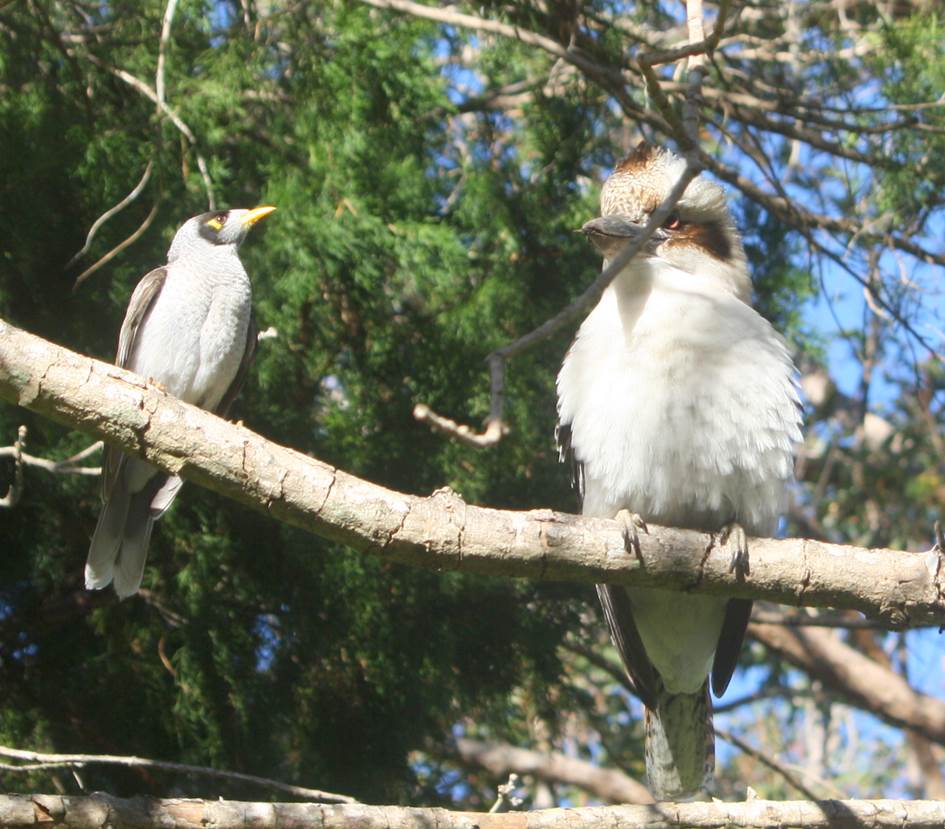
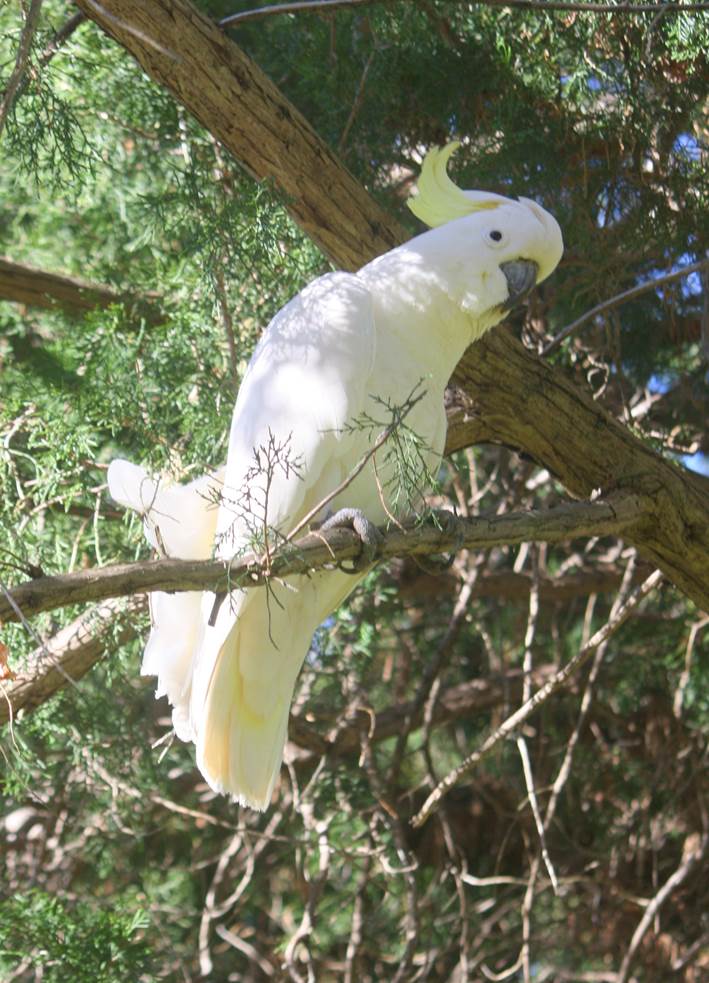
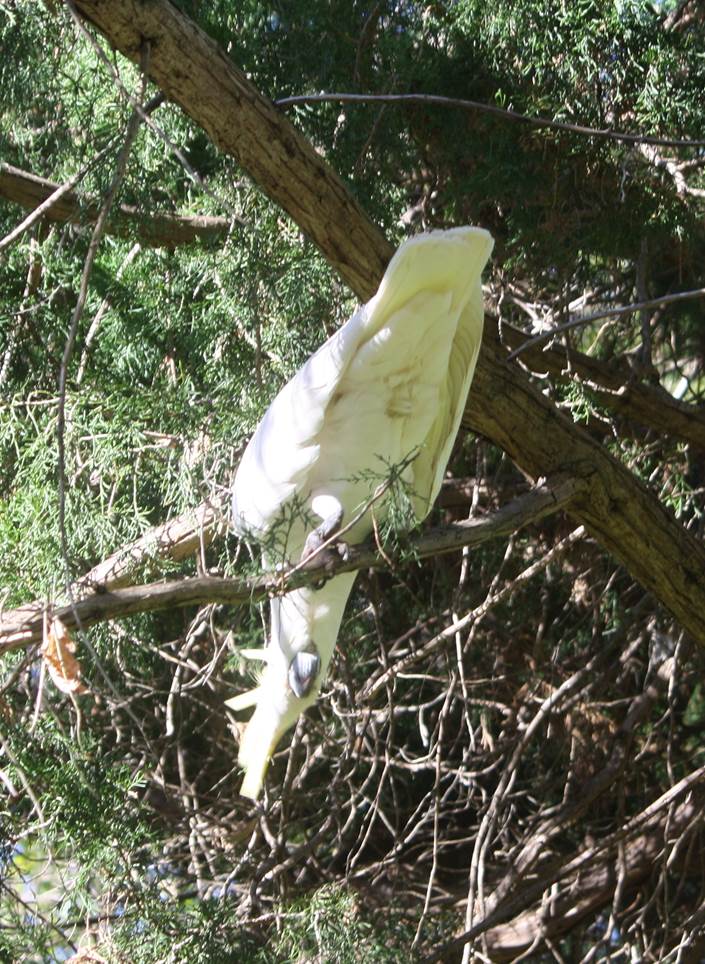
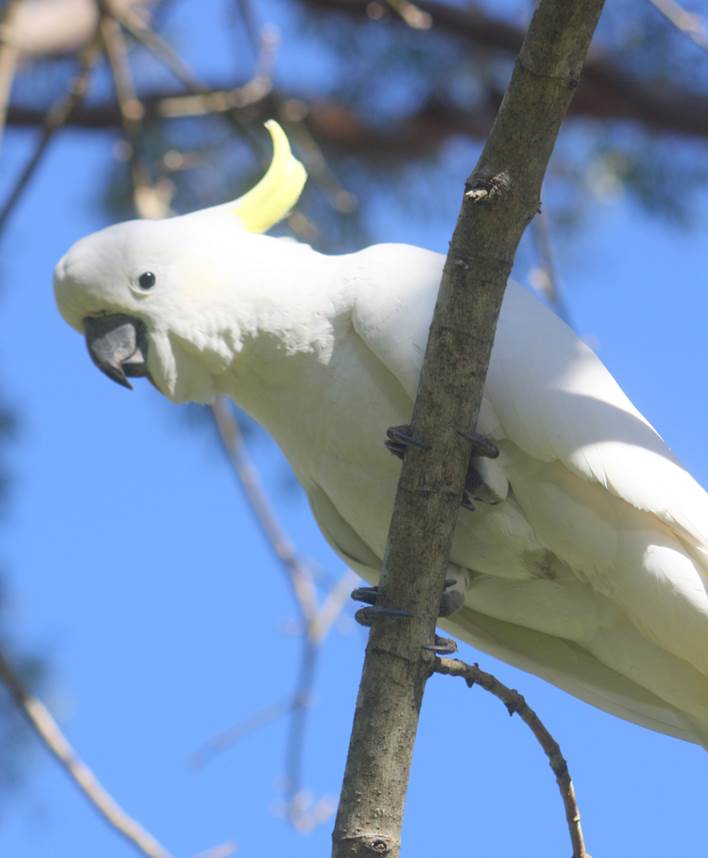
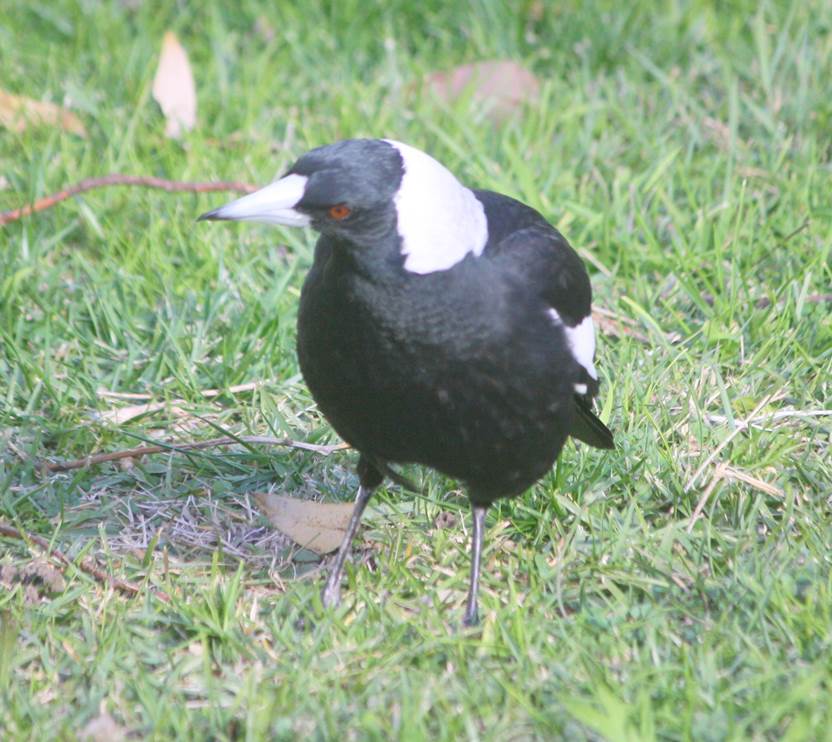
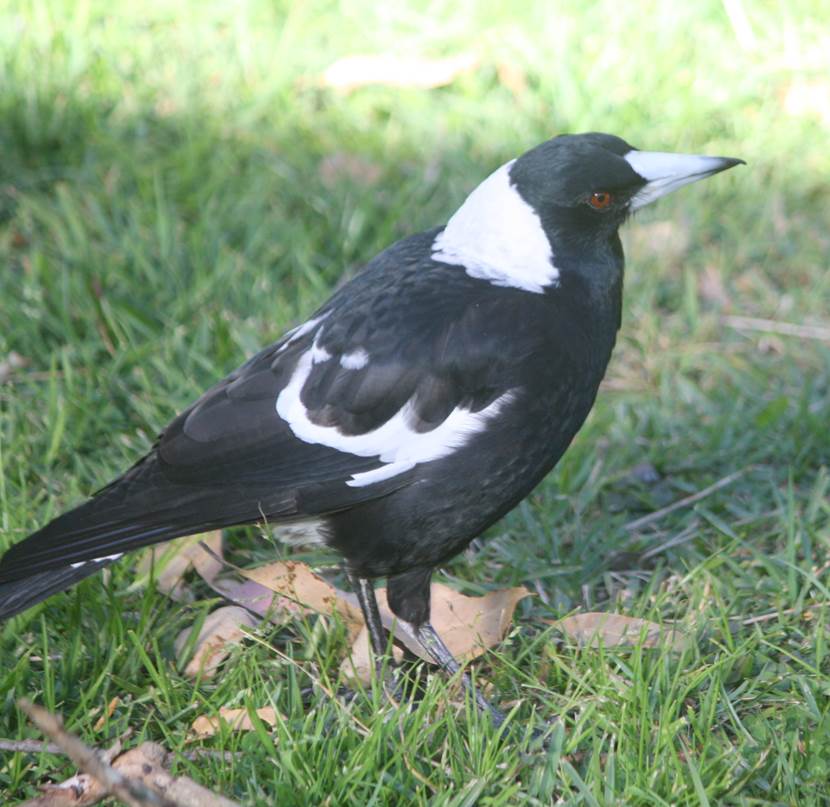
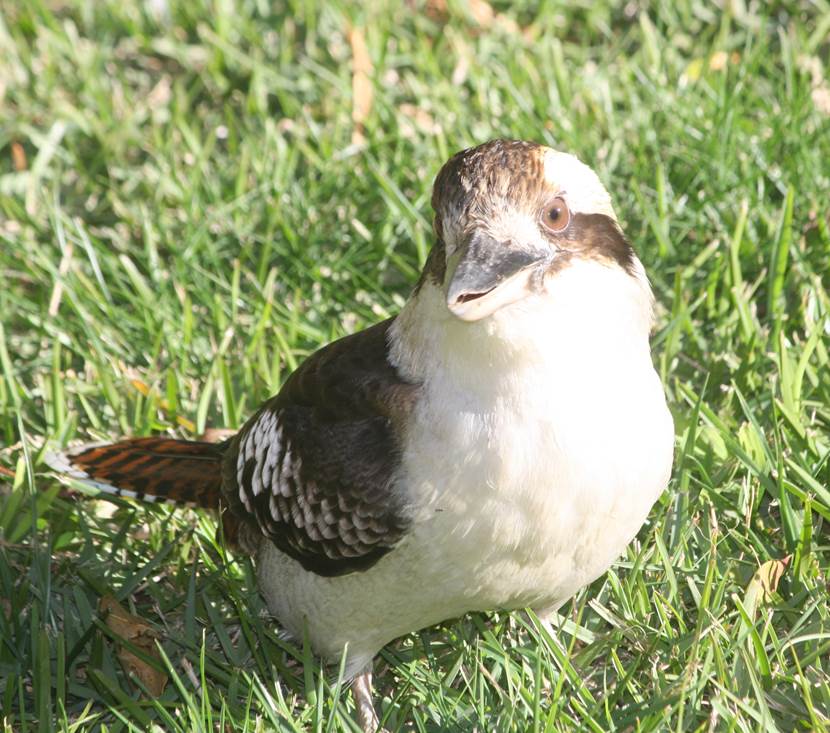
Some Recollections Of Early Bayview
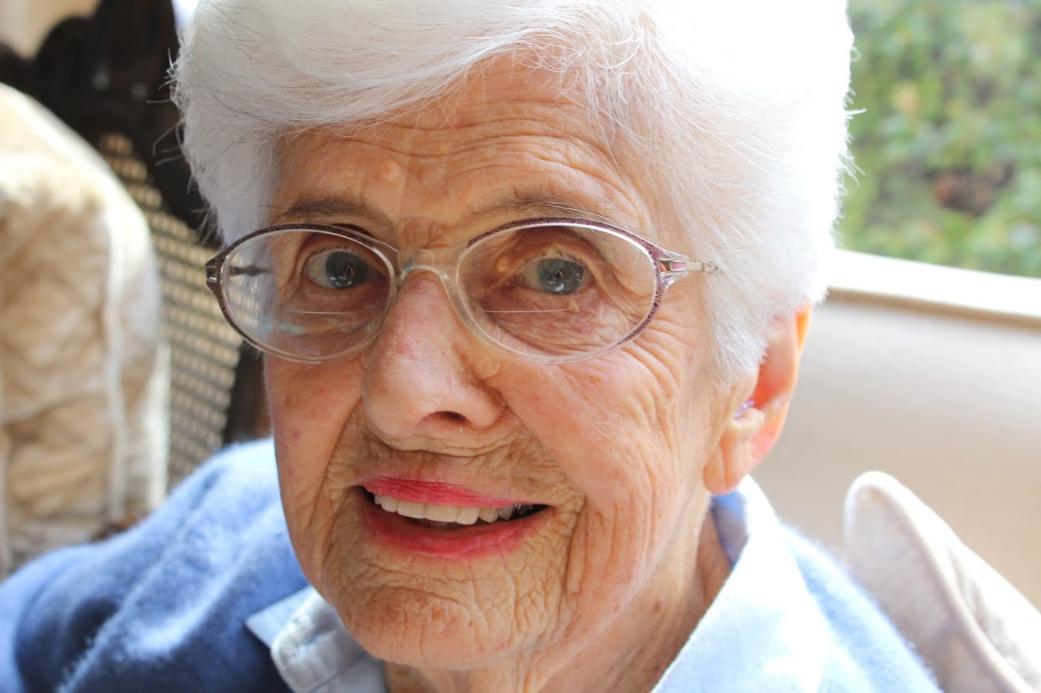
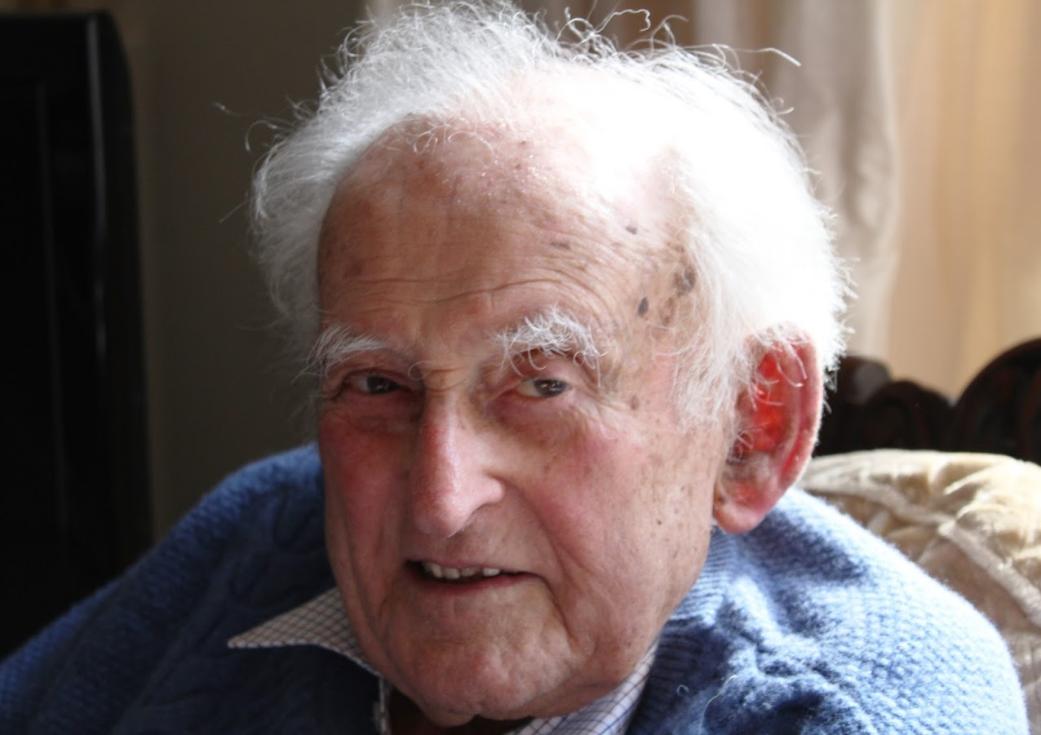
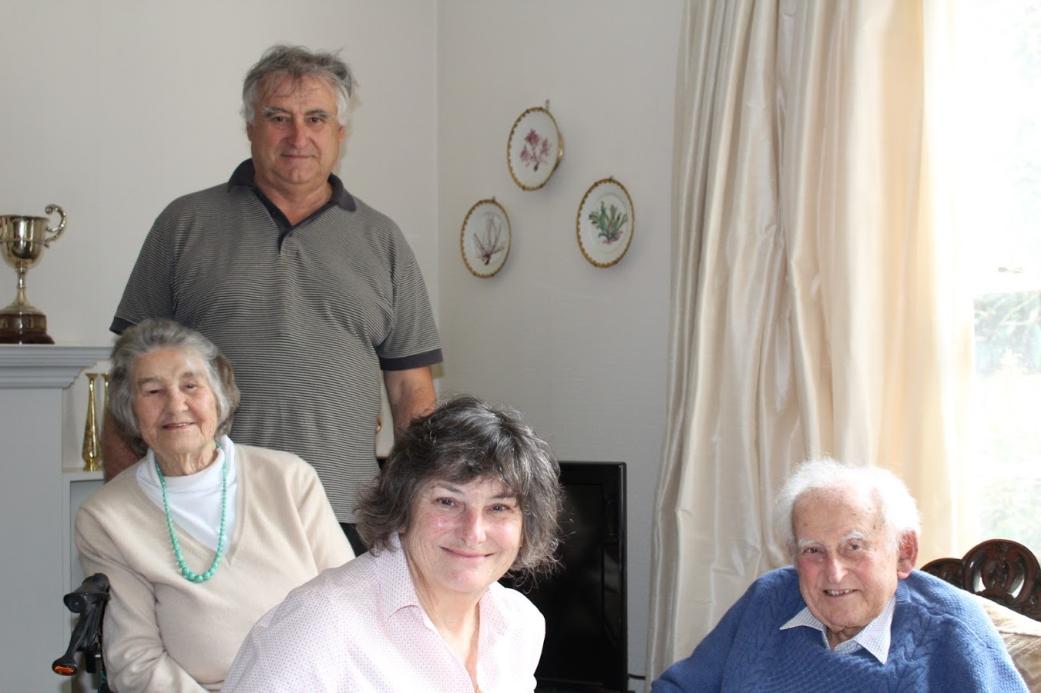
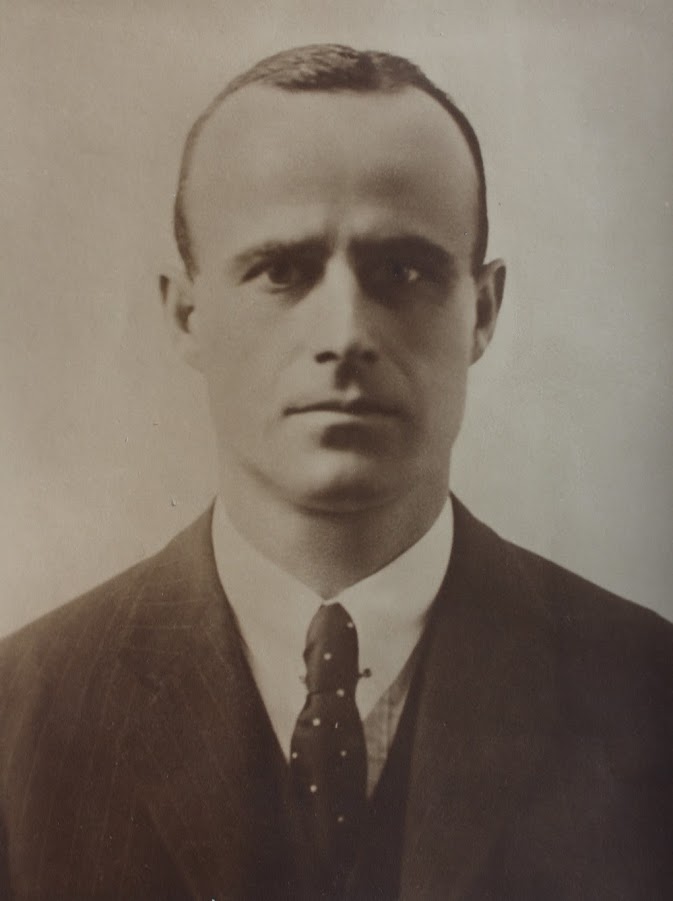
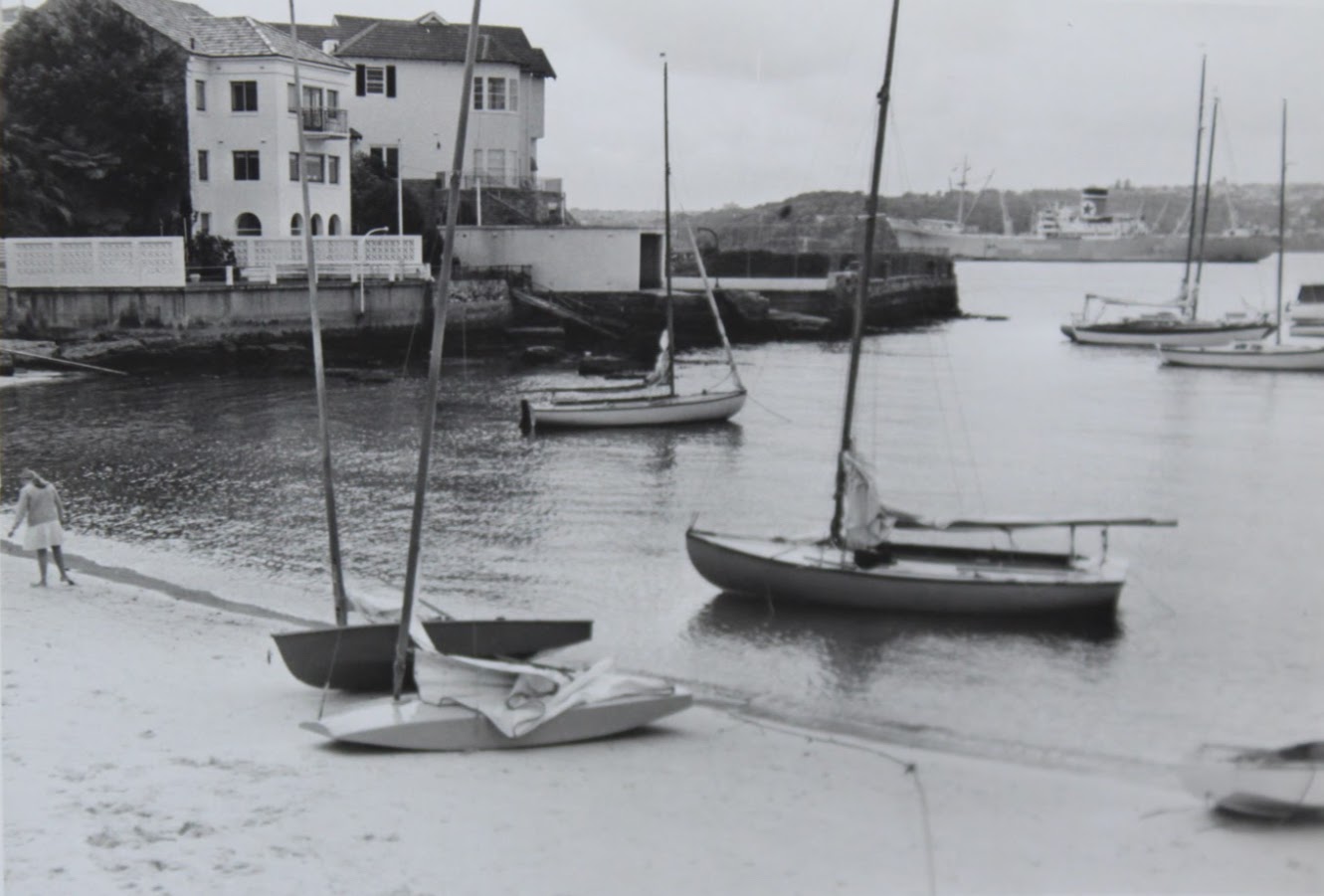
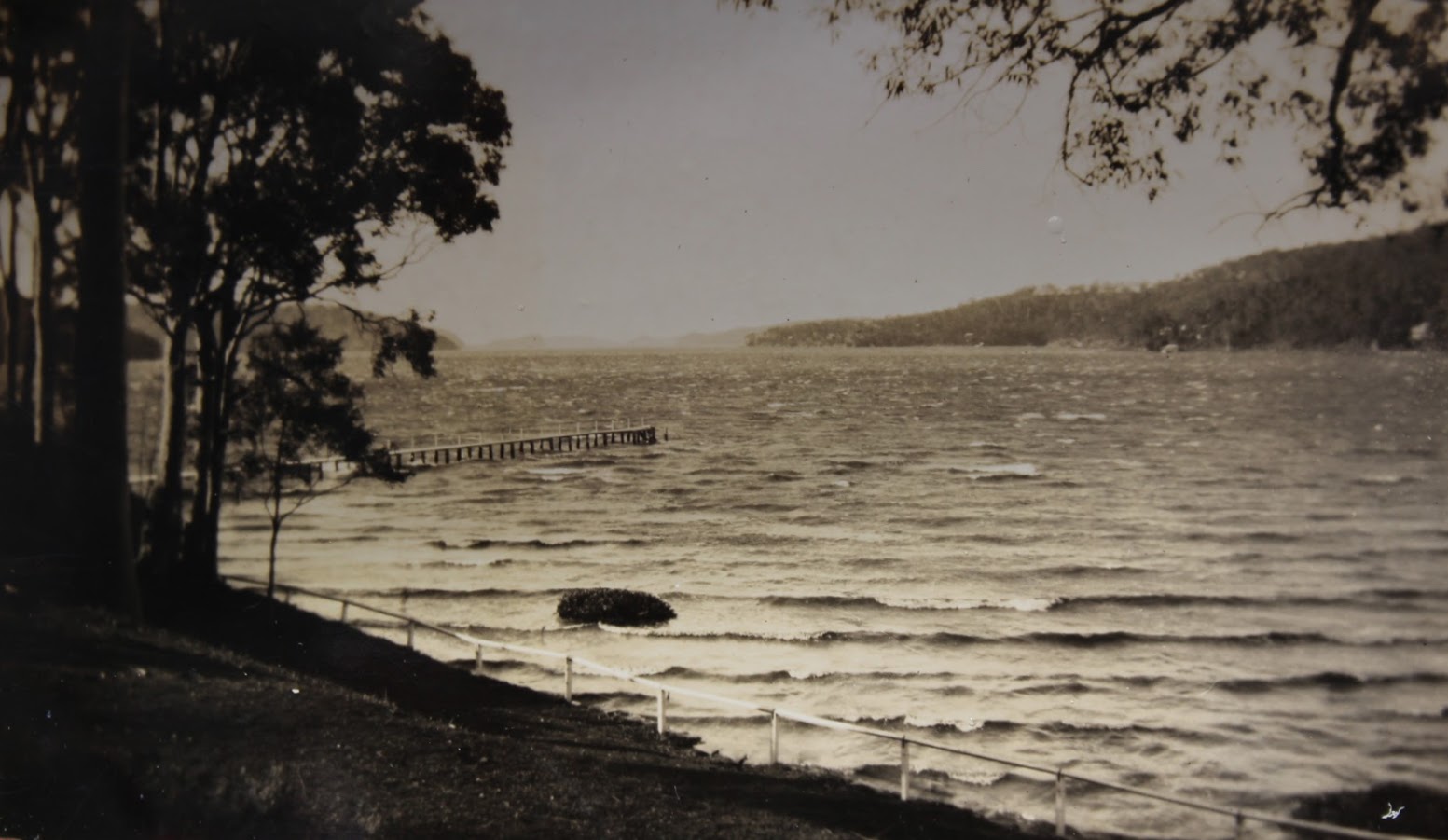
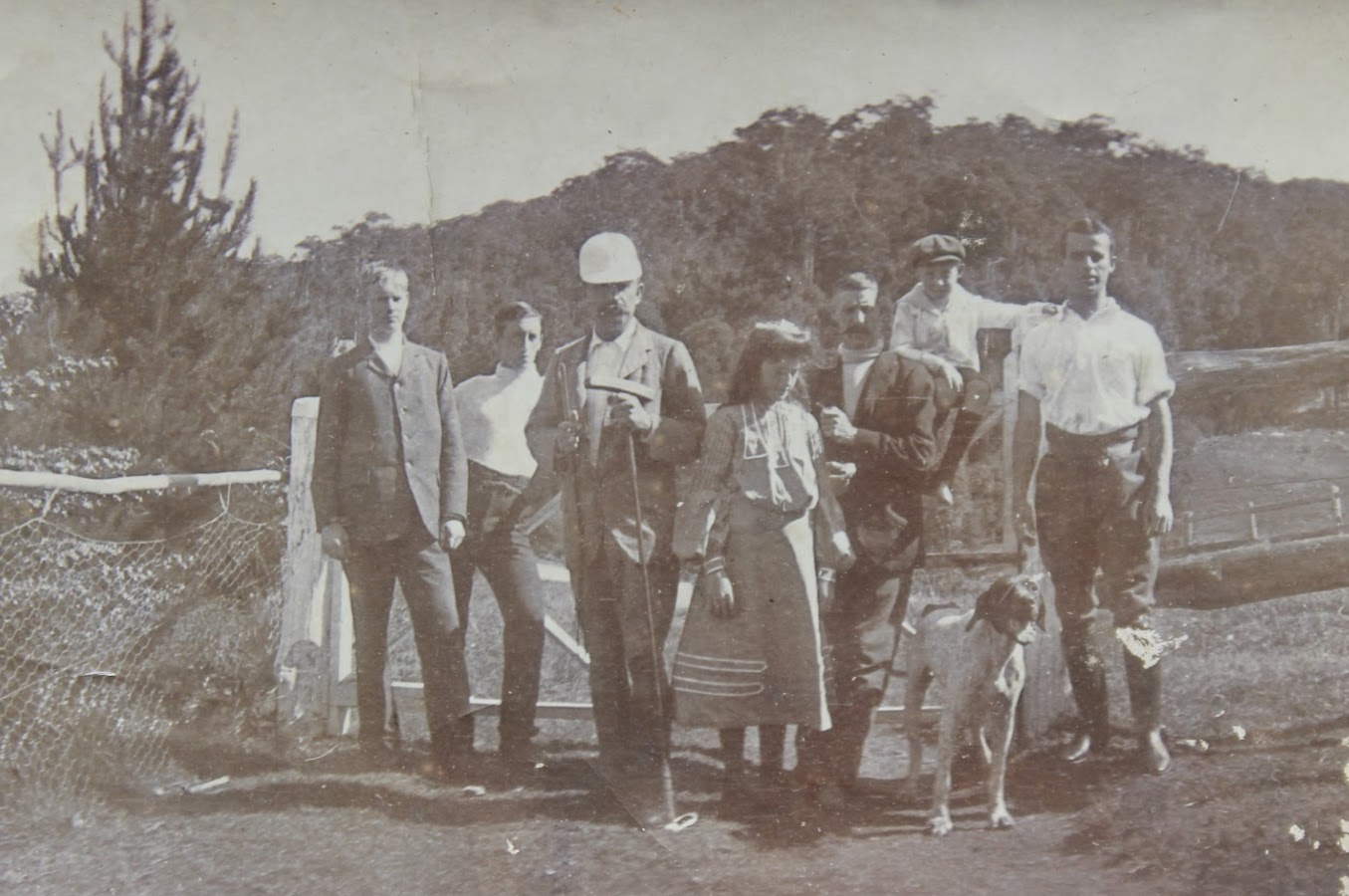
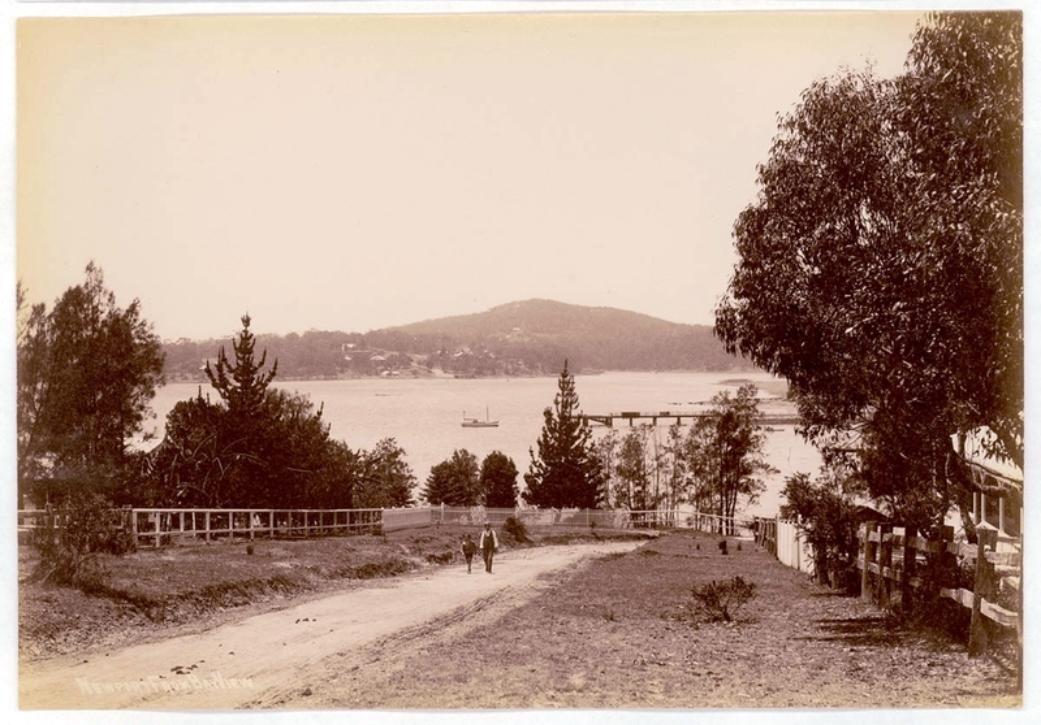
Above: 'Newport from Bayview', ca. 1900-1910, Image No.: a116491, courtesy State Library of NSW.
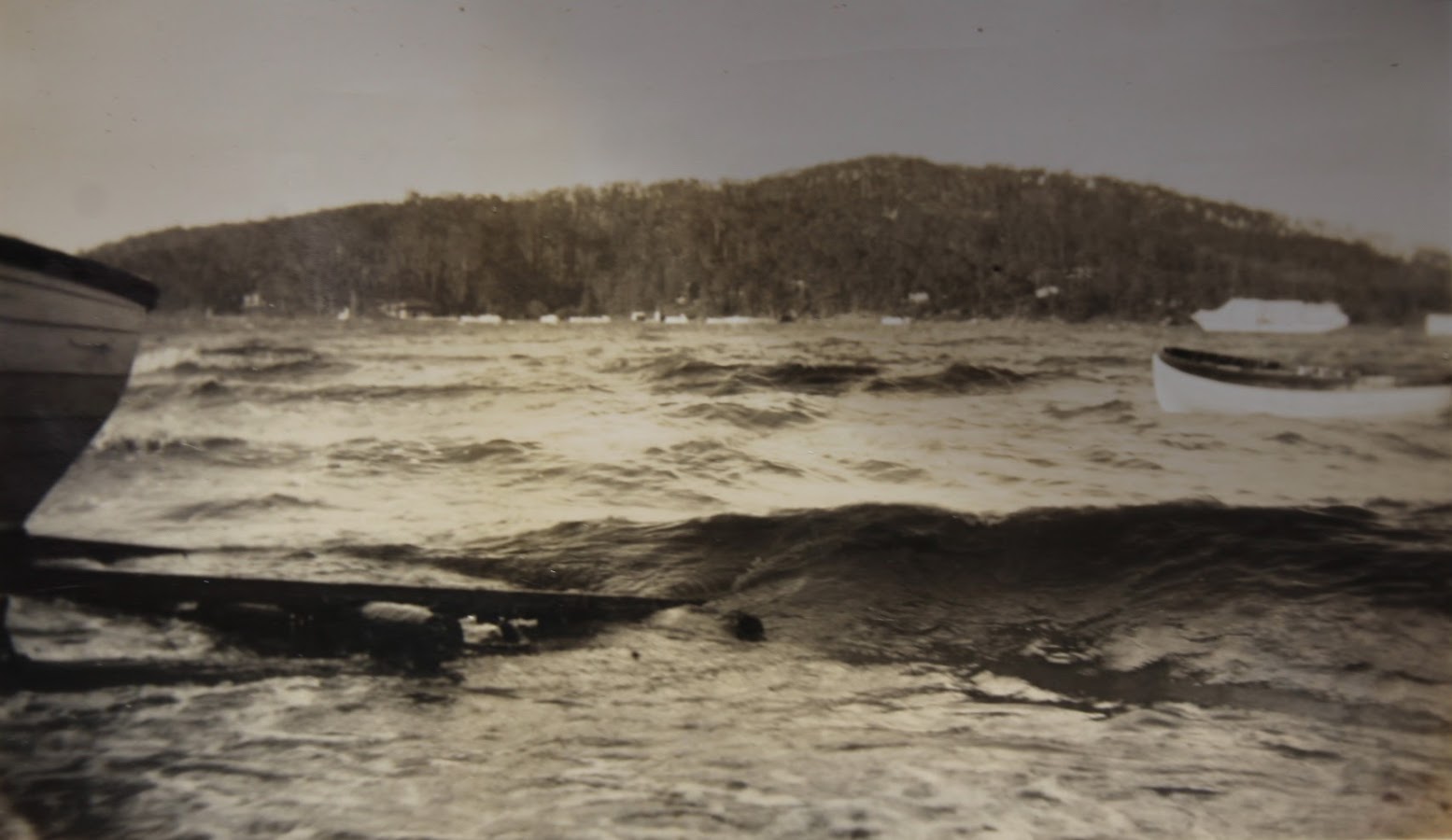
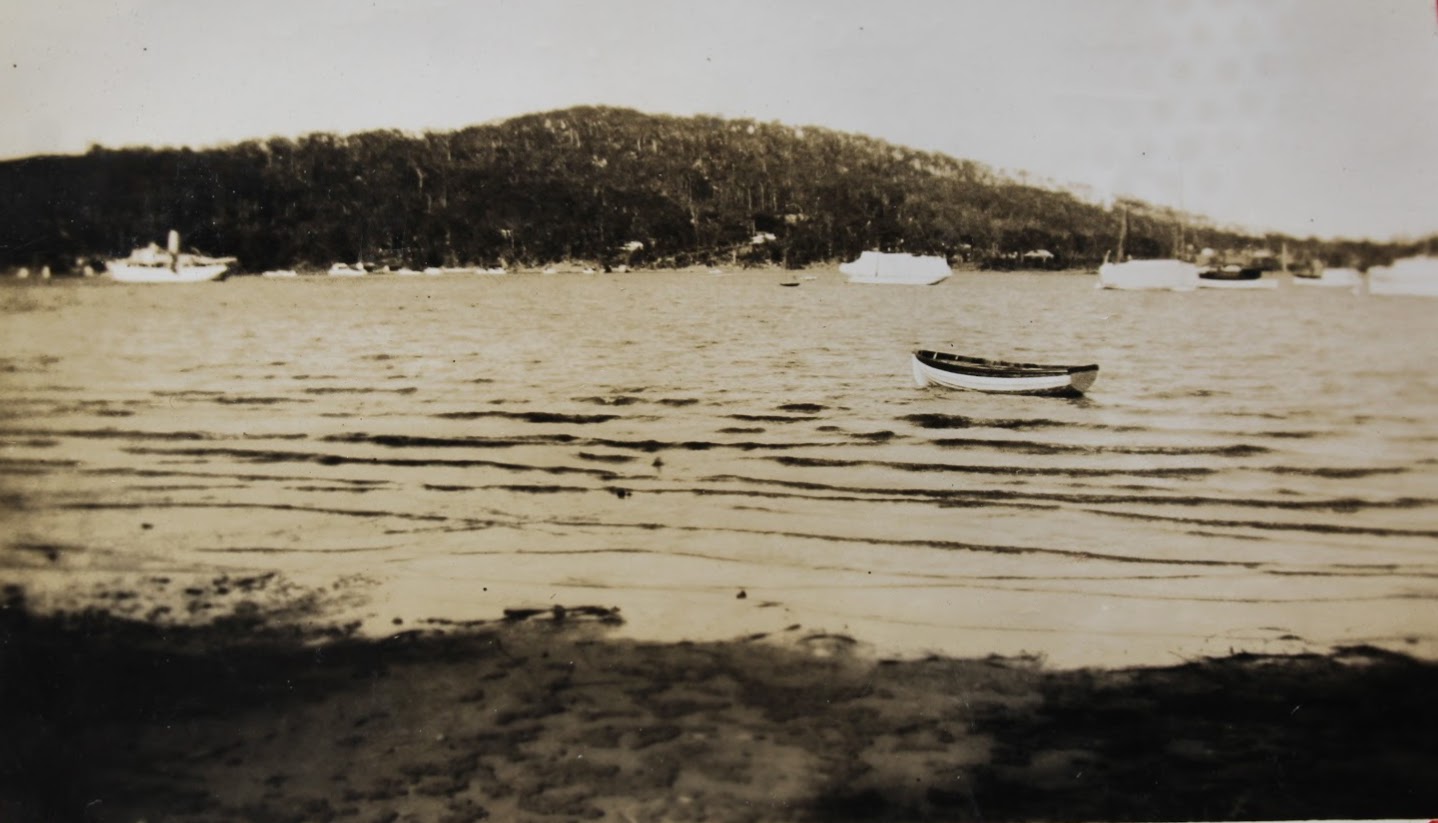
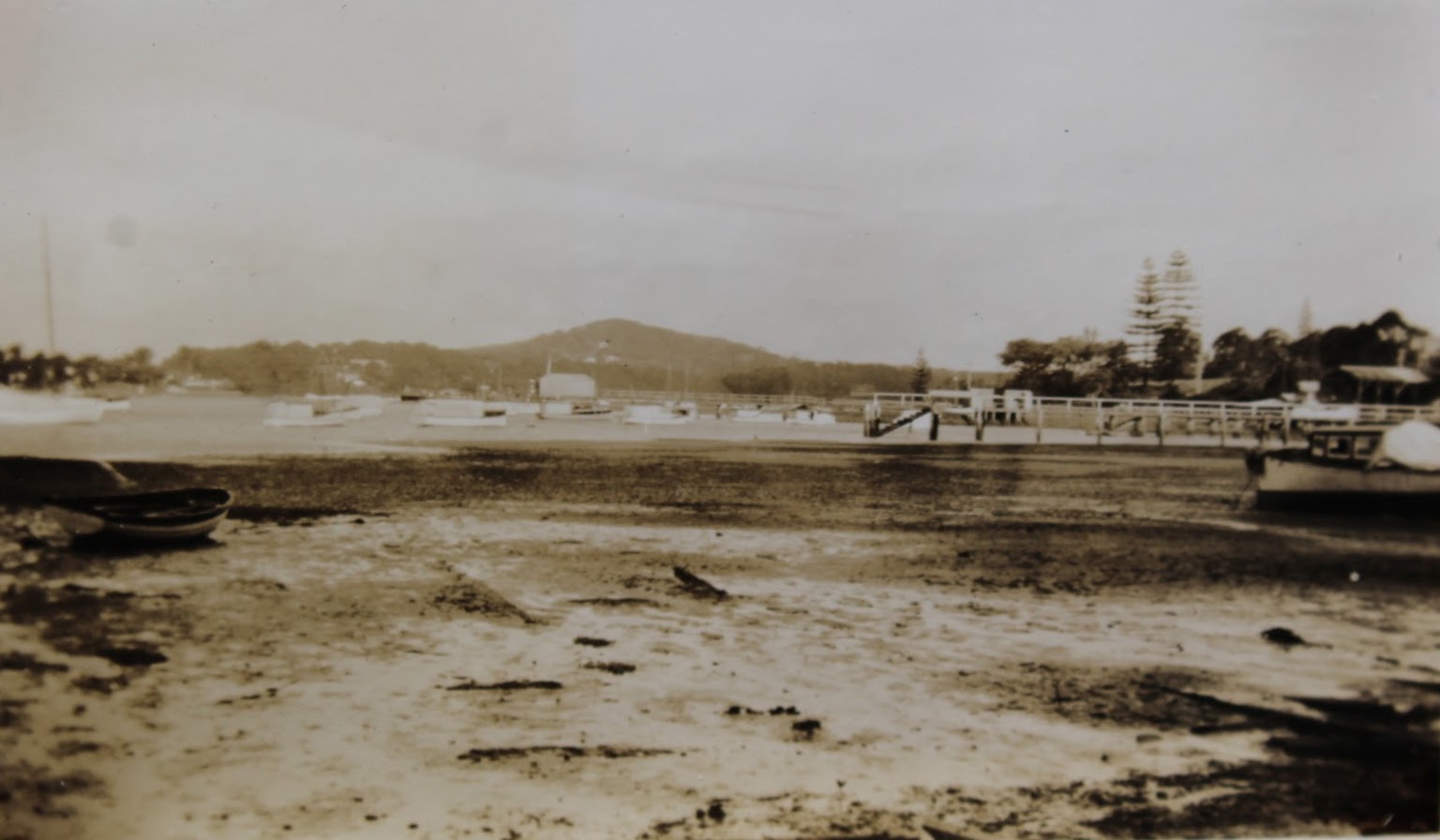
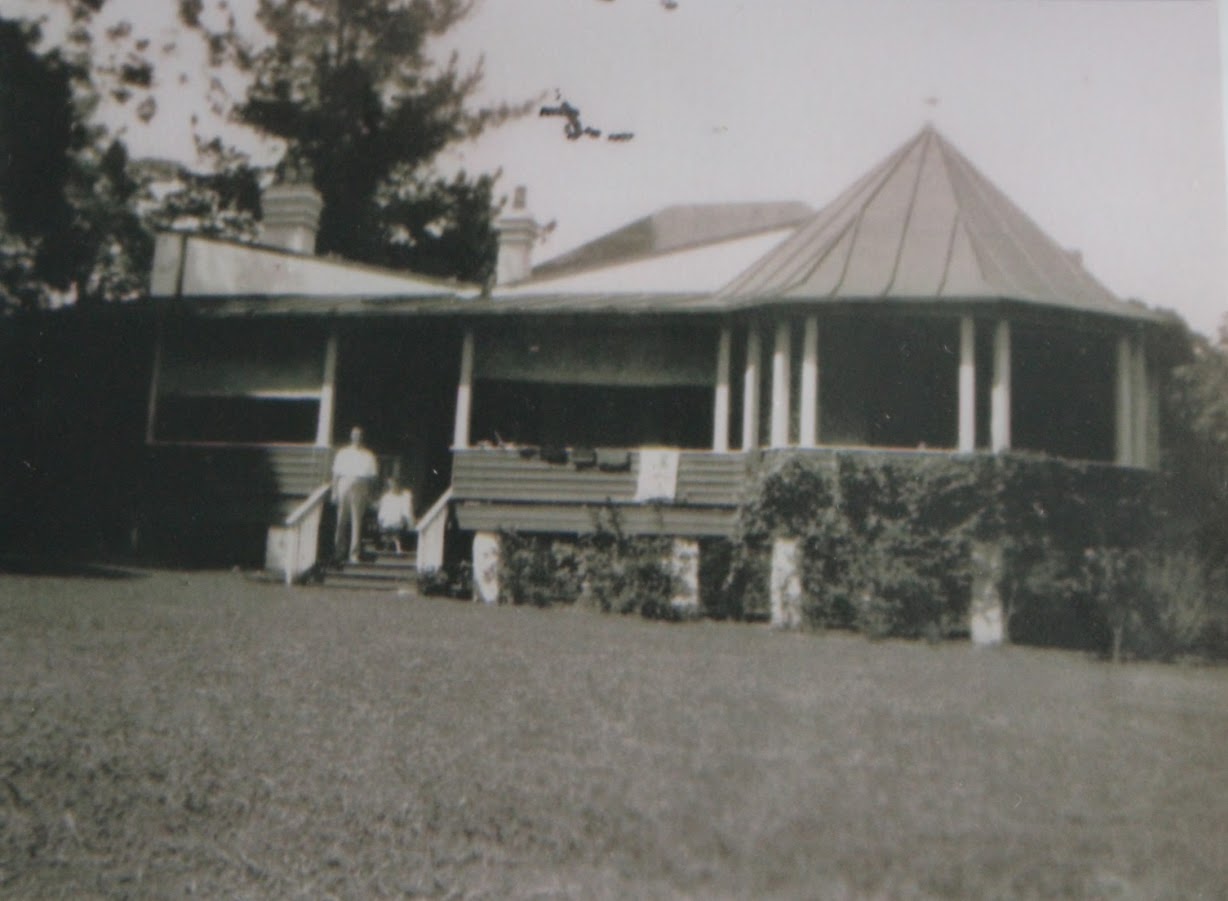
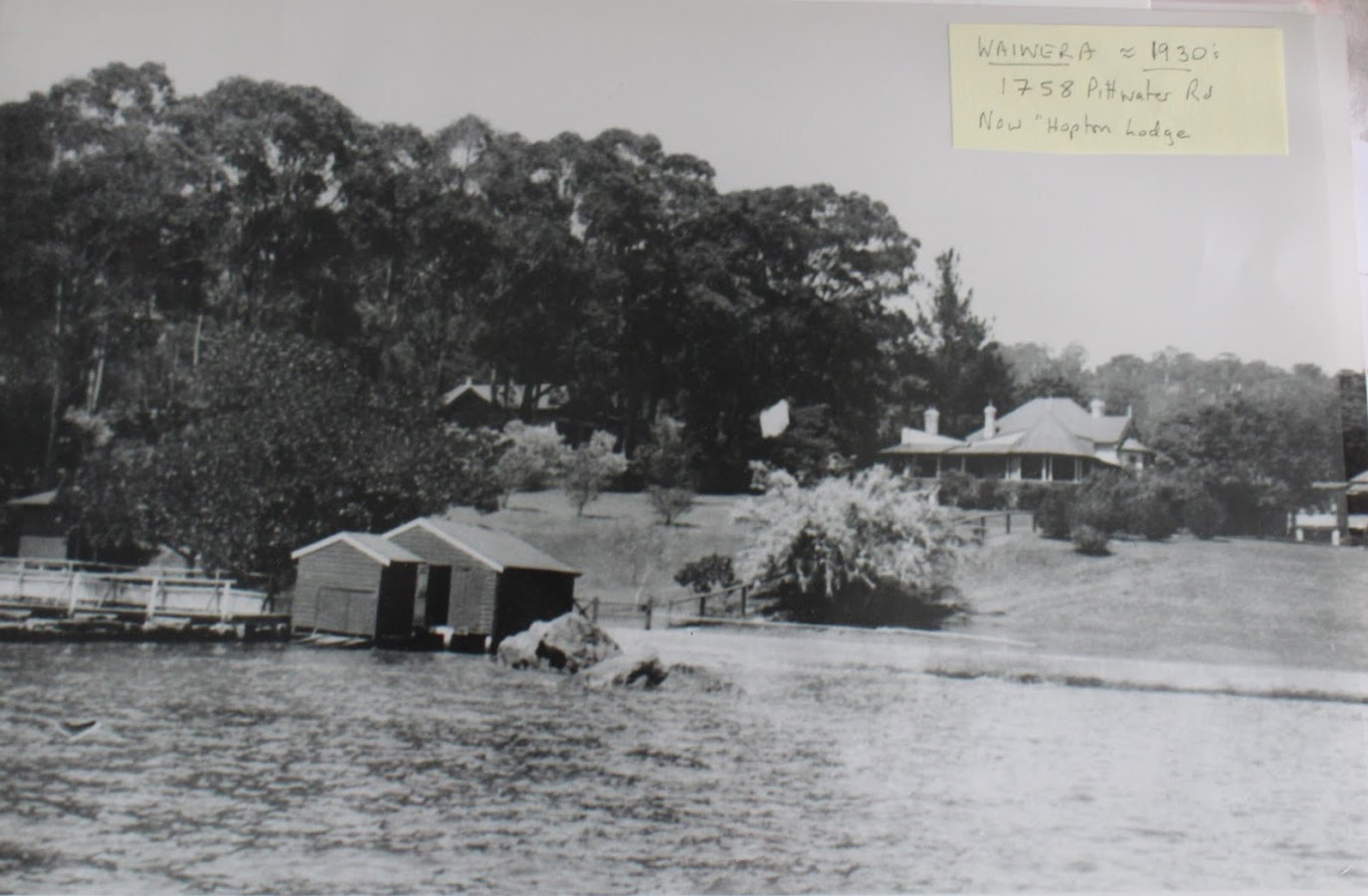
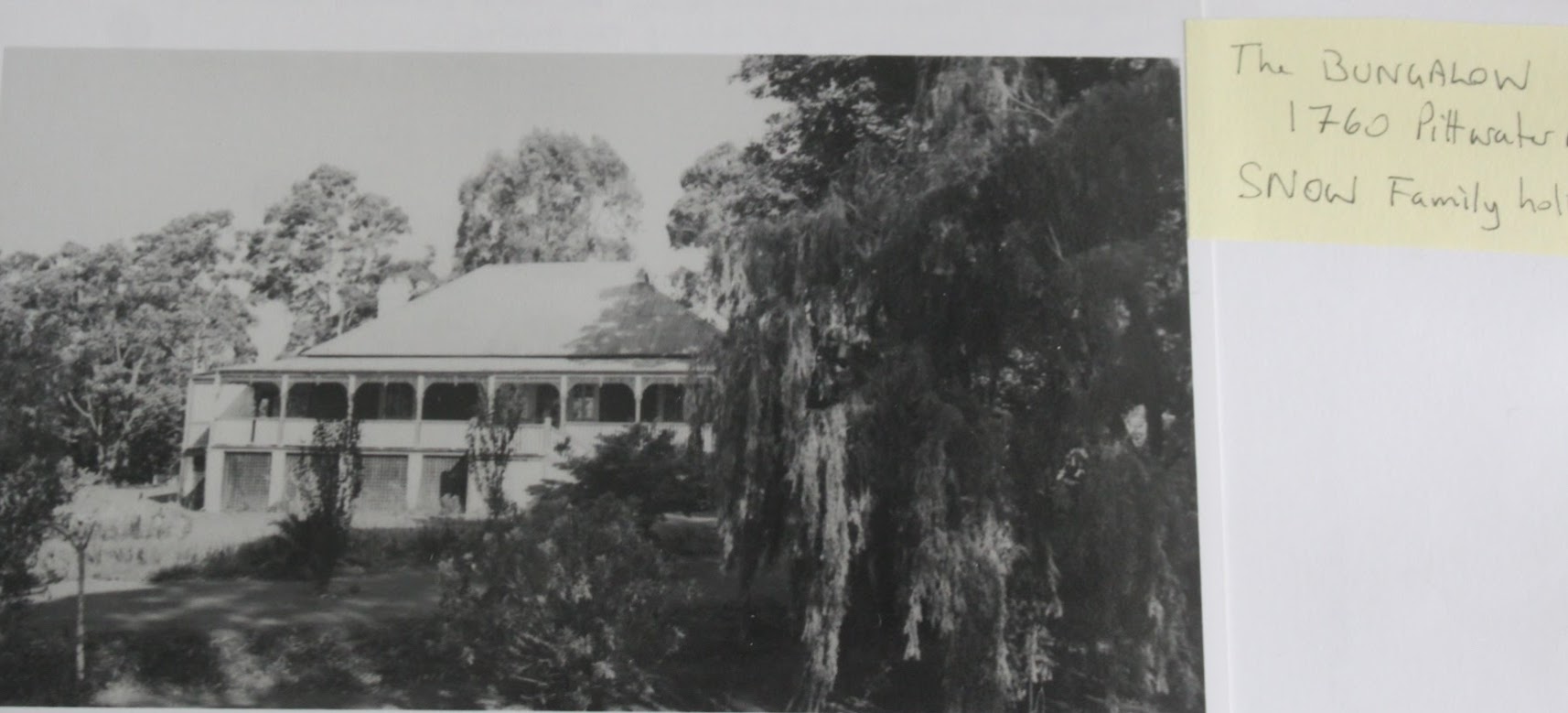
2017 Pittwater Community Service Award
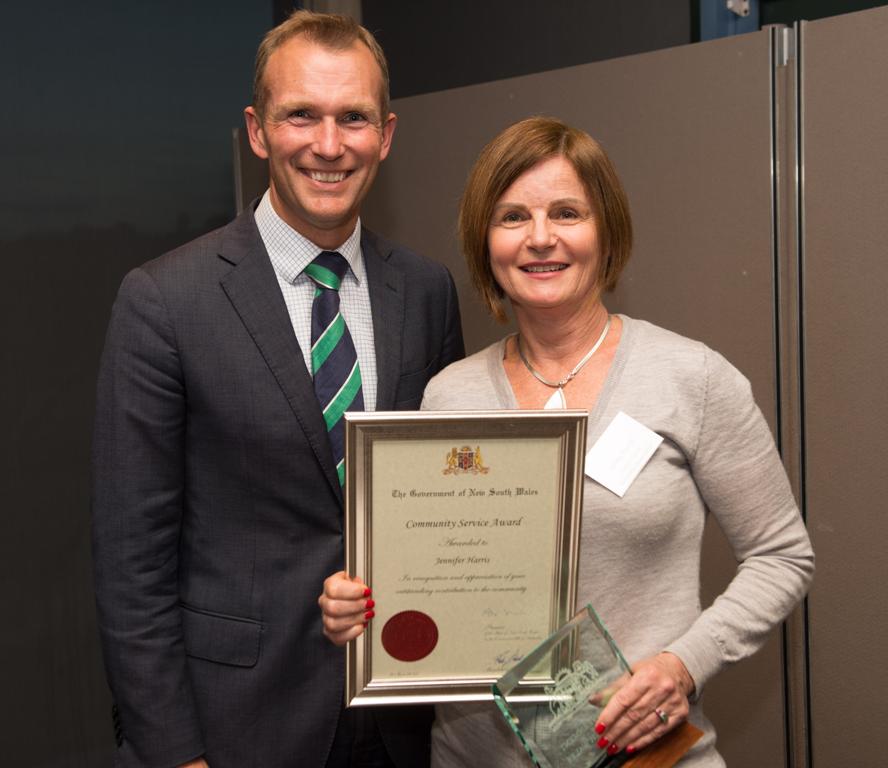
2017 Pittwater Community Service Award
Thursday, 27th of July, 2017Member for Pittwater Rob Stokes today announced environmental and heritage advocate Jenny Harris as the recipient of the NSW Government’s 2017 Pittwater Community Service Award.
The award was presented at a community leader’s reception at Mona Vale Golf Club and recognises outstanding voluntary service to the Pittwater community.
Jenny is actively involved in a variety of community groups including the Duffys Forest Residents Association, Friends of Narrabeen Lagoon Catchment and the Duffys Forest Rural Fire Service. Jenny was also integral in the recent listing of Waratah Park, the home of Skippy the Bush Kangaroo, on the State Heritage Register and coordinates regular bush regeneration events to help ensure this significant area of our community is preserved for future generations.
“Jenny has an amazing passion for our community, our environment and our local heritage,” Rob Stokes said today.
“I’m continually impressed by the diversity of community initiatives and projects that Jenny is actively involved with.
“Jenny typifies many of our wonderful community volunteers who do an enormous amount of work behind the scenes – but seek no gratitude or recognition for their efforts.
“Without people such as Jenny who are willing to do the hard work and complete the mundane but necessary tasks – many of the opportunities we often take for granted simply wouldn’t be possible.
“The natural areas surrounding Narrabeen Lagoon and Waratah Park help define our community and Jenny’s ongoing efforts have contributed to their formal protection over recent years.
“Jenny has also worked closely with other local groups and associations to provide advice on projects, fundraising opportunities and awareness strategies.
“I’m delighted the NSW Government is recognising Jenny’s contribution to our community with this very fitting award,” Rob Stokes said.
August
Pittwater Calls For Pittwater To Be Restored: We're Not Backing Down - Not Going Away
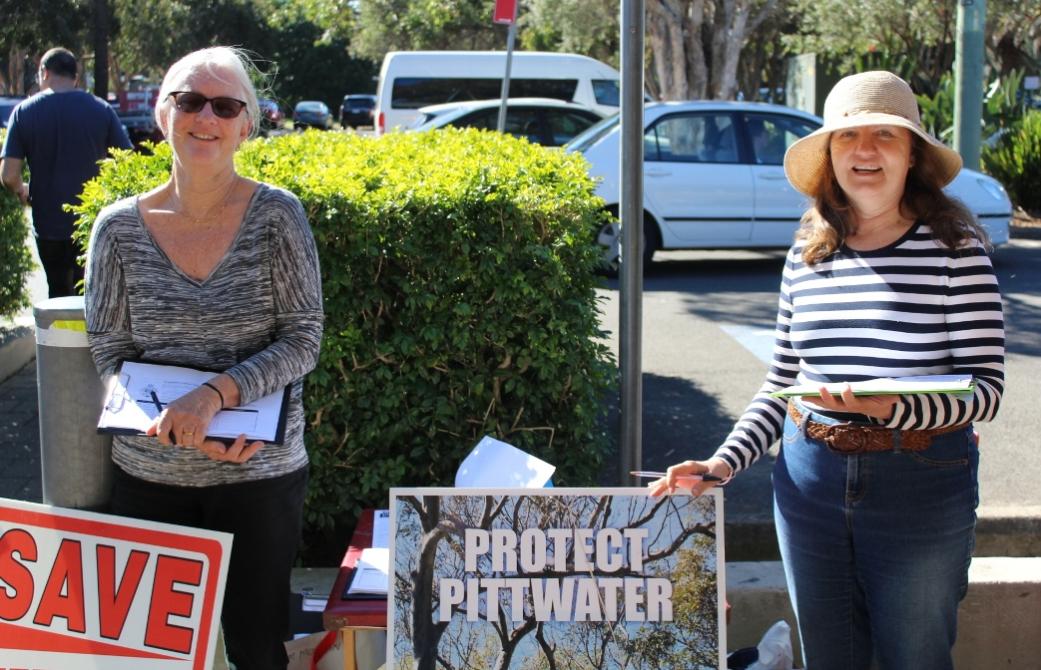
The Motion, as retrieved then from: www.pittwater.nsw.gov.au/council/meetings/council_meetings/council_meetings/2016/18_apr_-_council_meeting
April 18, 2016
Notice of Motion - Legal Action - Council Boundary Review (Submitted by Cr Grace, Cr Griffith and Cr Young)
Meeting: Extraordinary Council Meeting Date: 18 April 2016
NOTICE OF MOTION BACKGROUND Nil
MOTION
1. That Pittwater Council join with Woollahra Council in its current action against the Minister on the same or similar grounds, namely:
a) A lack of procedural fairness
b) No full public inquiry
c) Denial of natural justice
d) Failure to release the full contents of the State Government's KPMG report and such other grounds that may become relevant to the hearing.
2. That Pittwater Council's legal counsel be authorised to seek to join Woollahra Council in its current action.
3. That Pittwater Council's legal counsel brief Council in respect of such action.
4. That this be actioned immediately due to the urgency.
Cr Bob Grace Cr Selena Griffith Cr Sue Young
The Motion was subsequently reworded through the ECM due to a perception that the time to join Woollahra Council’s legal action had elapsed.
The Motion was then passed.
For: Cr.s Bob Grace, Sue Young, Selena Griffith, Julie Hegarty and Kay Millar.
The passed Motion, ‘to immediately institute legal proceedings in the Land and Environment Court with respect to forced amalgamations’, put forward by Councillors Grace, Griffith and Young on April 6th, along with a request for an ECM, and not listed until the Council Meeting of the 18th, was overturned at a subsequent ECM, called with less than 24 hours notice and held on Thursday April 21st, during the absence of Councillors Griffith and Hegarty.
Councillor Griffith was overseas meeting a week of work commitments, departing Tuesday afternoon. Councillor Hegarty also left Pittwater on Tuesday to attend the 2016 Aussies (Australian Surf Life Saving Championships) in Queensland and support her daughter, a competing member in the surf boat arena for Newport SLSC.
The same Tuesday a media report quoted former Pittwater Mayor Townsend as having ‘slammed the idea as a waste of money which would cost $60k'.
From Pittwater Council’s website – April 21st, 2016 Meeting documents;www.pittwater.nsw.gov.au/council/meetings/council_meetings/council_meetings/2016/21_apr_-_council_meeting
Committee of the Whole Business
COMMITTEE RECOMMENDATION 1.
1. That Council notes its resolution of Monday, 18 April 2016 to immediately institute legal proceedings in the Land and Environment Court with respect to forced amalgamations, on the grounds of:
a) A lack of procedural fairness
b) No full public enquiry
c) Denial of natural justice, and
d) Failure to release the full contents of the State Government’s KPMG report, or any other matter that becomes relevant.
2. That Council notes the advice from Council’s Legal Representatives that there is no substance to the grounds raised by the Council in its resolution of 18 April 2016.
3. That Council notes the General Manager’s Memorandum to Council dated 20 April 2016.
4. That Council no longer seeks to immediately institute legal proceedings as resolved on 18 April 2016.
This Document is available here: pittwater.nsw.gov.au/common/Output/DataworksAccess.aspx?id=t7dw7QfeHlg%253d&ext=docxn
The Agenda – under “Confidential Items”, defining why this Meeting was closed to the public (NB: ii: The grounds on which a meeting is closed to the public must be specified in the decision to close the meeting and recorded in the minutes of the meeting.) is here:pittwater.nsw.gov.au/common/Output/DataworksAccess.aspx?id=jW6OI3ejKz8%253d&ext=docx
Councillors Grace and Young, who could attend, voted against the 'Committee's Whole Business' but were obviously outnumbered.
The Councillors applied to have the Motion reinstated at the next Council Meeting they could only to find that:
16 May Council Meeting - CANCELLED
Notice of Motion - Second Legal Advice - (Submitted by Cr Grace)
Meeting Council Date: 16 May 2016
NOTICE OF MOTION
BACKGROUND
Nil.
MOTION
1. That Council seek a second legal advice from Dr C Birch, SC, or Mr Peter King, Barrister, as a matter of urgency, as to whether Council has a case to initiate legal action against the Minister for Local Government in respect of the proposed mergers. Such advice to give an indication of the chances of success and grounds for such action.
2. If advice is that Council has a reasonable chance of success, then court documents be prepared as a matter of urgency to initiate proceedings.
3. That interim court proceedings be commenced as a matter of urgency to seek undertakings from the Minister that no action be taken against Pittwater Council before such legal proceedings are determined.
4. In the event that present proceedings by other councils are determined adversely for such councils then Council reconsider whether to continue its action or withdraw.
What also ran as part of that week's new service reports, Issue 263, was:
Local Government NSW President Keith Rhoades said on Friday, "We all know the reform process has been one of ever-moving goalposts,"
"Each time councils cleared a barrier - whether it was to prove they were financially fit for the future, to show amalgamations were vehemently opposed by their community, or to submit their own merger proposals - the requirements were hastily changed.
"Promises of no forced amalgamations were broken, the scheduled election date for merged councils has now been pushed back, and financial support for mergers has been cut - so it's past time that the Government live up to its commitments and do what it has told the sector and community it would."
Protect Pittwater Calls On Rob Stokes To Support Demerger Bill
Mermaids Of Palm Beach Ready To Rock And Roll In 2017 Belmore To Buffalo Creek Variety - The Children's Charity Bash
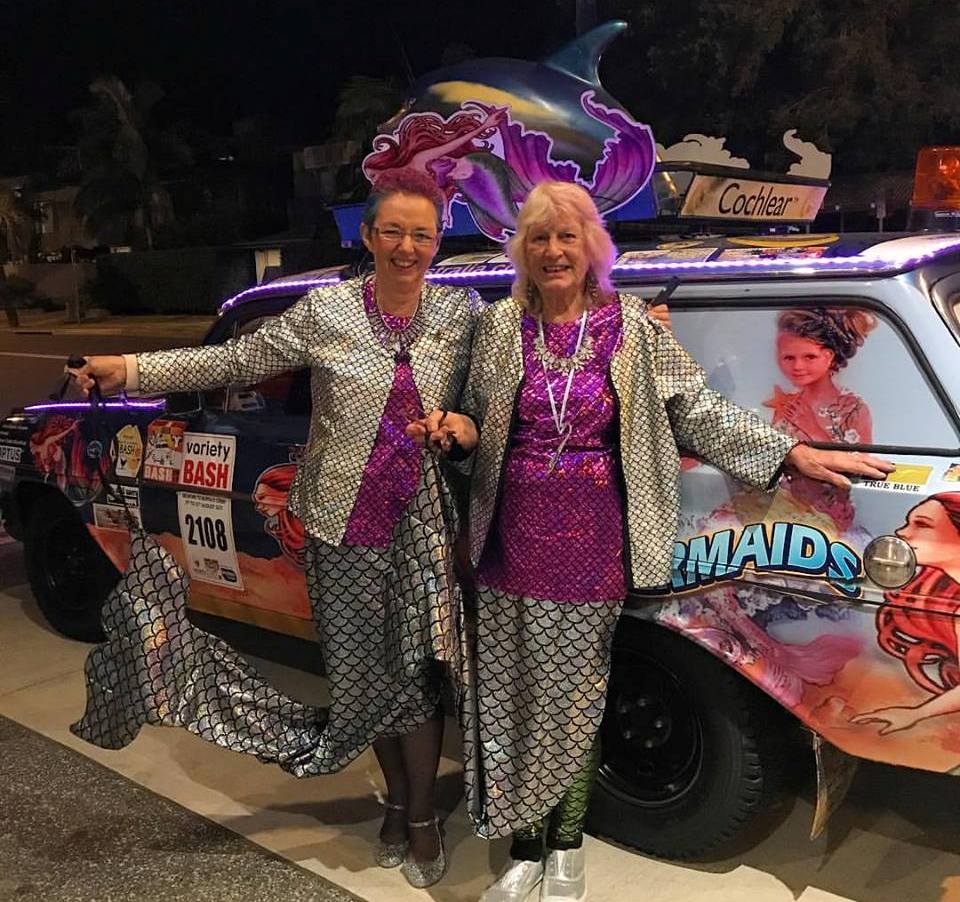
Mermaids Of Palm Beach Ready To Rock And Roll In 2017 B To B Bash
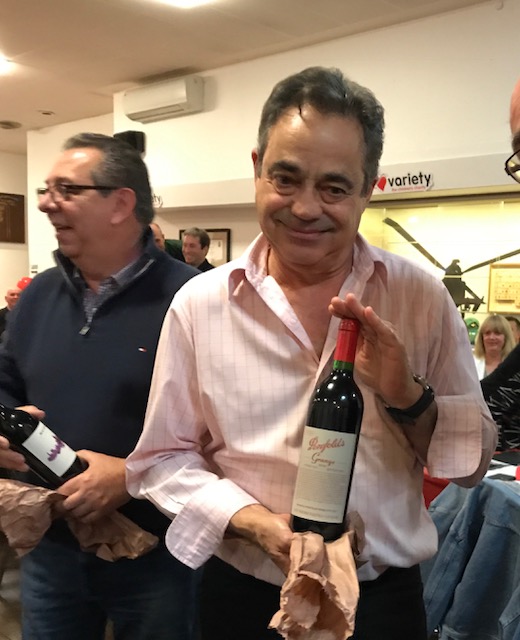
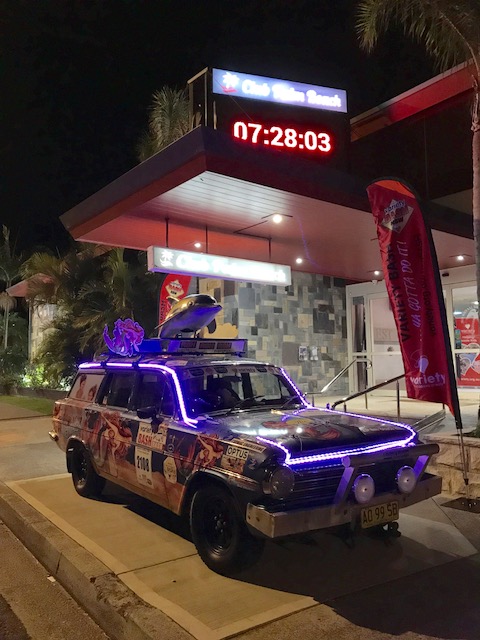
Variety – The Children’s Charity Is A National Not-For-Profit Organisation
- Variety Supports Kids with over 193 different conditions
- Granting an average of $1M per month nationally
- Providing tangible equipment and services
- To help Aussie kids be kids
B-Line Terminating At Newport Won’t Work: Community Residents Groups Alternative
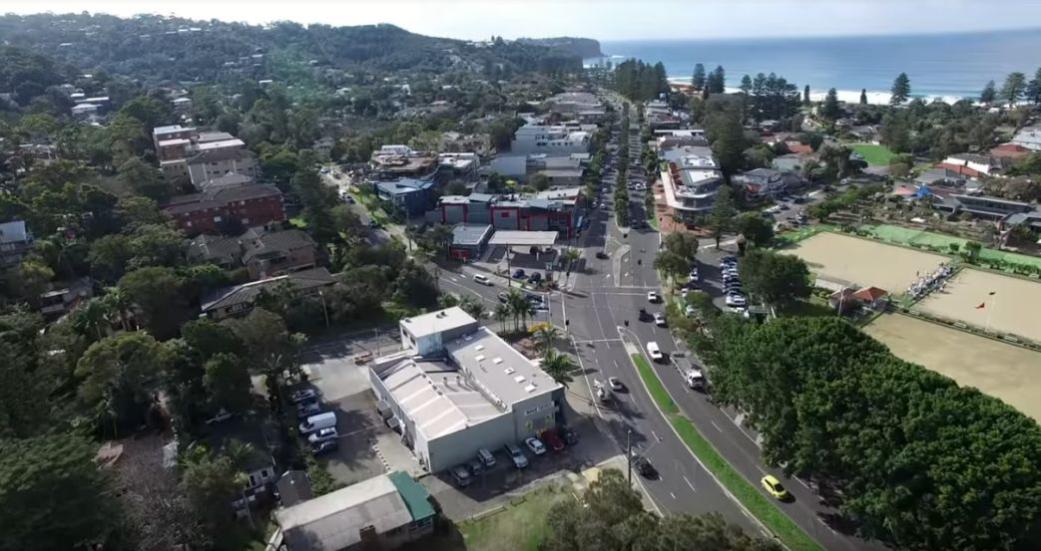
B-Line Terminating At Newport Won’t Work: Community Residents Groups Alternative Solution
July 28, 2017 – from CABPRA (Clareville and Bilgola Plateau Residents Association), NRA (Newport Residents Association), PBWBA (The Palm Beach & Whale Beach Association), and APA (Avalon Preservation Association)This week the major community groups north of Mona Vale met with the planners of the B-Line to discuss a better public transport solution north of Mona Vale.
“Having the B-Line terminating in Newport won’t work for most of us living north of Mona Vale,” says David Owen, President of CABPRA (Clareville and Bilgola Plateau Residents Association).
“We could also feel the frustration from the B-Line planners, as it appears their hands are tied to a Newport solution. They have looked at nine ideas for turning the buses in Newport – none seem to work. All are destructive for the village.
“It is clear that the Newport solution is a political idea which makes no sense on so many level. It is obvious that the ramifications hadn’t been thought through,” Mr Owen adds.
- The Project Team stated they intend to dedicate up to 70 car spaces at the Newport Surf Club as permanent commuter spots but did not define how that would work
- The Project Team defined a bus ‘Terminus’ as where a service finishes or commence from (and where staff can take a break)
- The Project Team are still looking at 9 different terminus options at Newport including the streets to the west of Barrenjoey Road
- The Project Team have no knowledge of the Mona Vale depot ever being considered as a terminus/commuter parking station
- The Project Team confirmed that there would be no through city services covering the ‘Newport Loop’ during peak hours (there are currently 14 between 6 & 8am weekdays).
Over the last year CABPRA has been working with the Avalon Preservation Association, Newport Residents Association and Palm Beach & Whale Beach Association to come up with a better public transport solution.
“Together we have talked with more than 400 residents. We have canvased people on bus stops, on the buses and in our local communities. It is clear that people want and need express buses into Sydney CBD where many work and play. They also want stops at major interchanges to add flexibility.”
The solution the groups have come up with is simple. Three express bus routes which go into Sydney CBD, all stops to Mona Vale, then stopping Warriewood, Warringah Mall and Neutral Bay only. They will go throughout the day and run more frequently at peak times (see below for more detail) :
- An ‘E90’ running Palm Beach to the city
- An ‘E89’ running around the Clareville/Bilgola Plateau route into Avalon and then to the city
- An ‘E88’ running around Careel Bay into Avalon and then into the city
“What we need now is the ability to work with B-Line planners to nut out the fine details on this solution without being tied to an unworkable Newport B-Line Terminus solution.”
Bus Services Suggestions North Of Mona Vale
- A bus stop within about 10mins walking time of most homes
- Buses get to their destination by about an hour
- Have no buses terminating in our village centres
- Take pressure off Mona Vale B-Line service – make it more reliable, less congested
- Not to turn Avalon, Newport or Mona Vale into carparks - a public transport which relies on ‘park-and ride’ is a bad system
- No bus changes if you are going into Sydney CBD - each time you change adds at least 10 minutes to your trip (some cases it could add up to an hour or even leave you stranded)
- Have each bus route as simple as possible - i.e. it shouldn't change depending on the time of day. It shouldn't sometimes terminate in Avalon, sometimes in Palm Beach. It shouldn’t terminate sometimes in MV, sometimes in Newport.
- Limit buses on our narrowest of streets – this causes delays as buses have to squeeze down these streets.
- Set-down only Warriewood, Warringah Mall and Neutral Bay Junction after Mona Vale going into the city
- Pick-up only at Neutral Bay, Warringah Mall and Warriewood Junction before Mona Vale going towards Avalon.
• Have an “E88”, a normal size new bus, which goes around Careel Bay area via Avalon. This route should not go down Central Road but Avalon Pde. instead. It should go every half-hour throughout the day all stops into MV then stopping only at Warriewood, Warringah Mall Junction, Neutral Bay Junction and the City.
- Set-down only Warriewood, Warringah Mall and Neutral Bay Junction after Mona Vale going into the city
- Pick-up only at Neutral Bay, Warringah Mall and Warriewood Junction before Mona Vale going towards Avalon.
• Have an “E89”, a normal size new bus, which goes around Clareville/Bilgola area via Avalon (see map for more detail) every half-hour in throughout the day all stops into MV then stopping only at Warriewood, Warringah Mall Junction, Neutral Bay Junction and the City.
- Set-down only Warriewood, Warringah Mall and Neutral Bay Junction after Mona Vale going into the city
- Pick-up only at Neutral Bay, Warringah Mall and Warriewood Junction before Mona Vale going towards Avalon.
• One of the above routes needs to go around the “Newport Arms” route to collect West Newport residents. The other two should go the more direct route along Barrenjoey Road.
• The 199 Manly to Palm Beach bus is a “nice-to-have” service. However it is of the lowest priority. It should not take priority or replace a direct service into the city.
CABPRA worked with the Avalon Preservation Association, Newport Residents Association and Palm Beach & Whale Beach Association to come up with this solution. Together they have talked with more than 400 residents.
At A Glance
Palm Beach at a glanceAn express bus, for simplicity lets call it the ‘E90’, will travel to Mona Vale. In peak hours, timing of these buses will be every 15 minutes, in off-peakevery 20 minutes. After Mona Vale they will:
- Set-down only Warriewood, Warringah Mall and Neutral Bay Junction after Mona Vale going into the city
- Pick-up only at Neutral Bay, Warringah Mall and Warriewood Junction before Mona Vale going towards Palm Beach.
Palm Beach will also have the ‘199’ to Manly.
Careel Bay at a glance
An express bus, for simplicity lets call it the ‘E88’, will travel the existing 192 bus route but with the change of going down Avalon Parade rather than Central Road (see map). The reason for this is that Central is becoming too congested for buses. It will also mean the elimination of the bus stop in Old Barrenjoey Road.
From Avalon this bus will then travel to Mona Vale, i.e. i. This bus will go every 30 minutes throughout the day.
After Mona Vale they will:
- Set-down only Warriewood, Warringah Mall and Neutral Bay Junction after Mona Vale going into the city
- Pick-up only at Neutral Bay, Warringah Mall and Warriewood Junction before Mona Vale going towards Avalon.
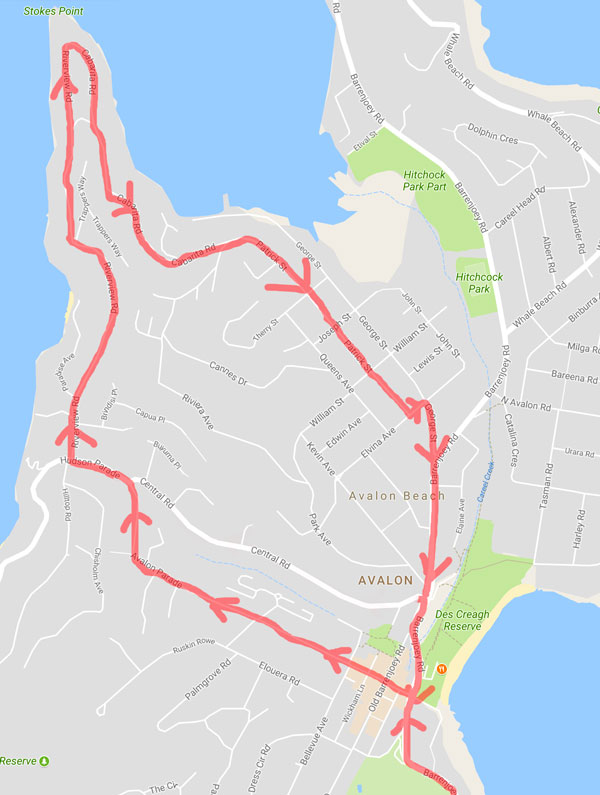
Clareville & Bilgola Plateau at a glance
An express bus, for simplicity lets call it the ‘E89’, will travel a similar route to the existing 191 (see map).
However we need to cut out the Argyle Street and Raymond Terrace loop as it is too congested for buses.
From Avalon this bus will then travel the existing E88 route to Mona Vale. This bus will go every 20 minutes in peak hours and every 30 minutes
throughout the day.
After Mona Vale they will:
- Set-down only Warriewood, Warringah Mall and Neutral Bay Junction after Mona Vale going into the city
- Pick-up only at Neutral Bay, Warringah Mall and Warriewood Junction before Mona Vale going towards Avalon.
This will cut down on the number of buses through Avalon. It will also mean we no longer need the bus stops in the centre of Avalon. They can be relegated to the edge of the village (see map).
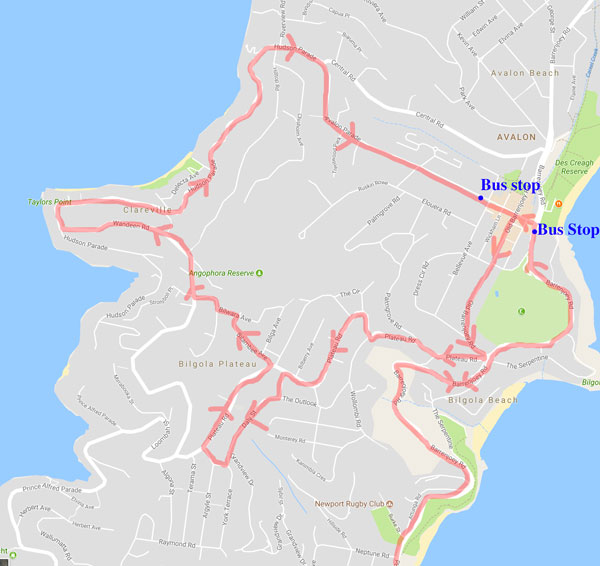
Avalon at a glance
In peak-hour Avalon will have:
• nine ‘E’ buses going into the city each hour.
• ‘199 buses’ from Palm Beach to Manly.
In off-peak Avalon will have:
• seven ‘E’ buses going into the city each hour.
• ‘199 buses’ from Palm Beach to Manly.
Buses will not stop in the centre of the village, only on the edge. This eliminates the two existing bus stops in the village freeing the area up for other use. Plus buses will no longer need to turn at the Old Barrenjoey and Barrenjoey Roads intersection.
Newport at a glance
In peak-hour Newport will have:
• nine ‘E’ buses going into the city each hour.
• ‘199 buses’ from Palm Beach to Manly.
In off-peak Newport will have:
• seven ‘E’ buses going into the city each hour.
• ‘199 buses’ from Palm Beach to Manly.
Mona Vale at a glance
The B-line should terminate at Mona Vale. It is a natural transport hub, going further to Newport makes no sense and will be costly.
Build the B-Line terminus at Mona Vale bus depot (see illustration), as suggested by the Mona Vale Residents Association. Transport NSW can build a carpark there, maybe a coffee shop. There will be toilets. It can ensure the carpark is for users of the B-Line only, if it wants. It will be a secure and safe stop for passengers getting on and off at night. Plus it is right opposite one of the major shopping centres in Mona Vale.
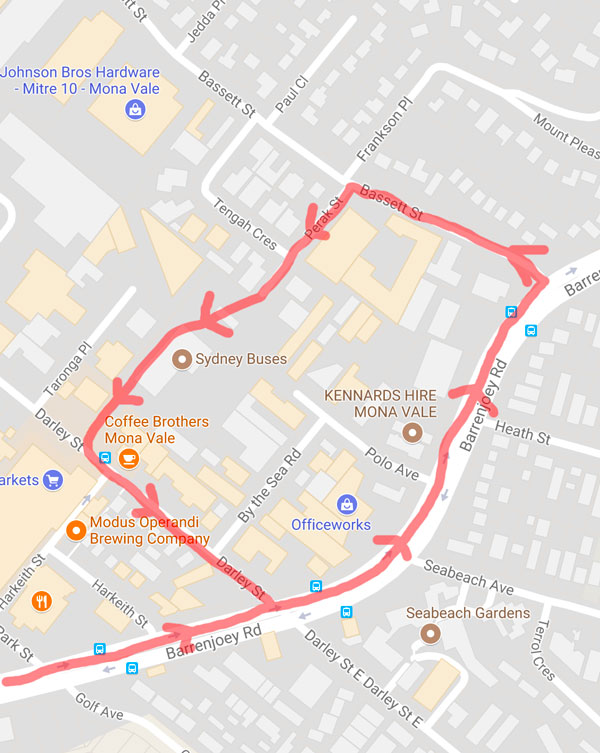
If you plan a proper bus service for people north of Mona Vale, this will take pressure off the B-Line from Mona Vale. It will make it quicker, less congested. It could also mean less buses on our roads. It will definitely mean less buses terminating and turning in our villages. Plus less need for expensive, ugly car-parks.
Final suggestion
Some money saved by not having the B-Line going to Newport could be spent on putting in safety footpaths along these bus routes where they are desperately needed, making it safer for users to walk to the bus stops.
Compiled in conjunction with all residential community groups north of Mona Vale:
• CABPRA (Clareville and Bilgola Plateau Residents Association)
• PBWBA (The Palm Beach & Whale Beach Association)
• APA (Avalon Preservation Association)
• NRA (Newport Residents Association)
NEWPORT VILLAGE: A B-Line To Disaster?
Retracing Governor Phillip's Footsteps Around Pittwater:
The Mystery Of The Cove On The East Side
Roger Sayers And Geoff Searl
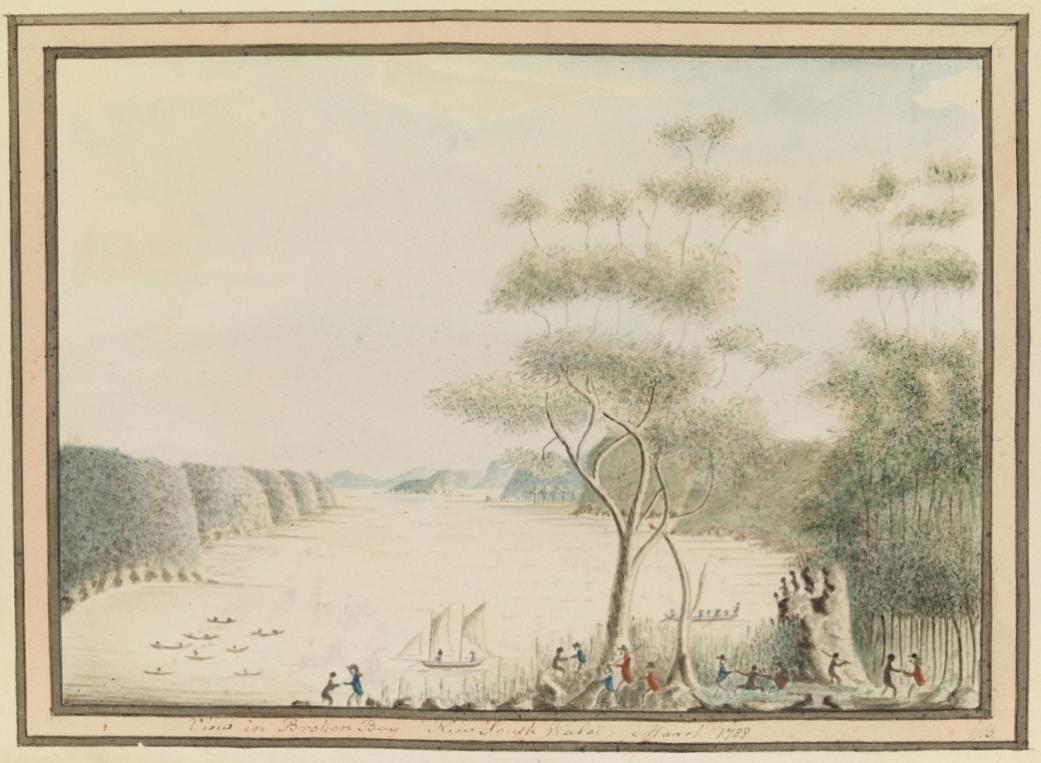
Retracing Governor Phillip's Footsteps Around Pittwater:
The Mystery Of The Cove On The East Side
By Roger Sayers And Geoff Searl
By Roger Sayers And Geoff Searl [i.]
We stop'd in a Cove on the E.t. side about 3 Miles up... [iv.]
Governor Phillip, Lieutenant William Bradley and a party of sailors and marines explored Broken Bay from 2 to 9 March 1788 in search of potentially suitable places to grow food, vital for the newly established colony at Sydney Cove. Phillip’s journey included the first European exploration of Pittwater and the first recorded encounters with local aborigines.
We thought Bradley’s reference to a cove on the east side of Pittwater must mean Careel Bay. It seemed strange we hadn’t heard of Phillip landing at Careel Bay before, so we decided we’d investigate further. [v.]
We explored possible sites in Careel Bay where Phillip might have landed, based on the information in Bradley’s journal. Soon, however, we began to have doubts about Careel Bay being Bradley’s Cove. But if it wasn’t Careel Bay, then where could Bradley have meant?
Further investigation more often than not led to more questions, but we now believe we’ve solved this little mystery and identified the cove, the second location in Pittwater where Governor Phillip is recorded to have come ashore and met local aborigines.
We compared the first-hand observations we made in the course of several boat and shore excursions with the historical descriptions. The detailed 1990 work of Shelagh and George Champion [vi] helped guide us. We are also grateful for the assistance of staff at the Mitchell Library, State Library of New South Wales, and the Australian Bureau of Meteorology.
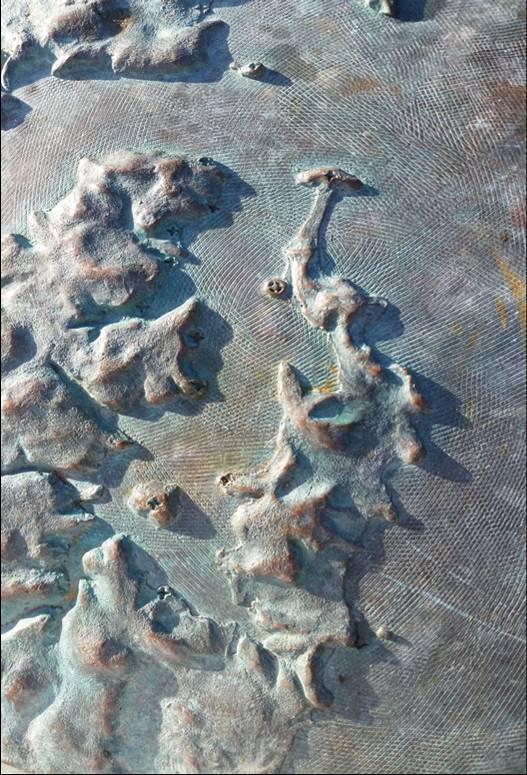
Extracts from Lt W Bradley’s journal are reproduced in italics.
The morning of 6 March 1788
[Thursday. 6.] A.M. Went up this Arm, saw several of the Natives in every Cove, the Old Man & boy followed us round to one of the Coves & shew’d us Water...
On the morning of 6 March 1788 Governor Phillip, Lt Bradley and a party of sailors and marines set off, we believe, from West Head Beach, where they had camped overnight. They likely began the day’s exploration around 7am when it was high tide [vii] so that the Governor’s cutter and a longboat could navigate more easily between the rocks in front of the beach.
Weather conditions throughout Phillip’s first journey to Broken Bay and Pittwater were challenging, with constant rain and wind changes. The wind was WNW that morning according to Bradley’s record, so they probably began by rowing southward to the nearby coves along the western shoreline of Pittwater -¬ coves now known as Resolute, Mackerel and Currawong Beaches and Coasters Retreat (The Basin).
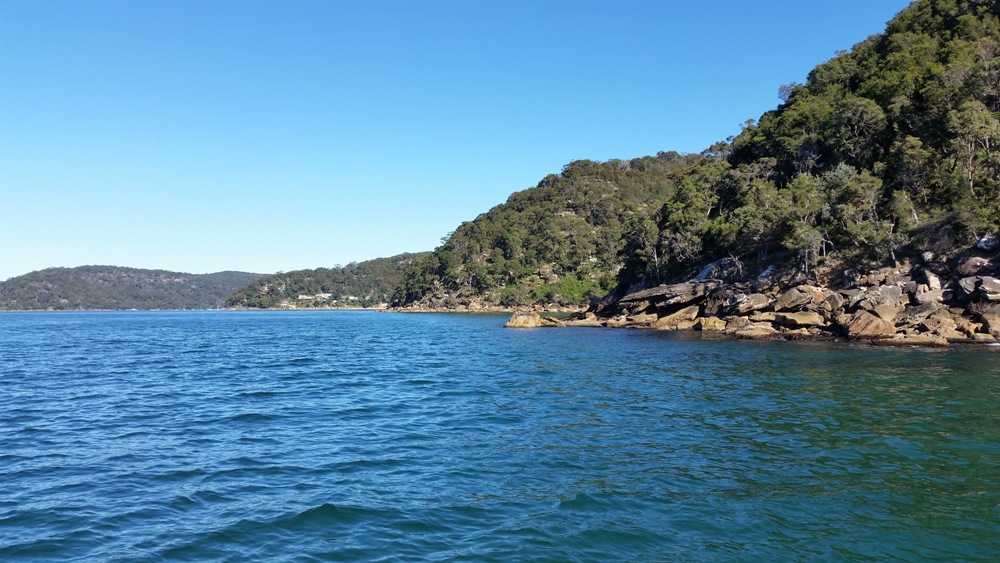
An old aboriginal man and a boy who had guided them through the rocks at West Head Beach the night before, followed them to one of the coves and showed them where they could find fresh water.
Bradley doesn’t say which cove or whether or not they went ashore, but the freshwater stream at Mackerel Beach, for instance, could have been pointed out to them and seen from the boats, as it runs across the beach when the catchment is full after rain. [viii]
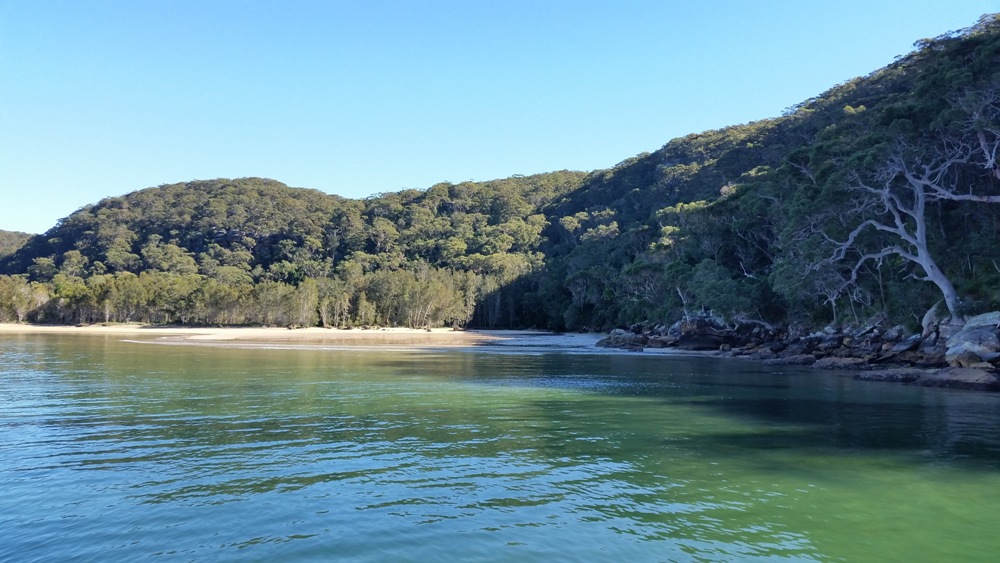
As they travelled along the shoreline they would also have seen that there was very little flat land suitable for food cultivation to be found on the steep, rocky western side of Pittwater.
Directly east of Coasters Retreat is the entrance to Careel Bay and an area of flat land on Sandy Point.
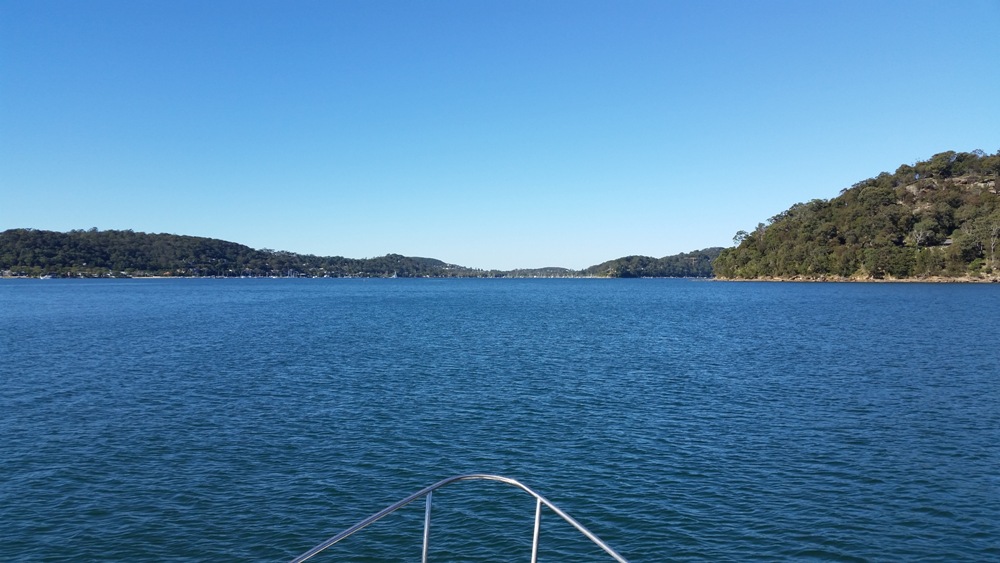
Bradley’s next journal entry is:
We stop'd in a Cove on the E.t. side about 3 Miles up, several Women in Canoes were fishing two of them came ashore the one an Old & Ugly, the other a young Woman tall & was the handsomest Woman I have seen amongst them, she was very big with Child, her fingers were complete as were those of the Old Woman. One of the Women made a fishing hook while we were by her, from the inside of what is commonly called the pearl oyster shell, by rubbing it down on the rocks until thin enough & then cut it circular with another, shape the hook with a sharp point rather bent in & not bearded or barbed, in this Cove we met with a kernel which they prepare & give their Children, I have seen them eat it themselves, they are a kind of Nut growing in bunches somewhat like a pine top & are poisonous without being properly prepared the method of doing which we did not learn from them [cycads]. [ix]
It seemed to us so obvious that Careel Bay was where Bradley was referring to that we didn’t check initially whether Careel Bay was in fact about 3 Miles up.
We set about looking for possible locations in Careel Bay where Phillip might have landed: places that seemed to fit Bradley’s descriptions and were near early aboriginal sites (middens) - making them likely places where aboriginal women might have fished offshore from canoes and have come ashore to make fishhooks from oyster shells gathered from the rocks - and also near where the explorers might have seen cycads. We found a couple of locations that met all the requirements. One seemed particularly promising.
But we soon realised that (oops) we hadn’t yet measured the distance to see how far ‘up’ Careel Bay is from the entrance to Pittwater, at West Head Beach. And what kind of ‘miles’ was Bradley measuring?
Out And About: Winter 2017
Royal Motor Yacht Club Broken Bay (At Newport) 2017 Vintage Car Show
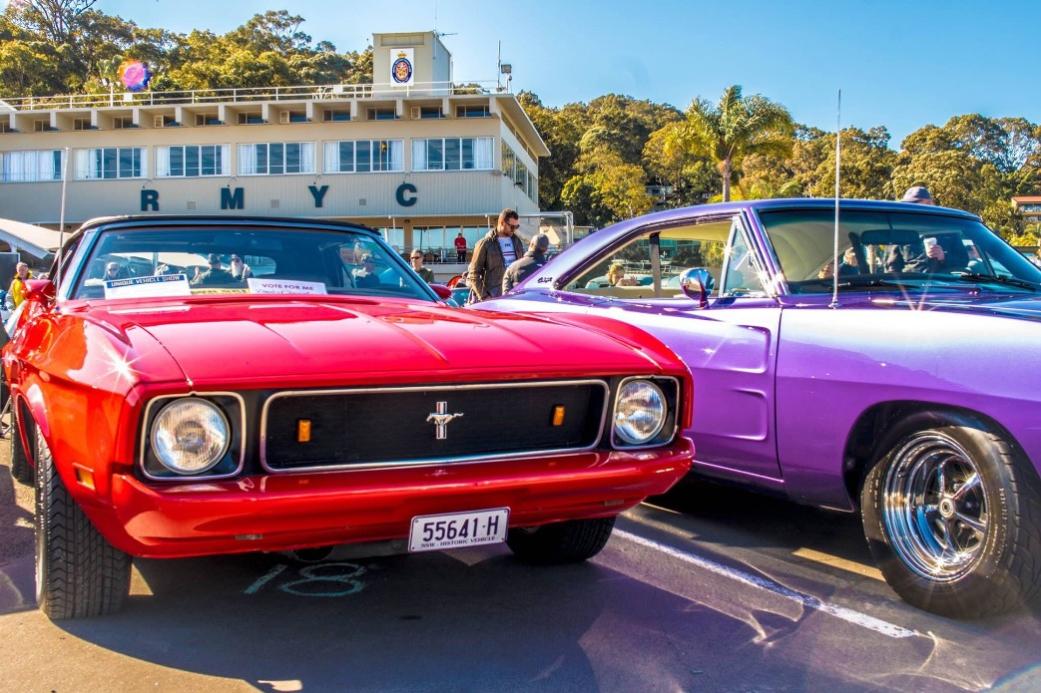
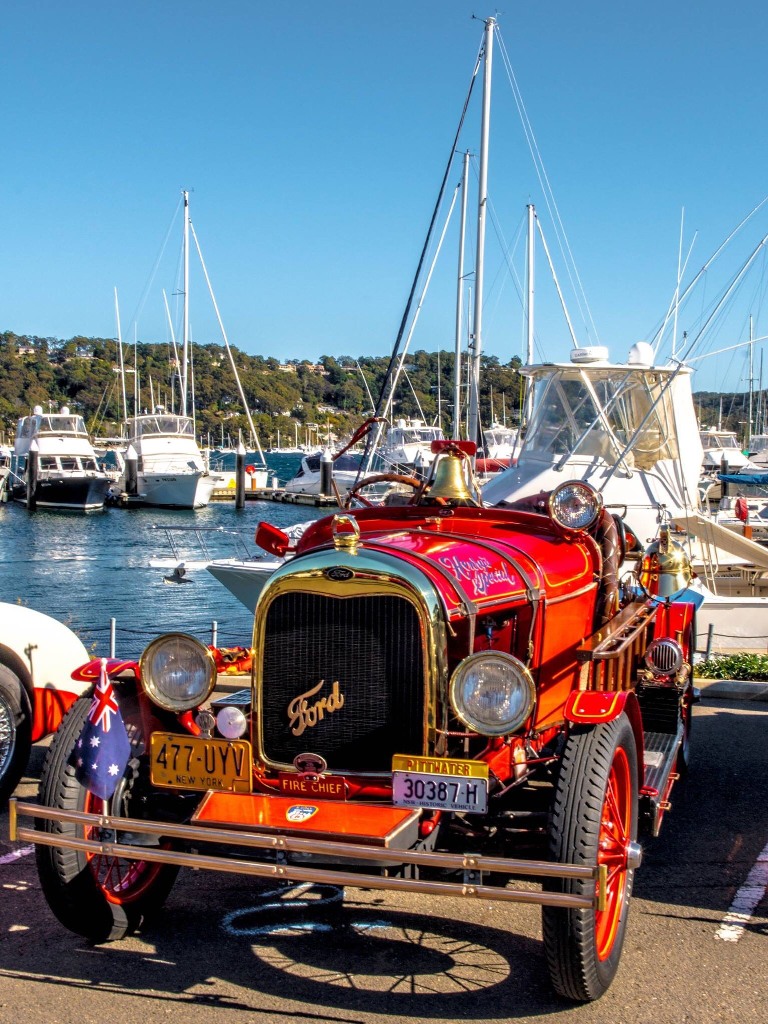
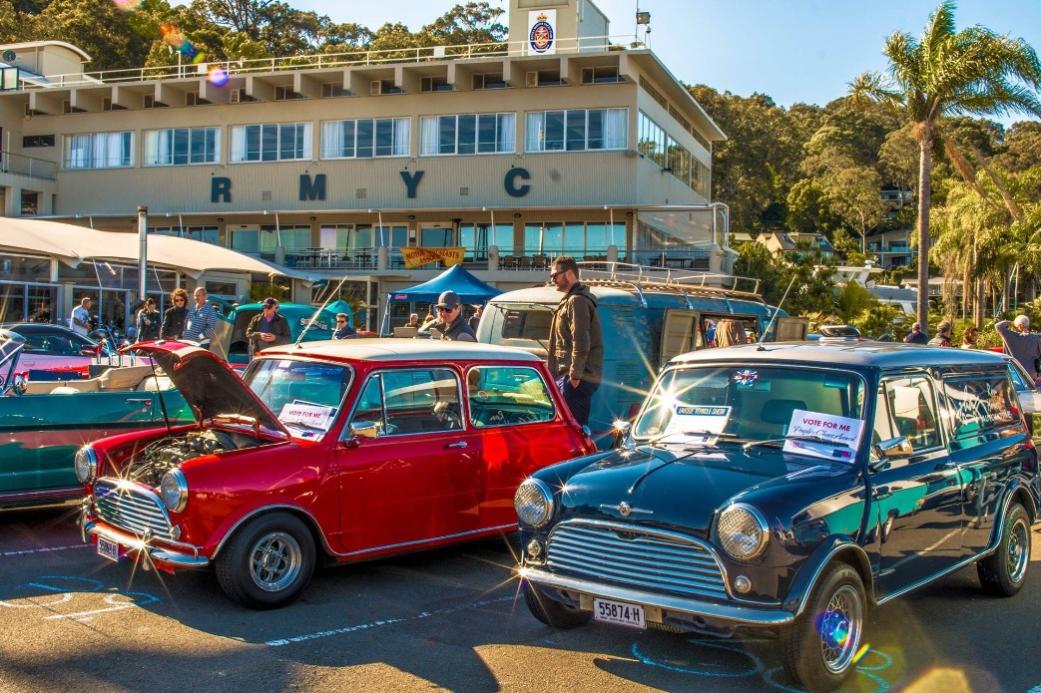
Mermaids Of Palm Beach Host A Great Night

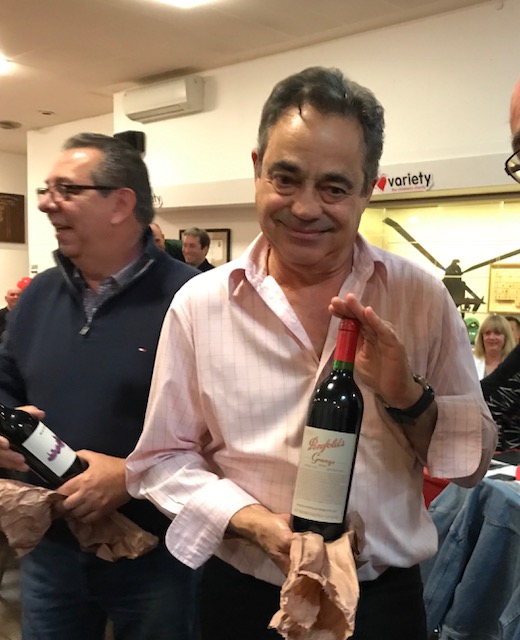
NSW Governor Launches New Name For Easy Transport As‘Easylink’ - Transport With Care
Local community transport providers, Easy Transport, have relaunched as ‘Easylink’, and revealed recent research showing their positive social impact for thousands of northern beaches residents, with the help of the NSW Governor, their volunteers and customers.
His Excellency the Governor congratulated Easylink on the launch as an opportunity to build on their mission of empowering older people, people with disability and other disadvantaged residents through ‘transport with care.’
“… it is important that everyone has the opportunity to be mobile, to stay connected with friends, families and essential services, and enjoy quality of life,” said His Excellency, who is patron of the NSW community transport peak body.
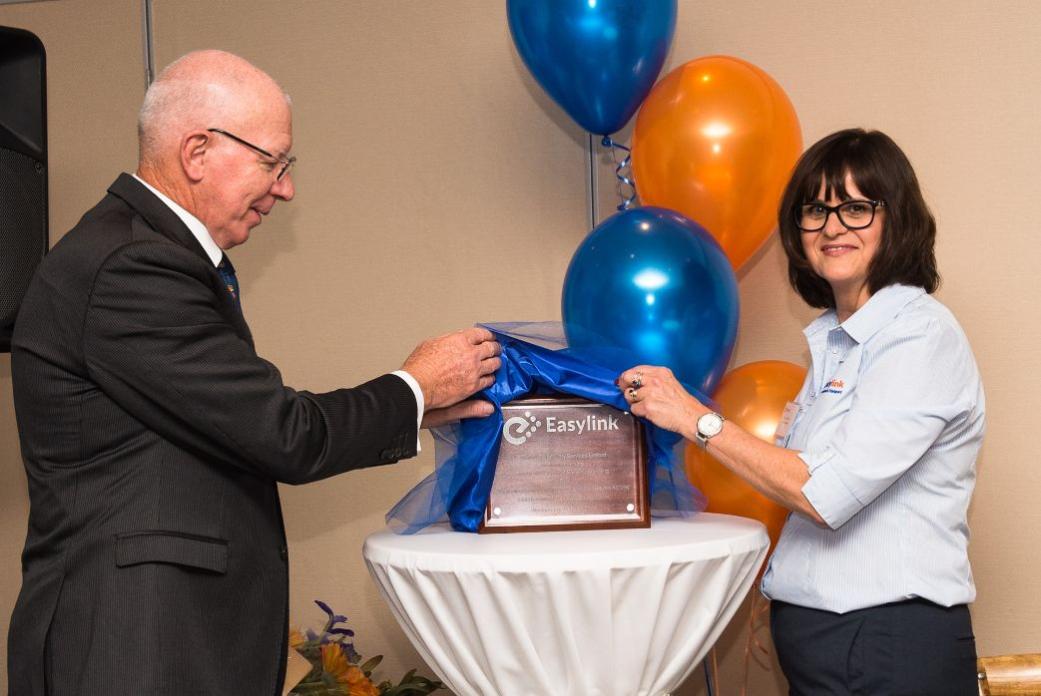
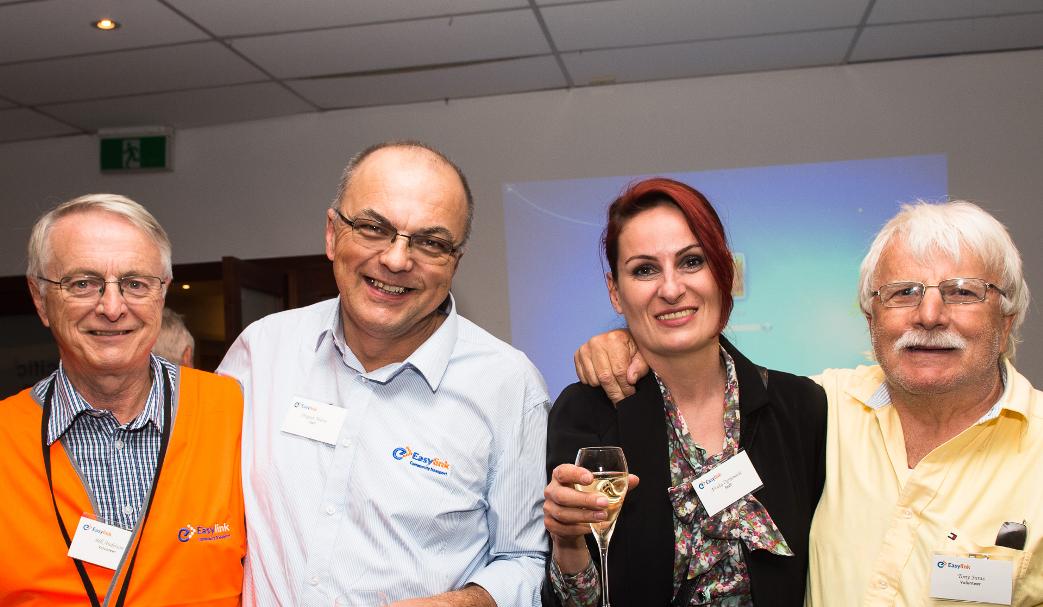
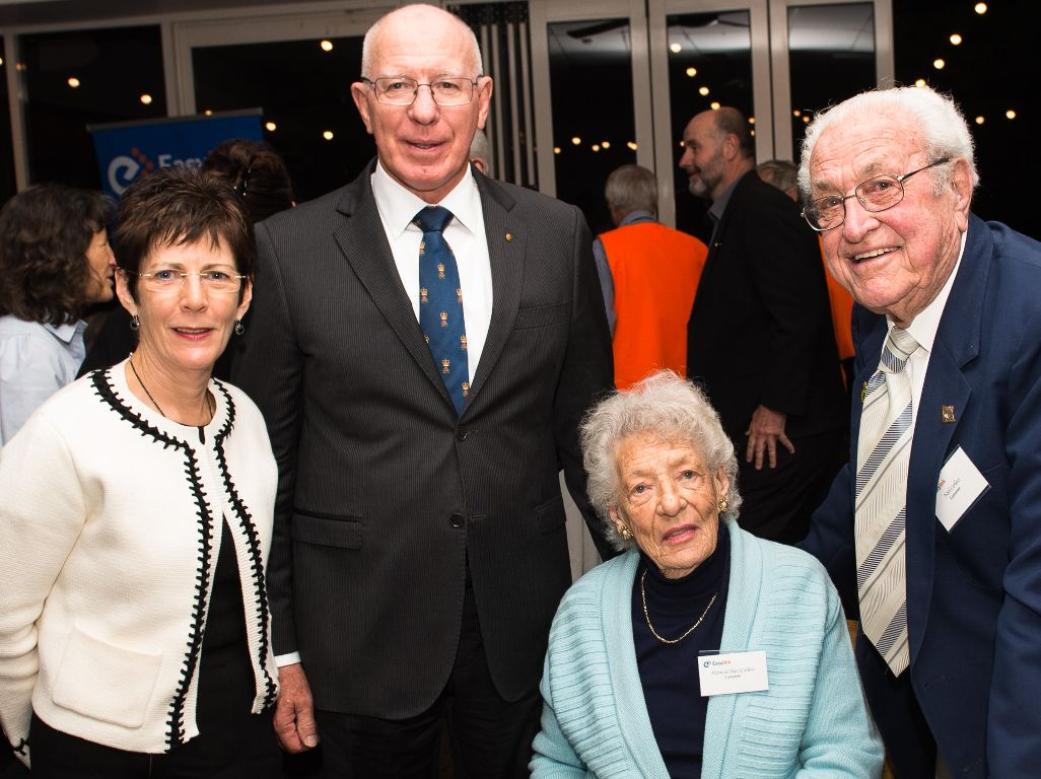
Local Heroes Visit Doggie Dome
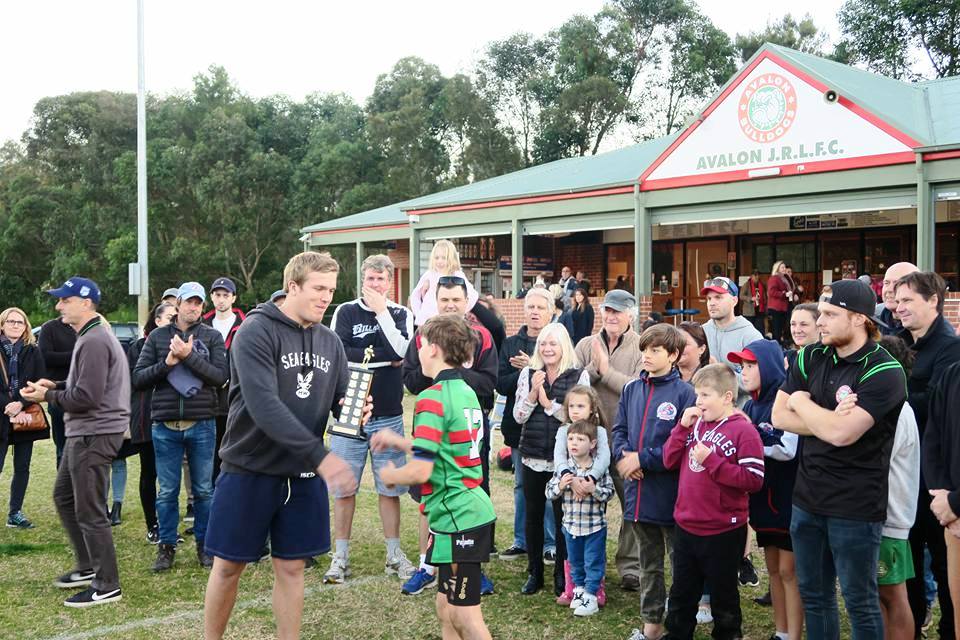
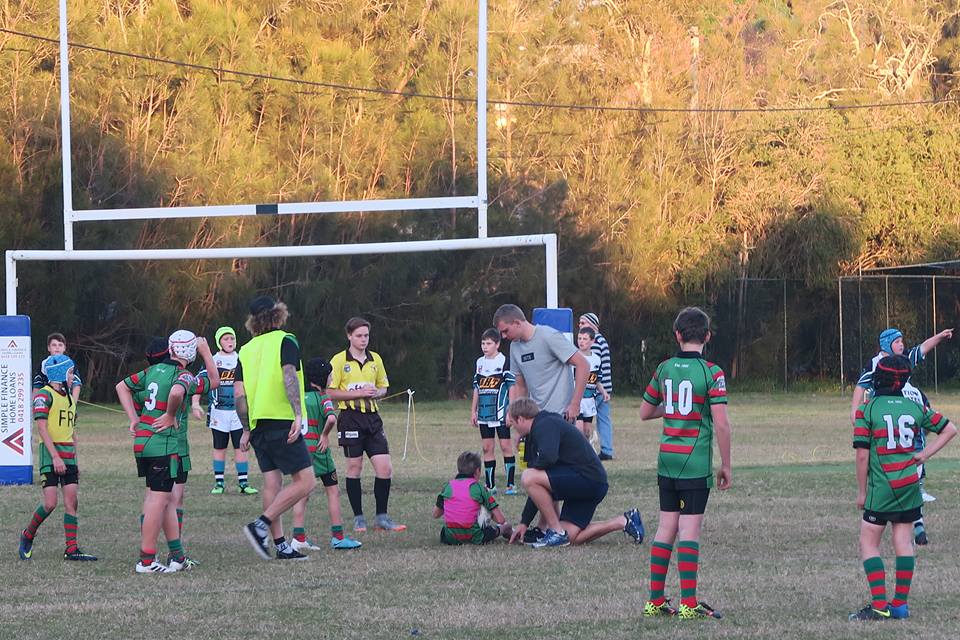
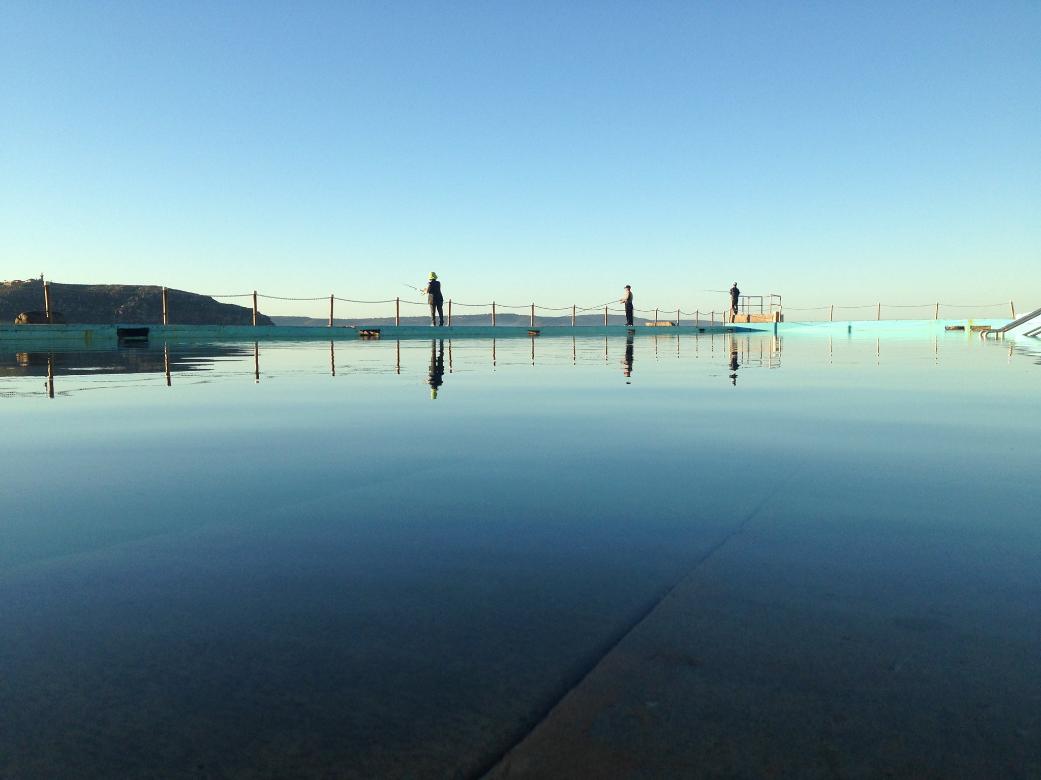
Patrick Edward Quinn
January 1st, 1862 – April 2nd, 1926
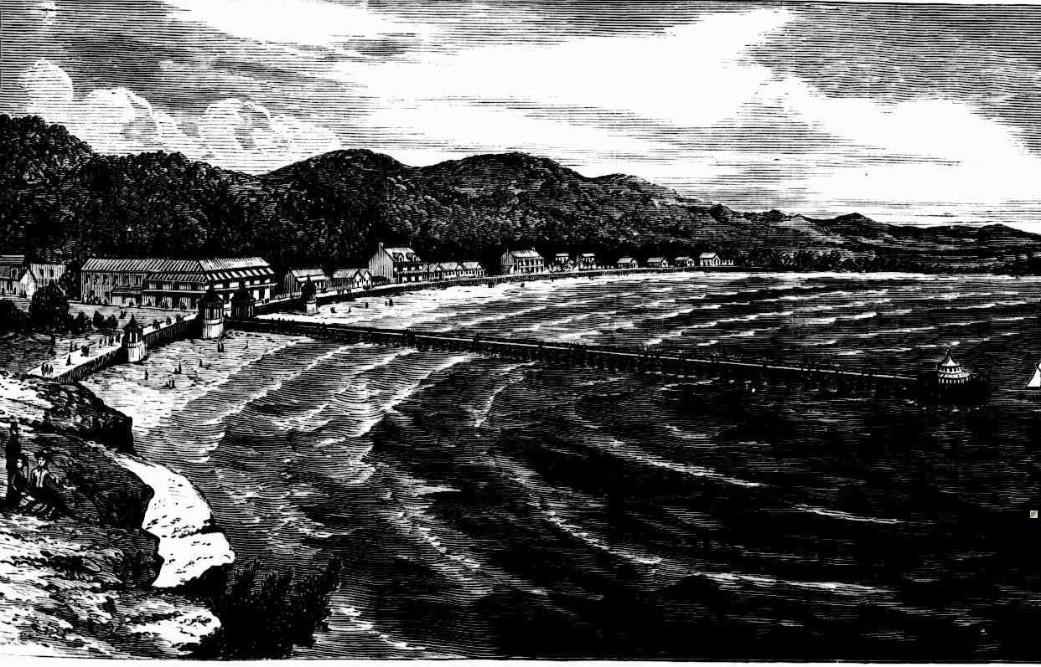
Newport Residents Association

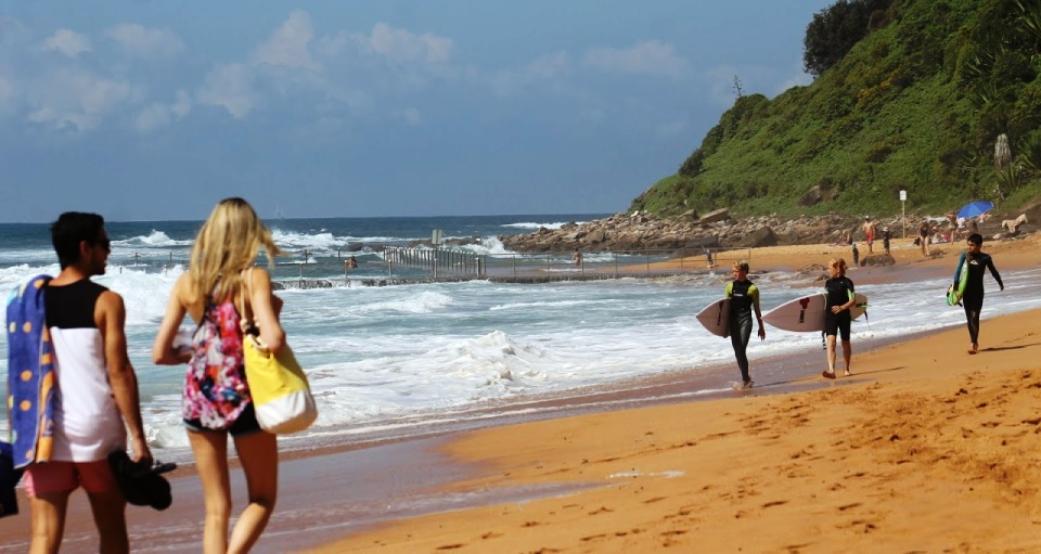
A few past Newport Progress Committee articles:
AQUATICS.
The residents of Pittwater and Broken Bay met on Saturday last, the 13th, at Bullier's Newport Hotel, Newport, for the purpose of establishing an annual regatta-the first to be held on Boxing Day, the 26th December. There was a large attendance, and the object of the meeting was warmly approved of. A considerable sum was subscribed in the room. Messrs. W. C. William and W. T. A. Shorter, solicitor, took an active part in the proceedings, the latter acting as hon. treasurer, and it is understood that the Hon. W. B. Dalley will, if his health permit, act as patron. There is every probability of some good sailing and pulling races, as the prizes should afford inducement for even Sydney competitors, and the harbour presents every natural advantage for the purpose, hardly lo be rivalled by that of Sydney. AQUATICS. (1887, September 15). The Sydney Morning Herald(NSW : 1842 - 1954), p. 5. Retrieved from http://nla.gov.au/nla.news-article13655348
OUTRIGGER RACE AT NEWPORT, BARRENJOEY, Saturday.
An outrigger handicap race for £20, under the auspices of the Pittwater and Newport Regatta Committee, was decided yesterday at Newport. There were tour competitors, viz., the brothers Messenger, W. Anderson, and Green. It was a hard-contested race. Anderson, after a hard struggle, won, with H. Messenger second. Owing to the fastening which secured C. Messenger's foot giving way he was out of the race. C. Messenger allowed 10 seconds to H. Messenger and Anderson, and 20 seconds to Green.OUTRIGGER RACE AT NEWPORT. (1888, January 9). The Sydney Morning Herald (NSW : 1842 - 1954), p. 5. Retrieved, from http://nla.gov.au/nla.news-article13667714
WATER FOR NEWPORT
The Minister for Works promised a deputation of Newport residents yesterday afternoon that he would obtain a report as to the -necessity of constructing a tank to provide a water supply for that place, and that if the report were favourable he would go on with the work, the estimated cost of which is £50. WATER FOR NEWPORT. (1904, March 3). Evening News (Sydney, NSW : 1869 - 1931), p. 7. Retrieved from http://nla.gov.au/nla.news-article112791741
SURF BATHING AT NEWPORT.
The Newport residents communicated with the Warringah Shire Council at its last meeting on the matter of financial assistance towards the provision of surf-bathing accommodation on their beach. It was pointed out that the pastime had greatly increased in popularity in that locality, and towards the end of the last season the local attendance in the breakers was considerably increased by Sydney visitors and other tourists. It was further desirable that accommodation should be provided as a matter of decency. The councillors, while being sympathetic, admitted there was a difficulty, as Newport had not been included in the resorts mentioned in the recent application to the Government for money, and which was granted. It was subsequently decided to vote a sum of £10 towards the provision of temporary enclosures, with a proviso that the residents interested subscribe a similar amount, making £20 in all. SURE BATHING AT NEWPORT. (1909, October 16). The Daily Telegraph (Sydney, NSW : 1883 - 1923), p. 21. Retrieved fromhttp://nla.gov.au/nla.news-article238227462
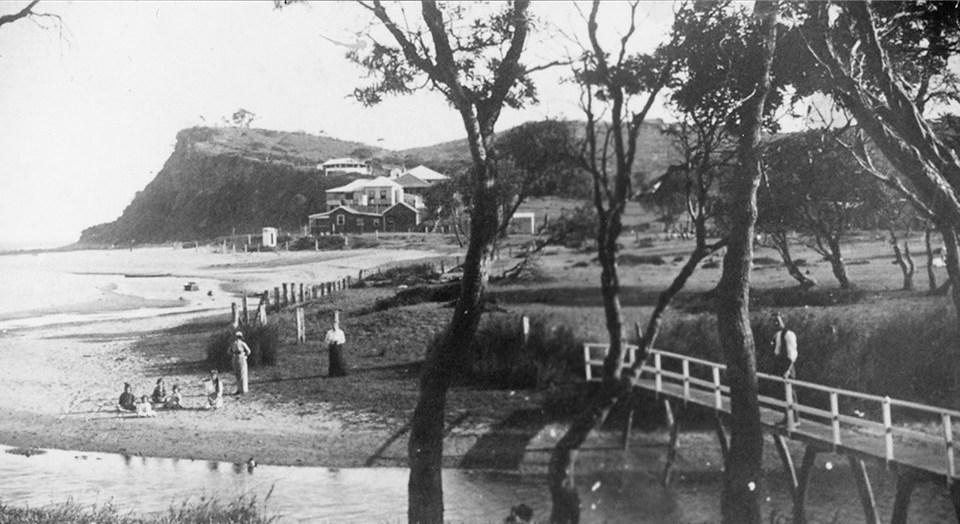
A CREEK AT NEWPORT BEACH, (Photo: C. S. Harnett.)
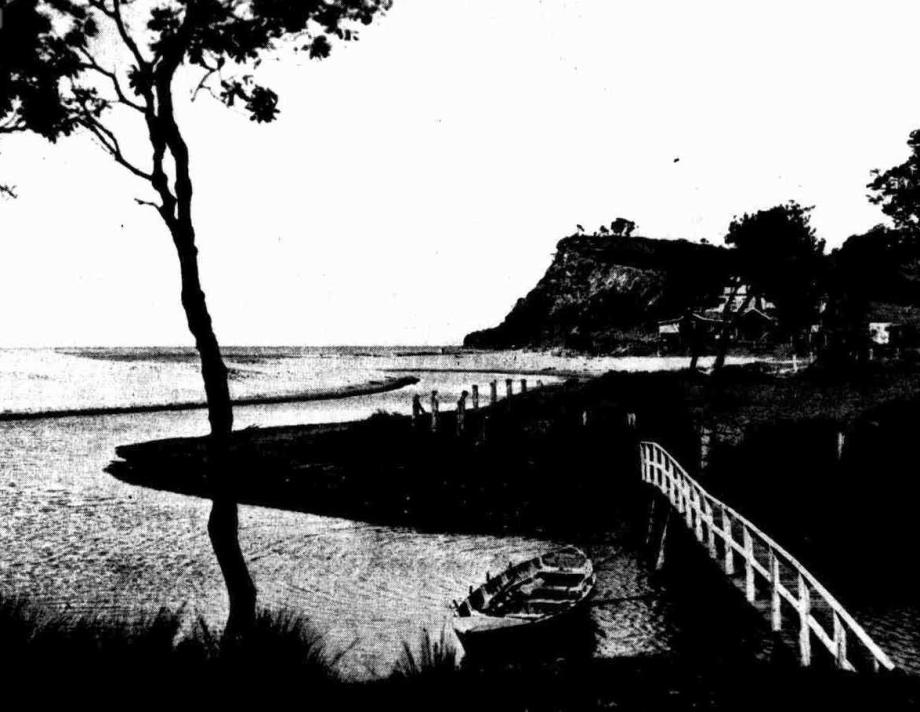
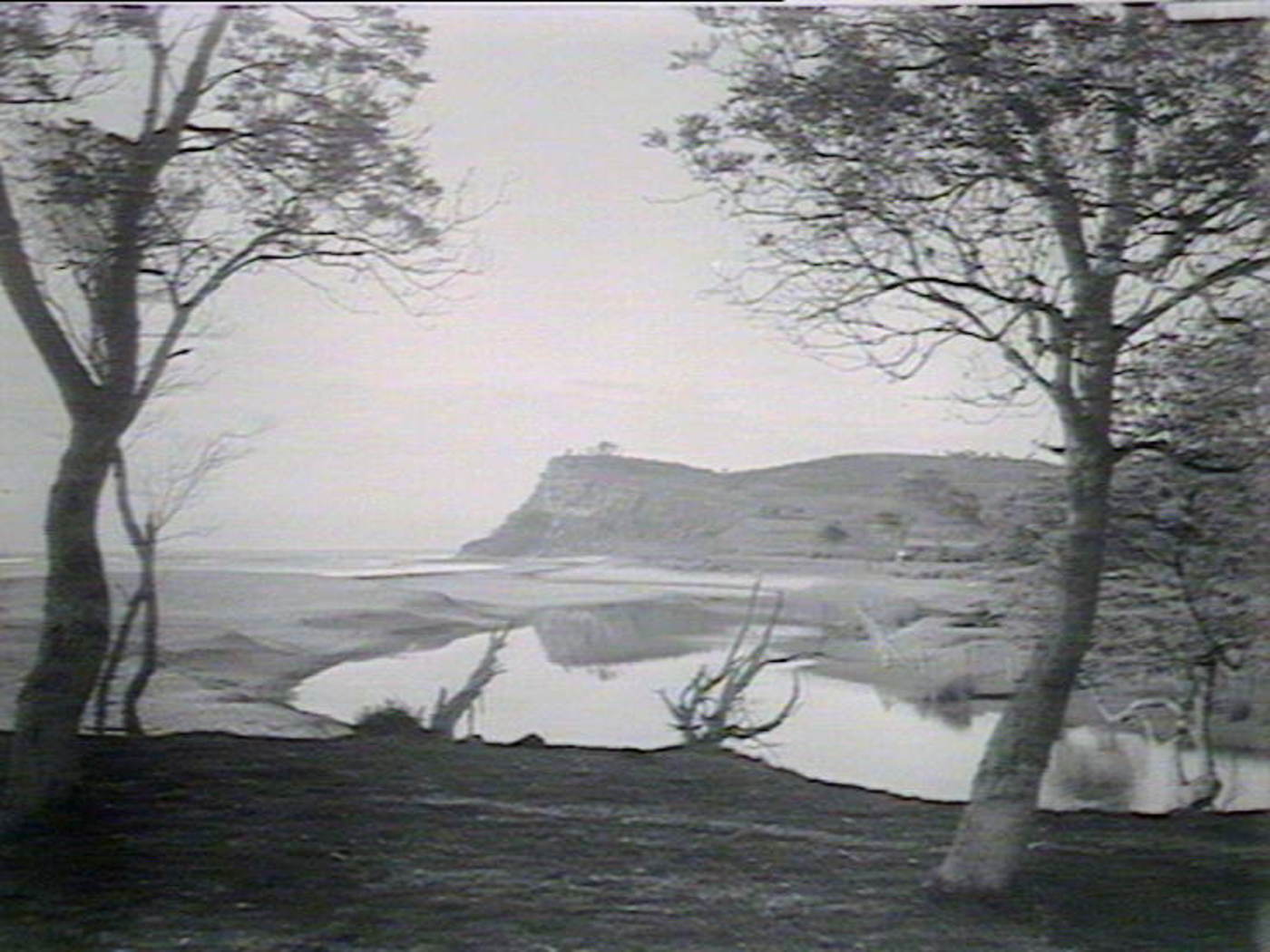
CIVIC SPIRIT AT NEWPORT.
At yesterday's meeting of the Warringah Shire Council, a letter was received from the Newport Progress Association requesting that a special Improvement rate of /1 in the £ be levied In Newport. It was also suggested that tenders be called for the construction of a rock-bath at the southern end of Newport Beach. The association stated that local residents would contribute towards the cost of the bath.
The civic spirit of members of the association was applauded by several members of the council, and it was decided to ask for particulars of the area to be included under the proposed special rate, and also for information regarding the improvements to be carried out. It was also decided to call for tenders for the proposed rock-bath, and to accept the offer of co-operation in the matter. CIVIC SPIRIT AT NEWPORT. (1924, September 2). The Sydney Morning Herald (NSW : 1842 - 1954), , p. 12. Retrieved fromhttp://nla.gov.au/nla.news-article16168520
NEWPORT IMPROVEMENTS.
The Newport Progress Association, which is co-operating with the Warringah Shire Council in effecting local improvements, has raised £262 by a queen competition, which concluded last week. The primary object of competition was to raise the balance of £40 due on the Newport rock swimming pool, which was opened a few months ago. The surplus will be devoted to other improvements in the district.
The queen competition was won by Mrs. Harold St. John Bodle, who secured 15638 votes, the other candidate being Mrs. Lawton Greig with 5548 votes. Councillor A. G. Parr, president of the, Warringah Shire Council, presided at the crowning ceremony, which was performed by Mr. Victor Holland. NEWPORT IMPROVEMENTS. (1926, June 8).The Sydney Morning Herald (NSW : 1842 - 1954), , p. 9. Retrieved fromhttp://nla.gov.au/nla.news-article16297442
Early Pittwater Surfers: Palm Beach I
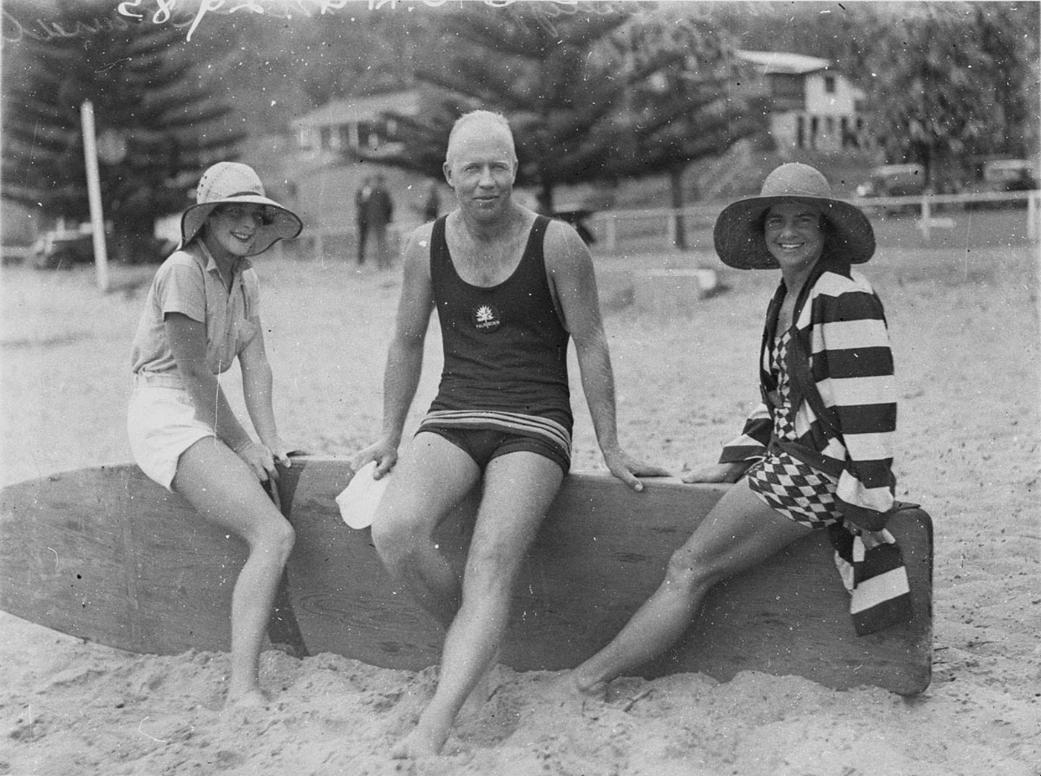
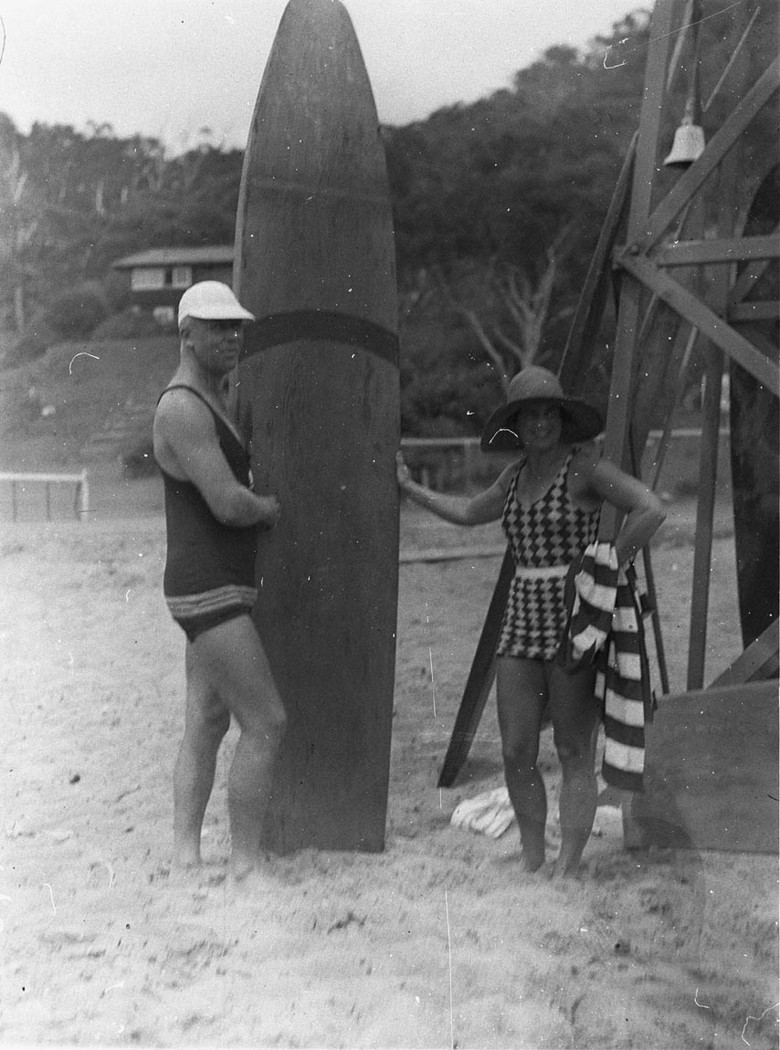
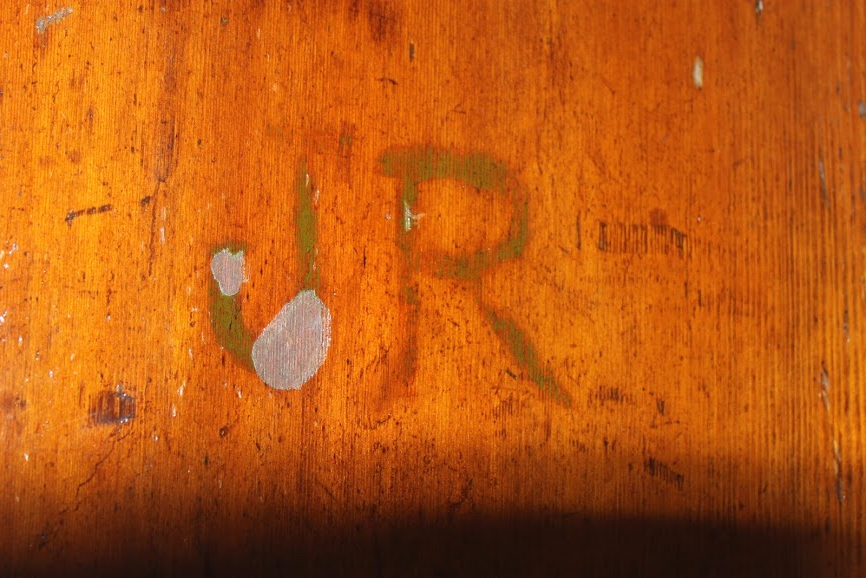
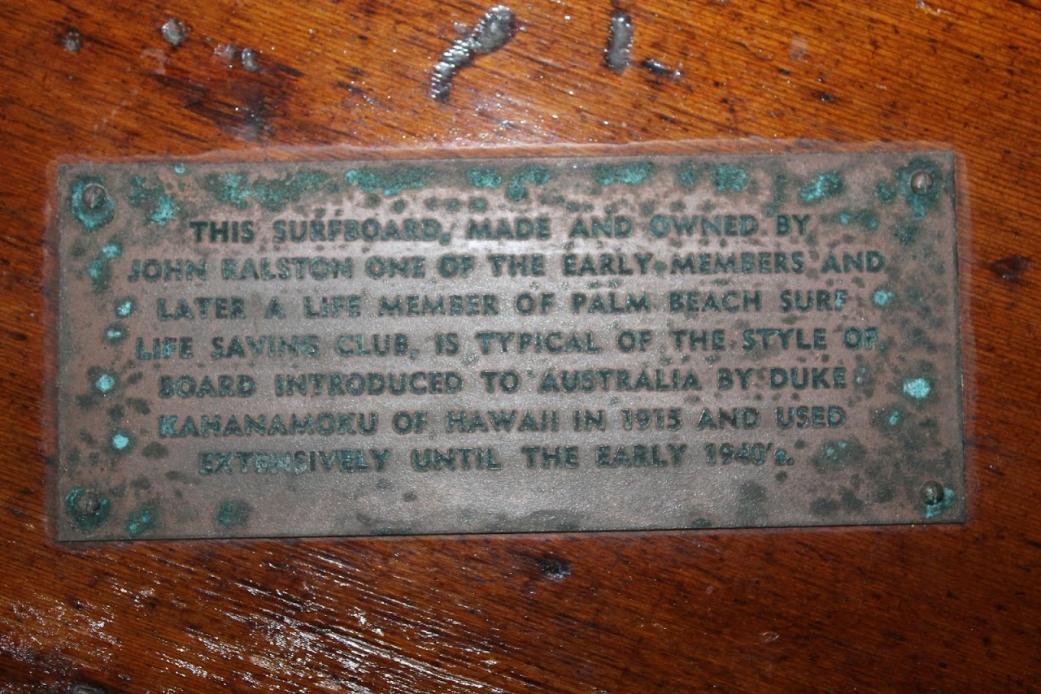
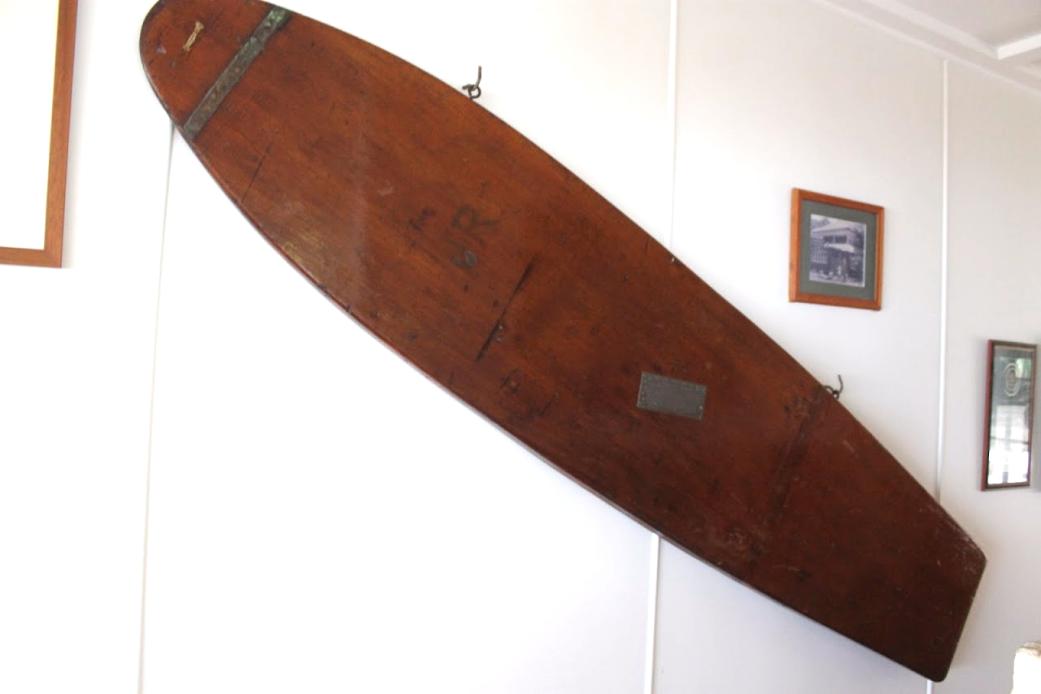
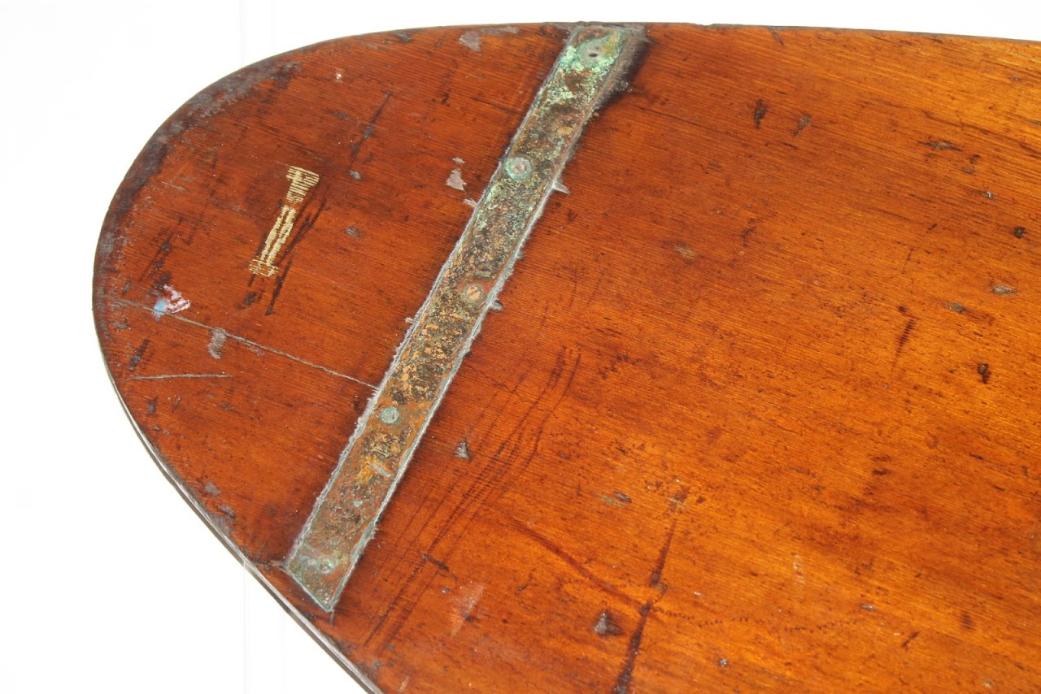
DUKE KAHANAMOUKU
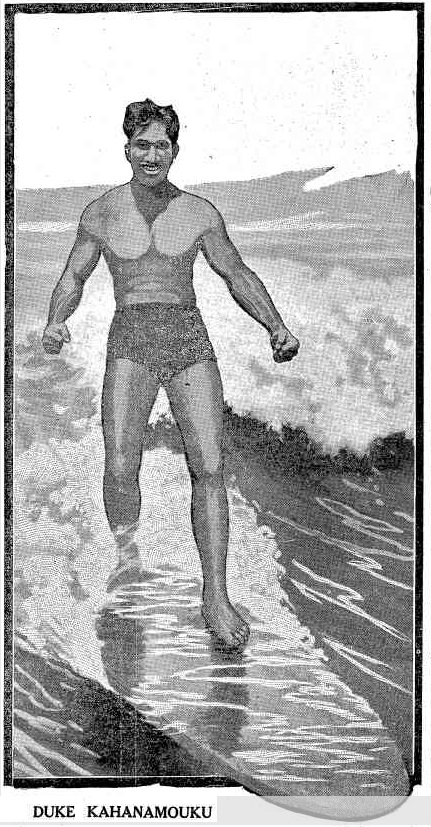
The marvellous Hawaiian, undisputed champion sprint distance swimmer of the world, some of whose natatorial feats are said to have astounded the fishes, as did the exploits of Pegoud, the French aviator, in the clouds, cause wonderment amongst the birds of the air. He is here seen performing one of his famous surfing accomplishments. This is not by any means his most daring achievement. Whilst dashing forward at an incredible speed, he stands on his head and does other things of an acrobatic description. Similar boards to the one he is shown using have been imported into Australia, but so far none of our surfing experts have been able to imitate his sensational deeds.
It is supposed, however, that the breakers that roll in on our shores are of a different formation, and not suitable for the purpose. All doubts on that subject would have been set at rest had Kahanamouku visited here this Summer, as was supposed to have been his intention. He has on several occasions expressed his willingness to come, but the time he originally offered to make the trip was regarded as inopportune by the officials of the Swimming Association who were carrying on the negotiations, and they fell through, owing to the date they suggested as a substitute clashing with the great water festival that is to be held at Honolulu on February 18 and 24 next. Visitors from all parts of the world have been known to go to Hawaii merely to witness Kahanamouku shoot the waves in the extraordinary fashion depicted above. DUKE KAHANAMOUKU (1913, December 14). Sunday Times (Sydney, NSW : 1895 - 1930), p. 20 (SUNDAY TIMES GLOBE PICTORIAL). Retrieved from http://nla.gov.au/nla.news-article126315151
SWIMMING: Kahanamouku and 100 yards championship. KAHANAMOUKU AND SURF BOARD. by Cecil Healy.
Representatives of the Press were invited to witness a private exhibition of surf-board riding by Kahanamouku at Freshwater on Thursday. It was to have been held the previous day, but the intention accidentally became public property and as several thousand people were attracted to the vicinity, Association officials decided to postpone it. Business considerations, unfortunately, prevented the writer from being present. Freshwater enjoys the reputation of being, on the whole, the best beach for shootable breakers, but the conditions, I understand, were far from being ideal for the purpose on that particular day.
The waves, for instance, were breaking too close to the shore to permit of a good 'run' being obtained, and, moreover, were of the 'dumping' variety; also the board itself, which was made locally, was not exactly what was required. It weighed in the neighbourhood of 100lb, whereas those in use at Honolulu, are only a quarter that weight. However, despite the disadvantages mentioned the Duke succeeded in assuming the perpendicular, and negotiating several shoots in his familiar poster attitude. On one occasion, whilst laying flat on the board, with a deft movement he swung the board right about, and proceeded backwards for a while before repeating the action and facing shorewards again. A number of our leading surfers were spectators of the display, and from what I can gather the general impression amongst them was that he did wonderfully well under the circumstances, but they were sure it merely amounted to an indication of what he is capable of doing under more favorable conditions. They have no doubt that when he has had opportunities of adapting himself to the vagaries of our surf, and strikes a suitable day, he will be able to.'do: things of a really sensational nature. The dextrous manner in which he handled the heavy board when taking it out through the breakers would appear to have greatly surprised the Sydney men.
Record entries have been received for the year's State championships. Two are to be decided at the initial carnival, which is to be held at the Domain Baths next Saturday afternoon lamely, the 100yds and 880yds. The Olympic champion, Duke Kahanamouku, and his brilliant travelling companion, George Cunha, are competing in the former event. It will be their first public appearance in competition. Incidentally, it will constitute the first occasion that an overseas champion has raced in Australia. The visitors will be opposed by the cream of the Commonwealth's sprint-distance swimmers. Australian record-holder Albert Barry will defend his title of 100yds champion of New South Wales W. Longworth, runner-up in both State and Australian 'hundred' championships last season, will also be one of those who will en-deavor to achieve for this State the honor of checking the Hawaiian's triumphant march. SWIMMING : Kahanamouku in 100yds Championship : (1914, December 30). Referee (Sydney, NSW : 1886 - 1939), p. 16. Retrieved from http://nla.gov.au/nla.news-article120278130
Two people likely to have witnessed or heard about these early surfing on a surf board attempts would be Sydney (sometimes spelt Sidney) McAuliffe, a Manly Life Saving Club and Manly Swimming club member to whom were attributed the saving of lives at Manly both before his WWI service and afterwards, and his sister Nora - who was born at Manly in 1906 after her father was took on a job at the Manly Gas company:
Early Pittwater Surfers: Palm Beach I: John Ralston and Nora McAuliffe
2017 SLSNSW Awards Of Excellence
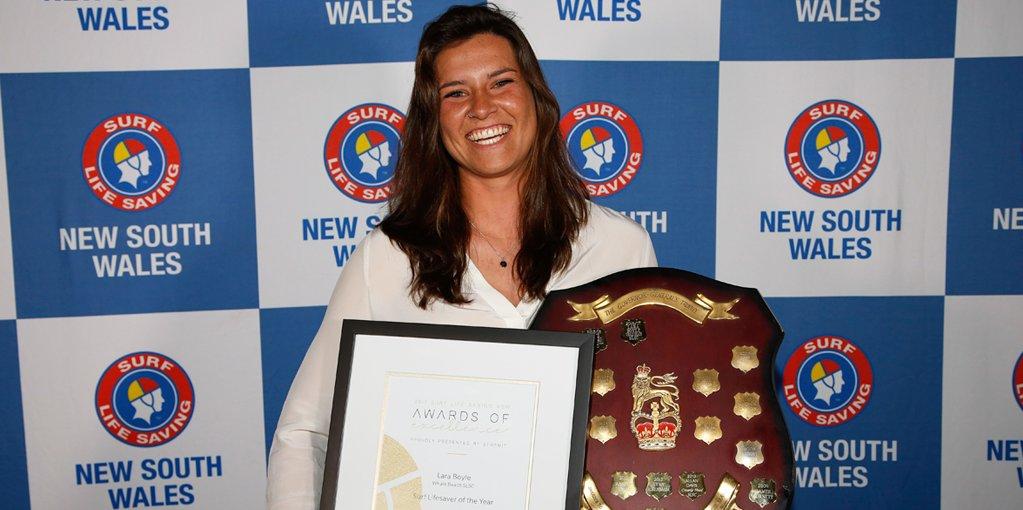
Lifesavers Scrub Up For Awards Of Excellence
Saturday 5 August 2017Over 300 of the state’s finest surf lifesavers took time out away from the ocean on Saturday night to celebrate a successful season at a glittering ceremony in Sydney.
Central Coast clubs enjoyed a very successful night, taking home six awards including Community Education Program of the Year and Young Lifesaver for the 2016/17 season.
The Far North Coast Branch earned two awards while lifesavers from the Mid North Coast returned home as the winners in three categories including Rescue of the Year (Camden Haven SLSC).
Sydney and Sydney Northern Beaches clubs had plenty of reasons to smile, picking up eight awards between them while the Lower North Coast, North Coast, and Far South Coast branches also earned awards on the evening.
After volunteering more than 200 hours this season and impressing the panel with her knowledge of Surf Life Saving, Lara Boyle from Whale Beach SLSC was crowned the prestigious Surf Lifesaver of the Year.
"I'm so thrilled and honoured to receive this award. My club has been an amazing support and I'm forever grateful for the opportunities that I've been able to pursue," Lara Boyle said.
"I was privileged enough to achieve so much this year from being Club Captain to being part of NSW development programs and travelling to Japan for the Surf Life Saving Australia Lifesaving Exchange."
It was a fantastic achievement by the young lifesaver who wears many hats at her club.
There were also plenty of cheers when Bermagui SLSC was announced the Stramit Club of the Year. It’s been a challenging few years for the Far South Coast club which has worked extremely hard to turn around its fortunes.
"Thank you to our members. This is an amazing achievement as we were up against some big surf clubs across the state," President Bruce McAslan said.
"We have a very close group of members at Bermagui and this has given us the motivation to further enhance our club and surf lifesaving within our community."
The 2017 SLSNSW Awards of Excellence are proudly presented by Stramit Building Products. Over 300 of Surf Life Saving’s most outstanding lifesavers, athletes, educators, coaches, and administrators from around the state celebrated the season that was.
2017 SLSNSW Awards of Excellence Winners
Surf Sports
• Official of the Year - Wayne Scott (Red Rock-Corindi)
• Youth Athlete of the Year - Jemma Smith (Umina)
• Athlete of the Year - Jake Lynch (Newport)
• Masters Athlete of the Year - Paul Lemmon (Terrigal)
• Sport Team of the Year - Open First Aid Team (Freshwater)
• Coach of the Year - Jock Campbell (Wanda)
Member Services
• Administrator of the Year - Trish Watts (Shelly Beach)
• Services Team of the Year - Member Services Team (Mid North Coast)
Education
• Trainer of the Year - Susan Croad (Hat Head)
• Assessor of the Year - Ramzy Fawzy (Wamberal)
• Facilitator of the Year - Janne Moran (Pacific Palms)
• Initiative of the Year - Special Needs Branch Championships (Mona Vale)
• Community Education Program of the Year - Central Coast Branch
Lifesaving
• Junior Lifesaver of the Year - Elliott Prasad (Narrabeen Beach)
• Junior Lifesaver of the Year - Matilda Shirley (Byron Bay)
• Young Lifesaver of the Year - Ryan Chiswell (Ocean Beach)
• ALS Lifeguard of the Year - Jai Sheridan (Byron Shire)
• Rescue of the Year - Camden Haven SLSC
Overall
• Branch of the Year - Surf Life Saving Sydney
• Club of the Year - Bermagui SLSC
• Volunteer of the Year - Wayne Druery (Cronulla)
• Surf Lifesaver of the Year - Lara Boyle (Whale Beach)
By Surf Life Saving New South Wales
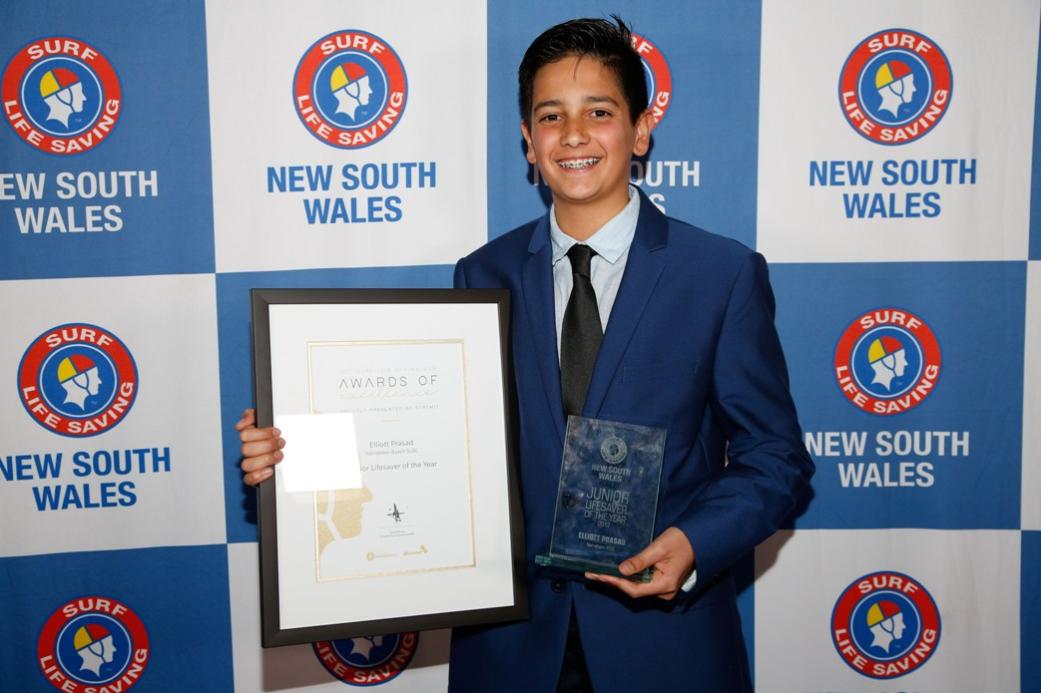
108th Annual General Meeting For Newport Surf Life Saving Club
- Under the guidance of our Club Captain Rob Barkley, our patrolling strength and exceptional standard of patrols remains in my opinion the bench mark for Surf Life Saving. To further support my claim that Newport is the benchmark, Newport won the Lipton Ice Tea Patrol Assessment Competition held across all the clubs within the Sydney Northern Beaches Branch. To all the Newport patrolling members, thank you for your vigilance and service. Your patrolled have been outstanding.
- Our instructors have done a magnificent job again this season under the guidance of our Chief Instructor Guyren Smith. This season 59 people successfully completed their bronze medallions, which is a fantastic effort. Further to this, 33 young members completed their Surf Rescue certificate and have joined our patrols.
- The continual improvement philosophy that runs deep through the whole club, was sensationally illustrated by Peter Euers whom created an Inter Patrol competition and associated training videos that were then implemented across all our patrols. Congratulations to Patrol 6, the inaugural winners of this coveted club patrol award.
- Georgia Miller, Jake Lynch and Dane Farrell - selection to represent Australia and compete in the World Championships in the Netherlands and our beach coach Marty Lynch reappointed the Australian Beach Coach. Club members Isaac Smith and Charlie Brooks made the Australian Youth Team and competed very successfully in the Netherlands.
- Fourteen Newport members were selected in the Sydney Northern Beaches Branch Competition Team.
- Six Newport Members were selected in in the NSW Team including our own Hannah Minogue as Captain.
- Our Under 23 girls surf boat crew, the “Pistol Shrimp” were selected to represent NSW and then Australia in the Trans-Tasman Test held in New Zealand.
- Maddie Spencer achieved her debut selection in the Nutri Grain Ironman series and joined our superstars Georgia Miller and Max Brooks in the series.
- Newport achieved 1st place in the club point score in the televised “Summer of Surf” series.
- Newport achieved 1st place in the open point score at the Branch Championships.
- Newport achieved 1st place in the open point score at State Championships, for the 4th year in a row.
- Newport achieved 4th place in the open point score at the disrupted Australian Championships.
- At the Junior State Championships Newport finished in 15th place on overall point score, a fabulous result for our junior program.
- Additionally, at the Sydney Northern Beach’s Branch Awards presentation evening, Newport SLSC won many awards including:
- 1st Place Lipton Ice Tea Patrol Assessment Competition.
- Sydney Northern Beaches U19 male surf boat premiership.
- Bennett Boards Overall Handicap Point score.
- Jake Lynch was awarded the Speedo Sydney Northern Beaches Competitor of the Year.
- Adrian Hill was awarded the Bill Buckle Auto Group – Facilitator of the Year.
- Newport Life Member Martin Lynch’s contribution to surf lifesaving was acknowledged with Martin receiving Life Membership of Sydney Northern Beaches Branch.
- Highlighting of local charities in our Pub2Pub Finish Line Festival.
- Providing substantial and much needed funding to Cystic Fibrosis through the Barefoot Ball and Castles in the Sand events.
- Assisting the Northern Beaches Interchange with the running of their fundraising paddling event.
- Raising funds and awareness for drowning prevention education.
- Involvement in the Suicide Prevention Australia fundraiser event held at the club.
- Partnering with the Pittwater Friends of Soibada, Newport Surf Life Saving club introduced an annual scholarship program for two young Bronze Medallion Trainers & Assessors to travel to East Timor with the Pittwater Friends of Soibada to provide first aid training
- Michael Hill Memorial Trophy – Clubman of the Year – Ben Matthews
- Paul Stevens – Junior clubman of the Year – Nathan Doyle
- Hans Trumm OAM – Award for Patrolling Excellence – Peter Euers
- Peter Dawson – Best New Member – Jeremy Paul
- Tom Guthrie – Rookie of the Year – Melisse Cooper
- John Holland Snr – Committee Member of the Year – Kate Kilpatrick
- Competitor of the Year – Blake Drysdale/Jake Lynch
- Tim Francis Junior Competitor of the Year – Alex Lefevre
Bilgola SLSC 68th Annual General Meeting
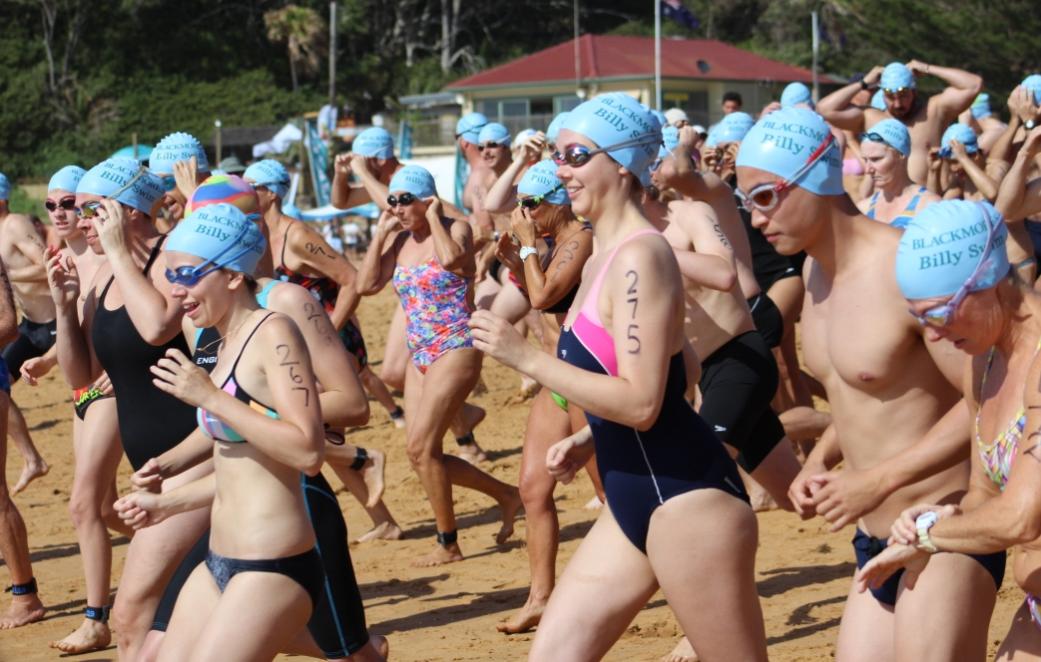
Bilgola SLSC 68th Annual General Meeting
Avalon Beach SLSC 2017 AGM
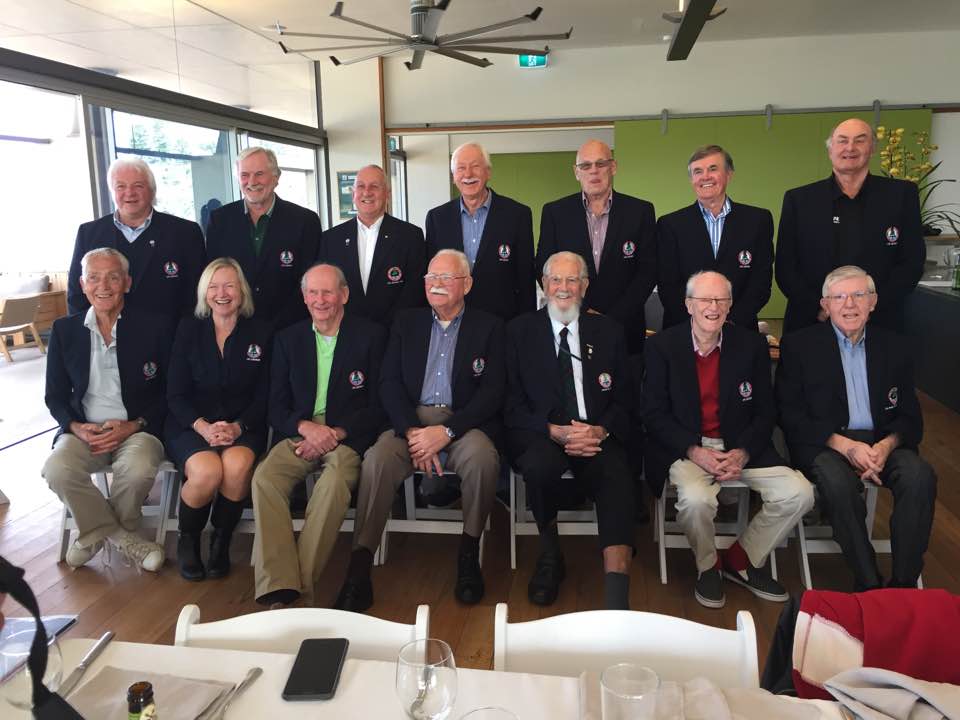
Avalon Beach SLSC 2017 AGM
Aboriginal Engravings Vandalised At The Basin: NPWS Undertakes Program Of ‘Highlighting’ Engravings To Protect Them
In response, NPWS has undertaken a program of ‘highlighting’ the engravings so they’re more easily seen and less prone to vandalism.
‘Highlighting’ is specialist work involving the careful removal of natural occurring lichen on the rock surface that over time grows in the engraving grooves but does not involve deepening the grooves by removing any rock material. The lichen is removed using soft brushes and water.
“This work is done by indigenous staff trained in this method and approved to undertake the work by the Metropolitan Local Aboriginal Land Council (MLALC) and should not be attempted by the general public.” A spokesperson for the National Parks and Wildlife Service (NPWS) told Pittwater Online this week.
“ This work is done to make the engravings more visible, and one benefit of this is to discourage people marking the engravings themselves in an attempt to make them more easily seen, and subsequently damaging them.”
The Basin Aboriginal art site is a significant site found along The Basin track and best viewed in the early morning or late afternoon, when the shadows give an edge to the faint, yet impressive engravings. Here, you’ll make out the outlines of animals and human figures.
After exploring the extensive range of engravings, continue along the walking track to The Basin picnic area and enjoy a swim.
There are further examples of Aboriginal heritage with axe grinding grooves and rock paintings and stencils within the park. Middens are also found near rock caves and shelters and contain shells, tools and animal bones.
To preserve the art for future generations, visitors are asked to please not touch Aboriginal sites.
Any visitors to national parks who see vandalism and damage are asked to report this to the local NPWS office on (02) 9451 3479.
Ku-ring-gai Chase National Park is home to over 800 sacred aboriginal carving sites, including the Elvina Track Engraving site, one of the largest in Australia.
Those who cannot access these areas so easily may take a virtual tour of the Basin Aboriginal art site captured with Google Street View Trekker.
Those who would like a guided tour can join an Guringai Aboriginal Tours, accompanied by Guringai descendant Laurie Bimson and Les Mcleod experienced Aboriginal guide hailing from Yuin country.
Pittwater Yachting Legend: Jack Gale
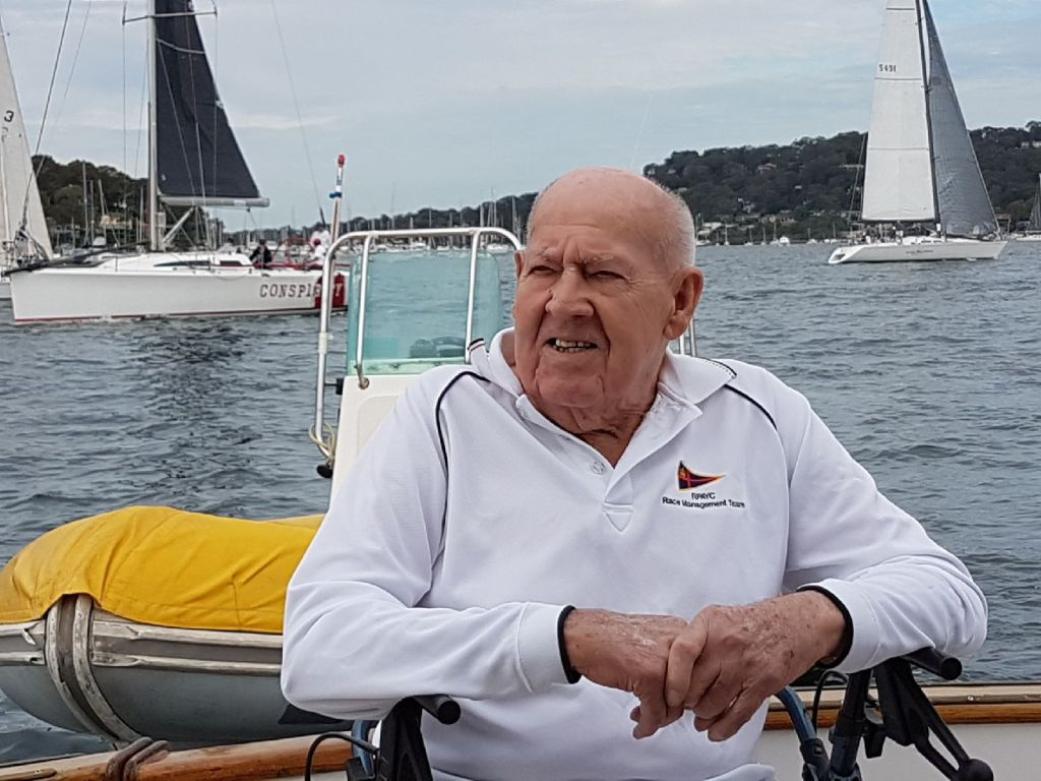
Pittwater Yachting Legend Passes
VALE JOHN LINCOLN (JACK) GALE1926- 2017
Pittwater Yachting Legend
Yachting on Pittwater and Sydney has lost a pioneer with the recent death of Jack Gale at the age of 91. Coincidentally, Jack died exactly two years after his beloved wife, Joan. Jack is survived by his two sons Geoff and Rob.
The youngest of five children, Jack had an idyllic childhood growing up in North Narrabeen and it was at this time he developed his love of the water. Following his education Jack was employed as a telegraph operator. He enlisted during WWII at the age of eighteen and was posted to the Z force in communications.
Following his war service, Jack worked as a delivery driver until 1956 when he accepted a position as caretaker and boatyard manager at The Royal Prince Alfred Yacht Club (Pittwater Division). At that time the Club facilities at Pittwater were quite basic, consisting of a boatshed, rudimentary slipway and the two bedroom cottage which the Club erected for Jack, Joan and their young son Geoff to occupy.
Jack was dedicated to the Club, taking part enthusiastically, methodically and comprehensively in the many and varied building programmes and other projects which shaped the current wonderful facilities enjoyed to-day by The Royal Prince Alfred Yacht Club.
Over the years Jack held many positions with the Club including Boatyard Manager, Yachting Secretary and, ultimately, Secretary/Manager.
It was during his years as Yachting Manager that Jack achieved a reputation not first in Sydney but in Australia and world-wide as an innovative, dedicated and skillful yacht race manager and administrator.
Jack pioneered the use of what became known as the Barrenjoey Circle racecourse which gained a reputation for its challenging sea conditions, its fair winds, and relative lack of tidal influence. A winning crew on the Barrenjoey Circle could justly be proud of their efforts!!
Jack's skill and competence as a race manager resulted in the Club gaining a stellar reputation for conducting yachting championships. Assisted by his wonderful team, Jack and the Club conducted many World, Australian and State Championships on "the Circle" in 5.5's, Solings, E22's, 6 metres and other classes.
In addition, Jack conducted the Club's busy schedule of inshore and offshore yachting. It was not unusual for Jack to start an offshore race at 8.00pm on a Friday night and then be out laying the offshore marks for the Saturday events at 6.00am.
Prior to his assuming the position of Yachting Manager Jack sailed with the late Tony Carr in the 5.5 "Altair", finishing runner up to Sir William Northam in the 1964 Olympic Trials. Jack also sailed several Montague Island races on various boats but he never professed a love for offshore sailing, preferring one design racing.
Jack also sailed aboard Gretel II in the 1977 Americas Cup challenger trials. He had previously commentated on radio at earlier Americas Cup events and did so again in 1983 at which time he resumed his on-air rivalry with American Yachting commentator Norrie Hoyt. Their on-air banter was legendary for its critical insights and humour.
After retiring from The RPAYC in 1988, Jack continued running RPAYC races and regattas as the Club's race officer and in 1994 was made a Life Member of the Club. In 2014 the Club named its new training facility The Jack Gale Centre, in honour of Jack and the significant contributions he made to the Club and the sport on Pittwater.
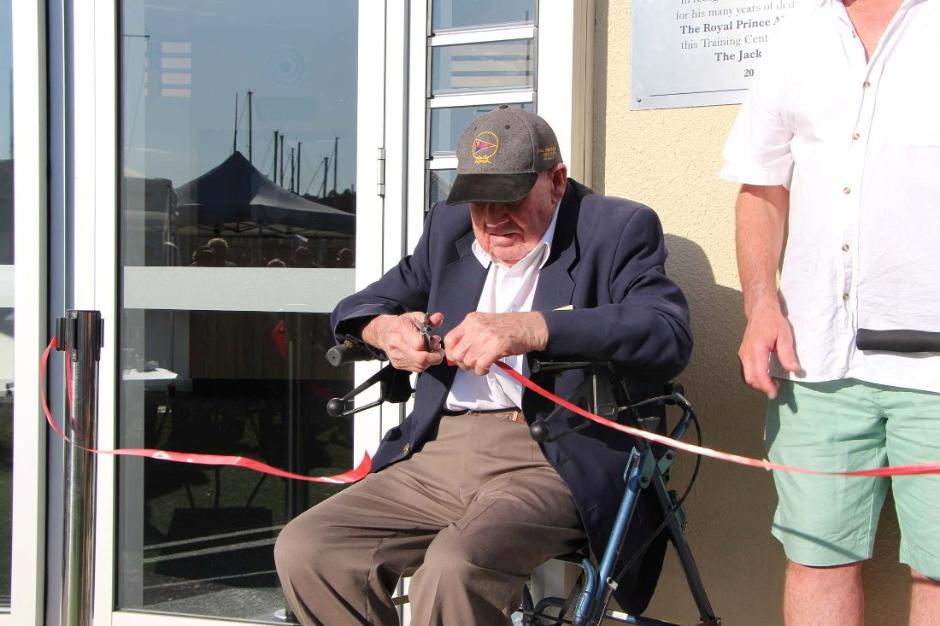
Jack Gale cutting the ribbon.
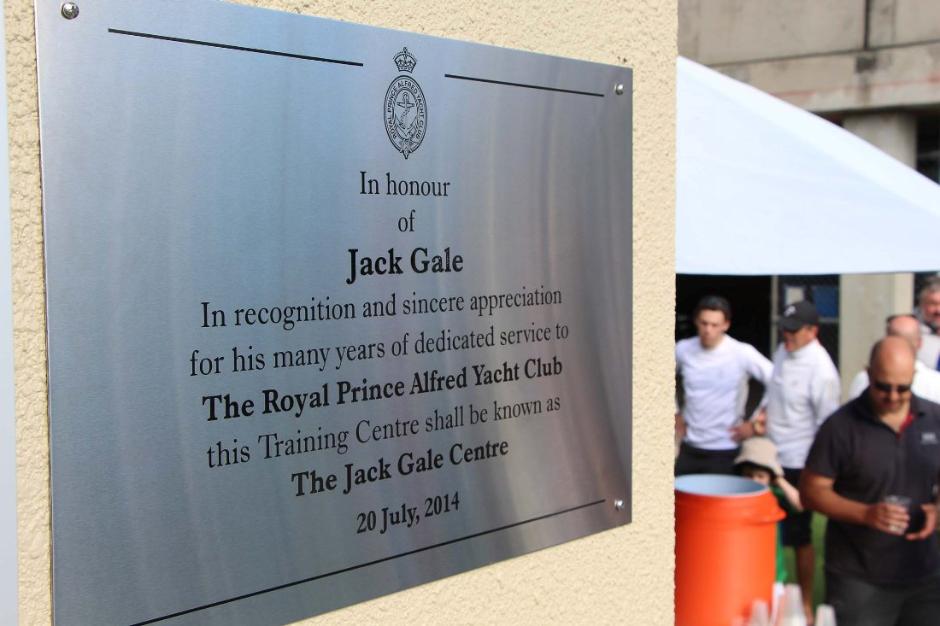
Jack Gale Centre Plaque.
Jack enjoyed life, especially yacht racing and golf. He possessed a wonderful sense of humour and was a great raconteur with an encyclopaedic knowledge of sail numbers, yachts, their skippers and crews.
Jack and Joan were extremely hospitable and visitors to their home were genuinely most welcome. Following Joan's passing Jack liked nothing better than providing advice to anyone who asked provided that he could indulge in a glass of his favourite Sauvignon Blanc.
He will be sadly missed by The RPAYC, its members, the entire yachting community and all those who remember him.
Obituary for Jack Gale written by Peter Kennett.
Hit The Road Jack – Sailing Royalty Farewells Its King
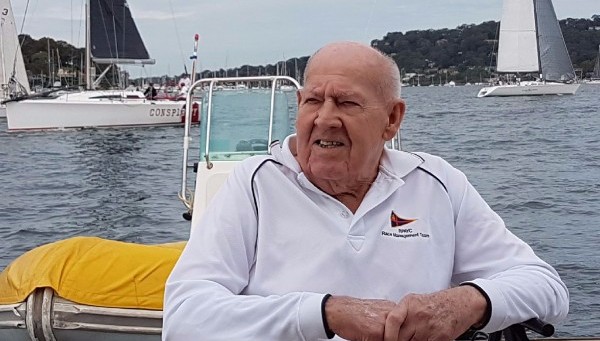
Kialoa II’s Revival At 47th Rolex Fastnet Race
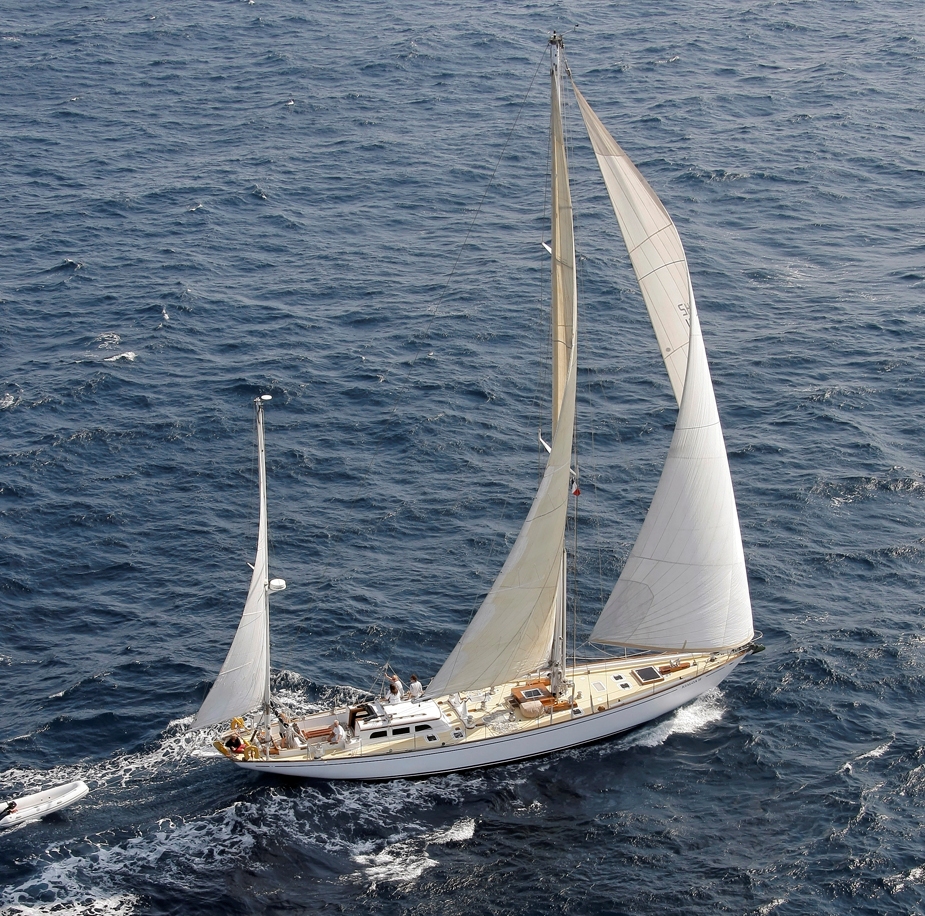
Kialoa II’s Revival At 47th Rolex Fastnet Race
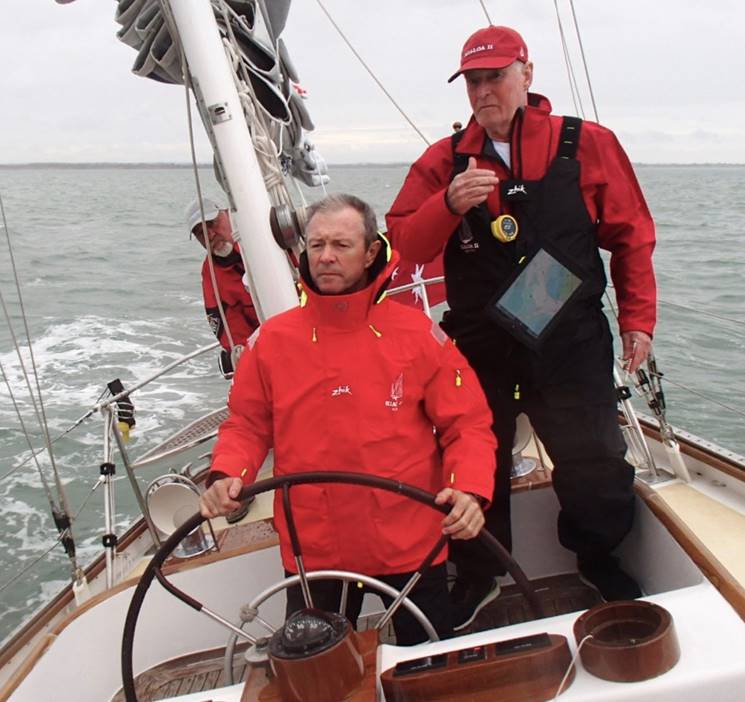
Clareville & Bilgola Plateau Residents' Association (CABPRA)

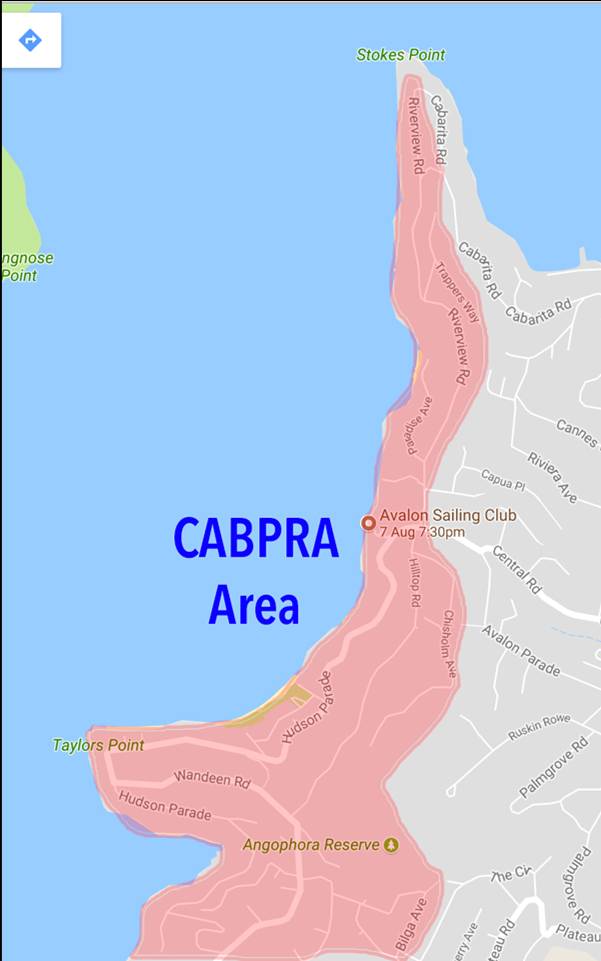
- To encourage residents to take an active interest in their community
- To preserve and enhance the natural beauty of the area including native flora and fauna
- To promote sound environmental planning and management sympathetic with Pittwater’s natural beauty
- To protect and enhance the residential amenity of the area including public reserves, access lanes, footpaths, cycle ways, beaches, wharves and foreshores
- To speak with one voice and represent the interests and quality of life of the CABPRA community when in discussion with Council and other relevant government bodies
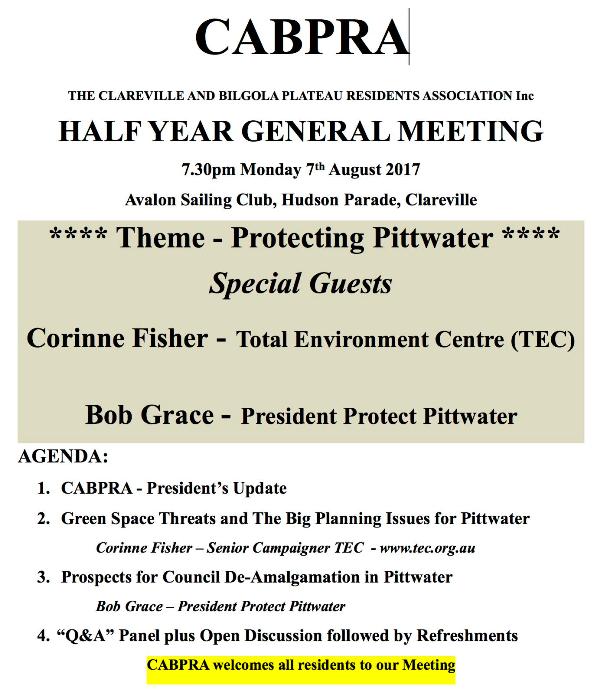
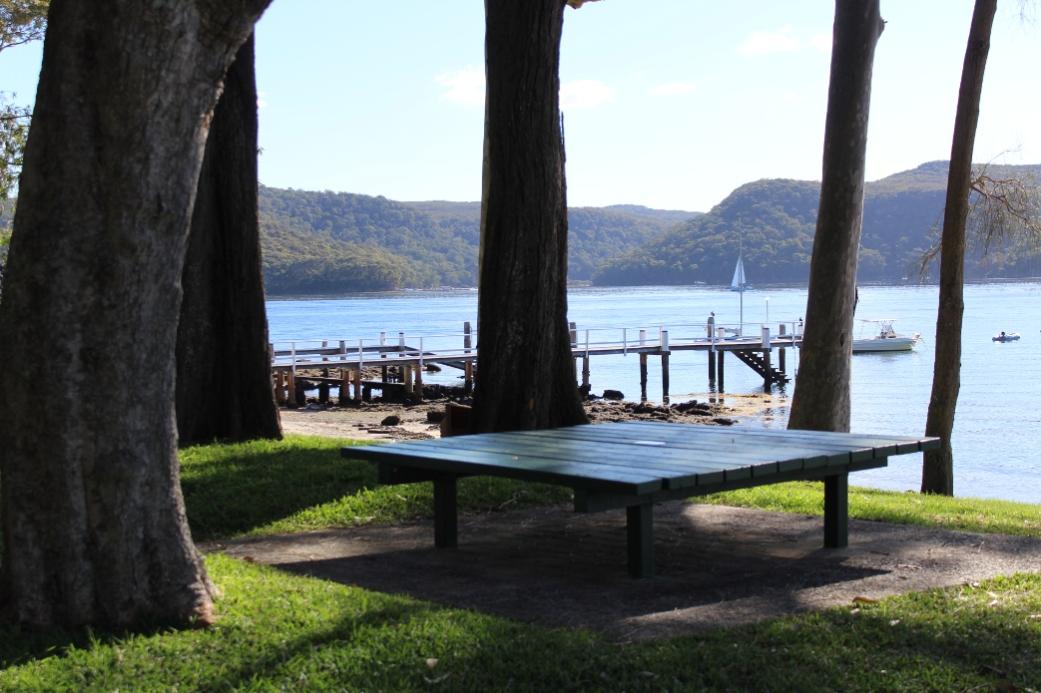
Avalon Beach North Headland Indian Face 'Falls': An Everchanging Coastline
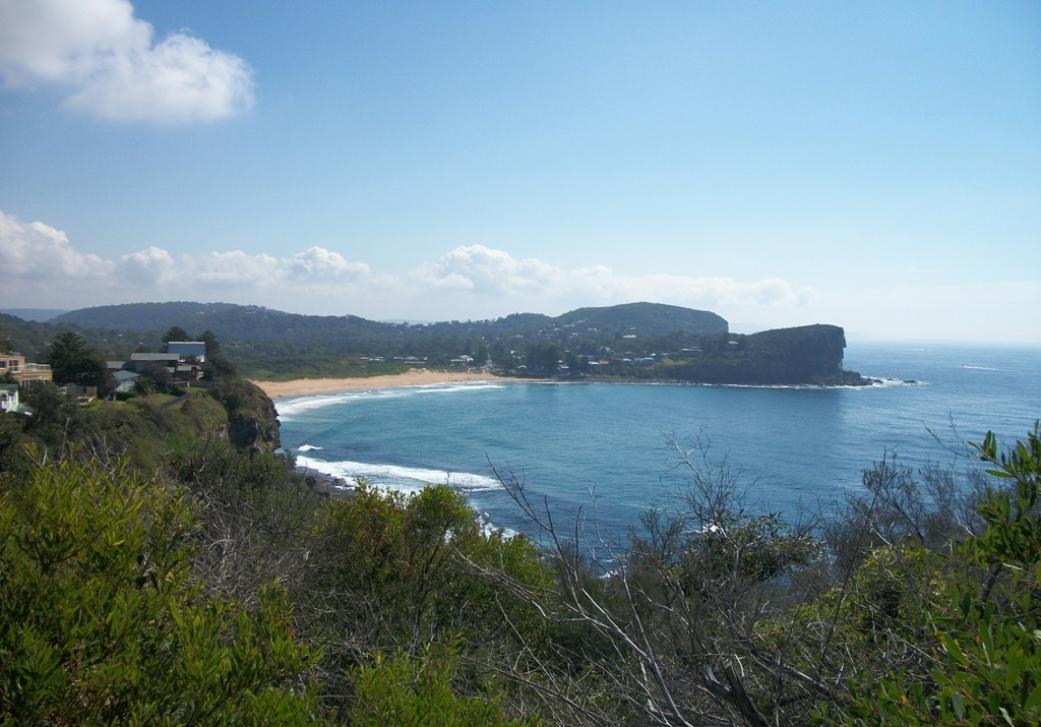
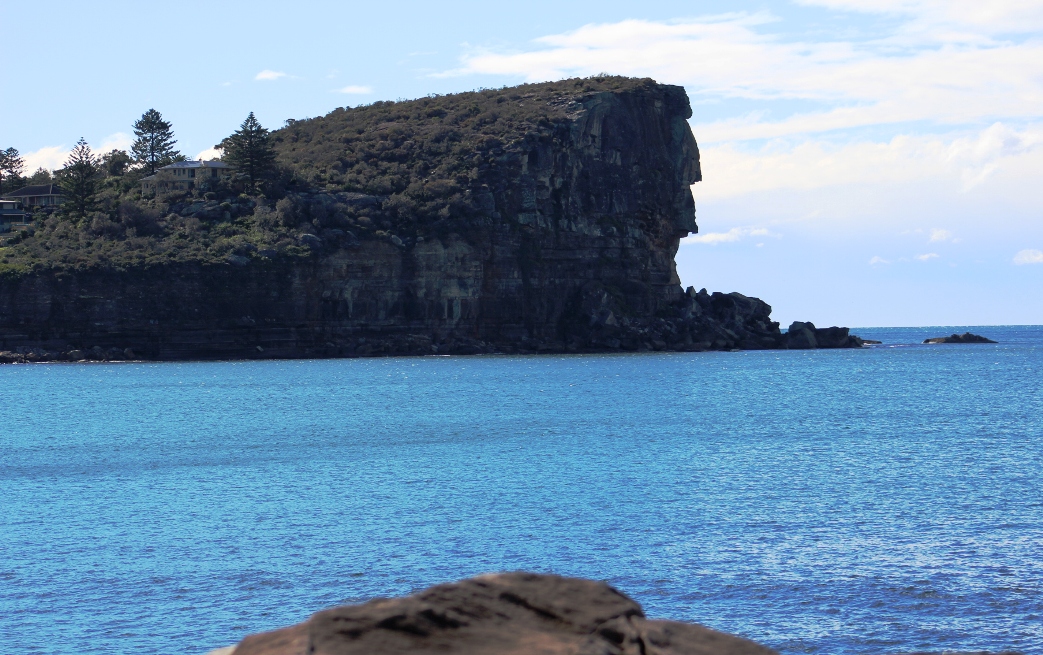
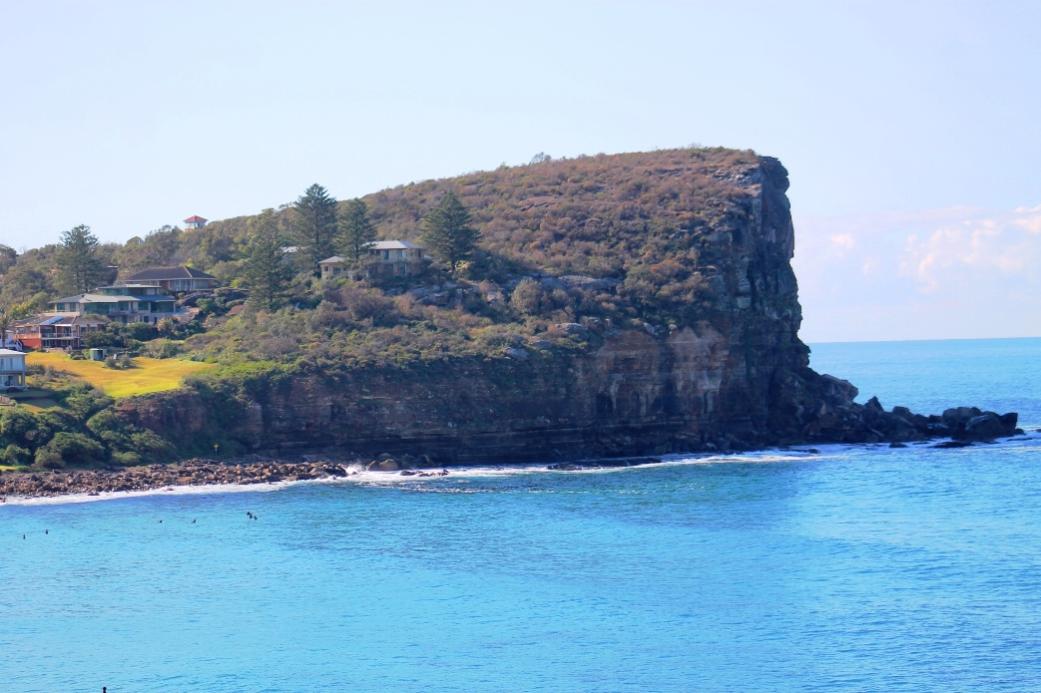
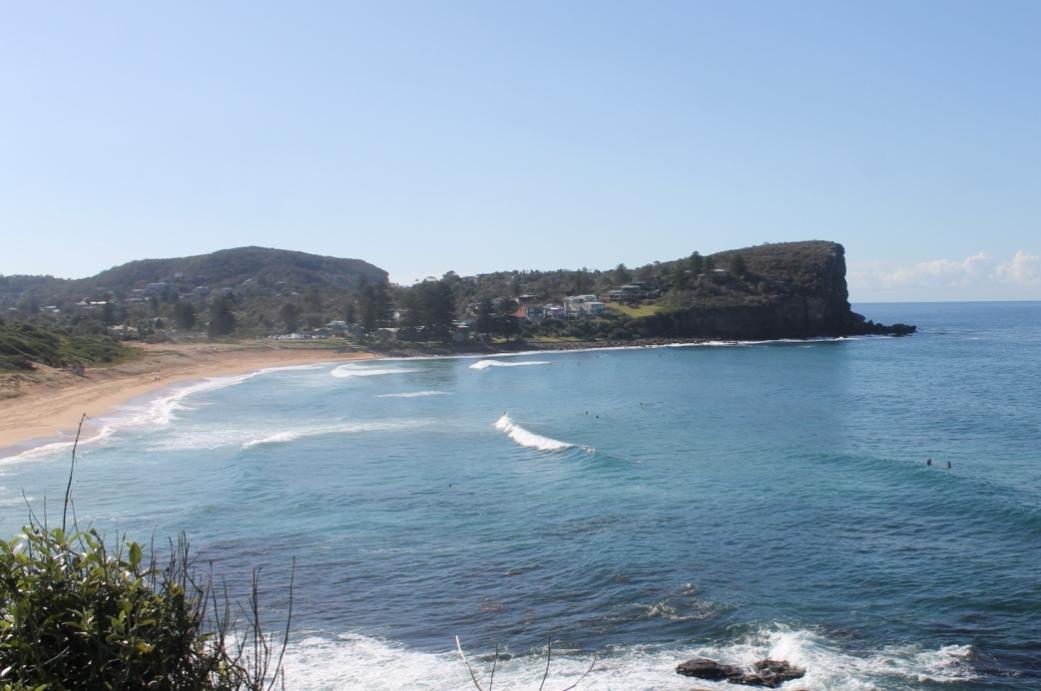
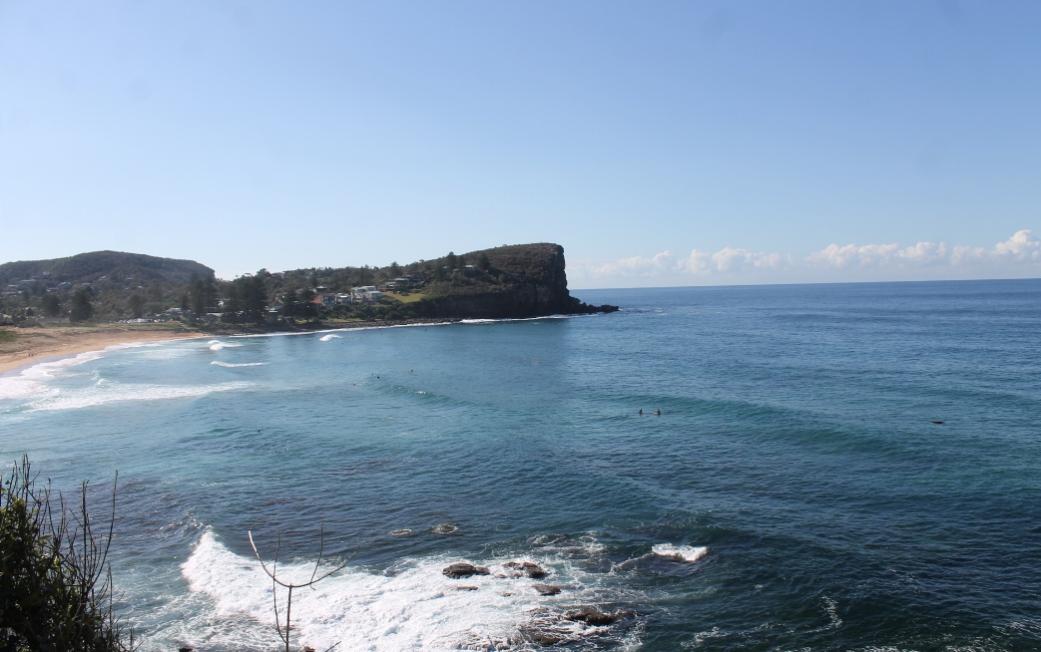
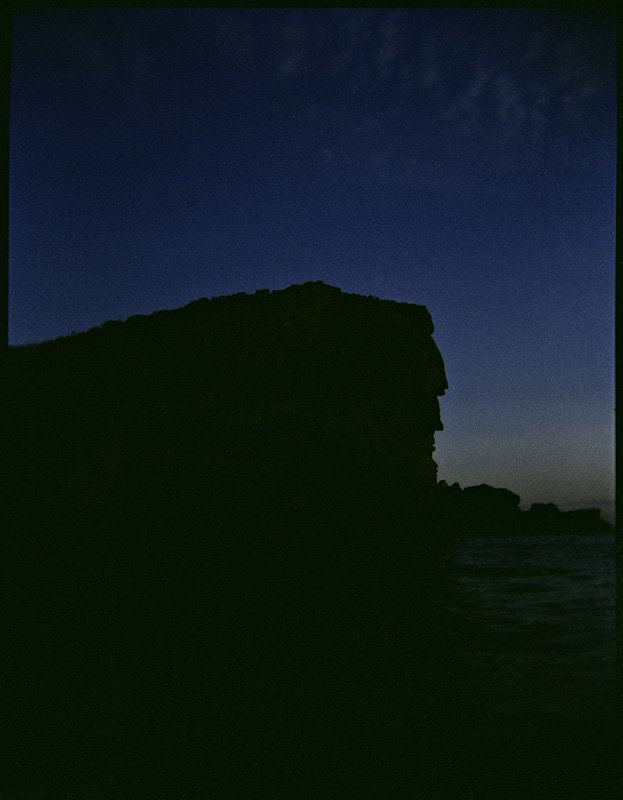
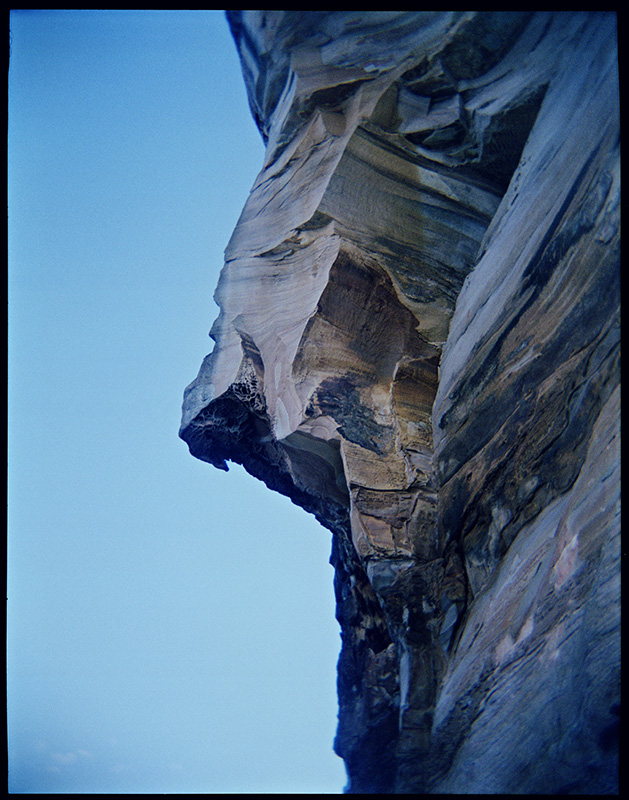
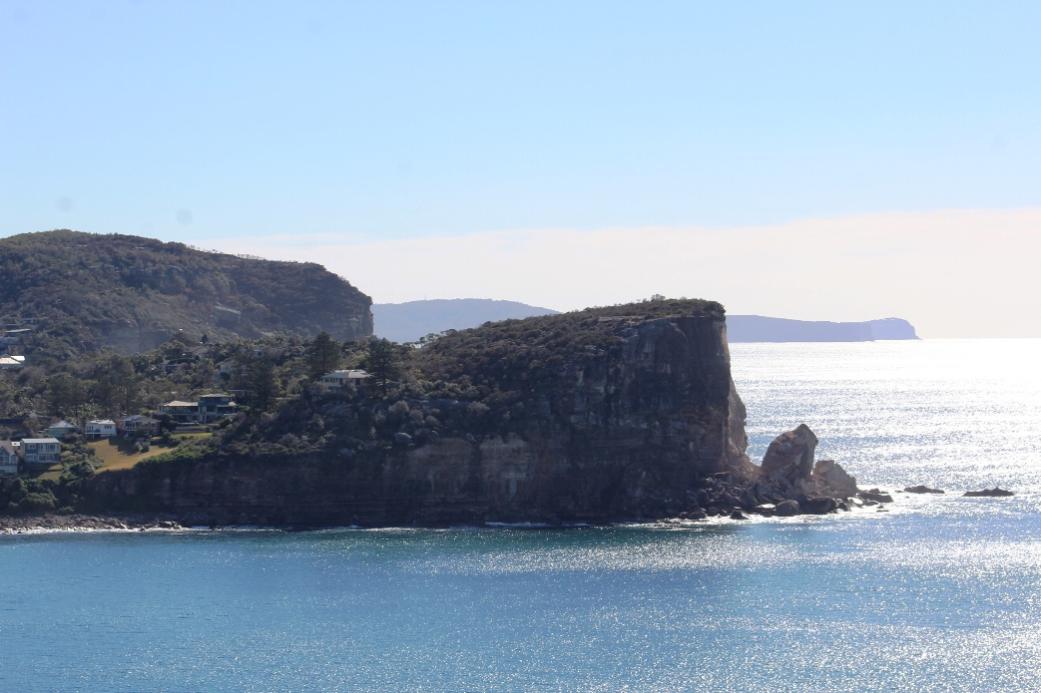
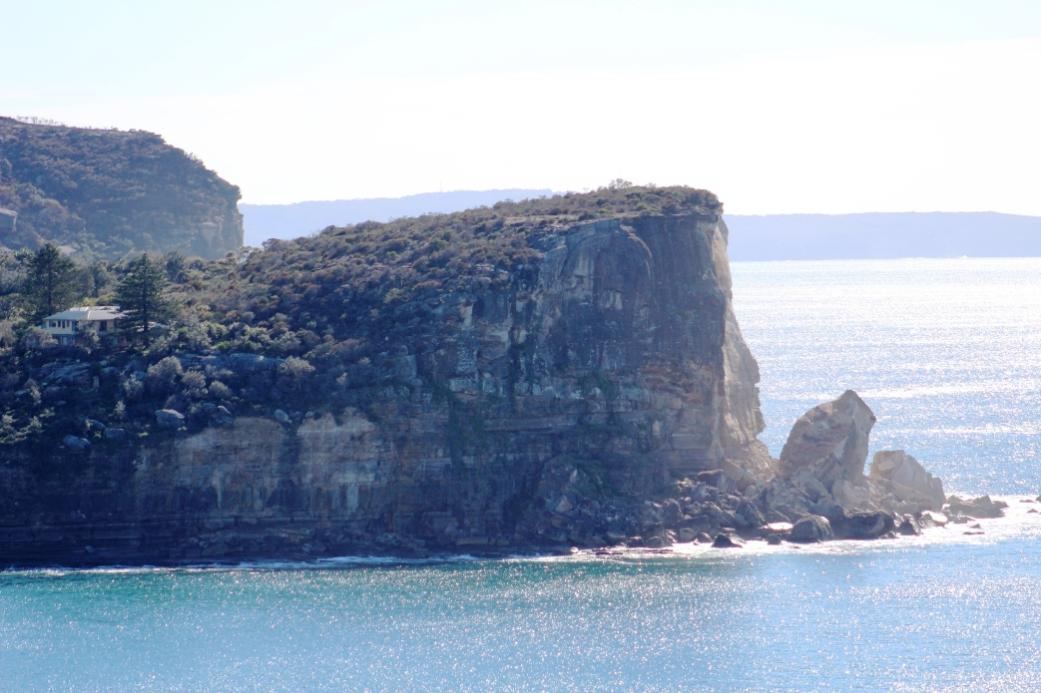
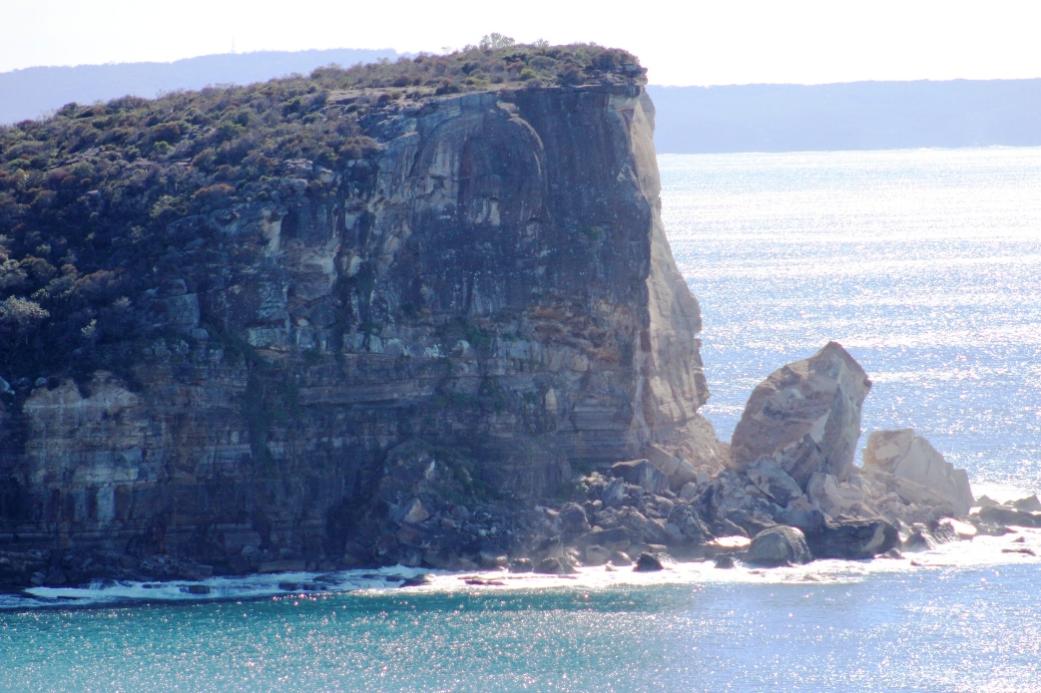
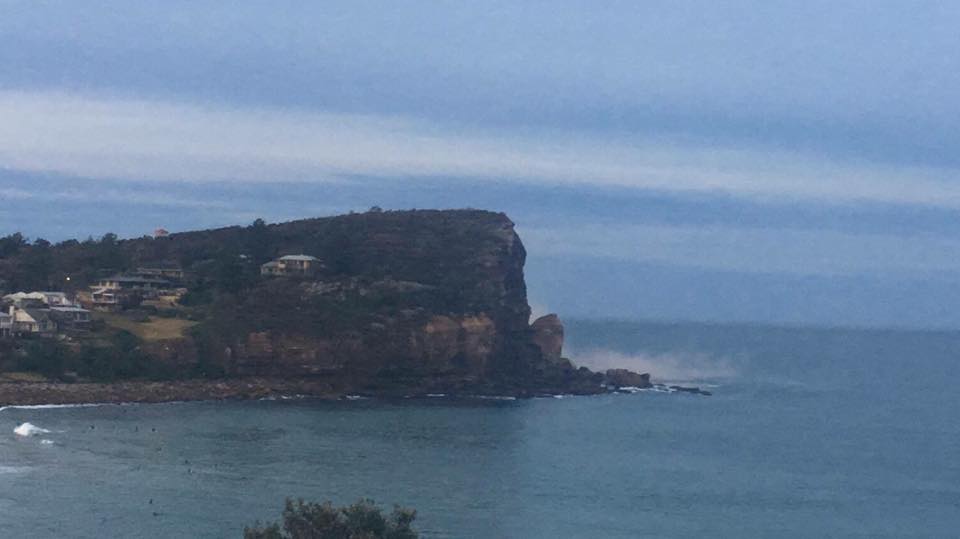
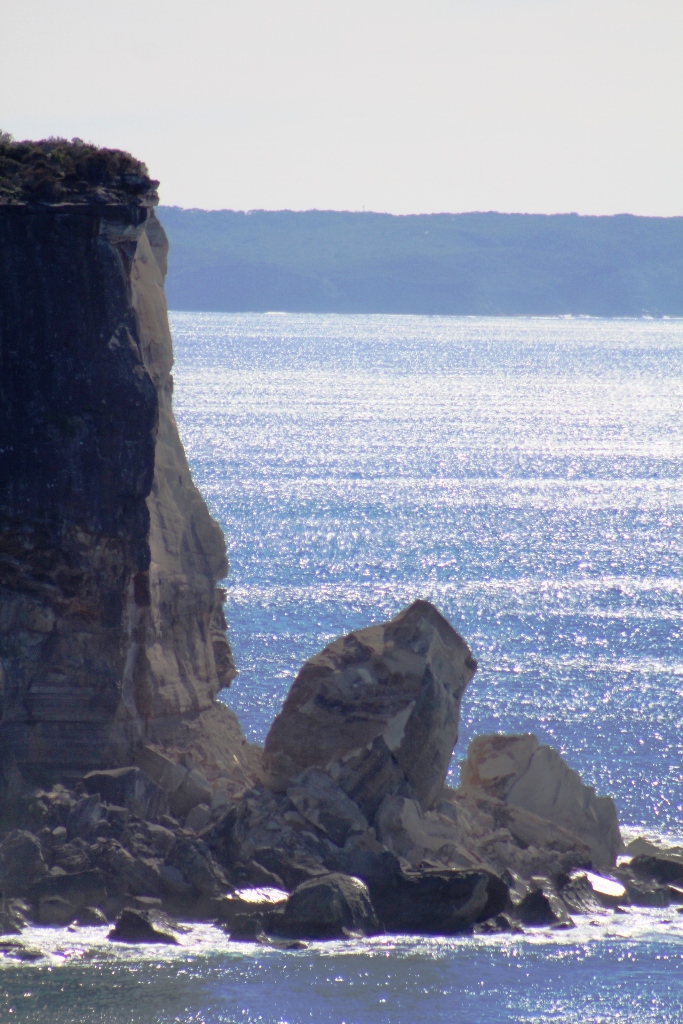
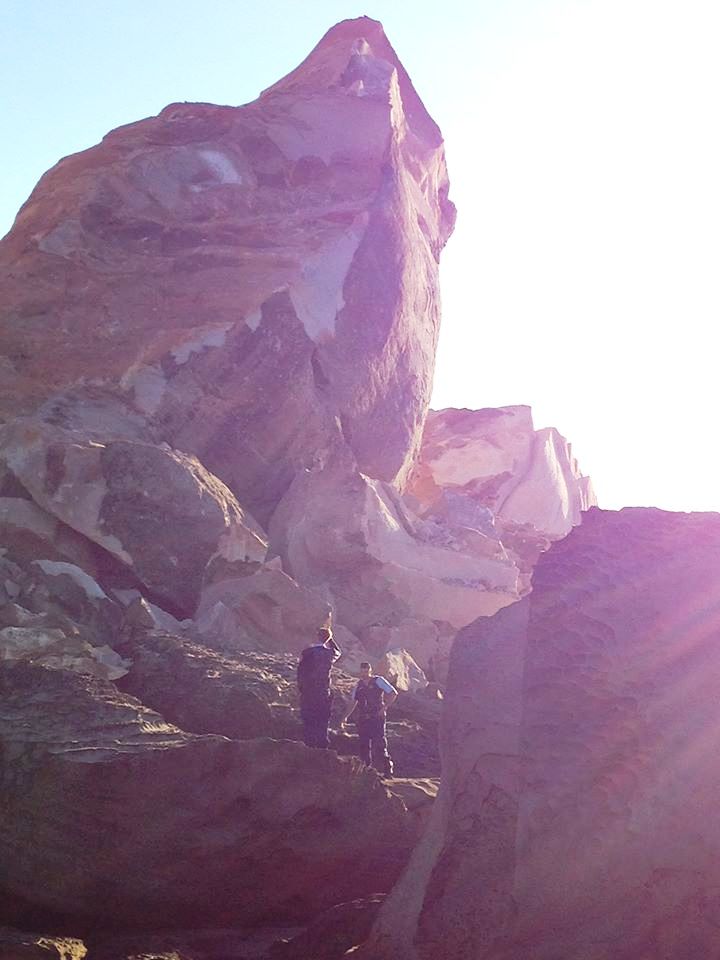
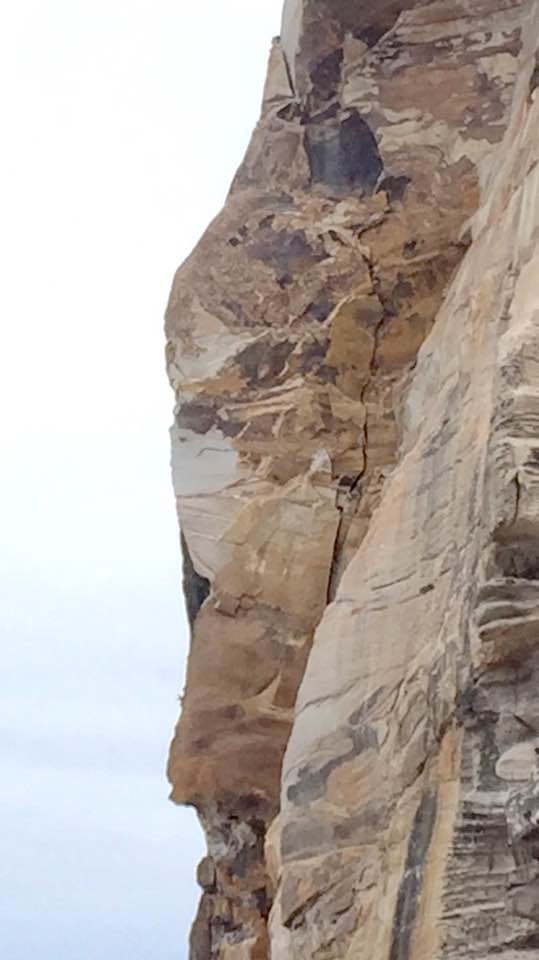
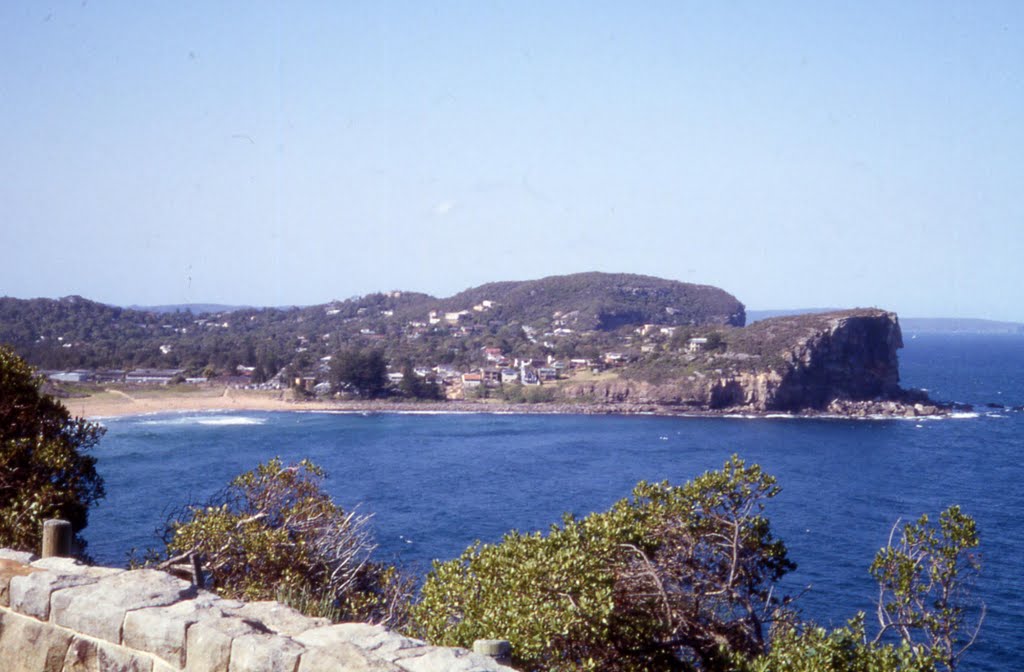
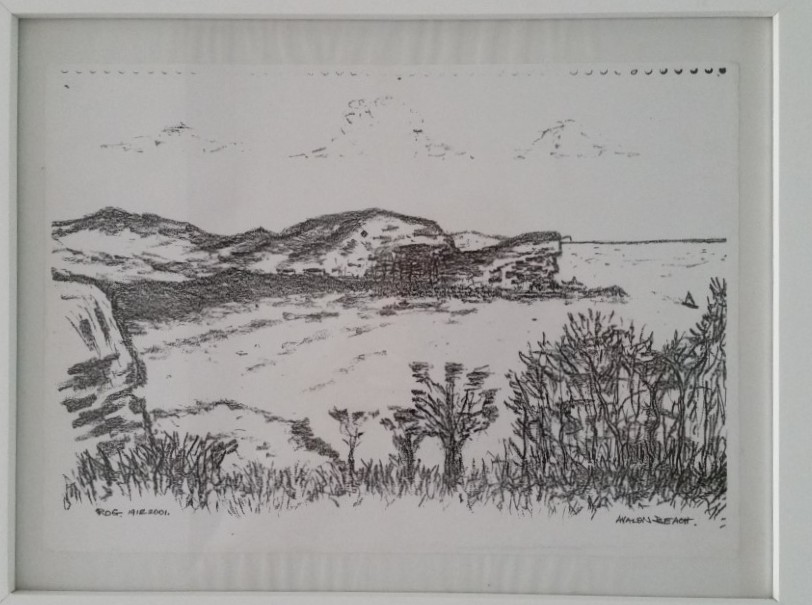
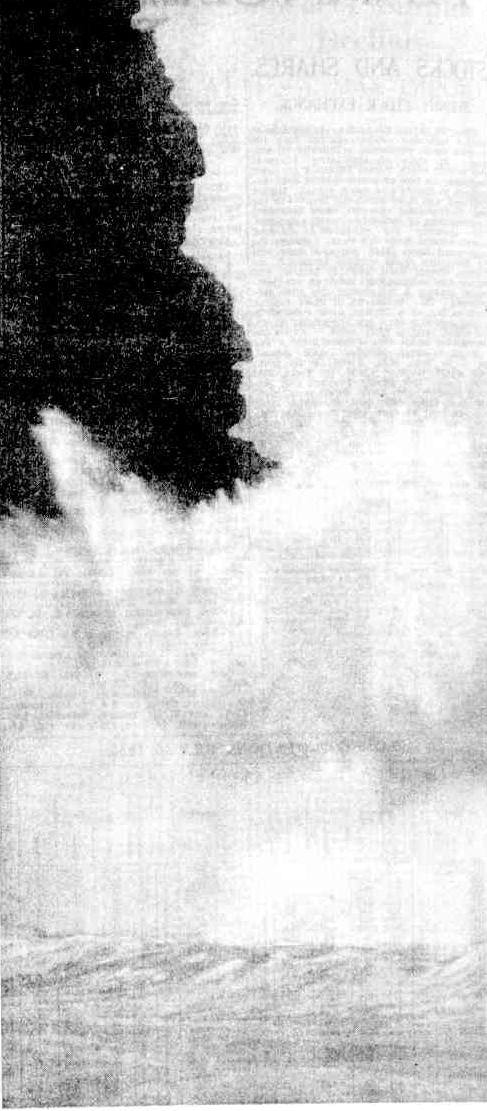
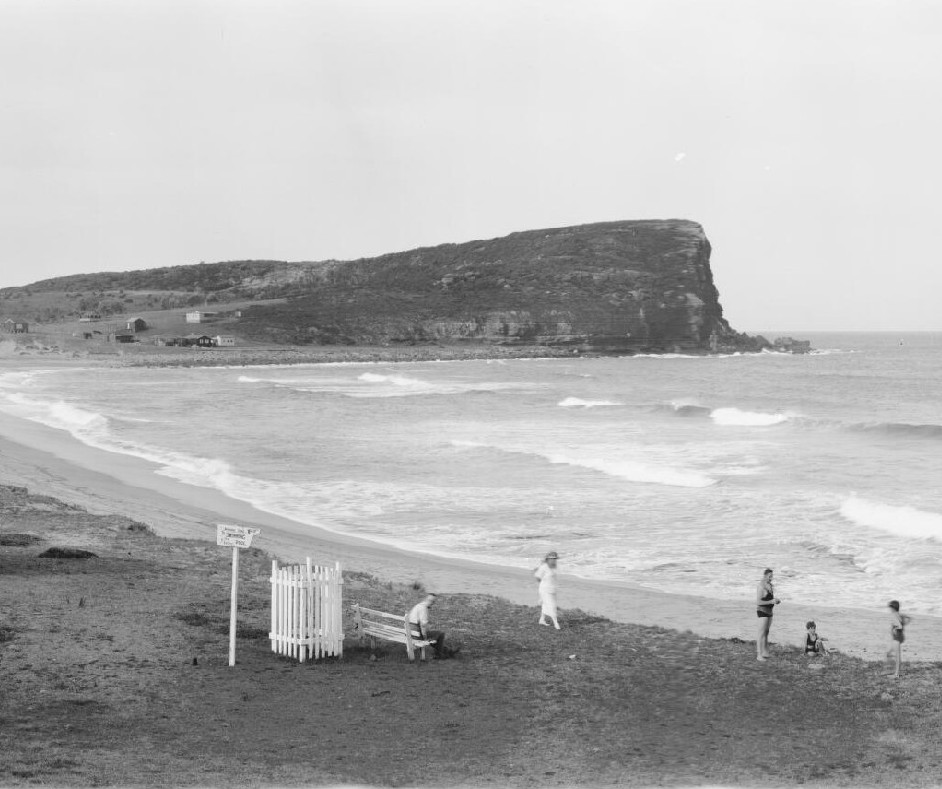
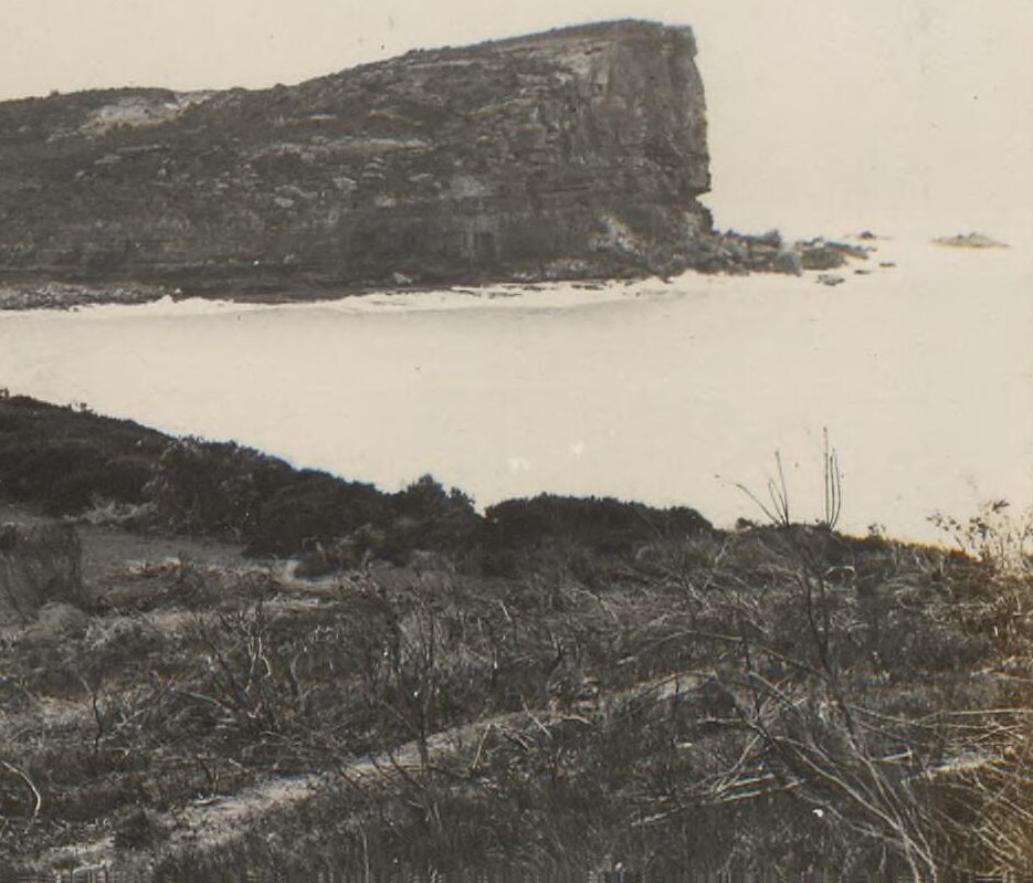
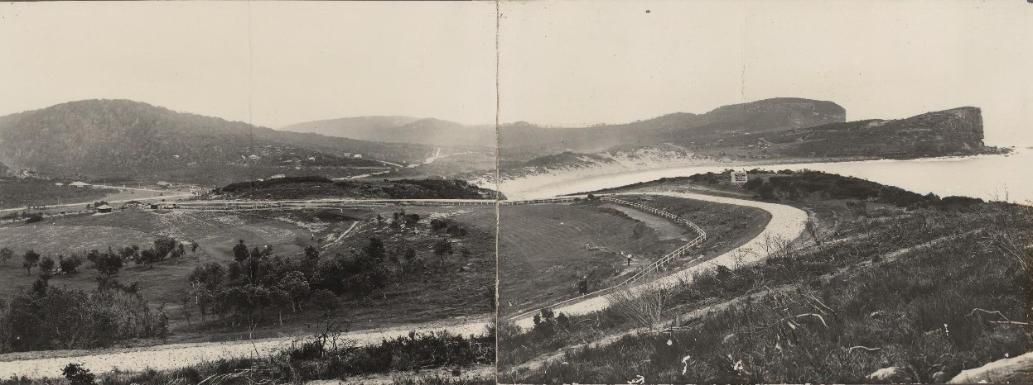
Warriewood SLSC AGM 2017
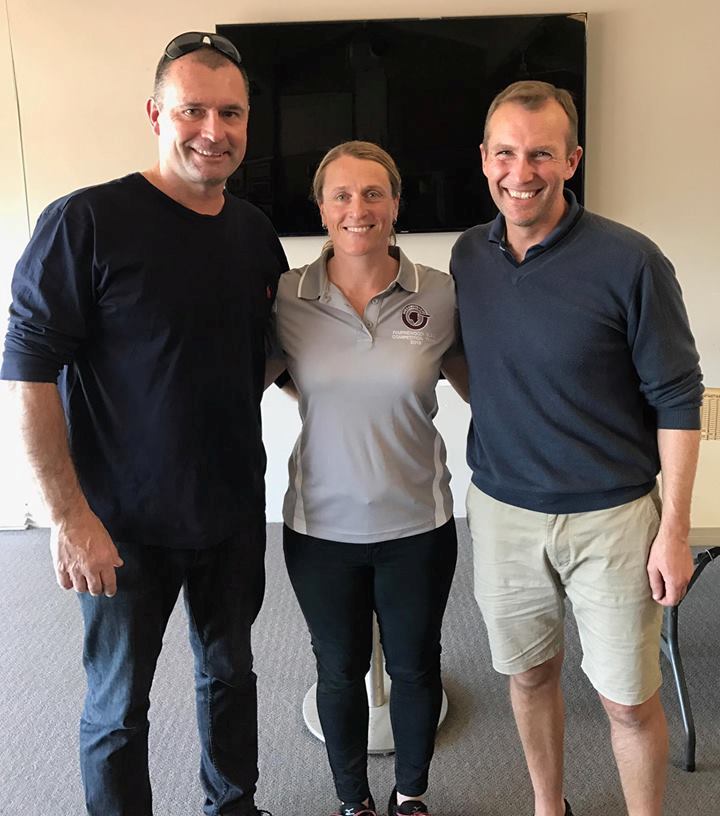
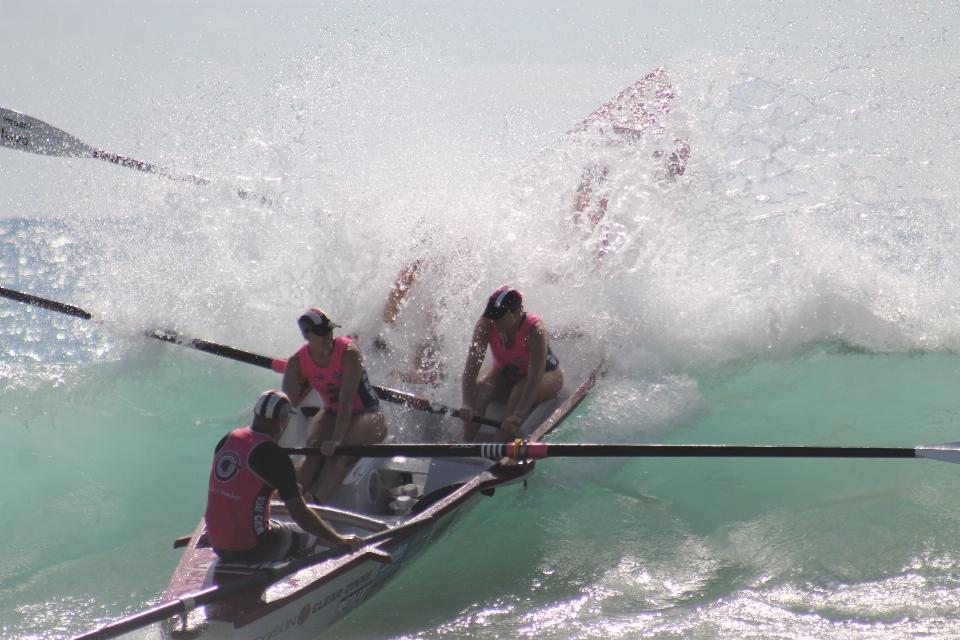
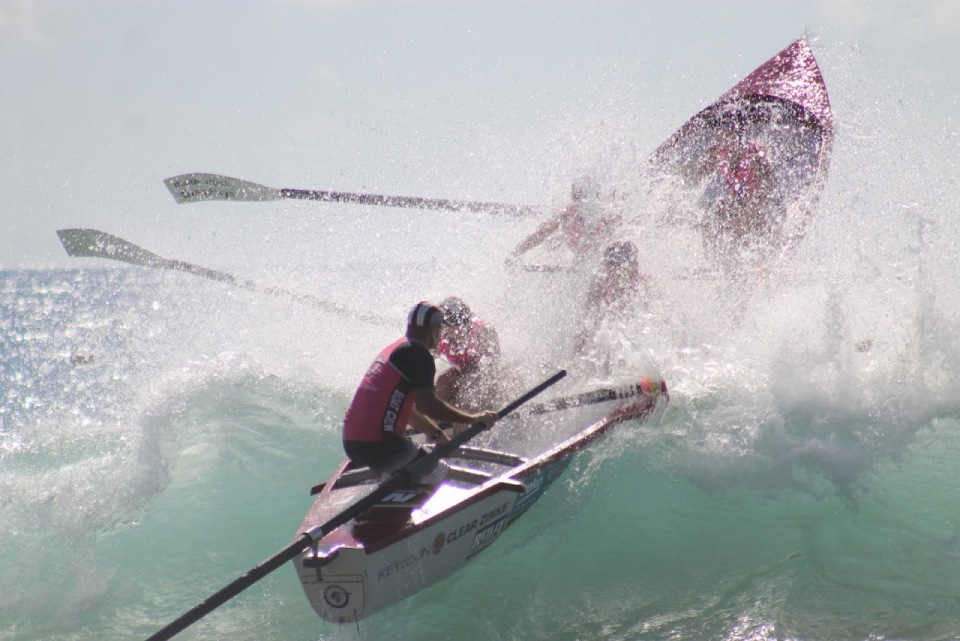
Leopard Seal On Bungan Beach: Please Maintain At Least 40 Metres From Seals That Come Ashore At This Time Of Year
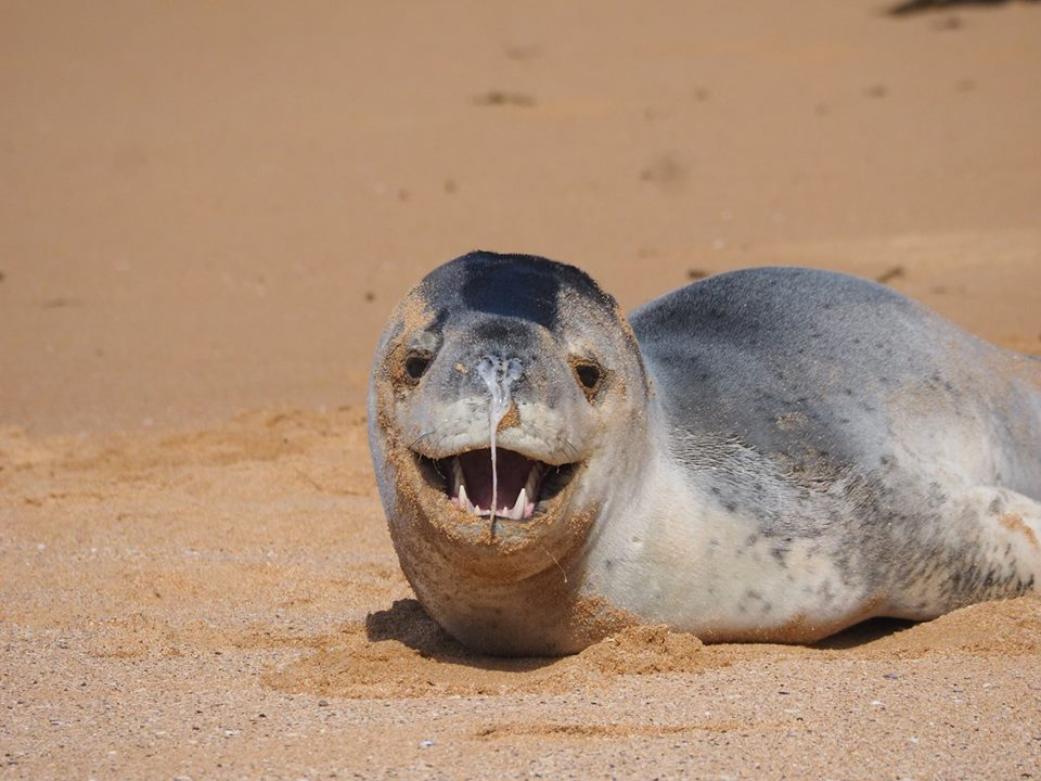
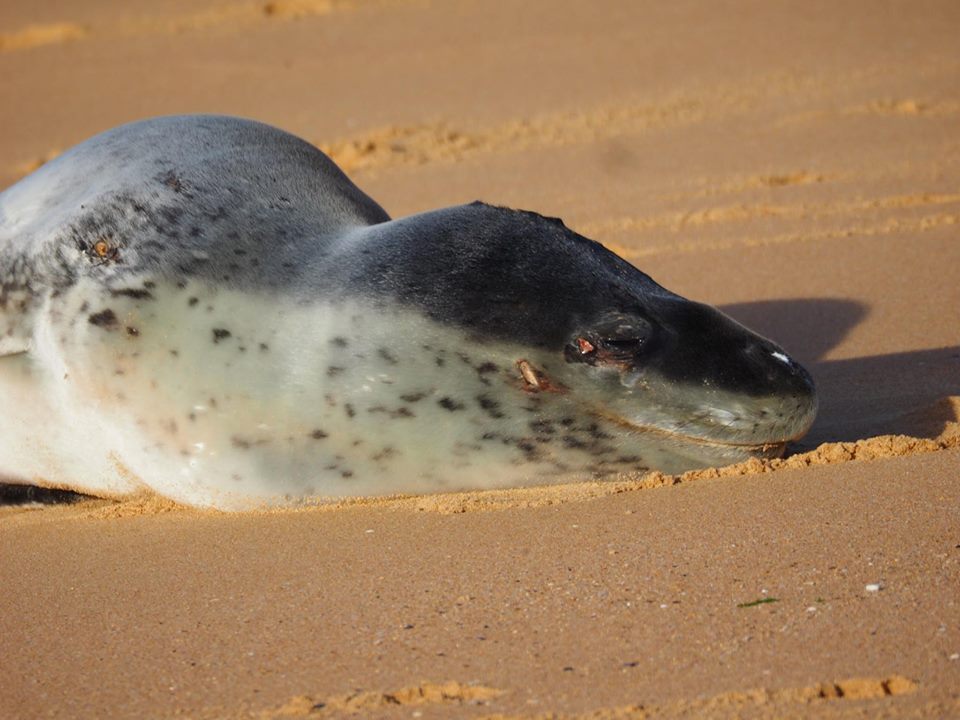
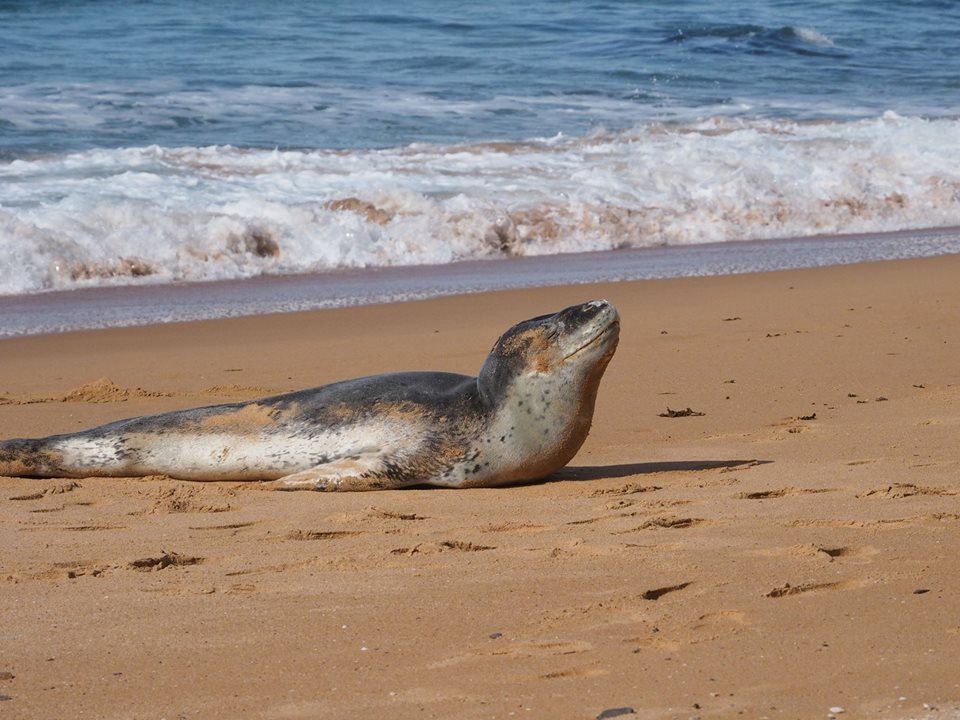
Avalon Bulldogs Get Semi-Finals Fever
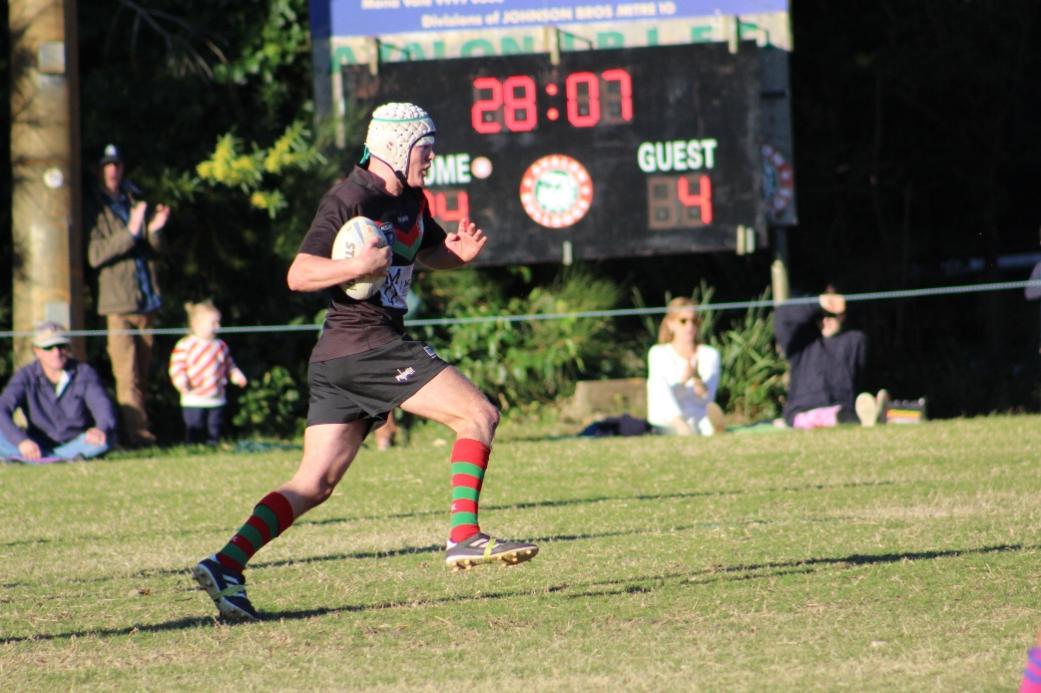
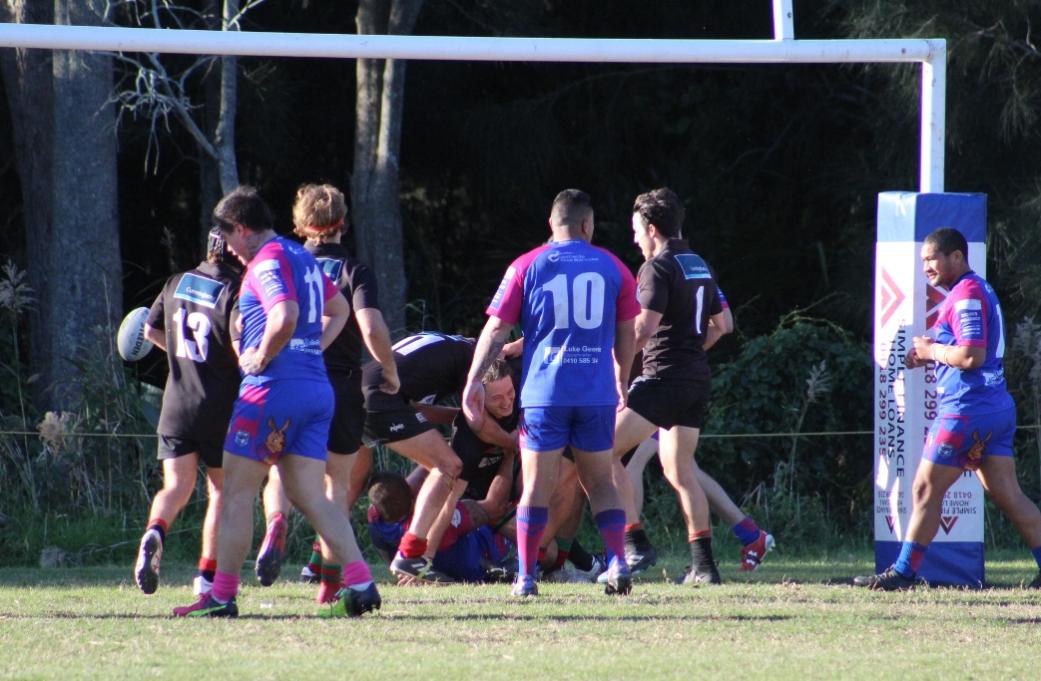
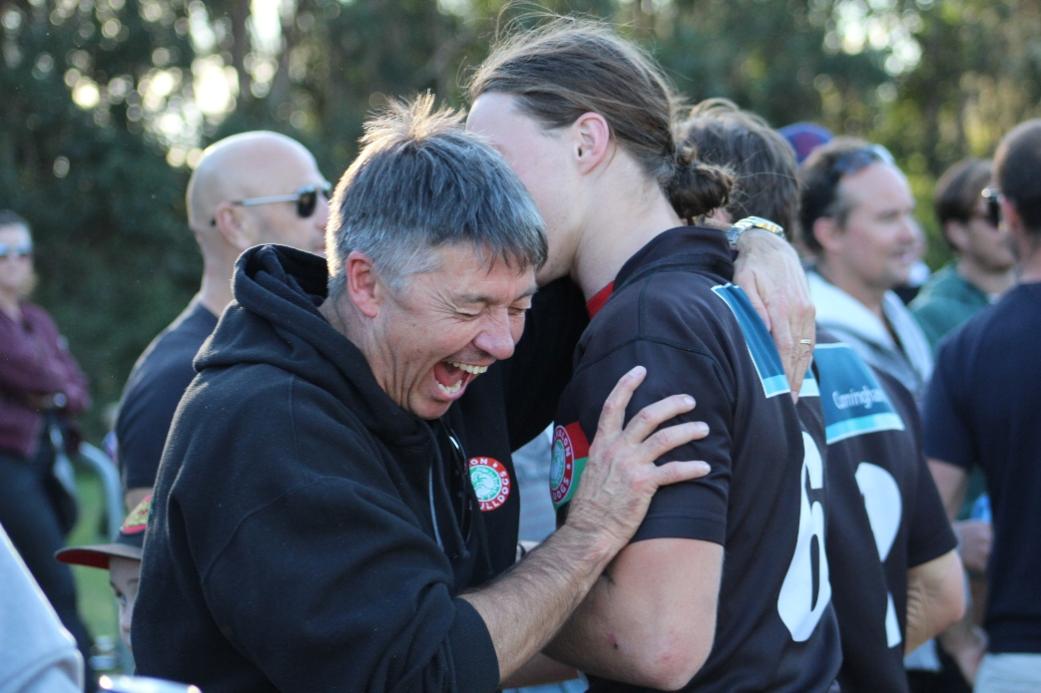
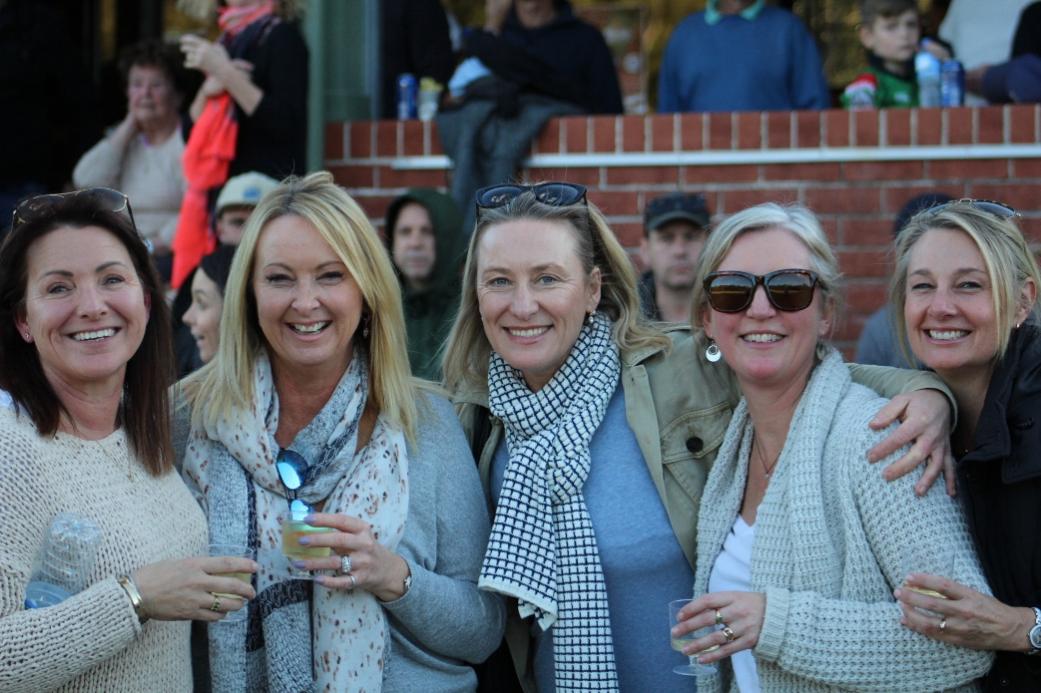
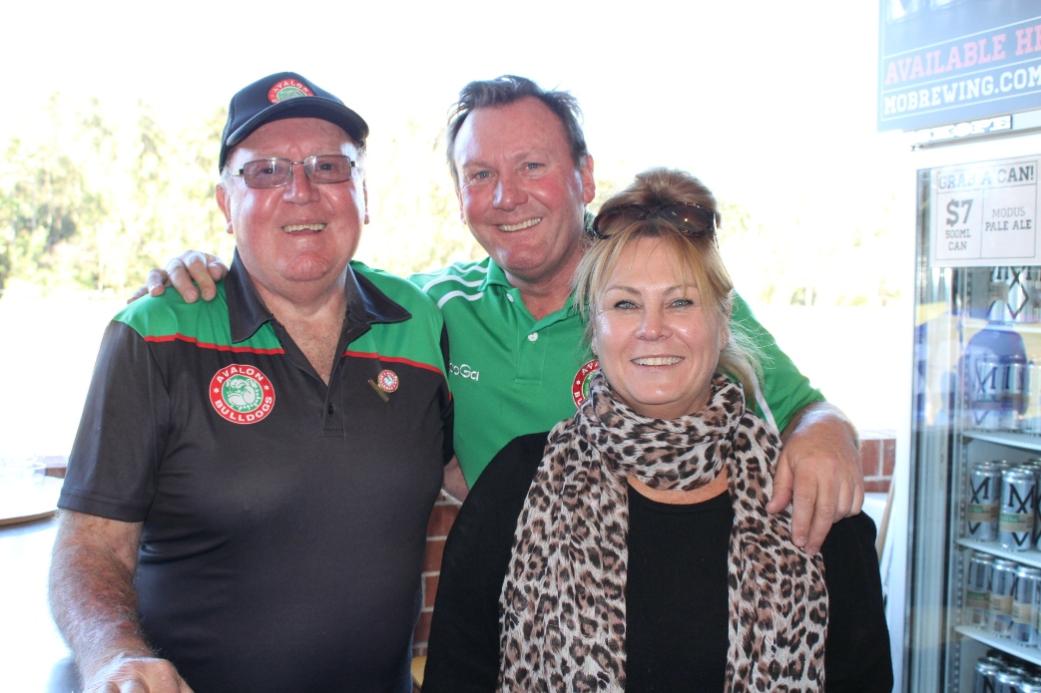
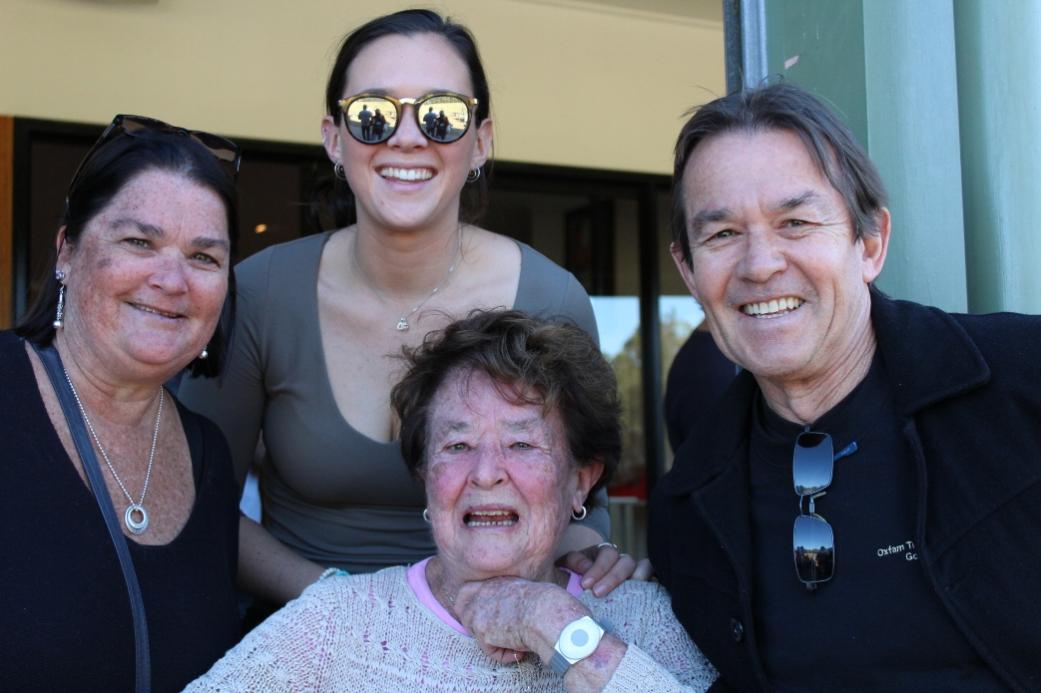
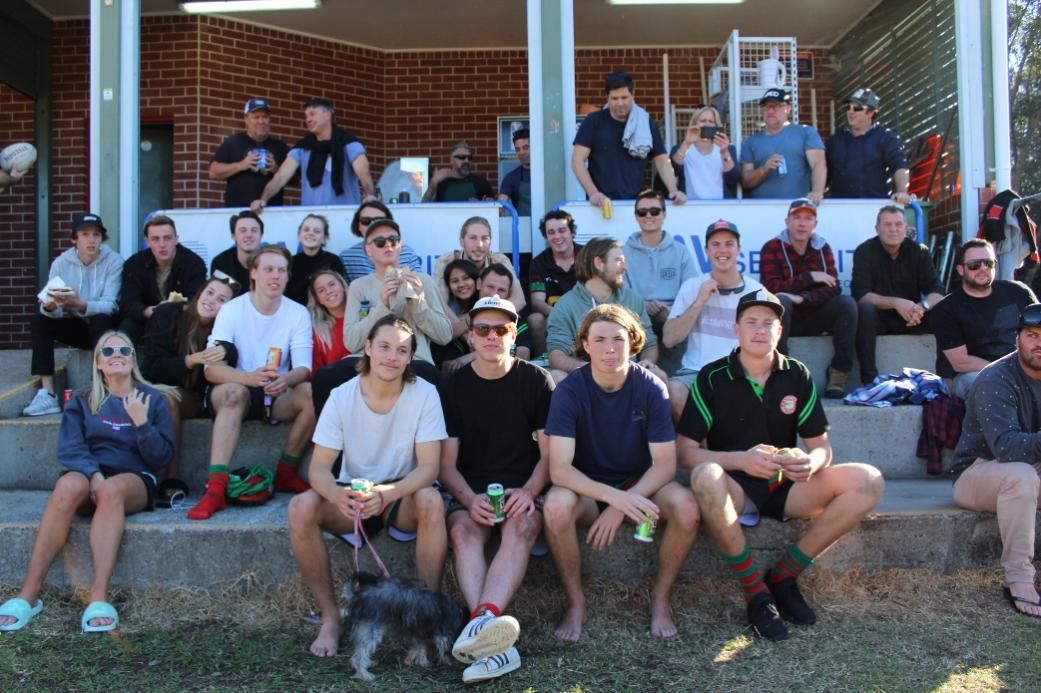
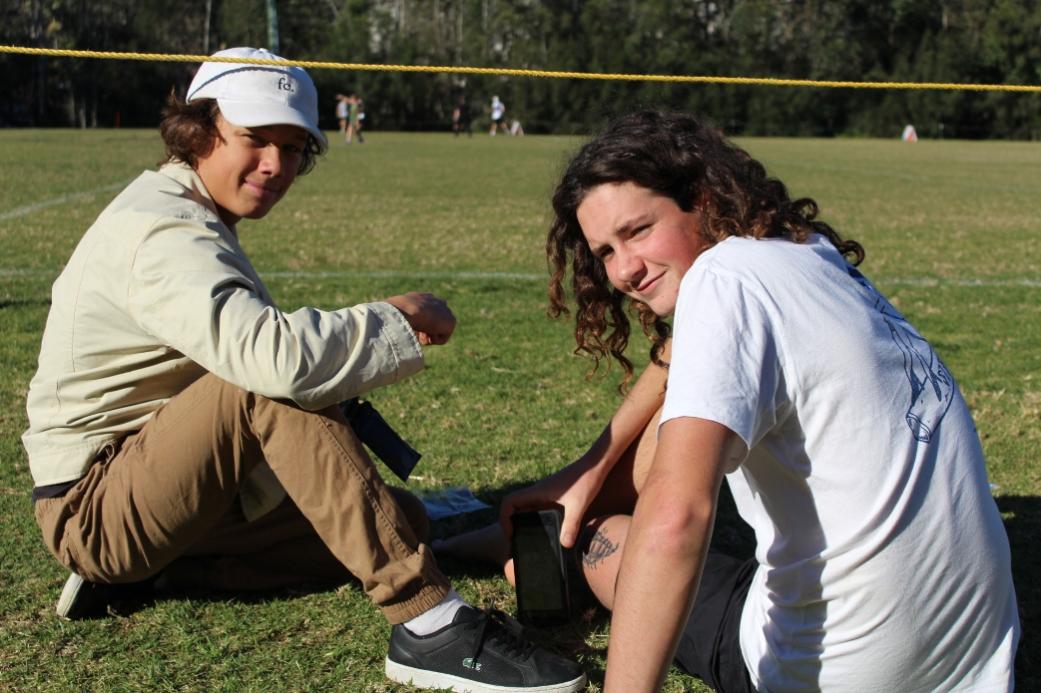
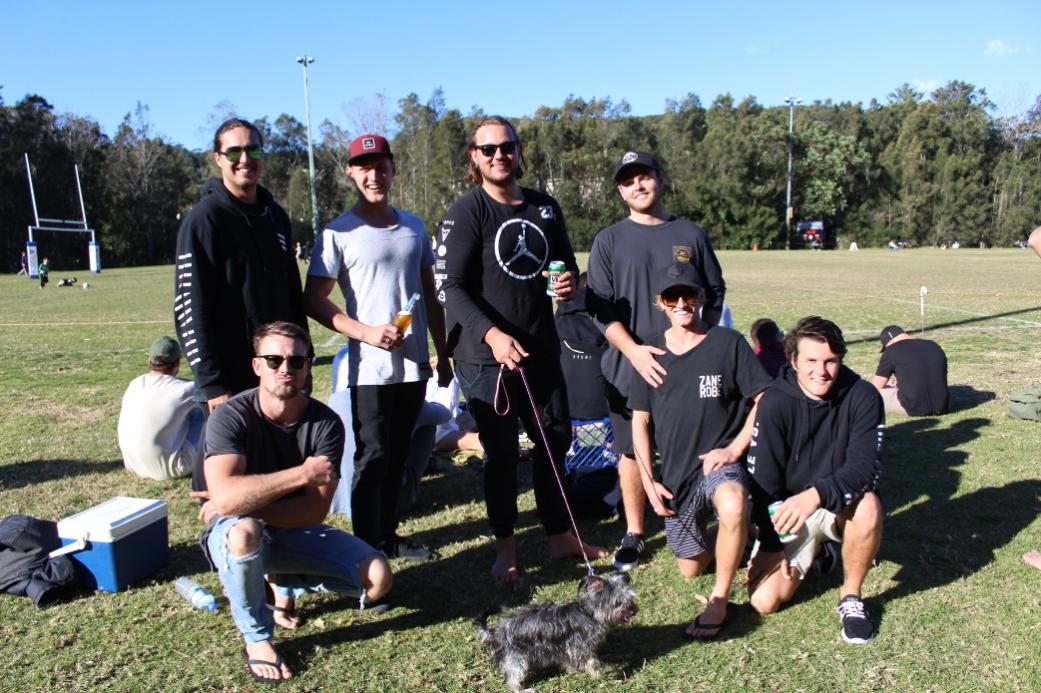
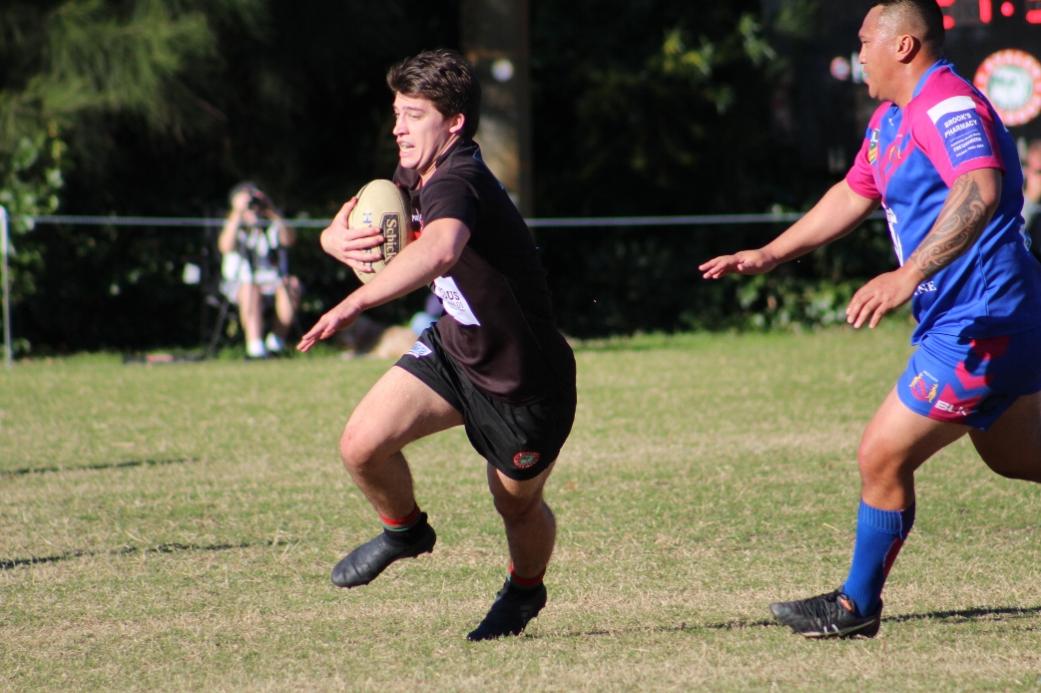
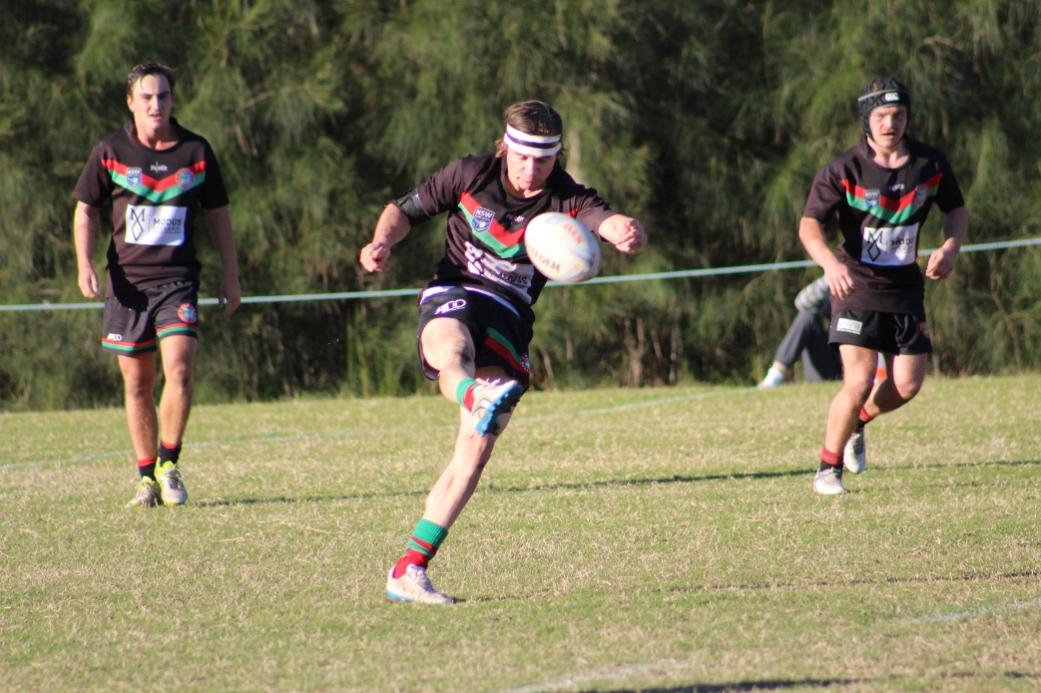
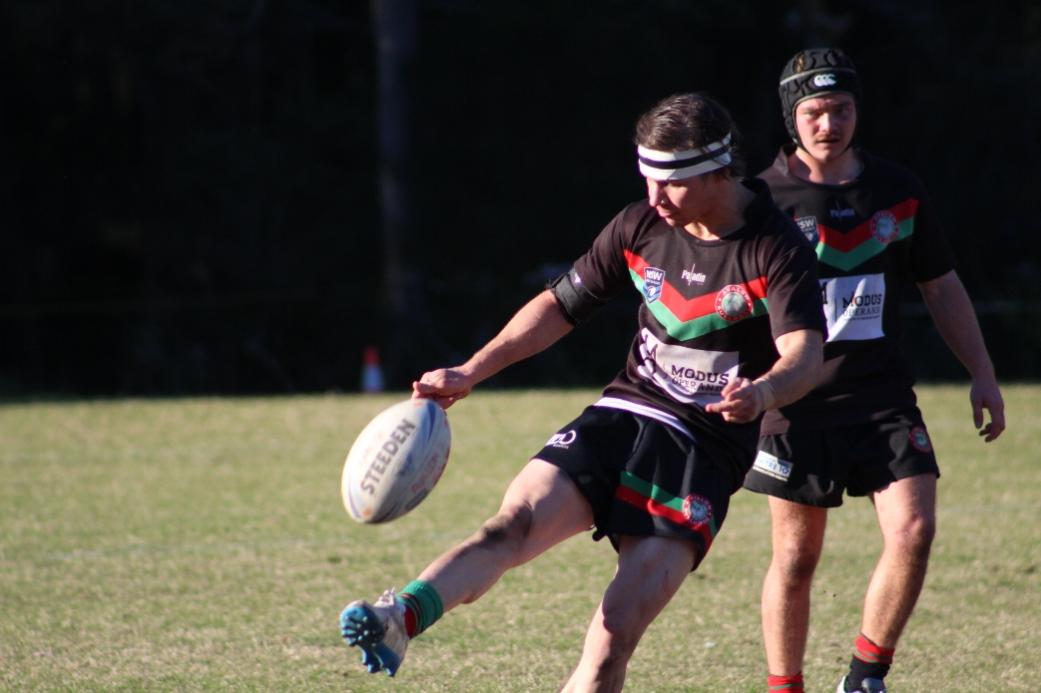
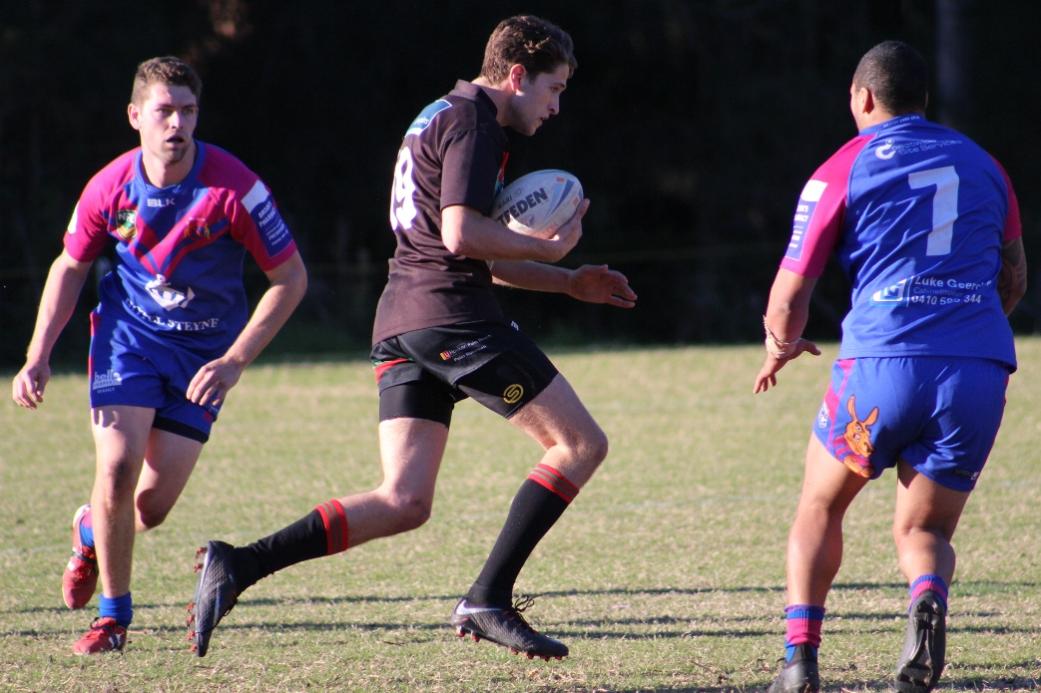
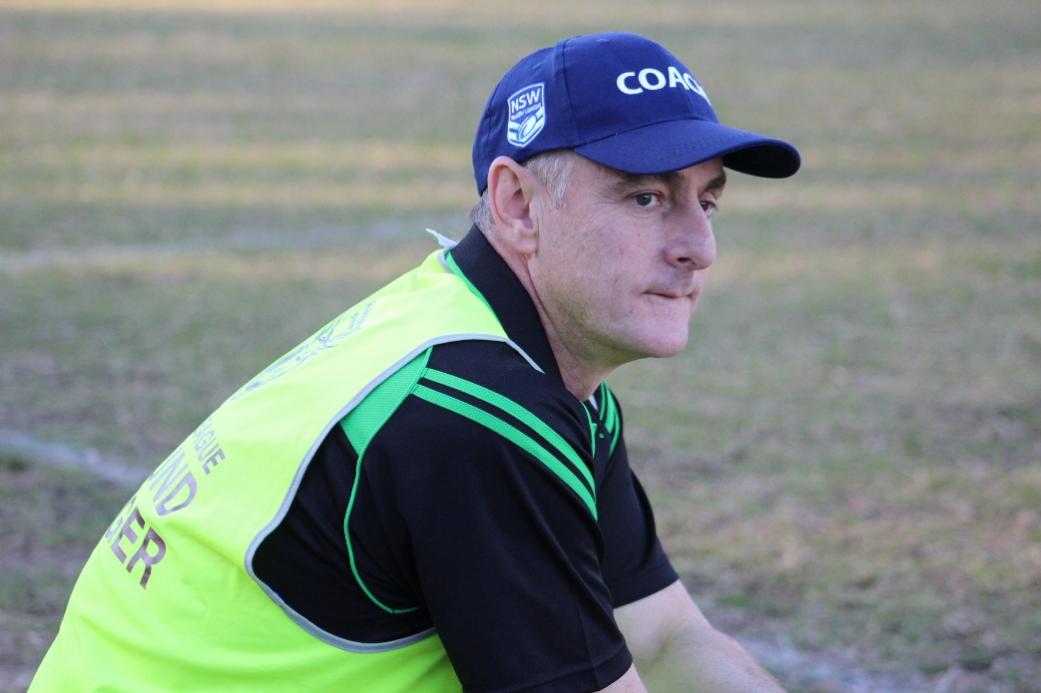
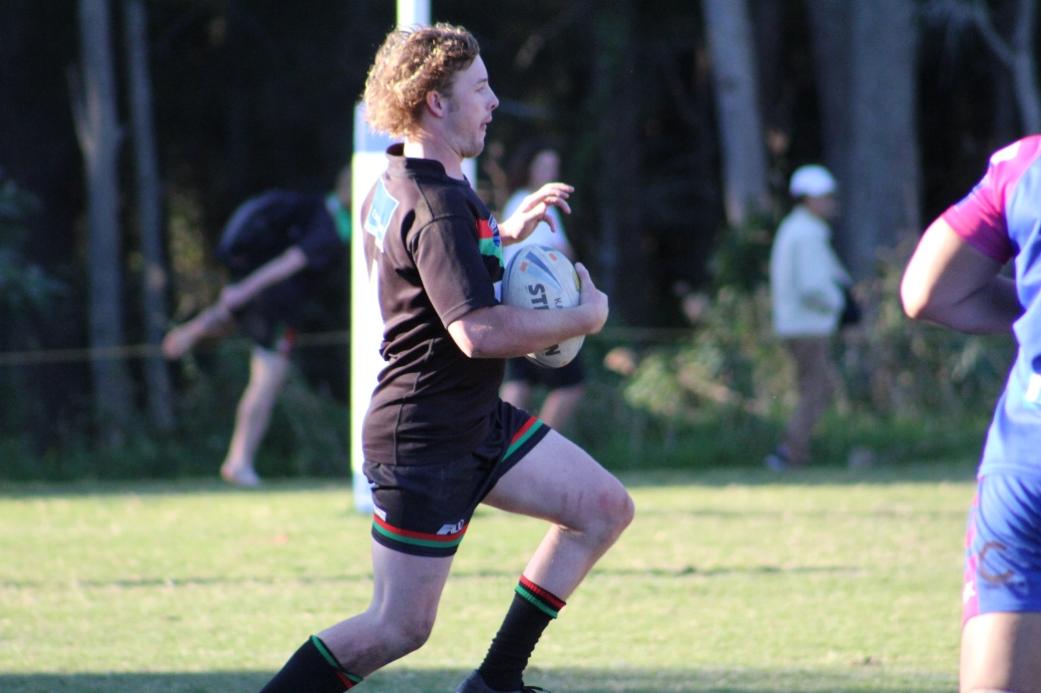
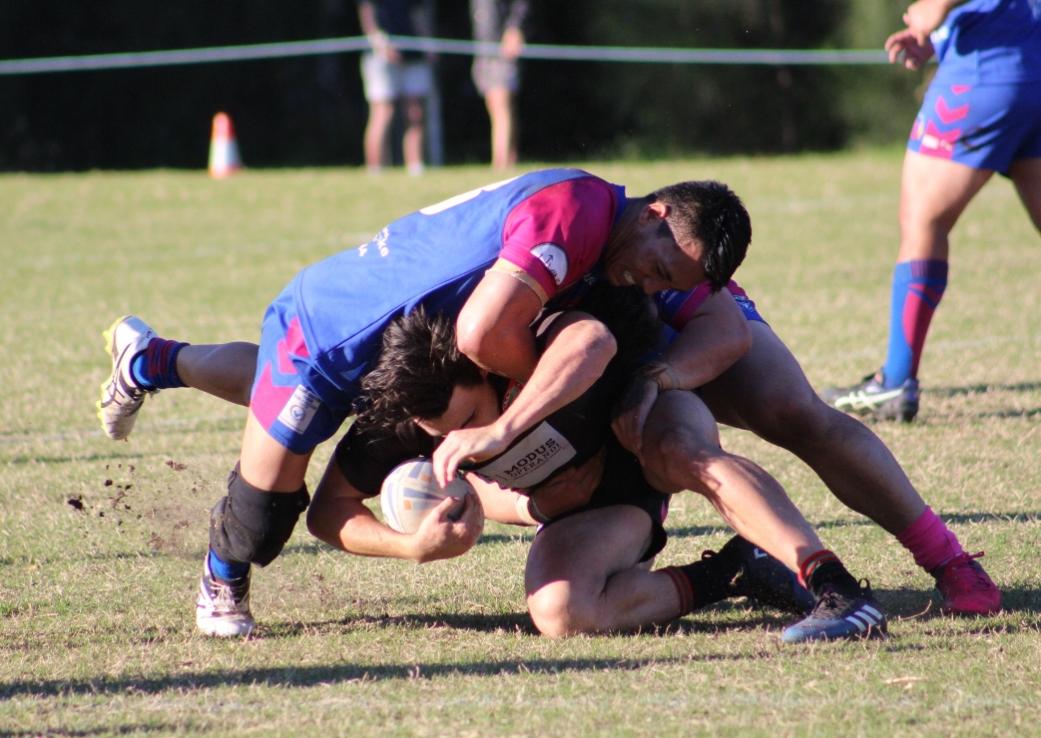
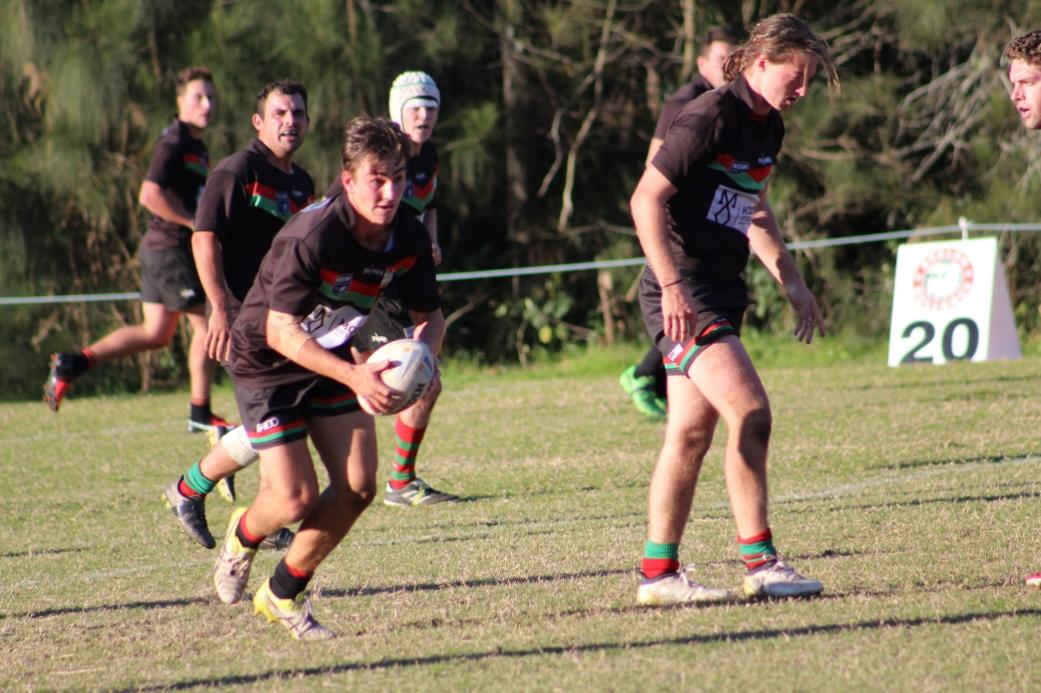
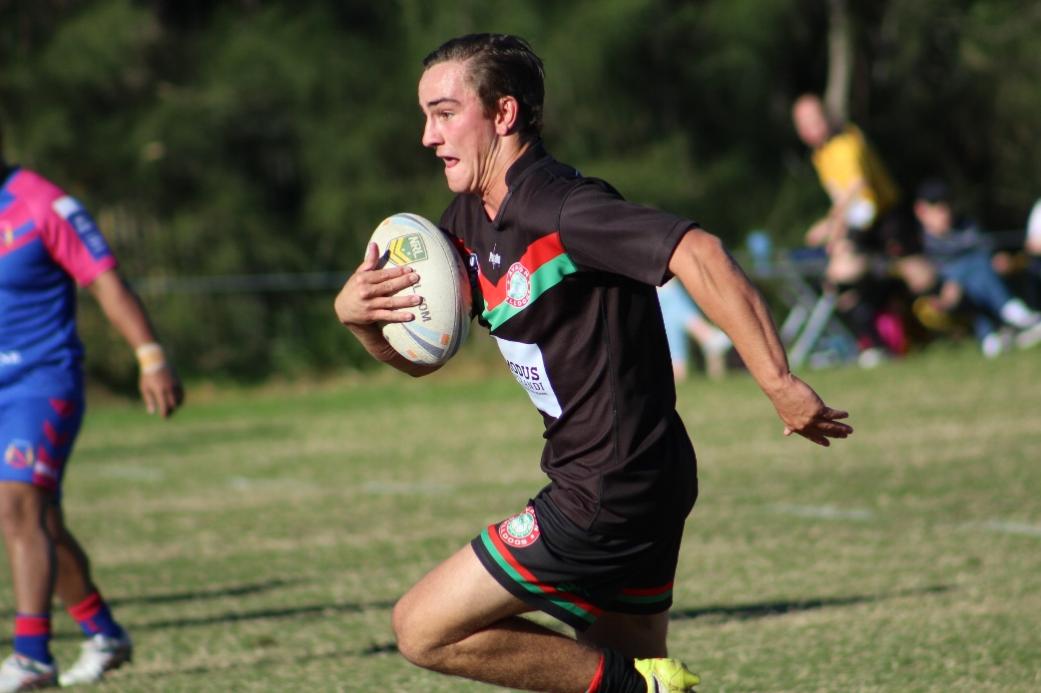
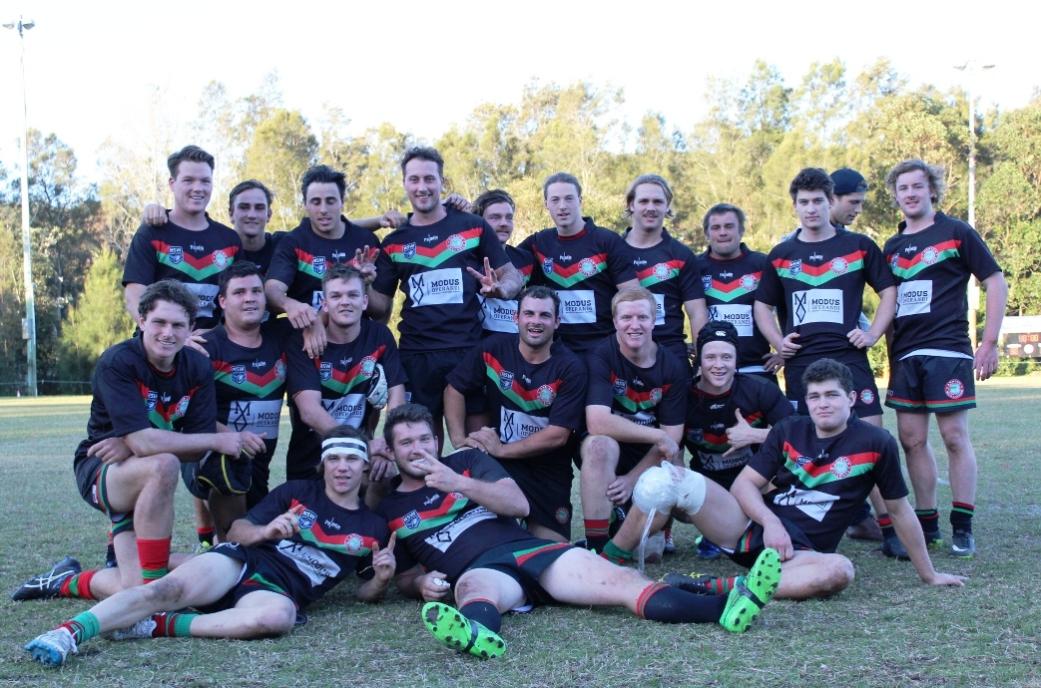
NSW To Stage The First-Ever Couta Boat Nationals Outside Victoria
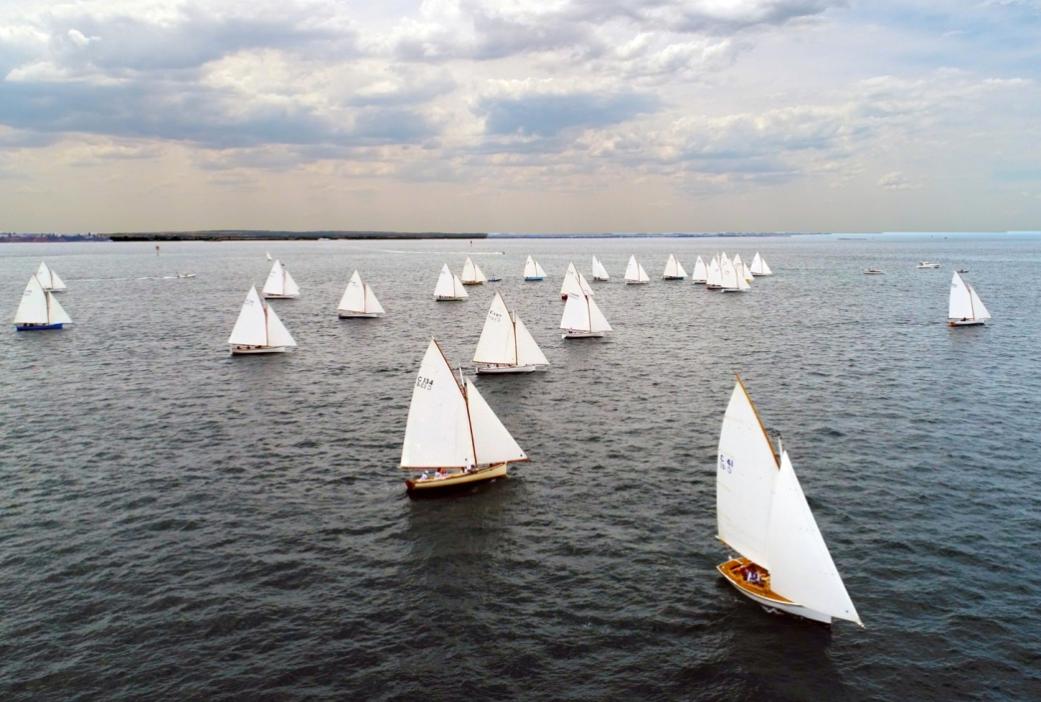
NSW To Stage The First-Ever Couta Boat Nationals Outside Victoria
Event: Couta Week 2017, October 6-15, 2017 involving three NSW yacht clubs and incorporating three Sydney Harbour events plus the 2017 Couta Boat National Championship/Wattle Cup on Pittwater on the final weekend.For the first time in class history, New South Wales will host the Couta Boat National Championship as the culminating event of a week-long program of social and racing activities coordinated among three yacht clubs between Sydney Harbour and Pittwater to the north.
Designed as fishing vessels for use in the Sorrento-Queenscliff and Victorian west coast regions between 1870 and the 1930s, Couta Boats are well into their modern-day resurgence, this time in a racing capacity with intense competition between the originals, the replicas, and of course between states when borders are crossed.
Victoria will field a strong fleet of 11 Coutas transported two-by-two to Sydney on B-Double trucks. Western Australia is sending two Coutas – one is kept in Sydney and the other is due to cross the Nullarbor – plus at least 10 NSW boats will bring the fleet to close to 25.
NSW class president Larry Eastwood says: “Twenty-five Coutas on the harbour hasn’t happened since the Bicentennial in 1988 and it’s not likely to happen again for a long time. We New South Welshmen can’t beat Queensland at league, but maybe we can beat the Victorians at the Couta nationals….at least on handicap!”
Victoria’s three-decade stronghold over the Australian class title was challenged by Eastwood and his statesmen during a Couta Boat series a few years ago when strong winds kept crews in the bar at the birthplace of the Couta comeback - Sorrento Sailing Couta Boat Club (SSCBC) on the Mornington Peninsula. “The challenge was made when two NSW crews went down south and spent too much time inside the club. I stood up and challenged to run the nationals - there was shocked silence but they agreed! It’s a great honour to be staging the championship,” the NSW president said.
Rumours of Victorian owners poaching skilled Sydney Harbour and Pittwater sailors with unique local knowledge for the two regatta halves can’t be easily confirmed Eastwood adds dryly. “We have heard of the top boats seeking experts from each waterway….to keep their advantage up.”
Three Sydney yacht clubs, the Royal Prince Edward Yacht Club at Point Piper, Sydney Amateur Sailing Club at Cremorne Point and Avalon Sailing Club at Avalon will host visiting crews and conduct racing in October over two weekends.
Couta Boat builder and owner of the 100 year-old Couta called Muriel, Tim Phillips, says Couta Week is more than a regatta: “It’s a week-long experience of harbour racing and social events then the cruise to Pittwater in company. Two years ago during the cruise we had a whale tail come within six inches of Muriel! With Avalon Sailing Club hosting the nationals it’s back to our roots, racing and socialising at a dinghy club.”
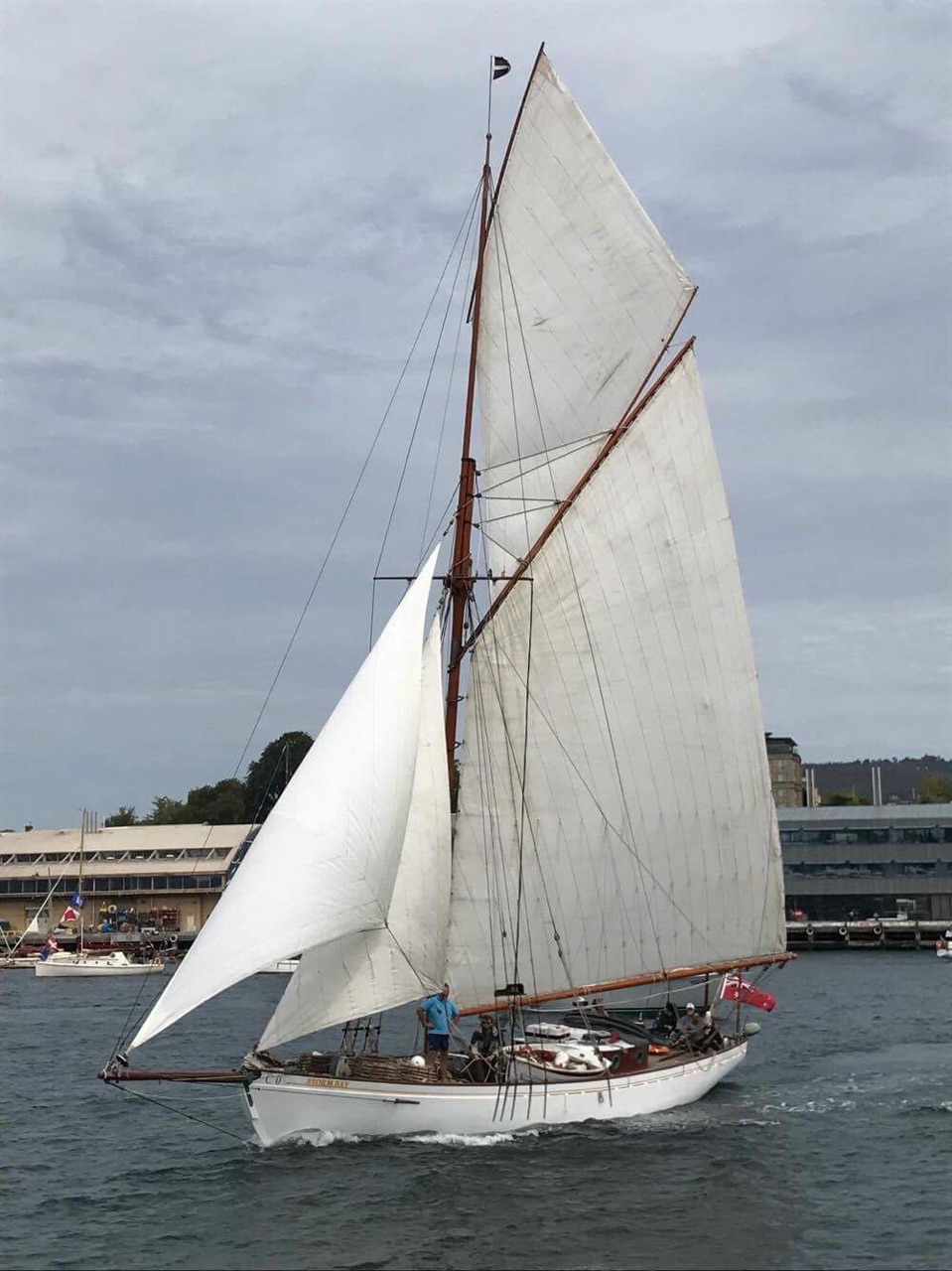
SASC’s biennial Gaffer’s Day on Sydney Harbour on Sunday October 8 will be one of the great spectacles of the Couta Week calendar, when the strong Couta fleet join other historic gaff-rigged vessels for a race against the back-drop of the Harbour Bridge and Opera House.
Key dates:
Sydney Harbour: Couta Trophy Series
Friday 6 October Thistle Cup, RPEYC, format 2 races
Saturday 7 October Muriel Trophy, SASC, format 1 race
Sunday 8 October Couta division of Gaffers Day, SASC, biennial event
Pittwater: Couta Boat National Championship & Wattle Cup
Saturday 14 October CBA Nationals / Wattle Cup. ASC, format 3 windward/ leeward races (NOR here)
Sunday 15 October CBA Nationals / Wattle Cup. ASC, format 2 island passage races
More information Couta Boat website
By Lisa Ratcliff
Waratah And Flint & Steel Track Problems Quickly Addressed
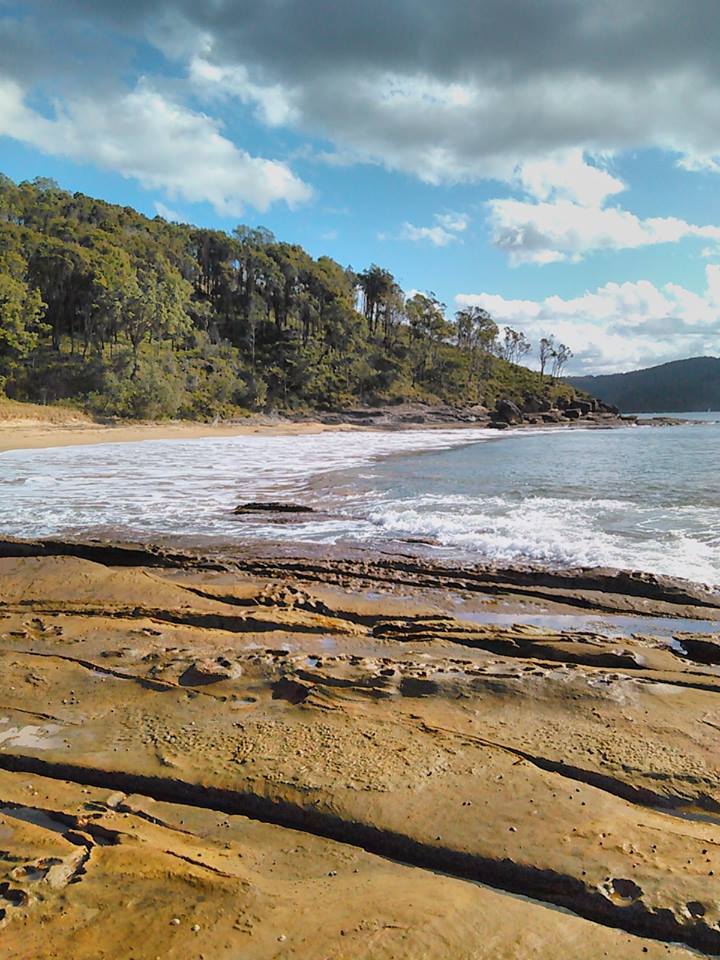
Waratah And Flint & Steel Track Problems Quickly Addressed
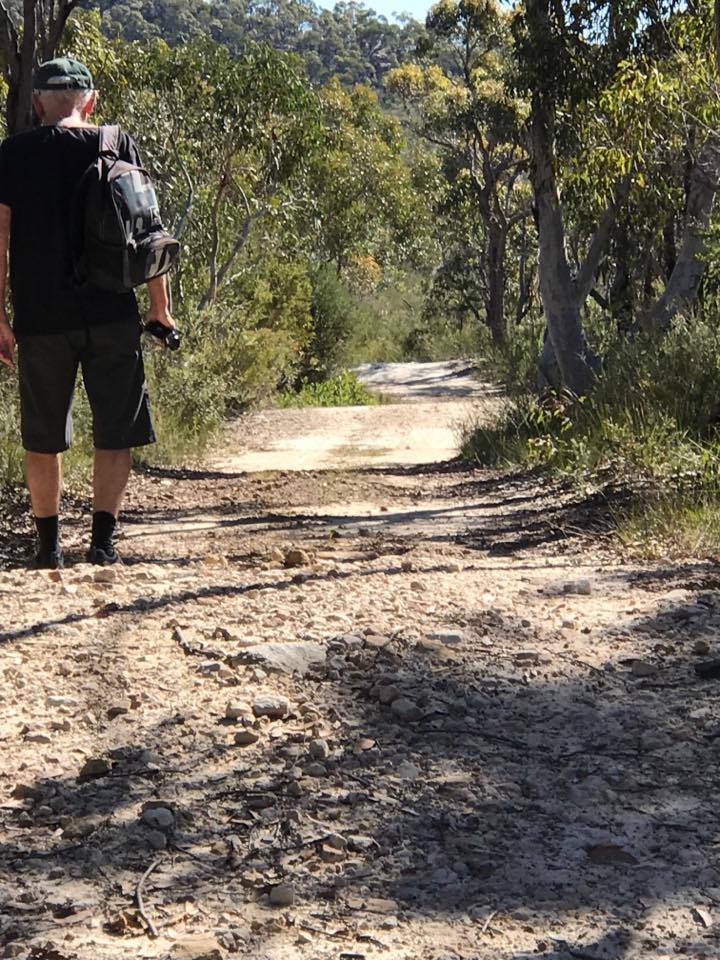
Being regular hikers in Ku-ring-gai Chase National Park the Wheelers also wanted to let NPWS know that the track to Flint and Steel bay is overgrown and "shot to bits".
After contacting NPWS they quickly responded and have already made plans, prior to last weekend, to fix the problems the Wheelers experienced.
"As part of routine operations, NPWS maintains and inspects trails within the national park, but due to such a vast network of track we welcome visitors reporting anything they see that needs fixing. Broken glass, for example, would be removed straight away once reported to NPWS staff." a spokesperson said
"While bike riding is permitted on the Waratah track as it is a fire trail, we ask that cyclists not ride when it has been raining heavily as this causes degradation to the track."
"Local NPWS staff have been working with two Green Army teams over recent months to rebuild the Flint and Steel track. A new, third Green Army team commences this week and will begin a 20 week program that will include working on the 100 metre section of track that is overgrown." the spokesperson said.
Ku-ring-gai Chase National Park, Australia’s second-oldest national park, is 14,882 hectares that stretches from Berowra to Brooklyn, to Hornsby and Pittwater and includes Barrenjoey Headland. The villages of Cottage Point, Appletree Bay, and Bobbin Head are located within park boundaries. There are several walking tracks within the park and a lot of area that requires not only NPWS staff but volunteer groups, such as Chase Alive, to loo after such a treasure.
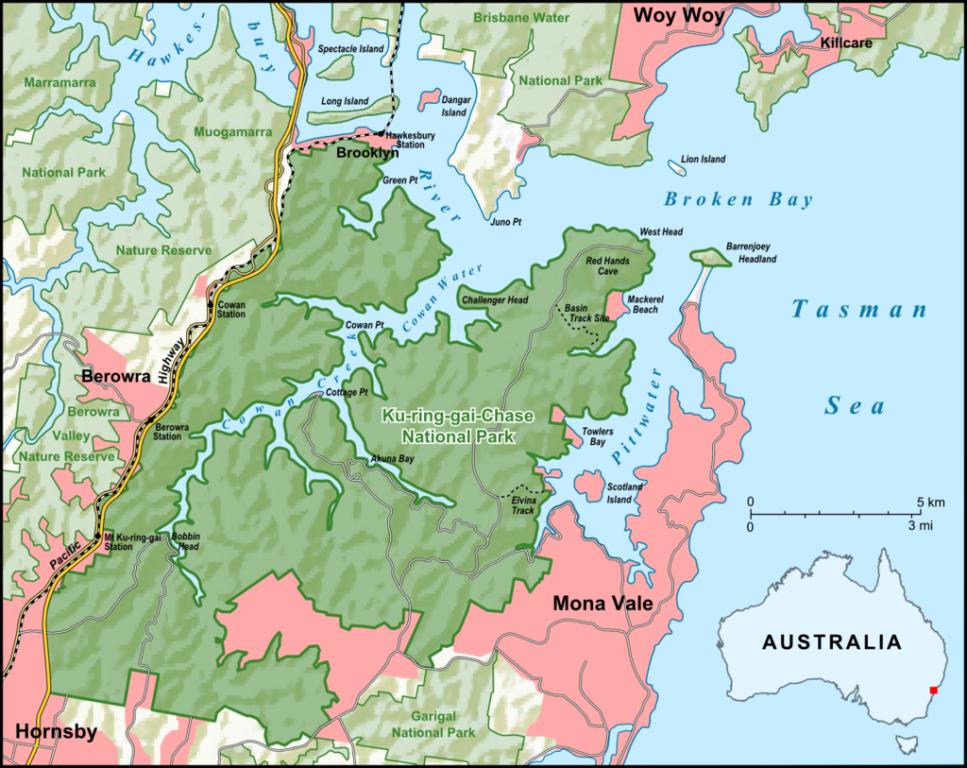
Mountain Biking in Ku-ring-gai Chase National Park
Two good road rides through the park are popular, namely the out and back ride to West Head, and from Mt Colah to Turramurra via Bobbin Head. Offroad, the opportunities are more limited, as bikes cannot be ridden on walking only tracks. Despite this there are a number of tracks where bikes and walkers share. These include most of the Bobbin Head Track, the Long Track, Perimeter Track and Centre Track at Terrey Hills, and a number of the tracks off the Lambert Peninsula. For more information on these, ask at a visitor centre or ranger station.
http://bushwalkingnsw.com/park.php?nid=94
Waratah Track
Cycling is permitted on this track.
Waratah walking track takes in wildflowers and scenic water views over Akuna and Yeomens Bay in Ku-ring-gai Chase National Park.
A brilliant walk when the weather warms up, Waratah walking track delights with heady scents and a colourful display that’s sure to put a spring in your step. This track takes in the western area off West Head Road through heathland, with lovely water views over Yeomens Bay in Ku-ring-gai Chase National Park.
Take a virtual tour of Waratah walking track captured with Google Street View Trekker.
For directions, safety and practical information, see visitor info: www.nationalparks.nsw.gov.au/things-to-do/walking-tracks/waratah-walking-track
If you do see broken glass in this park, or something else that will help NPWS maintain the safety of visitors to the park, please communicate what you've spotted to this service. National Parks and Wildlife Service (NPWS) manages more than 850 NSW national parks and reserves, covering over 7 million hectares of land.
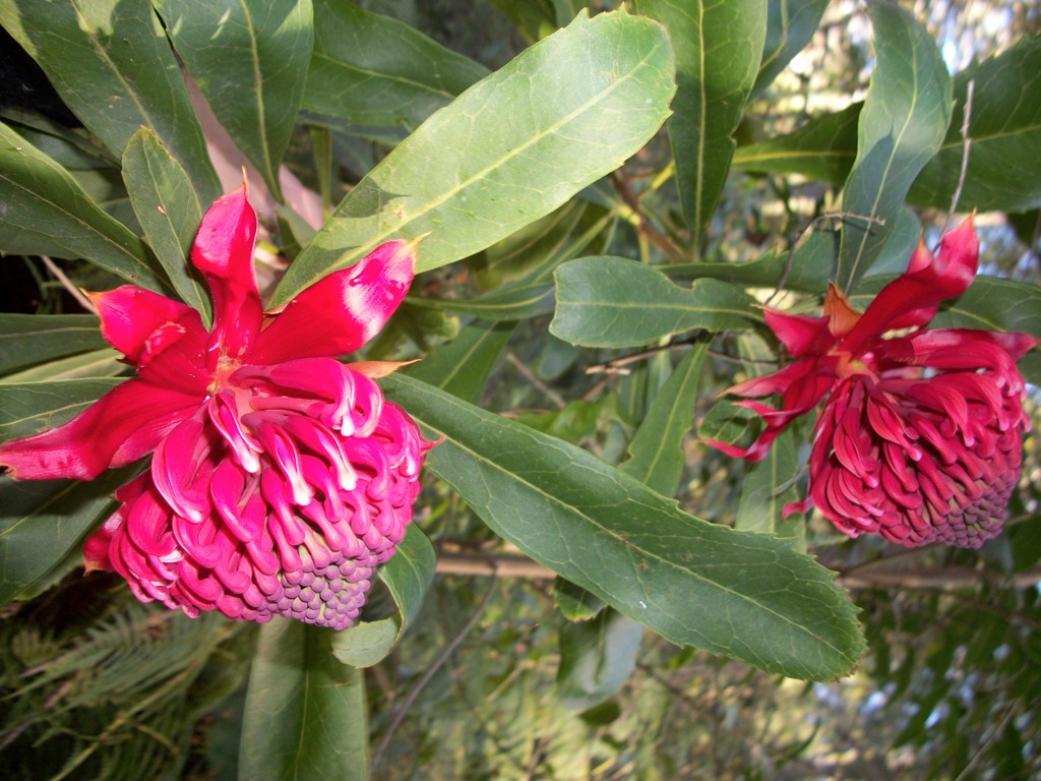
Whale Beach SLSC AGM 2017
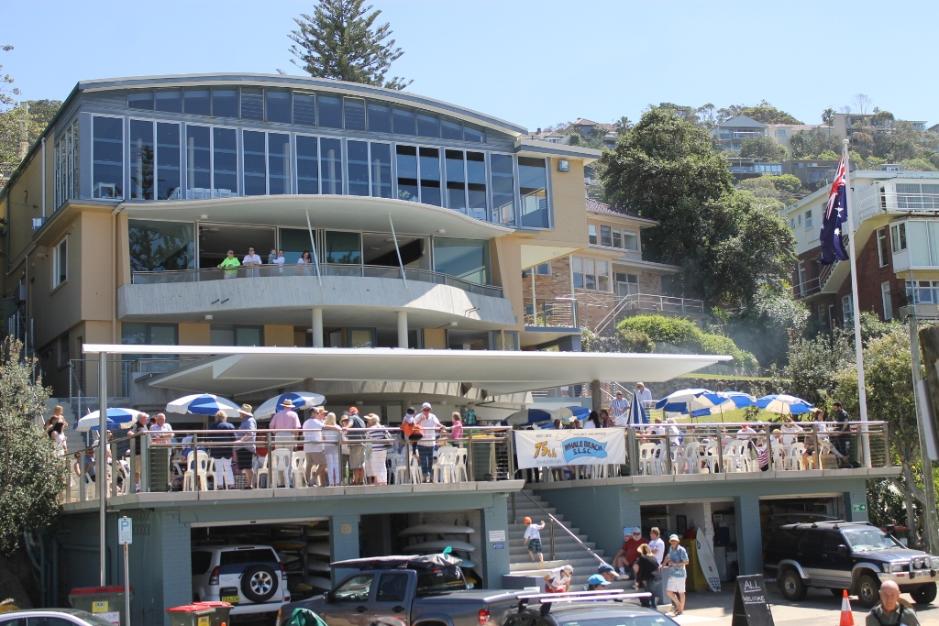
Whale Beach SLSC AGM 2017
Charitable purpose: Whale Beach Surf Life Saving Club (SLSC) exists to save lives, create great Australians and build a better community at Whale Beach.
Whale Beach SLSC held their AGM on Sunday August 13th, 2017. Rob Berry reports there were good comments on successful season in terms of 10% growth in members (60 new members), while members achievements were recognised through members patrolling an average of 33 hours, performing 198 preventative actions and 38 rescues.
The high standard of skill on the sand and in the water is ever improving and Whaley members and officials plan to raise the bar further every season.
The club won the Branch Rescue-of-the-Year (Patrol 9 Naughtycool Nines; Barney Allen, Angus Bownes – Vice Captain, Iain Bownes, Oliver Bownes – Patrol Captain, Jack Bregenhoj, Dylan Gay, Adam Humphrey – Vice Captain, Angus Kellaway, Richard Leonard, Harrison Muller, Oscar Press, Luke Parks and Sophie Rothery).
A highlight for the club has been the outstanding example Lara Boyle has set for all their younger members, happily engaging and encouraging everyone to do their best and enjoy being on the beach while herself undertaking extra training on the jet skis, representing Whaley at the 2017 SLSA National Leadership College and representing Australia recently during the Japan Lifesaving Exchange.
Her dedication and passion for looking out for others, and keeping yourself fit while enjoying the beach, has been recognised in being awarded the Branch Lifesaver of the Year award and more recently the Surf Life saving NSW Lifesaver-of-Year Award.
The club also thinks of winning the Branch Female Reserve Boat Crew award as a fitting tribute to Bernard ‘Midget’ Farrelly, a WBSLSC Member since 2006 who was their Boat Captain until assign away last year. Midget had also held a position as Competition Secretary at the club. The club also ran the Midget Farrelly Memorial Surf Comp on January 28th which was a huge success.
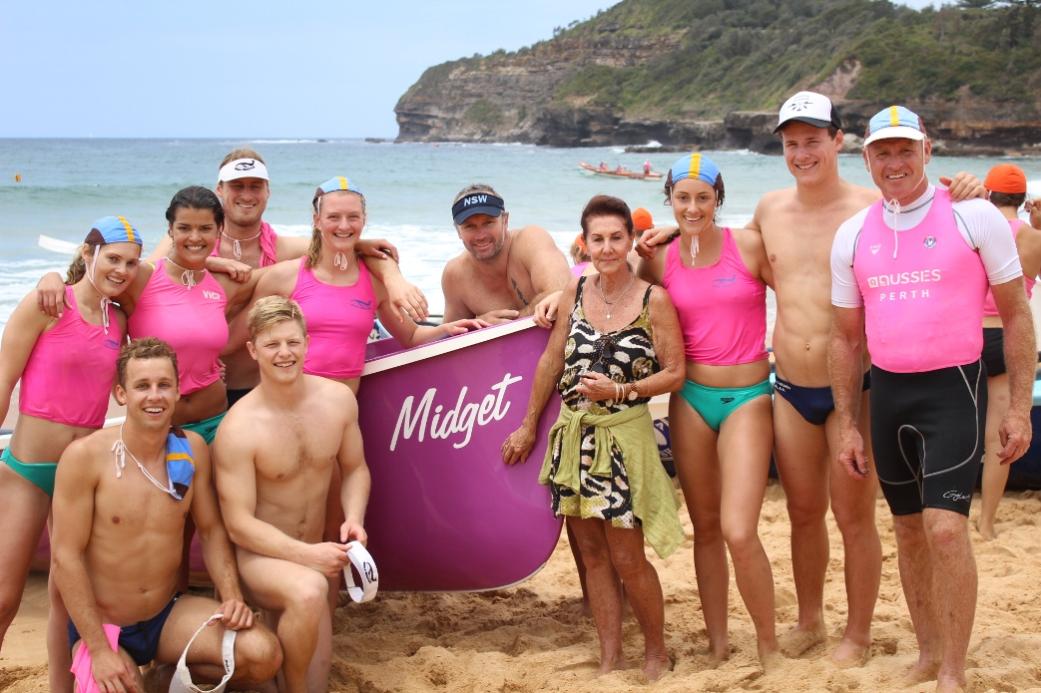
Life Membership was granted to Jon Pratten at this year’s AGM. Jon is a long-time patrol member, responsible for Project Managing the club’s major renovation and Treasurer for past three years.
The club thanks patrons The Hon. Rob Stokes, MP for Pittwater, and Federal Member for Mackellar, Jason Falinski and Kylie Ferguson as well as Doug Menzies, Branch President for their attendance at last Sunday’s AGM.
Andrew Pearce was re-elected as President and Lara Boyle was re-elected Captain. Their reports from this year’s Annual Report document follow:
PRESIDENT'S REPORT
ANDREW PEARCE
One Foot in the Past...
The Club's biggest asset is its people, and it is very rewarding rubbing shoulders with members from generations other than my own. I enjoy the wisdom and experience of a dozen surrogate grandparents and offset this with the youthful energy and enthusiasm of dozens of surrogate younger cousins. It really is a big warm family here, with all of us sharing a passion for Whale Beach.
I miss Midget; I think he was one of the greatest role models we had in the Club and epitomised spanning the generation gap. He enjoyed the ear of a cross section of our membership, nurturing his boat crews of young adults, wittering away with the 7am swimmers over coffee and stirring up the Management Committee with his provocative opinions. He was a salty rooster, a gentleman, a mentor and a comedian, and he kept us all honest. When I grow up, I want to be like Midget.
My challenge is to span the age divide between the generations of the Club. It is rewarding to sit around a table once a month for civilised discussions with a diverse bunch of passionate leaders of the Club. I enjoy seeing our members from their eclectic walks of life mixing amicably under the tent, on the BBQ deck or at Sunday Events. Despite our differences, we have so much to share with each other.
In the Present...
The fundamentals of our Club are strong: we have a highly engaged and growing membership, the building and facilities are in excellent order, financially we have a diversified income and a respectable bank balance, and there is an amazing pool of talent leading this Club.
The 2016 / 17 season was about continuity as we transitioned leadership with both a new President and a new Club Captain settling into their roles. The goal was to maintain the high standard of the prior season. There were three key areas that needed to be maintained: a safe environment at Whale Beach, a vibrant social calendar, and a healthy club culture. By all accounts, we can look back and say that we successfully achieved on all of those.
How do we know we're doing a good job of running the Club and continuing its great legacy?
Beach Operations: No lives lost!
Competition and Surf Boats: Inaugural Midget Farrelly surf competition, continuity of surf boat crews, Sunday Events and Club Championships, presence at Branch, State and National titles.
Education: 94 individuals attained 128 new awards.
Gear and Equipment: A boat shed full of modern equipment, lovingly maintained by dedicated volunteers.
Events were executed beautifully: Women of Whale, The Big Swim, Pig Night, Awards Night, Monthly Drinks, Rippers.
Marketing: New website launch, email campaigns, increased Instagram presence.
Administration: No lives lost either! All car park stickers and key fobs accounted for.
Finance: Thanks to our treasured Treasurer Jon Pratten, who provides superb stewardship of our finances.
Property: Extensive repairs and upgrades to facilities and amenities. We have the best club house in Australia.
An Eye on the Future...
Now that the season has closed, we review and position ourselves for the 2017 / 2018 season.
The Club needs to be absolutely clear on its identity, and to that end there is a review of the Club logo and colours underway in order to successfully manage our brand. This work will lay foundations as we grow our profile.
It is important to ensure that the structure of committees and officers aligns with the work that needs to be done in order to run our Club, and this is being reviewed by the Management Committee. Once the structure is ratified, there will be active recruitment to fill roles to ensure that the workload can be spread evenly.
Next season there will be a focus on beach operations. A "How to patrol at Whale Beach" manual is being produced that will help us all to consistently run patrols and make use of gear and equipment. Leveraging technology will help us run the Club, we have an incredible new website, and we will utilise the "Swapsea" system to better manage our patrols and implement the cloud solution "G Suite" to facilitate collaboration.
When the foundations of having a clear identity, a smoothly operating beach and a strong management team have been laid, the Club will embark on a growth phase. This will allow us to adequately patrol the beach, hold a significant presence in the community, contribute materially to our income, and provide a large pool of talent to draw upon in order to successfully run the Club.
We are fortunate to not only enjoy the benefits of owning our land and building, but also the rewards of the recent renovation. An ocean front presence and heavy use by 400 members provides many challenges with maintenance as well as upgrading amenities to meet the needs of the membership. You will have noticed improvements and repairs taking place about the premises throughout the season. Over the winter, the first aid room will be upgraded and work started on renovating the boatsheds.
Club Administrator Monica Kim has resigned at the end of May. I would like to sincerely thank her for 5 years of diligence and dedication in ensuring that the Club operates smoothly. We welcome long-time member Sue Kearney into the Club Administrator role and very much look forward to working with her.
The Club has just been honoured with accolades at the Sydney Northern Beaches Branch Awards of Excellence; a huge congratulations to Lara Boyle for Lifesaver of the Year, Patrol 9 for Rescue of the Year, and the "Flying Fish" for winning Female Reserve boat crew.
Thank you also to all our volunteers, members, officers, community and friends, patrons, Pymble Ladies College, Knox Grammar School, Sydney Northern Beaches Branch, Surf Life Saving NSW, Surf Life Saving Australia, local, state and federal government, and our generous sponsors and donors. All these groups contribute to making Whale Beach SLSC the amazing volunteer organisation that we all know and love.
It has been a pleasure.
Andrew Pearce
CAPTAIN'S REPORT
LARA BOYLE / CLUB CAPTAIN
As weather fronts battered the coast and reshaped the beach with more "beach closed" days than we could poke a tube at, our Whale Beach team banded together in our red and yellow, keeping the public safe for another season.
With some new faces in our patrol leadership teams, we began the 2016 / 2017 season with resounding camaraderie as more than 70 Whale Beach lifesavers took to the beach for our first ever all-in patrol - knocking over proficiencies in one fell swoop with the help of our incredible education team.
Refreshing our skills and reigniting friendships on the first weekend set us up well for what was an intense start to the season, with numerous preventions, first aids, and rescues. On 26 November the quick actions of Patrol 9 - the Naughtycool Nines- performing a mass rescue in large seas, resulted in them being awarded the Northern Beaches November Rescue of the Month.
Our patrollers were dedicated to improving their skills on and off the beach with an increase in mock rescues and resuscitation simulations. We were provided with fantastic opportunities to further develop our soft skills to interact with the public and fellow members through the Milan Partners communications and mentoring courses.
The Big Swim 2017 was a great success, and I thank each and every member who helped on the day to keep things running smoothly; with a number of mass rescues and tricky rips it was certainly a day to remember.
As we move into next season having had growth in our membership base over the last few seasons, I'm looking forward to expanding our patrol teams, seeing more members move into leadership positions, greater Club-wide participation in non-lifesaving related activities, and continuing to foster growth in our younger members.
Moving into the future, further developments in our physical resources are in the pipeline, with renovations to the first aid room and boatshed, an expanded digital radio network, induction packs for both patrols and officers, and new merchandise to take pride in our great Club. In addition, technological resources, such as our new Whale Beach SLSC website, online logbooks, and the emerging use of drones for lifesaving purposes, will allow us to focus on what we do best - ensuring that every person who comes to the beach goes home safely.
Many thanks are due to every member for giving their time so generously to keep the public safe, with special thanks to our team of Patrol Captains and Vice Captains, our Education Team, Al Burchett, Andrew Pearce, and the many others who ensured that Whale Beach SLSC's 2016 / 2017 was one of our best seasons yet.
Warringah Rats Win Shute Shield
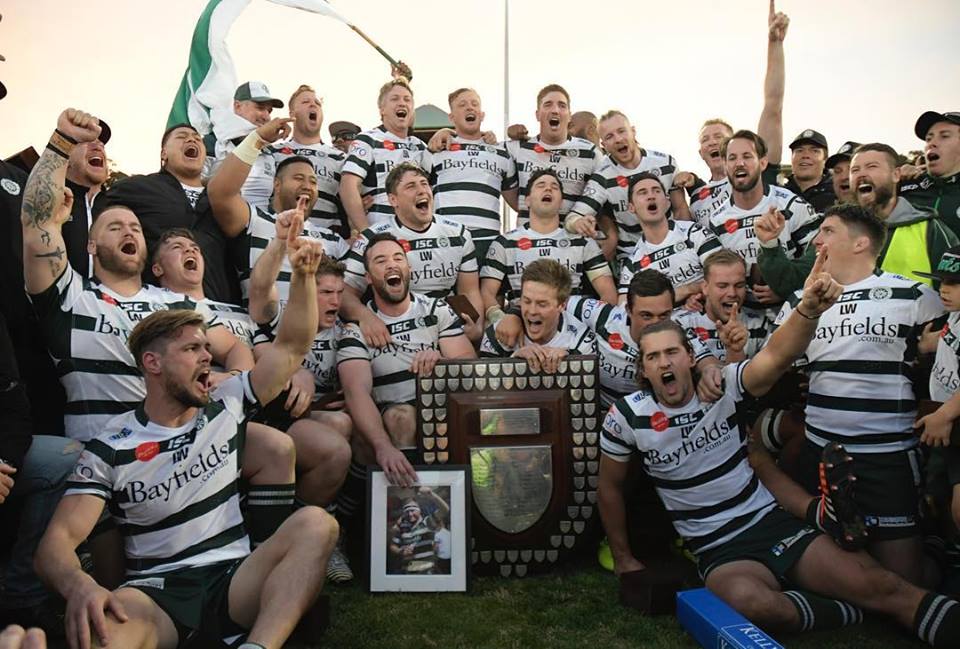
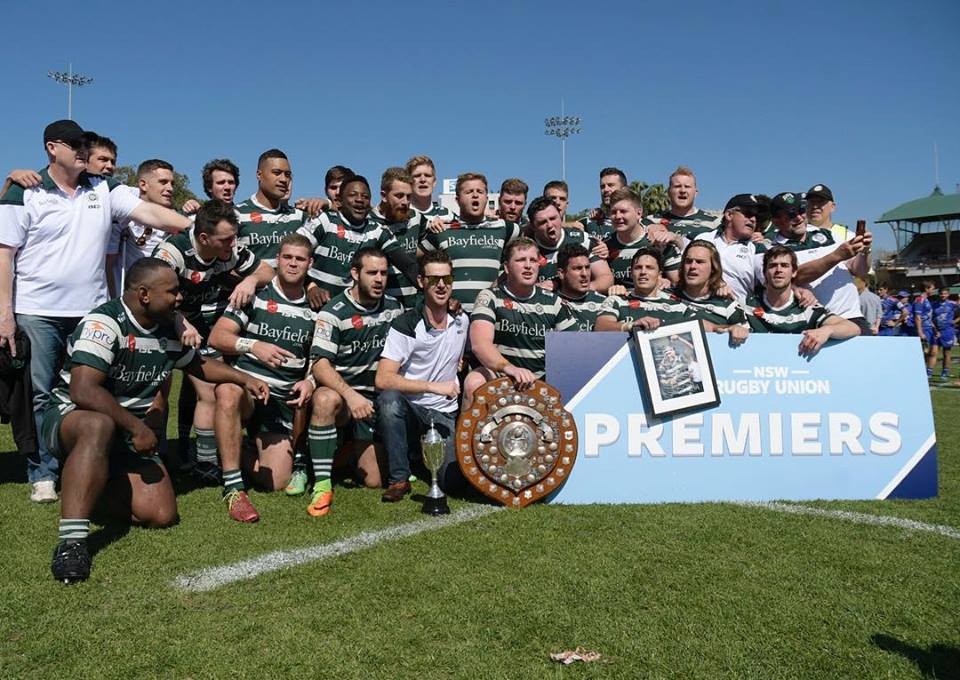
Avalon Bulldogs WIN
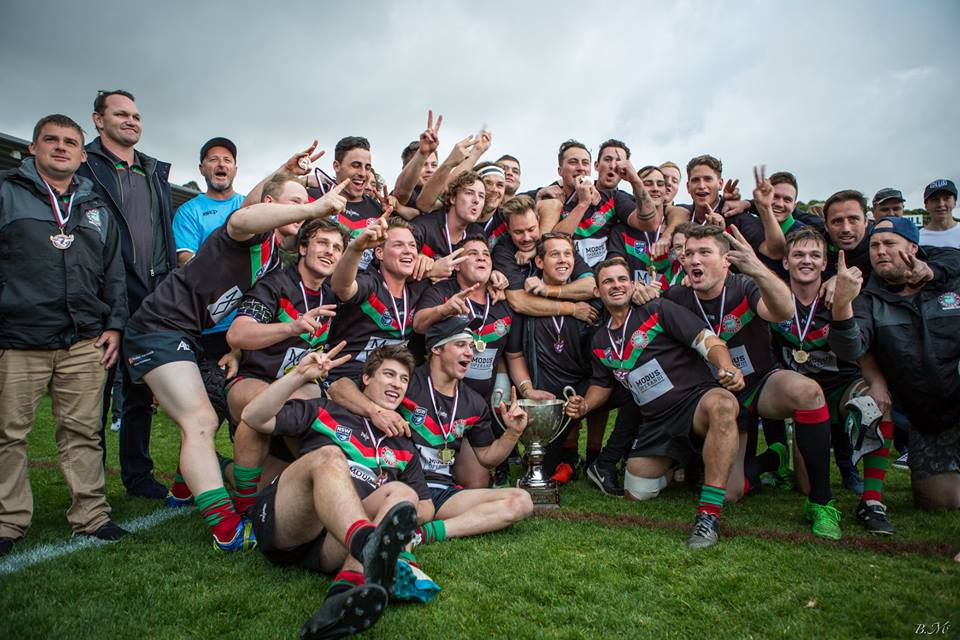
Audi Hamilton Island Race Week 2017
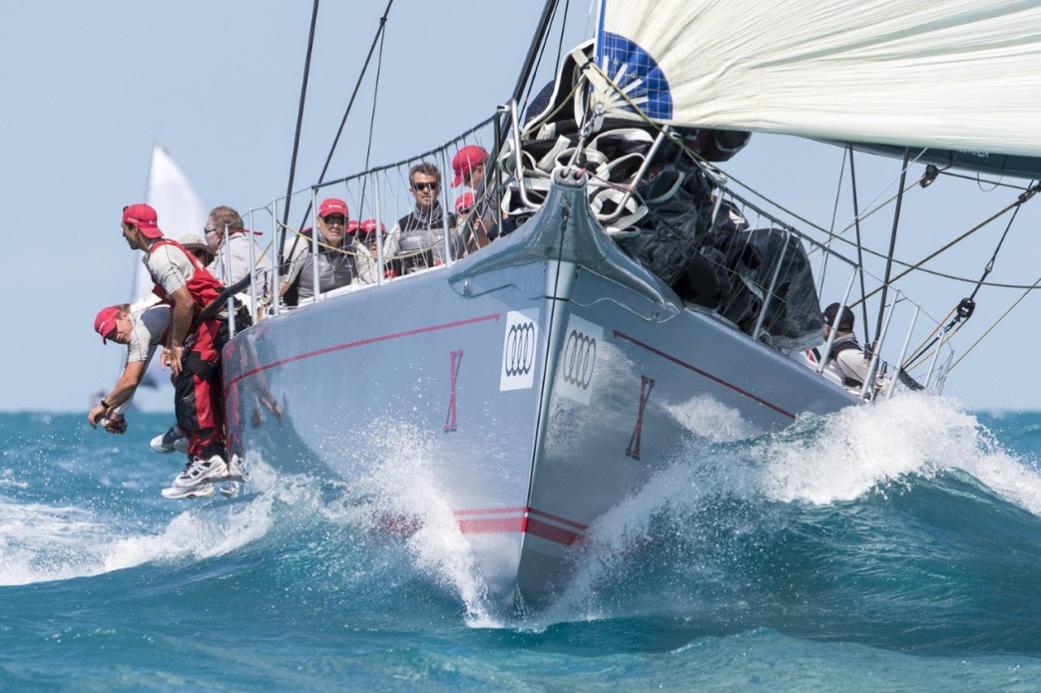
Close to 2,000 sailors racing in 15 different divisions at Audi Hamilton Island Race Week 2017 finished the series on a massive high regardless of whether they picked up a trophy in the Non-Spinnaker or IRC Racing division, or any trophy at all.
Crews from Tasmania to Western Australia to the American classic Dorade on a Southern Hemisphere odyssey used what was left in the tank in the sou’east tradewinds 15-18 knots to firm up a divisional placing, or just see out the series in spectacular North Queensland winter sailing conditions.
IRC Racing
The hard-fought IRC Racing division went to the Crown Prince Frederik of Denmark skippered NANOQ, the Oatley’s 66-footer and baby sister to supermaxi Wild Oats XI.
“A win is a big thing for me,” the Crown Prince said. “I knew I was going into something fantastic by word-of-mouth, but that was it. I know this part of the world a little but I didn’t know the sailing conditions.
“Personally and statistically I did think I improved over the week. The first day was pretty wild; one of my top three sailing days ever. I have never steered such a big boat - I’ve steered 52s and 40-footers before. I had a brilliant crew; my friend Chris Meehan and Iain (Murray) put the team together.”
So will he be back? “Certainly yes; if they (sistership Alive) come next year I’m happy to defend my title.”
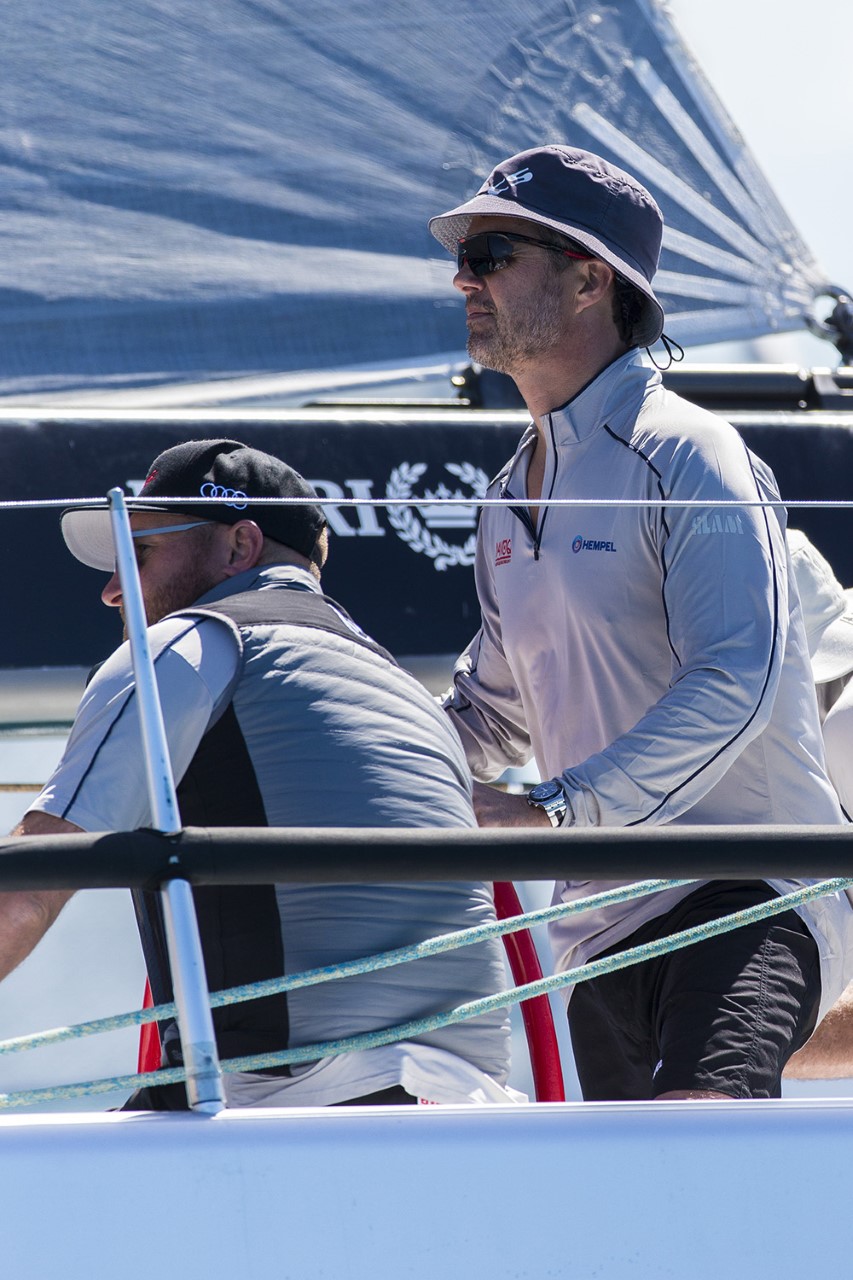
HRH Prince Frederik of Denmark at the helm of NANOQ photo by Andrea Francolini
Provisionally second on handicap by four points was Philip Turner’s Alive, sailing for the Derwent Sailing Squadron in Hobart, Tasmania. Third on a countback was Brent Fowler’s West Australian TP52 M3, on equal points with second place.
Reports by Lisa Ratcliff - Visual Splendour by Andrea Francolini HERE
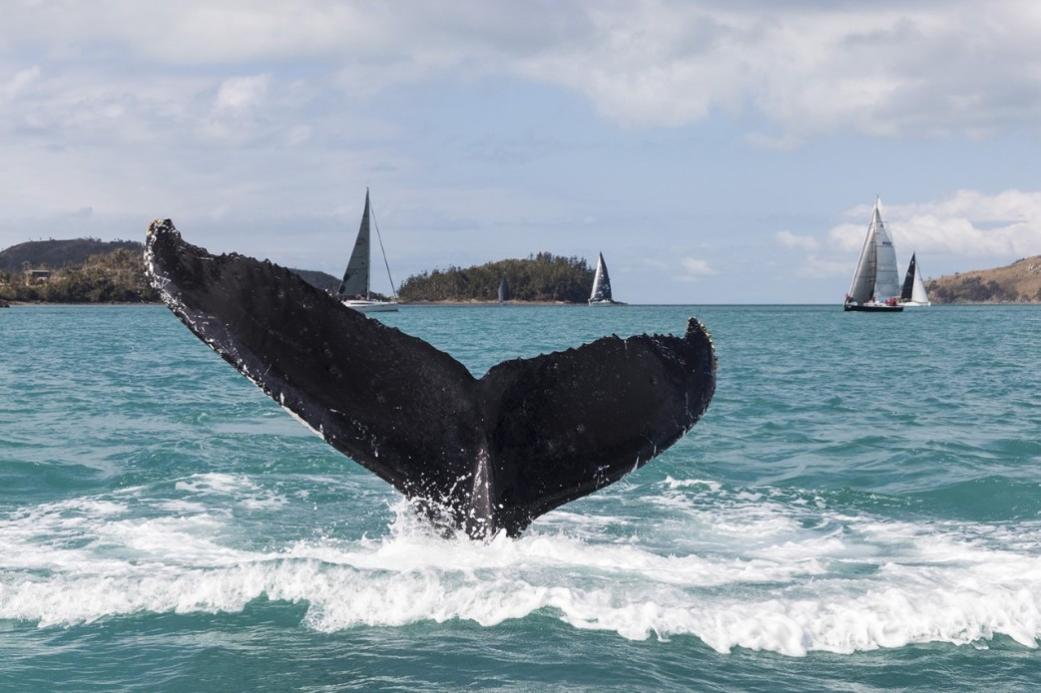
Spring In Pittwater
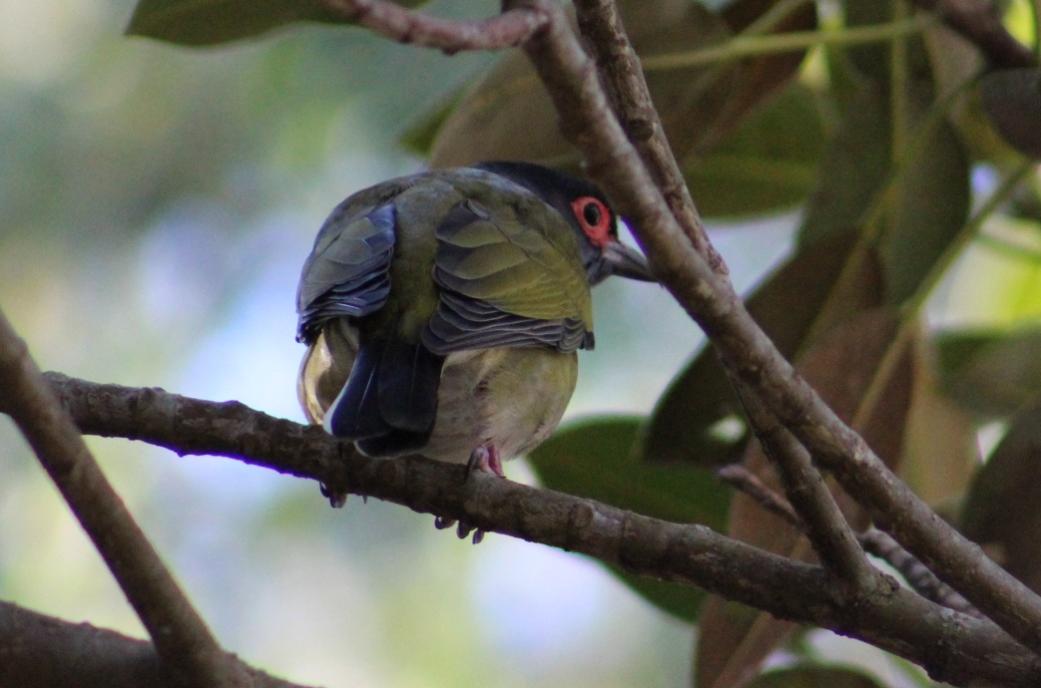
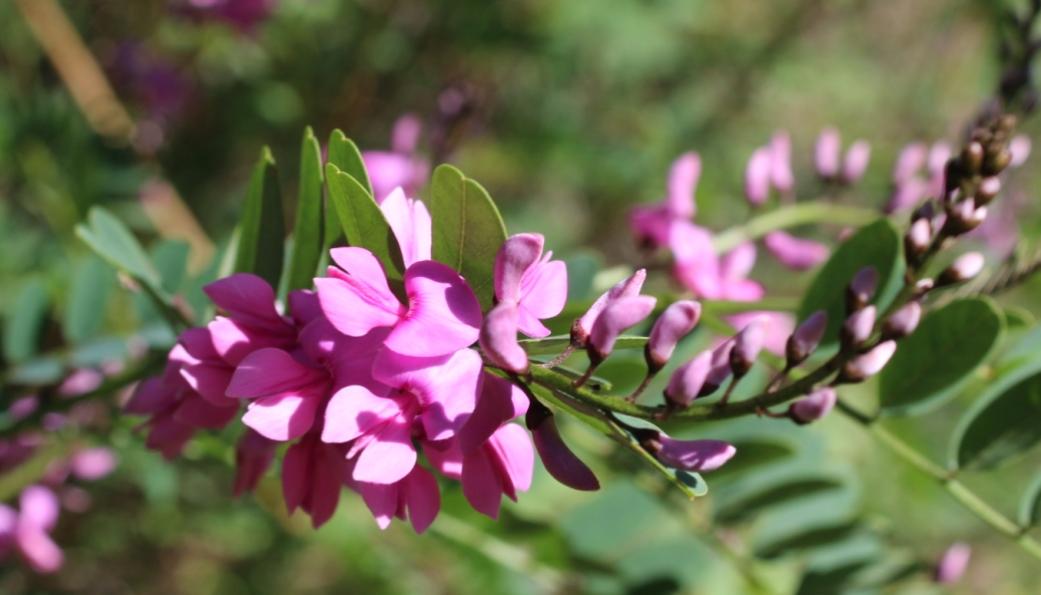
Lovely Indigofera australis, known as Australian Indigo. A J Guesdon photo
This is a species of leguminous shrub in the genus Indigofera (Fabaceae family). The genus name "Indigofera" is Neo-Latin for "bearing Indigo" (Indigo is a purple dye originally obtained from some Indigofera species), while "australis" from the Latin, means "southern". The Australian aborigines crushed the leaves and added these to water to kill or stun fish and eels. The leaves and stems produce yellow-fawn dye with alum as mordant.
The flower colour ranges from soft purple to pinkish hues with flowers that are smooth, in short spires in the leaf axils. They open at any time from mid-September on, these are obviously early, and continue flowering until November in a cool spring. The plant can regrow and sucker from rootstocks and lateral roots after fire.
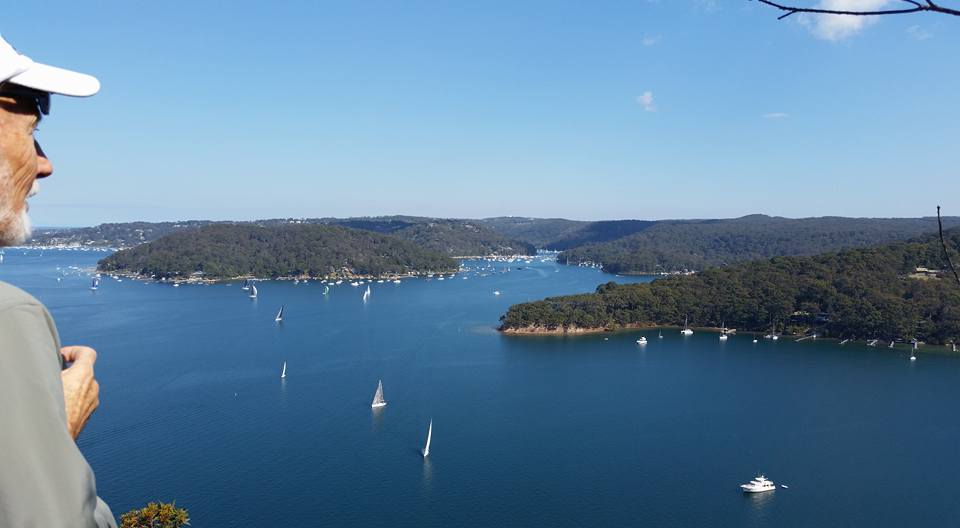
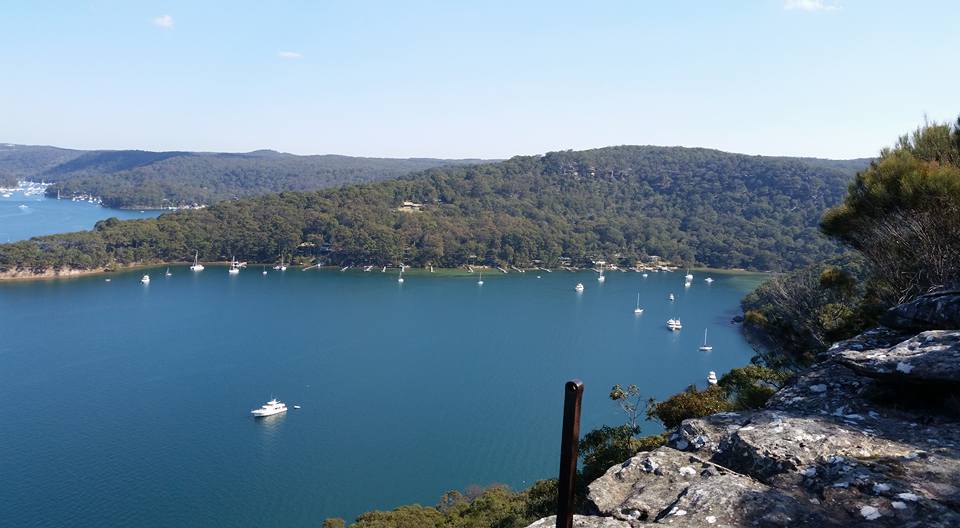
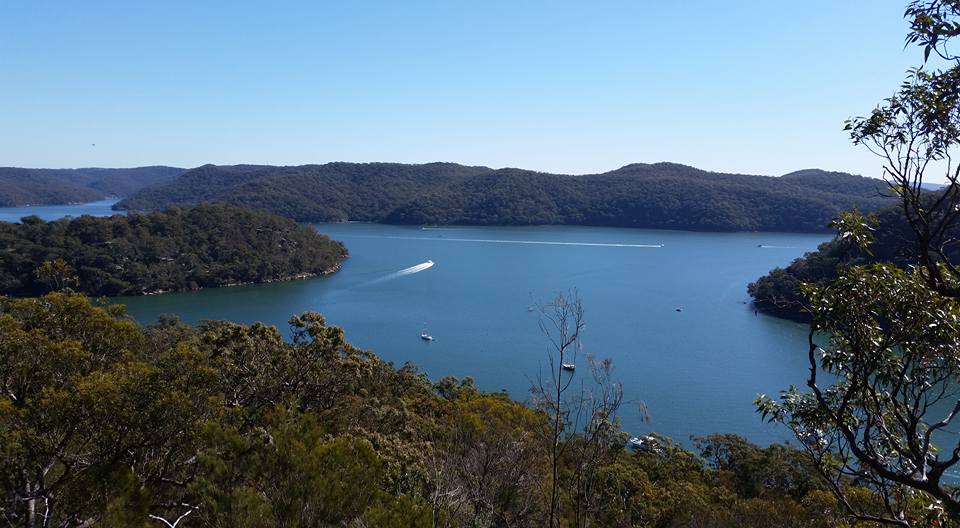
Adriaan Van Der Wallen's Pittwater
September
Put On Your Sailing Shoes Pittwater: Our Local Clubs For 2017-2018 Sailing Season
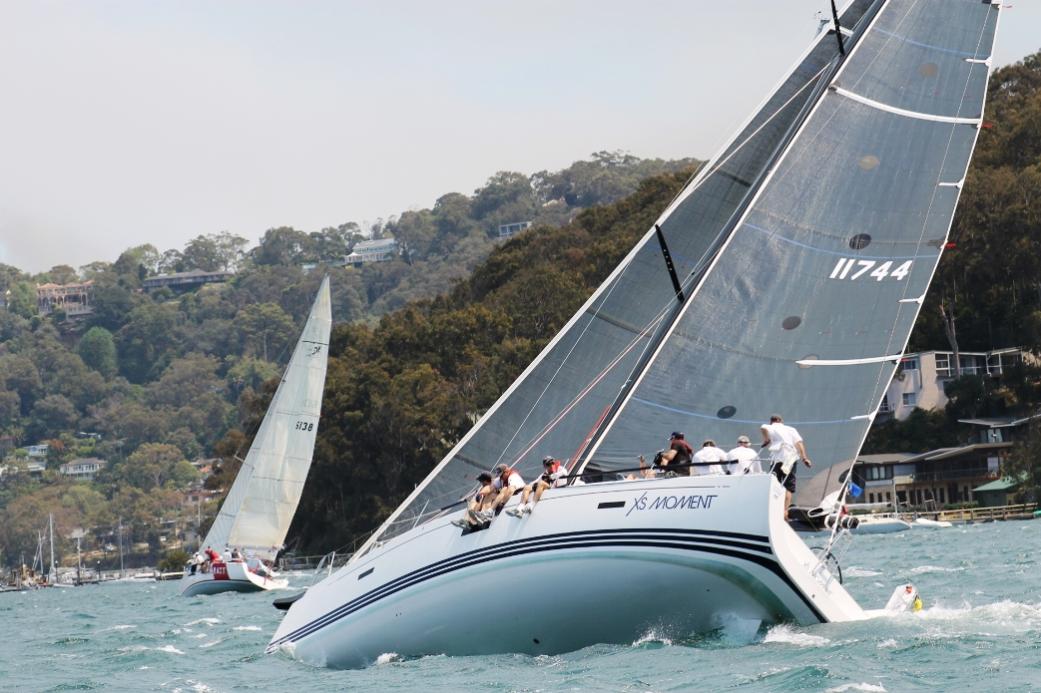
Put On Your Sailing Shoes
Pittwater's 2017-2018 Sailing Season
Avalon Sailing Club
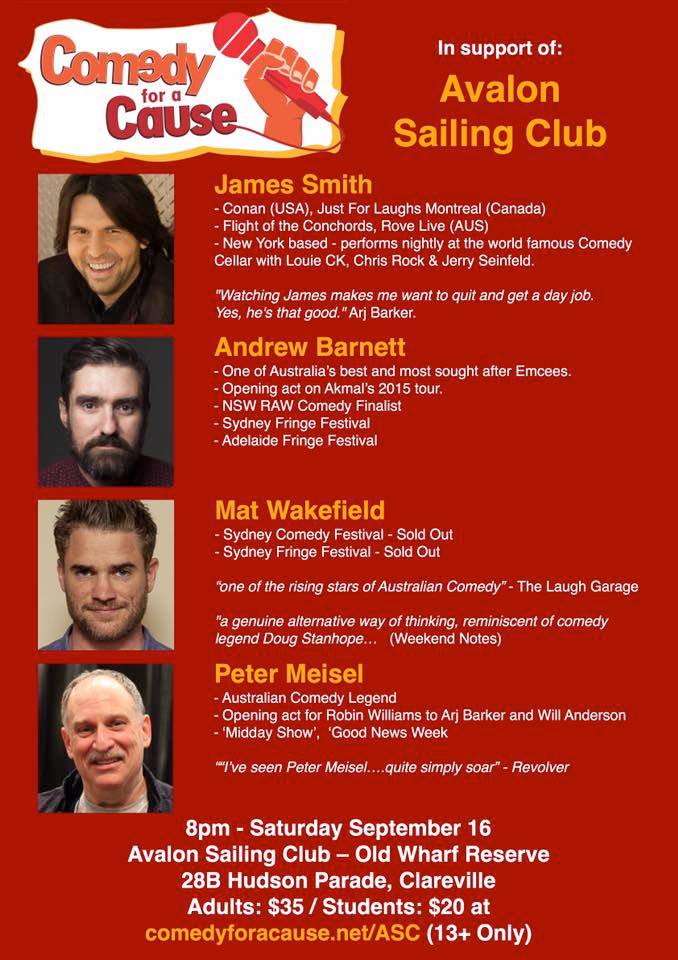
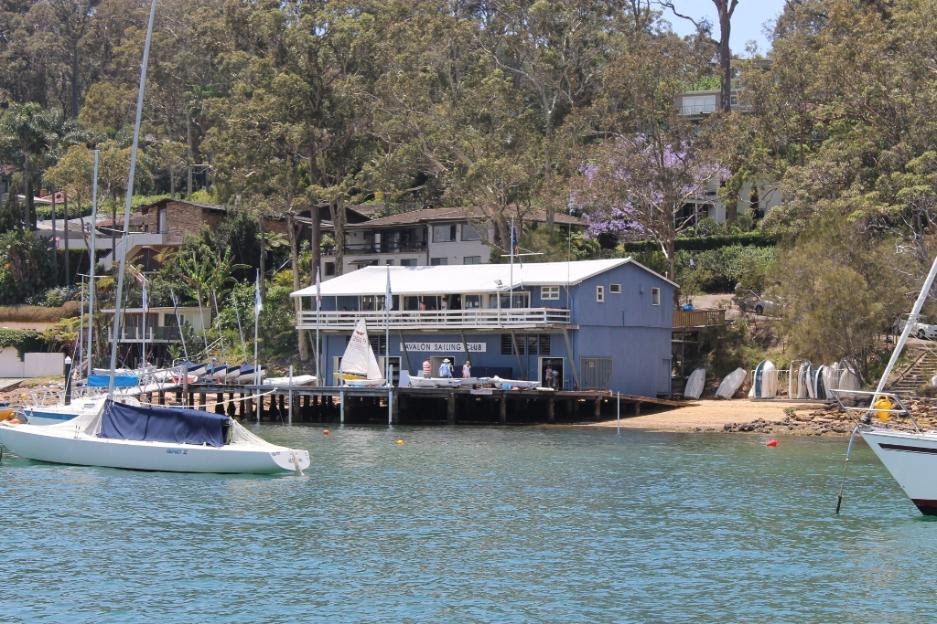
Bayview Yacht Racing Association
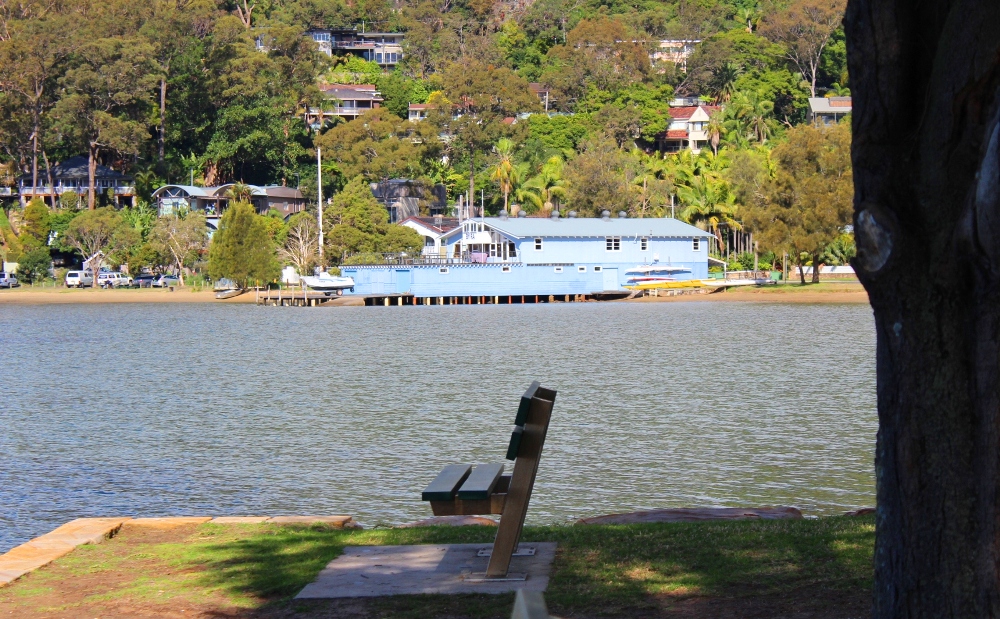
Couta Boat Club – Pittwater Chapter
Website pittwaterwoodenboats.com.au for more detailed information on the courses and access to the enrollment forms.
You can contact Mr Eastwood at larry@pittwaterwoodenboats.com.au or telephone: 0417 244 406
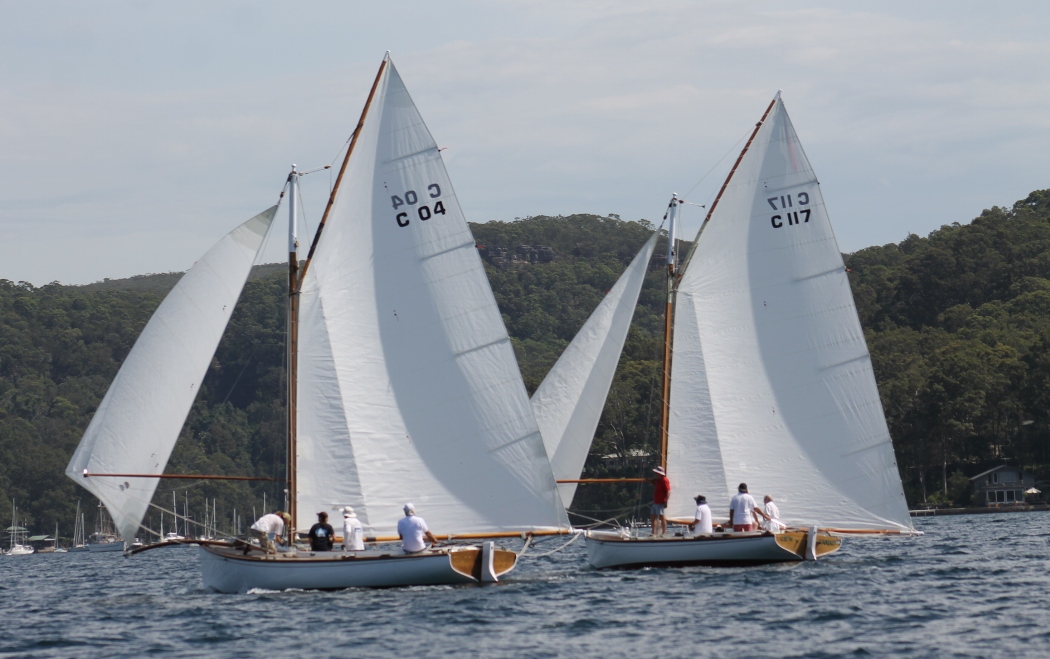
Palm Beach Sailing Club
.jpg?timestamp=1503645670891)
Palm Beach Yacht Club On Pittwater
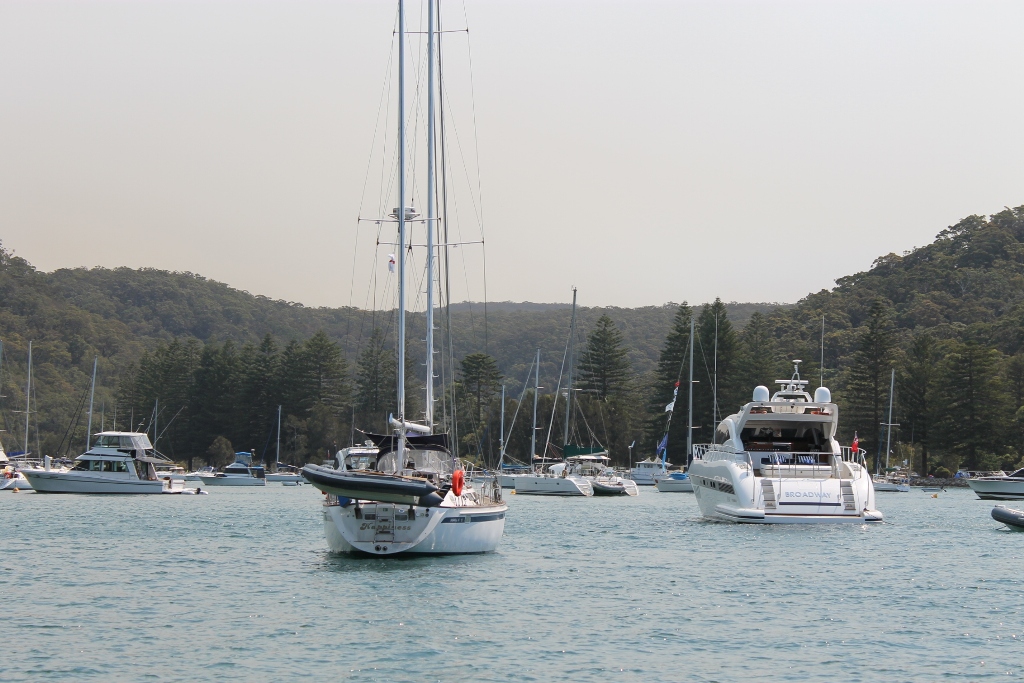
Royal Motor Yacht Club Of Broken Bay (At Newport)
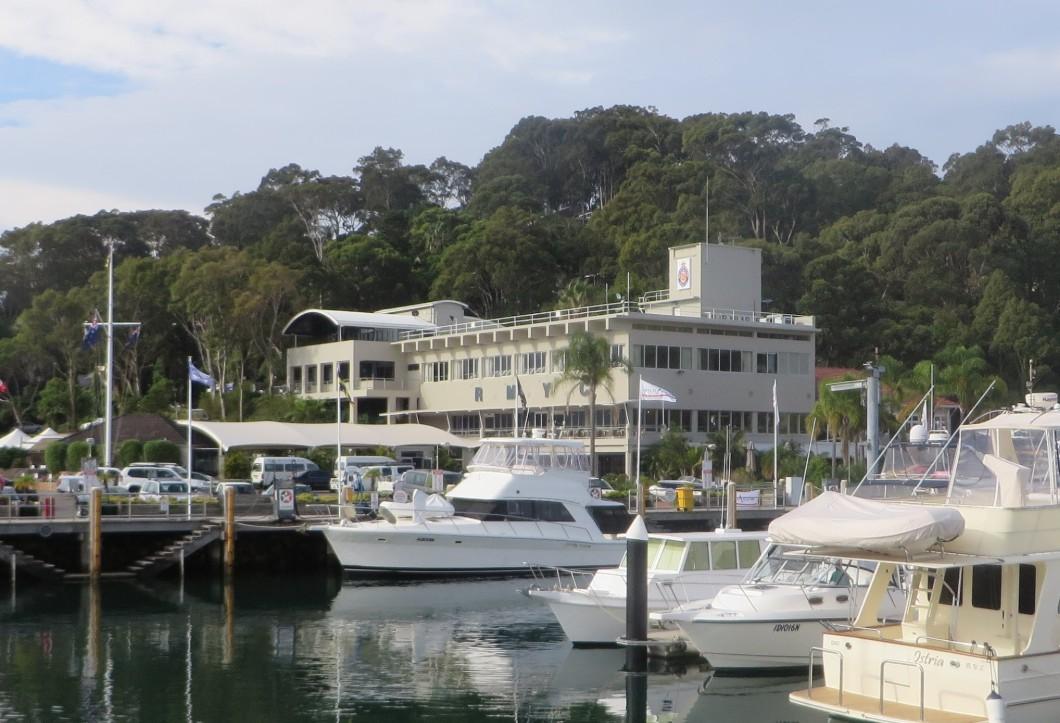
Royal Prince Alfred Yacht Club
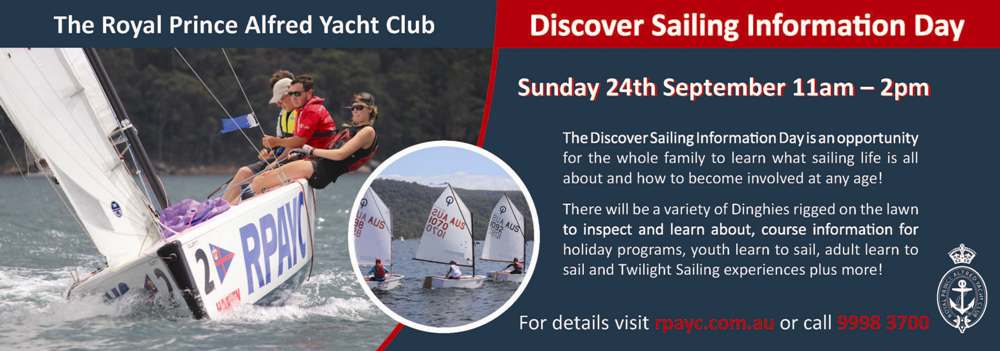
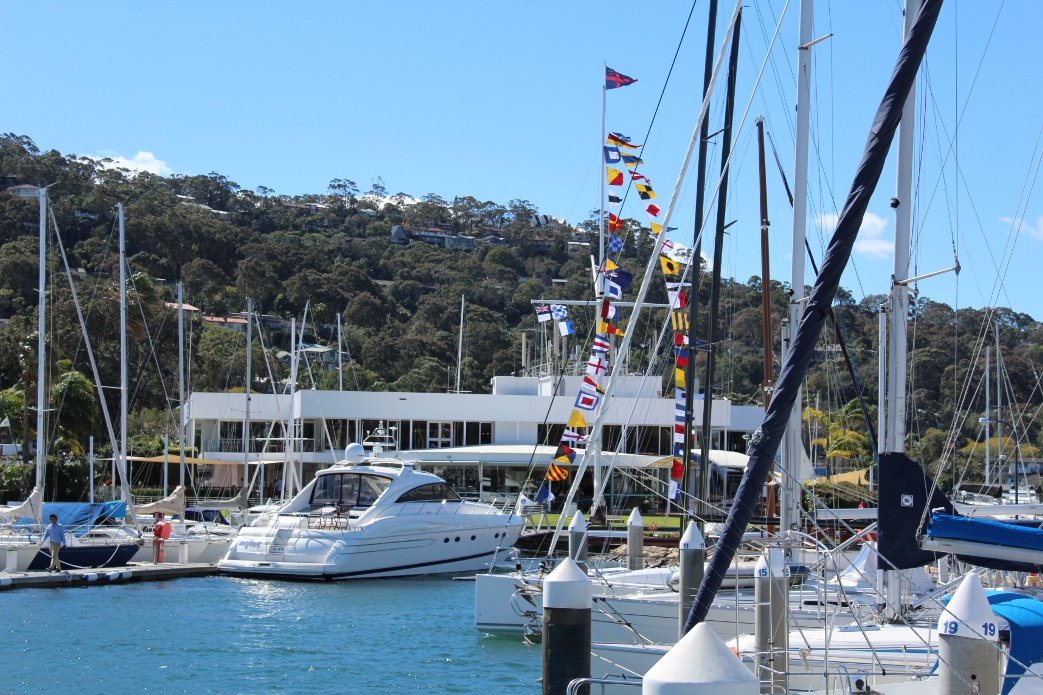
Sailability Pittwater
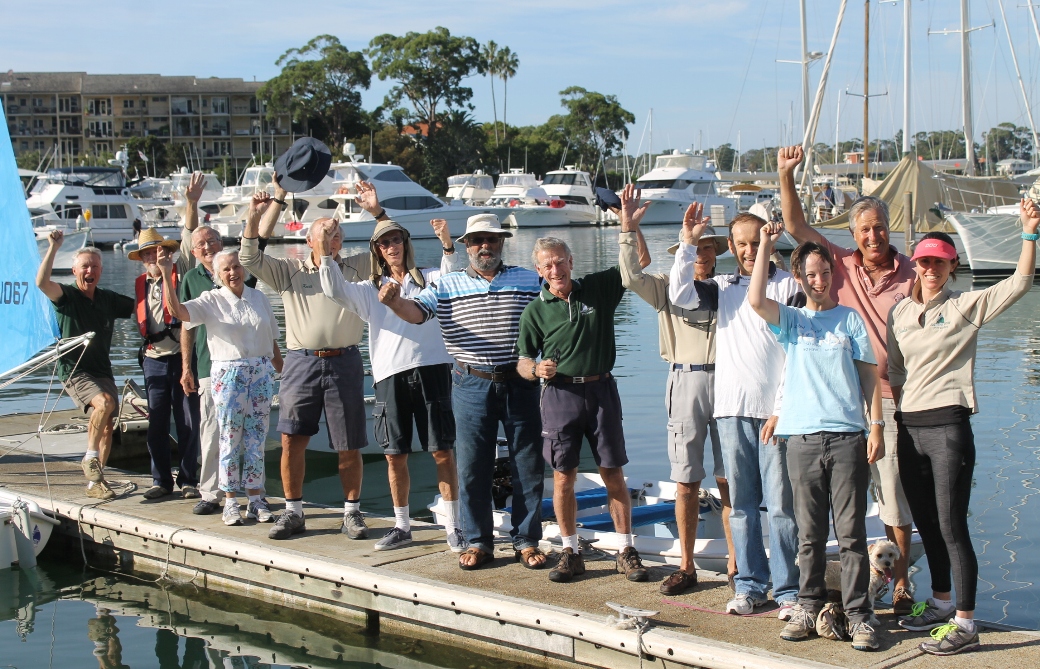
Woody Point Yacht Club
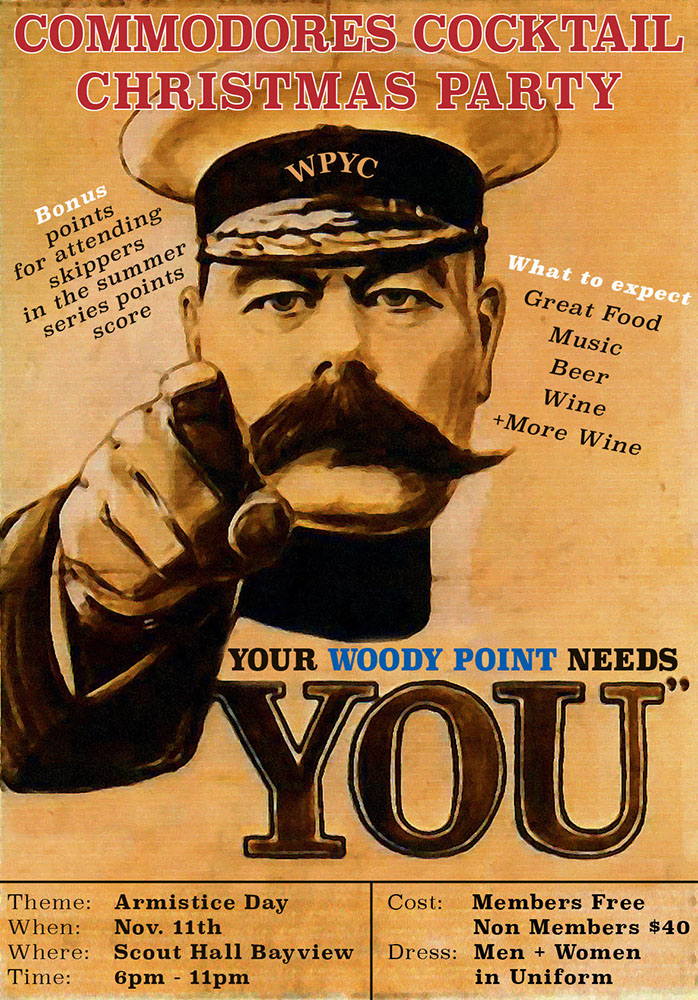
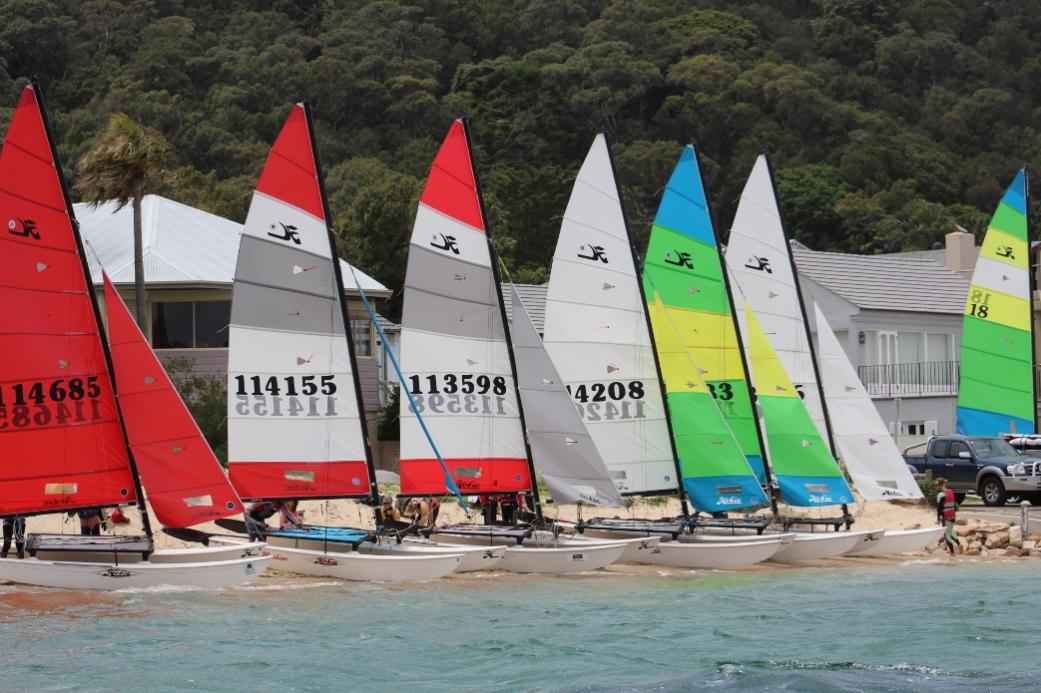
Early Pittwater Surfers: Palm Beach I
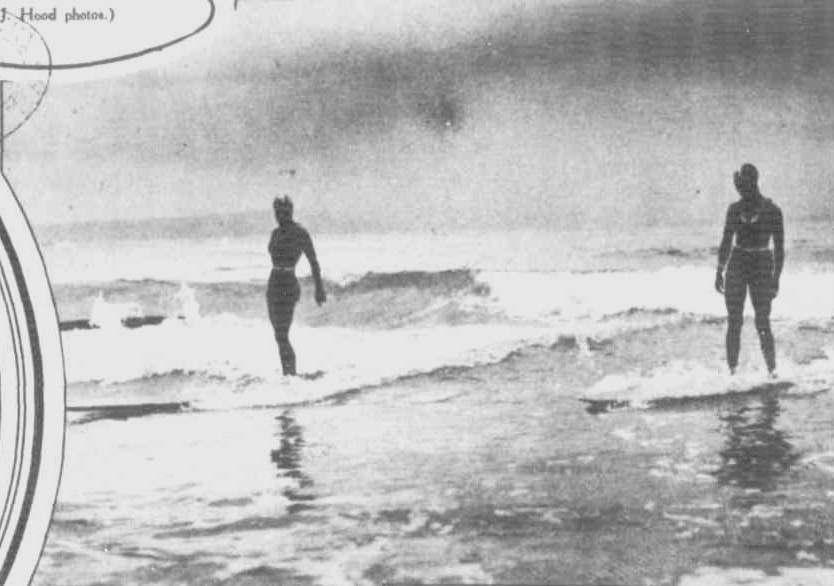
From Left.-Mrs. Alrema Samuels and Miss Norah Mc Auliffe. SYDNEY TOPICS – photos by S J Hood. (1930, January 11). The Australasian(Melbourne, Vic. : 1864 - 1946), p. 61 Edition: METROPOLITAN EDITION. Retrieved from http://nla.gov.au/nla.news-article141425116
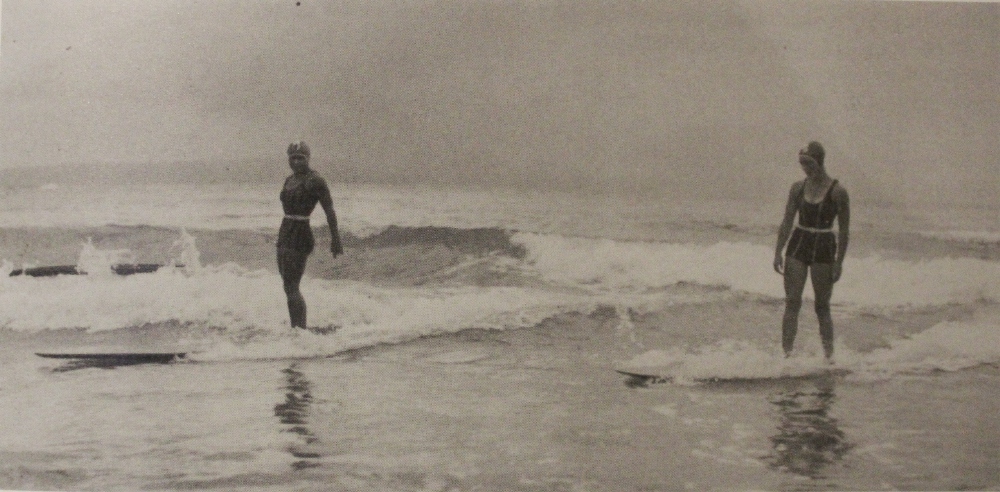


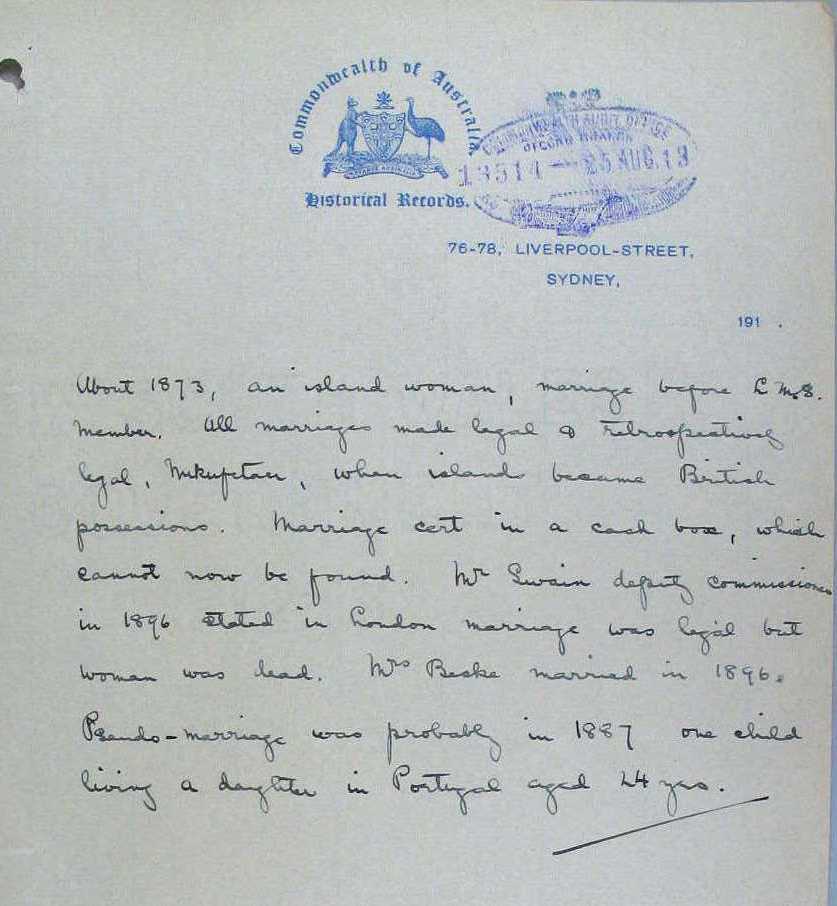
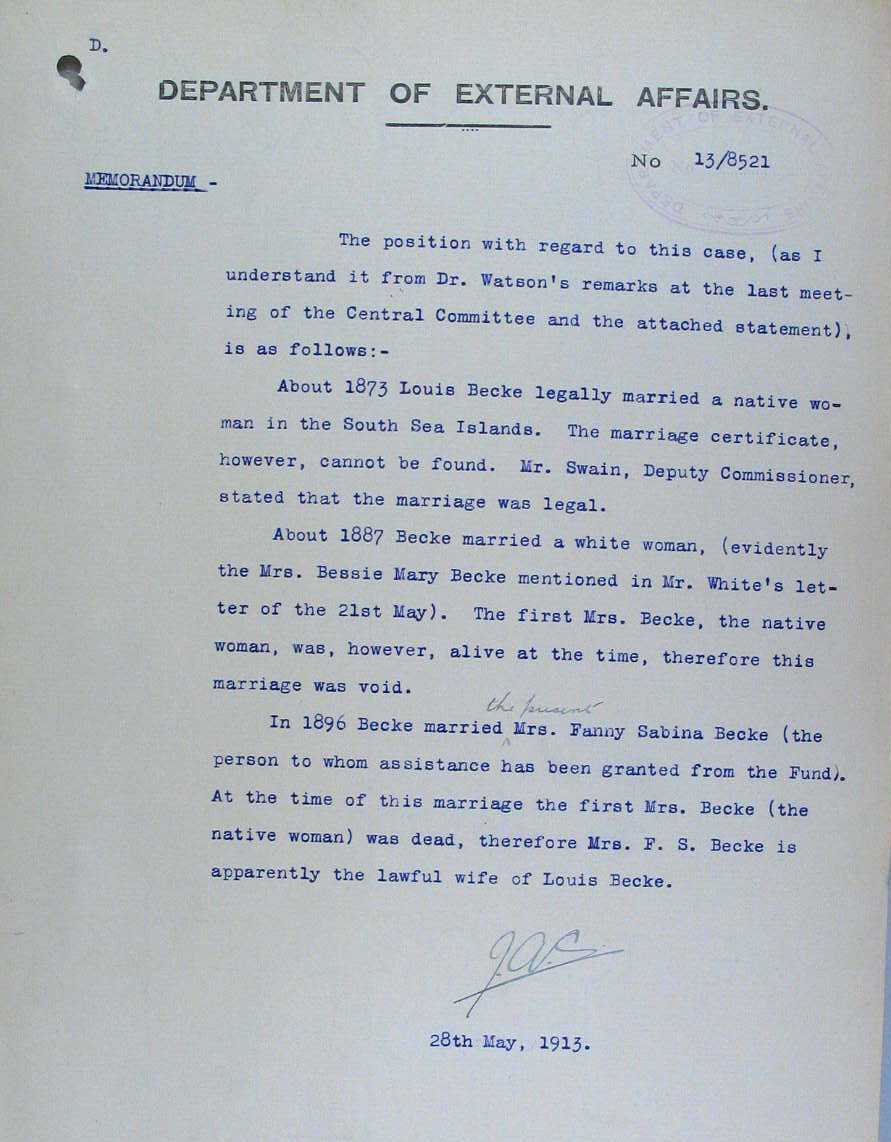
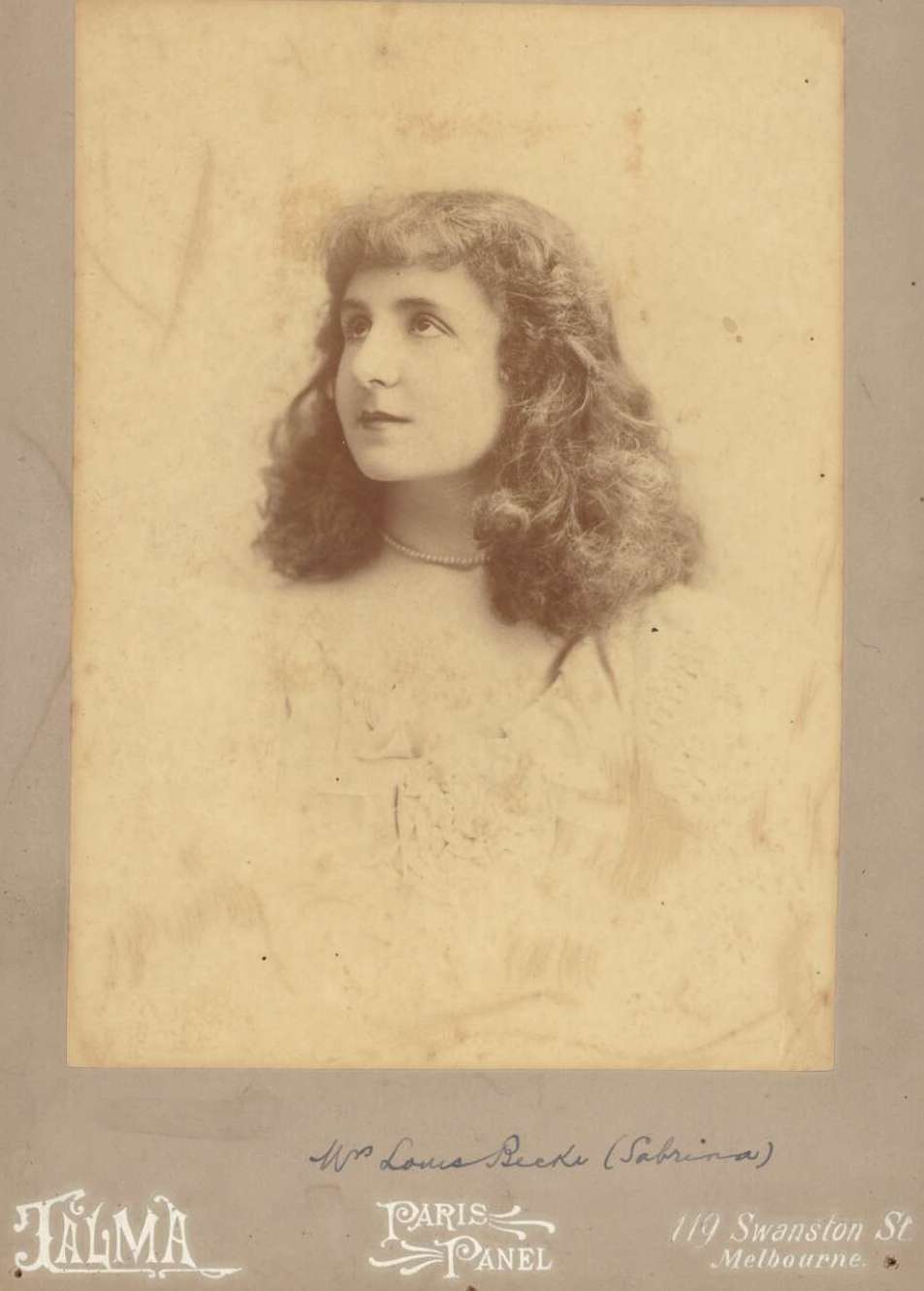
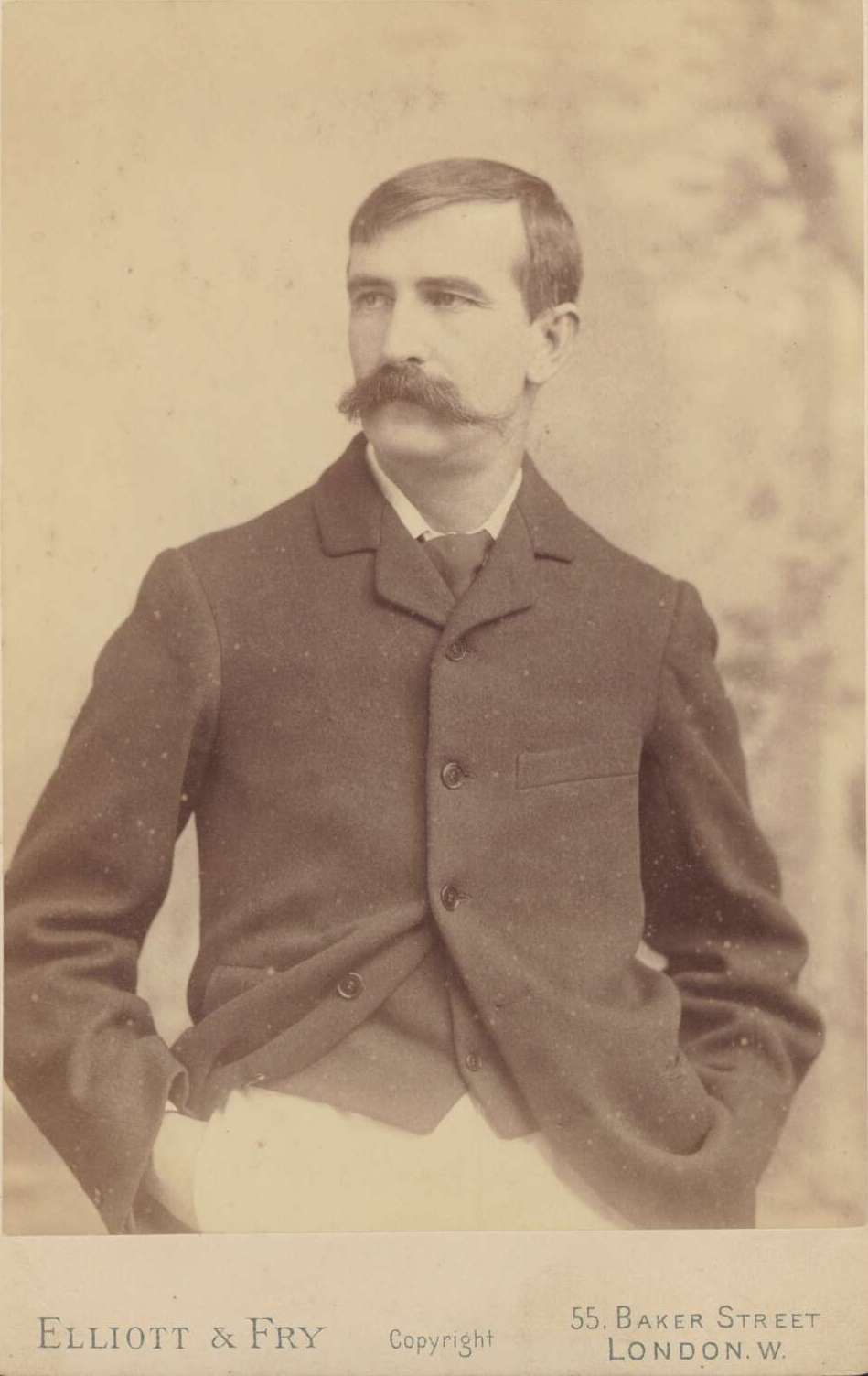
Avalon Soccer Club: Another Brilliant Season 2017: End Of Year Presentations
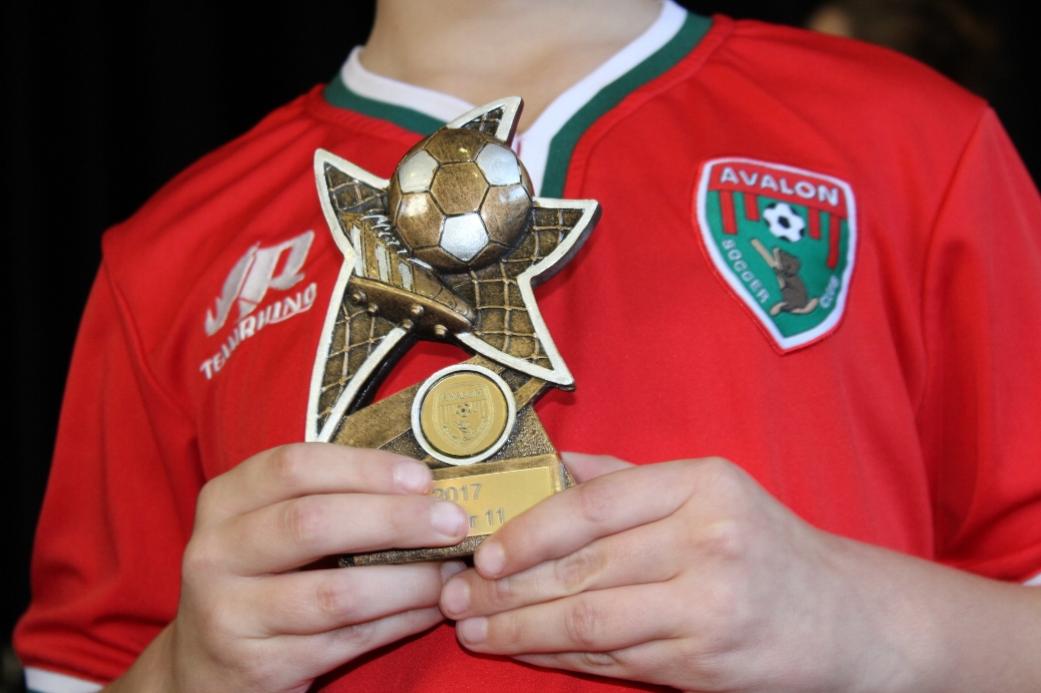
Avalon Soccer Club: Another Brilliant Season - 2017 End Of Year Presentations
Early Monday morning council workers were dismantling the goal posts on Careel Bay Soccer Fields, readying them to be stored away by Roland Luke until the next season.The bigger Rugby League posts on Hitchcock Park have also come down, ready that field for use by Cricket players over the Spring and Summer.
On Saturday September 2nd the End of Season presentations were held at Avalon Pubic School – a day long event for a club that has 88 teams and 1143 registered players - although some of these are girls who are dual registered in two teams.
John Kowtan (JK), President of Avalon Soccer Club was beaming on Monday morning last - here's why:
" A magic weekend for the Avalon Soccer Club with 8 GRAND FINAL WINS from 8.
If you include last weekend we have won 9 GRAND FINALS from 11 starts. What a great effort from all!"
What a finale! WAL3 and WPL both record 3-1 wins over Beacon Hill and are crowned Champions!! The girls go 6/6 today and the Club make it 8/8 for the 2017 Manly Warringah Football Association Grand Final weekend!! What a day!
The best finish to an amazing season! W16/1 Avalon 3 Wakehurst 1. Goals to Sascha, Ruby, Macy. An undefeated season and the trophy to take home!
Fabulous start to Grand Final Sunday! An absolutely brilliant morning with the first 2 victories. W12/1A: 2-0 win against Beacon Hill
W13/2: 4-2 win against Beacon Hill! Great work girls!!
What a start to the weekend!! Our O35/4 triumphed 4-2 over Manly-Allambie and the 045/1 completed the double with a 1-0 win over the same opponent!! Great work!!
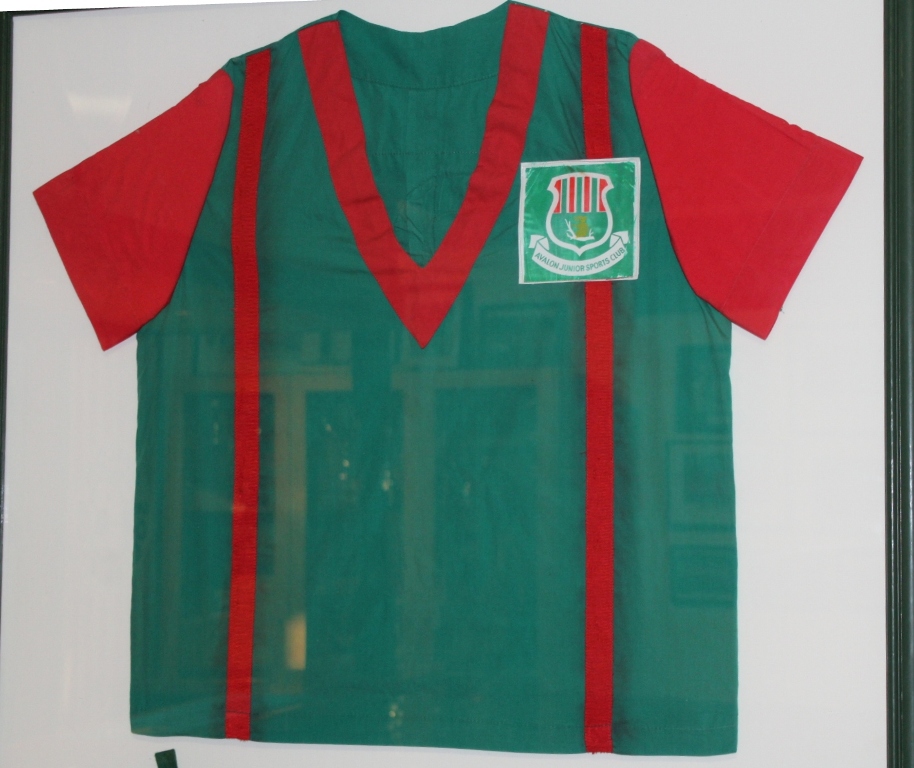
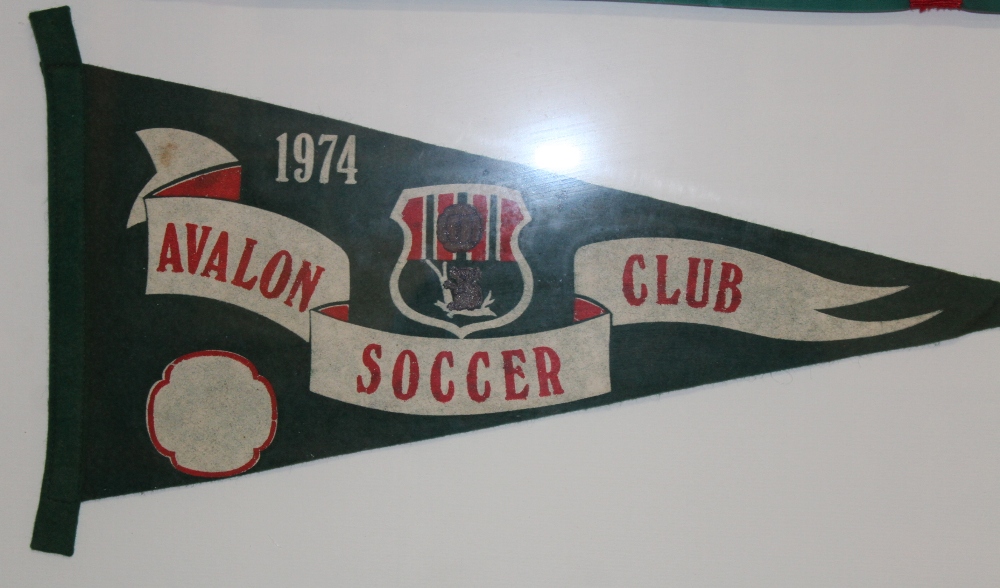
.jpg?timestamp=1504389996369)
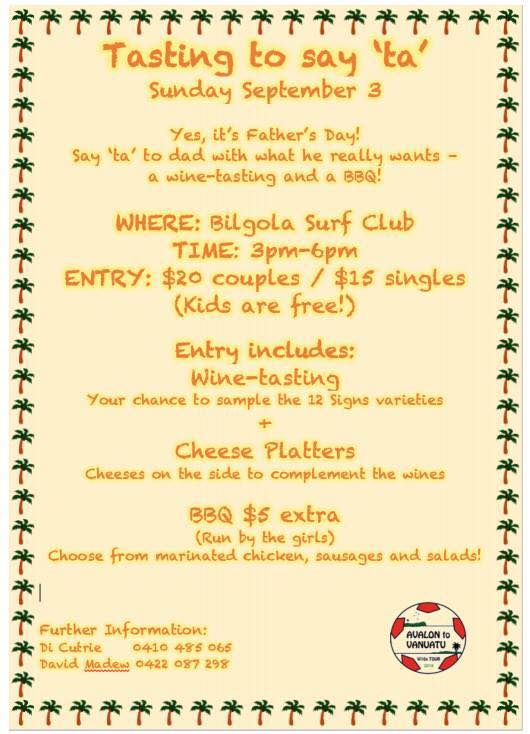
Avalon Soccer Club, the Mighty Reds, is an amateur club situated at the northern end of Sydney's Northern Beaches. As a club we pride ourselves on our friendly, family club environment. The club is comprised of around a thousand players aged from 5 to 70, who enjoy playing the beautiful game at a variety of levels and is entirely run by a group of highly dedicated volunteers. In 2012 we celebrated the 30th anniversary of the amalgamation of the Avalon Junior and Senior Clubs.
We strive to provide the best possible playing and coaching environment that we can with the resources to our disposal. We put a great emphasis on player development and coach education at all skill levels in our club and employ two professional coaches as our Directors of Coaching.
Our home ground is situated at Careel Bay in North Avalon. The site of a former rubbish tip was converted to provide us with two full size fields and a large dedicated mini-field area to cater for the variety of small sided versions of the game played by our younger players. We are also lucky to have our own clubhouse with a great canteen that serves the "best coffee to be found at a football ground anywhere"!!!
We are one of 17 clubs playing in games and competitions organised by the Manly Warringah Football Association (Visit: http://www.mwfa.com.au/).
Our dedication to player development has led to some great success in recent seasons and we looking to build on this in 2015. Some of our recent achievements include:
• MWFA Presidents Cup for Best Junior Club 2013
• W16-1 Champion of Champions 2013 & 2014
• FFA Junior Team of the Year 2012 (W16-1)
• Successful tours to Vanuatu, promoting cultural exchange and women's football in the region
More next Season - in the meantime, visit: www.avalonsoccerclub.com.au
Manly Warringah Football Association
The Manly Warringah Football Association was established in 1947 and has remained the sole focal point for the development of Football on Sydney’s Northern Beaches.
The community based Association consists of 17 member clubs throughout the Mosman, Manly, Warringah and Pittwater LGAs. It has the responsibility of administering the game of Football to 18,000 male and female players from the age of under 6 to over 35.
The Manly United Football Club is an affiliate of the Association and caters for representative players from the area. The Club caters for Under 9/10 boys through to senior men’s first grade and under 12 girls through to women’s first grade. All compete in the highest level of football in NSW, the National Premier League NSW.
Manly Warringah Football Mission Statement.
A progressive community based Football organisation dedicated to providing a safe, integrated pathway for all participants by developing, encouraging and supporting their Football aspirations
Visit: www.mwfa.com.au
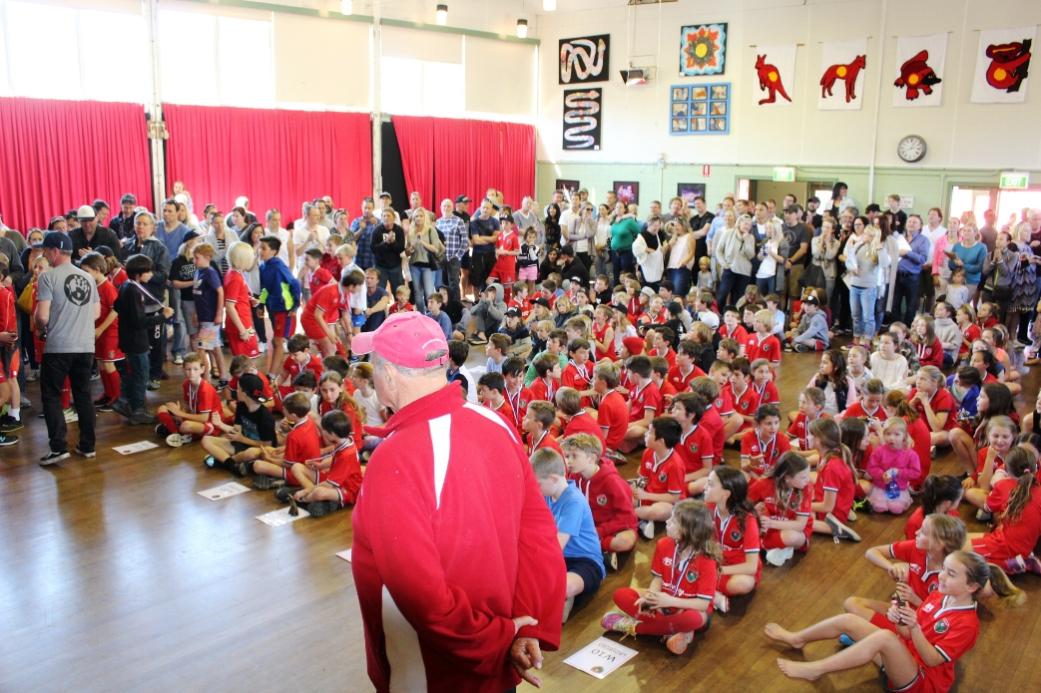
Royal Prince Alfred Yacht Club 151st Sailing Season Opening Day 2017
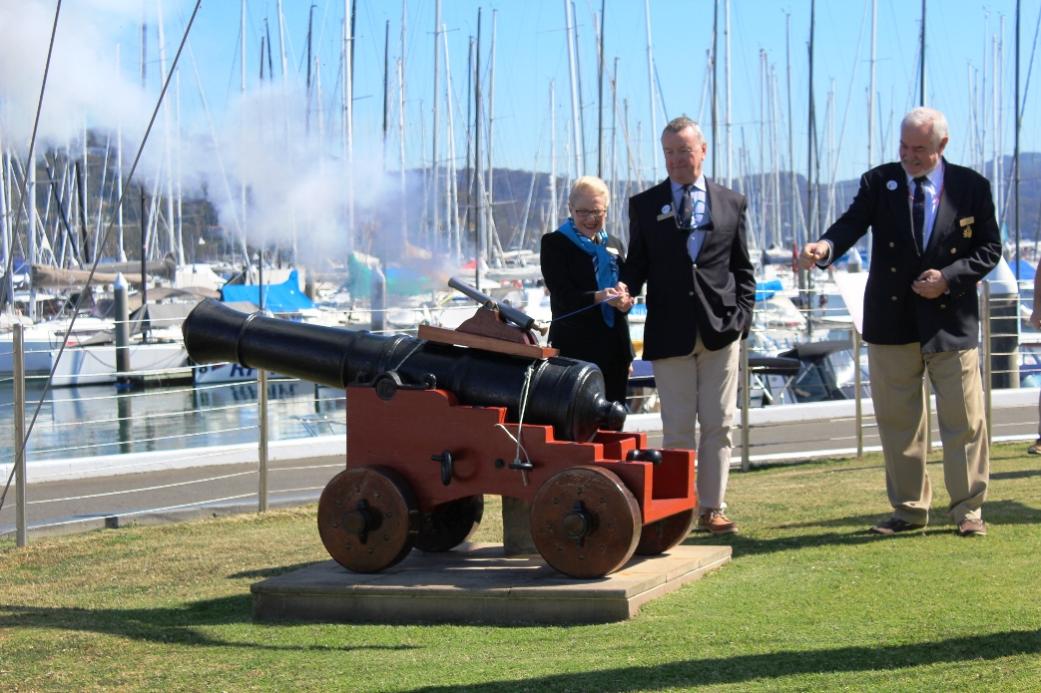
Royal Prince Alfred Yacht Club 151st Opening Day For The 2017-18 Sailing Season
Saturday September 2nd 2017
- The Wattle Cup Couta Boat Regatta
- Couta Boat Summer Pittwater Regatta
- Young 88 Nationals
- MC38 Sprint Regatta
- MC38 Australian Championships
- Etchells NSW Championships
- Etchells Australian Championships
- The Old Timers Regatta
- Farr 40s Nationals
- In November we hosted The Harken International Youth Match Racing Regatta, where the clubs welcomes sailors from all over the world
- We had the Whisper Mug
- The Autumn One Design Sports Boat Regatta
- The Dicko Cup up at Hallett’s Beach on Australia Day.
- The Club Marine Pittwater to Southport Blue Water Classic
- We ran the David Lukins Match Racing Regatta. The David Lukins Memorial Trophy is an annual event on the clubs racing calendar that sees current and former Youth Development program participants & Club Members compete in a Grade 4 Match Race event. The Regatta is held in memory of David Lukins. David was a tireless volunteer around the club, helping out in a variety of areas such as kids learn to sail, Centreboard, Youth Development mentoring, race management, & umpiring just to name a few. This resulted in David receiving one of the clubs most prestigious awards, Volunteer of the year for 1998-99.
- We held the Gwen Slade Etchells Regatta. The Gwen Slade regatta is a one design, Etchells regatta with women at the helm of each Etchells. The regatta was started in 1981 by Russell Slade in honour of his wife Gwen, and to encourage women sailors.
- And hosted the Huntingfield Cup Australian Championships – this is an annual regatta for the Jubilee class. This is quite a special regatta as the Jubilee was the first boat raced in an RPAYC race in Pittwater back in 1938, so this was a very significant regatta for us this year.
- We hosted the Sydney 38 NSW Championships
- and the Melges East Coast Championships
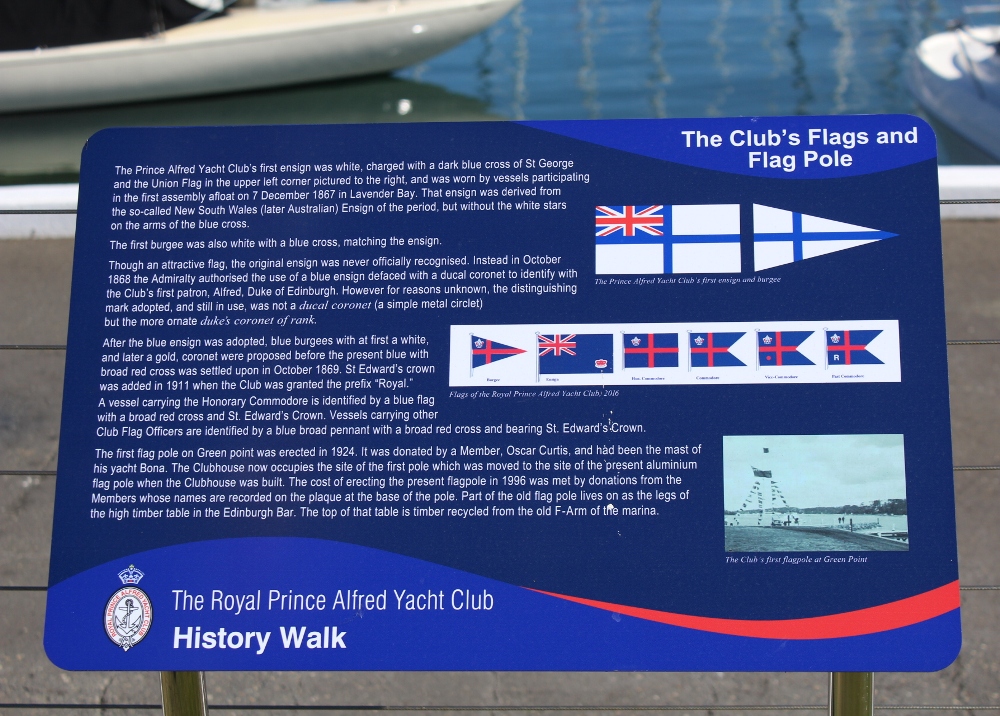
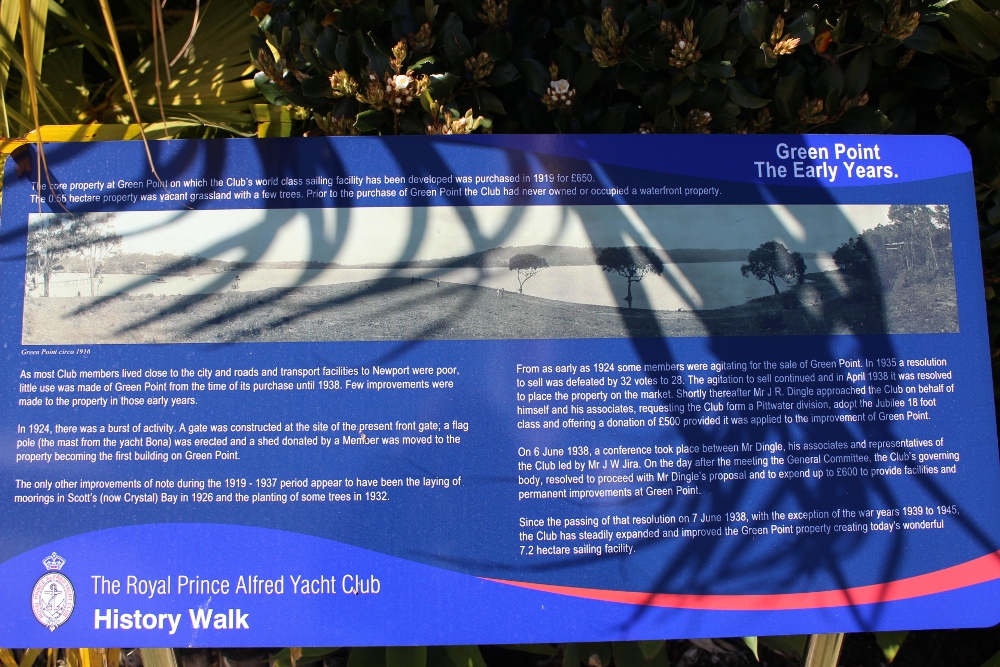
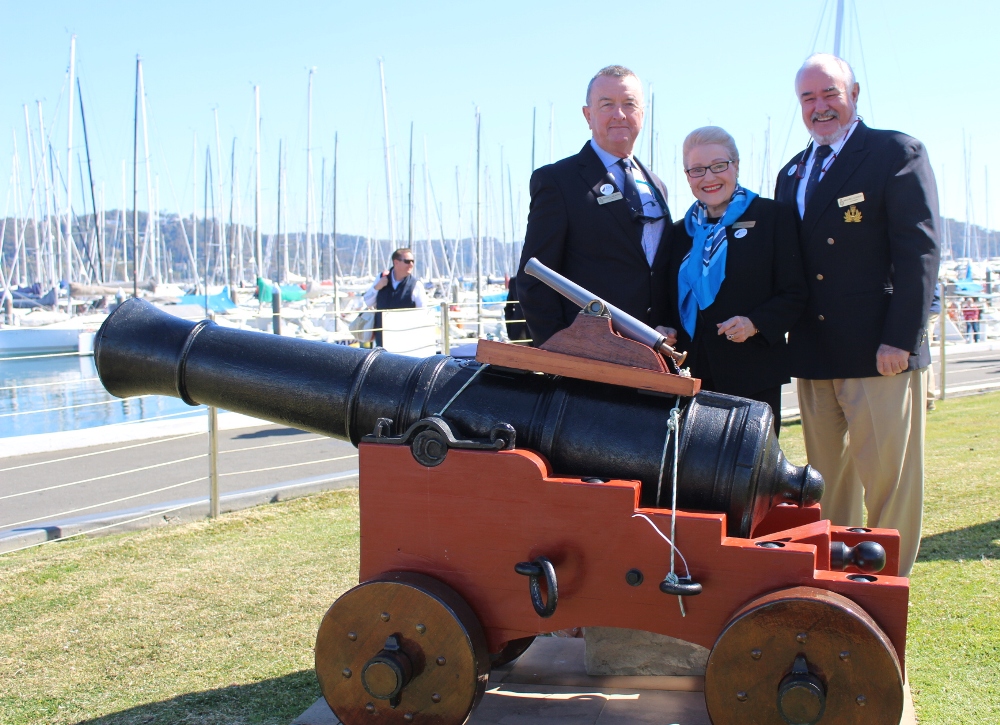
Pittwater: Where the Wild Flowers Are
WHERE THE WILD FLOWERS ARE.
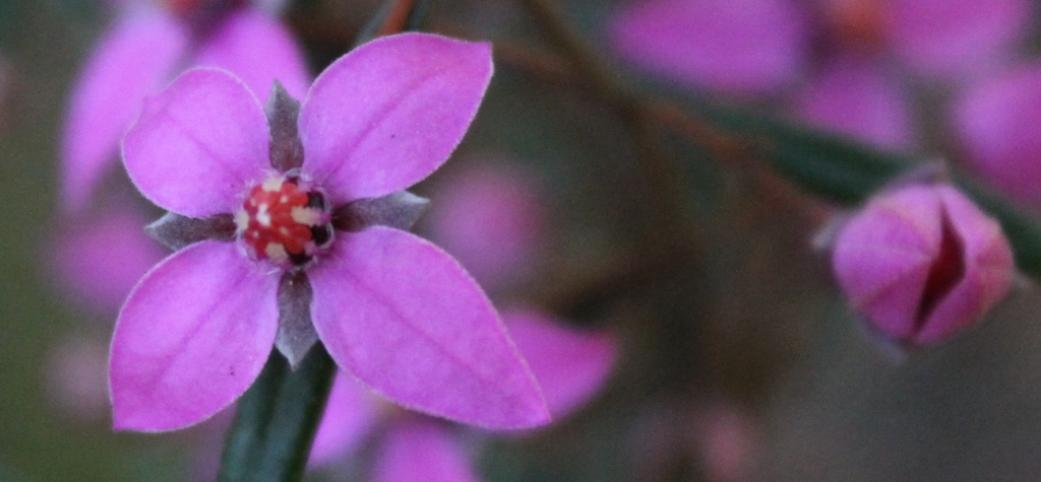
Boronia ledifolia - Sydney Boronia
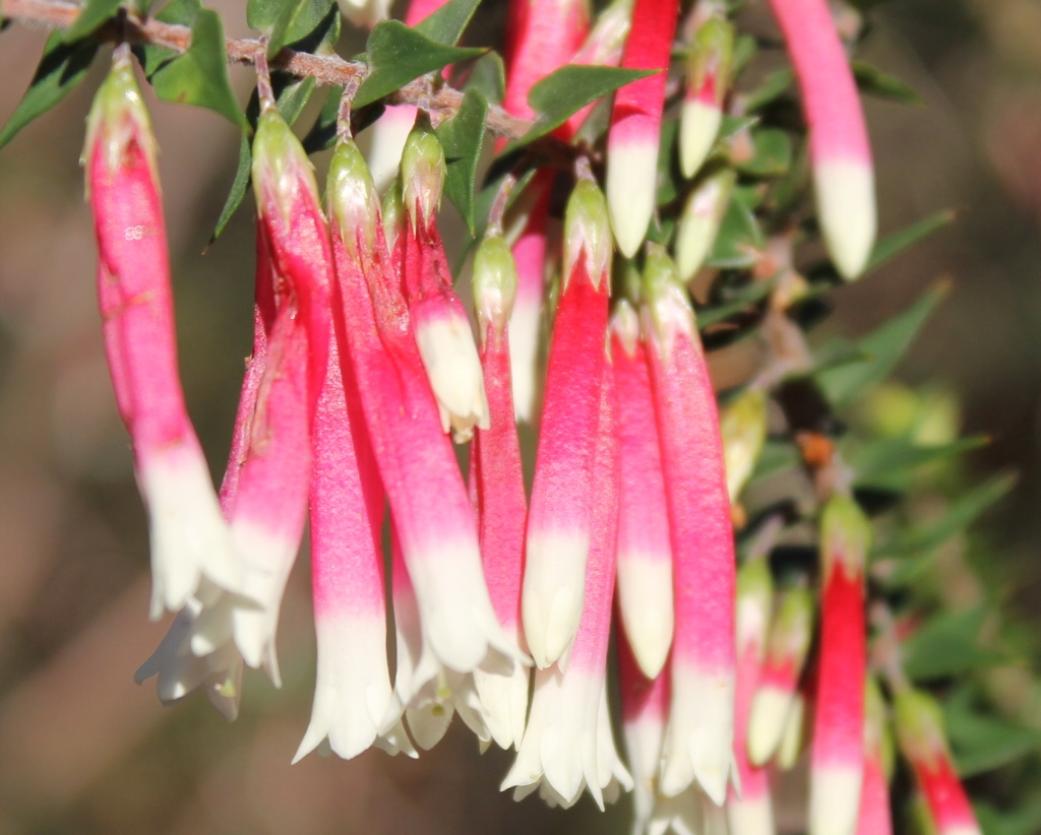
Epacris longiflora - Bush Fuschia
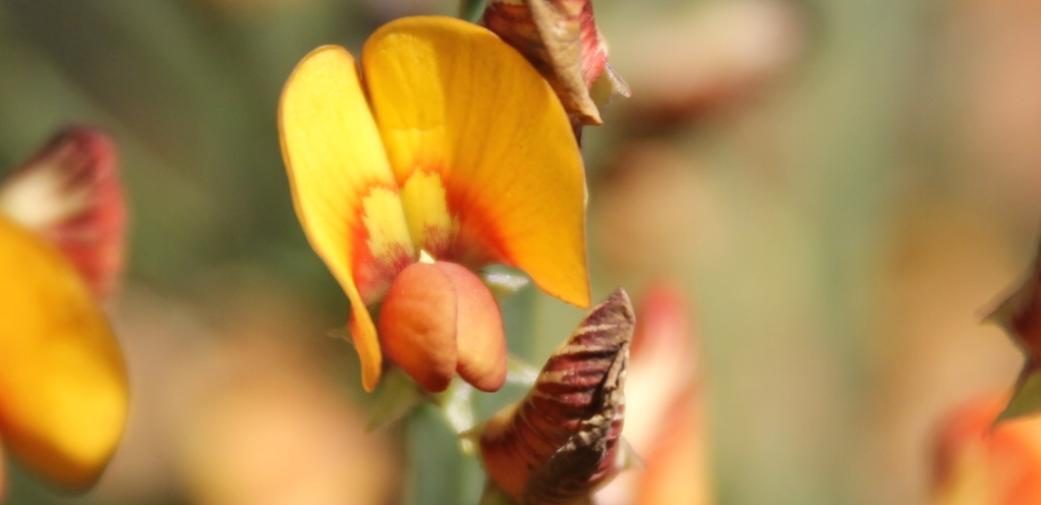
Bossiaea scolopendria - 'Plank Plant'
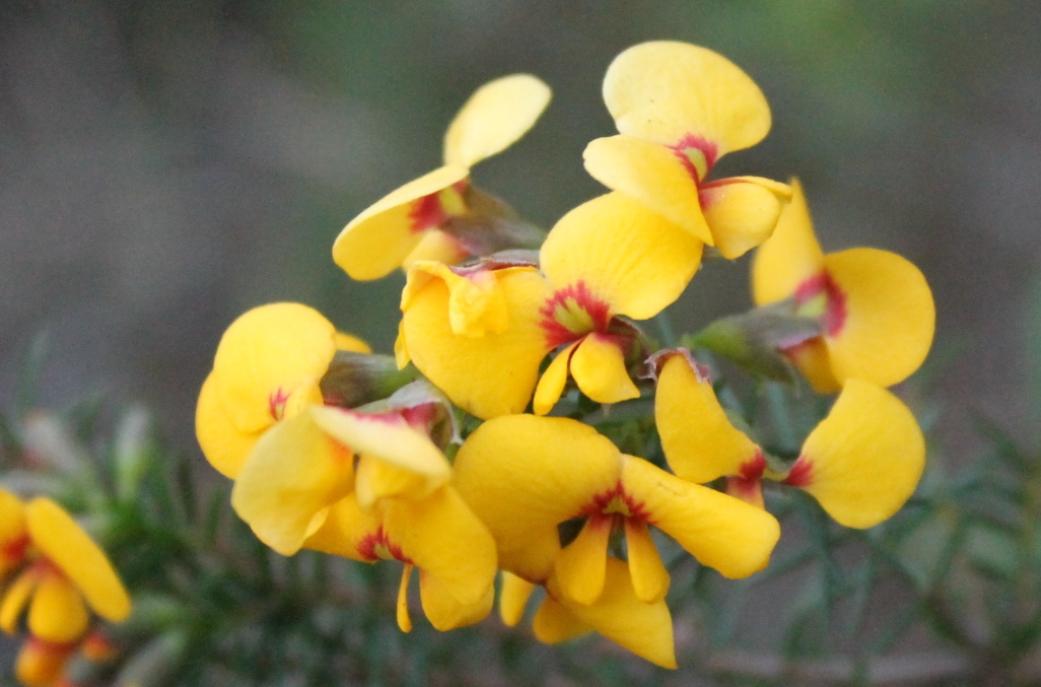
ON THE LAND.
WILD FLOWERS.
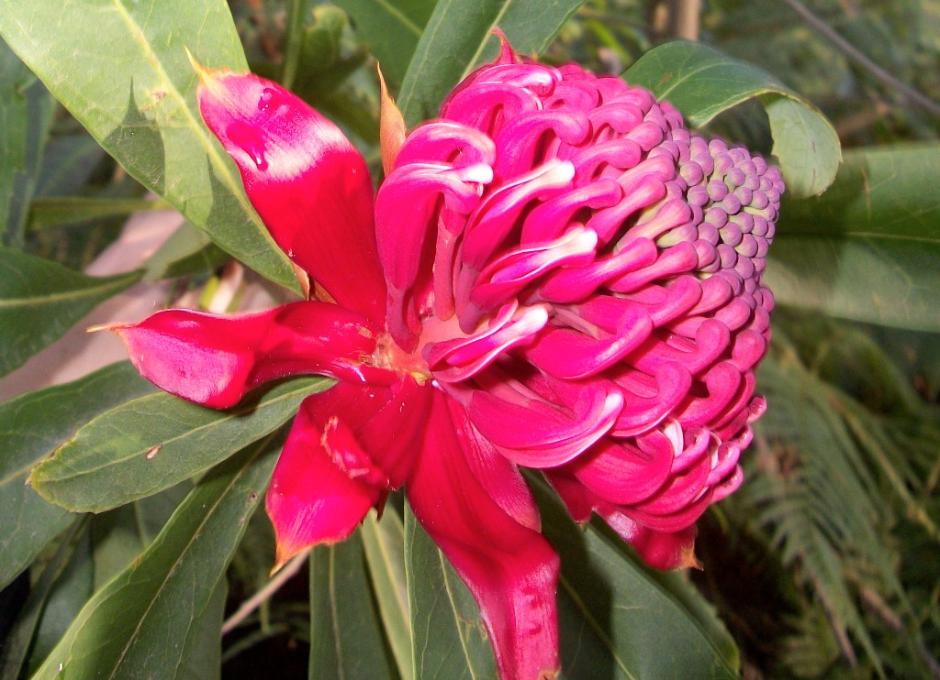
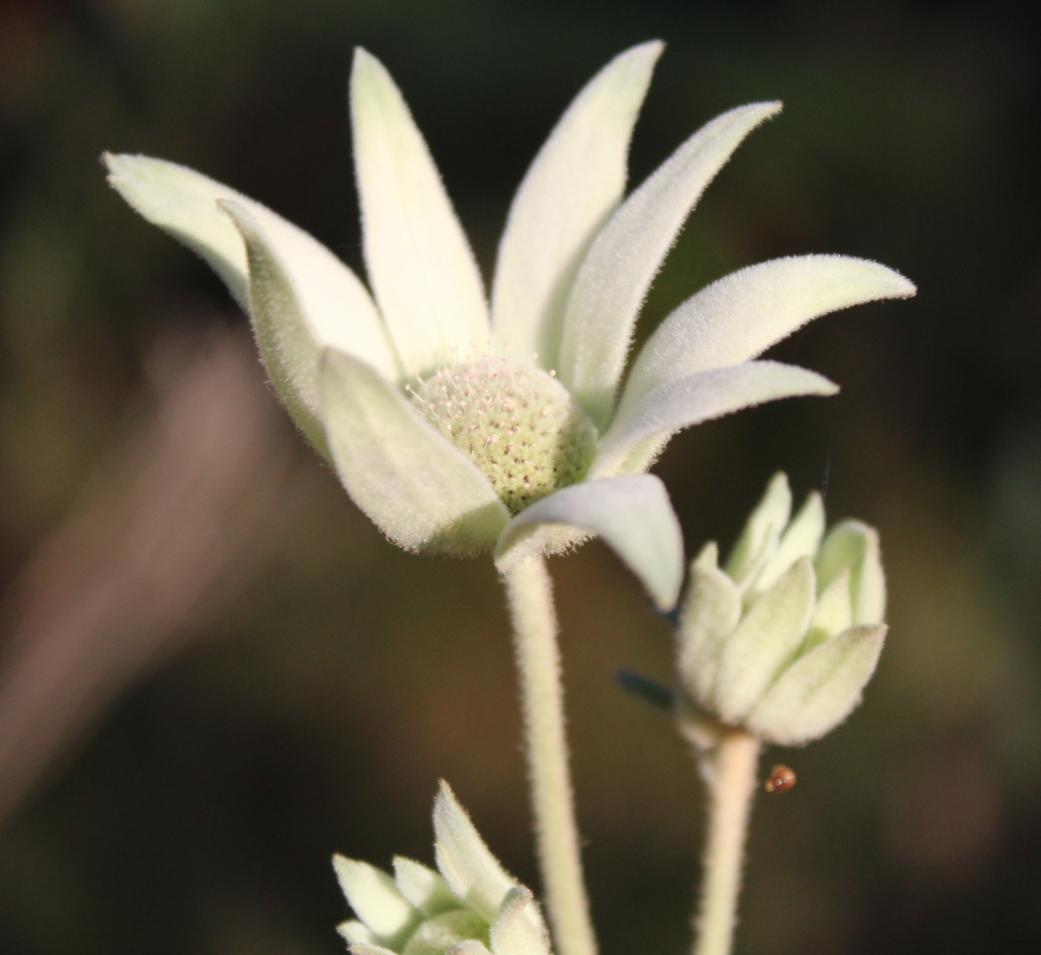
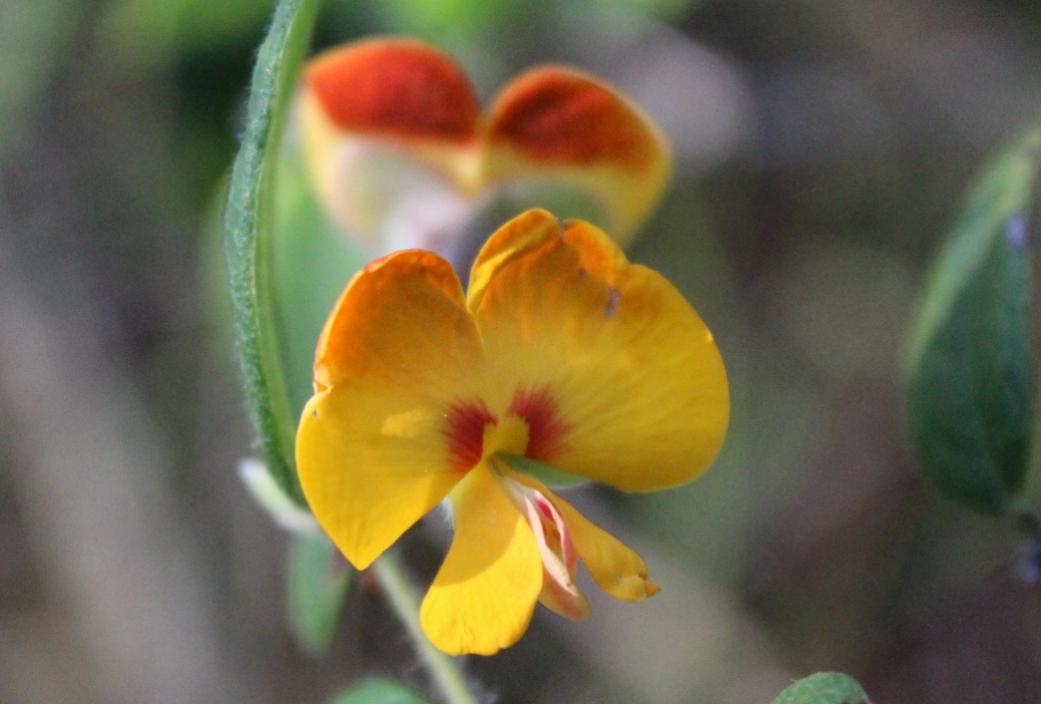
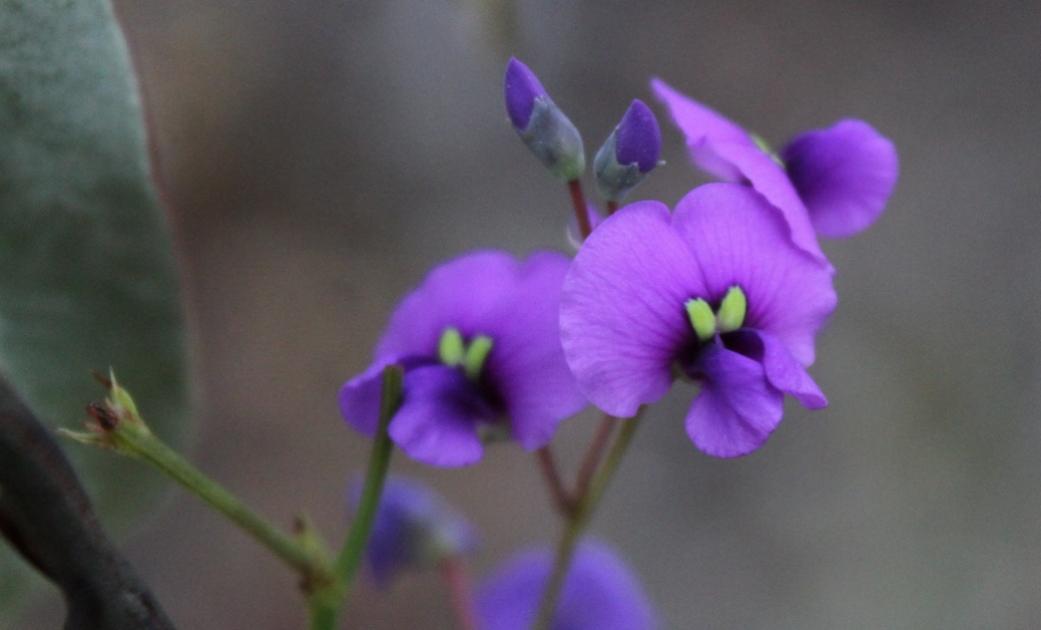
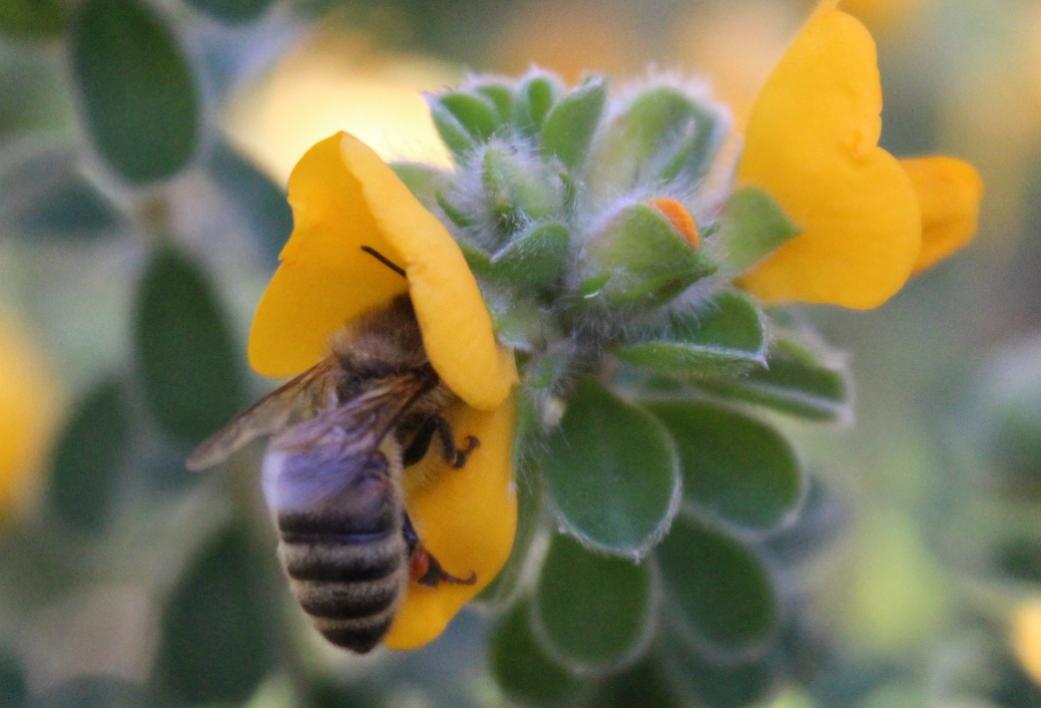
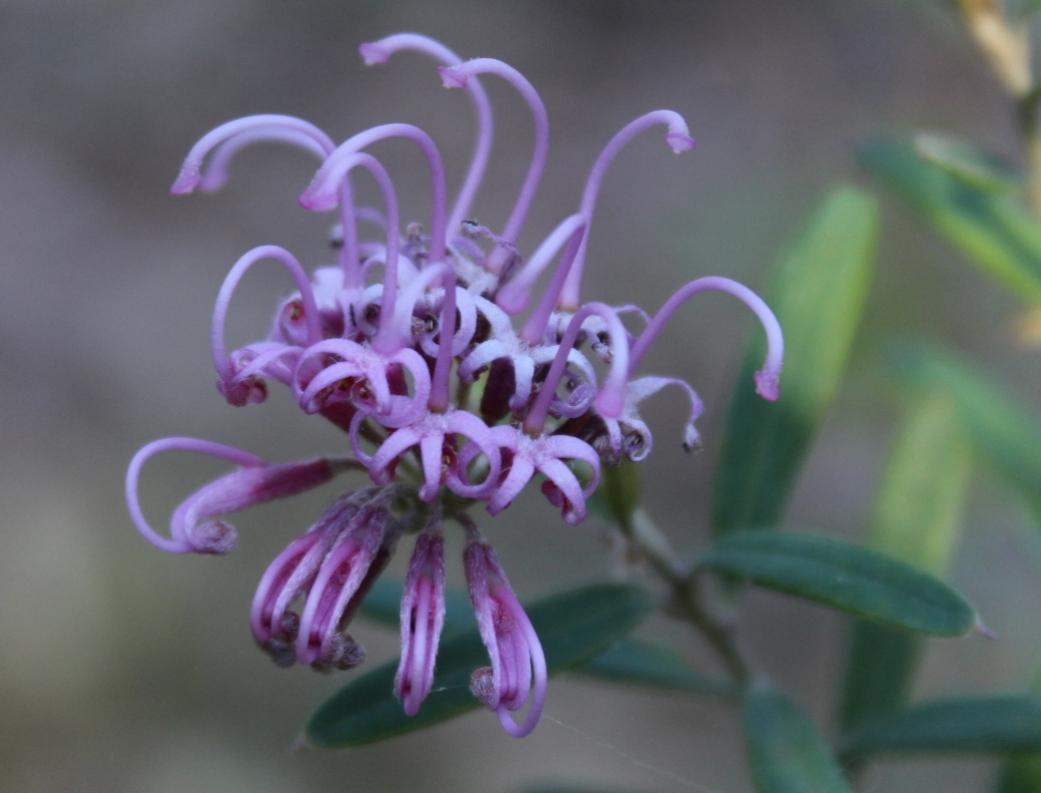
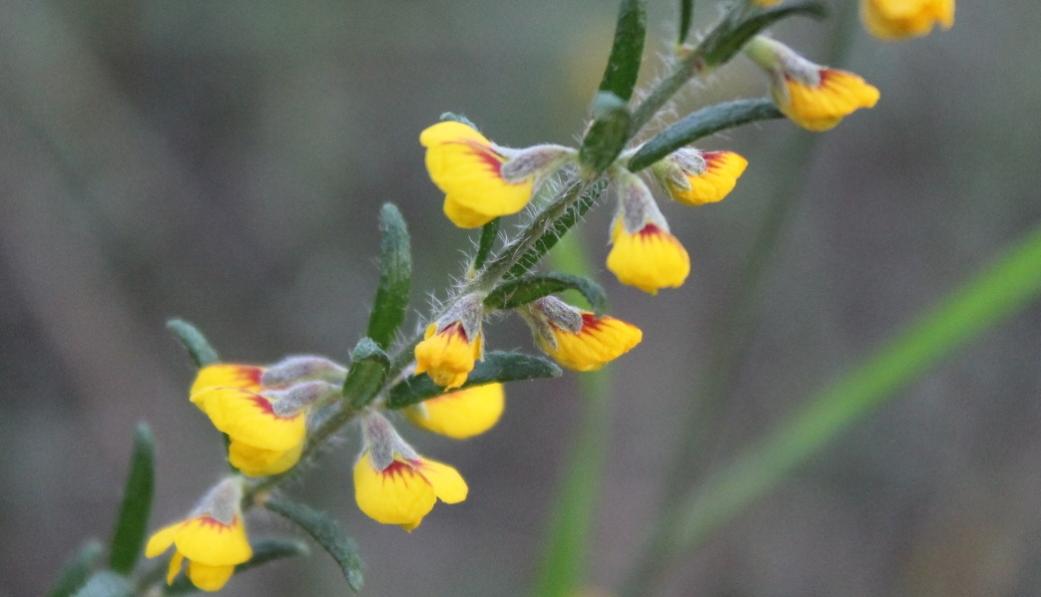
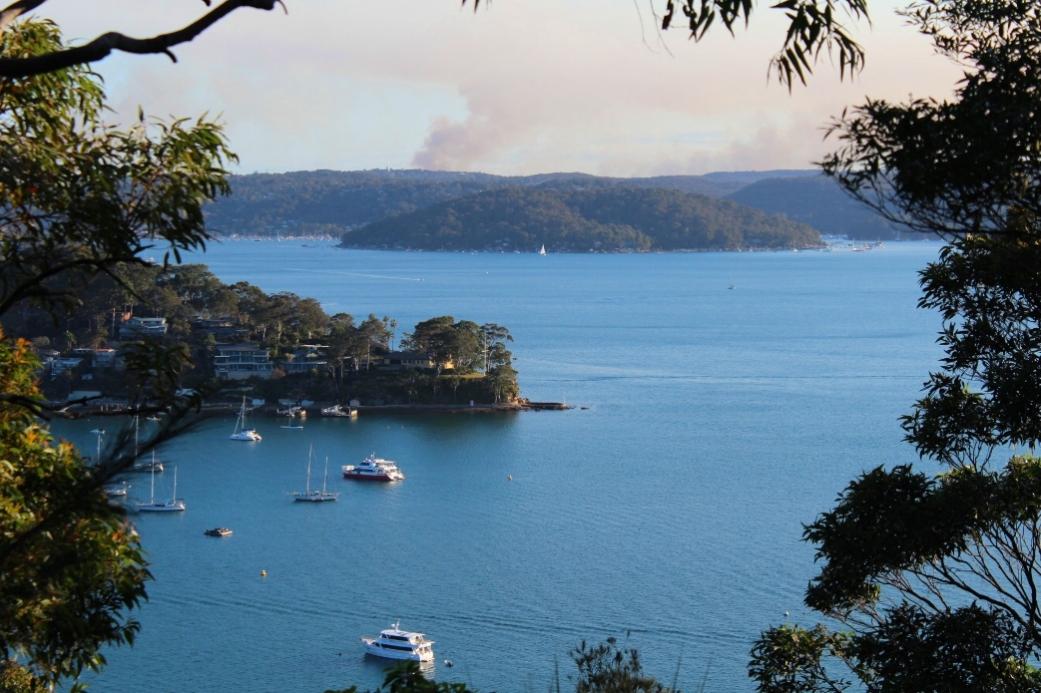
Year Dated Beer Bottles Found In The Estuary Adjacent To Taylors Point
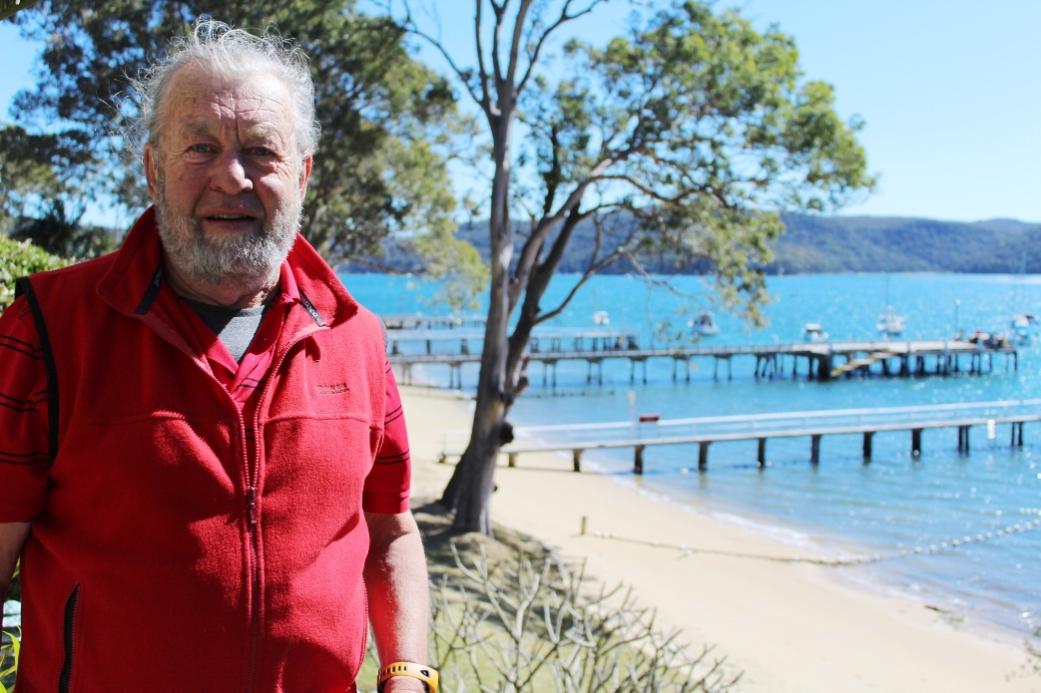
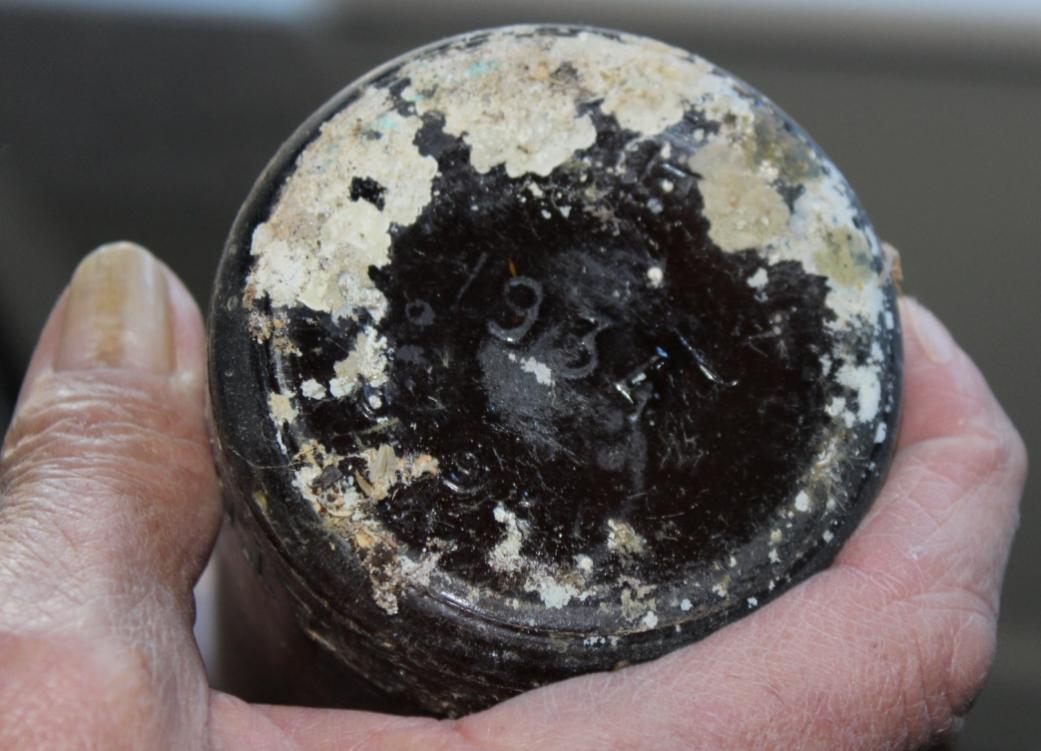
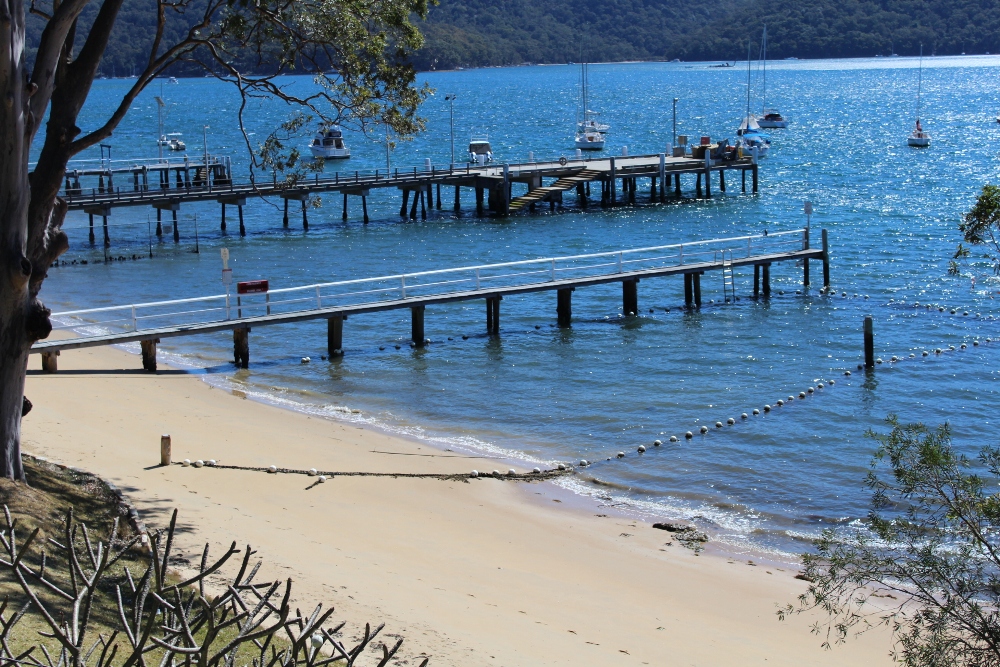
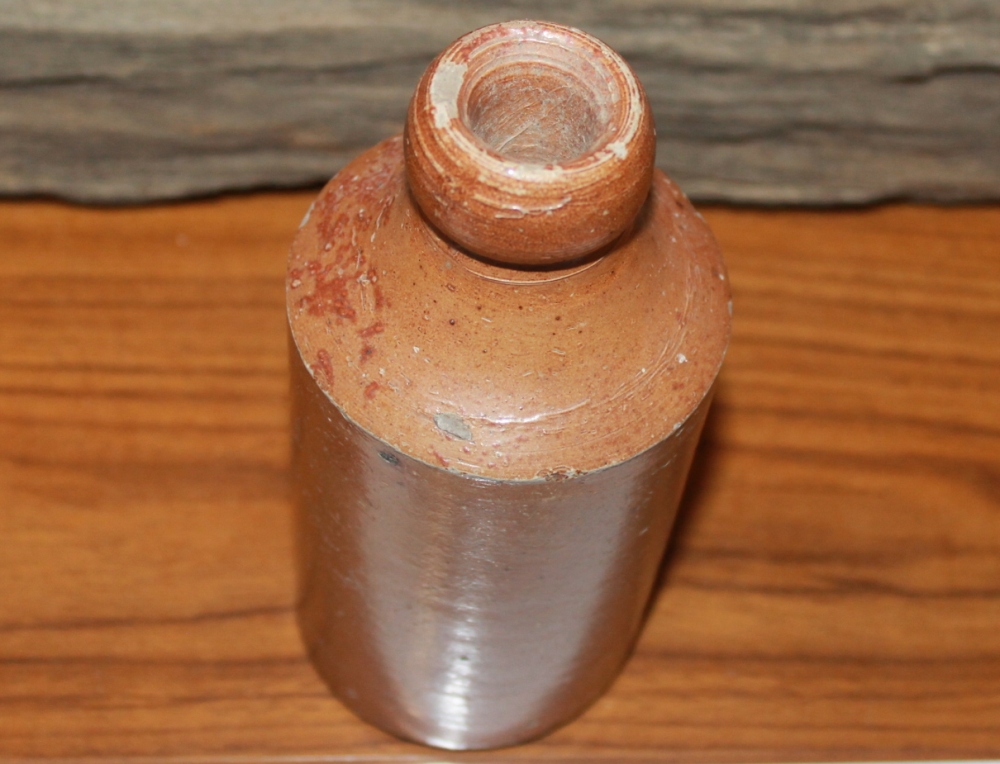
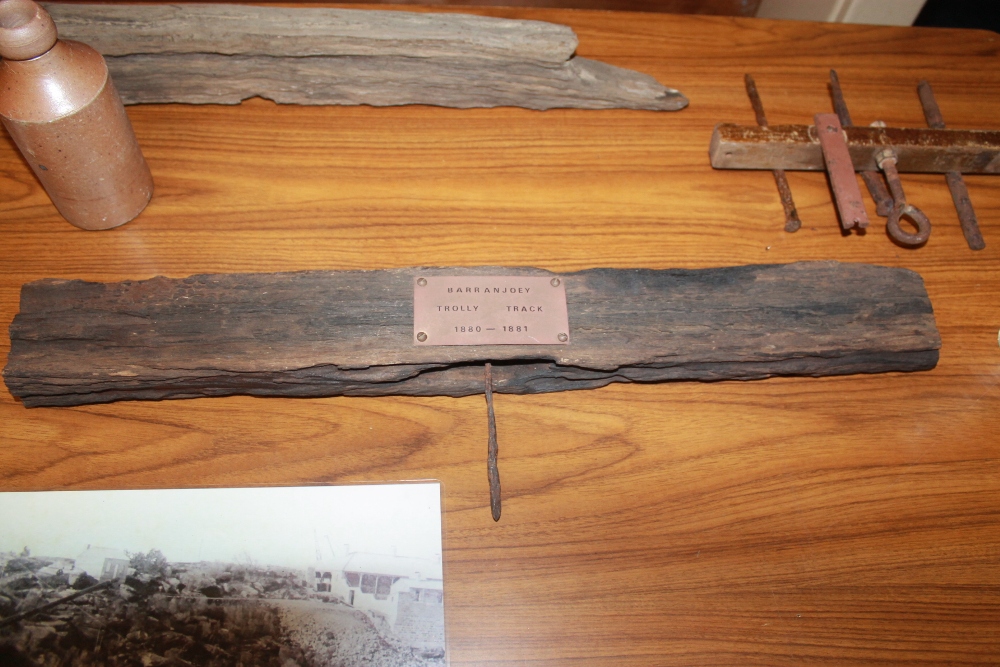
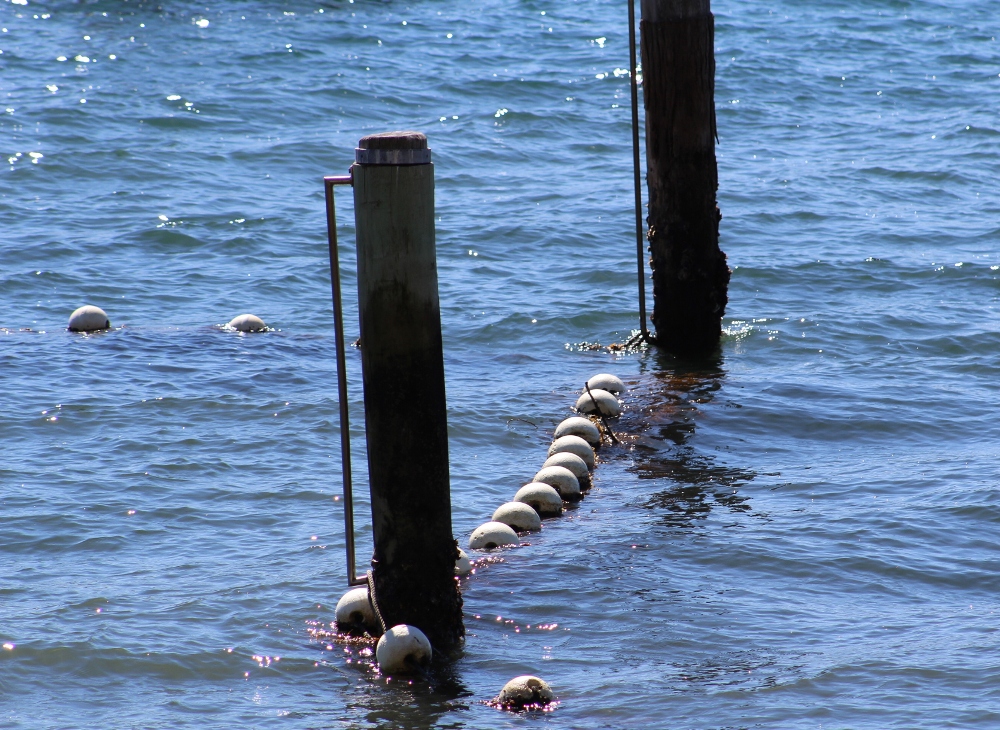
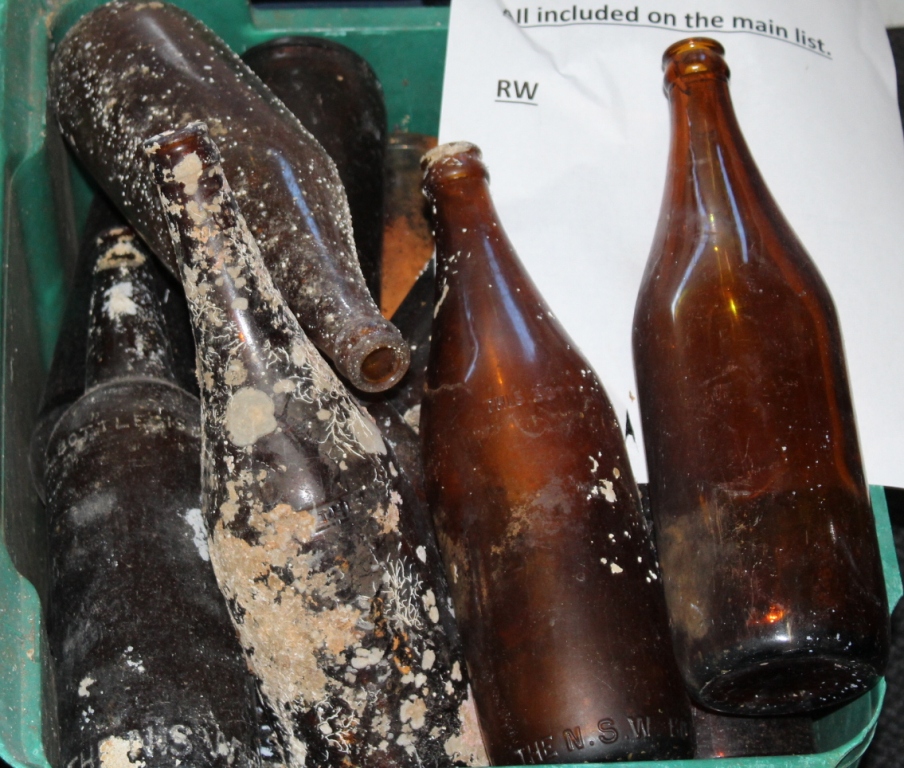
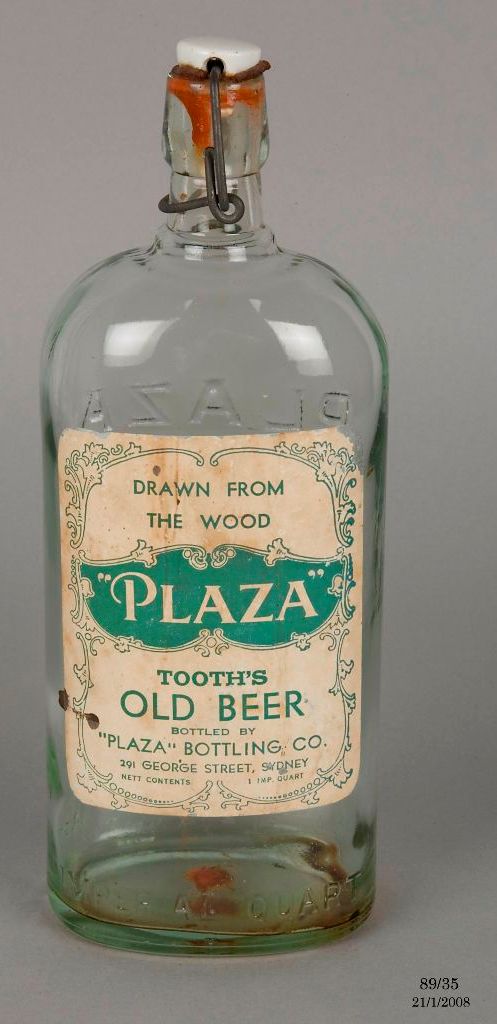
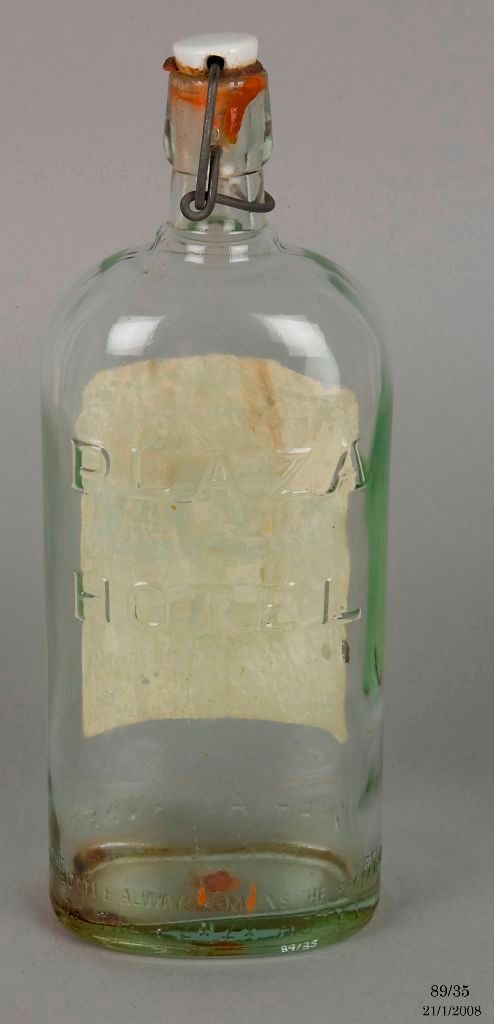
Mona Vale SLSC Renewal
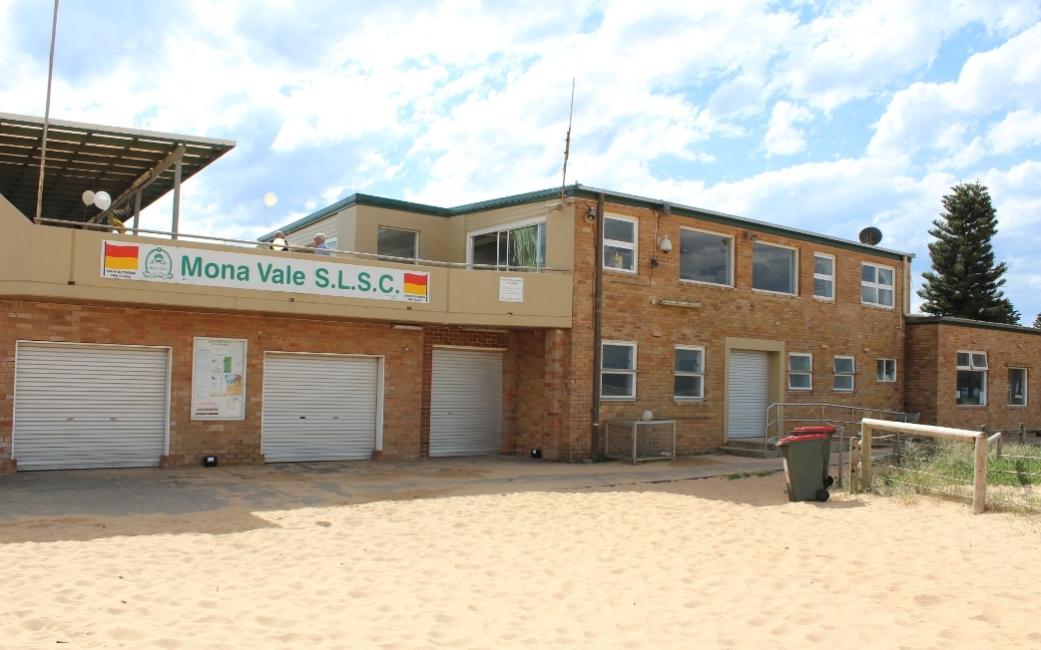
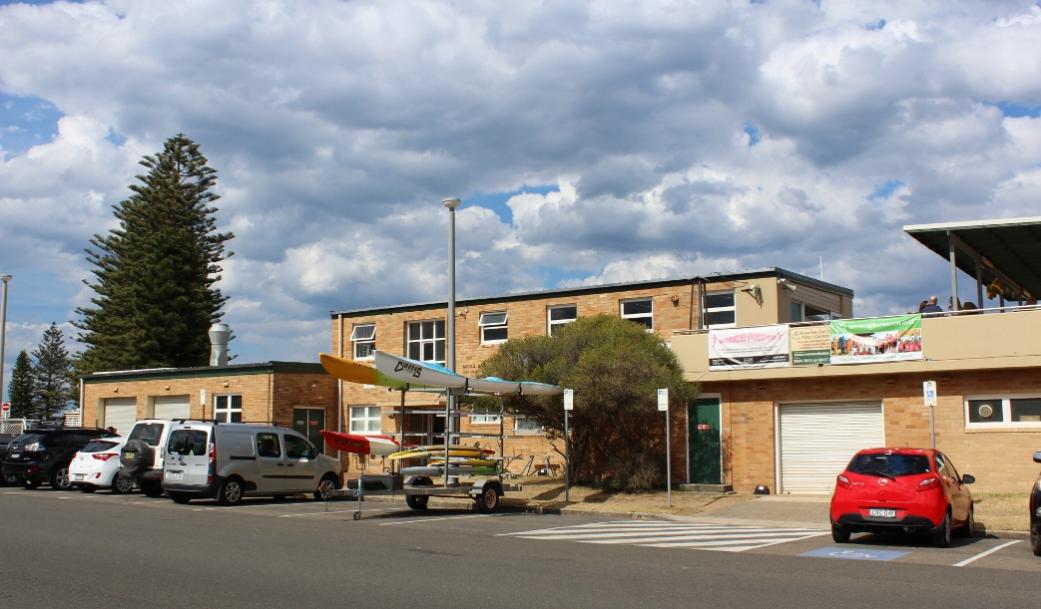

Funding Boost For Surf Club Improvements
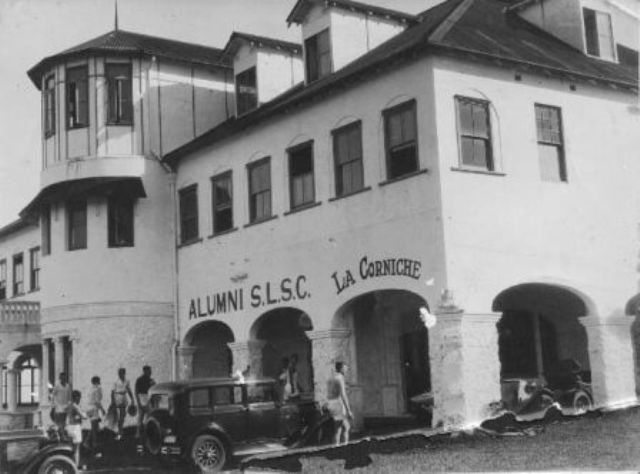
The Rise Of Surf Life Saving At Bongin Bongin: Mona Vale Beach
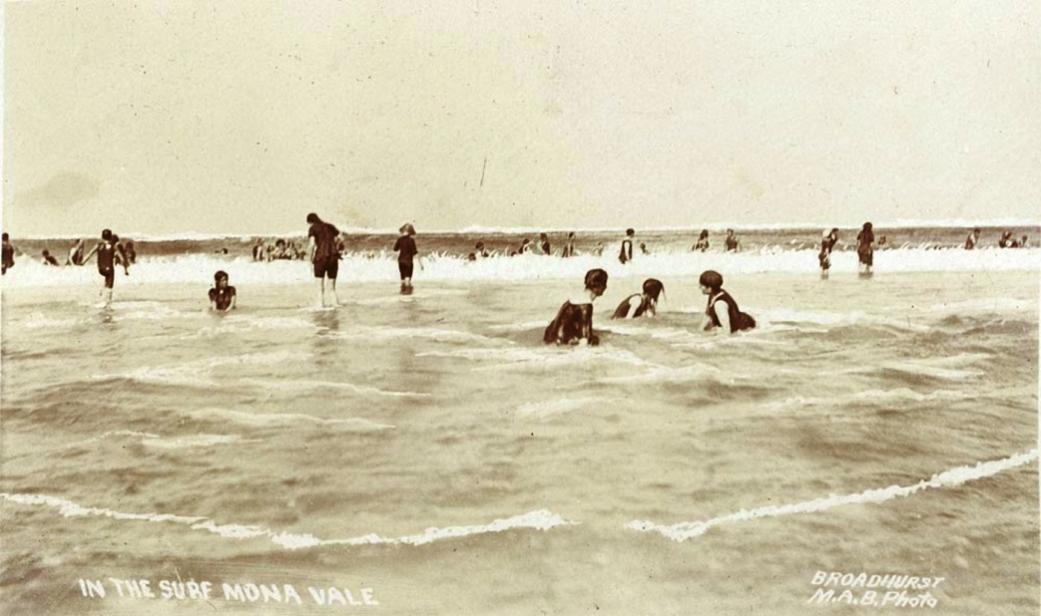
Avalon Beach Women's Bowling Club Koala Carnival 2017: The 43rd All Womens Event
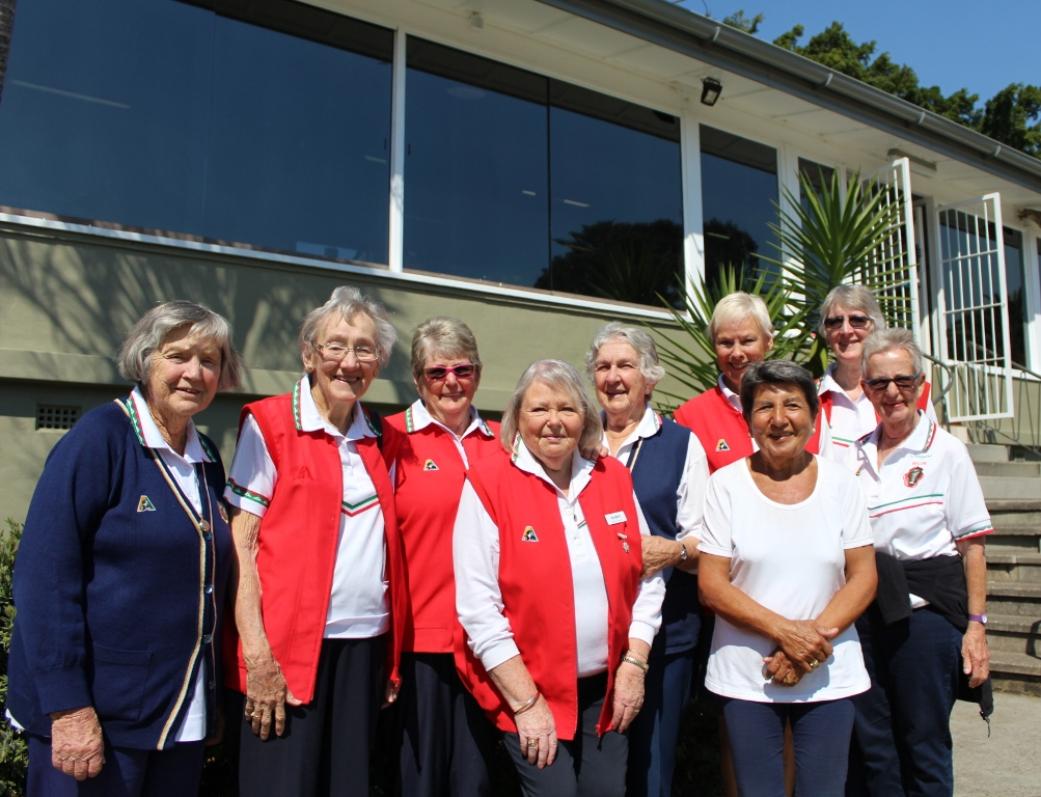
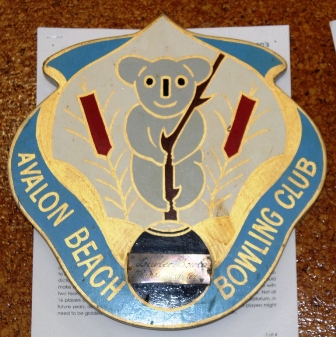 The Inaugural Meeting was held on September 11th 1957, 60 years ago on Monday of this week!
The Inaugural Meeting was held on September 11th 1957, 60 years ago on Monday of this week!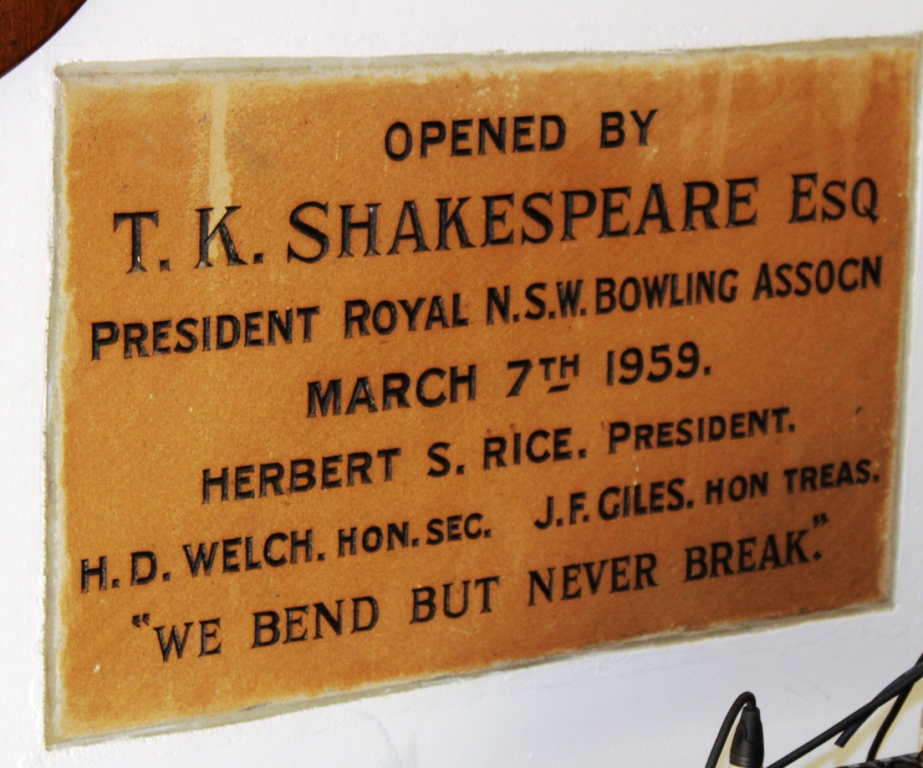
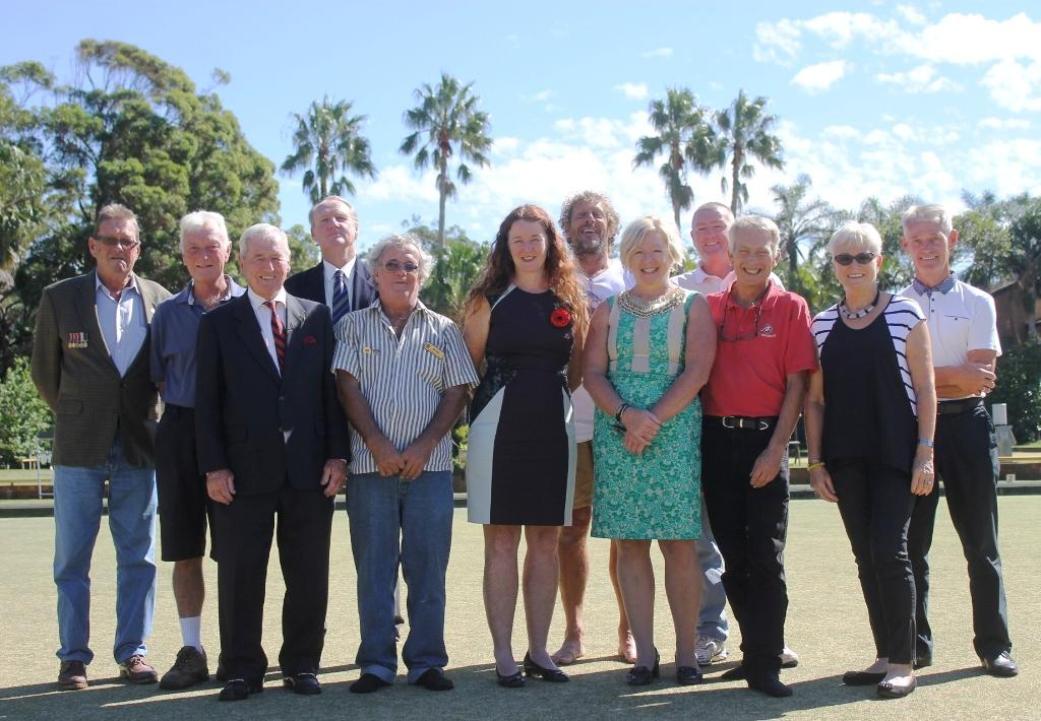
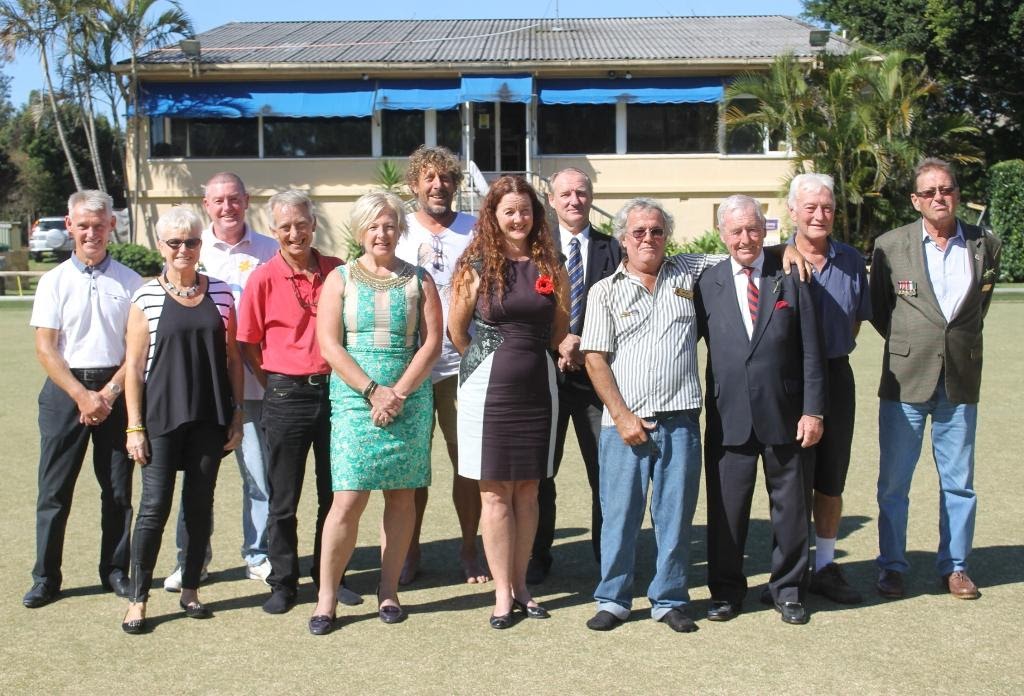
Marinassess Women's Match Racing Regatta 2017 A Double Win For RPAYC Youth Development Crews: Hosted By CYCA
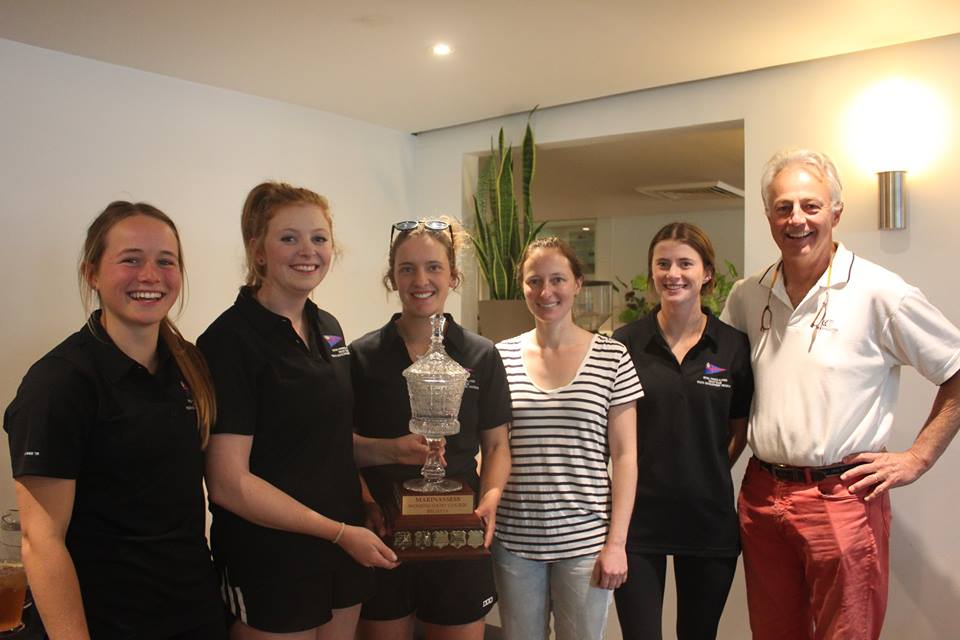
Board Riders All Class At State Champs: Palm Beach SLSC Wins Point Score
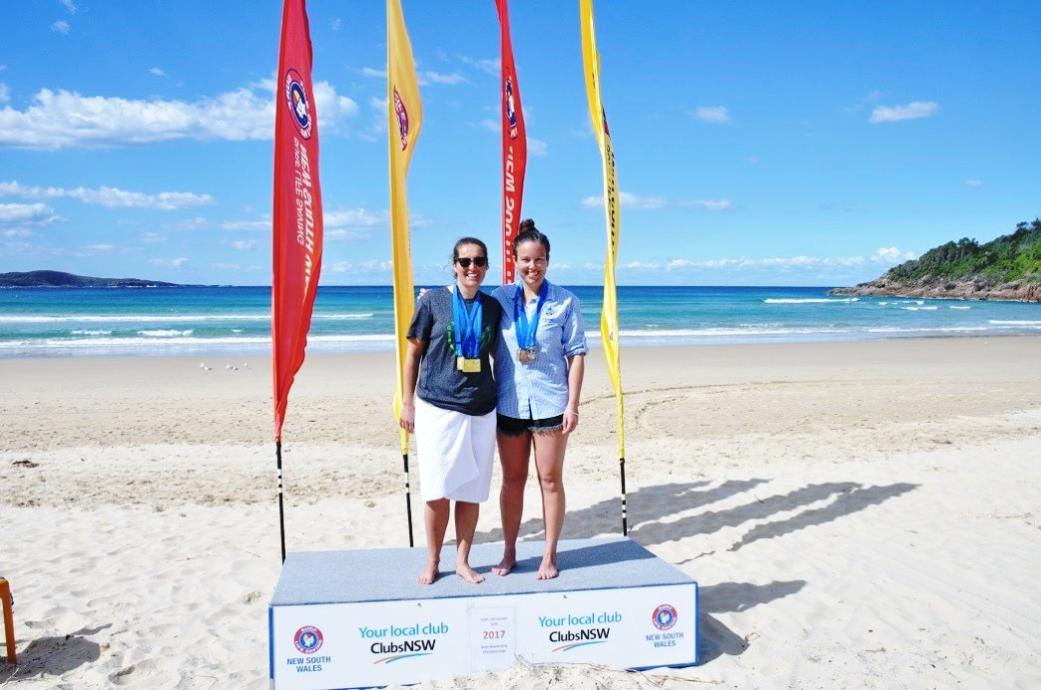
Board Riders All Class At State Champs
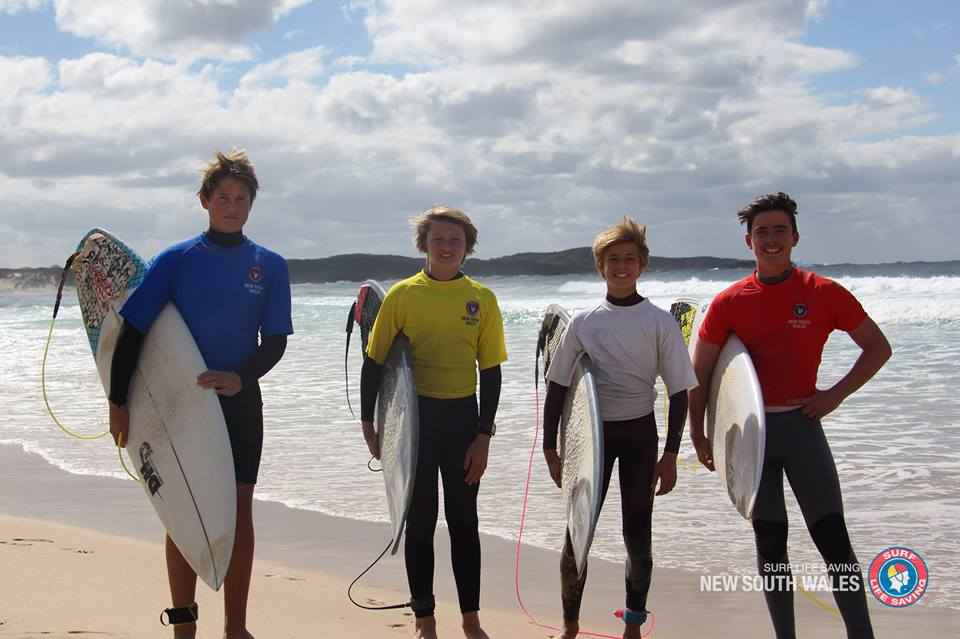
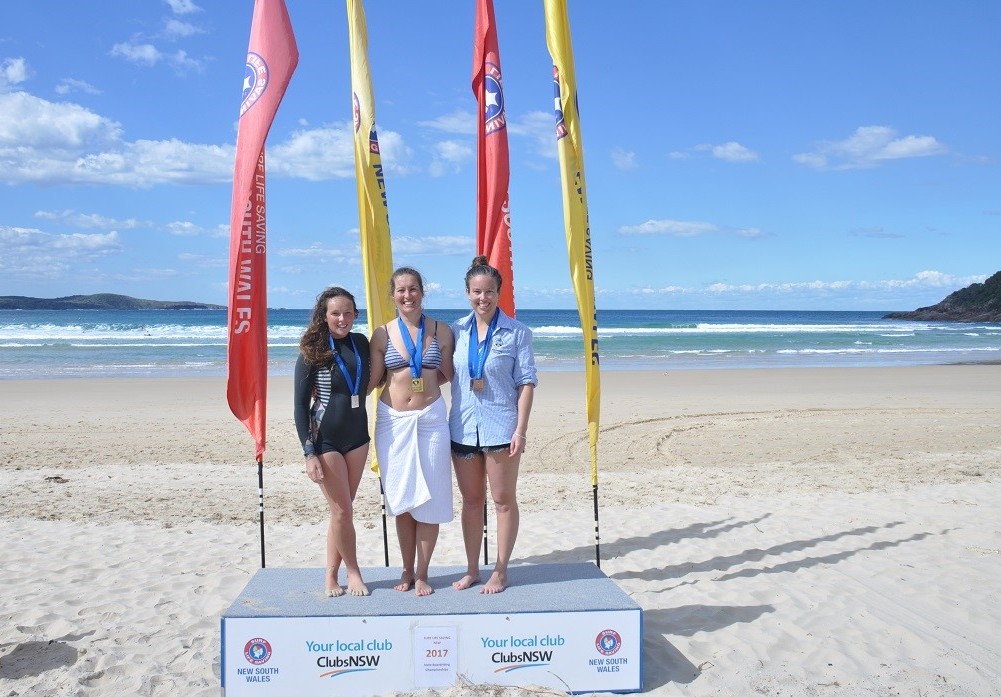
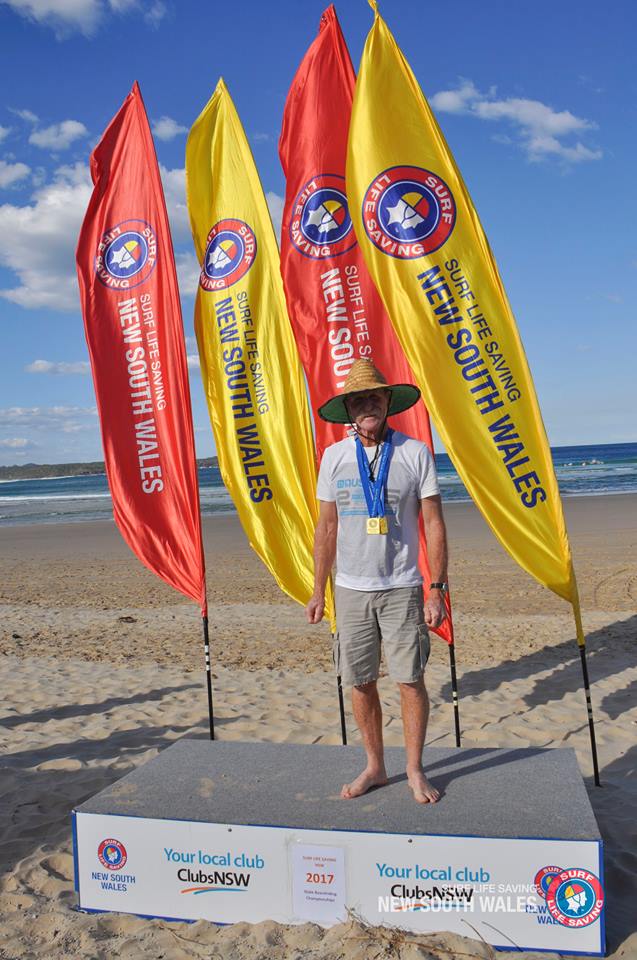
2017 NSW Board Riding Championships
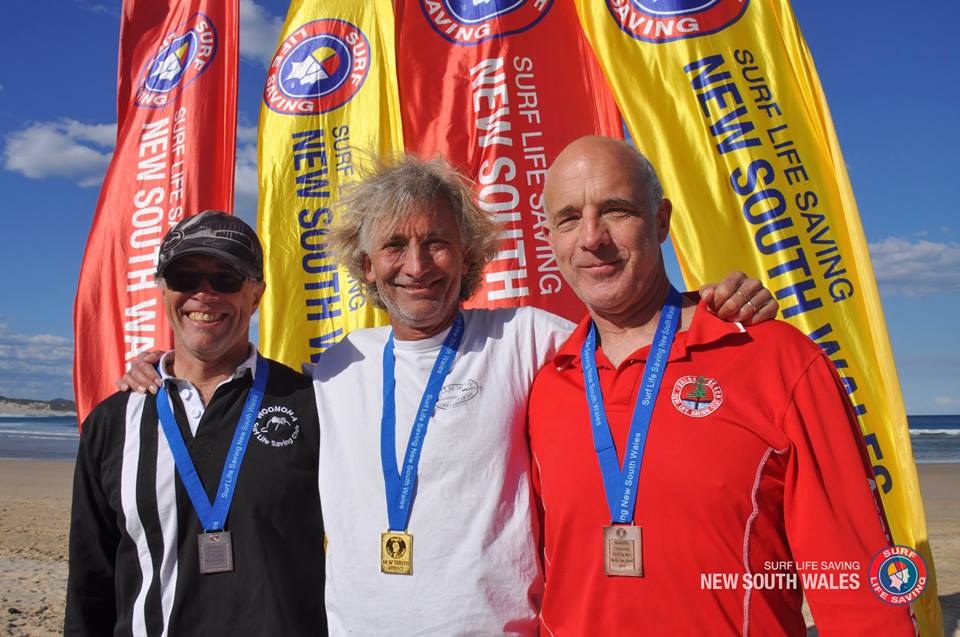
The Firecracker That Closed Narrabeen Hotel
The Firecracker That Closed Narrabeen Pub.
The Other Side Of The Same Coin: What Was Happening Behind The Facades During These Times
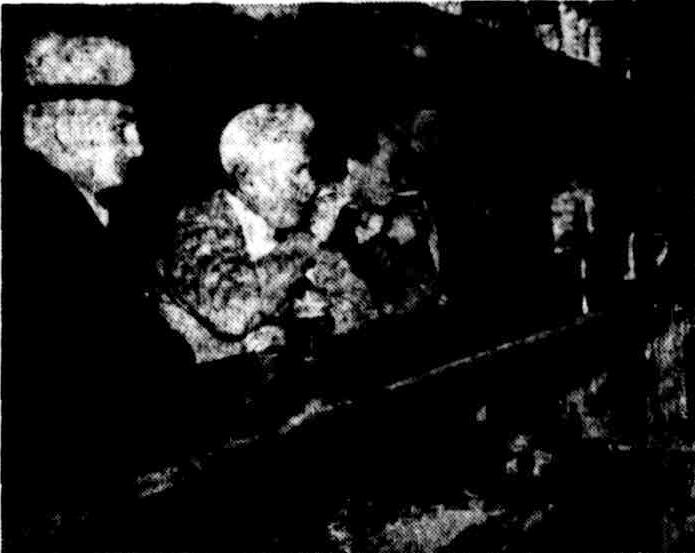
2017-2018 Surf Patrol Season Commences In Pittwater: Whale Beach SLSC's All-In Patrol
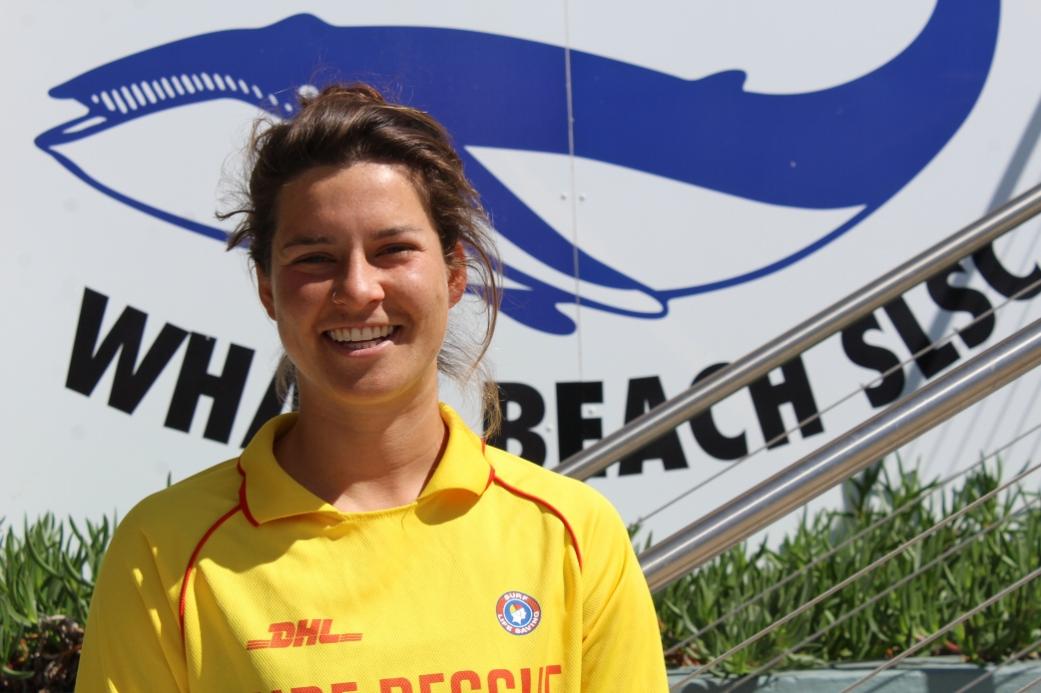
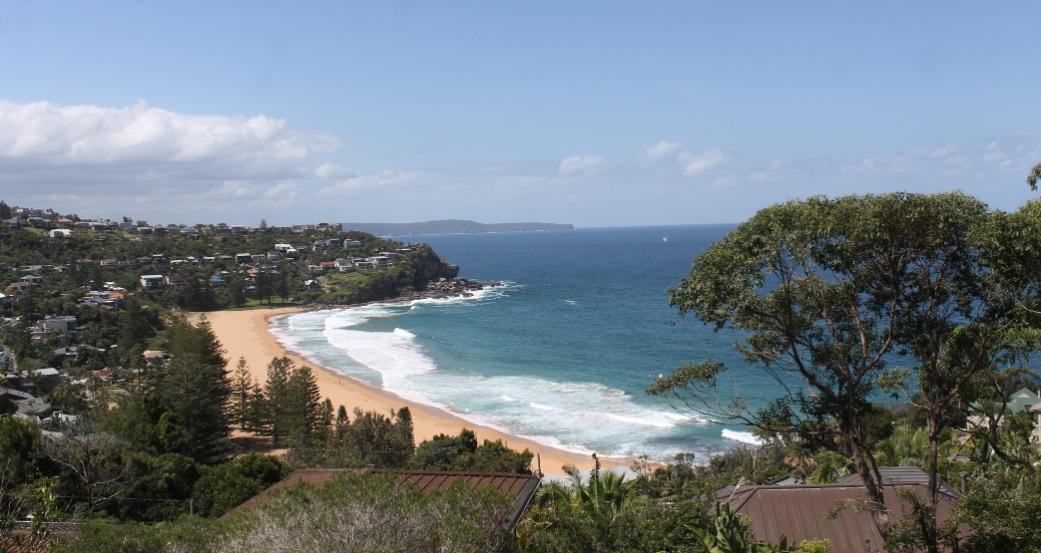
Jumping For Joy: Fauna Crossing For Mona Vale Road Confirmed
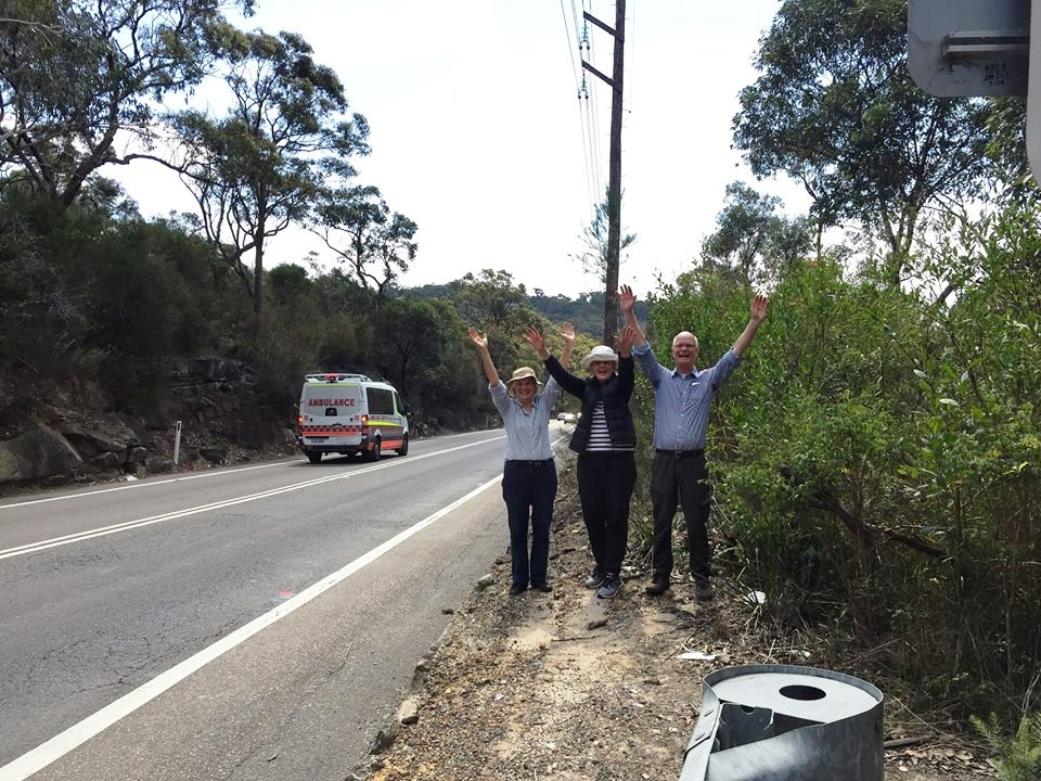
Narrabeen Hosts Event 3 Of The Nudie Australian Boardriders Battle 2017/18
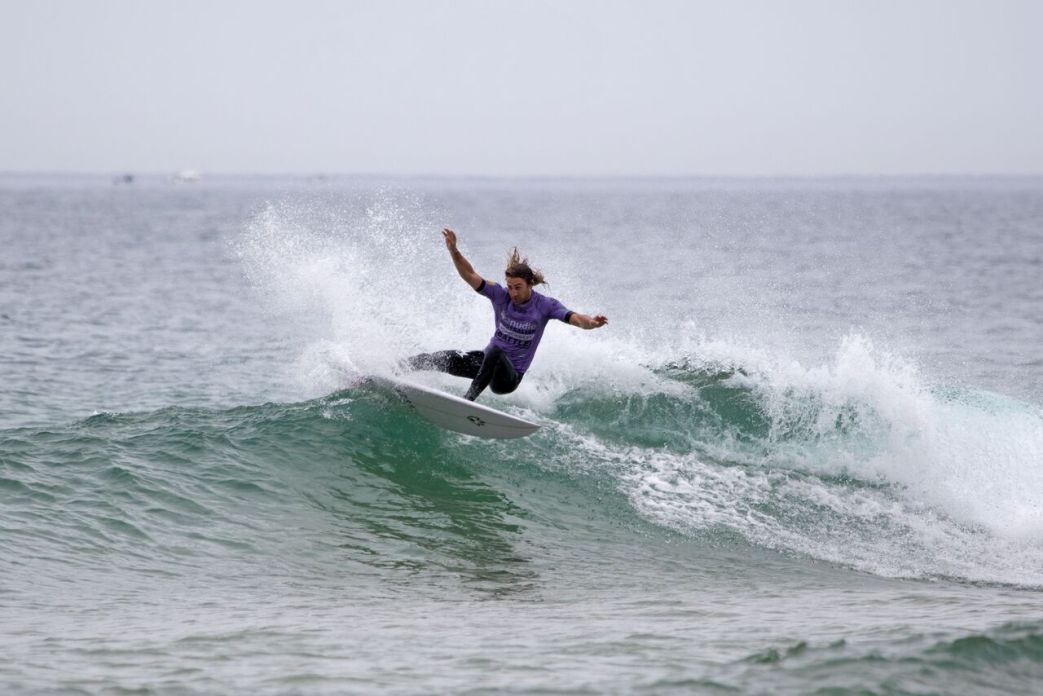
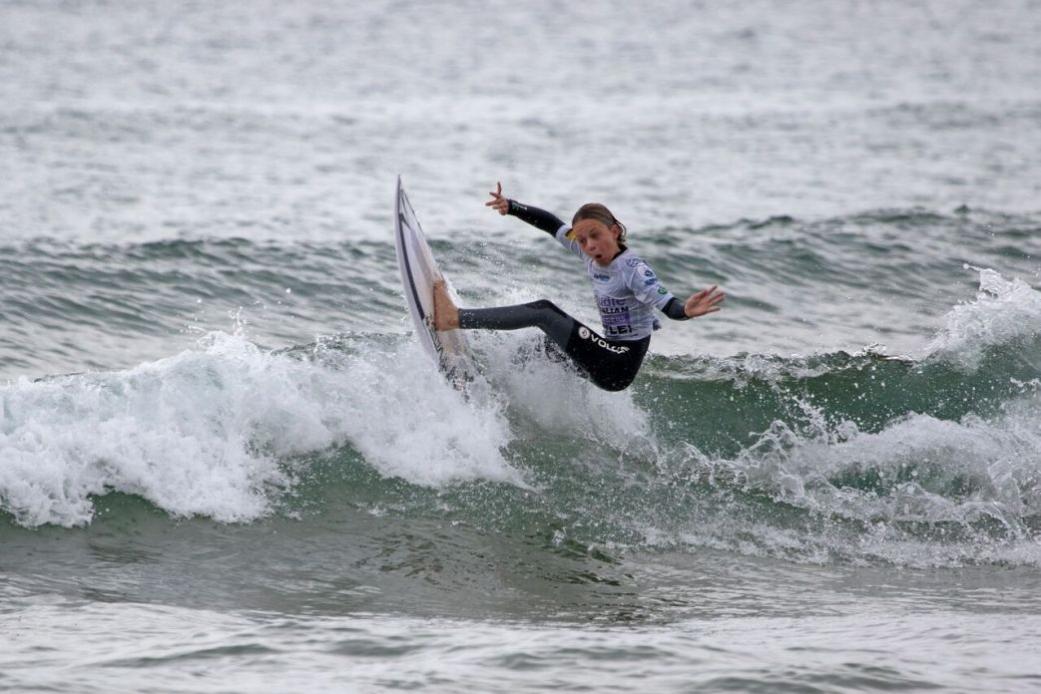
NSW Surf Patrol Season Starts
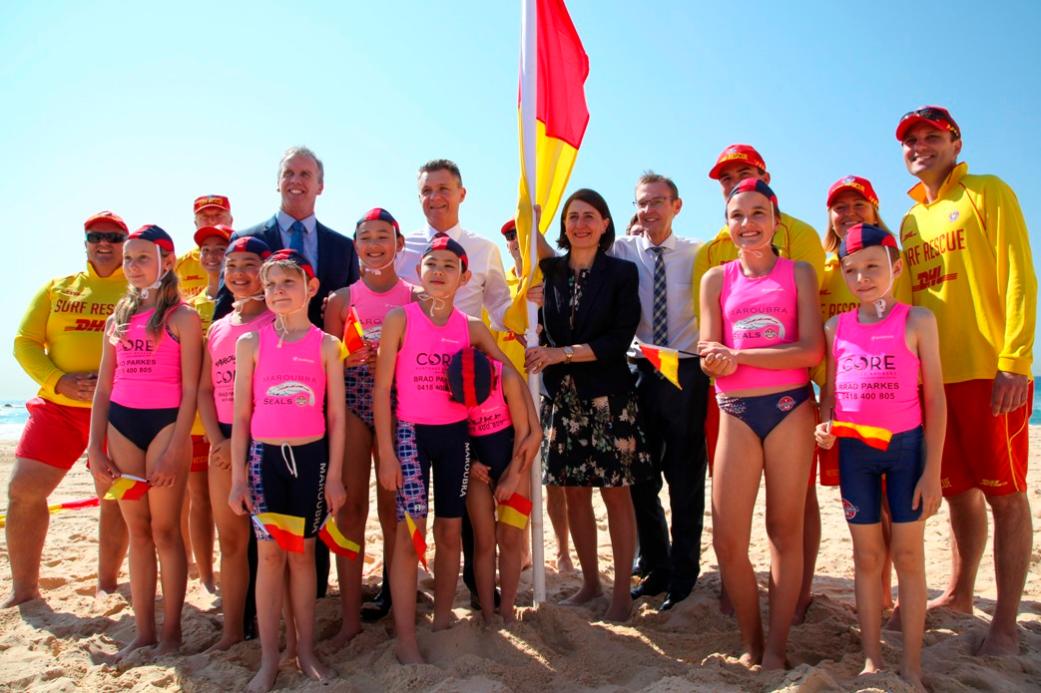
Friday September 22nd, 2017 - By Surf Life Saving NSW
The 2017 Surf Life Saving NSW Coastal Safety Report comprehensively reviews and assesses the current and historical coastal drowning data as well as gives an overview of the state’s Surf Life Saving assets and capability.
For 2016/17, some key findings include:
- While total coastal drownings for the year numbered 31, down from a record-high of 53 the previous year, there was a big spike in drownings at the height of summer.
- Overwhelmingly males continue to represent the majority of drowning deaths – 90%
- 29% of people who drowned were aged 20-29.
- 42% of people drowned while swimming, predominantly as a result of being caught in rip currents, and 19% died while rock fishing.
- It is concerning that almost 70% of drownings occurred more than 5km from a patrolled location, suggesting the swim between the flags message is not being heeded by many people.
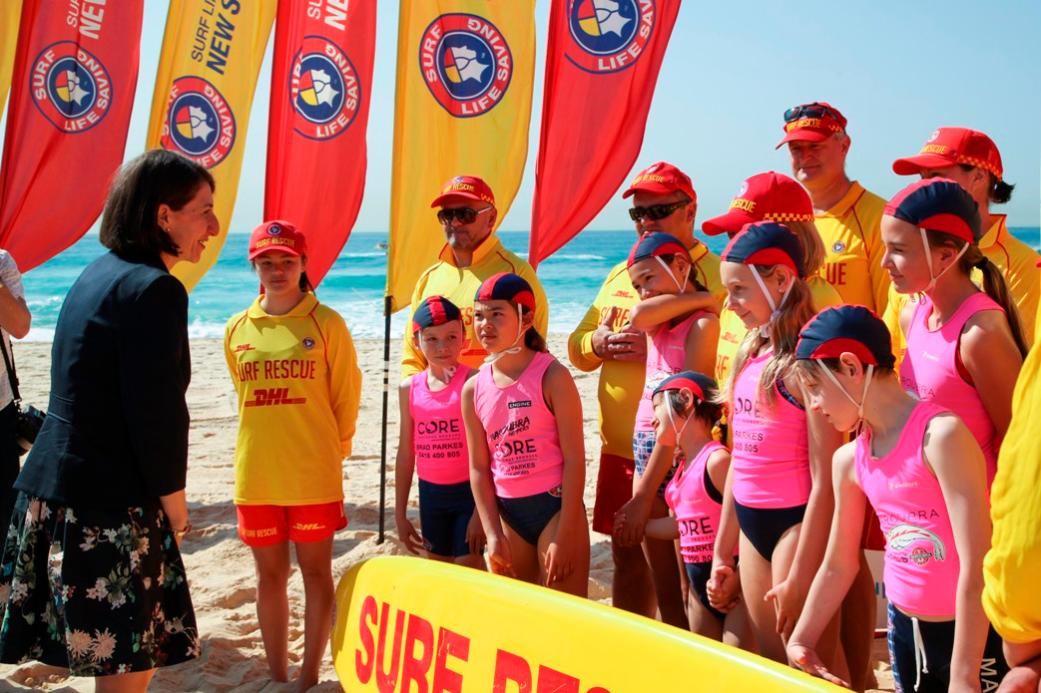
Pittwater School Holidays: Spring 2017 - Get Out and Enjoy Your Own Backyard
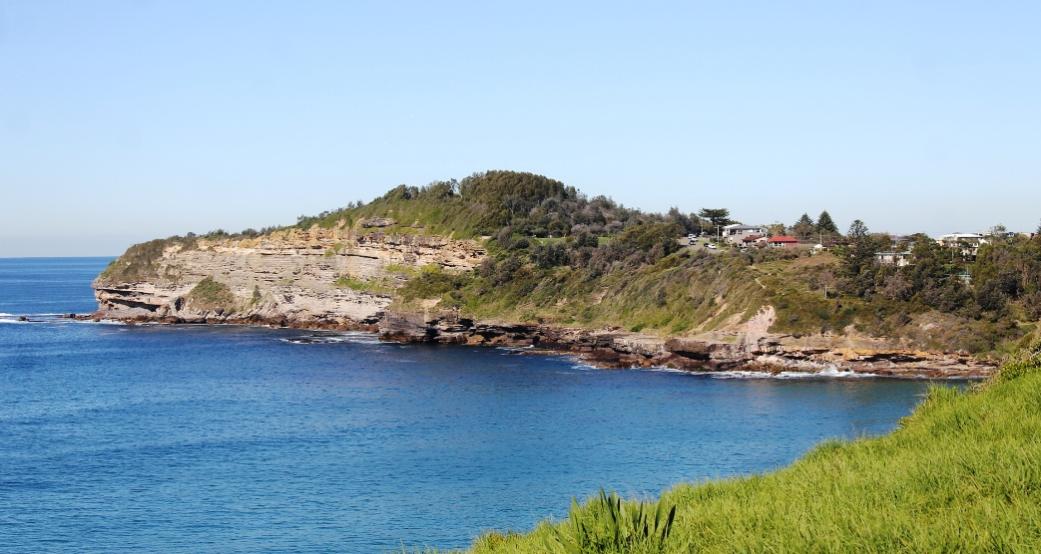
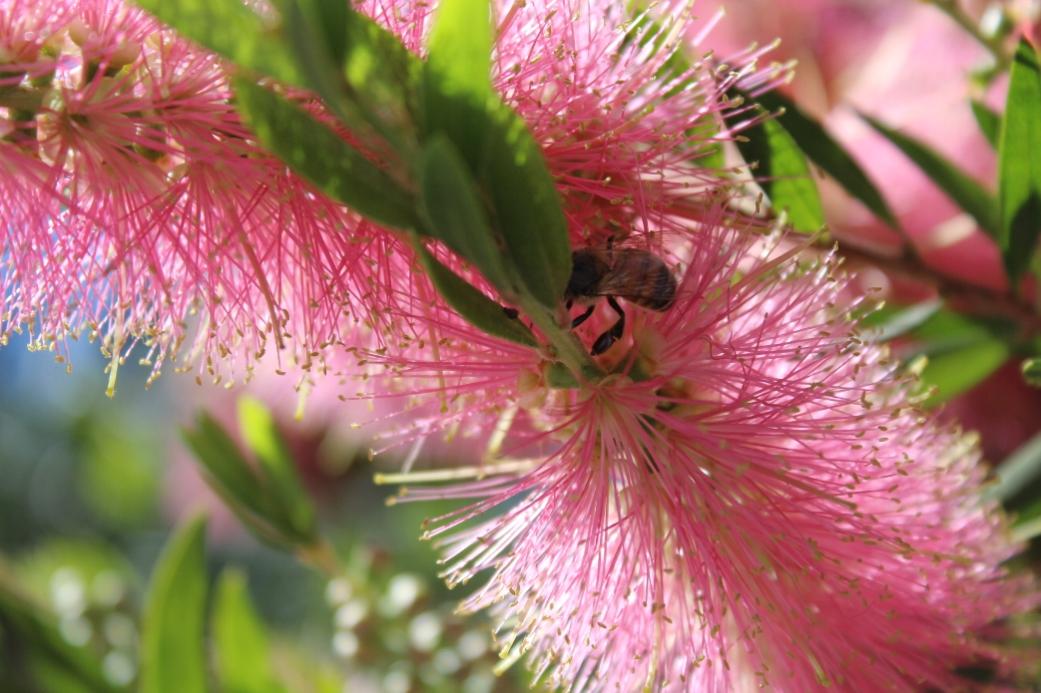
October
State Of The Beaches 2016-2017: Northern Sydney (Pittwater To Manly)
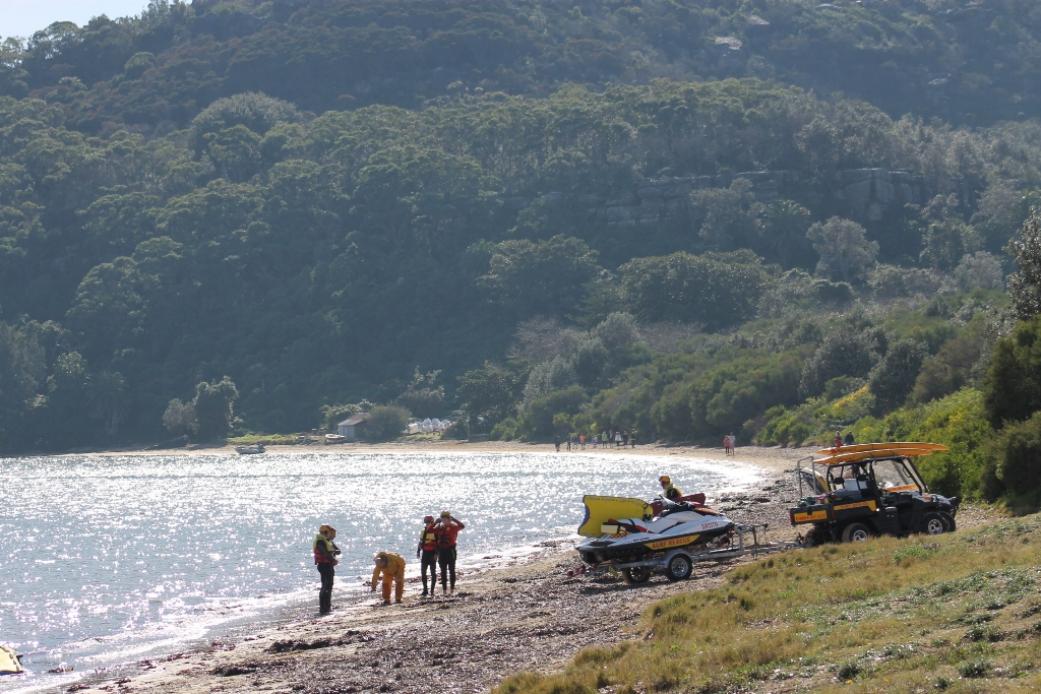
State Of The Beaches 2016-2017: Northern Sydney (Pittwater To Manly)
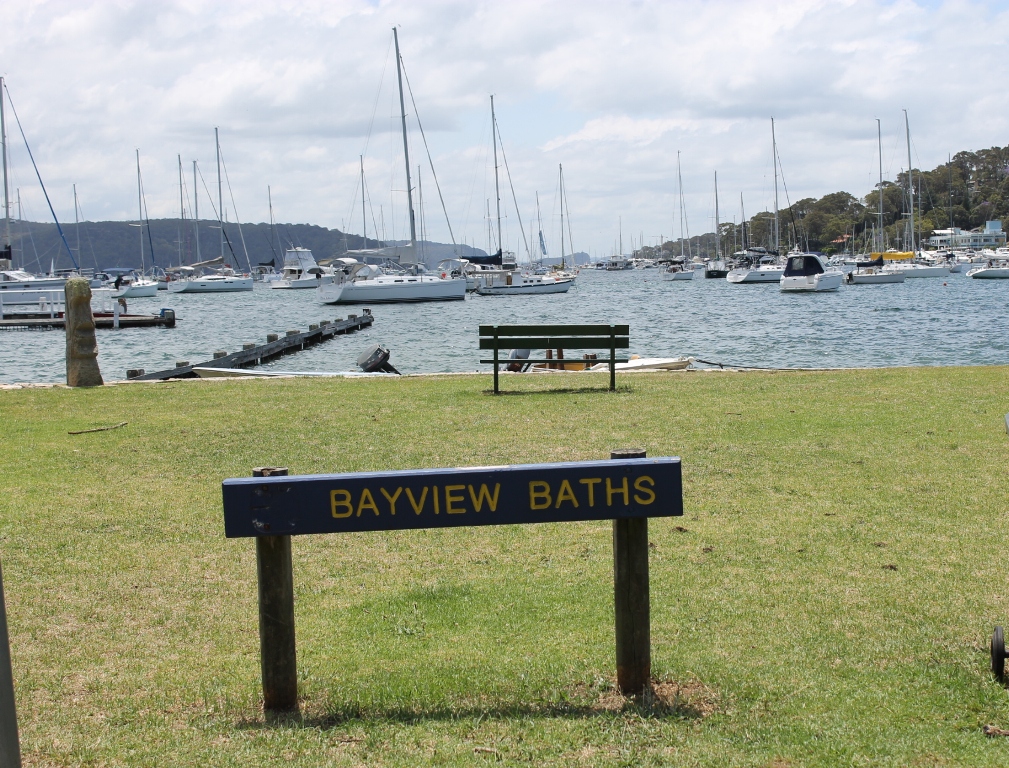
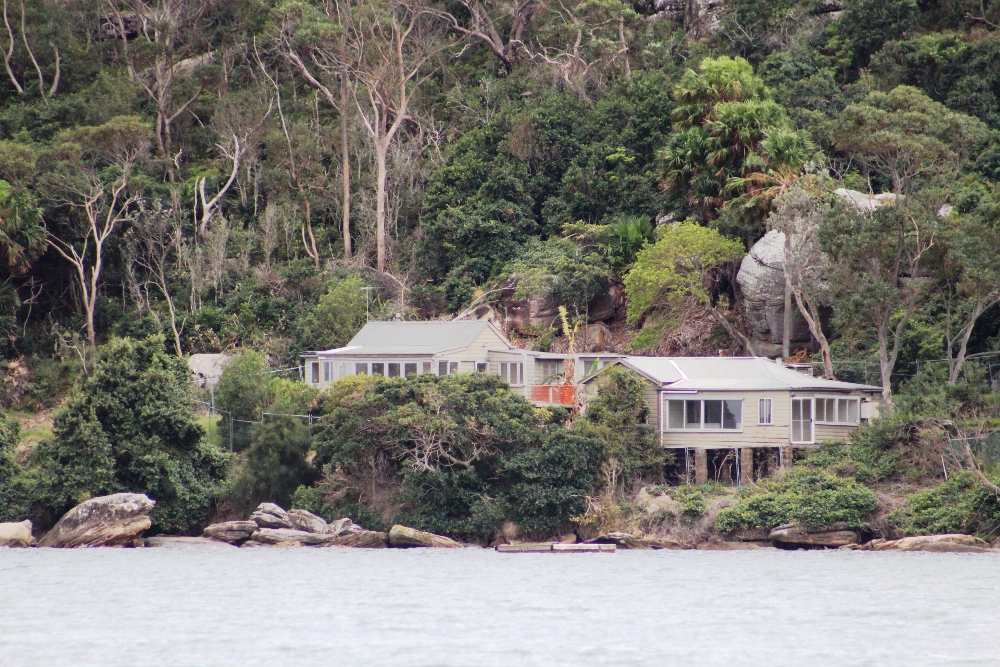
Lion Island Challenge 2017
Hosted by Avalon Beach SLSC
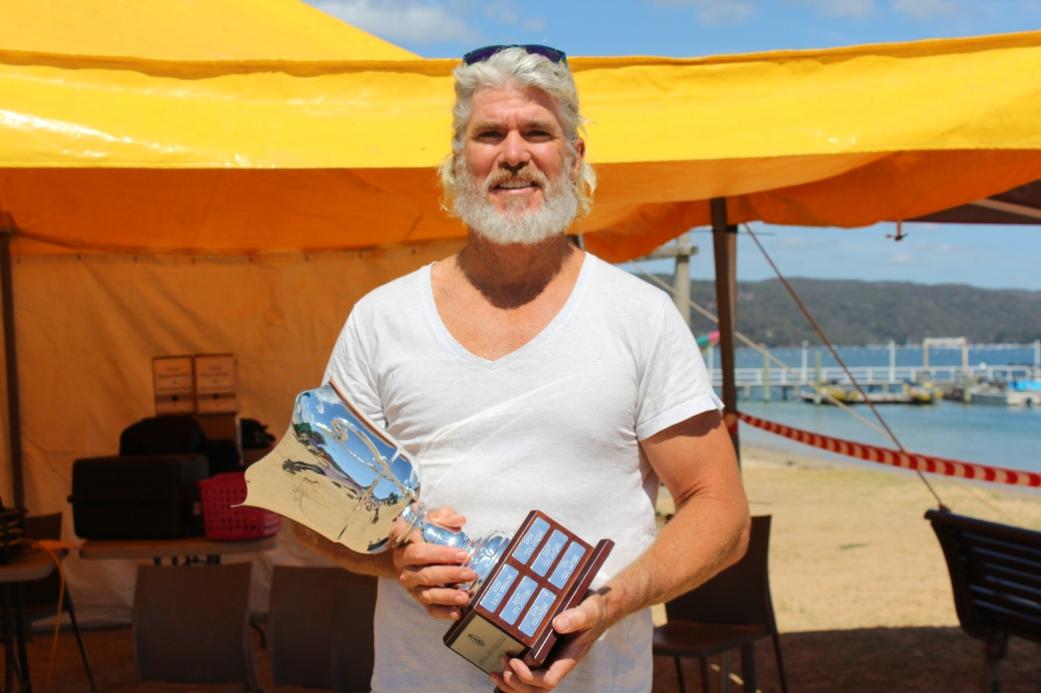
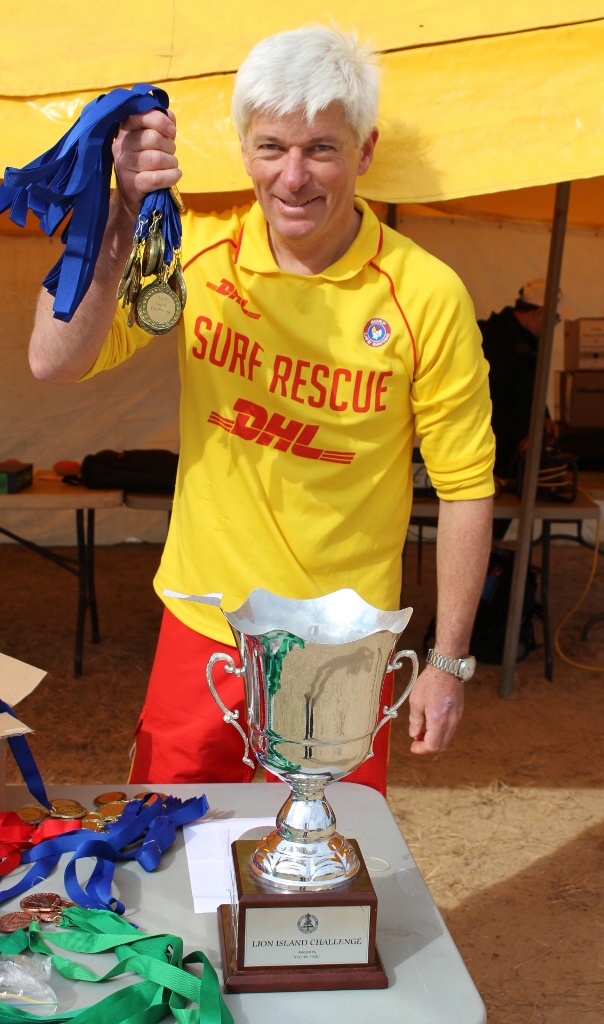
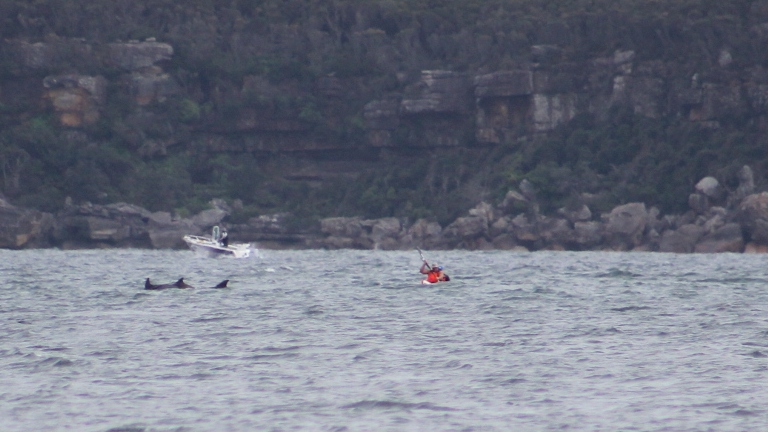
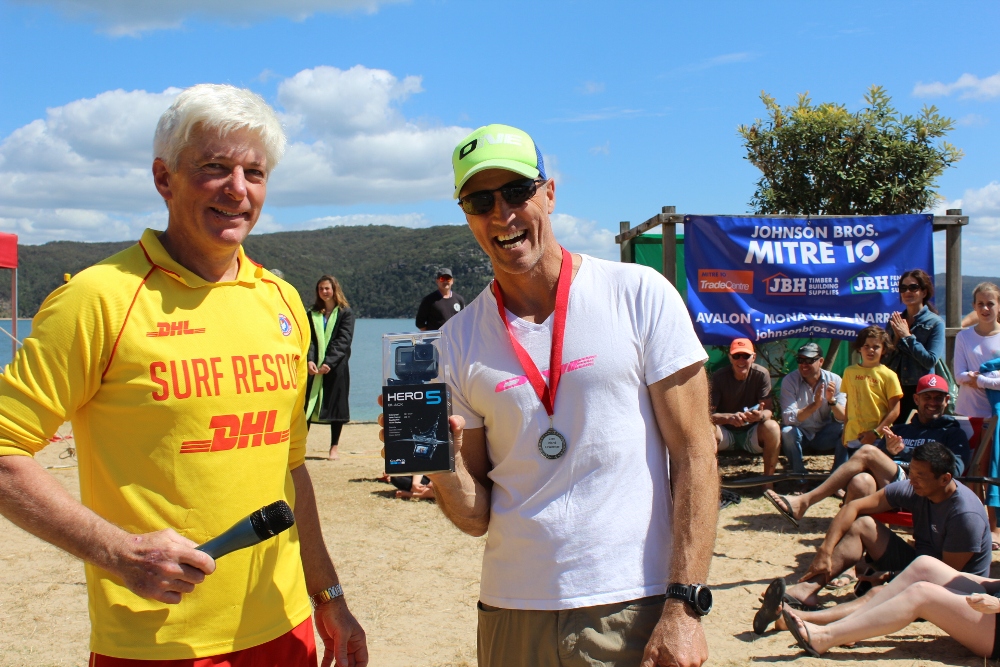
Traces Of WWII Coast Watchers (1942) Found On Bangalley Headland After Recent Fire
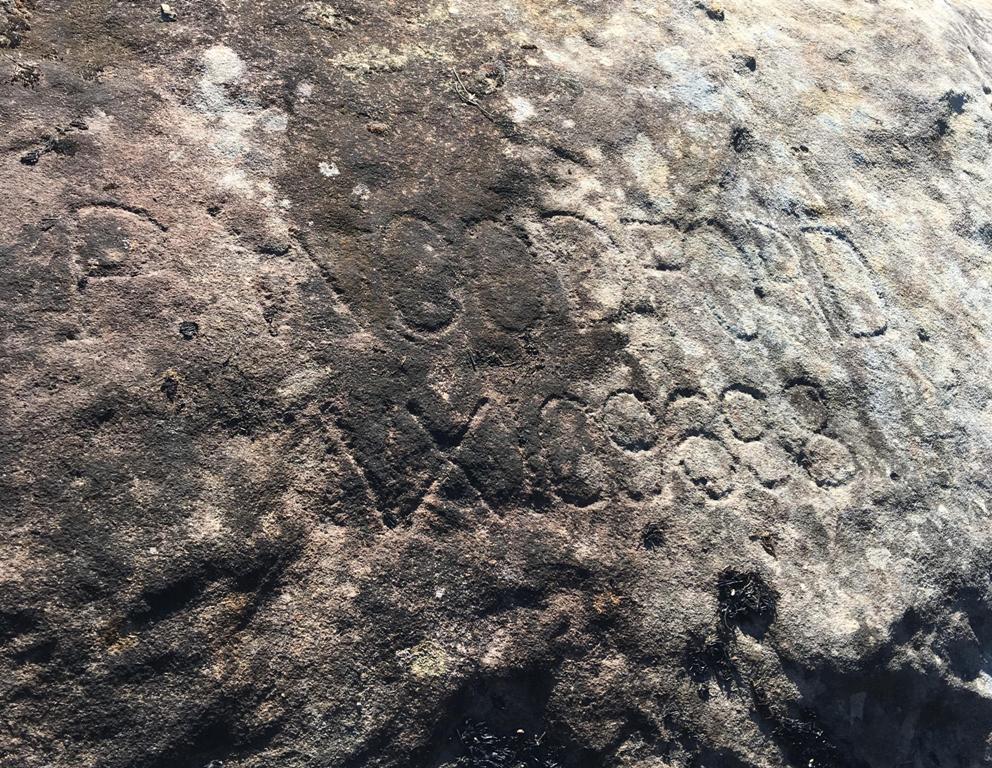
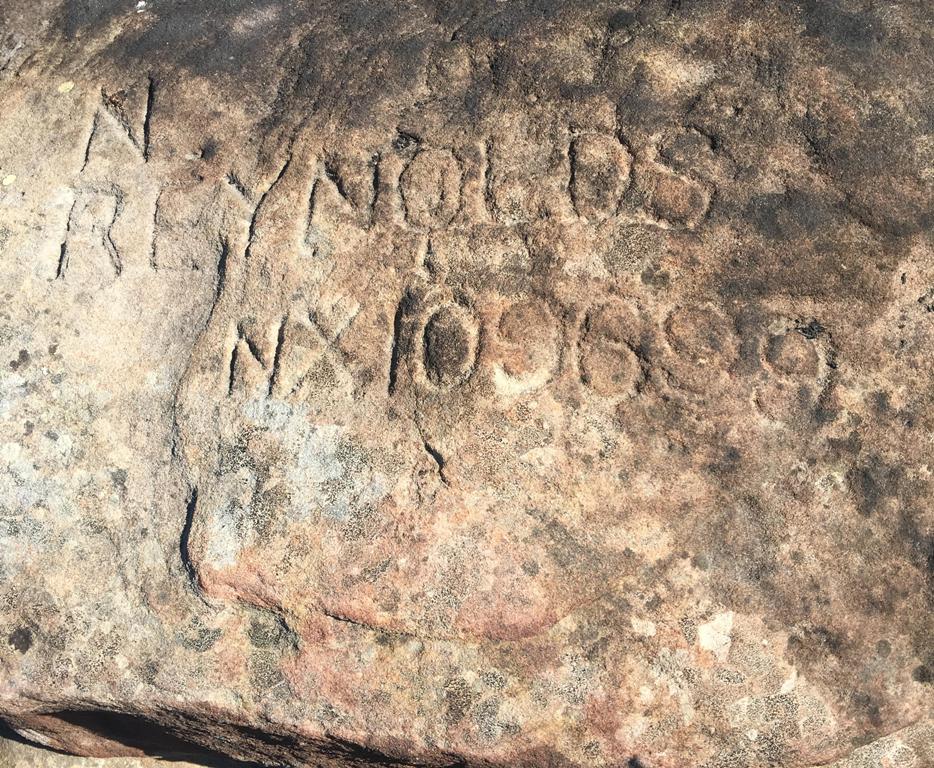
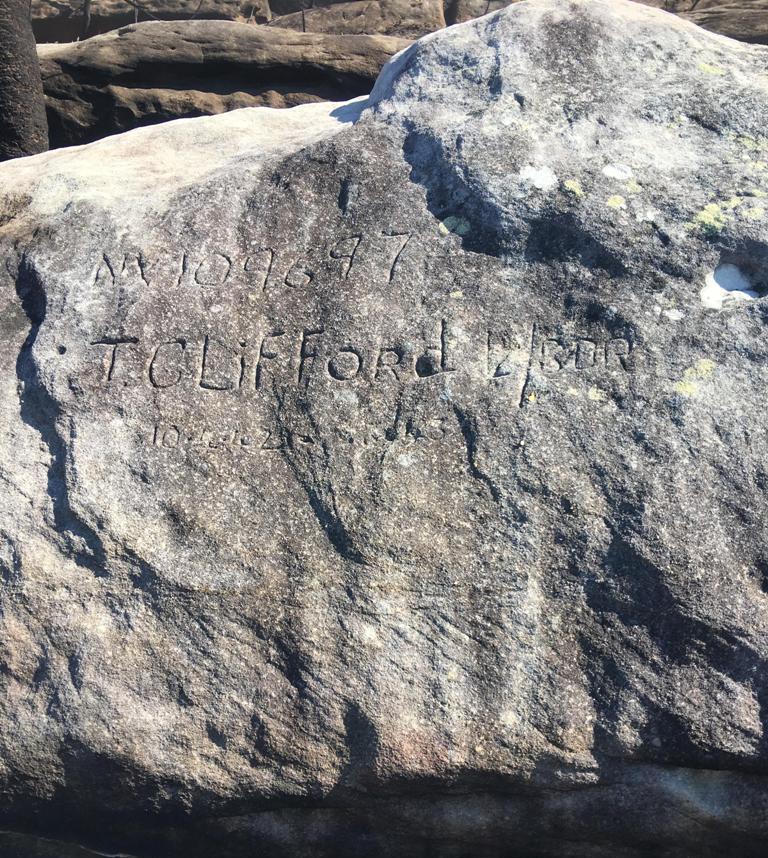
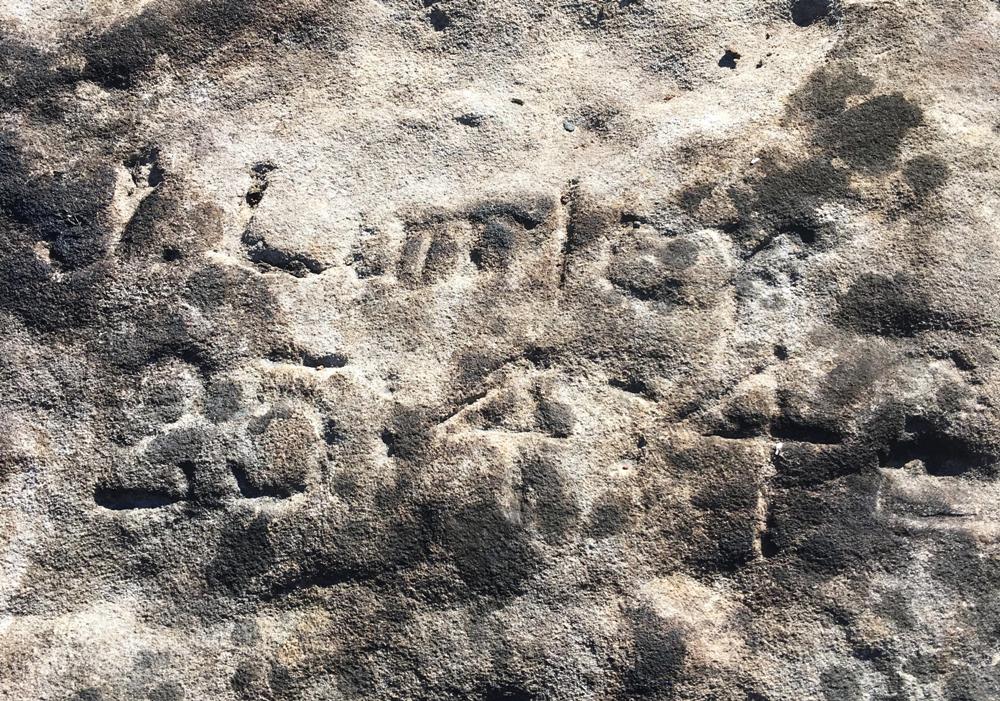
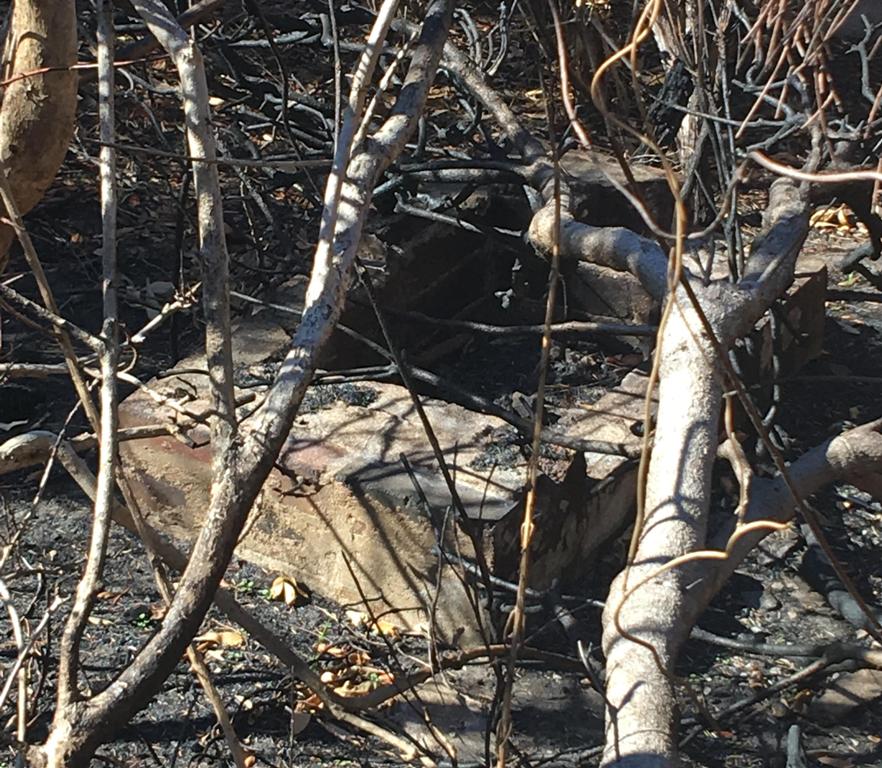
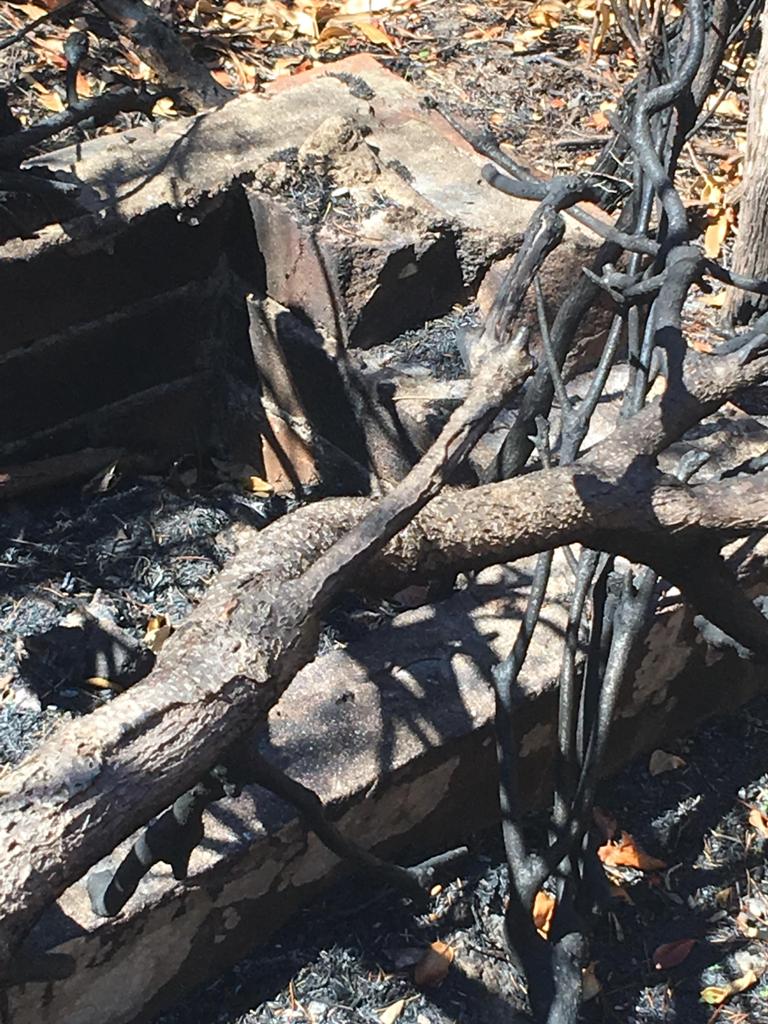
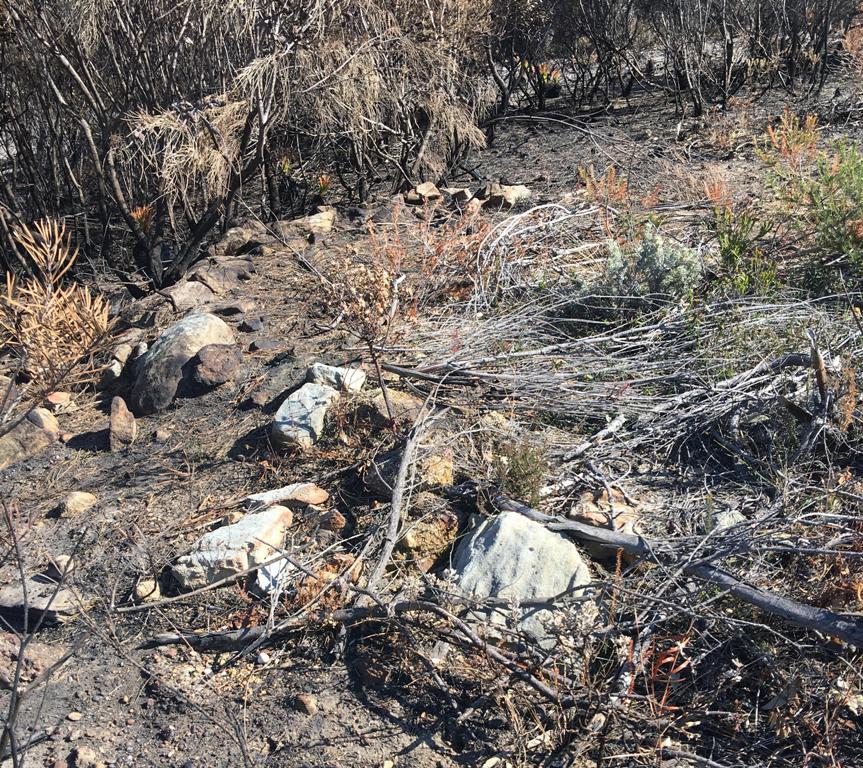
During WWII the troops of the 18th Battalion were based on Barrenjoey Headland and reported every hour to their Headquarters at St Ives using the telephone from the Beacon Store. Careel Head House, Whale Beach was hired by the Australian Military Forces. The Property, then owned by Pauline Grieve, was required as a troop accommodation site by 18th Australian Infantry Battalion from 1942 - 1943. Situated at the north end of Bangalley, this home has extensive views over Whale Beach and towards Palm Beach.
In July 1940 the Returned Soldiers’, Sailors’ and Airmen’s Imperial League of Australia (or RSL – now the Returned and Services League of Australia) was given the responsibility of organising the Volunteer Defence Corps (VDC), units of First World War veterans who trained for the defence of their local area.
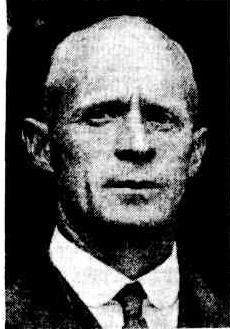 VOLUNTEER DEFENCE CORPS APPOINTMENT.
VOLUNTEER DEFENCE CORPS APPOINTMENT.
MAJOR-GENERAL GORDON BENNETT, who has been appointed Officer Commanding the R.S.L. Volunteer Defence Corps. VOLUNTEER DEFENCE CORPS APPOINTMENT. (1940, June 19). The Sydney Morning Herald(NSW : 1842 - 1954), p. 12. Retrieved from http://nla.gov.au/nla.news-article17694088
PARADES OF DEFENCE CORPS
The Kuring-gai unit of the Returned Soldiers' Volunteer Defence Corps, under the command of Major C. T. Pinnock, will parade at 9.45 a.m. on Sunday at Killara Reservoir. This unit is recruited from Linfield, Killara, Gordon, Pymble and Turramurra. Returned soldiers who have not yet enrolled may do so at the parade ground.
About 200 members of the Manly Returned Soldiers' Defence Corps were put through physical training exercises at the Dungowan last night by Harry Hay, the Olympic coach. Arm-bands were issued bearing the letters R.S.L.V.D.C. The Hornsby unit has arranged for medical examination from 10 a.m. on Sunday at the Drill Hail, Dural Lane Five doctors will be present. The 17th Battalion, from North Sydney, Mosman. Manly and Warringah Shire, will hold an all-day parade at the French's Forest Showground on Sunday Manly members Will leave by car at 9.30 a.m. PARADES OF DEFENCE CORPS (1940, July 10). The Sun (Sydney, NSW : 1910 - 1954), p. 5 (LAST RACE ALL DETAILS). Retrieved from http://nla.gov.au/nla.news-article230922045
VOLUNTEER DEFENCE CORPS.
Week-end Parades. Nearly 800 members of the Volunteer Defence Corps, in the 17th Battalion area, which extends from North Sydney to Palm Beach, paraded at French's Forest Showground yesterday afternoon, under Colonel Travers. The men were inspected by Major-General Gordon Bennett, Commandant, of the Training Depot, Eastern Command, who later took the salute in a march-past. He praised the physique and marching of the men.
Major-General Bennett also attended a parade of the Kuring-gai Gai Battalion of the Home Defence Corps, held yesterday morning at Killara. More than 200 men of B Company paraded under Major Pinnock. It was their first combined drill, and General Bennet complimented them on their performance…VOLUNTEER DEFENCE CORPS. (1940, July 15). The Sydney Morning Herald (NSW : 1842 - 1954), p. 11. Retrieved fromhttp://nla.gov.au/nla.news-article17687421
VOLUNTEER CORPS ACTIVITIES
Appointments of officers to the R.S.L. Volunteer Defence Corps in the Sydney area were announced today. The list is:
17th Battalion Area: "C" Company (Manly)— O.C., Lieut. V. J. Brady, D.S.C.; 2nd in Command, Major E. W. Carter, D.S.O.; Platoon Commanders, Lieut. W. J. Baird, E.M., Major E. S. Vidal, M.C.. Lieut. E. S. Dickinson, Lieut. R. Elsmore.
"D" Company (Warringah) : O.C., Capt. A. H. Lyddall, M.C.; Platoon Commanders, Capt. J. A. D. Robb, Lieut. A. A. Butler. Capt. M. Burns- Lyndon.
Training Course A course in training for officers and N.C.O's. will be held at the Sydney Boys' High School from July 22 to August 15. Personnel will be required to attend two nights a week, from 7.30 to 9.30. Training will include squad, platoon, company and battalion drill, rifle exercises. arms, bayonet and physical training, and recreational games and The Engineers' sub-branch will form an engineers' reserve as part of the corps. Engineers, pioneers, tunnellers. and miners are asked to attend a rally at 2 p.m. on Saturday, July 20. at the Sydney Boys' High School. They need not be members or the sub-branch.
Officers' Colors
The Returned Soldiers' League has been advised that the Army Department has approved the following-colors to be worn on the armlets by officers of the R.S.L. Volunteer Defance Battalion leader, yellow; company leader, green; platoon leader, white; section leader, purple; administrative staff, including liaison officer, light blue. It is now anticipated that at least 104,200 war veterans will enrol in the corps, comprising 40,000 in New South Wales, 30,000 in Victoria, 10,000 each in Queensland, South Australia, and Western Australia, 4000 In Tasmania, and 200 in the Australian Capital Territory. On Thursday, 350 men of the 18th Battalion area, members of the Defence Corps, will march at Chats-wood, headed by the band of the local militia unit. At a meeting of the Arncliffe sub-branch of the R.S.S.I.L.A., in the Arncliffe Memorial Hall at 8 p.m. tomorrow, the nature of the Defence Corps will be explained in detail by representatives of the Corps and R.S.L. headquarters. Major-General H. Gordon Bennett, leader of the corps, will visit Goulburn and Wagga this week to inspect local units. Drill Manual Military authorities have expressed interest in an army drill manual, prepared by Captain R. K. Wilthew, officer-in-charge of training for the Defence Corps He has collected all the drill amendments issued by the Army into one, freely-illustrated booklet of 56 pages. It includes physical training tables and illustrated games. The Department of Education is paying the printing costs.VOLUNTEER CORPS ACTIVITIES (1940, July 15). The Sun (Sydney, NSW : 1910 - 1954), p. 10 (LATE FINAL EXTRA). Retrieved fromhttp://nla.gov.au/nla.news-article230913339
VOLUNTEER DEFENCE CORPS. Week-end Parades.
Nearly 600 members of the Volunteer Defence Corps, in the 17th Battalion area, which extends from North Sydney to Palm Beach, paraded at French's Forest Showground yesterday afternoon, under Colonel Travers.
The men were inspected by Major-General Gordon Bennett, Commandant, of the Training Depot, Eastern Command, who later took the salute in a march-past. He praised the physique and marching of the men.
Major-General Bennett also attended a parade of the Kuring-gai Battalion of the Home Defence Corps, held yesterday morning at Killara. More than 200 men of B Company paraded under Major Pinnock. It was their first combined drill, and General Bennett complimented them on their performance
About 100 members of the Maroubra-Kensington unit of the Returned Soldiers' De-fence Corps paraded yesterday morning. The unit was instructed in physical training, and marched to the Labour Farm in Bunnerong Road.
A total of 140 members of the sub-branch have been enrolled. Additional members will be enrolled on Wednesday night, when another medical examination will be held.
Returned soldiers of the Paddington-Woollahra area decided, at a branch meeting, to form a unit of the R.S.L.. Volunteer Defence Corps. VOLUNTEER DEFENCE CORPS. (1940, July 15). The Sydney Morning Herald (NSW : 1842 - 1954), p. 11. Retrieved from http://nla.gov.au/nla.news-article17687421
RETURNED SOLDIERS' DEFENCE CORPS PARADE.
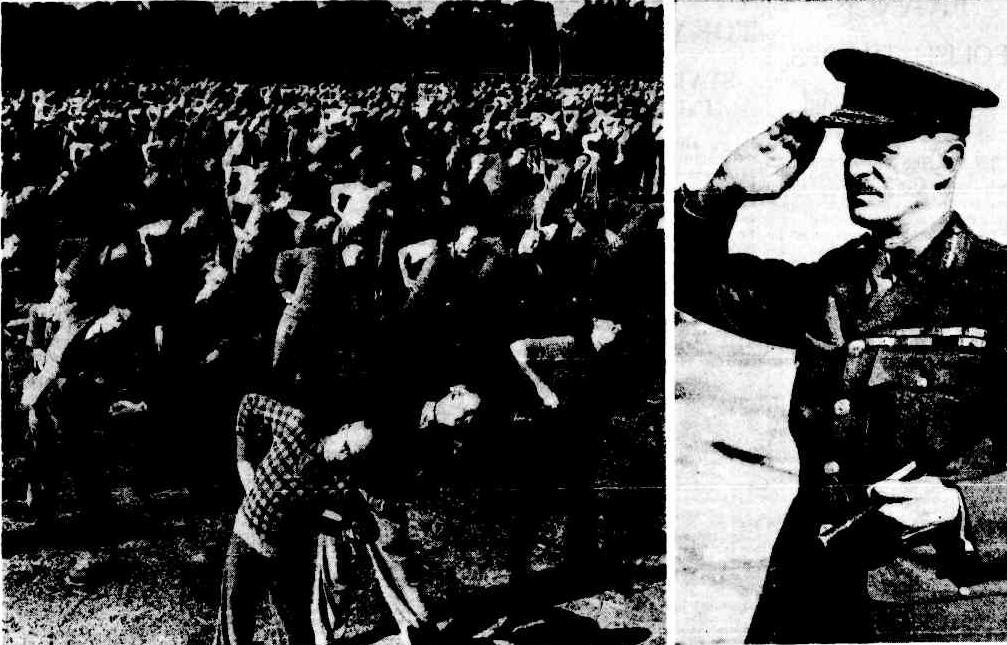
Members of the Returned Soldiers' Defence Corps from North Sydney, Mosman, Manly, and Warringah Shire took part in an all-day parade at the French's Forest Showground yesterday. Left: Some of the Diggers doing exercises.
Right: Major General H. Gordon Bennett, Commandant, Training Depot, Eastern Command, taking the salute during the march past of the Corps.RETURNED SOLDIERS' DEFENCE CORPS PARADE. (1940, July 15). The Sydney Morning Herald (NSW : 1842 - 1954), p. 10. Retrieved fromhttp://nla.gov.au/nla.news-article17687517
MANLY VOLUNTEER DEFENCE CORPS.
The 17th Battalion, Manly R.S.L. Volunteer Defence Corps, will hold a field day at French's Forest Showground on Sunday. Members will fall-in at the drill hall, opposite the old tram depot, Manly, at 10 am and will travel by motor transport to French's Forest. Competitions will be held in the section drill, and there will be marching, bomb-throwing, and physical training. Tea, milk, and sugar will be provided, but members are asked to bring their own lunches. MANLY VOLUNTEER DEFENCE CORPS. (1940, September 20). The Sydney Morning Herald (NSW : 1842 - 1954), p. 11. Retrieved fromhttp://nla.gov.au/nla.news-article17710252
VOLUNTEER DEFENCE CORPS ON TRAINING MANOEUVRES
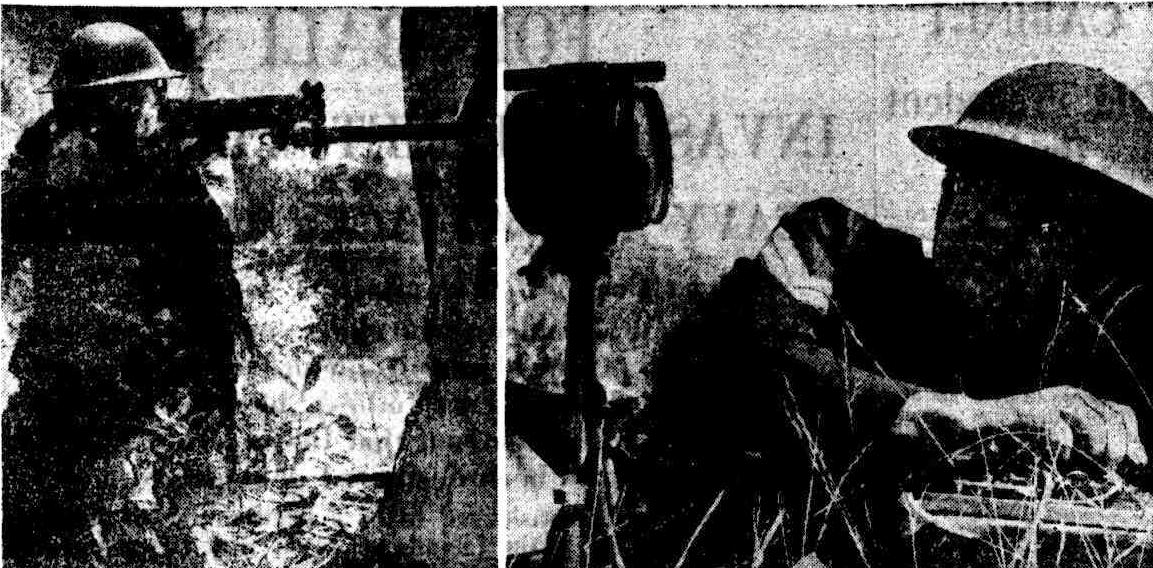
Left. Moving through the bush, members of thee Volunteer Defence Corps use all available cover as they advance on the enemy." A rifleman of the 10th Battalion filing from a kneeling position. Right: A signaller of the same battalion maintaining contact with headquarters by signalling lamp. VOLUNTEER DEFENCE CORPS ON TRAINING MANOEUVRES (1942, February 24). The Sydney Morning Herald (NSW : 1842 - 1954), p. 6. Retrieved fromhttp://nla.gov.au/nla.news-article17789455
VOLUNTEER DEFENCE CORPS
Sir,-The number of Australian men capable of bearing arms is small compared with the Japanese. Even if, as Major-General Gordon Bennett states, one Australian can account for ten Japanese, there would still be a surplus of Japanese. Thus it is imperative for our vital defence that every Australian man should be trained to the limit of the opportunities available.
It has been stated that the Volunteer Defence Corps is the organisation intended by the Government to attend to the training of all who are not members of one of the regular fighting Services, including men in reserved occupations. In view of this, it is surprising that the following instruction has been issued to company commanders in the Volunteer Defence Corps:
"Classes 1, 2, and 3 are not eligible to attest with the Volunteer Defence Corps, no matter what their period of exemption or occupation may be," with the sole exception of those who are rejected as medically unfit by the militia.
V.D.C. CAST-OFF. Sydney. VOLUNTEER DEFENCE CORPS (1942, March 21). The Sydney Morning Herald (NSW : 1842 - 1954), p. 6. Retrieved from http://nla.gov.au/nla.news-article17793536
As the perceived threat to Australia declined the VDC's role changed from static defence to operating anti-aircraft artillery, coastal artillery and searchlights. Members of inland VDC units were freed from having to attend regular training in May 1944 and the VDC was officially disbanded on 24 August 1945.
Many Australians spent time looking for aircraft, both enemy and Allied. They included soldiers from anti-aircraft batteries, specialist observers from the Australian Women’s Army Service (AWAS), sailors at shore bases, and airmen protecting radar installations and airfields. Tens of thousands of civilians from the Volunteer Air Observers Corps (VAOC), created in 1942, were ever vigilant around population centres. At key industrial sites and capital cities, the VAOC supplemented radar, searchlights and anti-aircraft artillery crewed by men and women of the AMF and RAAF.
The VAOC were trained in aircraft recognition and equipped with a variety of visual and audio aids, from fine optical lenses to simple bell trumpet listening cones. Although they rarely saw Japanese planes, they tracked and saved many Allied planes. Their numbers declined as the threat passed.
In mid 1942 there were 95,000 people Australia-wide, including 17,500 in Queensland. As volunteers weren't serving on official duty, the Australian War Memorial do not have state-by-state figures.
AIR SPOTTERS CORPS - Enrolments Begin at Week-end
MELBOURNE, Thursday.-Enrolments for the new Volunteer Air Observers' Corps, whose job will be to spot enemy aircraft from observation posts, will probably begin in New South Wales and Victoria about the end of this week. Similar steps will be taken in other States soon afterwards.
The Minister for Air, Mr Drakeford said to-day that when unknown aircraft were seen or heard from an observation post the Air Intelligence authorities would be notified without delay by a special priority signal known as an "airflash message" and action necessary for the protection of the public would be taken.
Information supplied in the "air-flash message" would include the number and description of aircraft, the point at which they were sighted or heard, the altitude at which they were flying, their position in relation to the observation post, the direction in which they were travelling, and the time at which they were heard or sighted.
Principal items of equipment supplied to all posts would be binoculars, sun glasses, telephones, "airflash message'" pads, and silhouettes of enemy, Allied and Australian aircraft.
Mr. Drakeford said that before enrolment, applicants would be required to pass comprehensive vision and hearing tests. On appointment to the corps they would be supplied with distinguishing armbands bearing "V.A.O.C." in gold letters on a dark blue background.
CONVENIENT POSTS
Where possible, personnel for each observation post would be selected from among volunteers, living nearby.
Observation posts themselves would be situated in quiet localities giving an unobstructed view in all directions and providing adequate shelter from the weather.
Instructions issued to observation posts would include location of personnel in places where the sound of approaching aircraft would not be missed. At night sound would be the main indication of approaching raiders, although in certain circumstances enemy aircraft might be seen against a light background or by their navigation or other lights.
"By joining the corps, those who are too old for military service or cannot qualify for more active duty in the field will be rendering a great service to the nation in its hour of peril," Mr Drakeford said. AIR SPOTTERS CORPS (1942, January 2). The Sydney Morning Herald (NSW : 1842 - 1954), p. 4. Retrieved from http://nla.gov.au/nla.news-article17781596
AIR OBSERVERS' CORPS WANTS VOLUNTEERS
Volunteers are wanted for the Volunteer Air Observers' Corps for aircraft spotting work in the Sydney metropolitan area. The men required may be up to the ages of 50 to 55 years, but they must be active, and eligibility for military service precludes membership. Those who wish to join should apply in writing to the Officer in Charge, Main Control, Volunteer Air Observers' Corps, Sydney. AIR OBSERVERS' CORPS WANTS VOLUNTEERS (1942, March 2). The Sydney Morning Herald (NSW : 1842 - 1954), p. 4. Retrieved from http://nla.gov.au/nla.news-article17790376
AIR OBSERVERS CORPS TO BE FORMED
CANBERRA, Monday.-Regulations were gazetted to-day to authorise the creation and maintenance of a volunteer Air Observer Corps to keep watch for and report, enemy aircraft over Australian territory.
The Observers Corps will be maintained and controlled by the Air Board, which will prescribe the conditions of service and the duties to be performed by its members.
Members may be either volunteers or members of the Air Force,-or of the Women's Auxiliary Australian Air Force, detailed for the purpose by the Air Board. AIR OBSERVERS' CORPS TO BE FORMED (1942, March 10). The Sydney Morning Herald (NSW : 1842 - 1954), p. 4. Retrieved fromhttp://nla.gov.au/nla.news-article17791708
WOMEN AS ARMY SIGNALLERS - 700 Volunteer in N.S.W.
Nearly 700 women in New South Wales alone have applied for enlistment as a result of the call for 1,000 volunteers throughout Australia to serve with the Australian Corps of Signals. They will relieve men from rear operational areas for service in the front line.
No enlistments have yet been made, a military spokesman said yesterday, but the applications are being considered by the Australian Women's Army Service, which will enlist the women signallers.
Medical examinations are taking place. It Is expected that at least, three weeks will elapse before any women will be called up to serve in this branch of the Army.
Many officers and some, other ranks of the A.W.A.S., particularly those in outlying and colder districts, have already been issued with winter uniform, in addition to greatcoats.
As supplies are available winter clothing is being generally issued, and It is expected that all A.W.A.S. women will shortly have received their warmer clothing. WOMEN AS ARMY SIGNALLERS (1942, June 4). The Sydney Morning Herald (NSW : 1842 - 1954), p. 7. Retrieved fromhttp://nla.gov.au/nla.news-article17821814
ADVANCE PARTY IN CAMP. N.D.L. Transport Corps.
THERE were scenes of great activity yesterday at Winijimmi Point, Mona Vale, when an advance party of members of the National Defence League Transport Corps went into camp for more than 50 women who will be in camp there from to-day until Sunday.
The 13 members of the advance party, wearing slacks and shirts of khaki drill, were employed erecting tents and digging water trenches, building fireplaces, and assembling: the equipment.
Mainly concerned with the provision« was the quartermaster, Mrs.. C. P. Wynark, who has planned the meals for the camp. The menus for the day included cereals and eggs for breakfast, a hot midday meal with plenty of vegetables, and a cold evening meal of meats and salads.
Organised Training.
"WHILE they are in camp the members will receive training in many branches of their studies. These include map reading, signalling, first aid, morse, stretcher drill, convoy work, military transport drill, infantry drill, physical training, and they will have organised games to promote the team spirit.
Their mechanics Instructor will be Miss E. Perry, one of the 30 members of the Transport Corps, who has passed an advance course in mechanics, which is conducted tinder the auspices of the Technical College.
The commandant is Mrs. Murchison Kater, and the 2I.C. is Miss Pat Godhard. both of whom were in the advance patty. (See pictures on page 13.) ADVANCE PARTY IN CAMP. (1941, January 9). The Sydney Morning Herald (NSW : 1842 - 1954), p. 14. Retrieved from http://nla.gov.au/nla.news-article17731044 - Visit Mona Vale Training Grounds: From Lancers on Horses to Lasses on Driving Courses
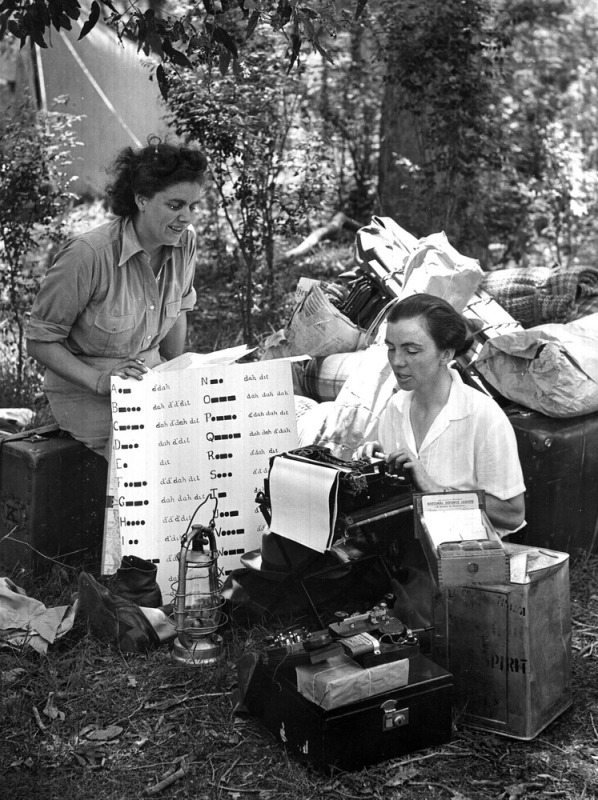
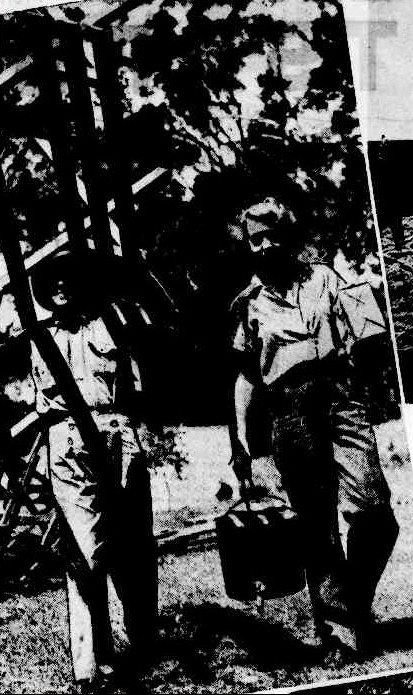
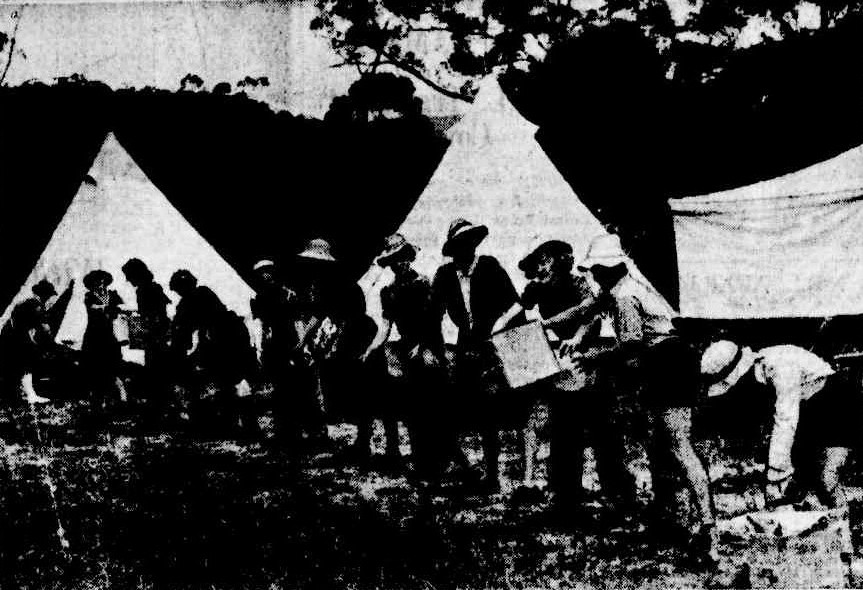
It seems that the North Palm Beach Aussie larrikan spirit was rampant, even during wartime:
"Bomb" Thrown At Minister. SYDNEY. Thursday.-The Minister for the Army (Mr. Spender) was attacked yesterday by military forces with a bomb. The forces were a contingent of the A.l.F. travelling in an army lorry from leave at Palm Beach, north of Sydney, and the bomb was a bag of flour. A direct hit was scored, and Mr. Spender's driver was smothered in flour. The occupants of the lorry did not recognise Mr. Spender, and as his car drew alongside the lorry the flour bomb was thrown with precision through the front window, where it burst over the driver. Mr. Spender, who came unscathed through the attack, does not view the incident seriously. Having pacified his driver - who wanted to pursue and annihilate the occupants of the lorry, he resumed his Journey to Sydney. "Bomb" Thrown At Minister. (1941, January 23). Barrier Miner(Broken Hill, NSW : 1888 - 1954), p. 5 Edition: HOME EDITION. Retrieved from http://nla.gov.au/nla.news-article48413593
The area, a training ground for decades prior to this conflict, and, in fact, the place where the first Naval Exercises took place in 1885, became once again the place to test out our defences and defence skills:
"INVASION" OF N.S.W. COAST.
Force Makes Inland But Is Repulsed SYDNEY, September 12. The invasion exercises carried out this morning on the shores of Broken Bay and in French's Forest have satisfied Army officers that an actual invasion of the New South Wales coast could be repulsed. Although the invading force, in theory, smashed the coastal defences at Broken Bay, managed a successful landing, and pushed several miles inland, the advance was halted when reserves were rushed up and it was eventually pushed back into the sea. The invasion exercise was the culmination of a week of manoeuvres in which the Navy, Army and Air Force took part, and which were devised to test the communications and co-ordination of the three services in the defence of the coast. An Army spokesman said today that manoeuvres had been entirely successful, and many valuable lessons had been learned. All the material collected during the exercises was being carefully studied by the defence chiefs.
Residents of Palm Beach, Newport, Mona Vale and French's Forest awoke yesterday morning to find fully-armed soldiers guarding all the strategic points on roads. Early morning motorists and bus drivers found roads blocked with barbed wire and traps, and were challenged by dust-begrimed militia men These were the invading forces -carefully selected men of the 2nd Division, Home Defence Force—who had been landed before dawn—theoretically—from an enemy convoy and had overcome the local defenders. Covering Force Lands The 2nd Division men were taken into Broken Bay before dawn in a naval vessel and landed at three points in motor launches by the Naval Auxiliary patrol. They represented the covering force of an attacking brigade. The first party was landed at a jetty on the Pittwater side of Palm Beach. The members sprang into motor lorries which were waiting, and which represented armored fighting vehicles. They overcame and captured detachments of defenders until they reached Mona Vale, where there was a battle for the junction of the road from French's Forest. Without meeting opposition, the second party landed at Church Point and raced to the junction of the Church Point and Pittwater roads through French's Forest. The third landing party got ashore at Coal and Candle Creek, captured defenders there and overran a large part of Pittwater road. By dawn a great section of French's Forest and the coast from Mona Vale to Palm Beach was in occupation by the covering force of the invading troops.
But their success was only temporary. Men of the 1st Division Militia were racing from a big military camp in trucks, Bren-gun carriers and other fighting vehicles to French's Forest. The arriving defenders halted the advance and, as the reserves arrived, counter-attacks were made, and the invaders were gradually driven back. Artillery was brought up to shell the attackers out of strategic points. Because of the great amount of cover provided by the trees, the defending troops were able to carry put flanking movements to dislodge the invaders. "INVASION" OF N.S.W. COAST. (1941, September 13). The Advertiser (Adelaide, SA : 1931 - 1954), p. 6. Retrieved from http://nla.gov.au/nla.news-article44956820
At North Curl Curl about 200 members of the Warringah and Manly branches of the Volunteer Defence Corps spent the day in exercises on the beach. BIG CROWDS AT BEACHES (1941, September 15). The Sydney Morning Herald (NSW : 1842 - 1954), p. 6. Retrieved fromhttp://nla.gov.au/nla.news-article17741714
This insight came with photos, although where they were is not specified:
Traces Of WWII Coast Watchers (1942) Found On Bangalley Headland After Recent Fire
Couta Boat Australian Championship And Wattle Cup 2017: On Pittwater
Hosted by Avalon Sailing Club
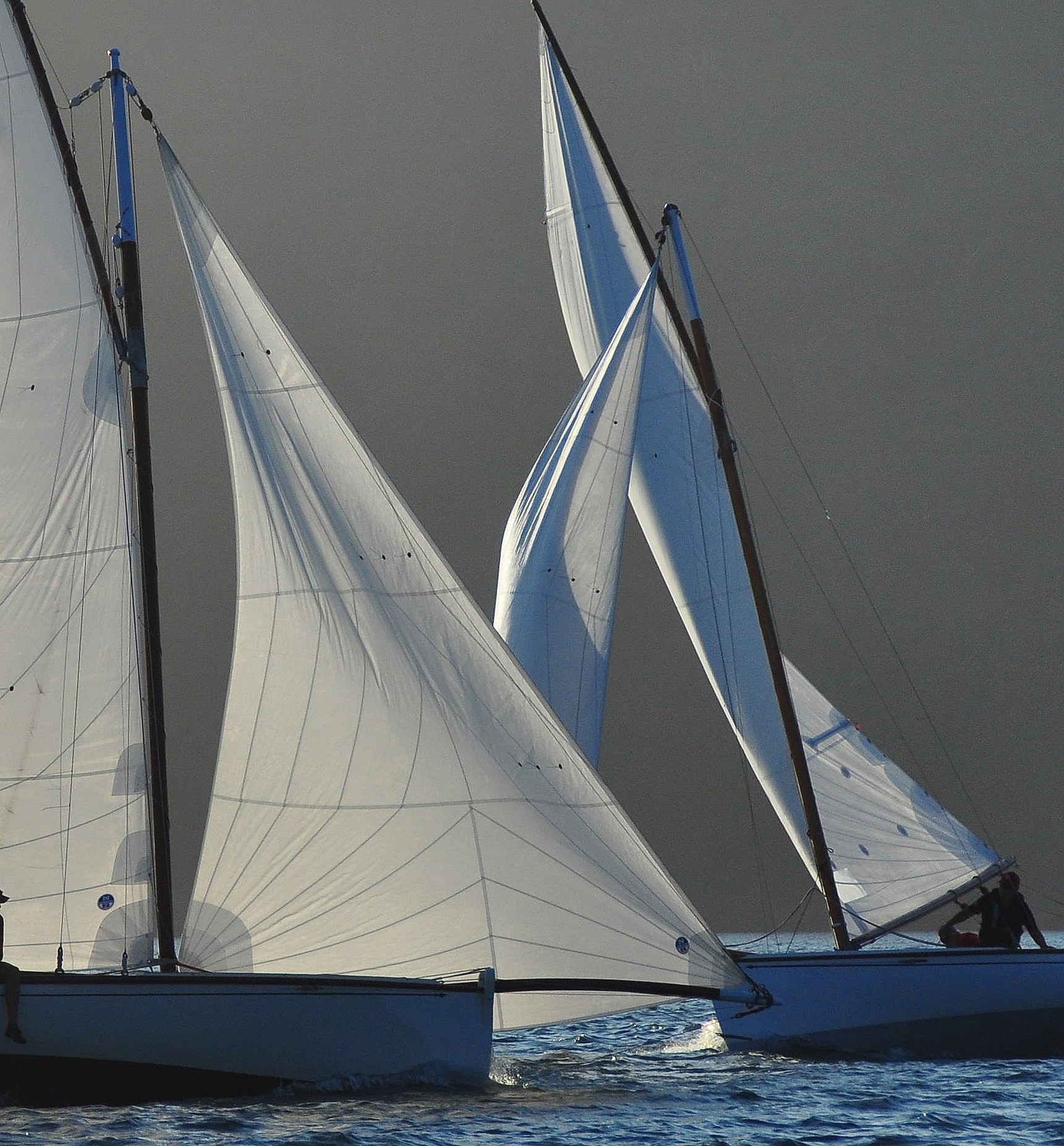
Couta Week Returns To Pittwater
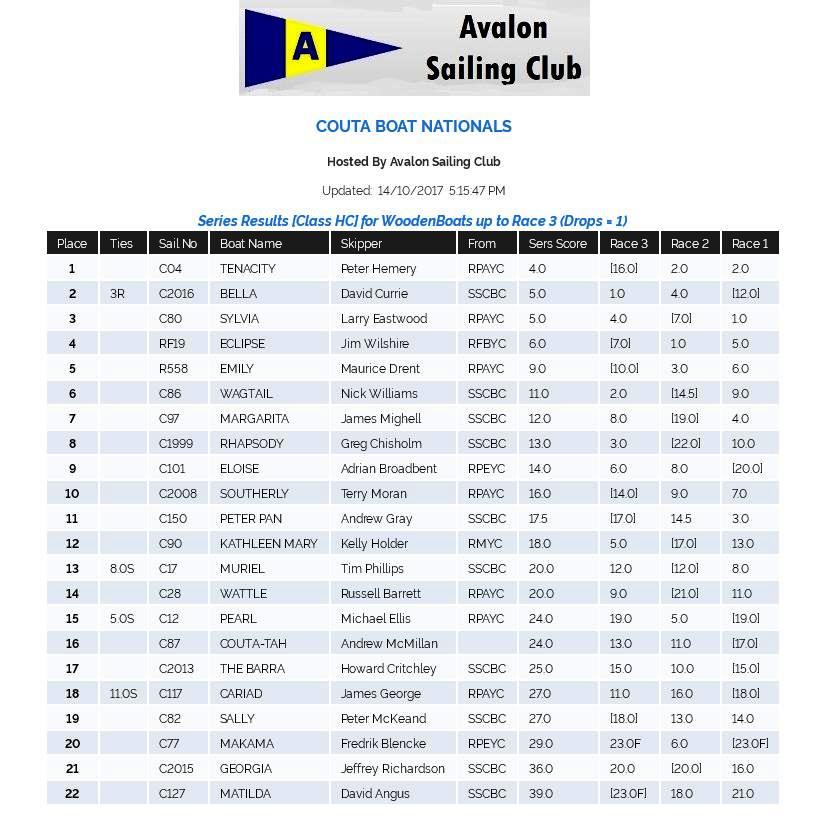
First Non-Victorian Australian Couta Boat Champions – Tenacity
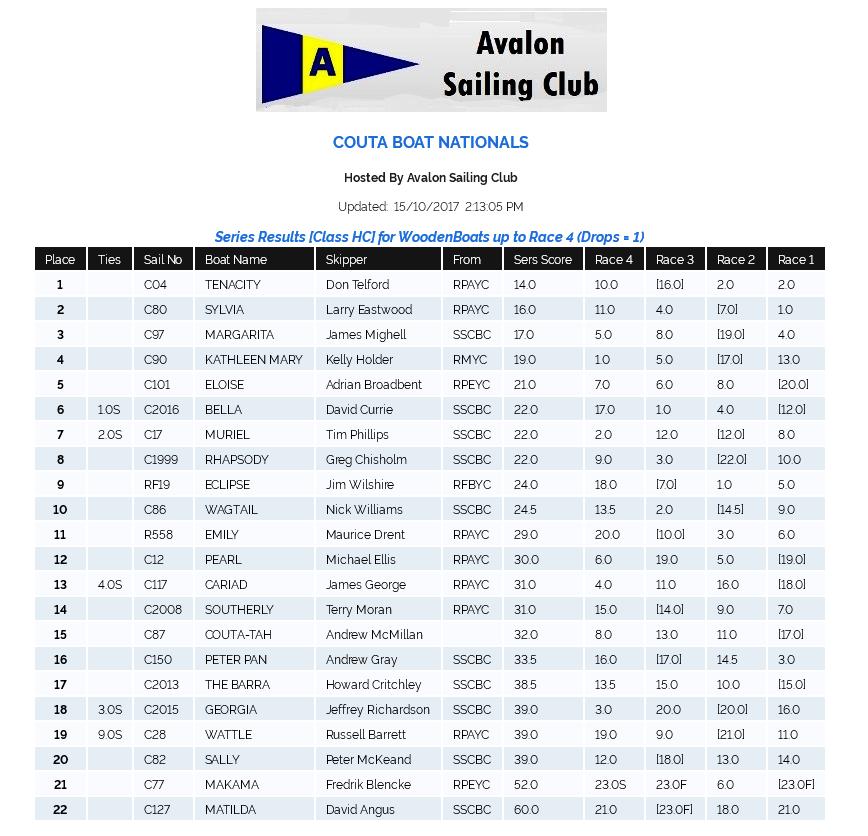
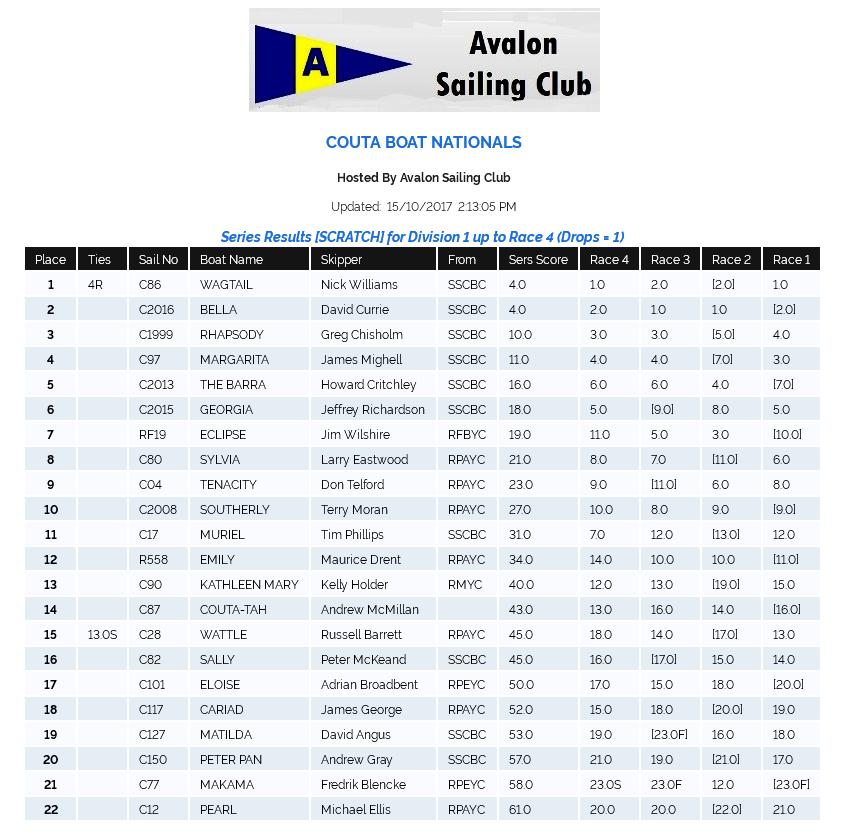
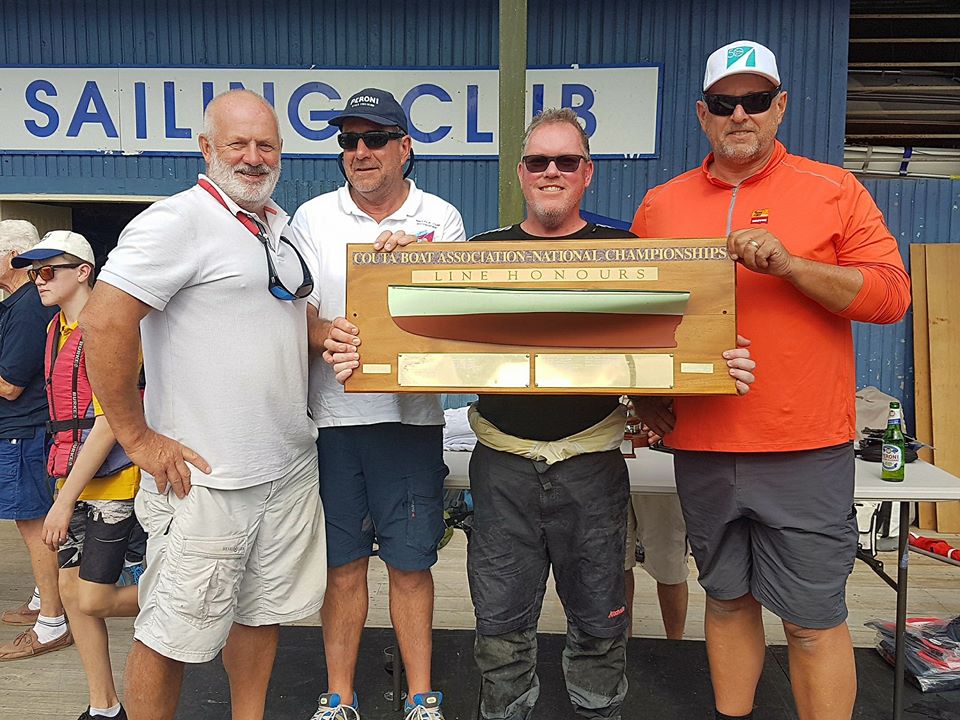
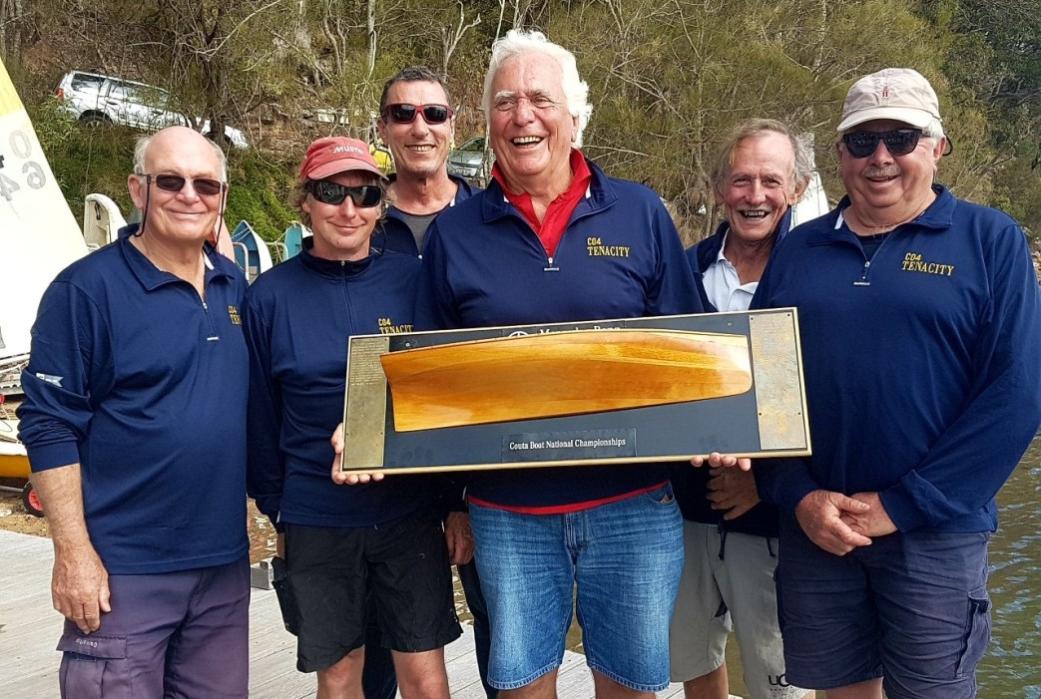
Woody Point Yacht Club Twilight Races
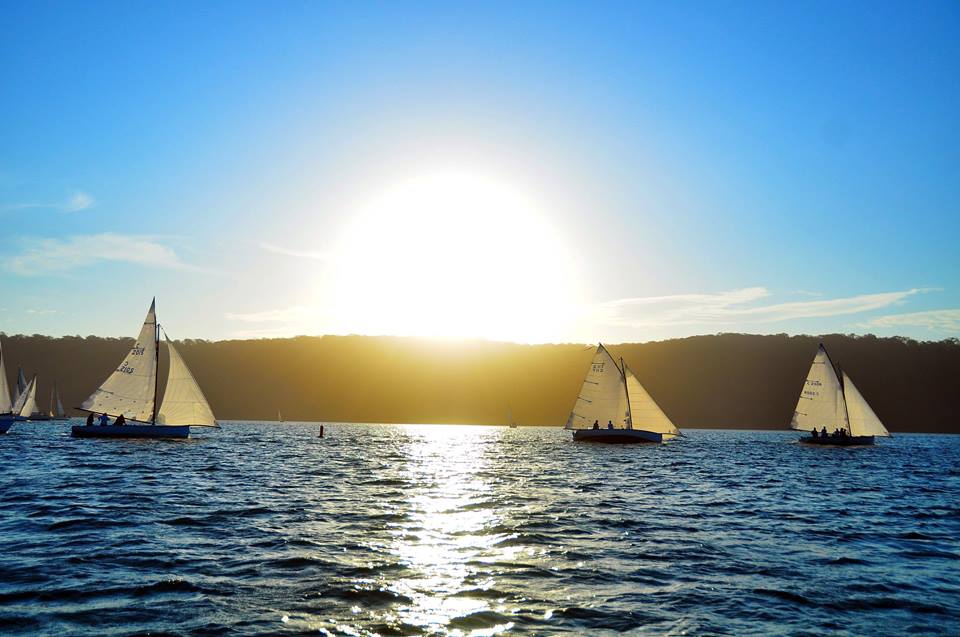
Stacey Jackson Among Australian Sailors In Volvo Ocean Race 2017-2018: Focus On Ocean Health And Plastic Pollution Being Taken Global By 13th Edition Of Classic Race
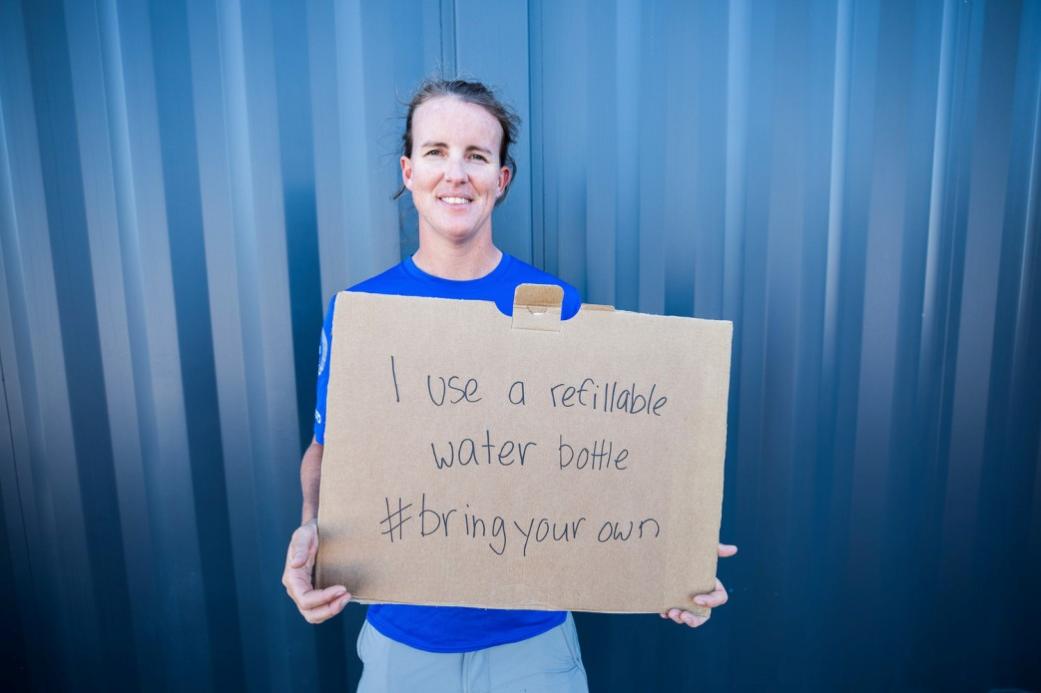
Newport Bowling Club
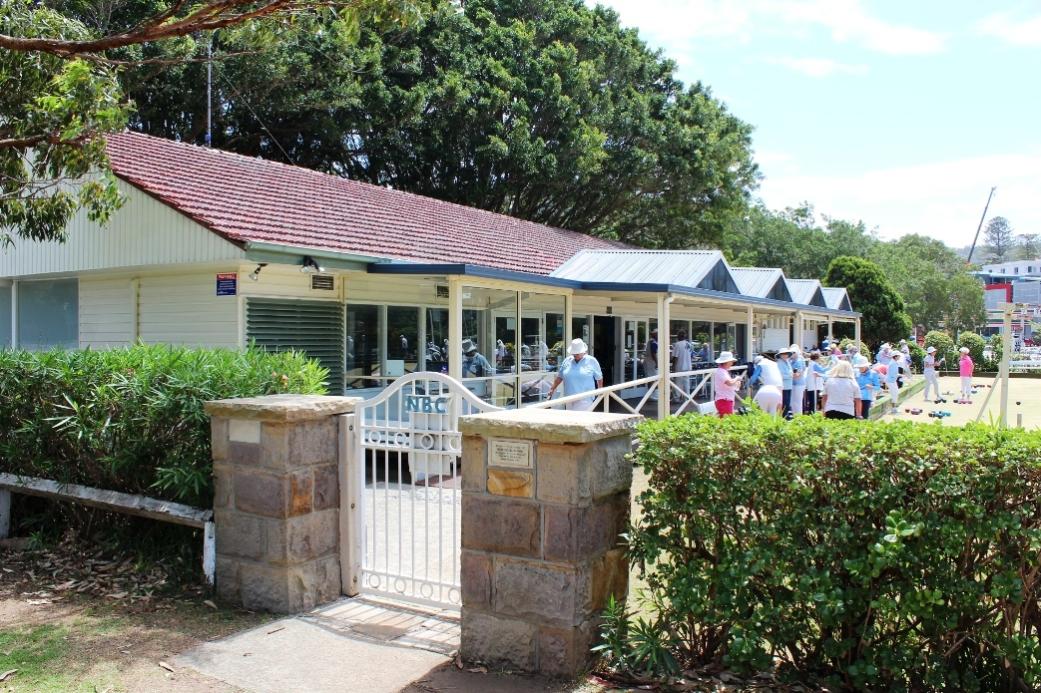
IN 2018 NEWPORT BOWLING CLUB WILL BE CELEBRATING 80 YEARS
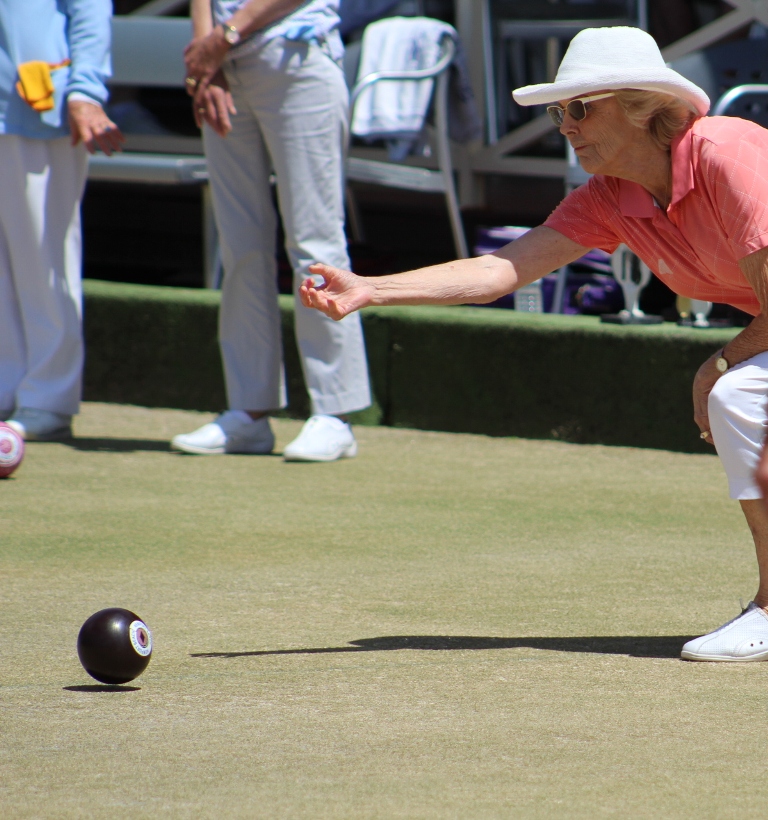
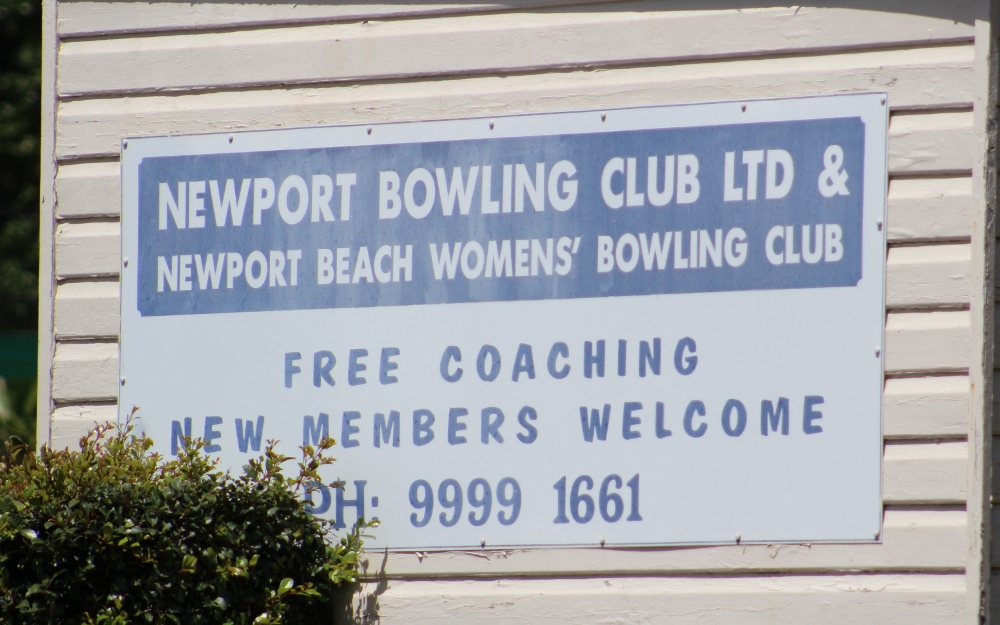
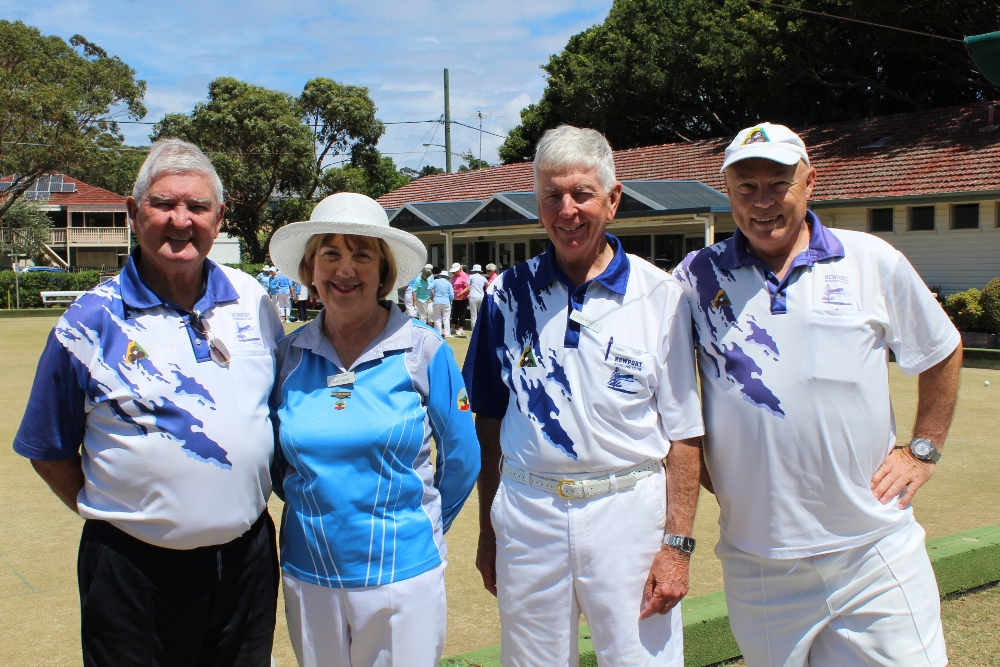
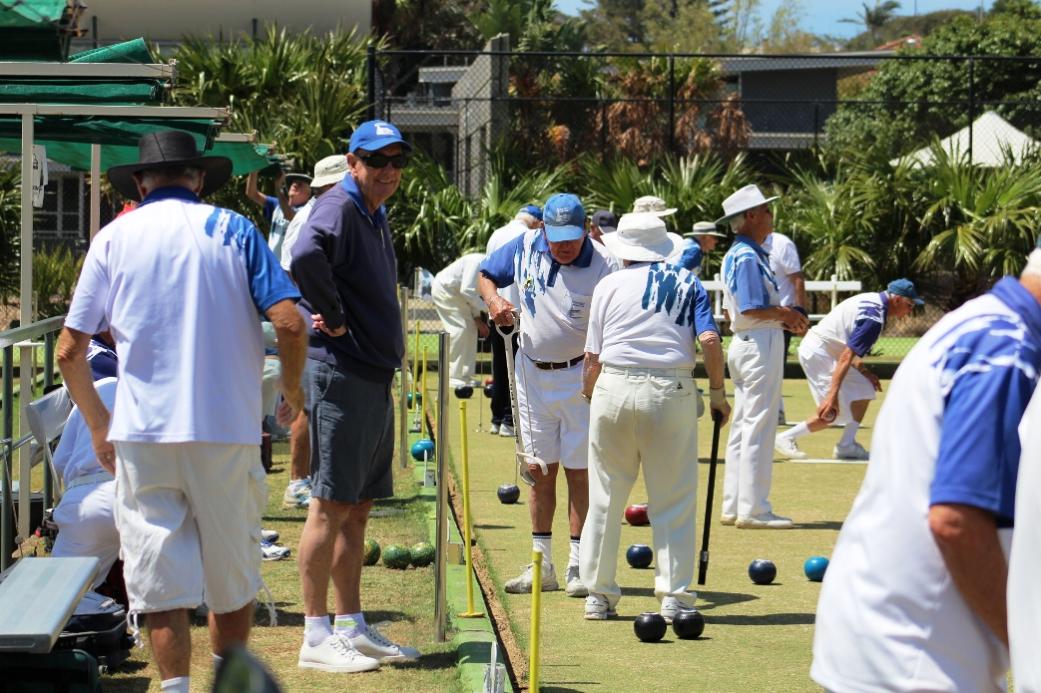
The Macphersons Of Wharriewood: The William Joseph Macpherson Albums
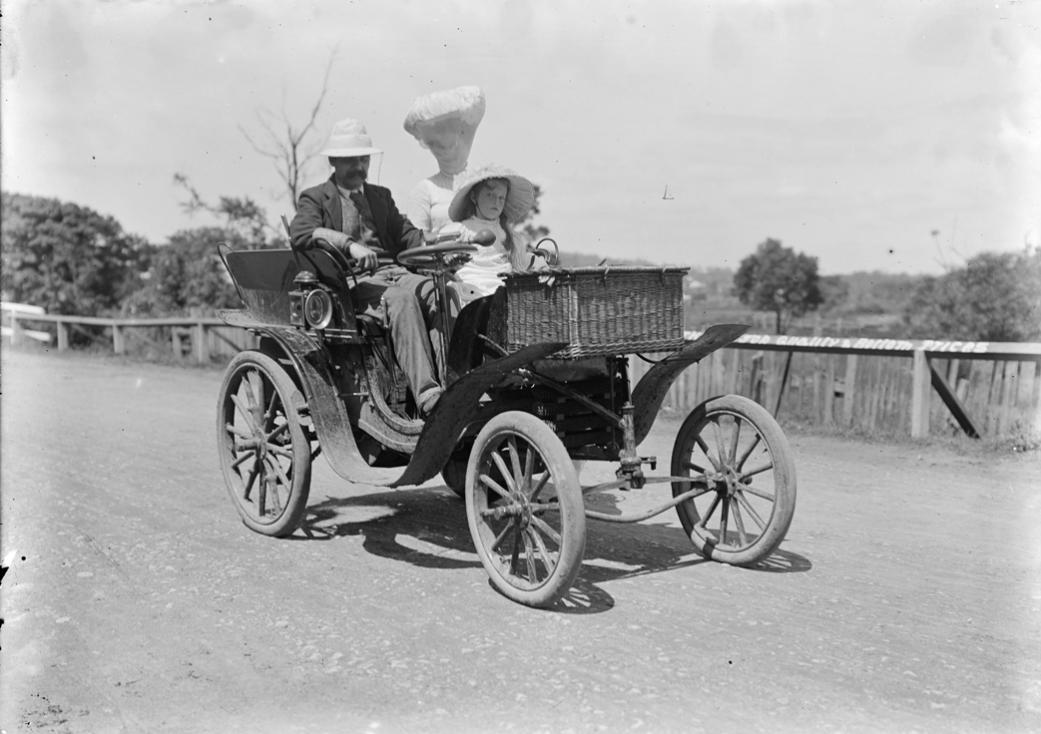

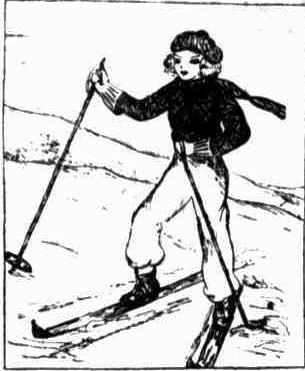
Bilgola SLSC Surfboat Division 2017
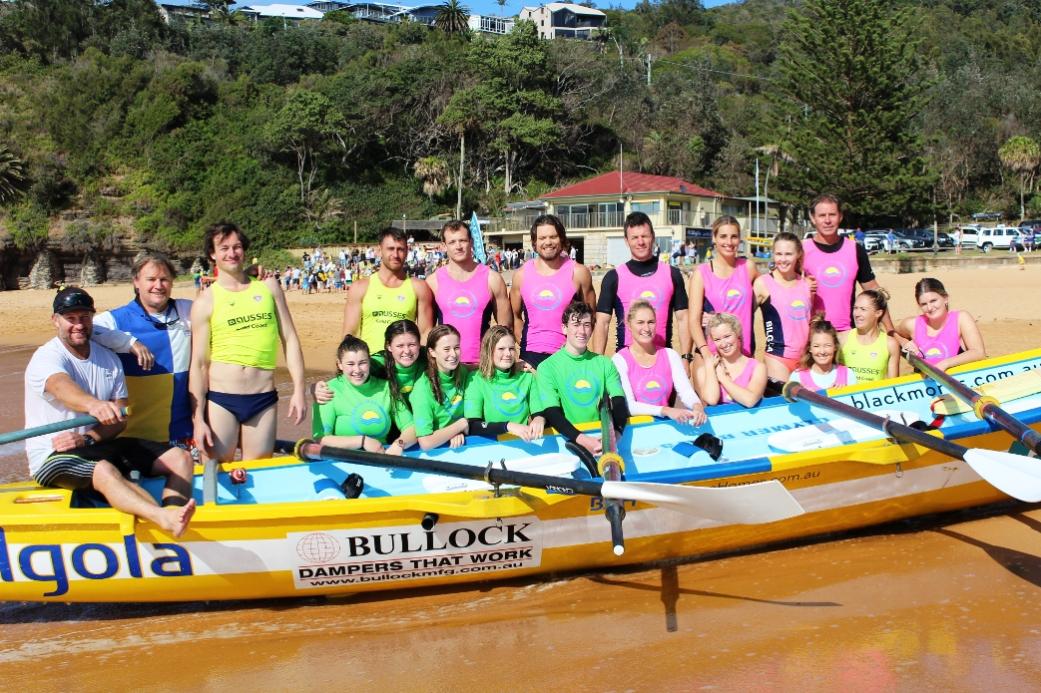
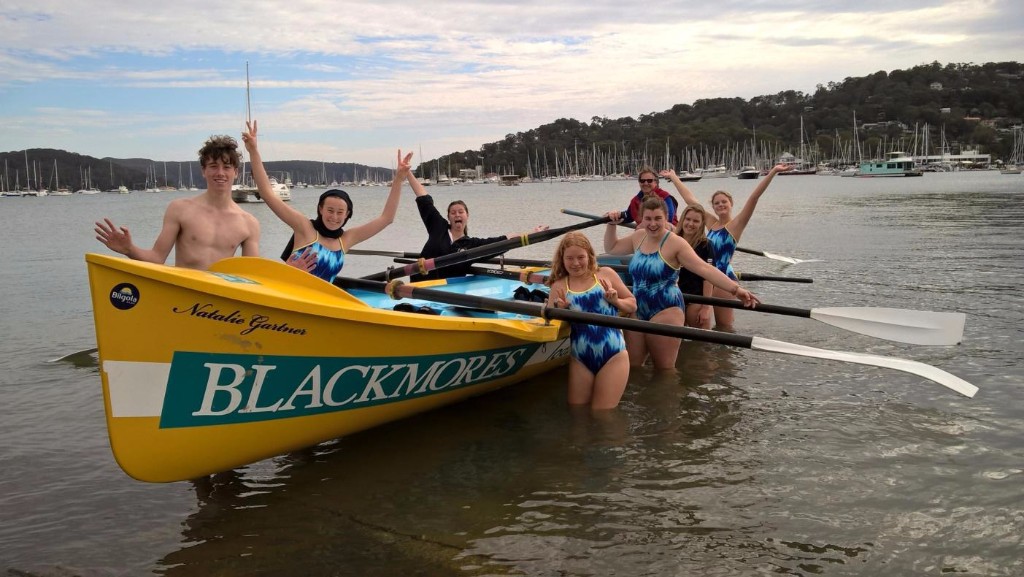
November
Newport SLSC's Jake Lynch Awarded Surf Sports Athlete Of The Year At The National Surf Life Saving Awards Of Excellence
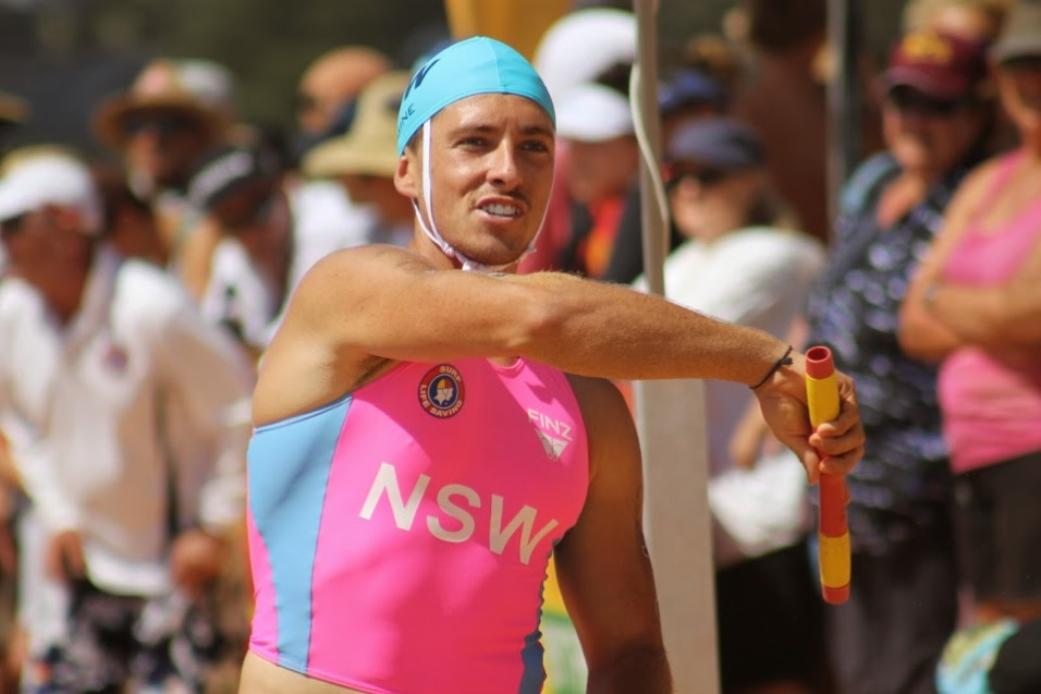
SLSA 2017 National Awards Of Excellence
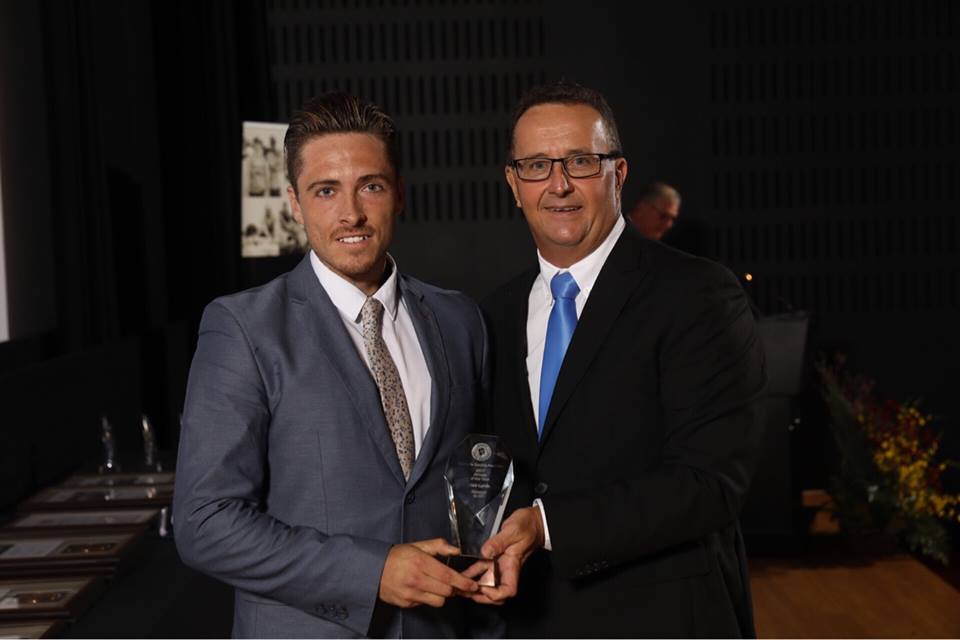
Australian Sailing Awards 2017: The Winners
Also: Australian Sailing Hall Of Fame Inducts Olympians, Paralympians, America’s Cup Champions And Ocean Racers
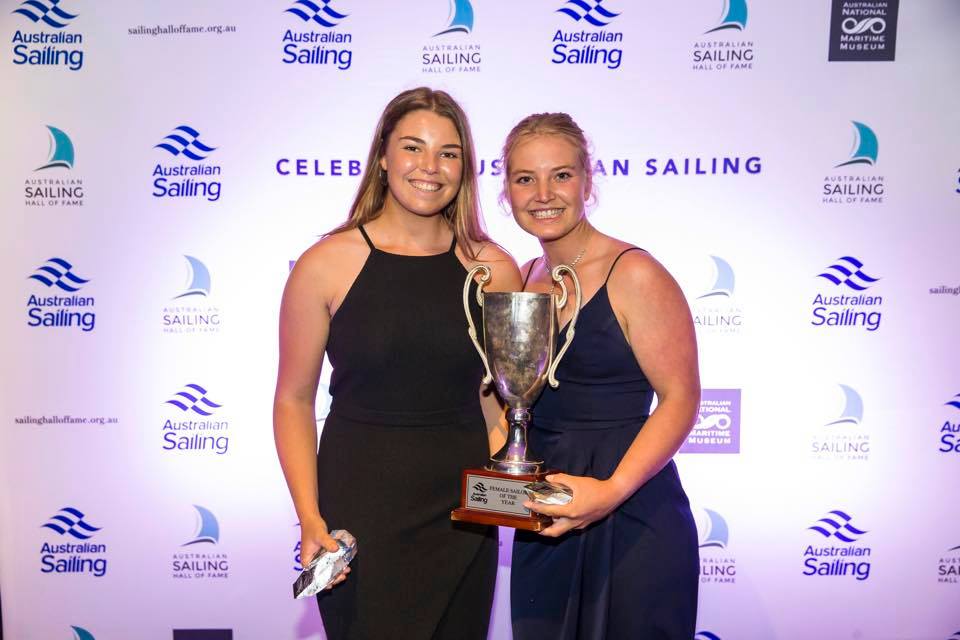
Awards Show Australian Sailing’s Diverse Strength
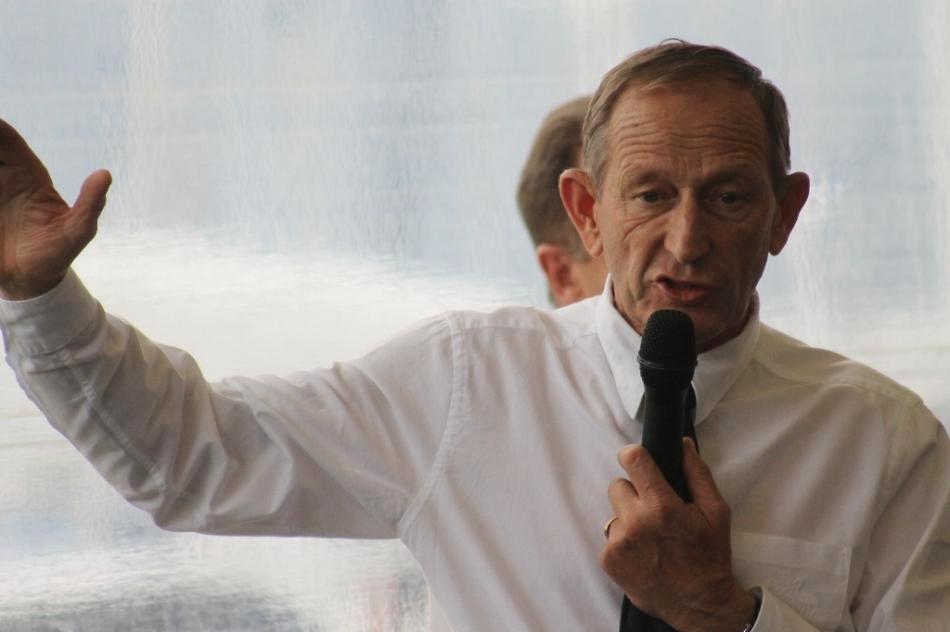
Remembrance Day In Pittwater: 11.11.2017
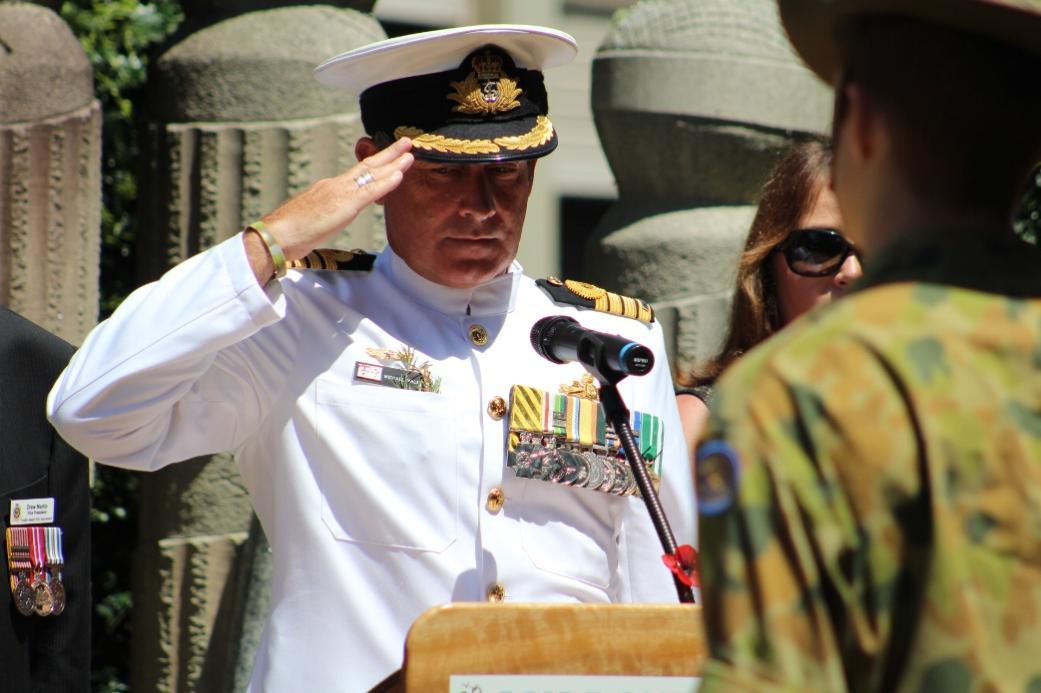
Remembrance Day Services were held in Pittwater yesterday at Palm Beach RSL, Pittwater RSL and Avalon Beach RSL. Conducted by the Sub Branches of these clubs, the occasion marks the 99th year since the first and honours, by observing a minute’s silence at the 11th hour of the 11th day of the 11th month, all those who have died serving our country in wars, conflicts and peacekeeping operations.
We thank Elijah and Ella for allowing us to share his Remembrance Day addresses.
Remembrance Day Address: Ella Couston
Distinguished guests, members of the Avalon Beach RSL Sub-Branch, the Avalon community, and all others present here today…..
We assemble here on this particularly poignant day, Remembrance Day, with our symbolic red poppies, to honour and appreciate the service of all those in the Australian Defence Force, past and present. We acknowledge both survivors AND those whose sacrificed their lives to defend and preserve the liberties that modern Australia now enjoys.
On this day 99 years ago, in Compiegne, France, an armistice was signed between the Allies and the Central Powers, that ended the conflict underpinning the War to End All Wars. Australia lost 1.2% of its population in the First World War, with an additional 3.2% of our population being wounded, gassed or taken prisoner. These times of adversity and hardship borne from war, inflicted heavy tolls on Australia, as a nation and as a patchwork of supportive communities...
yet we sought, through charity, social security, regenerative healthcare and the Returned Services League, to assist those suffering from ill health, disfigurement, and physical and mental disability.
It is also known that Australians valorously fought on the campaigns of Gallipoli in Turkey, and on the Western Front in France and Belgium. Over 416 thousand Australian diggers enlisted to fight for King and Country in these engagements. Many of you in attendance, have relatives, family friends and loved ones who have worn the uniform of the Australian Defence Force, or have even yourselves been involved in active service.
My great-grandfather Olly Howden, and his younger brother George Howden, were among the first soldiers to land on the shores of ANZAC Cove on the Gallipoli Peninsula, on April 25th, 1915.
George, the 440th Australian male recruit to enlist in the AIF, was tragically killed in action, one of more than 2 thousand ANZAC fatalities incurred on that fateful day, now commemorated as the day of the ANZACS.
The Gallipoli Campaign in the Middle Eastern theatre took the lives of 8,150 courageous young ANZACs over 10 months in 1915. Additionally, the Western Front and the Somme claimed the lives of some 45,000 soldiers in slightly more than 8 weeks. Australian wartime history has etched names like Passchendaele, Ypres, Fromelles, Pozières, Villers Bretonneux, Suvla Bay, Lone Pine, Hill 60, Beersheba and many others into popular memory.
The fact of the matter is that all of these statistics add up and with the loss of every service man and woman, comes not only thousands of heartbroken families, but the deprivation of life's opportunities.
“The Remembrance Day Armistice forged on that cold autumn morning, however, was only a bitter, partial peace.”
The time now known as the Interwar Period lasted a brief 20 years, before the killing resumed. Barely a generation had passed. This time, the forefront of conflict reared its head on the shores of Sydney Harbour, striking a very tangible fear into our community. Once again, the heroism of Australians serving overseas in the Pacific Theatre, the Coral Sea, New Guinea, Singapore, North Africa, East Africa and the Mediterranean, protected our own national interests and stabilised the world community.
Hardly a day has passed since 1941, when Australians have not been abroad on active duty serving in combat operations.
So, what is the message of this 99th Anniversary of Remembrance?
In the words of General Douglas MacArthur "the soldier, above all others, prays for peace, for it is the soldier who must suffer and bear the deepest wounds and scars of war."
“Contemplation remains our best and only gift”, as we must learn from history's mistakes, and never forget the bold sacrifices made by those who gave so much, for us to gain so much.
The Avalon RSL Memorial captures the spirit of our Veterans, and is one of more than 2 thousand official honour rolls and monuments across the state of New South Wales. Today, it is RIGHT that we honour the service, sacrifice, and contributions of those brave men and women who have served their country at such critical times in our history. Lest we forget.
Remembrance Day 2017 Address: Elijah Thomson
I am thankful of this opportunity to voice my appreciation of the service men and woman who have paved the road of freedom for myself and my generation to walk.
I will begin with the words of Gilbert. K Chesterton who said “The true soldier fights not because he hates what is in front of him, but because he loves what is behind him.”. These words, I feel, cannot prove more relevant to the members of the Australian Defence Force both past and present.
This love. This sacrifice given by these defence personnel for each and every one of us brings hope and freedom to our everyday lives. I will not pretend war is glorious nor pretend I understand the horrors of war either.
But what is glorious is the service men and woman who pledge their lives for the preservation of their country and their people. Those men and woman who breathed hope and peace into the future of their country.
World War one was a test of the Australian spirit. Where 39 % of the male population aged between 18 and 44 enlisted to fight overseas. With almost 62, 000 ADF personnel dead, a massive blow had been swung at the moral of the Australian people. Leaving the families of the fallen behind.
It was only because of our strength and our faith in each other that we were able cope with the grievance of a Second world war. 27,073 brave Australians were killed in the second world war, it was because of the tenacity and spirit of the service men and woman that allowed even the enemy to form a respectful ideal of the Australian defence personnel.
Australia’s service men and woman were praised for their presence in the Korean war. Combating the communist North Korea from taking control of the south. It was the Members of the ADF that effectively stood in the way of a country being totally engulfed by communist advances. 615 decorations were given to Australian Defence personnel for their acts of valour.
Australia is filled with loyal and courageous service men and woman and has always been. The War in Vietnam where Australia provided aid to the Americans and the south proved no different.
Our men and woman fought so bravely and chivalrously that the Vietcong themselves are respectful of the Australians, their enemy who buried the bodies of the fallen, no matter what culture or background. Further proving the humble and reverential nature of our Australian defence personnel.
This heroism has carried on into the more modern wars including the wars in Iraq and Afghanistan. Where Australia has provided aid to severely crippled societies. The Defence personnel of Australia giving up their safety and security to fight for others peace
This legacy left behind by our fearless service men and woman is what allows me to live in freedom and extreme gratitude. It is the solidarity of our Defence personnel that brings hope and comfort to me.
They will never be forgotten, their lives will never fade. But will join the prestigious list of names who forged Australia.
To the service men and woman I say, Thank you. You are the reason why we live in freedom. You are the reason why Australia is respected. You define honour, you define sacrifice.
Lest we Forget.
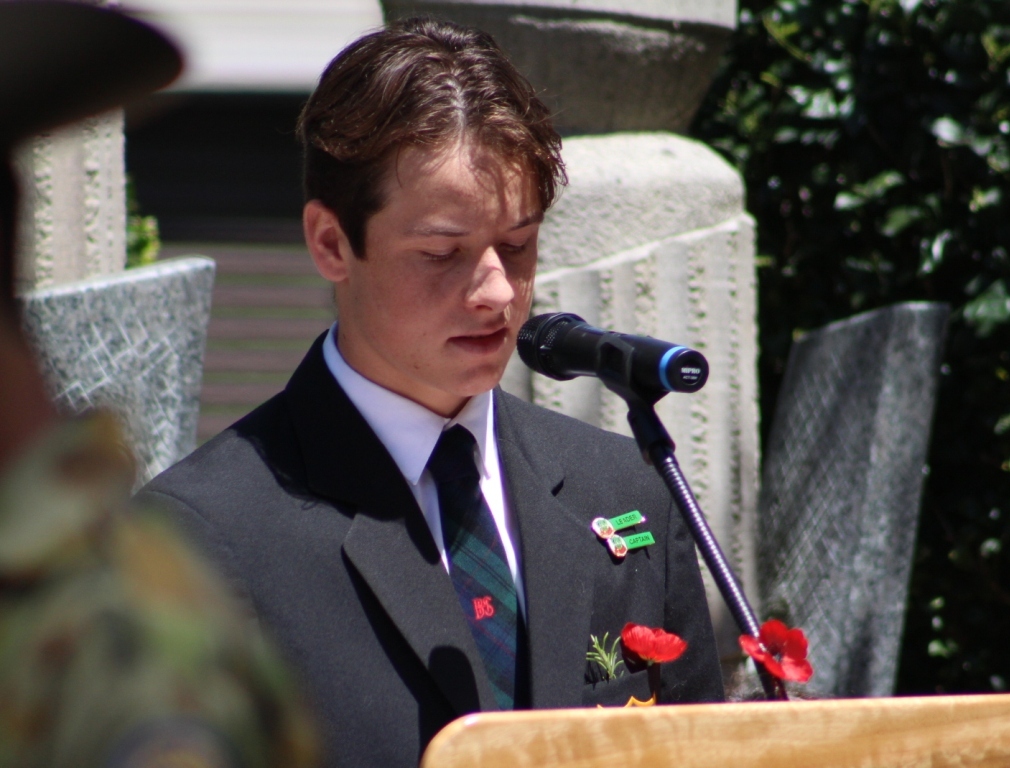
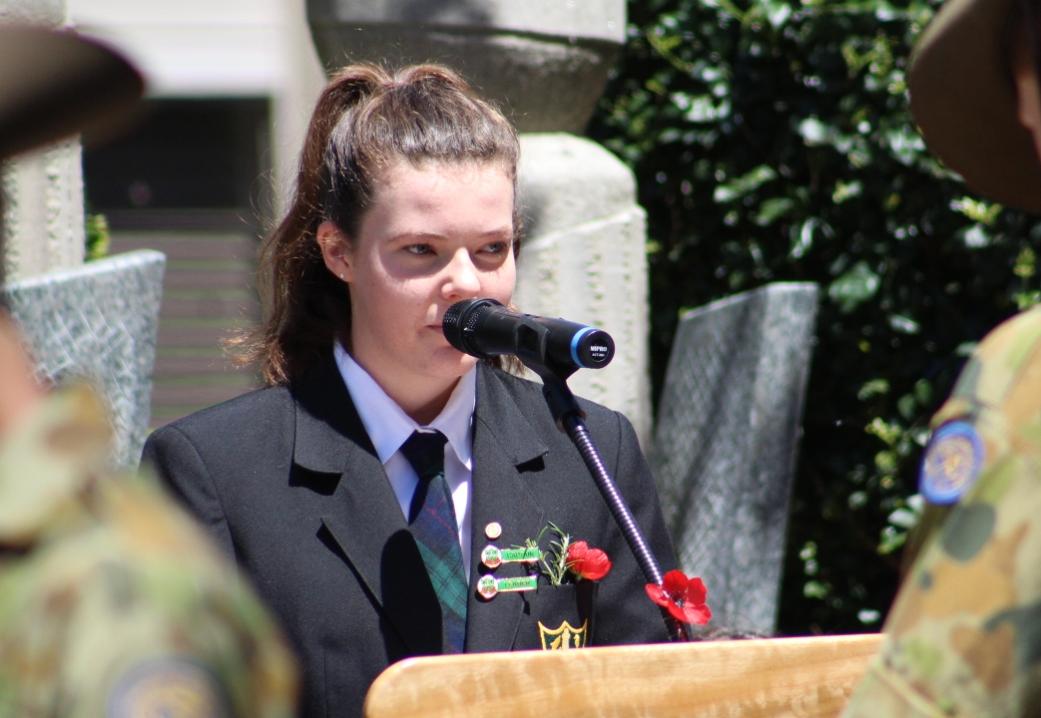
Pittwater: A Very Aquatic Life!
The Palm Beach Longboarders Old Mal - Old Log Rally 2017
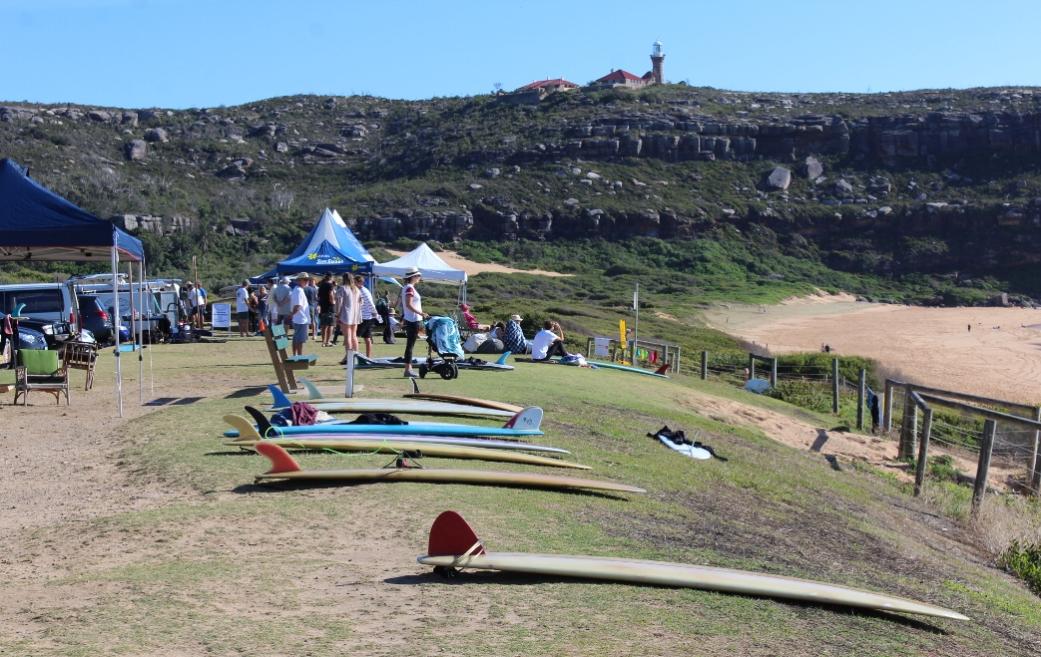
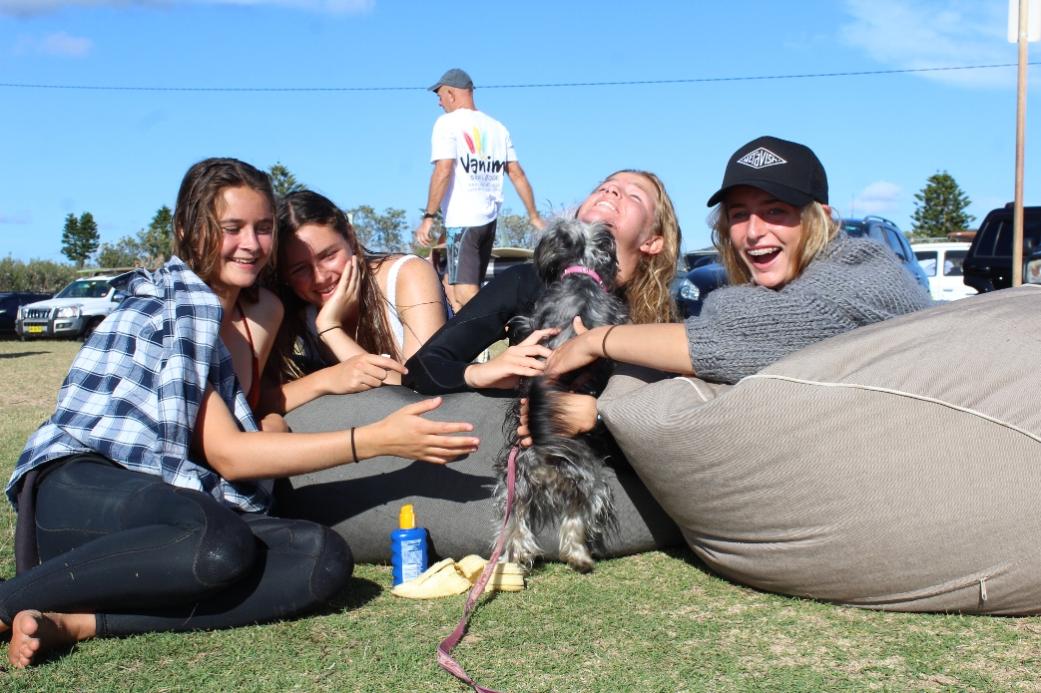
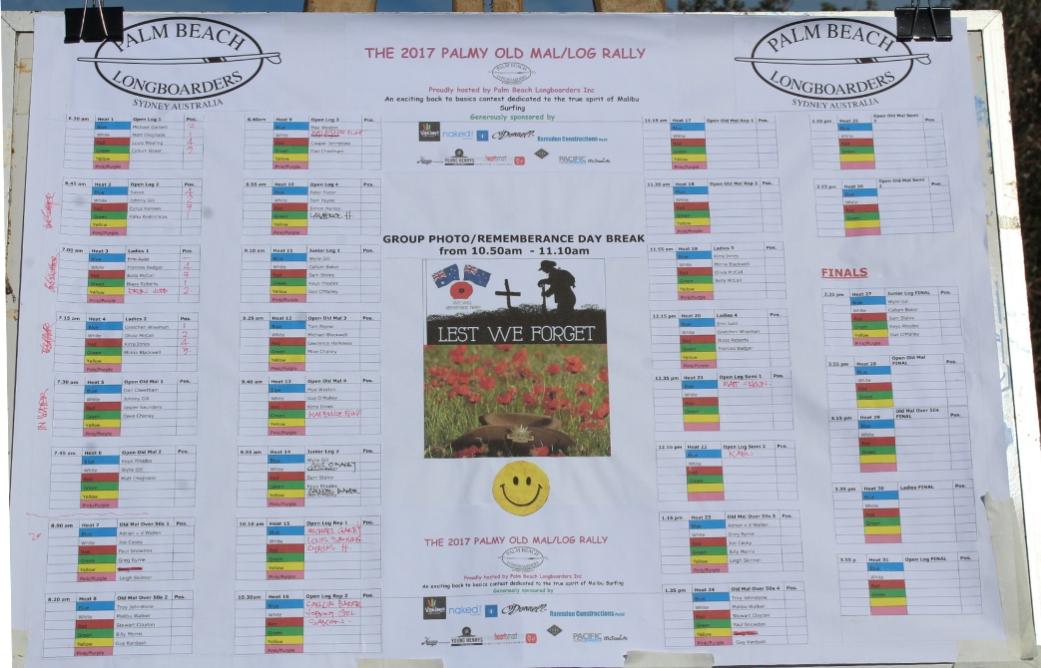
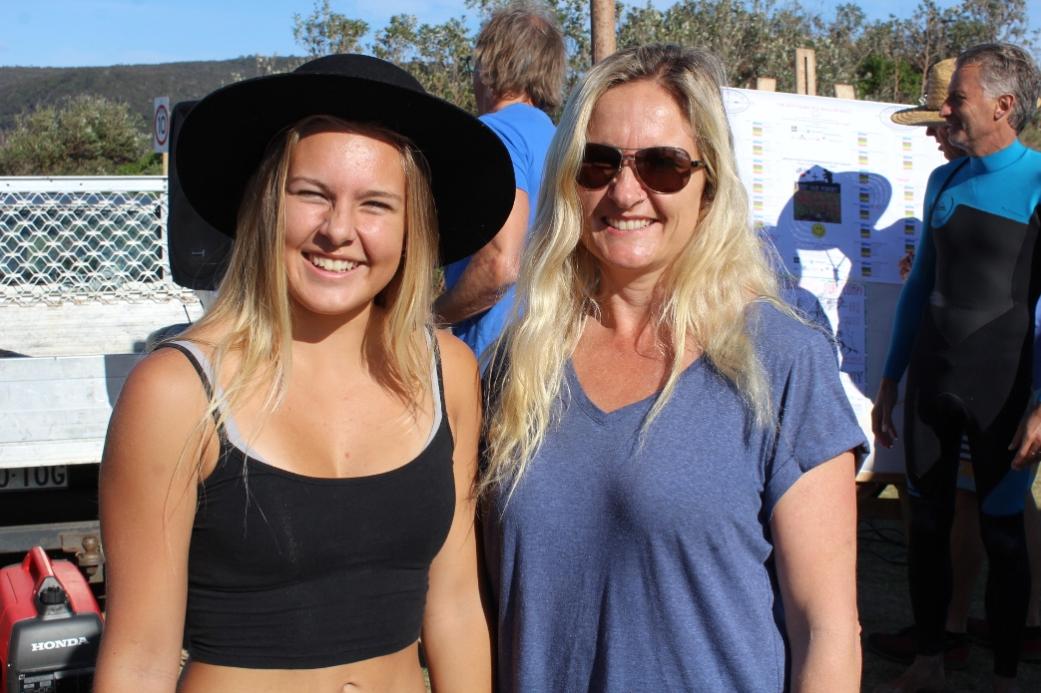
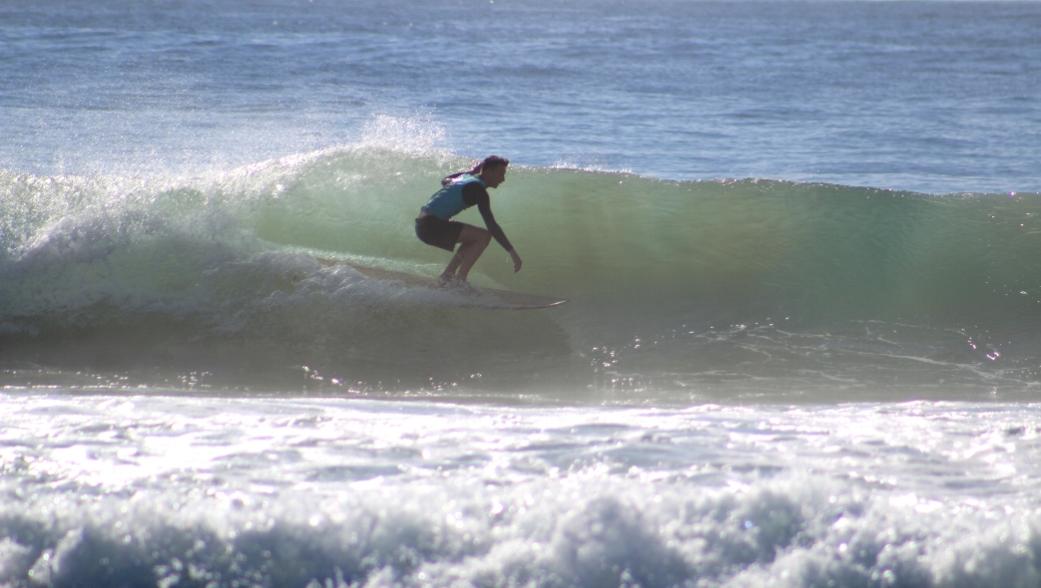
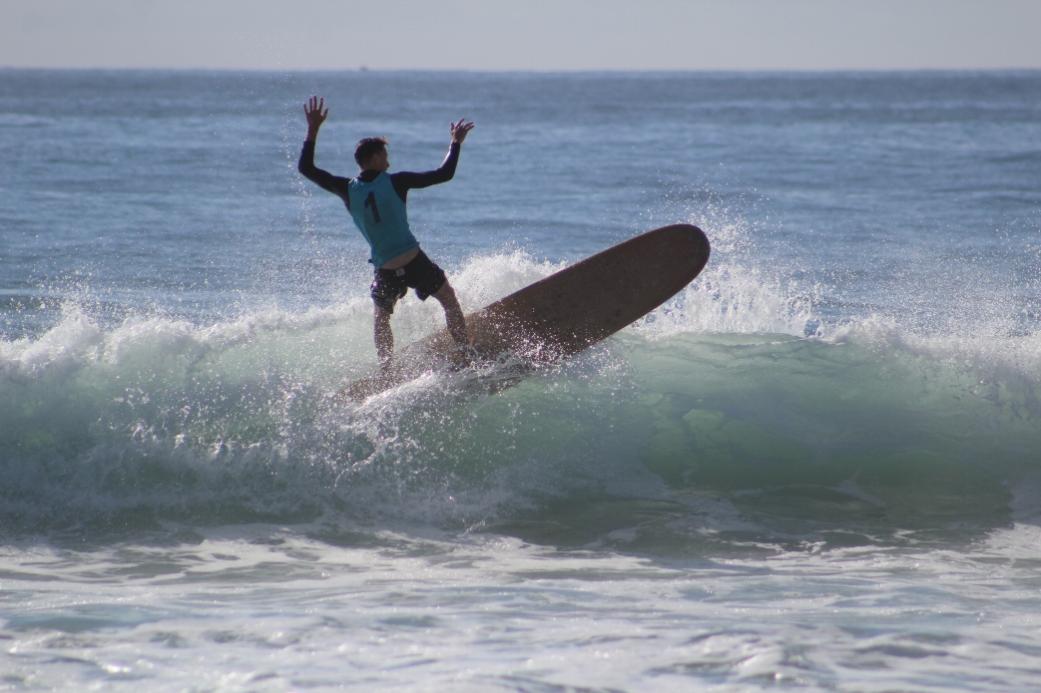
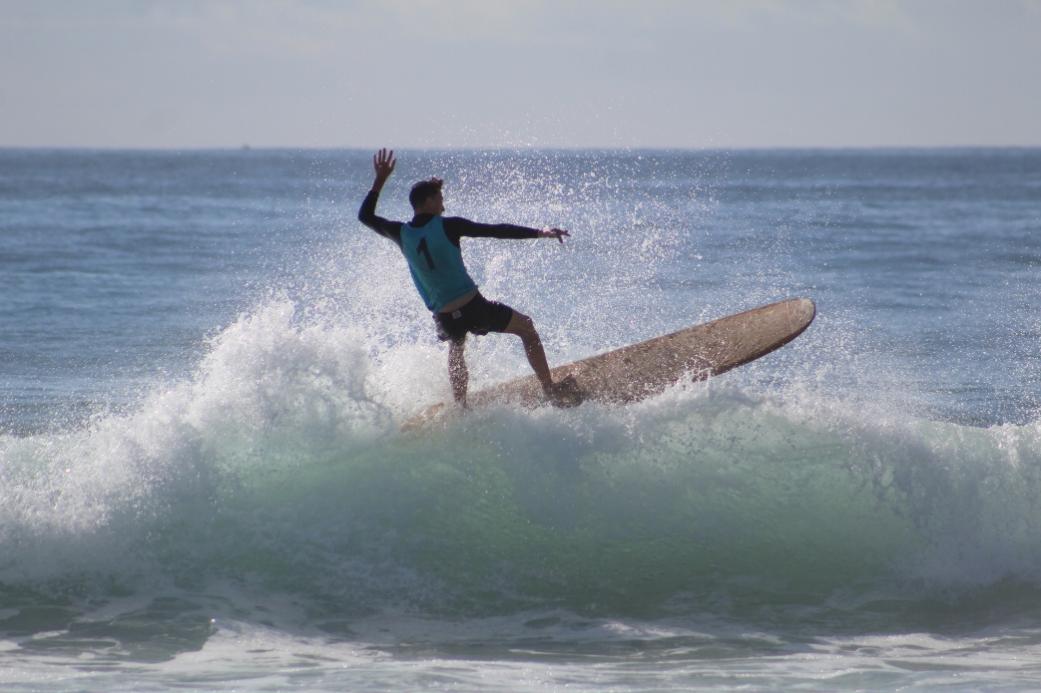
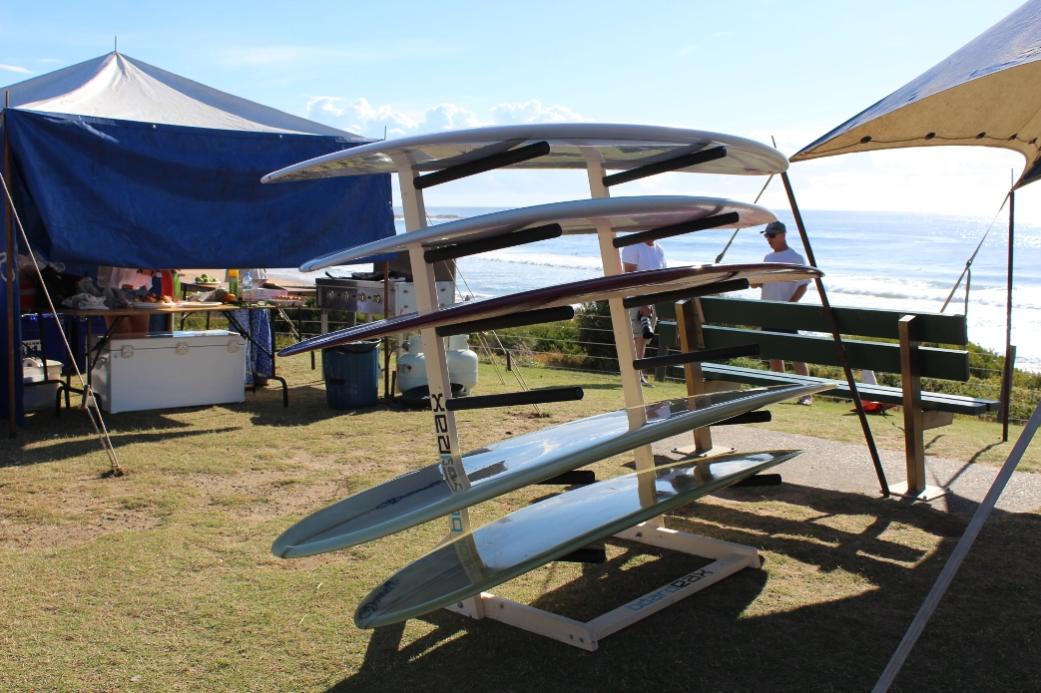
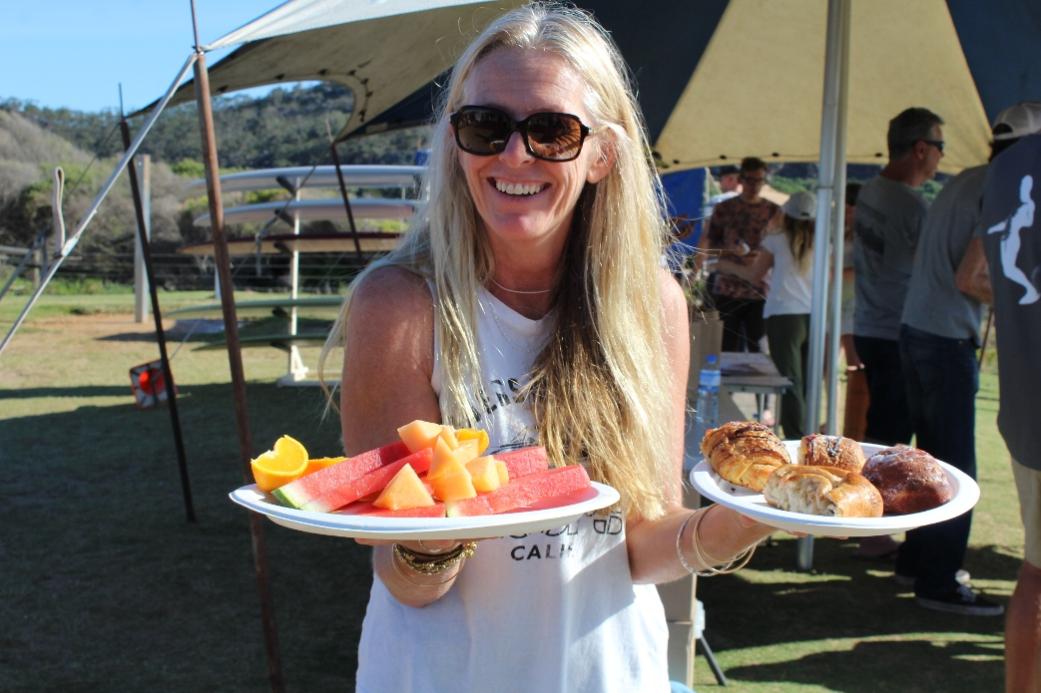
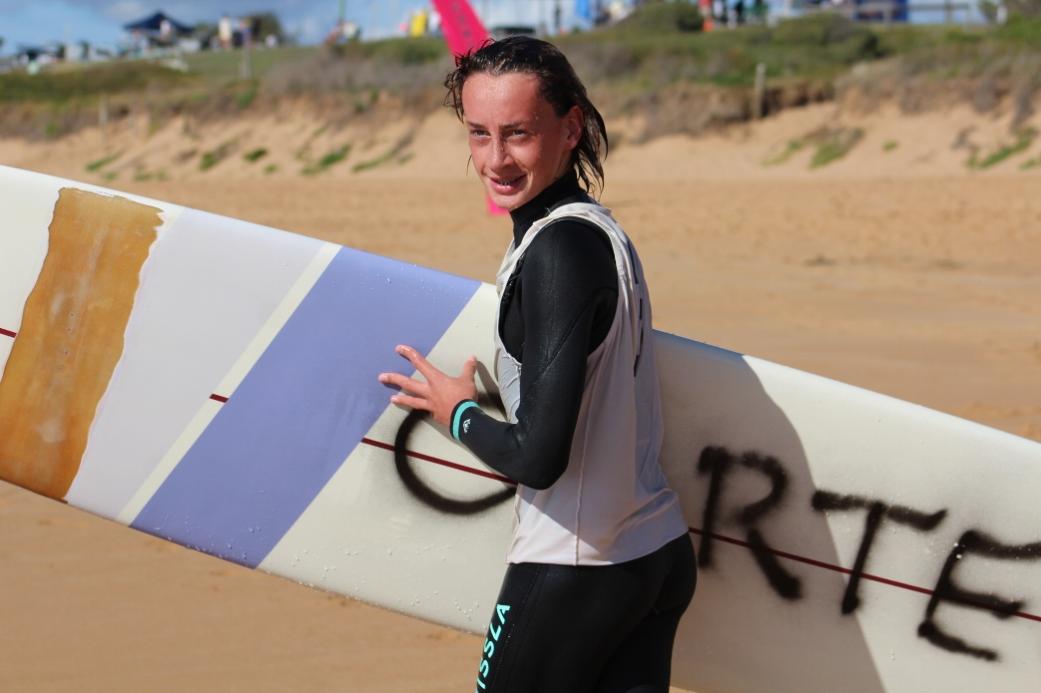
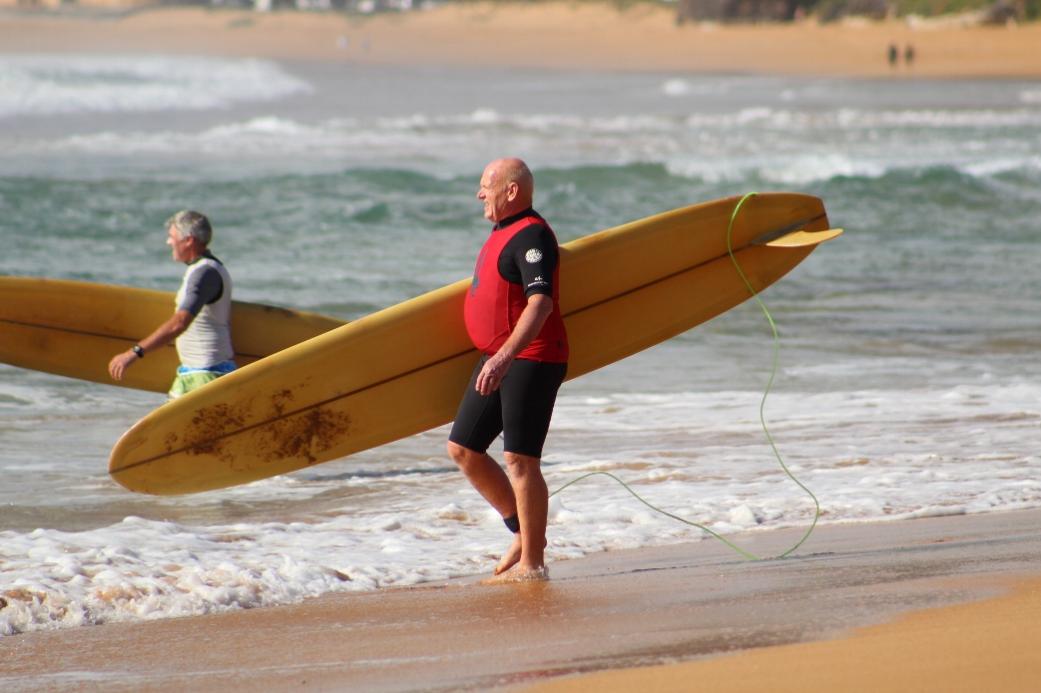
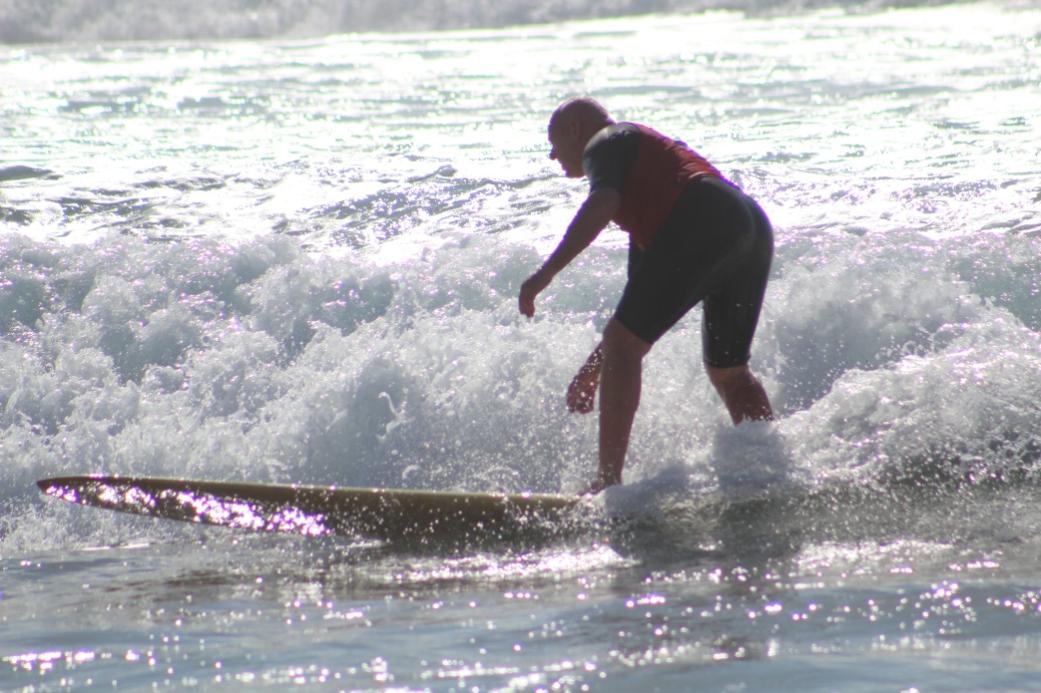
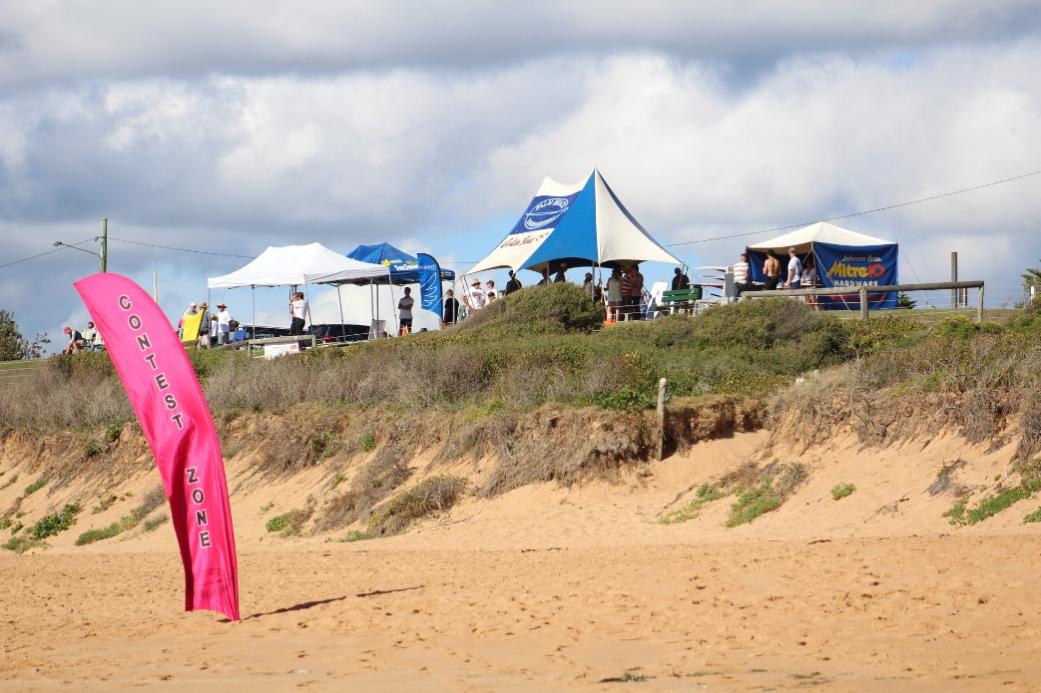
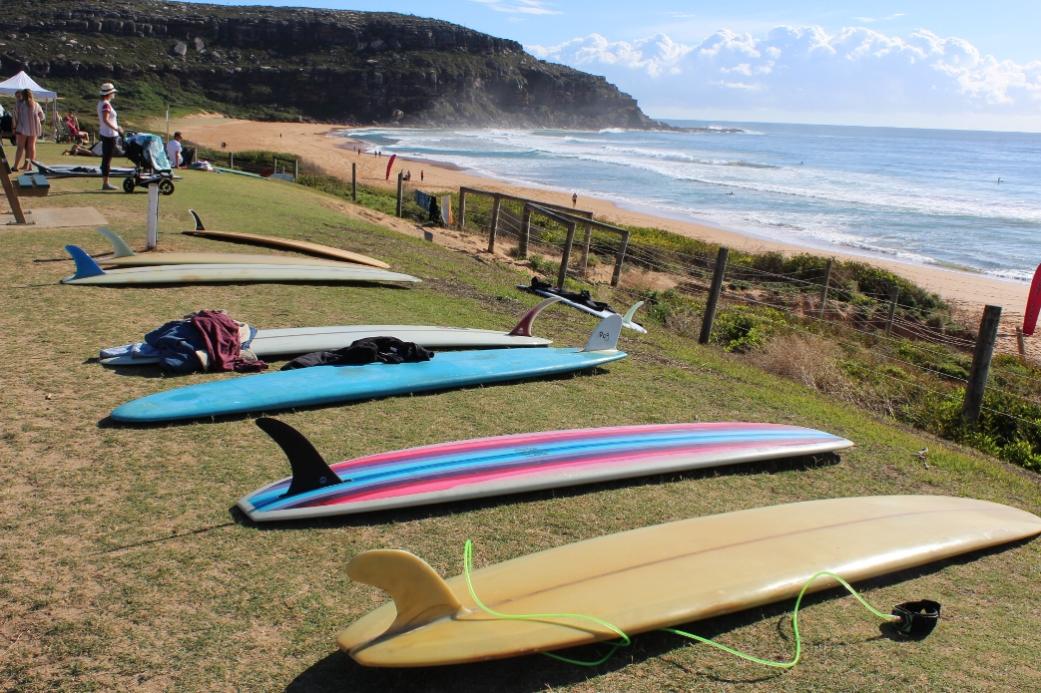
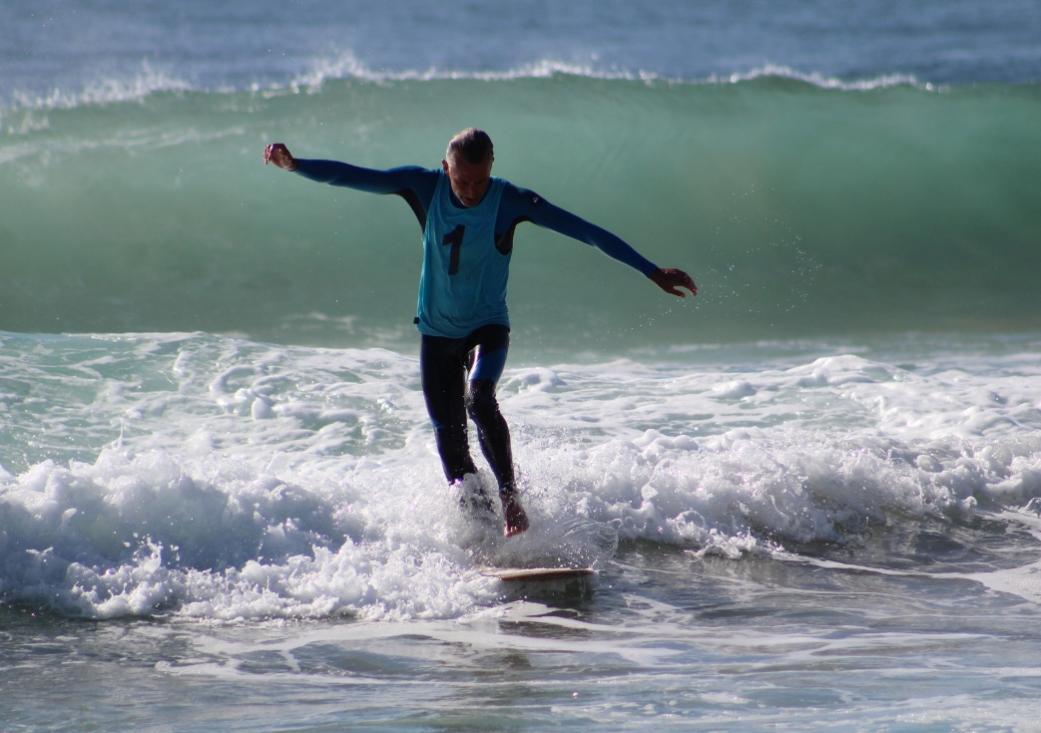
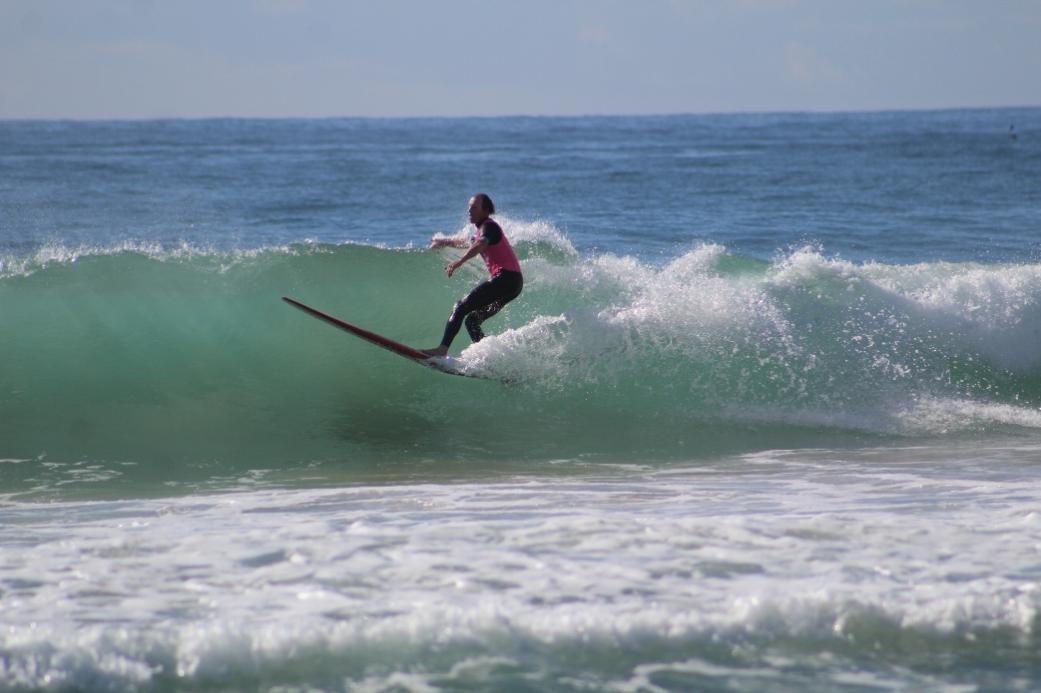
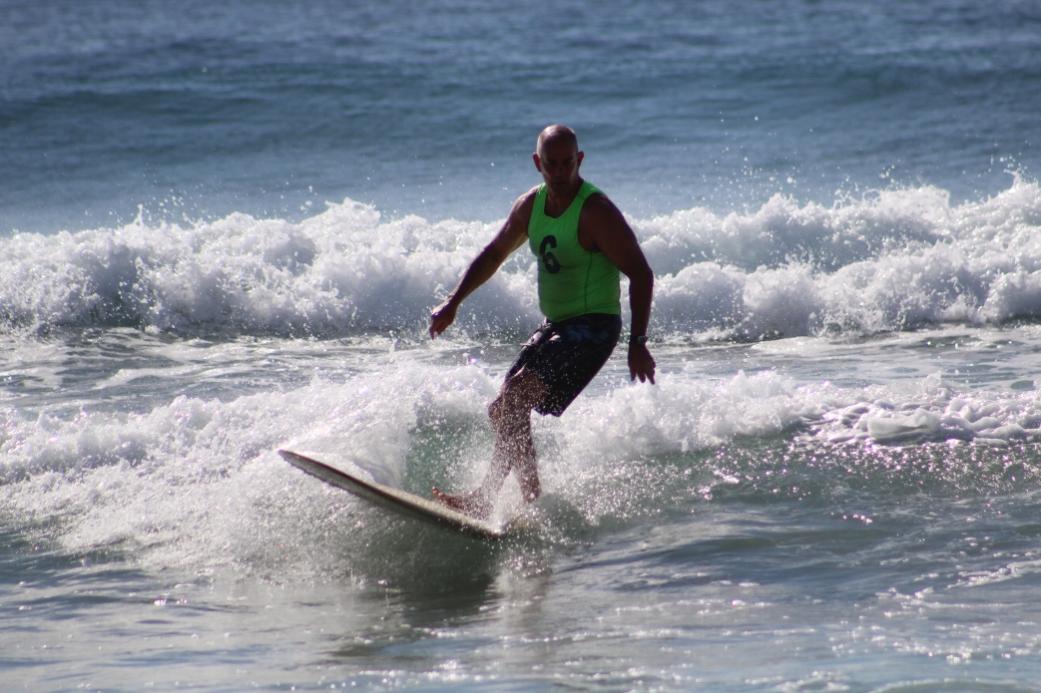
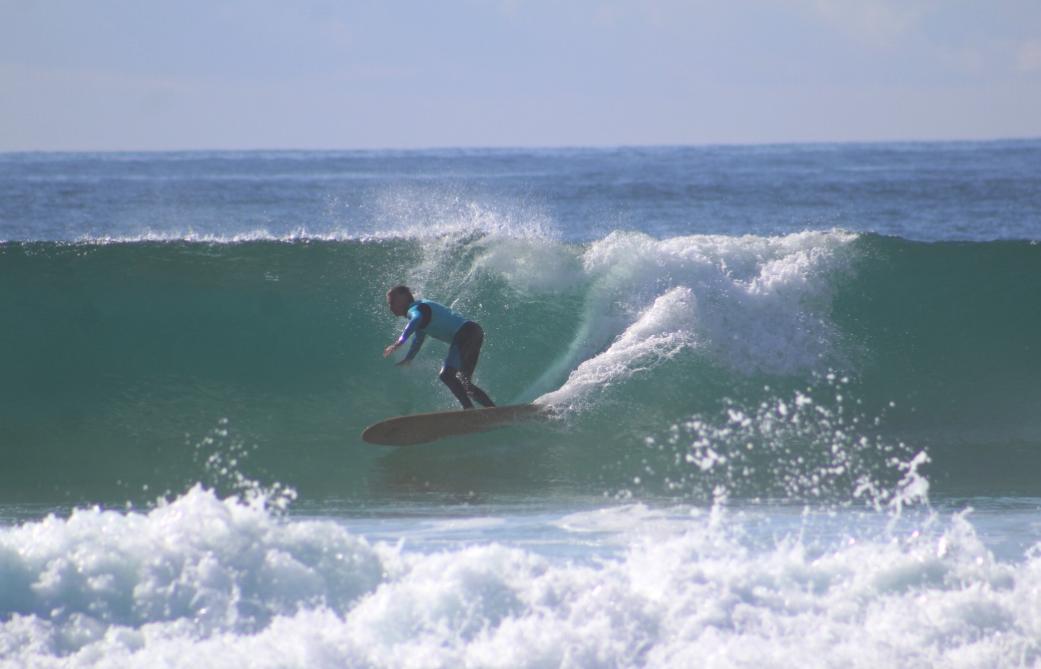
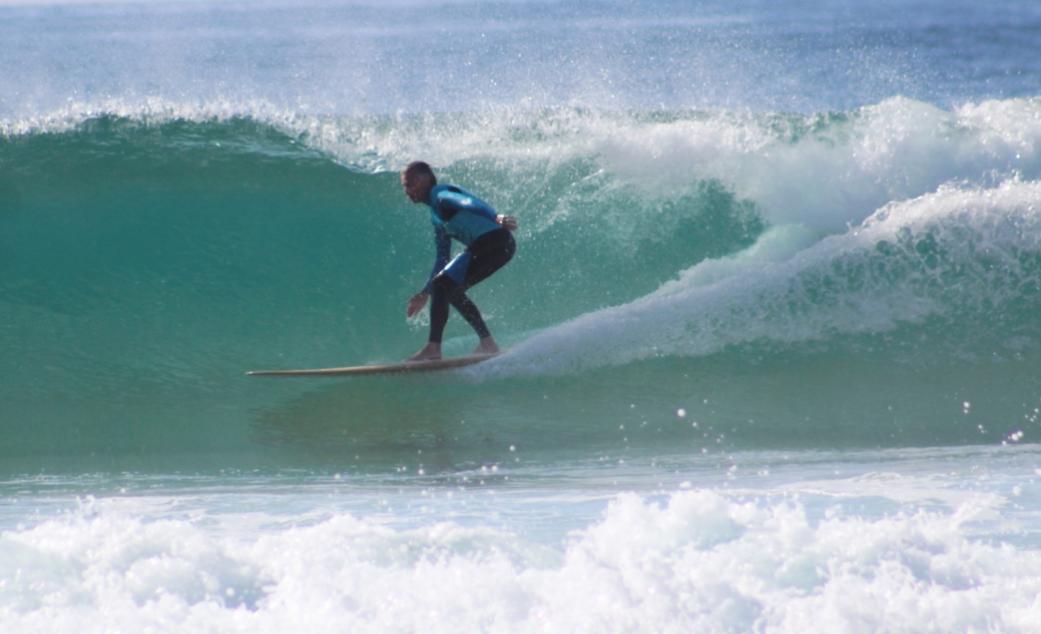
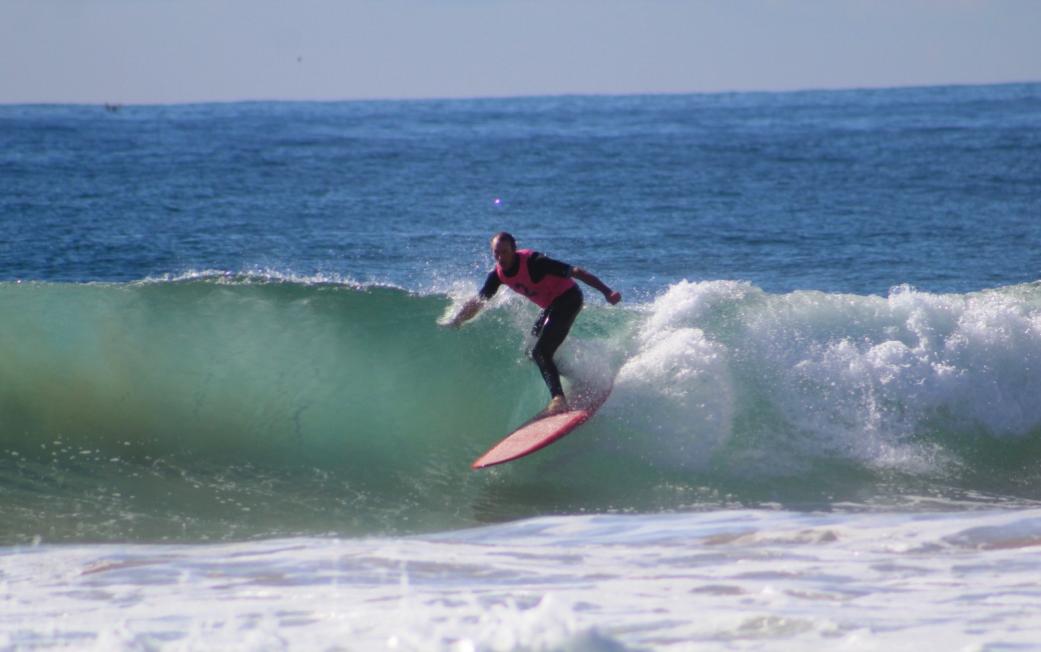
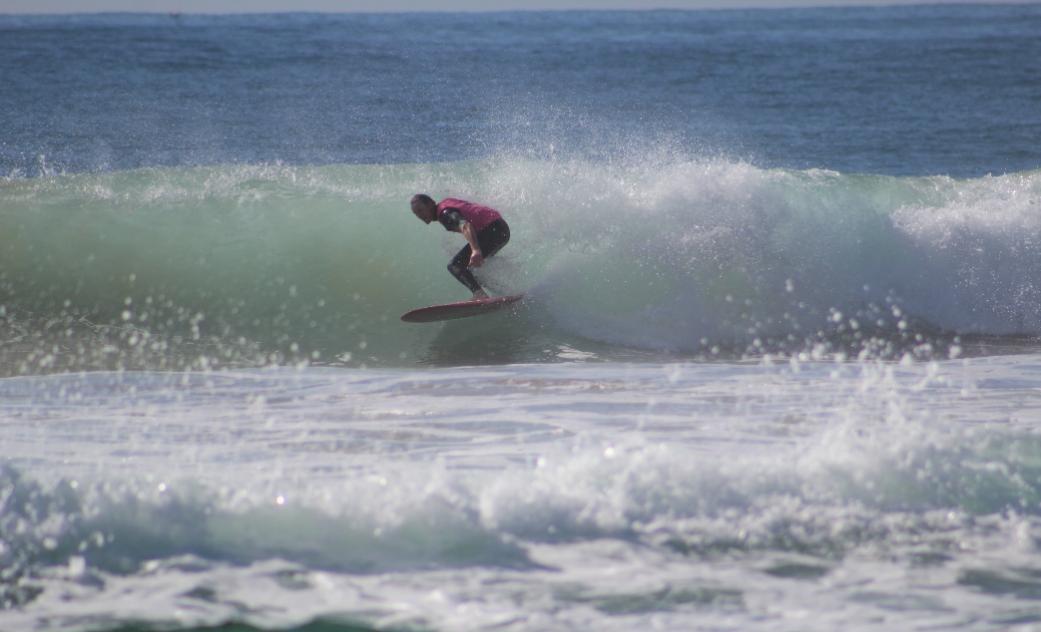
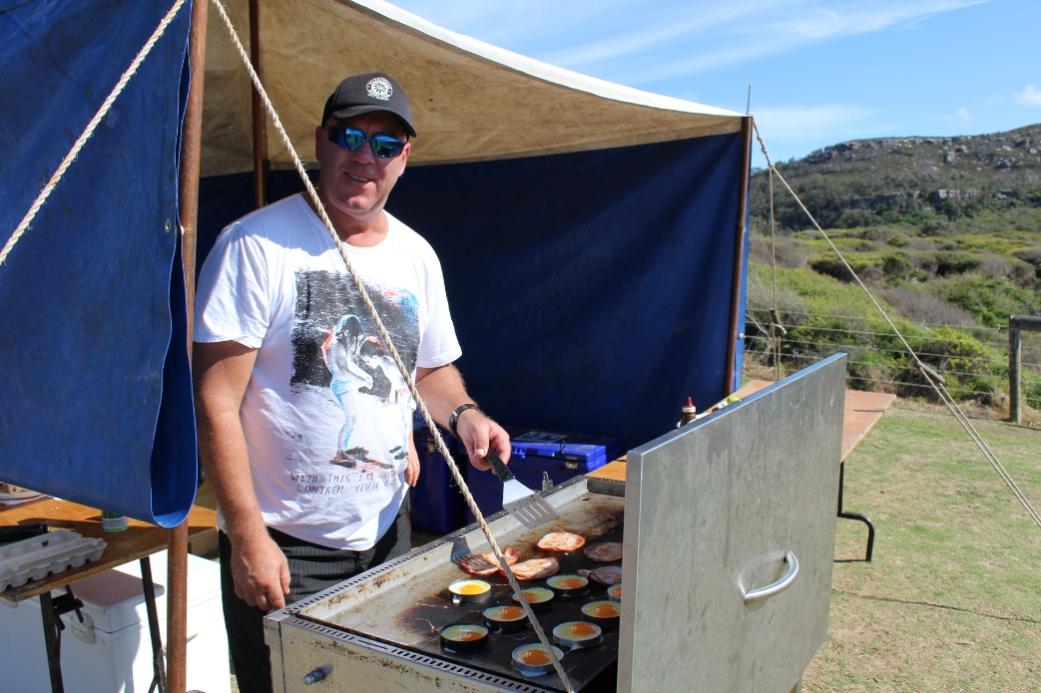
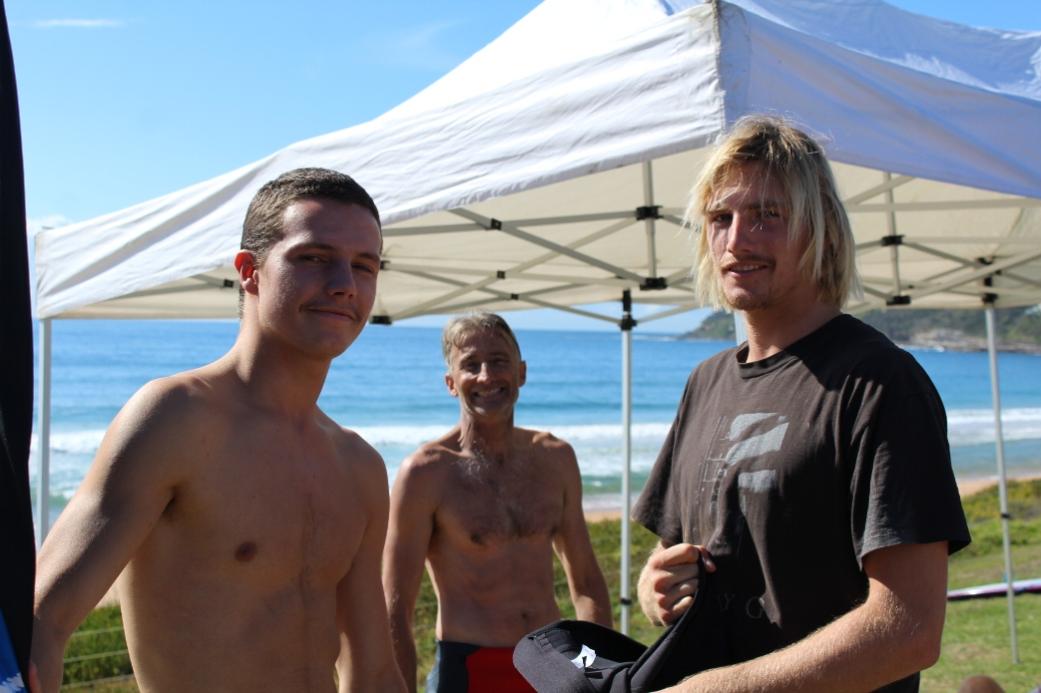
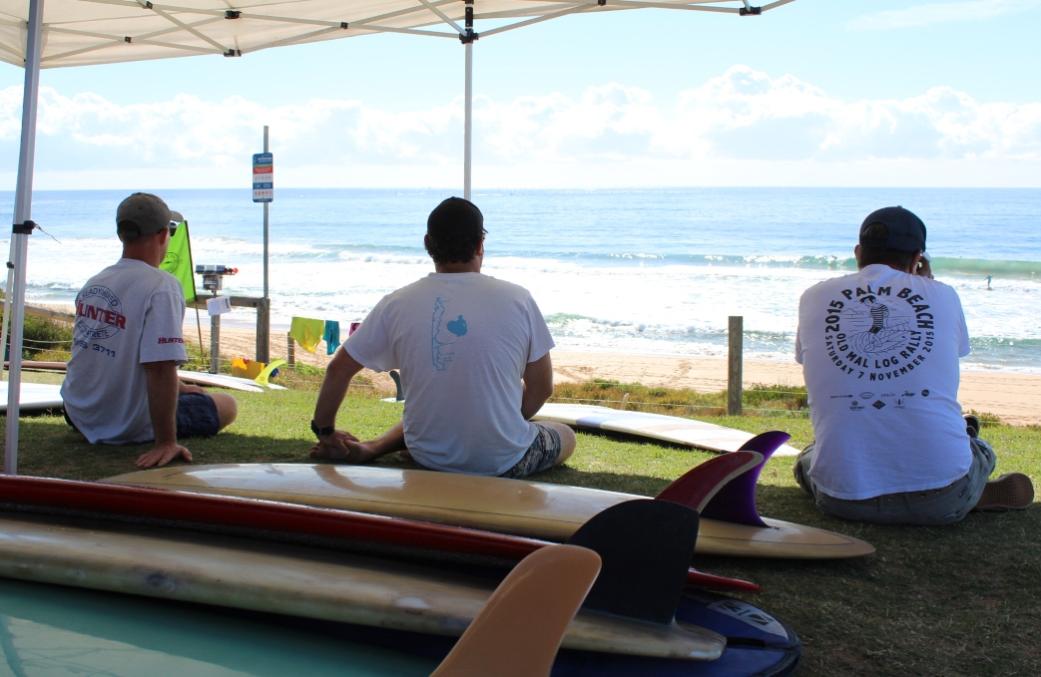
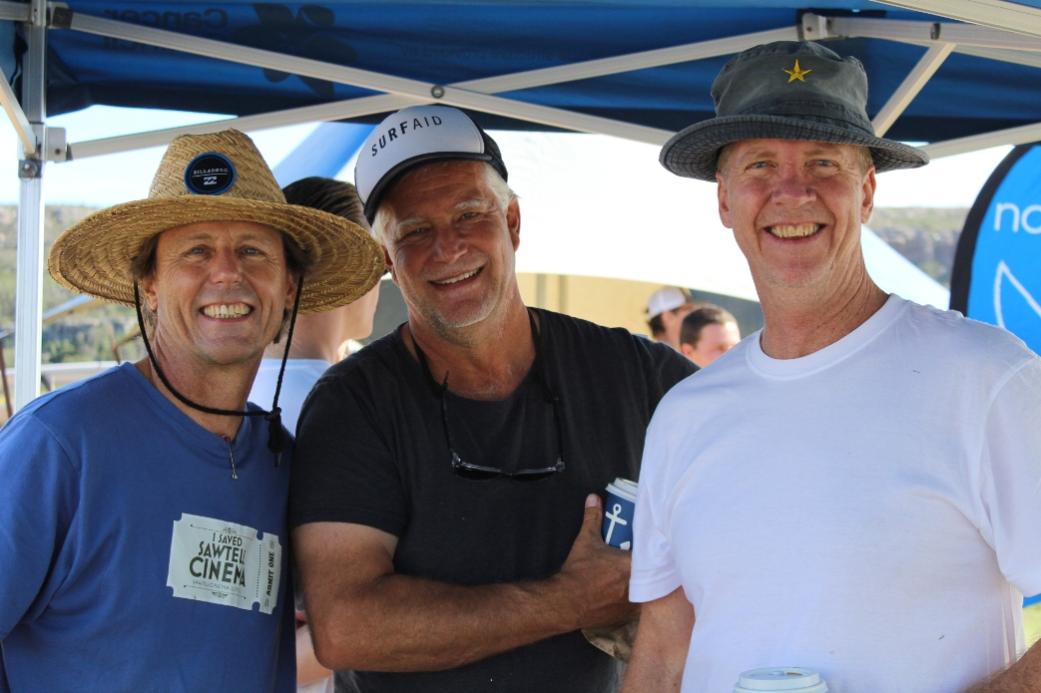
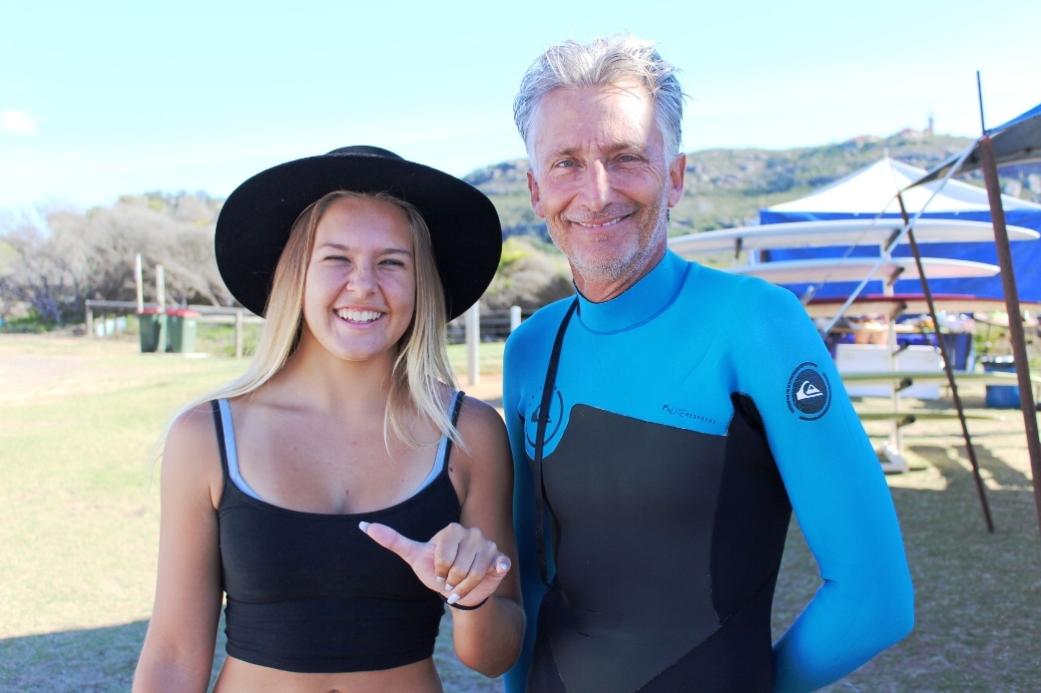
Results:
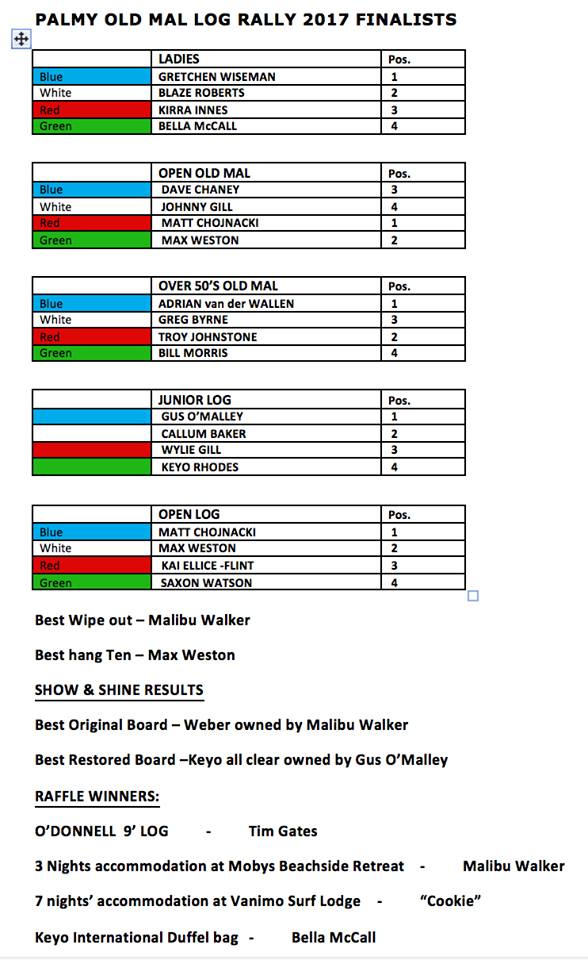
Opti Chicks Weekend At RPAYC
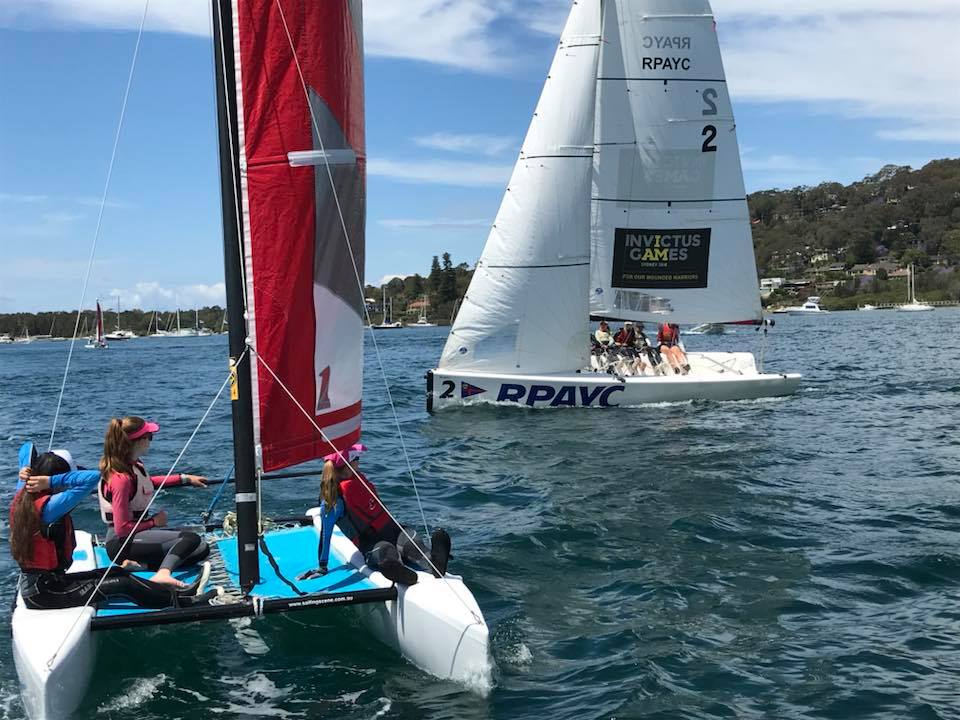
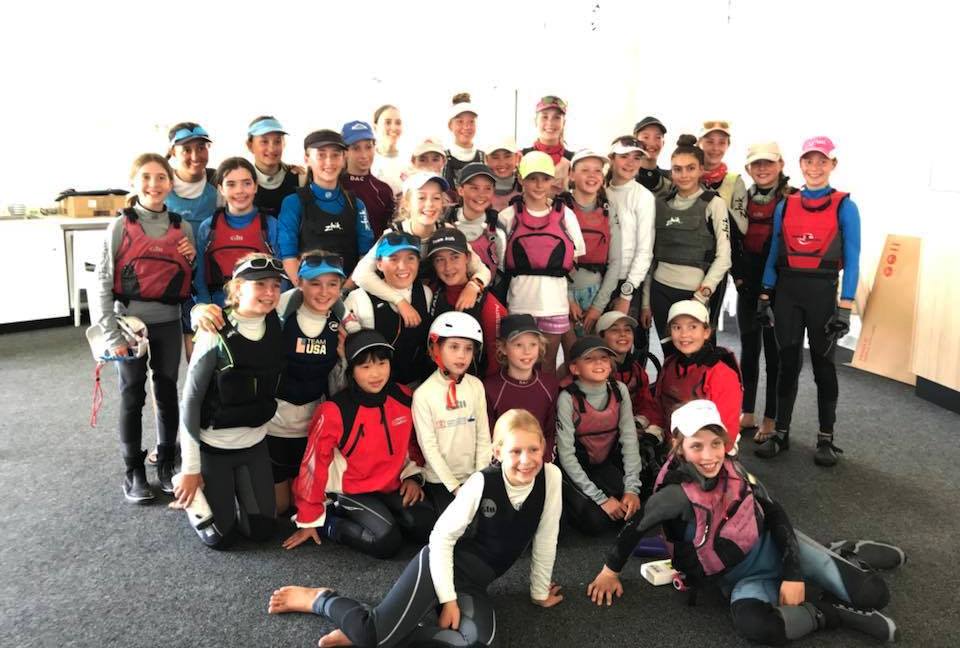
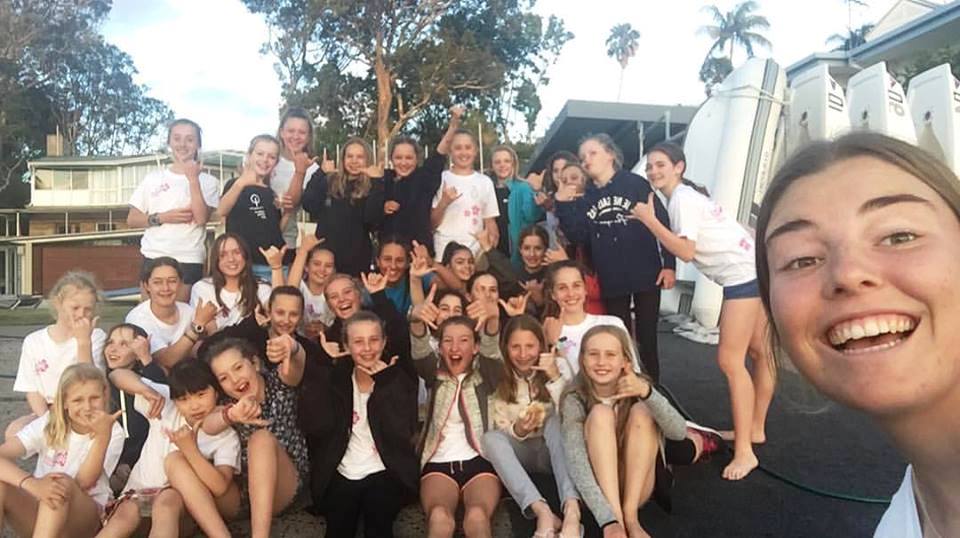
Palm Beach SLSC Hosts Fast Fives
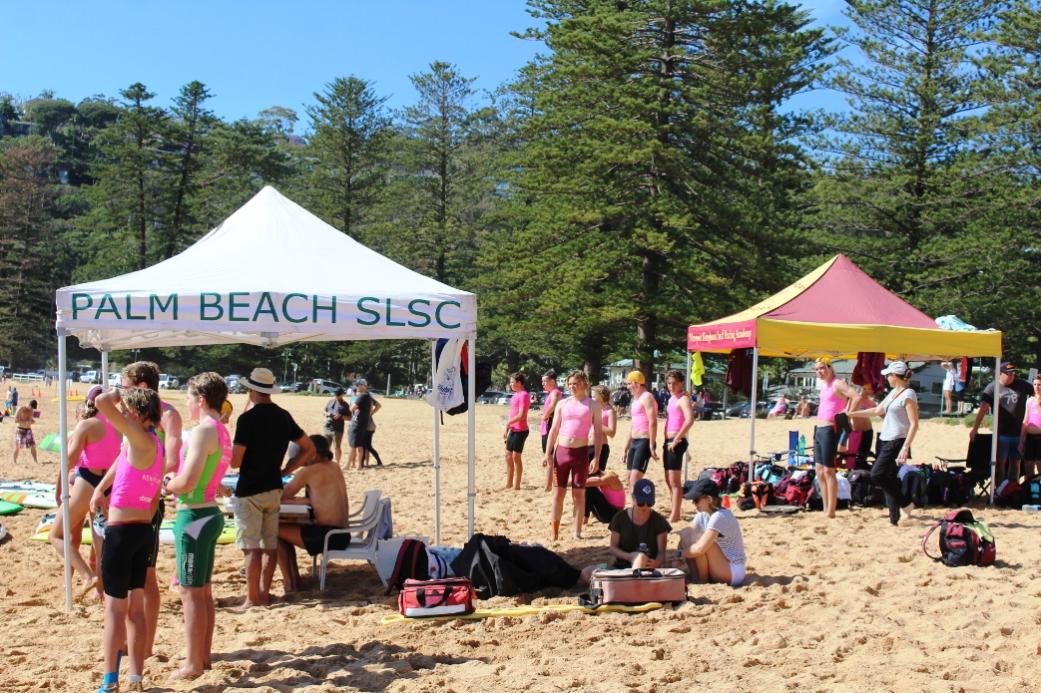
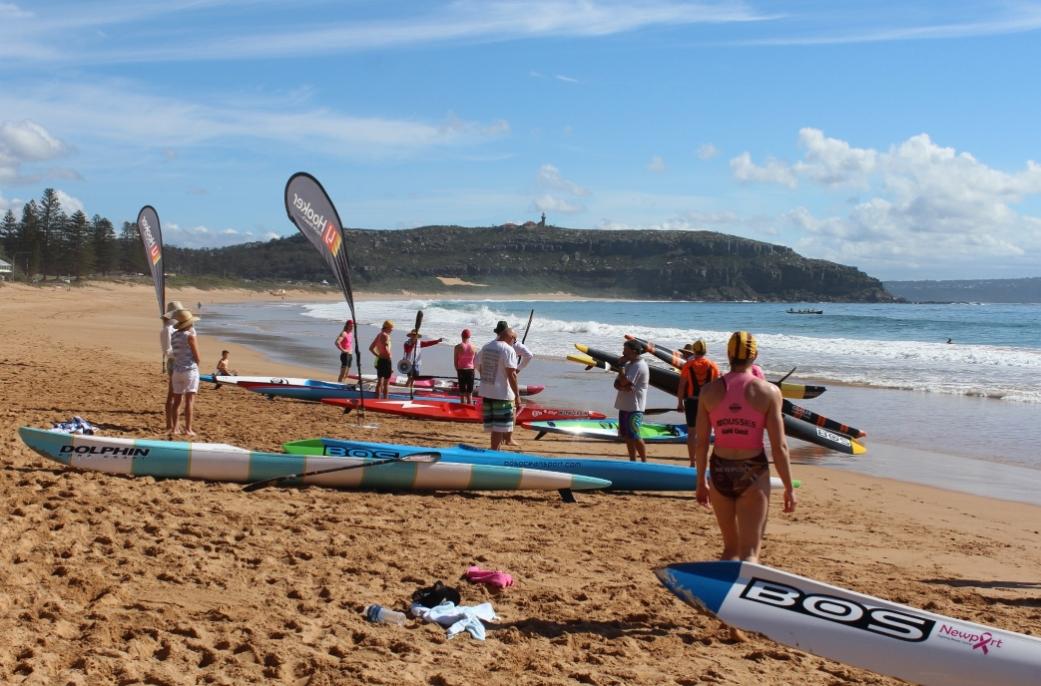
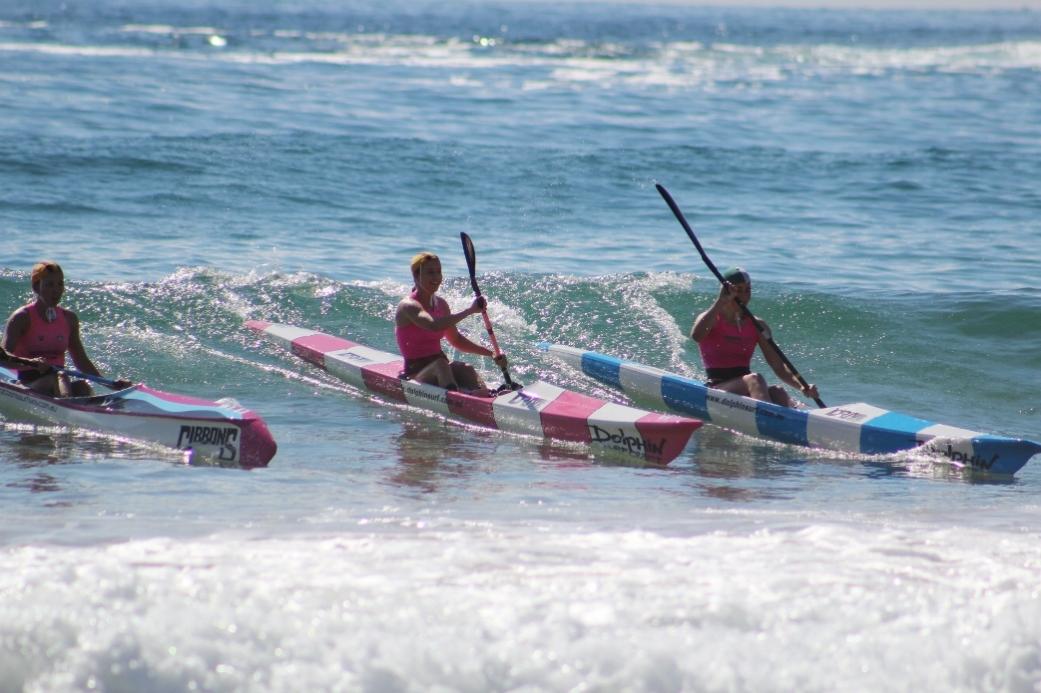
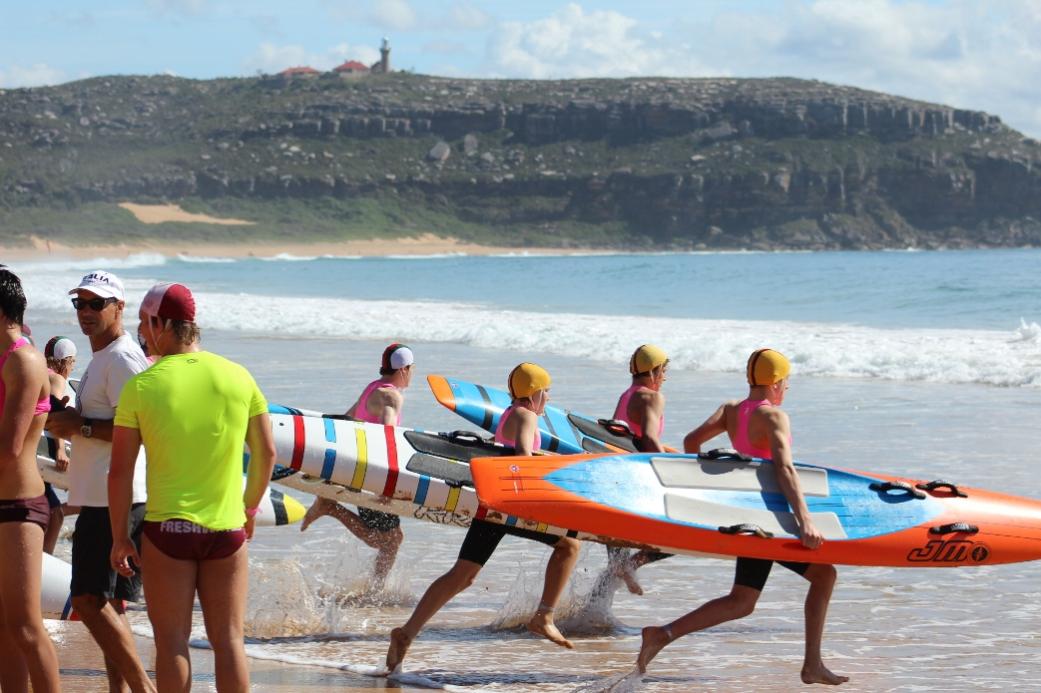
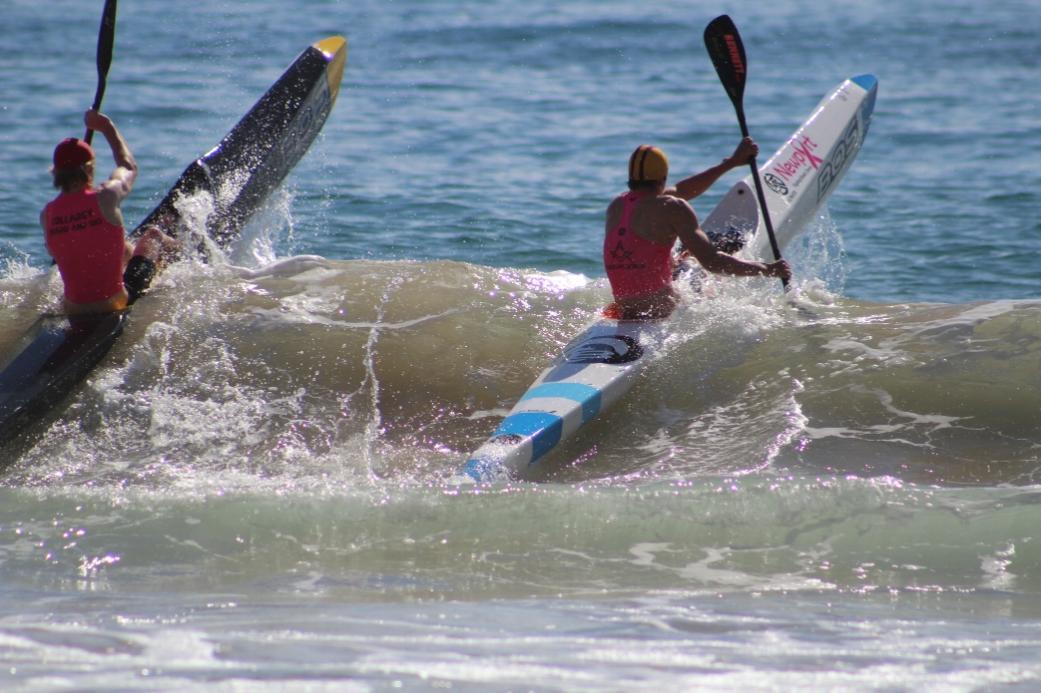
North Avalon Surfriders Association Vs. Newport Plus Boardriders In The 'Battle Of Bends 2017' (+ A Few Extras)
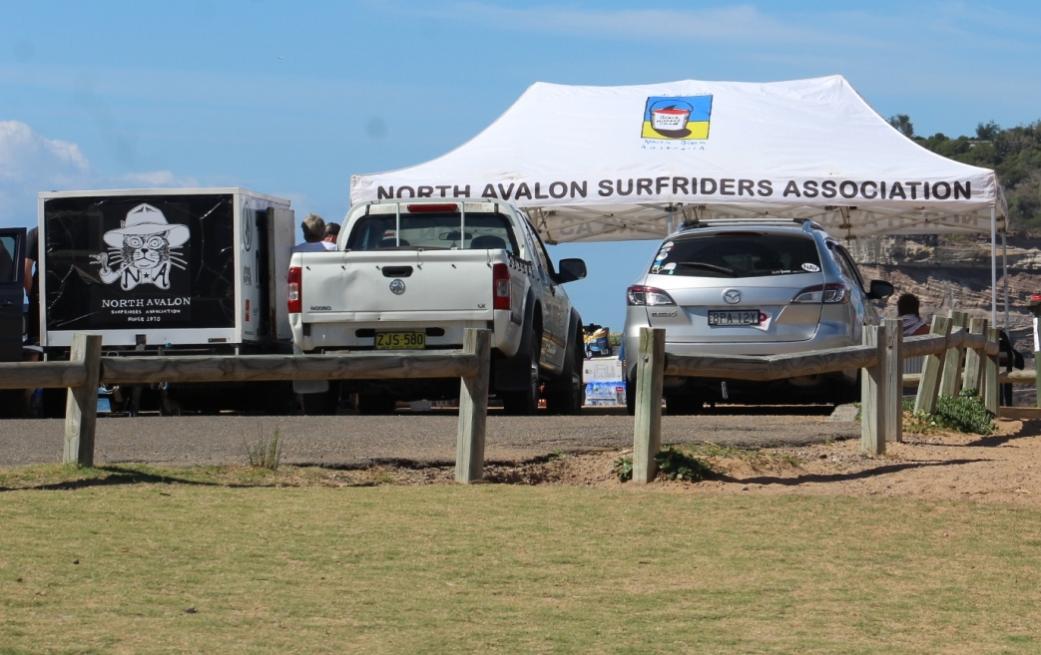
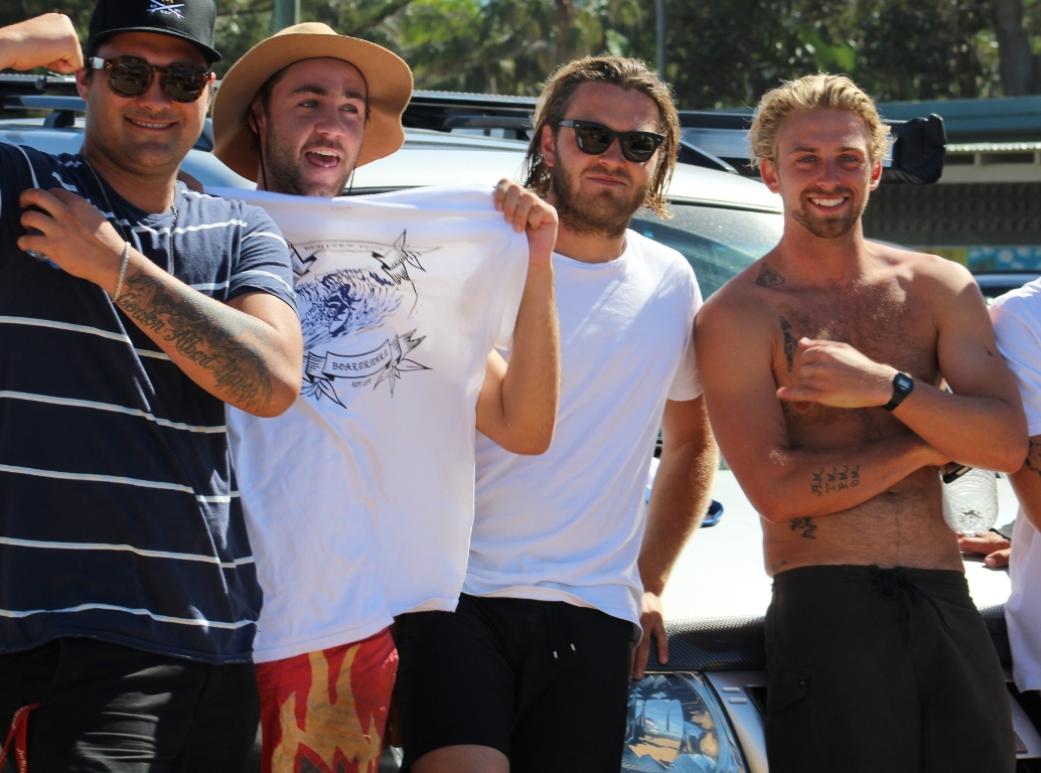
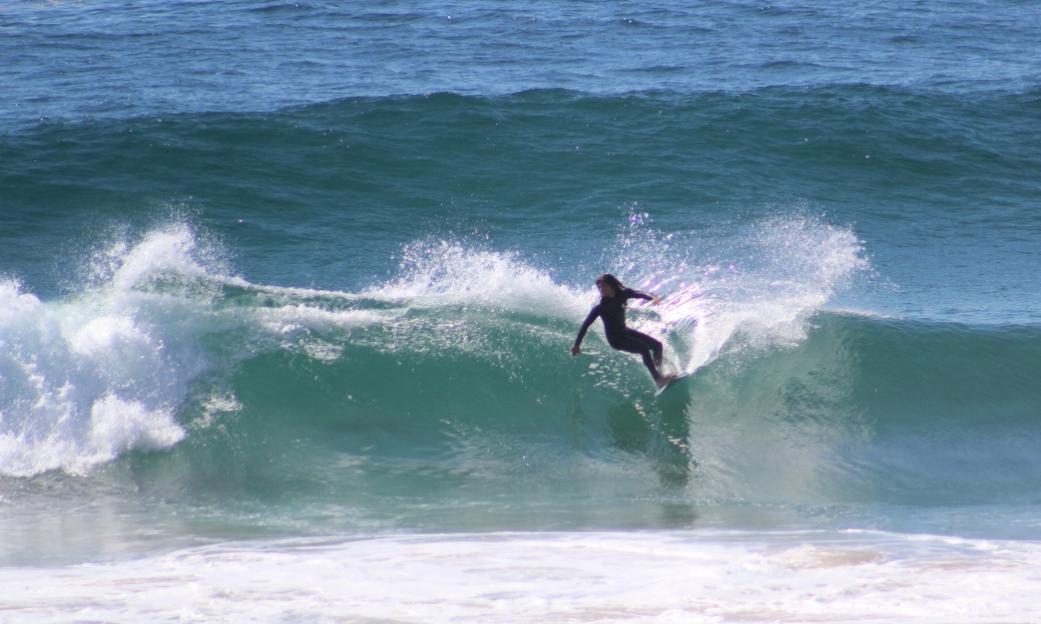
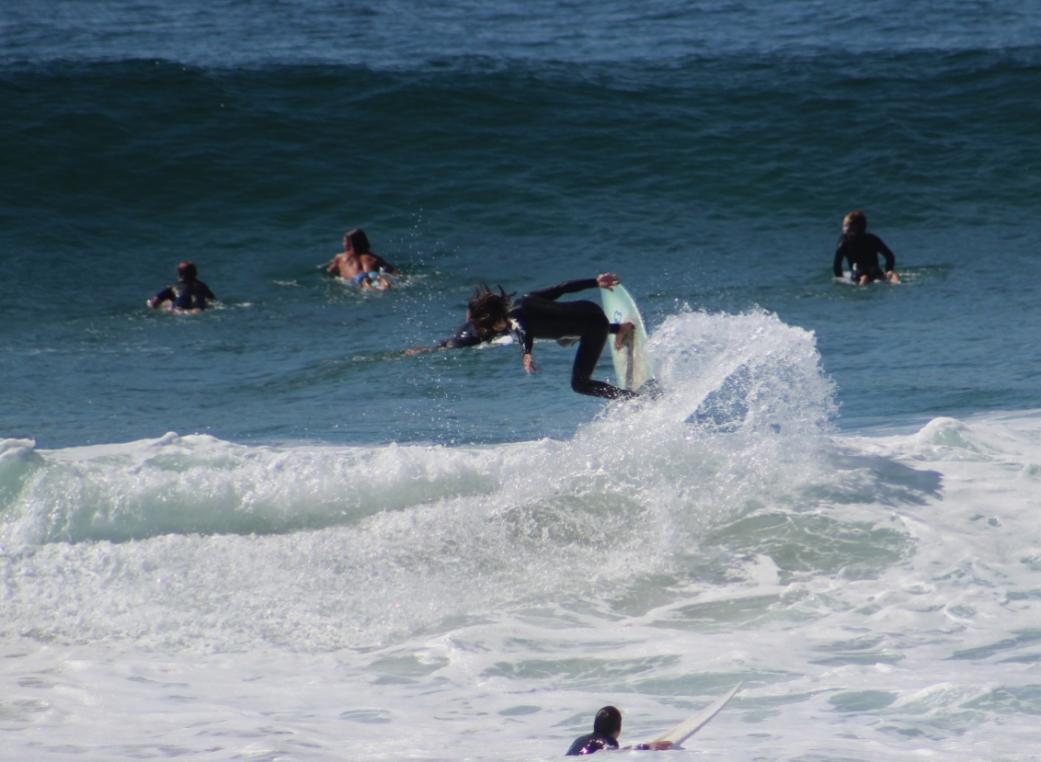
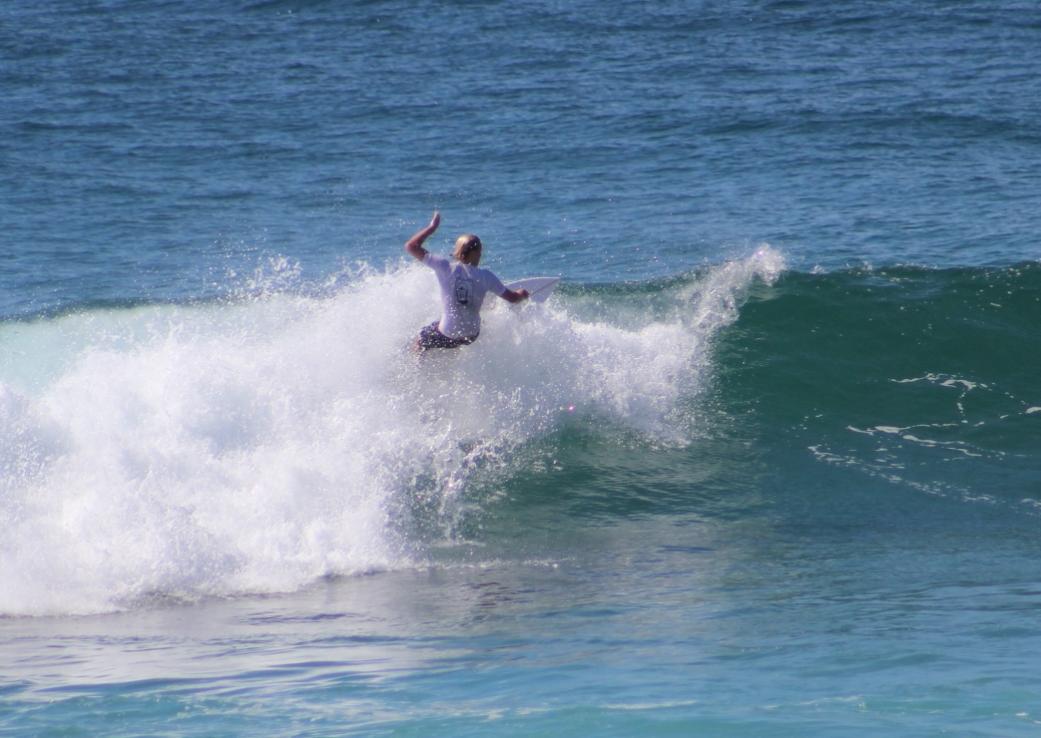
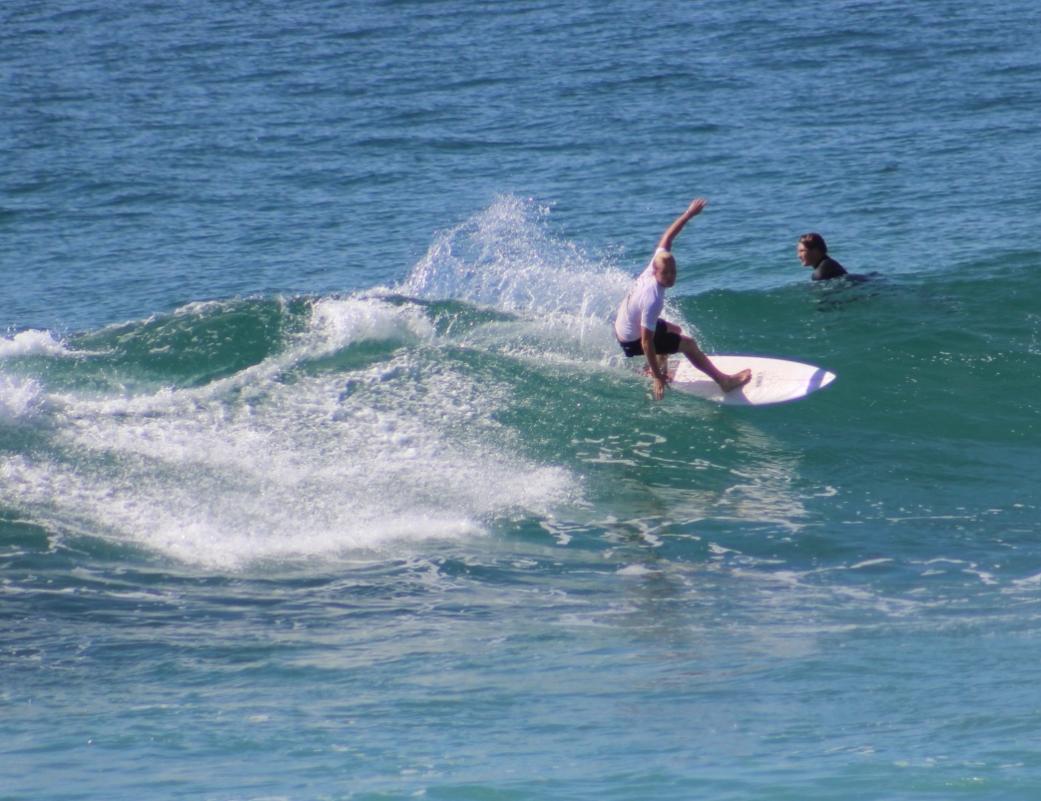
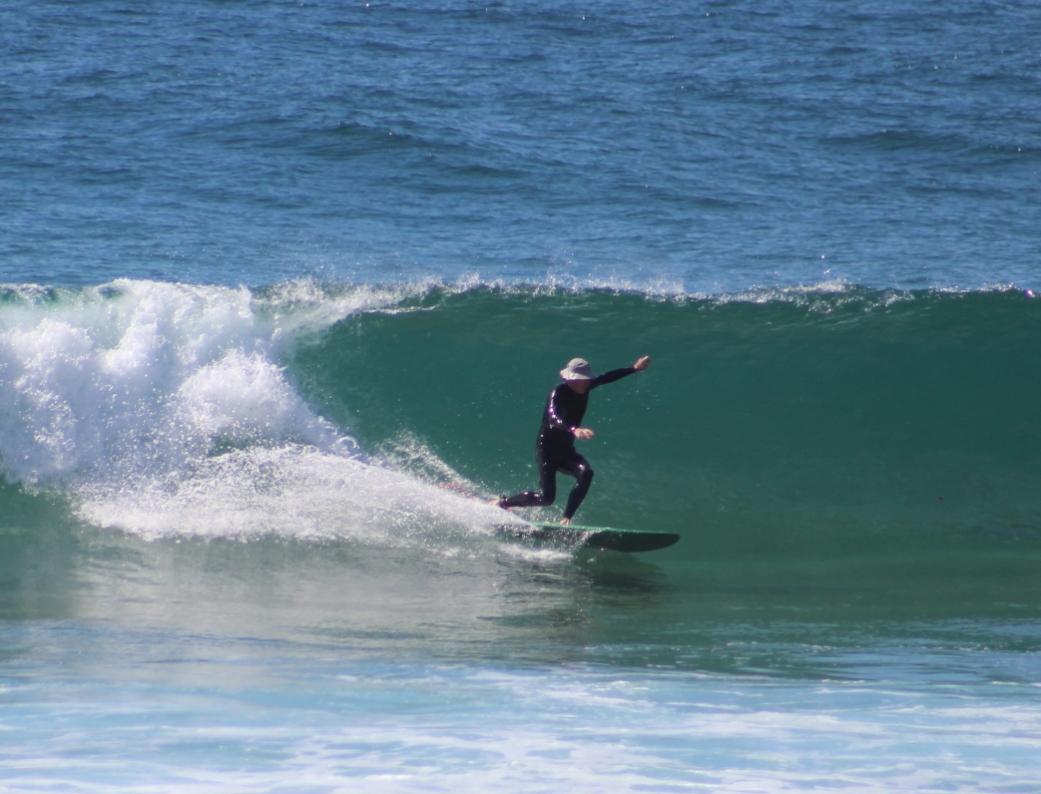
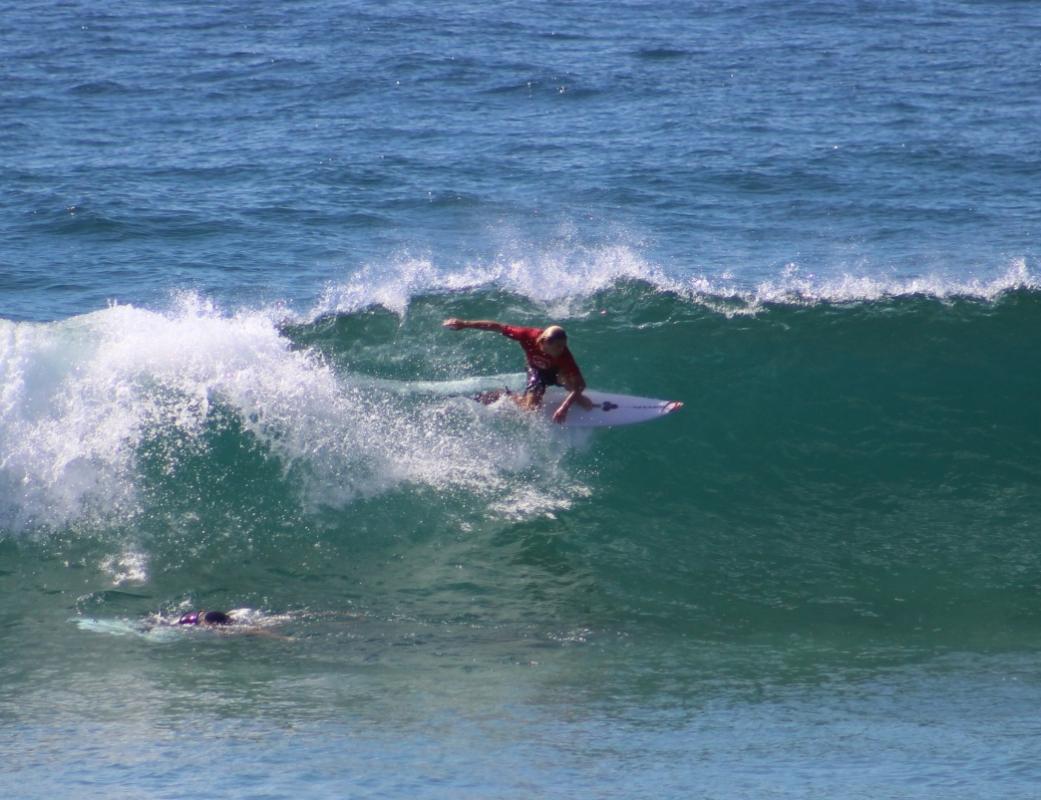
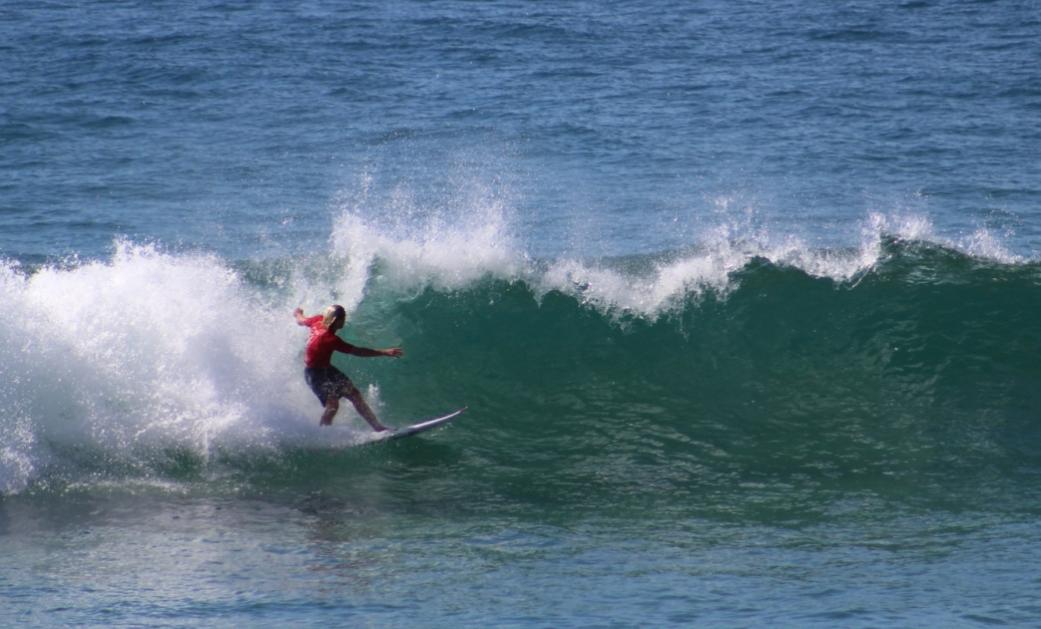
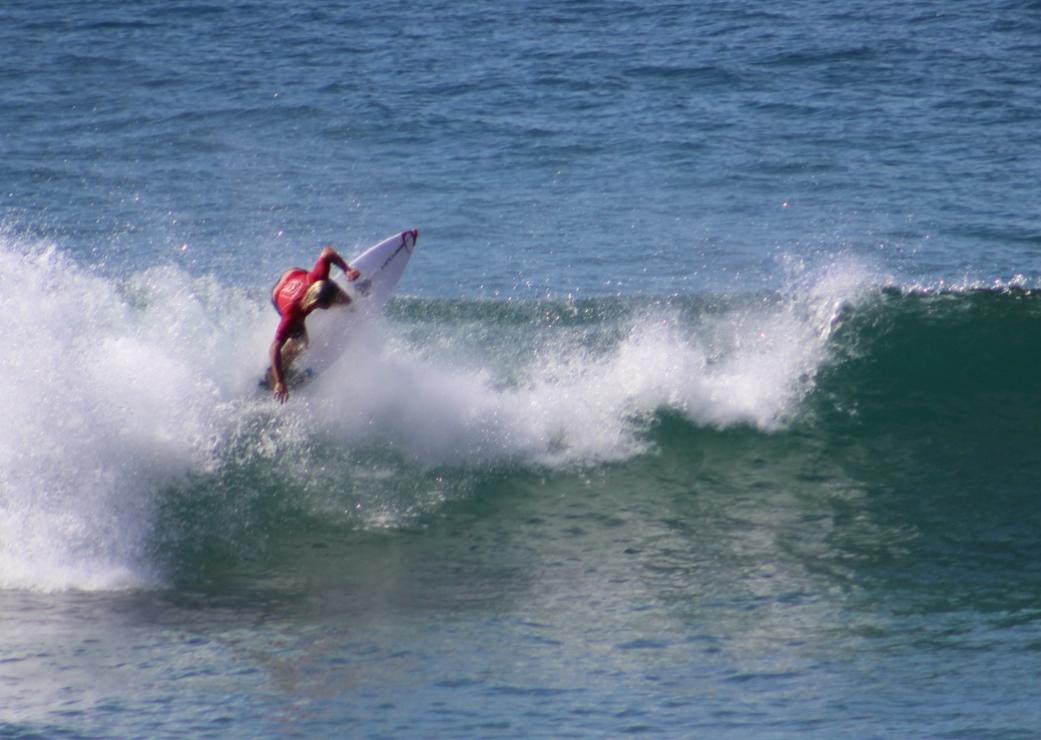
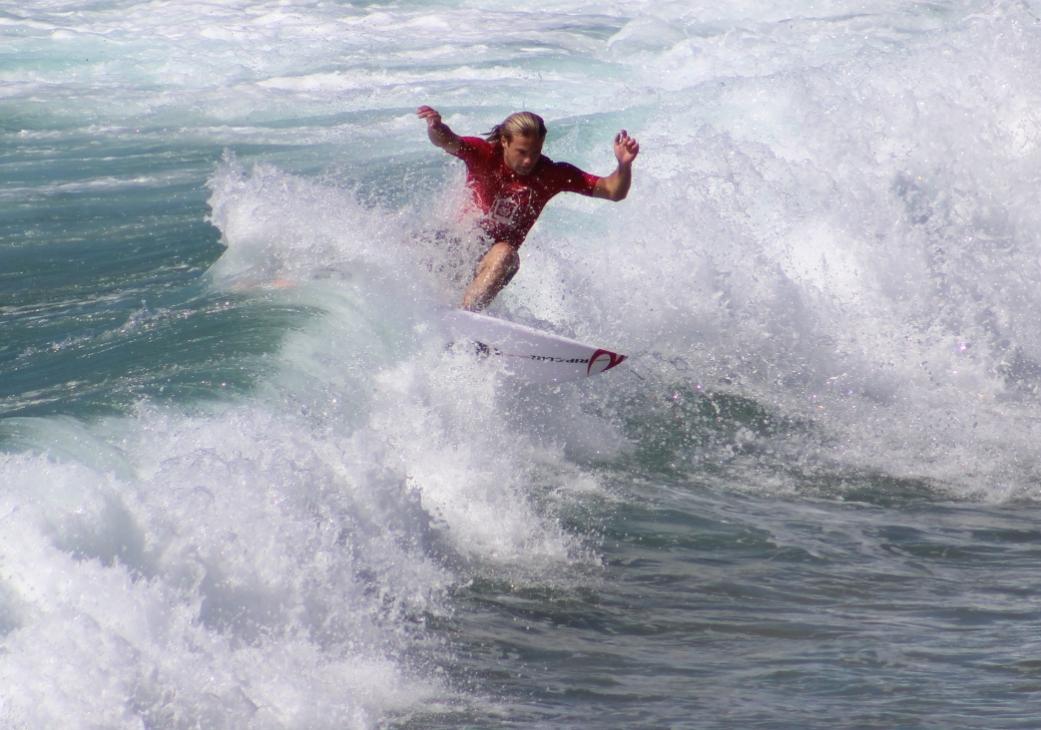
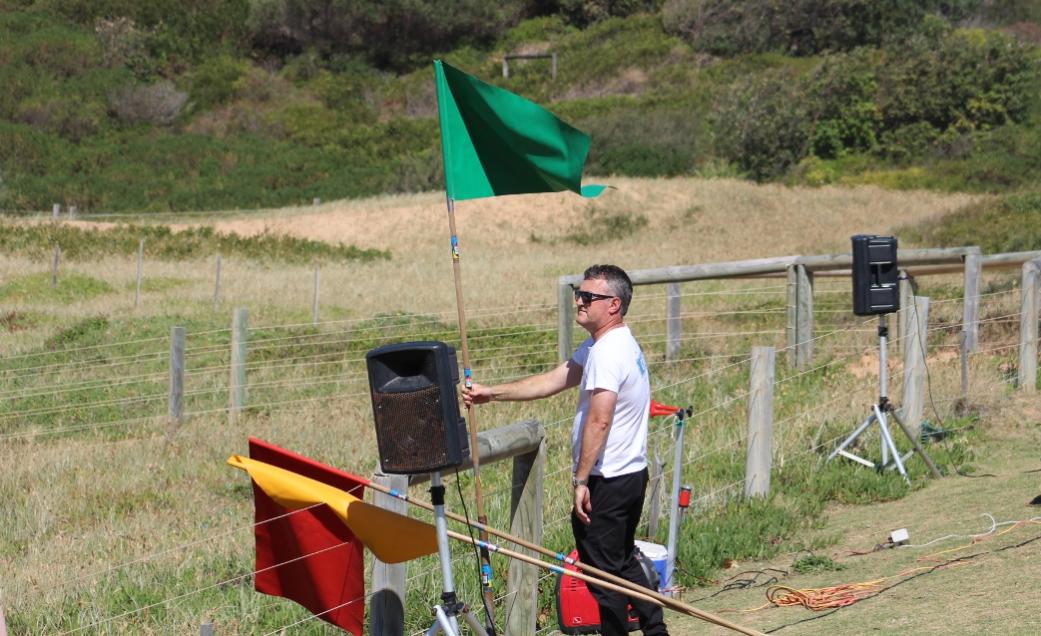
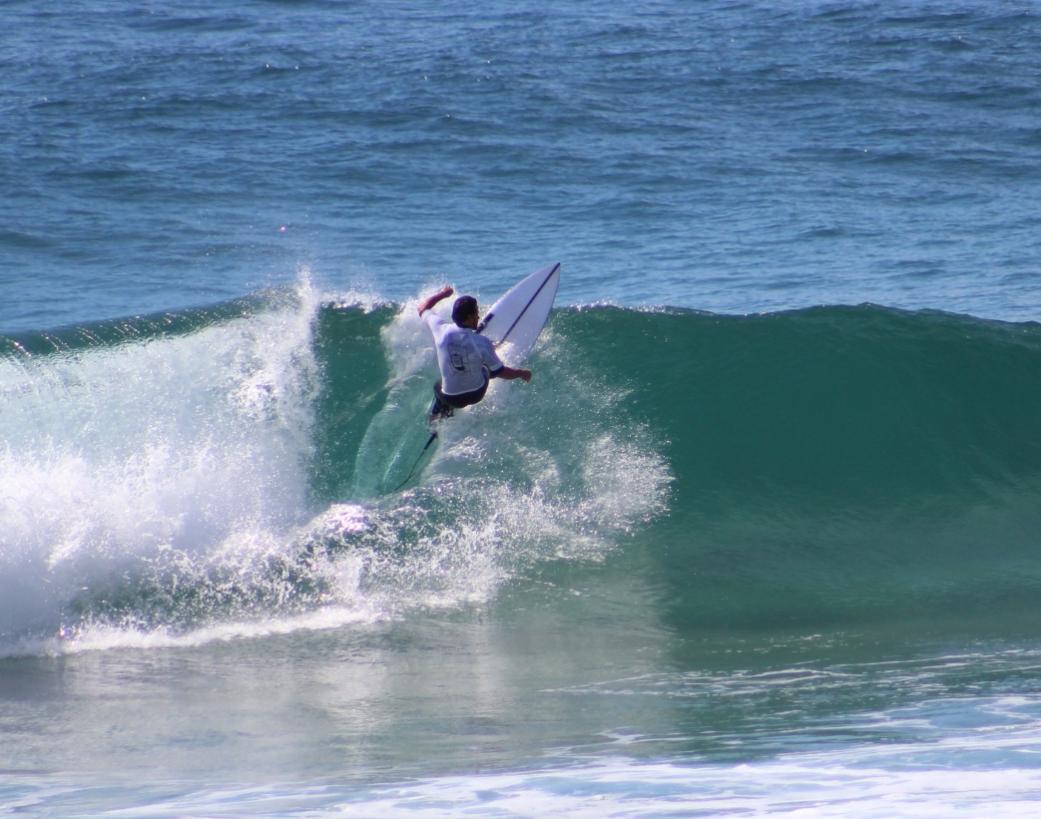
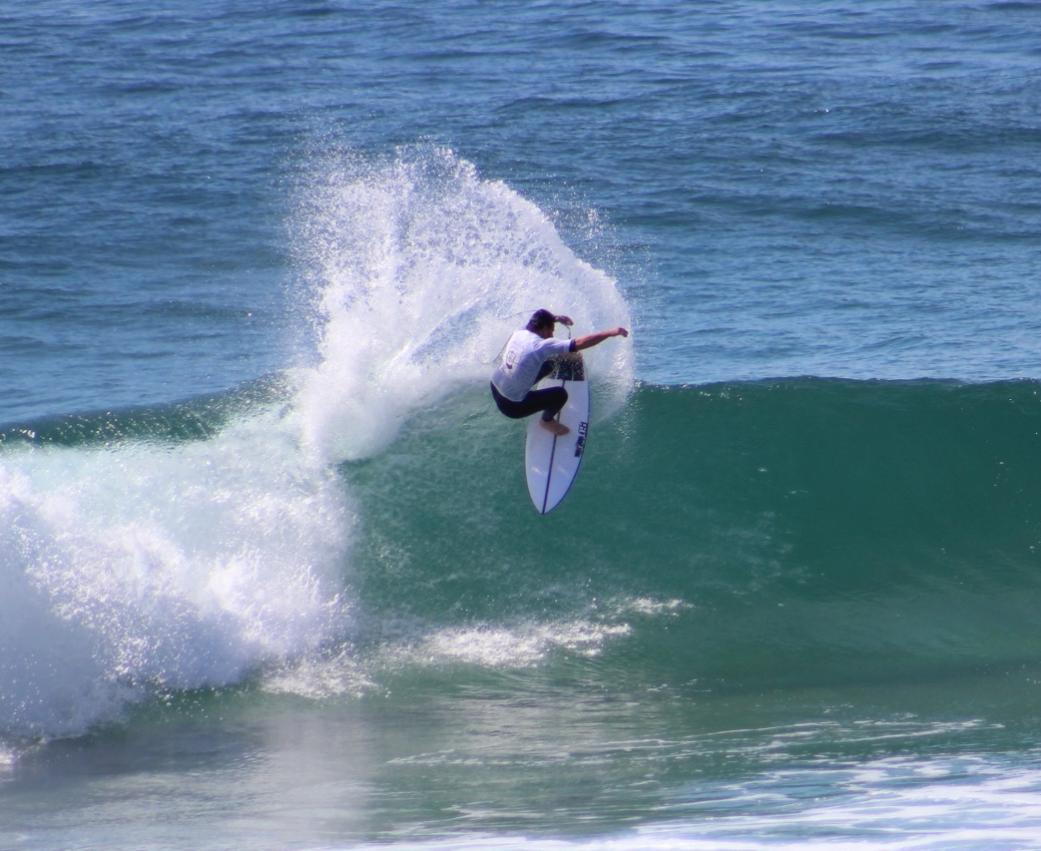
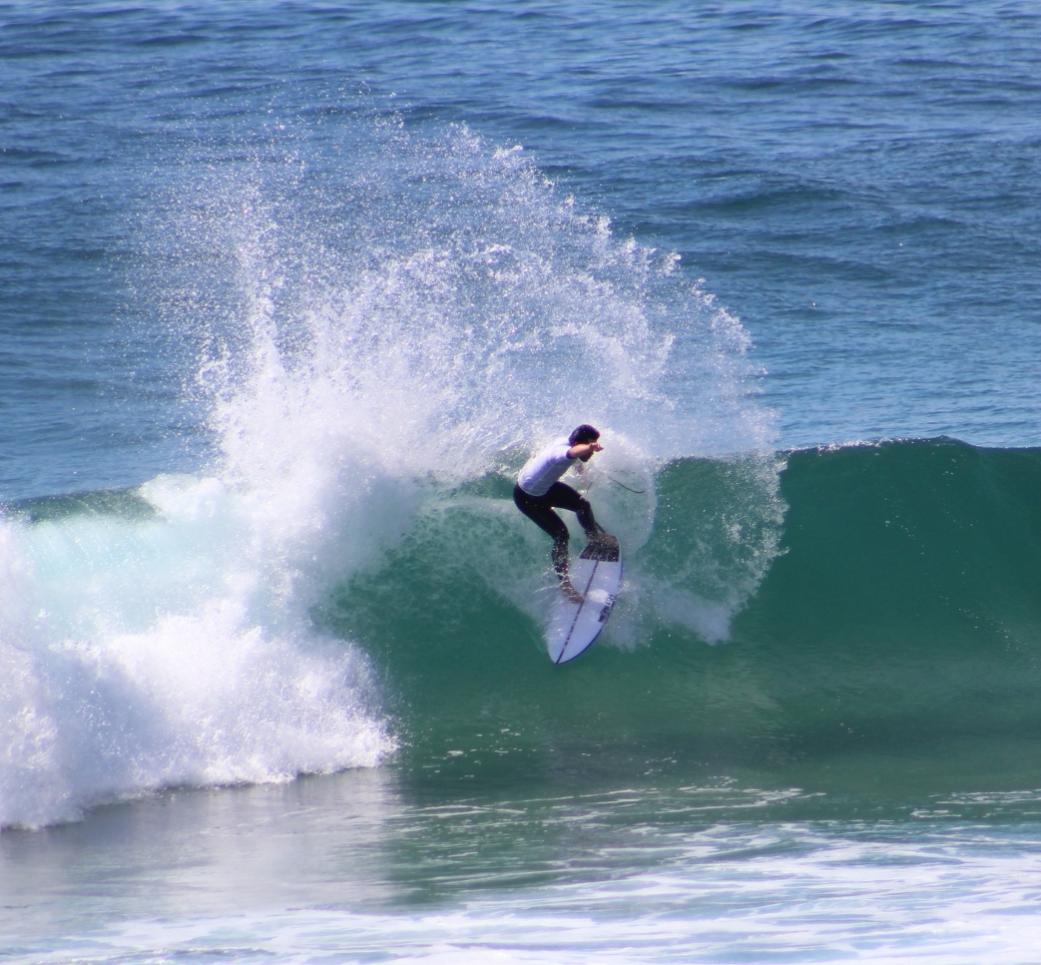
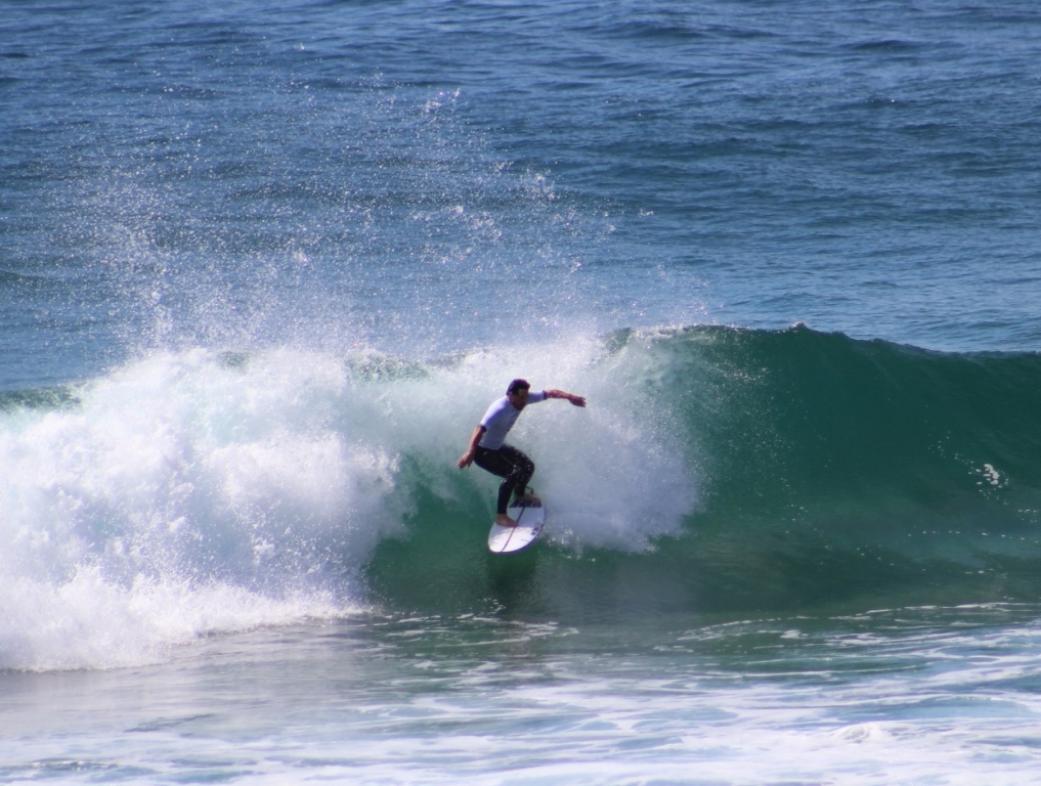
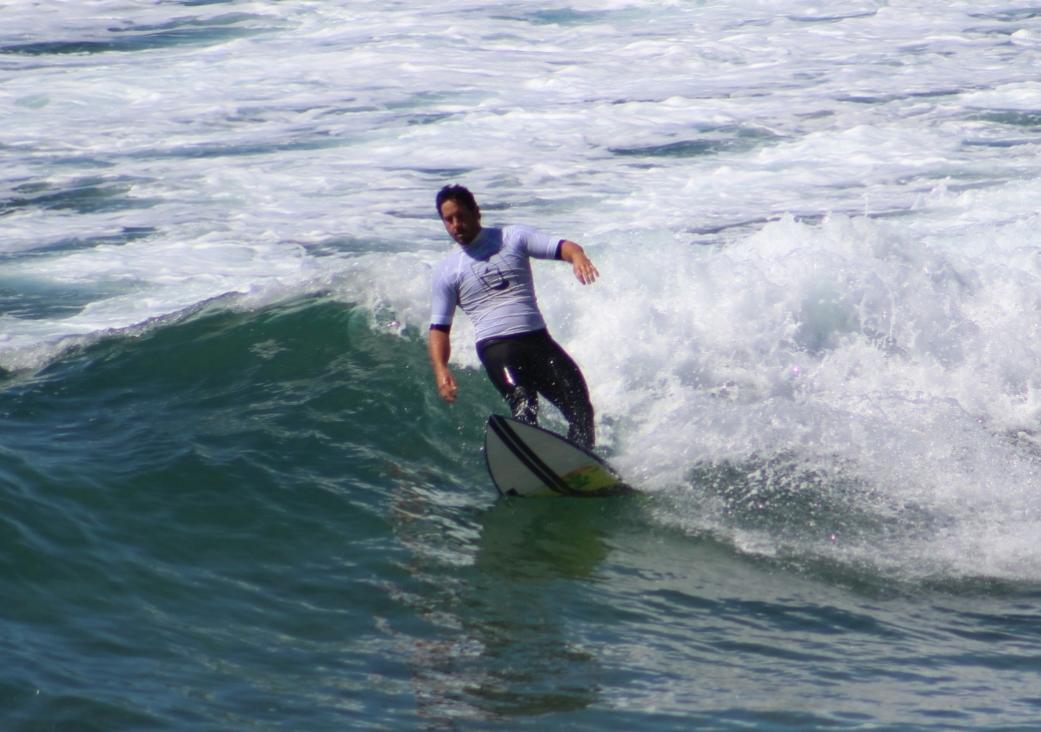
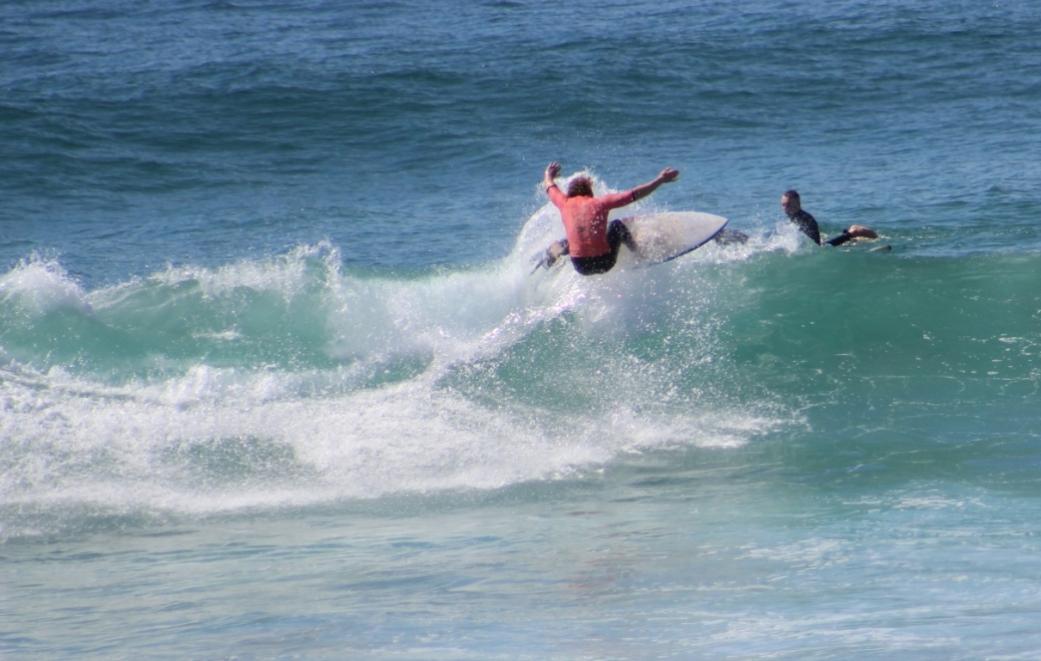
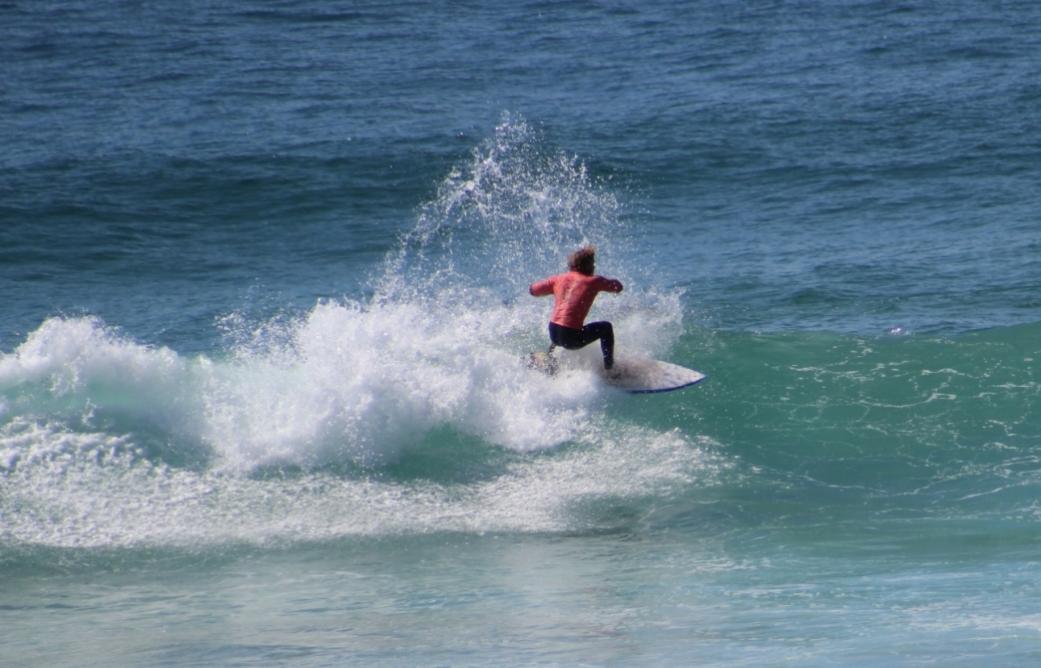
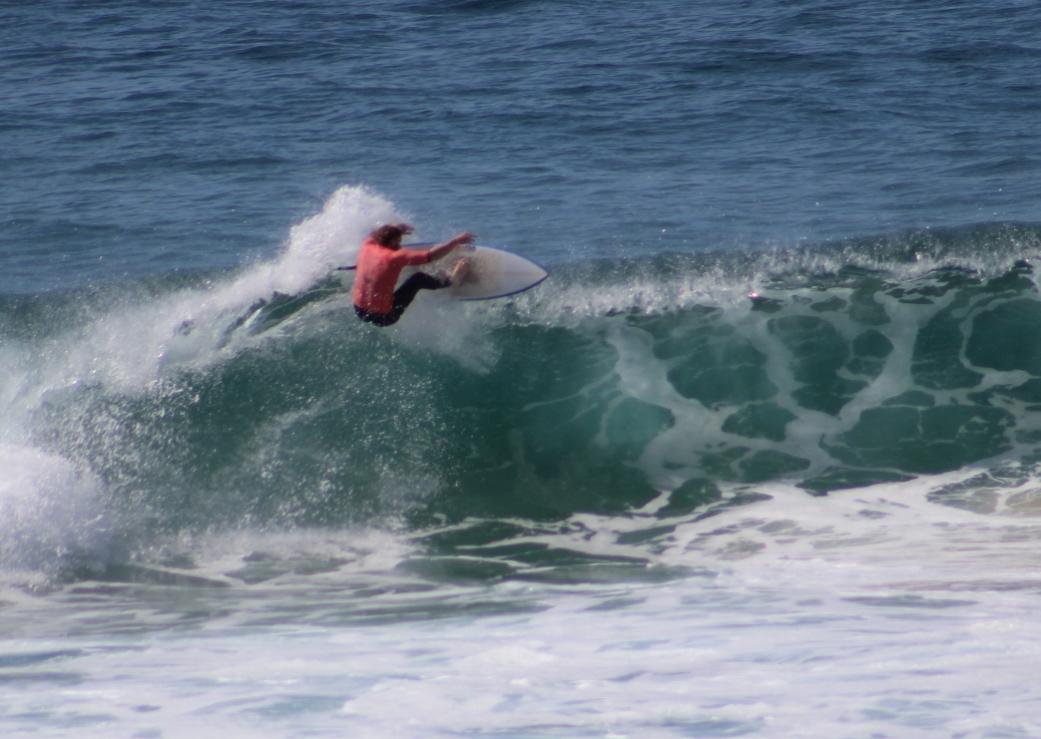
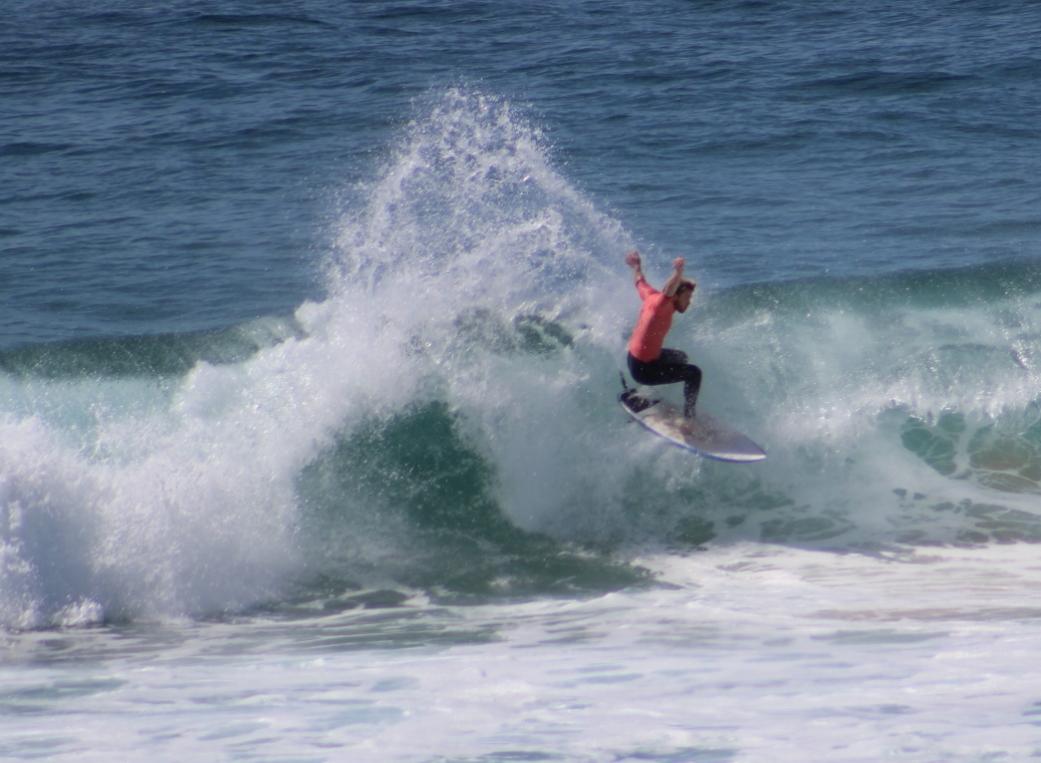
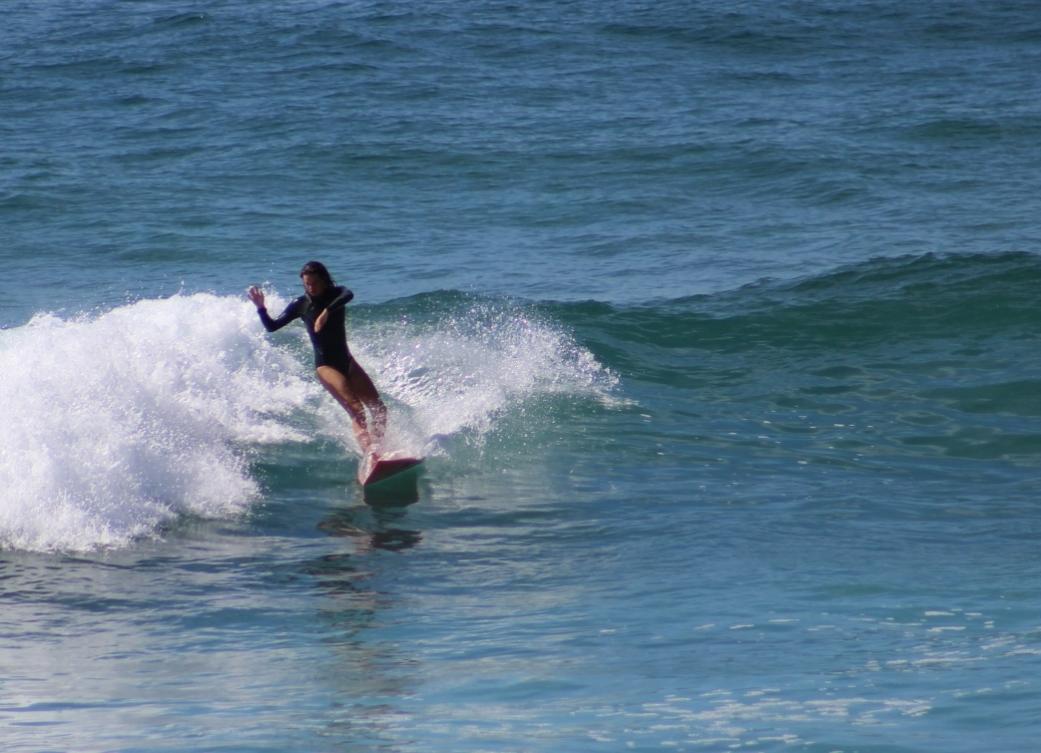
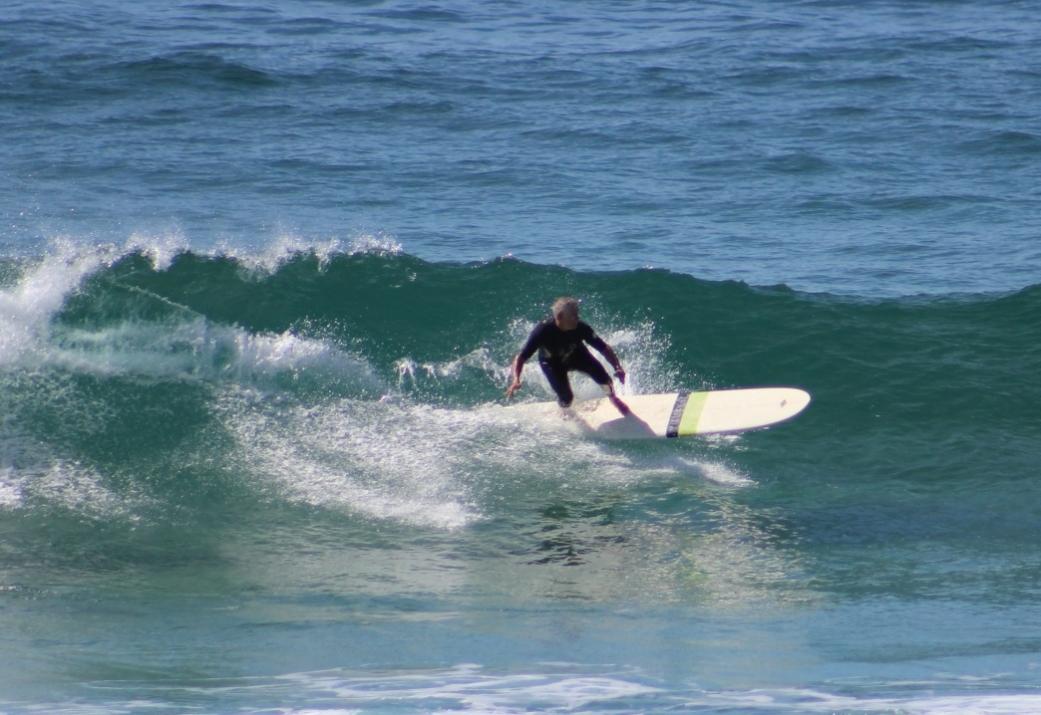
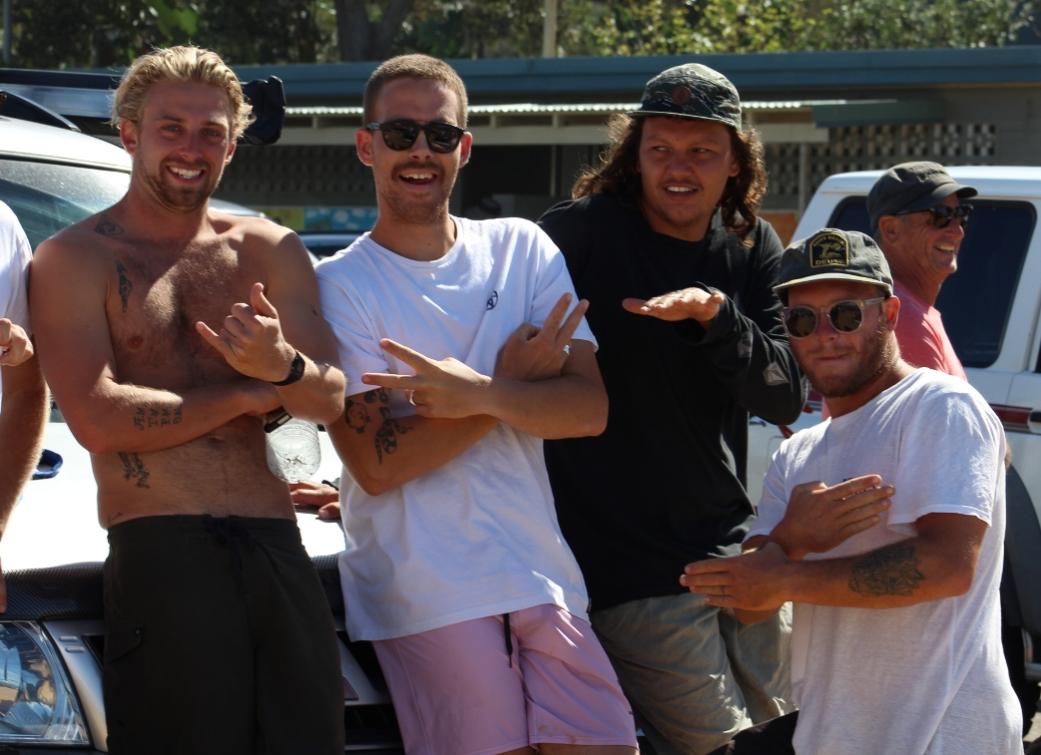
Avalon Preservation Association

Our Aims
- To preserve the natural beauty of the area through promoting proper planning of all future development
- To express positively in appropriate quarters the point of view of the residents with regard to any proposed development, and to protect the residential amenity of the area
- To work with and assist local government in any efforts to improve and beautify the locality and where appropriate to instigate such improvements.
A Management Committee is elected each year at an Annual General Meeting to operate the business of the Association. All APA members are eligible to nominate for the committee. Nominations are called in September each year. The committee meets regularly during the year.
The current Management Committee comprises:
President
Peter Mayman
Vice-President
Marita Macrae
Secretary/Treasurer
Sue Martin
Members
Craig Boaden
Pat Gleen
Conrad Grayson
Ros Marsh
Geoff Searl
Committee members are at your disposal at all times to take up any matter which you feel requires attention. APA is a fast, efficient and effective operation. It has access to the authorities and gets results. Please see Contact Us for contact details.
Membership
What can you do to protect our lovely area?
For a start you can keep a watchdog – the Avalon Preservation Association (APA).
APA constantly monitors proposed changes in Council and State Government planning rules and legislation and is represented on the appropriate Council committees. APA also monitors local developments, supports local residents and makes submissions to Council in case of inappropriate developments.
All APA asks from you is the opportunity and means to look after the attractions of the area in which we live. Which amounts to your support and a nominal $10.00 per annum membership fee. We need both.
Caring For Avalon
Bushcare Groups
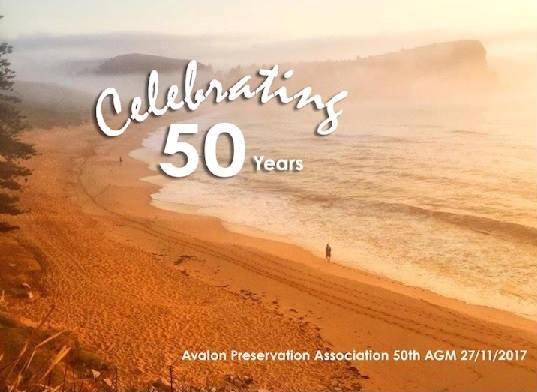 Avalon Preservation Association
Avalon Preservation AssociationAVALON PRESERVATION TRUST – An Early History
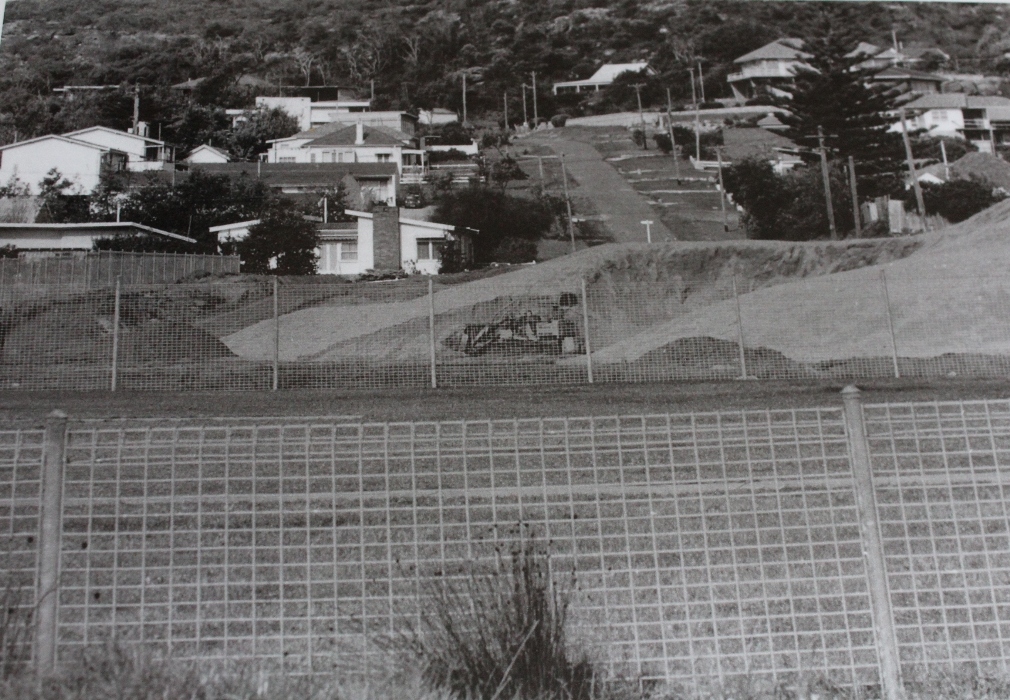
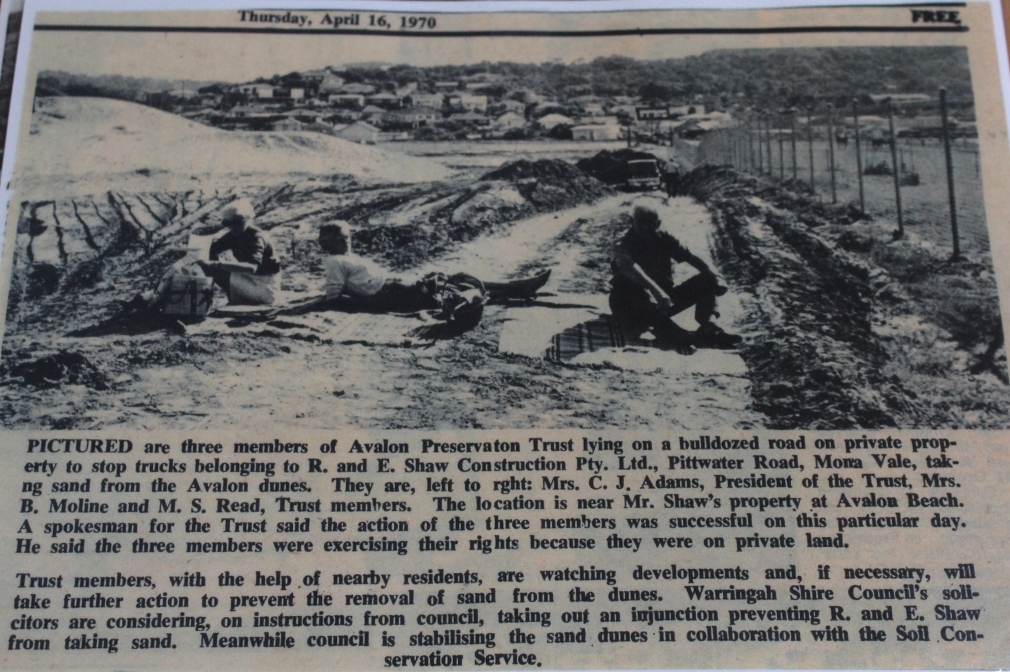
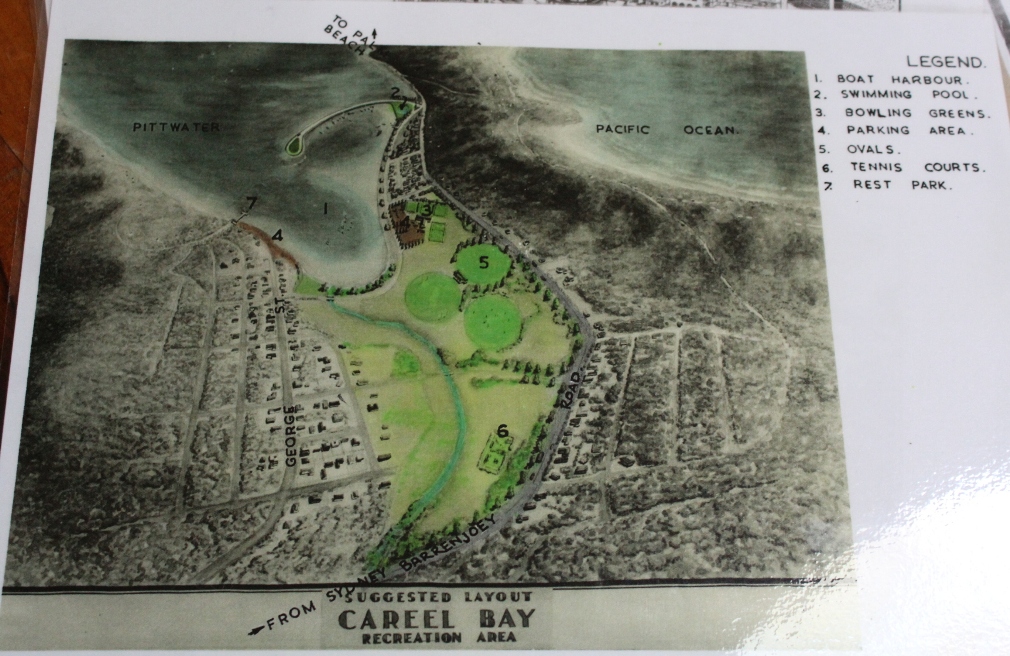
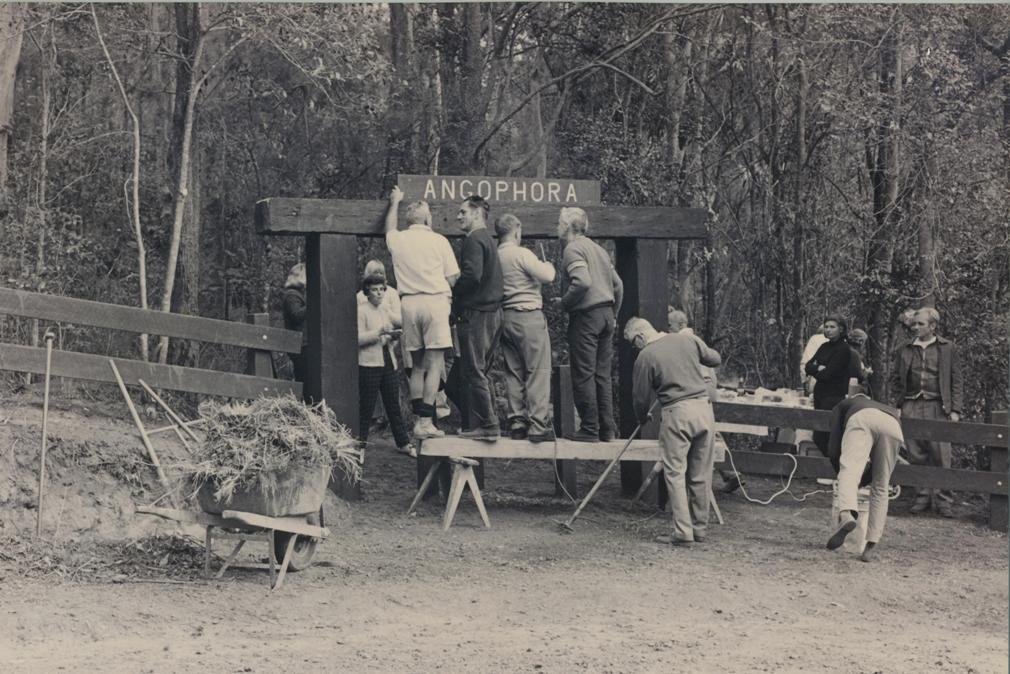
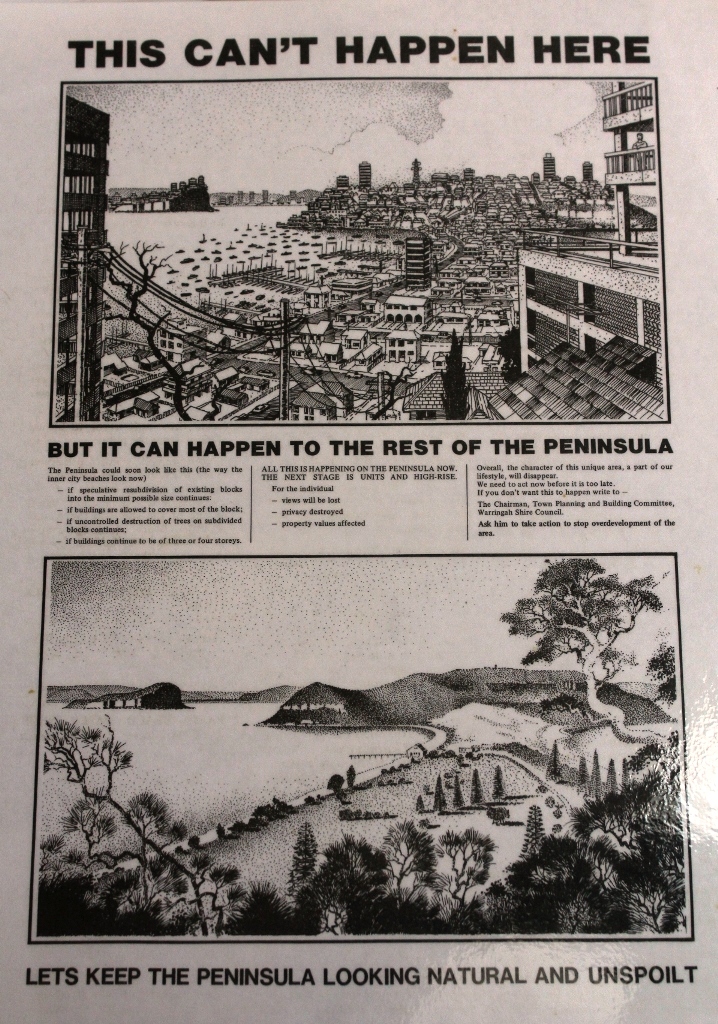
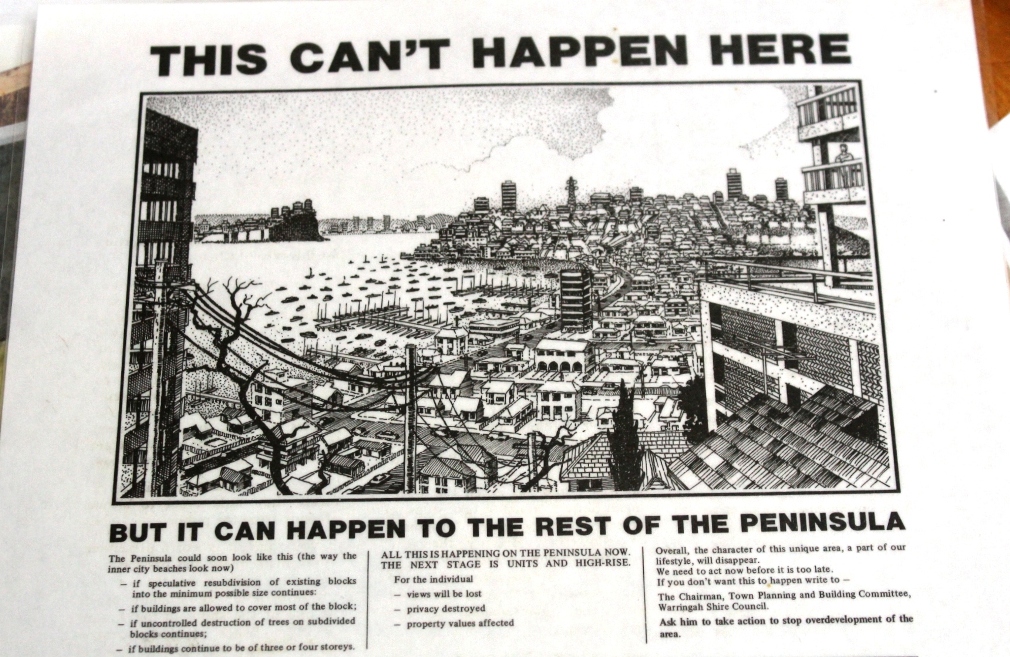
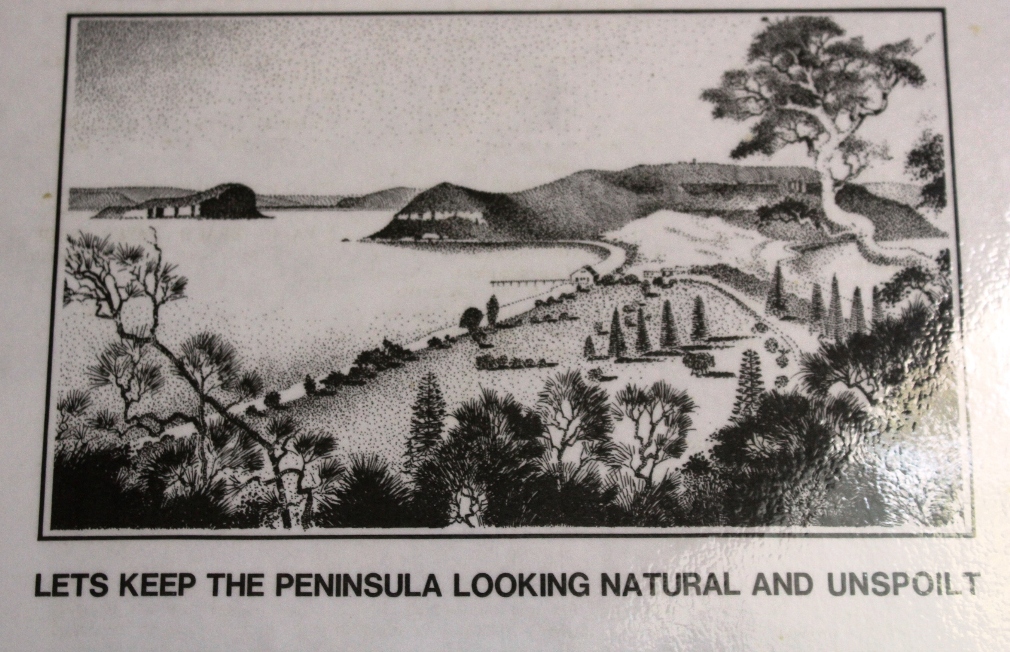
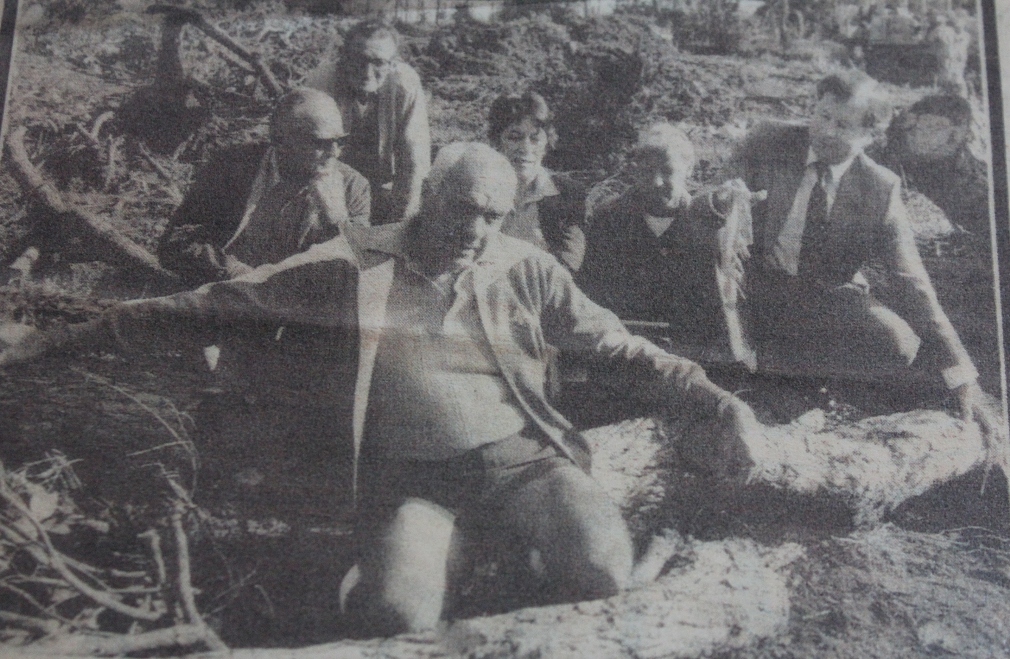
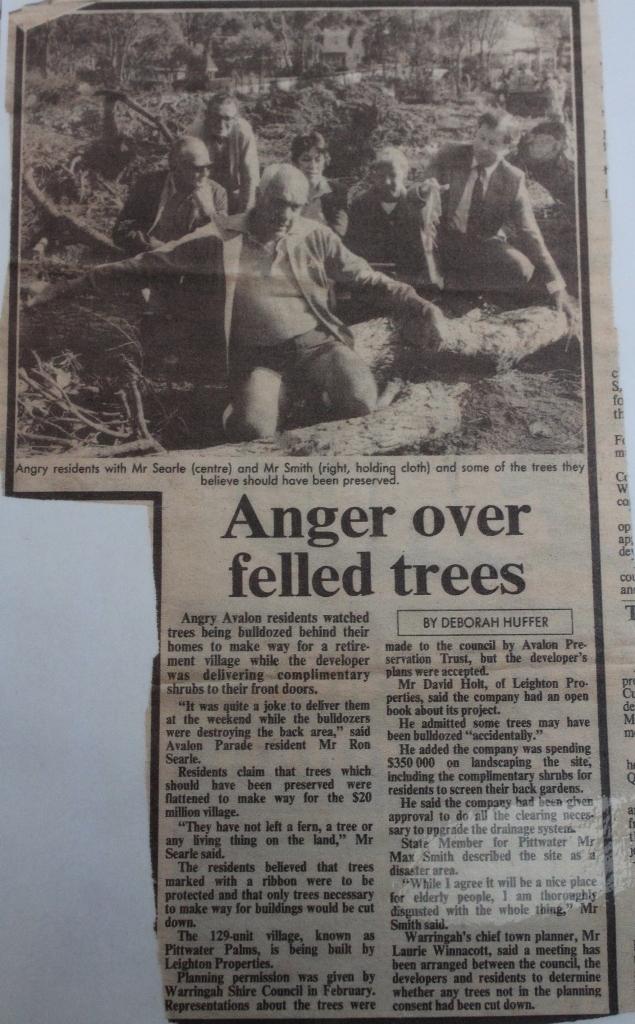
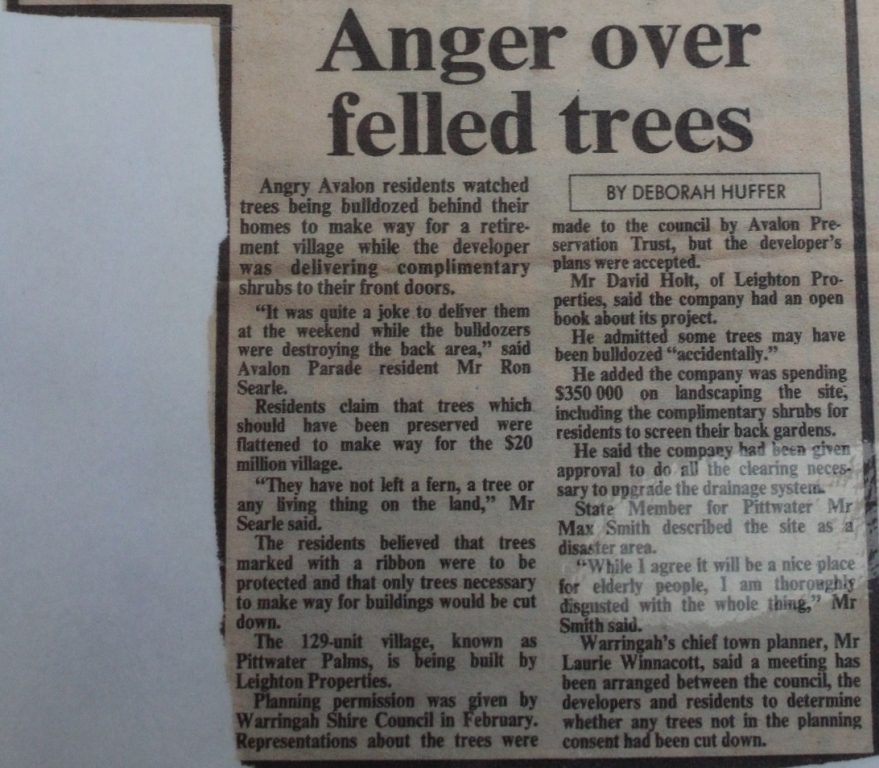
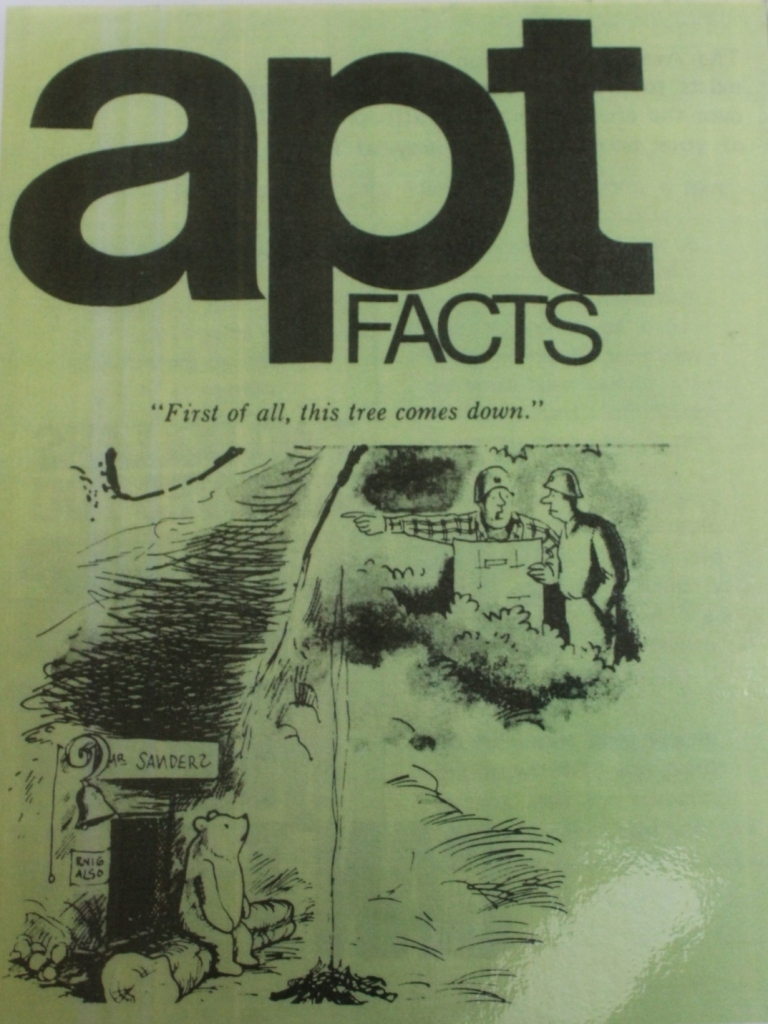
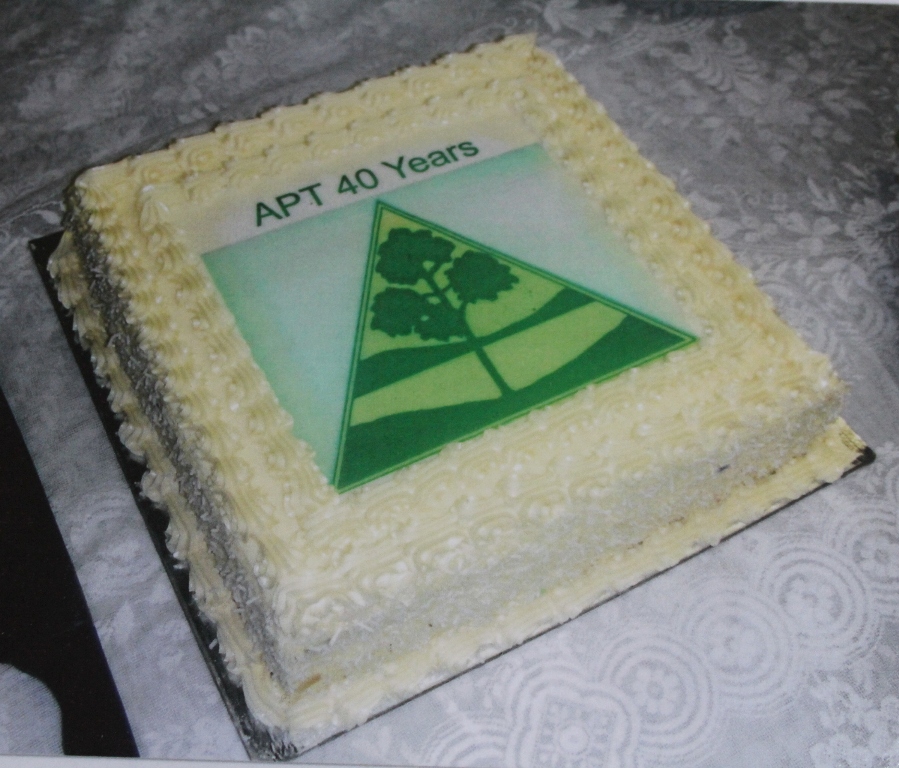
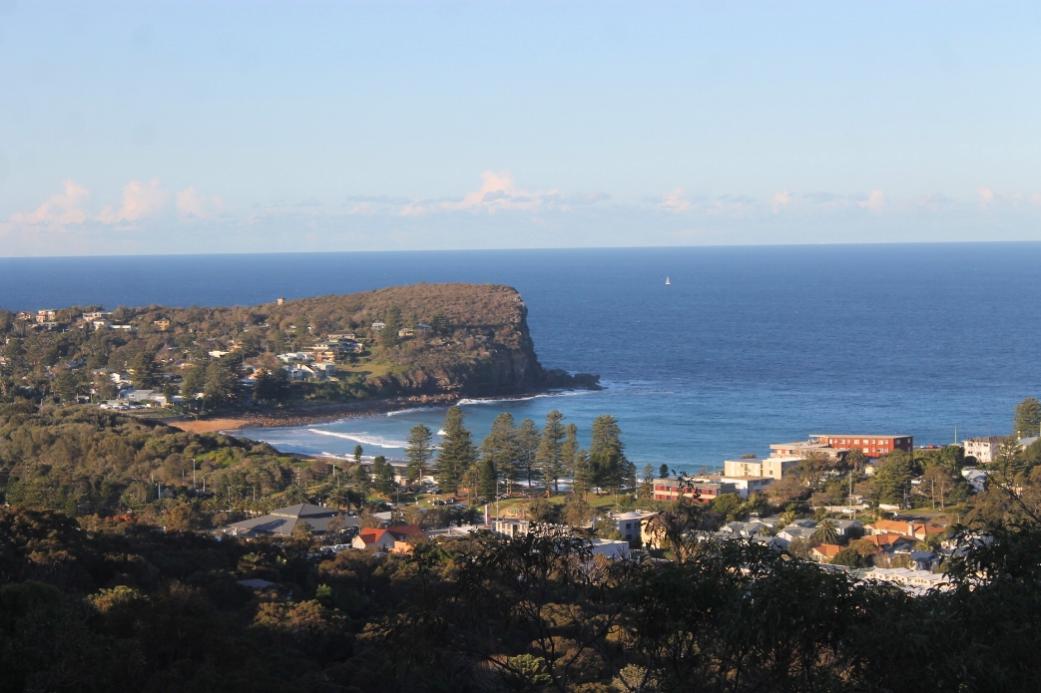
The Pittwater YHA: Some History
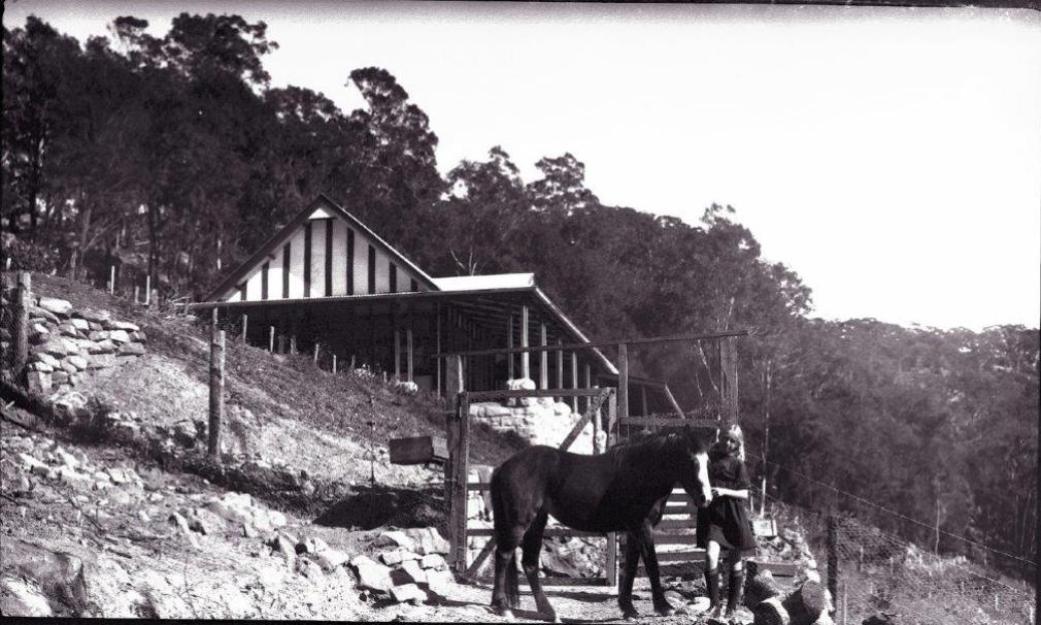
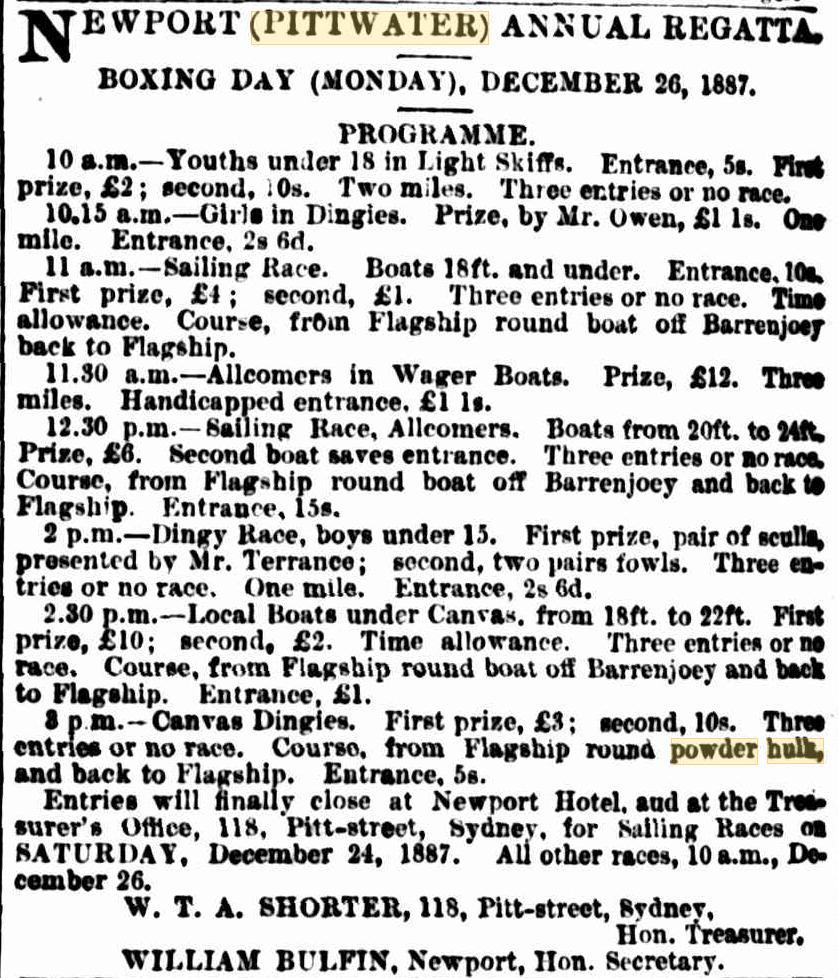
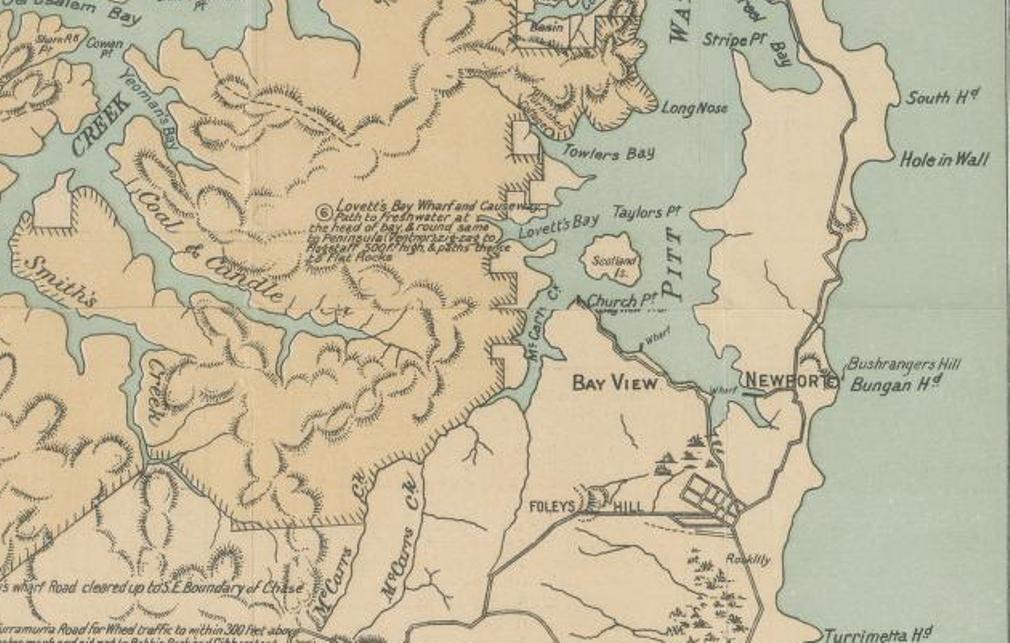
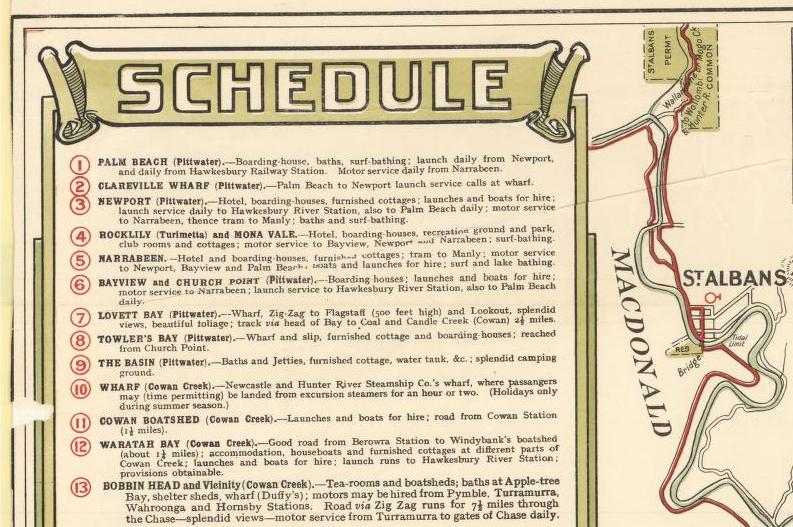
Palm Beach Sailing Club's Beware The Bullets Regatta 2017: 51st Annual Off The Beach Sailfest Spills And Thrills On Day 1
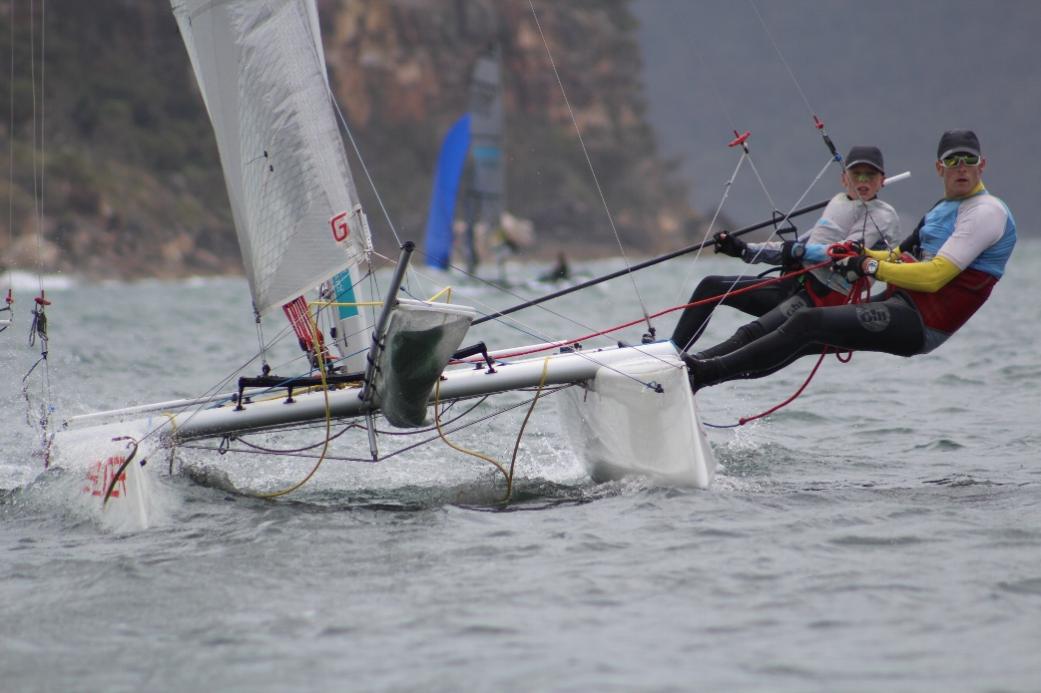
In sailing terminology a 'bullet' is a patch of wind, sometimes fluky, which can create problems for those not aware of them and the places they may occur - such as the Pittwater estuary towards its Barrenjoey end - especially in that point at the western end of the headland. Others revel in such winds, speeding across the course between marks.
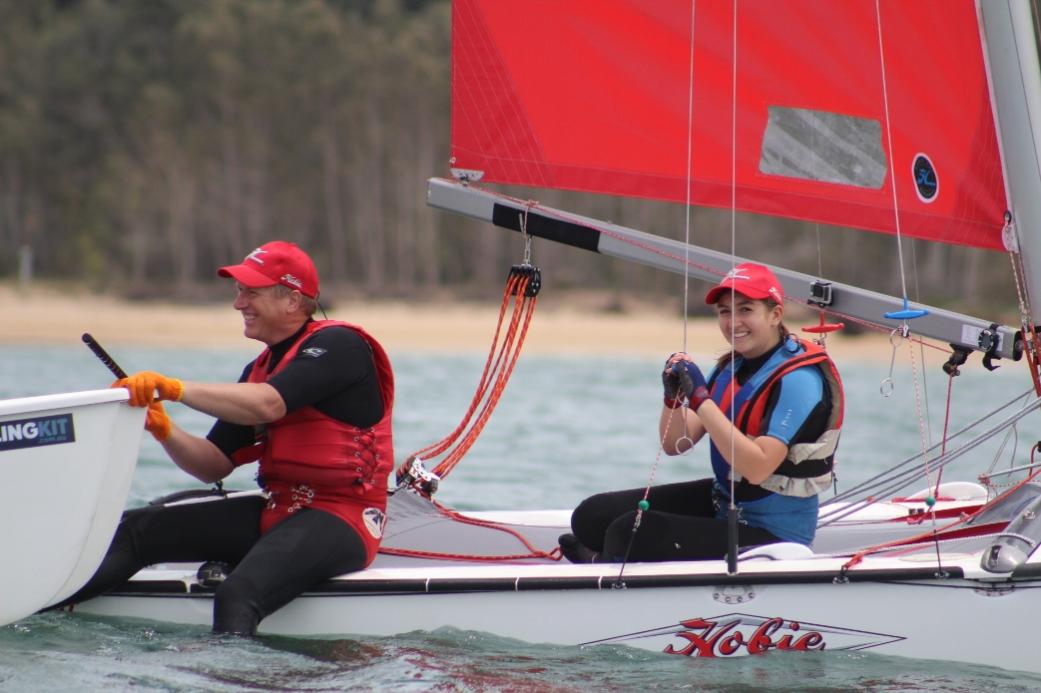
Avalon Art Show 2017
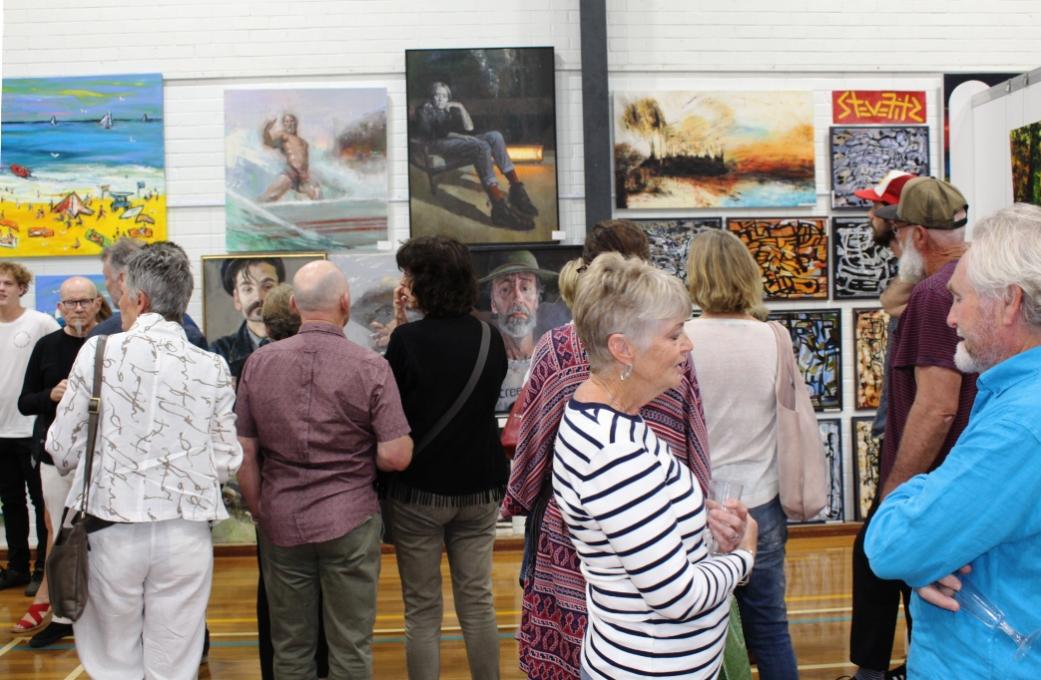
Newport SLSC Hosts Round 2 Of The SLS SNB Surf Boat Premiership 2017-18
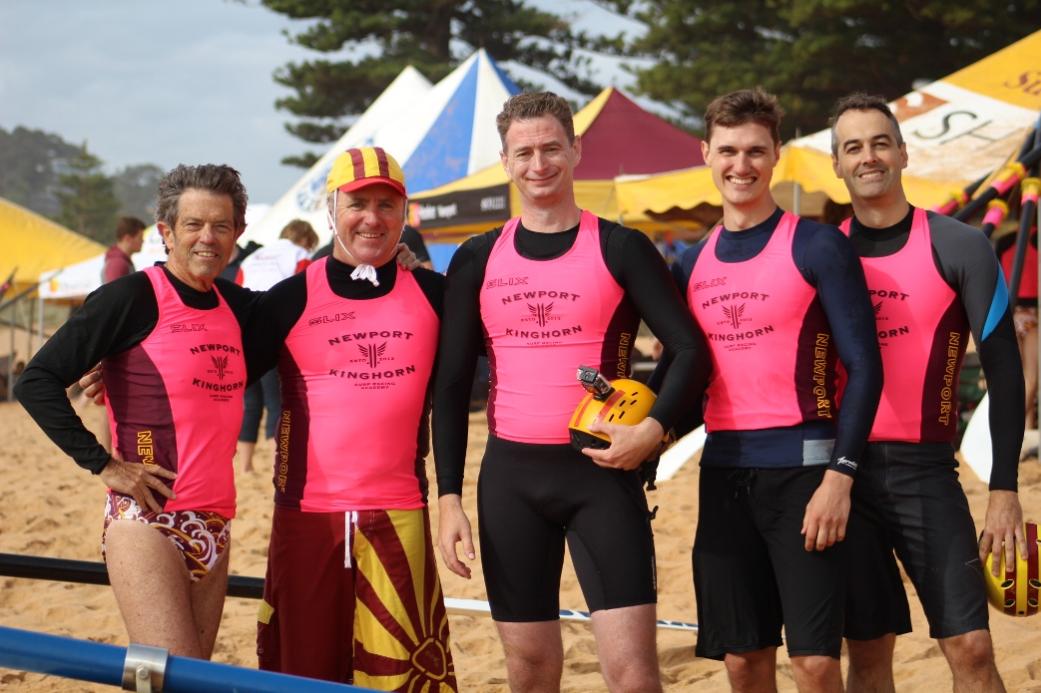
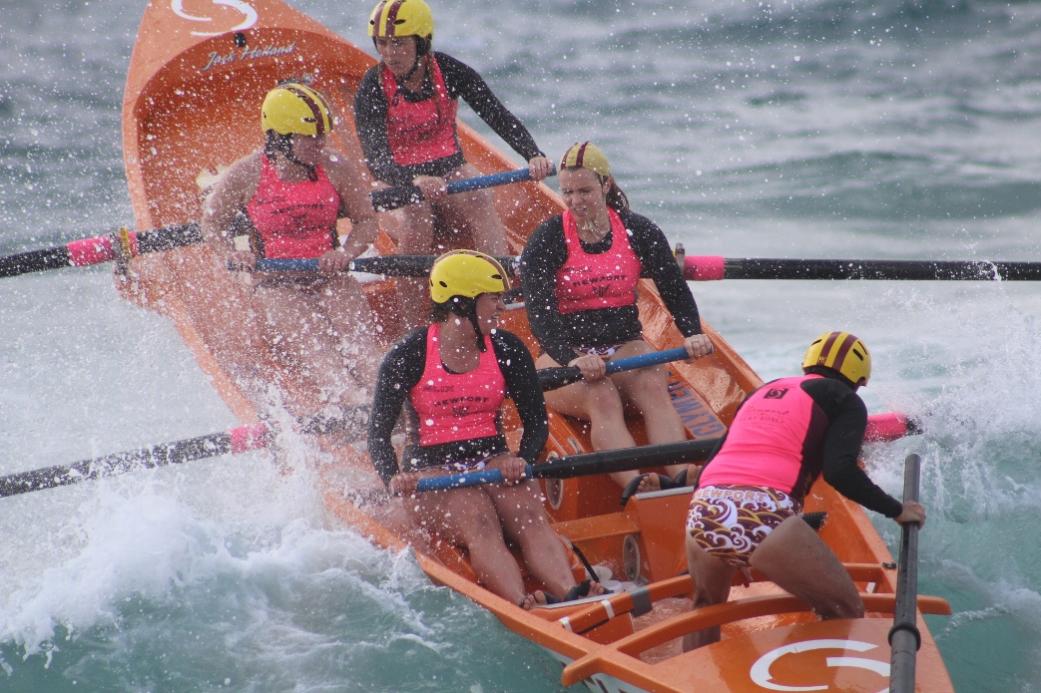
World War I Historian Presents New Film On The Beersheba Charge At Avalon Beach Historical Society Meeting
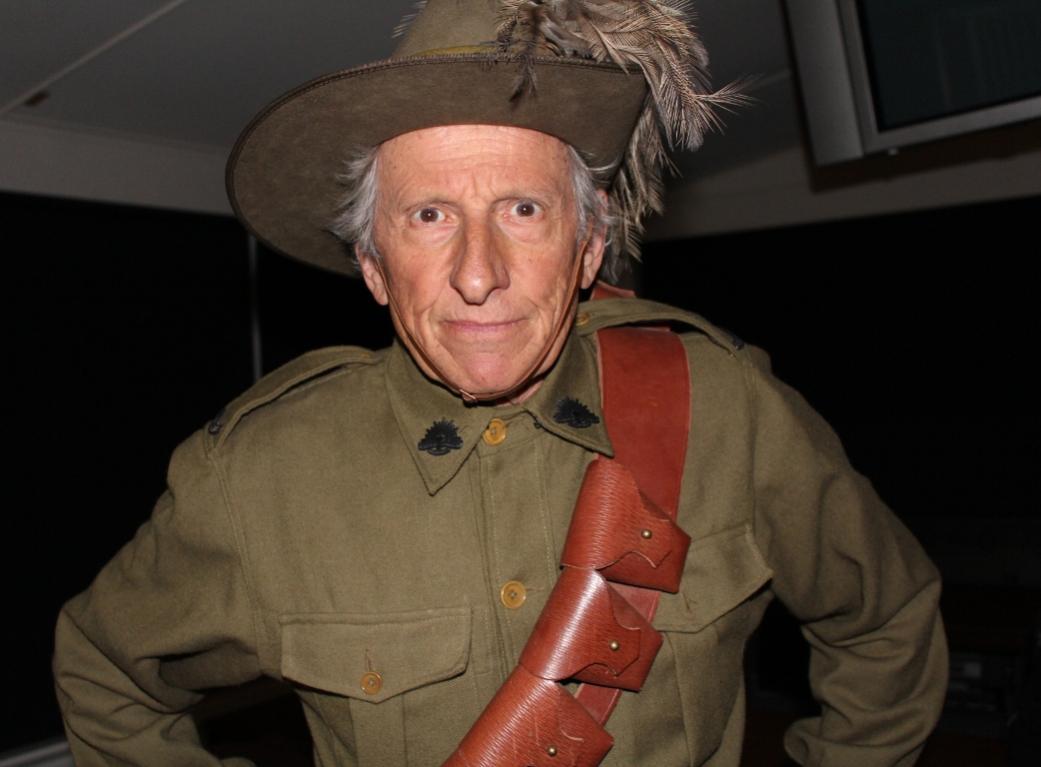
Going Wild For The Wild Ones!
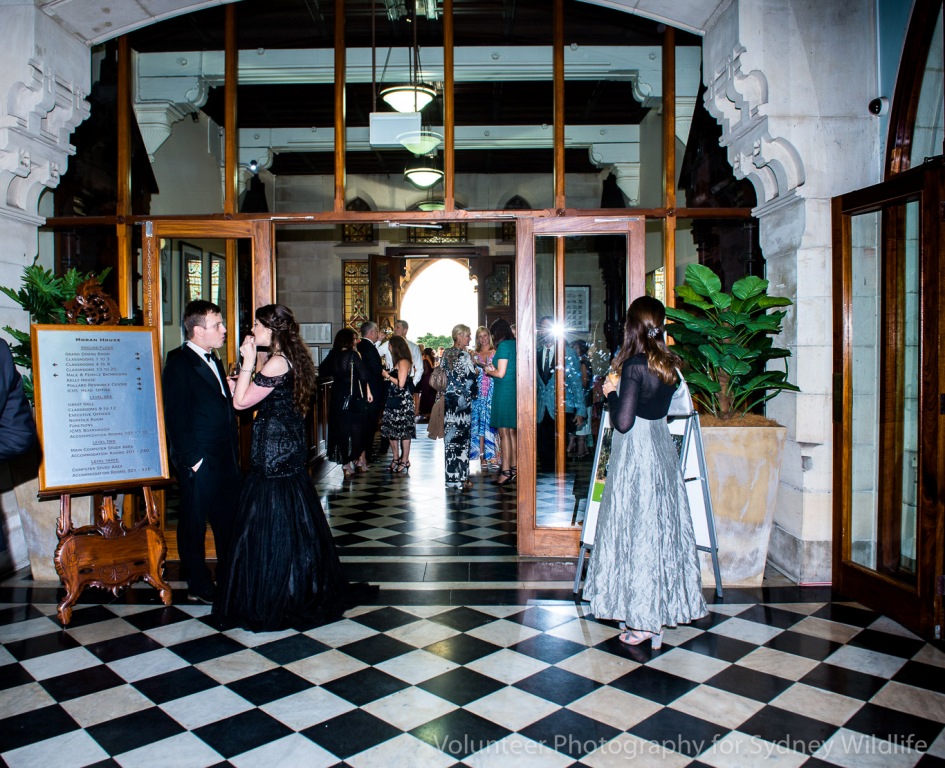
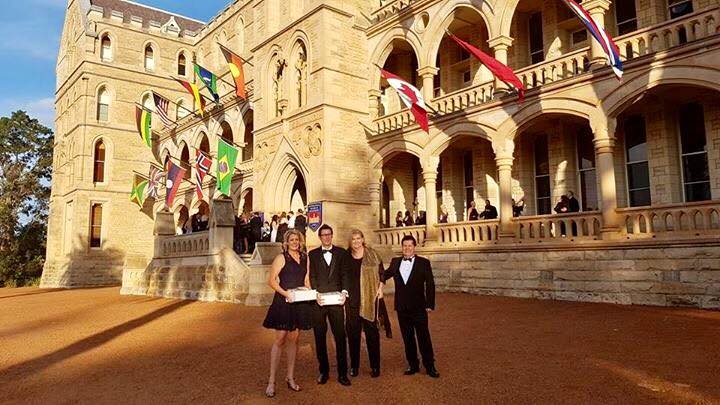
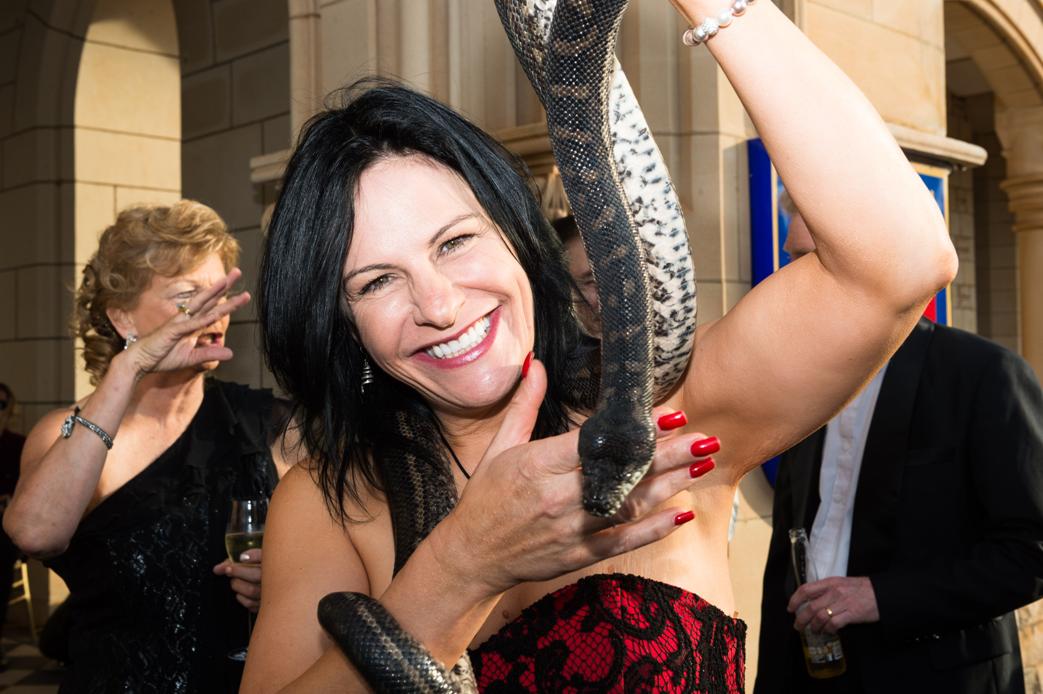
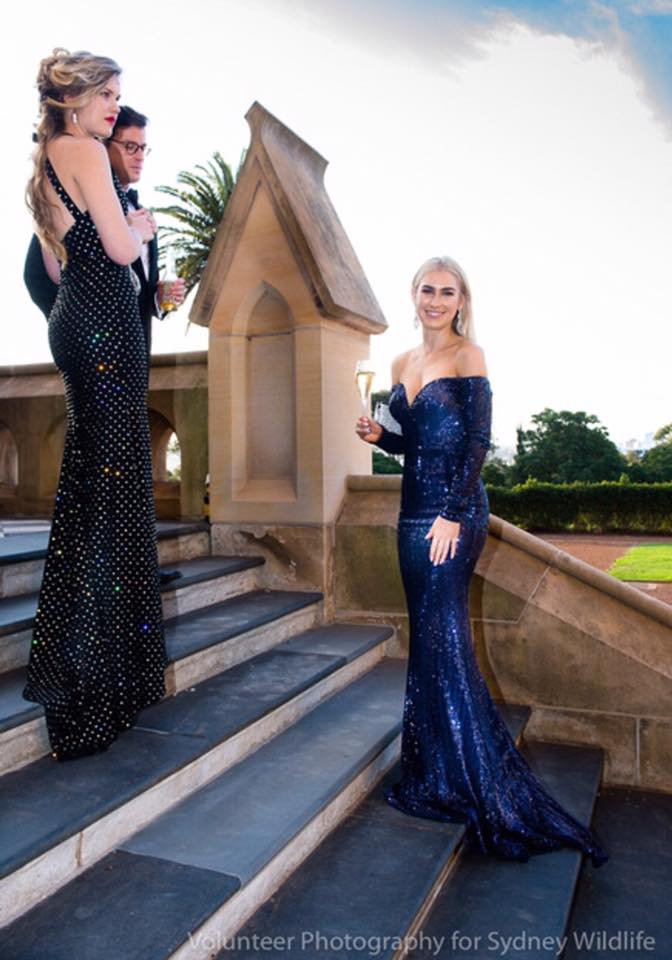
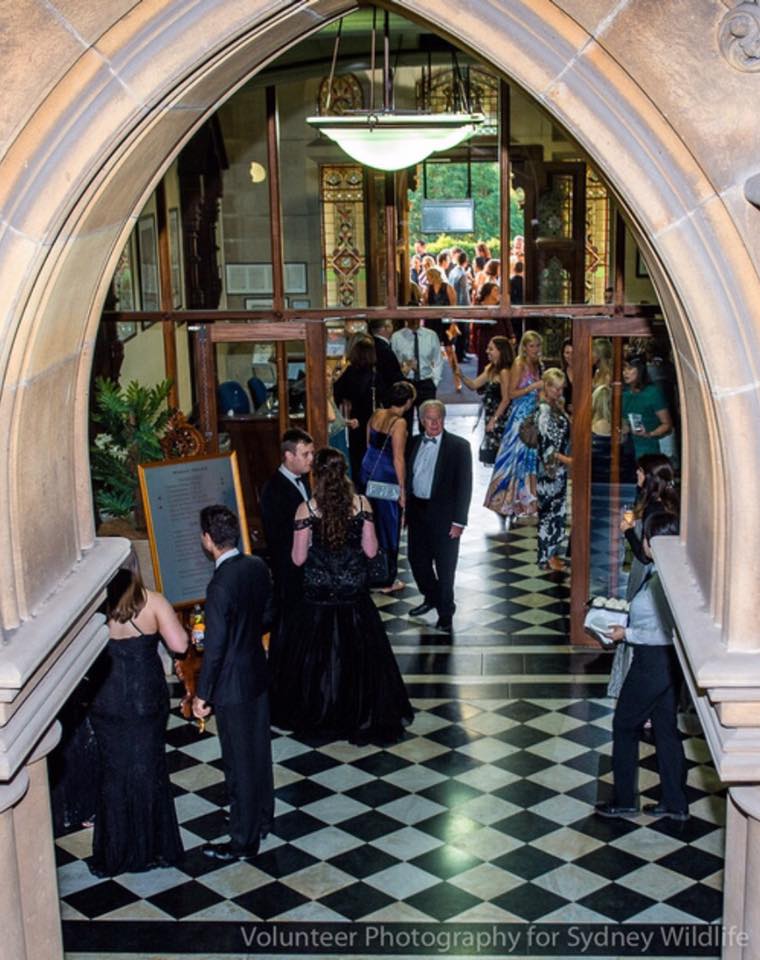
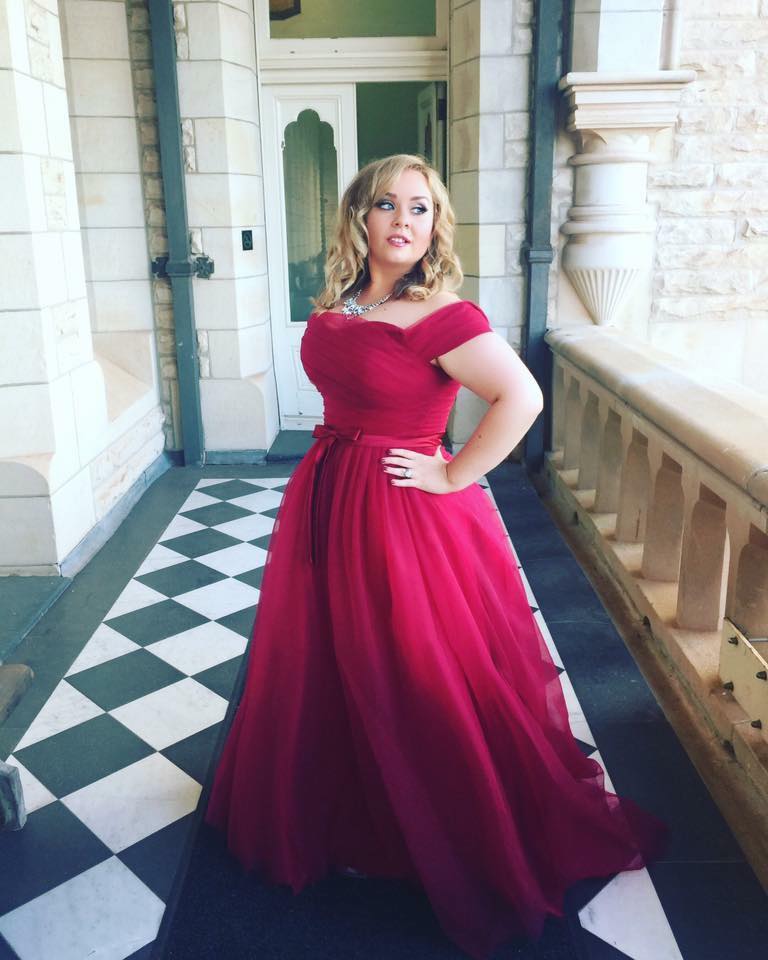
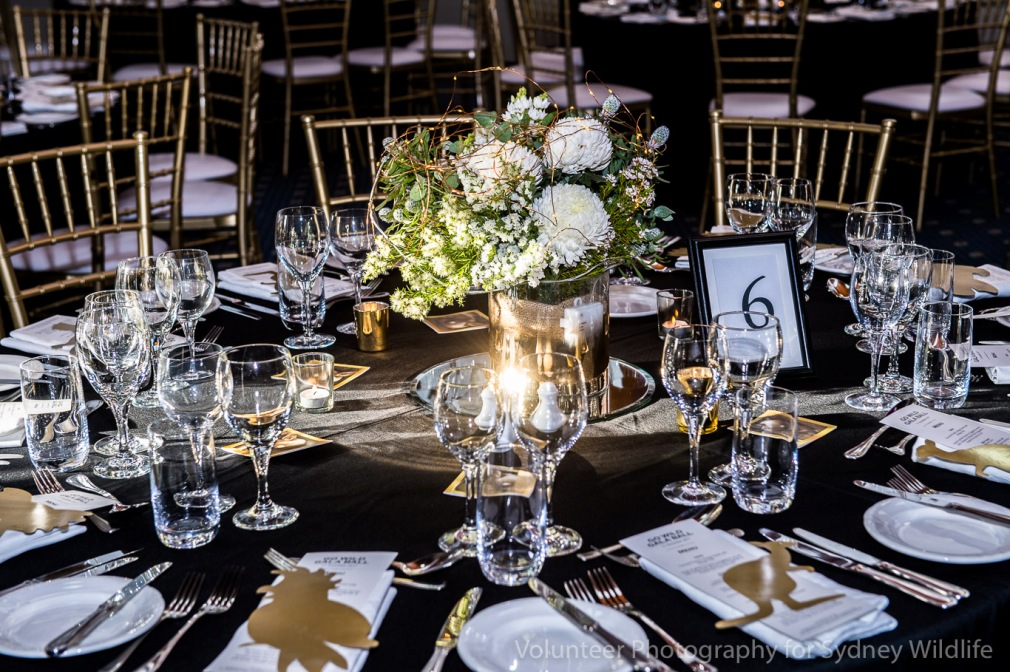
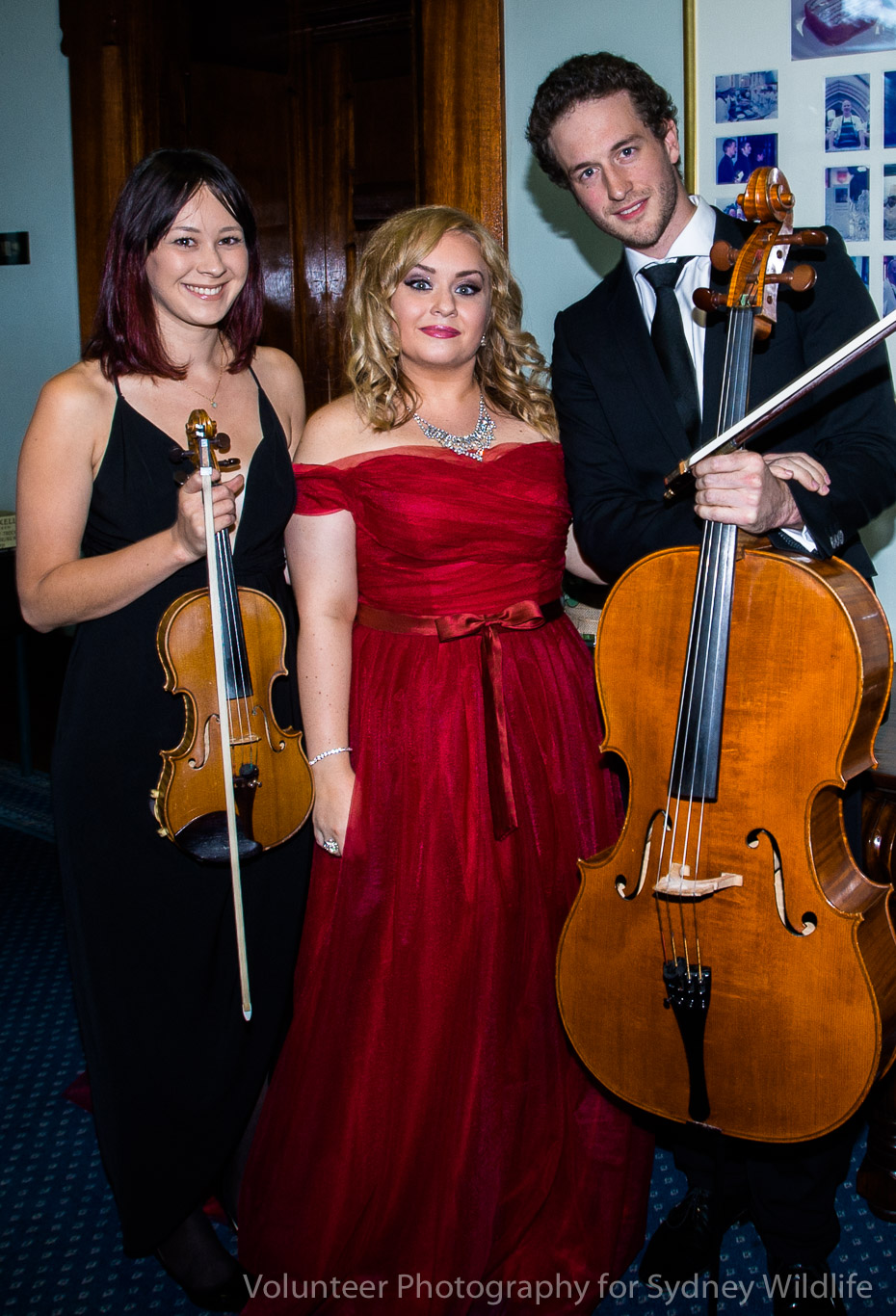
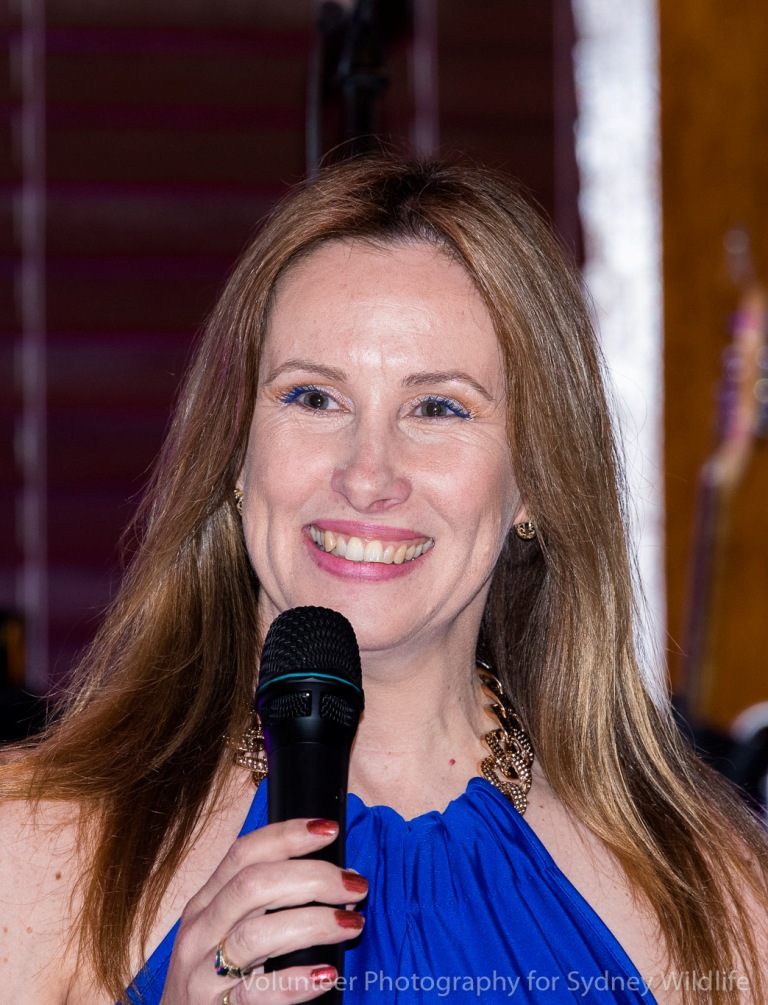
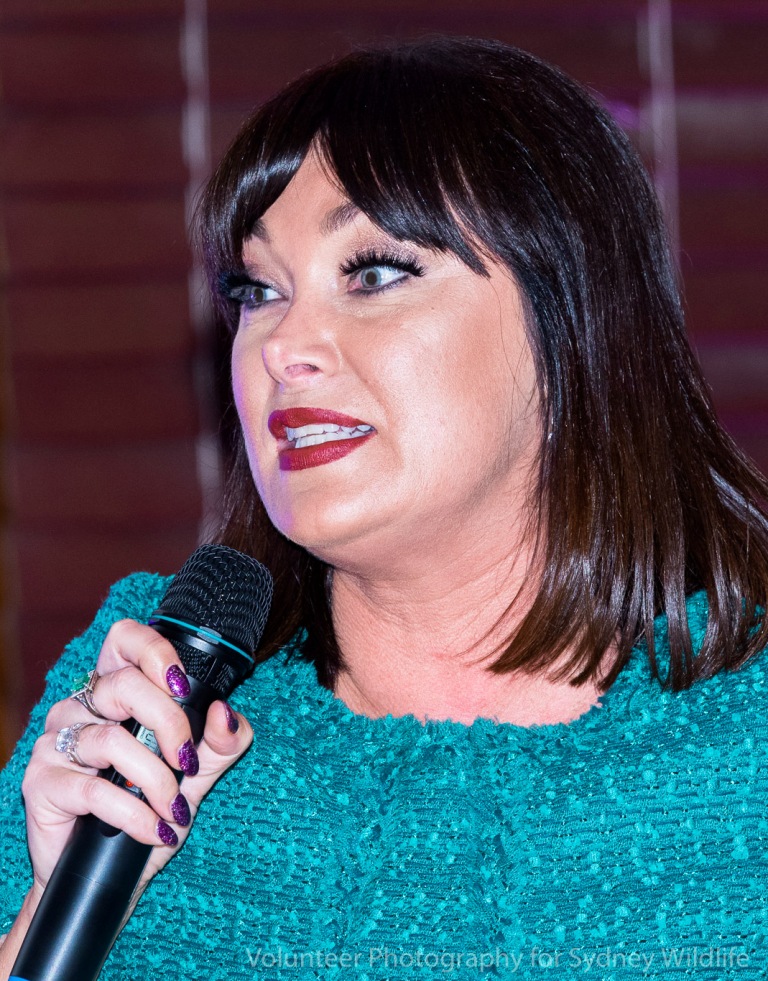
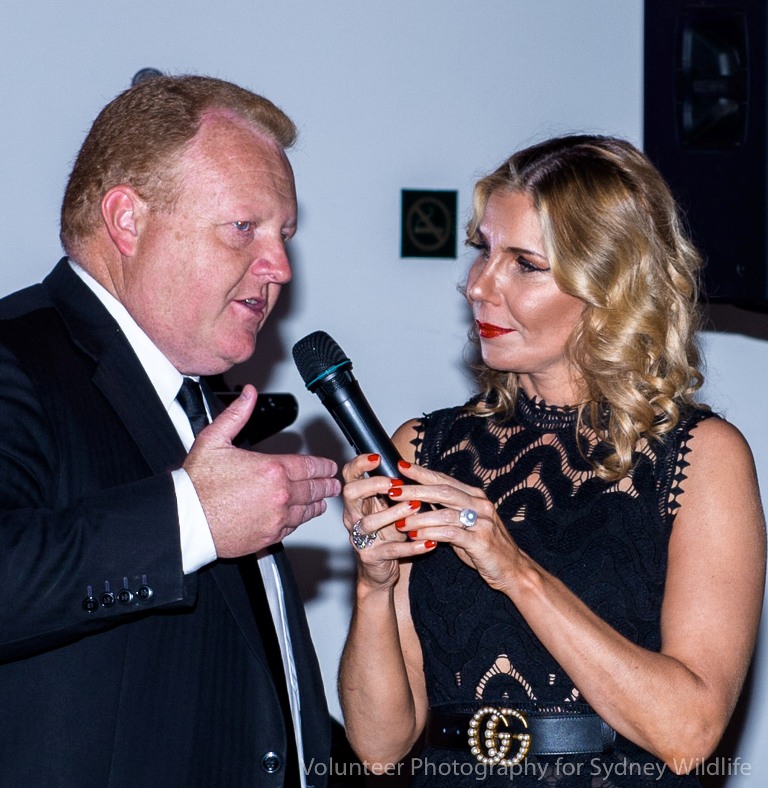

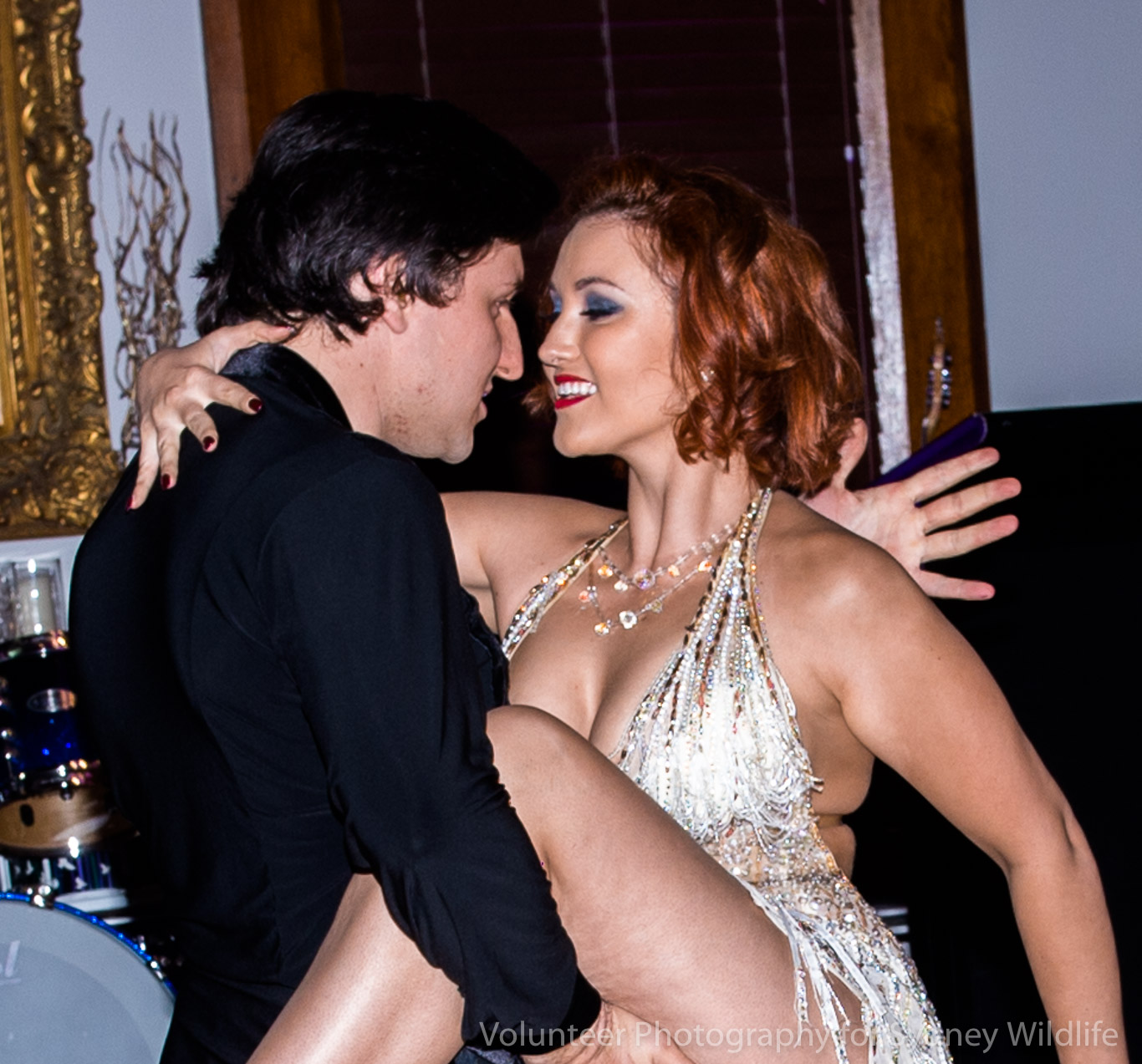
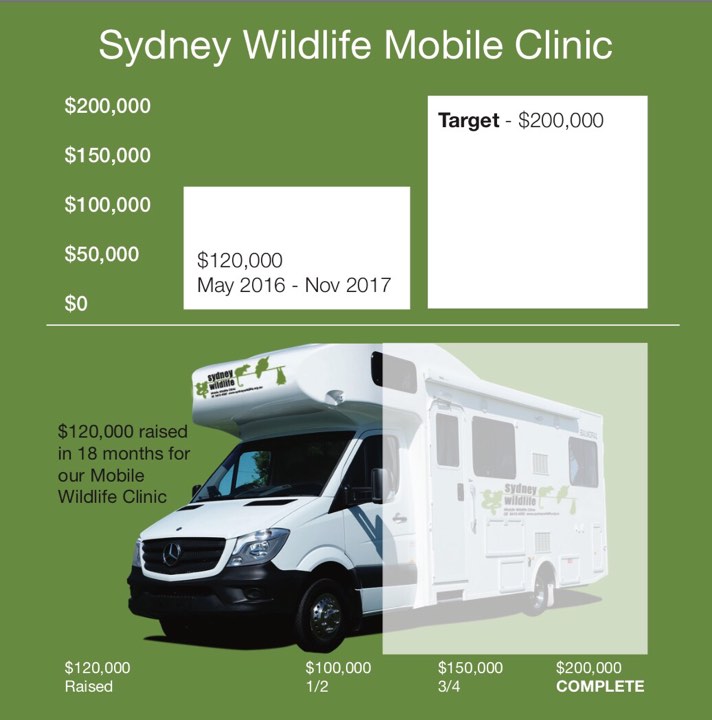
Michael 'Mick' Dooley
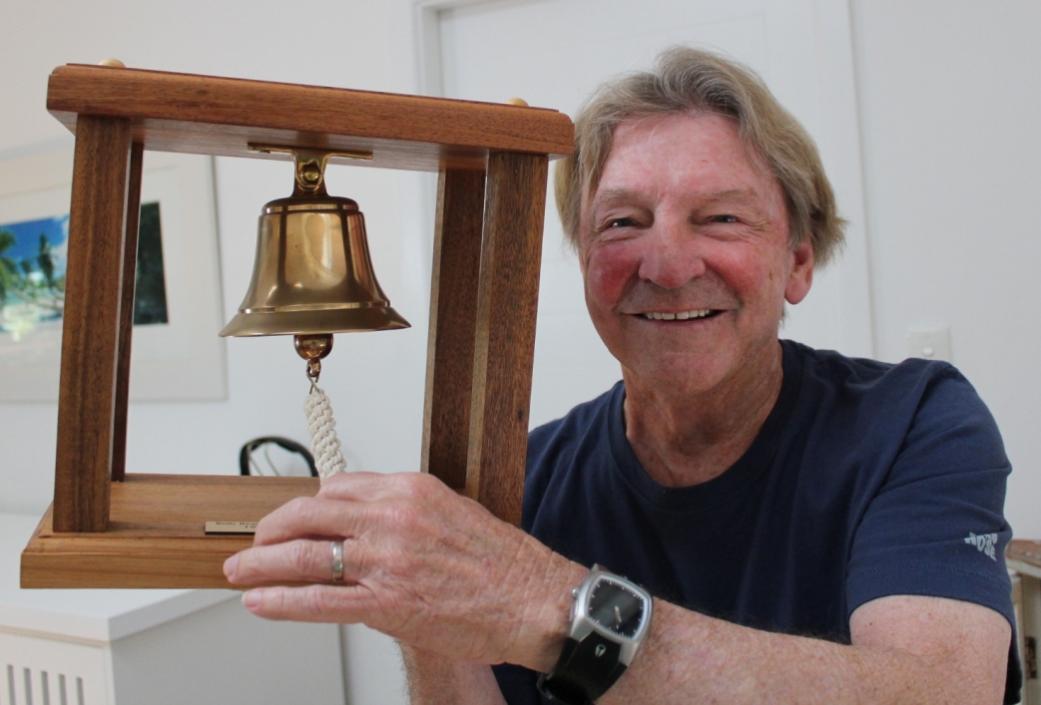

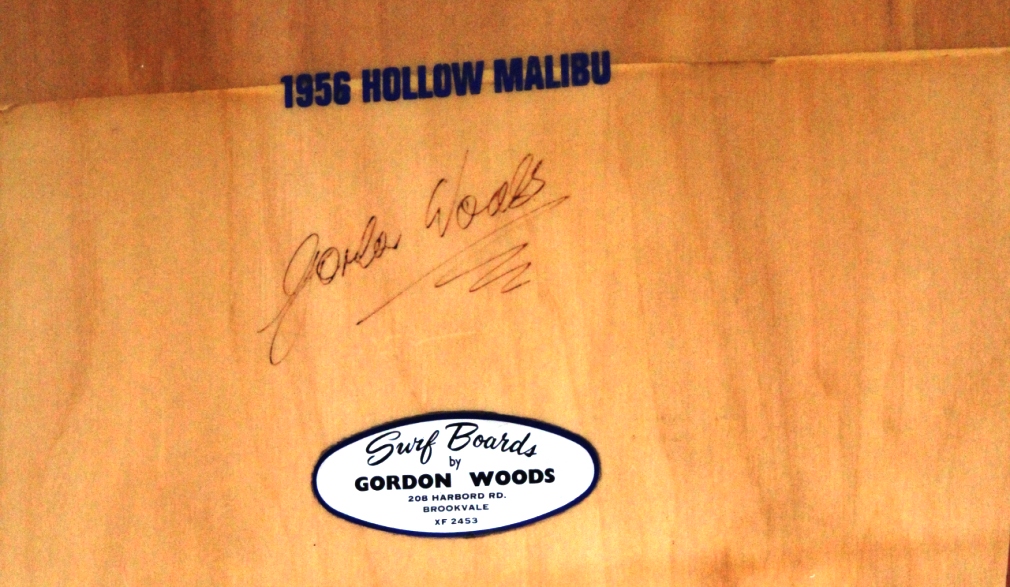
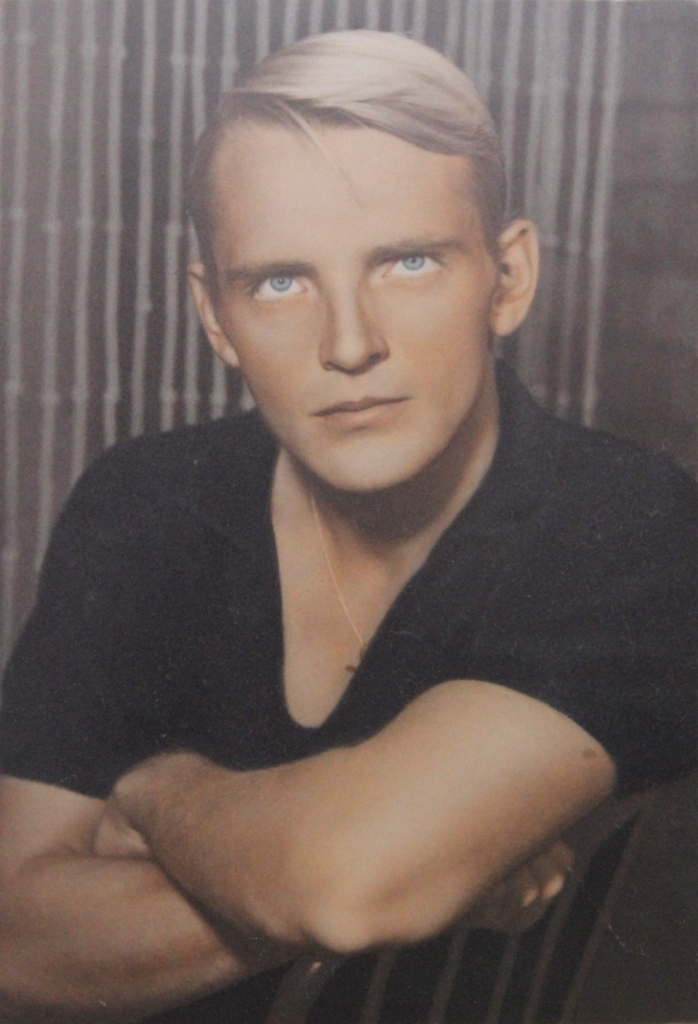
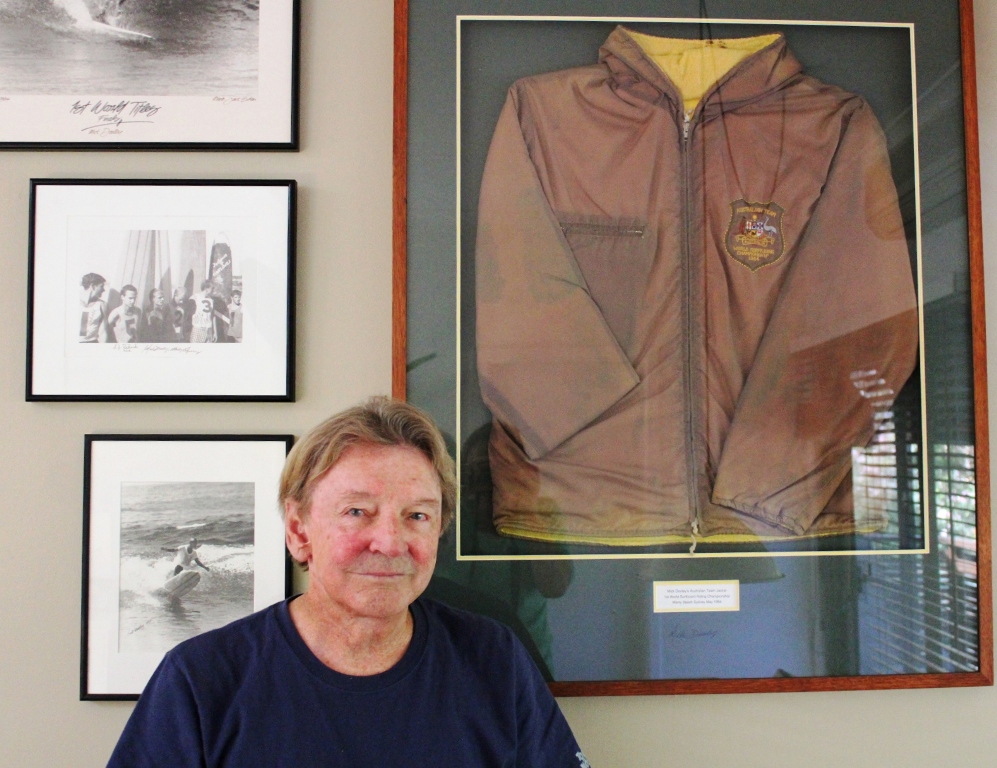
Newport's Bushlink 'From The Crown To The Sea' Paths: Celebrating Over 20 Years Of Community Volunteer Bushcare Results
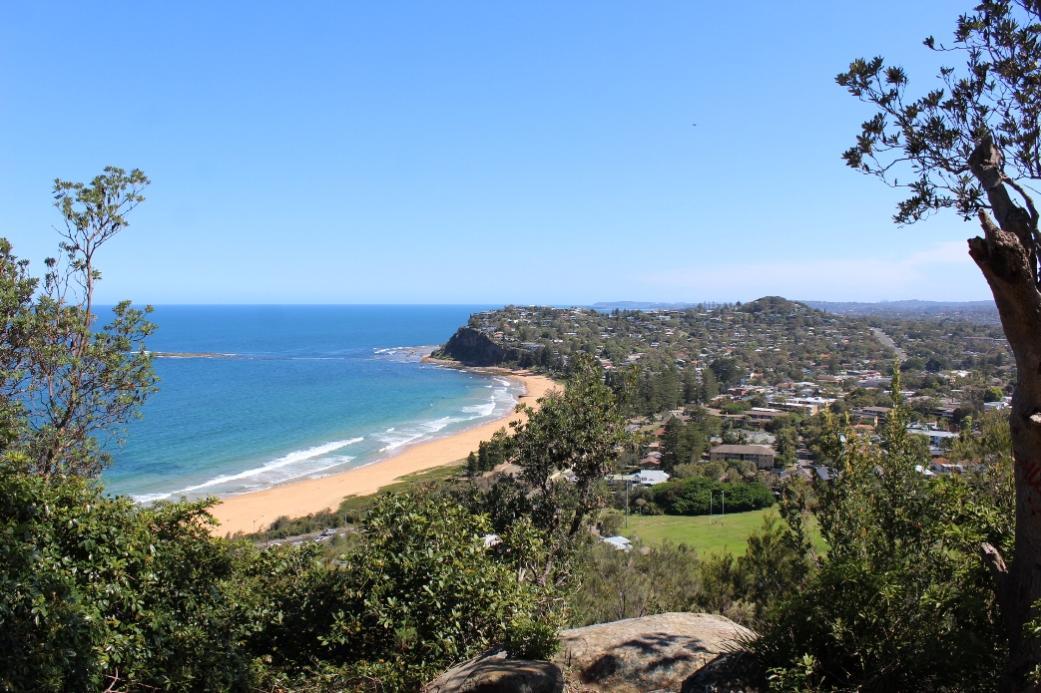

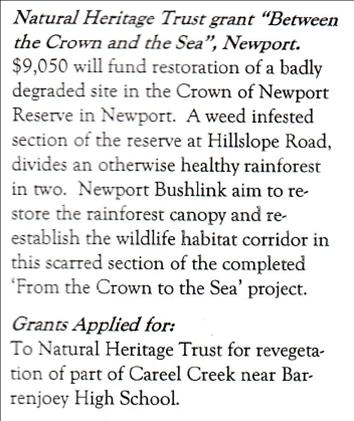


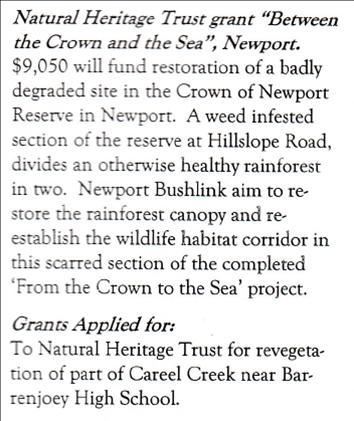
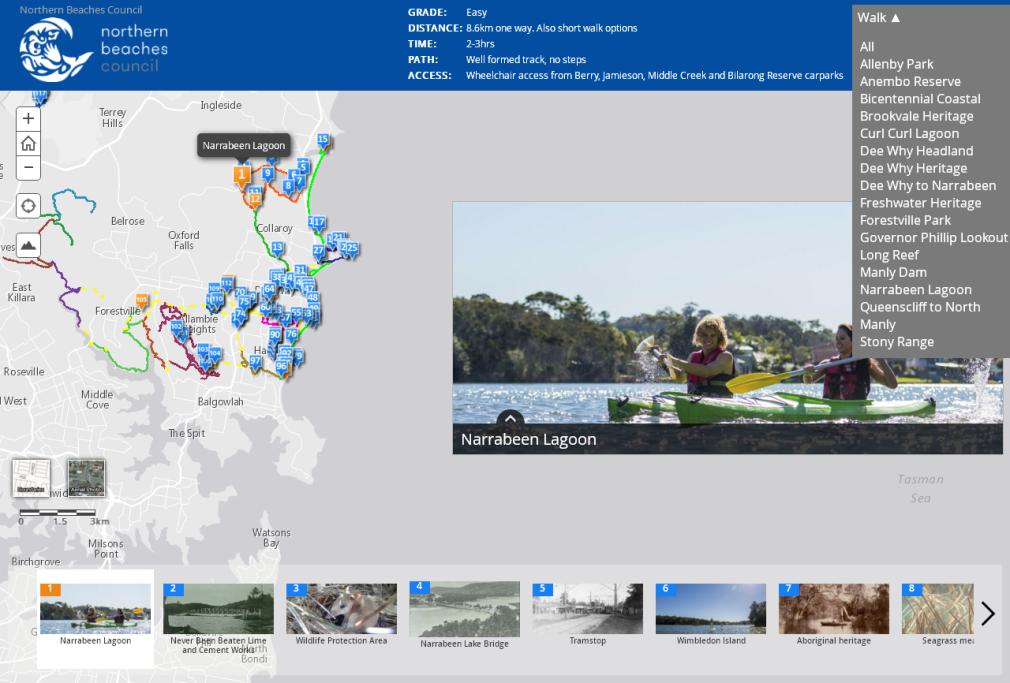
Bushcare in Pittwater
Where we work Which day What time
Avalon
Angophora Reserve 3rd Sunday 8:30 - 11:30am
Avalon Dunes 1st Sunday 8:30 - 11:30am
Avalon Golf Course 2nd Wednesday 3 - 5:30pm
Careel Creek 4th Saturday 8:30 - 11:30am
Toongari Reserve 3rd Saturday 9 - 12noon (8 - 11am in summer)
Bangalley Headland 2nd Sunday 9 to 12noon
Bayview
Winnererremy Bay 4th Sunday 9 to 12noon
Bilgola
North Bilgola Beach 3rd Monday 9 - 12noon
Algona Reserve 1st Saturday 9 - 12noon
Plateau Park 1st Friday 8:30 - 11:30am
Church Point
Browns Bay Reserve 1st Tuesday 9 - 12noon
McCarrs Creek Reserve Contact Bushcare Officer To be confirmed
Clareville
Old Wharf Reserve 3rd Saturday 8 - 11am
Elanora
Kundibah Reserve 4th Sunday 8:30 - 11:30am
Mona Vale
Mona Vale Beach Basin 1st Saturday 8 - 11am
Mona Vale Dunes 2nd Saturday+3rd Thursday 8:30 - 11:30am
Newport
Bungan Beach 4th Sunday 9 - 12noon
Crescent Reserve 3rd Sunday 9 - 12noon
North Newport Beach 4th Saturday 8:30 - 11:30am
Porter Reserve 2nd Saturday 8 - 11am
North Narrabeen
Irrawong Reserve 2nd Saturday 2 - 5pm
Palm Beach
North Palm Beach Dunes 3rd Saturday 9 - 12noon
Scotland Island
Catherine Park 2nd Sunday 10 - 12:30pm
Elizabeth Park 1st Saturday 9 - 12noon
Pathilda Reserve 3rd Saturday 9 - 12noon
Warriewood
Warriewood Wetlands 1st Sunday 8:30 - 11:30am
Whale Beach
Norma Park 1st Friday 9 - 12noon
Western Foreshores
Coopers Point, Elvina Bay 2nd Sunday 10 - 1pm
Rocky Point, Elvina Bay 1st Monday 9 - 12noon
Crown Of Newport Reserve

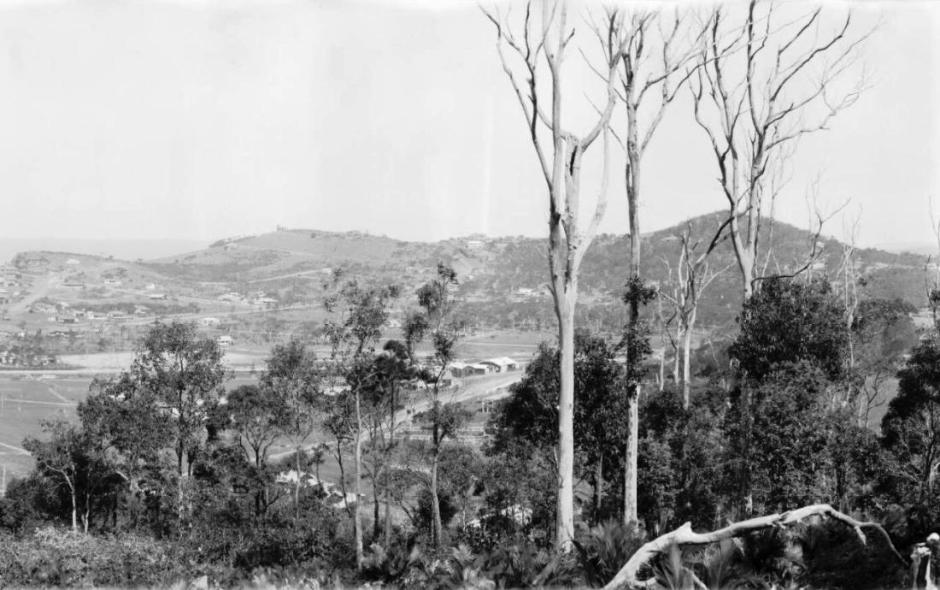
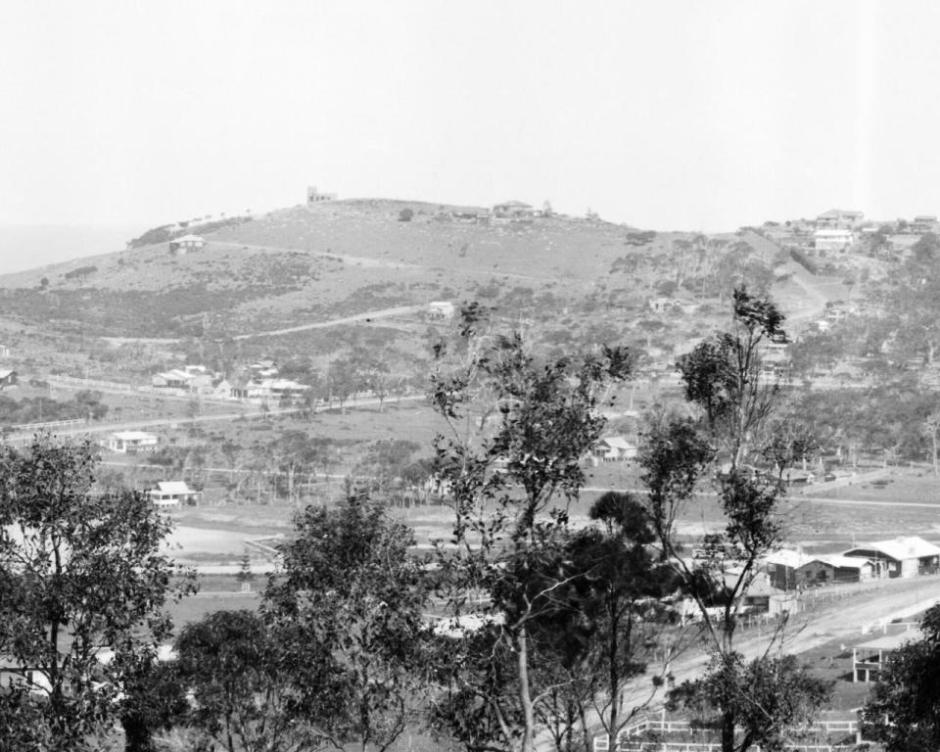
Sections from Panorama of Newport, New South Wales [picture] / EB Studios; between 1917 and 1930, Image No.: 6154744, courtesy National Library of Australia.
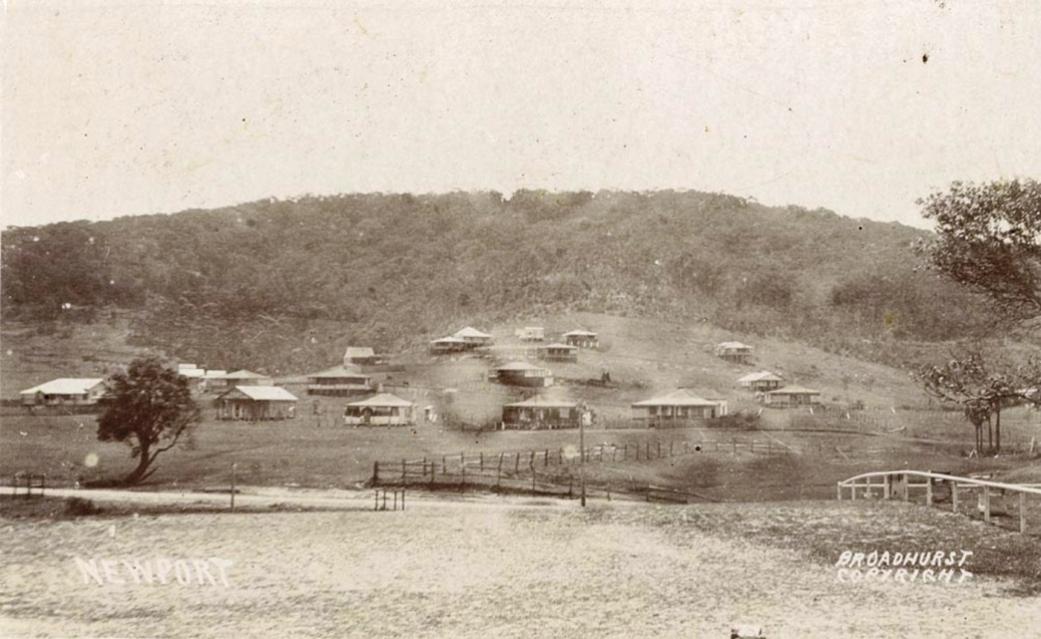
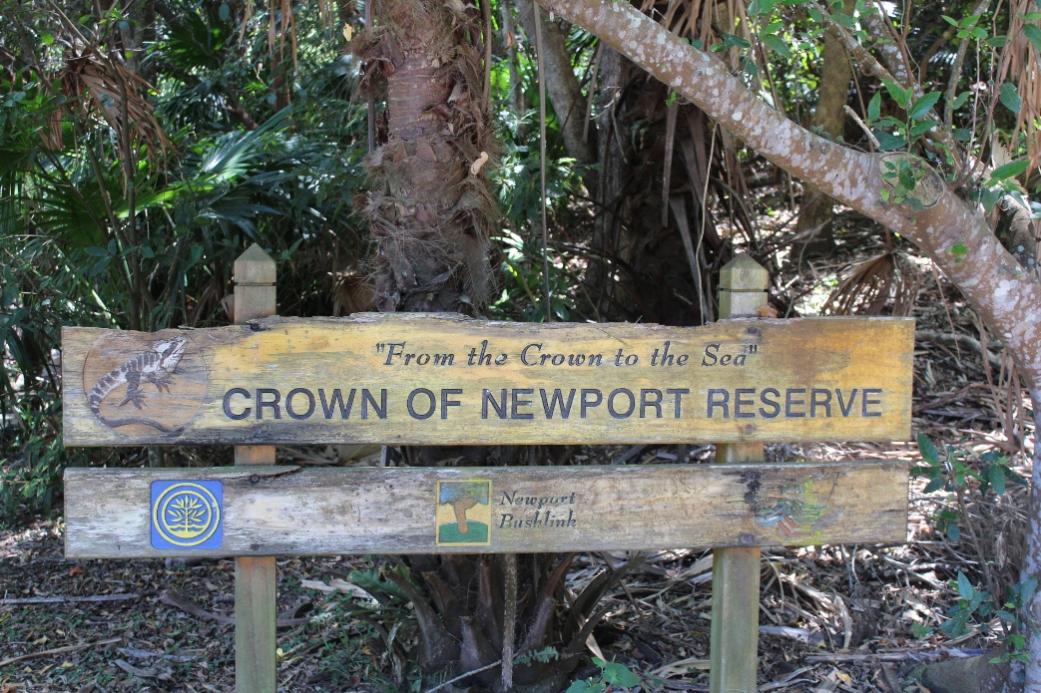
Women In The Surf Life Saving Movement As Life Savers: From At Least 1910 - Awarded Medals For Saving Lives From 1880 In NSW
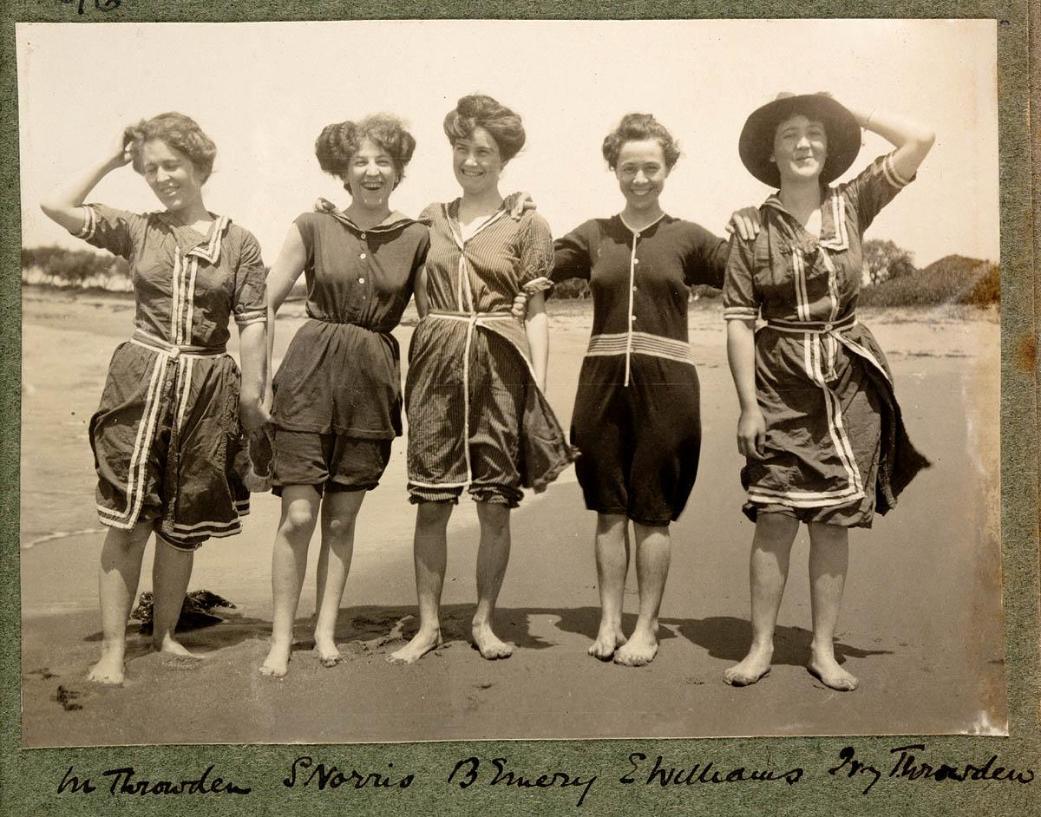
December
Pittwater High’s Inaugural Surfing Cup
Pittwater High’s Inaugural Surfing Cup
The Last day of term 3 saw the running of the Pittwater High Inaugural Surfing Cup….and what a terrific day it was with over 30 students and 4 staff radiating an abundance of joy and pure stoke! Talk about finishing the term on a high. The conditions were perfect with a very contestable 2-3ft swell, light offshores and a balmy 26 degrees, all wrapped in a blanket of sunshine that had competitors and judges shaking their heads in disbelief at Pittwater High’s good karmic fortune. You could not have asked for better conditions. A bevy of local sponsors came on board to support the initiative in the best show of community support I’ve witnessed in 25yrs as an educator.I can’t thank Jeff Atkinson from Mona Vale Boardriders enough for the use of all their competition equipment and Domino’s Mona Vale for throwing the kids a surprise lunch. Numerous companies all chipped in including the On-Board store and FCS with prize packs, Wicks Collaroy with gift Vouchers, Blu-eye Sunglasses with eyewear, O’Neill with a box of surf accessories and Maurizio from MG Surfboards for offering three custom boards at cost price. Myer even sponsored the Tag Team Event with each participant on the winning team taking home a generous gift voucher!
The support from the school community was also very much appreciated. Of note the head teachers of English, TAS and PDHPE who graciously released Ben Bryant, Carolyn Hayes and Mark Dailhou respectively to cover the judging and water safety. Ben, Carolyn and Mark’s input and efforts on the day were not only tireless but greatly appreciated by all! Maris Ludimanis, our guest judge as well as various parents and supporters who attended to lend a hand where possible….to each and all a very big Thank You!
The event was such a huge success that we’re hoping to run two next year to provide not only a platform for the kids to gain valuable competitive surfing experience but to also foster ongoing community spirit and positive local partnerships.
Well done to all who competed with special congratulations to the individual winners:
Chloe Blount – All Age Girls Champion
Wilson Hall – Junior Boys Champion
Pat Gilliland – Open Boys Champion
By Daniel Burton
Surfing Coordinator
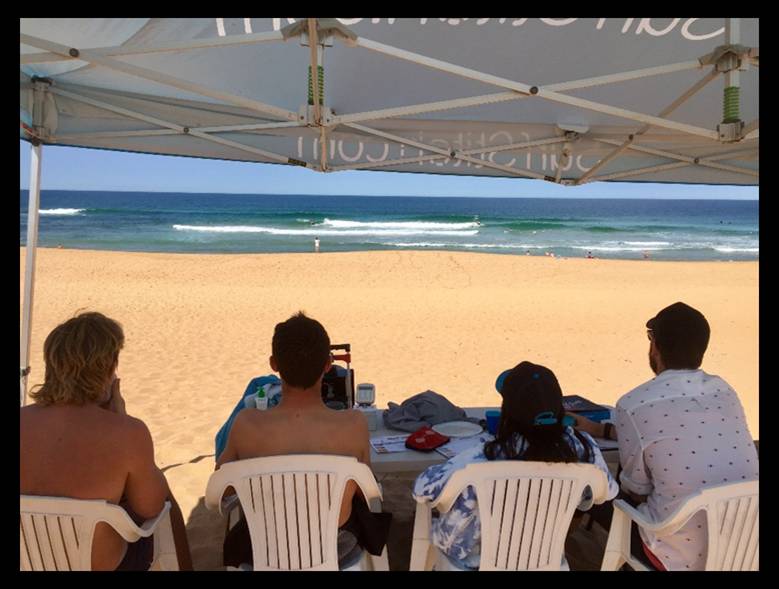
The Art Of Mick Glasheen: Drawing On The Land, Garigal Country
Now Open
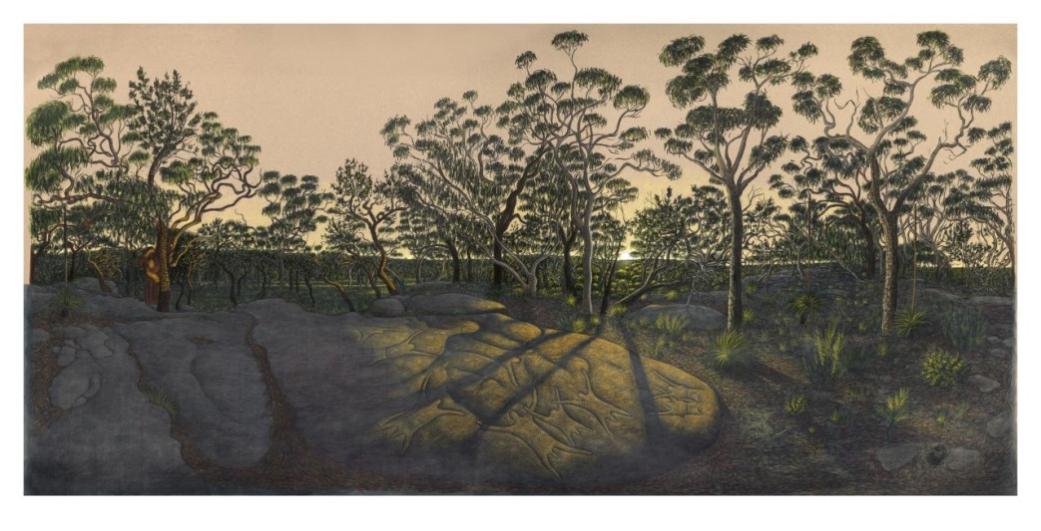
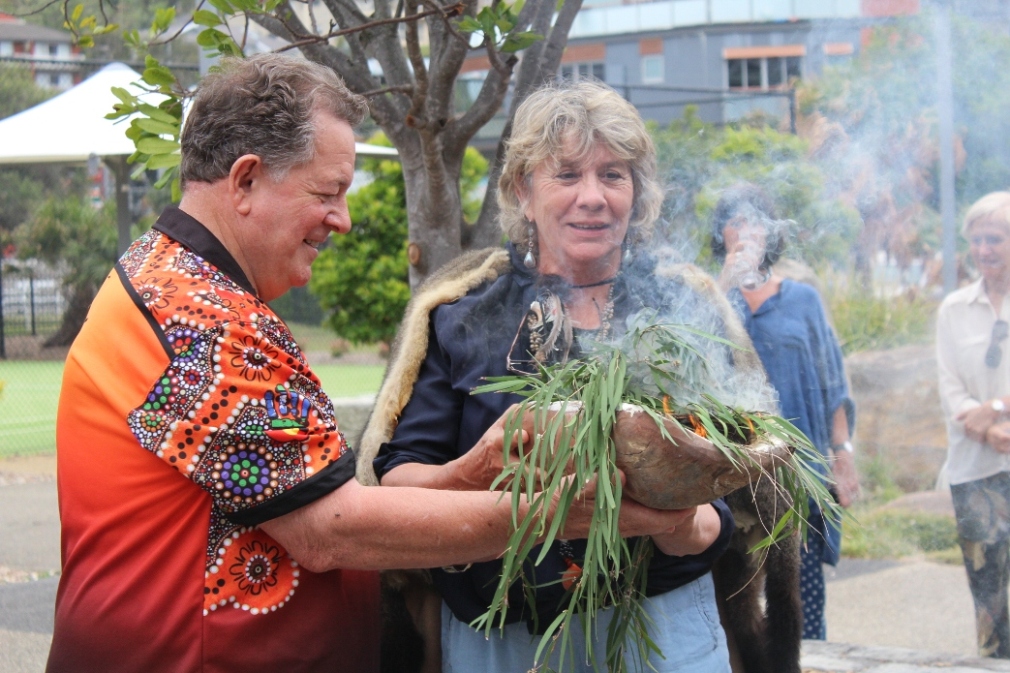
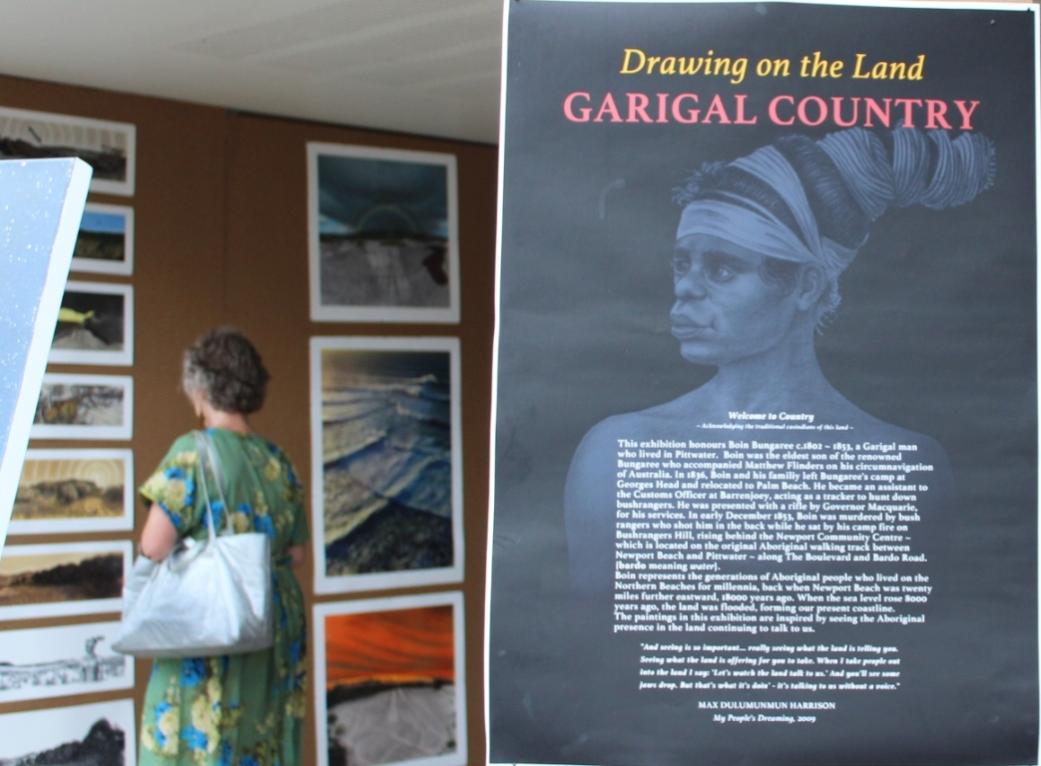
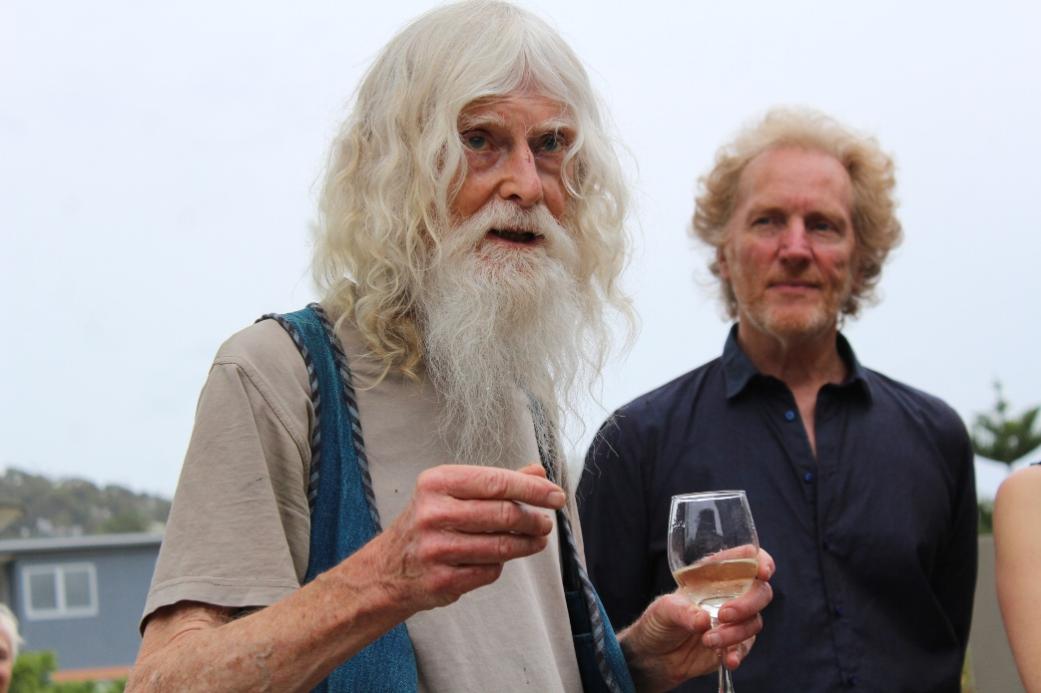
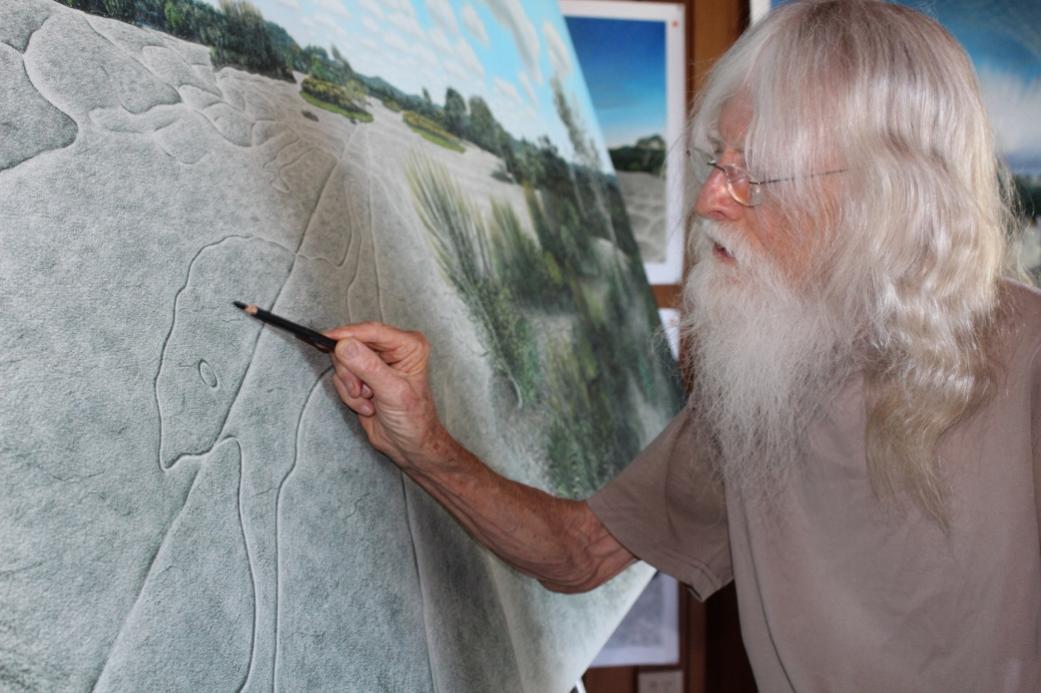
Don and Beryl Imison
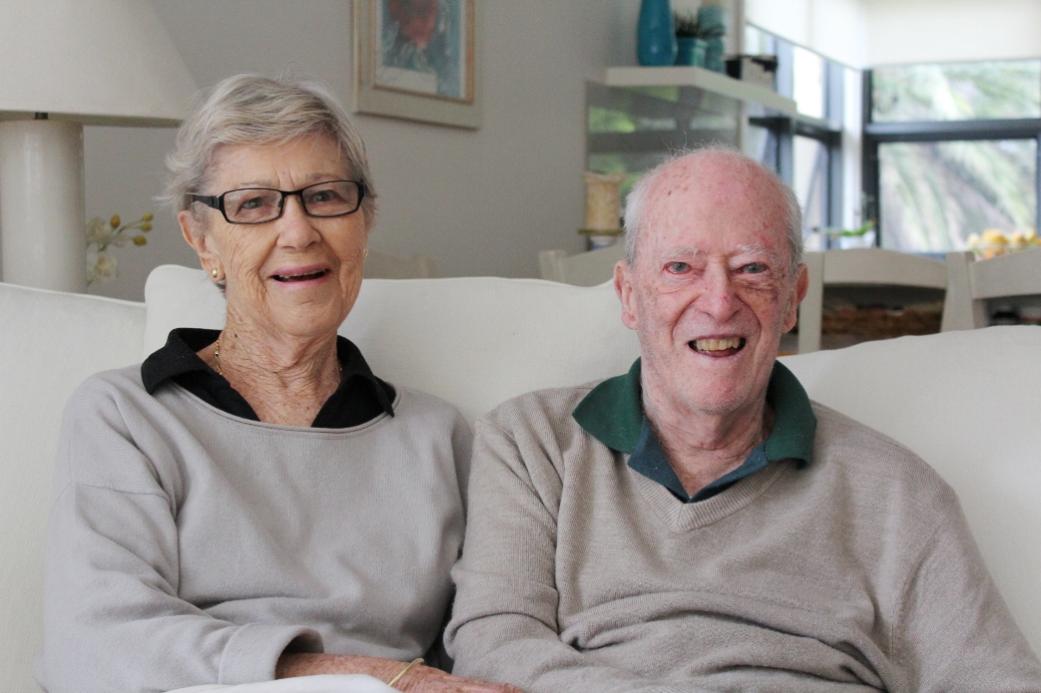
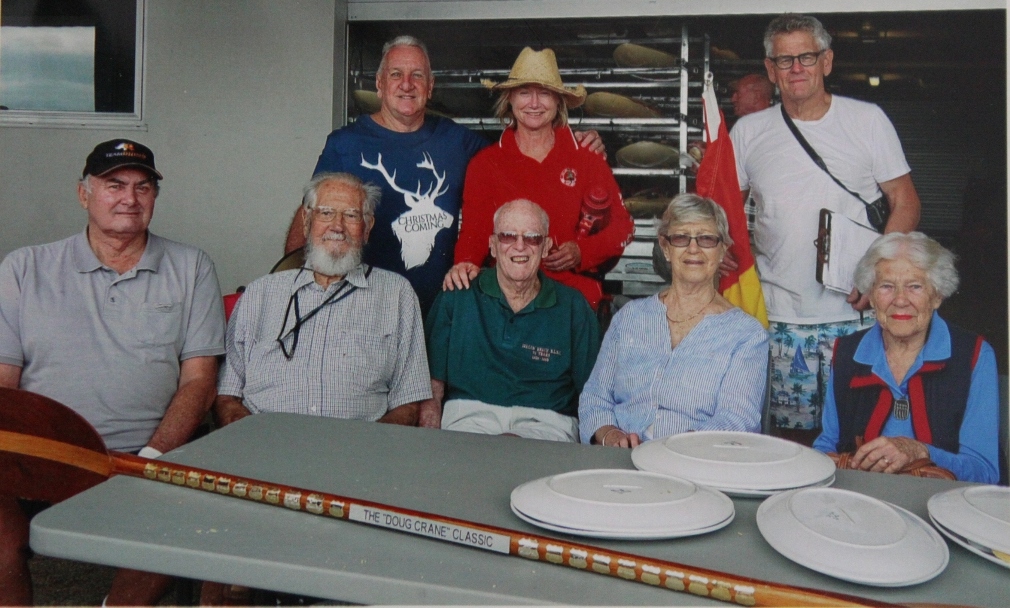
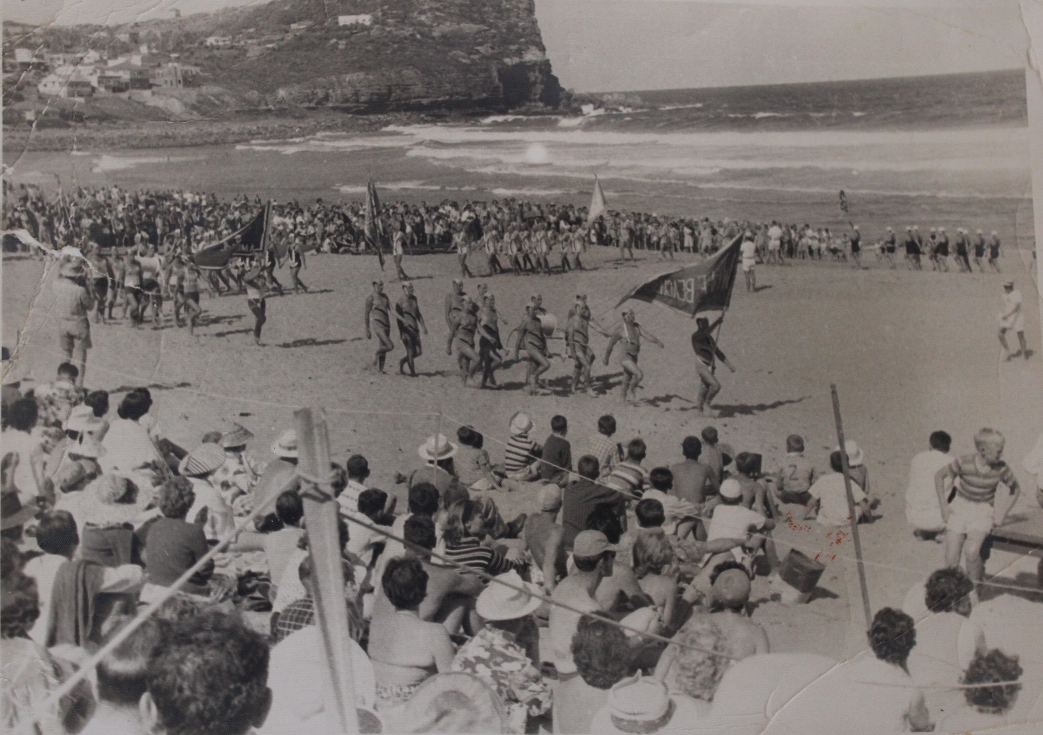
NSW Interbranch Championships 2017

NORTHERN BEACHES TEAM RECLAIMS TITLE
LGNSW Conference 2017: Overview
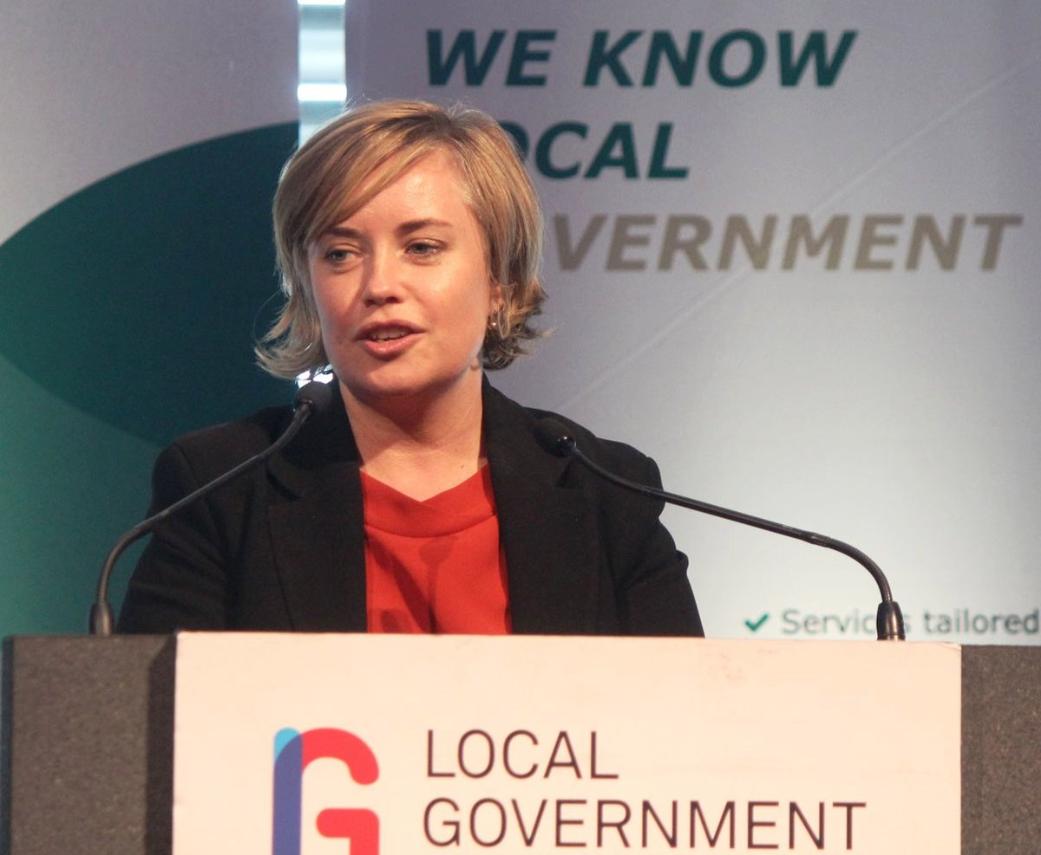
Anger that councils were forcibly amalgamated may be viewed as still persisting in the Record of Decisions through Items 85 and 82:
85 Inner West Council Binding referendum on amalgamations
That NSW Local Government’s policy on amalgamations includes the requirement that where an amalgamation with one or more councils is proposed there be a binding referendum in each council area asking voters if they want their council to be amalgamated or not. In order for an amalgamation to go ahead, each council area would need to achieve a majority vote in favour of the amalgamation.
Carried
82 Lane Cove Council Lack of consultation by State Government with local government
That Local Government NSW lobbies the Minister for Local Government for improved consultation with the local government sector, so that prior to the introduction into Parliament of any legislation affecting the sector, that the State Government consults and engages with LGNSW.
Carried
This reflects the recently defeated Bill passed by the Upper House on the same idea (Local Government Amendment (Amalgamation Referendums)Bill 2017); to allow individuals to vote on amalgamations and for their voices to count, although clearly this would need to be conducted along old council boundary lines to be democratic when smaller councils are remerged with larger councils with larger populations, if taken now.
Perhaps those still wanting their chosen council back may take heart in the statement released this week by the SOCC President:
Our aim in the next twelve months is to build our organisation and continue to show amalgamations do not work, support those seeking de-amalgamation and take action on all the other threats to local democracy coming from this Government.
BT Halstead, Save Our Councils Coalition President - 8th December, 2017
A regeneration in objecting to what were once council areas of jurisdiction appears in the Record of Decisions through Item 4:
4. Board Mandatory Independent Hearing and Assessment Panels
That Local Government NSW calls on the NSW Parliament to revoke legislation that mandates Independent Hearing and Assessment Panels (IHAPs) for all councils in Sydney and Wollongong.
Amendment
i. That Local Government NSW campaigns with NSW councils against the State Government takeover of planning powers through IHAP legislation.
ii. That Local Government NSW calls on the NSW Parliament to revoke legislation that mandates Independent Hearing and Assessment Panels (IHAPs) for all councils in Sydney and Wollongong.
Amendment carried – became Motion
Motion carried
This was backed up by related Items: more HERE
The 2017 Sydney to Hobart: Classics, Supermaxis, an All Women Crew and an Invictus Games 2018 Prelude, the Ashes on Water Test + Some Pittwater Sailors
